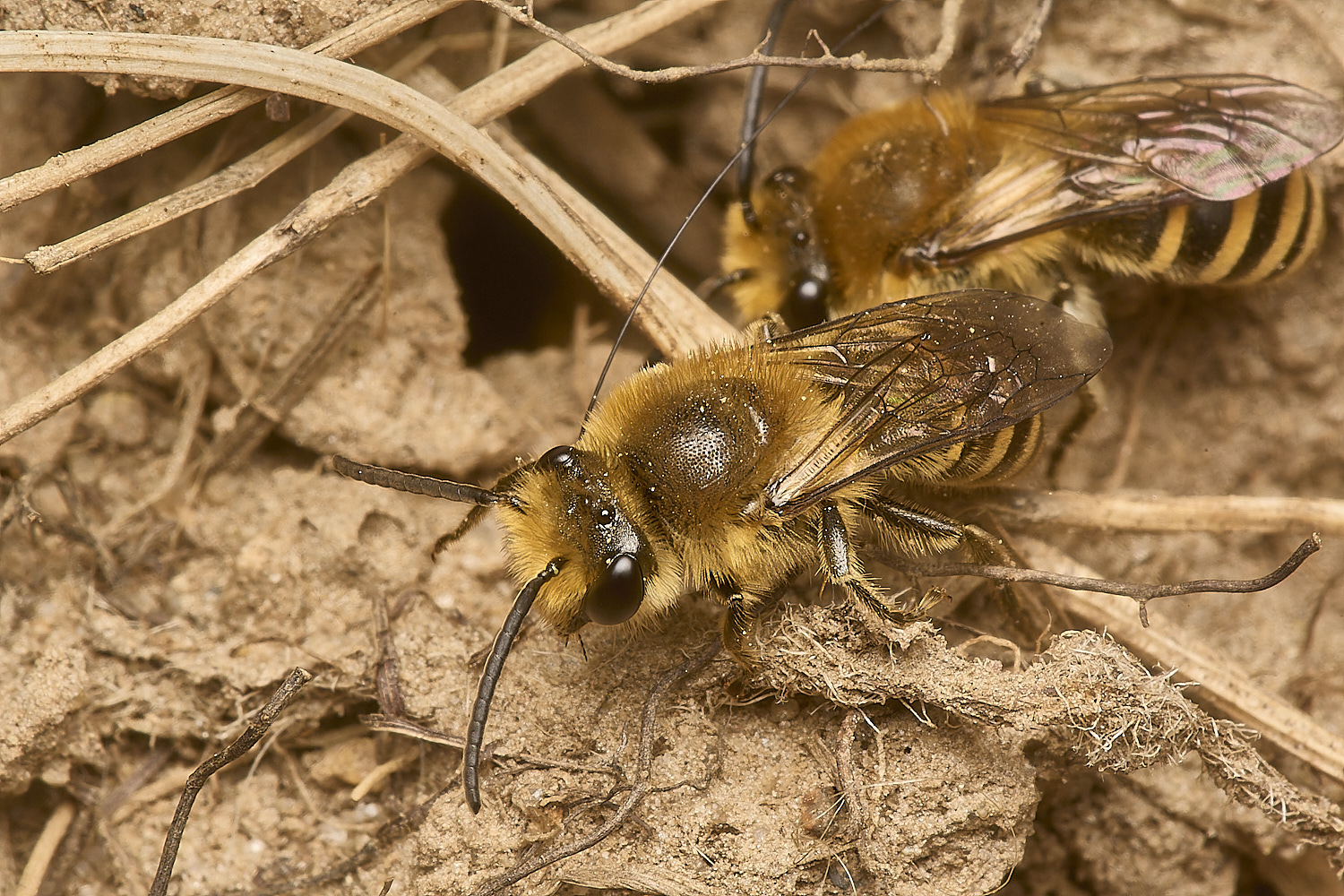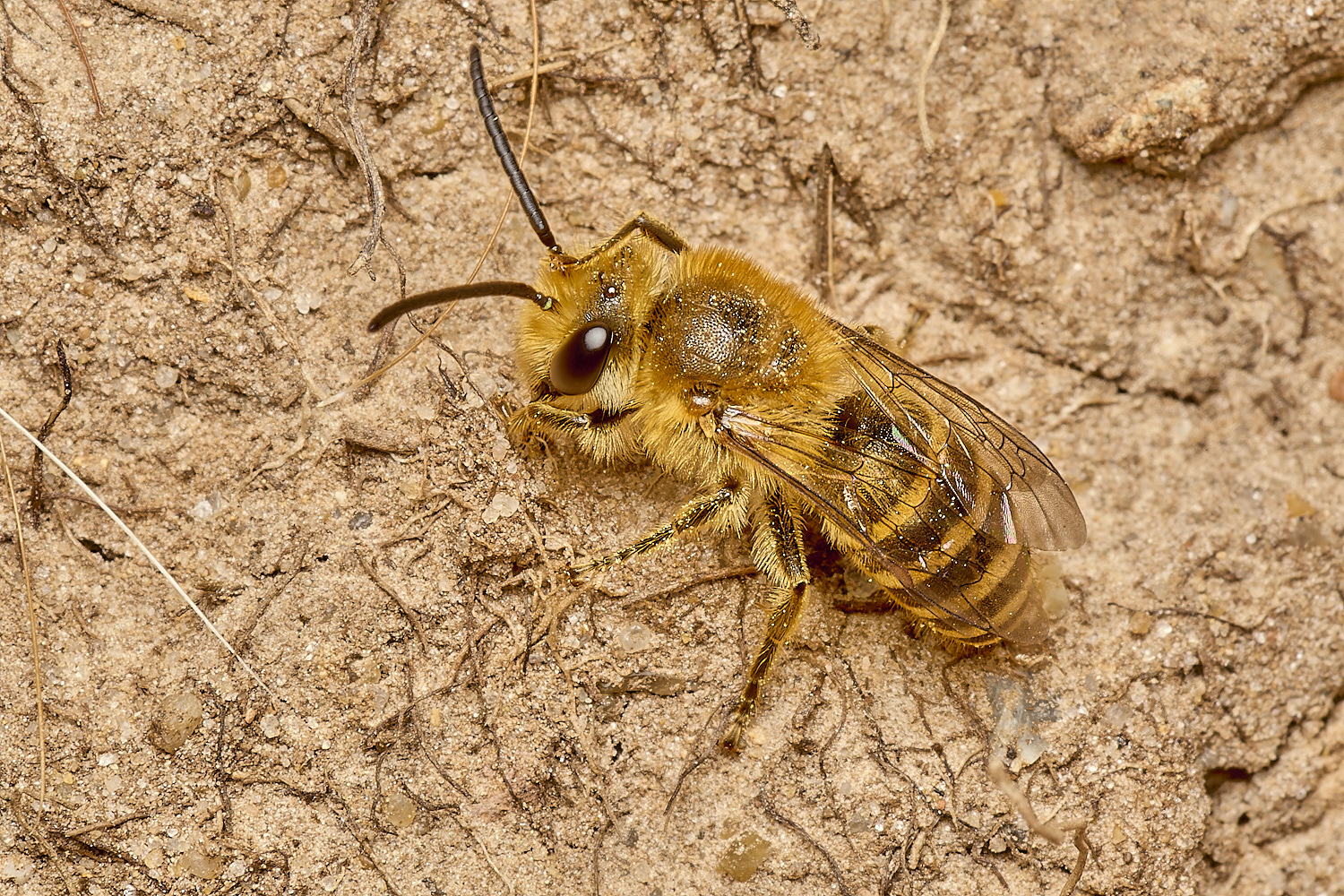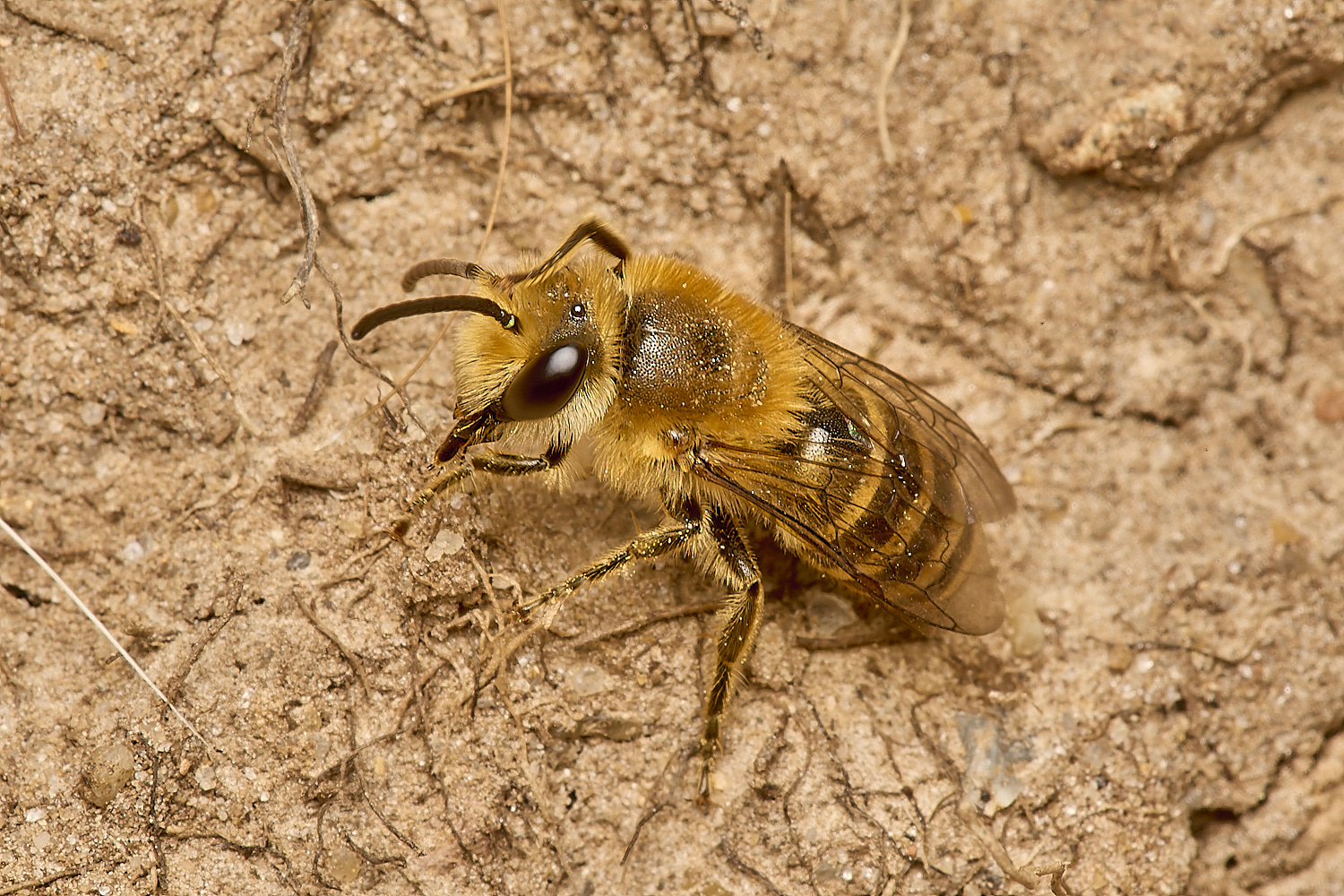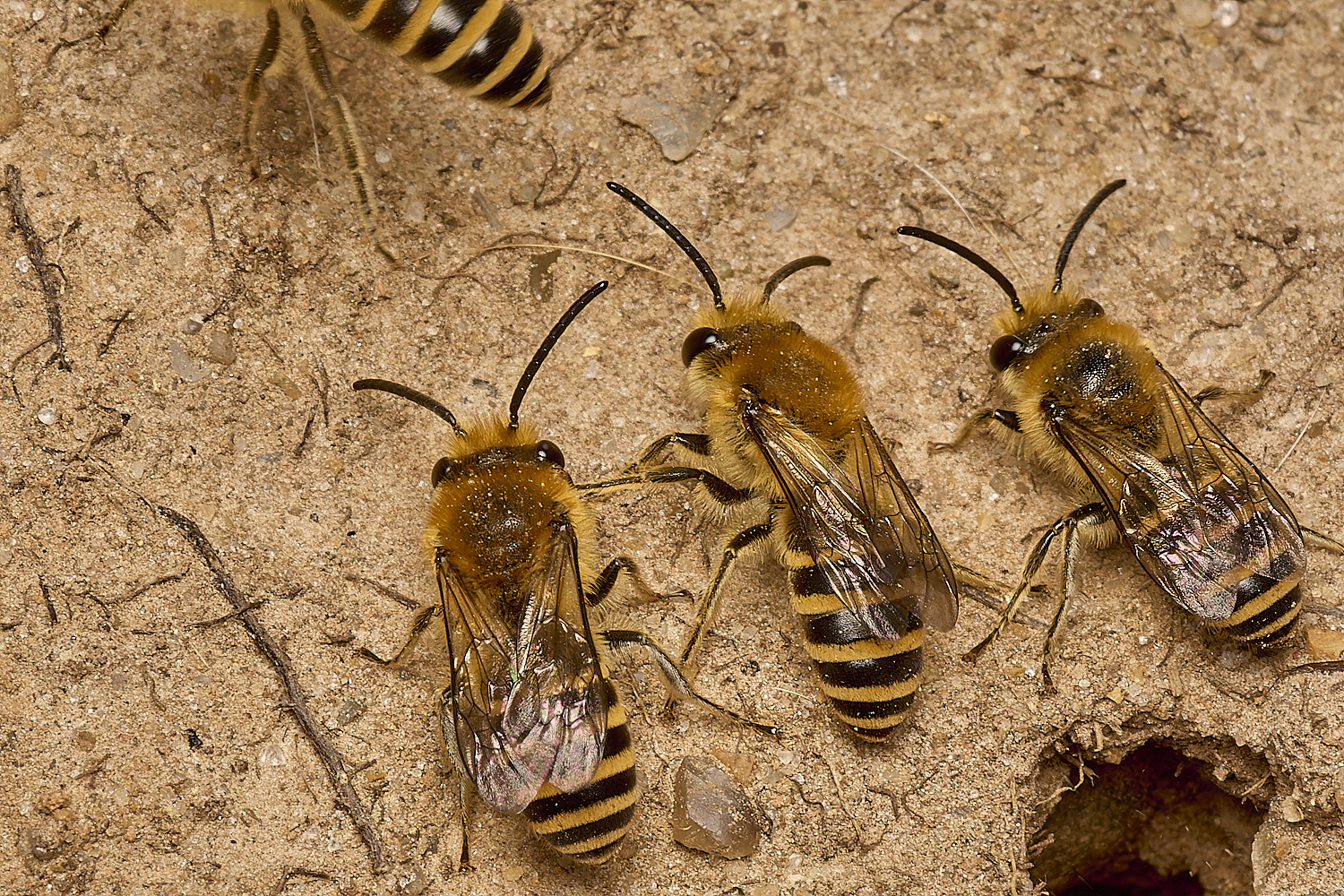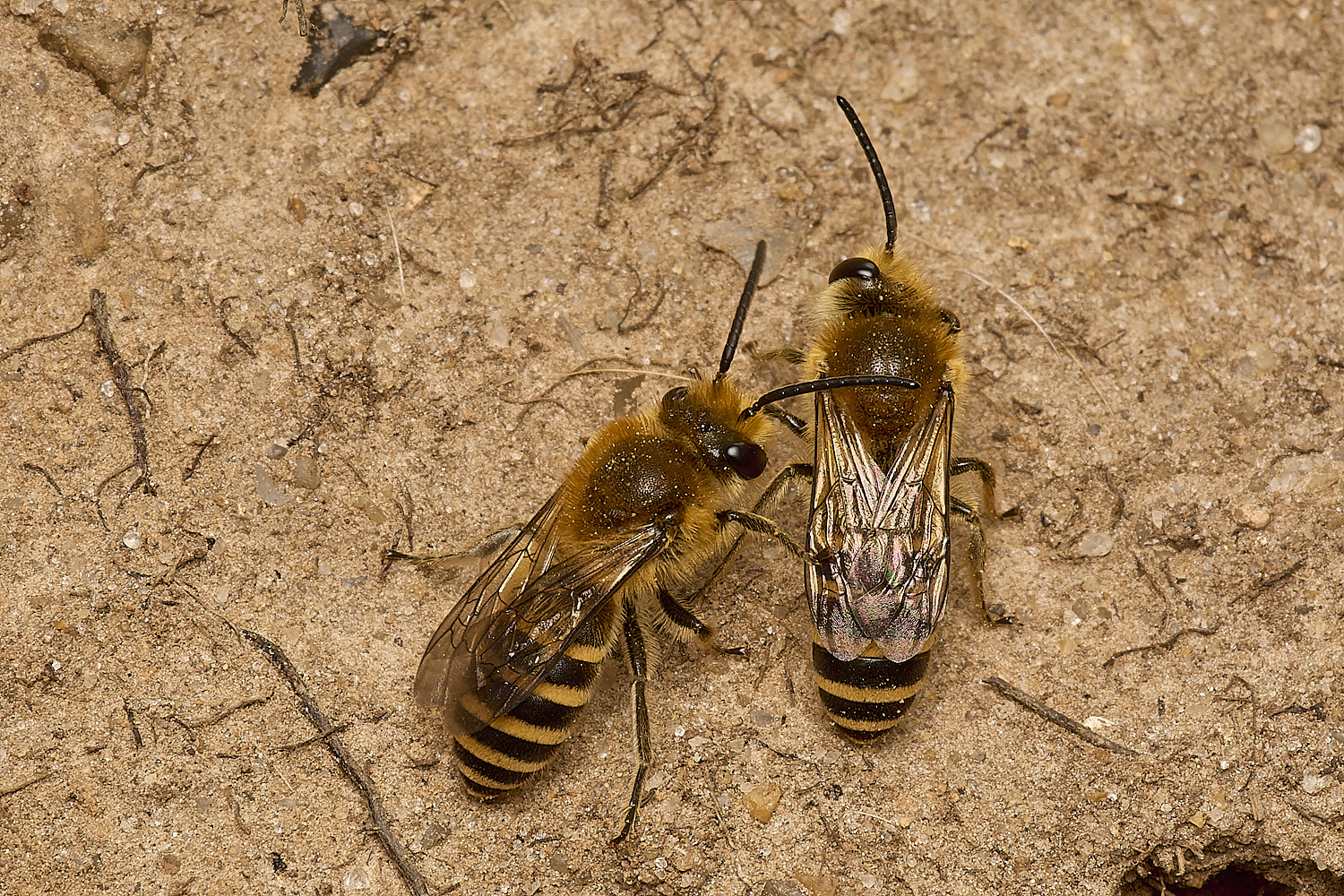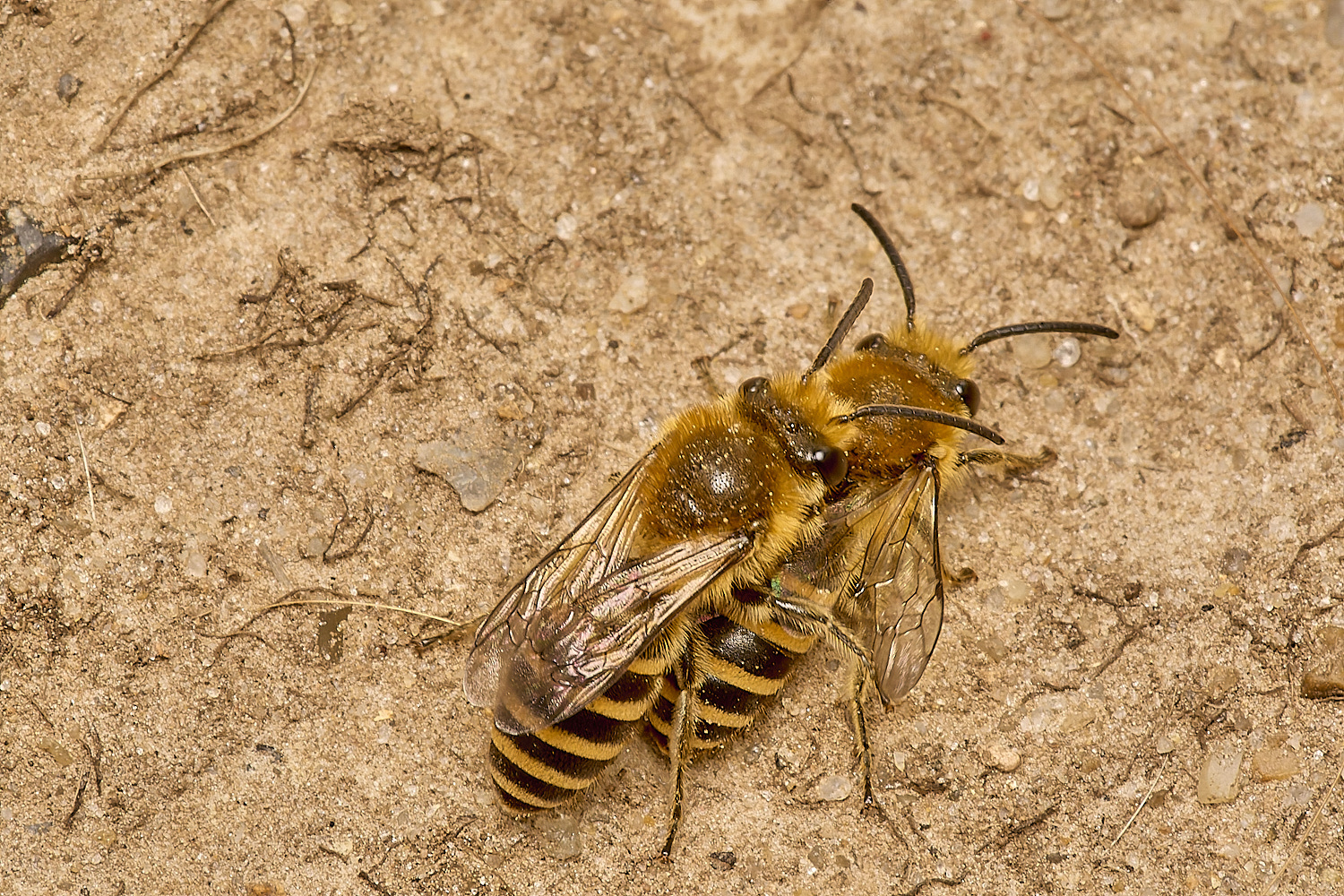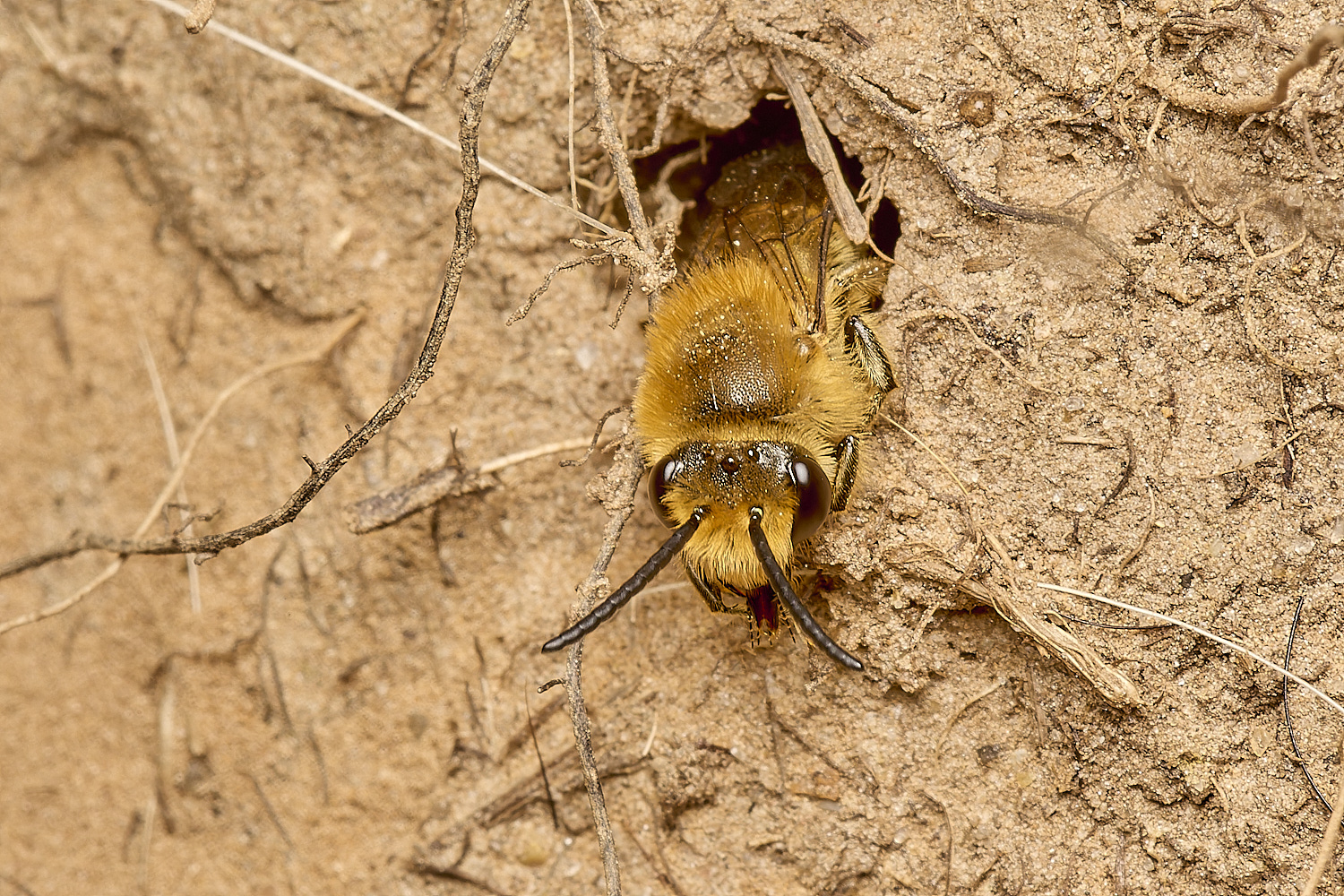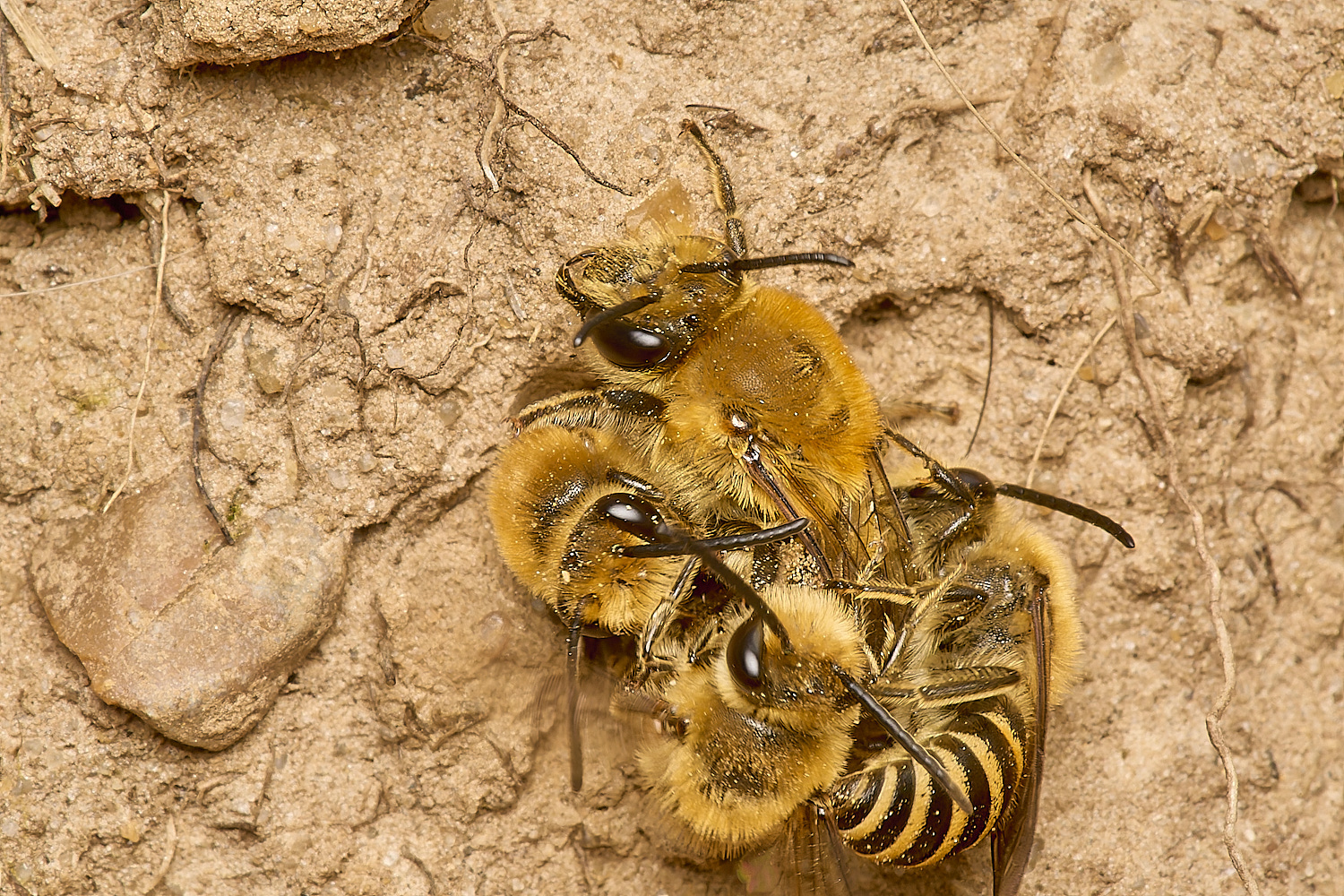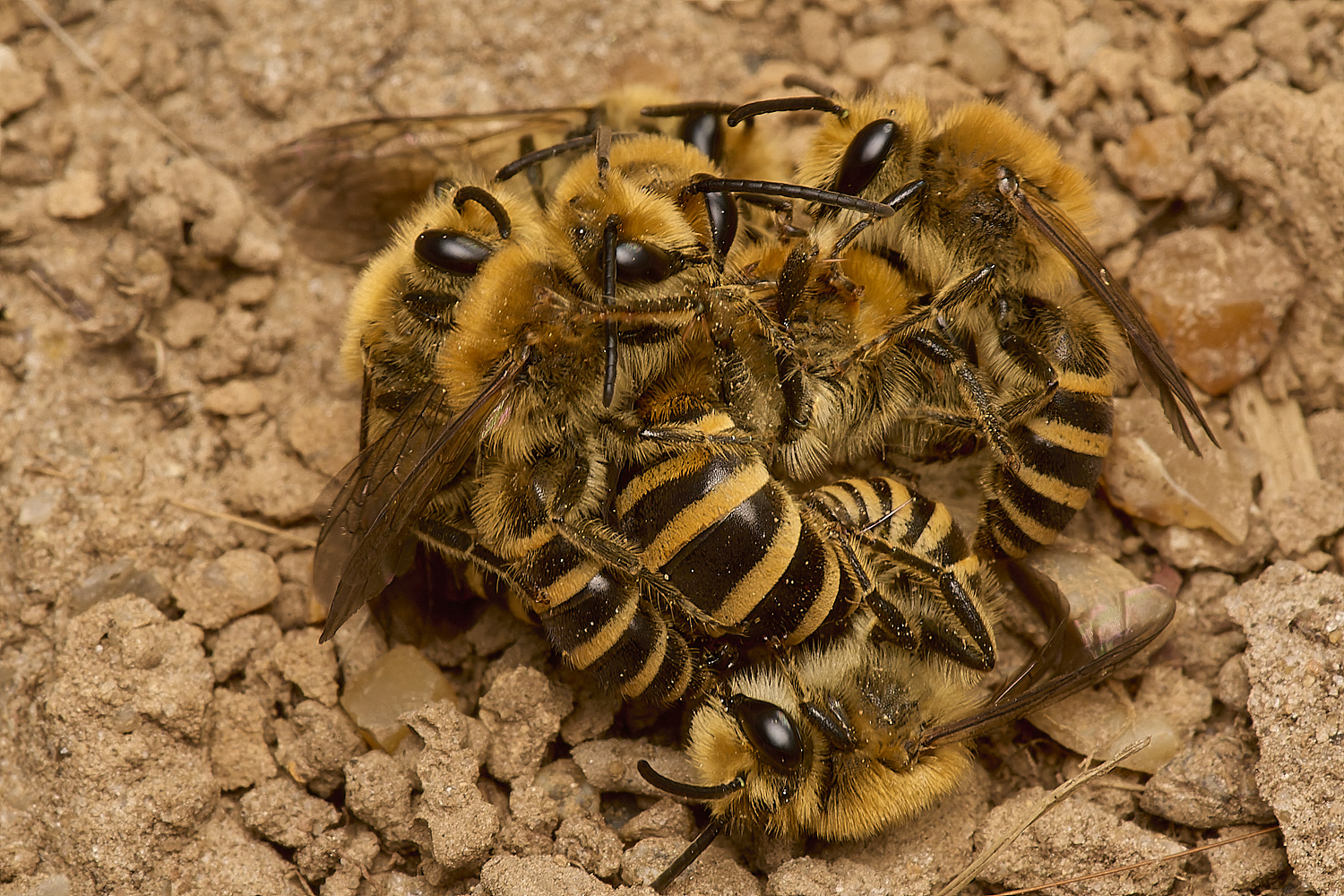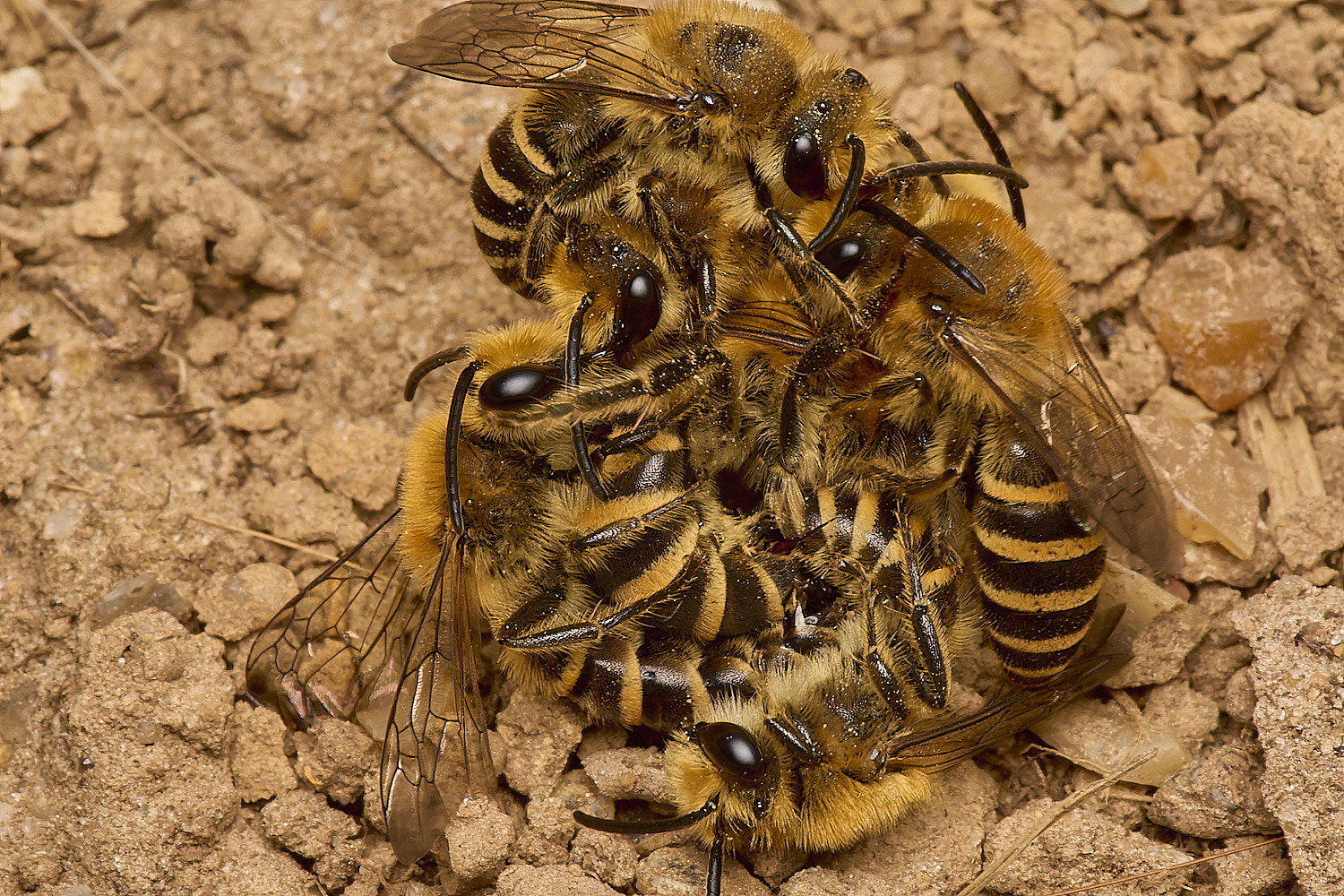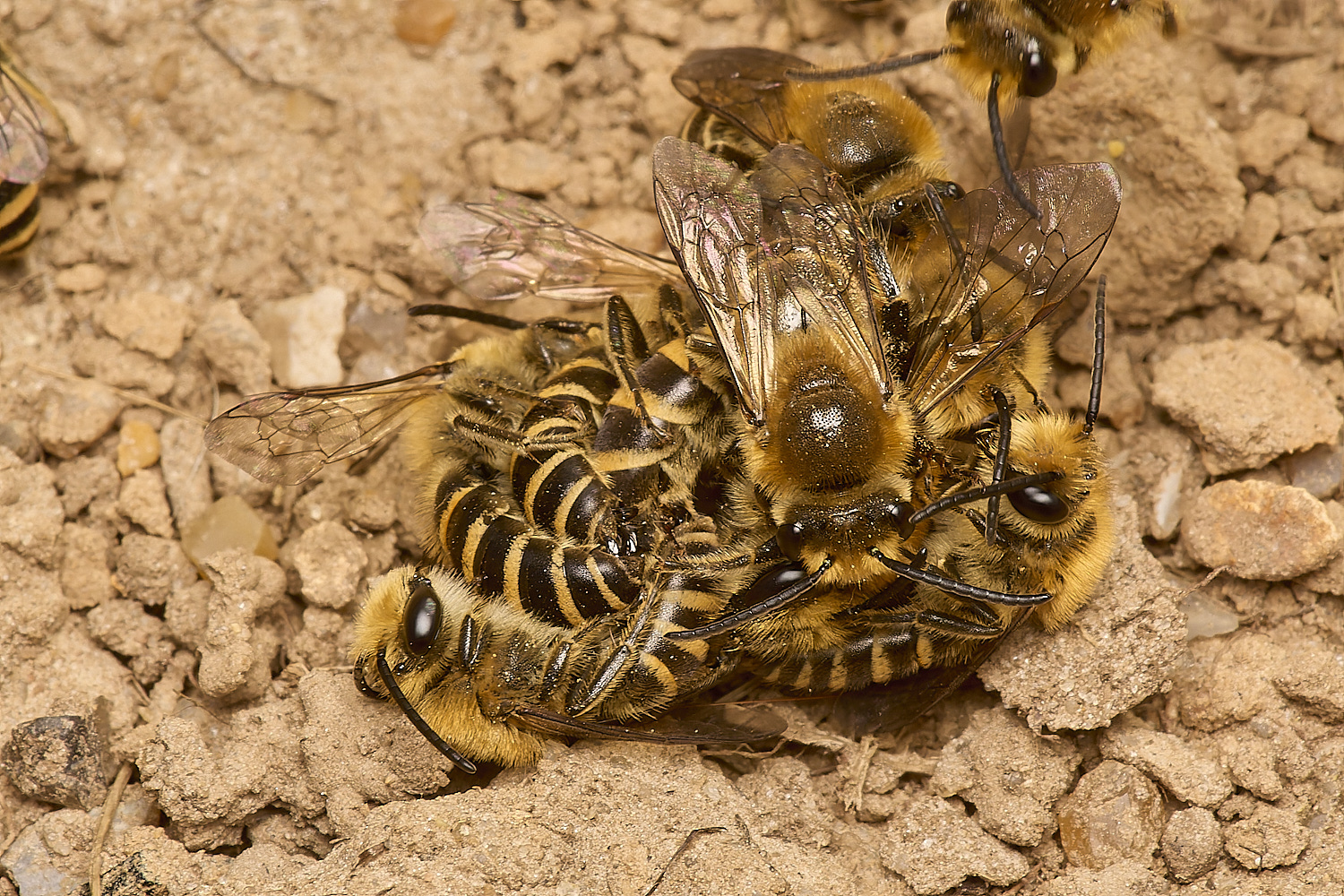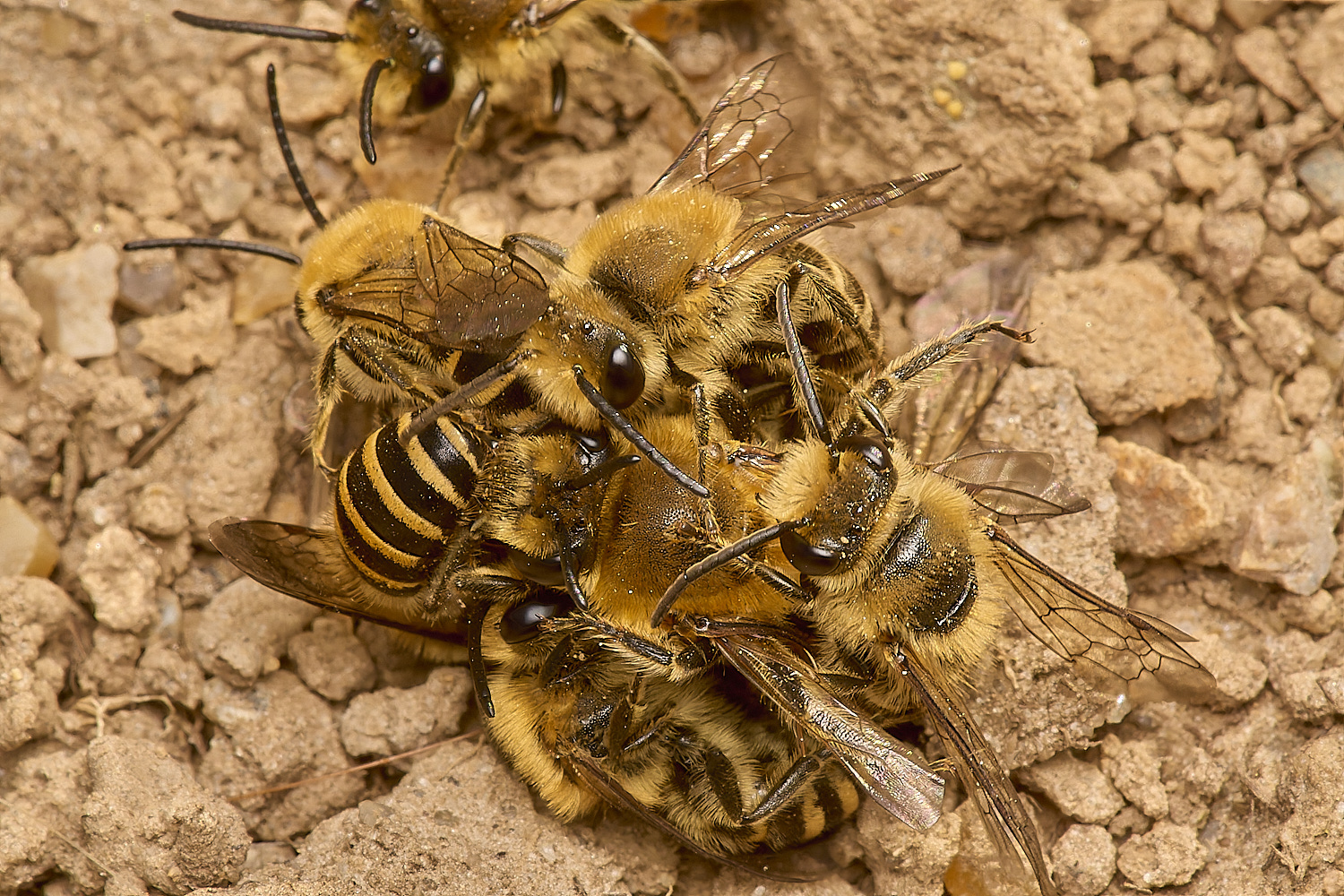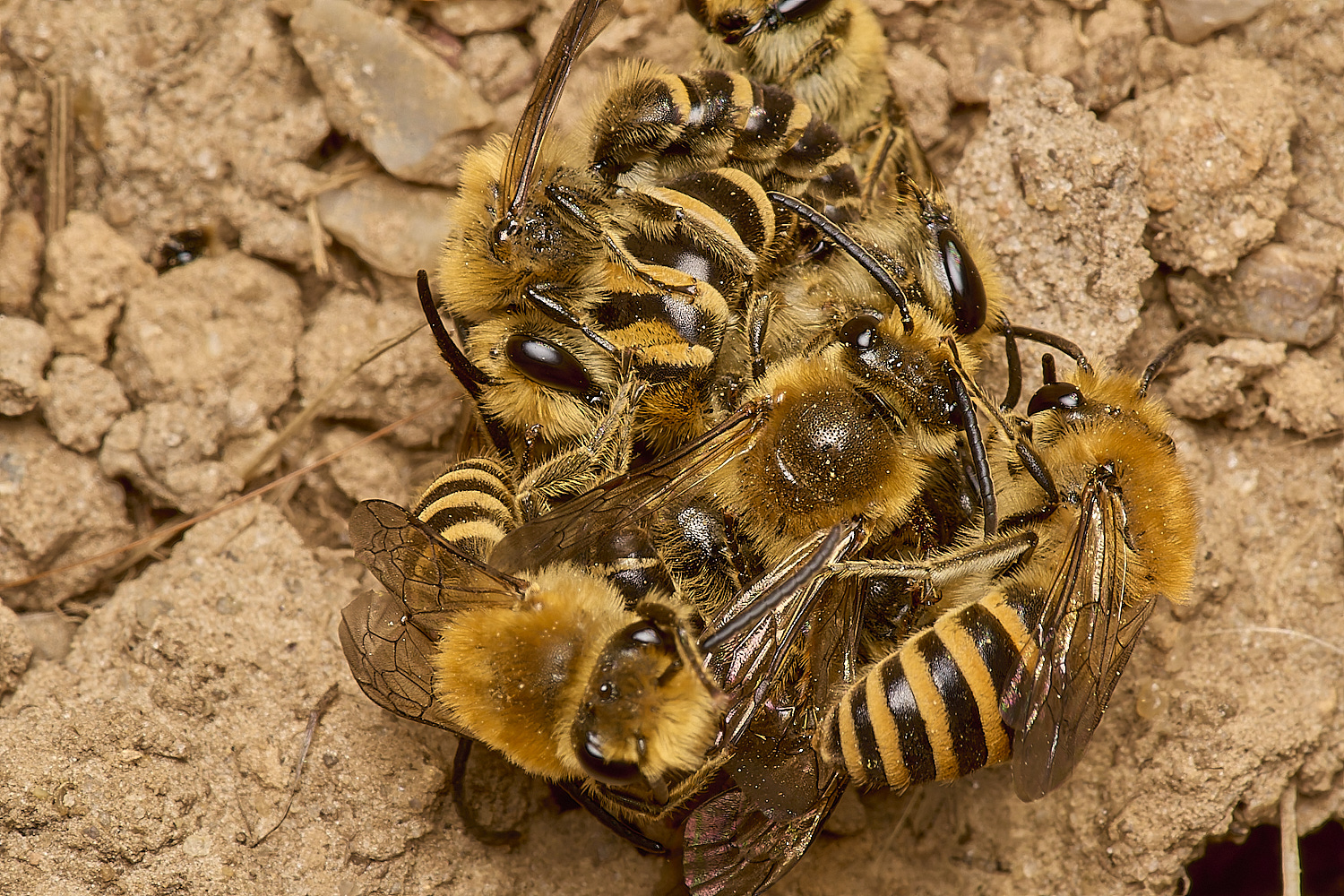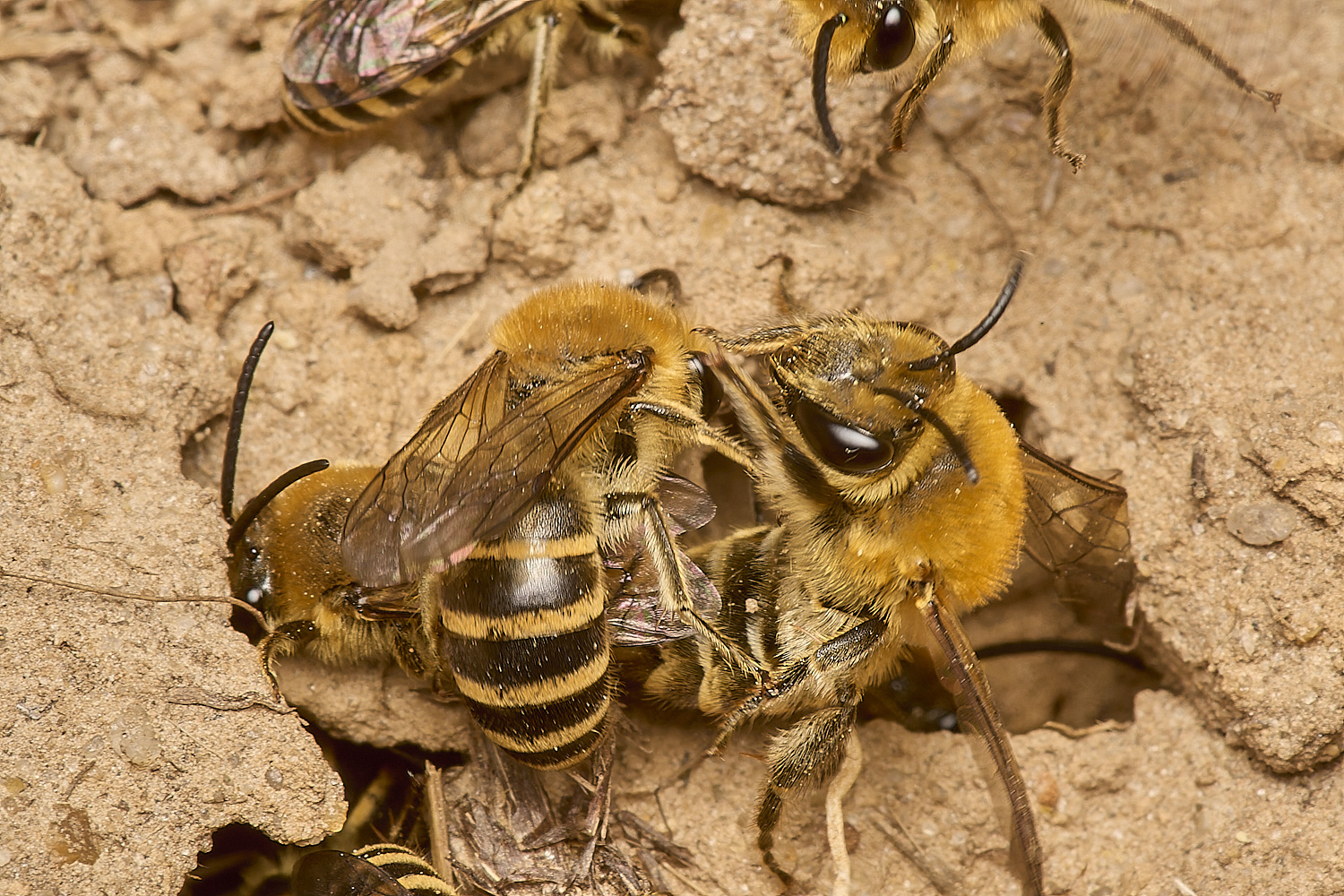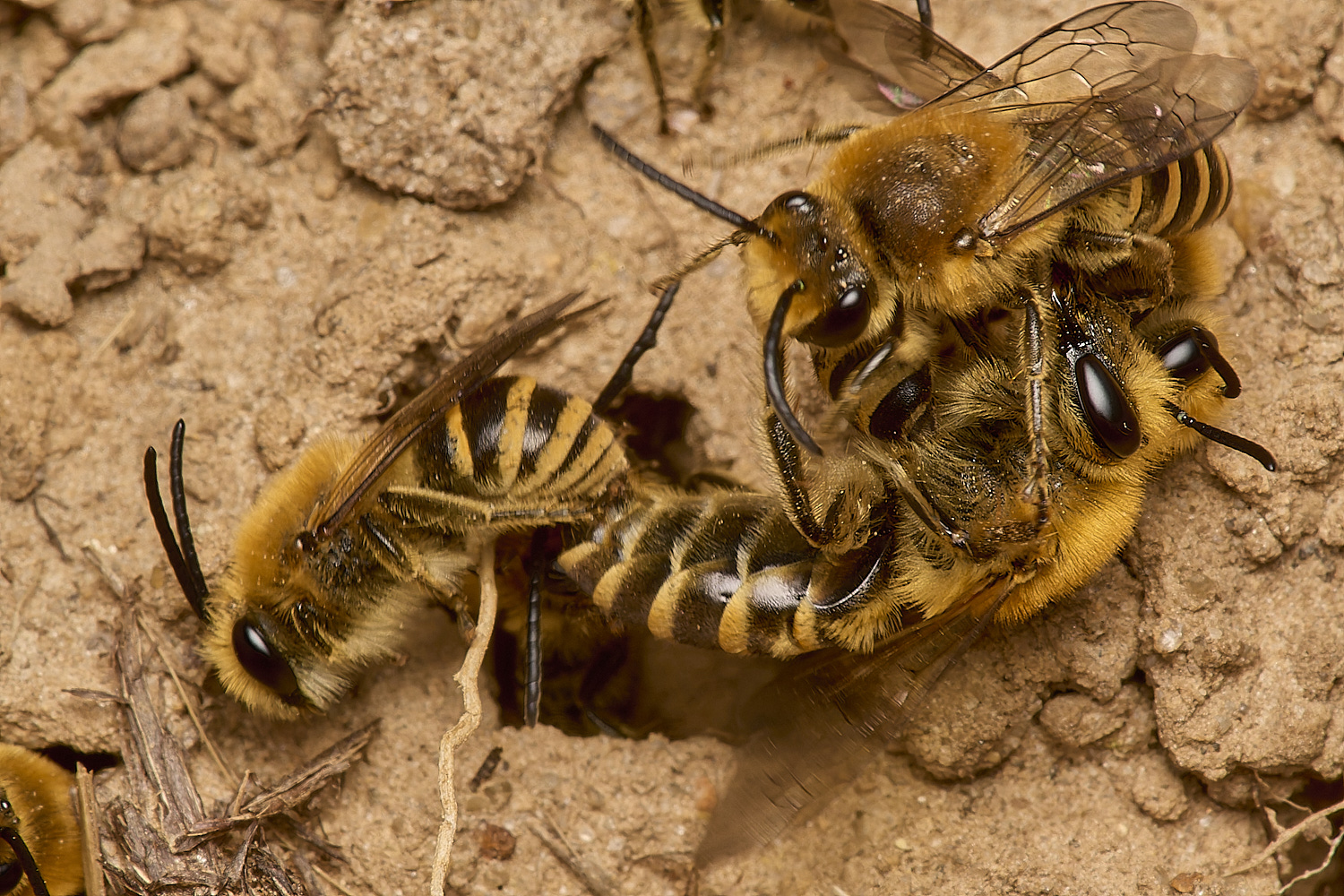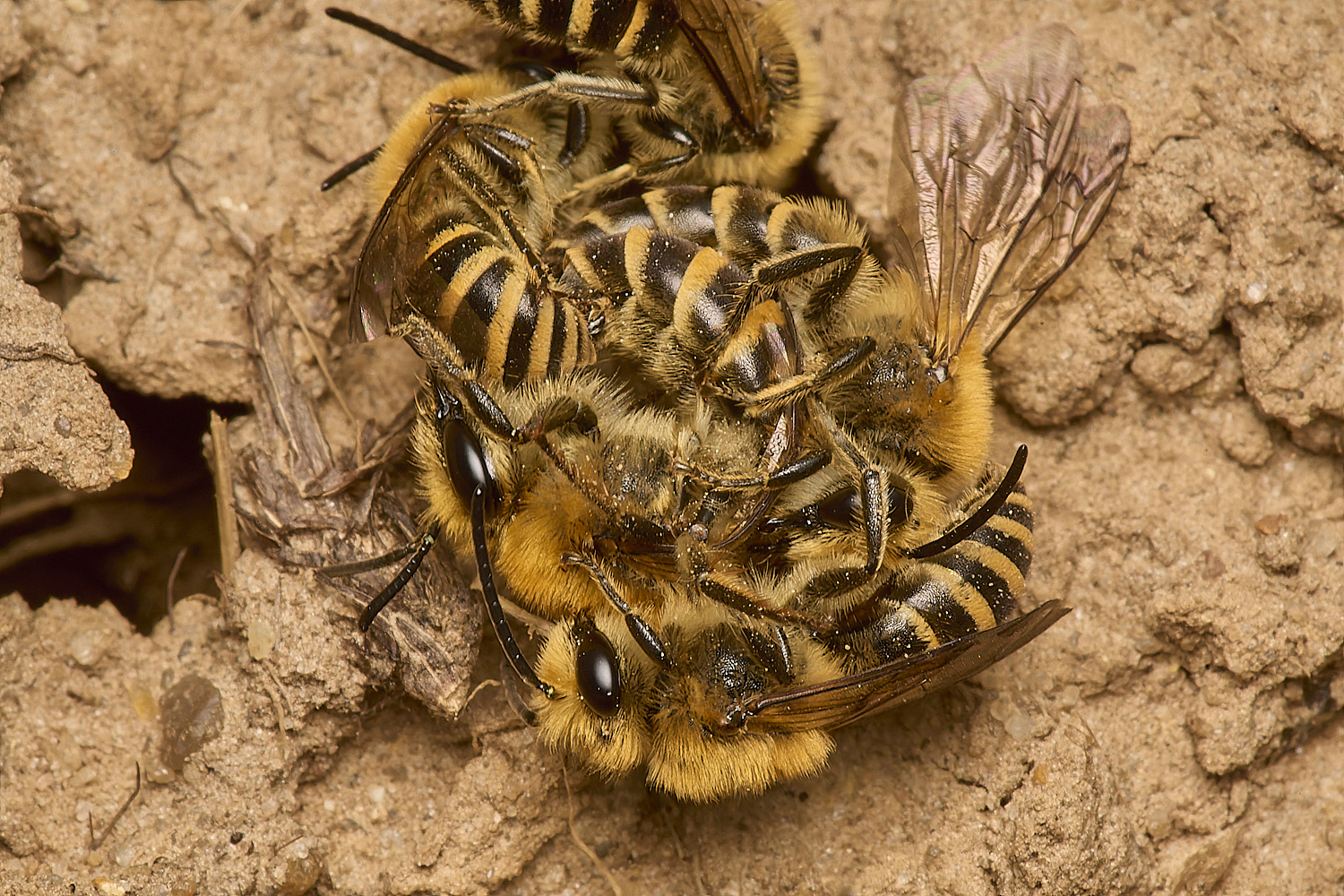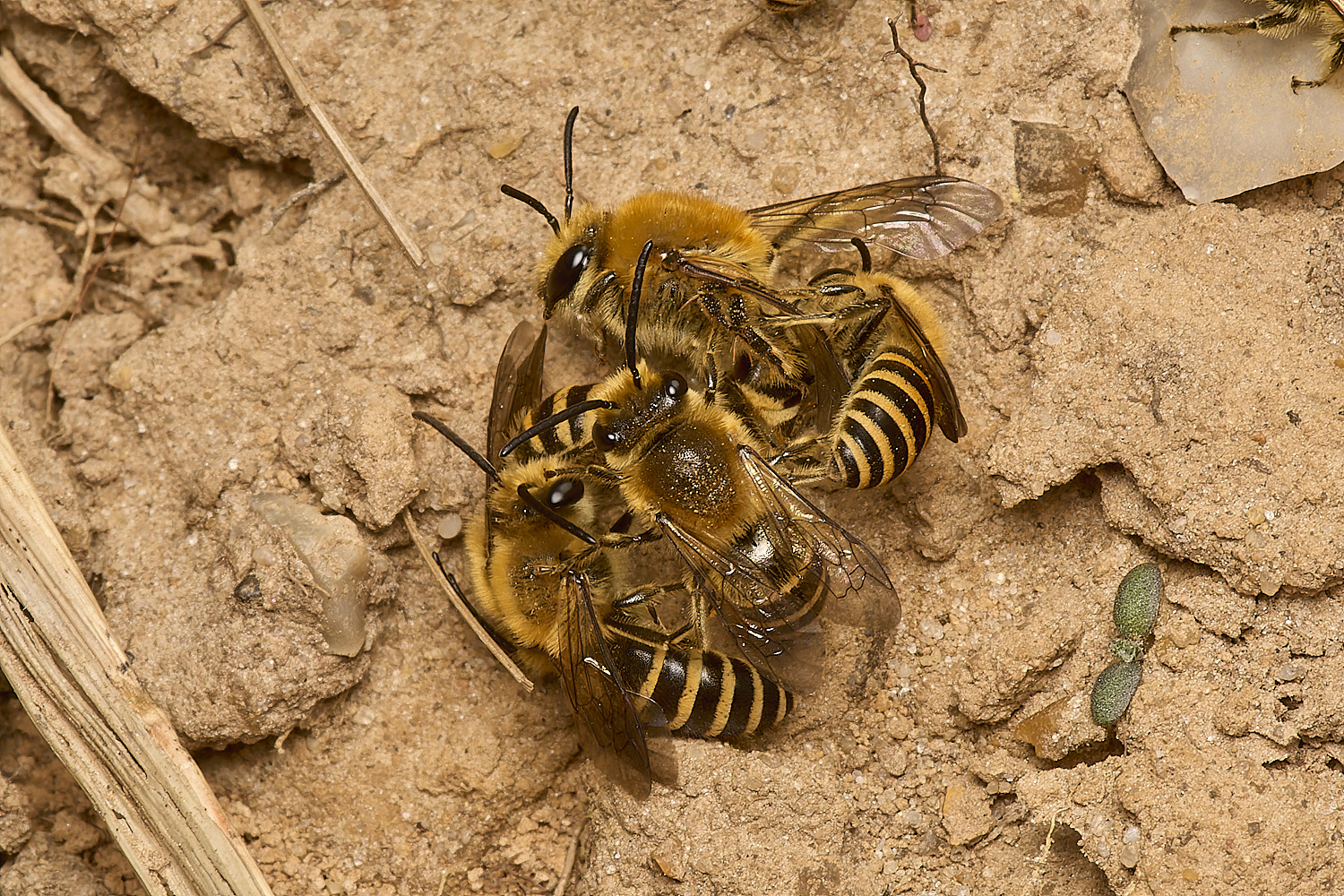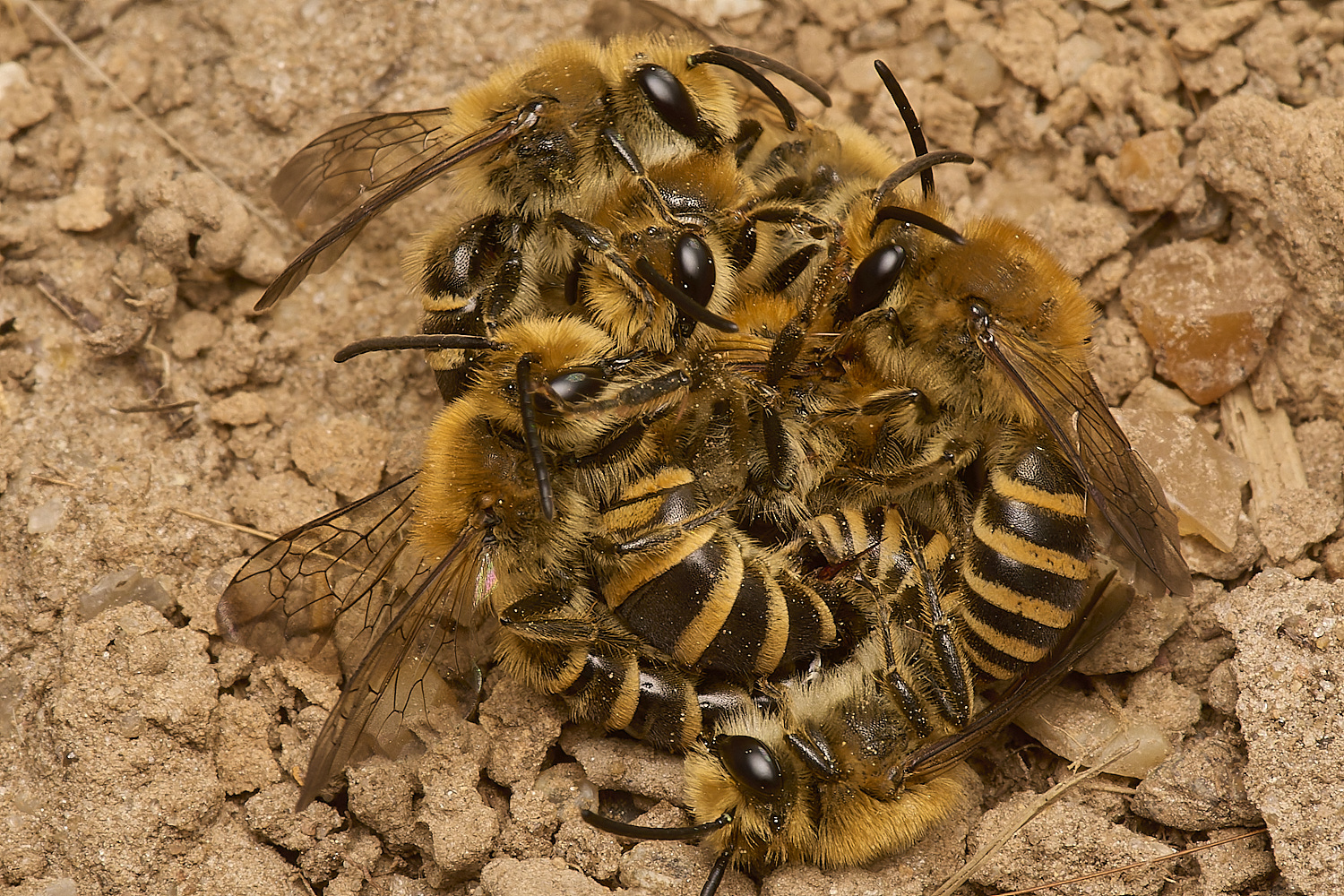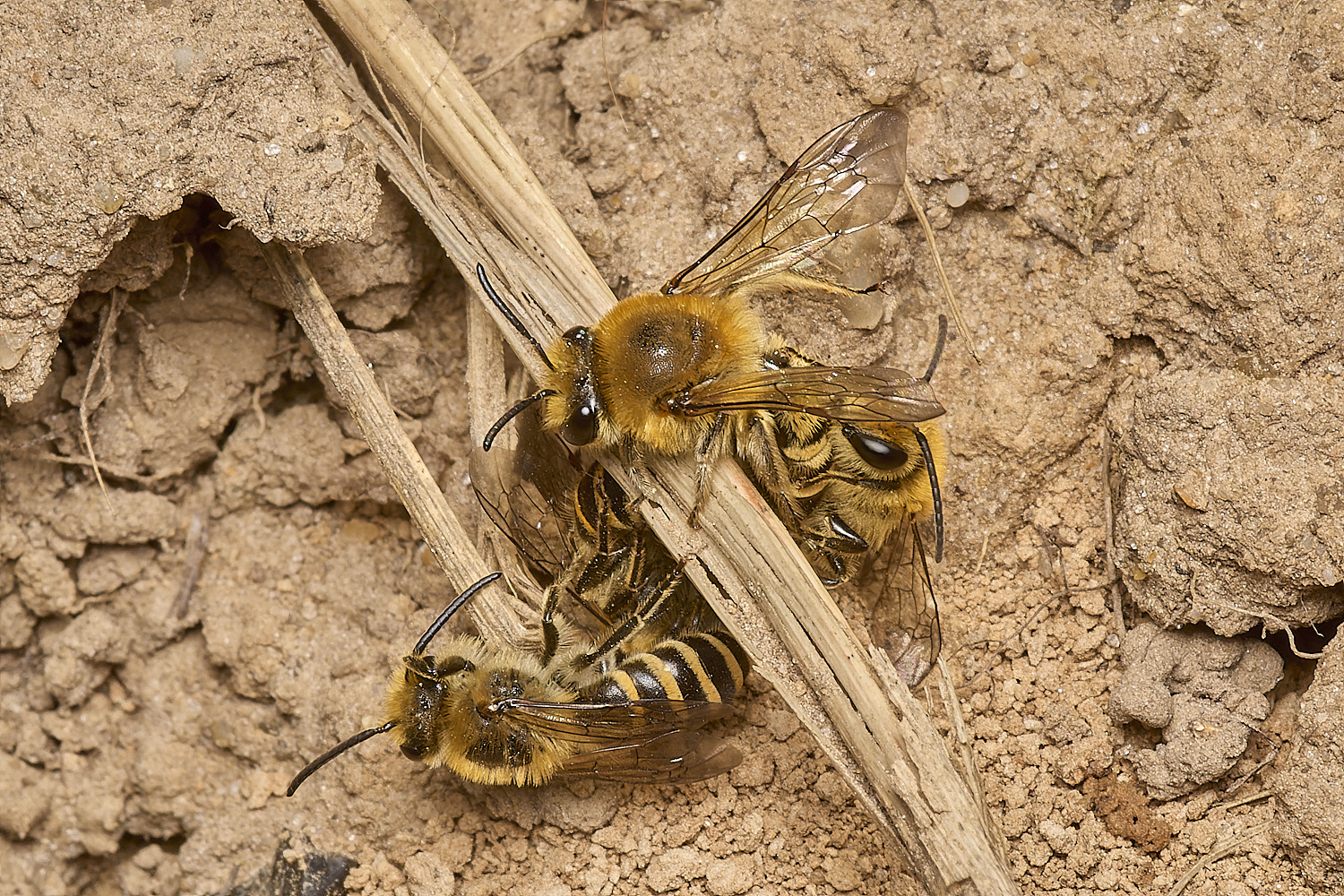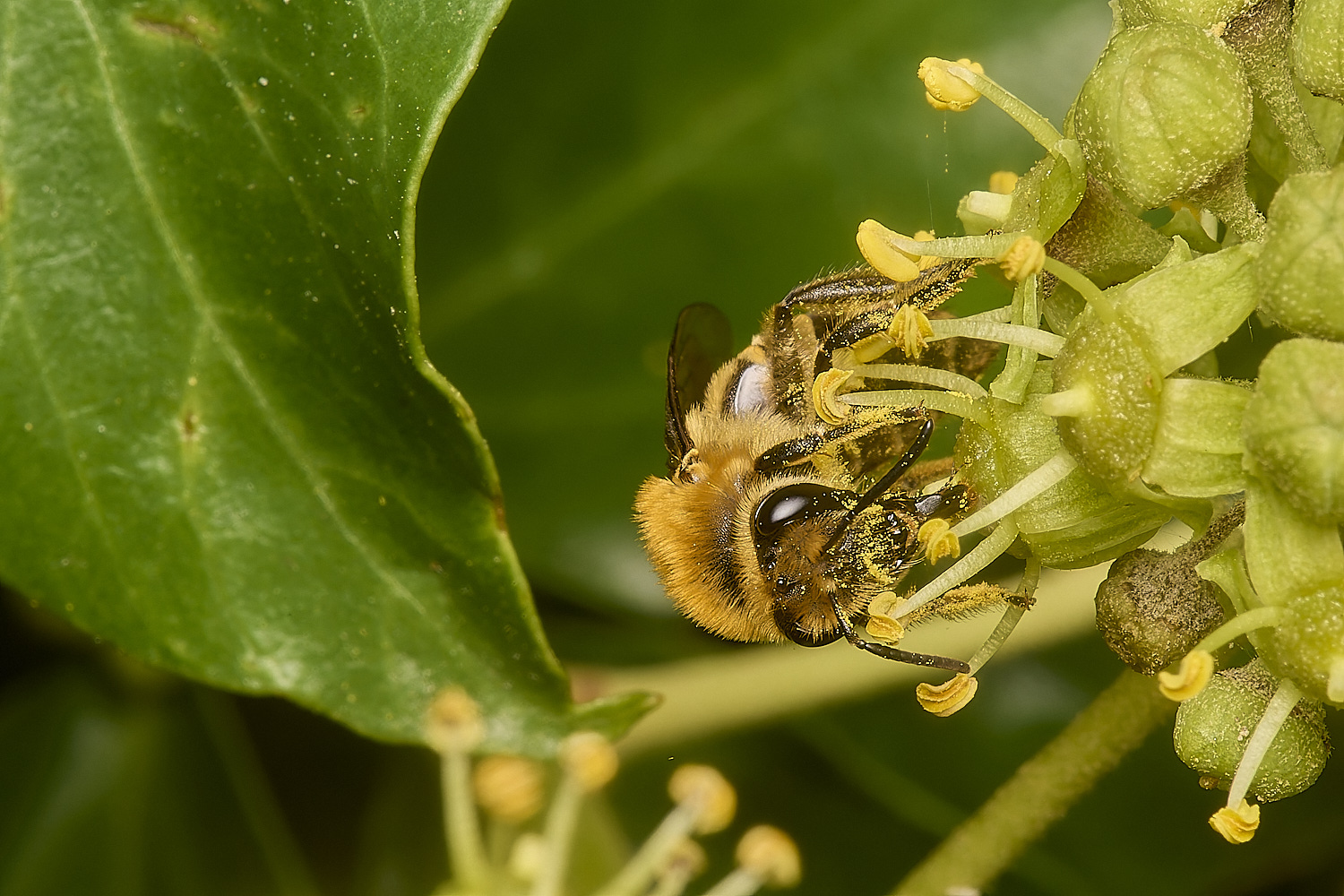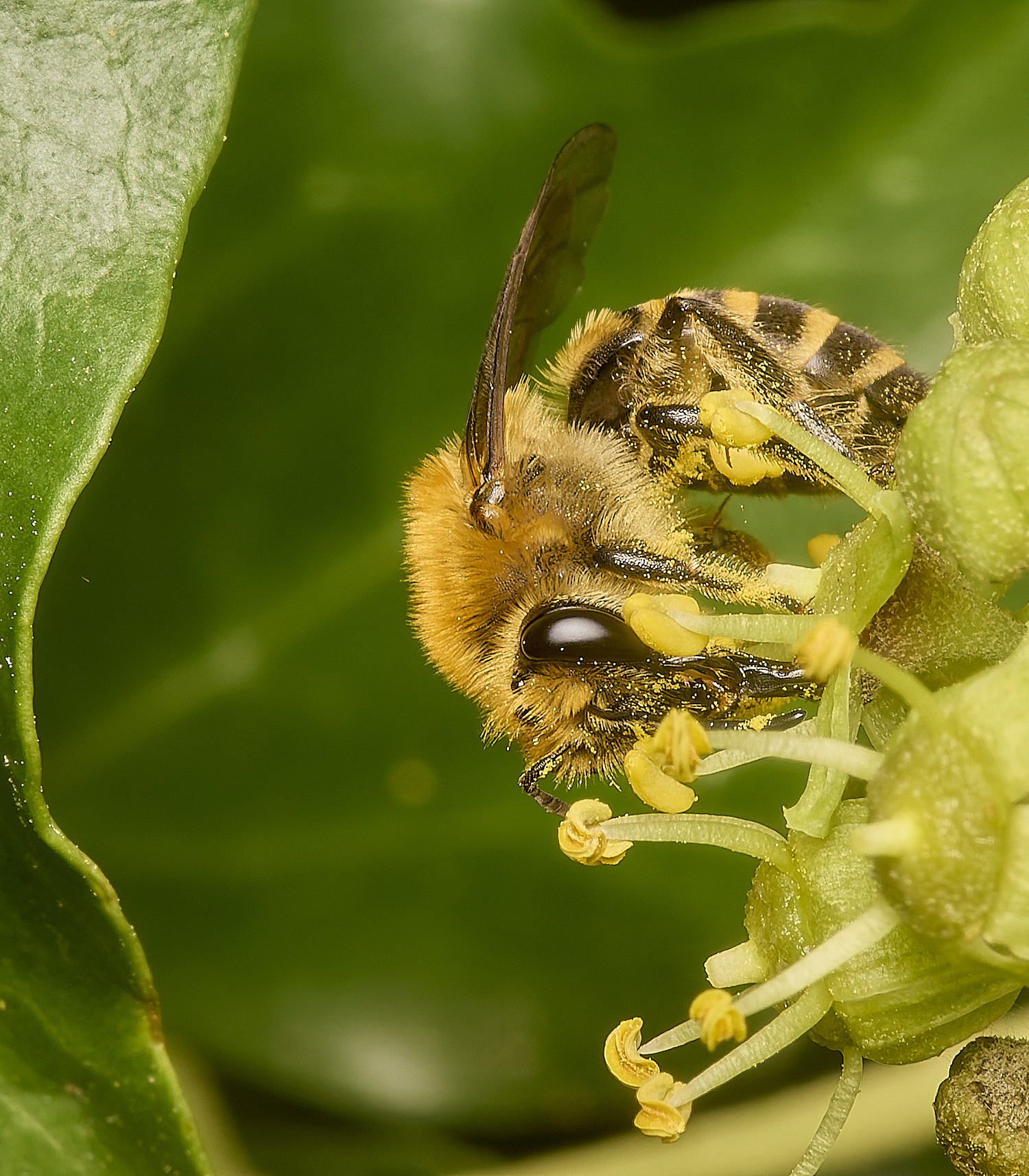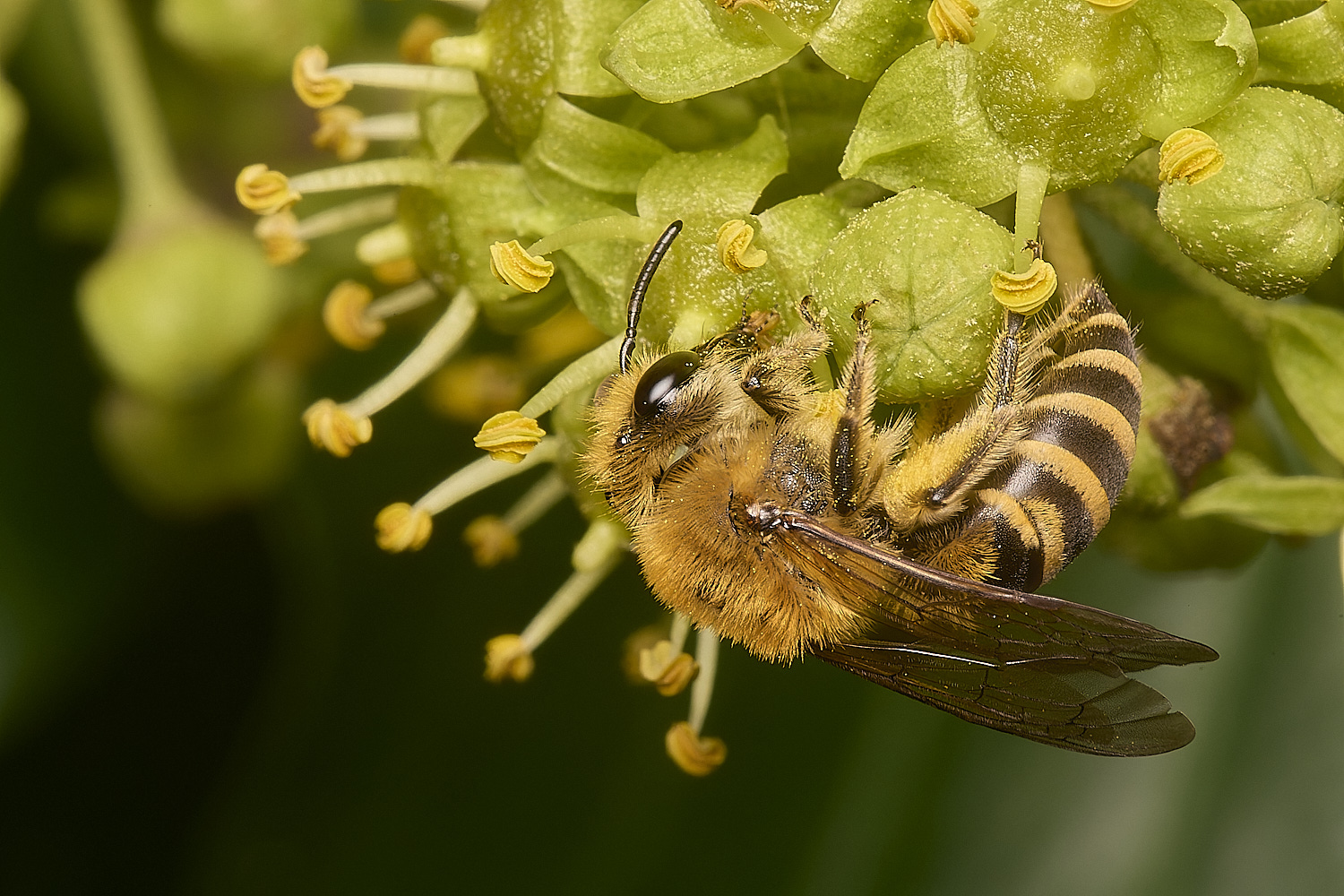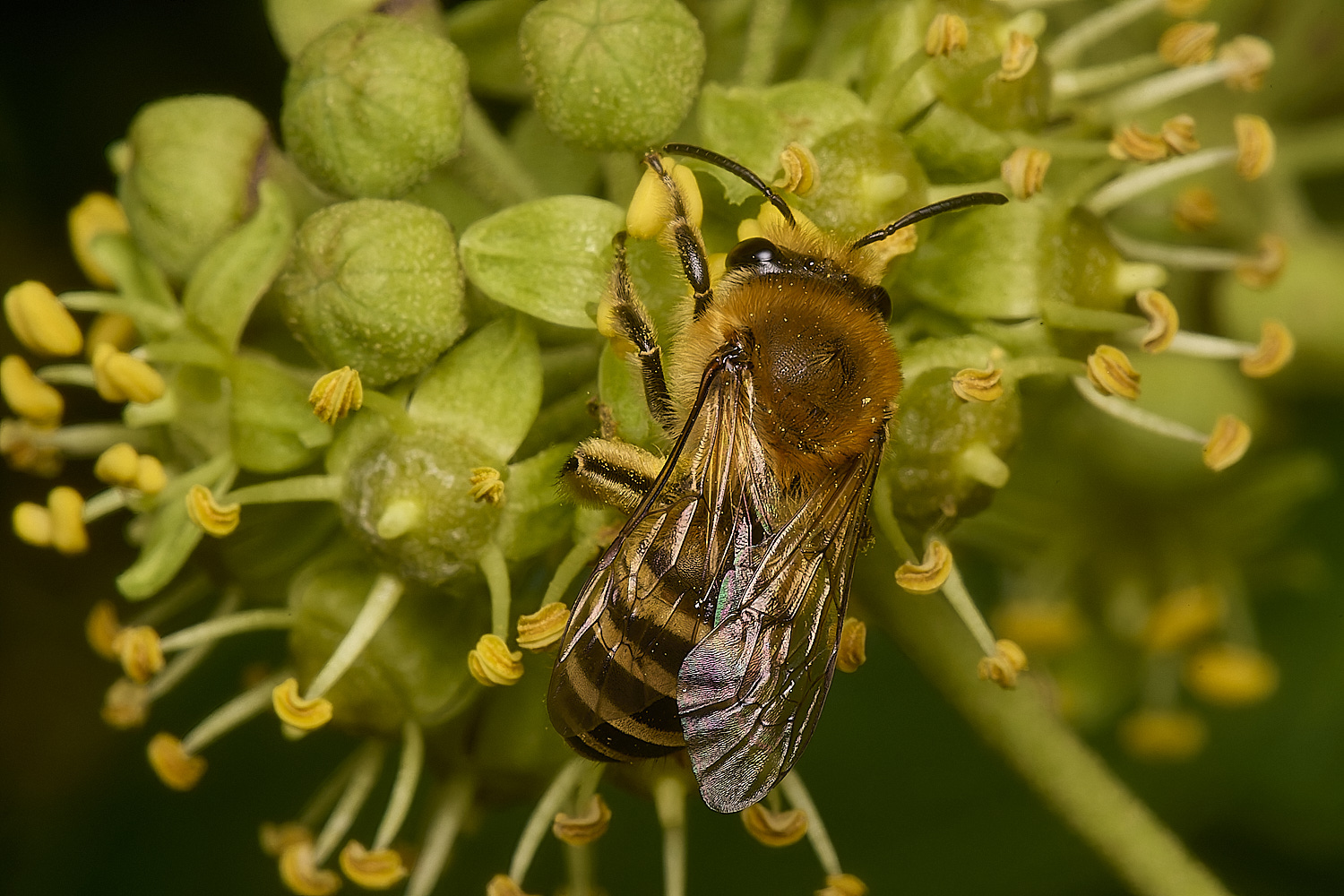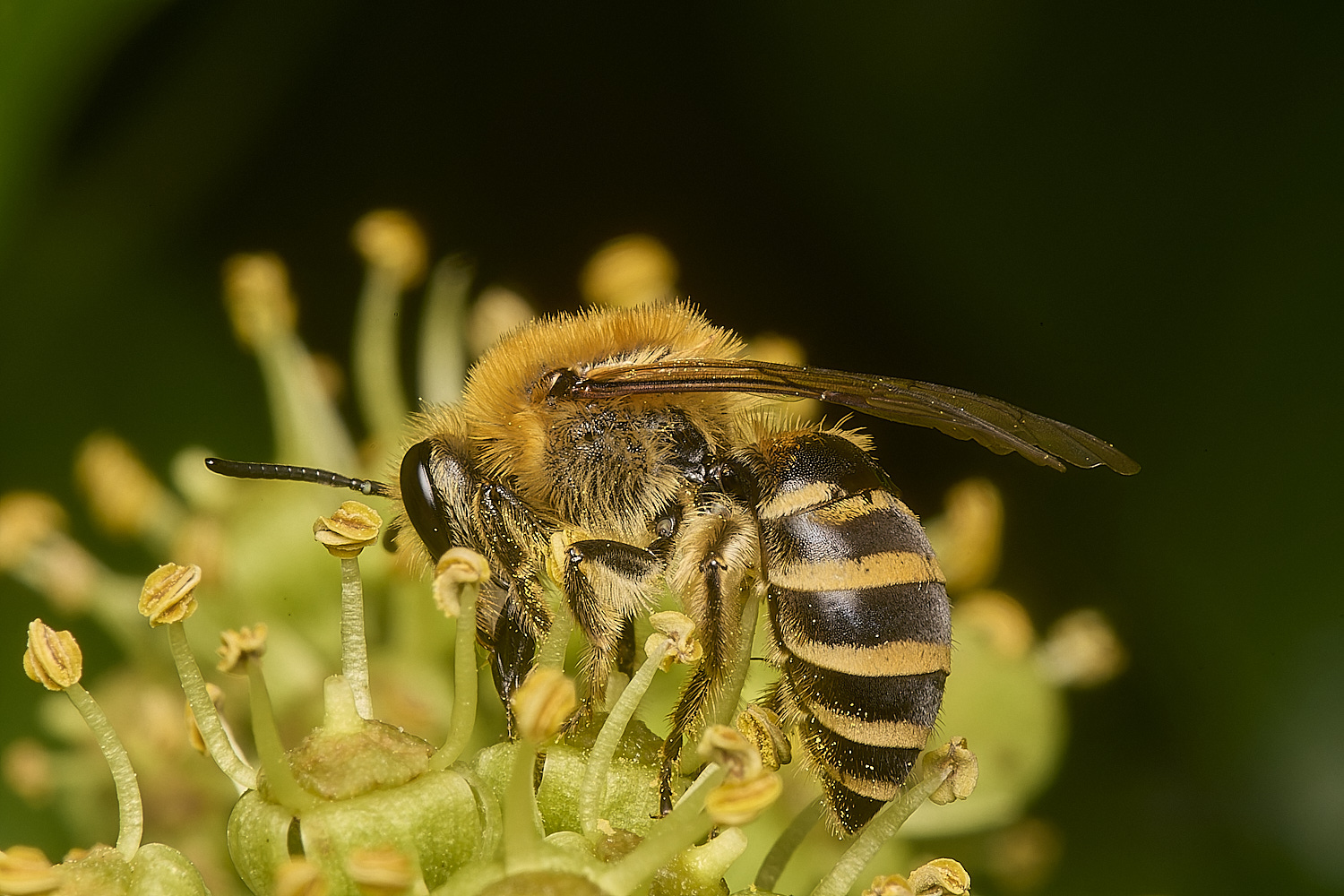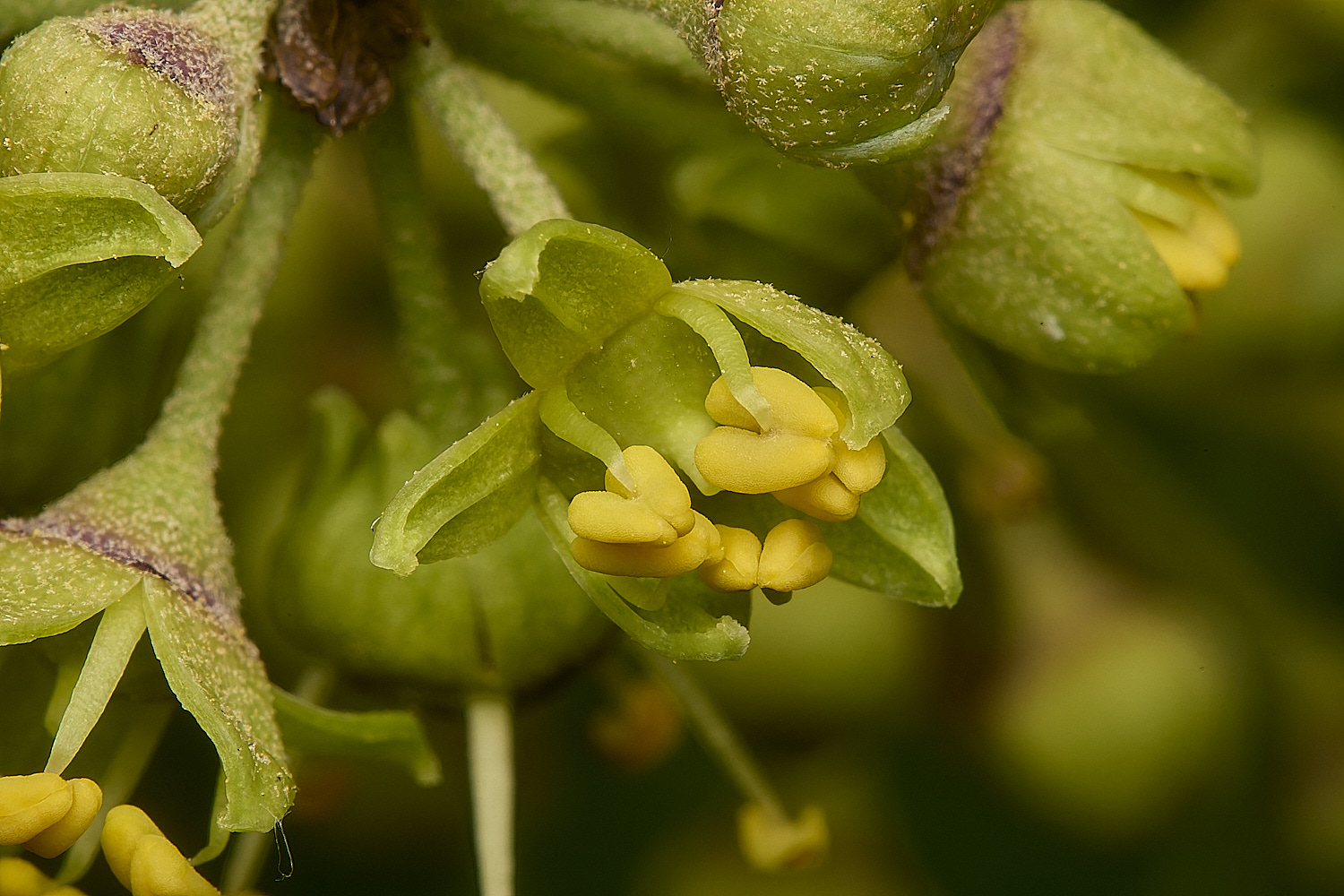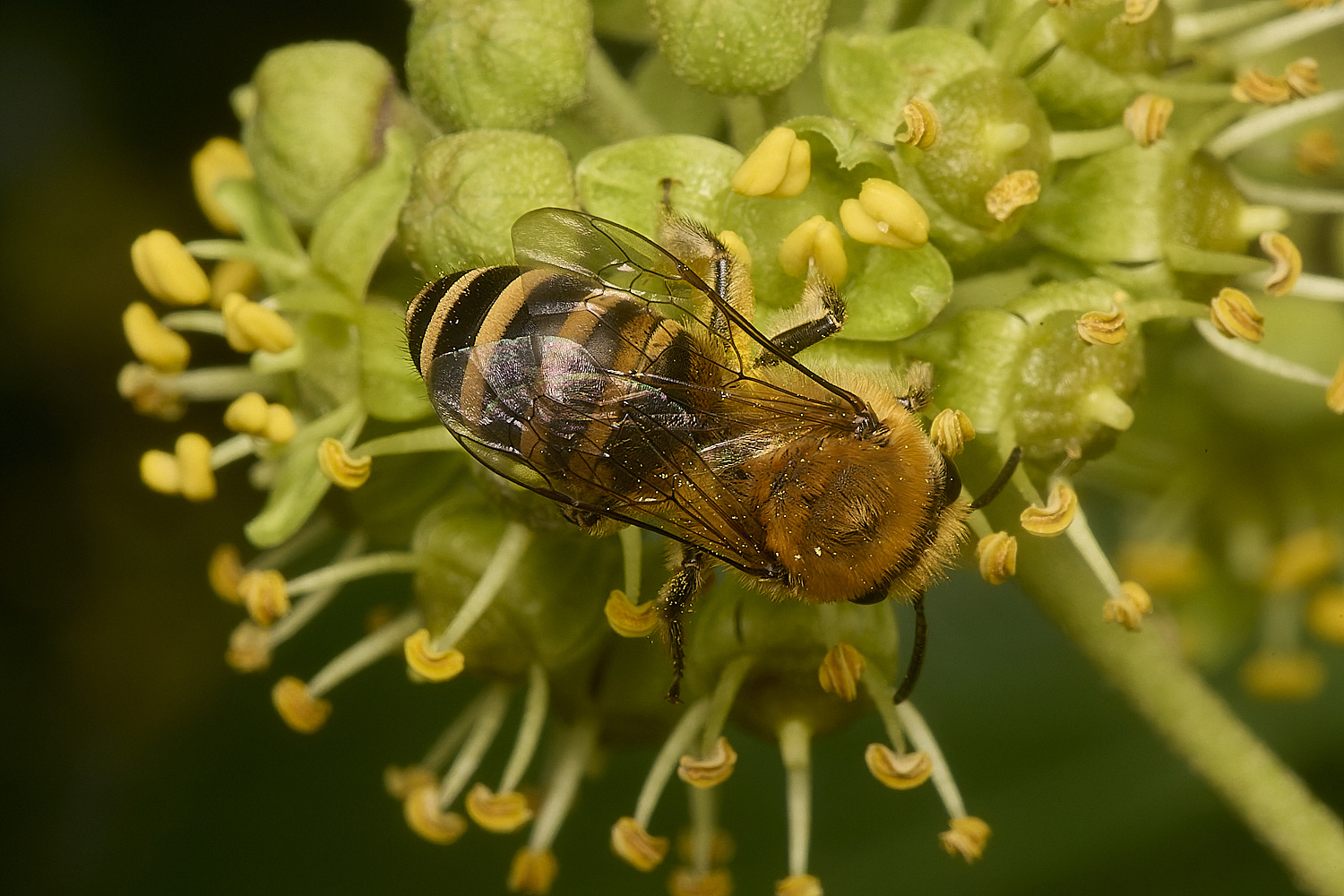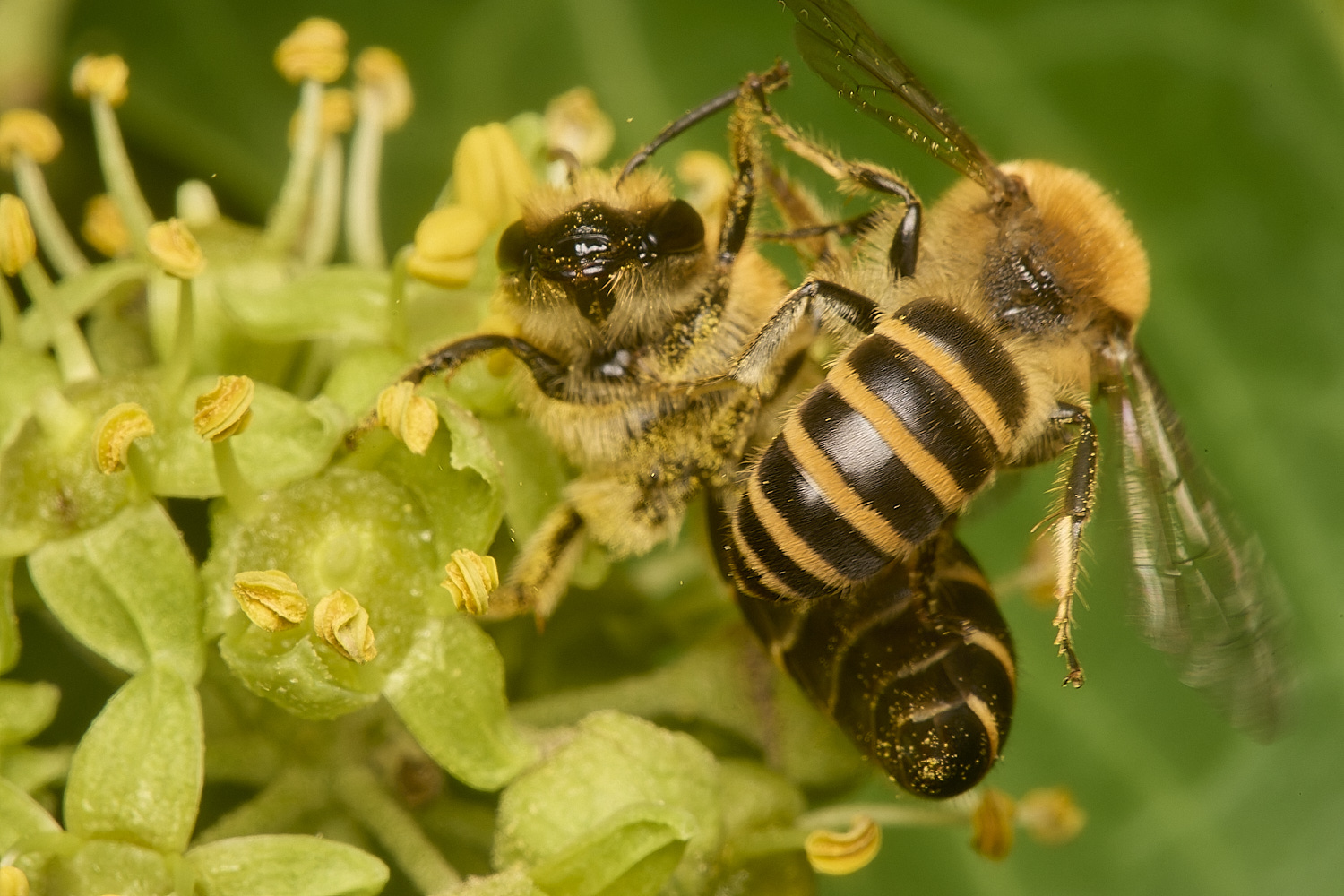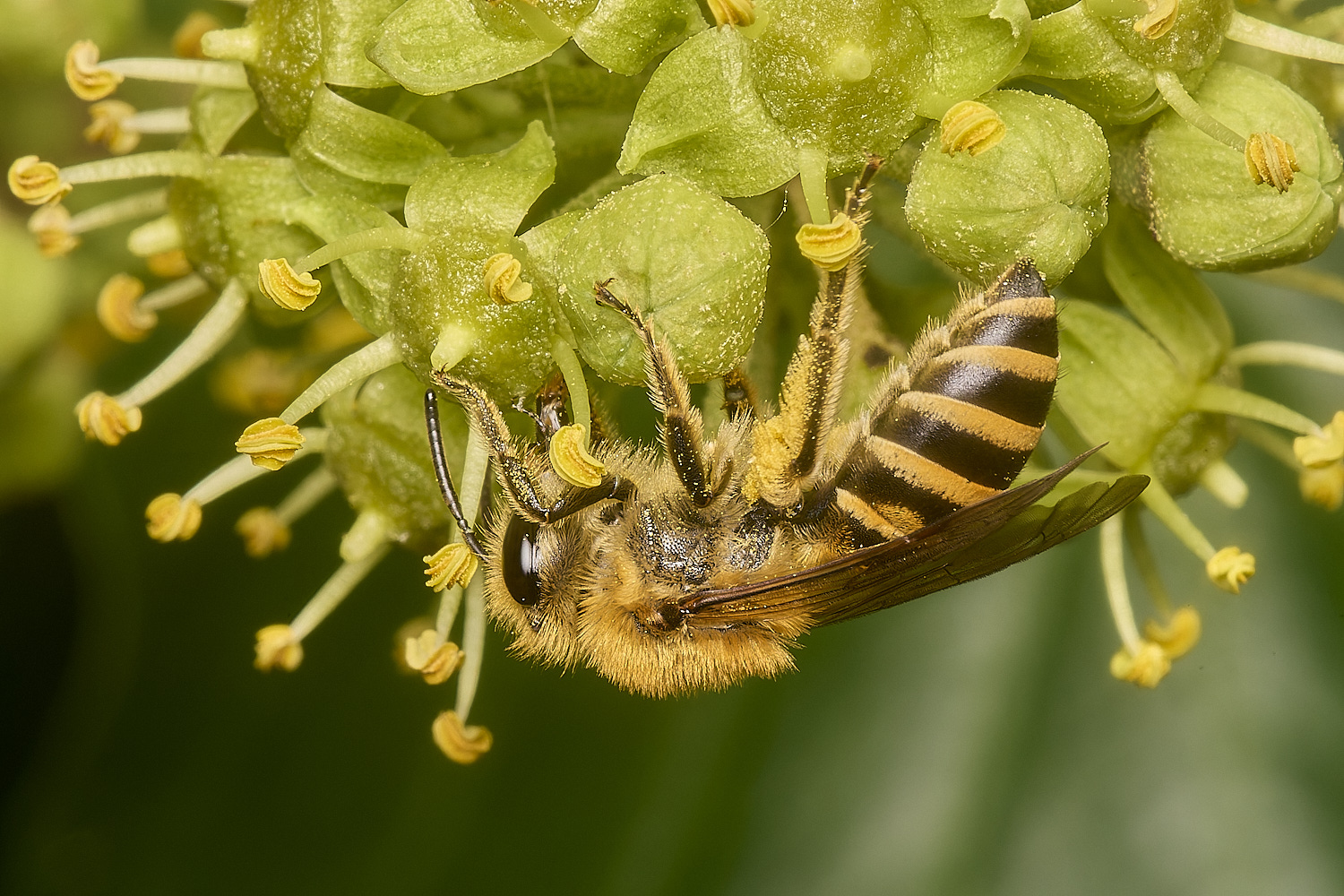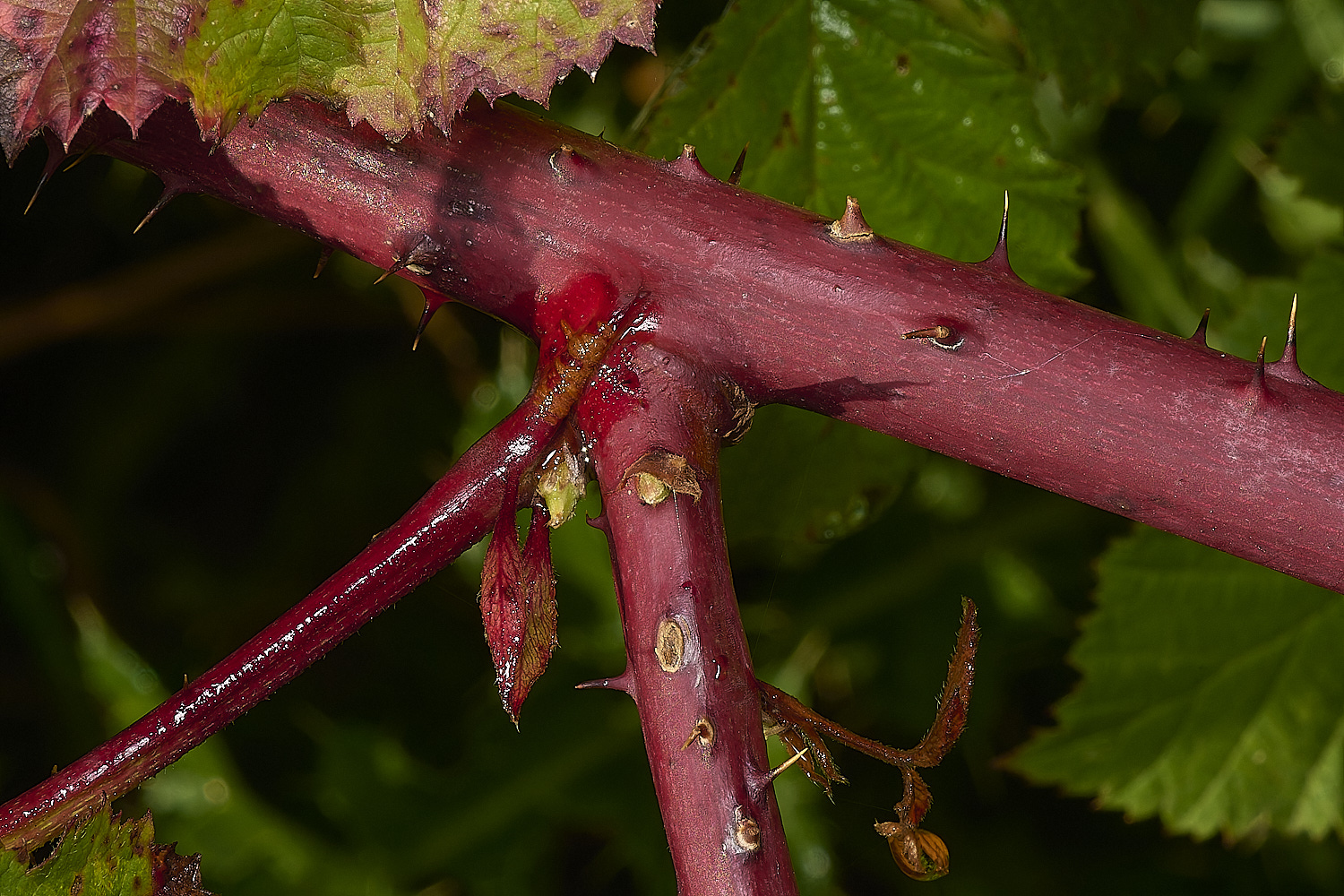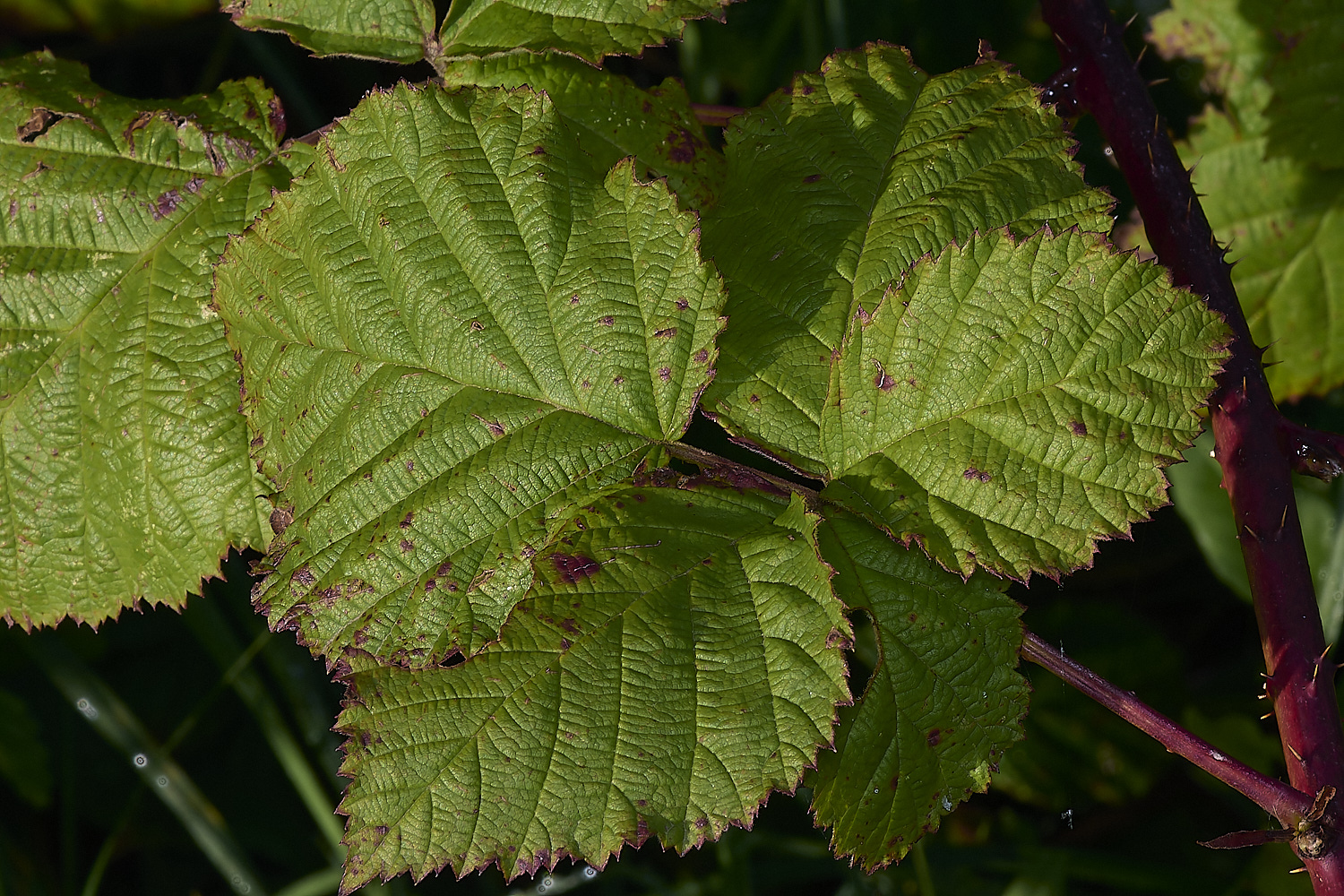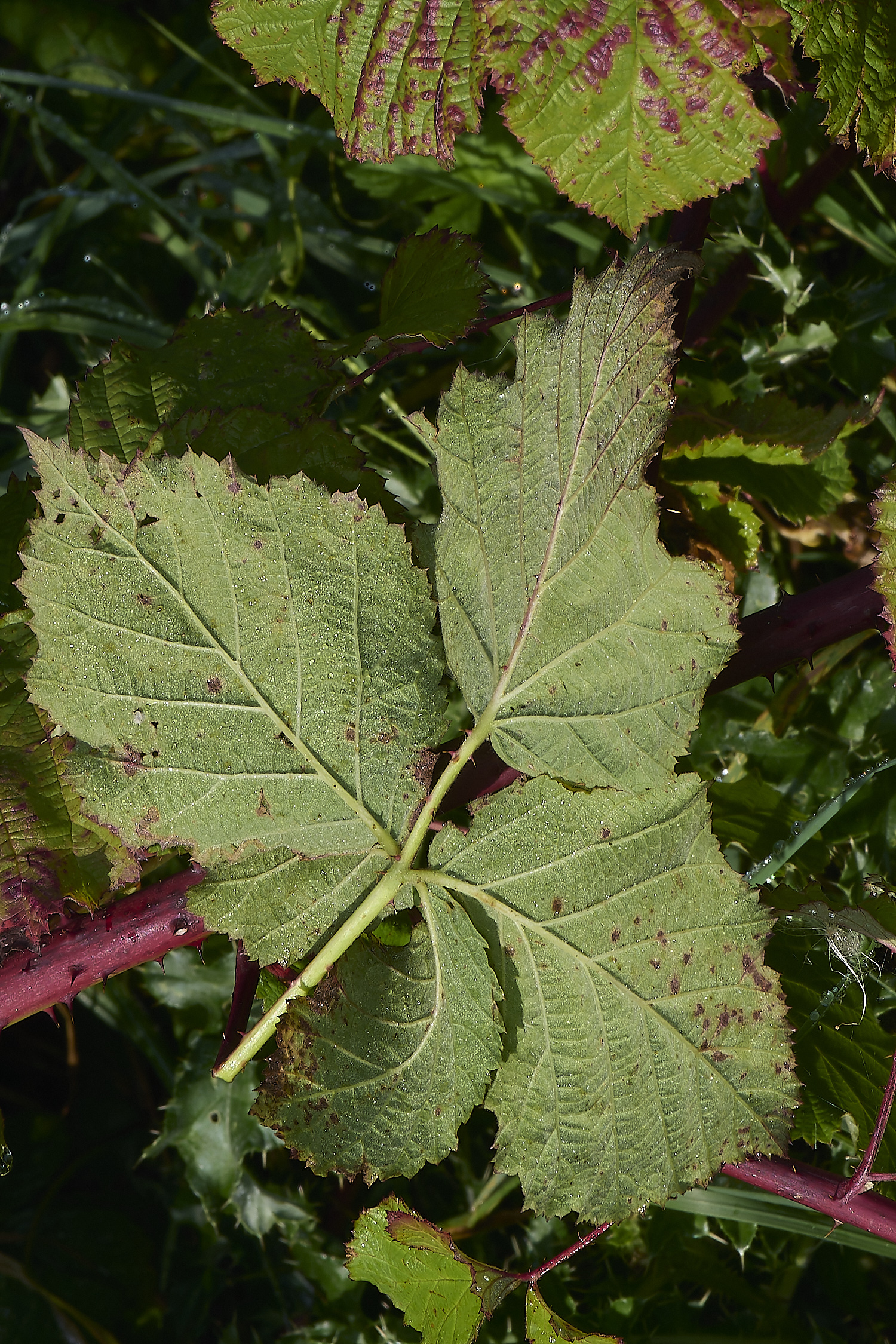Thornham
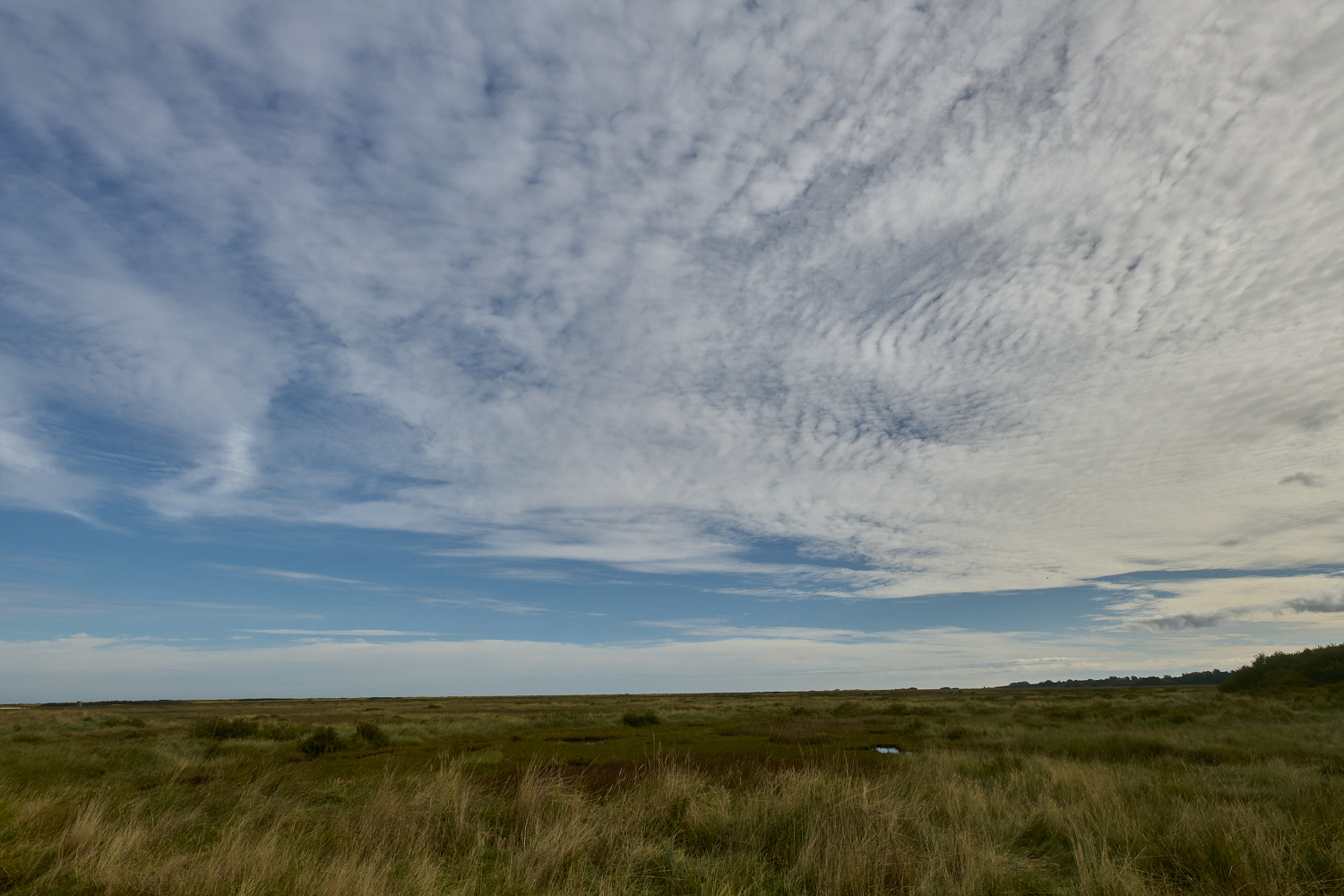
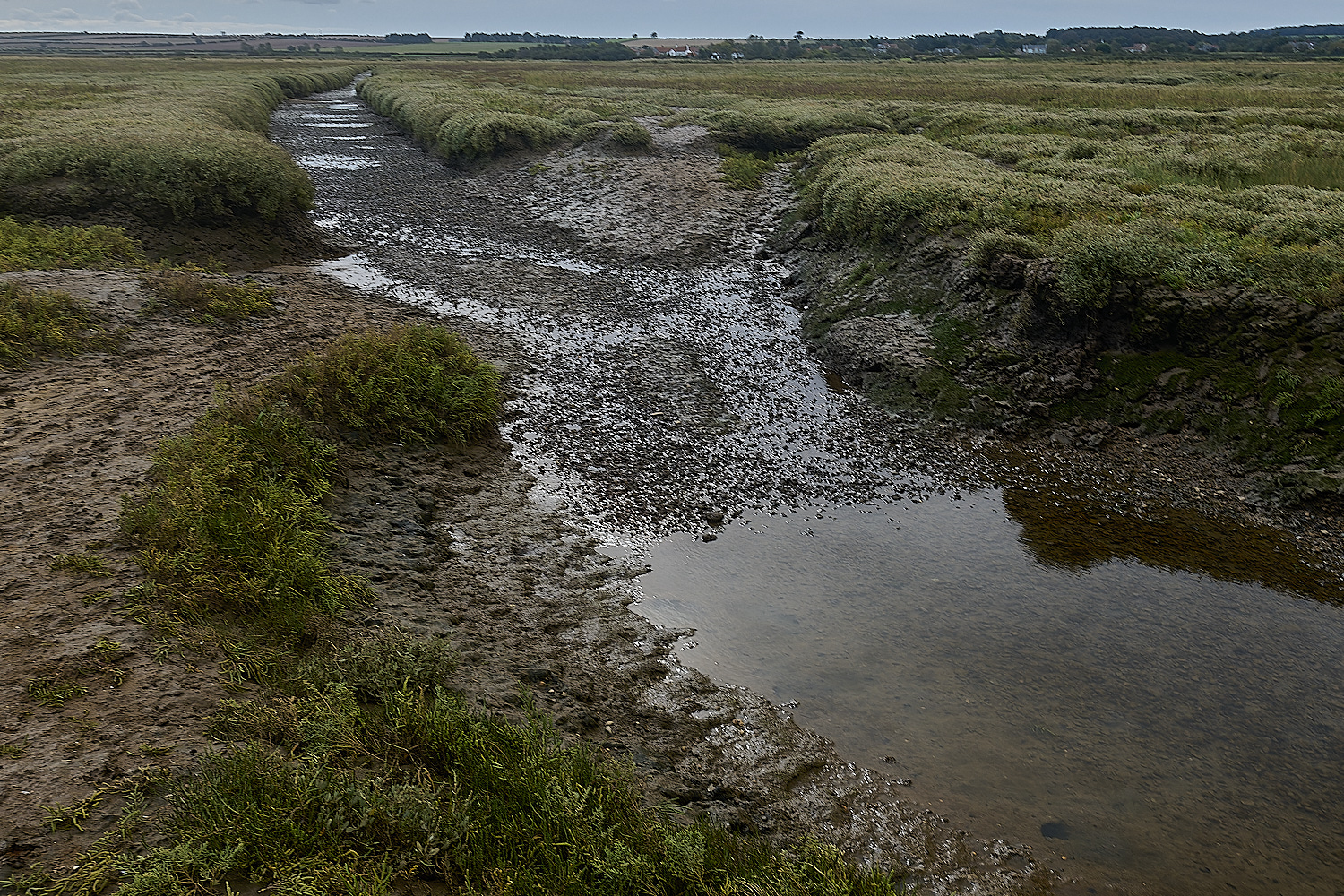
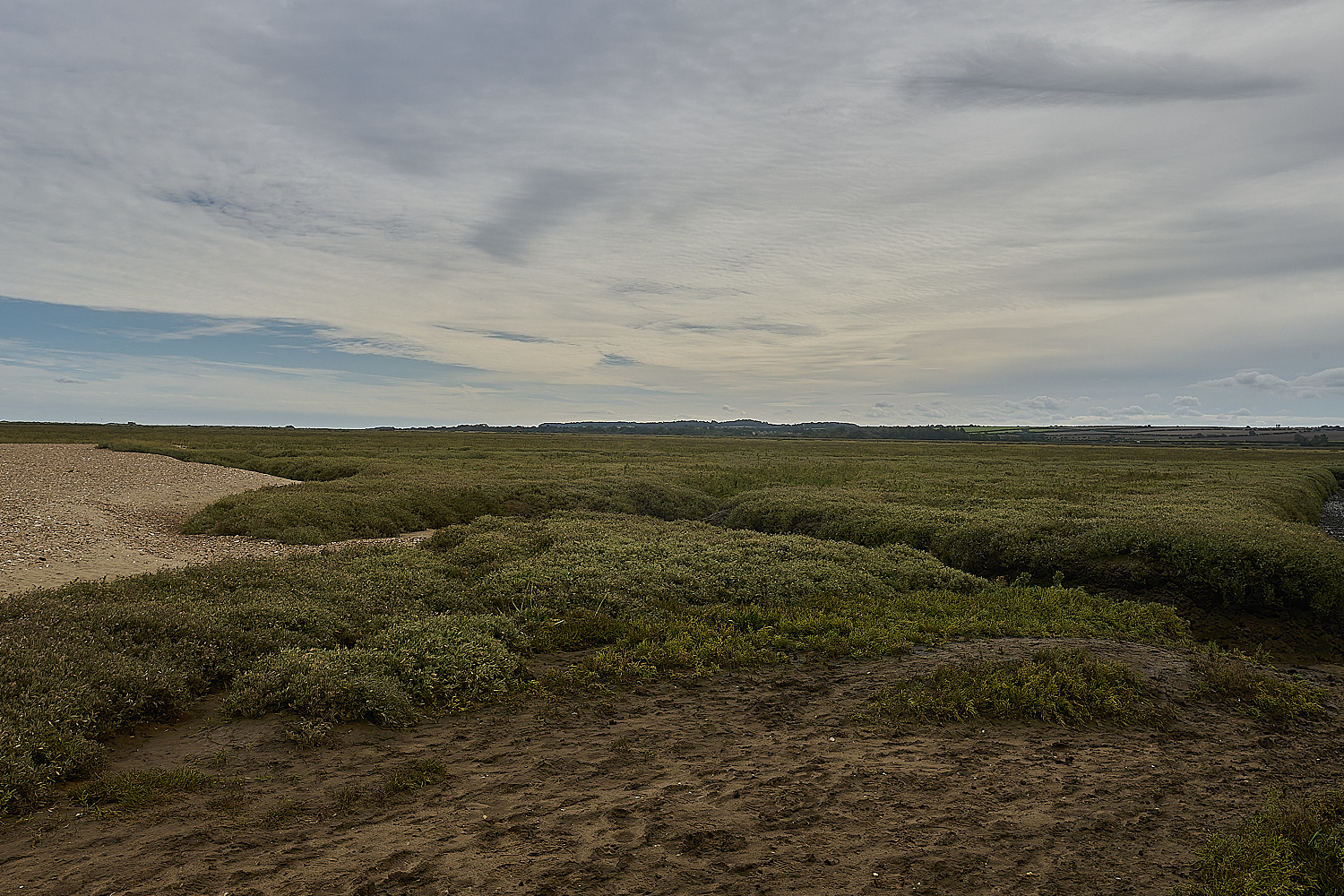

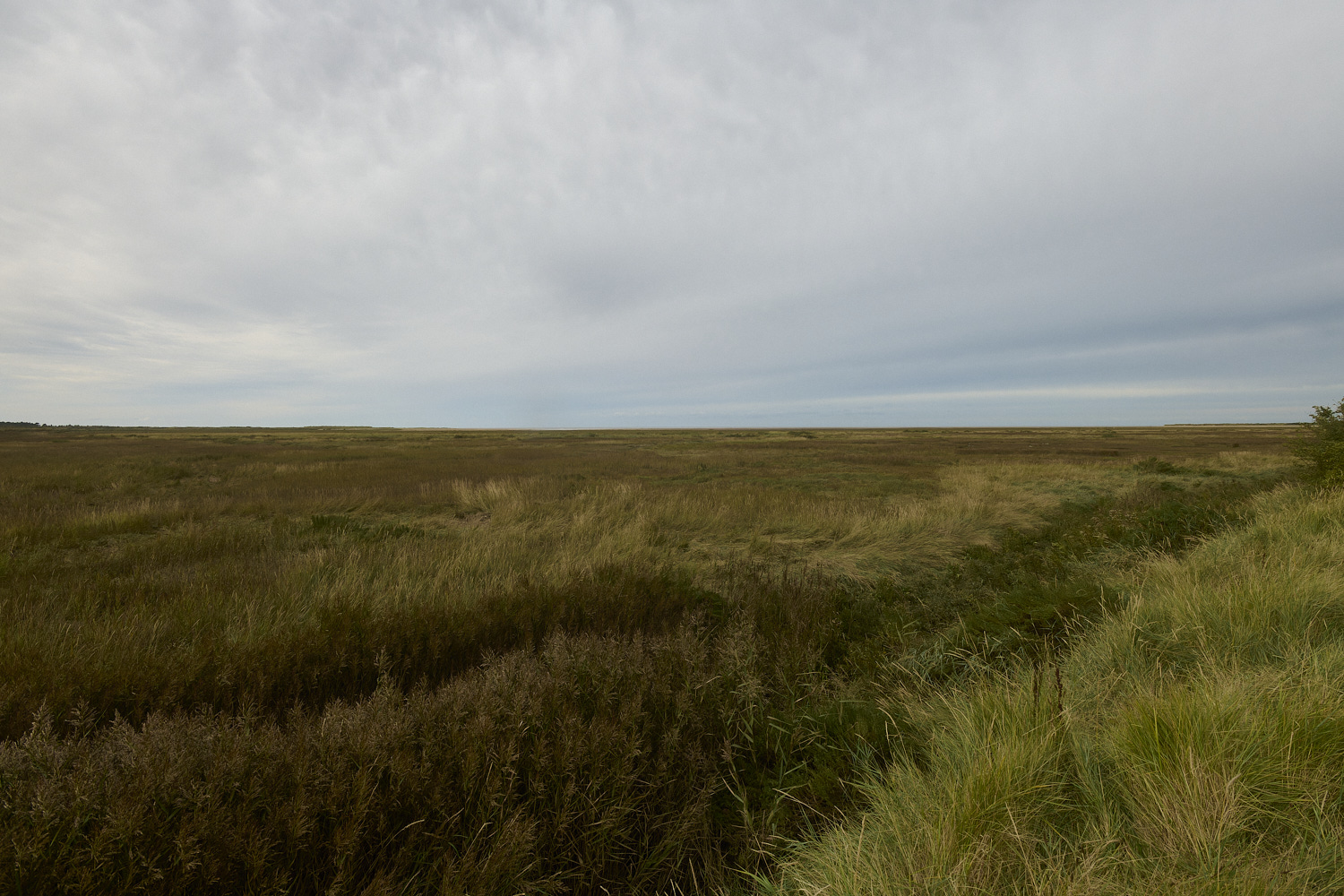
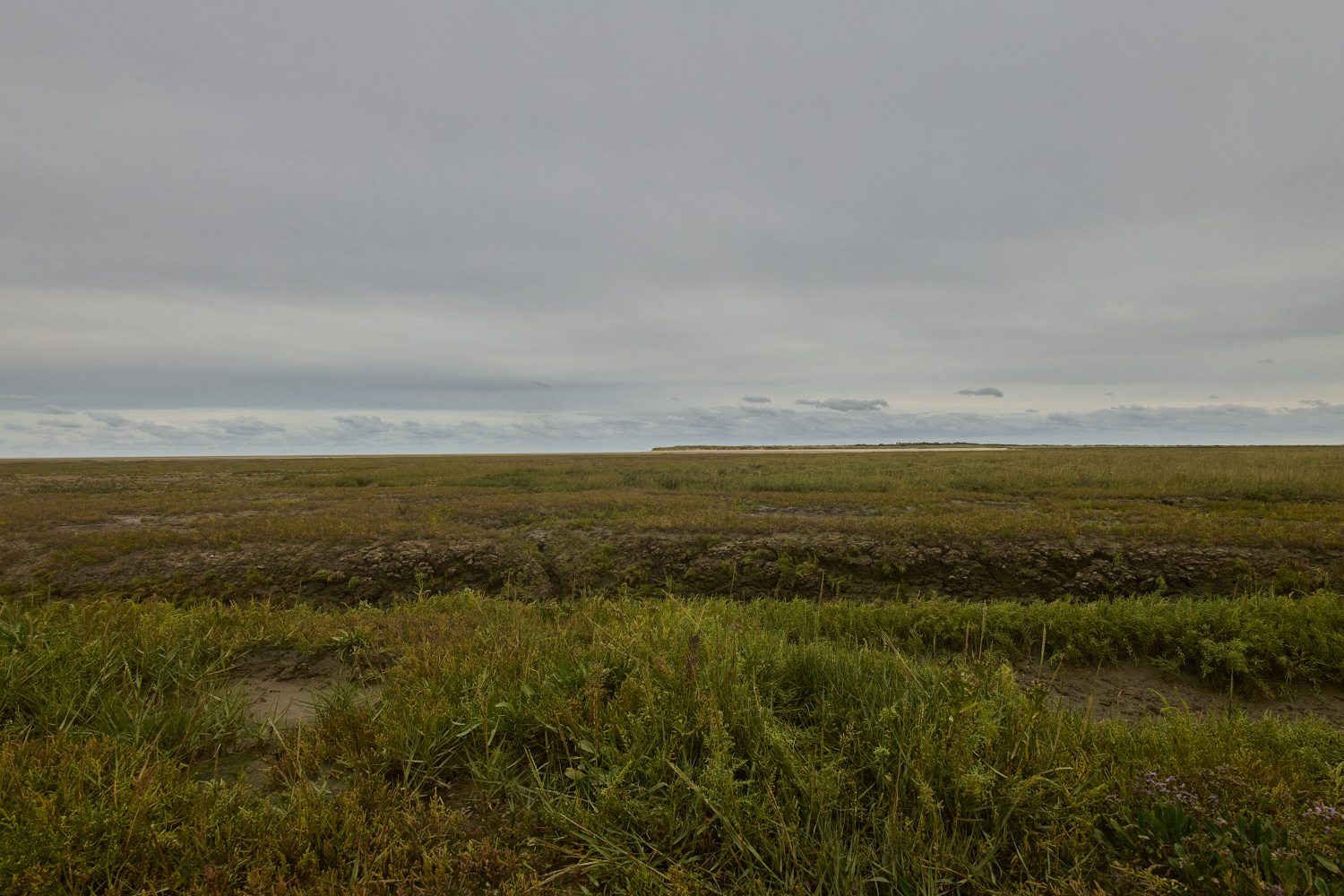
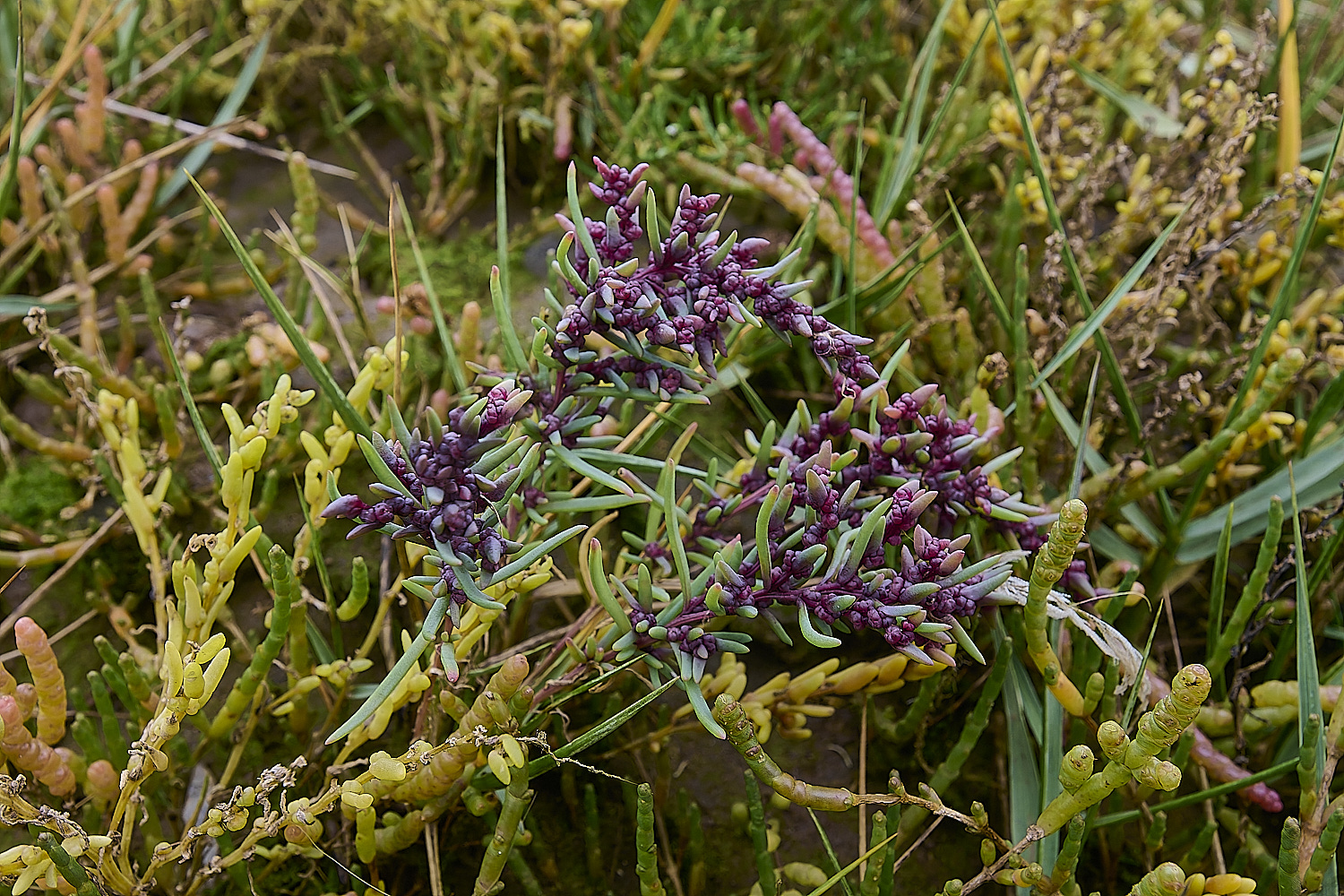
Annual Sea-blite (Sueda maritima)
An initial foray into the world of Glassworts
Glasswort? Over a thousand years ago glassmakers discovered that by adding the ashes of burned
vegetation they could produce the quality of the glass they produced. Quite how they eventually arrived
at using the plant we now know as glasswort, I guess remains a mystery. It is actually the Potash or Potassium oxide
contained in the ashes of the plant which is used in making glass and soap.
But Kelp was also used in the same way and there was a huge recorded industry in Scotland between about 1750 & 1820
There are nine species of Glasswort to be found at Thornham
Some were quite straight forward but others less so.
Corrections and additions always welcome.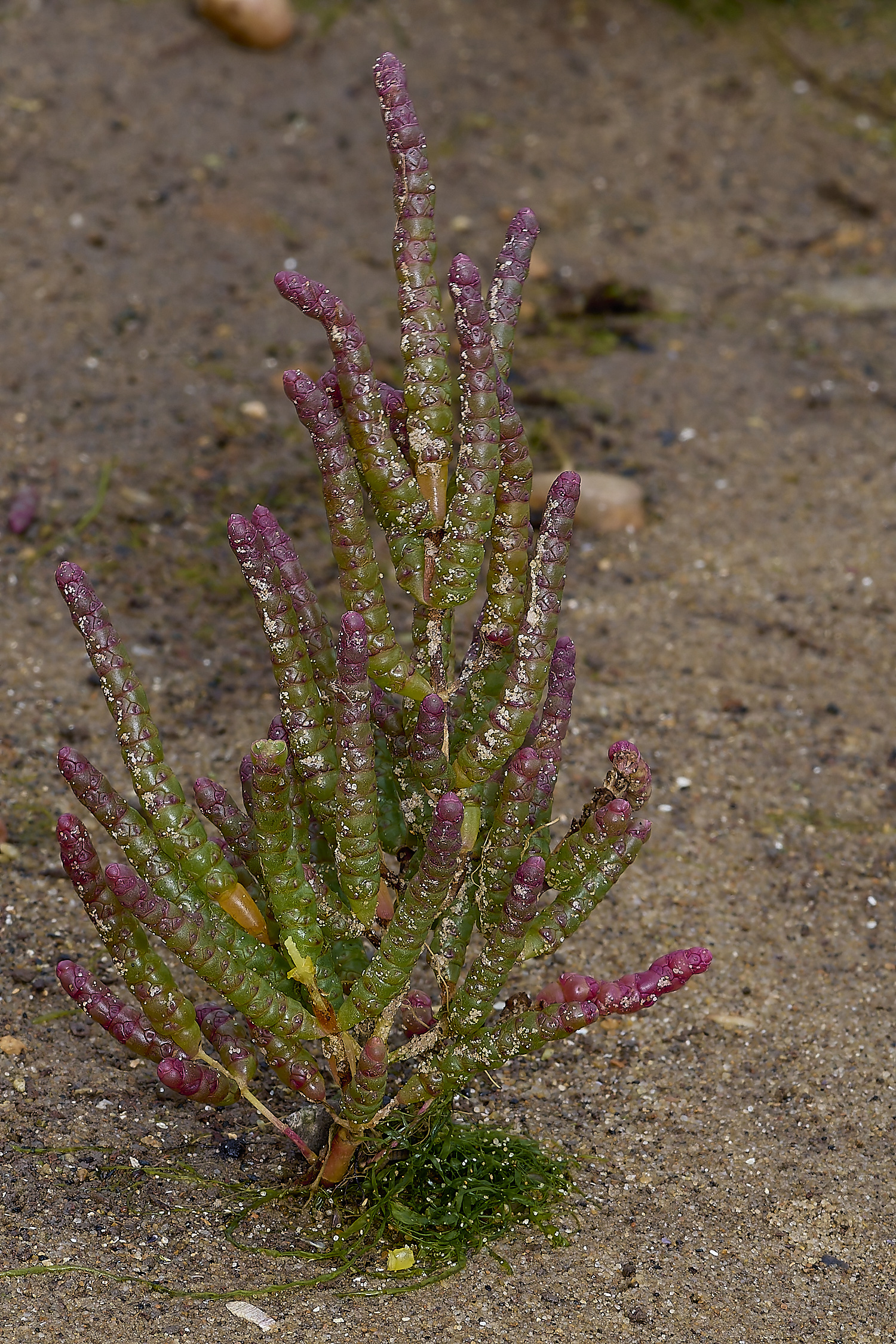
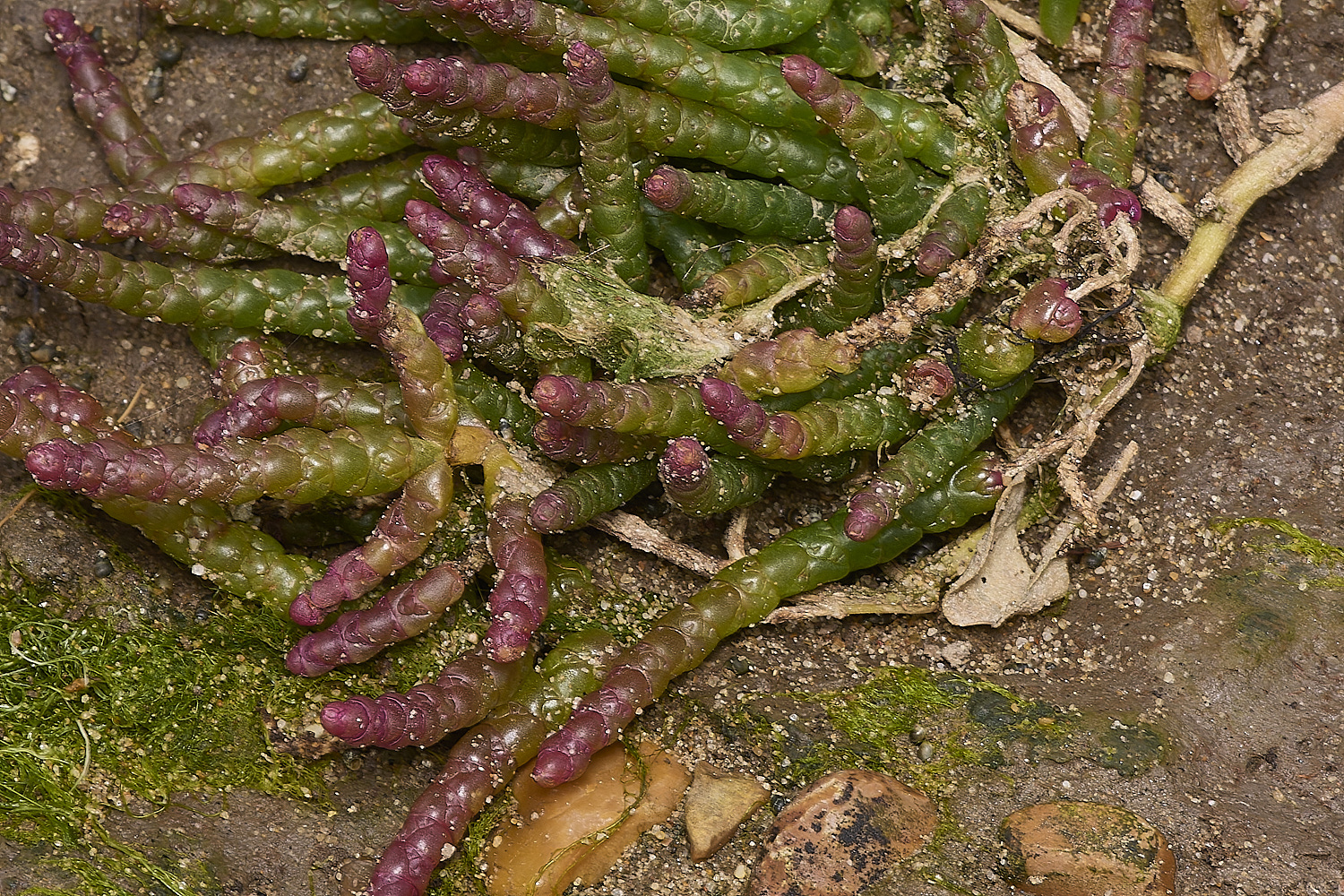
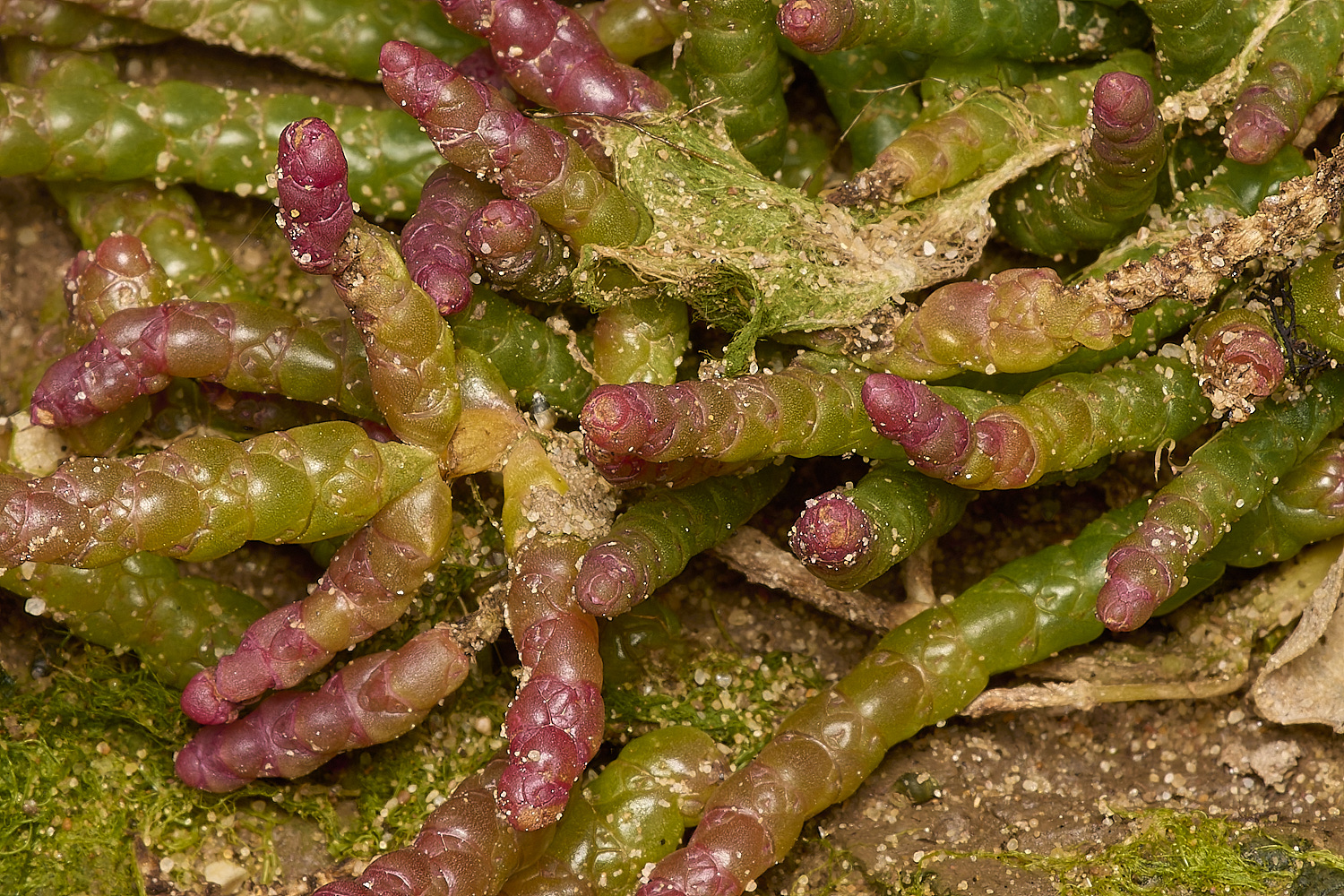
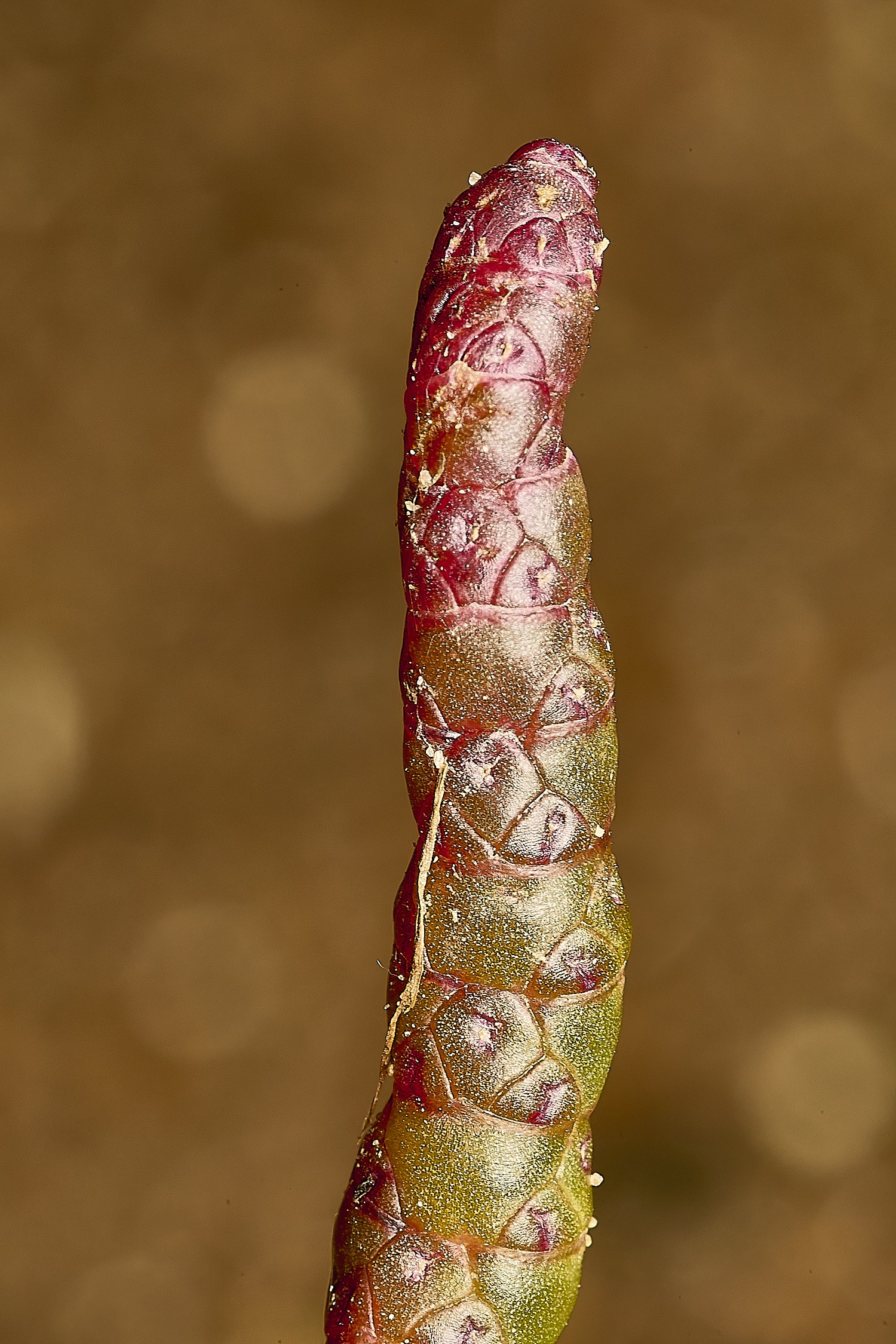
Salicornia Sp?
One found early on in the quest that wasn't identified.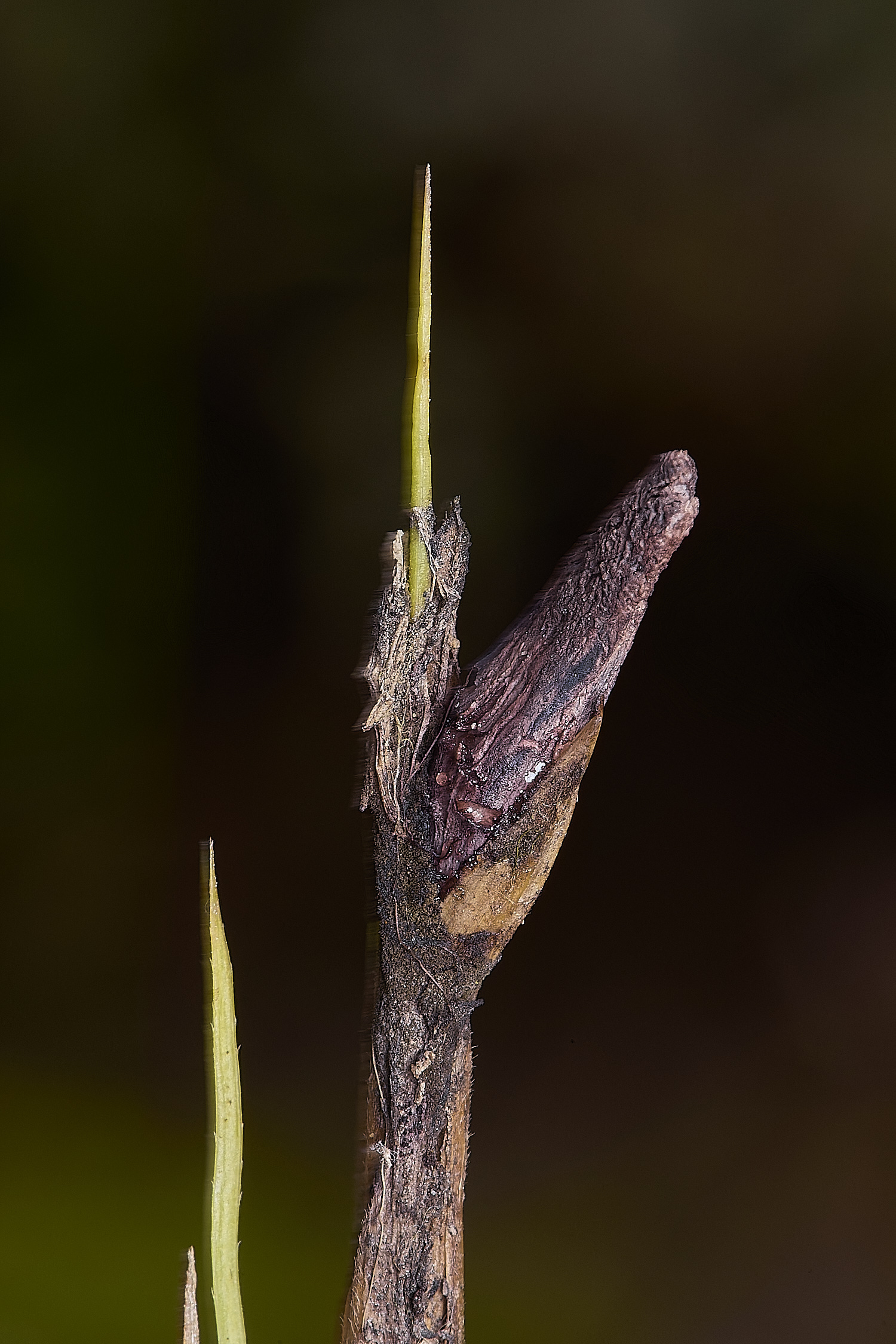
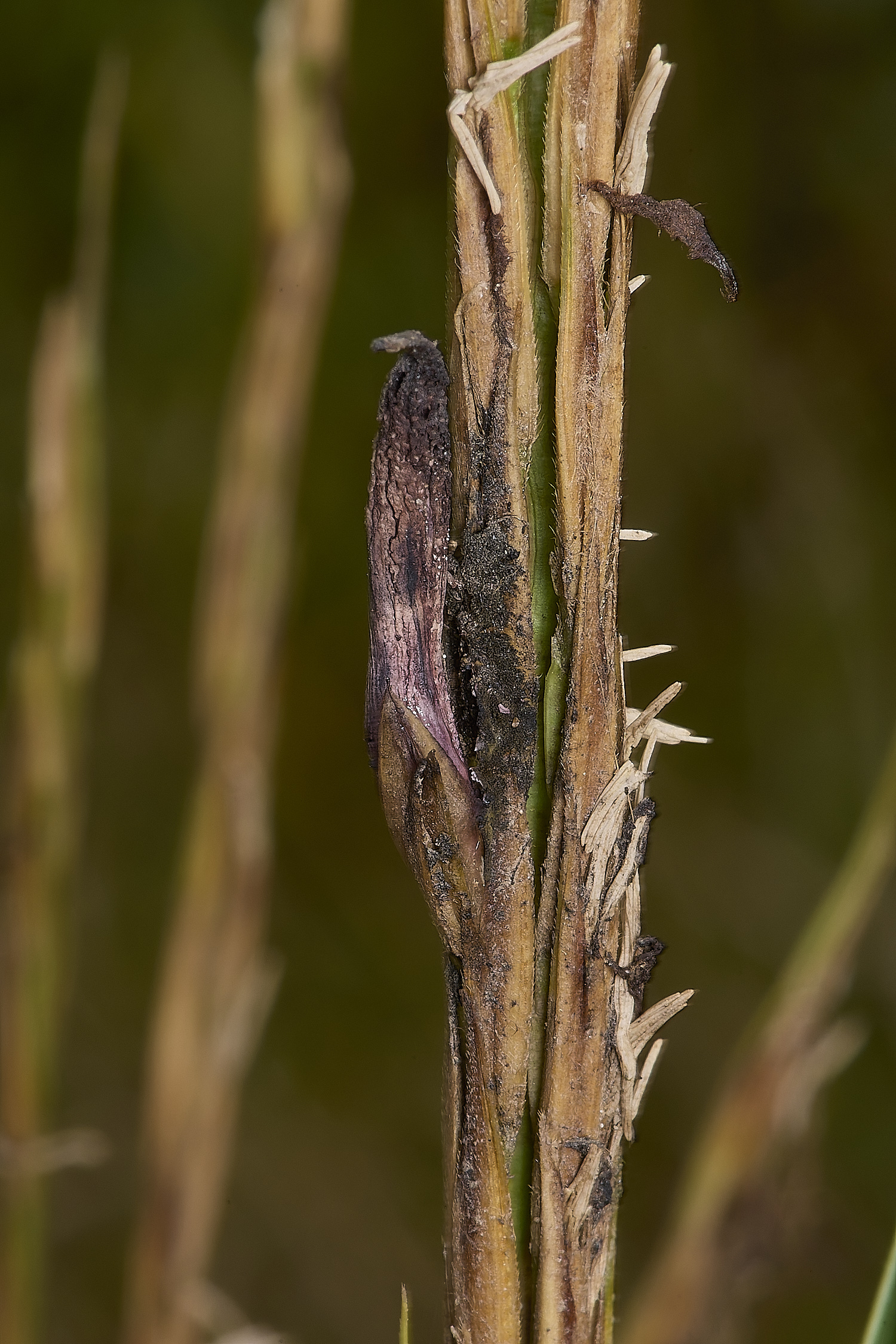
Ergot (Clavicepes spartinae) on Spartina (Spartina anglica))
from
CalNemo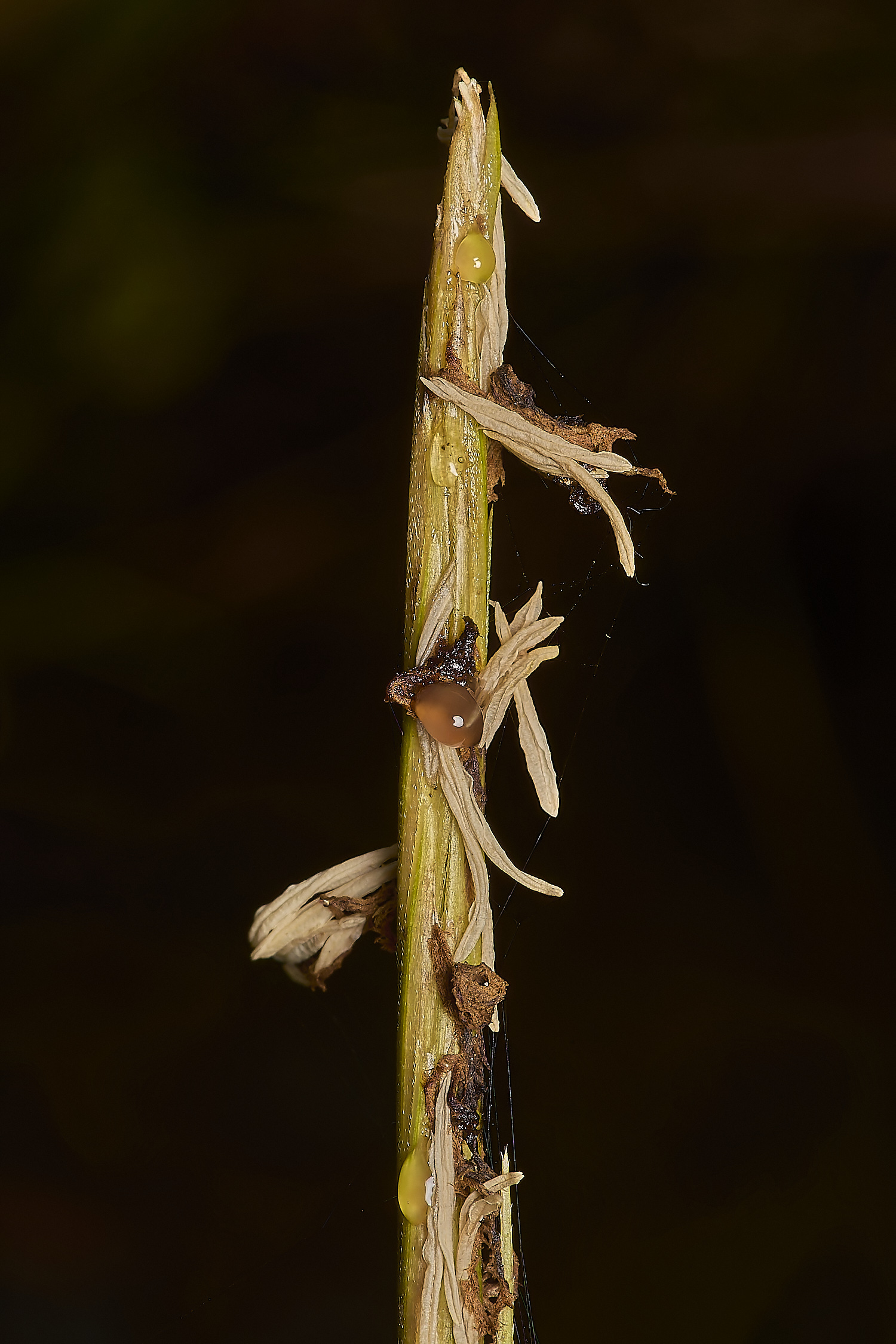
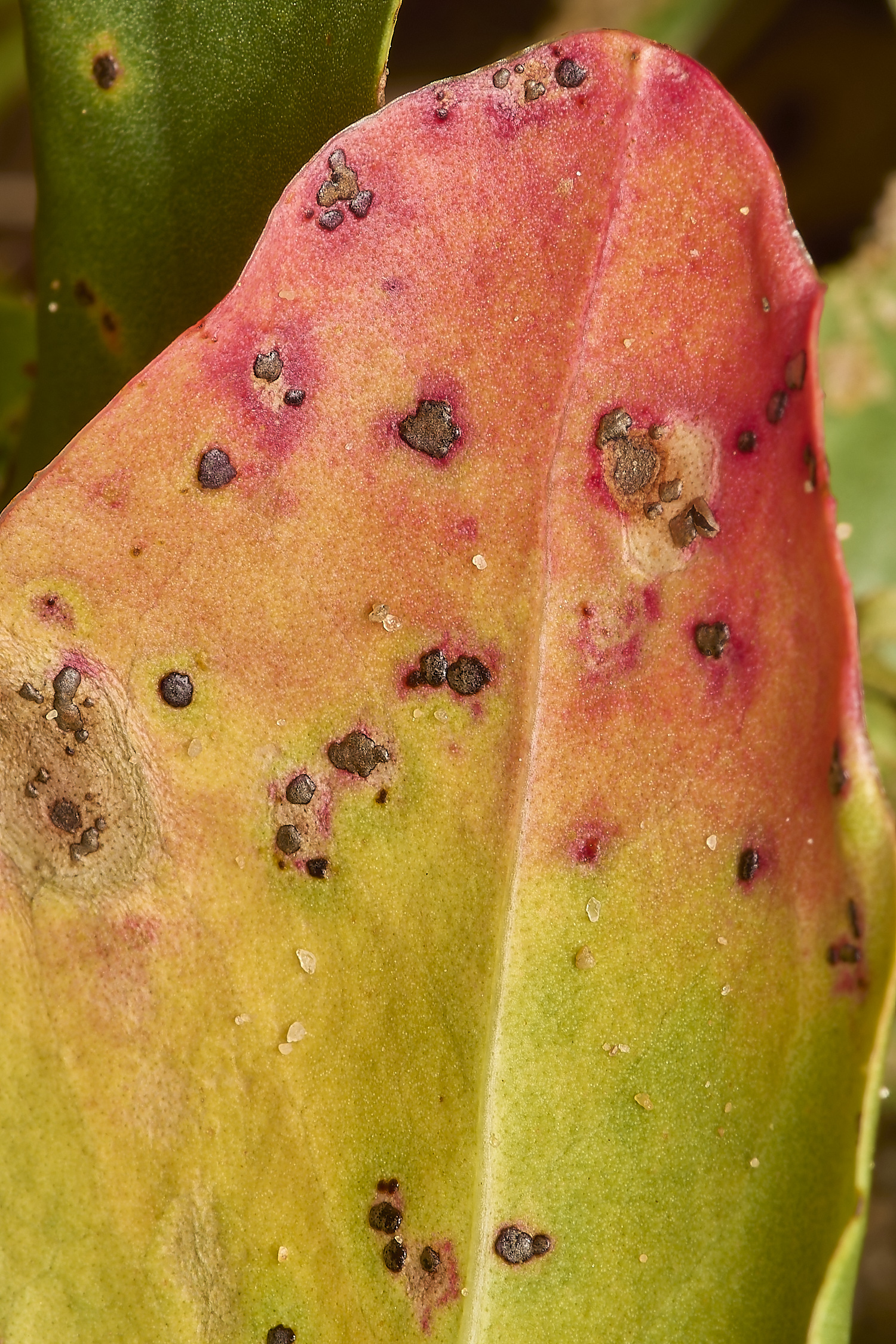
Rust (Uromyces limonii) on Sea Lavender 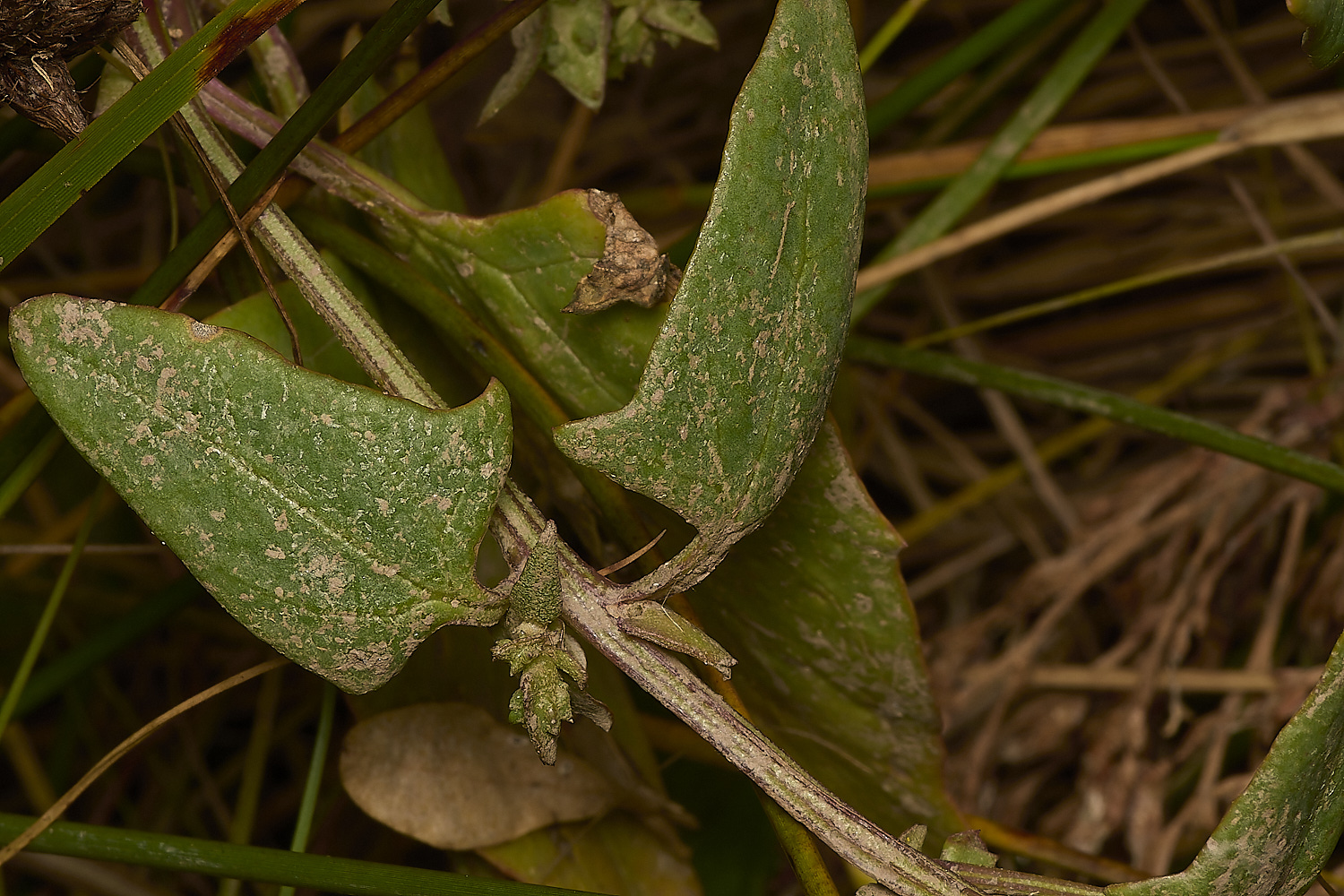
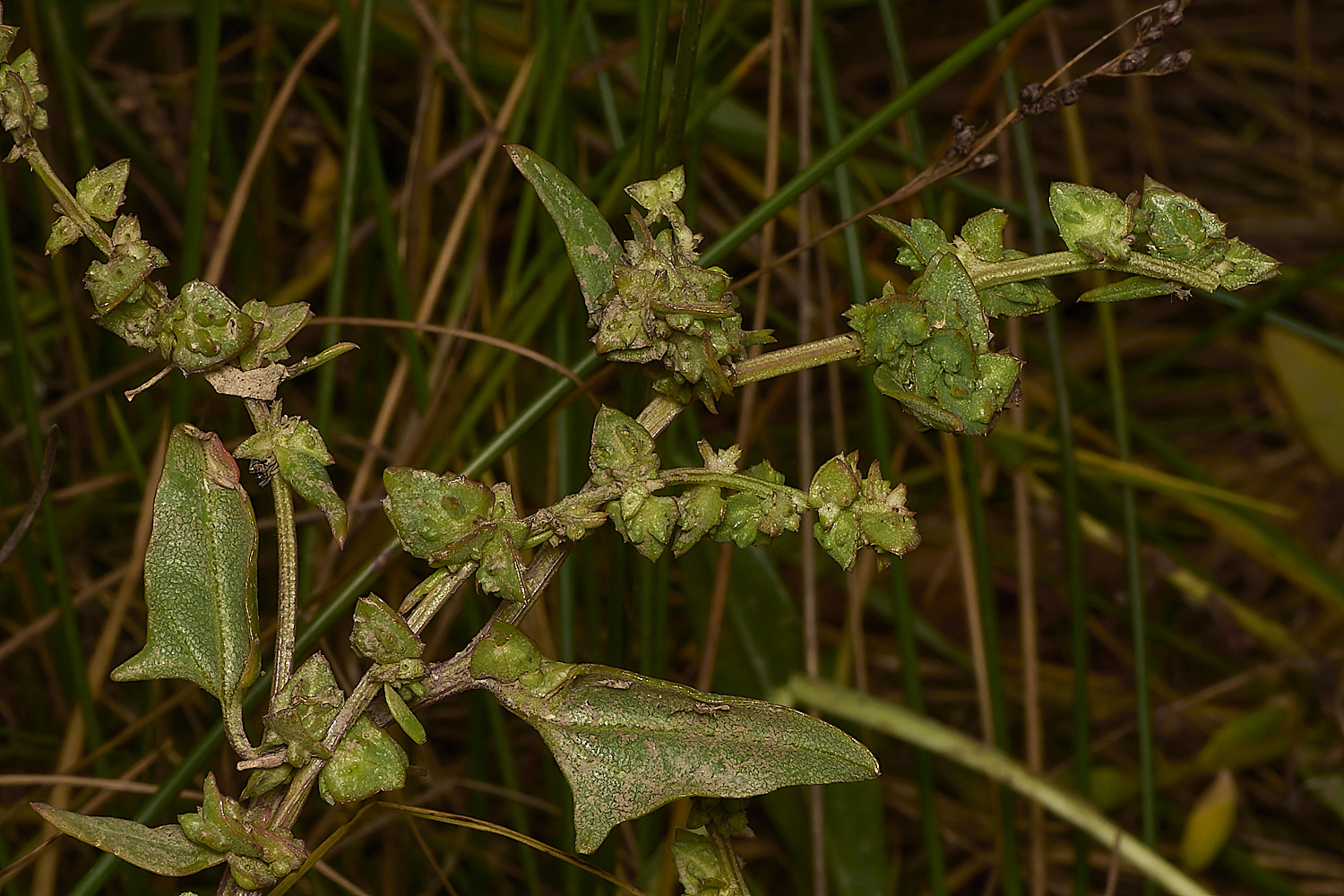
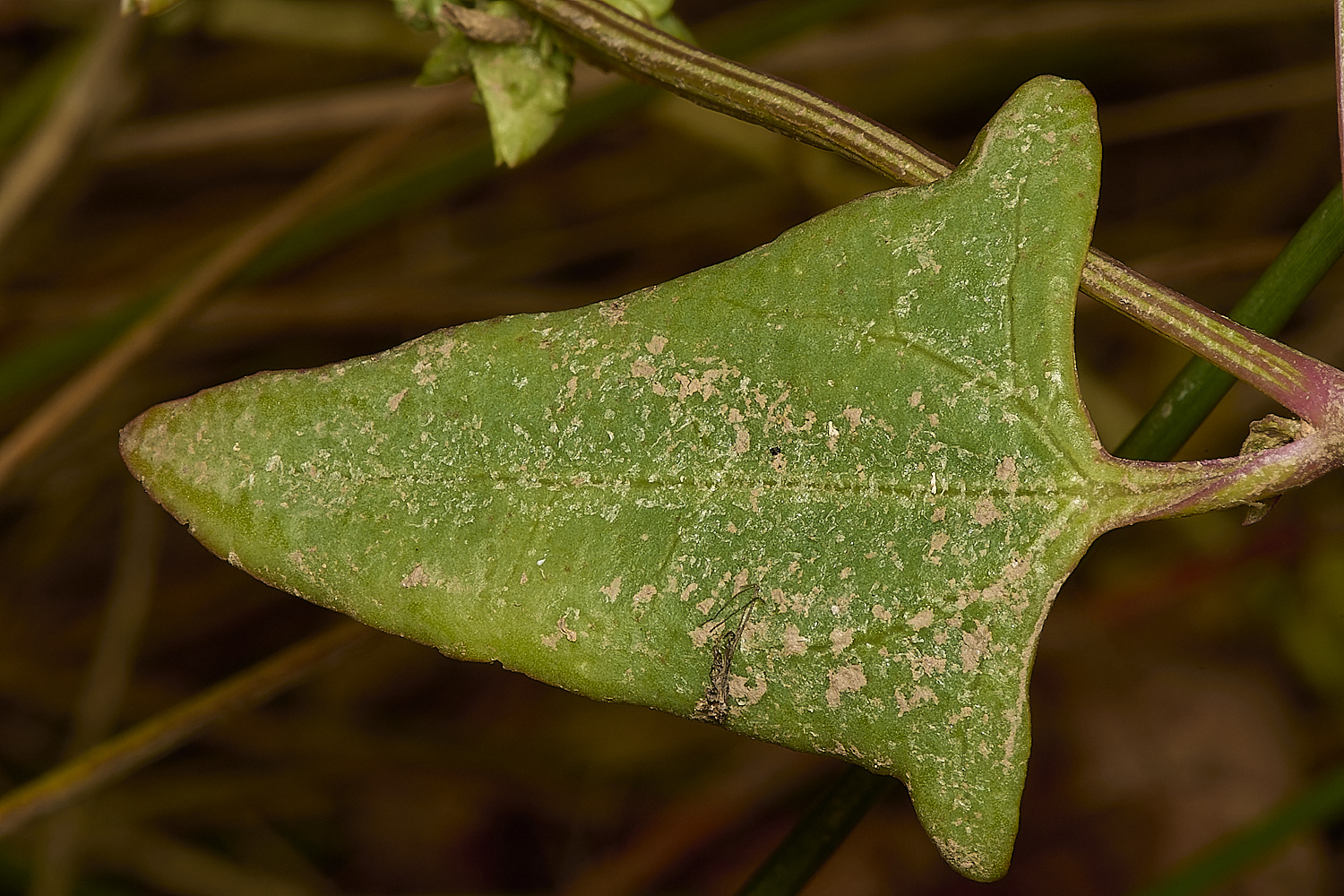
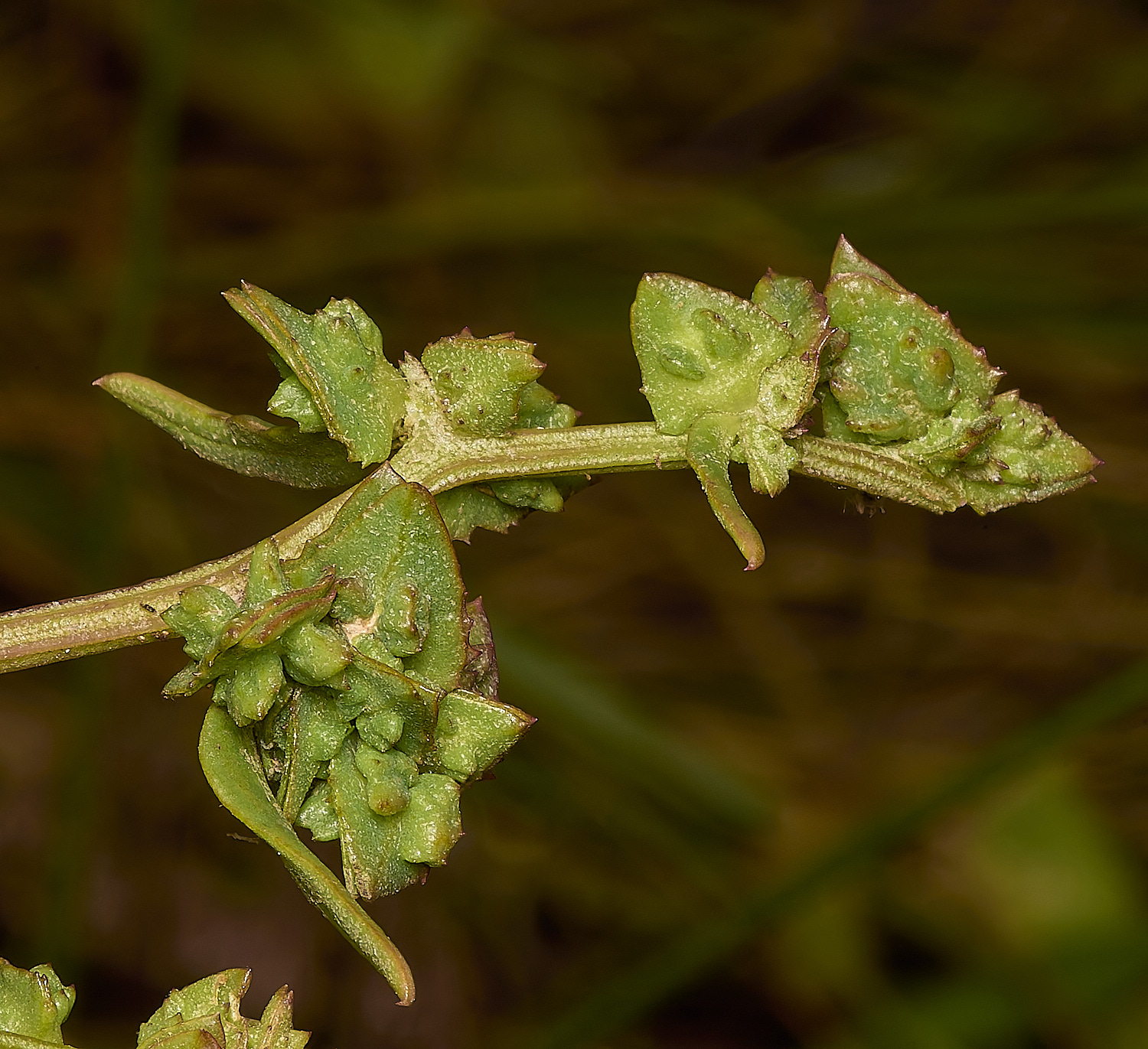
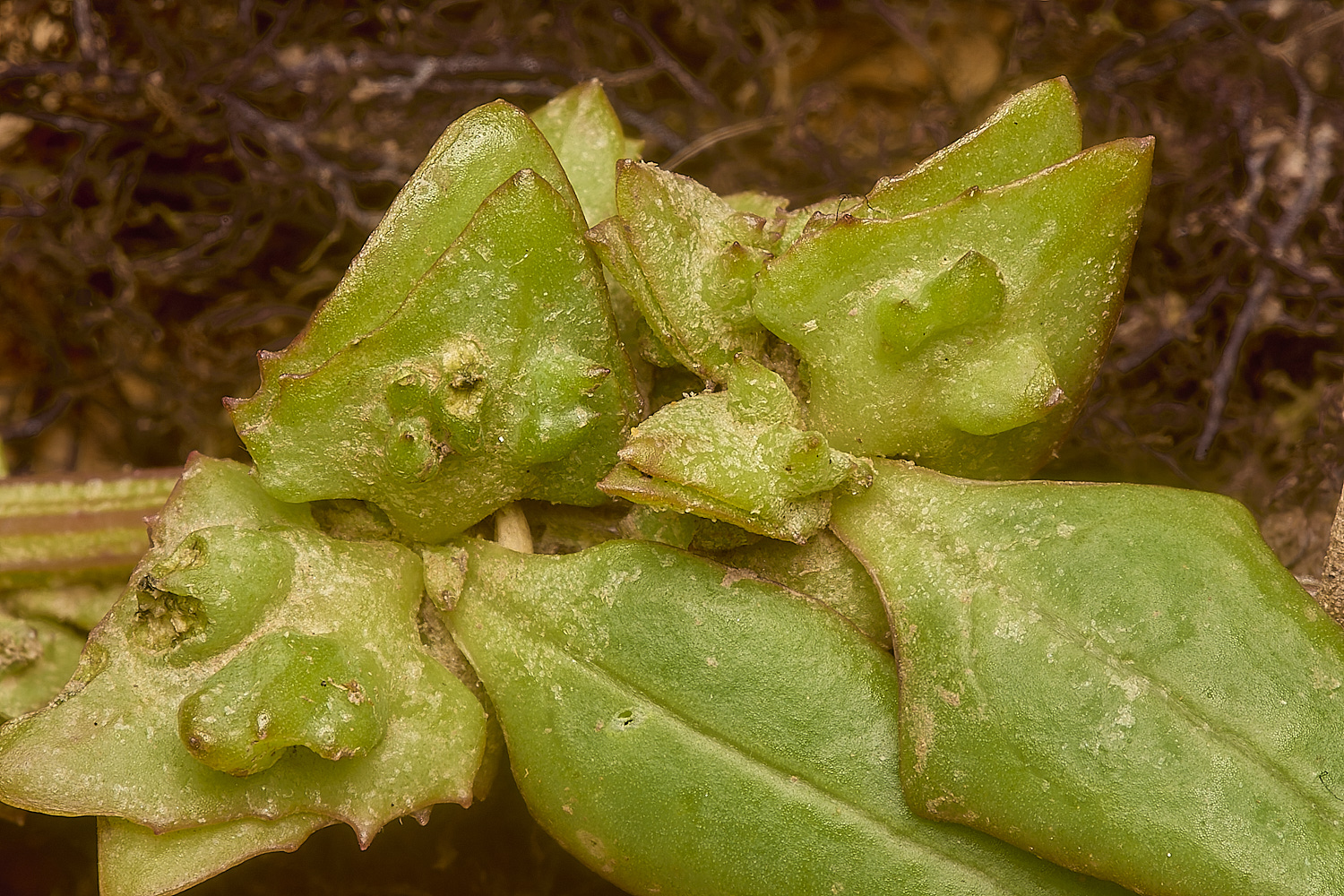

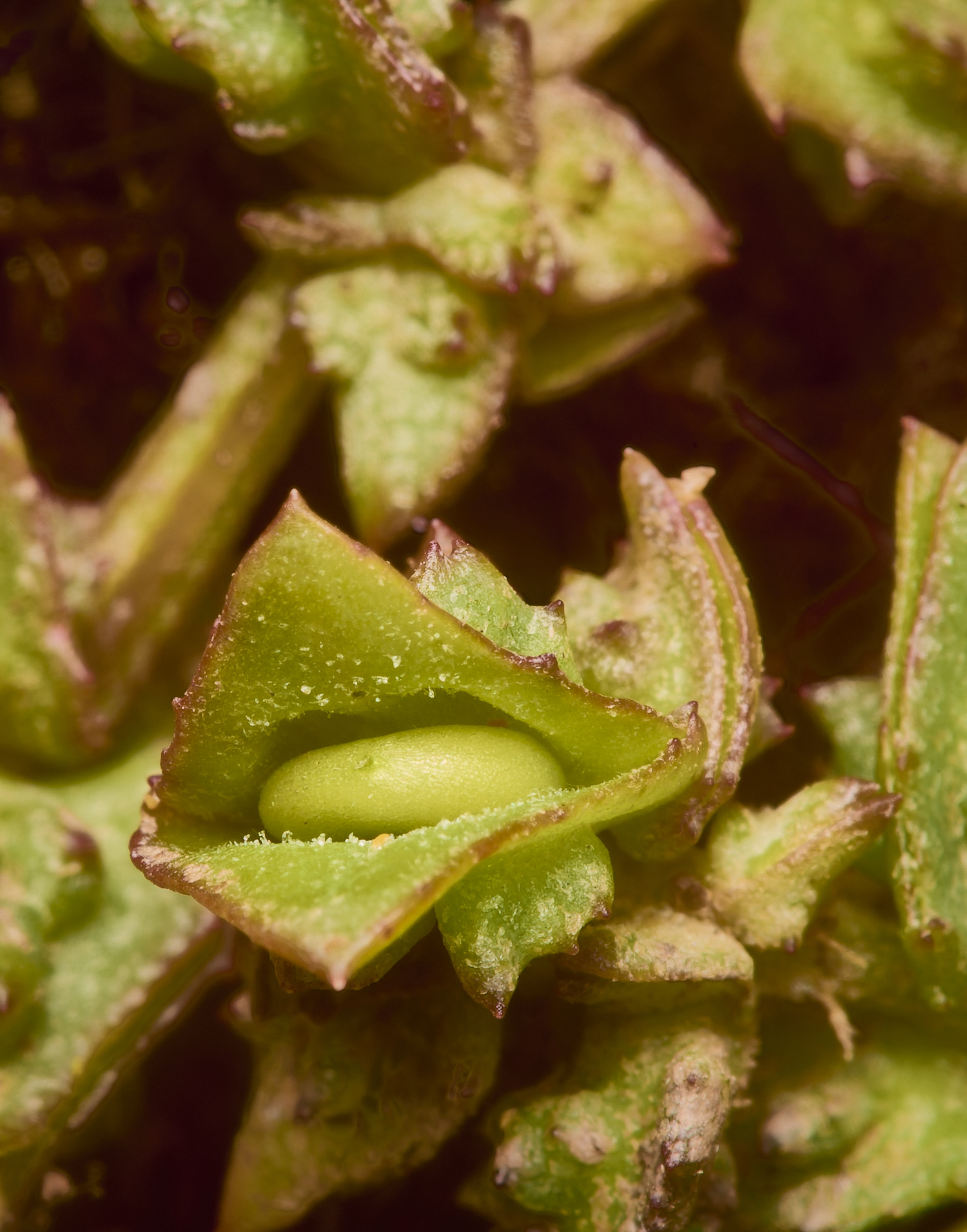
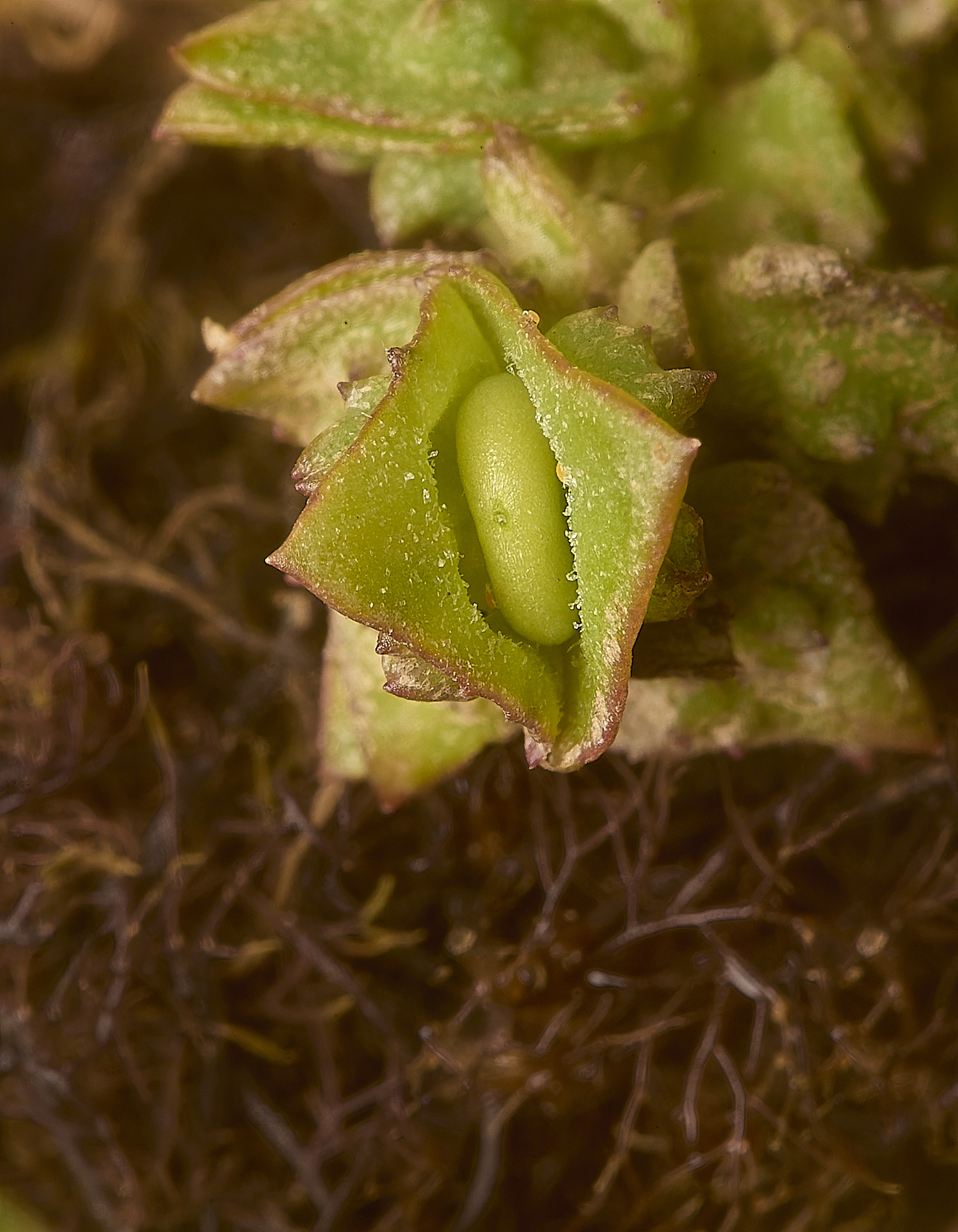
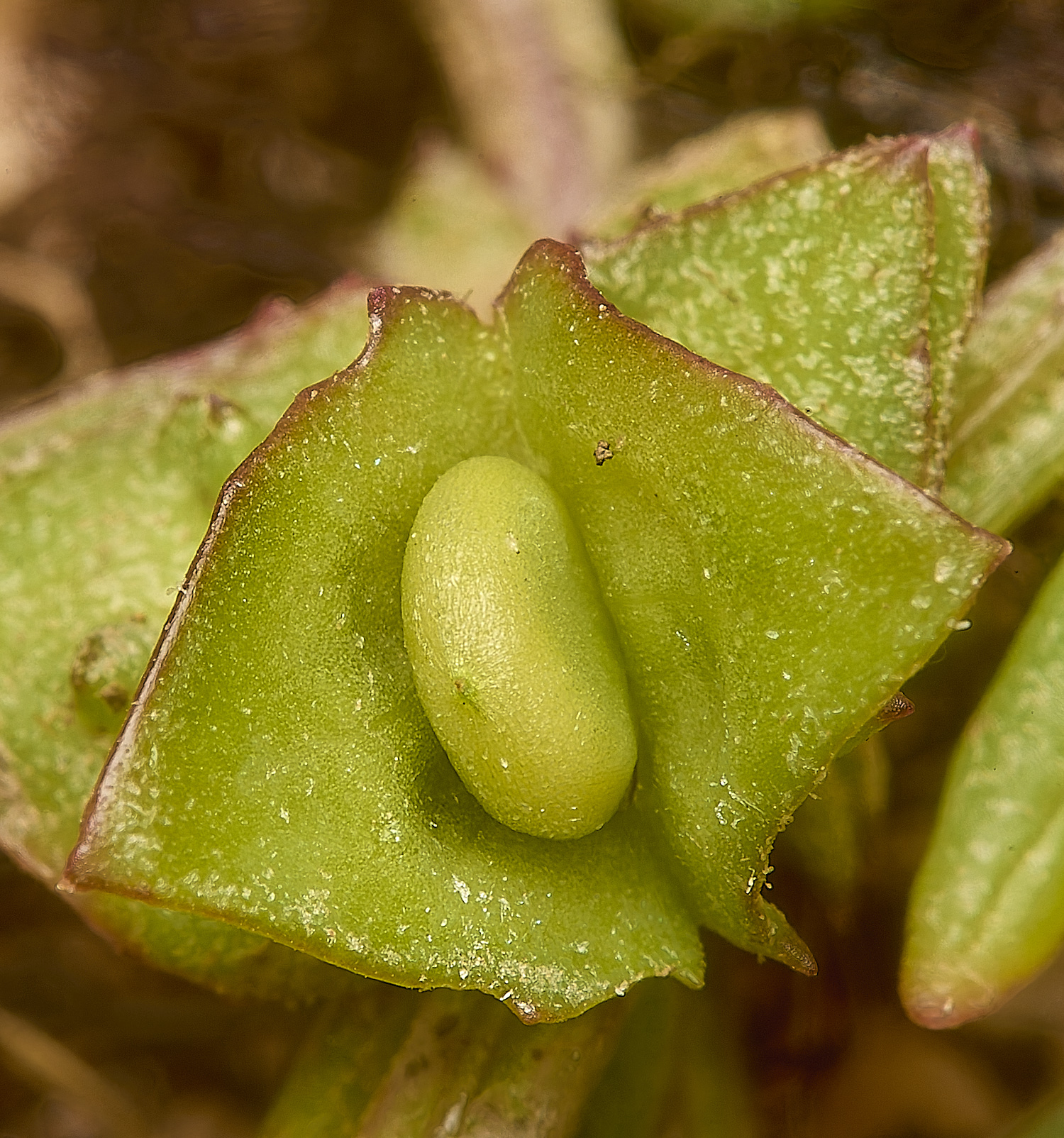
Spear-leaved Orache (Orache prostrata)
Bracteoles fused only at base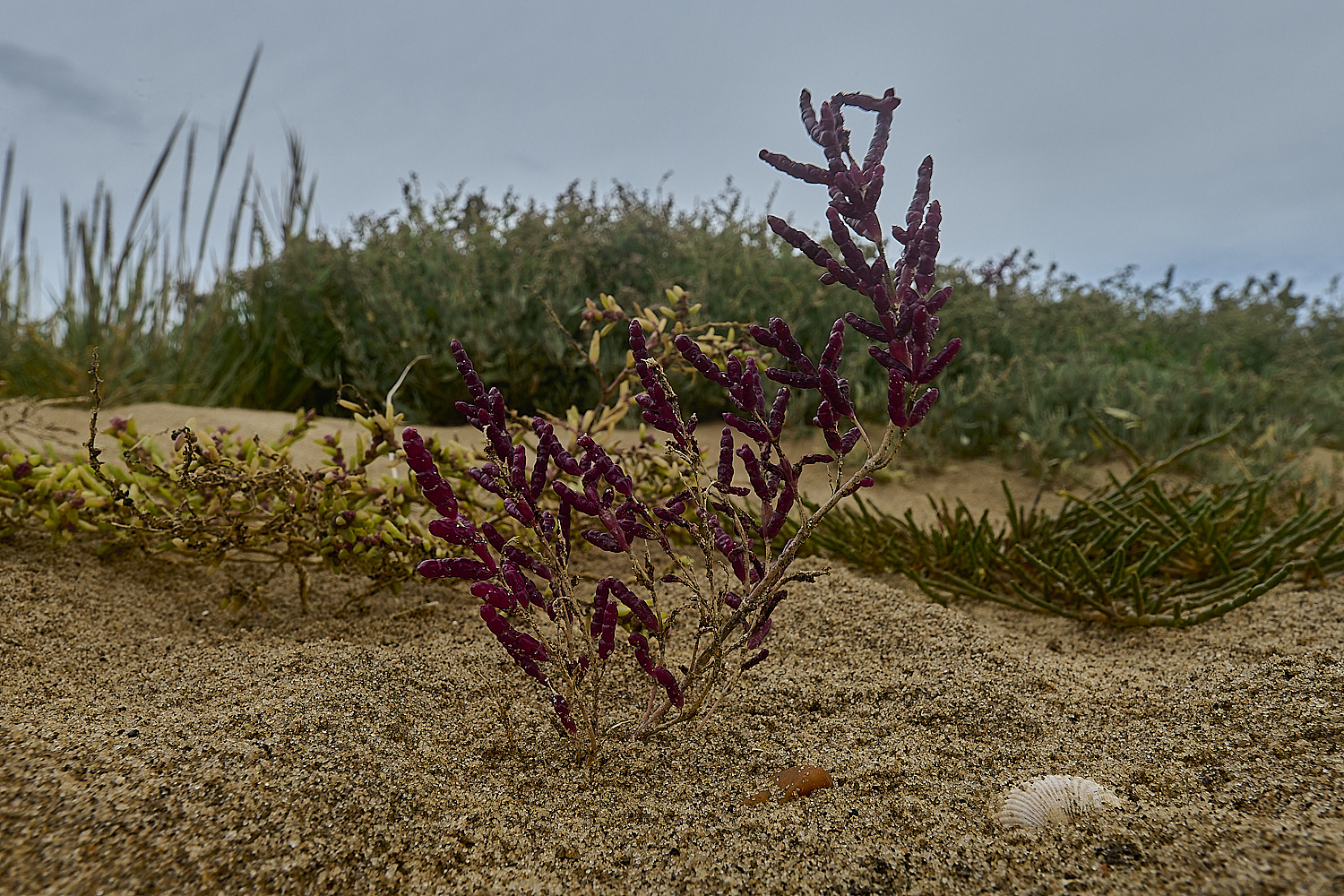
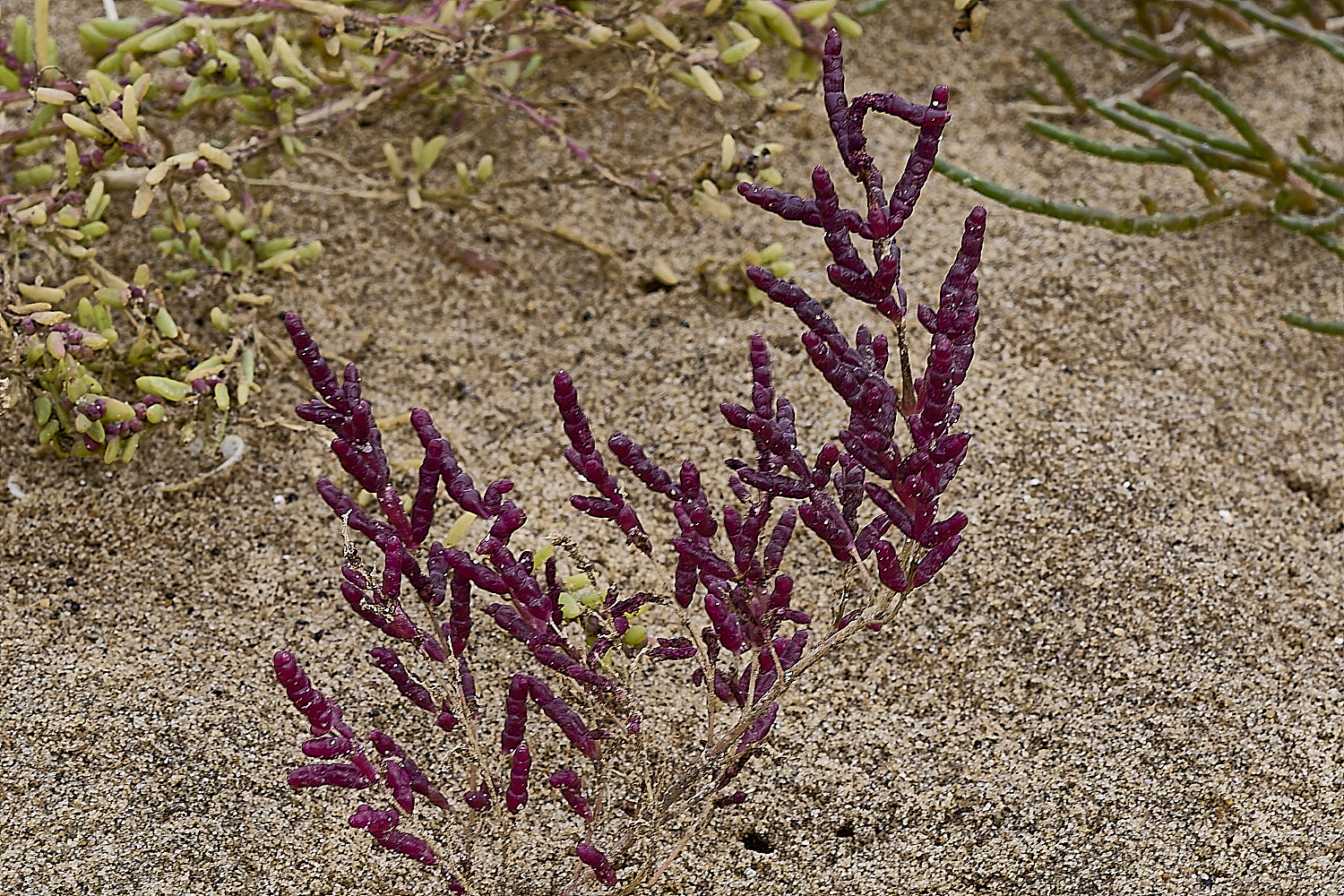
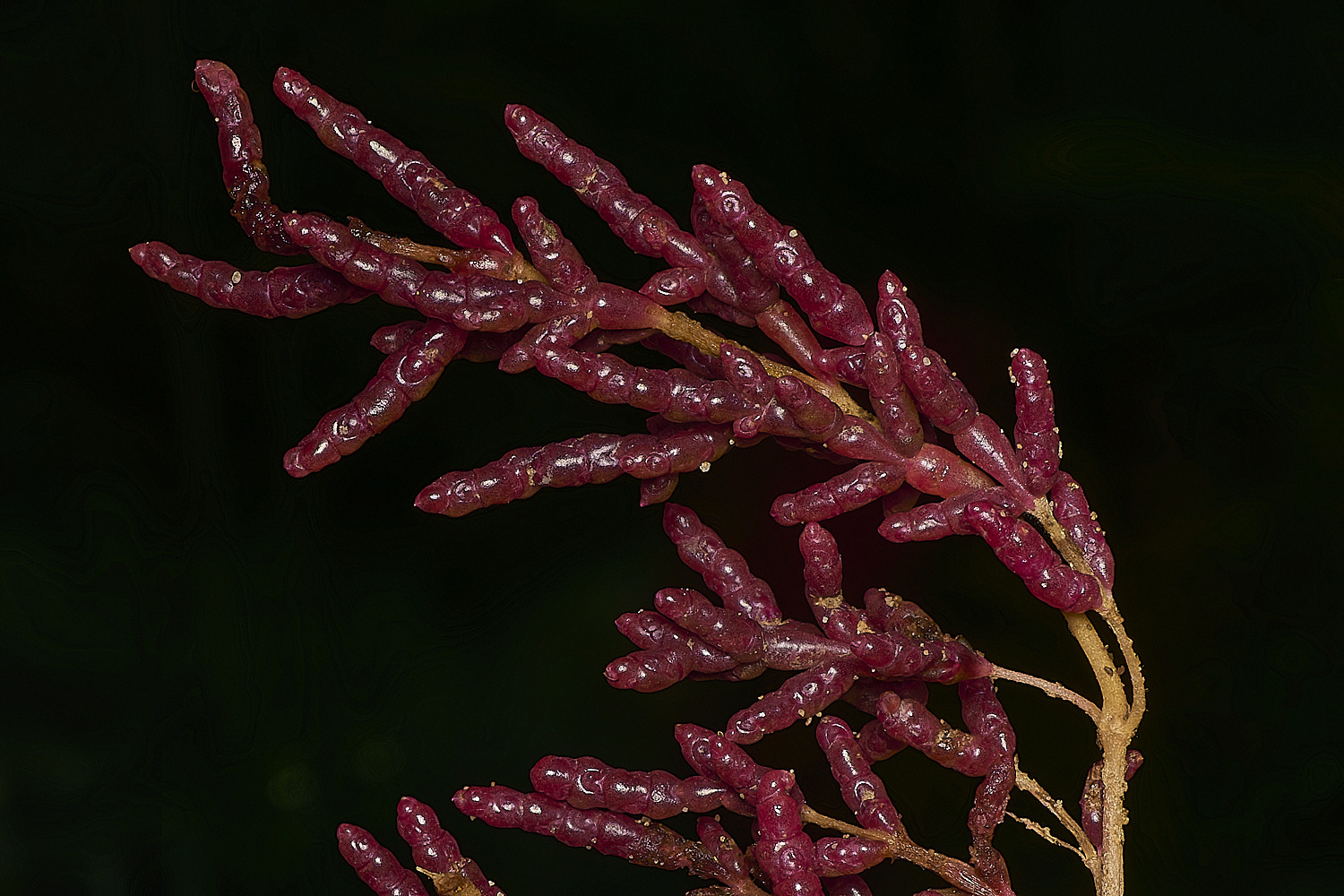
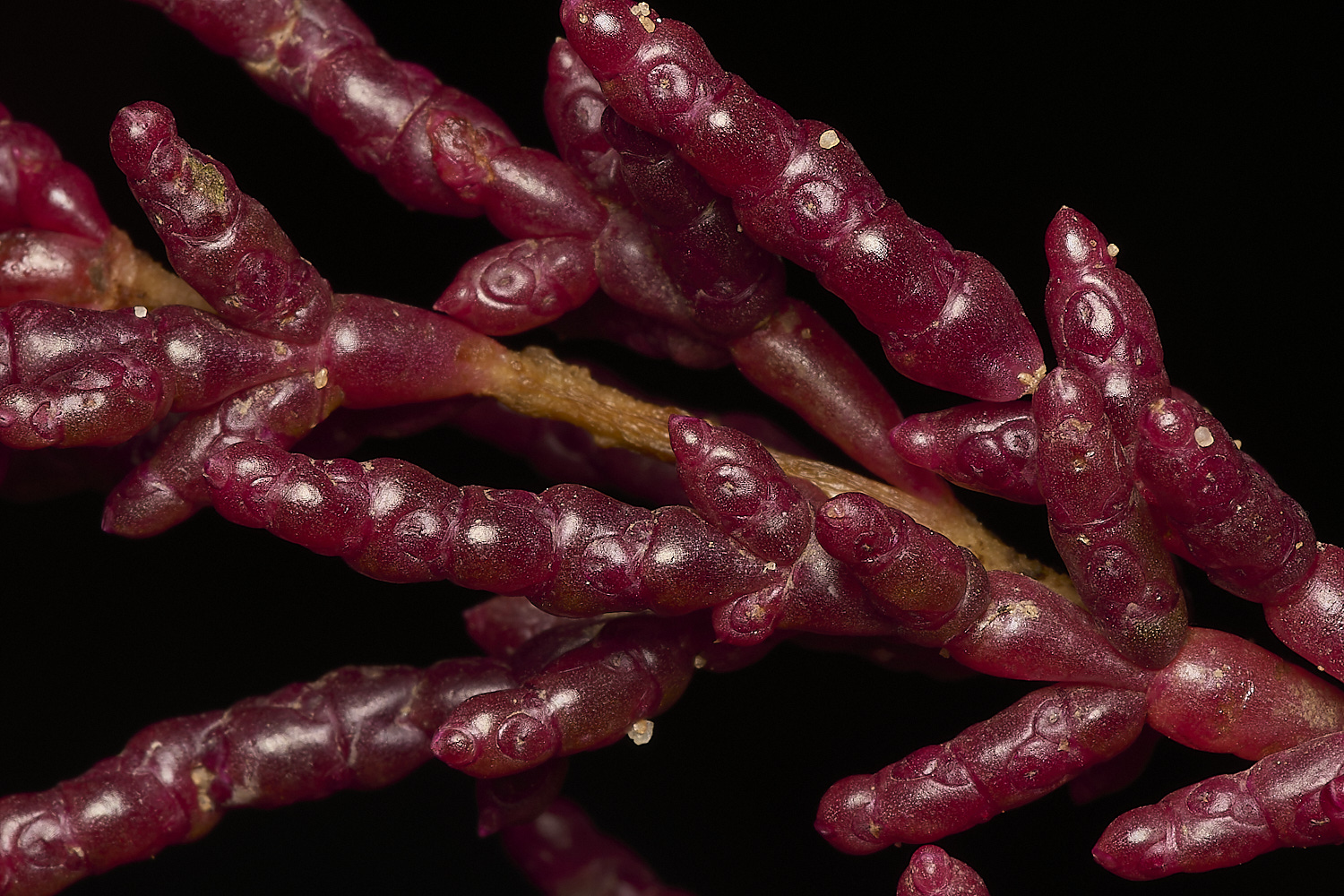
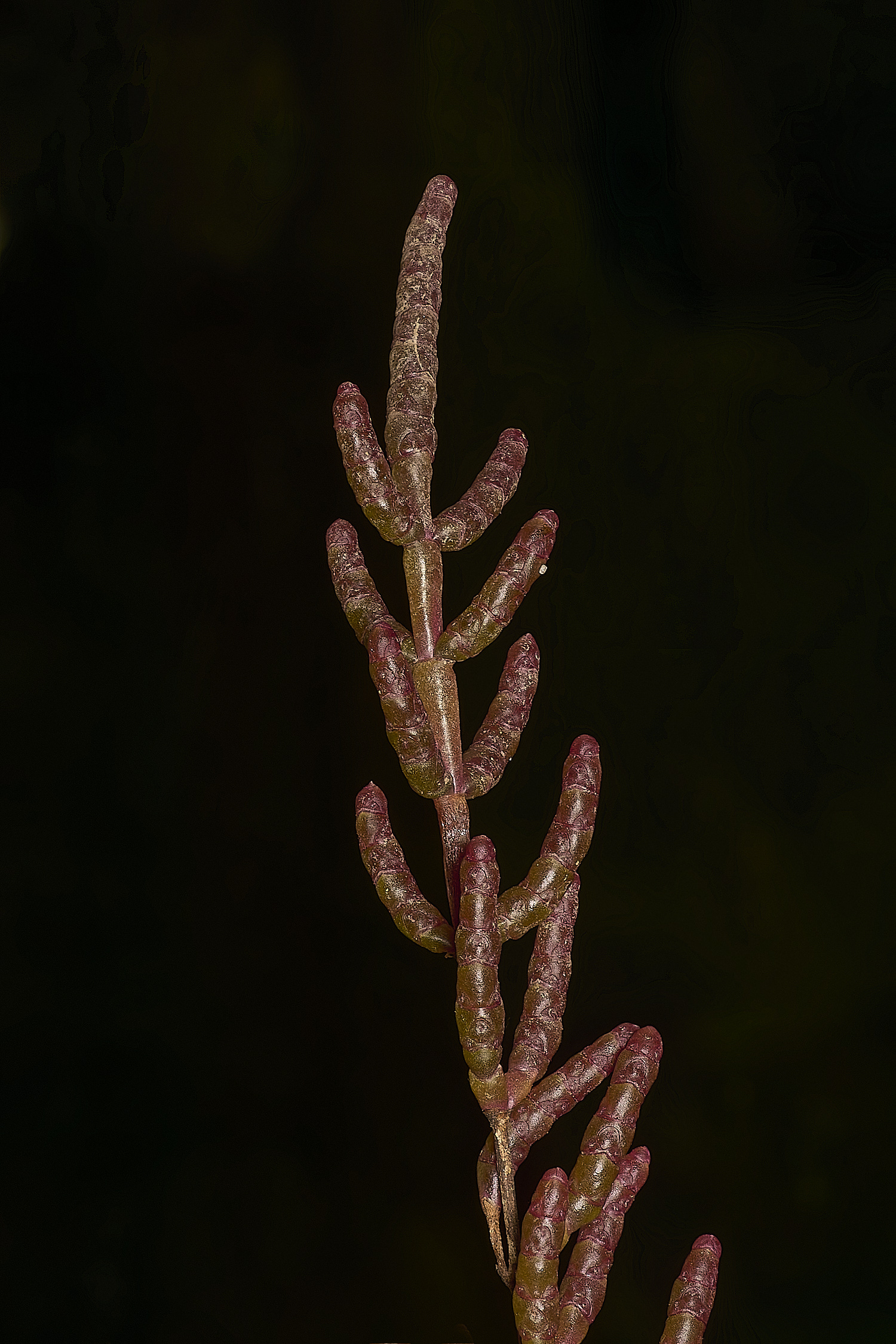
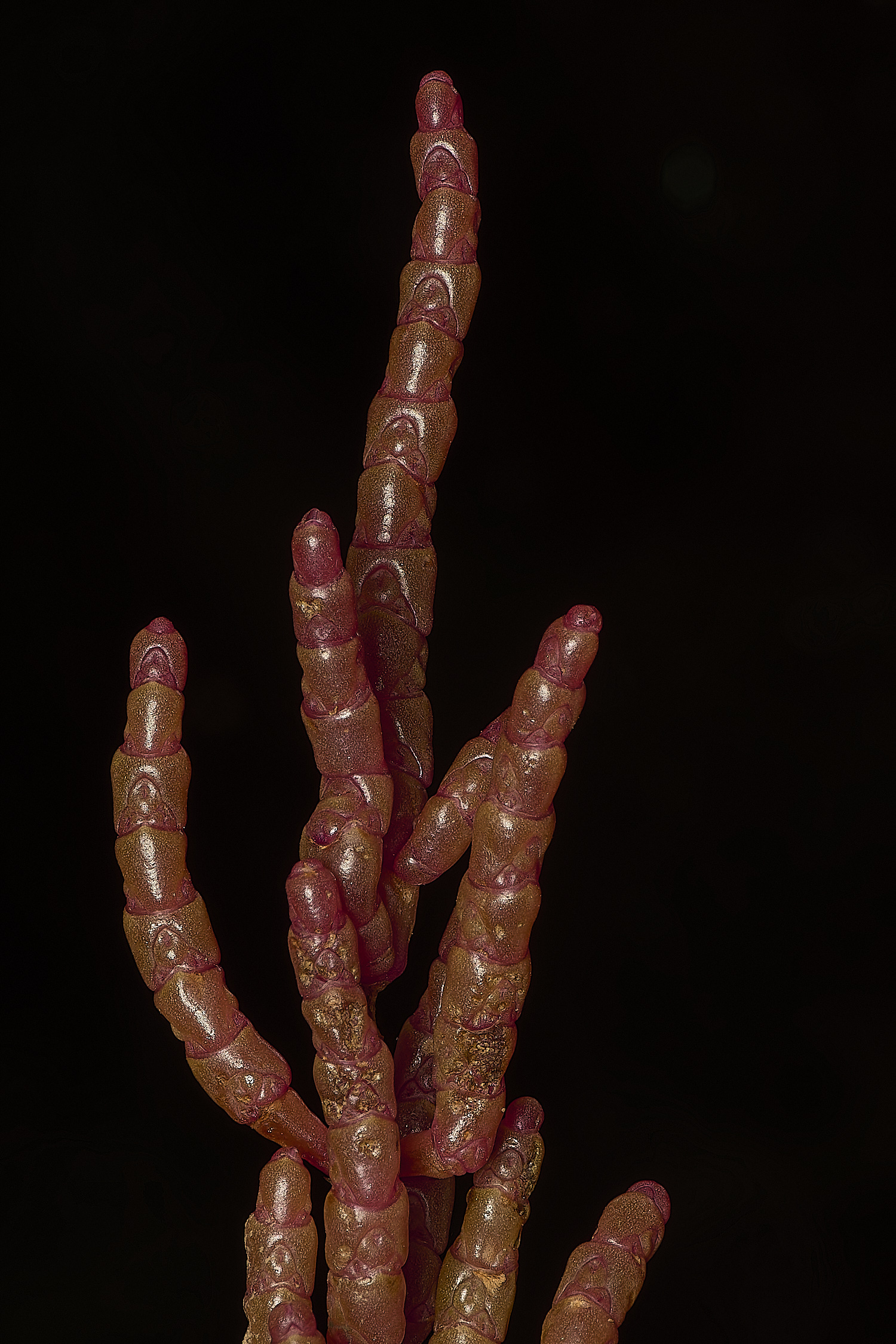

Purple Glasswort (Salicornia ramosissima)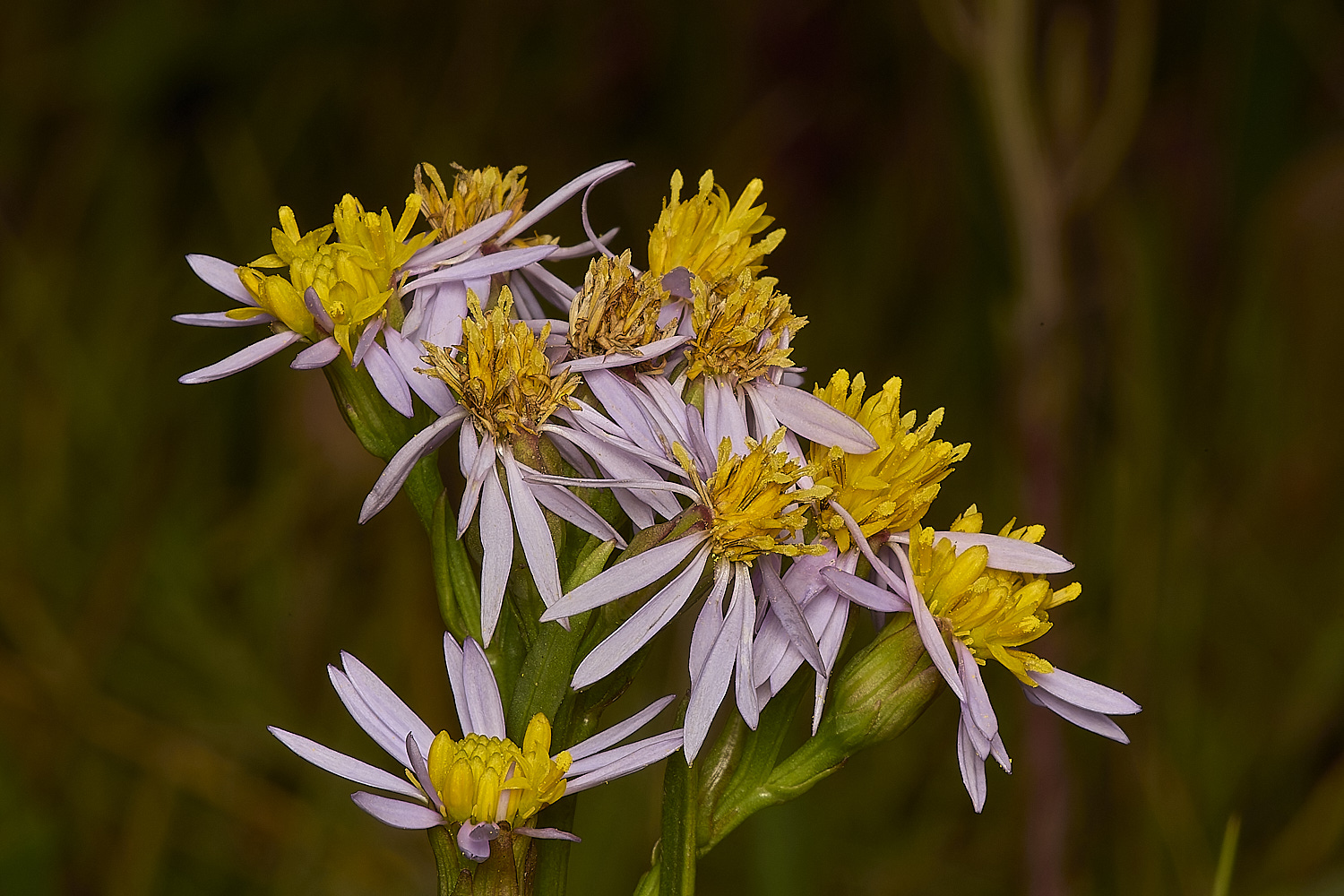
Sea Aster (Aste tripolium)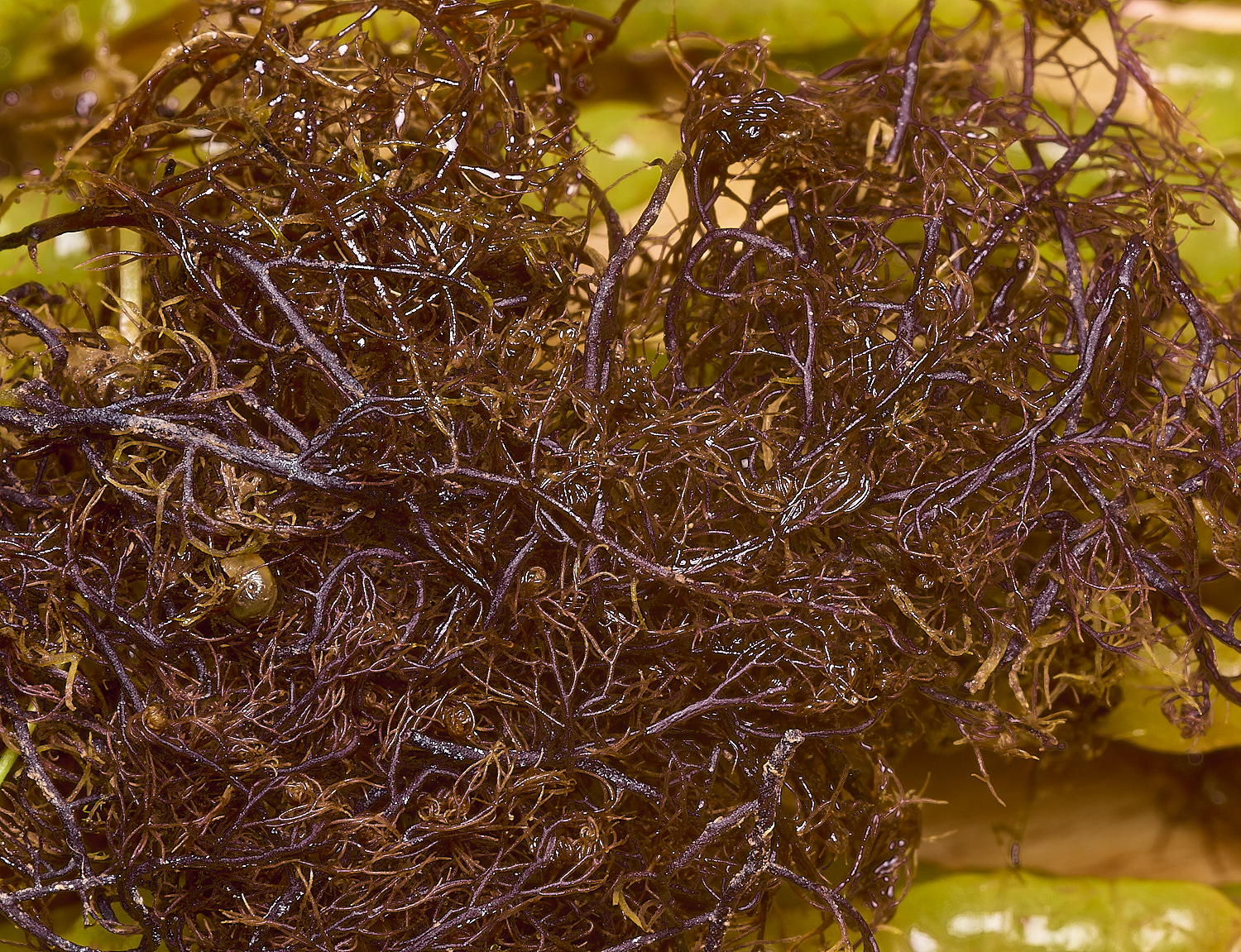
The curious tiny seaweed that forms a mat at the base of the glassworts on the mud,
Fucus muscoides?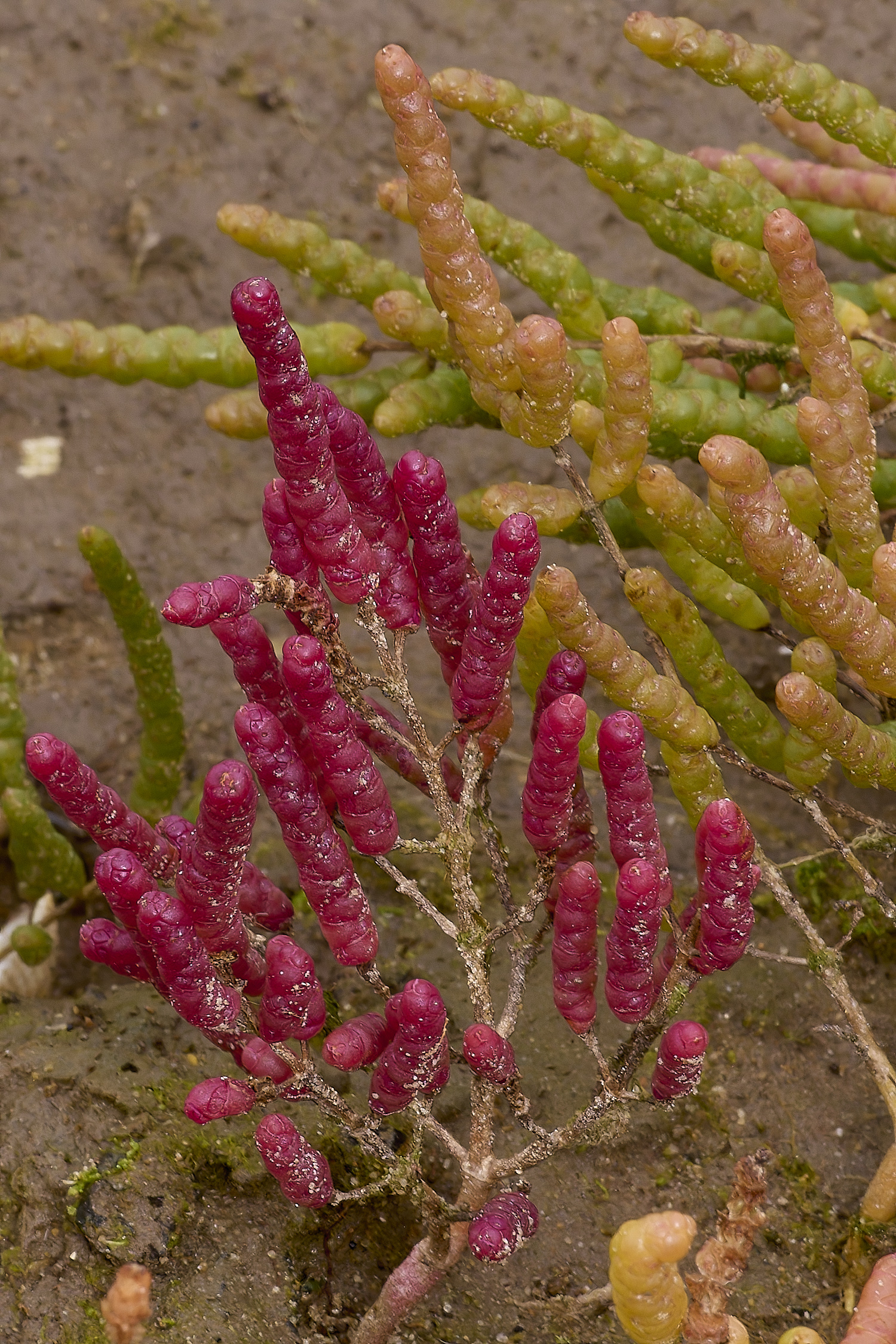
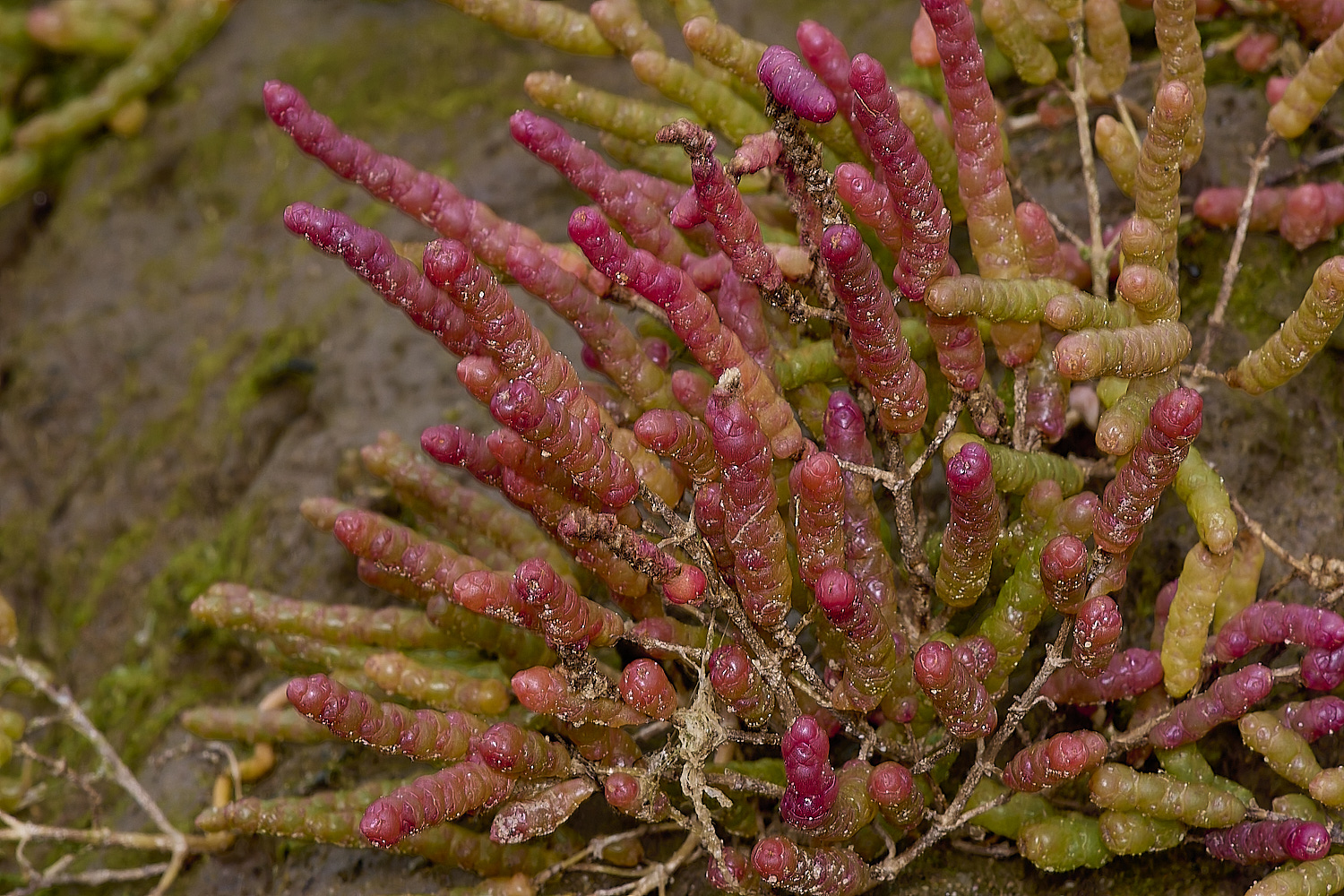
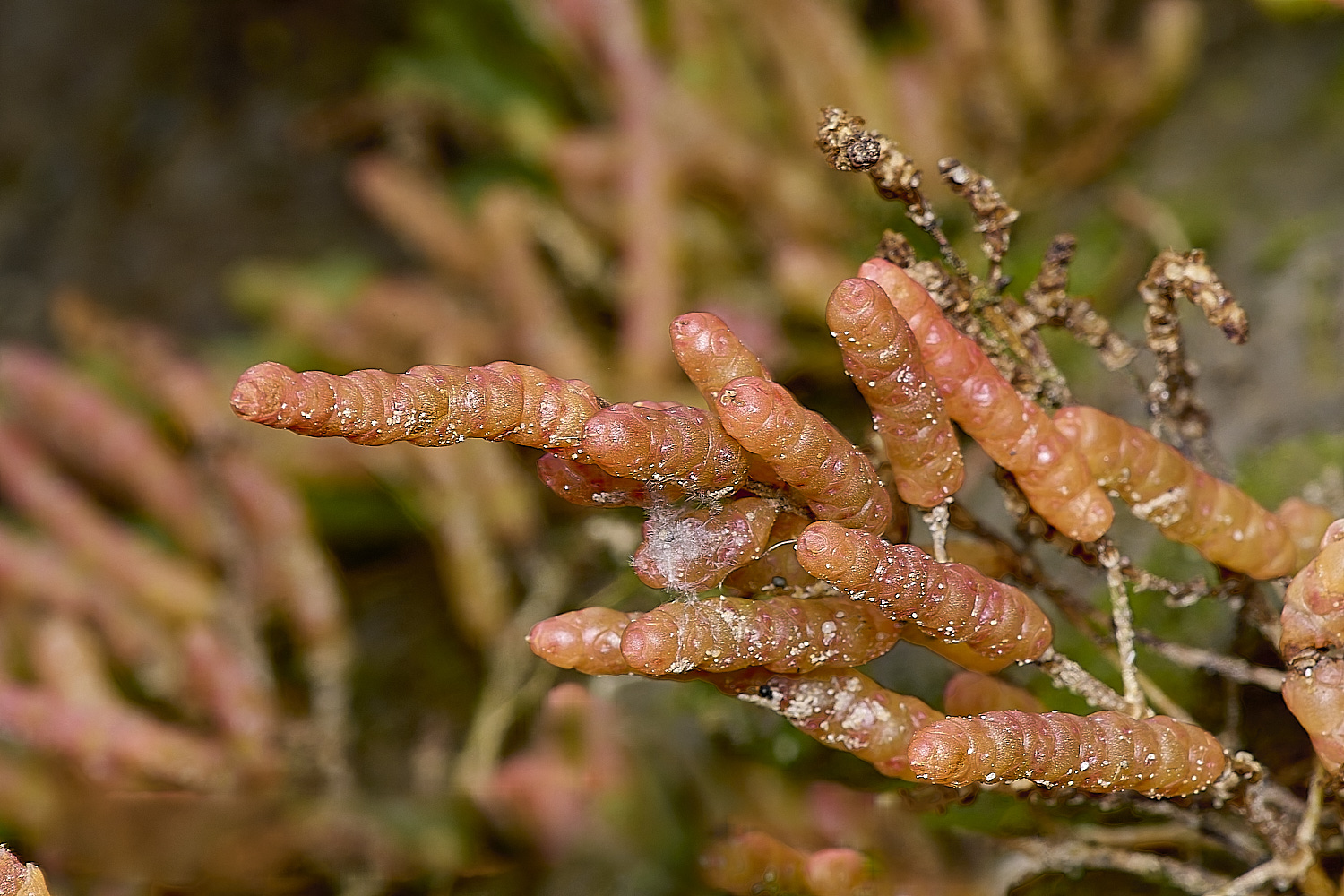
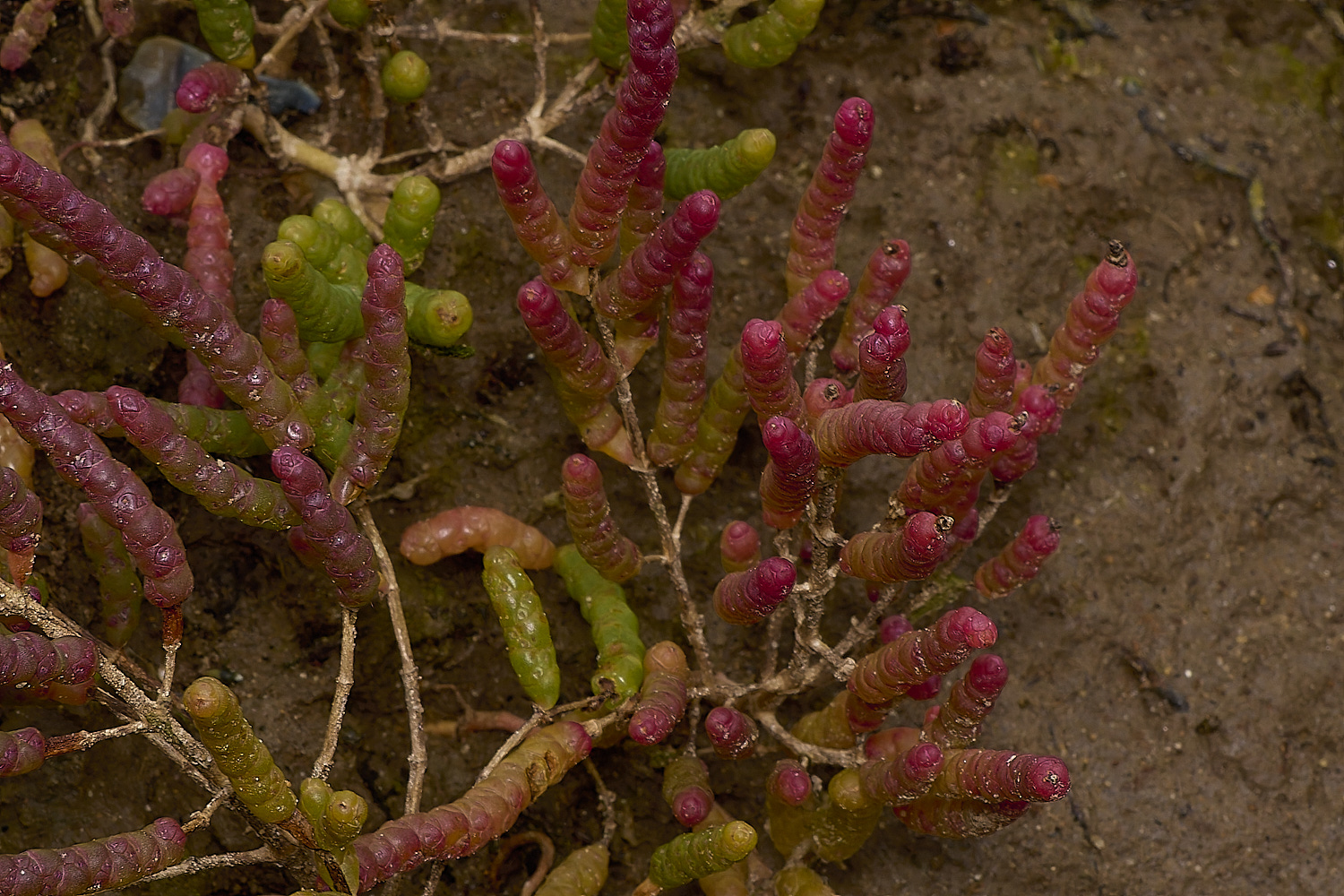
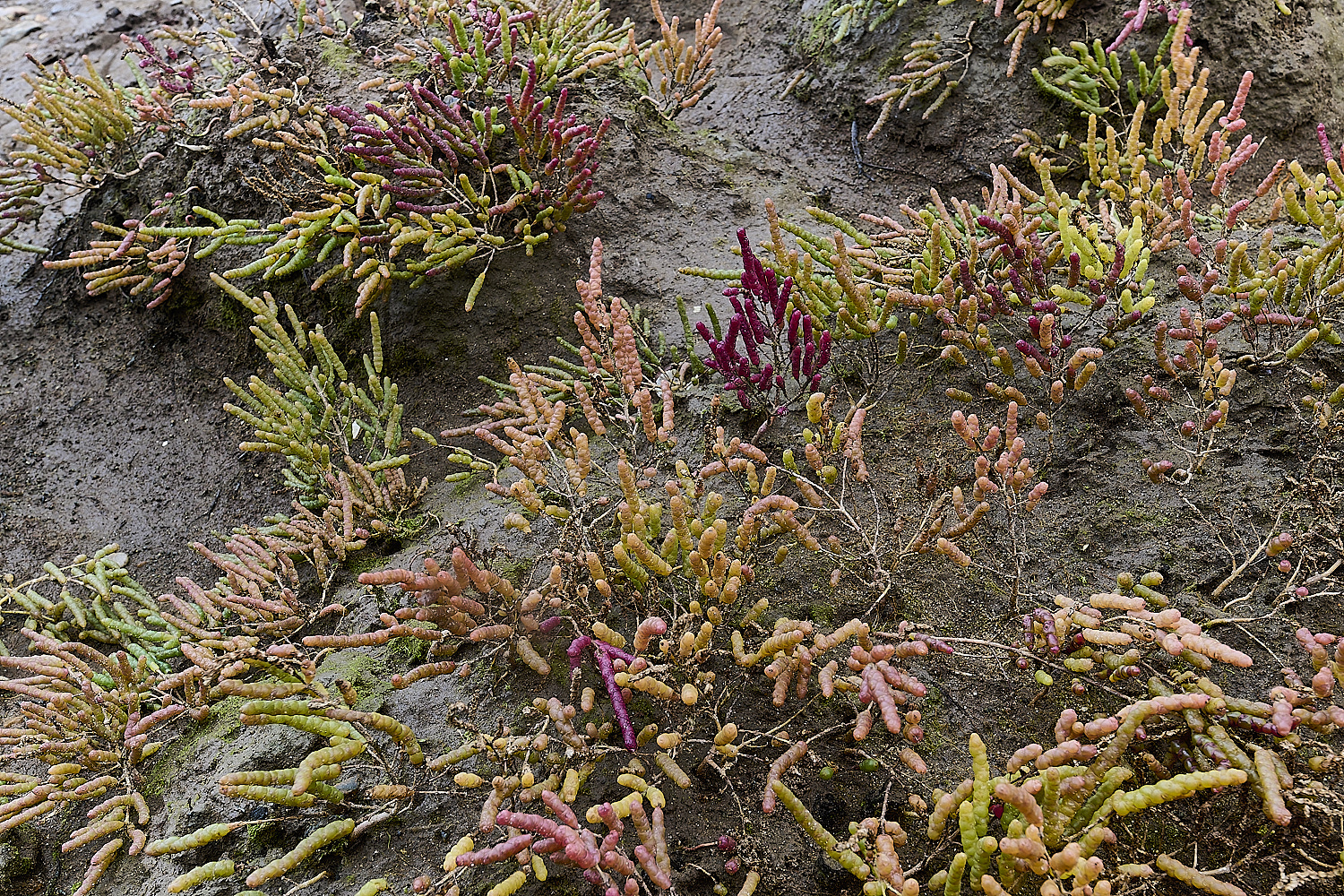
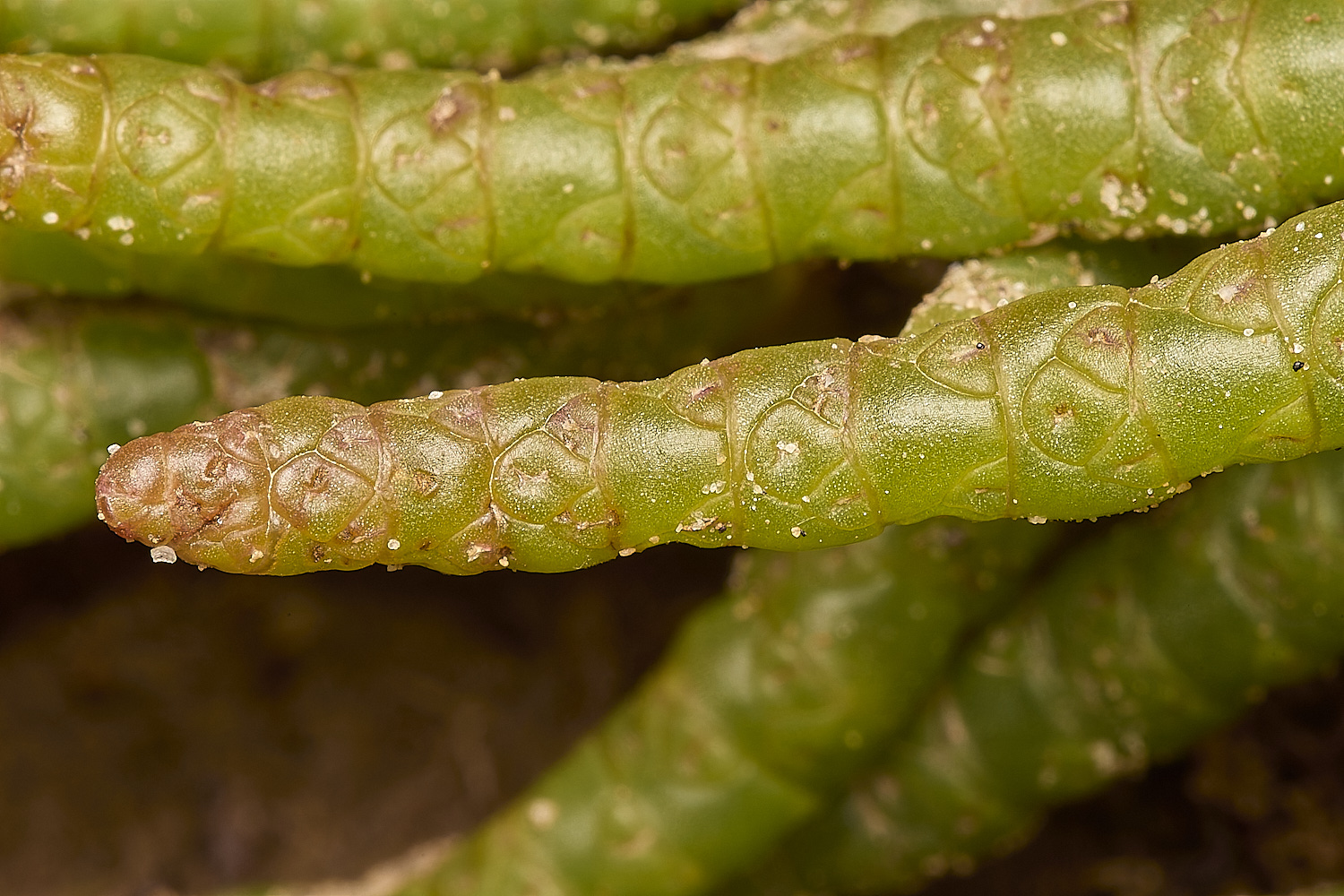
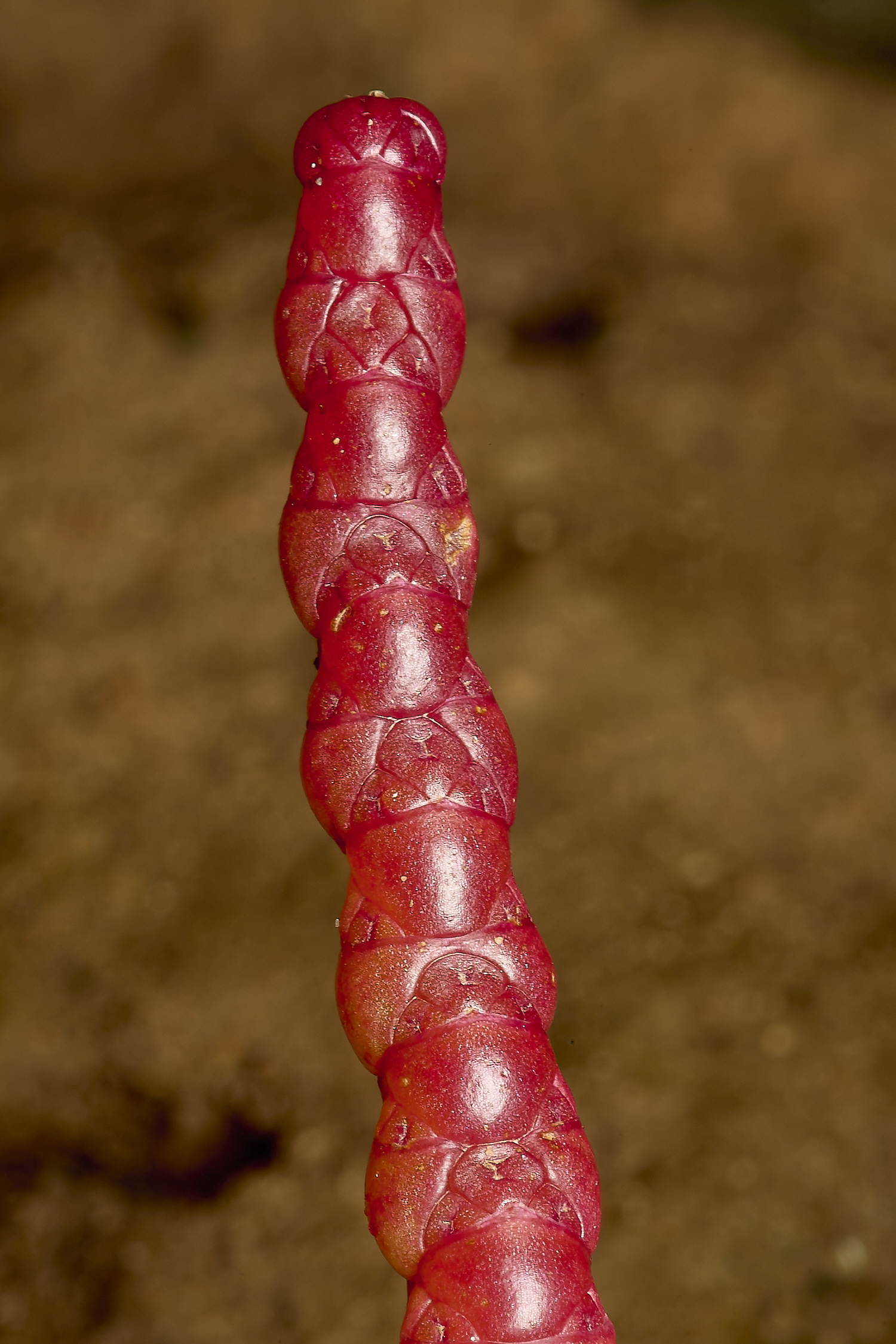
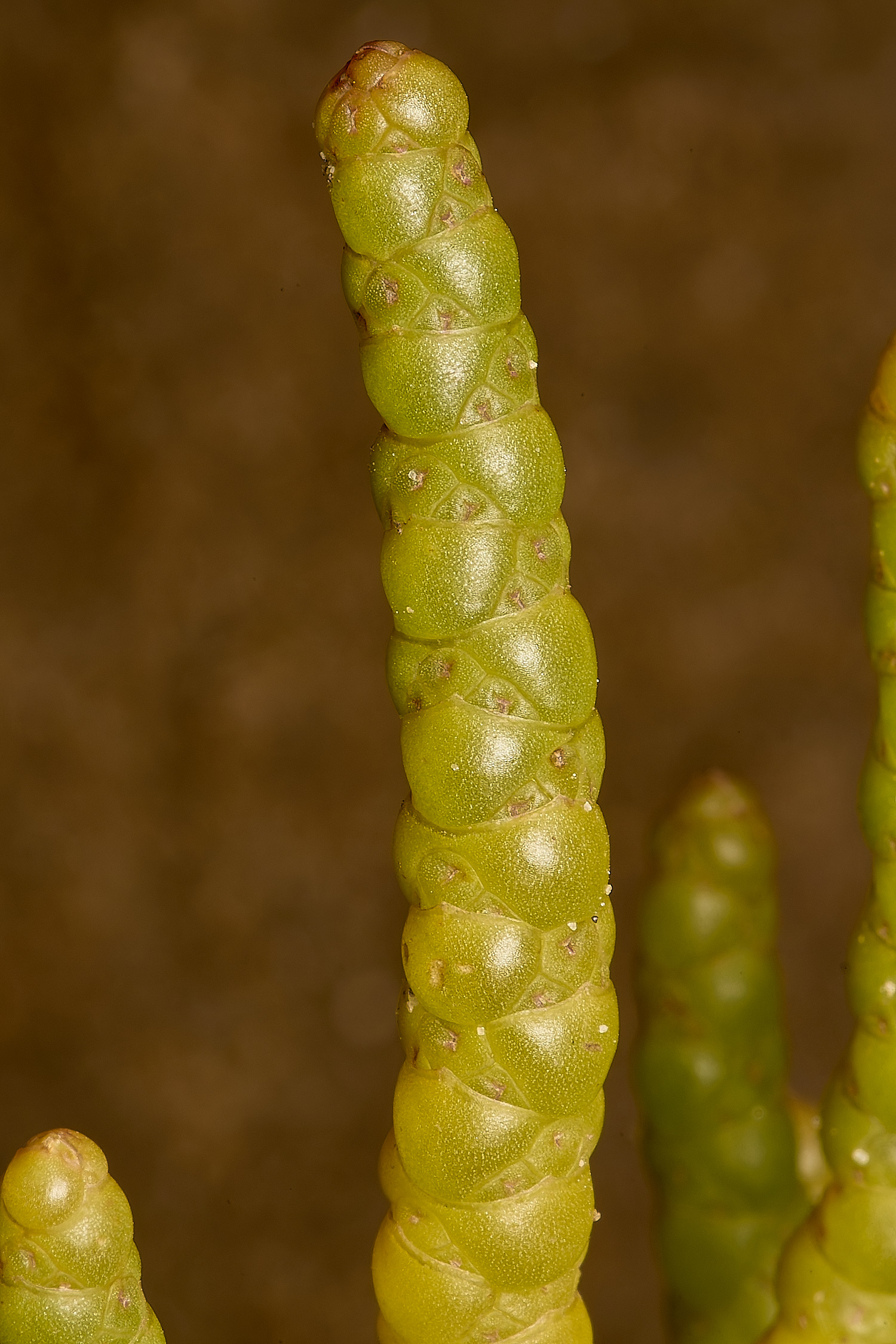
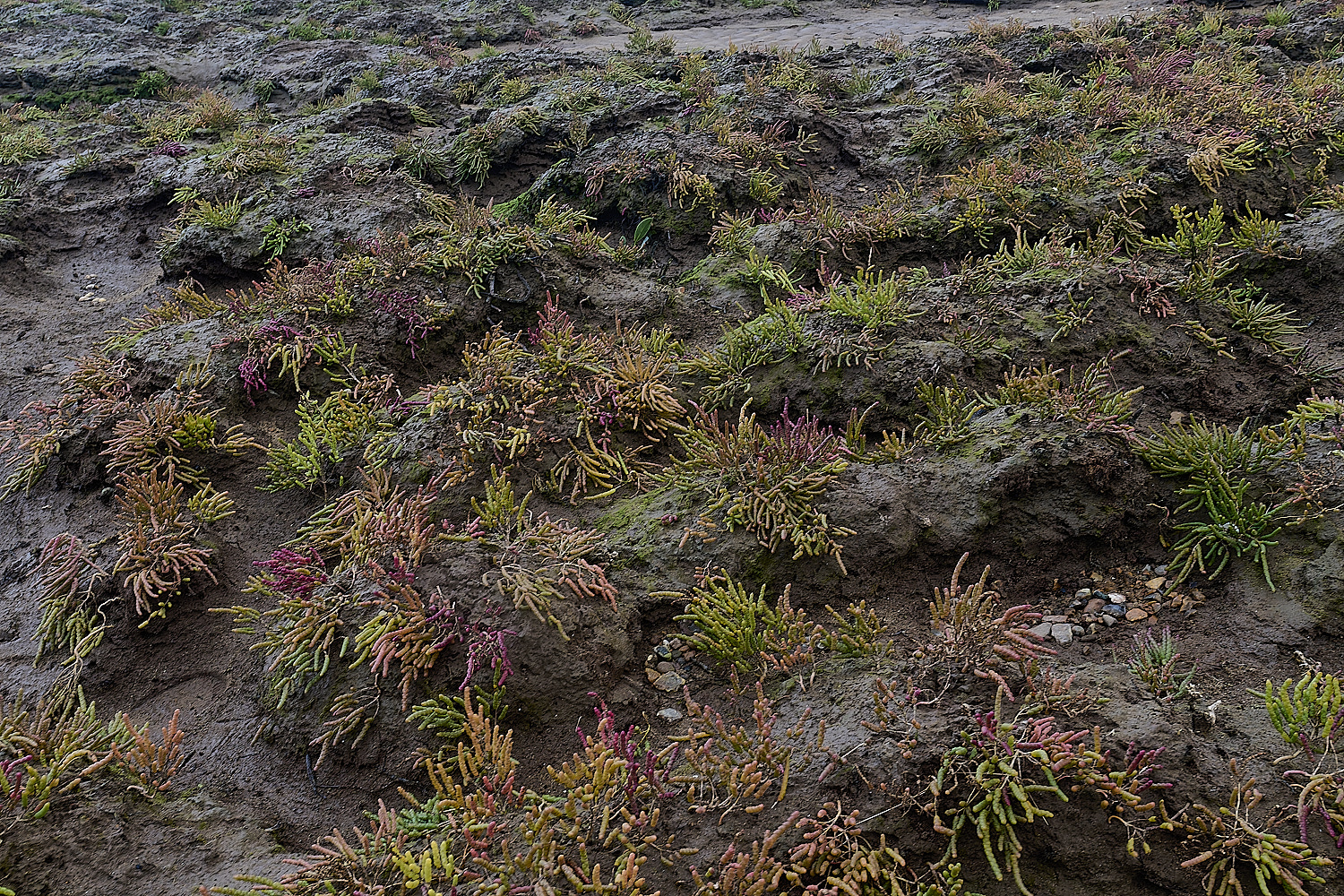
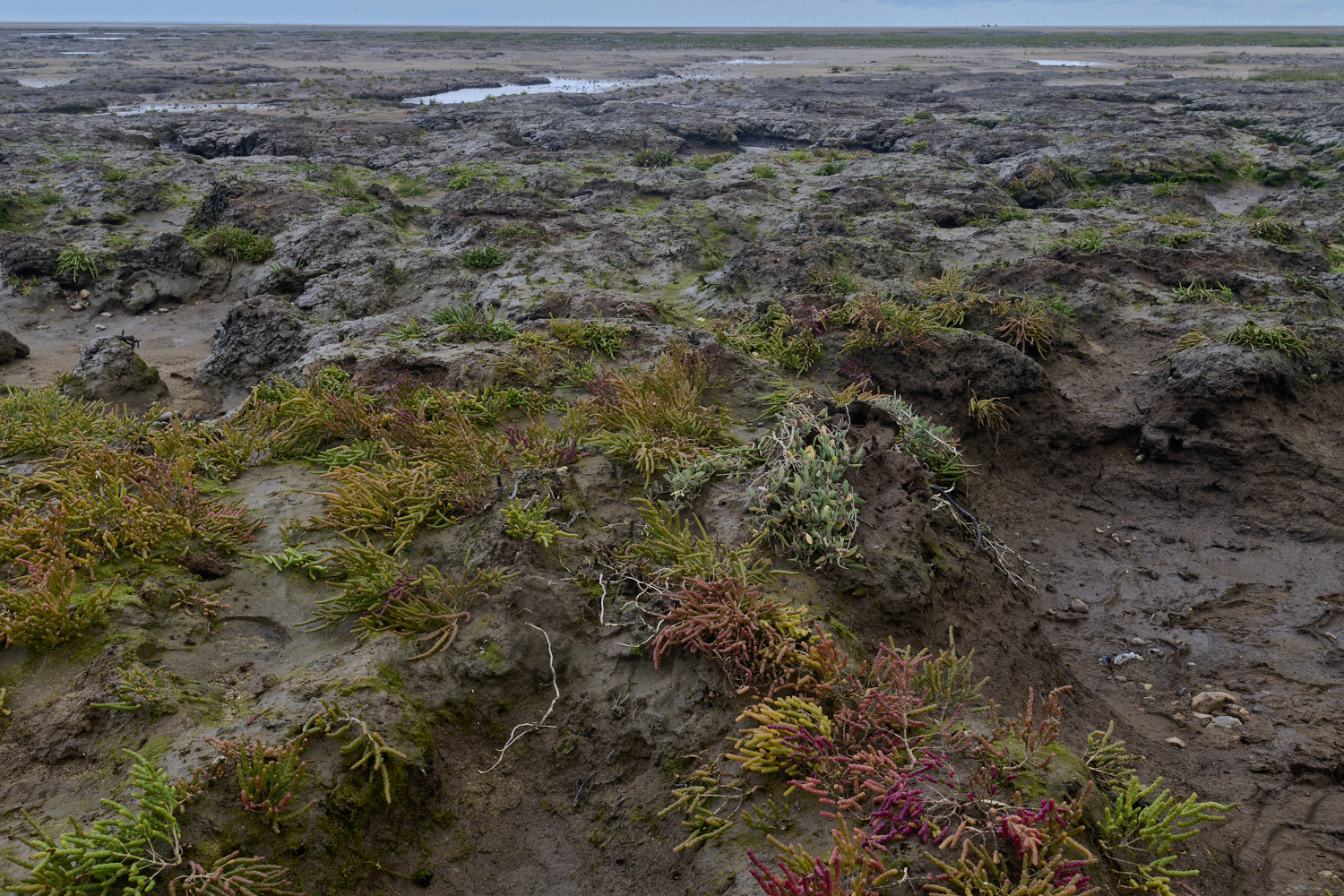
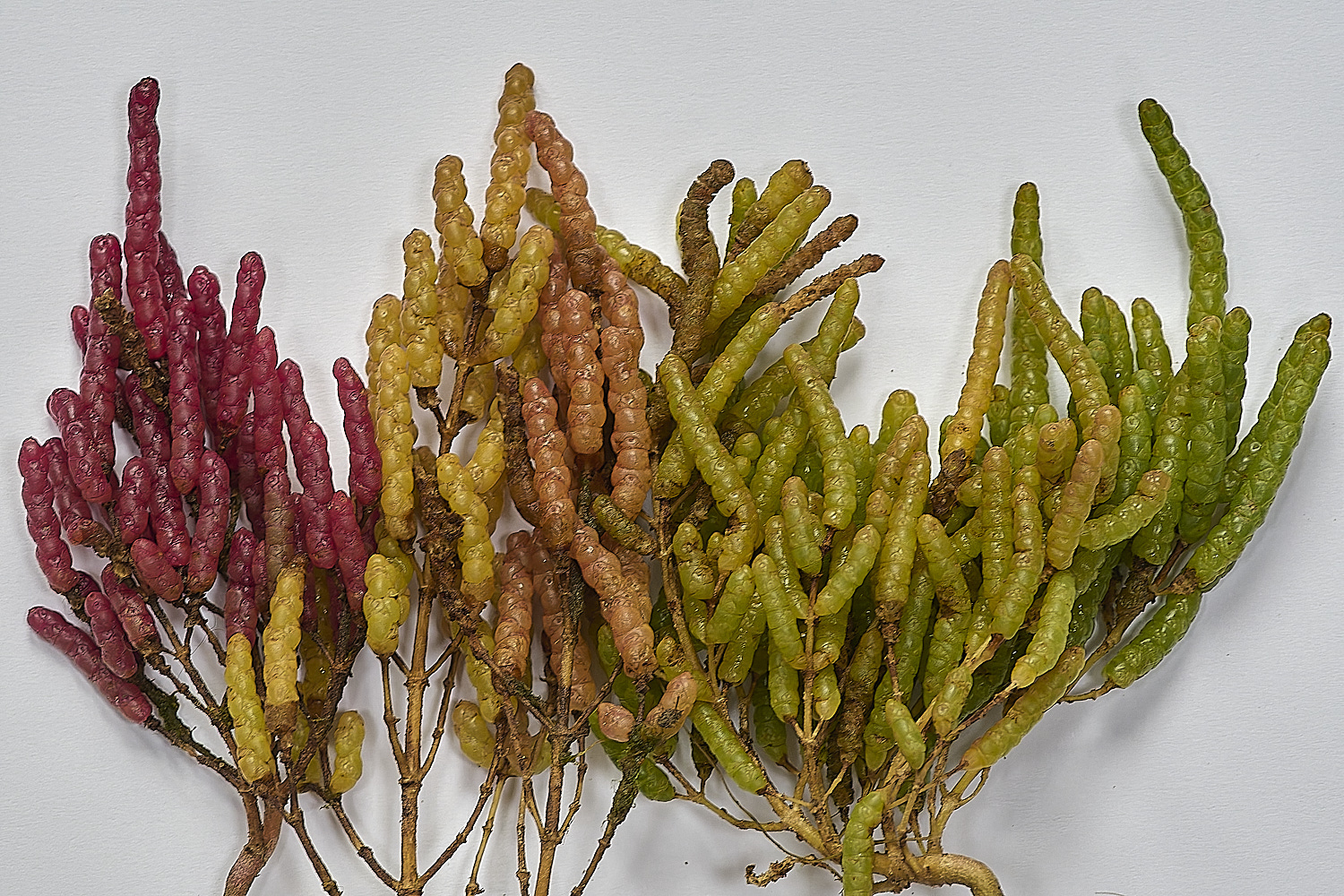
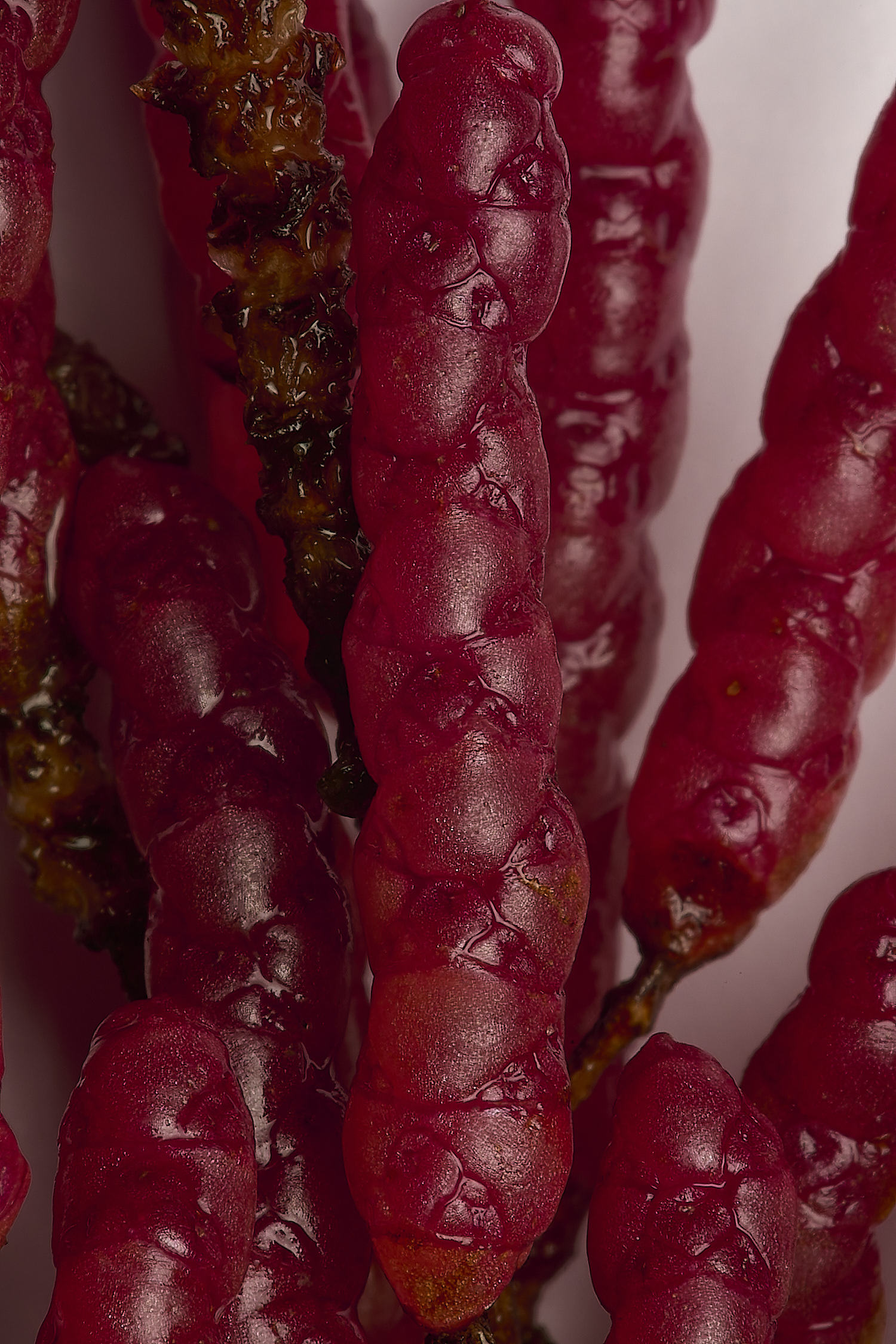
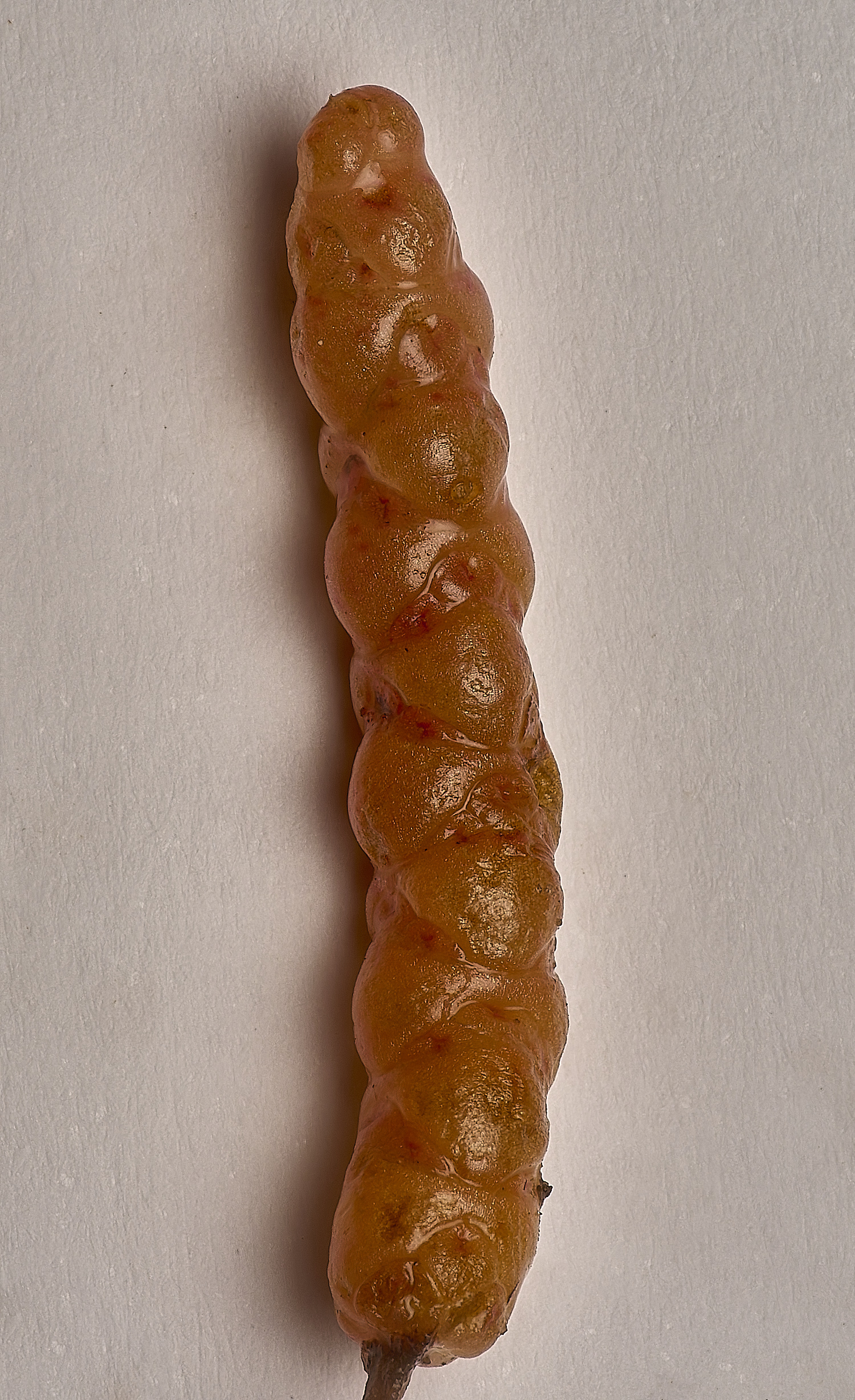
Shiny Glasswort (Salicornia emerici)
Although very rare a very nice multi coloured colony was found out on the mud as the images above show.
The lower fertile segments are only up to 3.5mm in height. Terminal spike in the range 12-40mm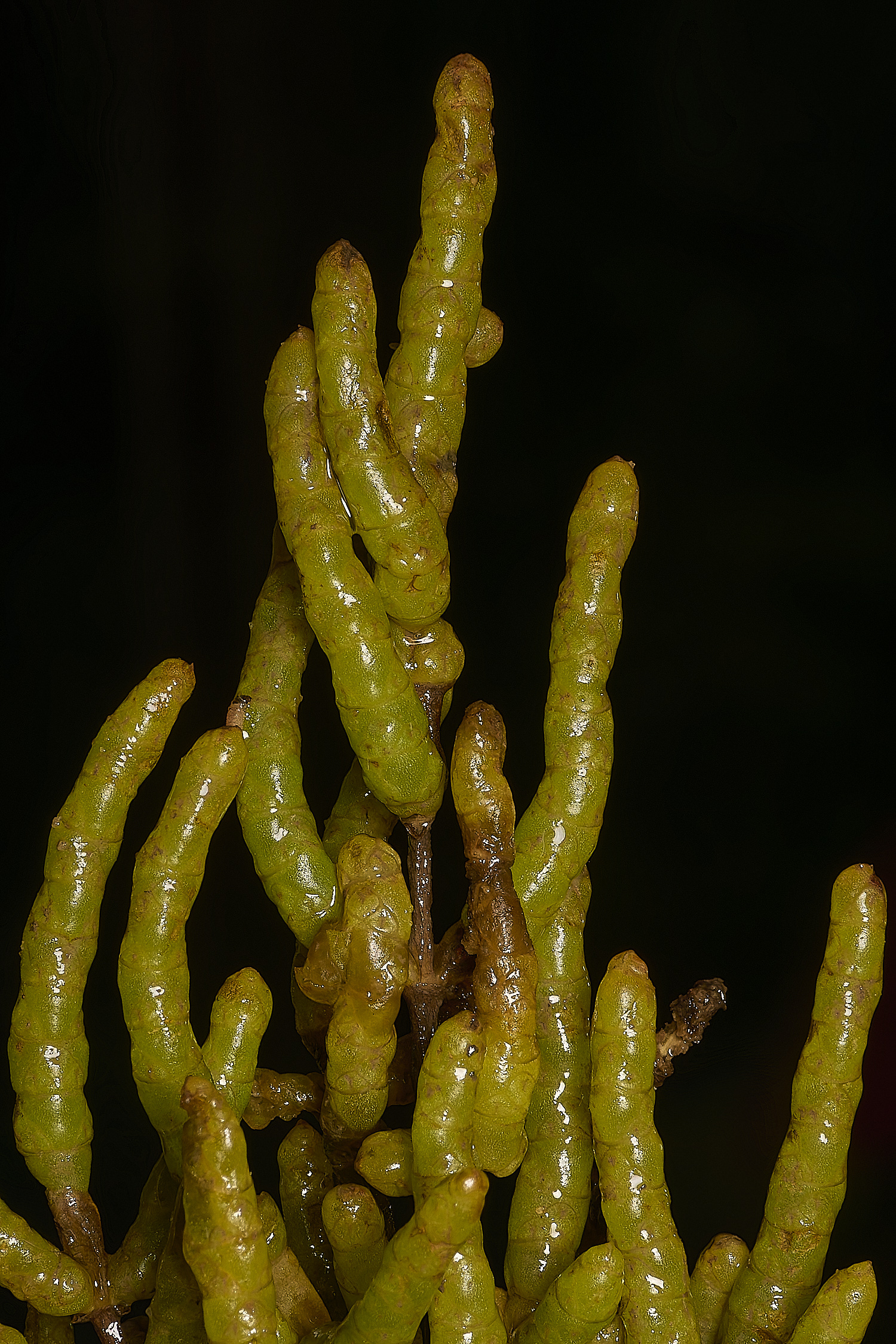
Common Glasswort (Salicornia europea)?
This, the delectable samphire enjoyed at this time of year.
I have a feeling the image above is not Common Glasswort so a return to Salthouse is in the offing to get to grips with this one.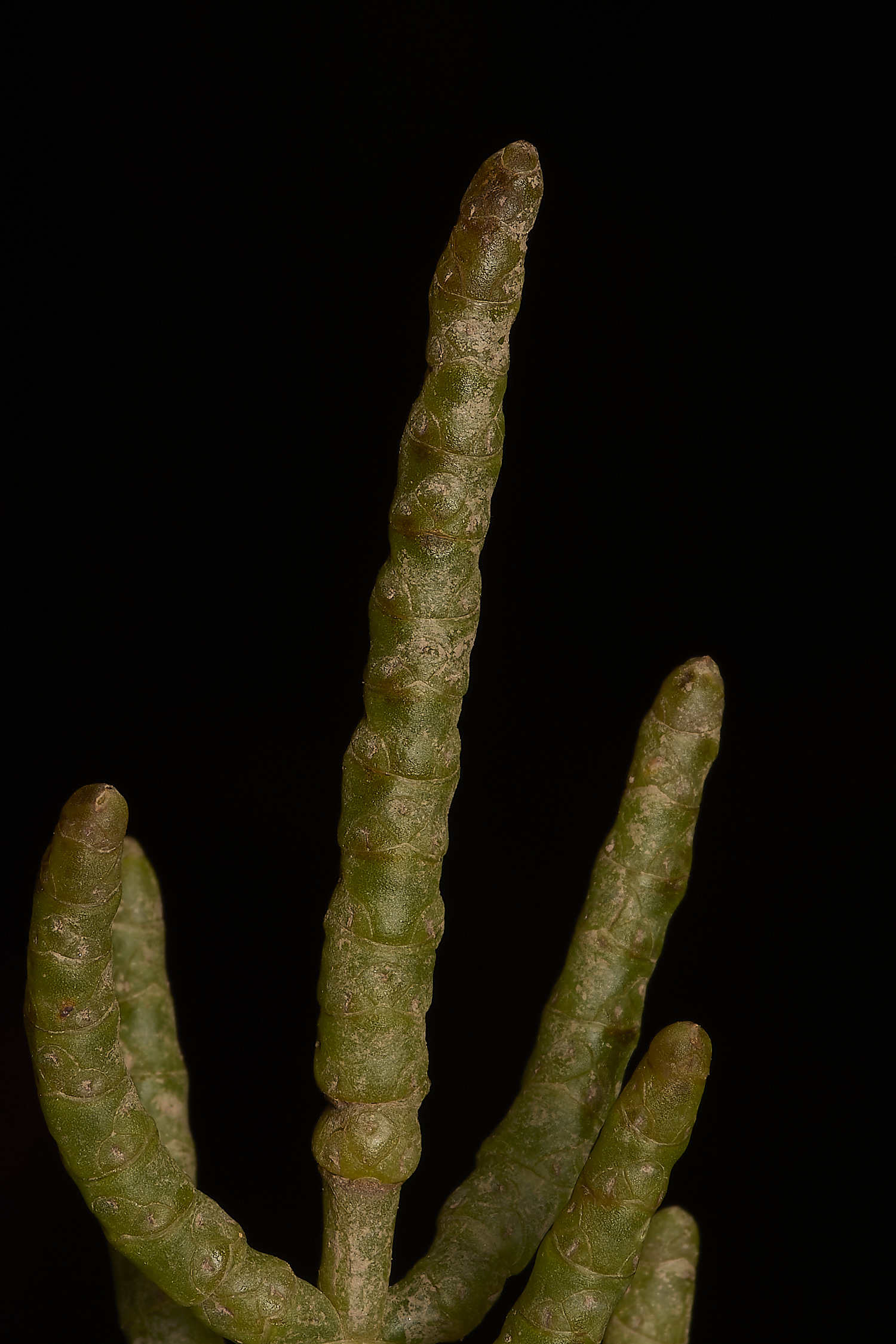

Yellow Glasswort (Salicornia fragilis) can be found throughout the salt marsh.
A terminal spike with between 6 -15 fertile segments. The image above has 13 segments.
The spike itself is cylindrical and the lateral branches also. The spike also finishes in a blunt tip.
There is another species which has a similar jizz (the one I forgot to take a photo of)
Long-spiked Glasswort (Salicornia dolichostachya)
but it's distinguishing feature is in the name. It has a long tapering spike with 12-30 fertile segments and it is a long tall plant.
The flowers are arranged in 3,2,3,2,3 pattern up the spike.
Found mostly on bare mud but can be found throughout the salt marsh.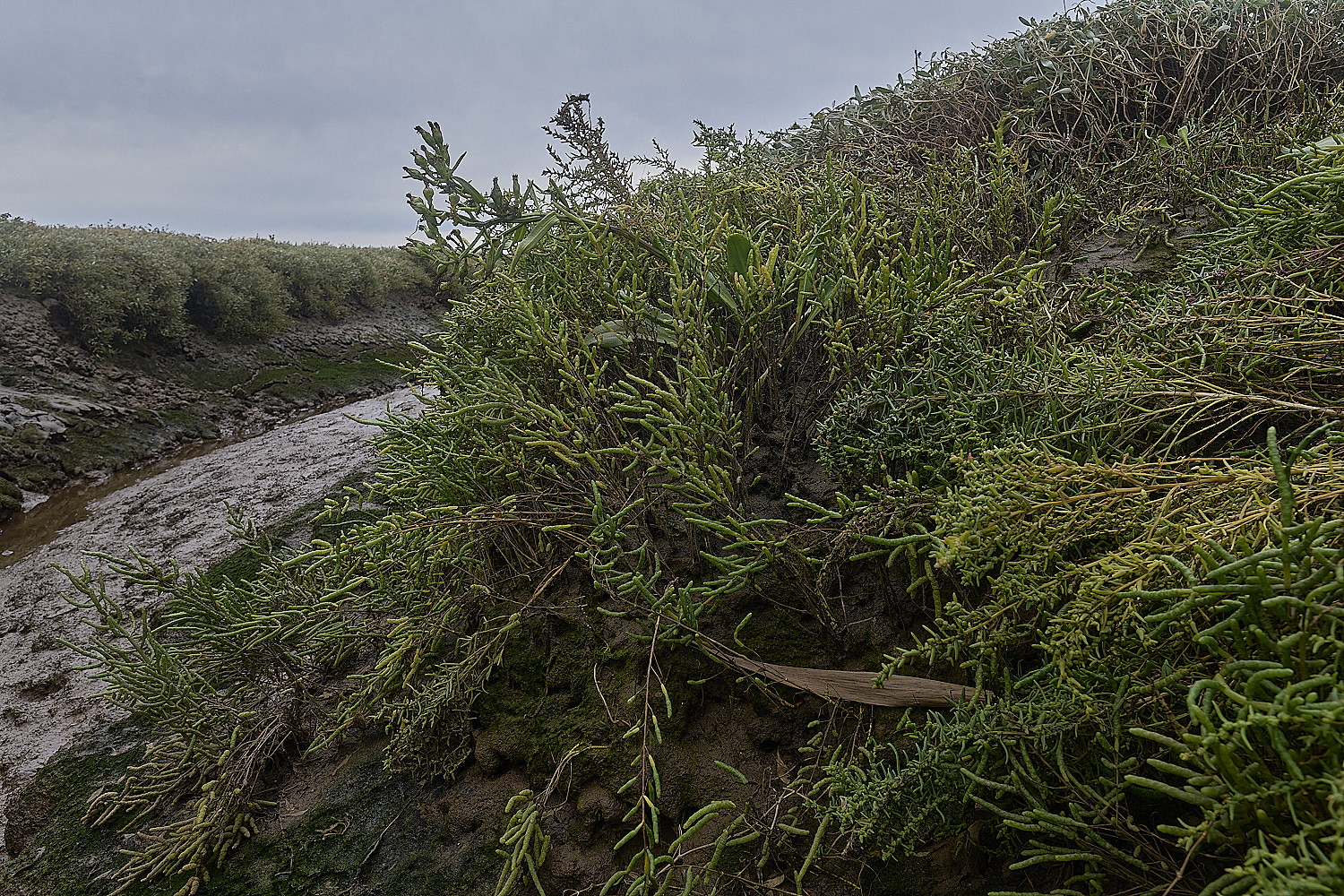
Although I think this image probably shows Long-spiked Glasswort.
One can see the long terminal spikes quite clearly.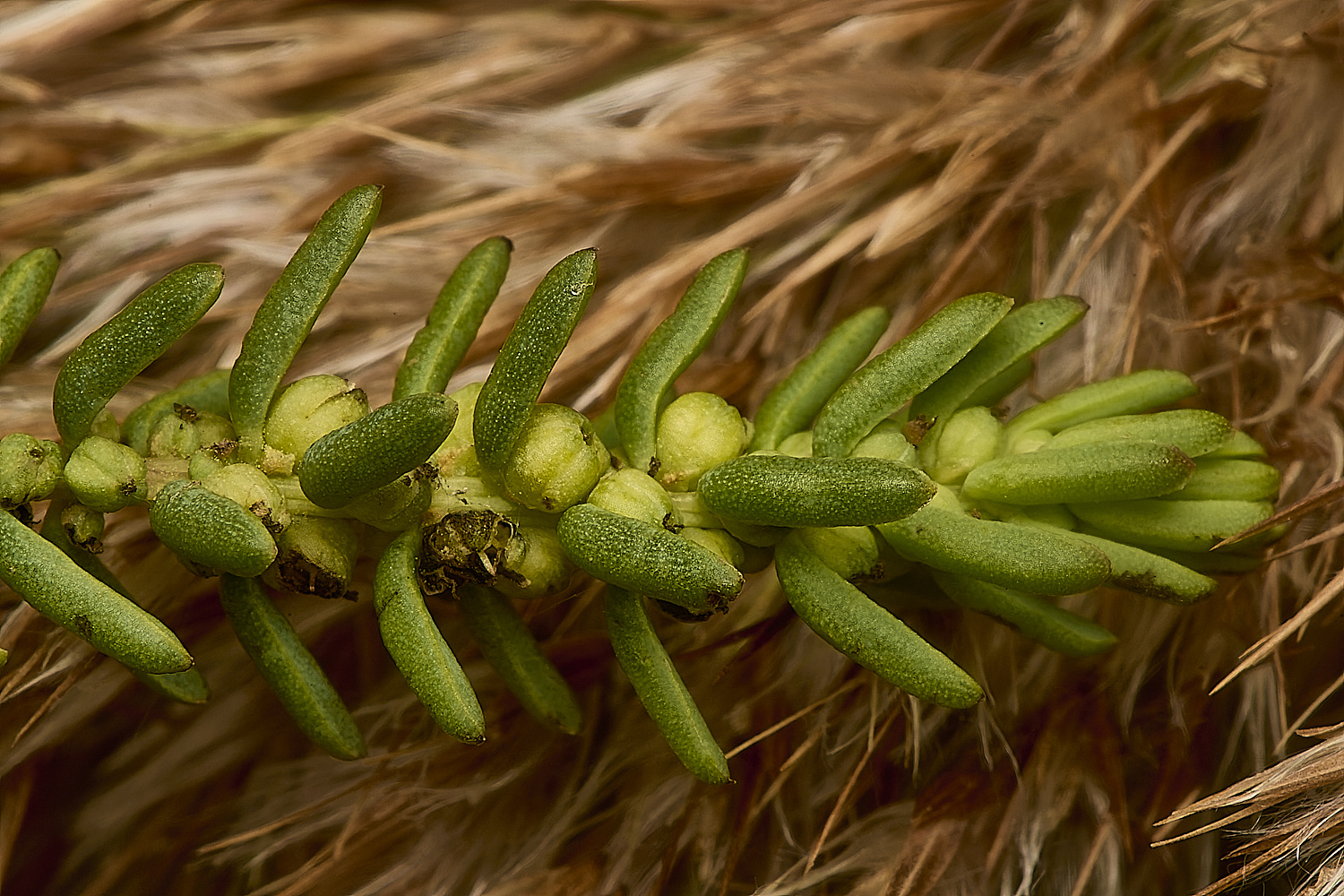
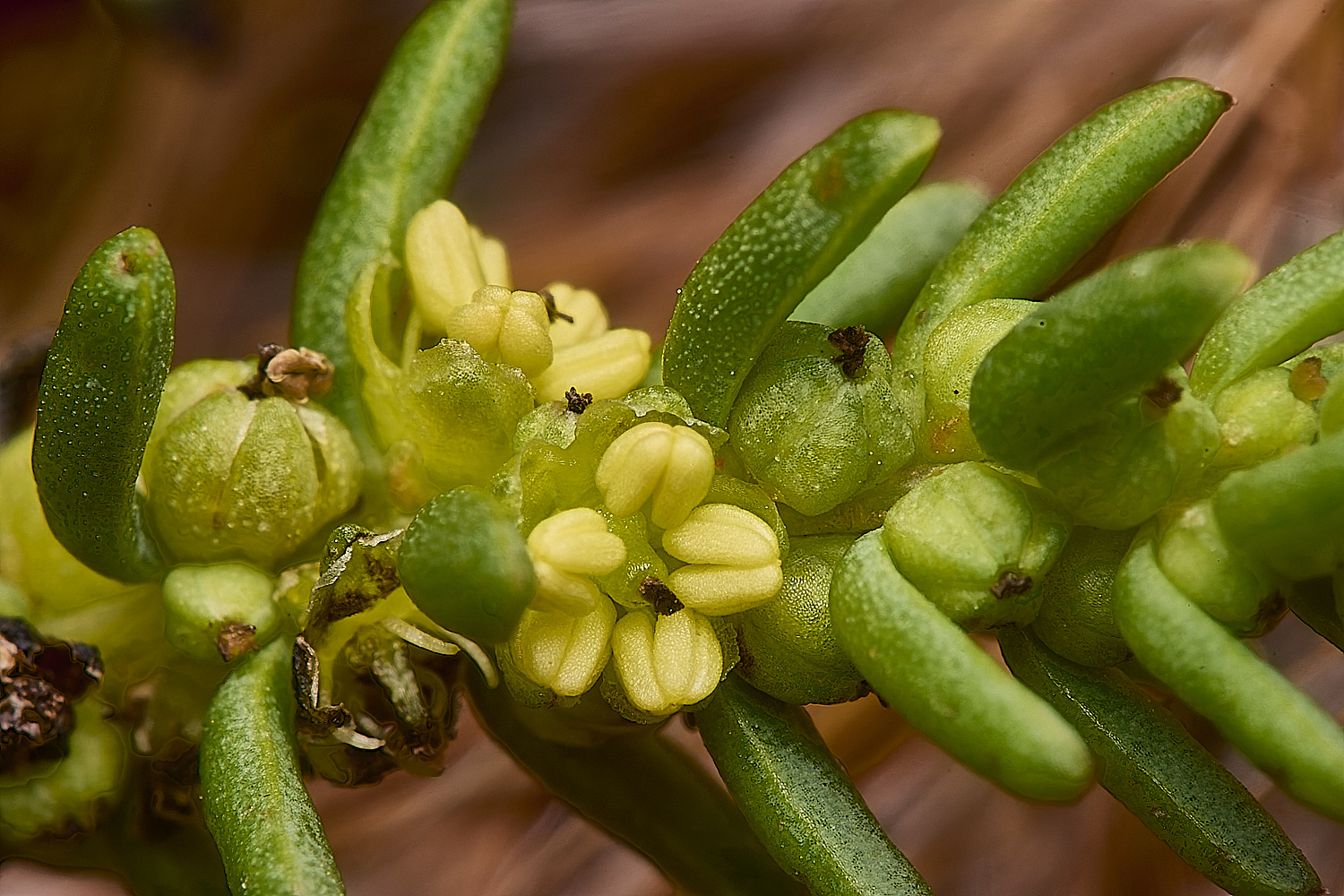
Petalless flowers of Shrubby Sea-blite (Sueda vera)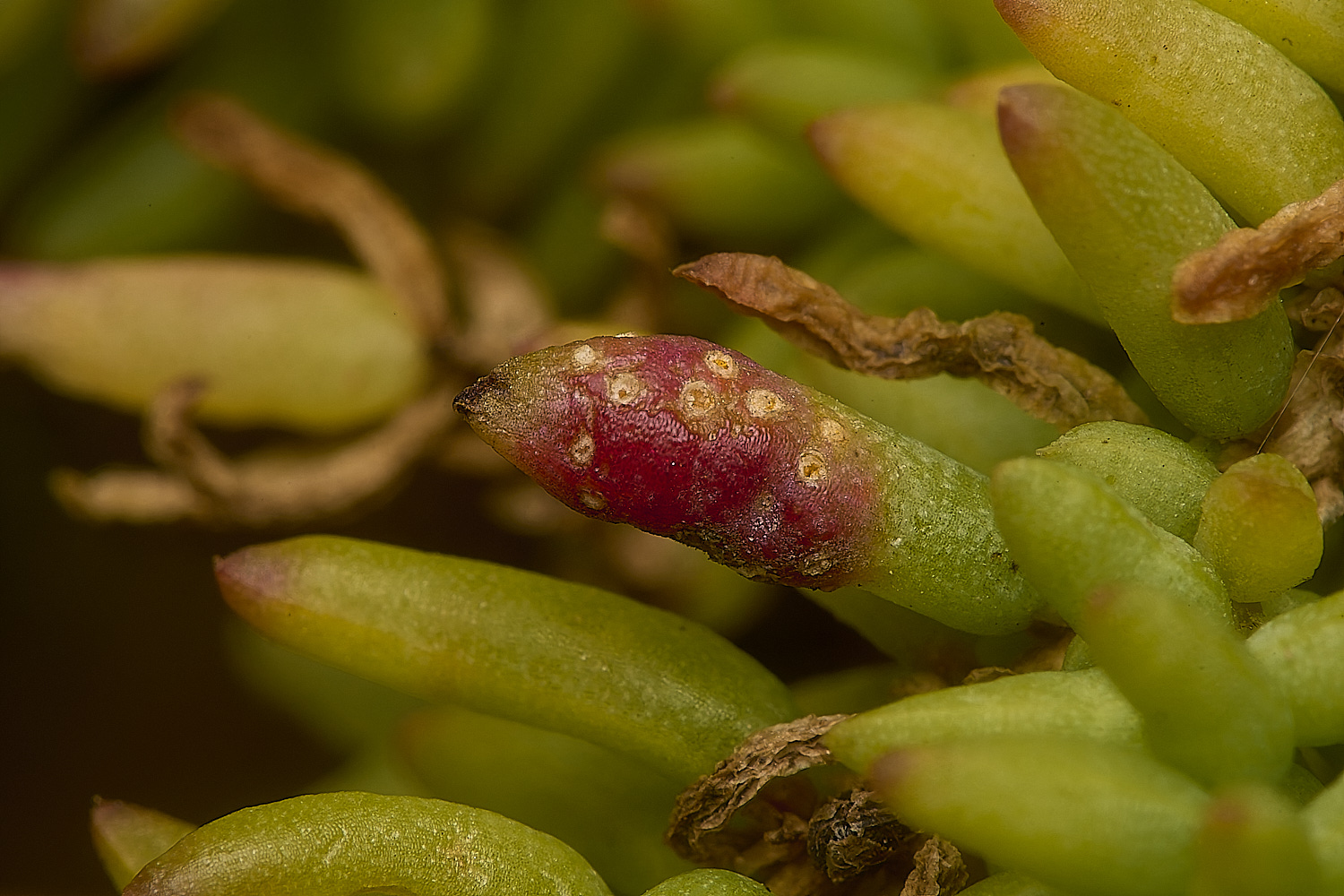
Rust (Uromyces chenopodii) on Shrubby Sea-blite)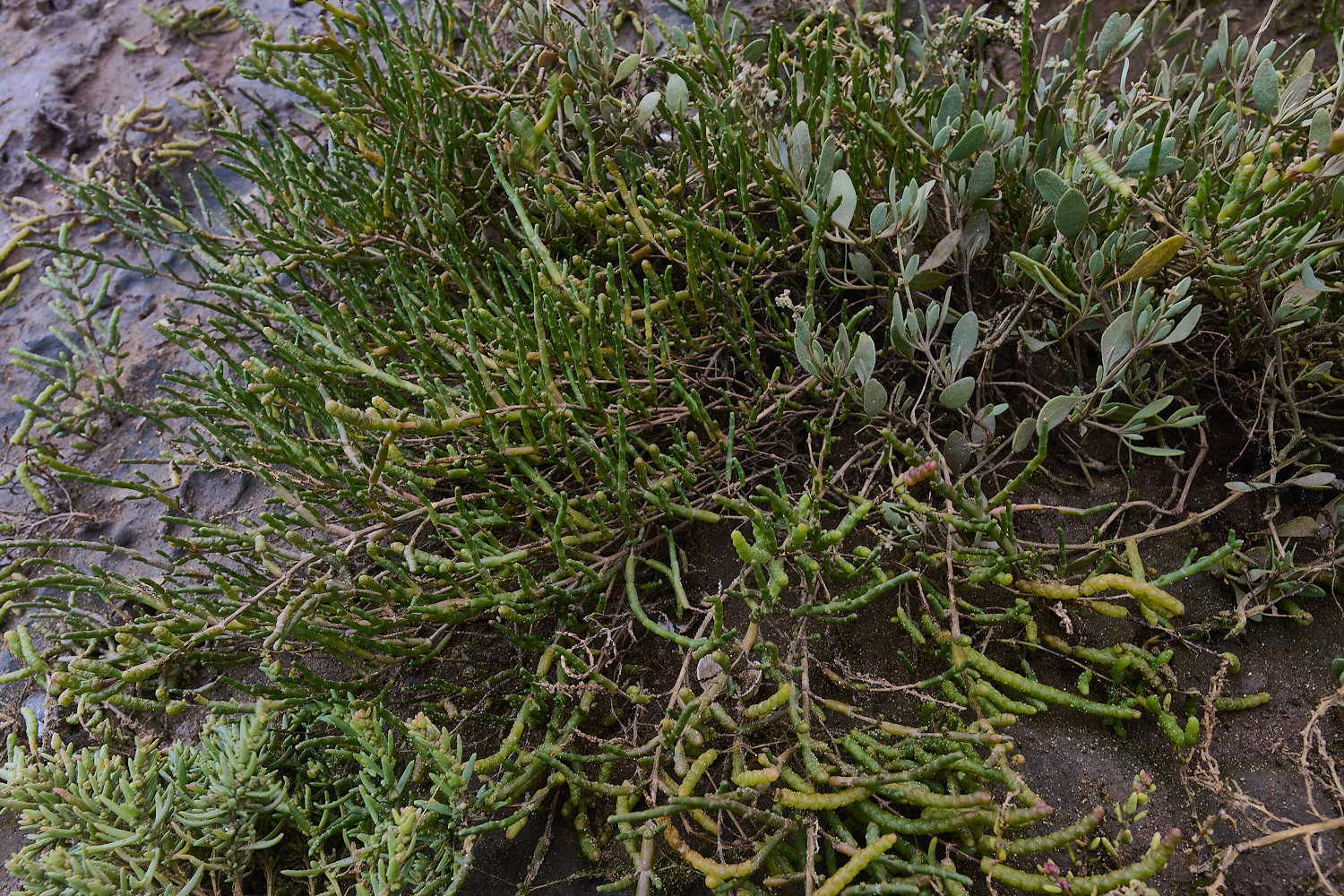
One can clearly see the two types of segments in the image above.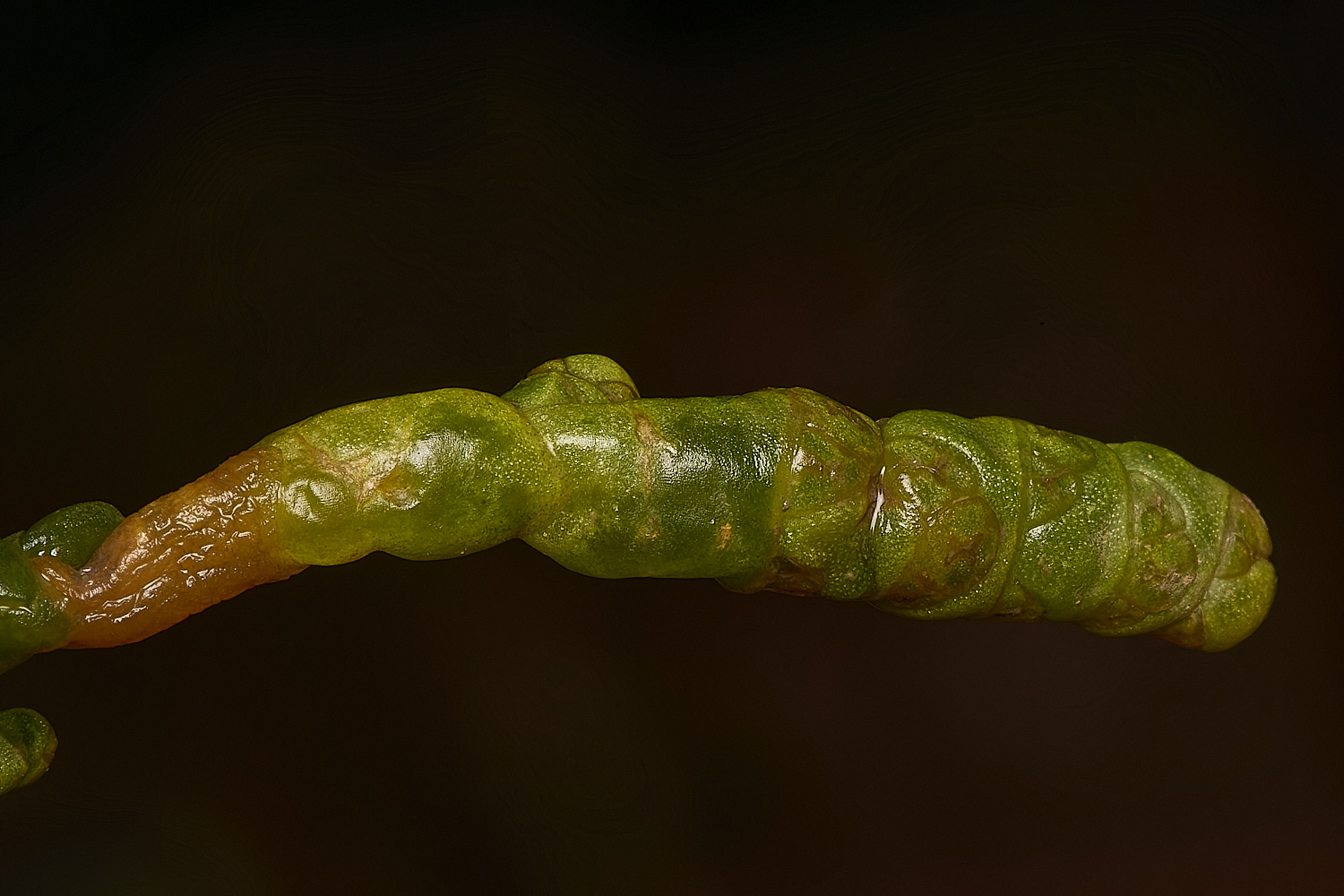
Fertile segments compressed and untidy.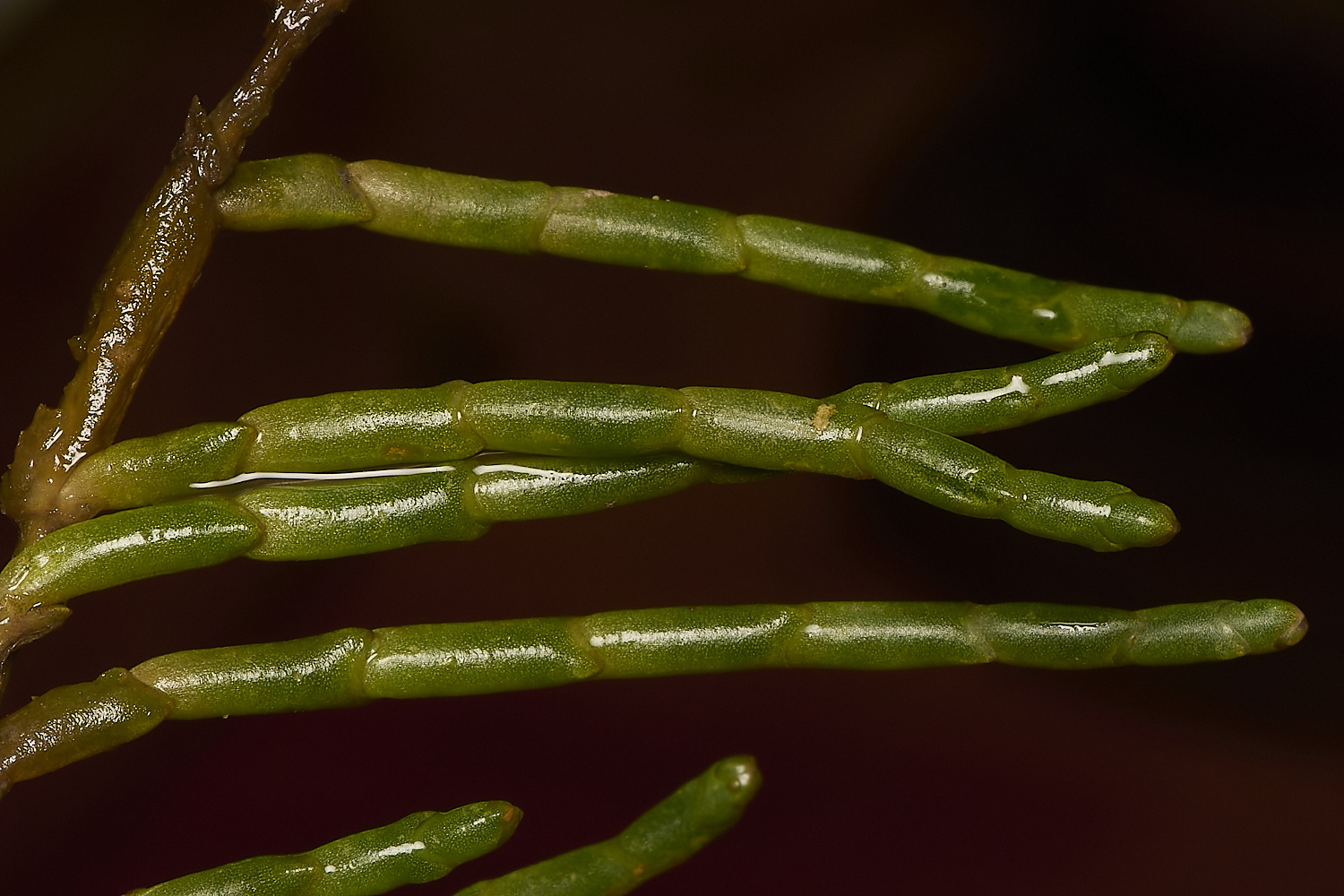
Unfertile segments
Perennial Glasswort (Sarcocornia perennis)
This one seems quite straight forward because of the unfertile segments contrasting with the fertile segments.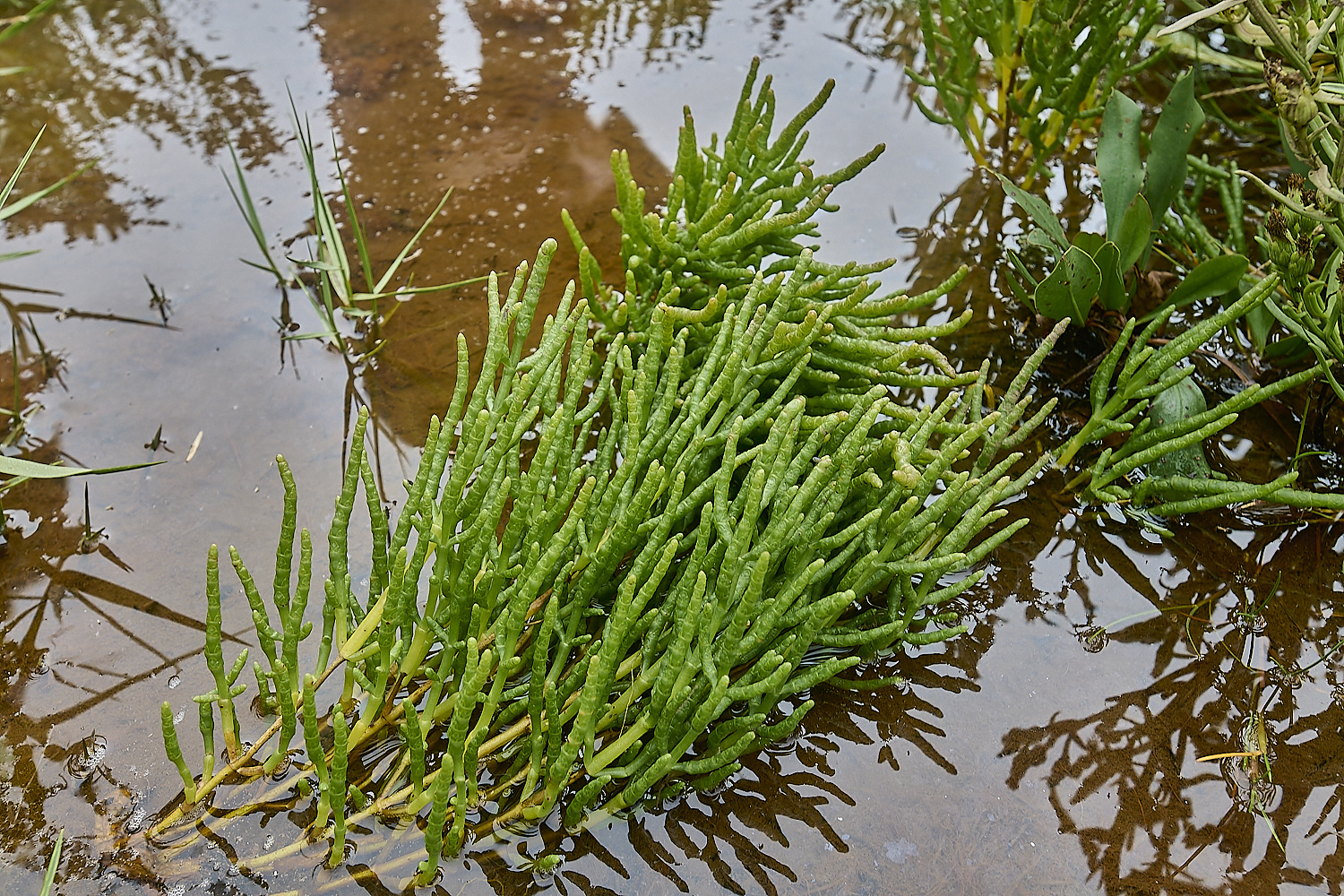
Another one unidentified that will be sent to a referee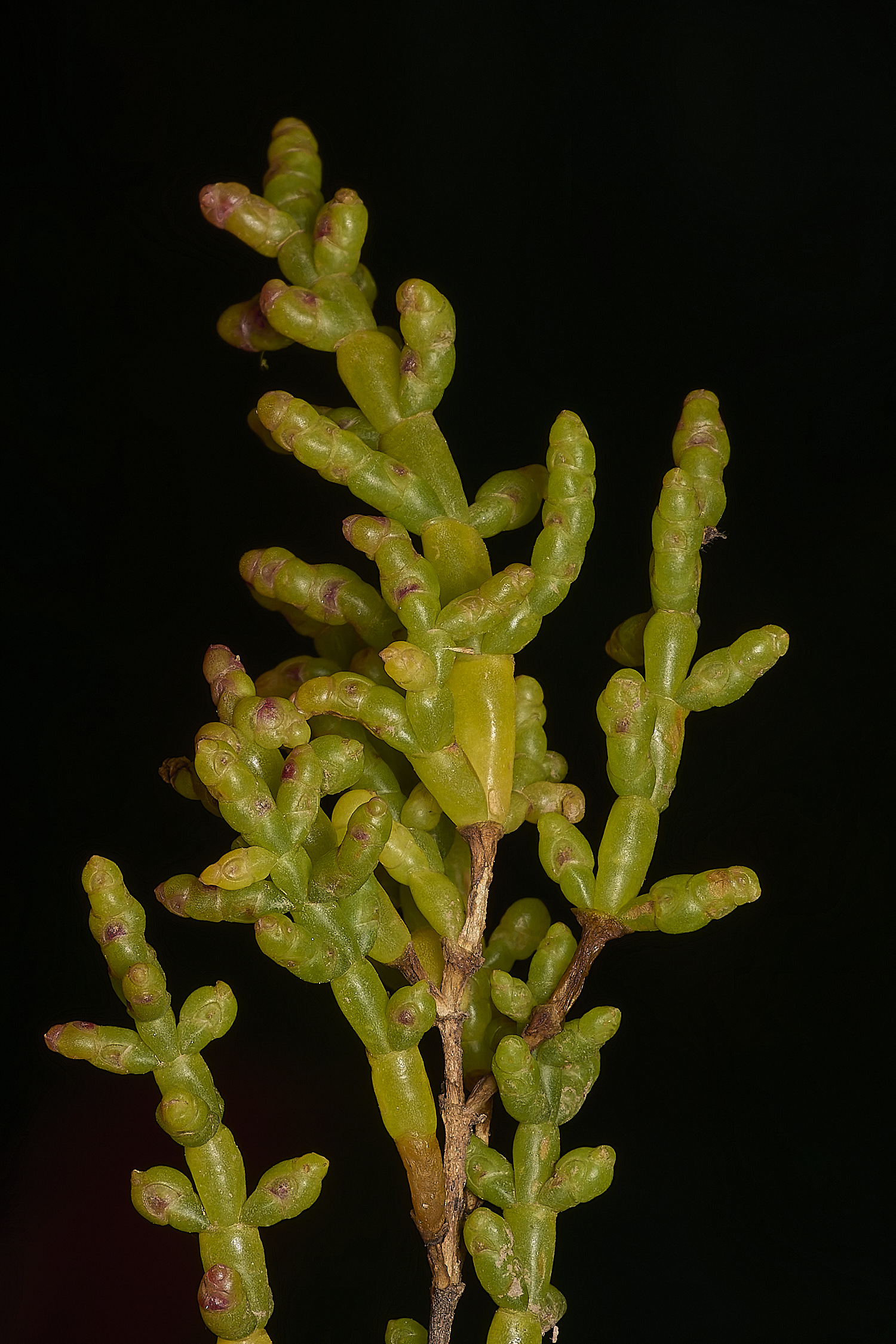
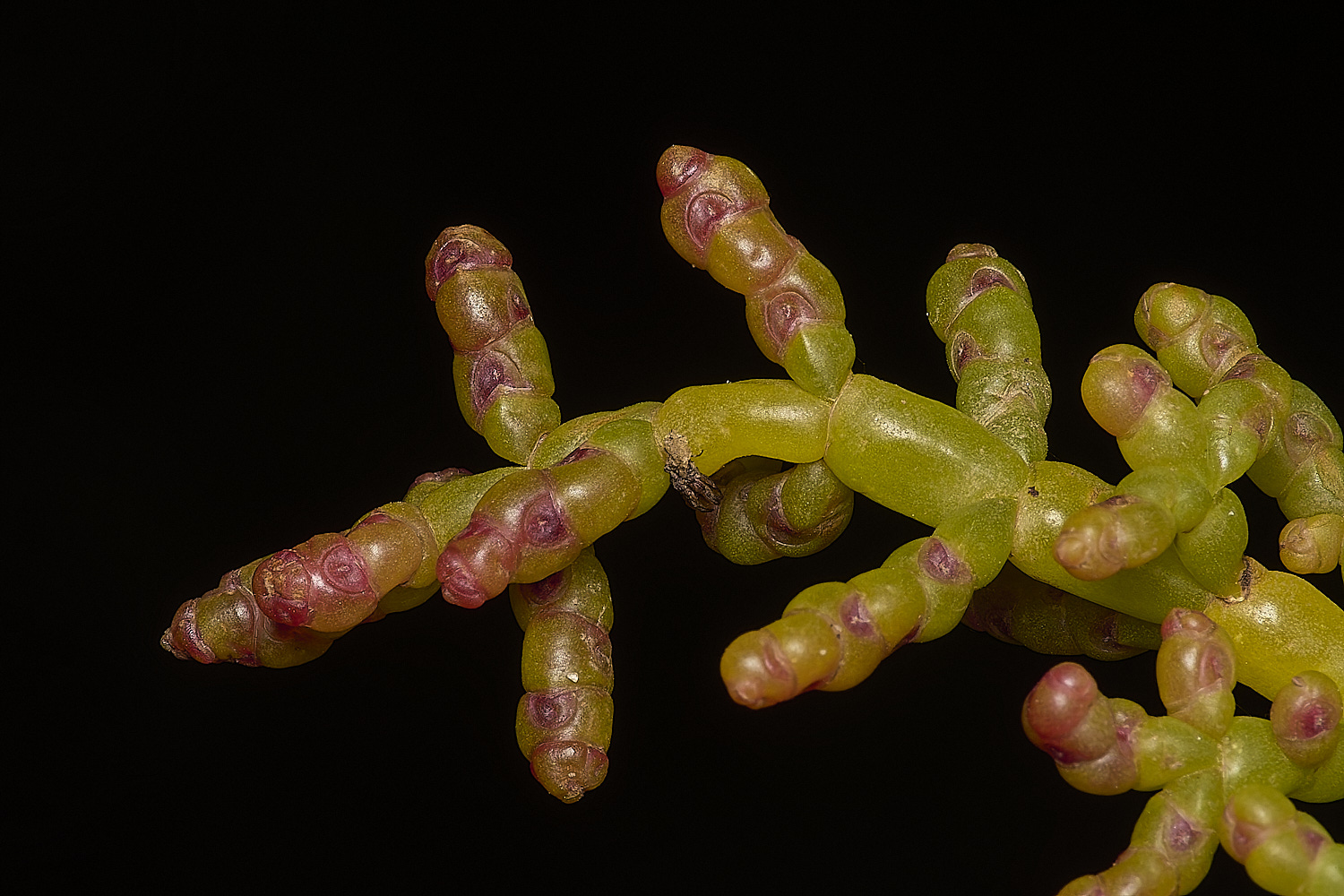
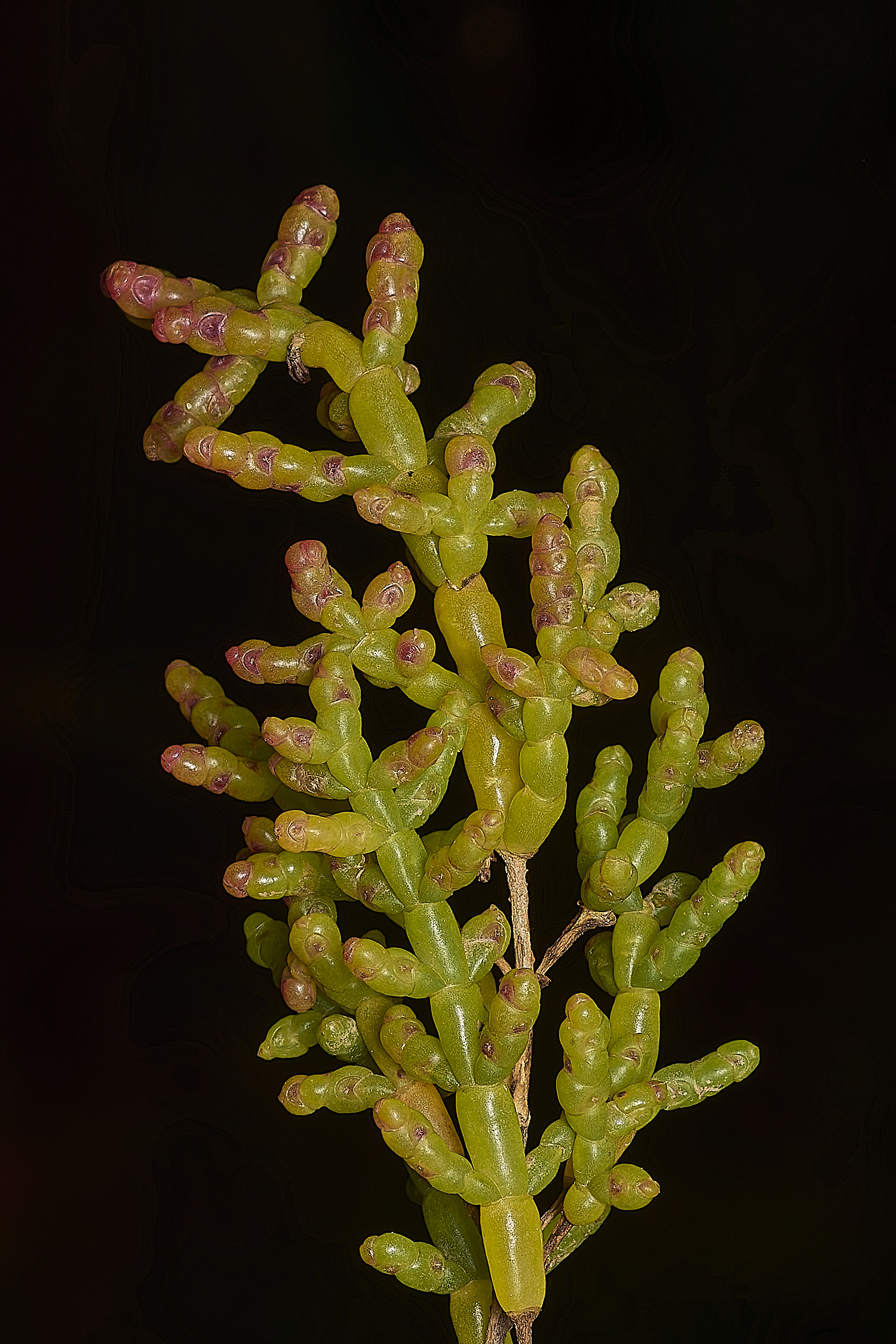
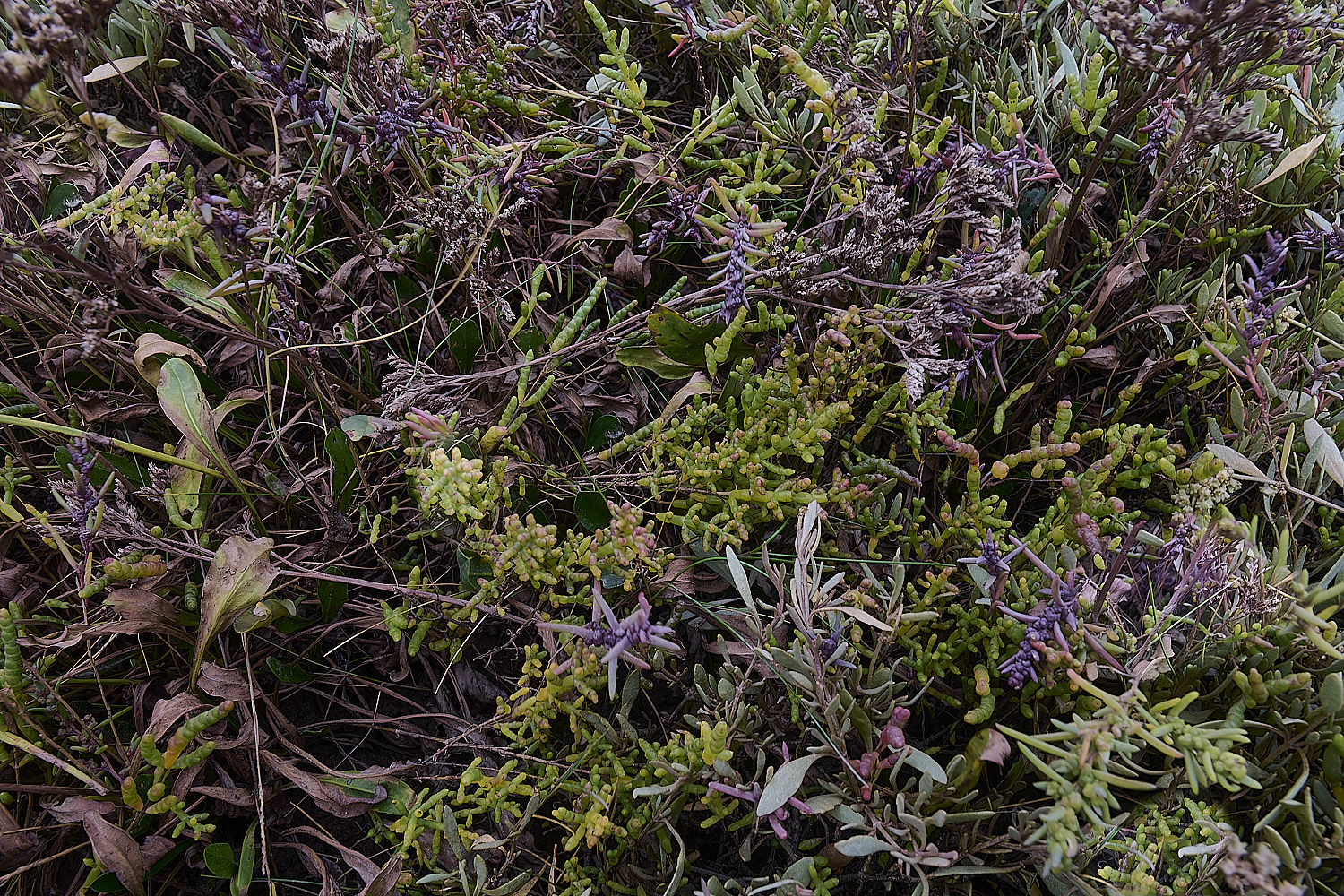
One-flowered Glasswort (Salicornia disarticula)
One could almost say the easiest one to recognise, which was quite a relief.
Stands out well in amongst other species.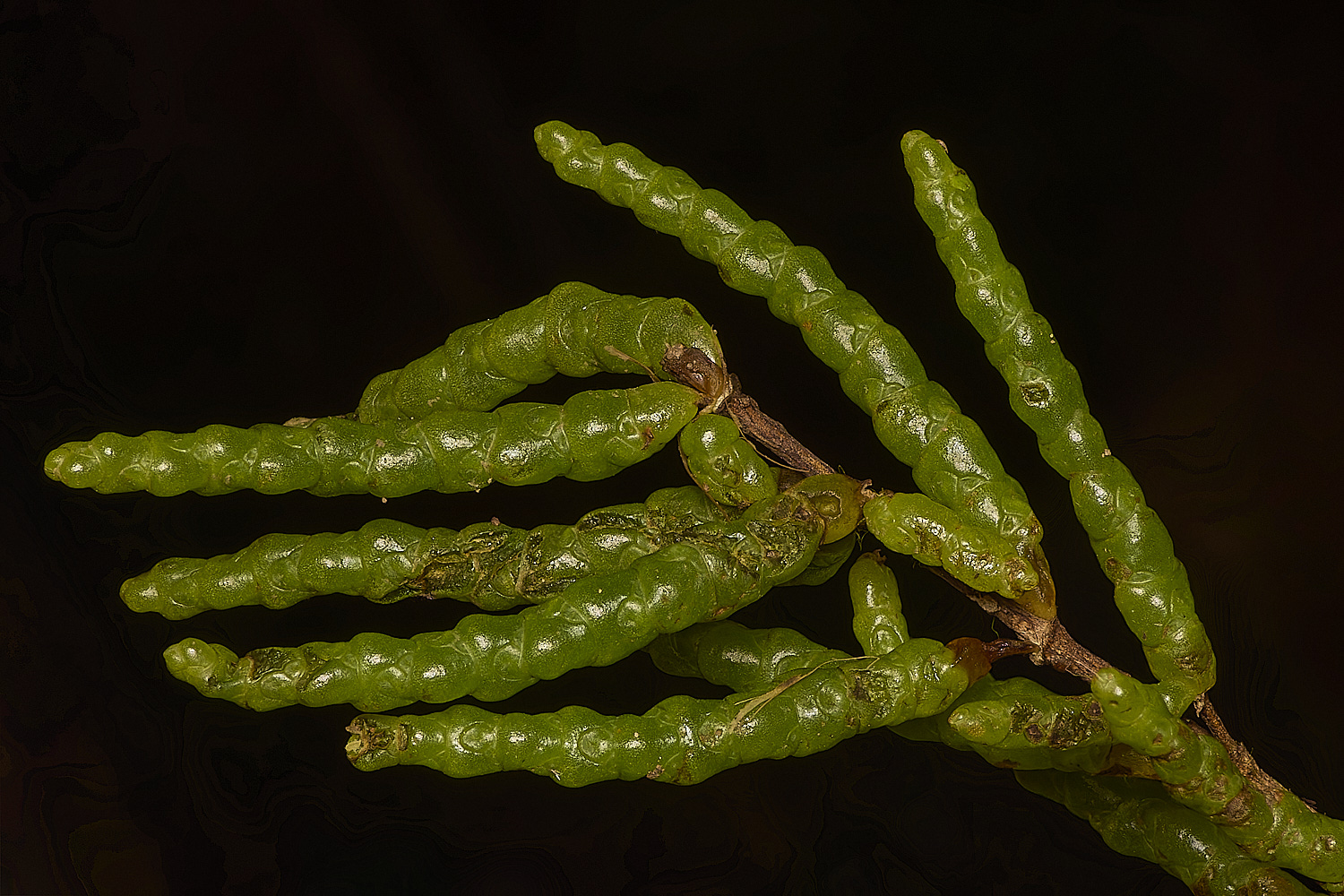
Hybrid Glasswort (Salicornia x marshallii)
From the Wildflower Society
A guide to identification of Glassworts in the British Isles
This one was really confusing. It is has segments with one, two flowers or three flowers.
Not easy to spot or be certain about. One to look for again.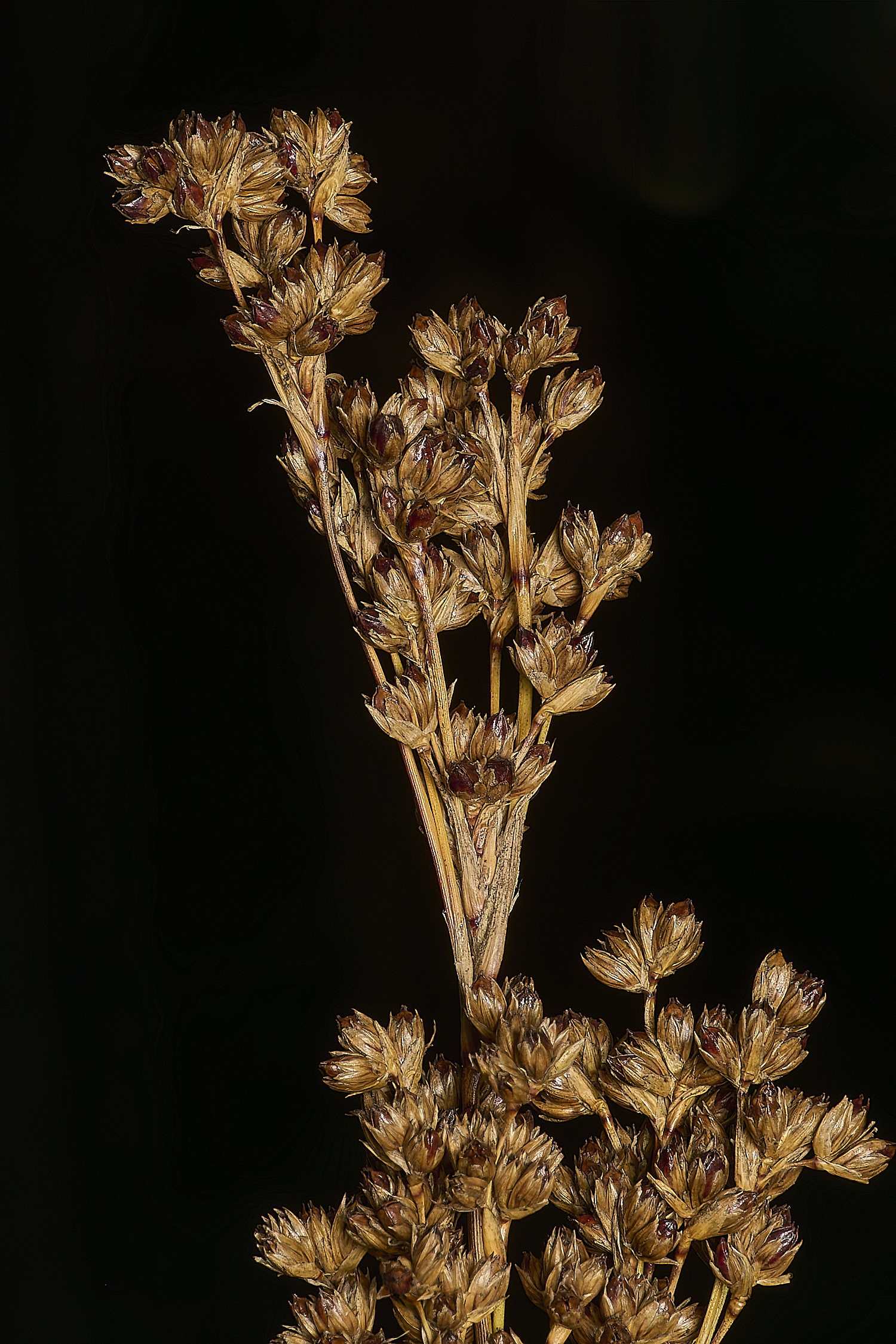
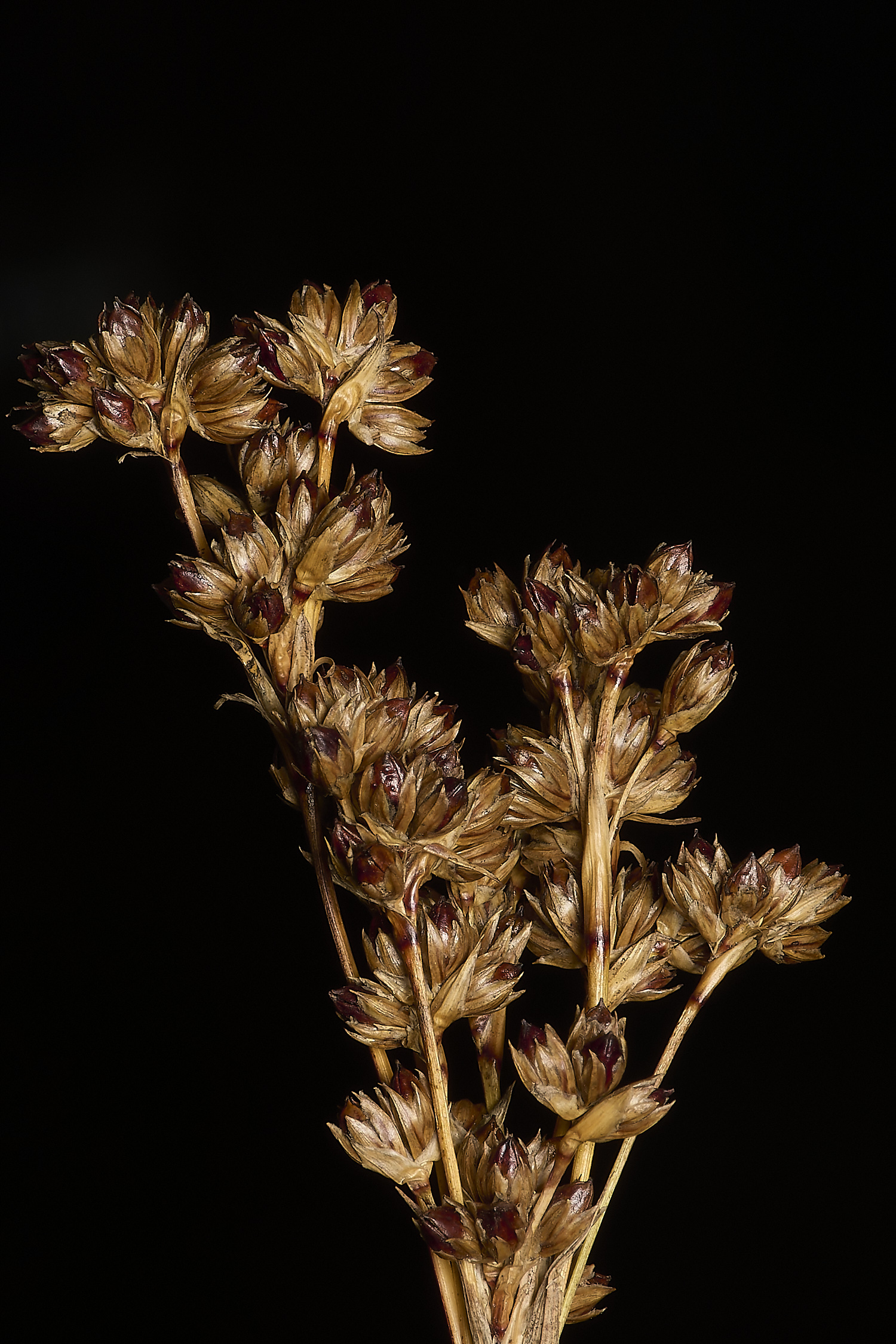
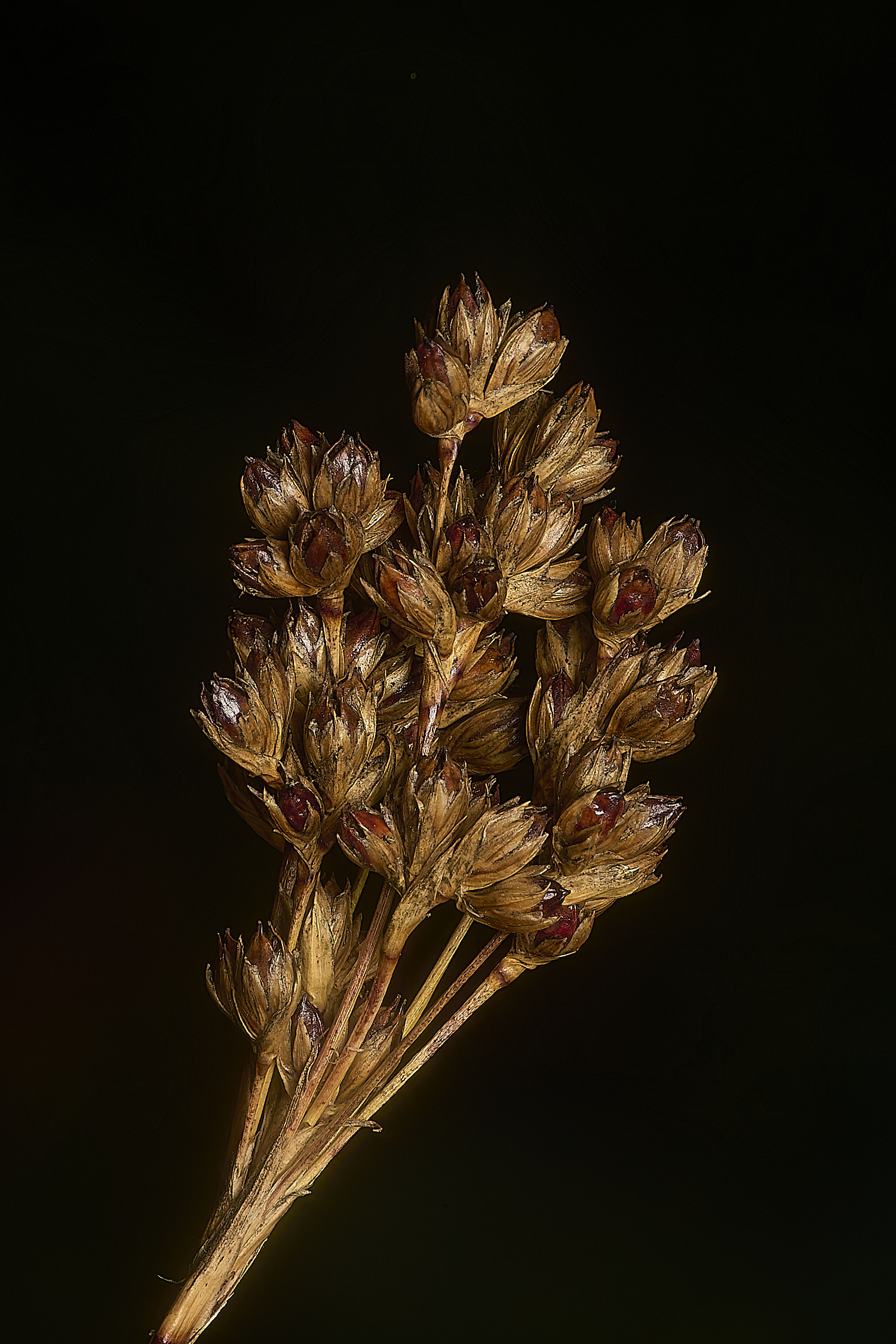
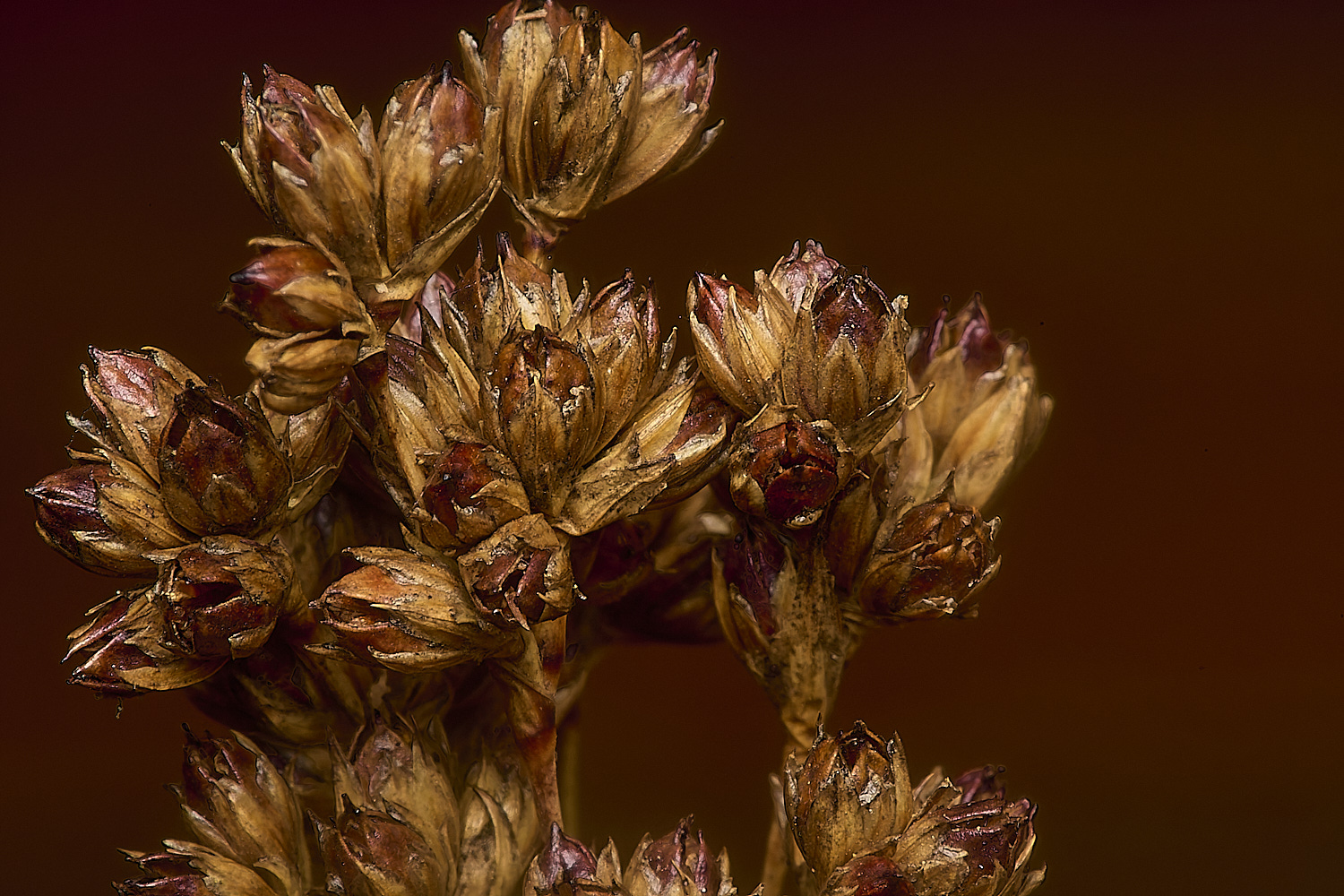
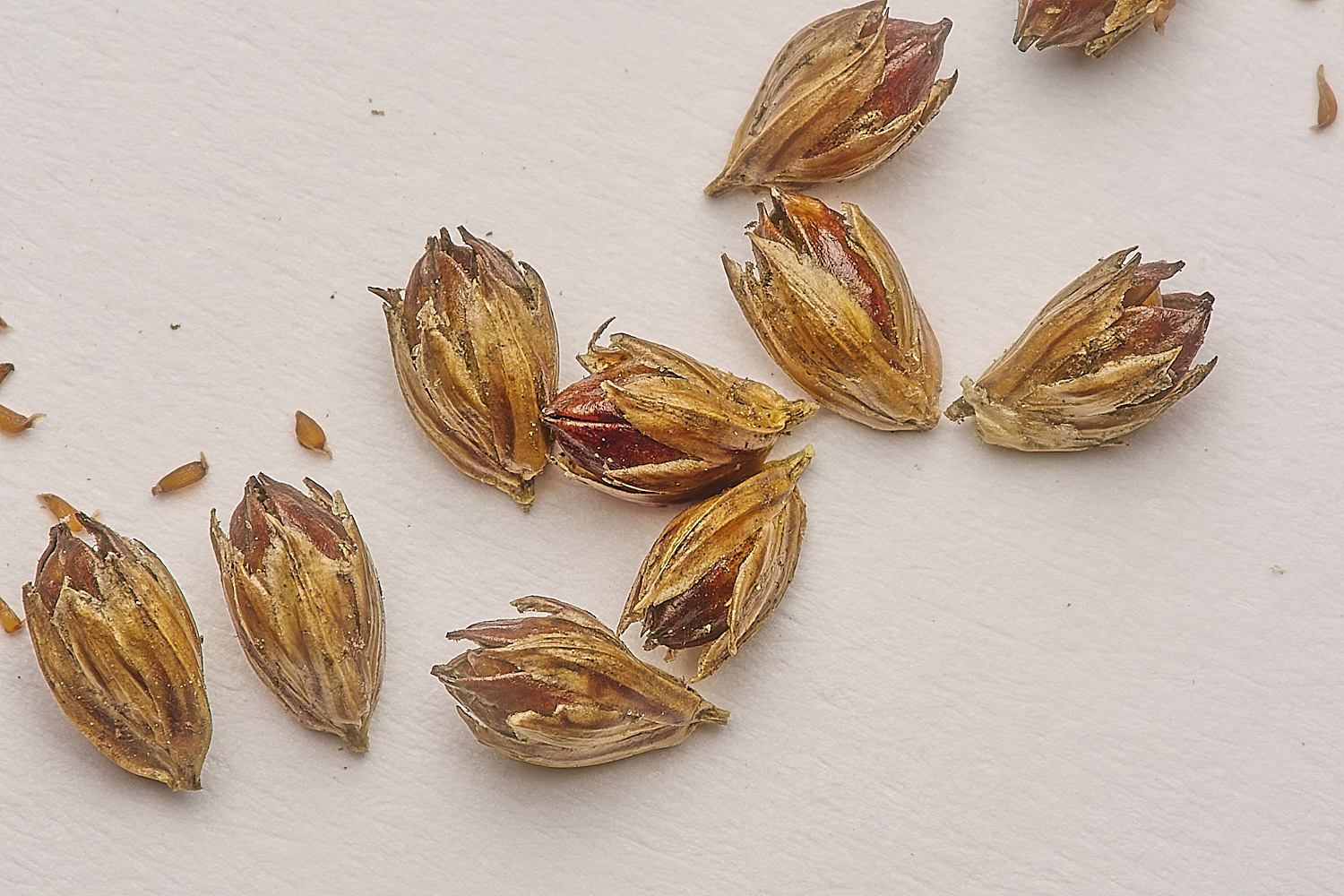
Saltmarsh Rush (Juncus gerardii)
If Glaucous glasswort was found I didn't see that one.
But a fascinating day none the less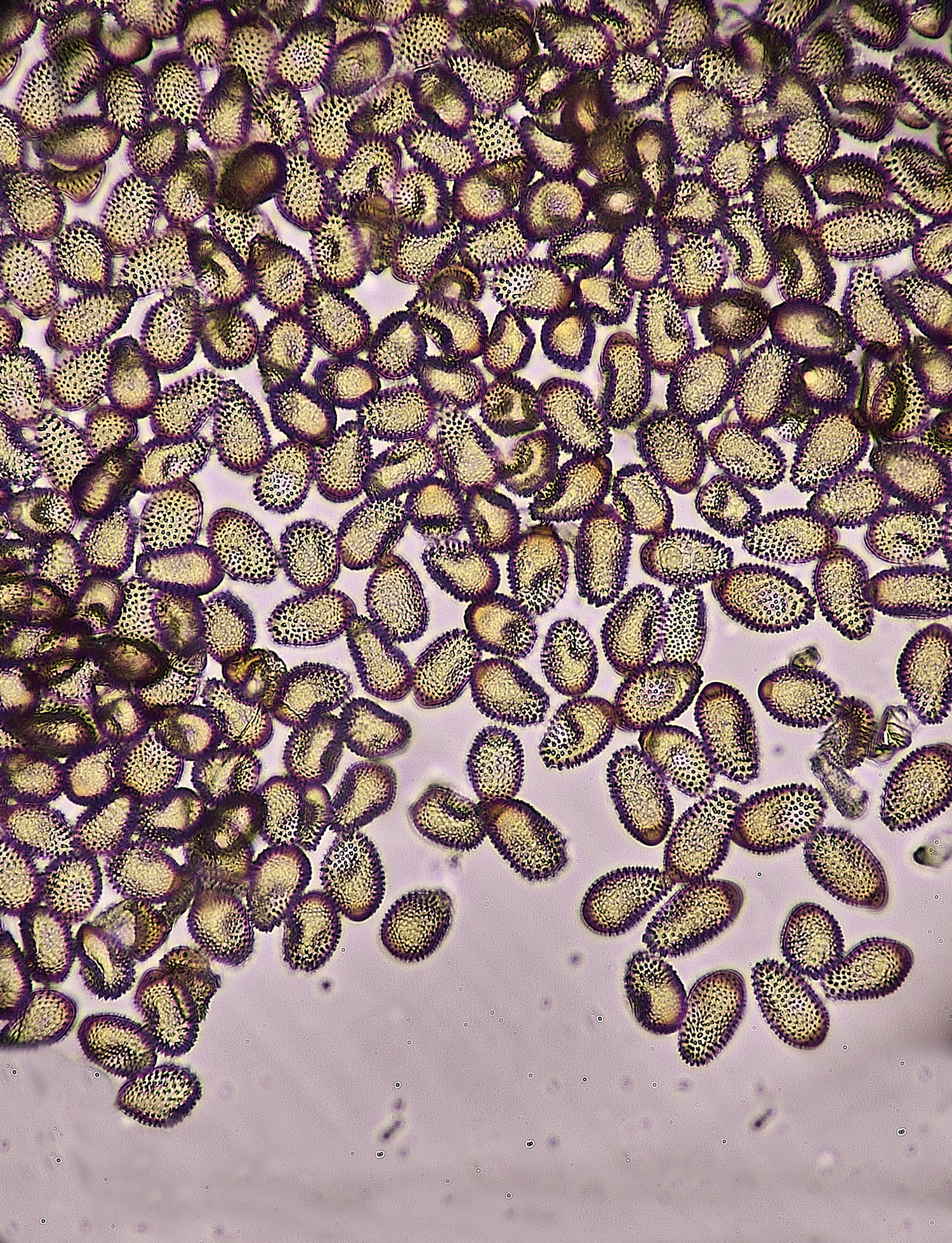
One last thing - a rust found on the underside of some Prunus domestica leaves.
Weybourne
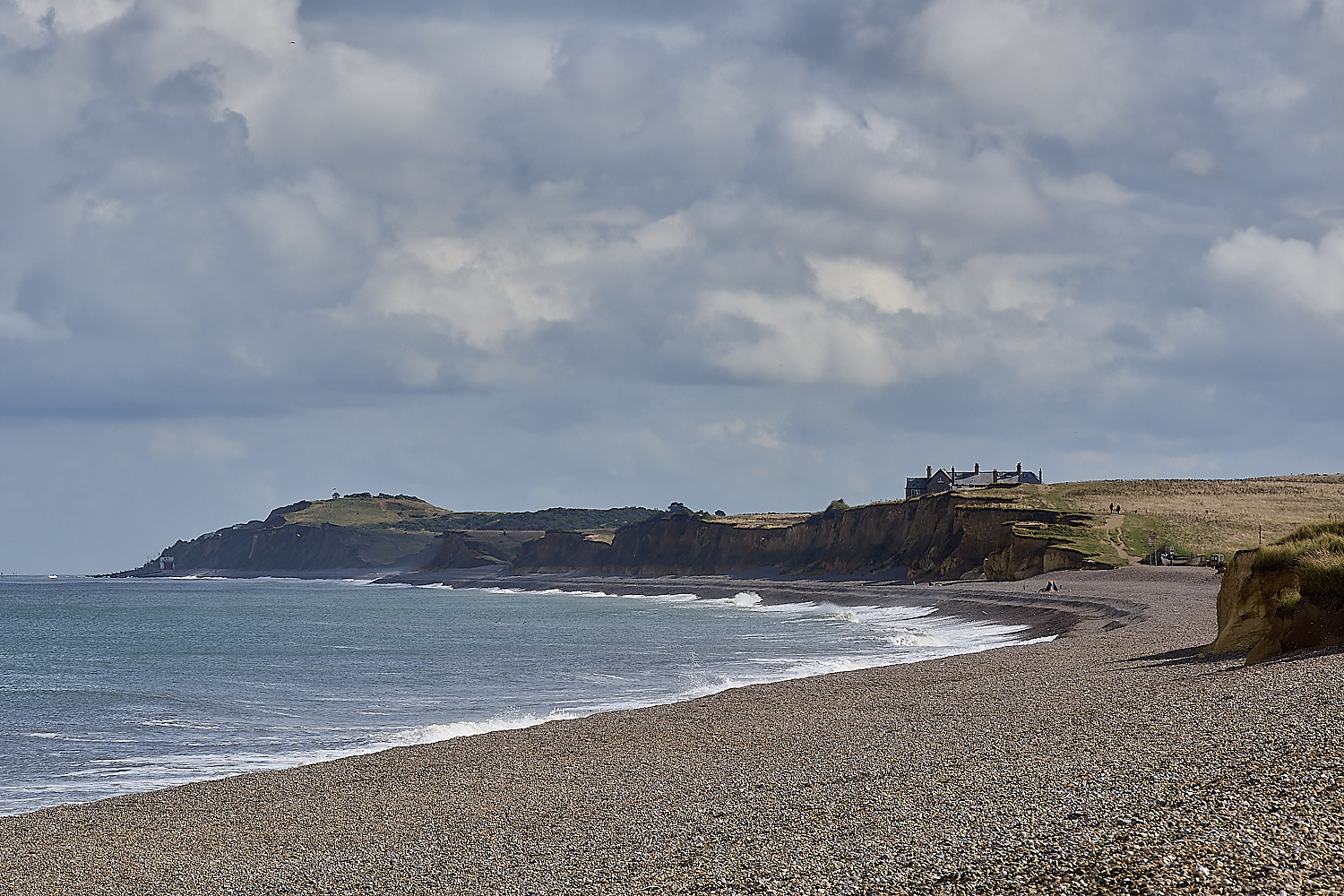

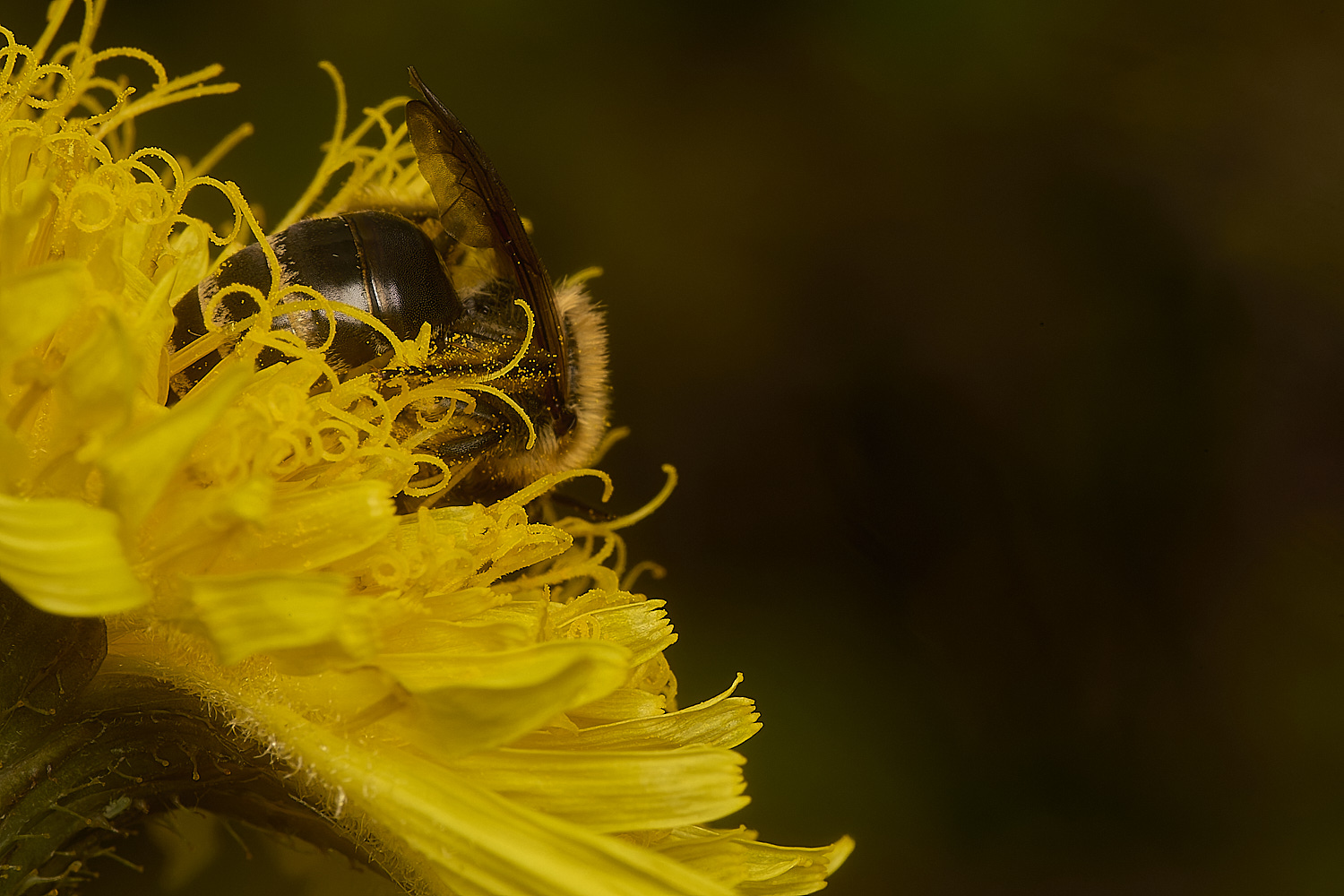
Ivy Bee (Colletes hederae) nestled in the flowering head of a Perennial Sowthistle (Sonchus arvensis)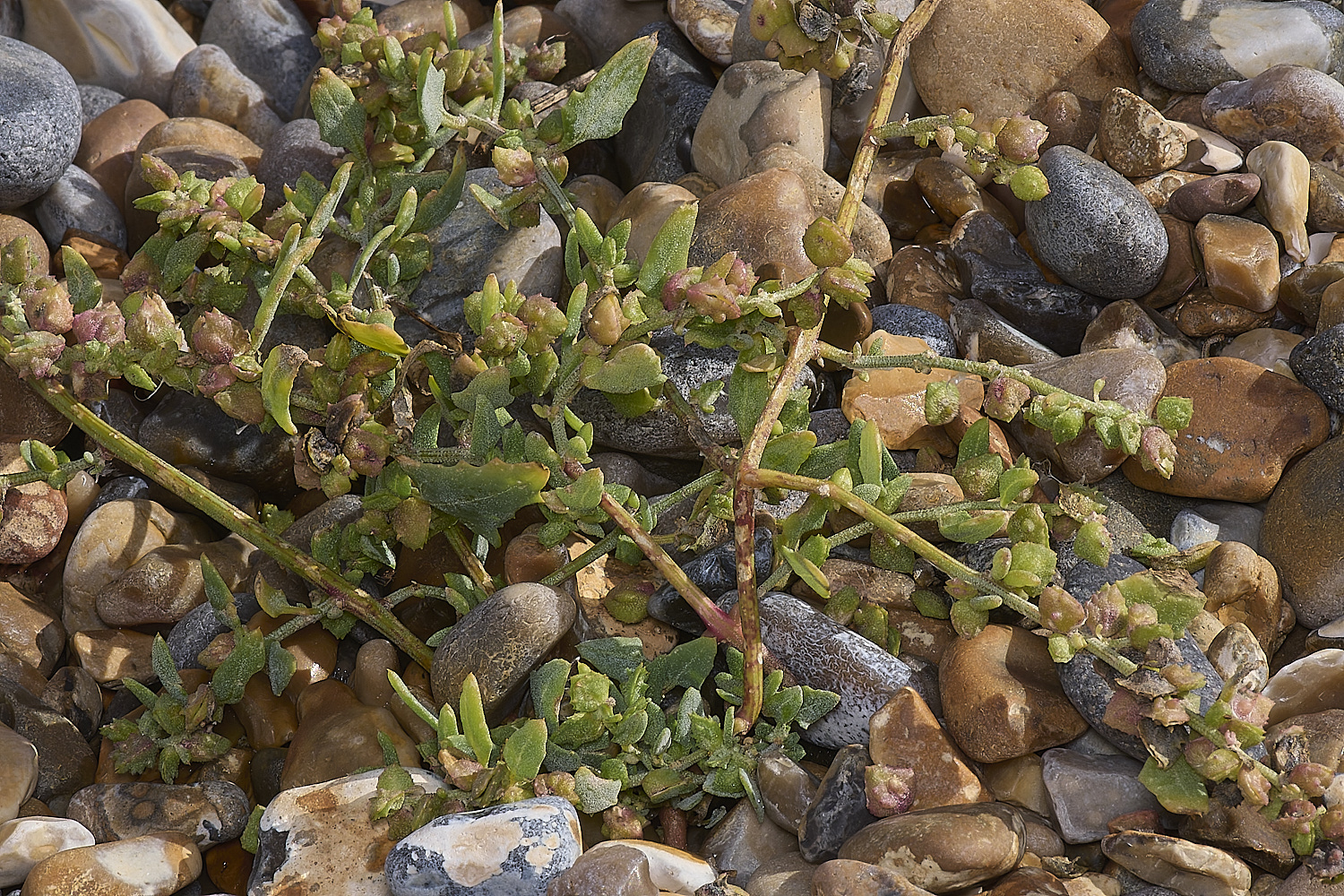
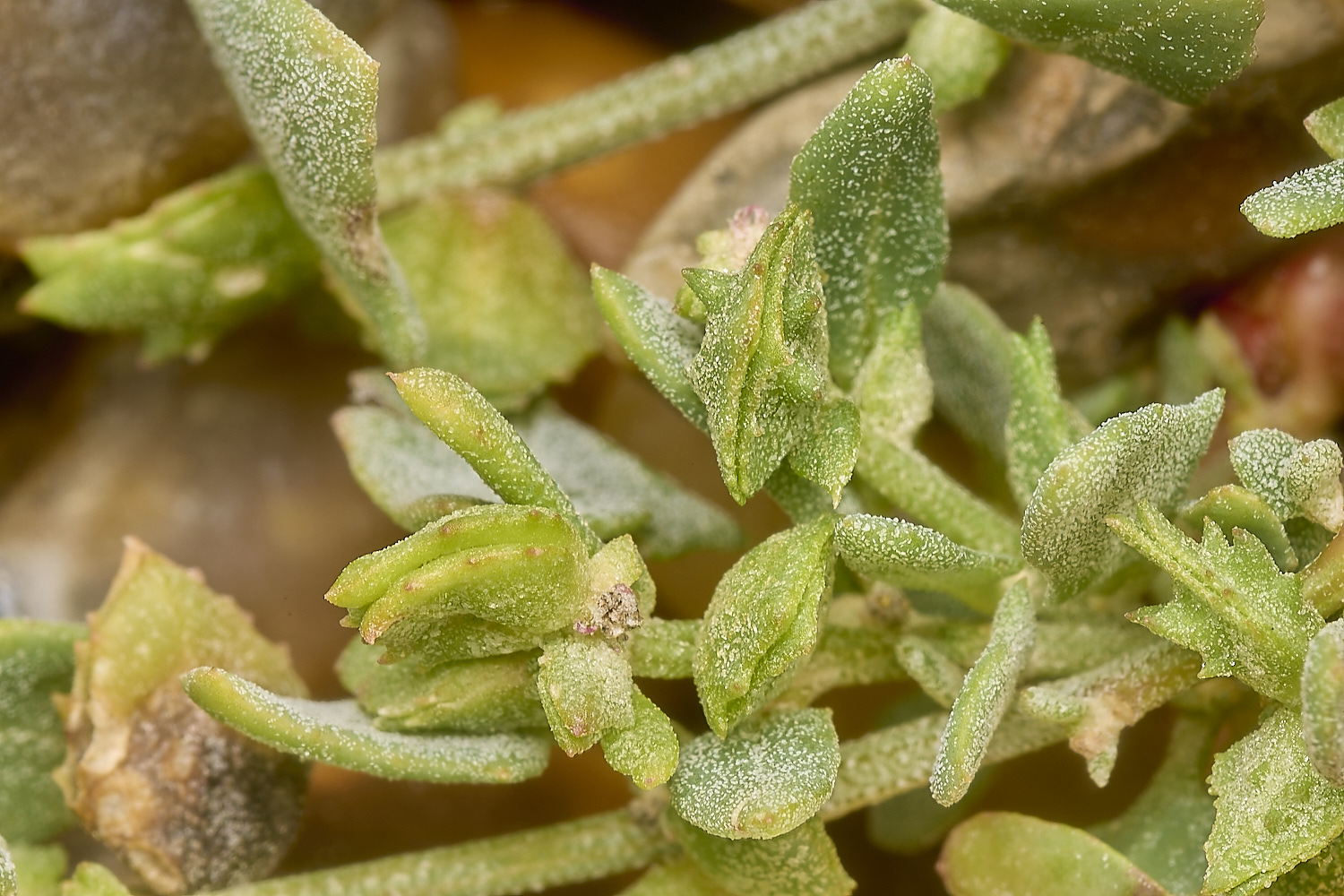
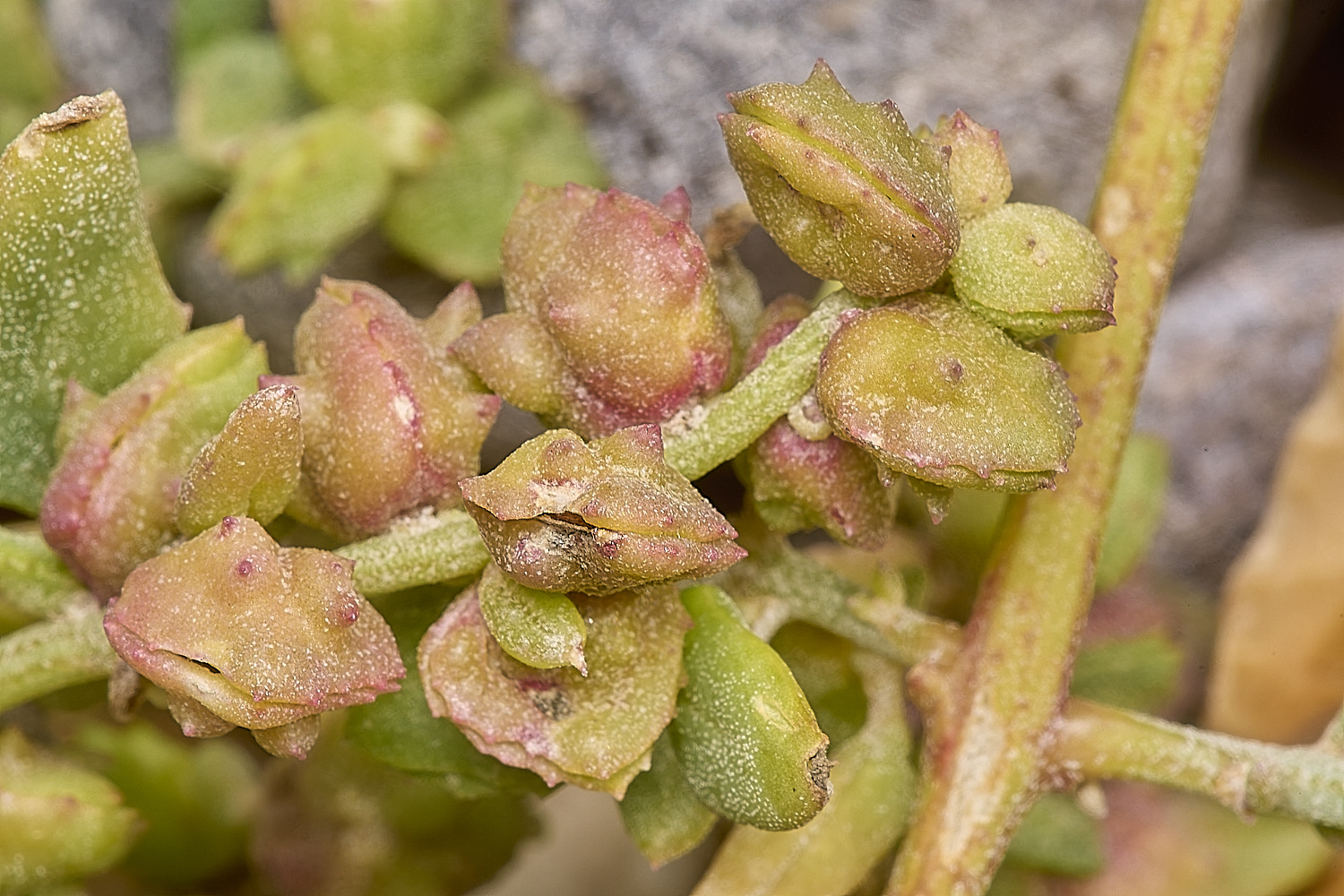
Frosted Orache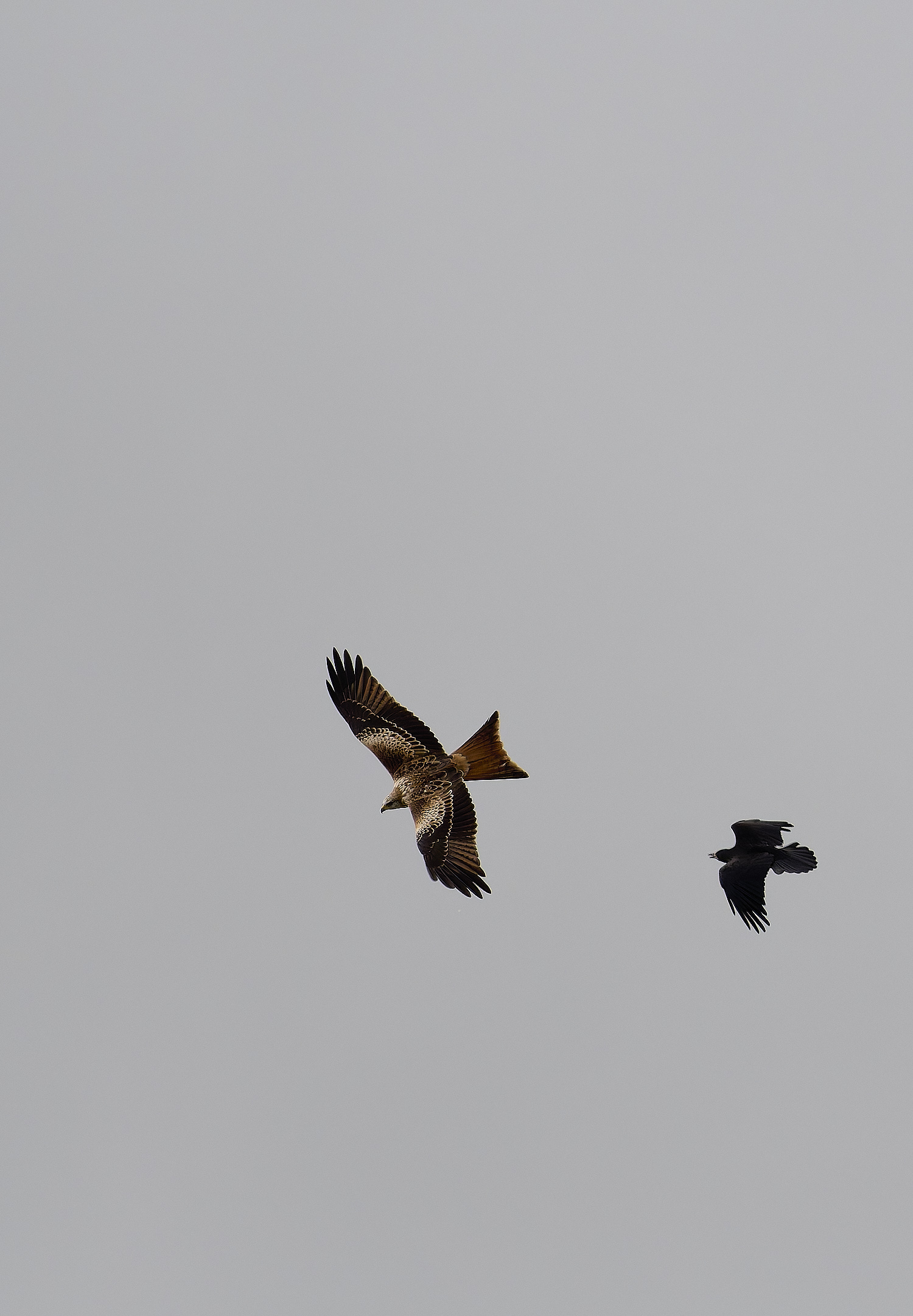
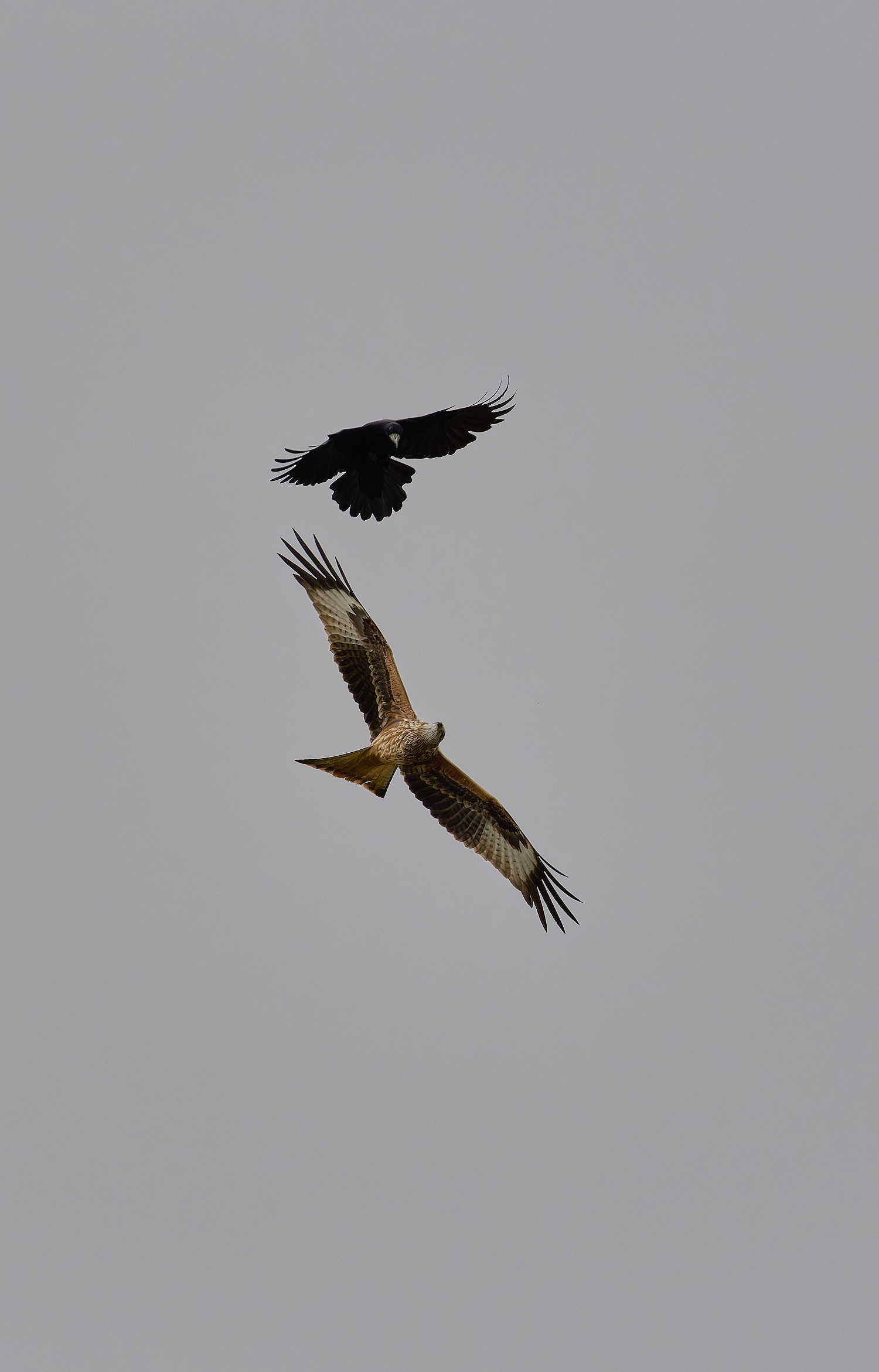
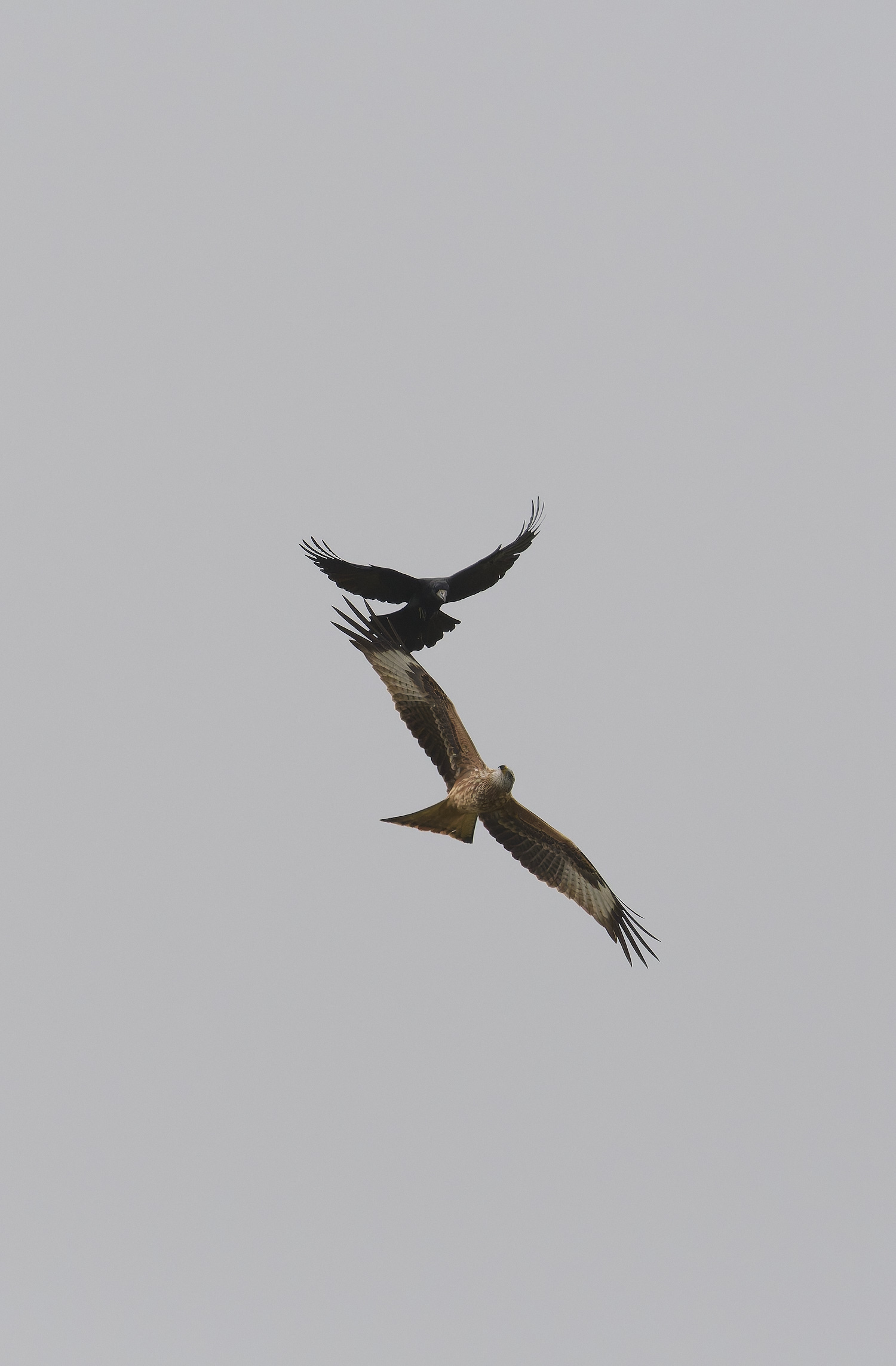
Red Kite (Milvus milvus)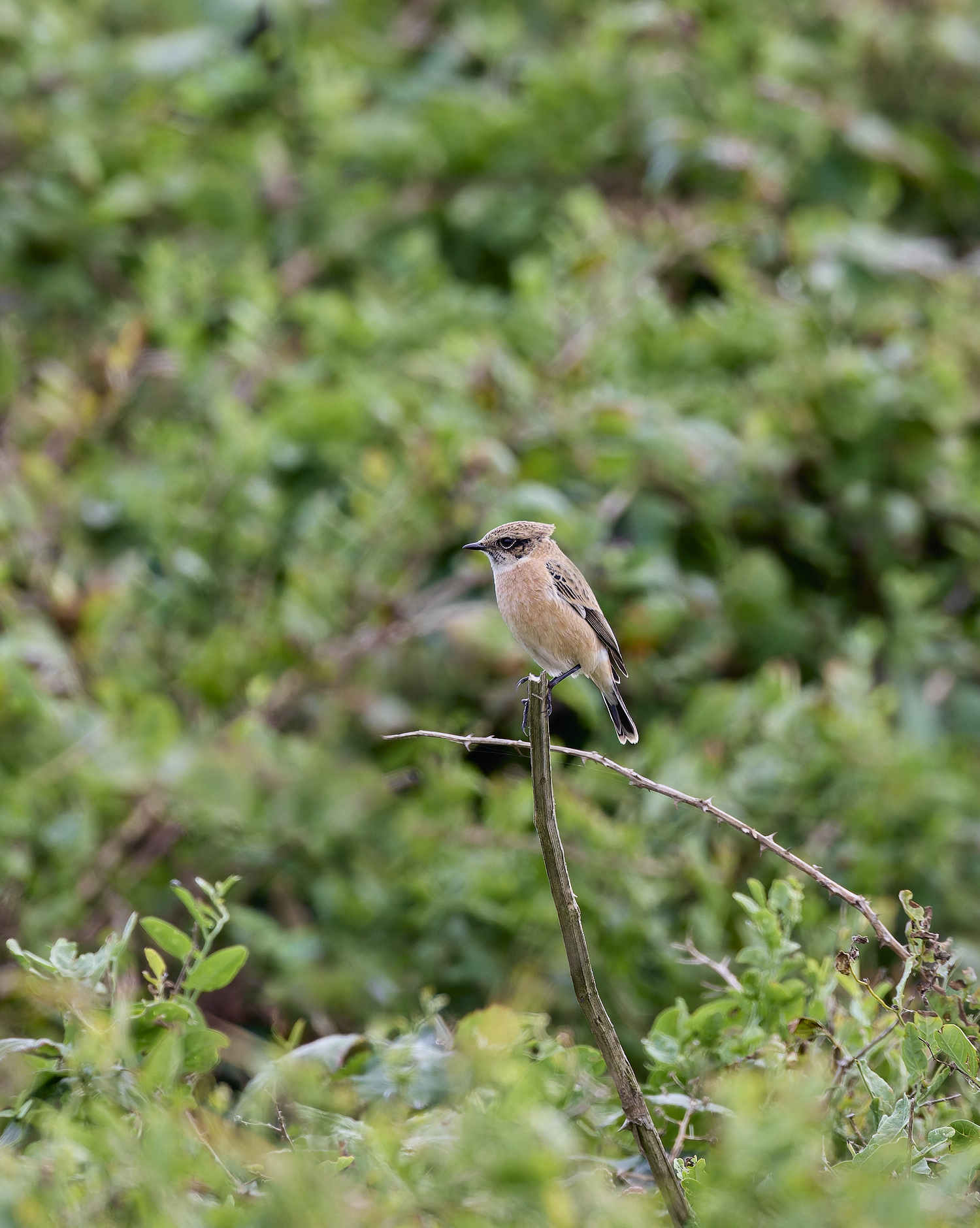
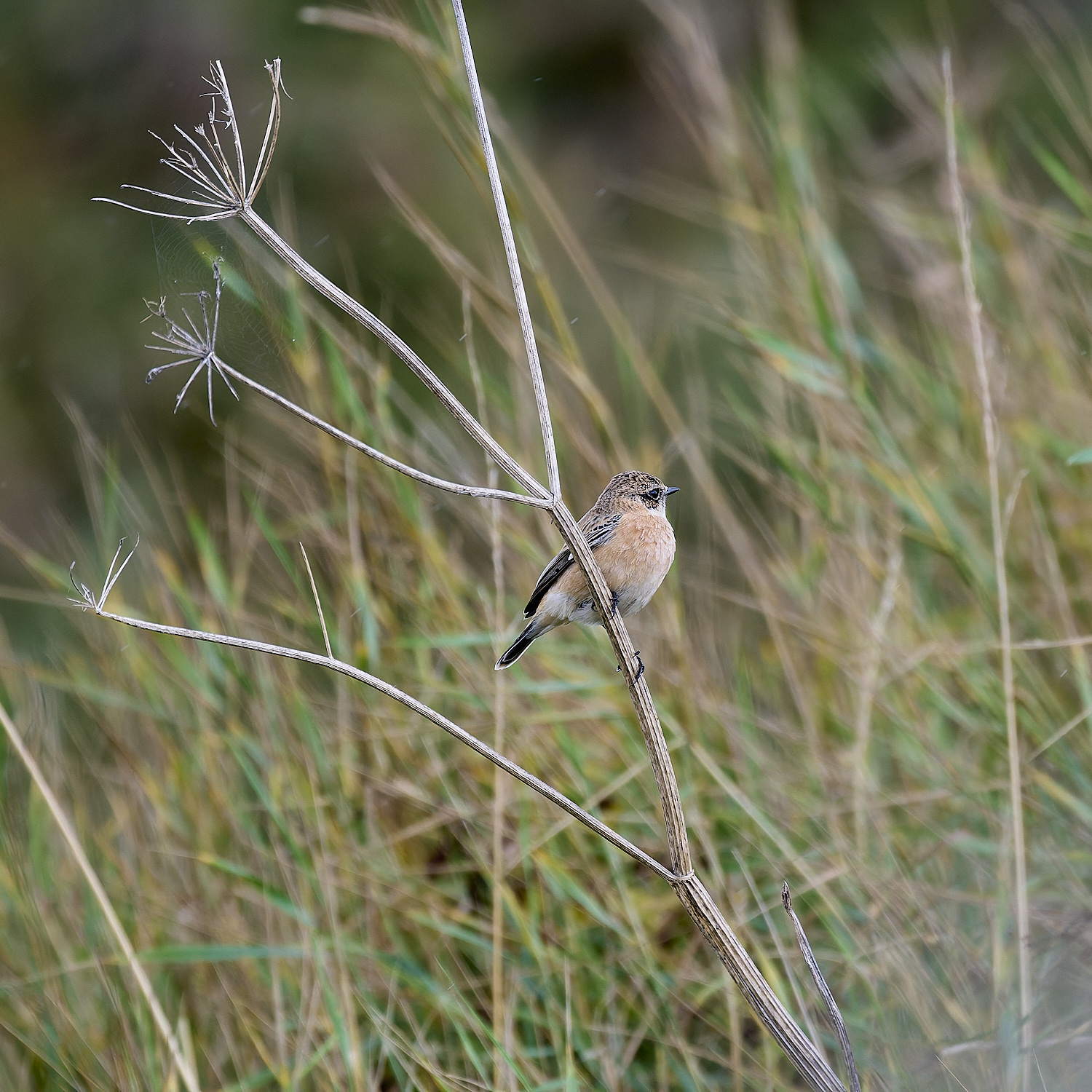


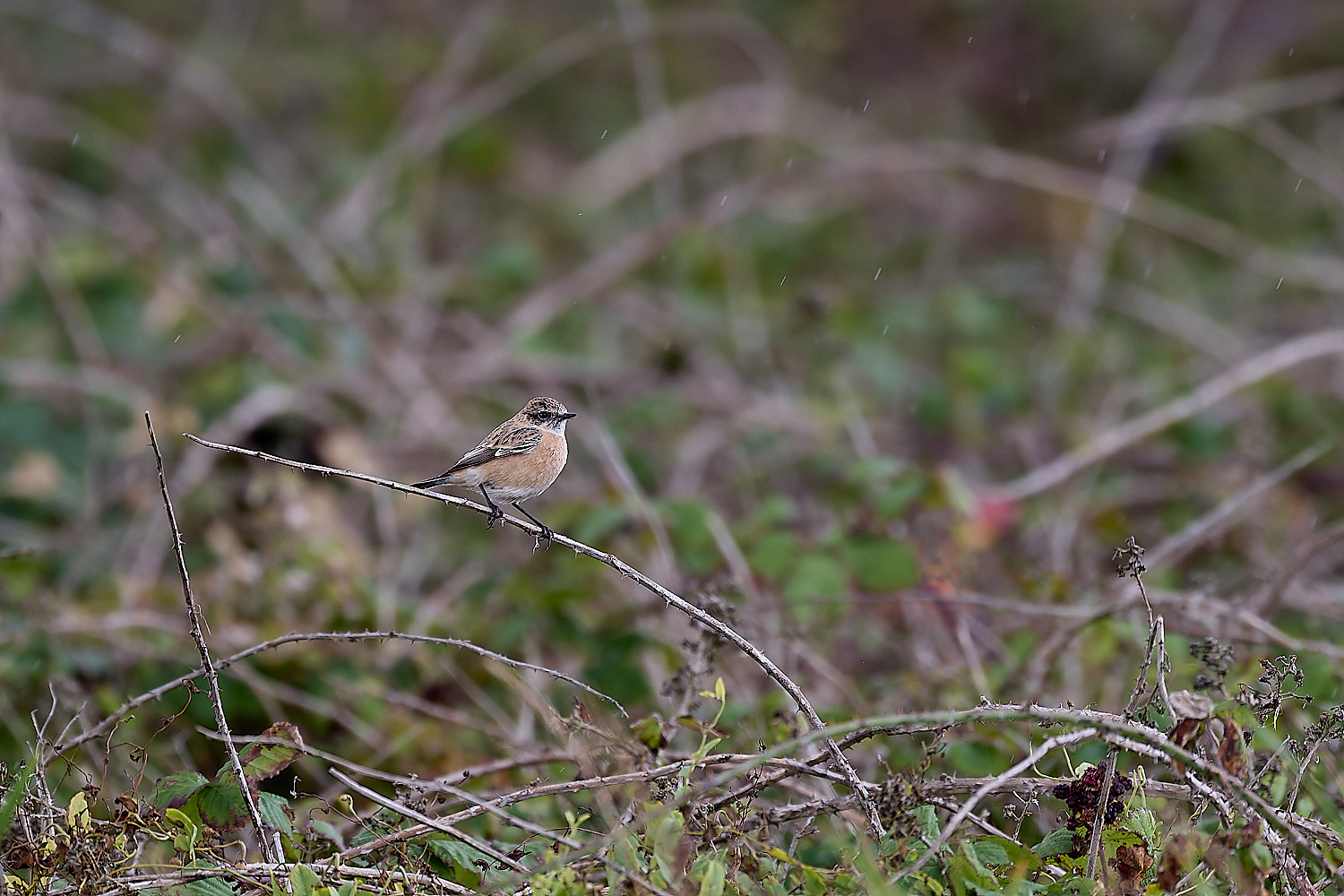
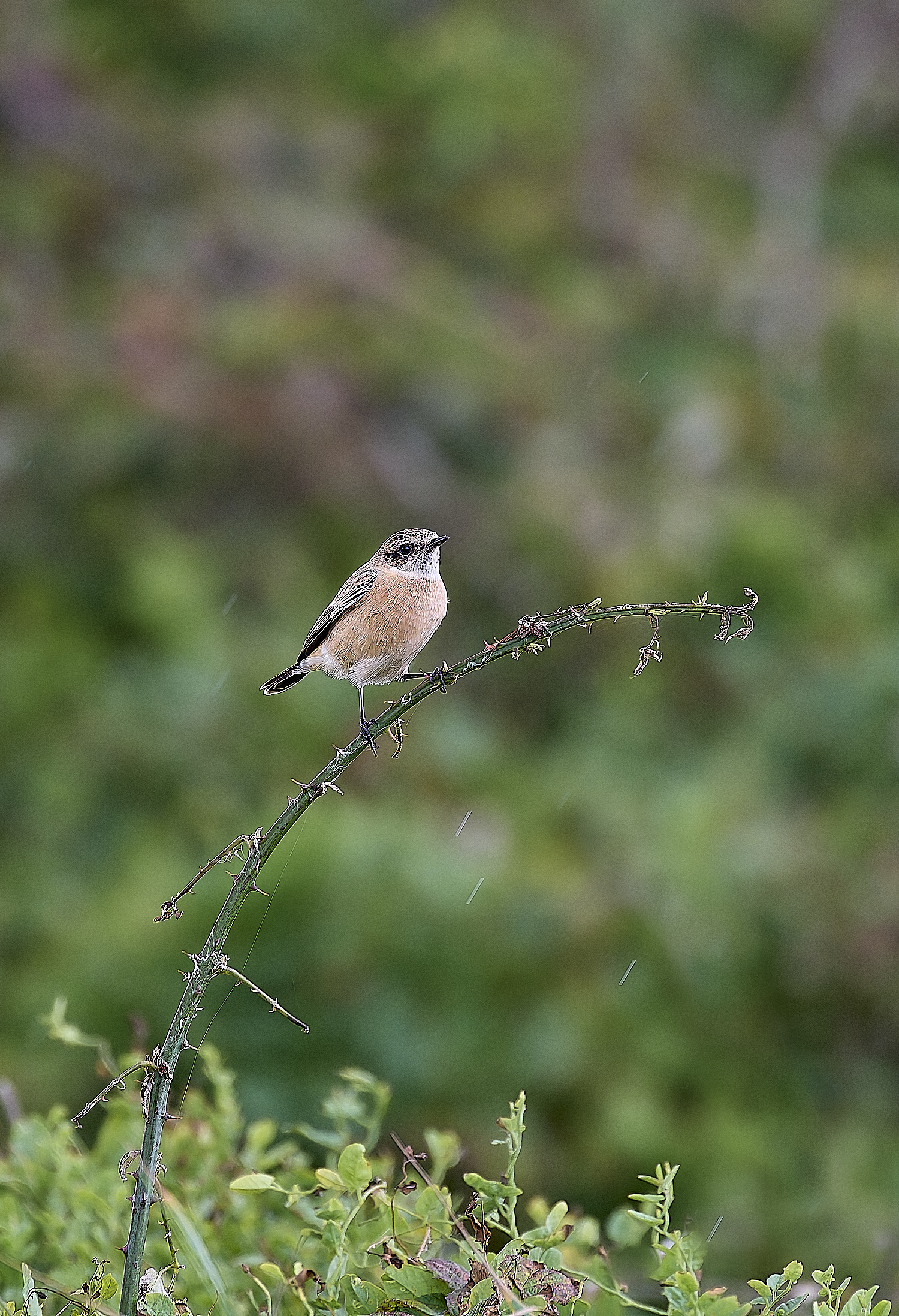
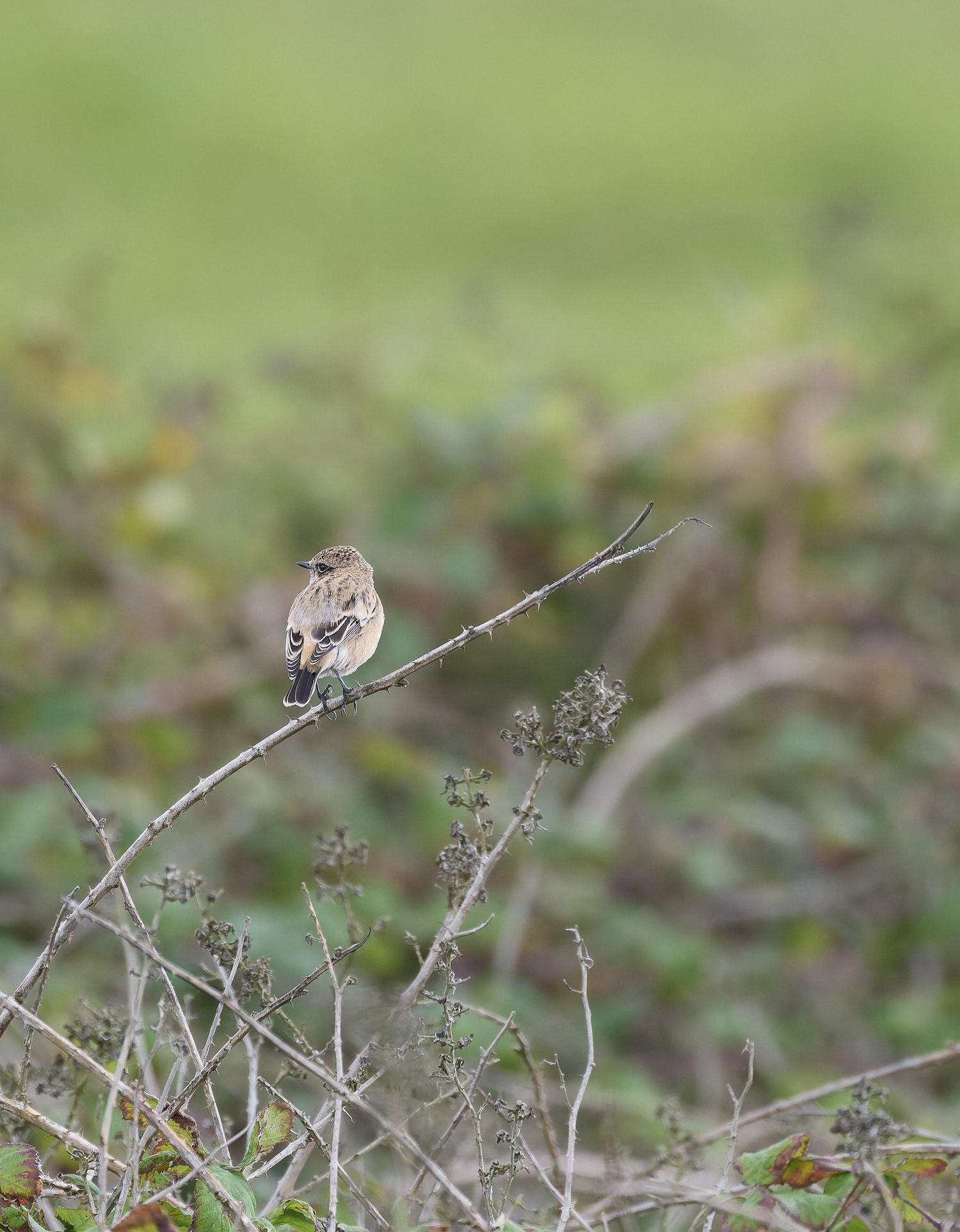
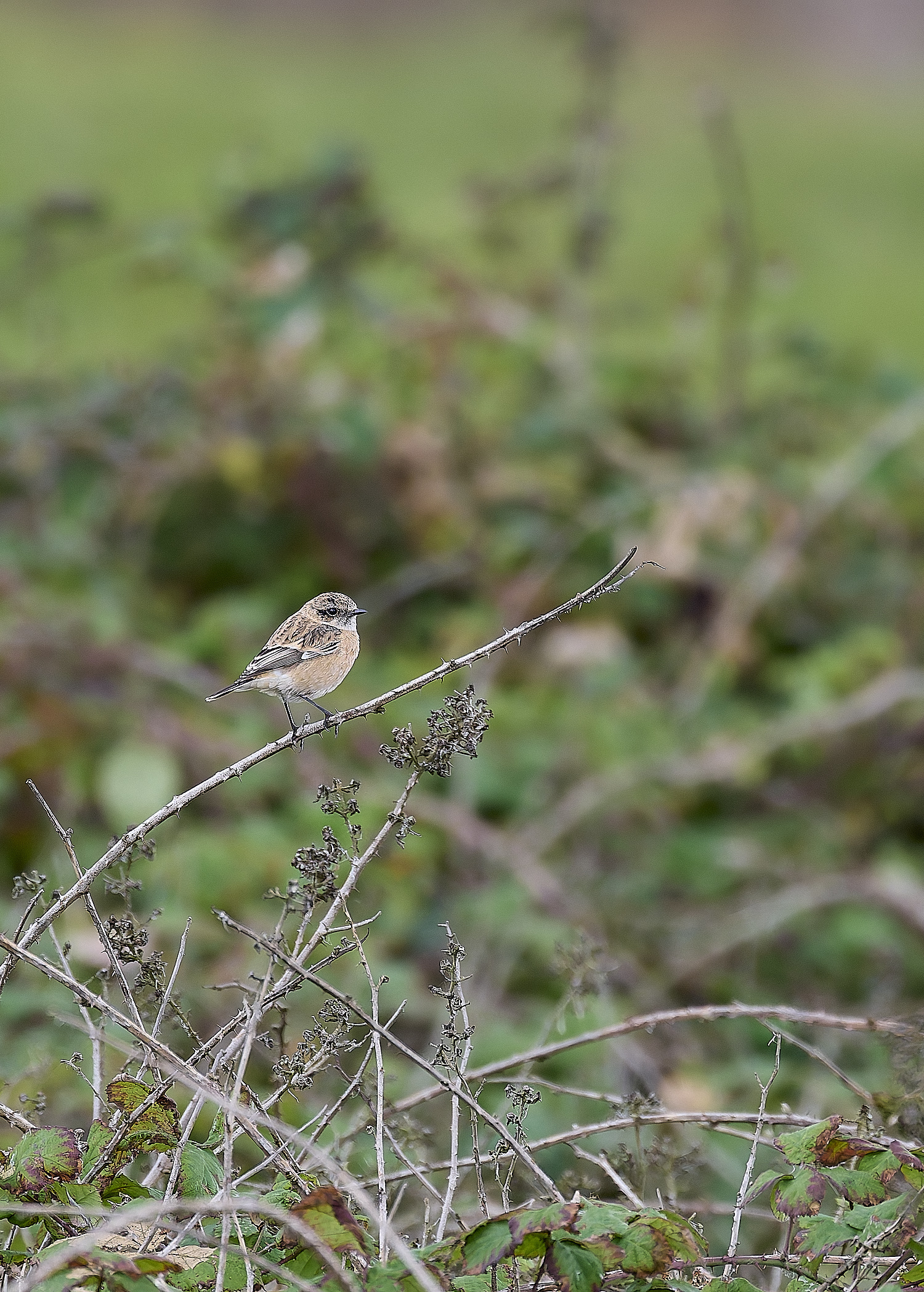
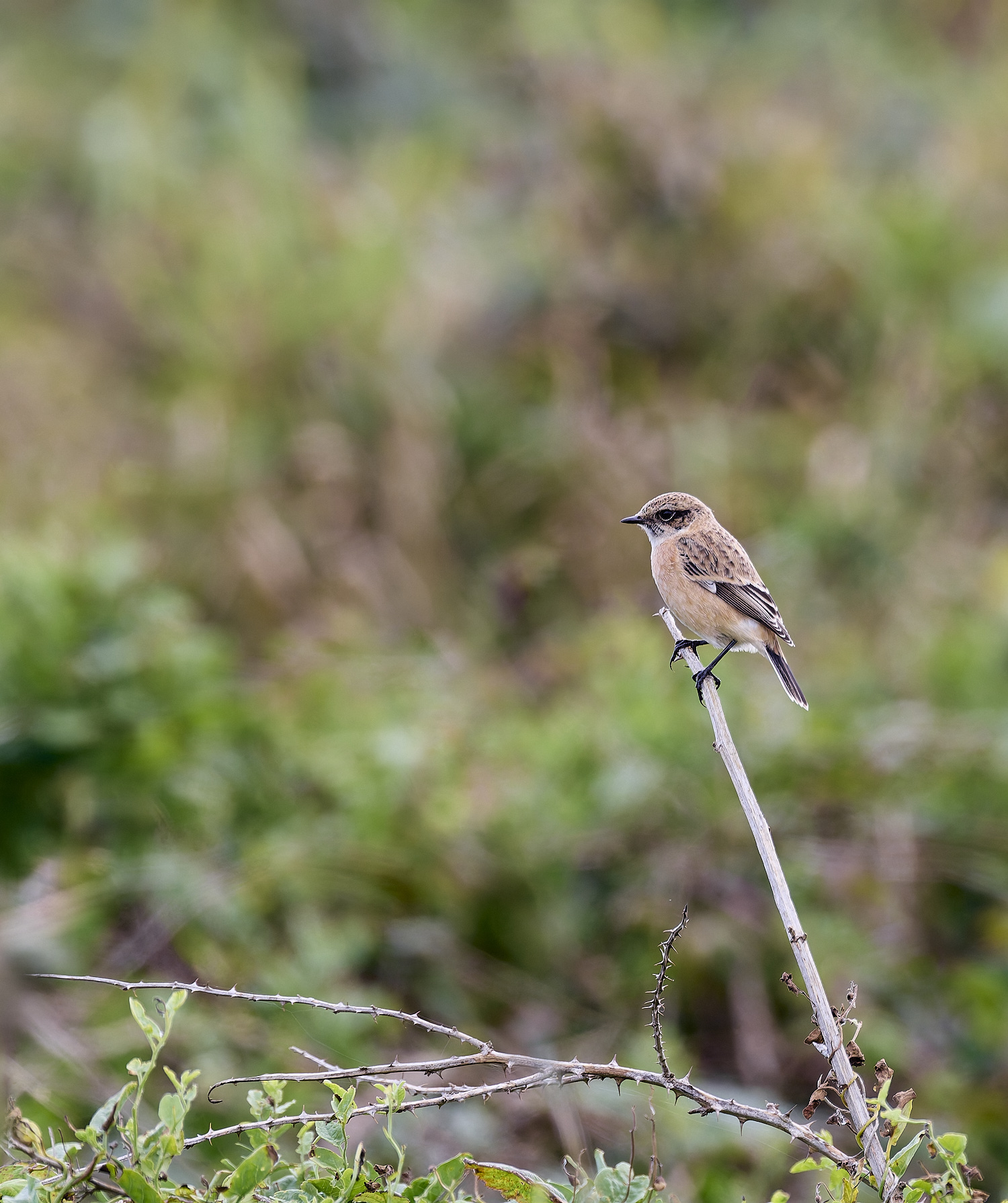
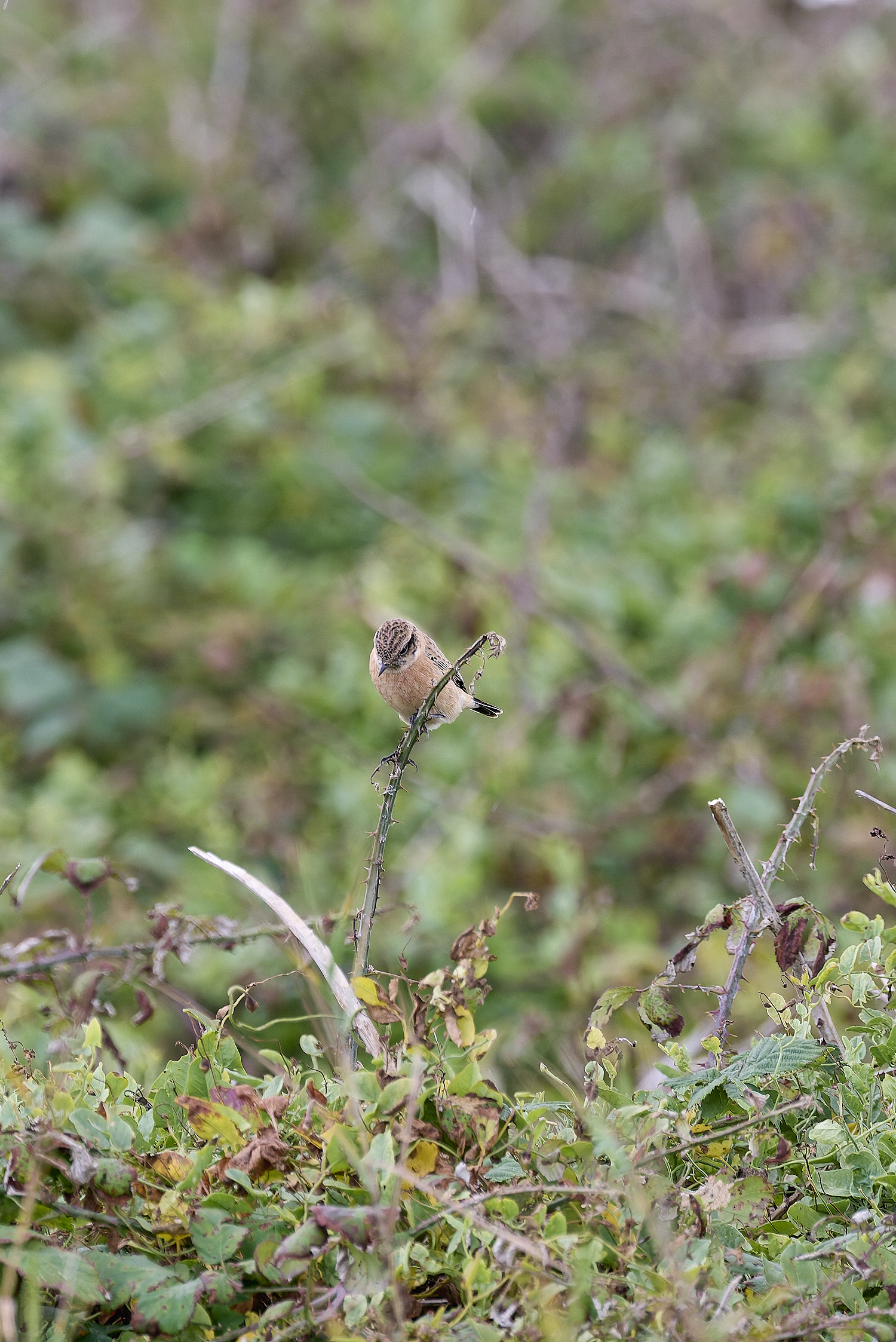
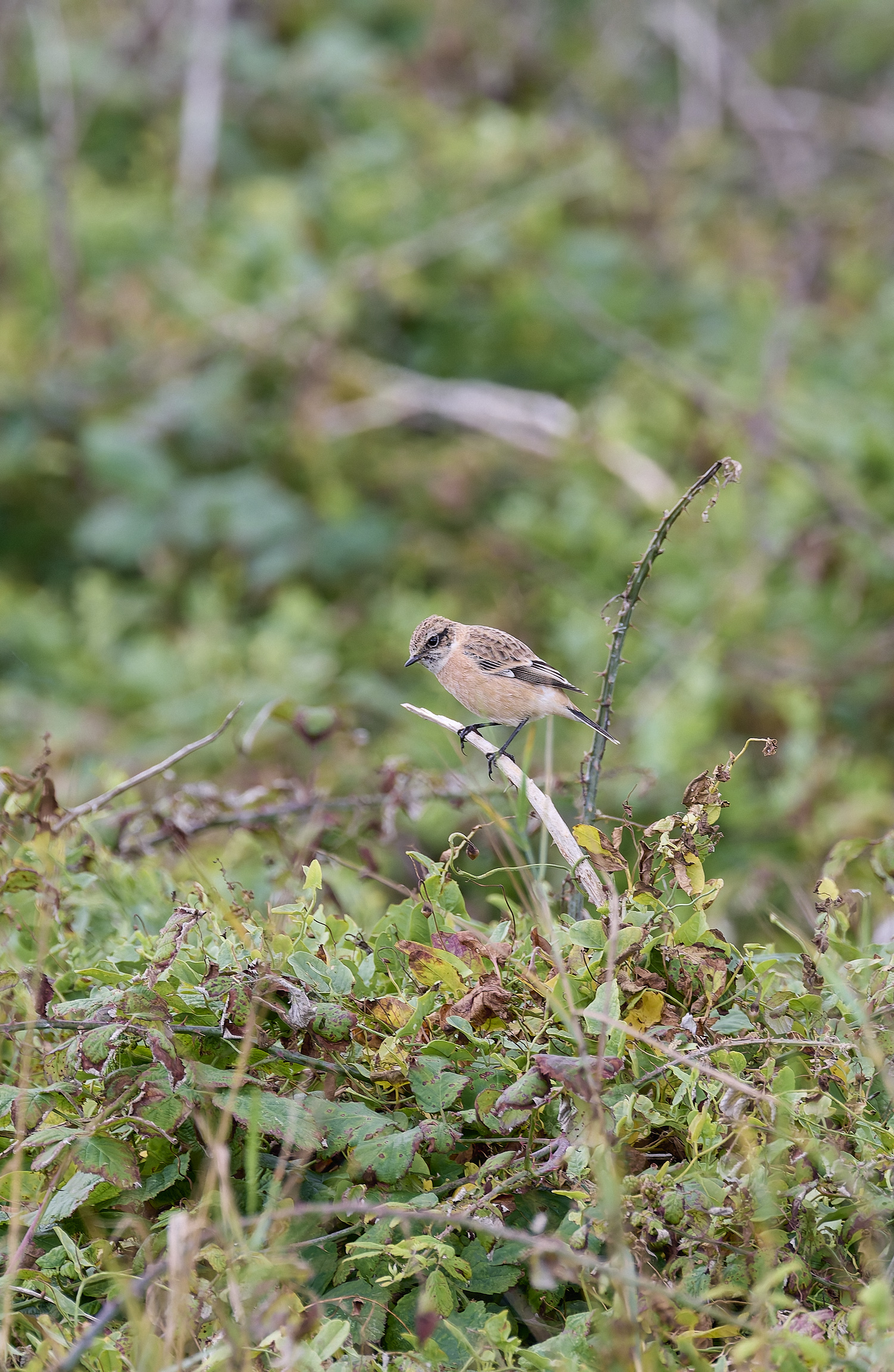
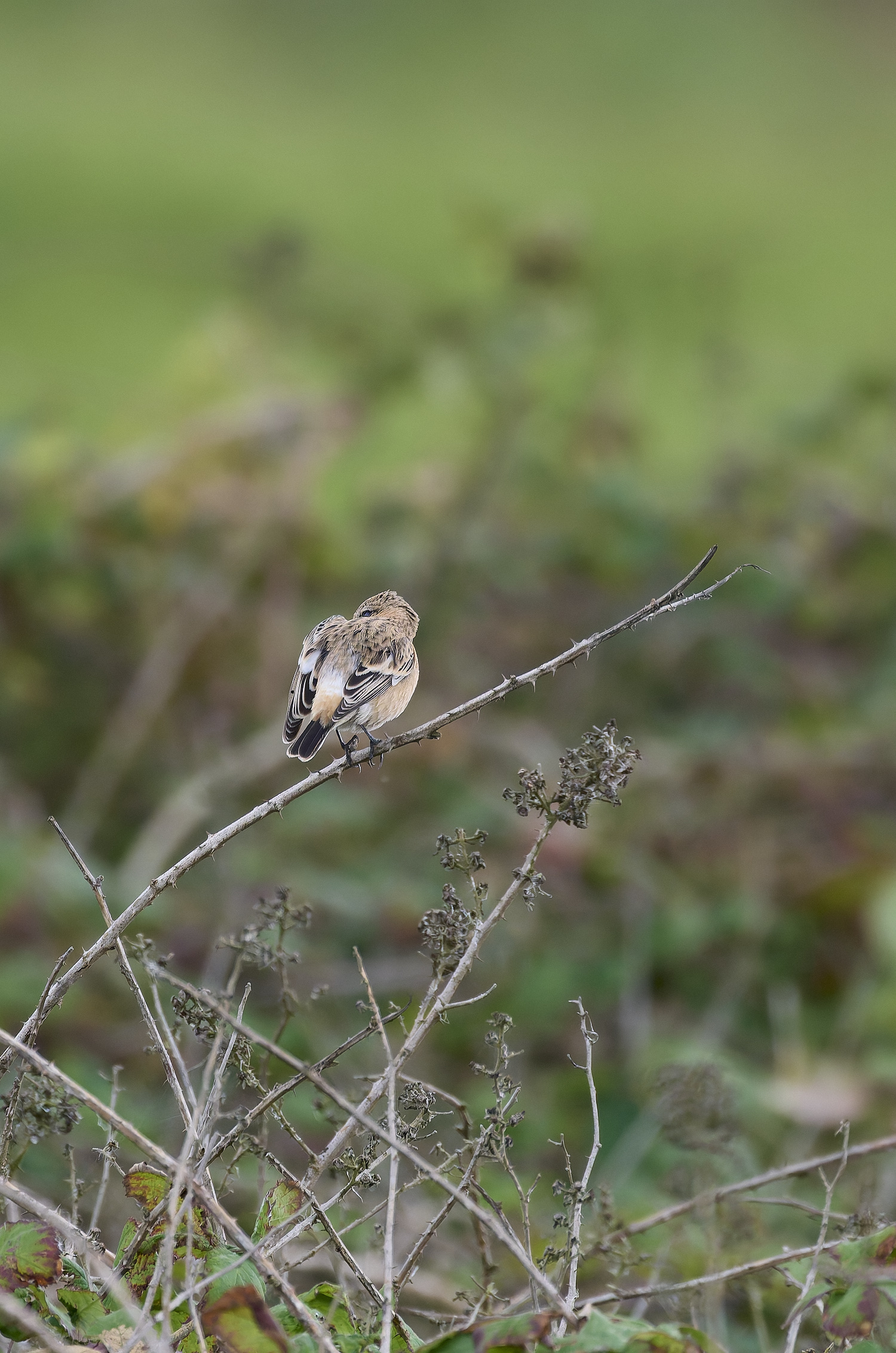
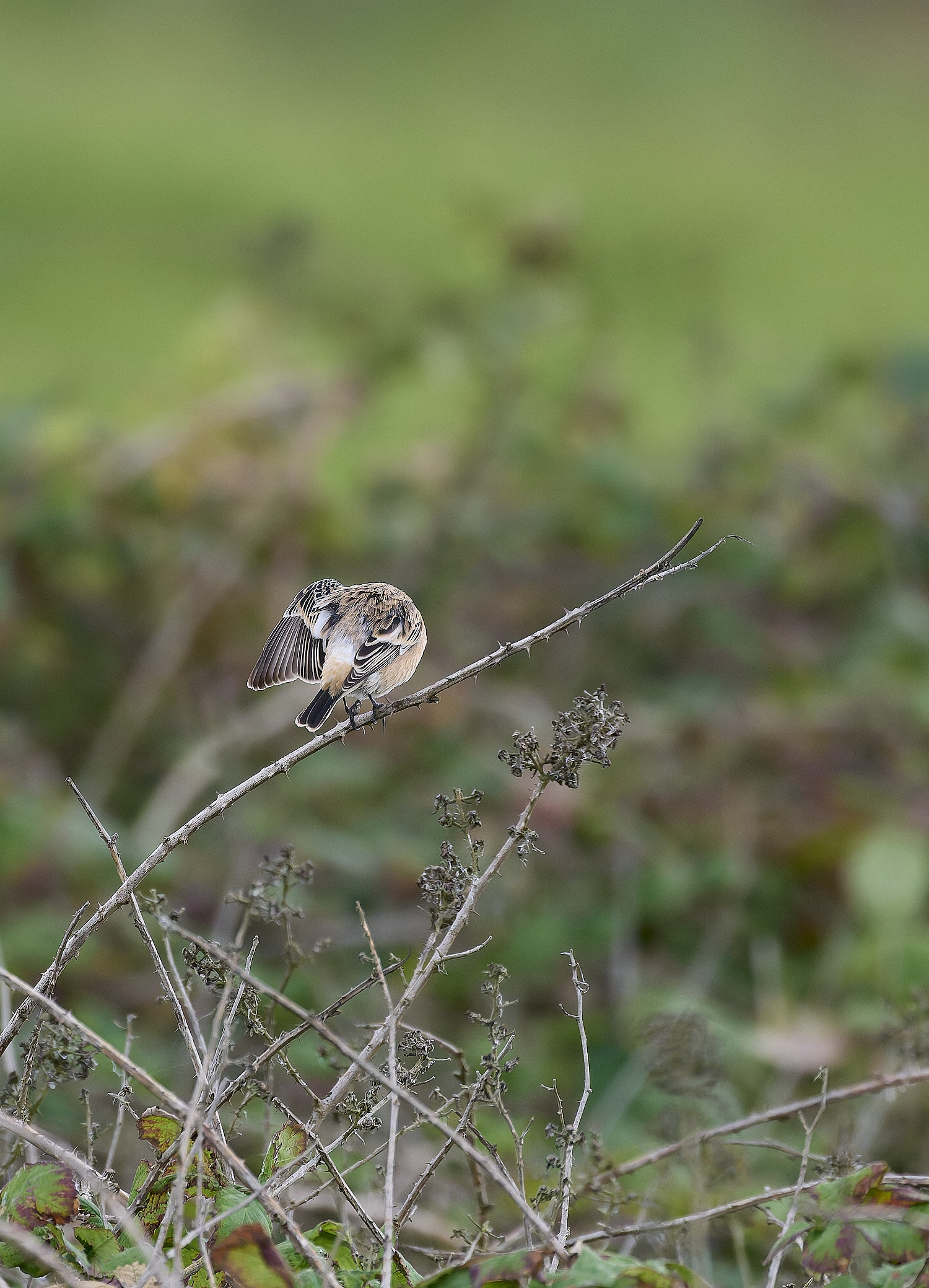
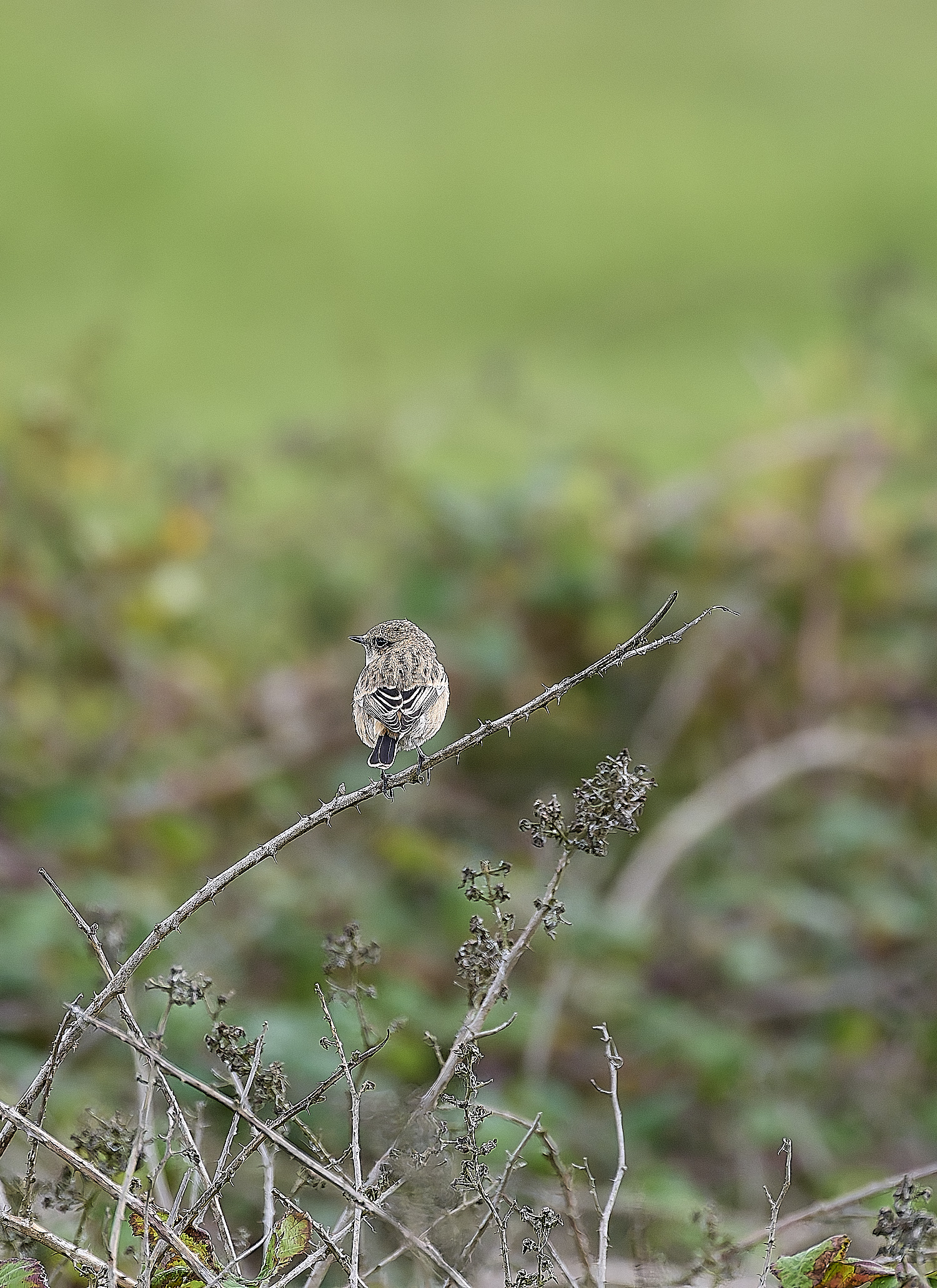
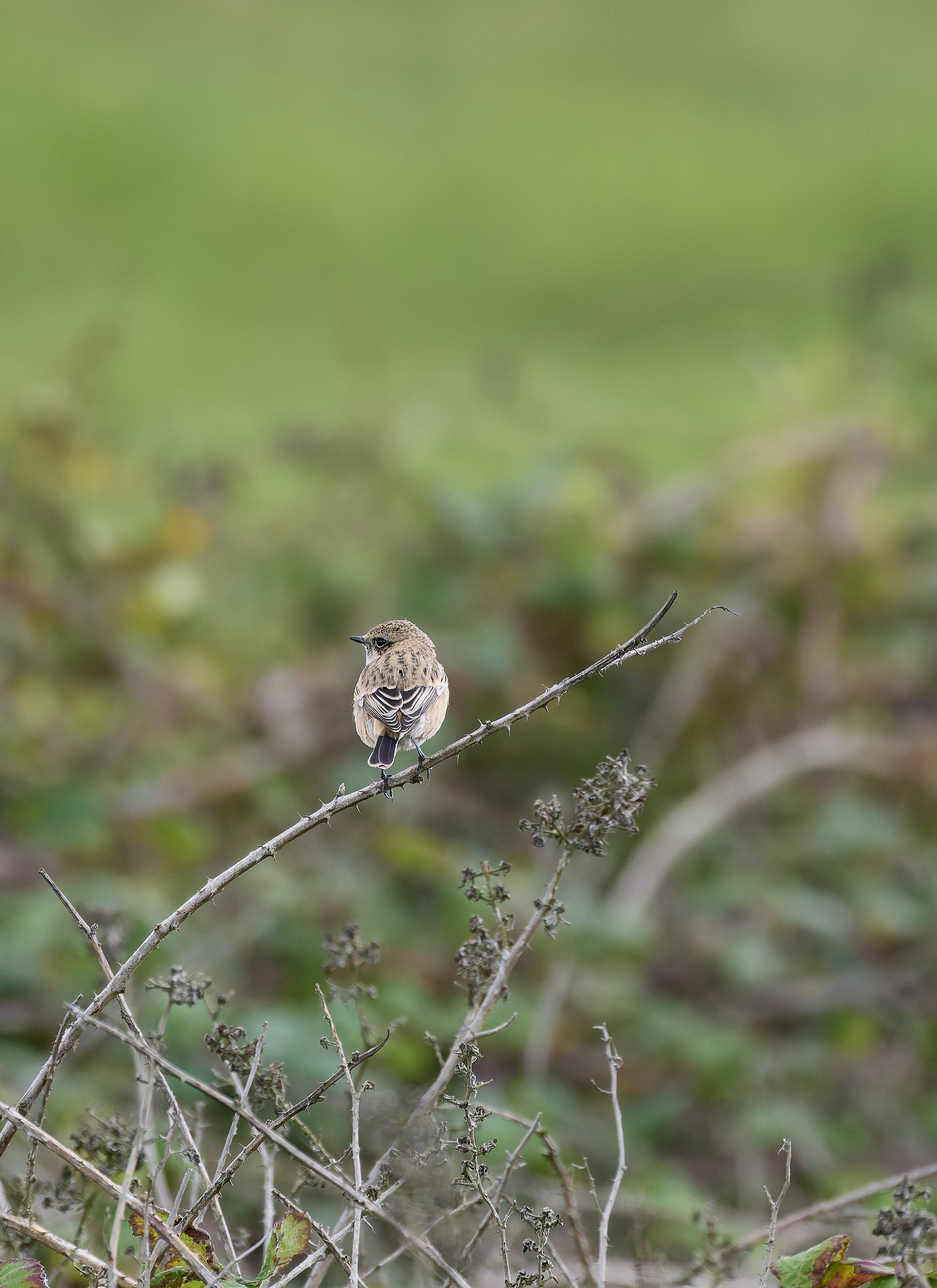
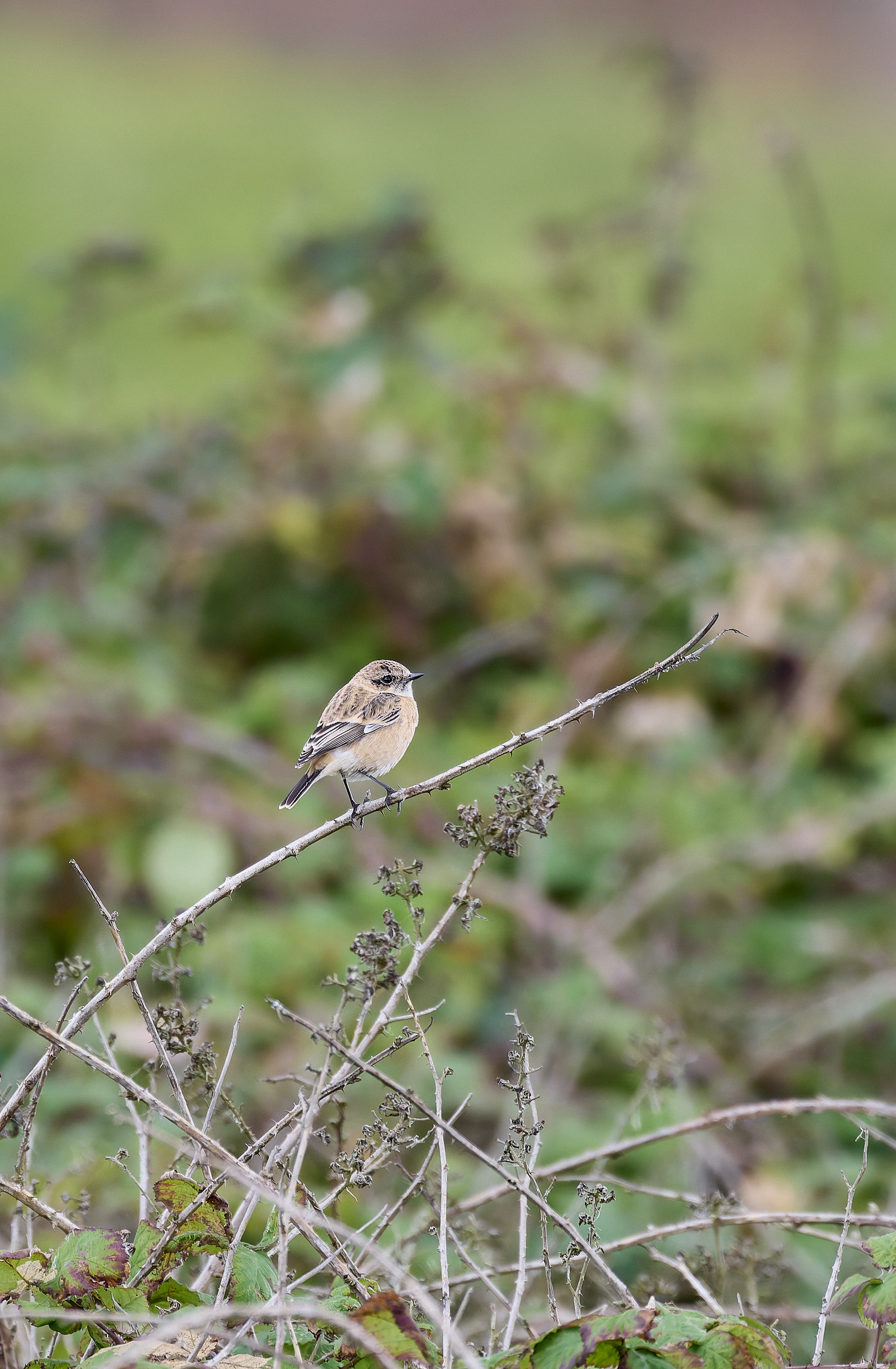
Eastern Stonechat sp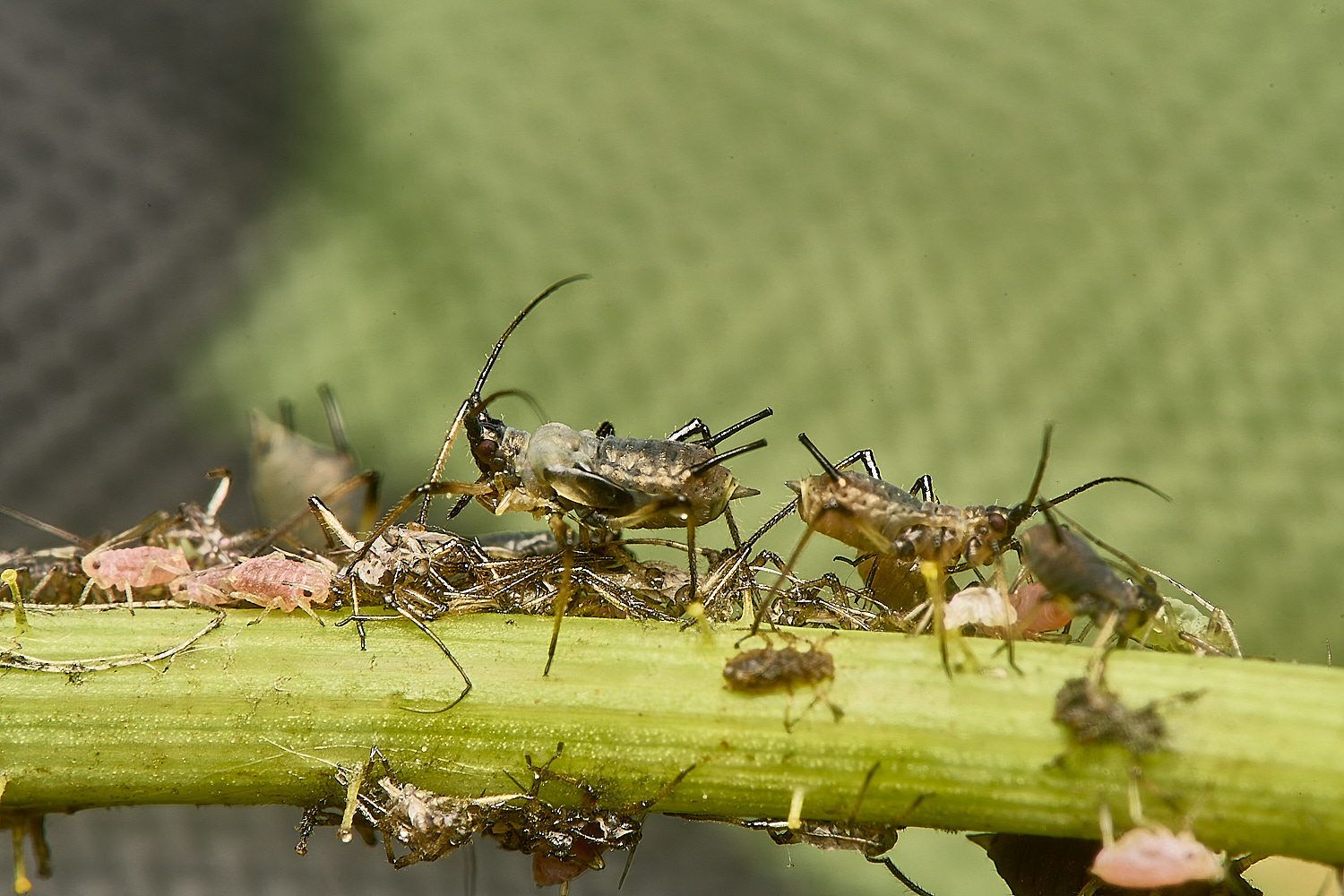
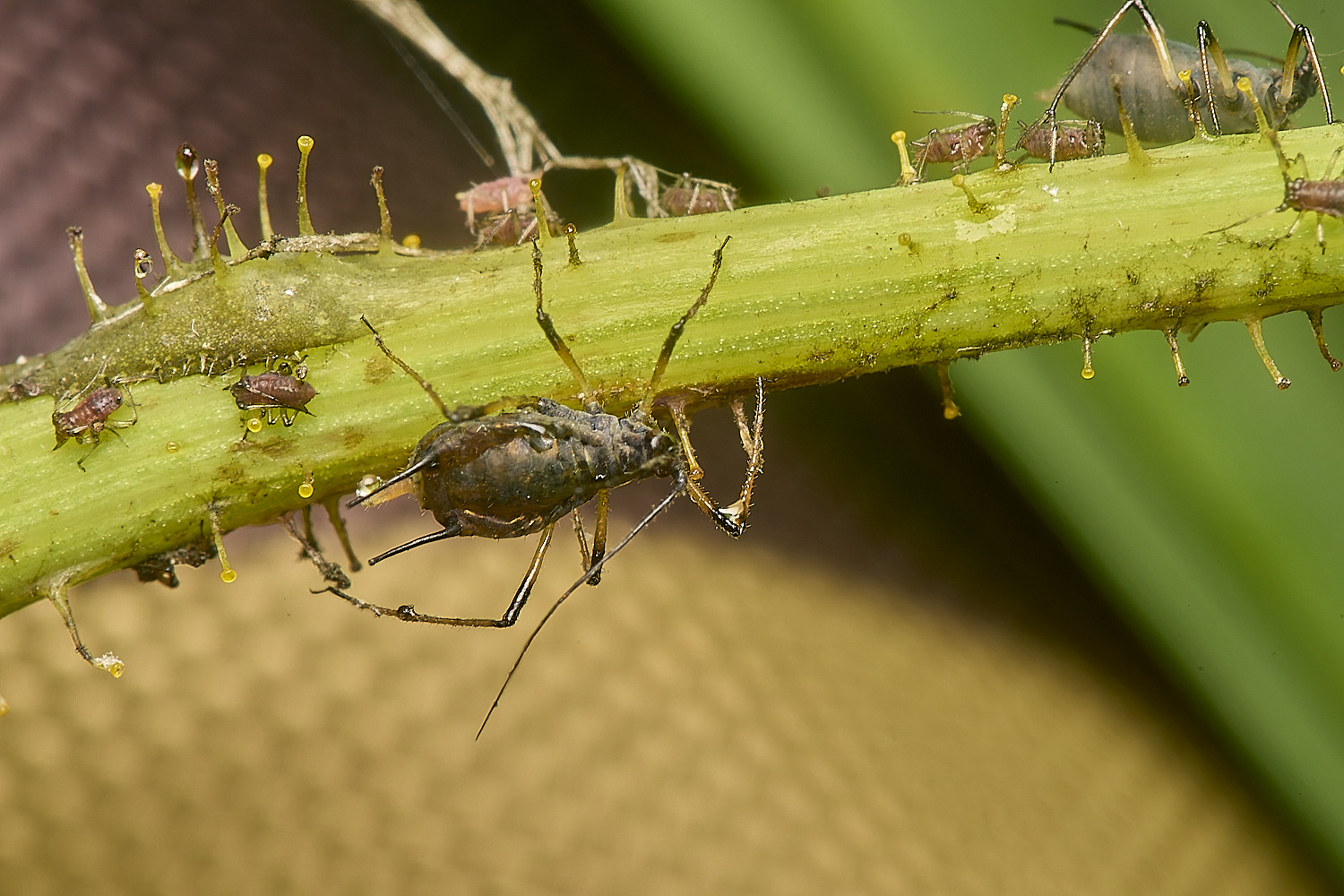
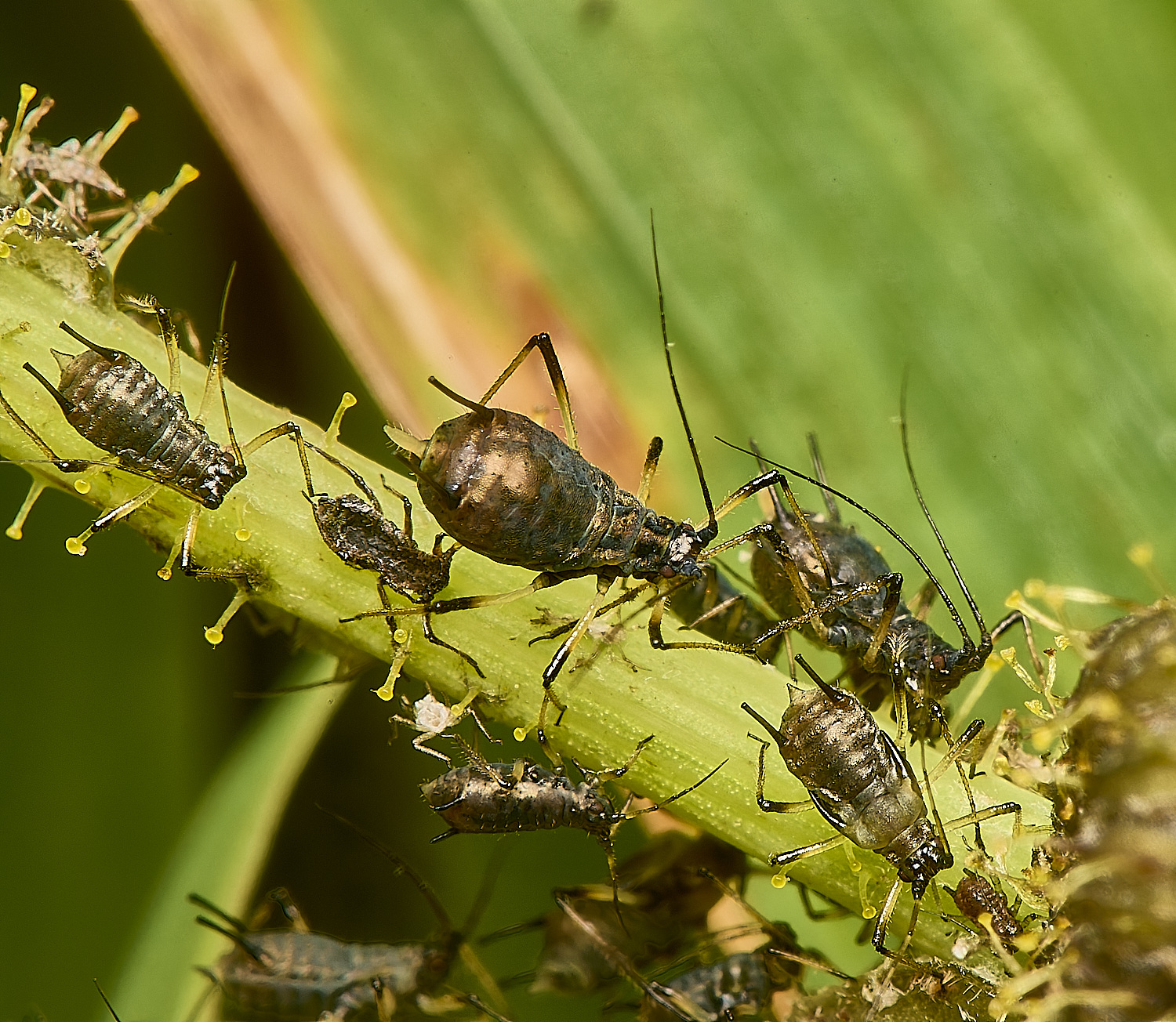
Large Hawkweed Aphid (Uroleucon obscurum)?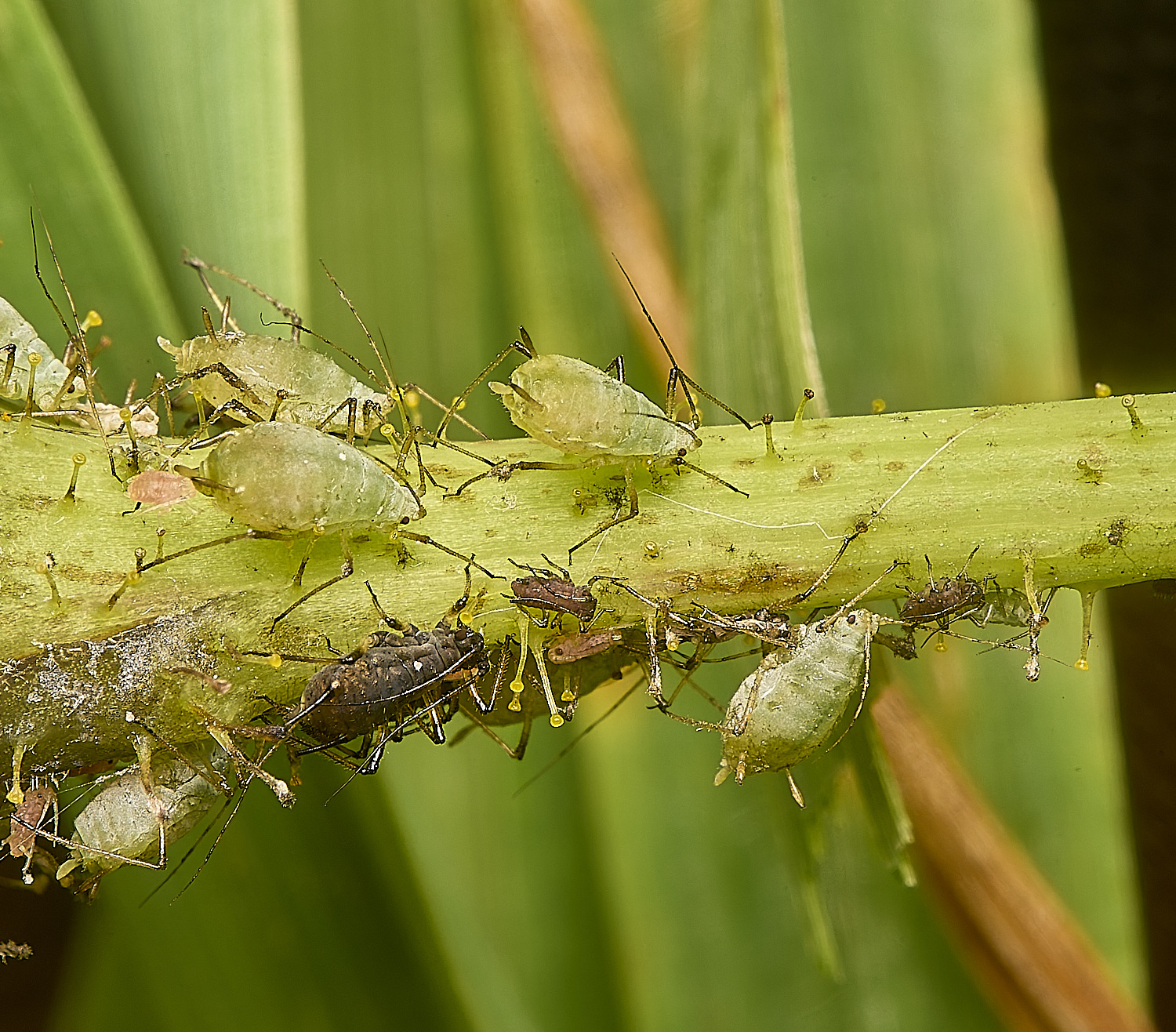
Potato Aphid (Macrosiphum euphorbiae)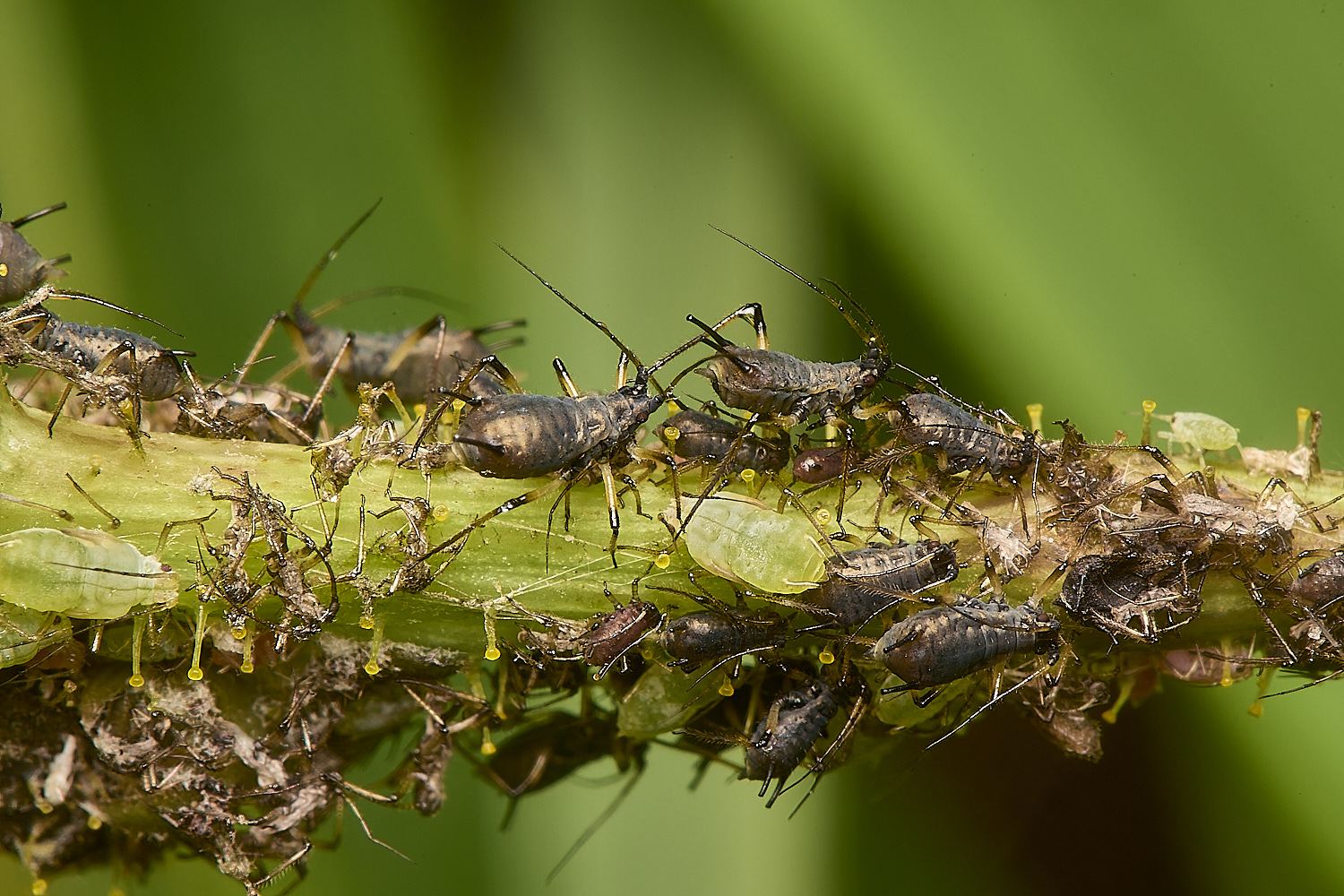
Large Hawkweed Aphid (Uroleucon obscurum)?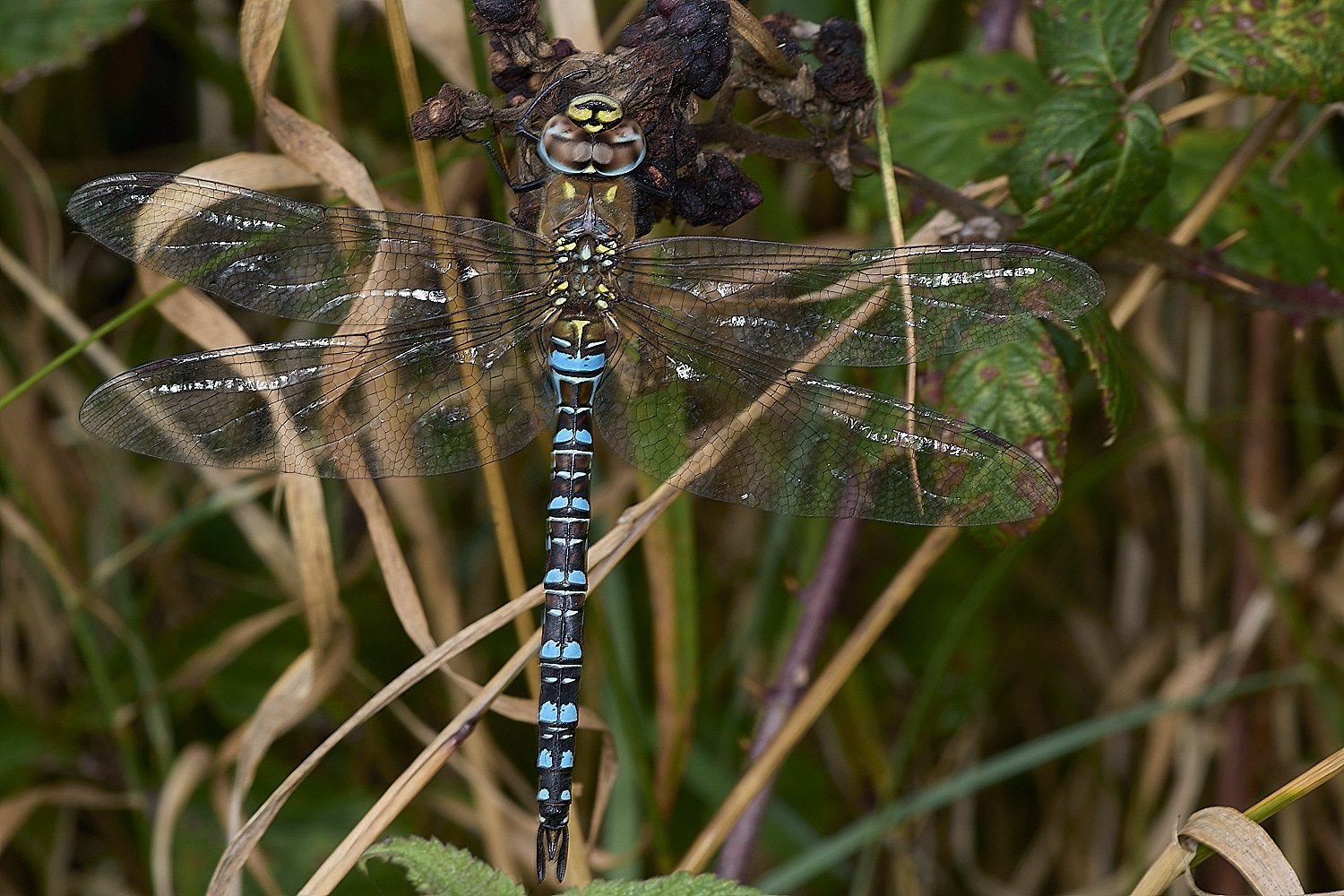
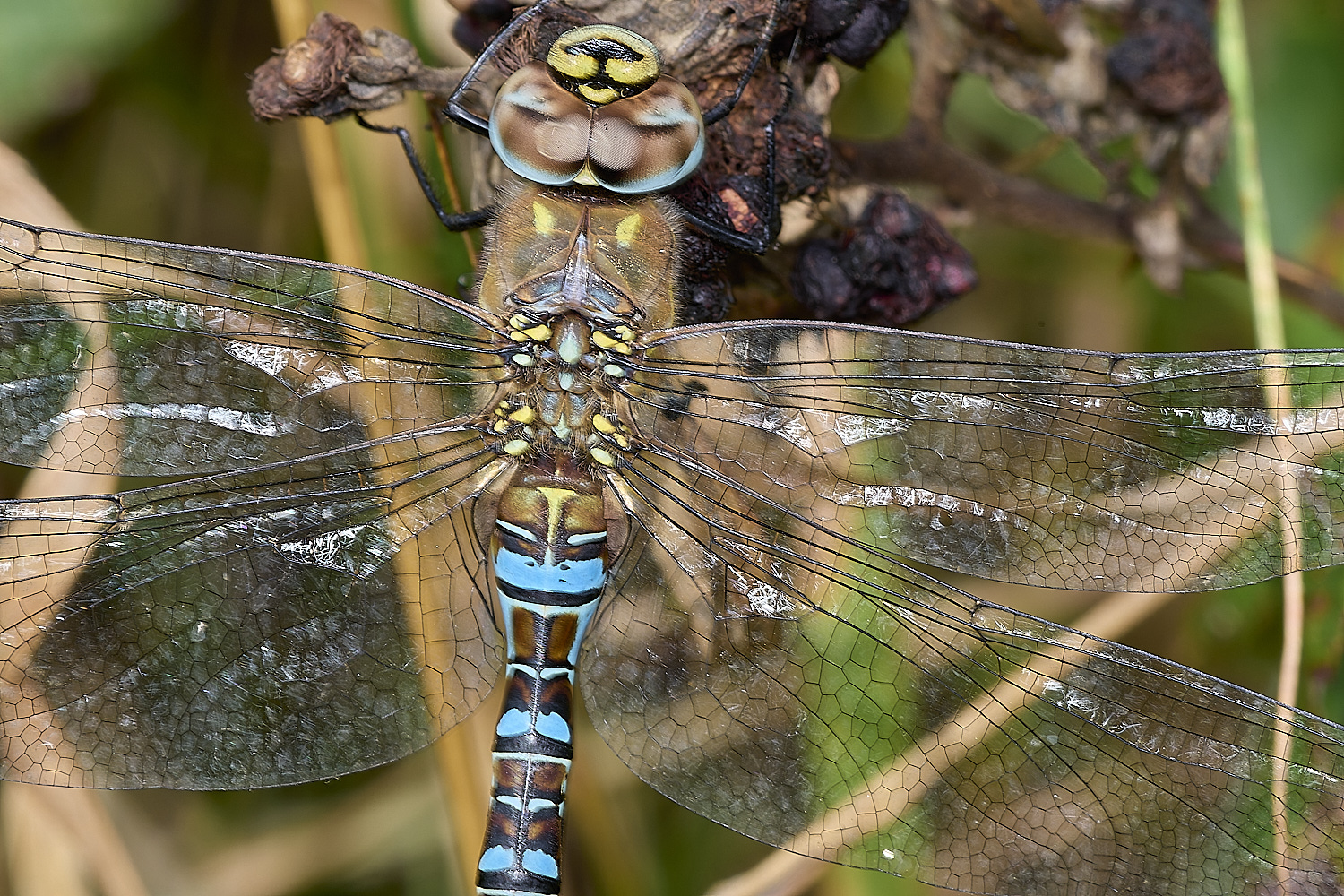
Southern Hawker (Aeshna cyanea)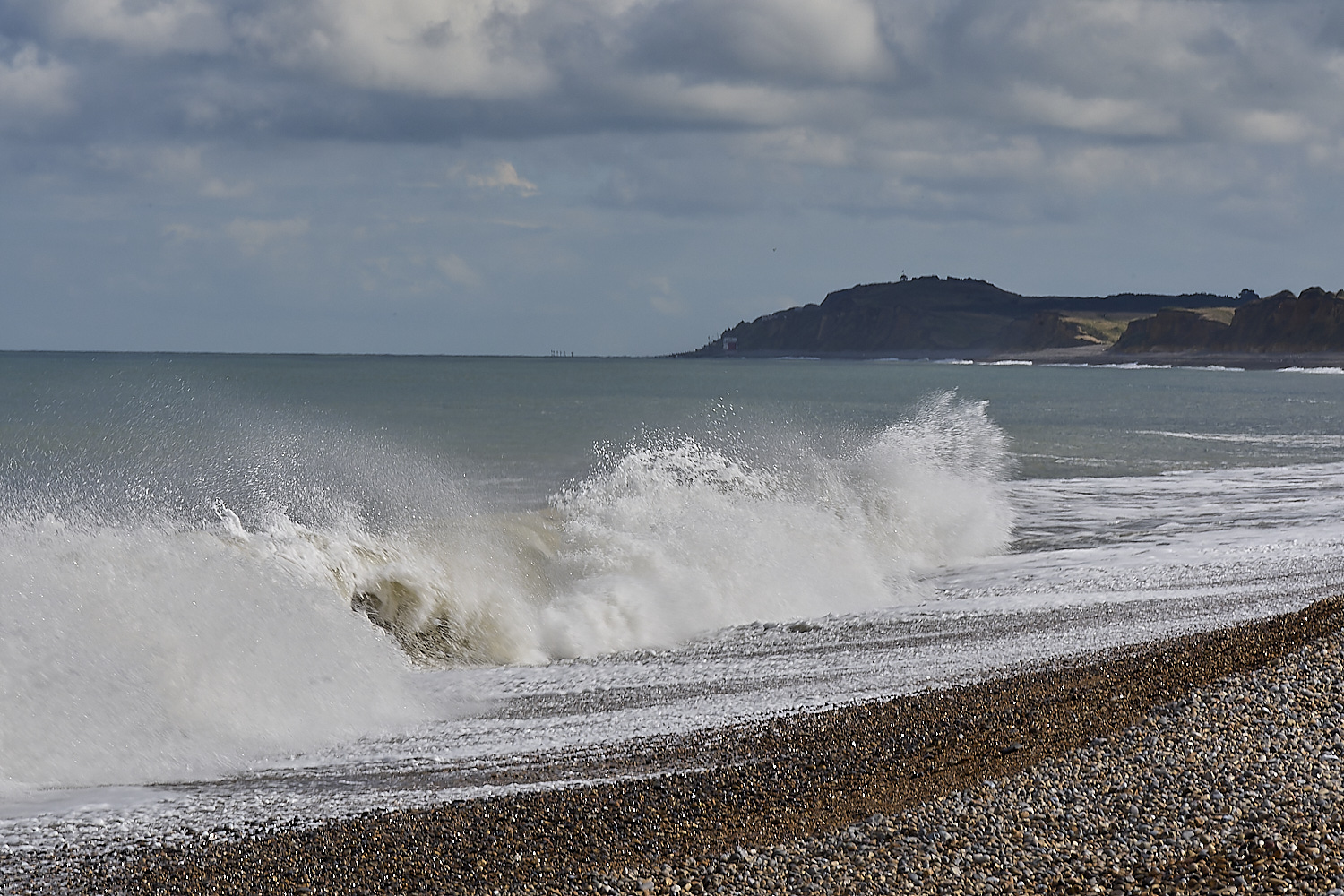
Sustead Common
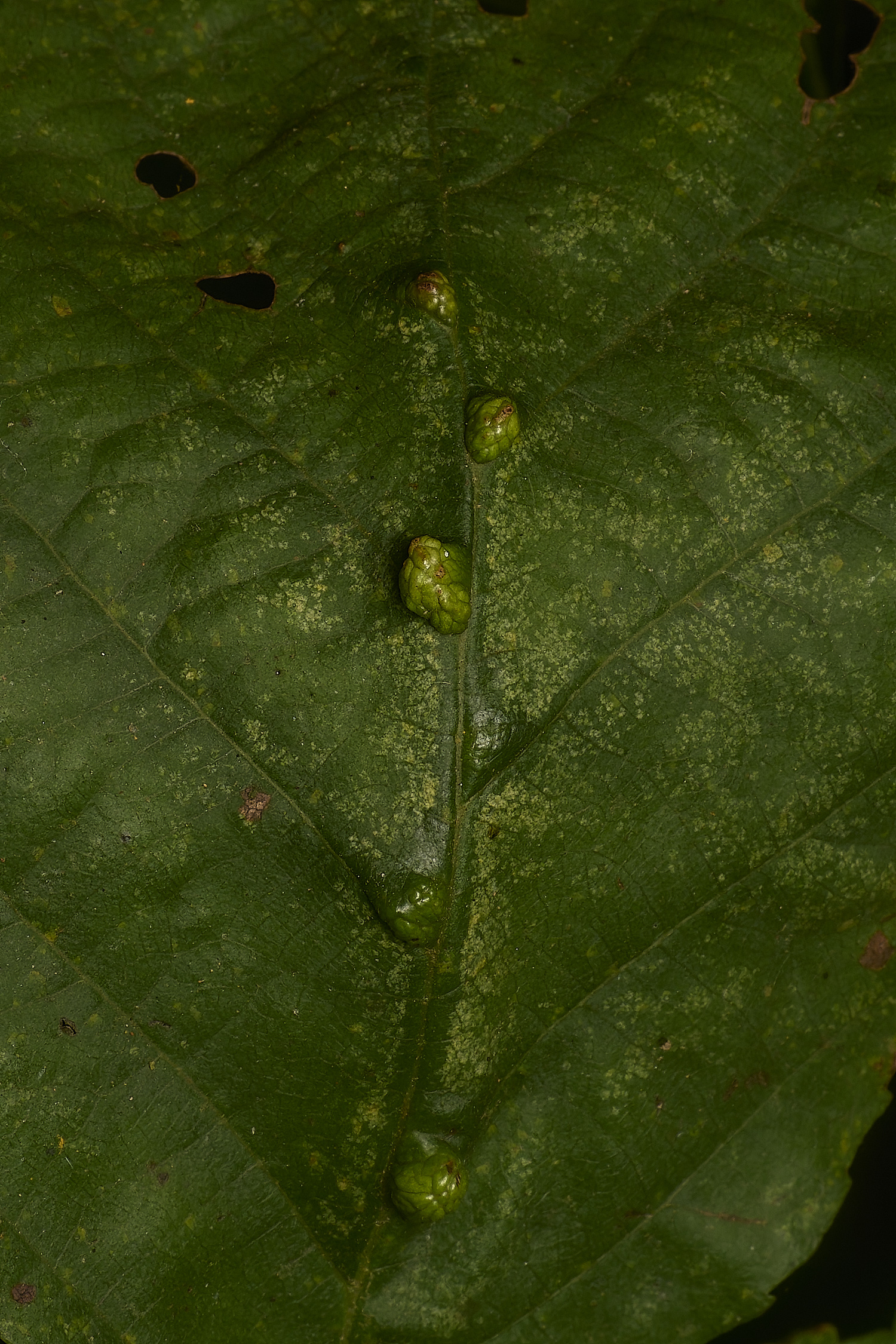
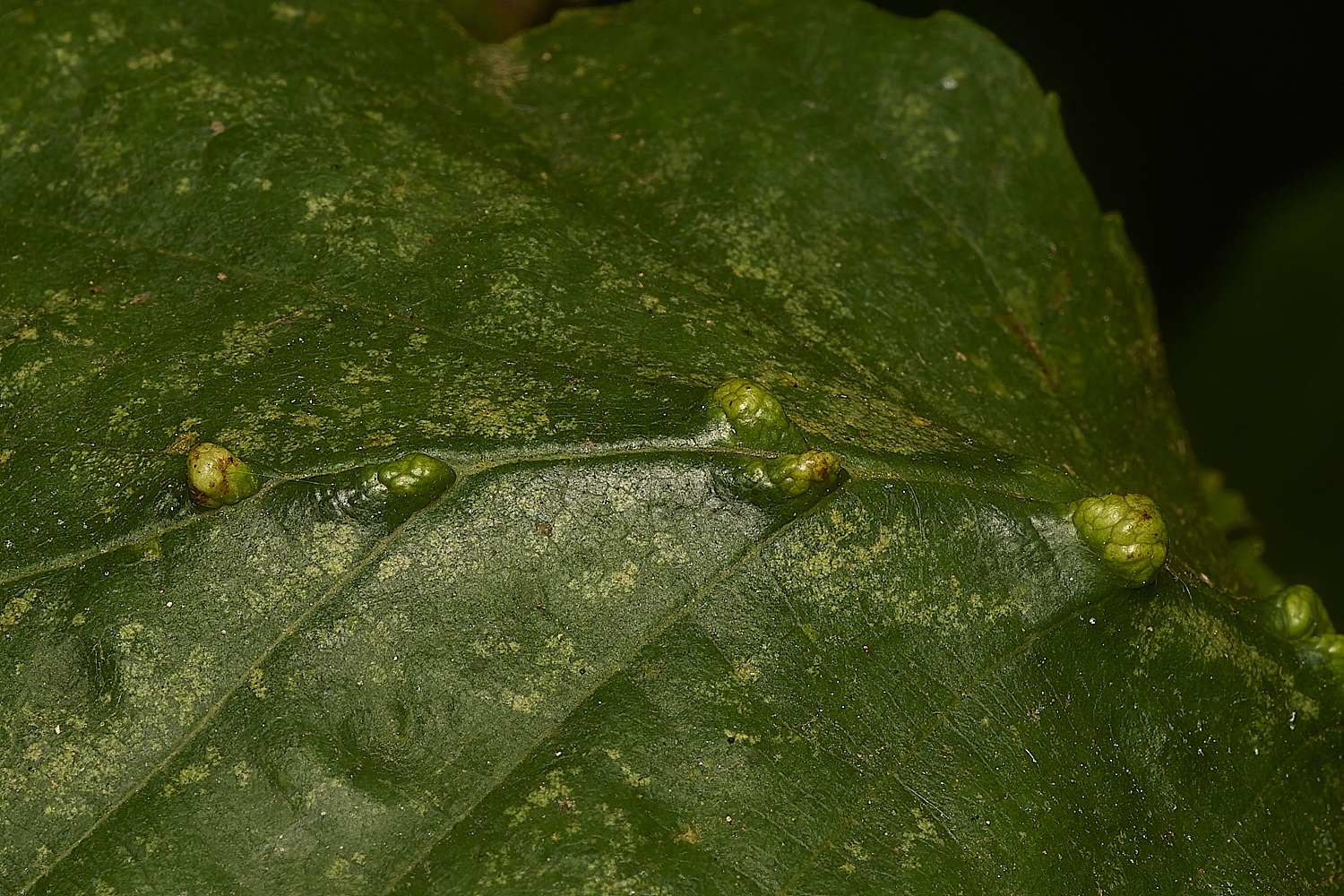
Galls on the central veins of Alder leaves.
Gall mite Aceria nalepai.
The mites leave in late summer and spend the winter in old cones and bark crevices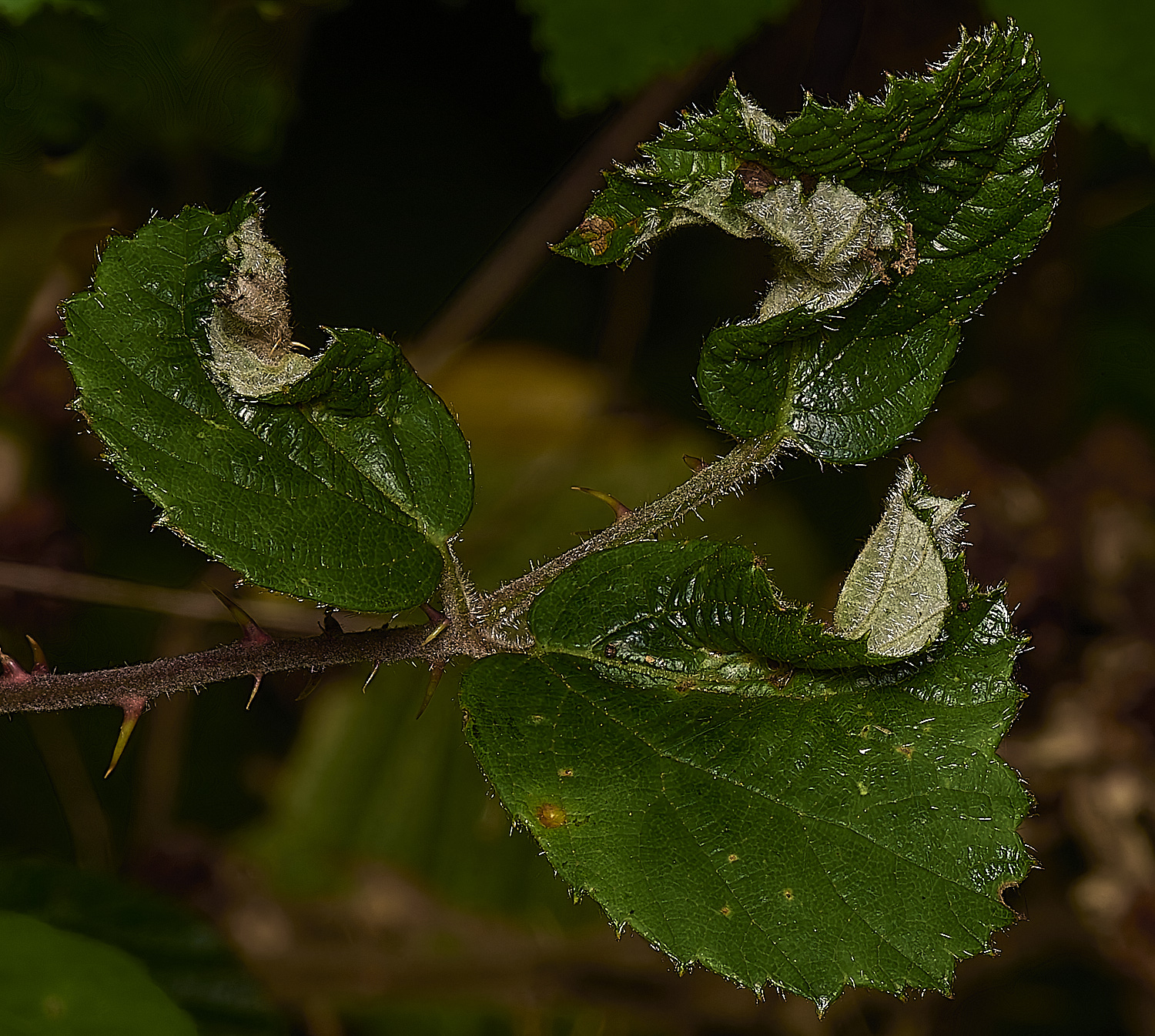
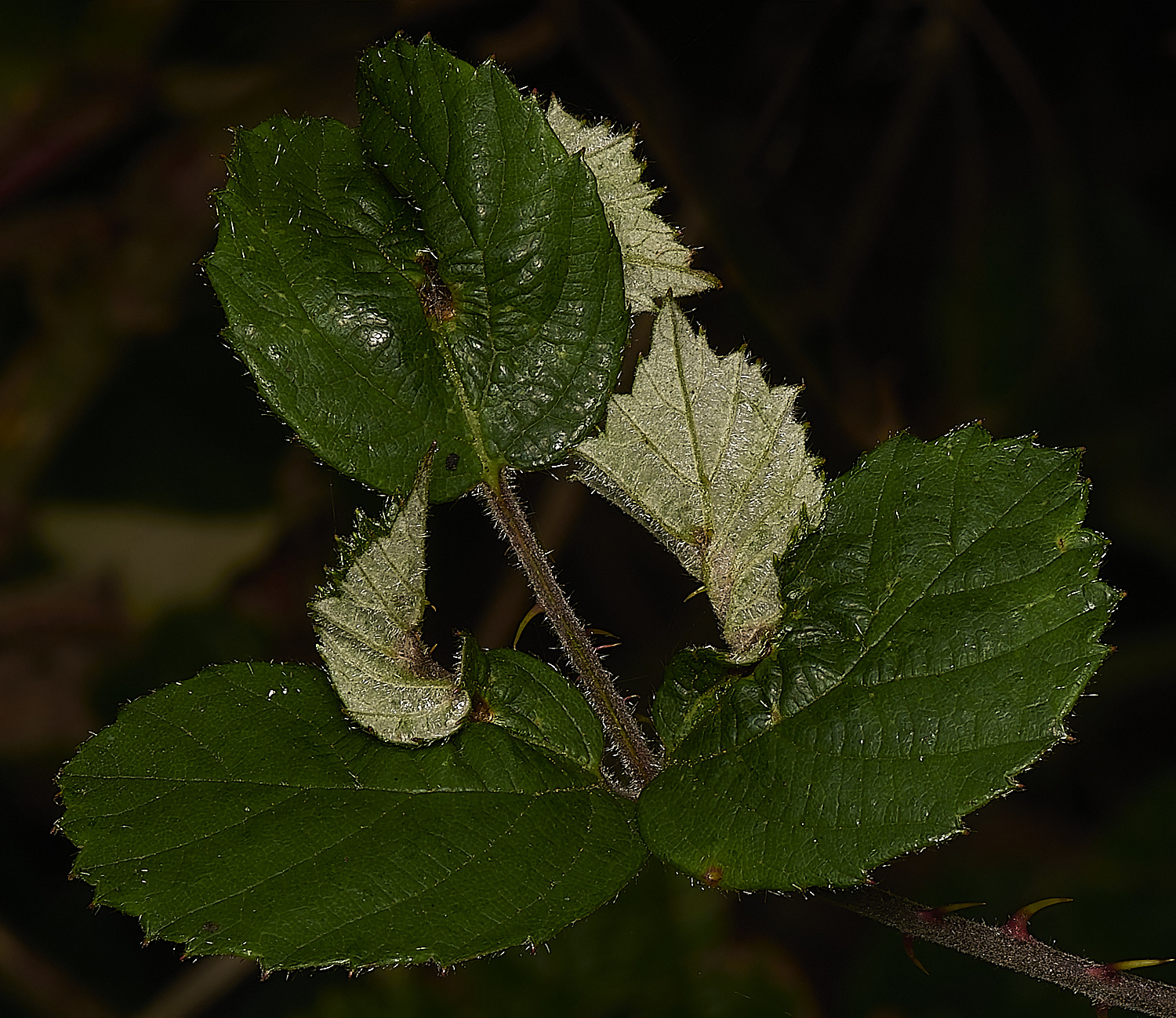
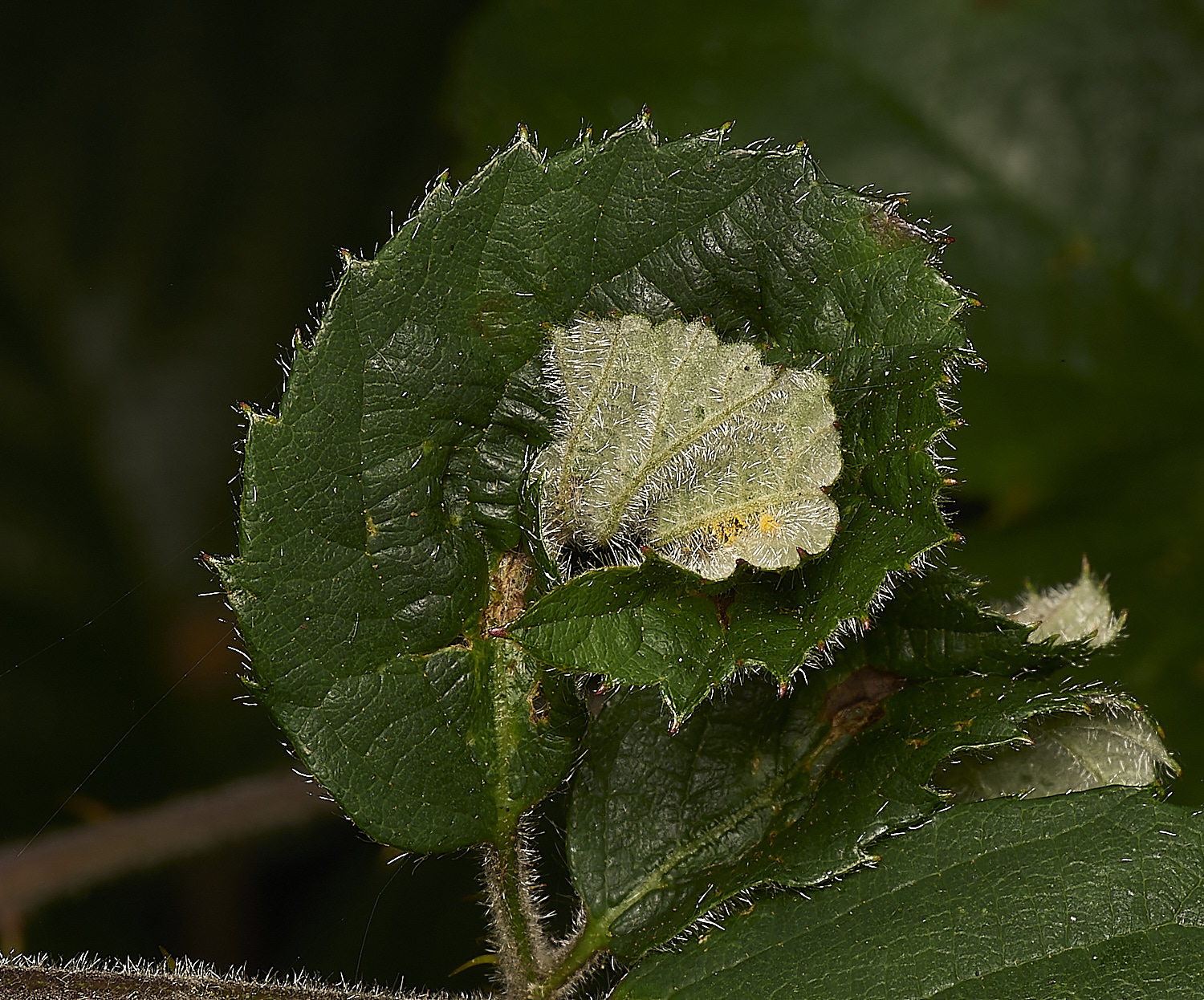
Leaf structures on Bramble ( Rubus fruticosus Agg)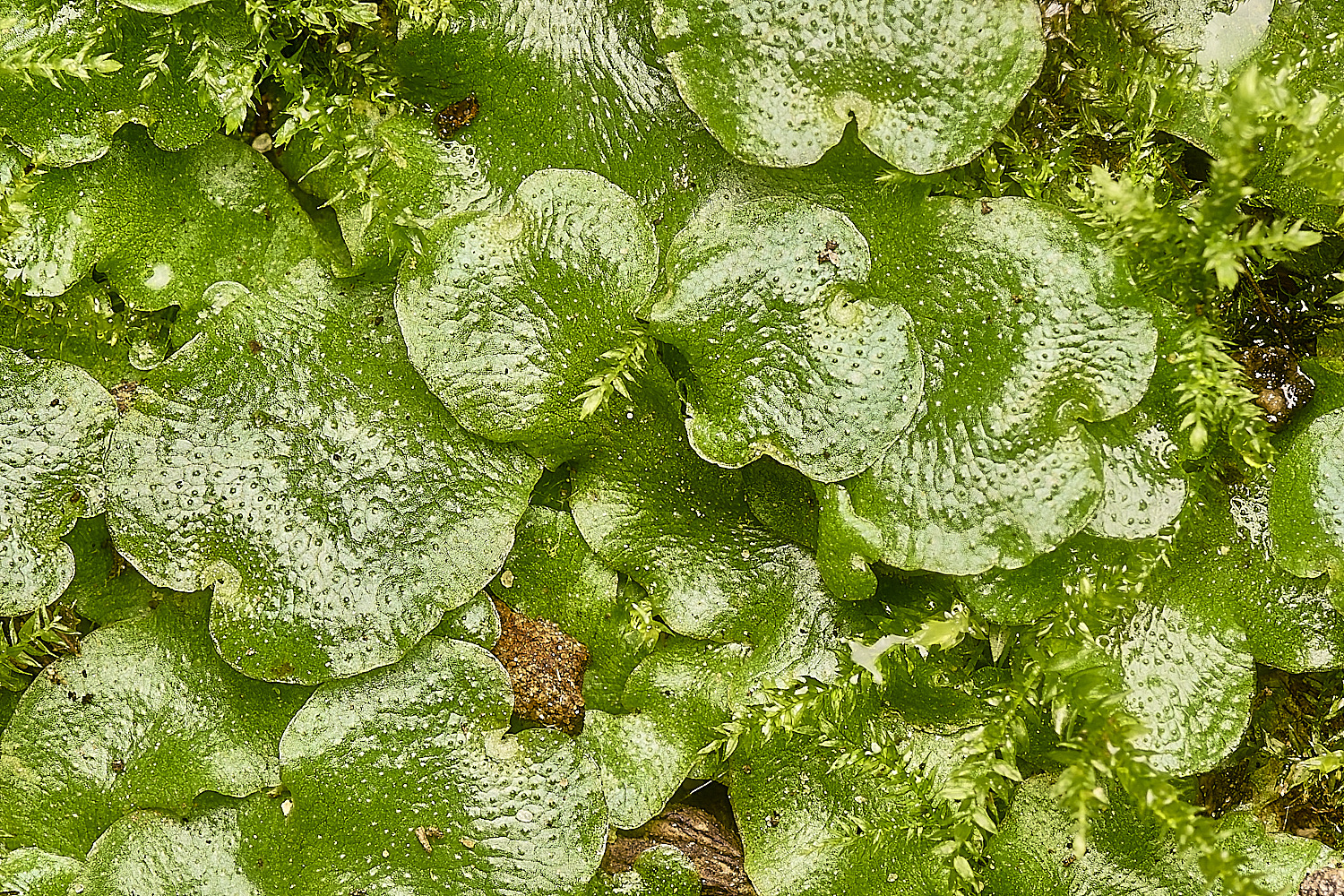
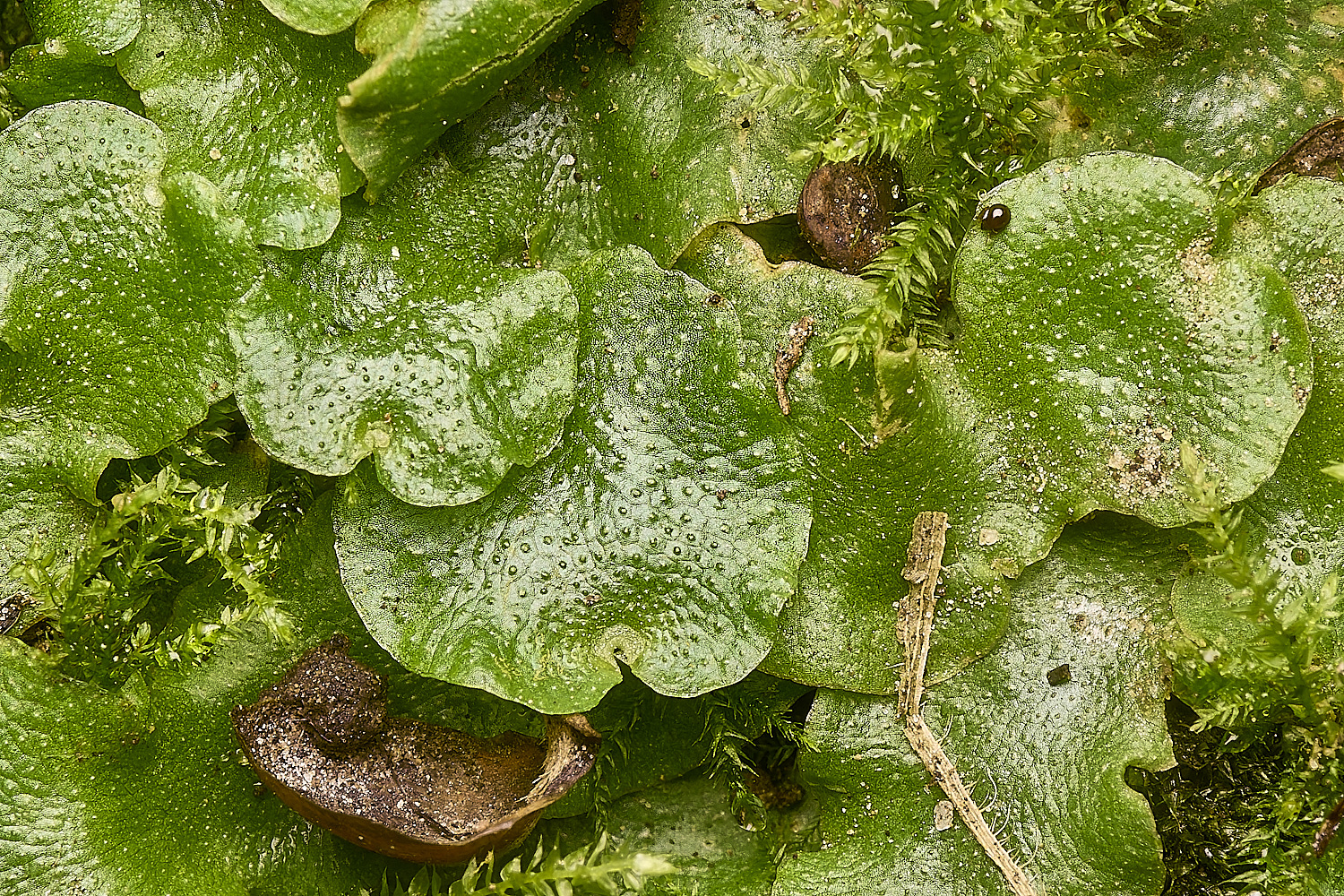
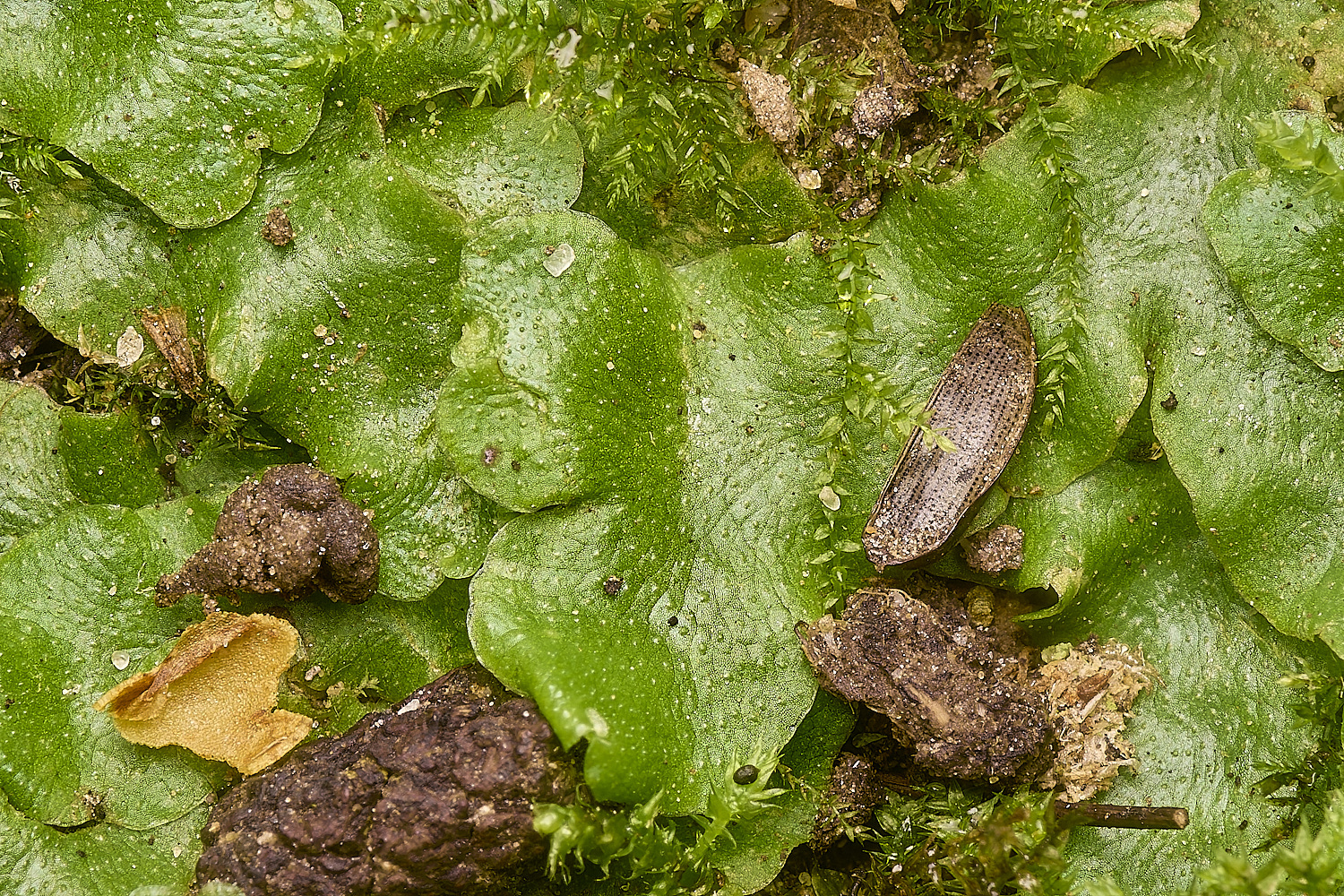
Great Scented Liverwort ( Conocephalum conicum s.l.)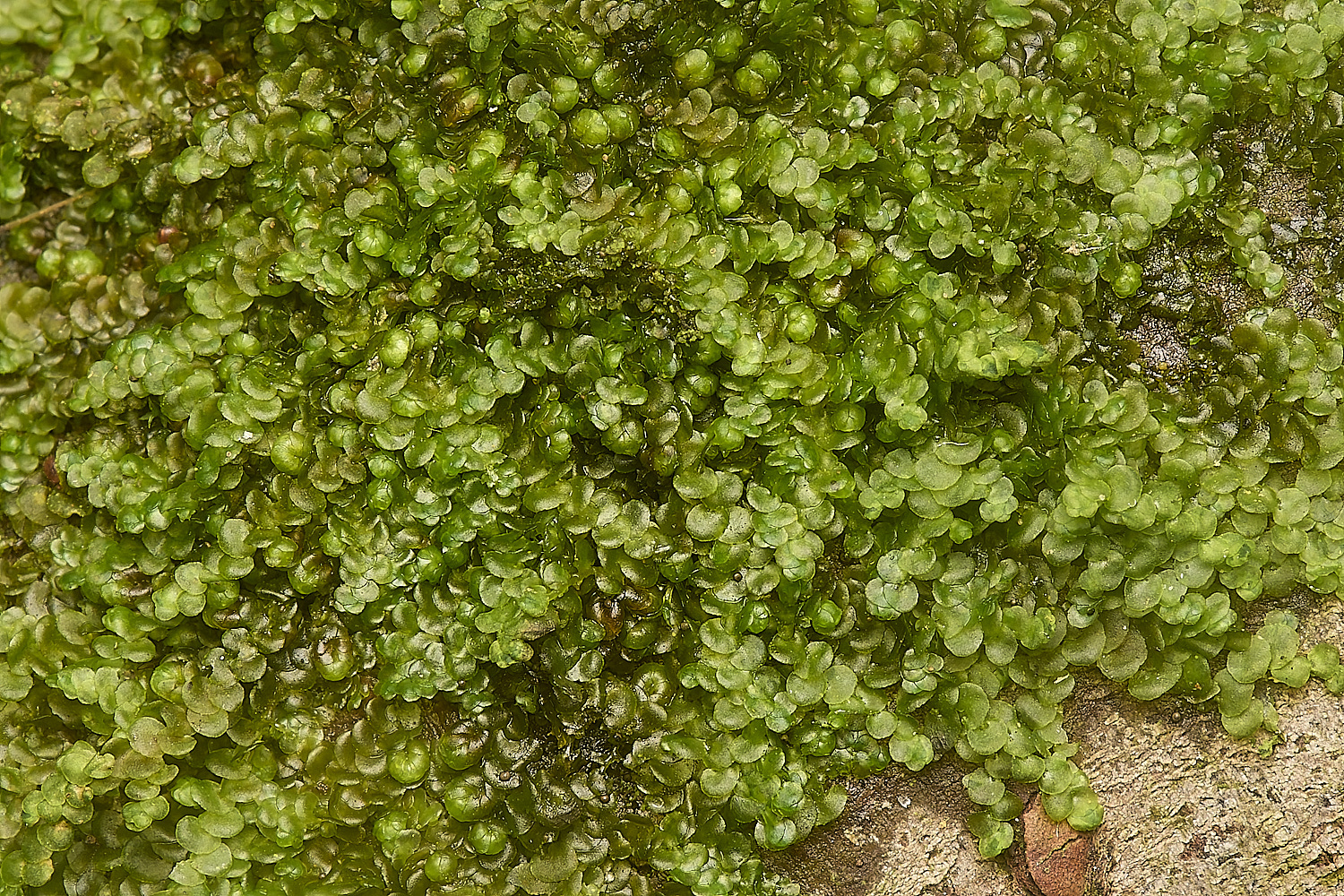
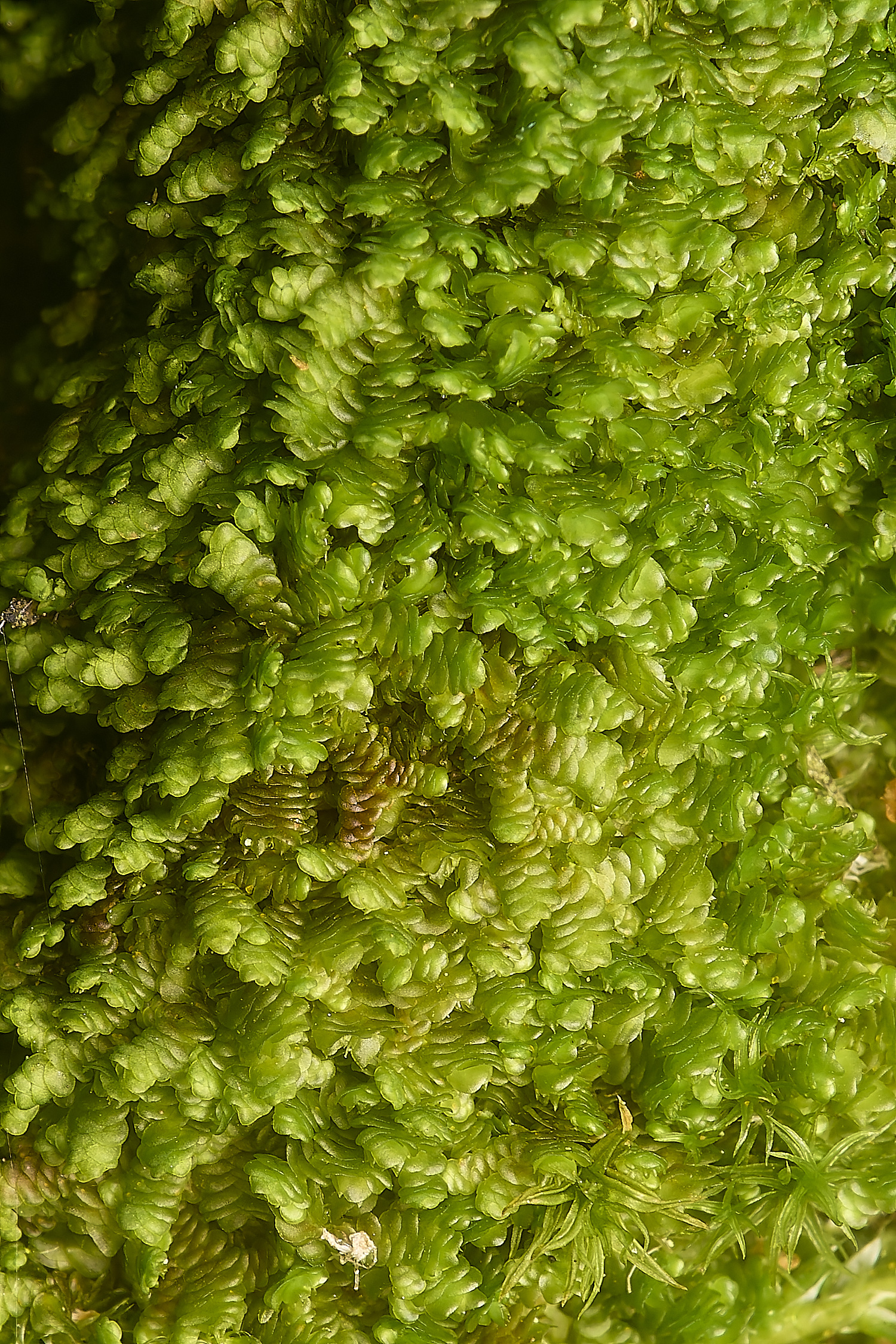
Dilated Scalewort (Frullania dilatata)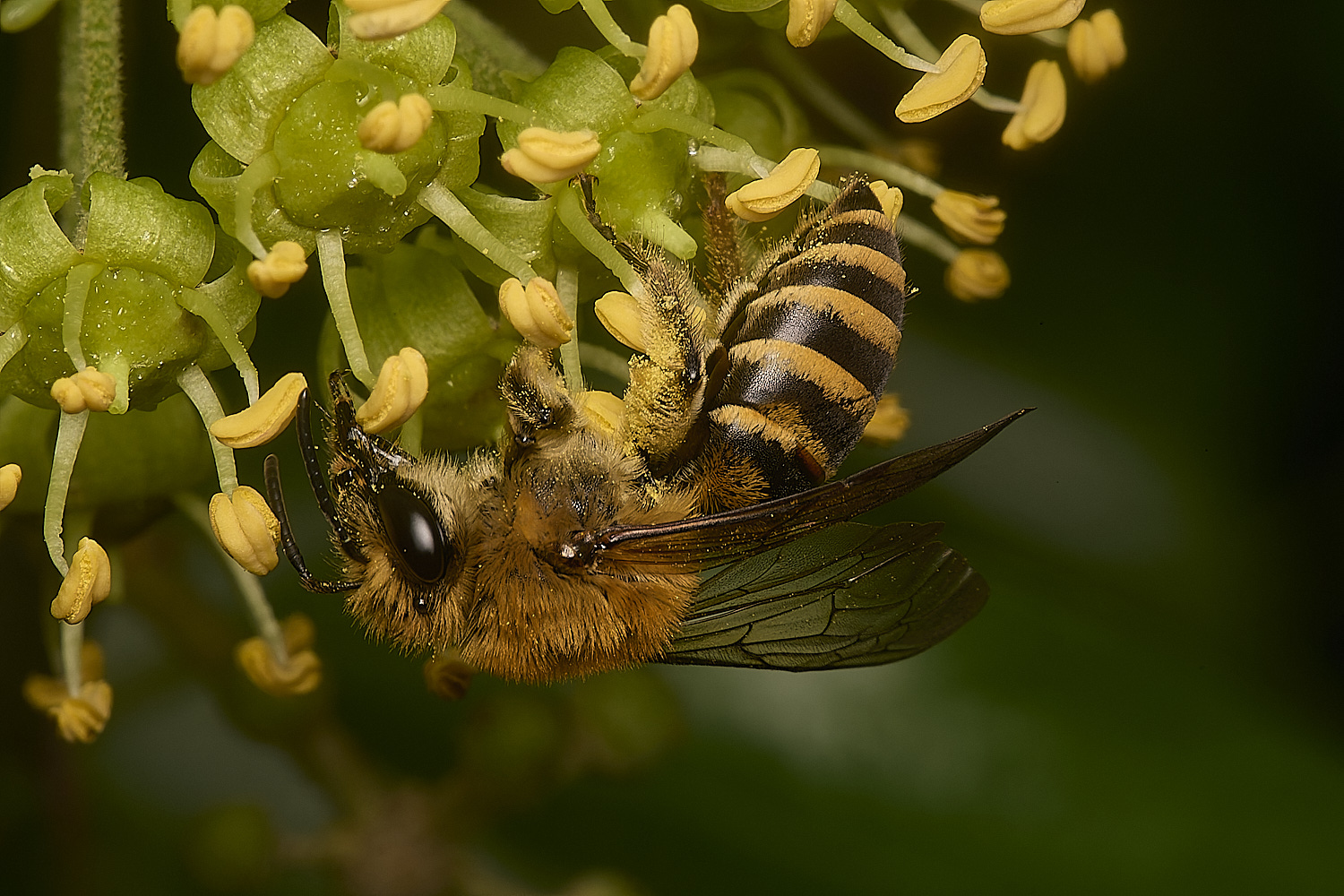
Ivy Bee (Colletes hederae)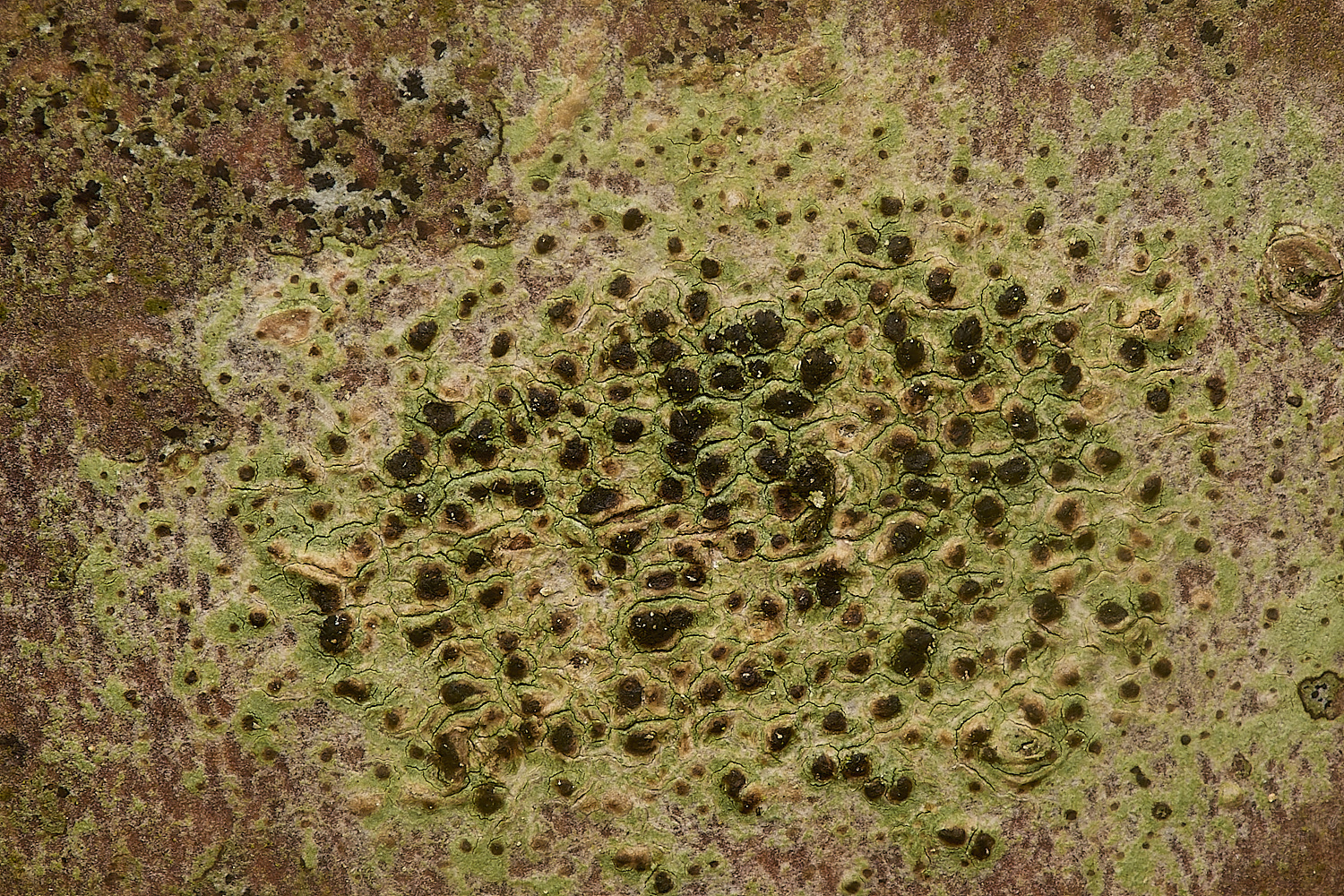
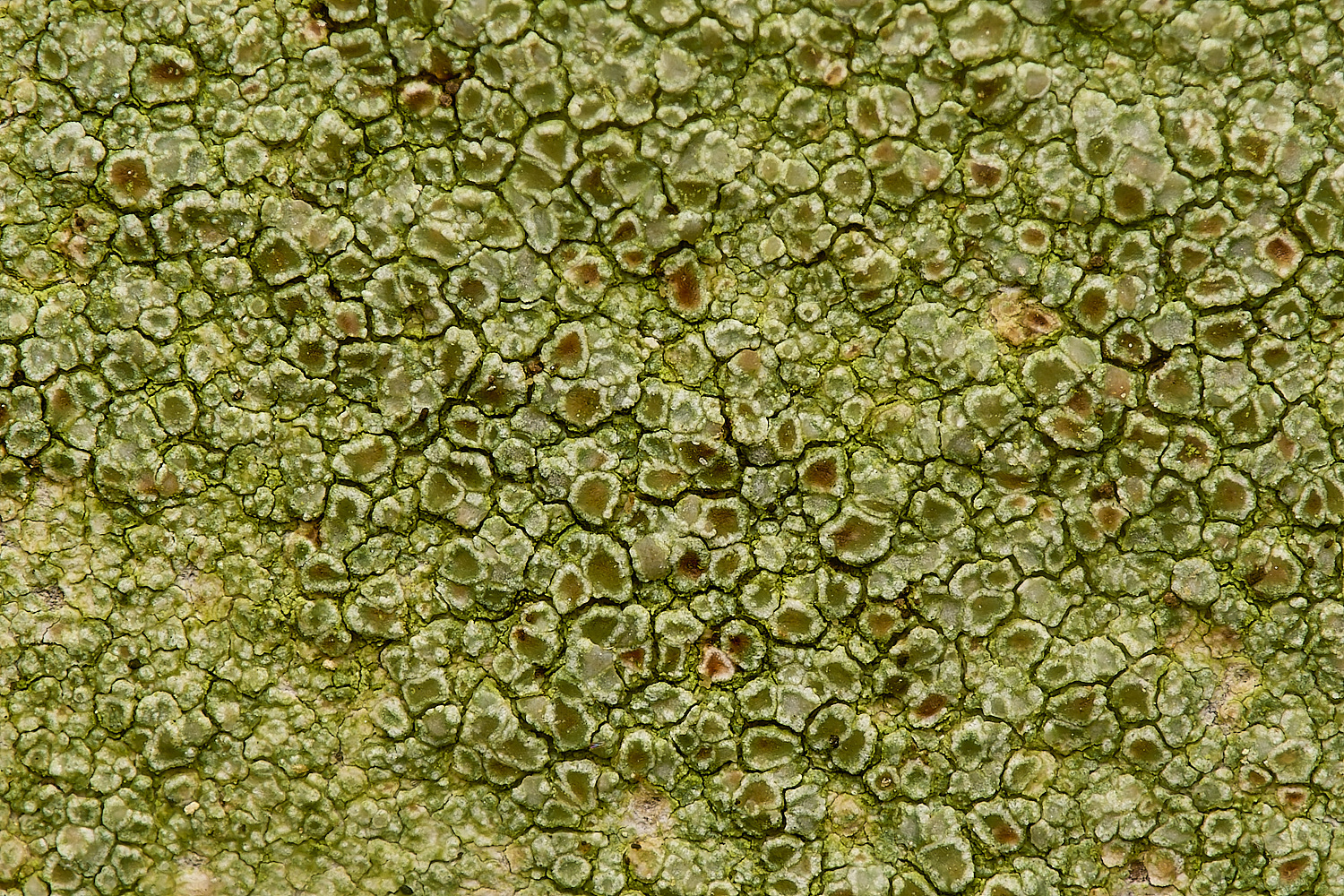
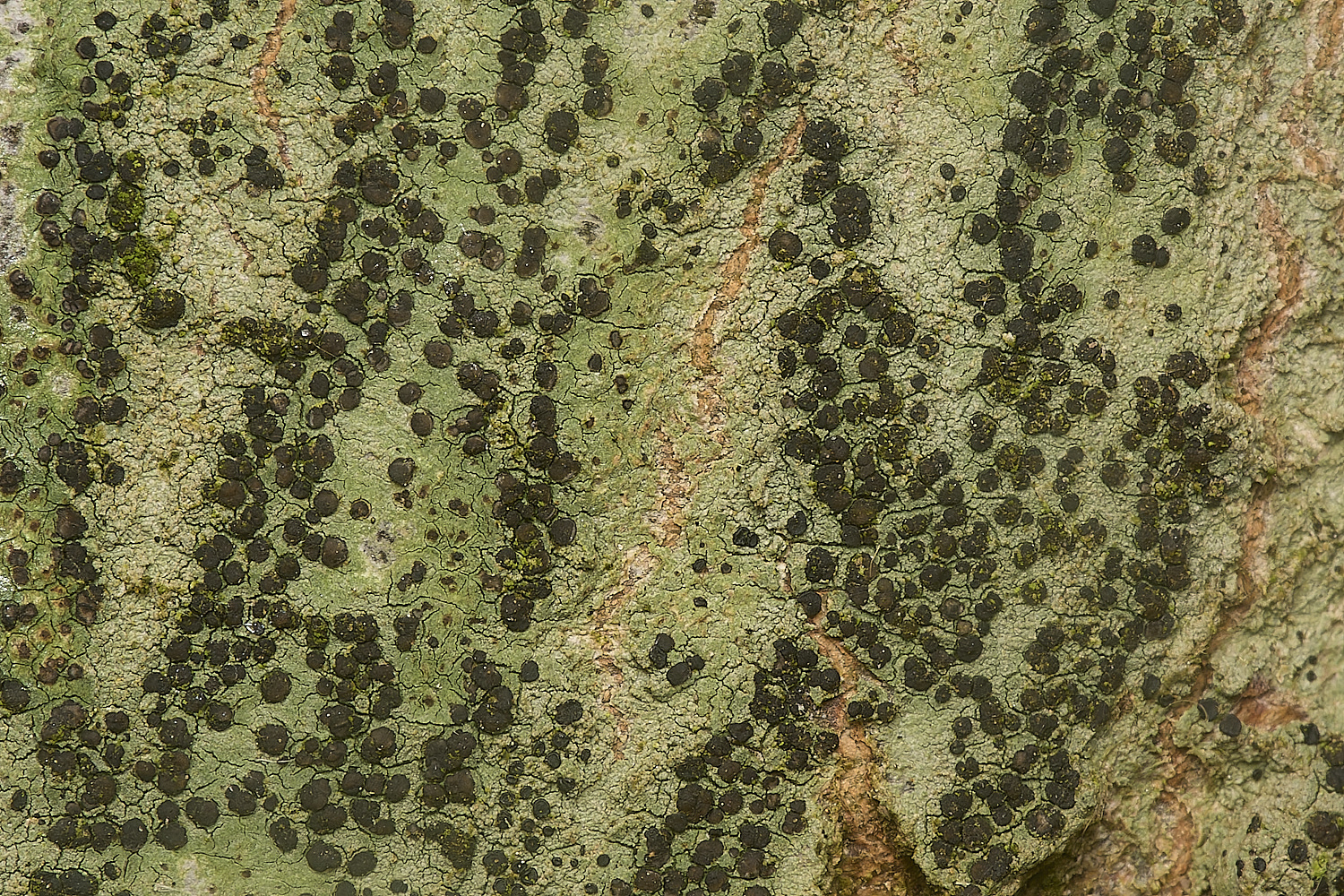
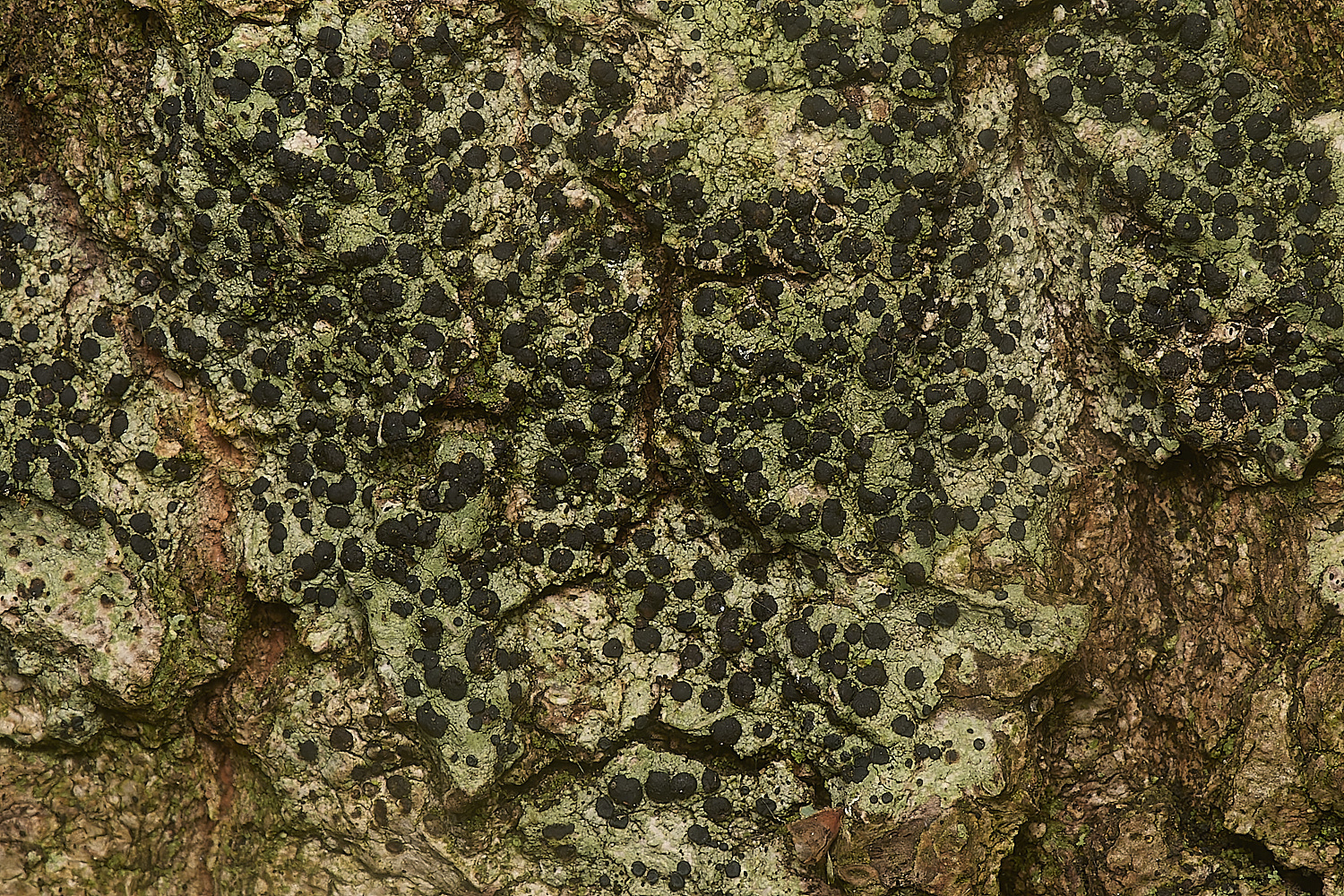
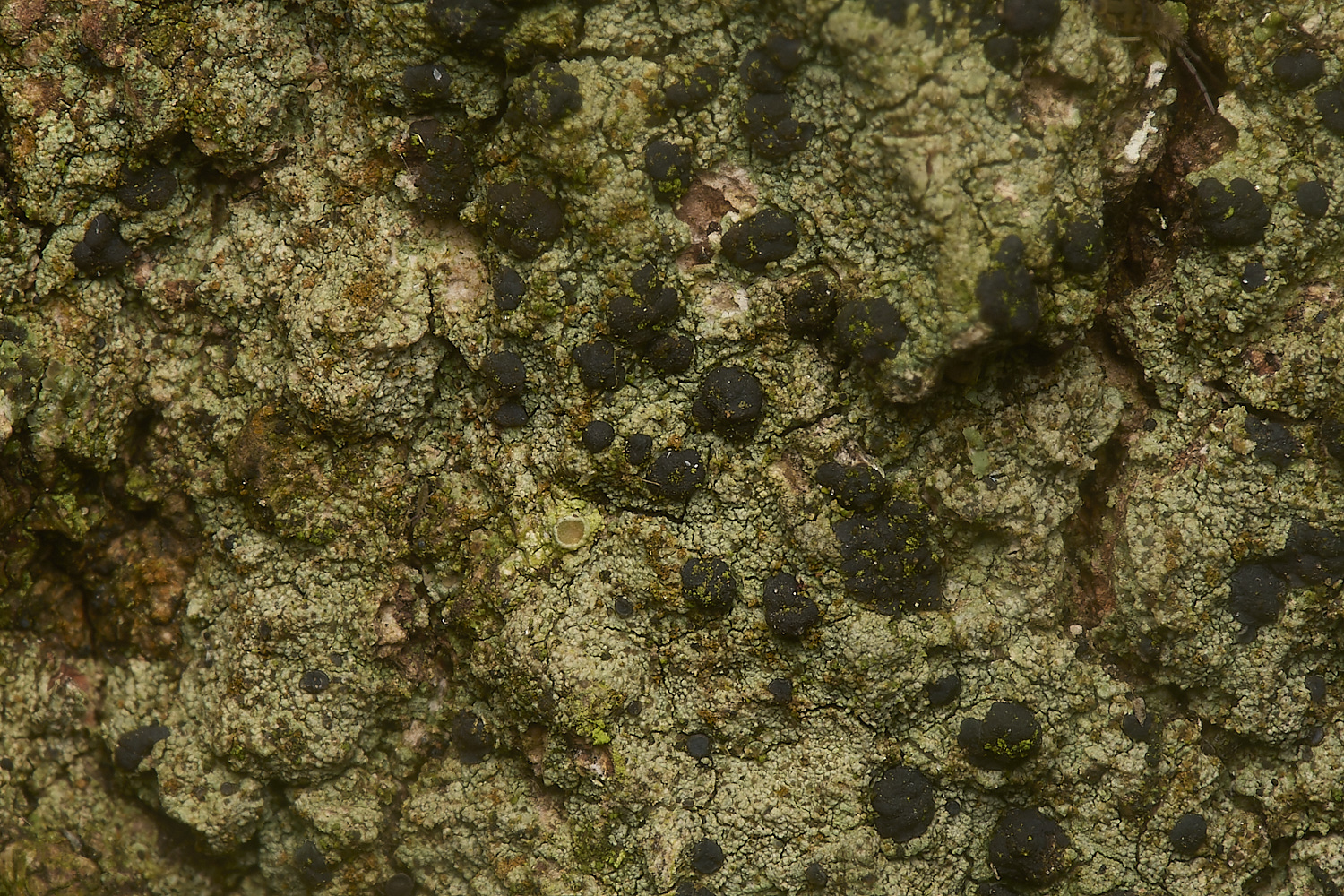
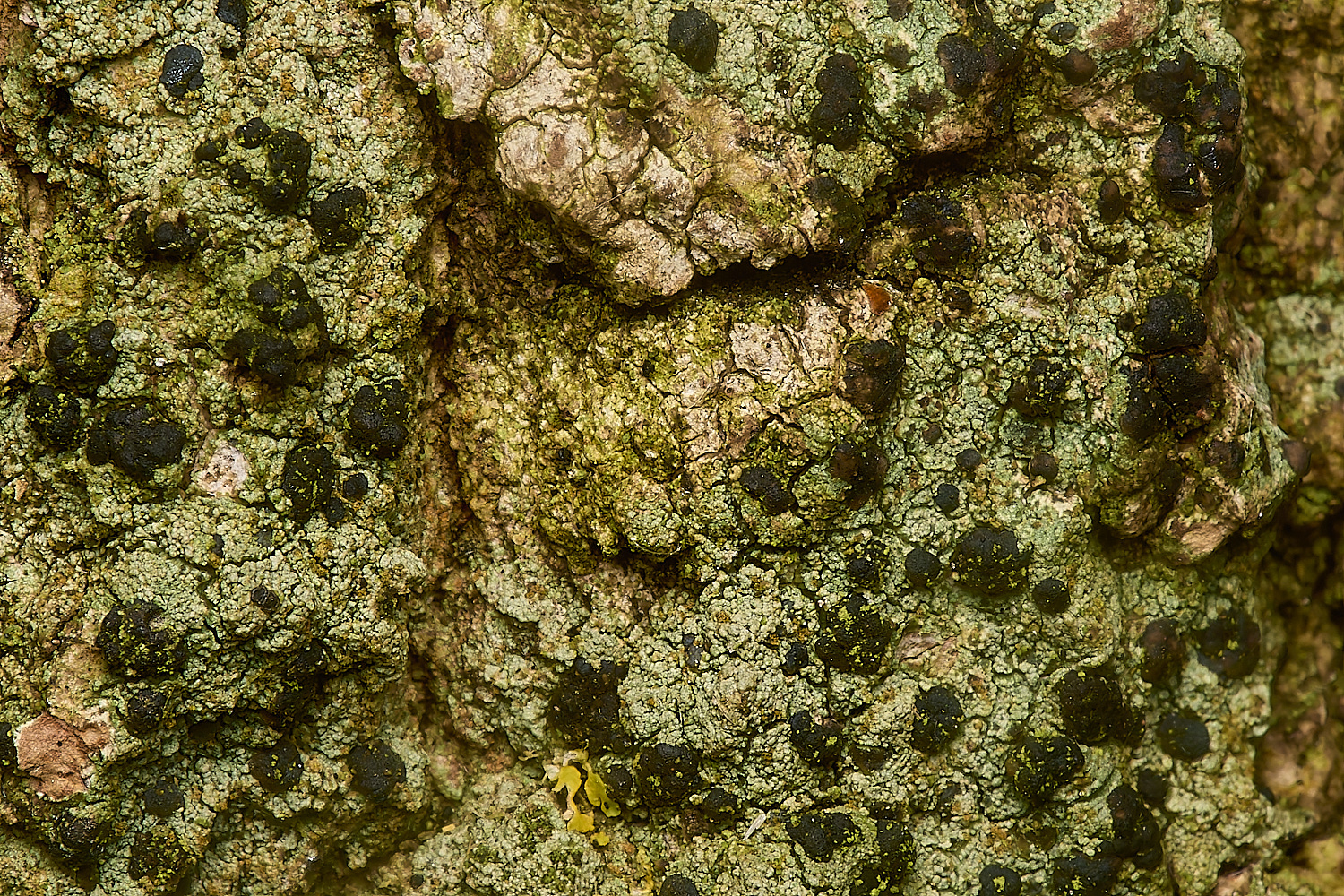
Lichen Sp?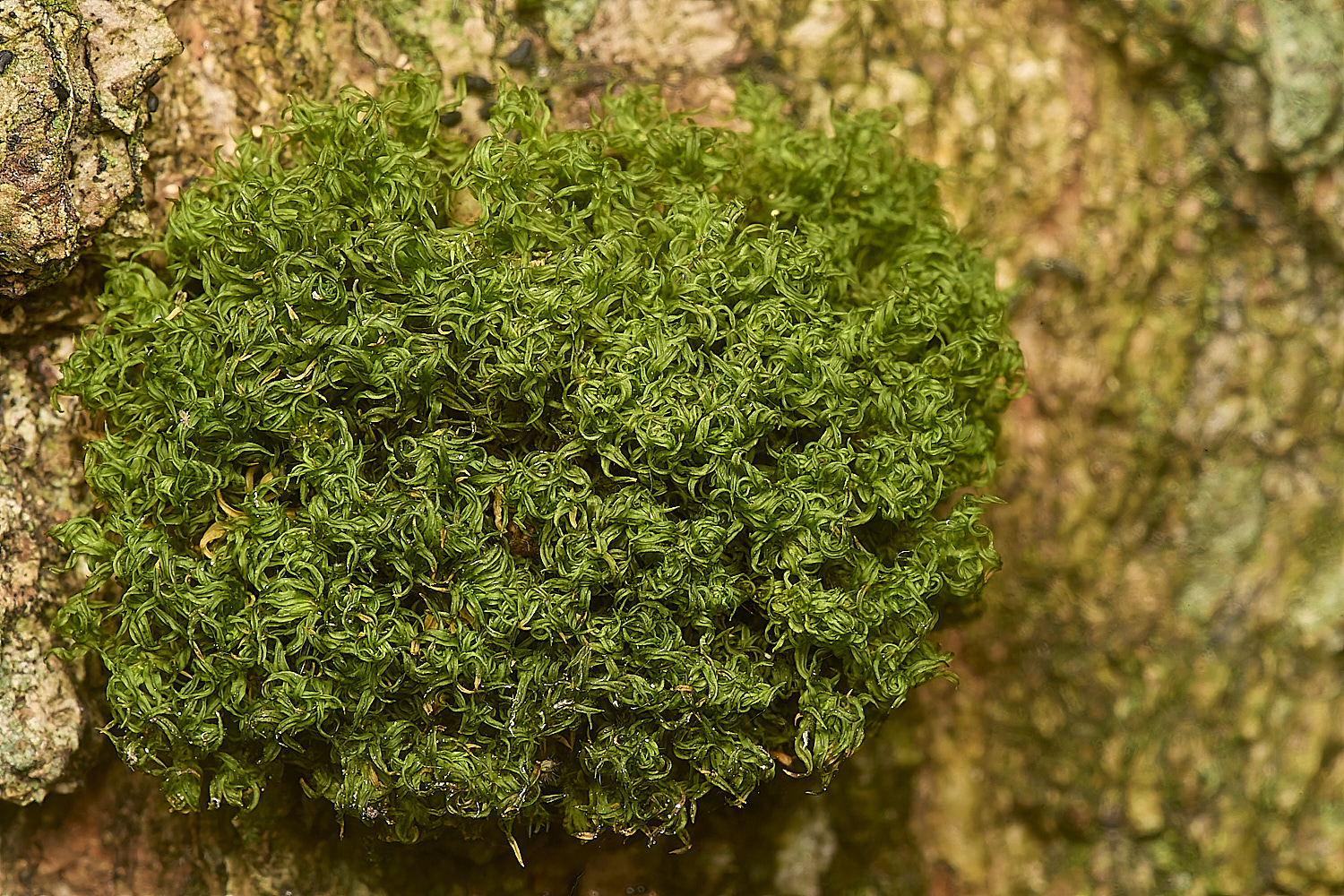
Common Pincushion (Dicranoweisia cirrata)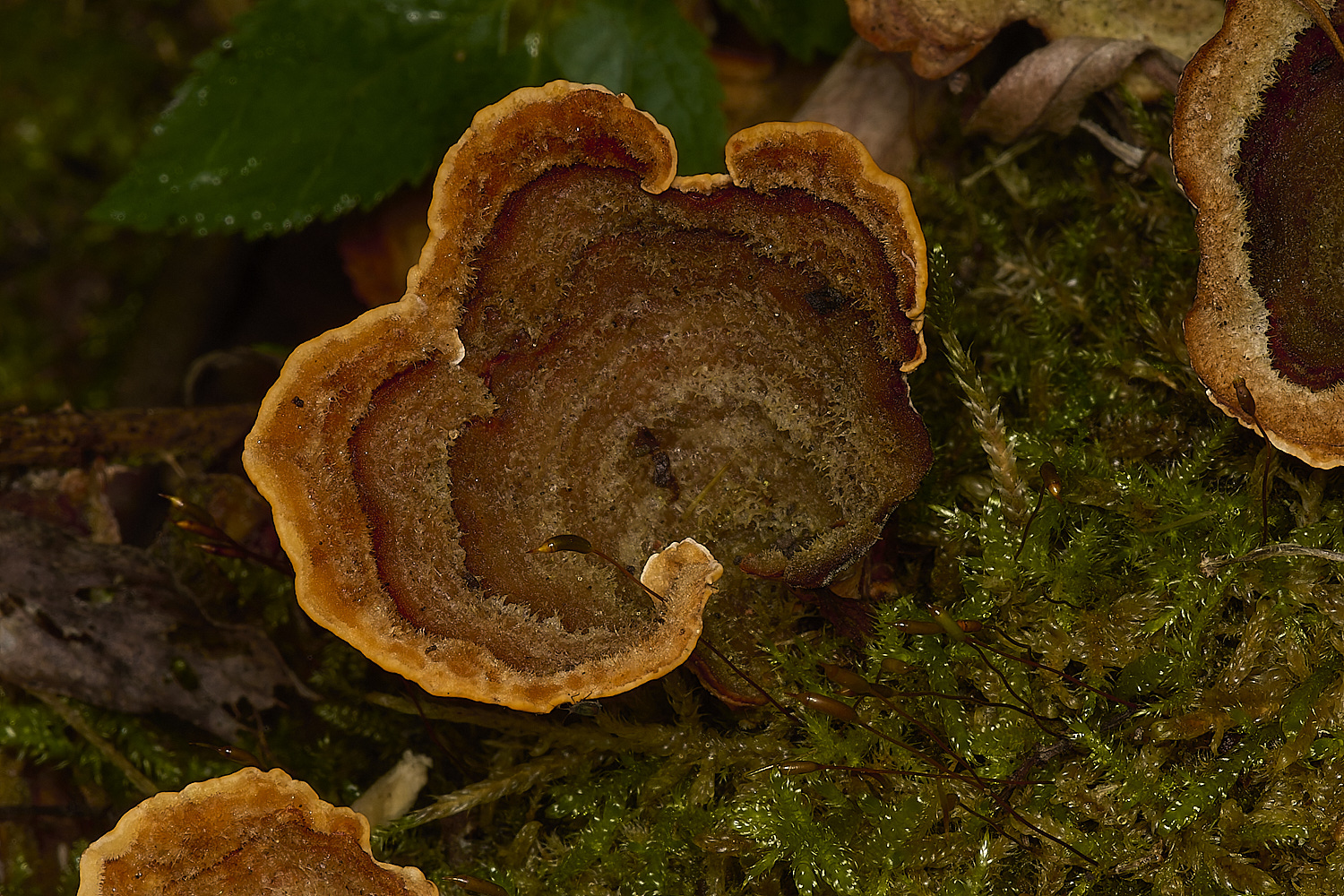

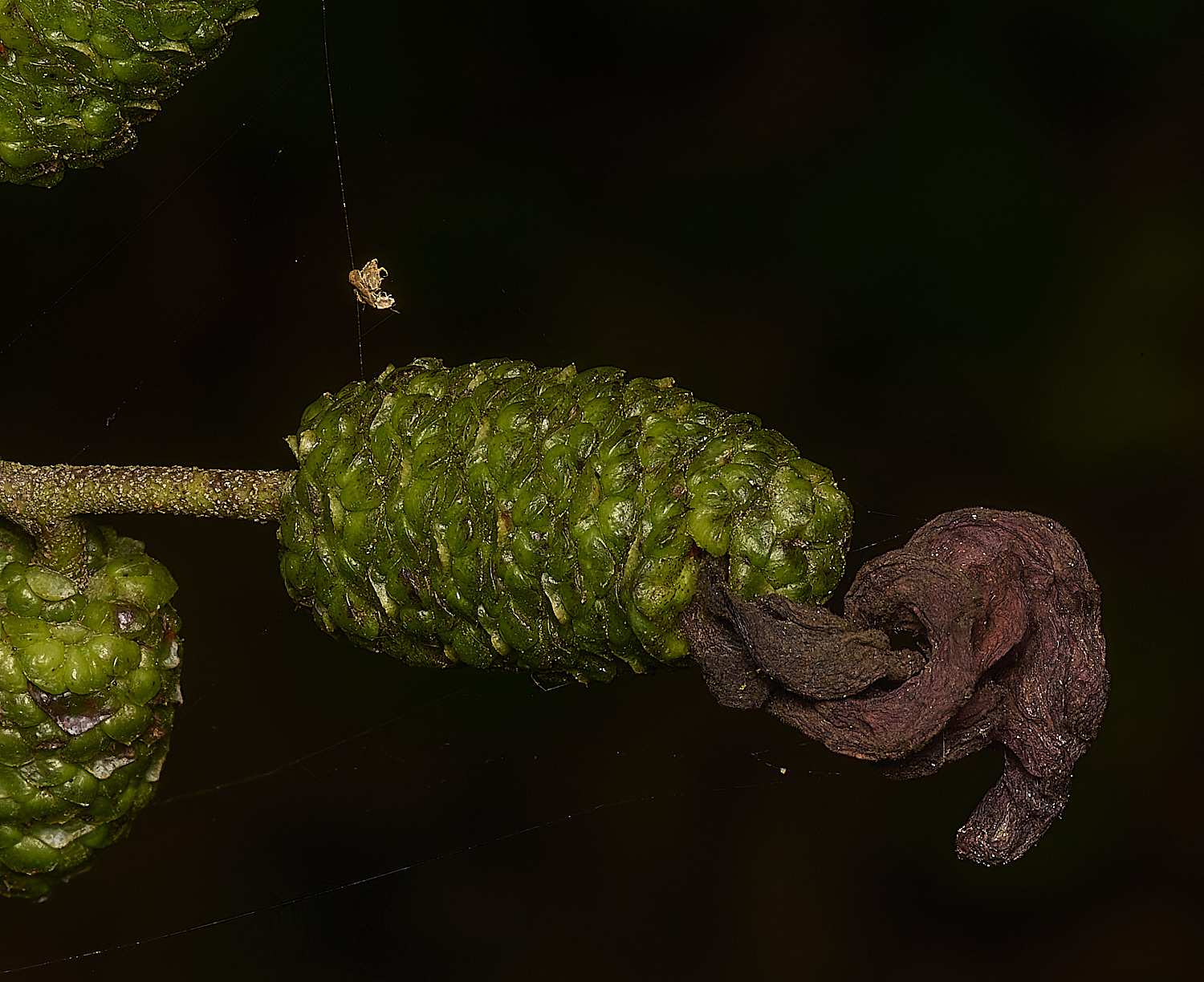
Alder Tongue (Taphrina alni)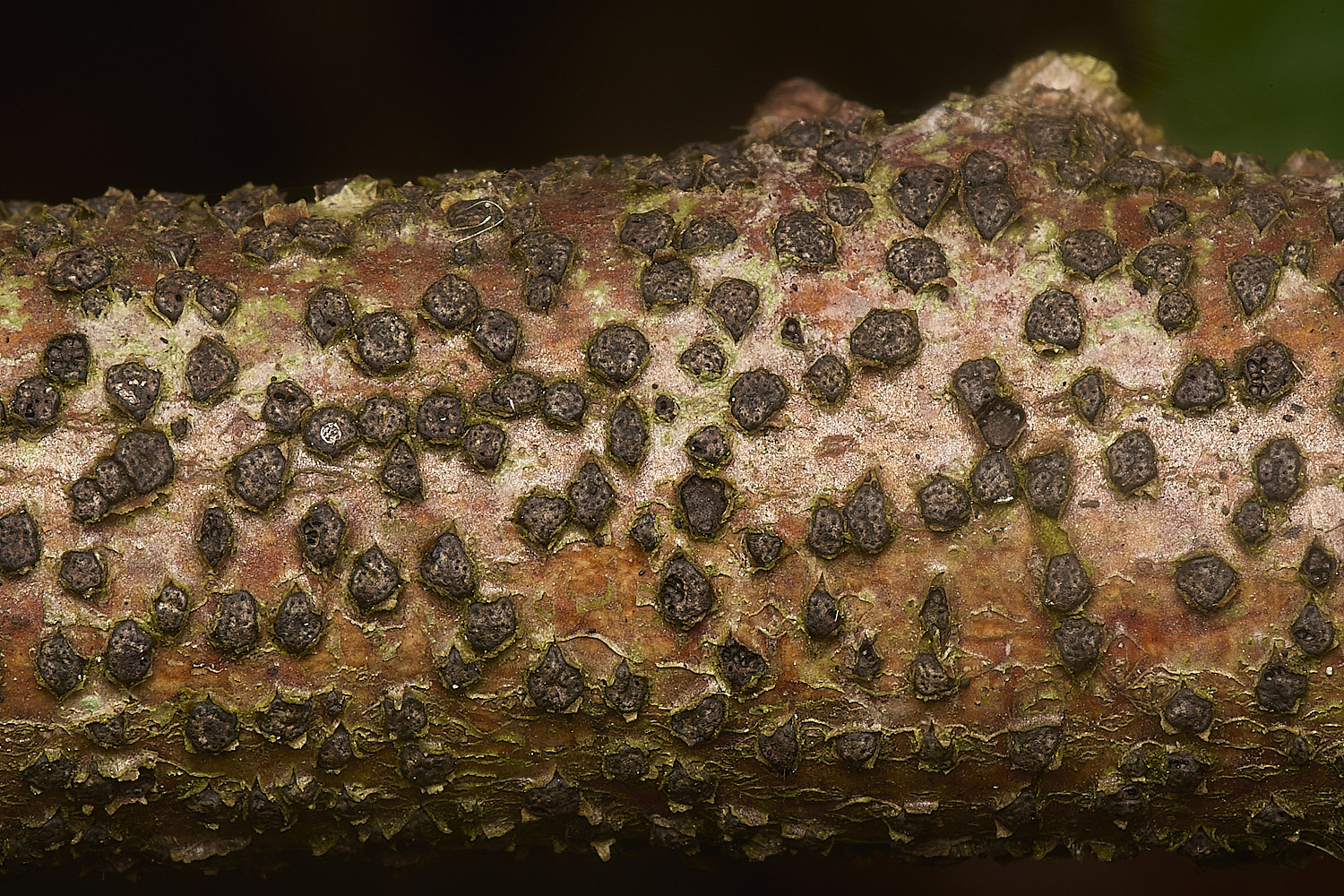
Birch Woodwart (Annulohypoxylon multiforme)
Cook's Farm
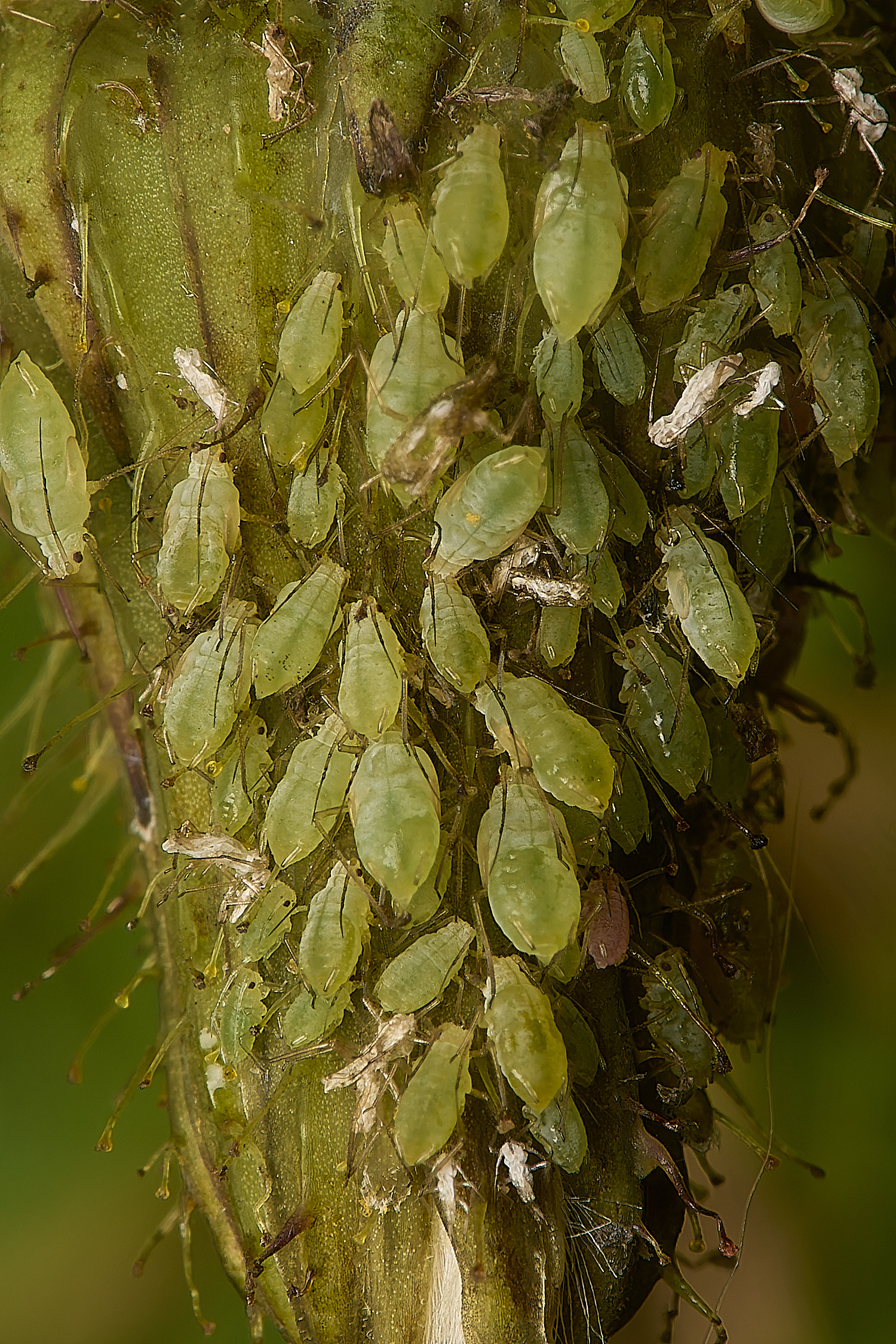
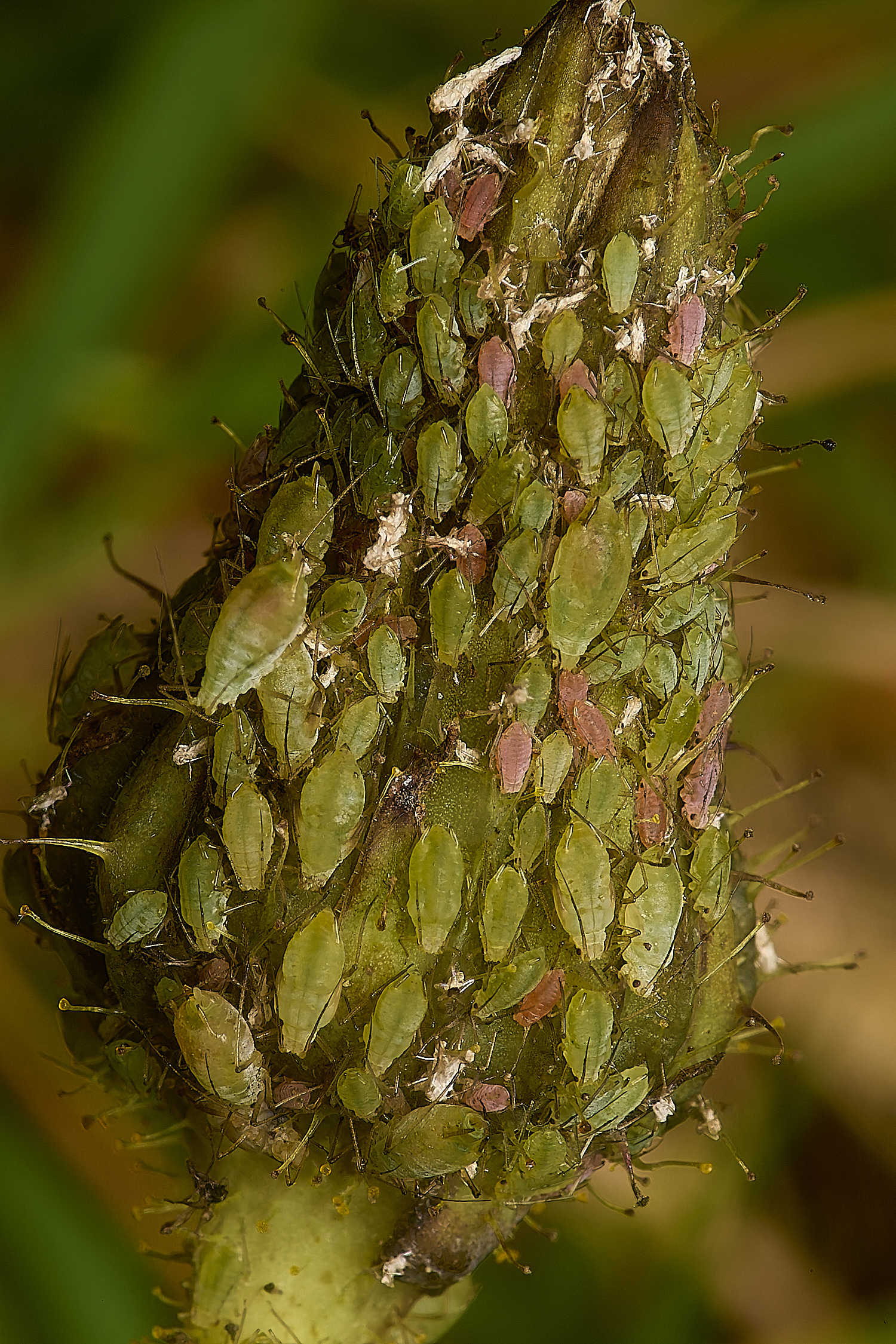
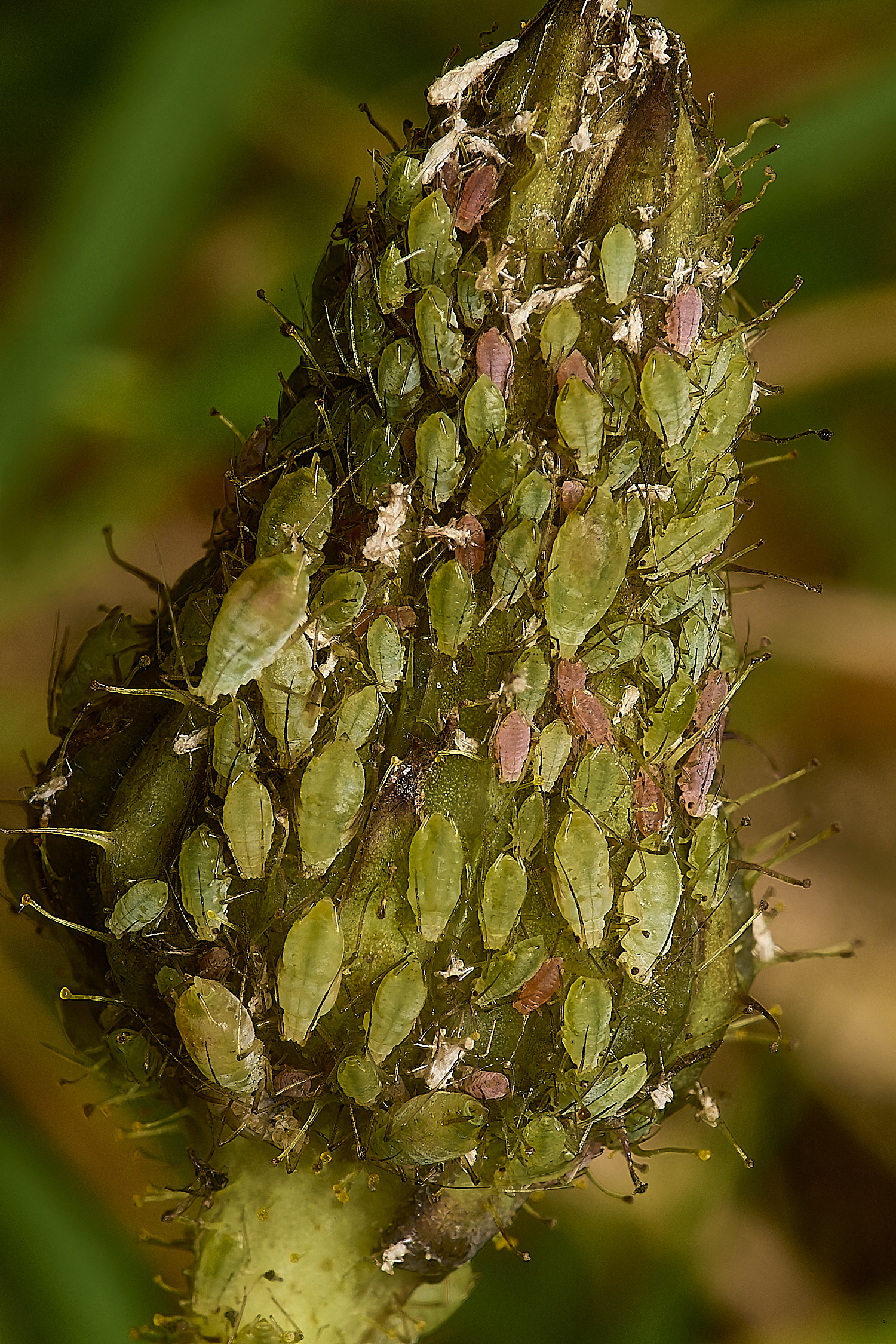
Potato Aphid (Macrosiphum euphorbiae) on Perennial Sow-thistle (Sonchus arvensis)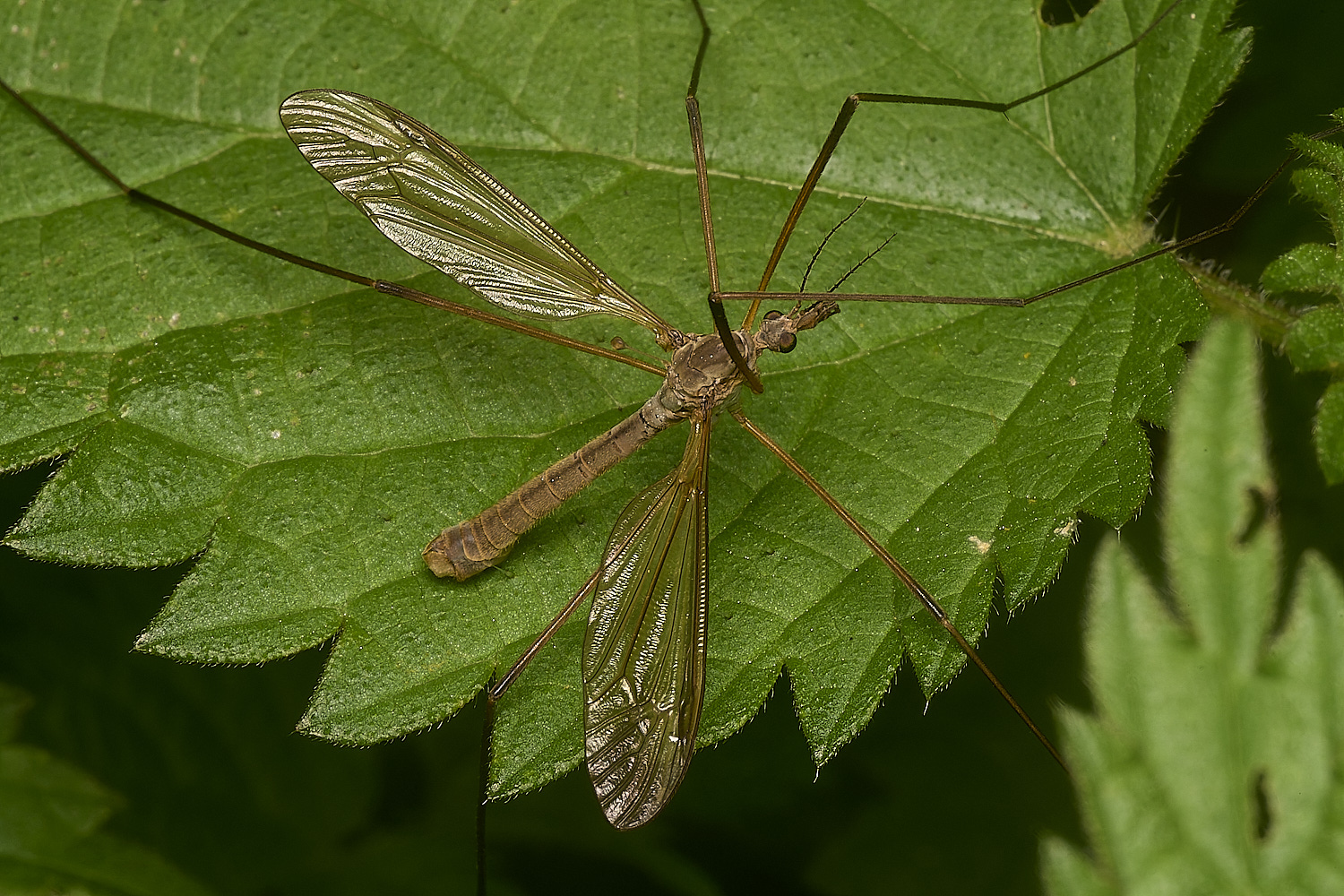
Tipula oleracea
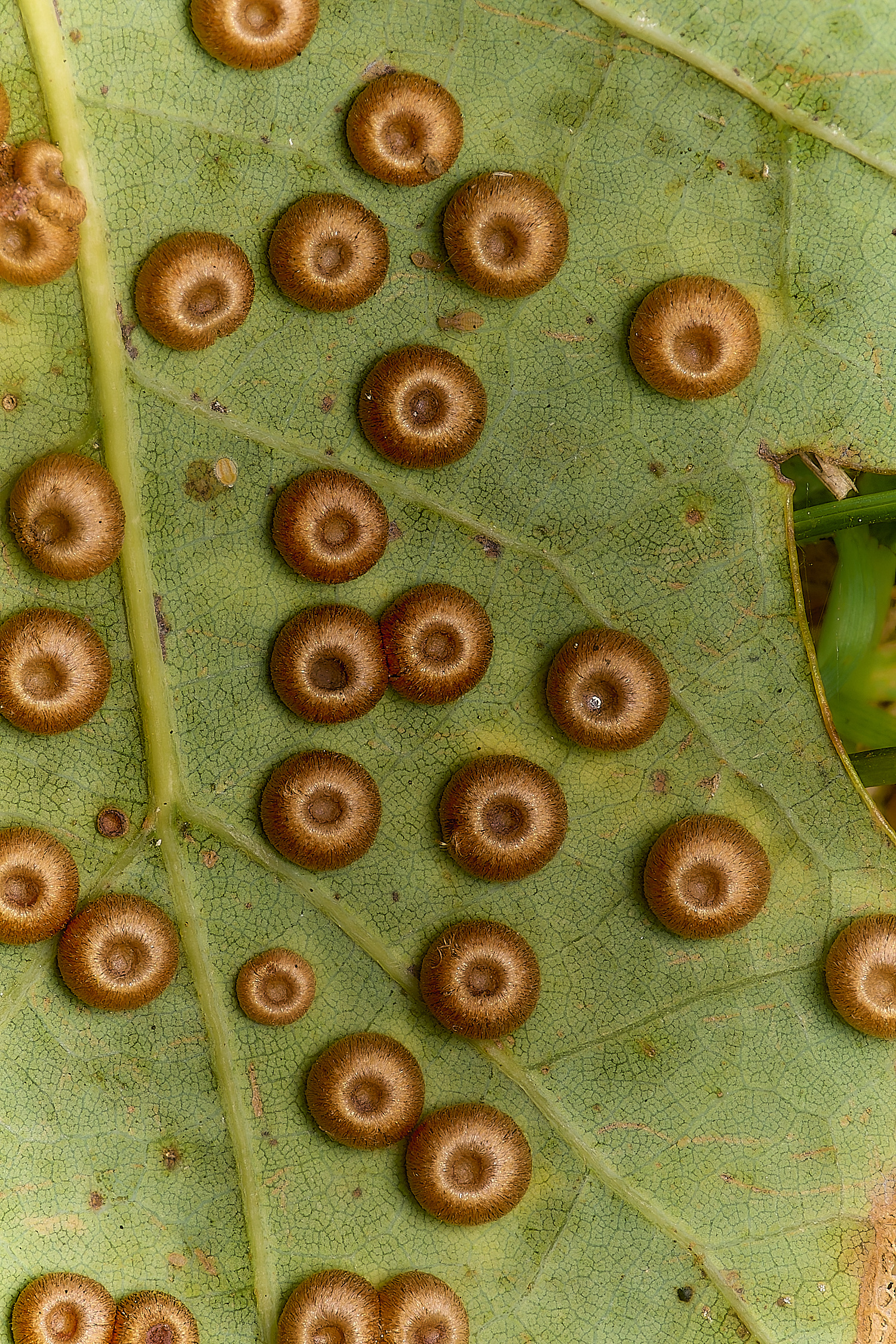
The silk button spangle gall caused by the asexual generation of the gall wasp Neuroterus numismalis
The galls of the sexual generation are far less obvious, being small, circular and matching the colour of the Oak leaves 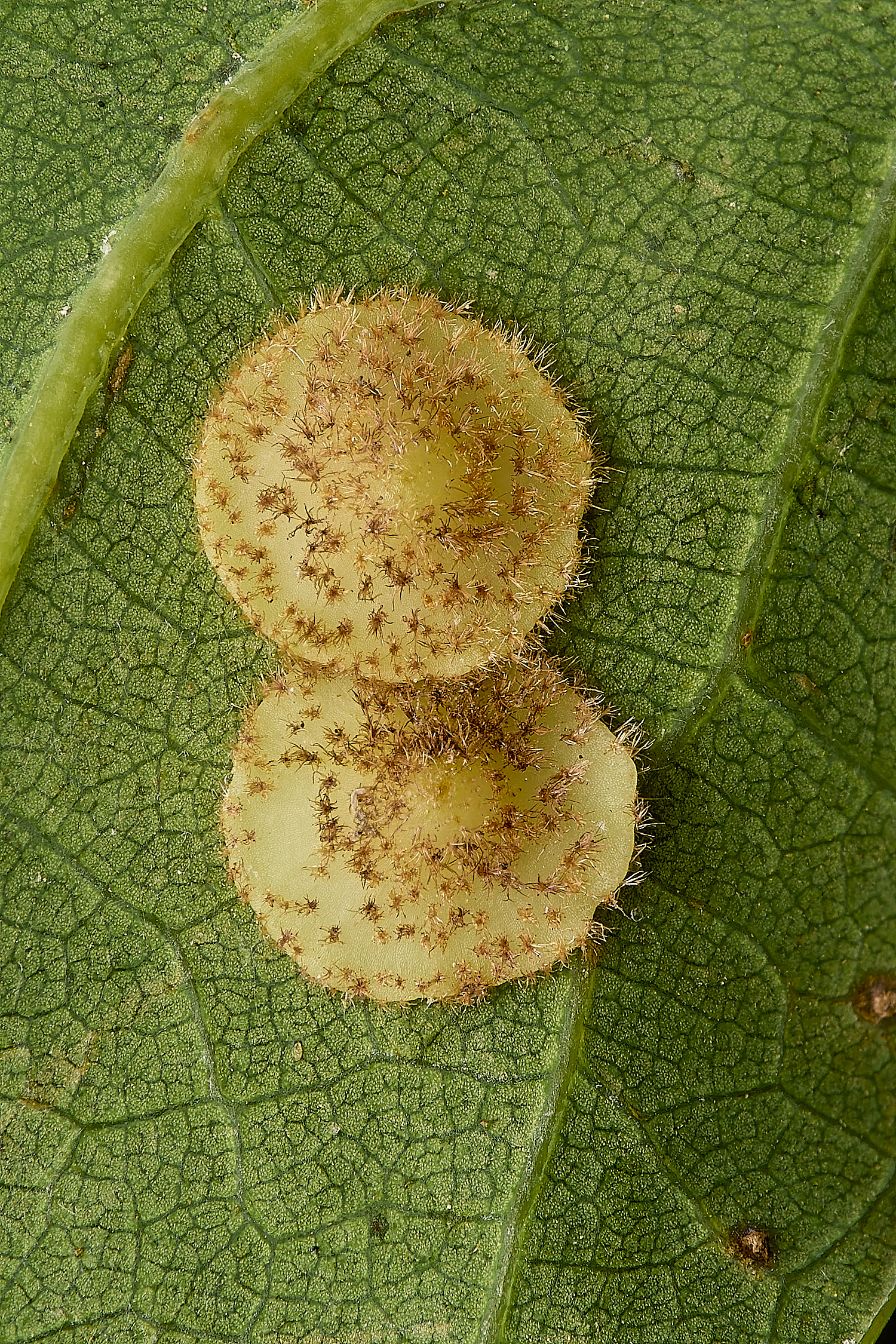
Common Spangle Gall houses the asexual generation of the gall wasp Neuroterus quercusbaccarum
A central pimple and scattered tufts of red hairs
The galls fall from the leaves and spend the winter in the leaf litter.
Gall of the sexual generation develop on the male catkins and young leaves after the adults emerge in the spring.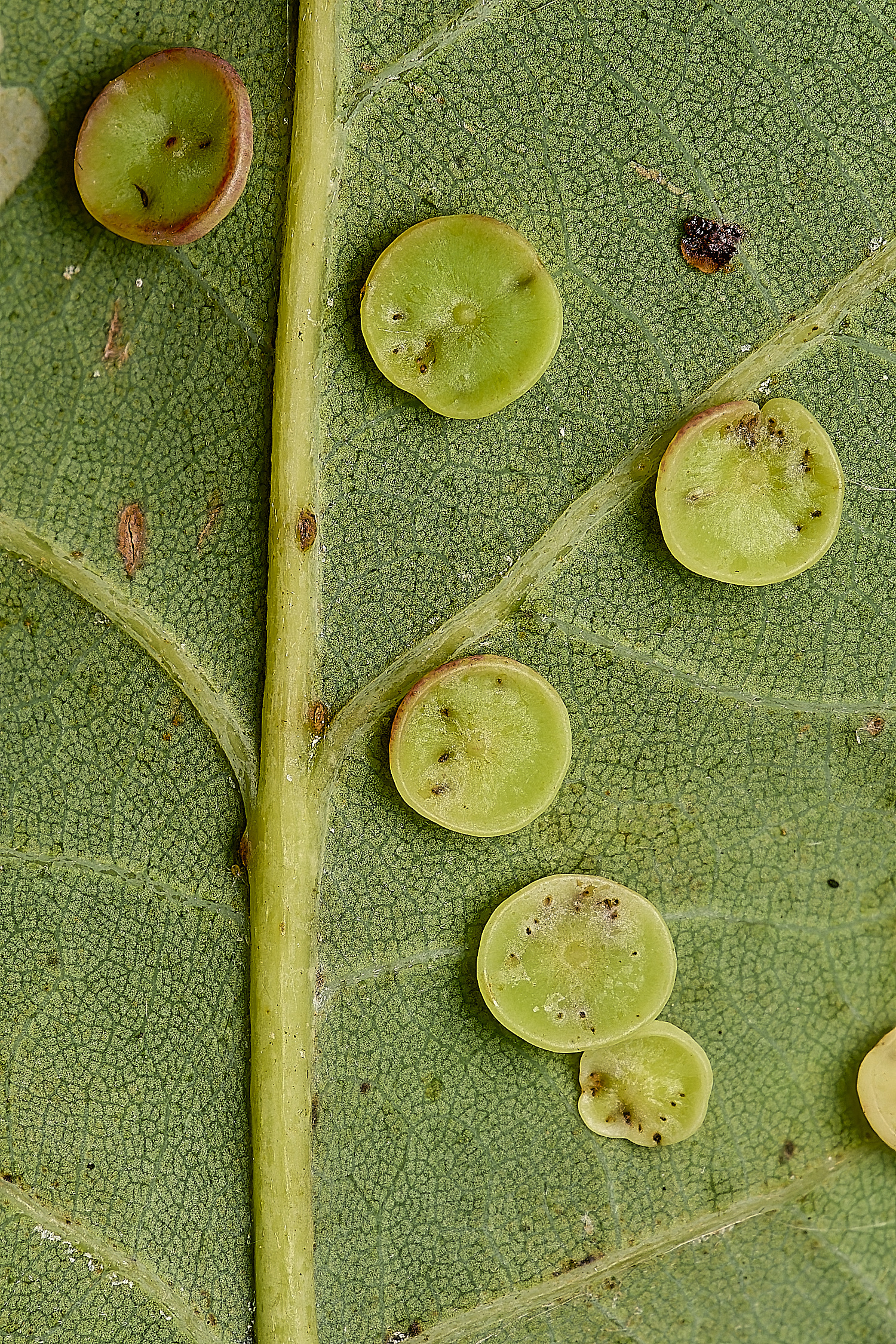
The asexual generation of the gall wasp Neuroterus albipes
Galls of the sexual generation are tiny egg-shaped objects nestling between leaf lobes in the spring.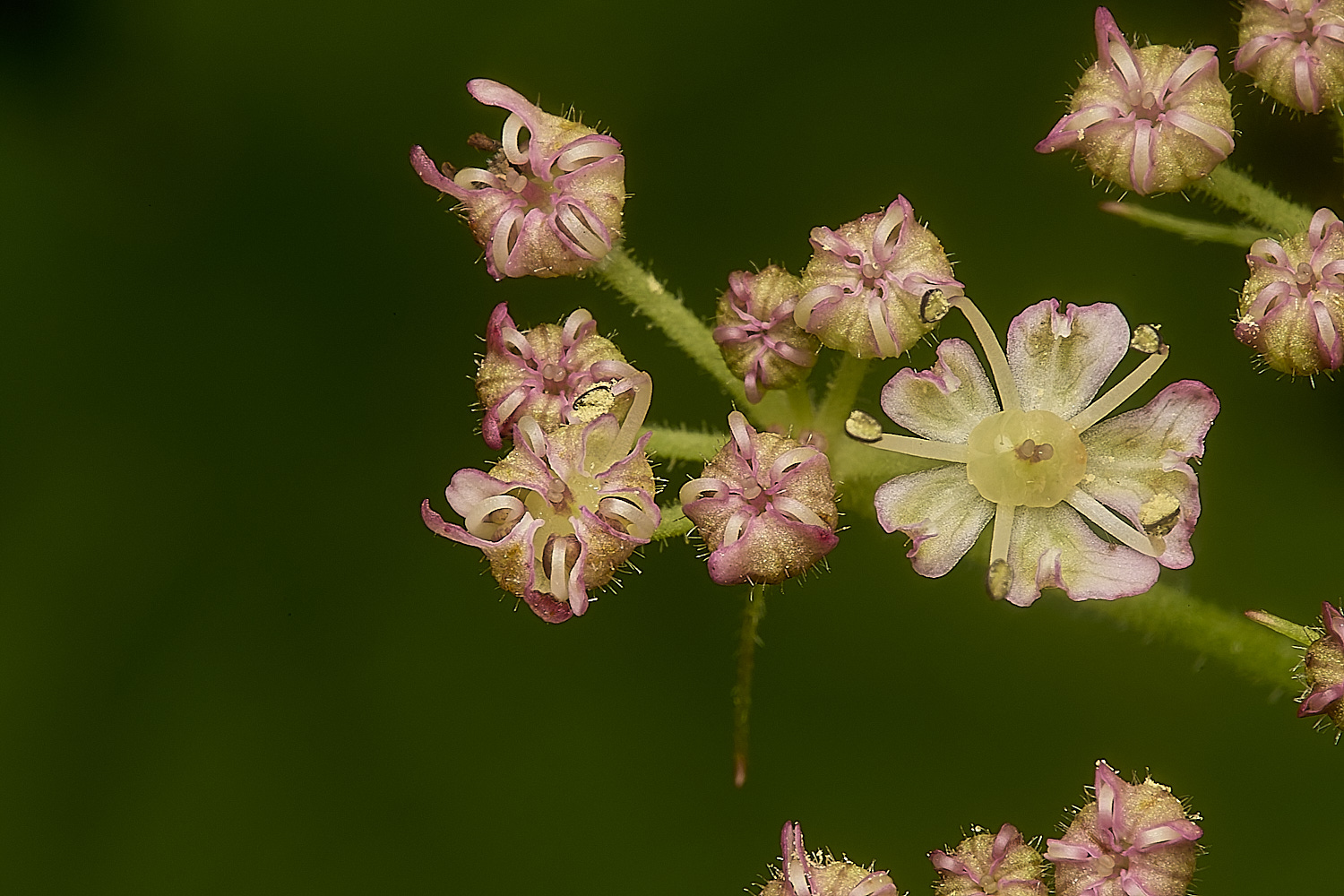
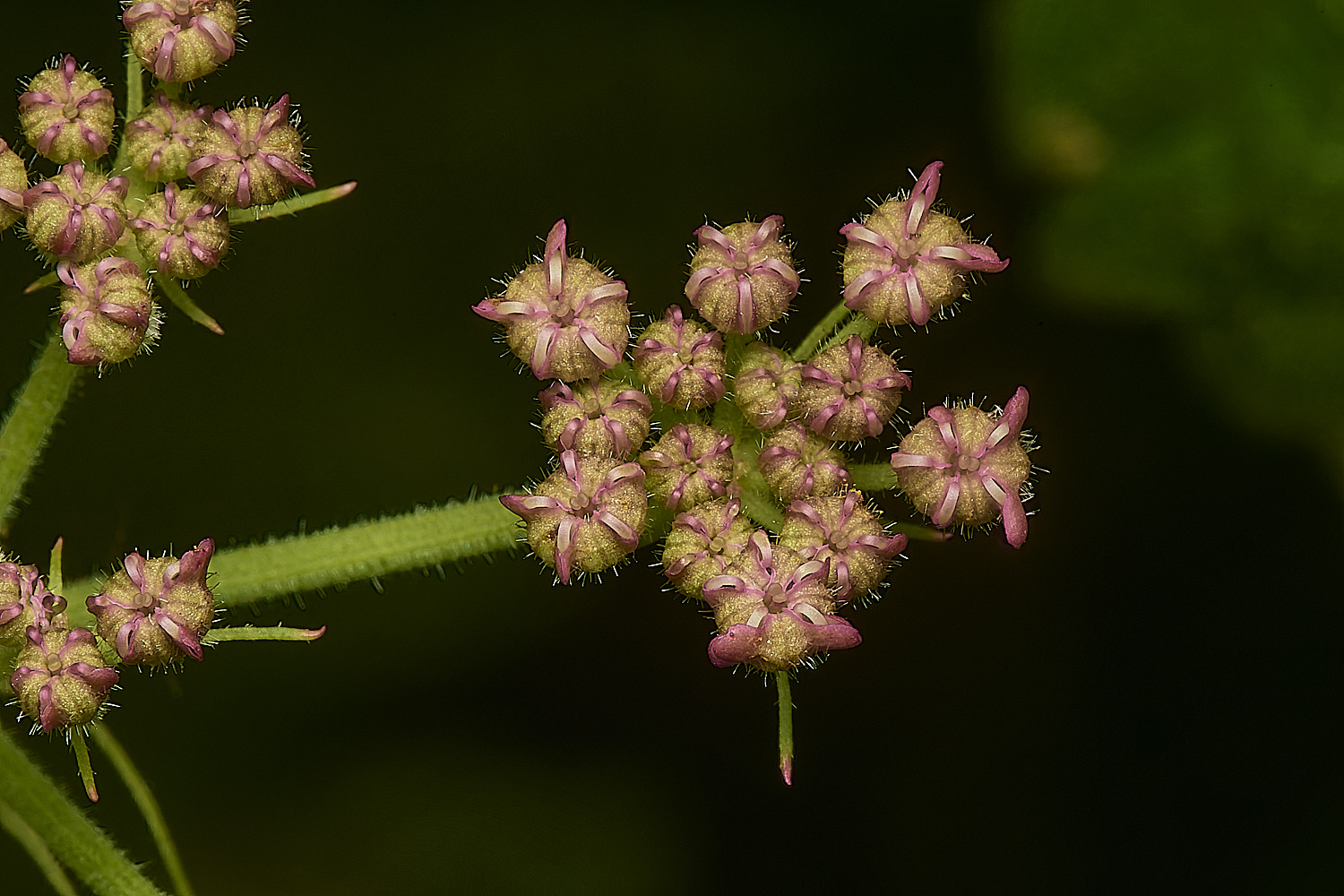
Upright Hedge Parsley (Torilis japonica))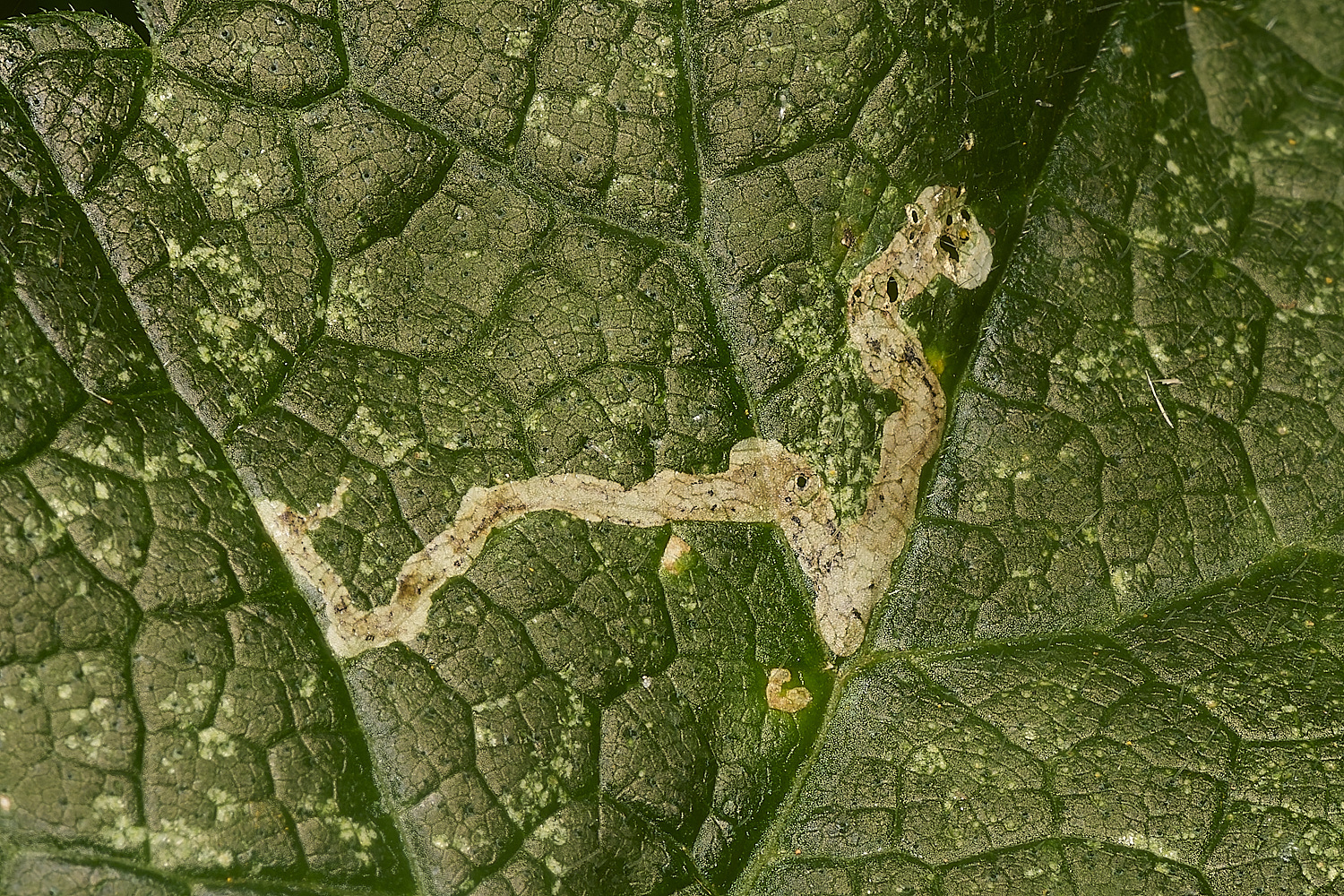
Leaf Mine on Hogweed (Heracleum sphodylium)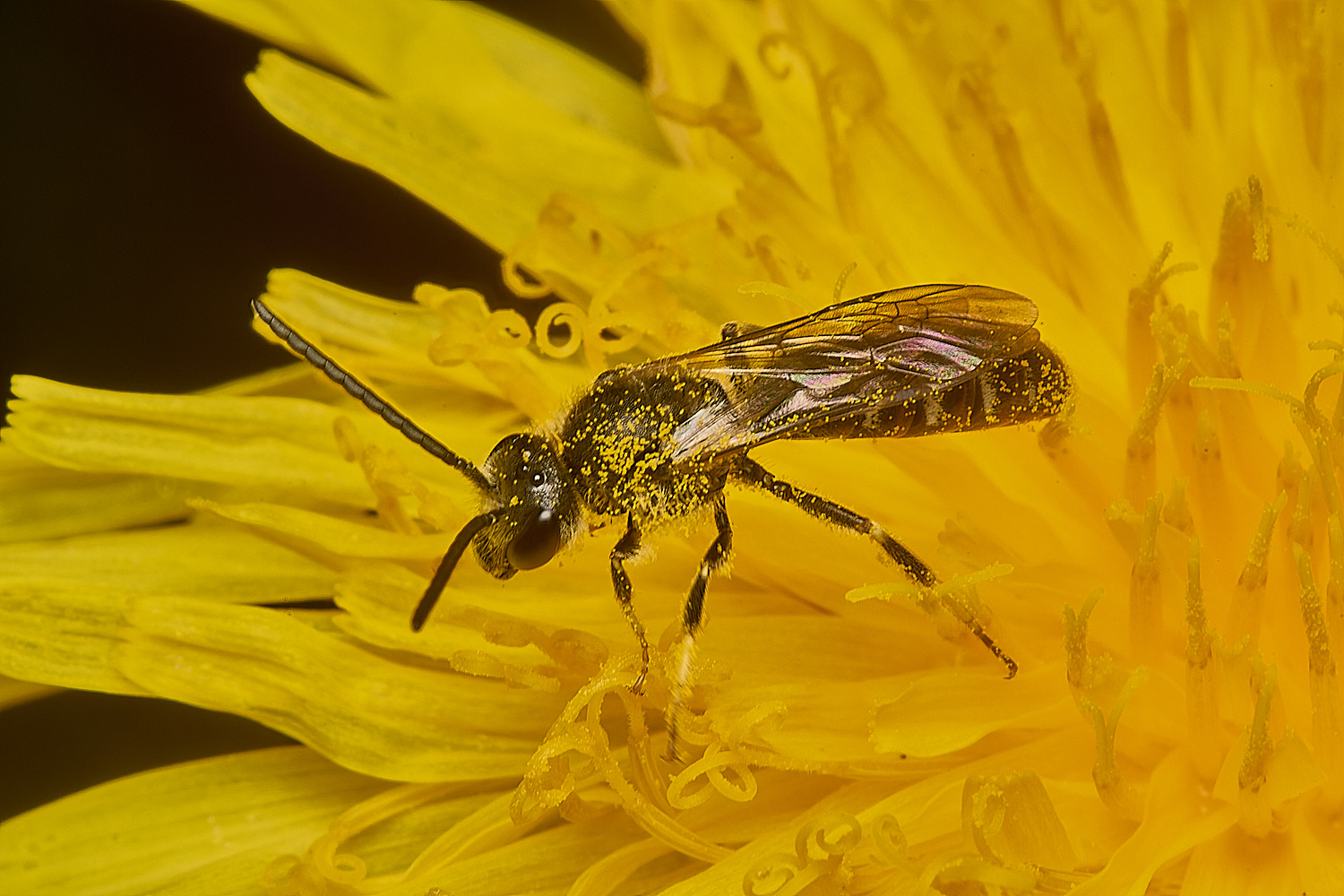
Common Furrow Bee (Lasioglossum calceatum)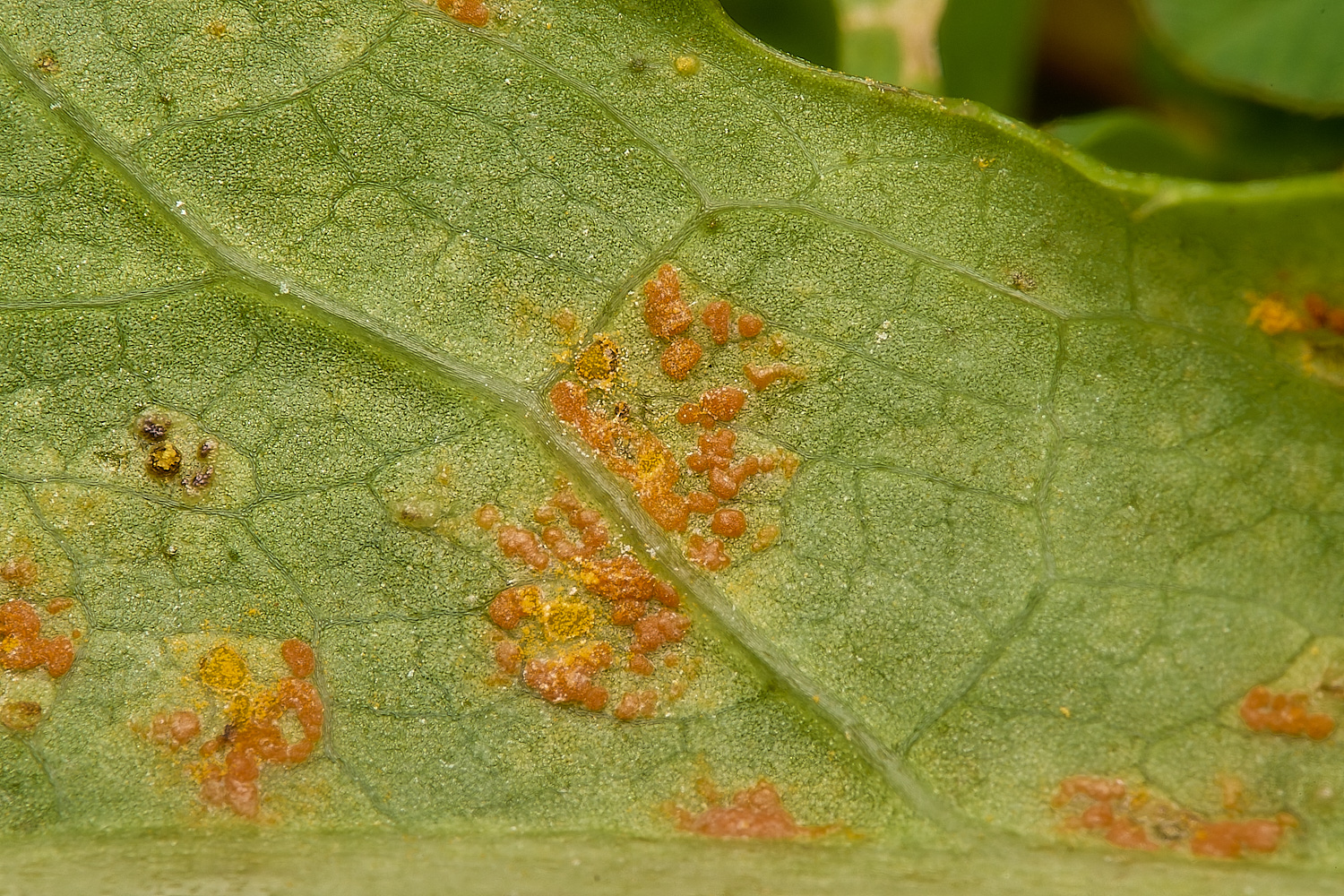
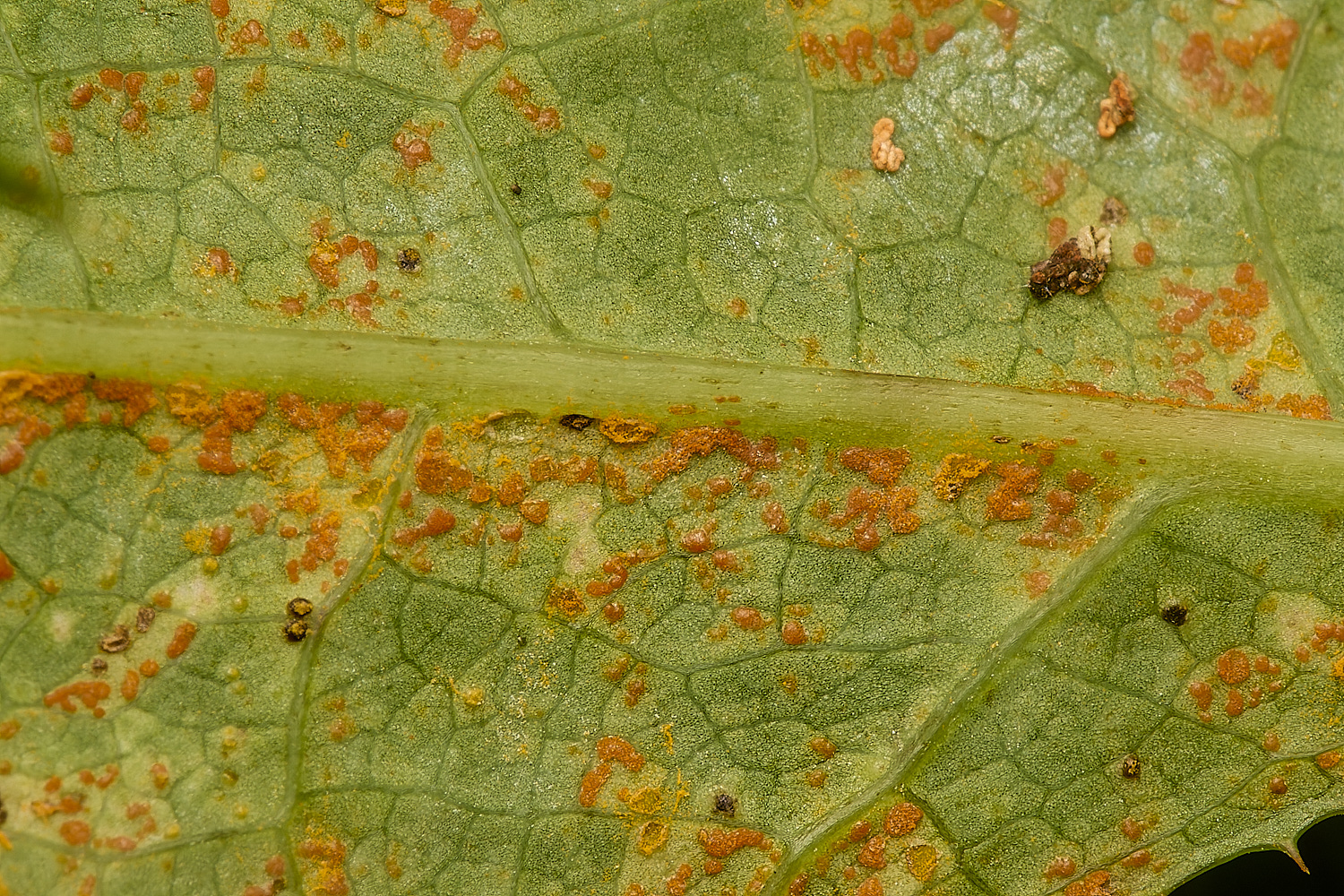
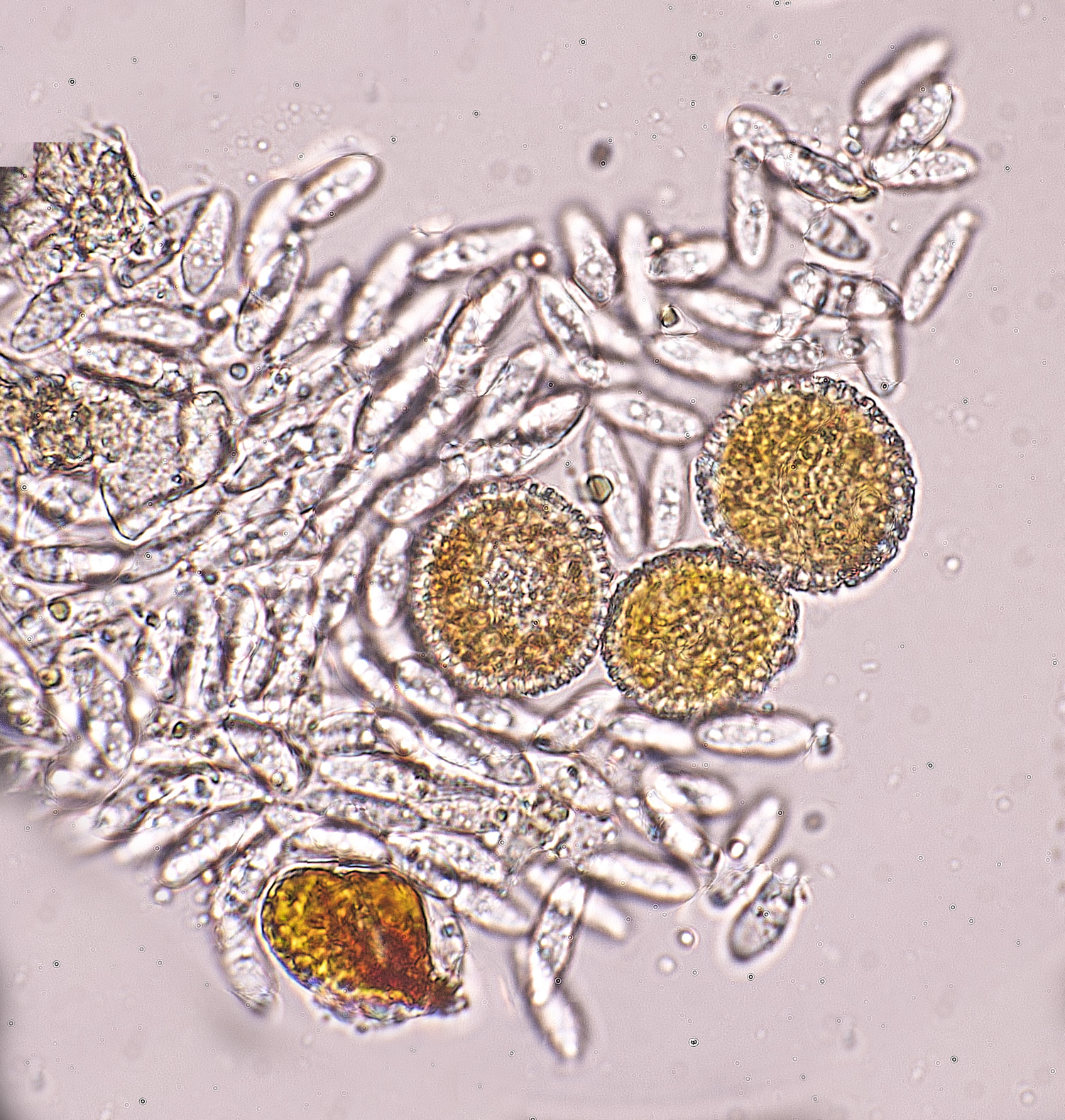
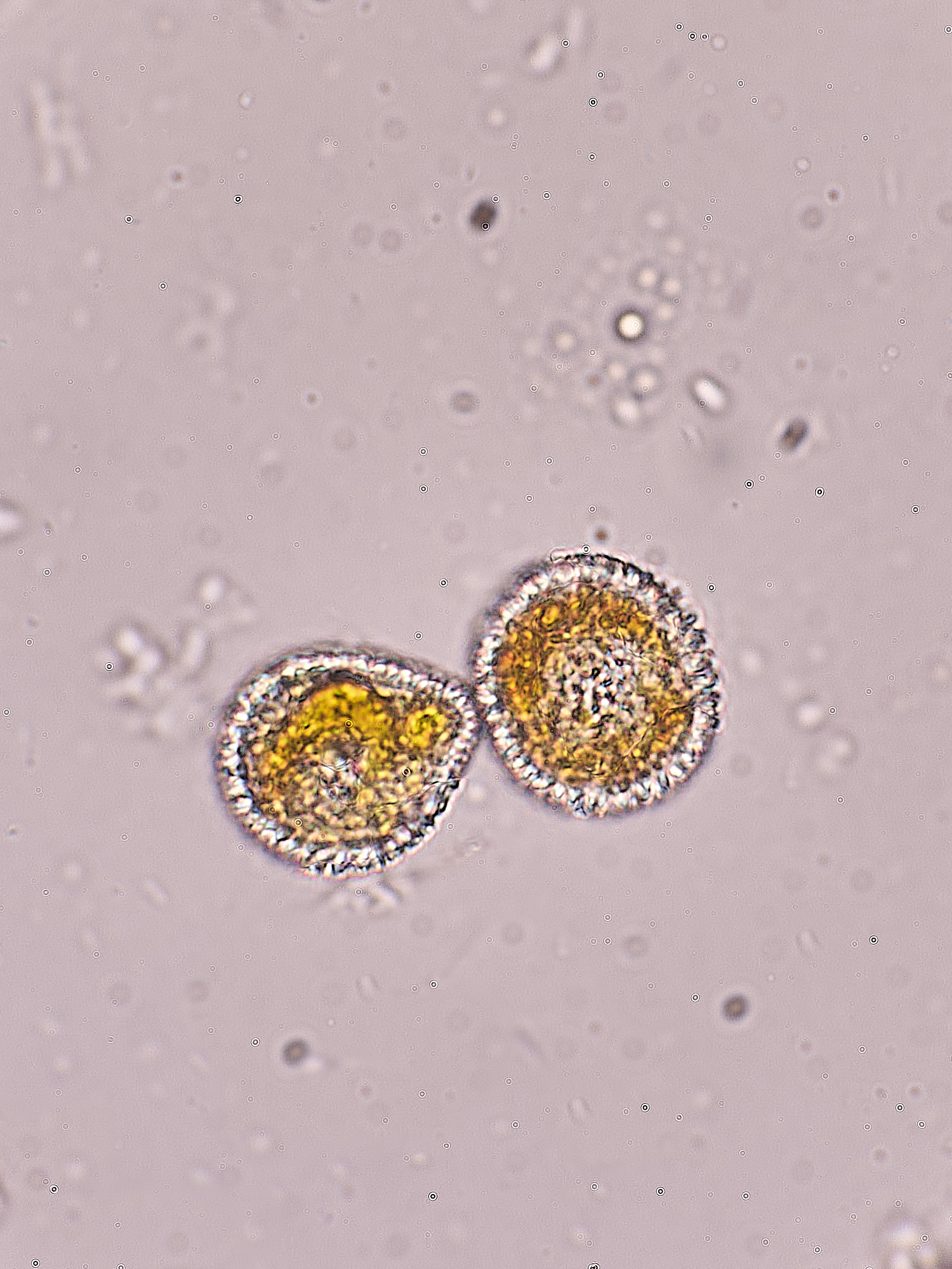
Rust? on Perennial Sow-thistle (Sonchus arvensis)
Holt Lowes
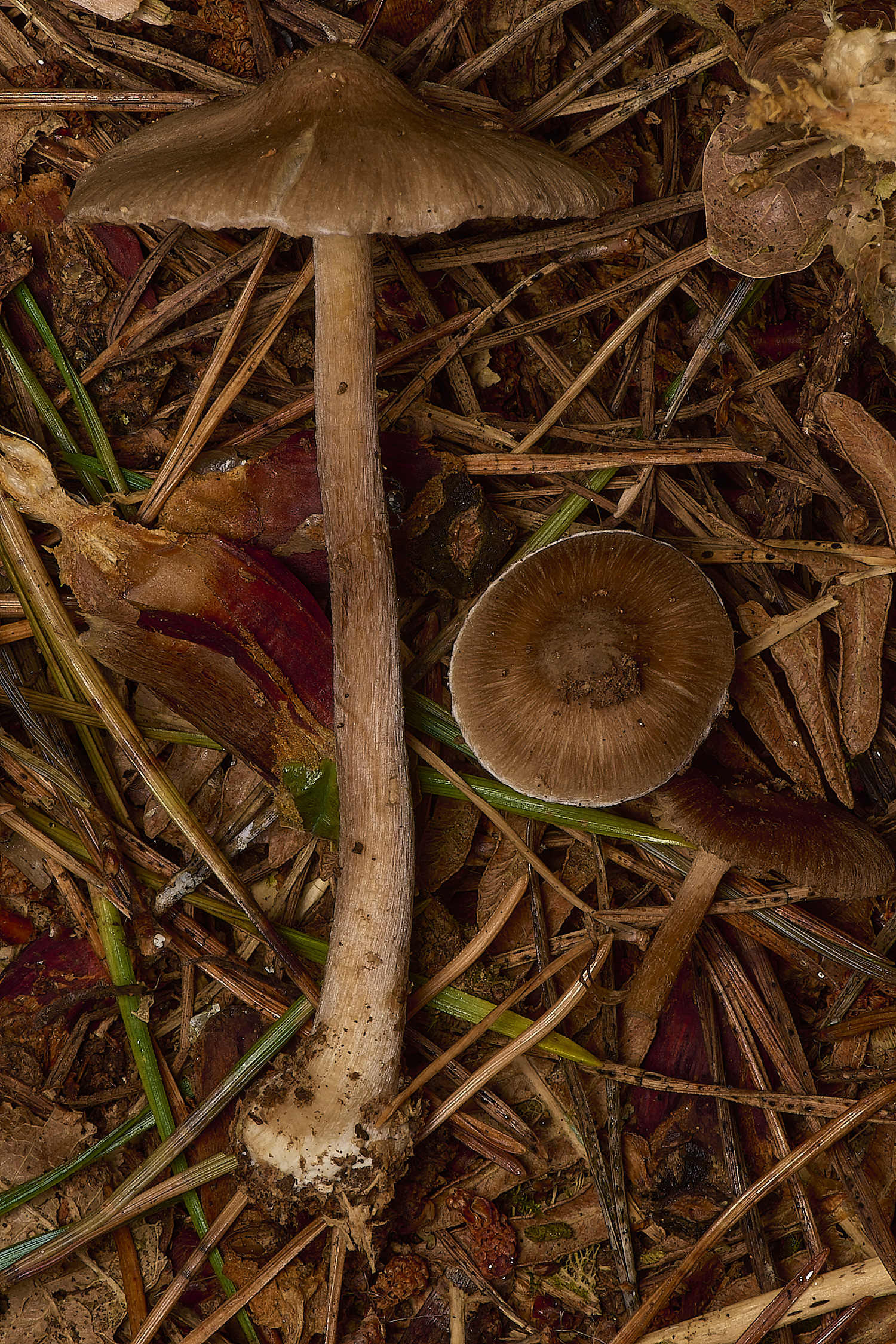
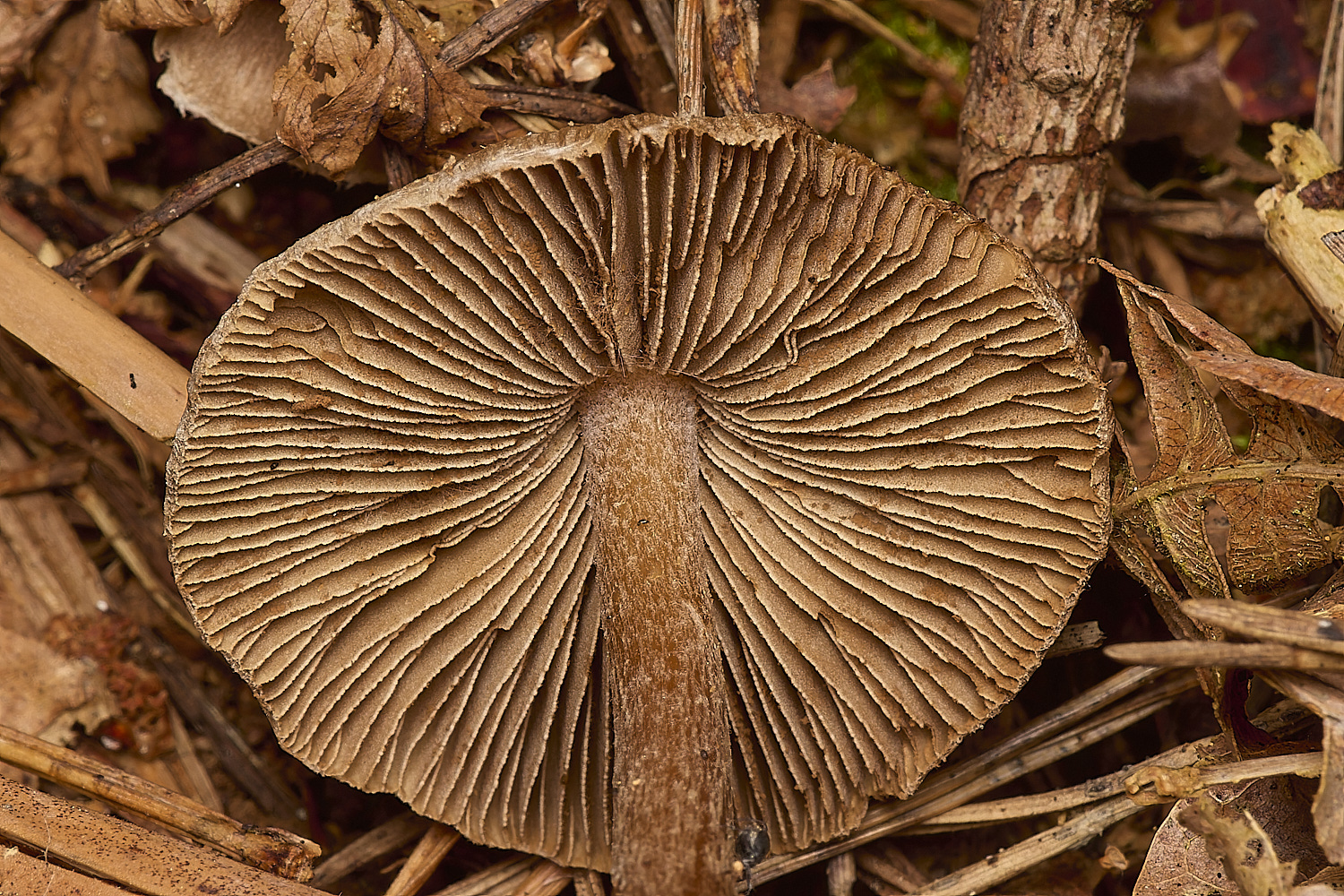
Incoybe napipes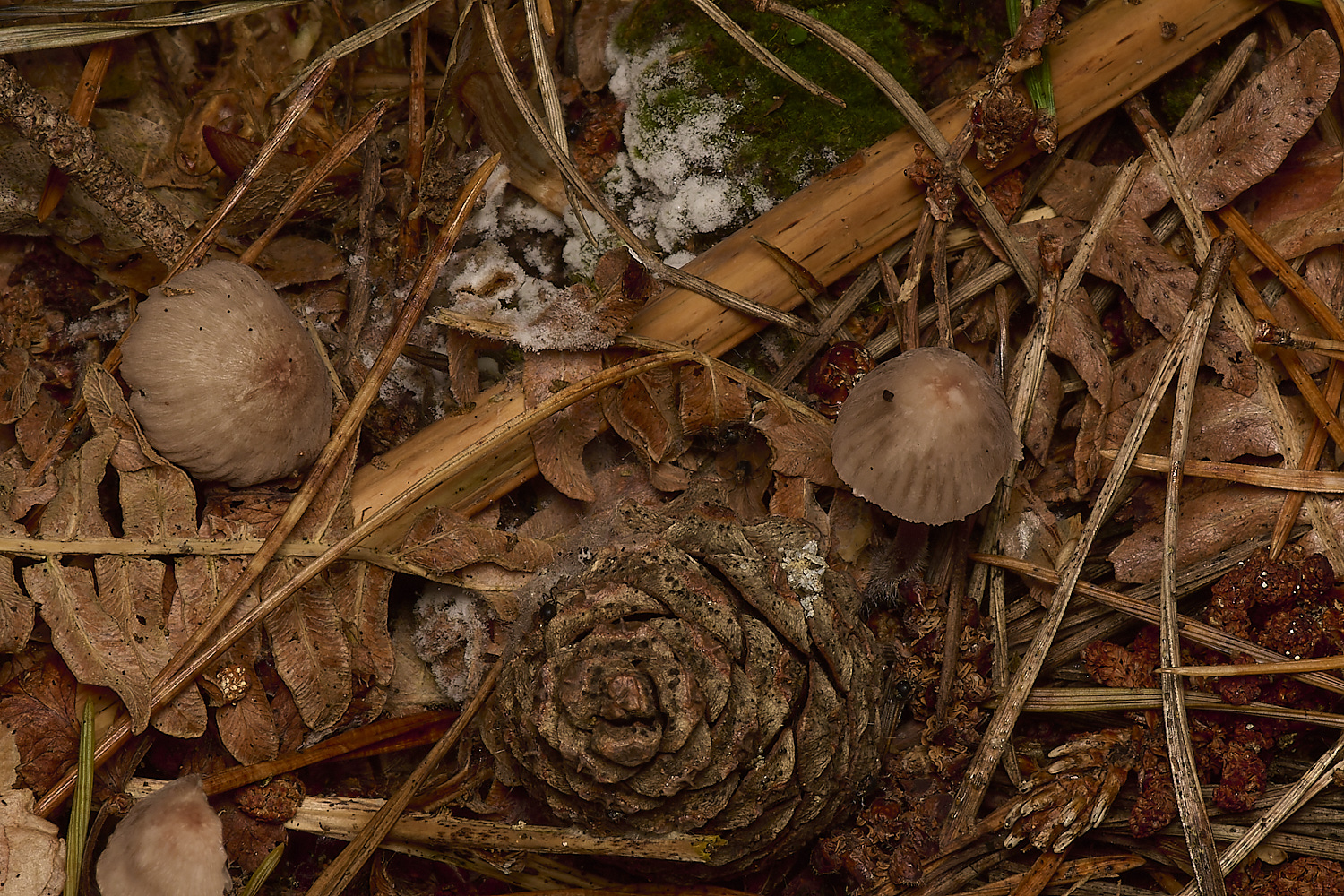
Mycena capillaripes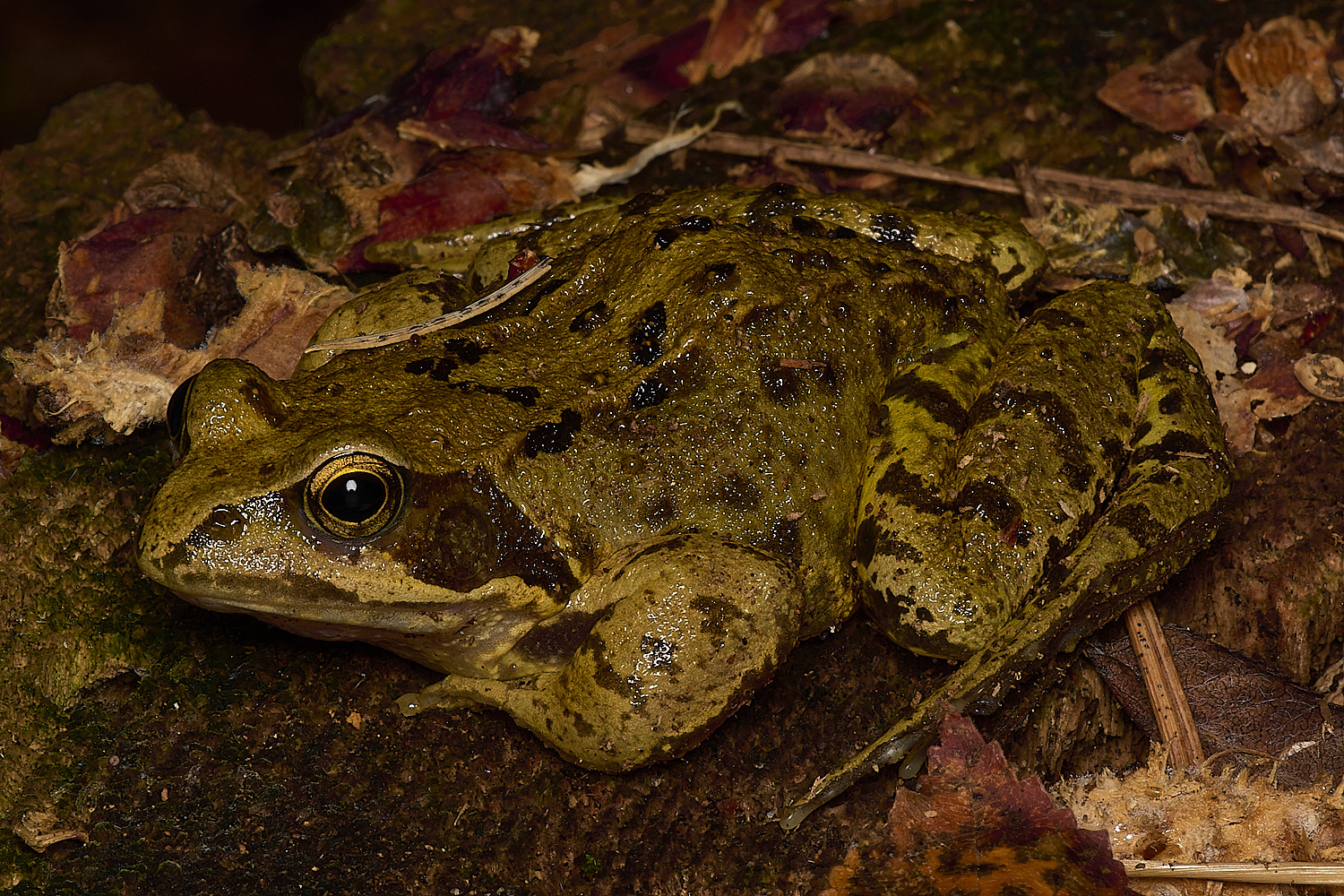
Frog (Rana temproraria)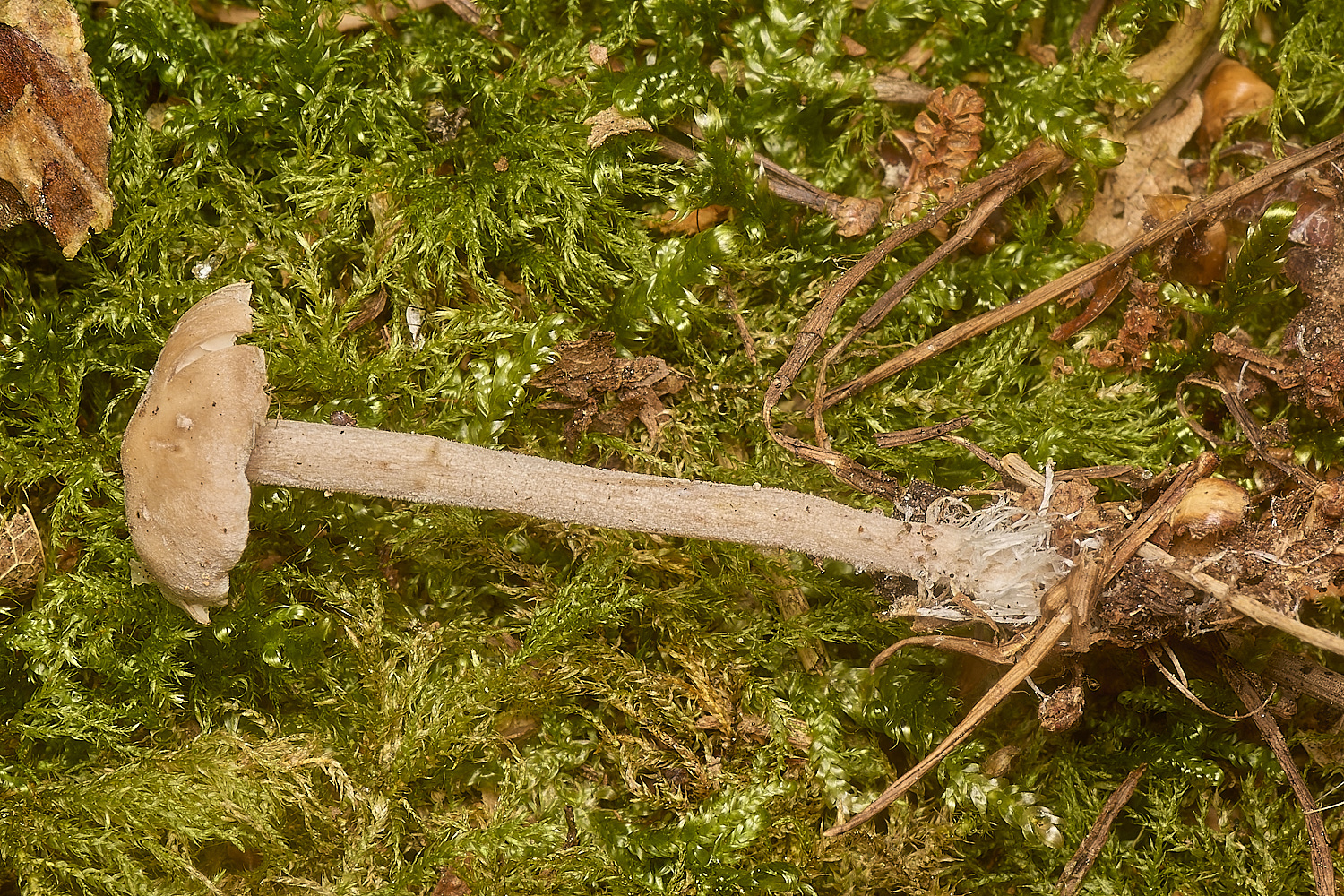
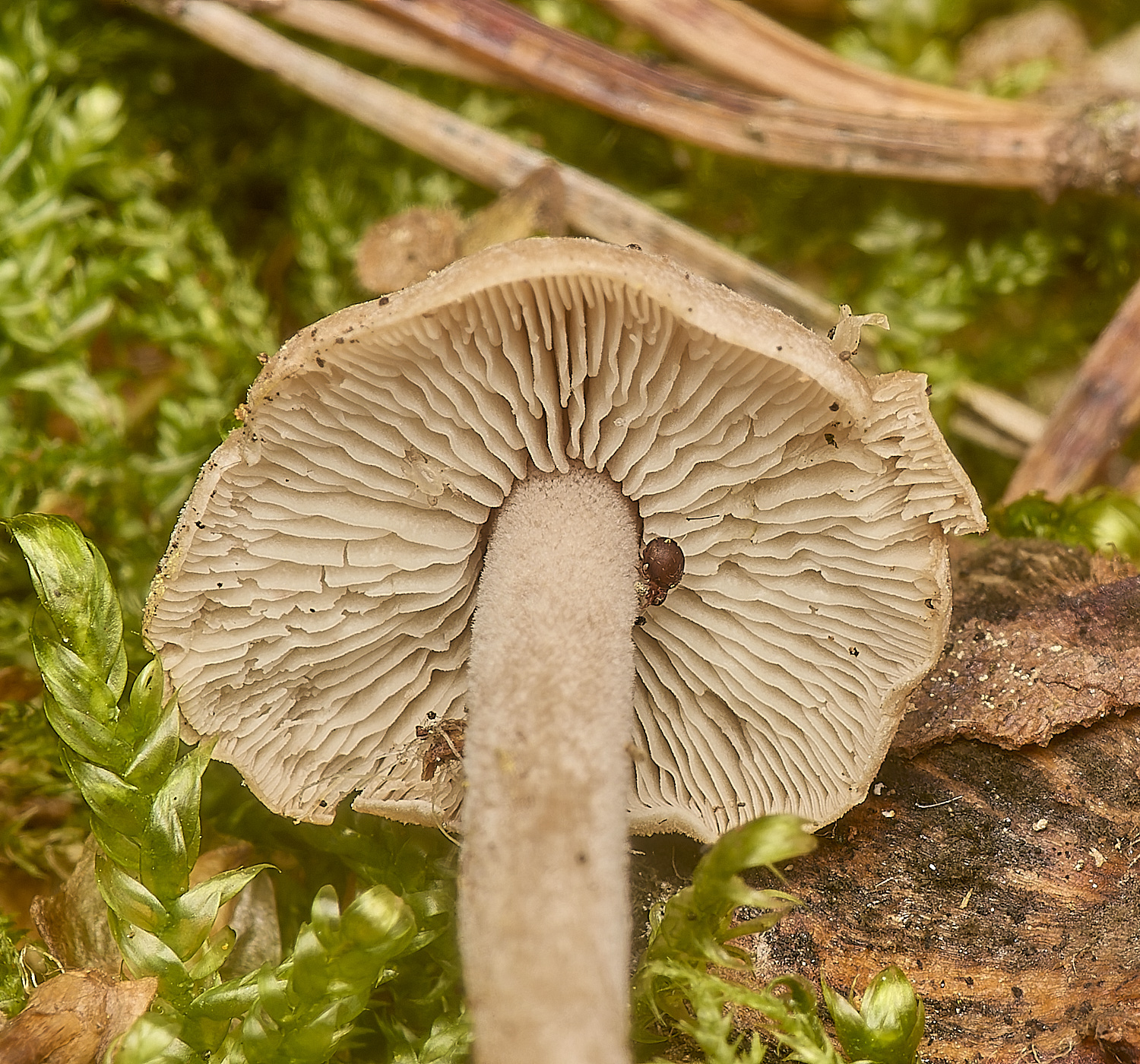
Clustered Toughshank (Gymnopus confluens)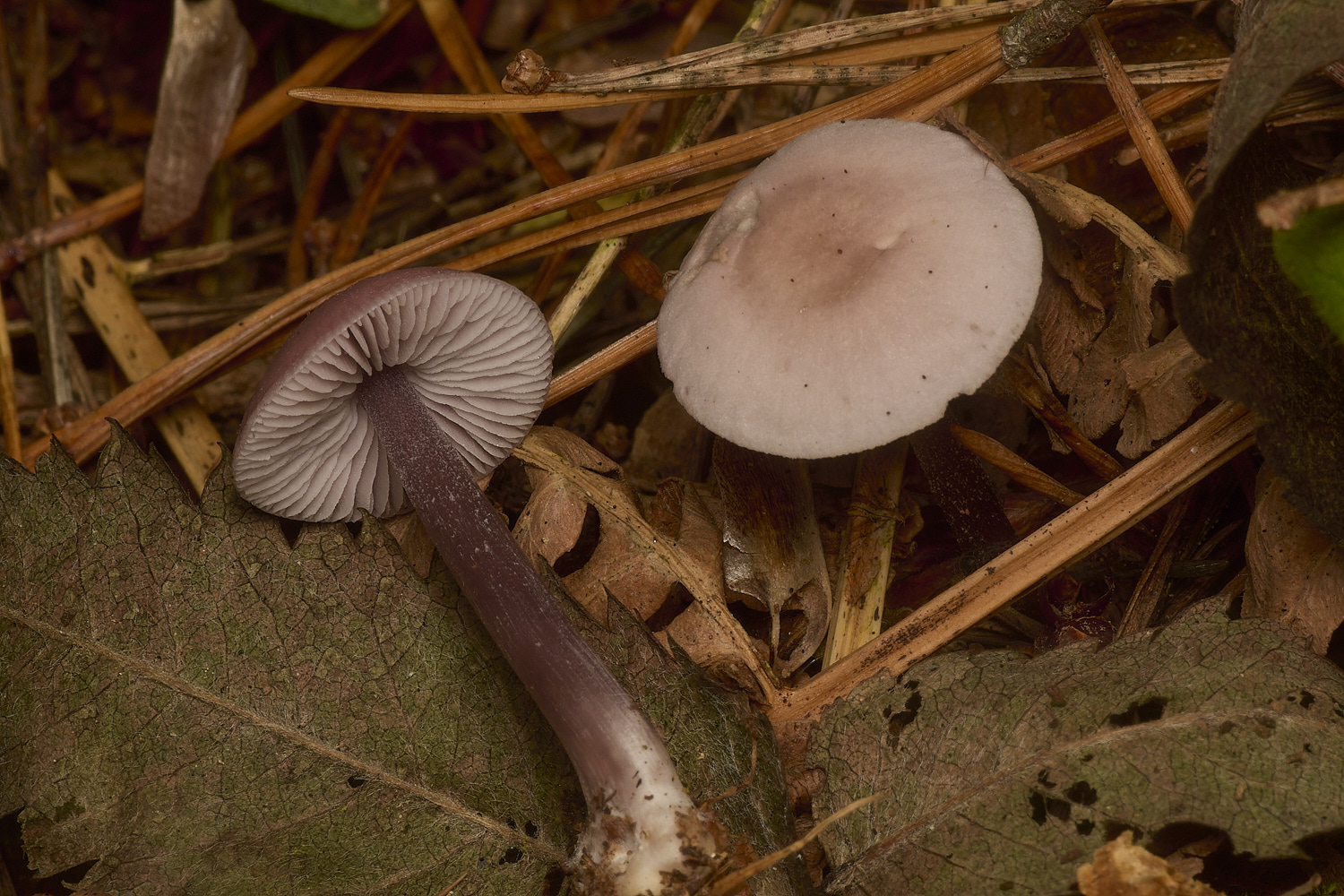
Lilac Bonnet (Mycena pura)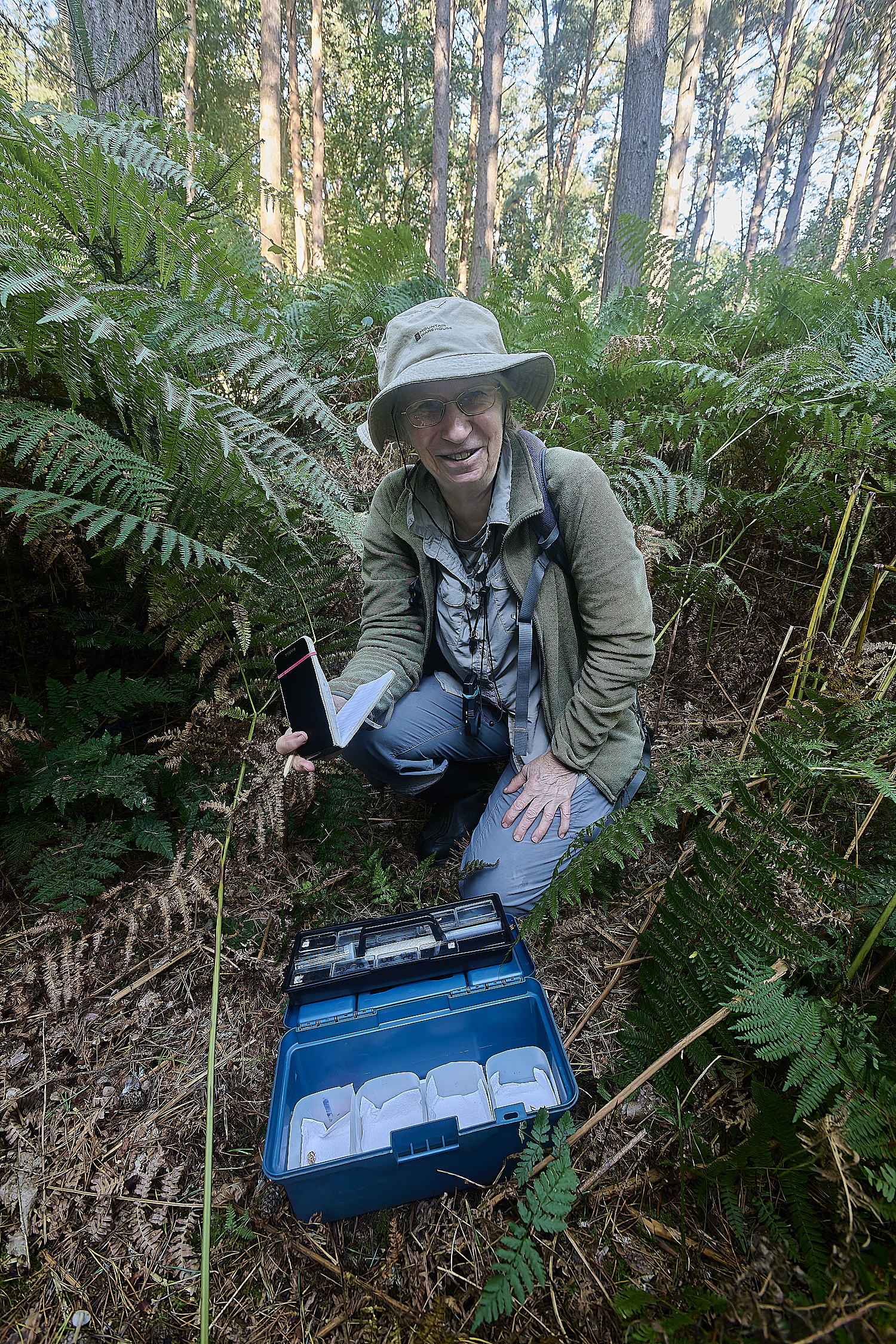
An intrepid mycologist
DNA collecting method - approved!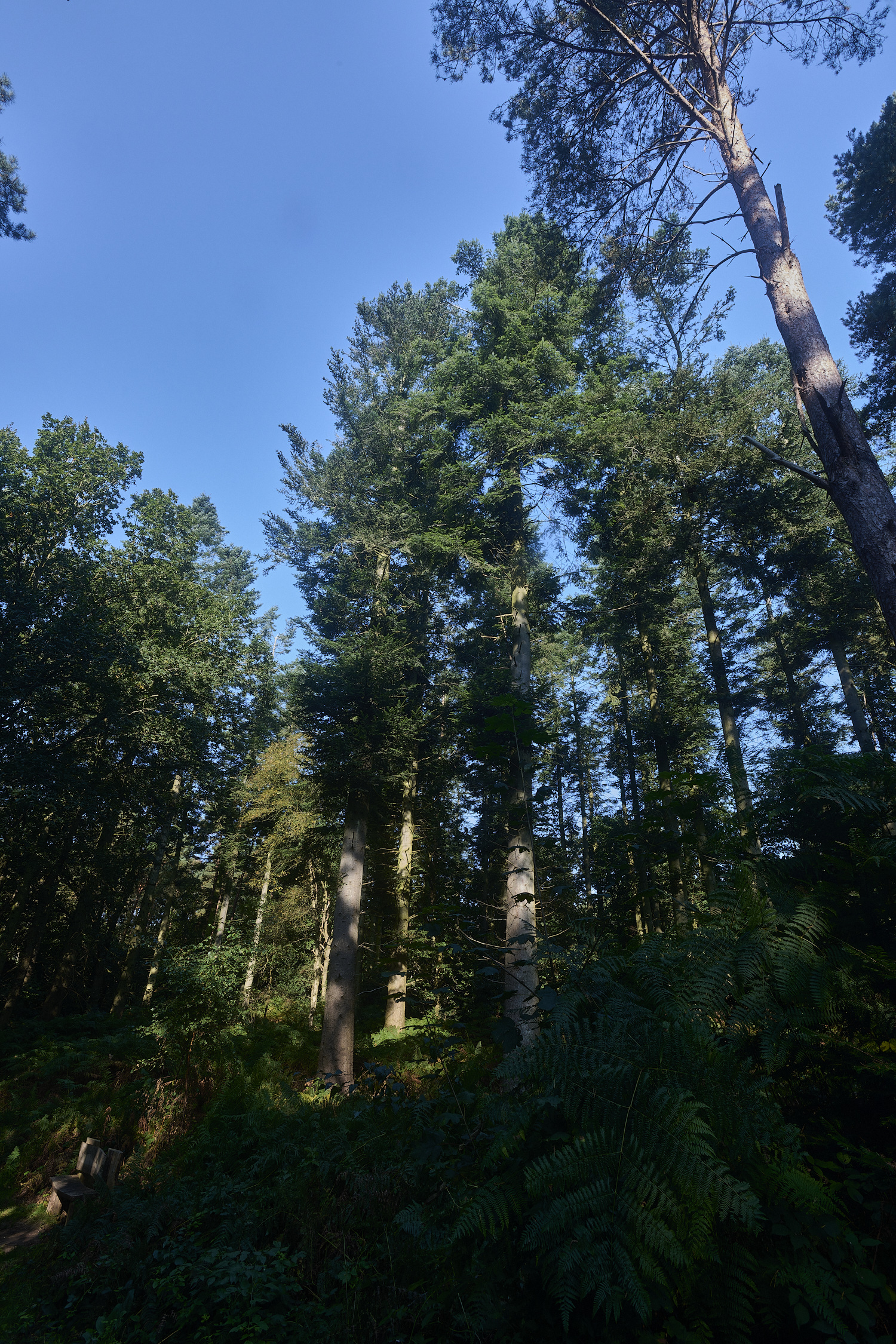
Grand Fir (Abies grandis)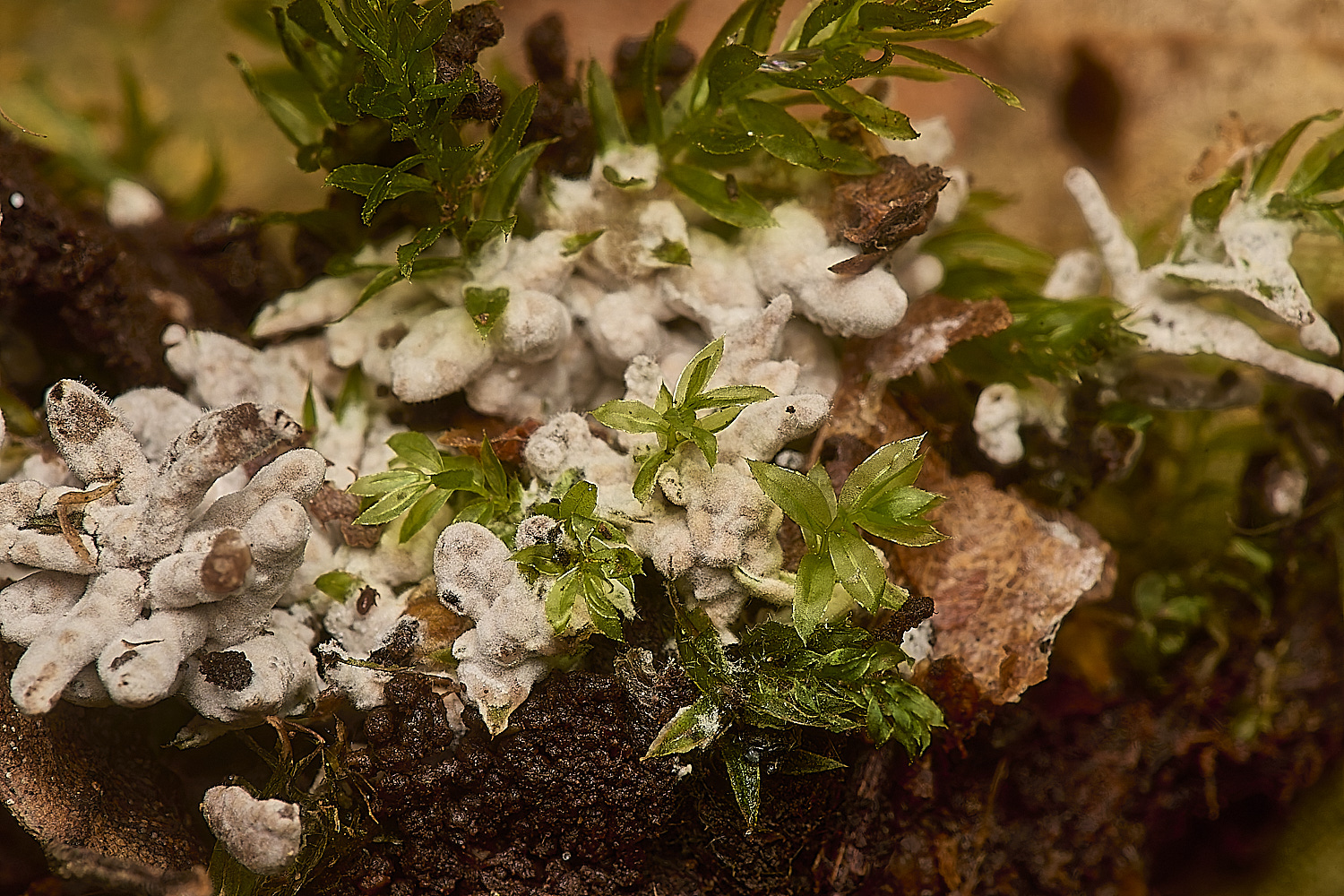
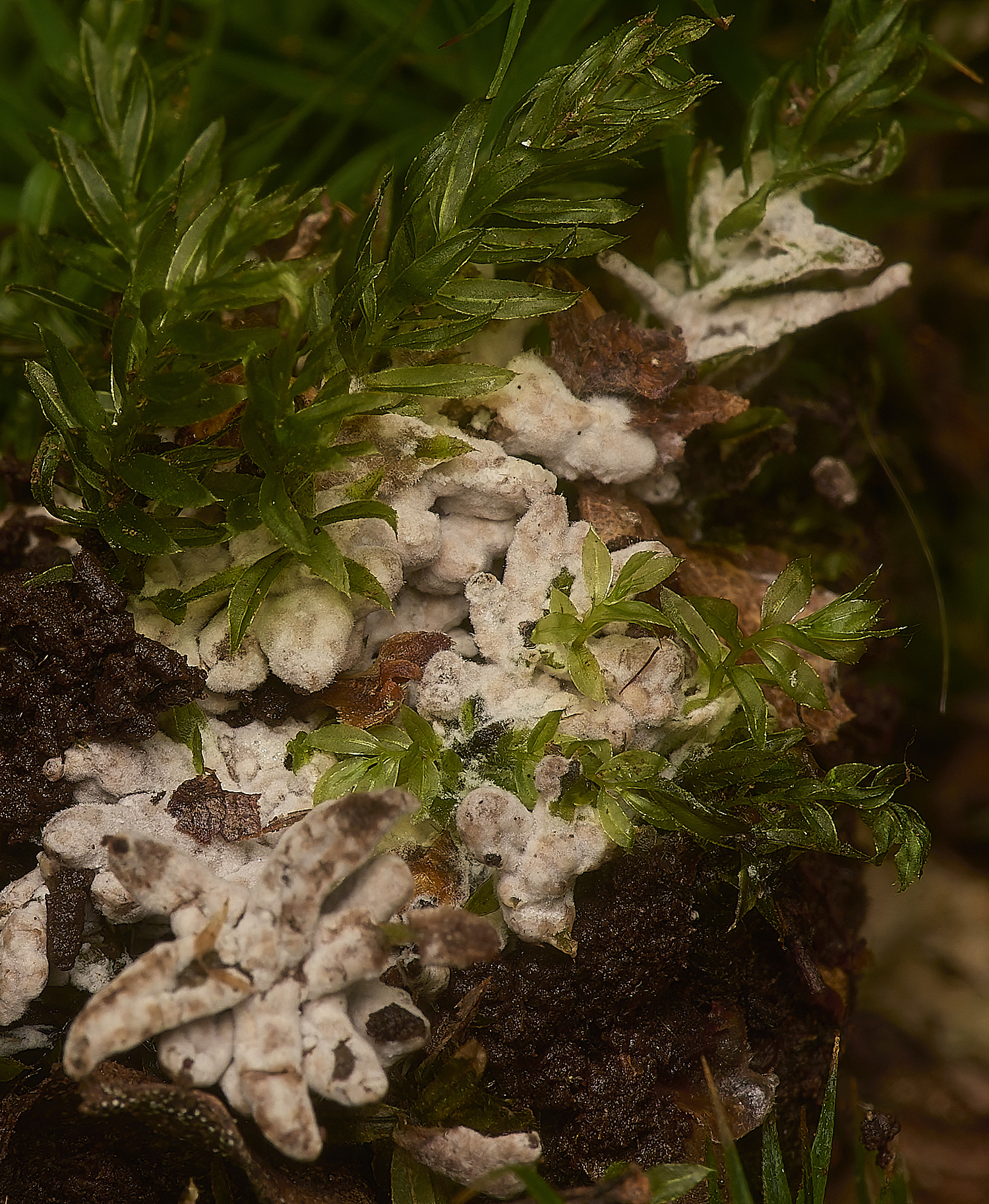
Fungus associated with Swan's-neck Thyme Moss (Mnium hornum)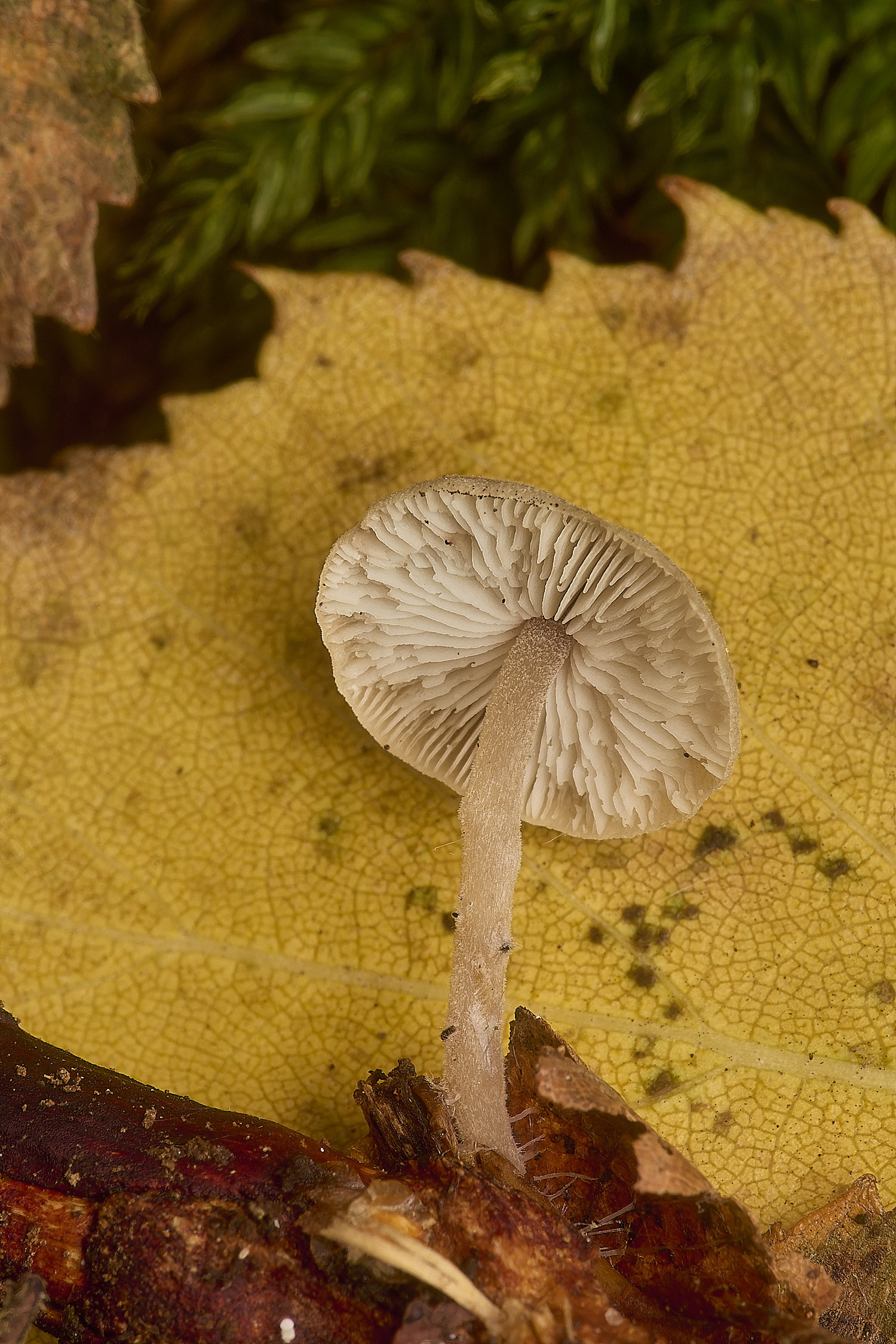
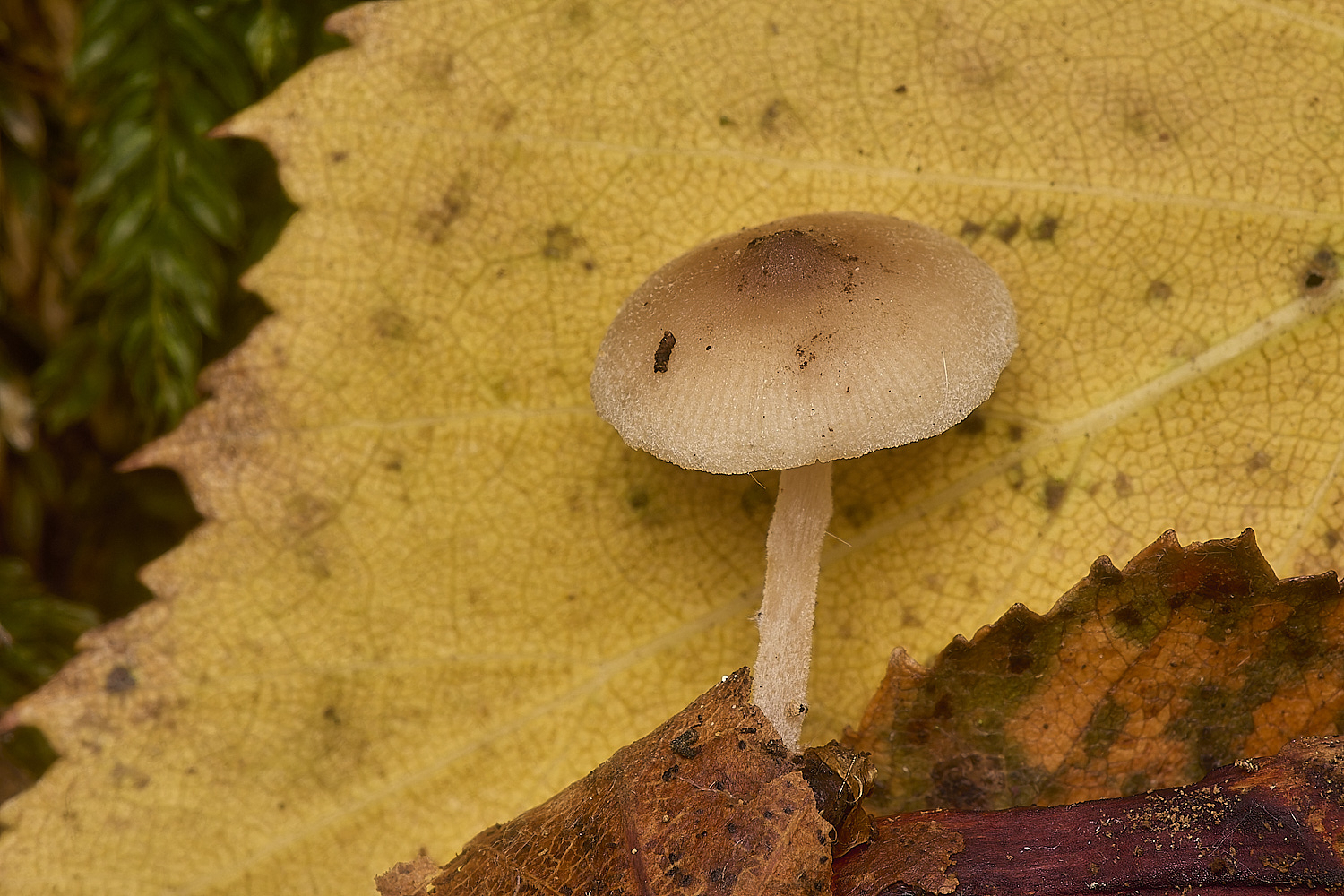
Unknown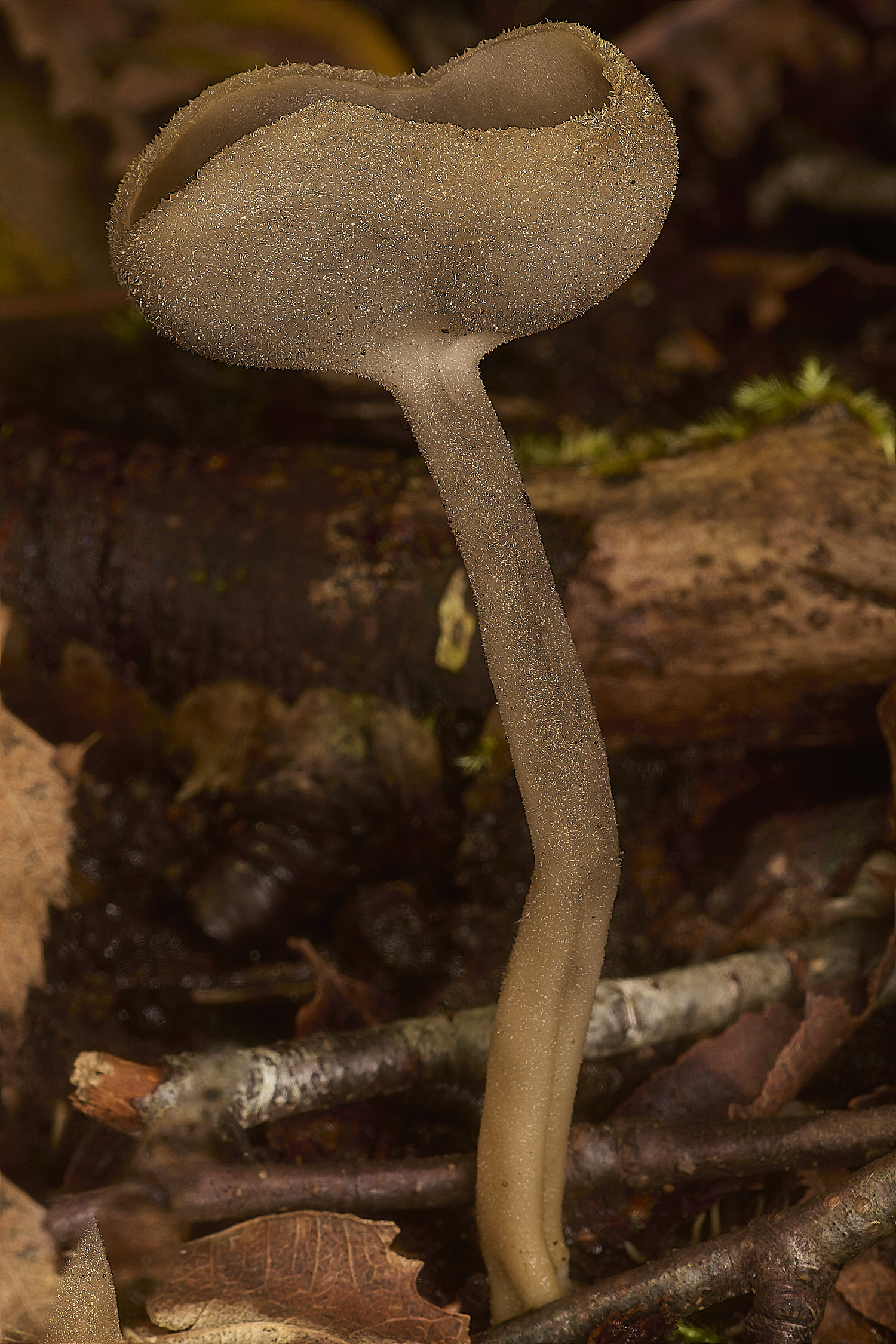

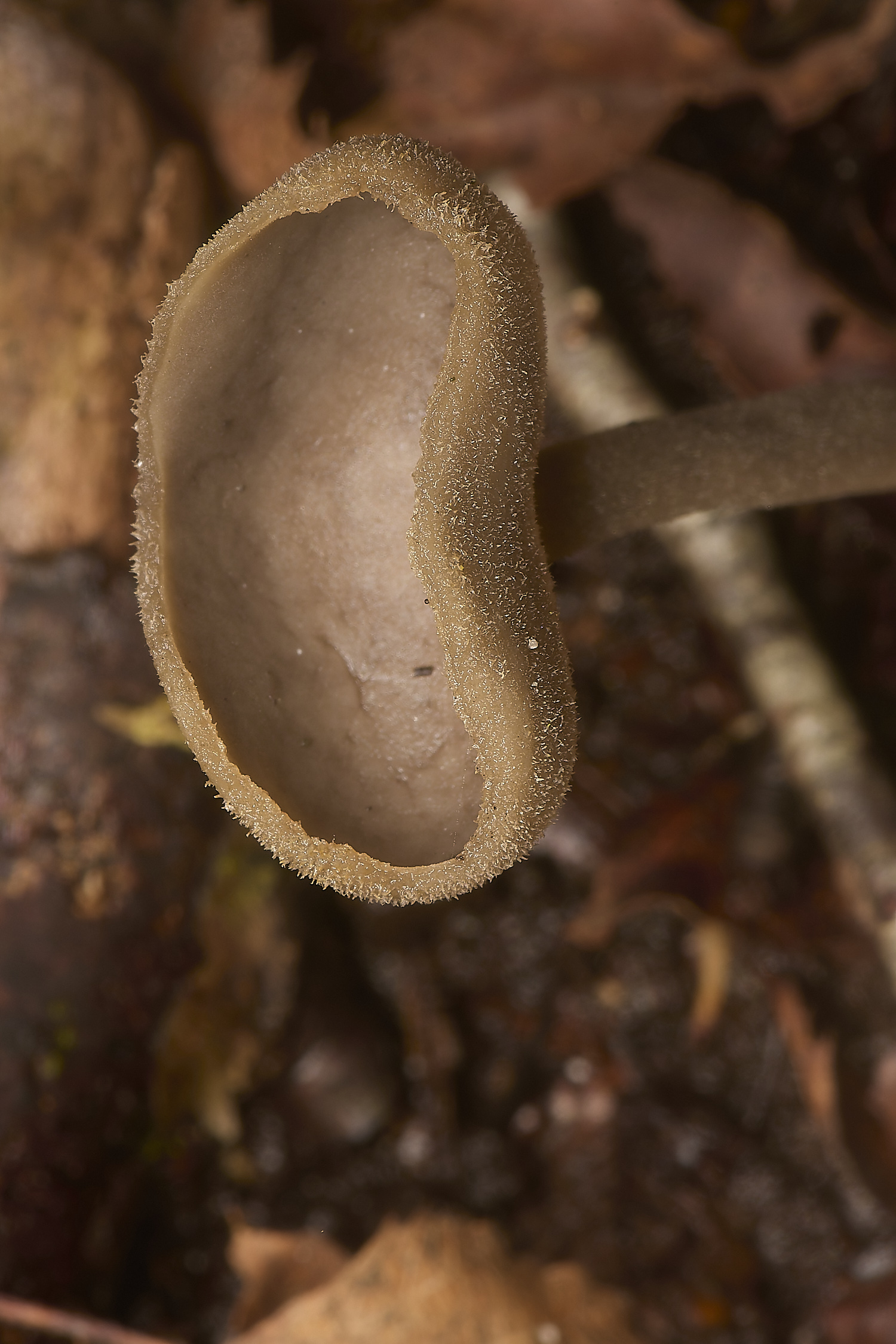
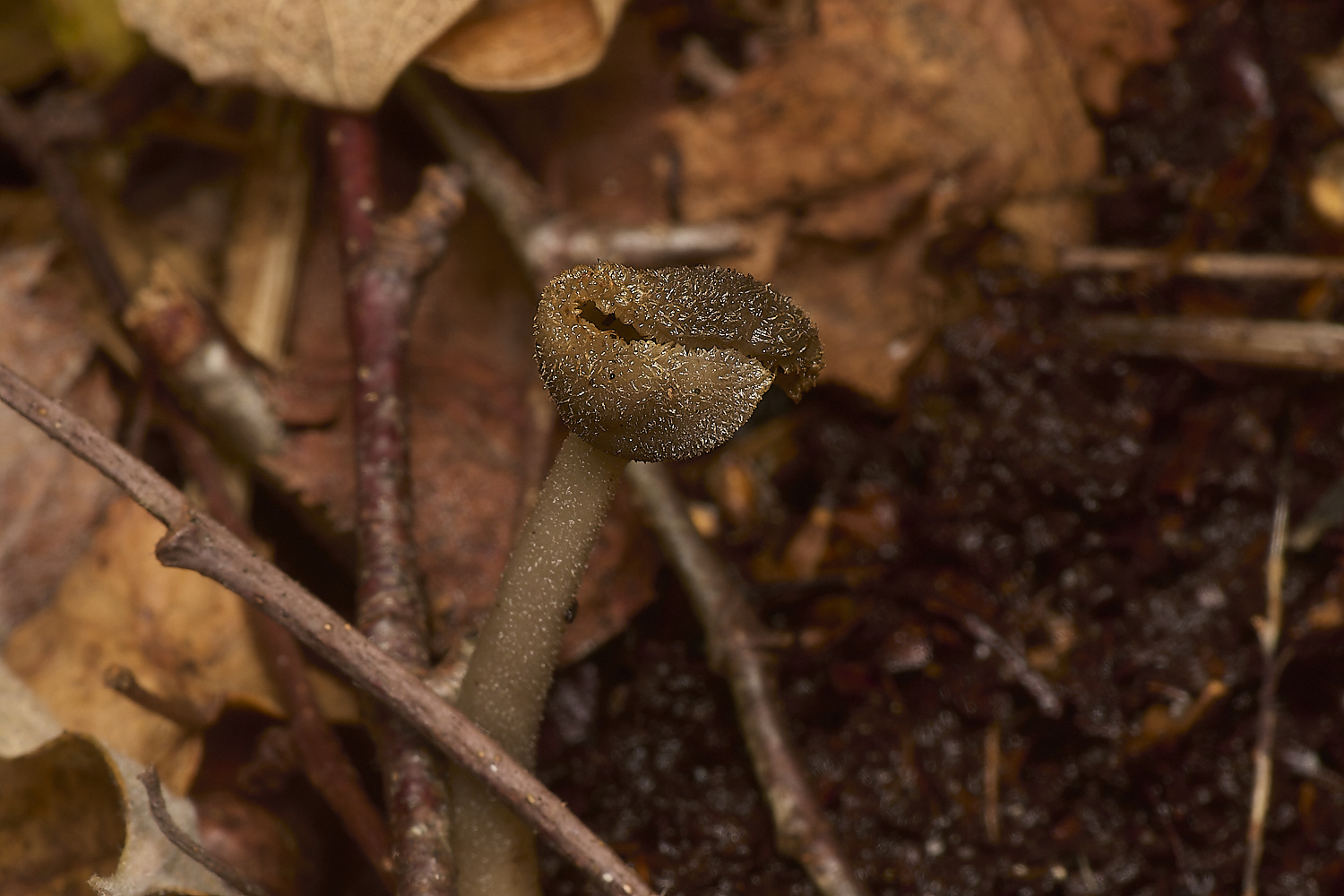
Helvella Sp
From Steve J
Starting with the Helvella, my initial thoughts when I got it home based on shape and colour was H. fibrosa AKA H. dissingii, working through Paul Cannons adaptation of the Spooner
Helvella key very quickly put it as Helvella macropus, just to be on the safe side I double checked everything using Peter Thompson, Fungi of Switzerland and Fungi of
Temperate Europe all agreed with the results of the key on every aspect so happy to go with that.
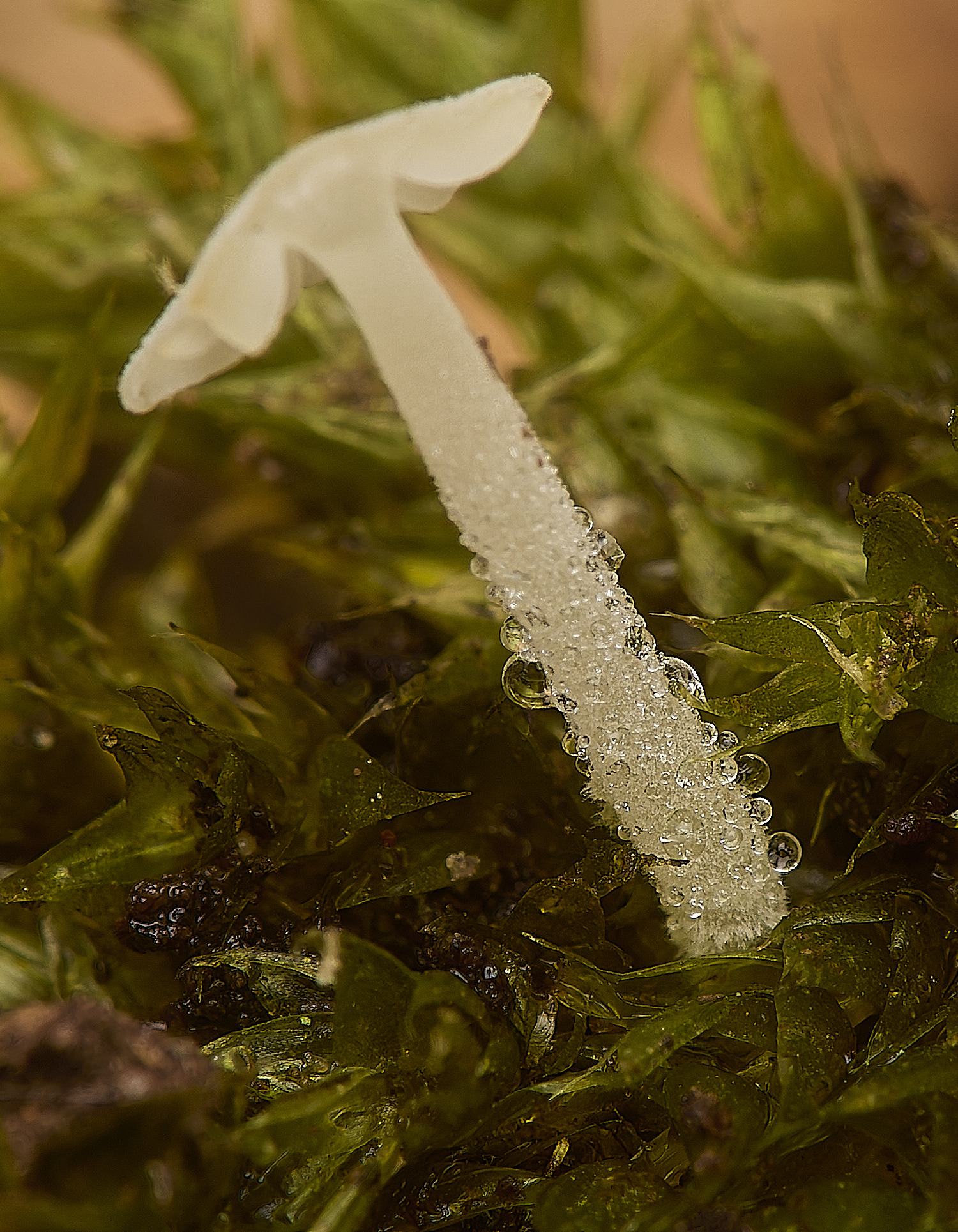
Dewdrop Bonnet (Hemimycena tortuosa)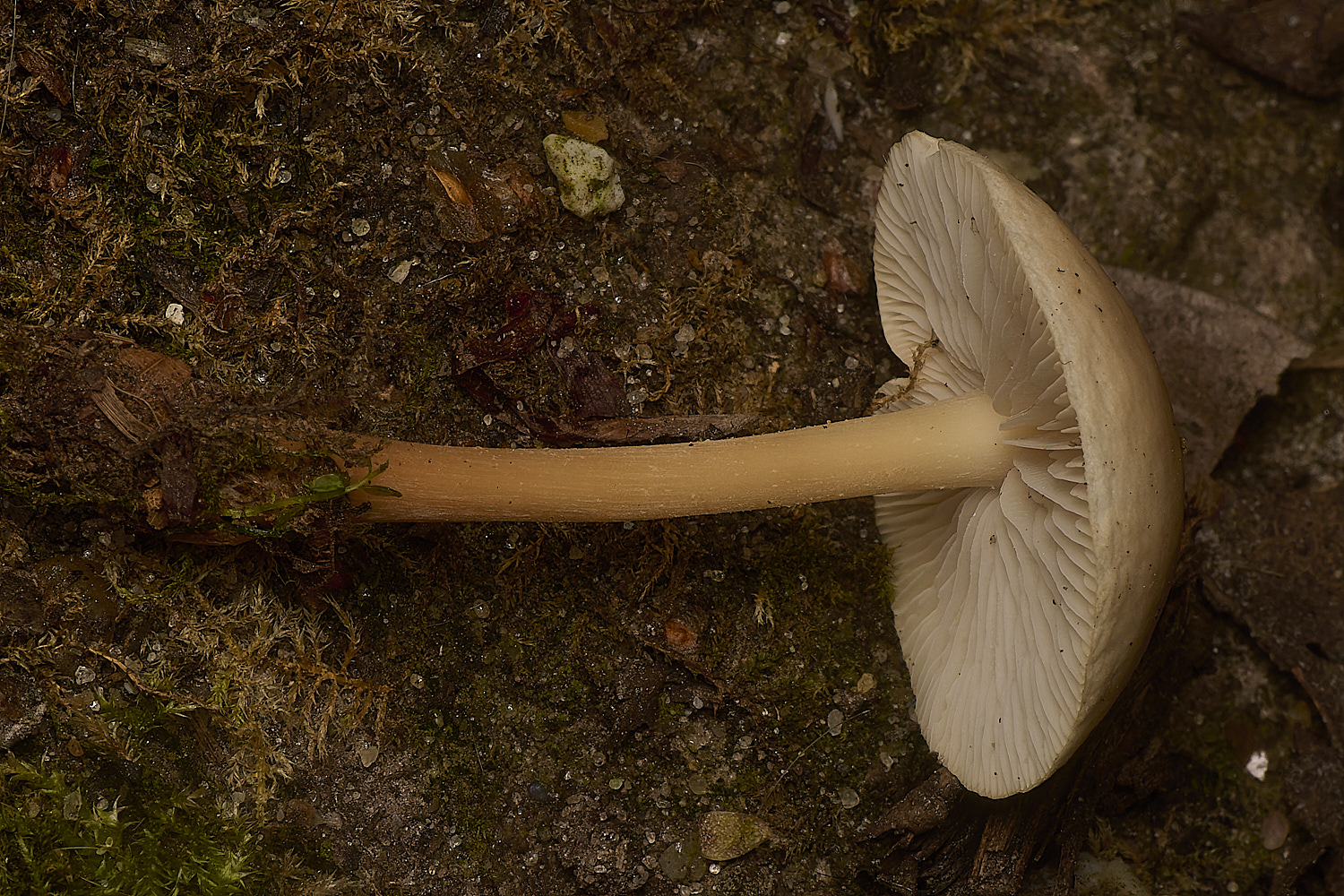
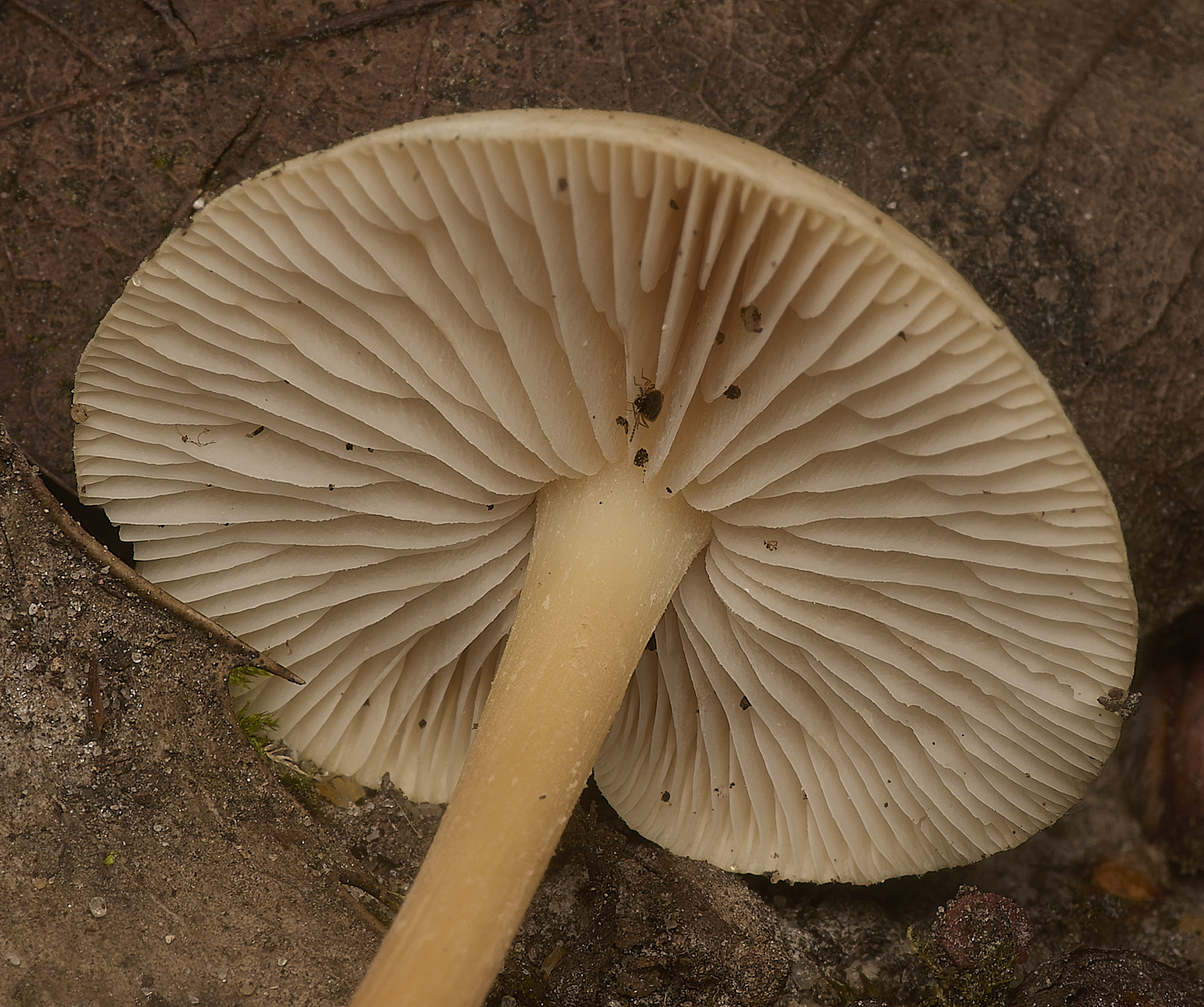
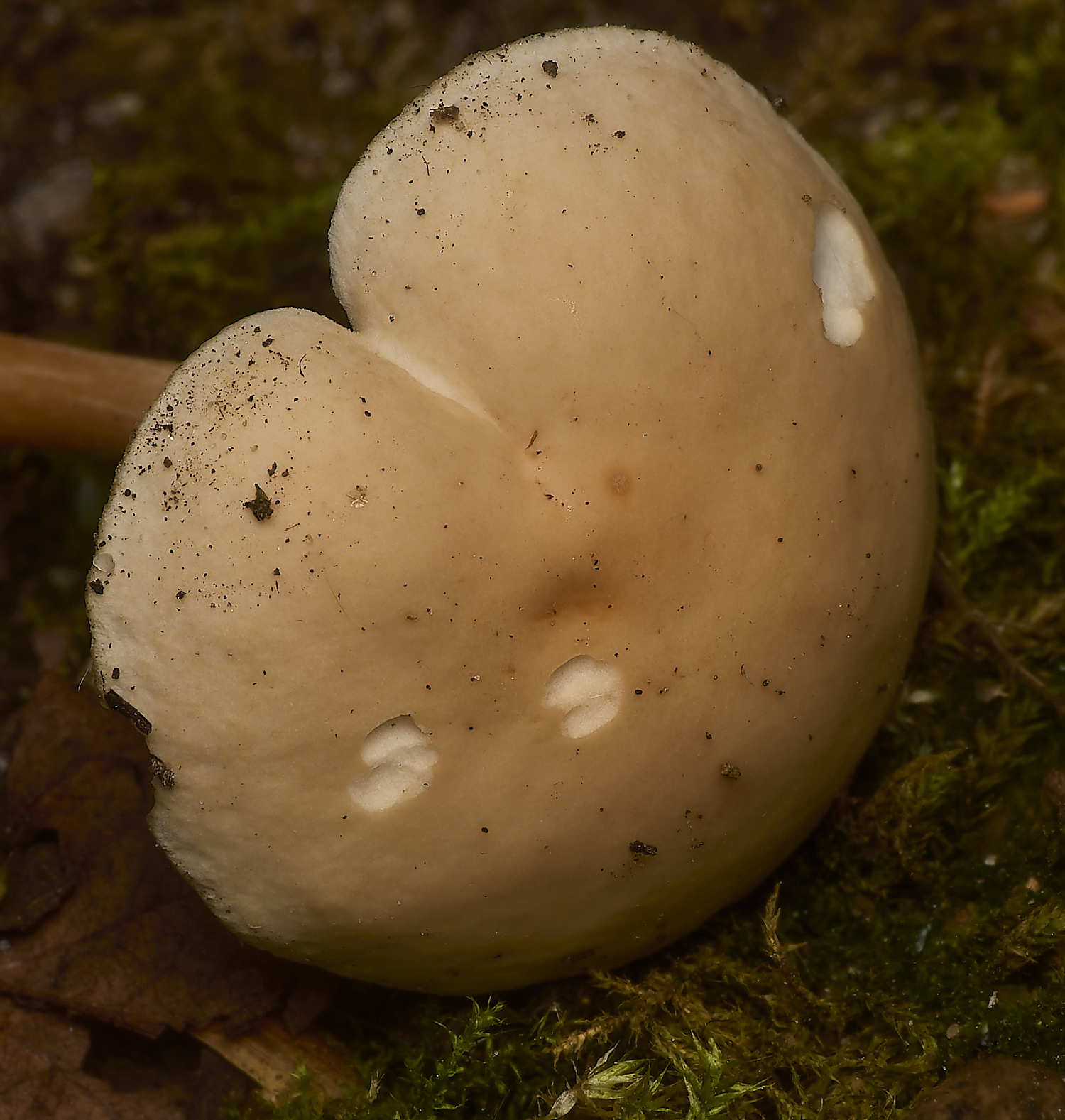
Russet Toughshank (Gymnopus dryophilus)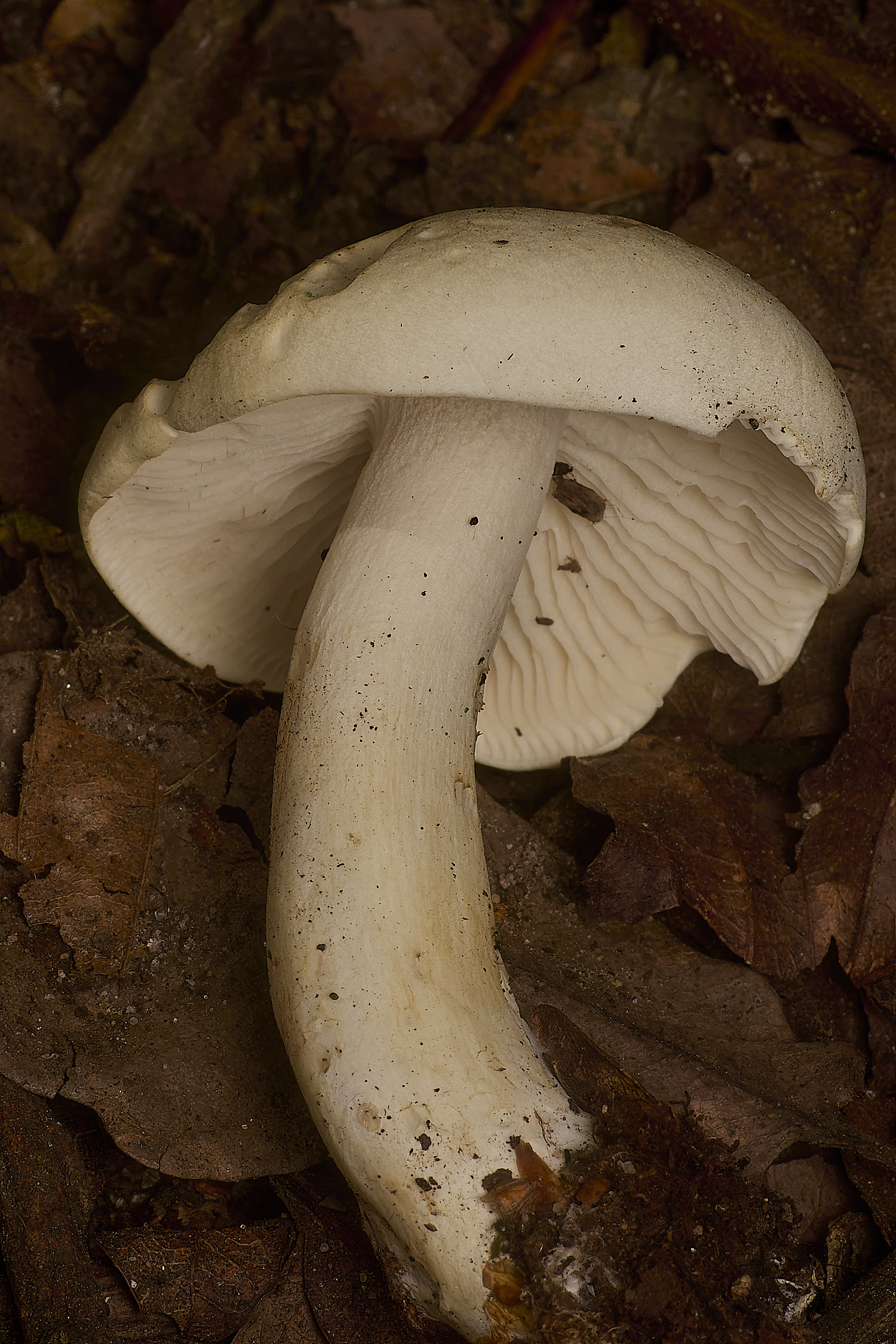
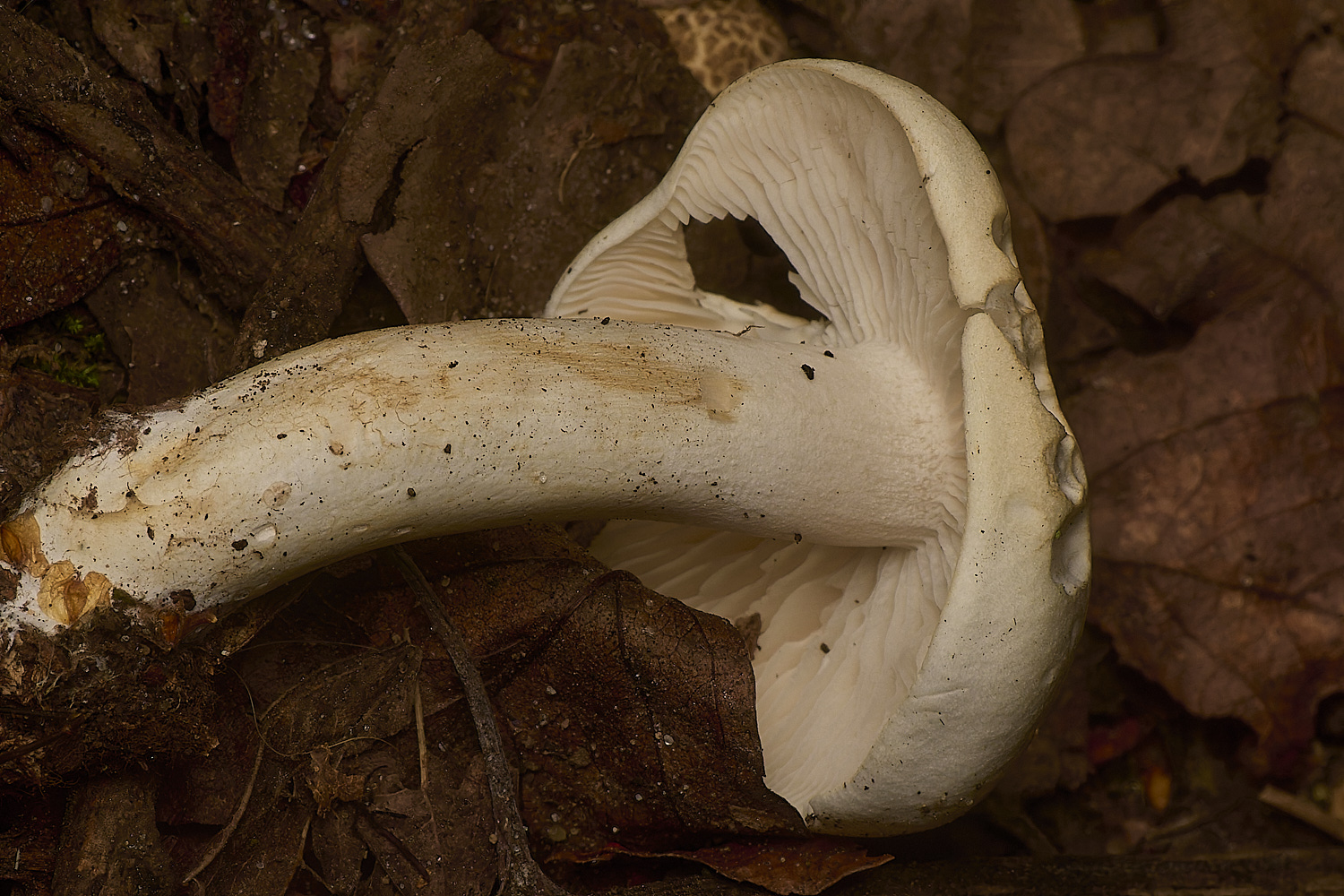
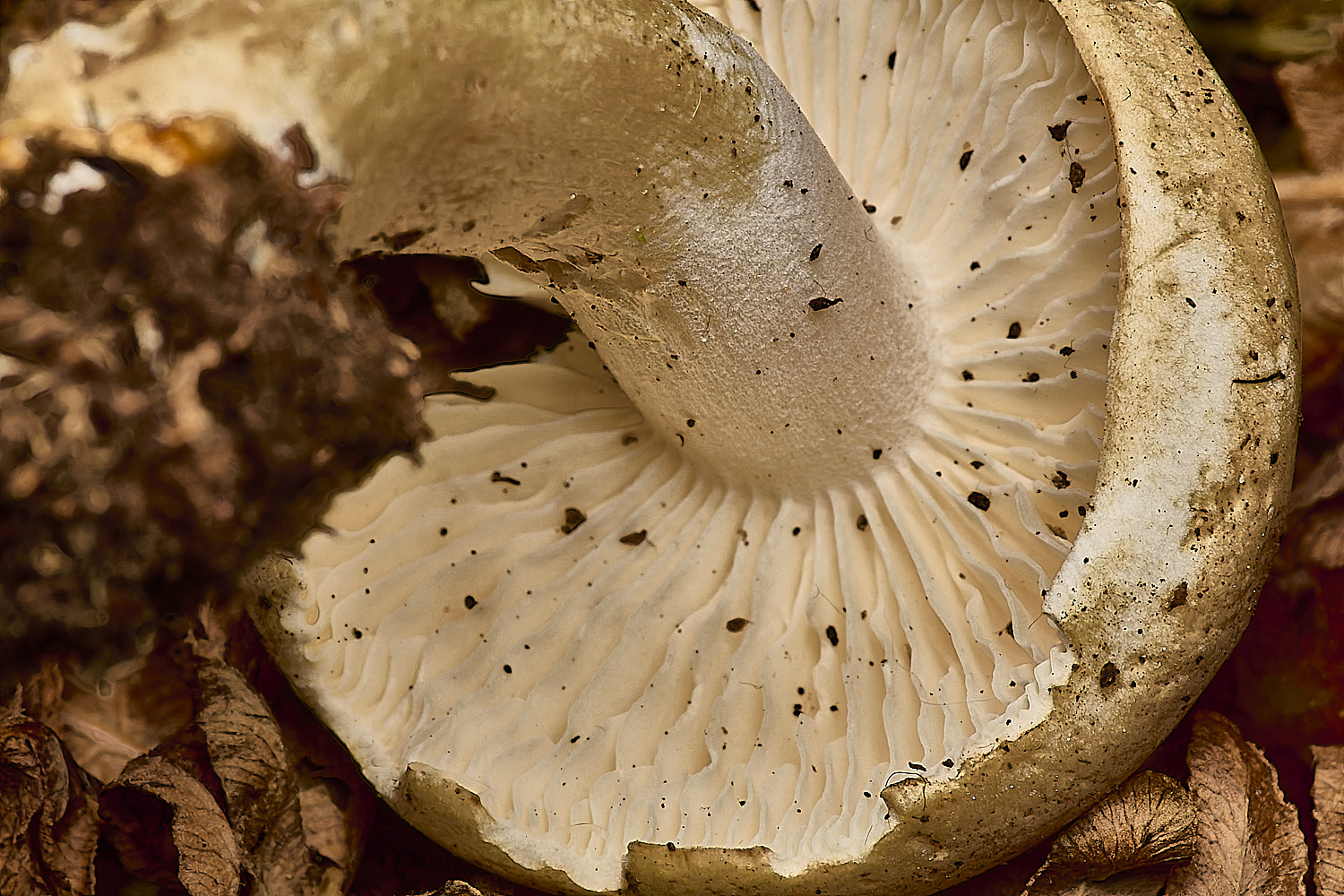
Chemical Knight (Tricholoma stiparophyllum)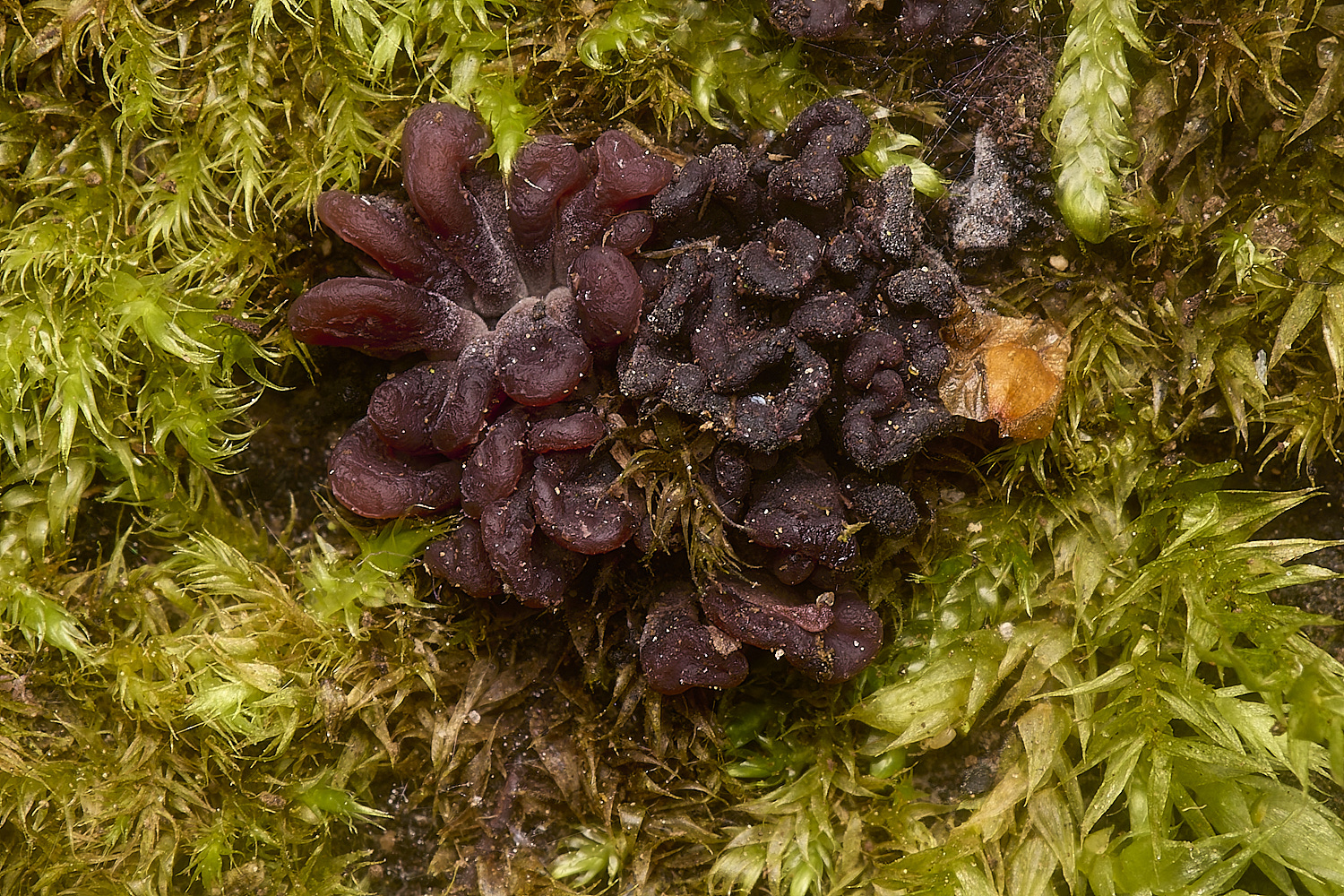

Purple Jelly Disc (Ascocroyne sarcoides)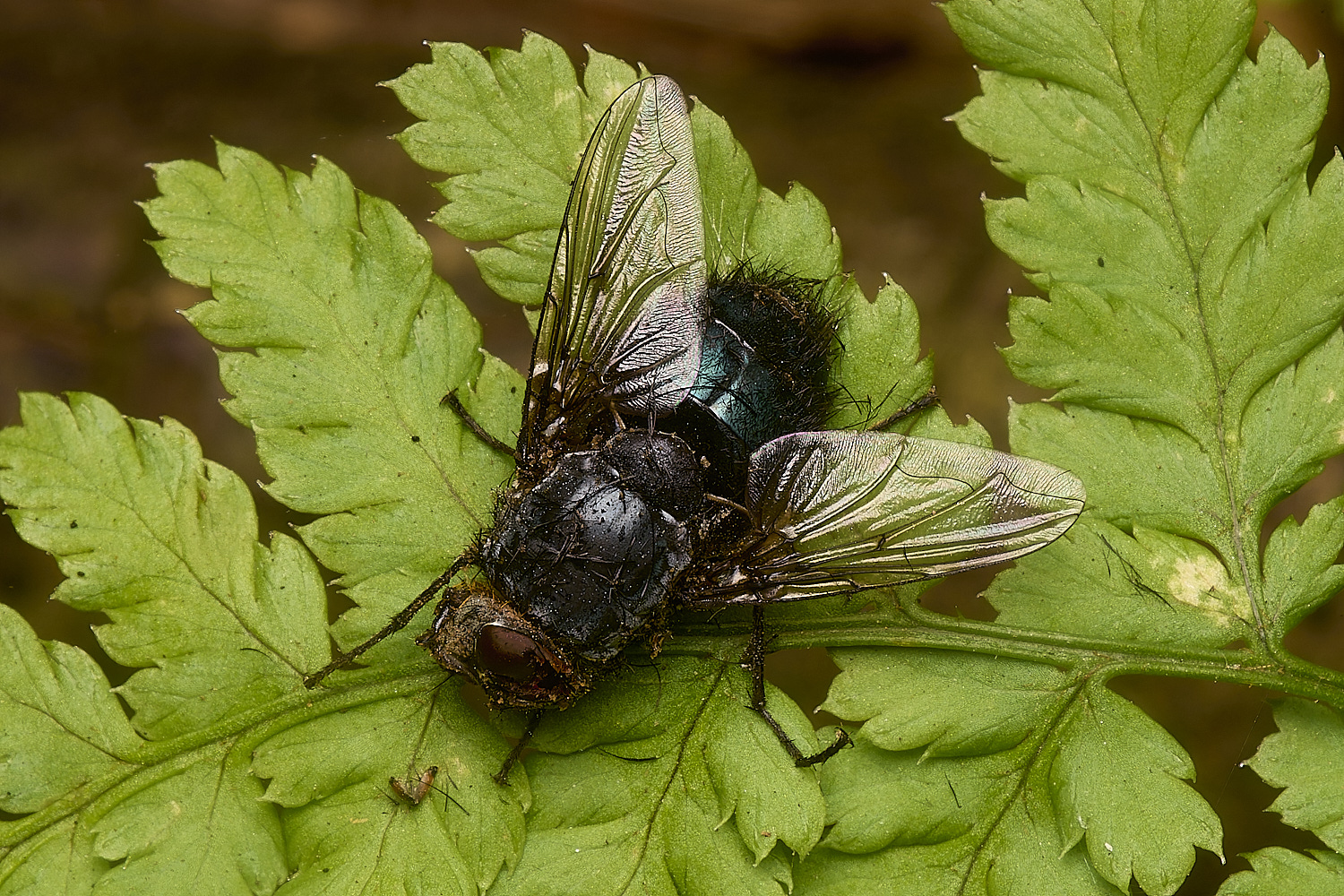
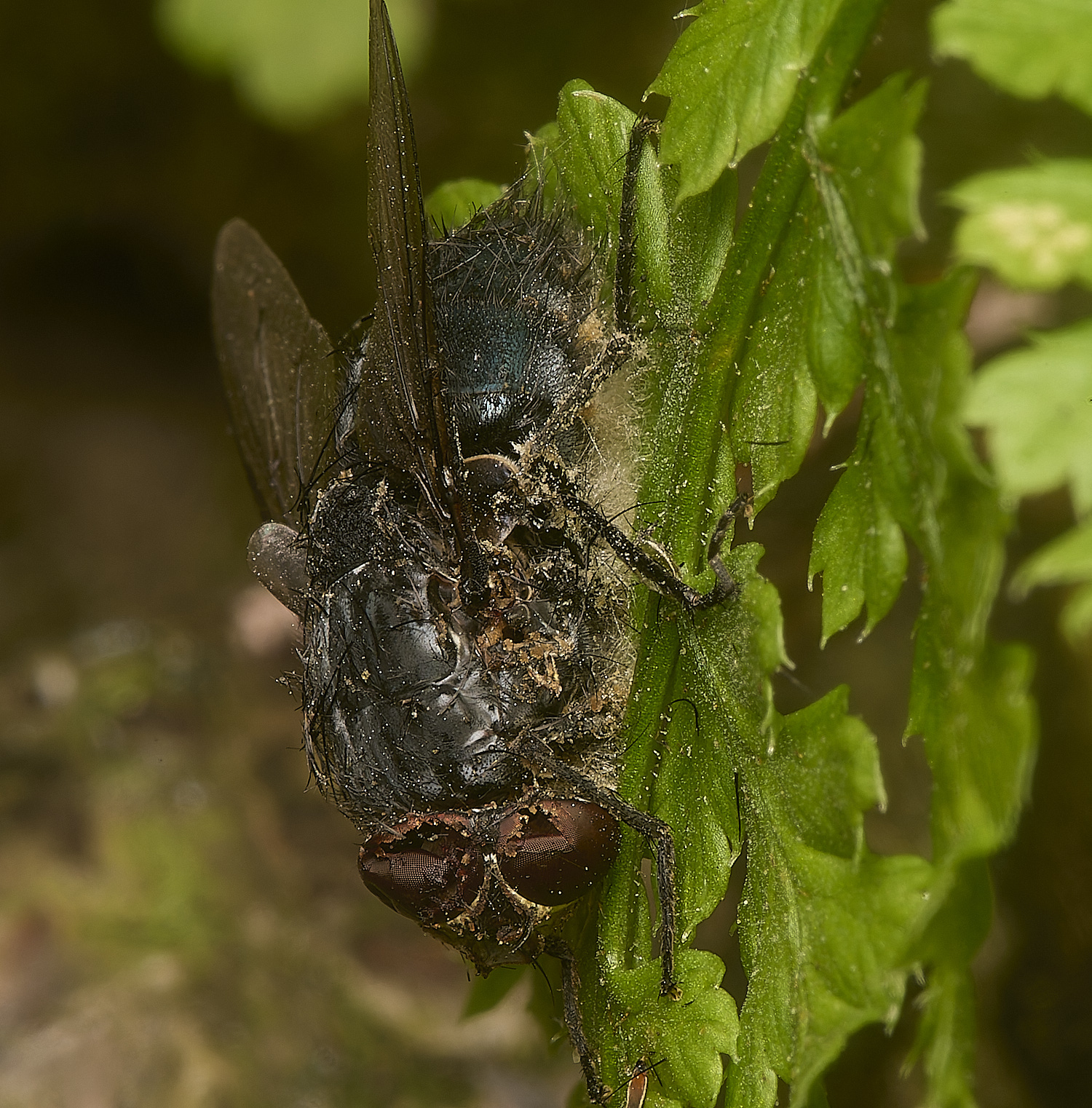
Once placed in a damp environment, the dead fly infected by an entomogenous fungi soon shed numerous conidia around the body, forming a
white mass on the slide. Using Entomopathogenic Fungal Identification, Humber. R. Nov 2005, I got to the genus Entomophthora, based on the
characteristic lemon-shaped conidia 26x17 with several (<8) small nuclei with mean diameter of c.6um contained within. Many of these primary
conidia appeared to be germinating secondary conidia. And then using Entomophthorales of Switzerland Part I, Keller. S, it keys out to
Entomophthora schizophorae. However, I note several references to the 'E. muscae species complex' which contains E. schizophorae
so any thoughts on whether we should record it as Entomophthora muscae s.l.
From Tony M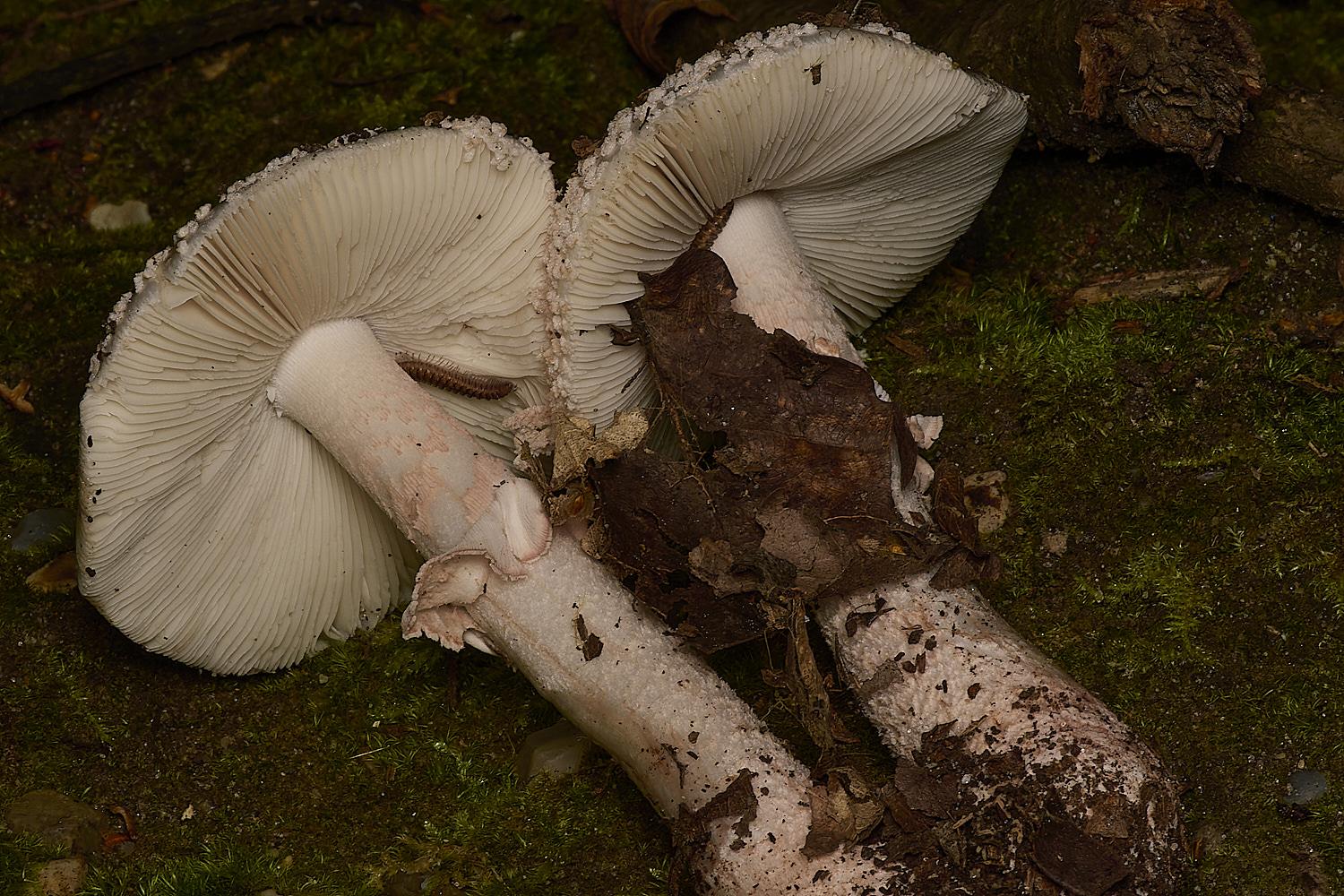
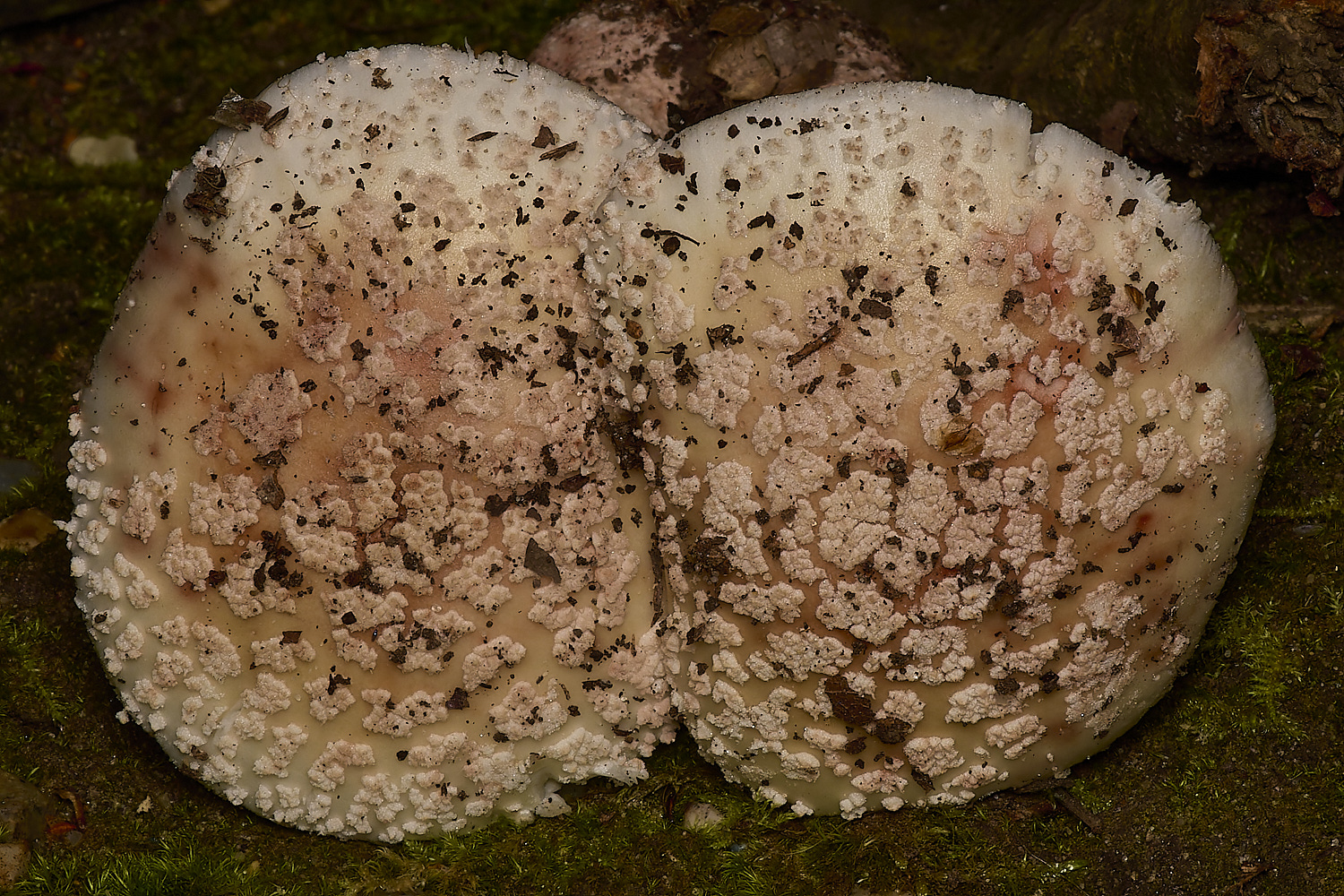
The Blusher (Amanita rubescens)
Amethyst Deceiver( Laccaria amethystina)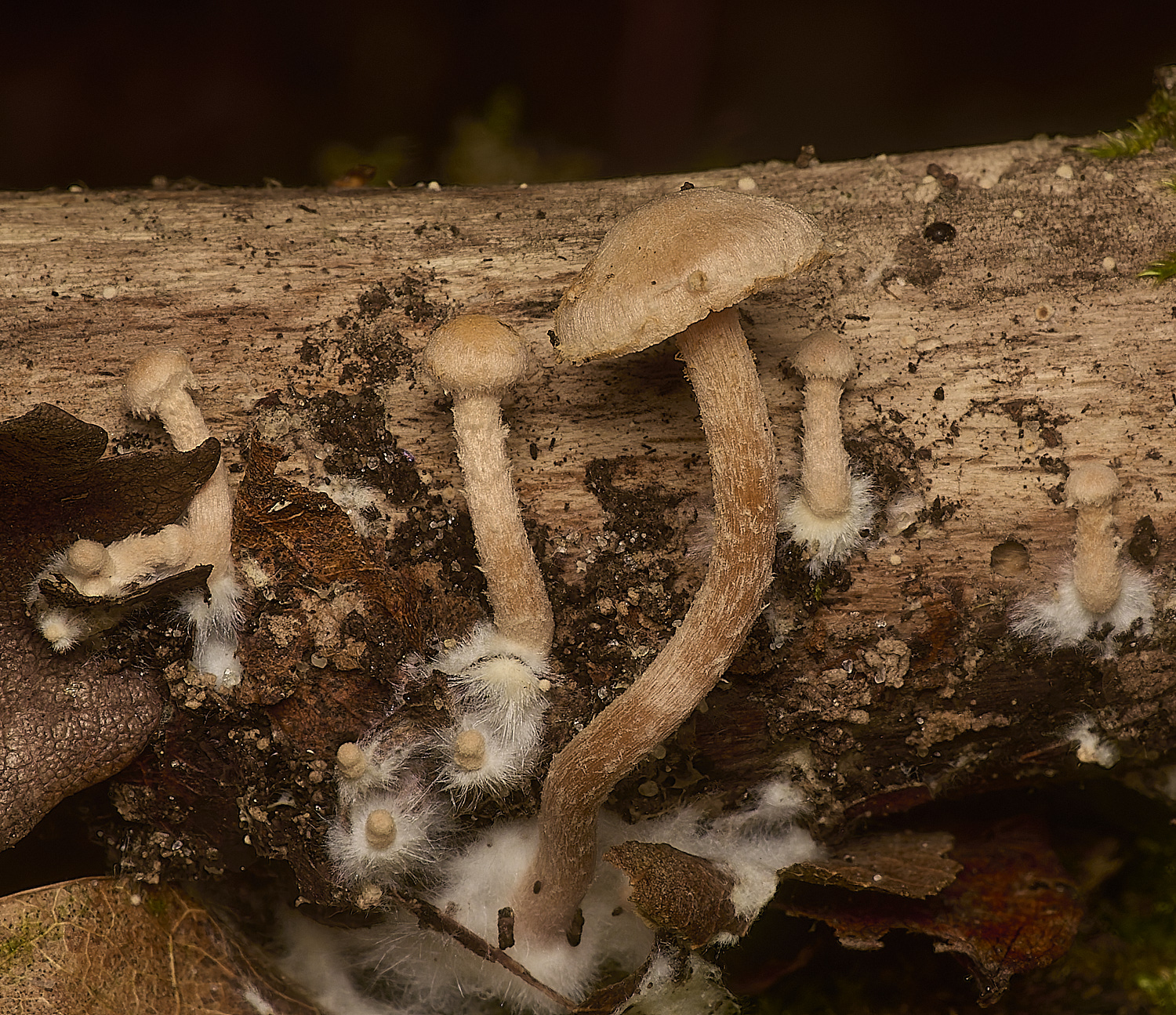
Clustered Toughshank (Gymnopus confluens)
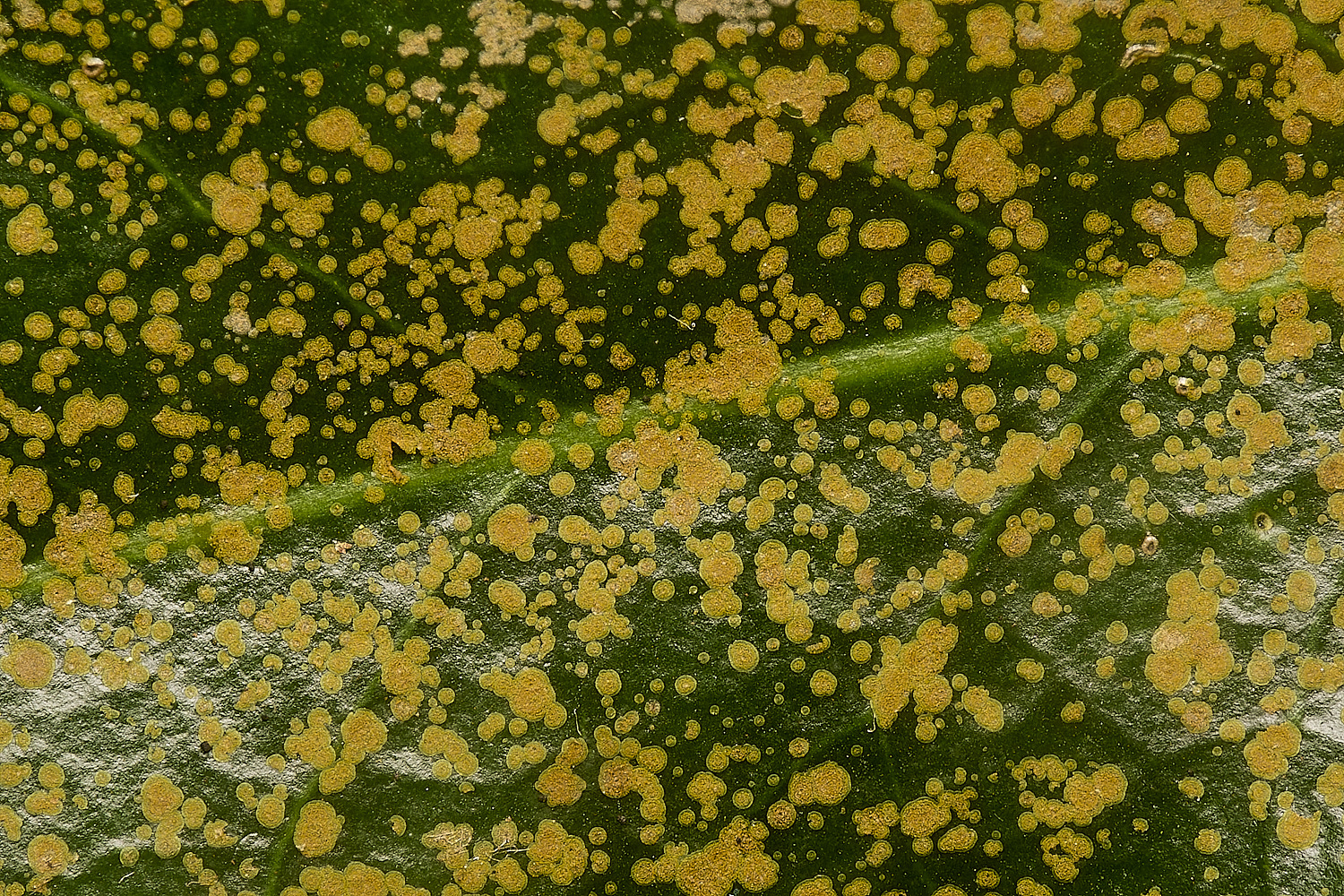

x200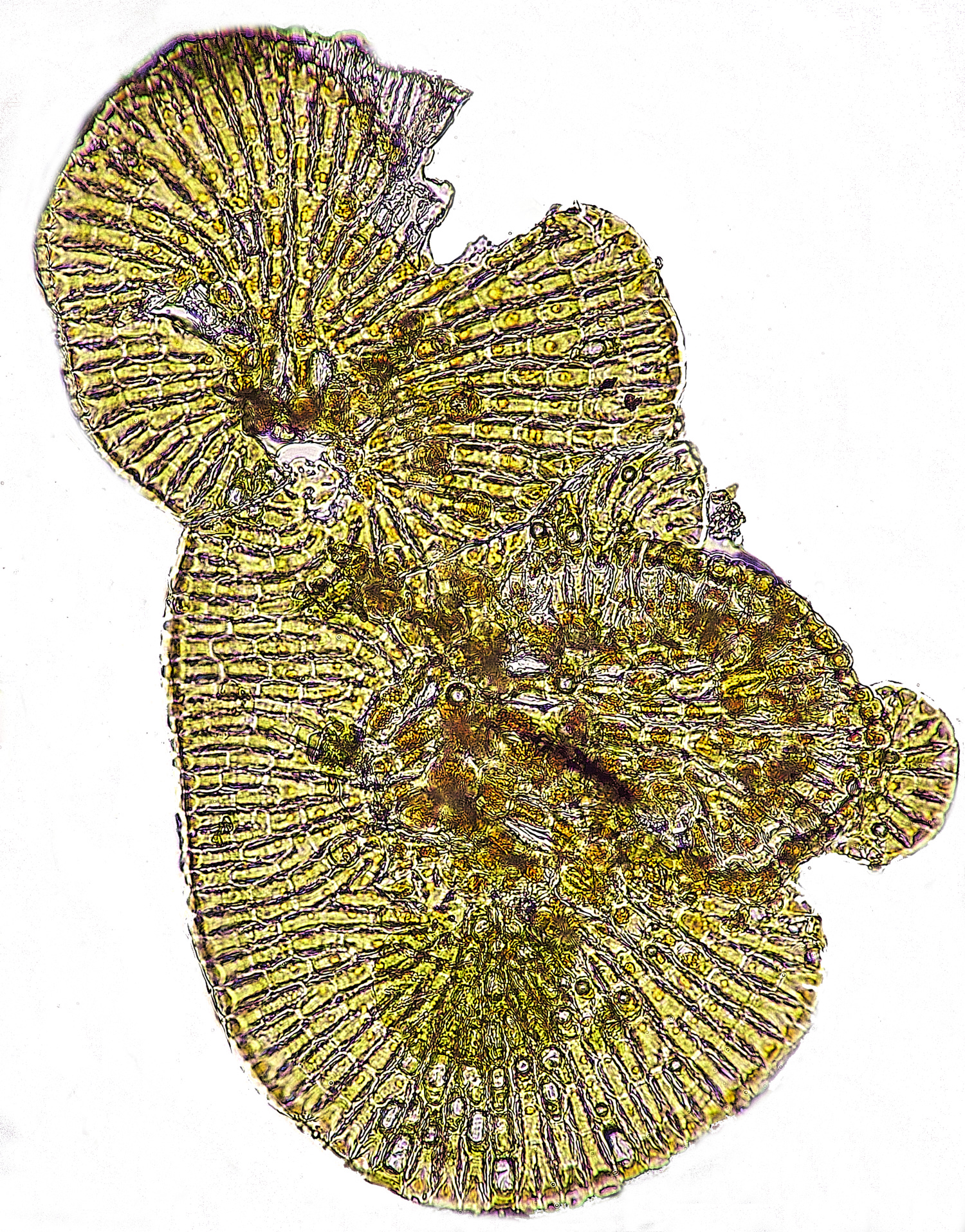
X 400
Algae Sp on Holly (Ilex aquifolium)
Phycopeltis arundinacea
Tony L sent one of the Holly leaves with the above alga on it to Faye Newberry, a plant pathologist at the RHS and received an intriguing reply
Hi Tony.
Thanks for a really exciting holly leaf. The main feature was the alga Phycopeltis arundacea.
This is common on long-lived, waxy, evergreen leaves in humid locations. It does require sunlight, so is not often found deep inside the canopy.
But did you notice the tiny white apothecia on the leaf? They were clustered around an old wound – probably a scar from a spine on a neighbouring leaf.
There was a small amount of green-grey, granular crust. This was composed of single-celled green algae with lots of fungal hyphae.
The apothecia were flat, white, 0.2mm or less in diameter, with a white margin that was difficult to see as the disc was also white.
(You’d need to make a cross-section rather than a squash.) There was no pigmentation in any of the tissues.
Asci were narrowly cylindrical, 8-spored, with walls staining with Lugol’s iodine but no tip architecture picking up the strain.
Paraphyses were hard to find and I’m not sure that I saw any! Ascospores were long and narrow, approx. 40 um x less than 2 um,
with the top end wider than the bottom half. I didn’t mount in a stain so was unable to tell with such narrow spores, whether there were any septa or not.
I sent photos and a description to Brian Coppins. He’s pretty sure this is Bacidina chloroticula. There are some photos on the FGBI website but no description.
I found a description here: https://britishlichensociety.org.uk/sites/default/files/Ramalinaceae%20rev%201a_0.pdf There are a couple of previous records for this lichen in East Norfolk the BLS database.
See https://britishlichensociety.org.uk/maps#Bacidina_chloroticula It’s a shame it wasn’t in the West as it might have been a new county record – the BLS has no West Norfolk records! With your permission
I’ll include the record in my next submissions to the BLS database.
So… would you like the leaf back? There are three apothecia remaining!
I really enjoyed this verification! Thank you.
All the best, Fay
Lichen Sp
Bacidina chloroticula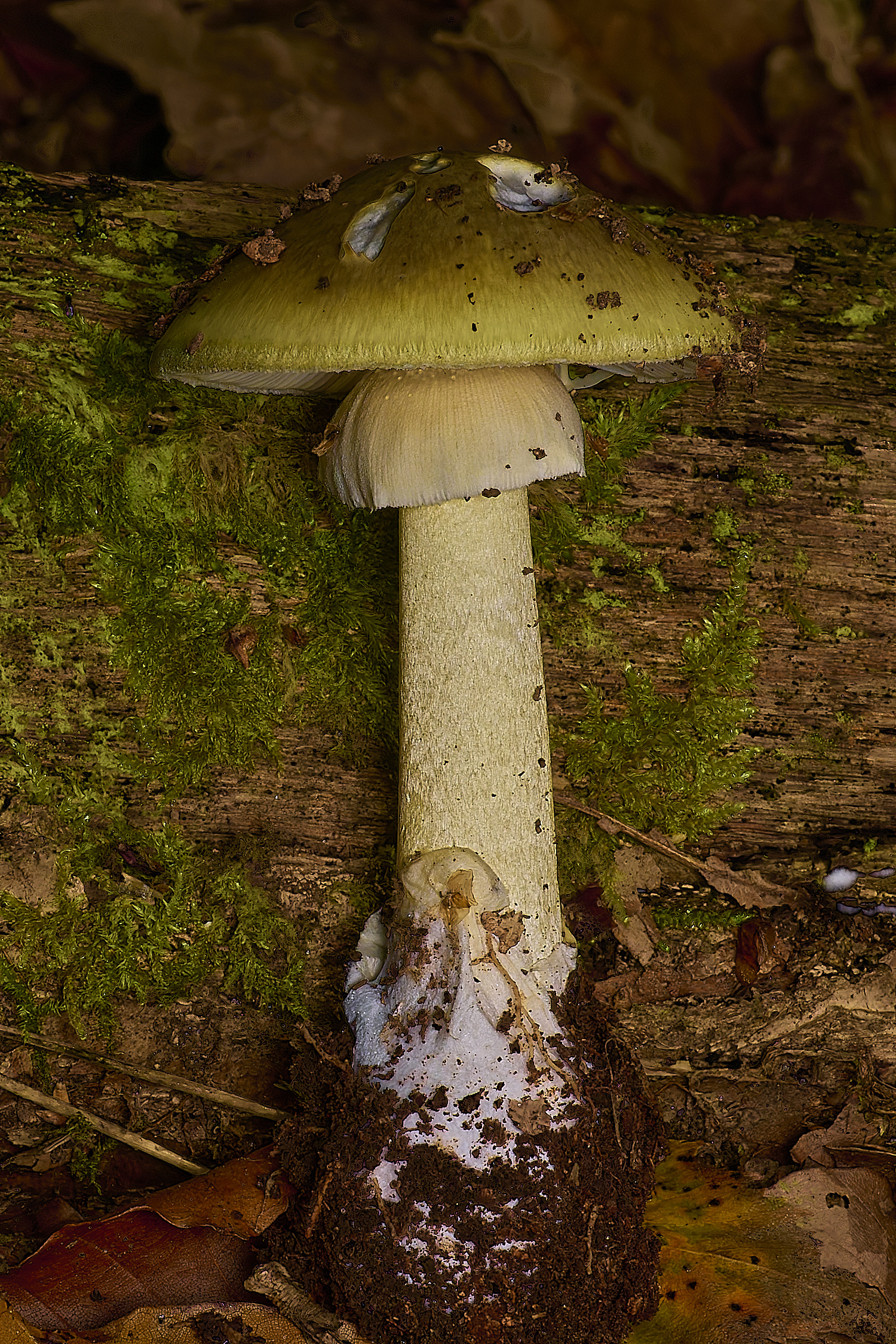
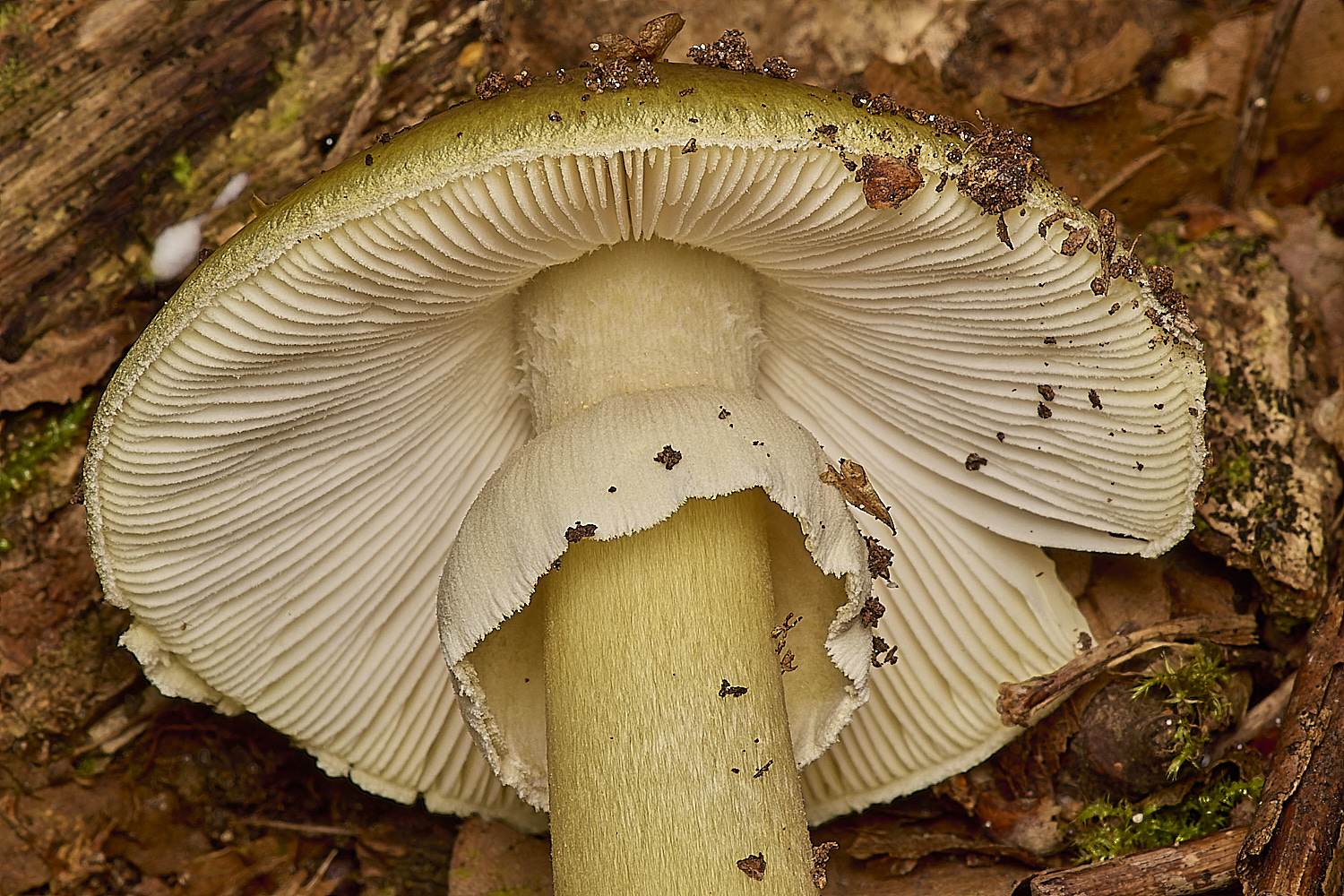
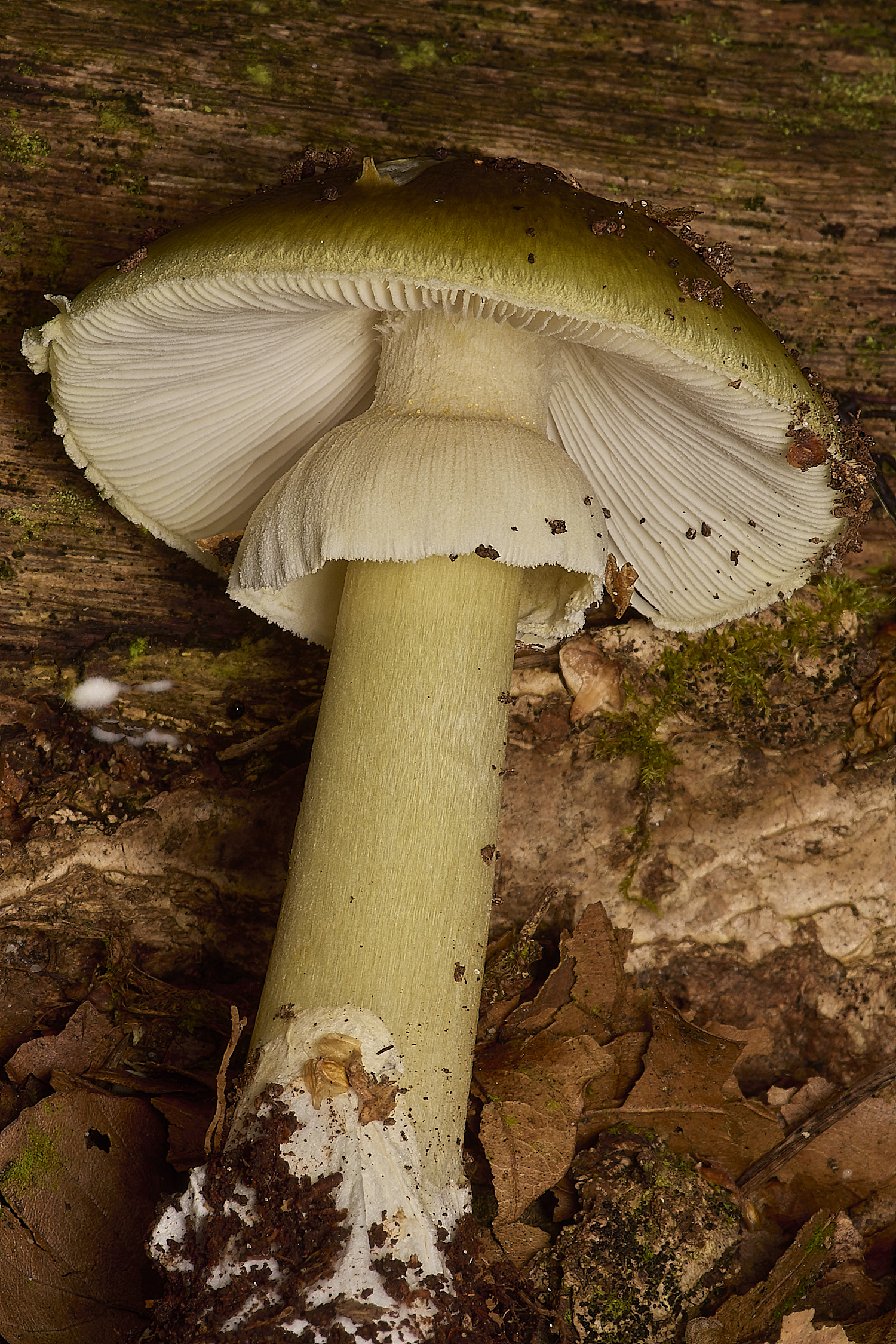
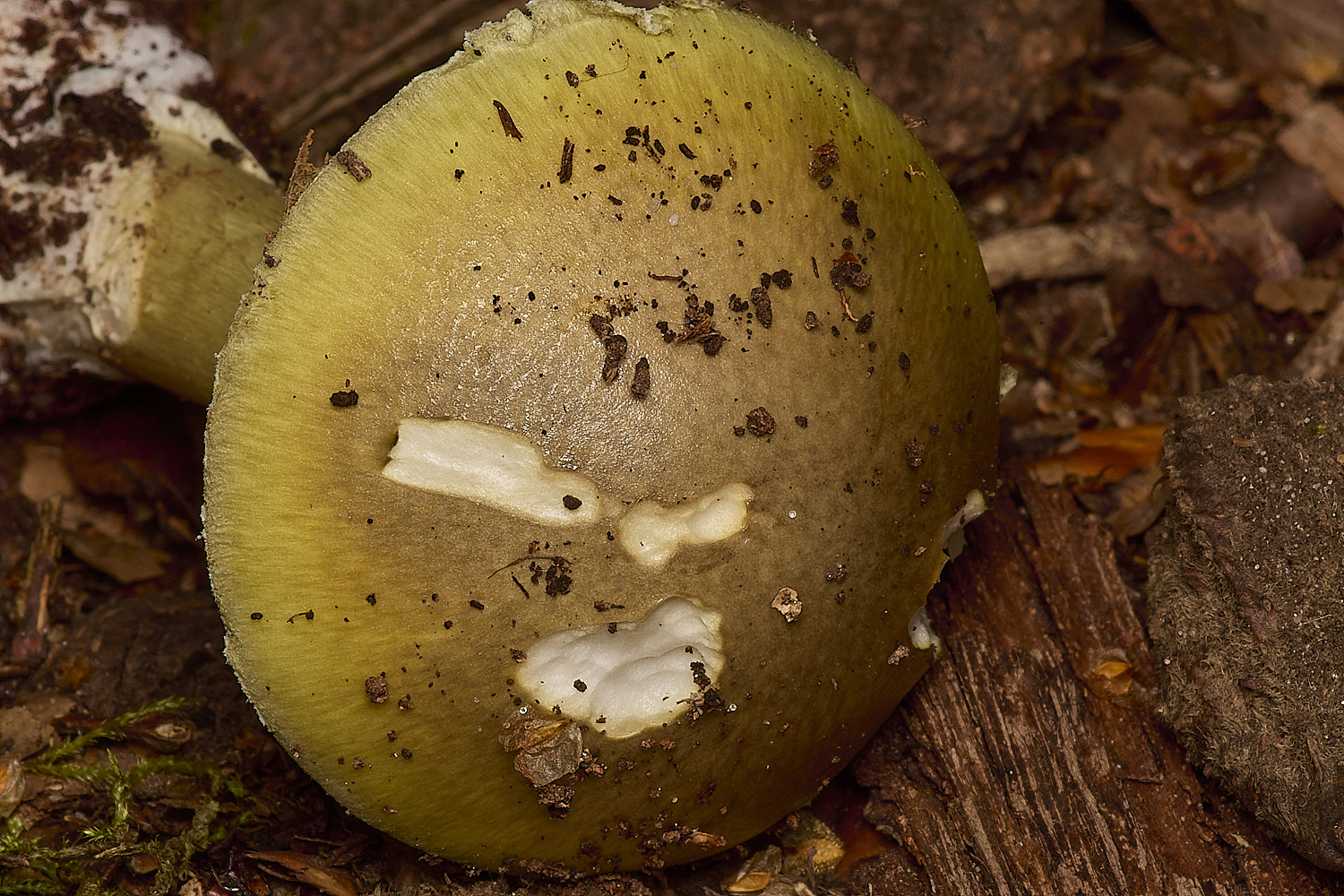
Death Cap (Amanita phalloides)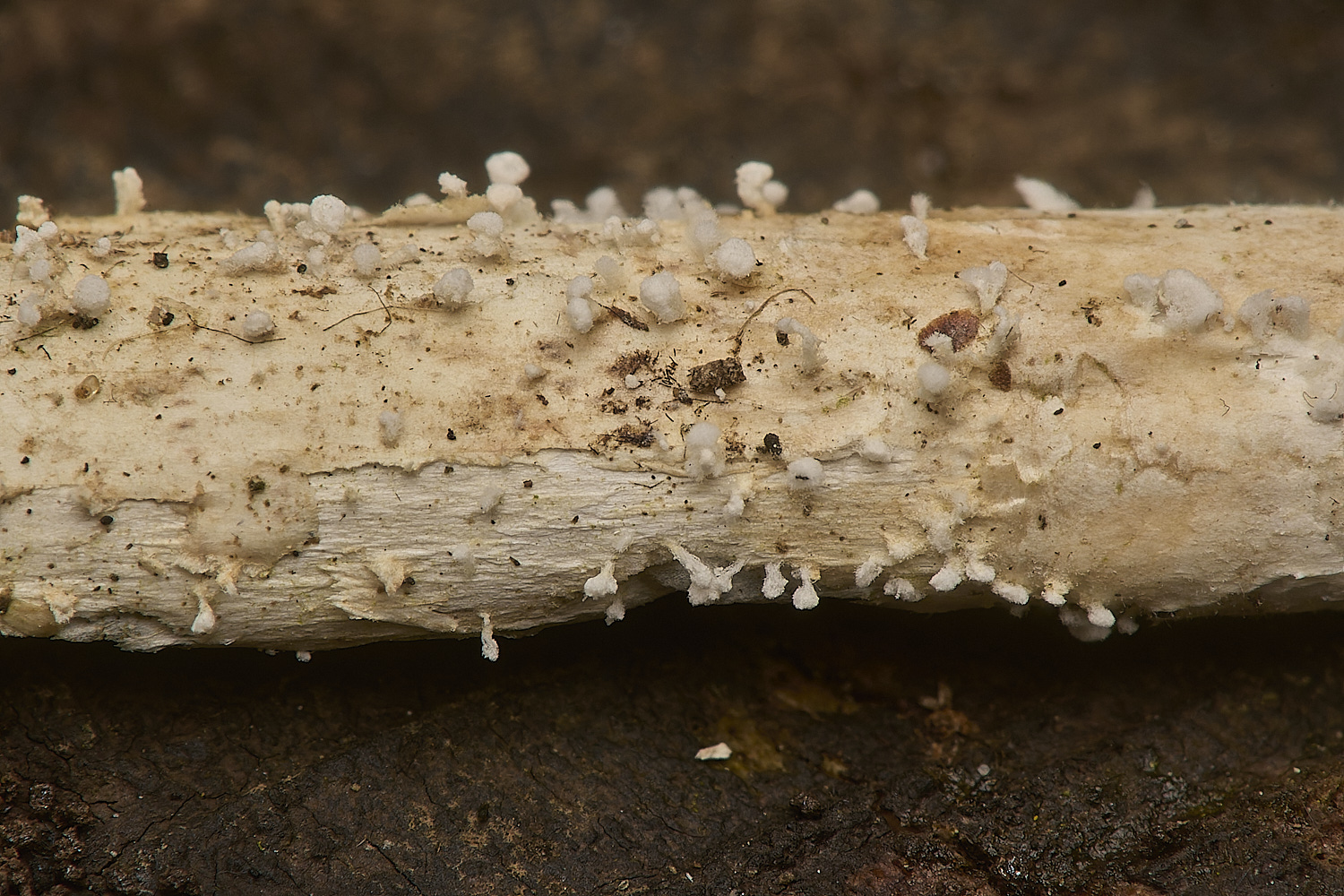
?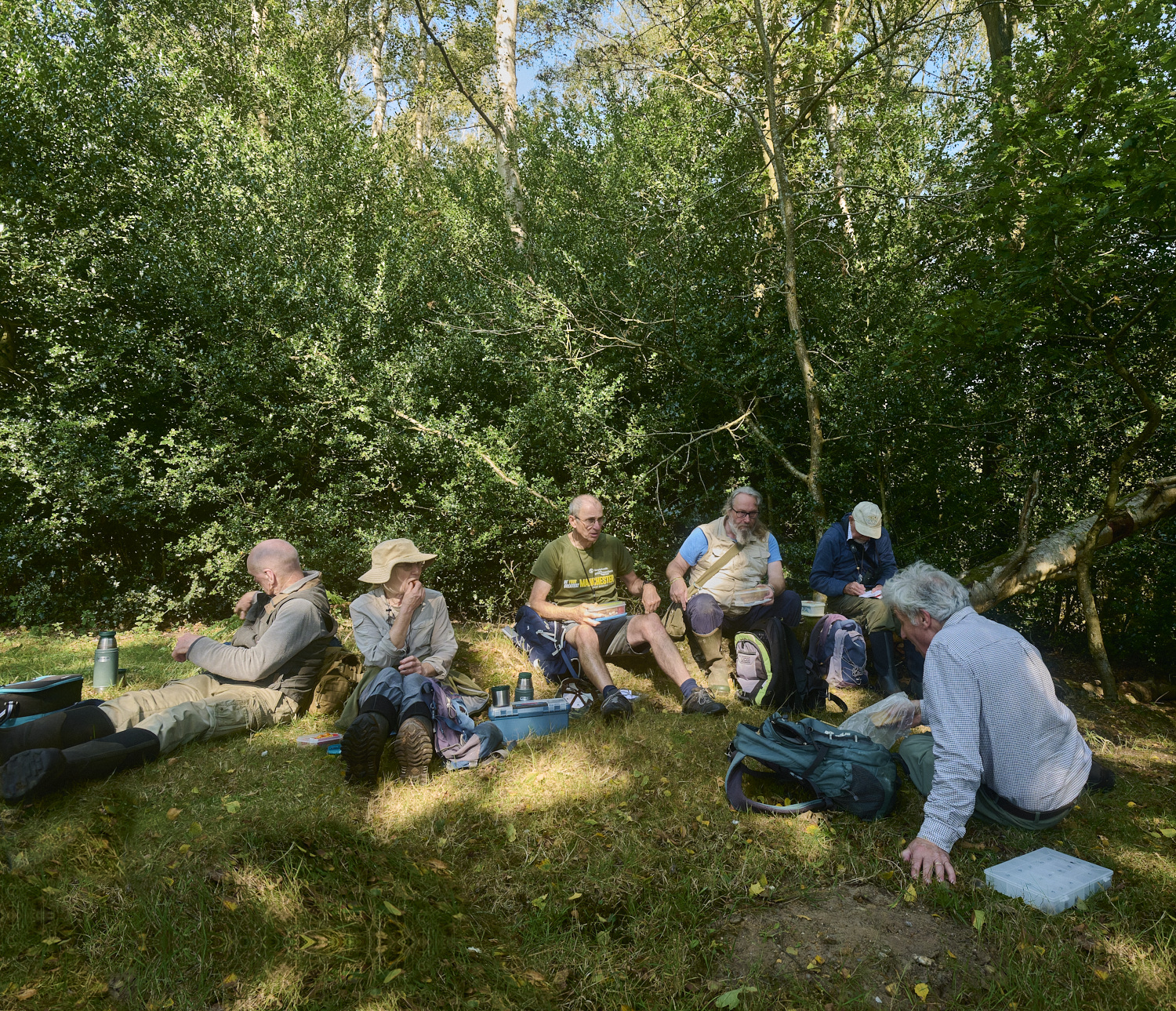

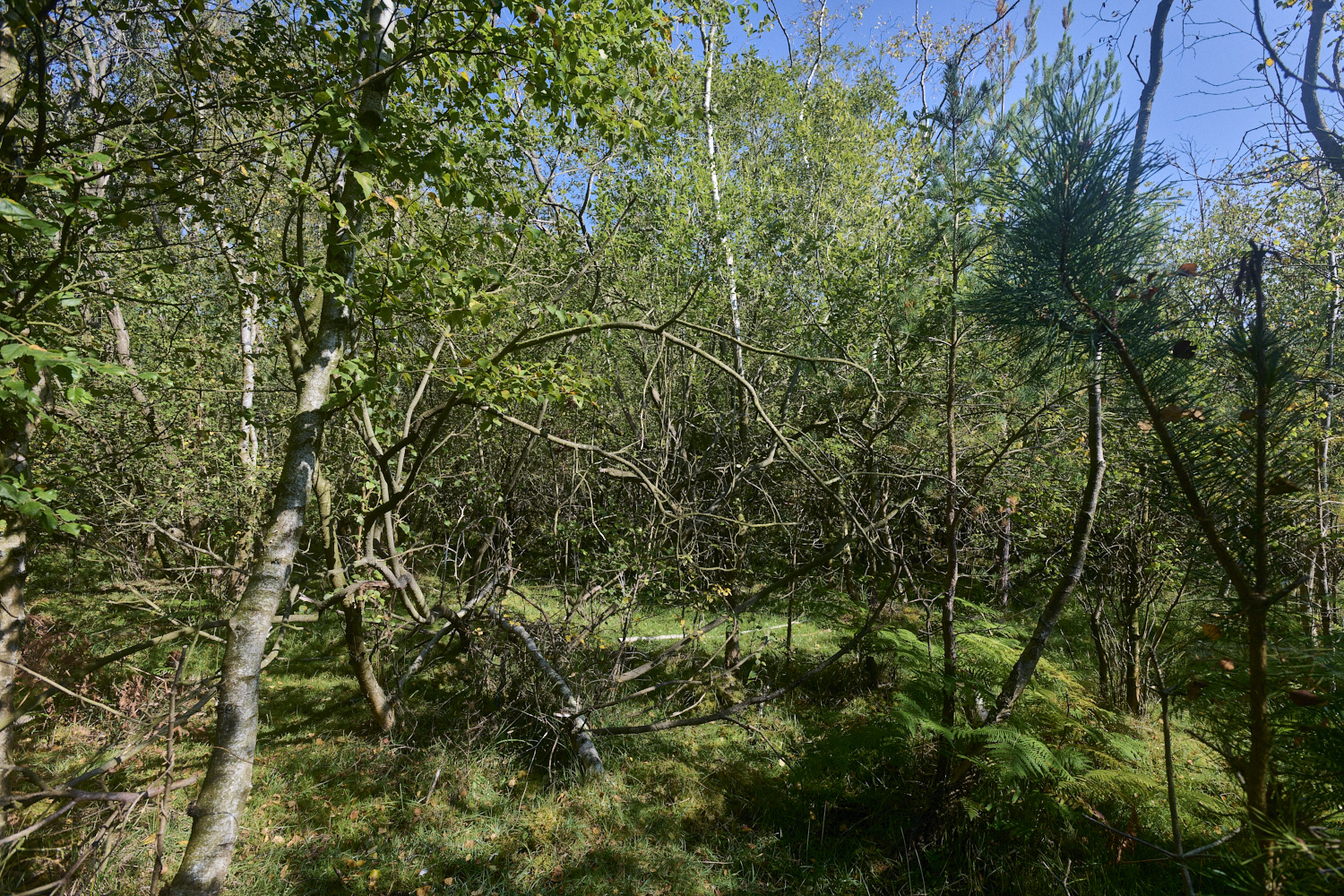
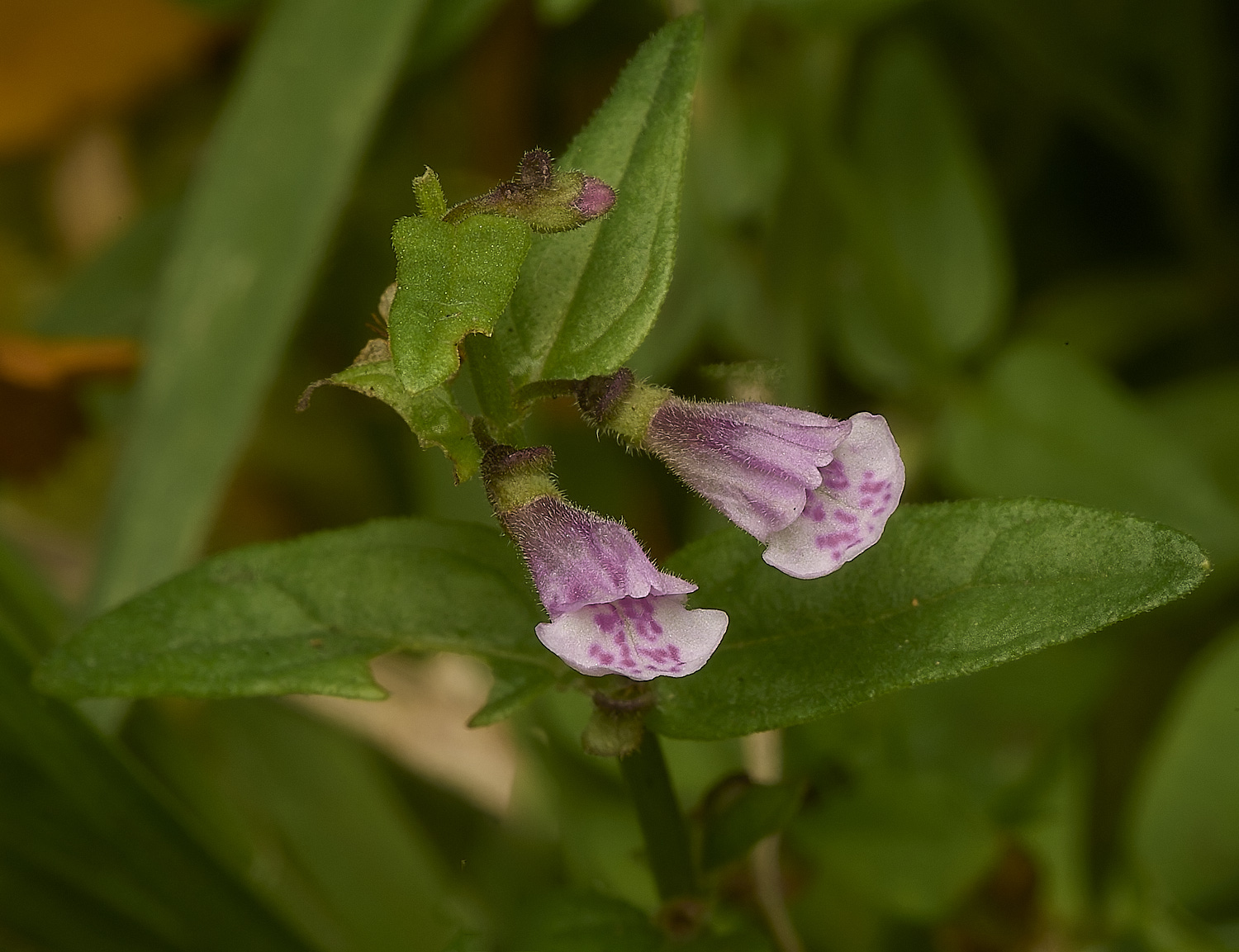
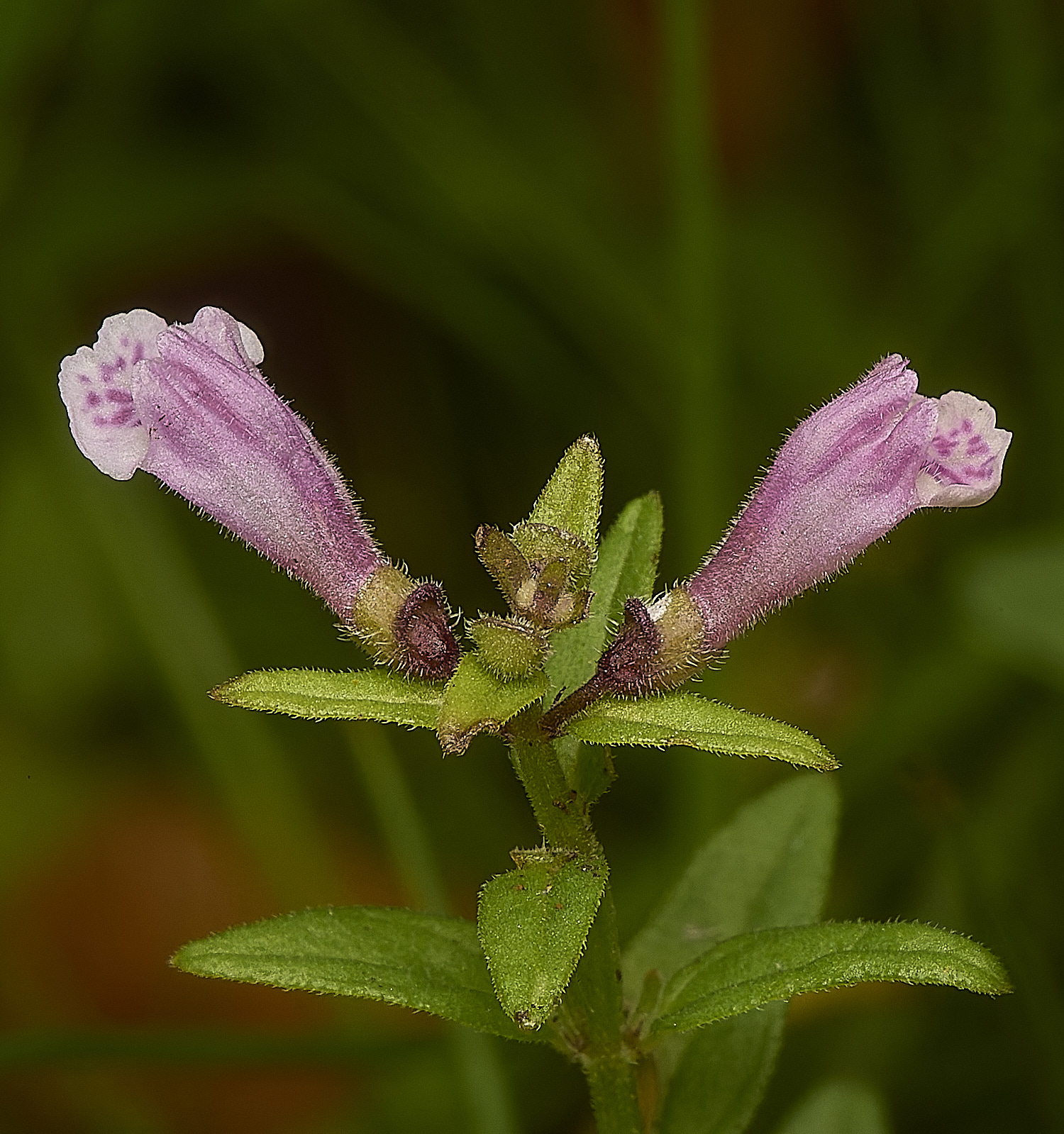
Lesser Skullcap (Scutellaria minor)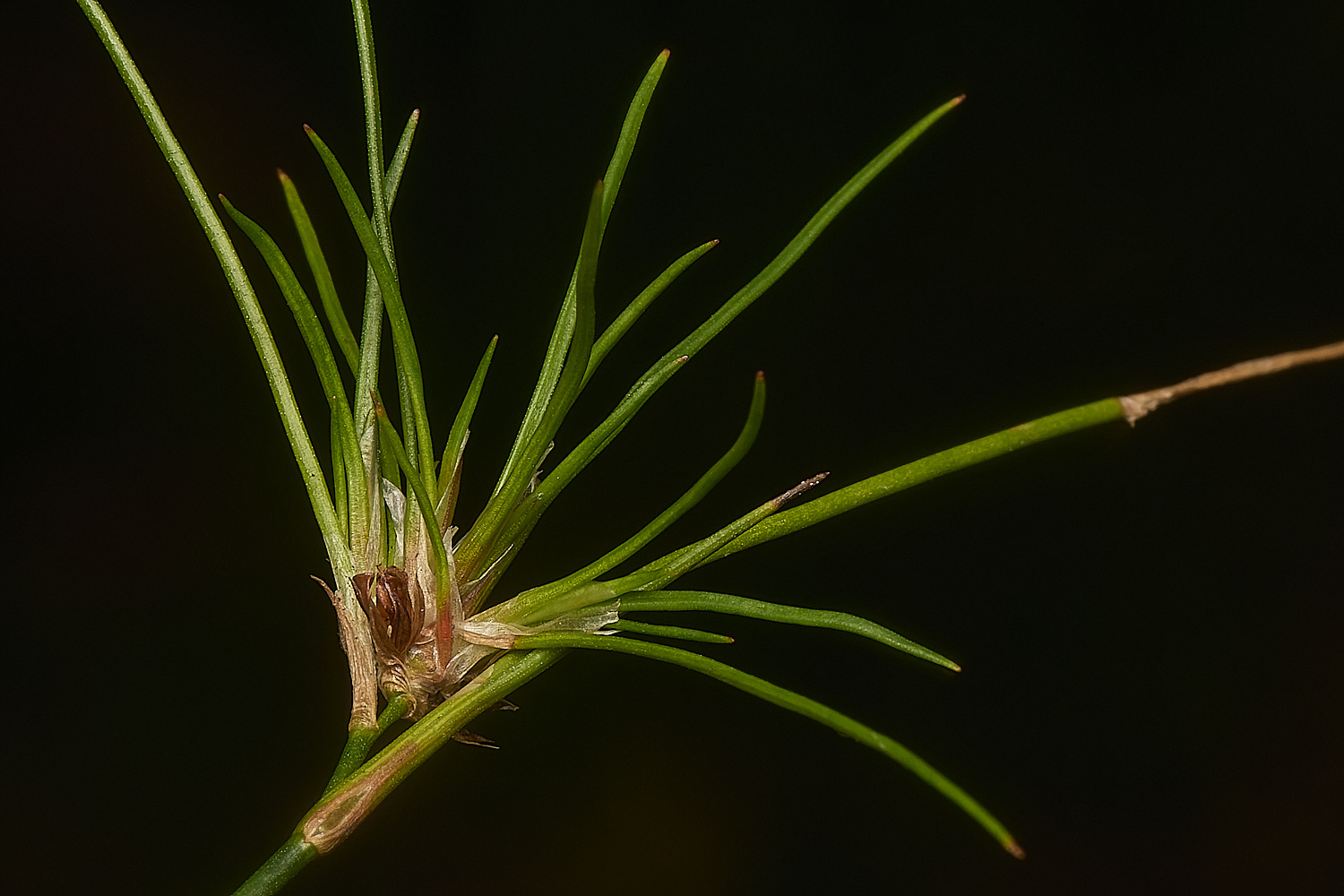
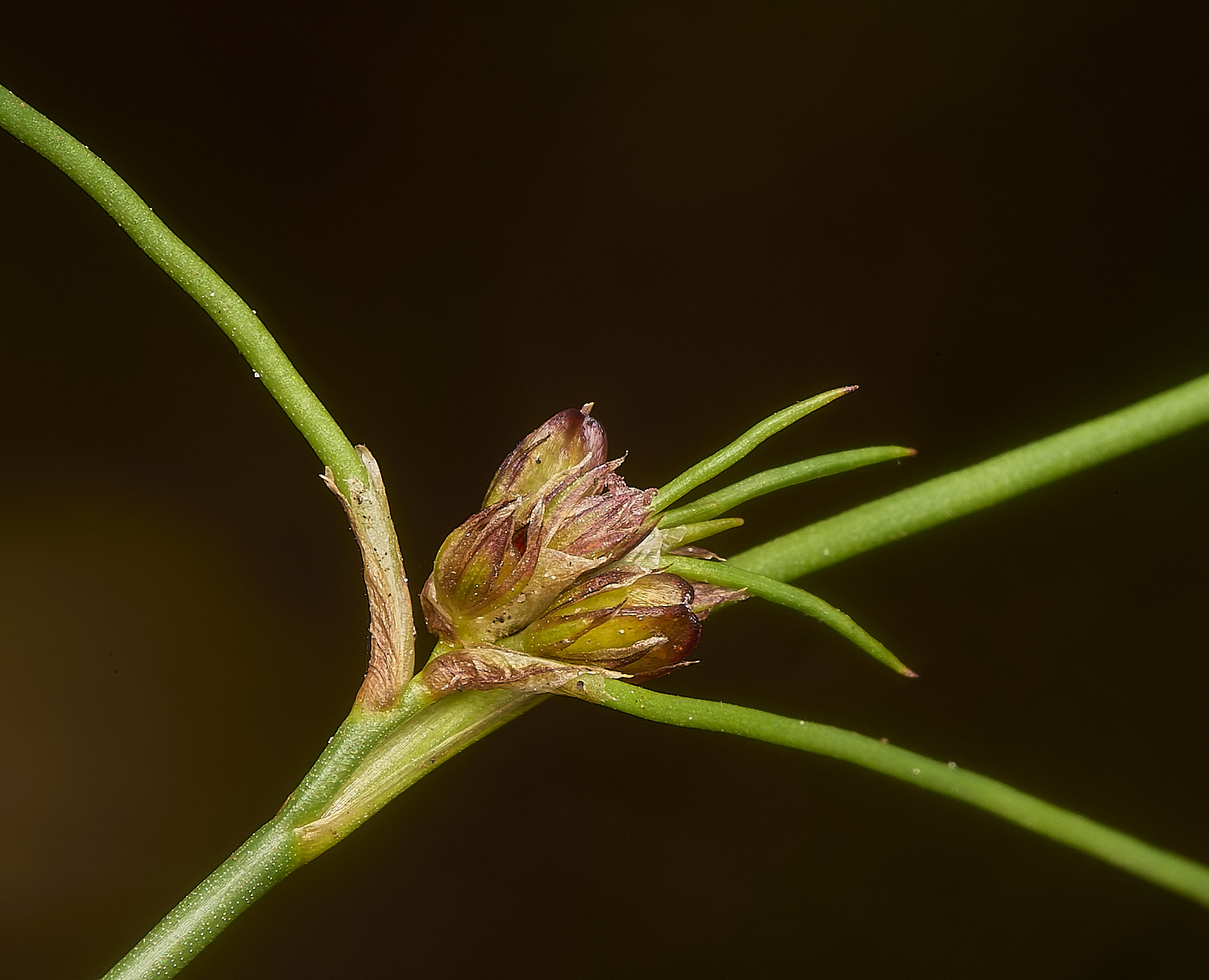
Bulbous Rush (Juncus bulbosus) exhibiting its viviparous tendencies
Trilobed fruits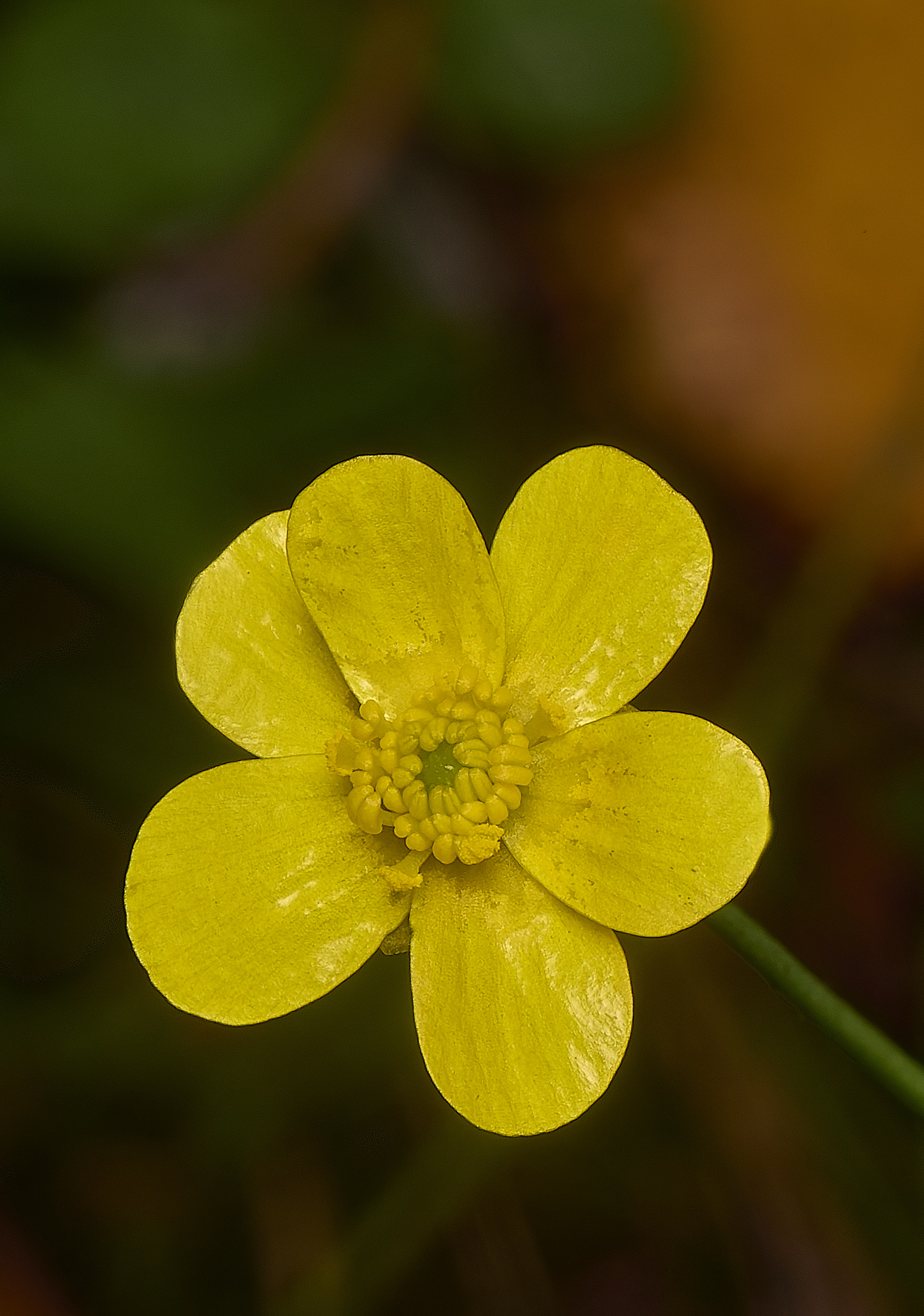
Lesser Spearwort (Ranunculus flammula)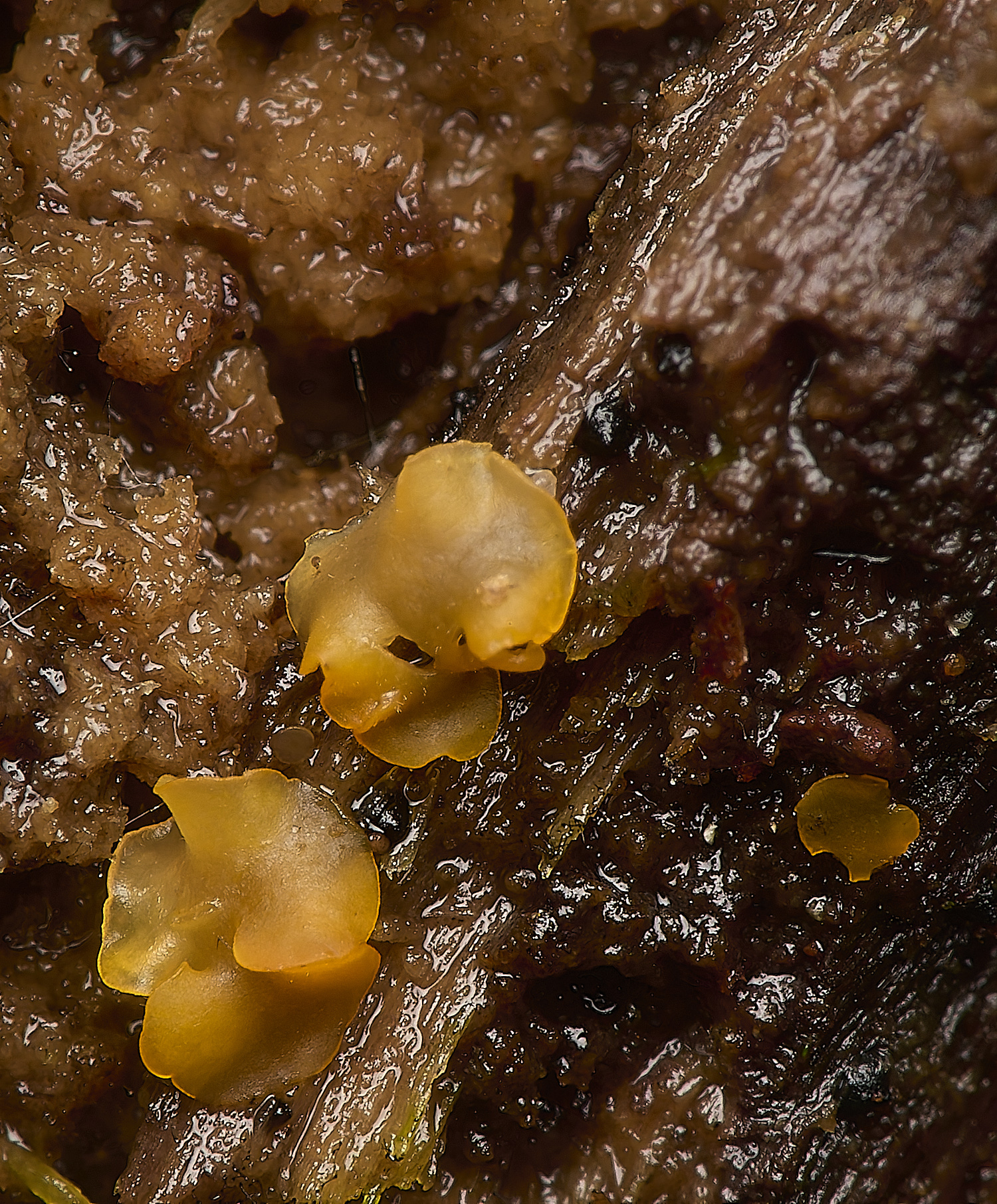
Orbilia Sp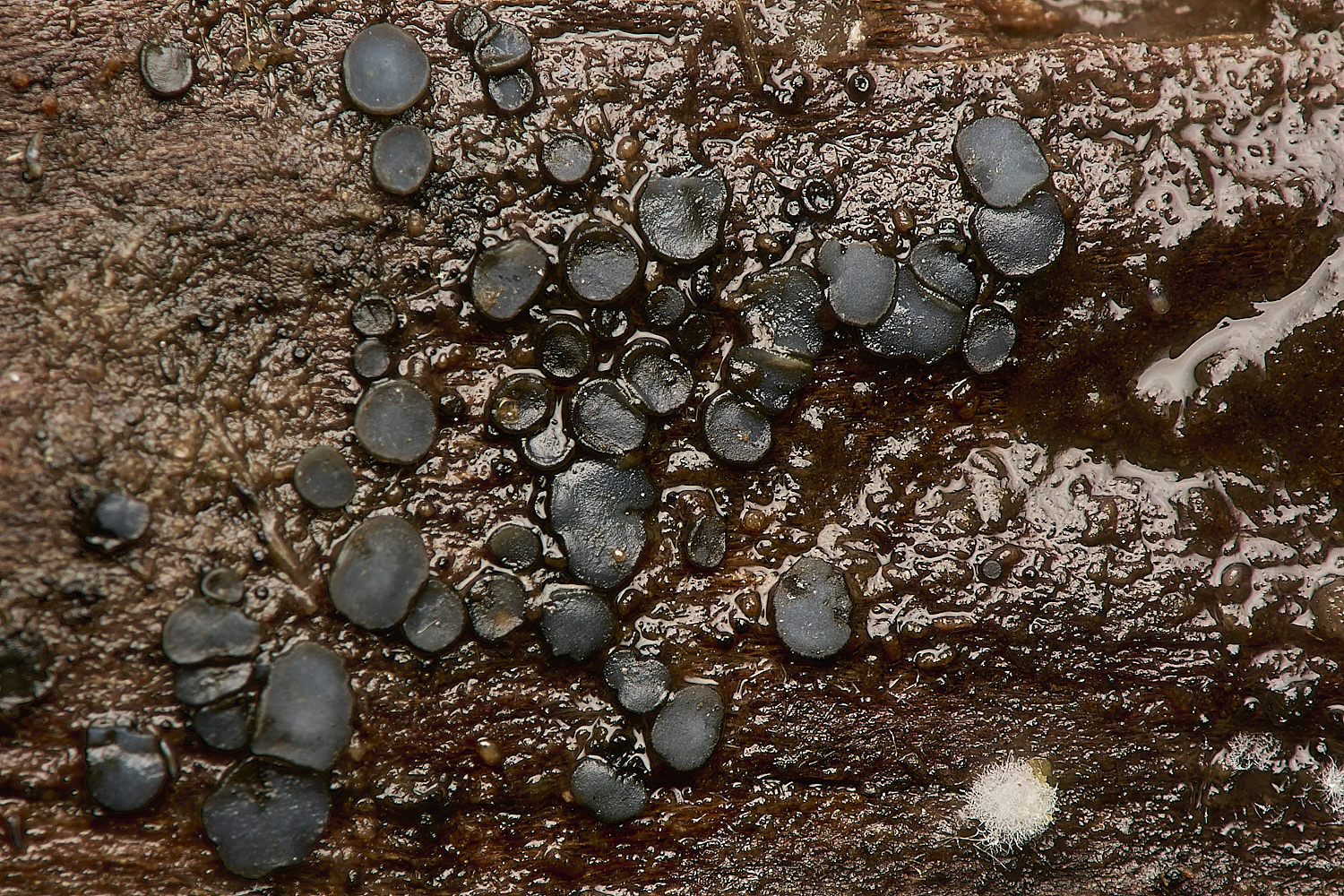
Mollisia Sp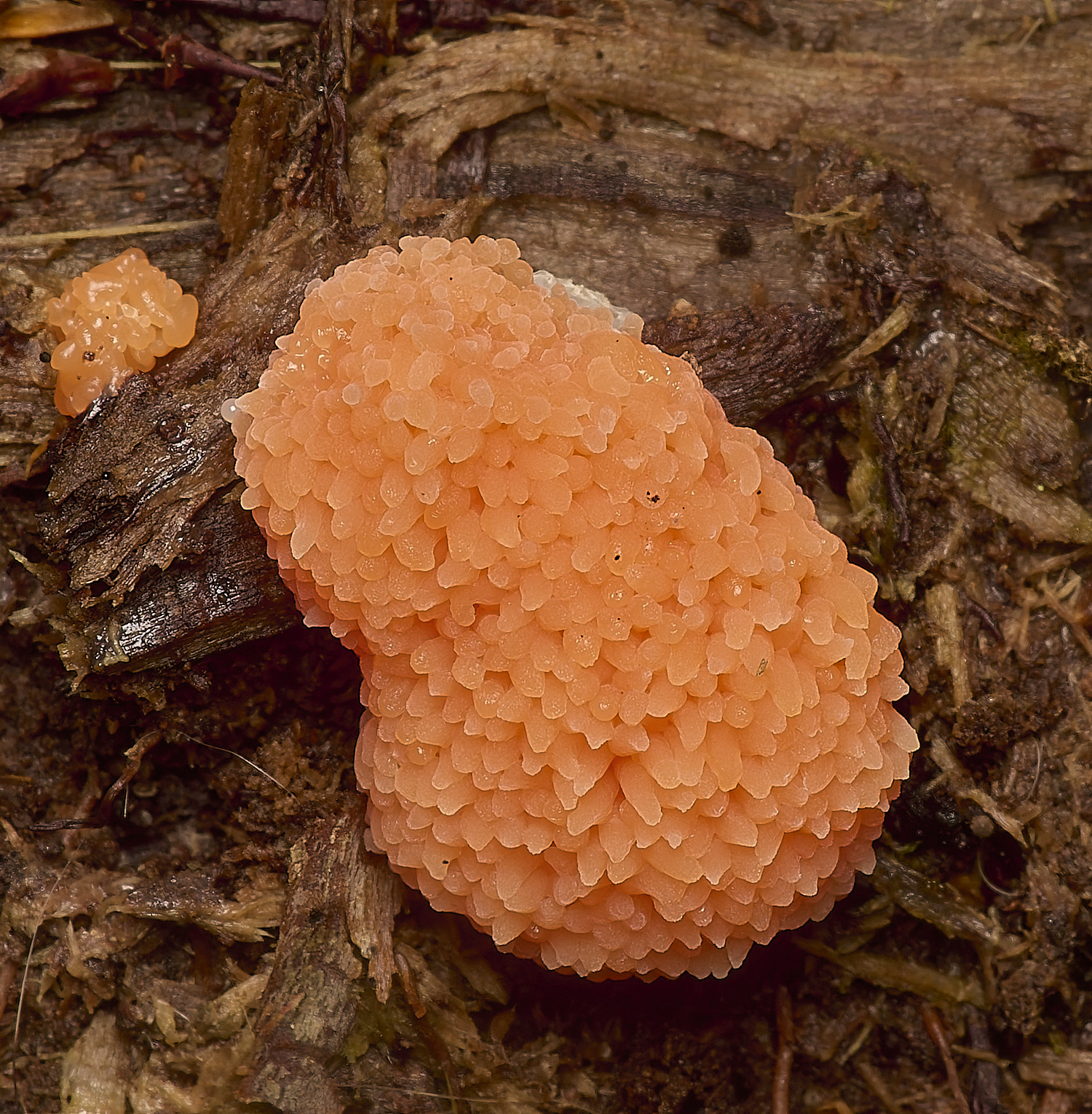
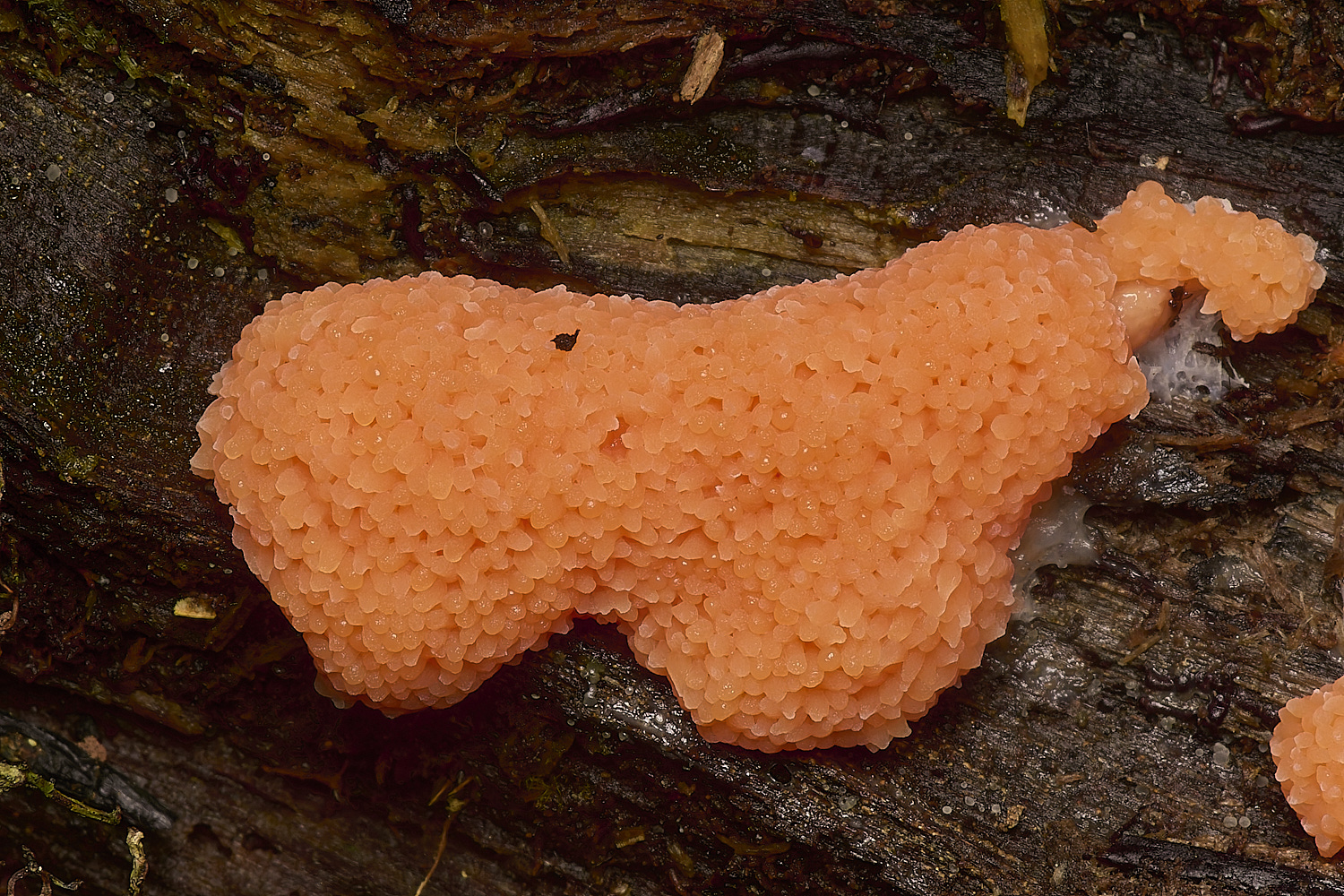
Raspberry Slime Mold (Tubifera ferruginosa)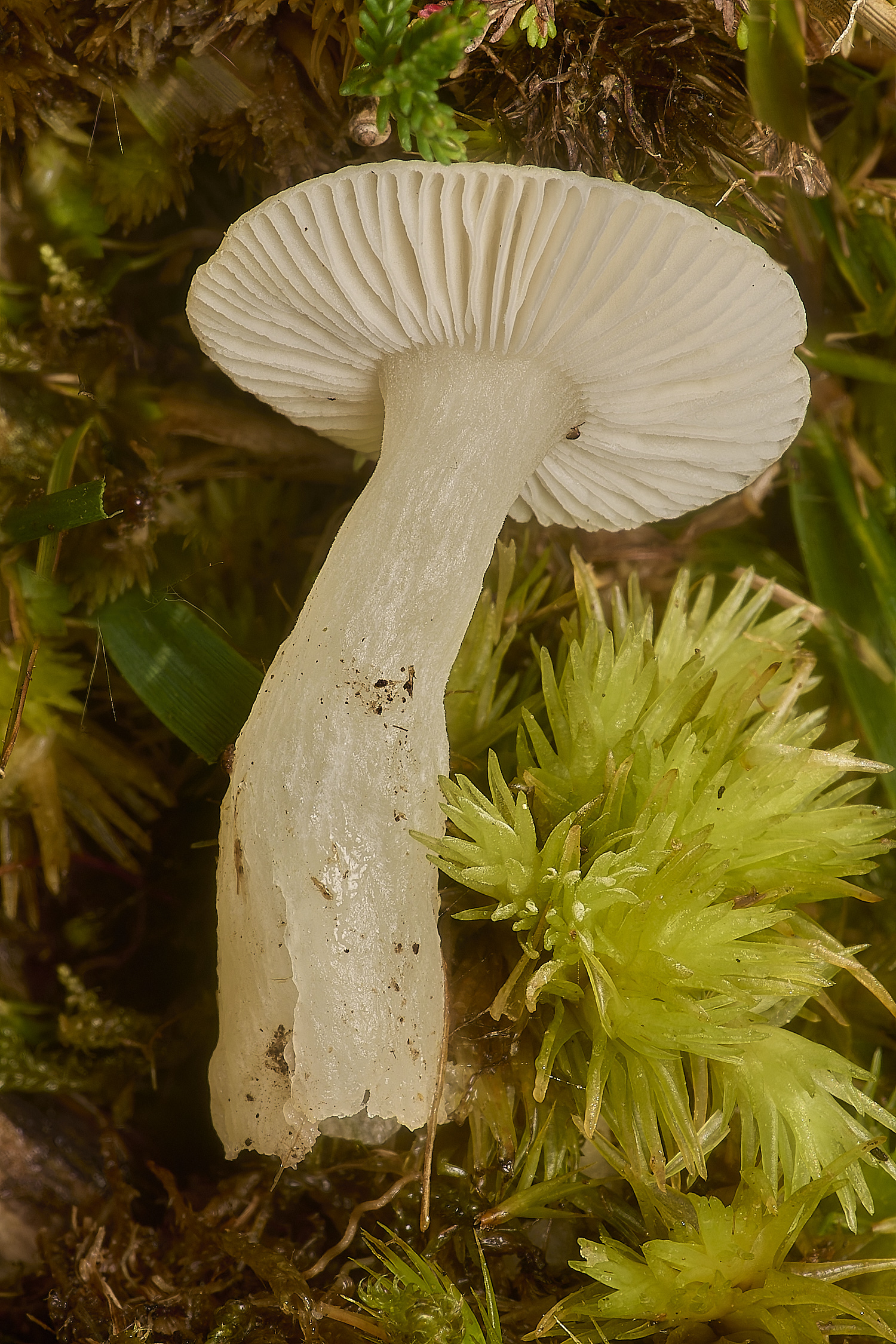
Snowy Waxcap (Cuphophylus virgineus) with an accompanying tuft of Pincushion Moss (Leucobryum glaucum)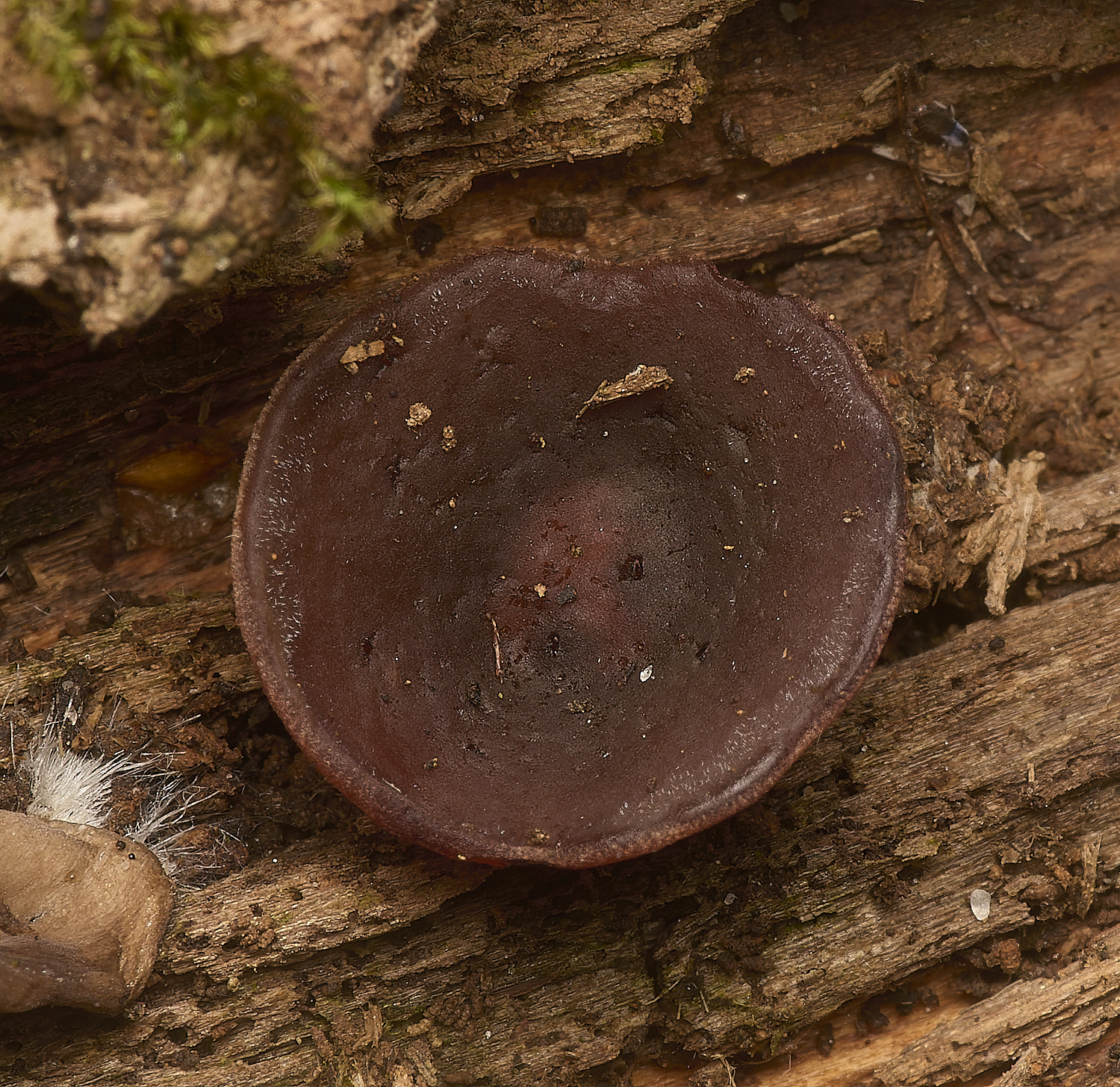
Brown Cup Fungus (Peziza phyllogena)?
From Steve J
Brown Cup was neither quick nor easy. I have spent large chunks of the past couple of days on this one.
Everything I am looking at so far is causing me a great deal of uncertainty as to whether it is or not although based on spores I am inclined towards not,
I appreciate that I could well be completely wrong and am likely to have missed something obvious or have never seen Brown cup spores at this stage.
The fruit body on unidentified decayed wood was deep brown, with a hint of purple, cupulate and very short to not stemmed, 15mm x 6mm
Microscopically, the spores were elliptical, multi guttulate, non septate and appeared to my eyes to be verrucose. They were 16-18 µm x 7-8 µm, with
the great majority being 16 x 7 µm. At the extremes, one was 13 x 6 µm which I shall ignore and three were 18 x 9 µm.
Ascus 8 spored, unicerate and 198 µm long, slightly amyloid at the tips, although saying this I suspect that my Meltzers is due for replacing.
Paraphyses, filiform unforked and with a slight clavate swelling at the tips.
I have worked through Ellis & Ellis, Peter Thompson, Fungi of Switzerland and Fungi of Temperate Europe and am still no further forward.
I have attached a couple of photos and would be immensely grateful for any thoughts or suggestions.
From Tony M
My only contribution to your Brown Cup mystery would be to see whether you can get some mature spores to drop naturally,
inverting the cup in a damp environment and see whether those spores look any different to those developing within the asci.
From Yvonne M
I missed this on the foray so have you got a photo of the actual fungus ? The spores do look verrucose but I think
Tony is right in that better to see them mature when out of the ascus.It’s not a Peziza type thing is it ?
They can have ornamented spores.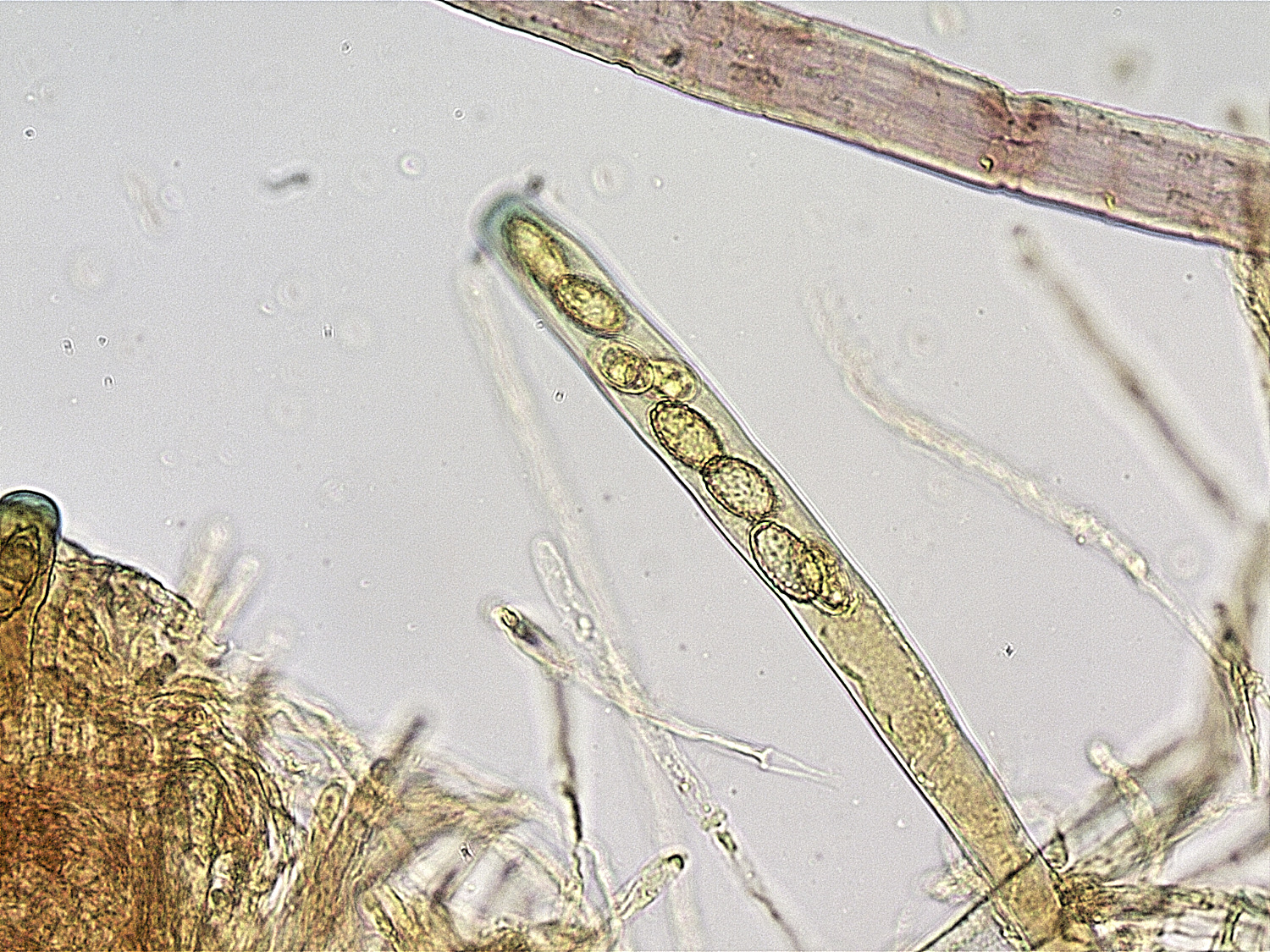
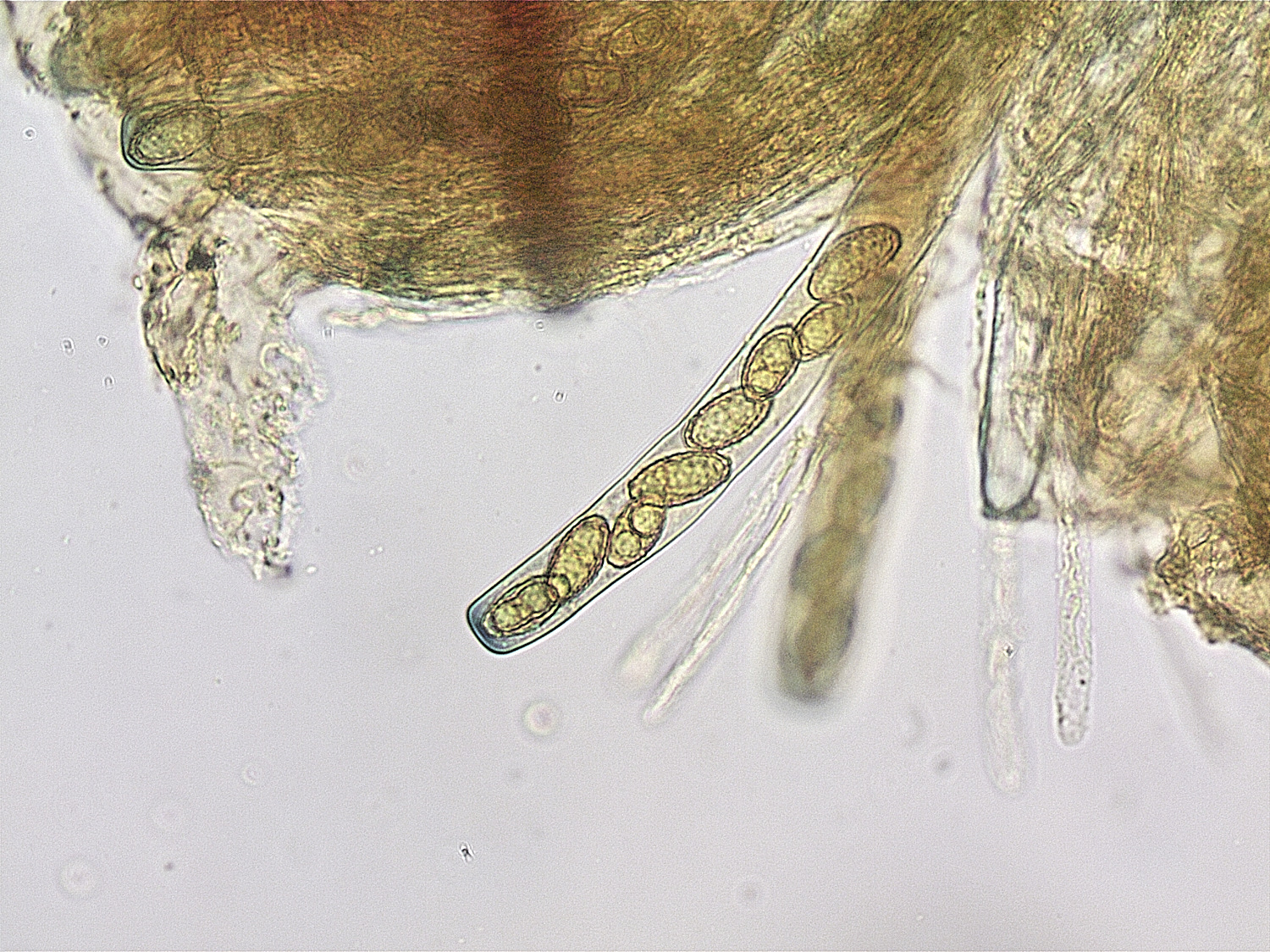
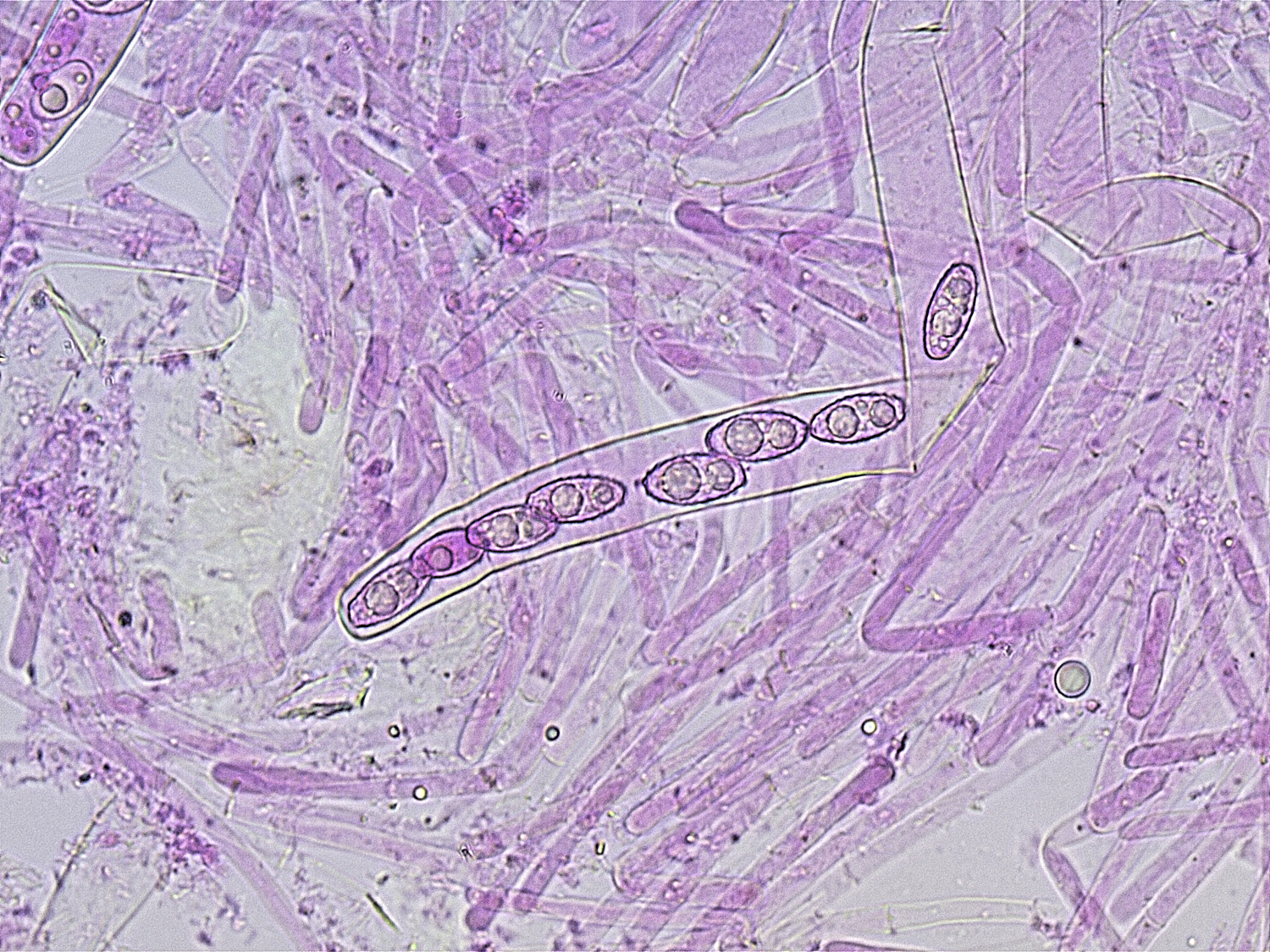
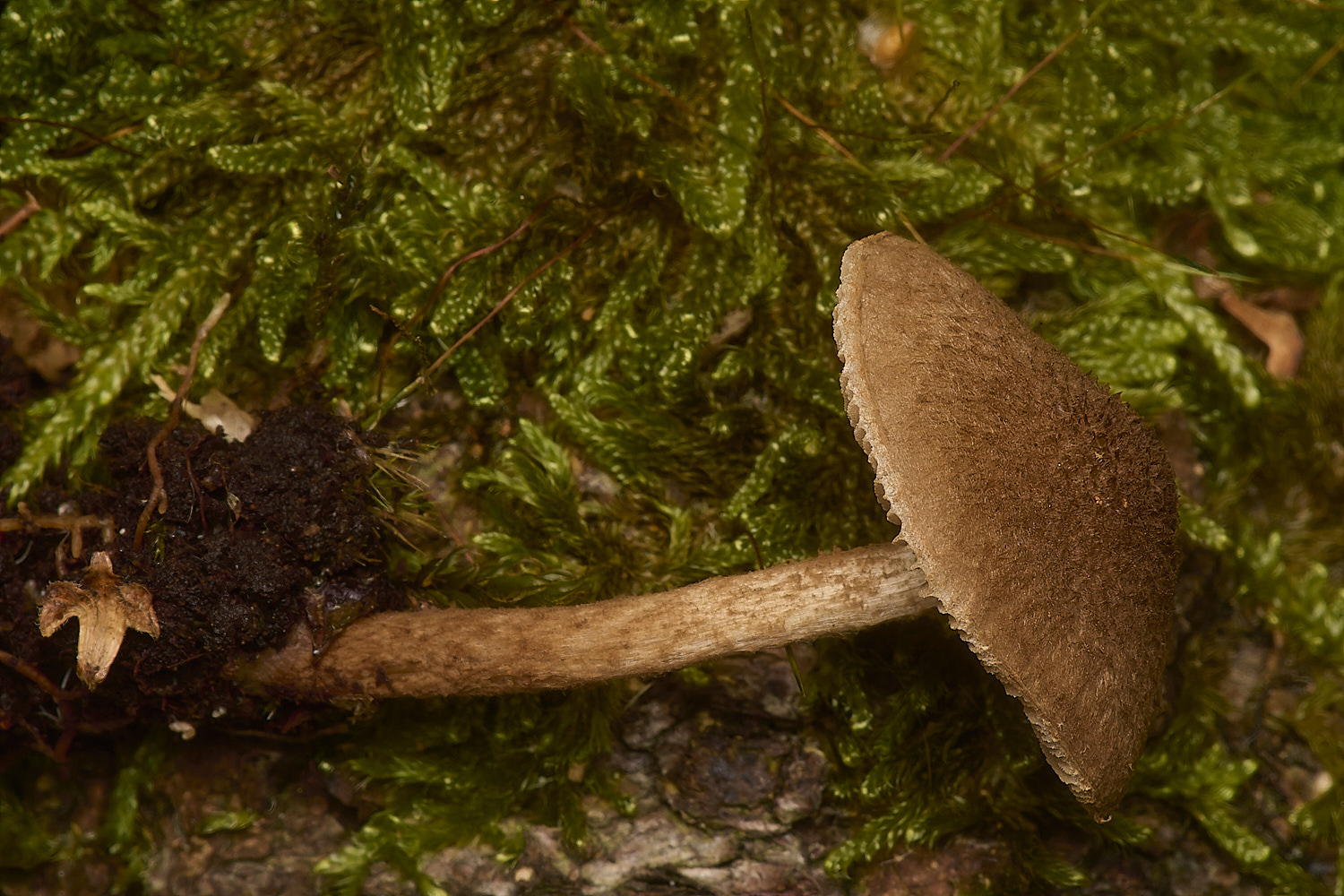
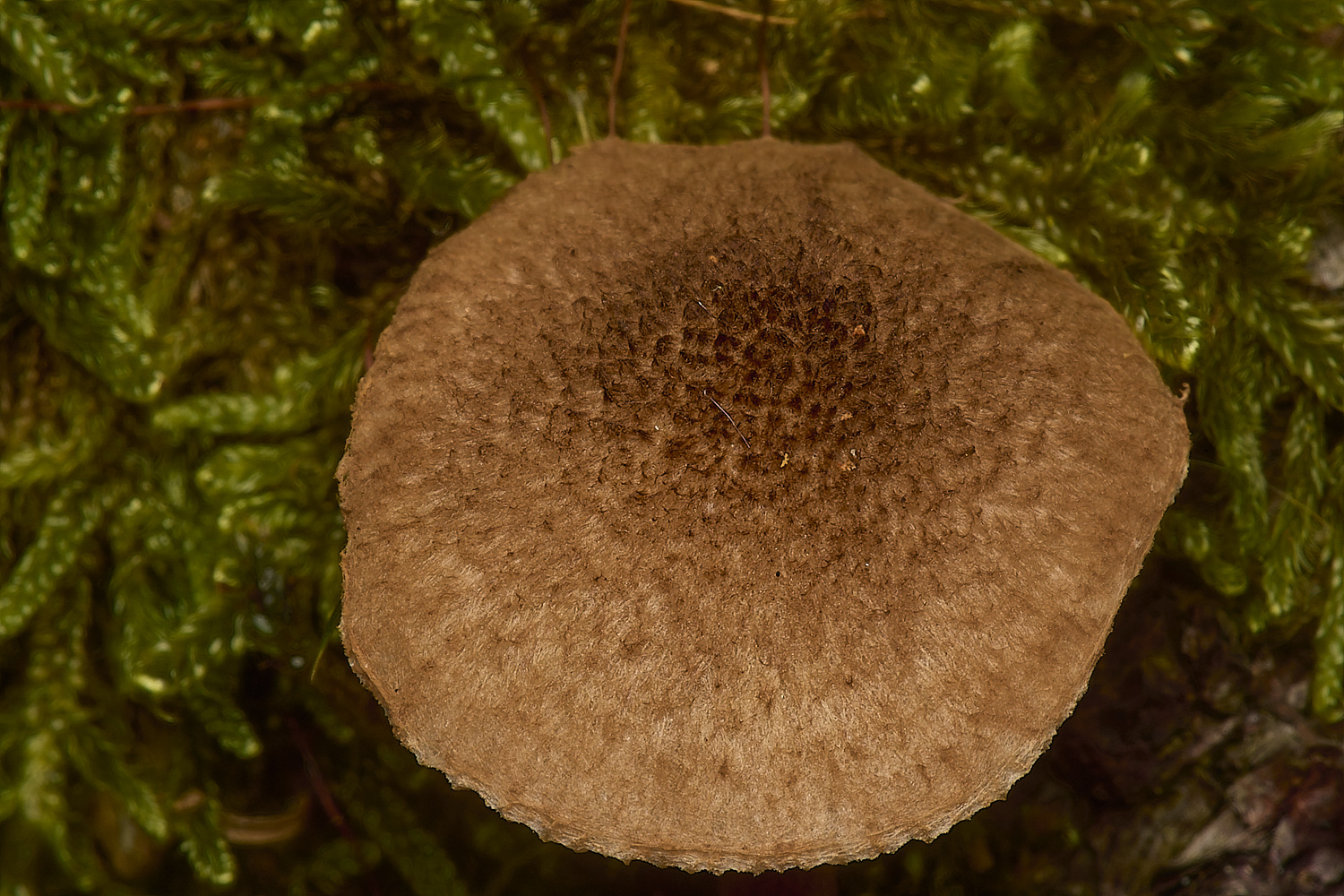

Inocybe Sp
From Tony
The brown fibrecap found towards the SE end of the wet woodland area: Using Kibby Vol 4, very knobbly (but not star-like spines) spores 10x7.2 gets you to c. 3
taxa distinguishable by shape of gill-edge cheilocystidia and presence/absence of gill-face pleurocystidia. I couldn't find any pleurocystidia so came to Inocybe leptophylla
but obviously would prefer an identification that isn't based on absence of a feature. Inocybe leptophylla hasn't been recorded in Norfolk since 2001 so its over to Yvonne to determine what this really is!
A reply from, Yvonne M
The other I hadn’t looked at when Tony M came up with an answer so probably saved me ages. I just needed to looked for pleurocystidia and I couldn’t find them either.
Like Tony I don’t like identifying anything with a negative character but in the past I have seen pleurocystidia fairly easily in the look-a-like I. stellatospora.
As this seems to be the only way to separate the 2 I think we should go with I. leptophylla. Also, the cheilcystidia do look more like this than those of stellatospora
as they seem thin walled. Penny Cullington’s key, Stangl and Kibby vol 4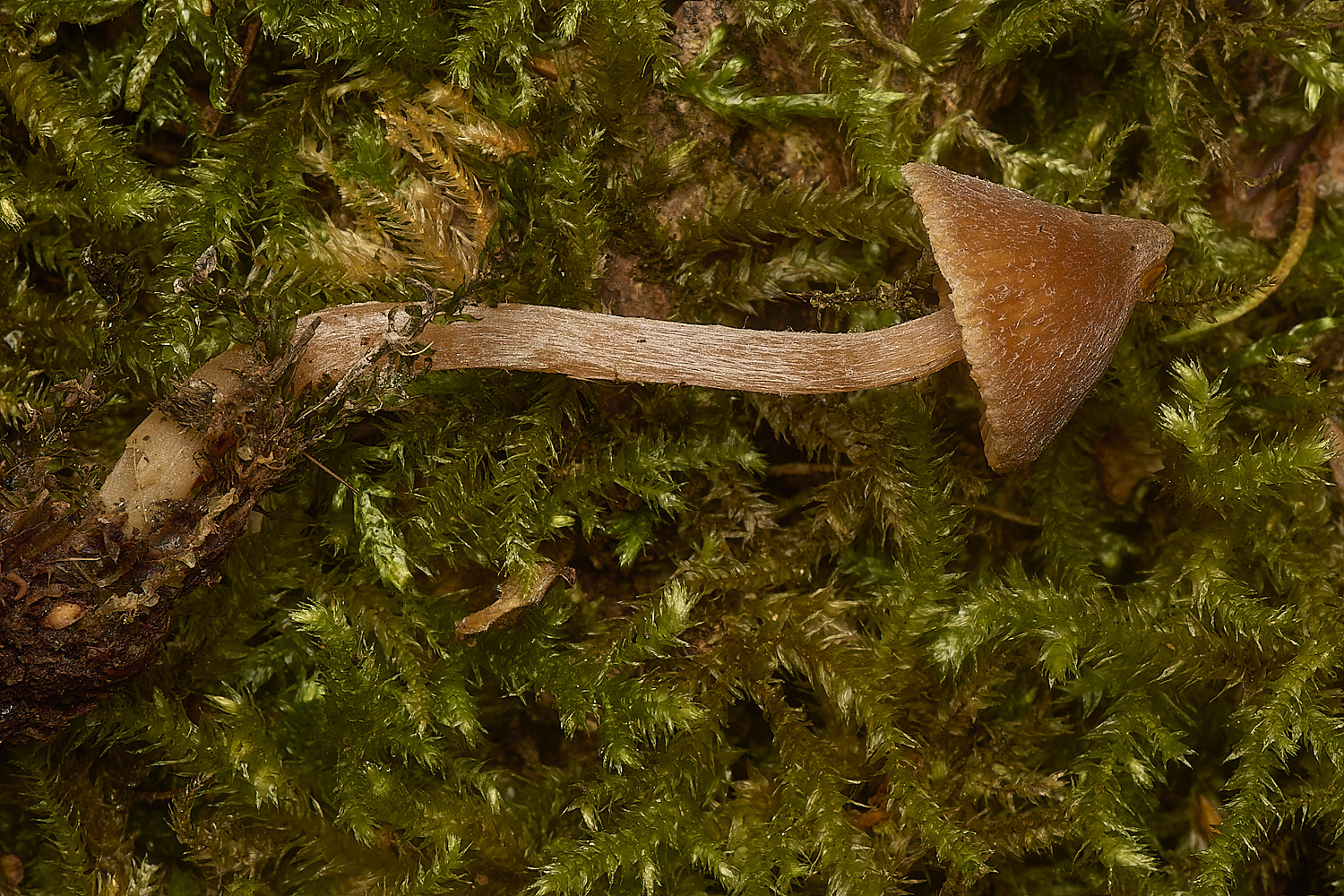
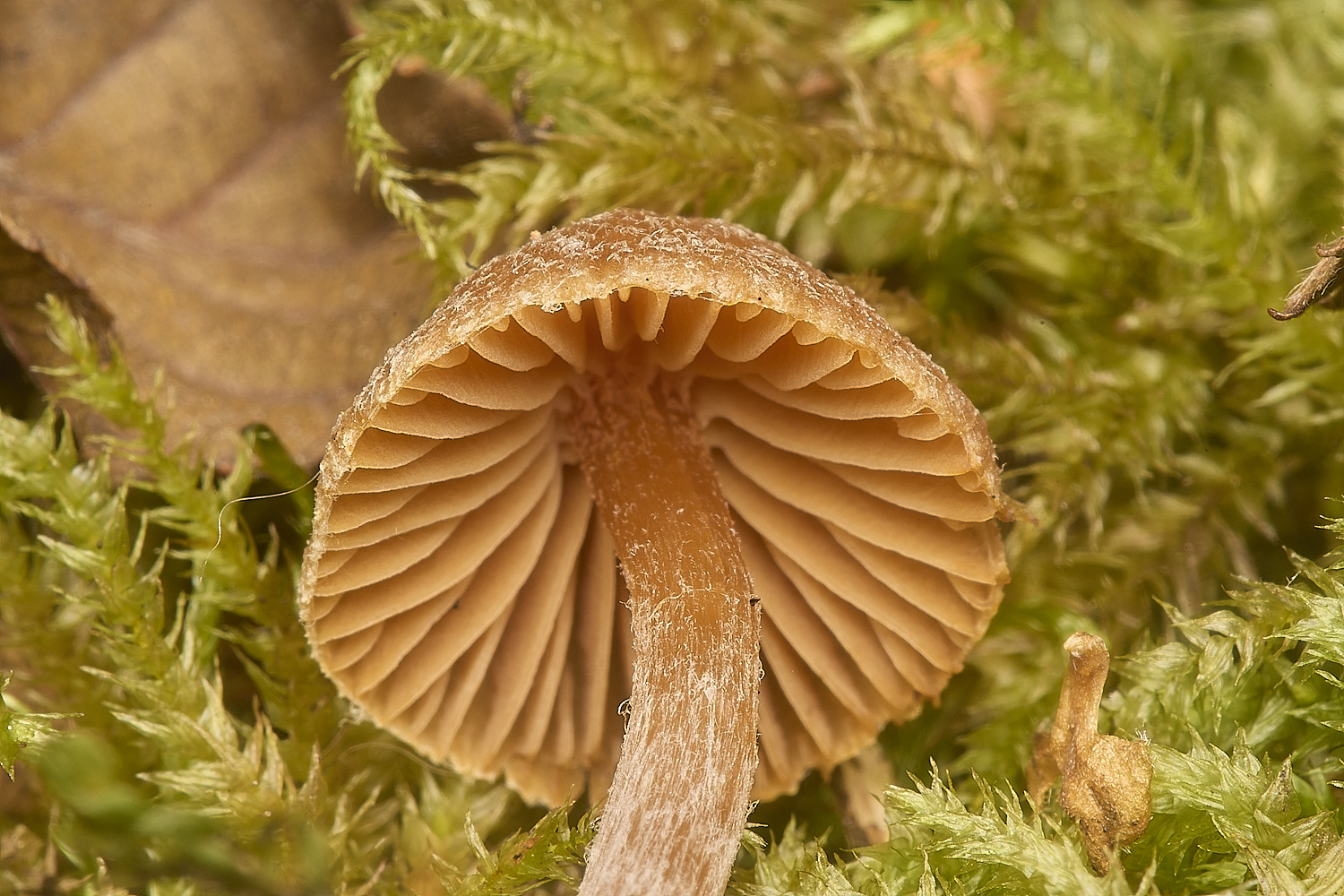
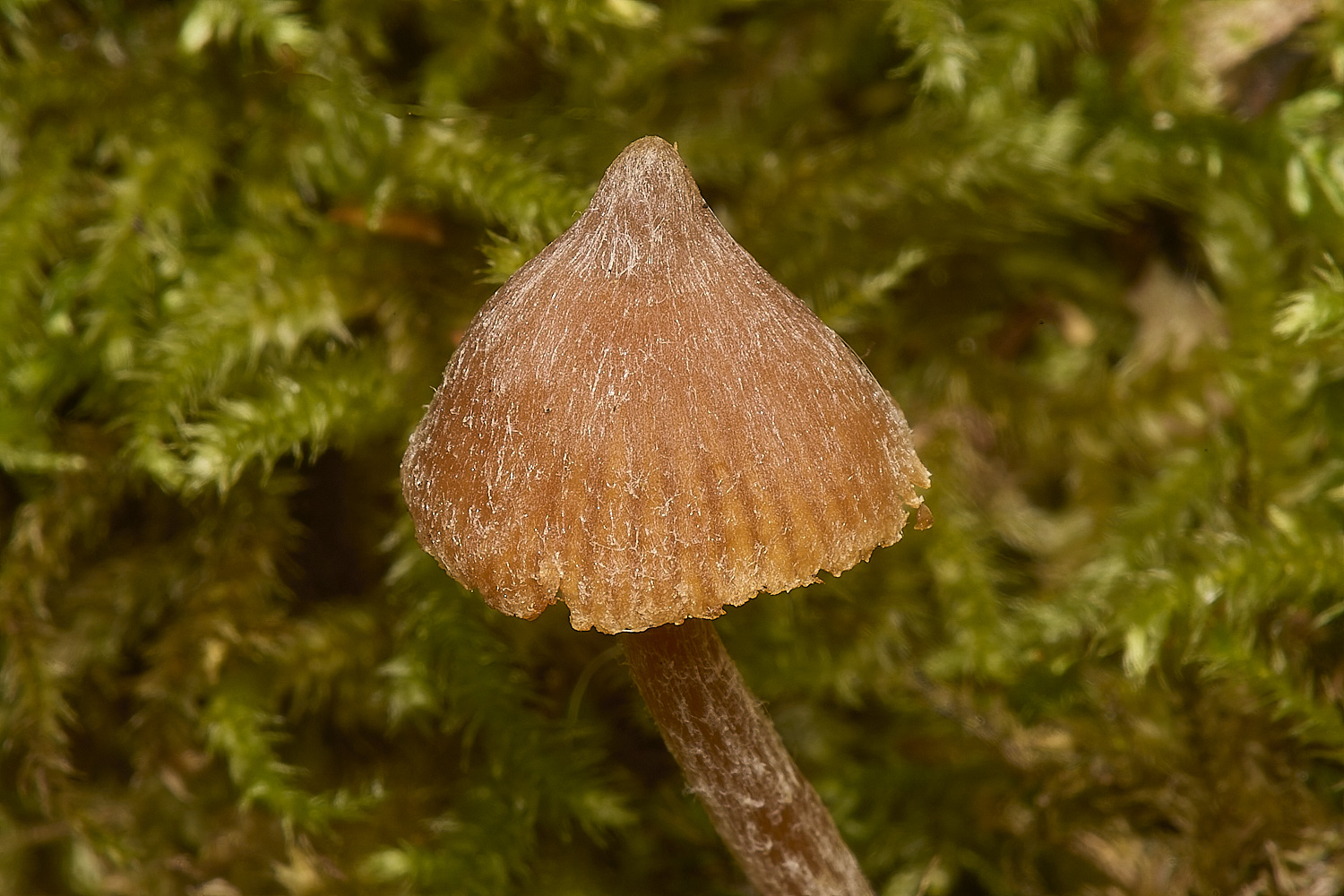
Cortinarius Sp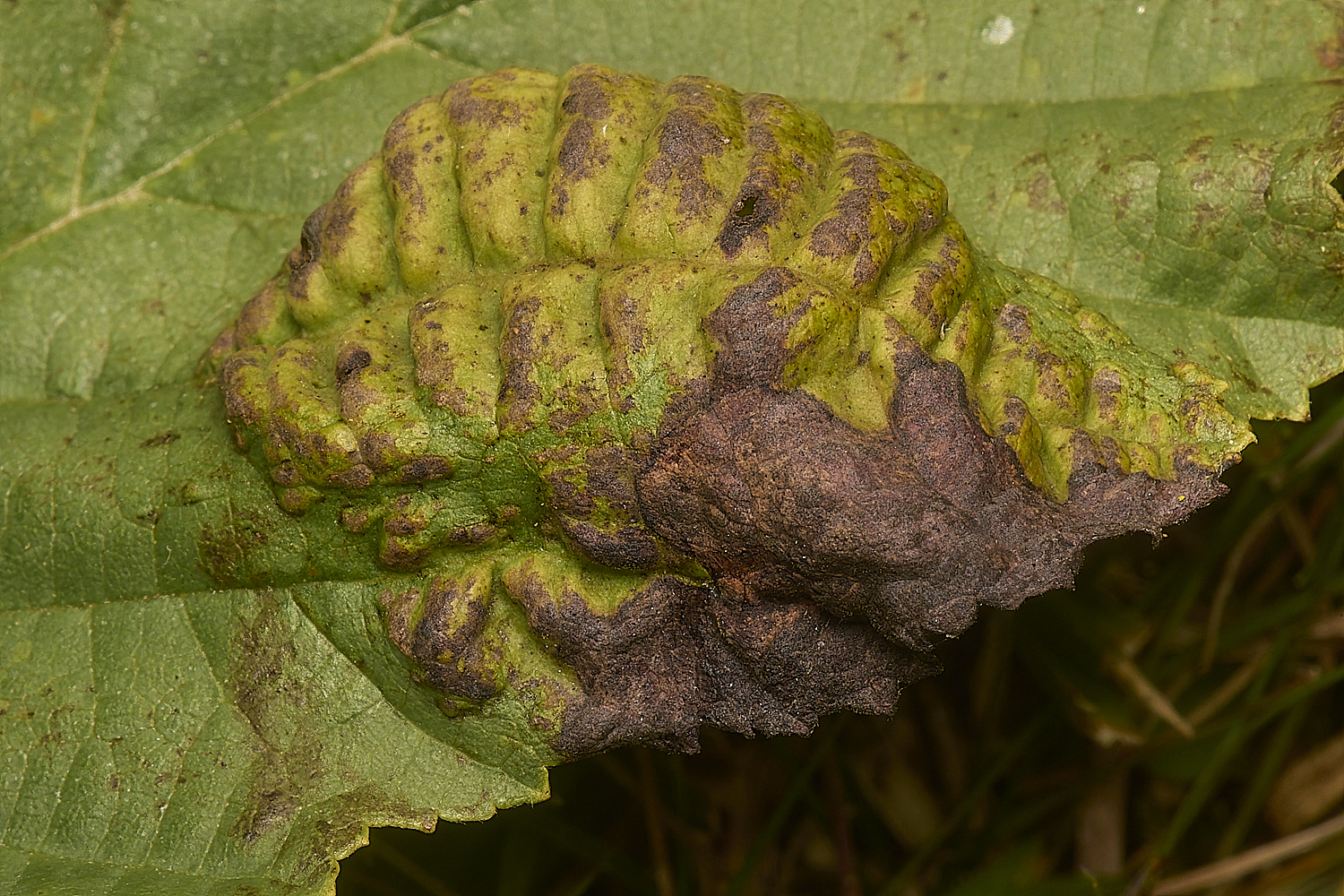
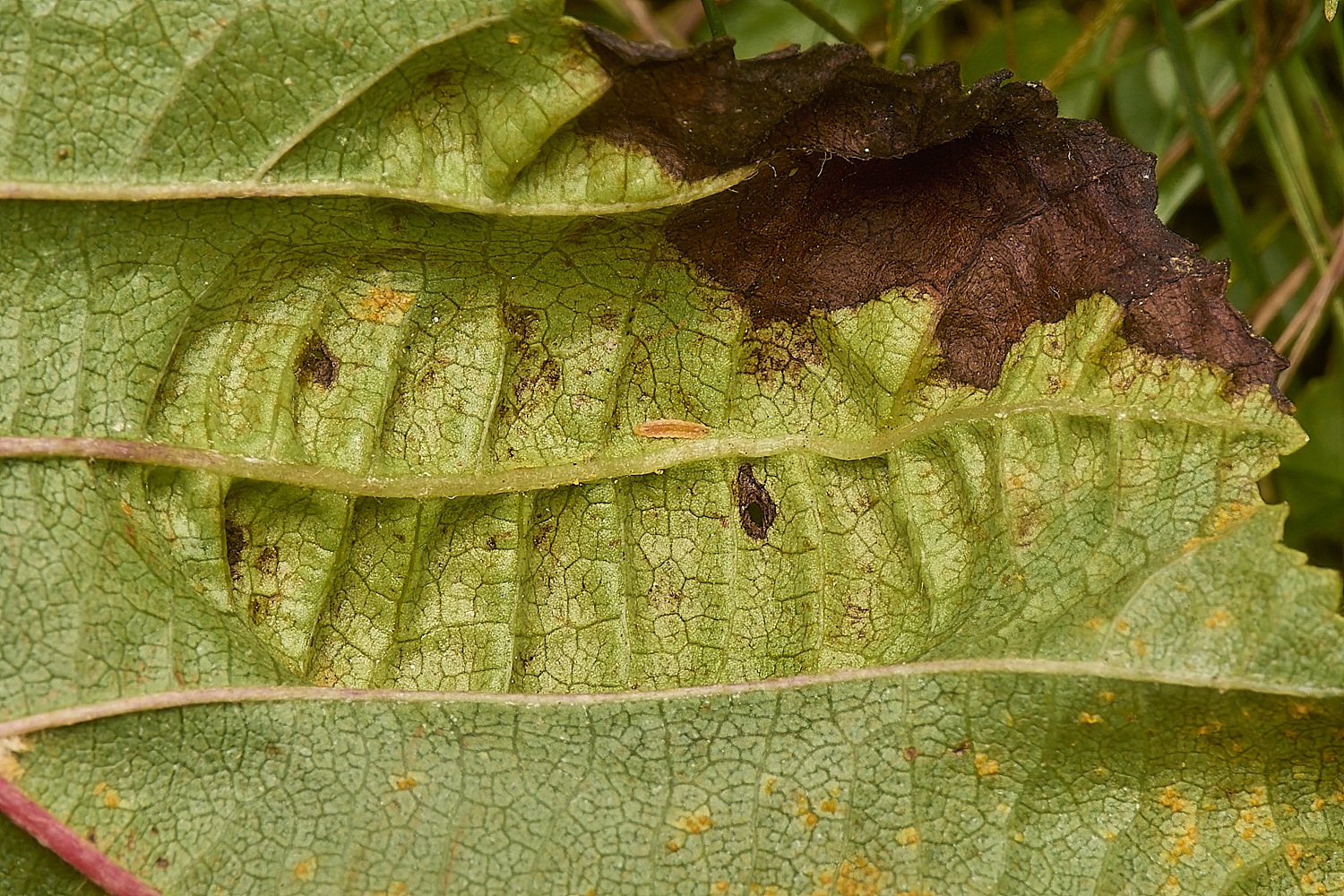
Taphrina tosquinetii causes these blisters on both side of Alder (Alnus glutinosa) leaves 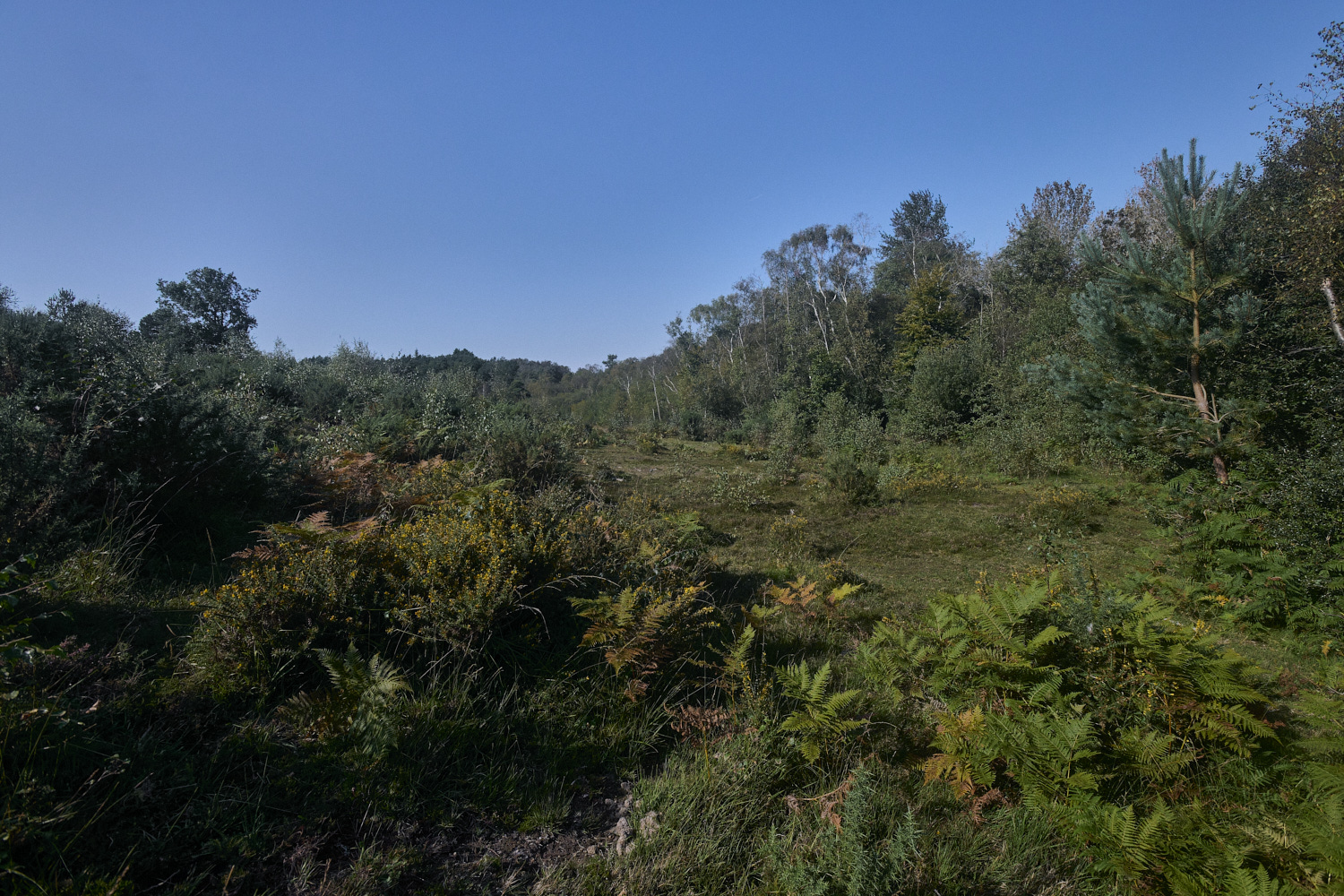
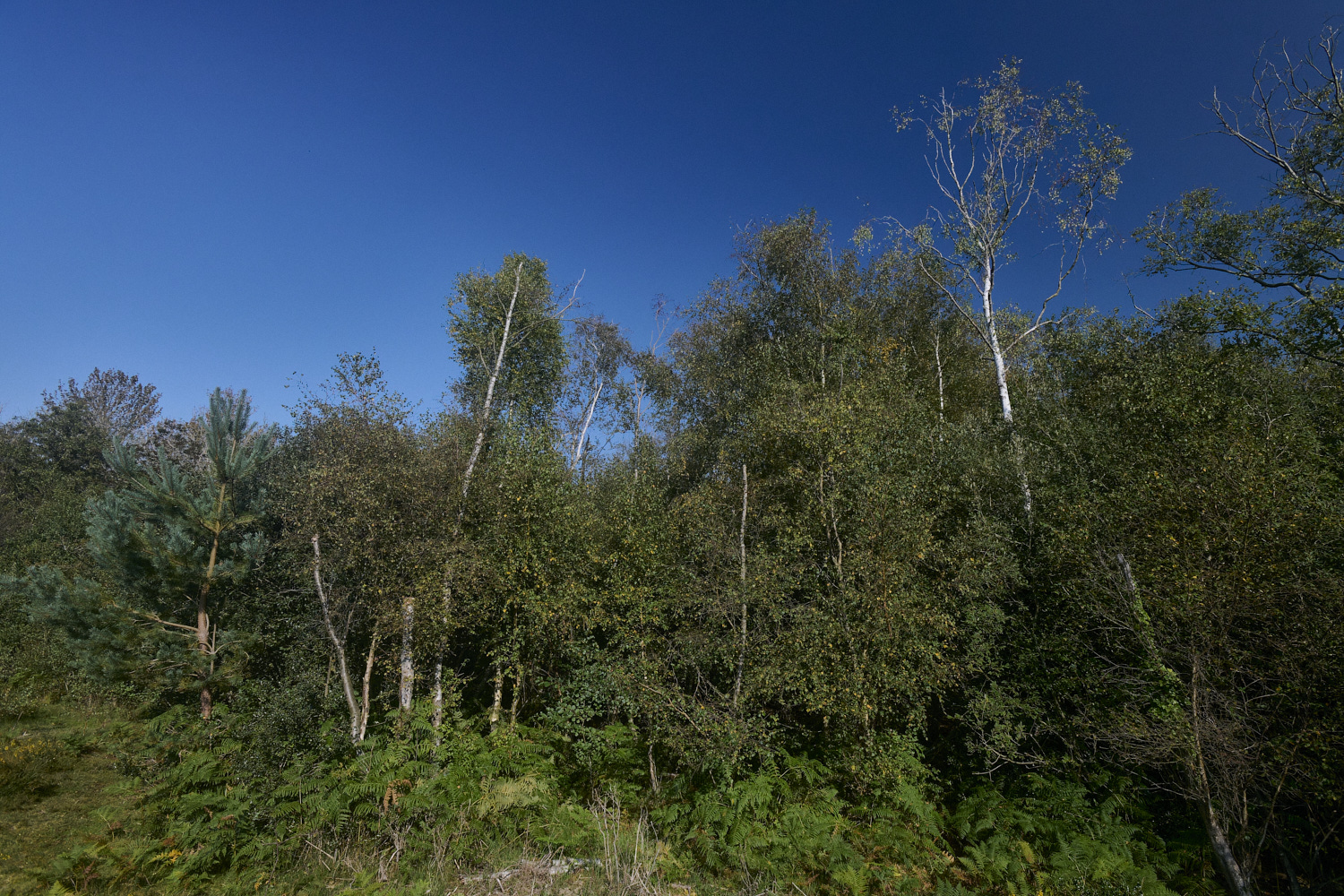
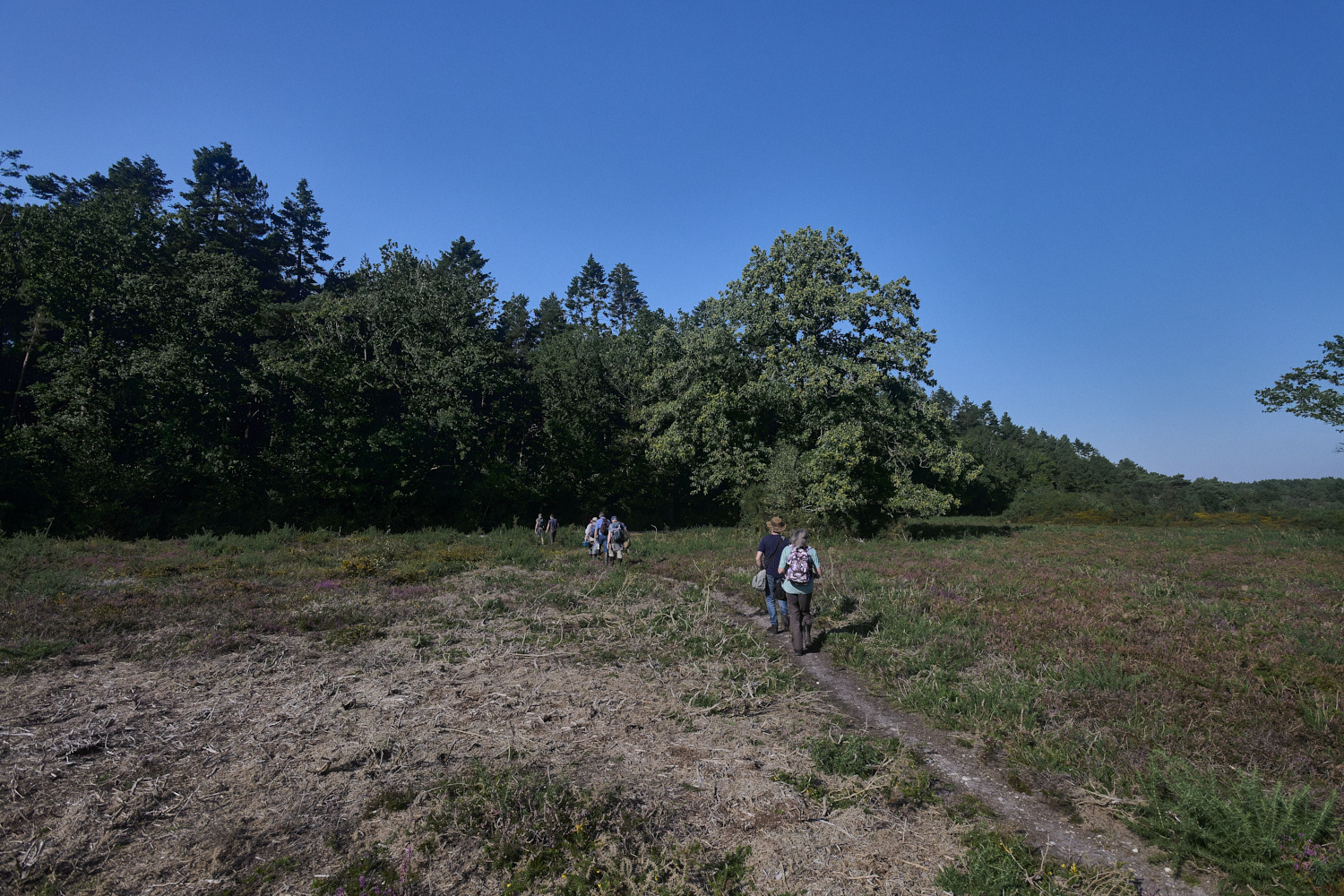
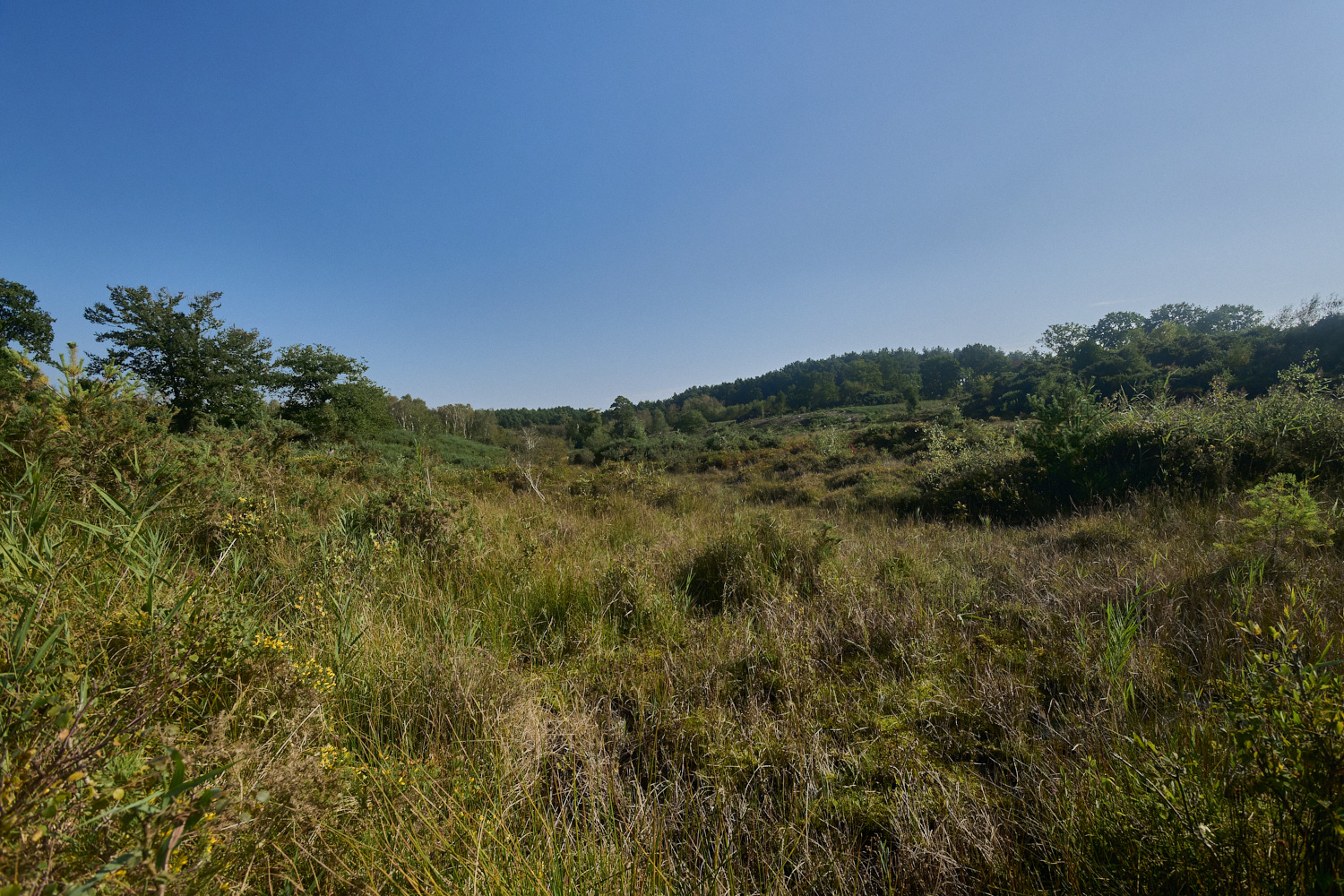

Wasp Spider egg sack (Argiope brunnechii)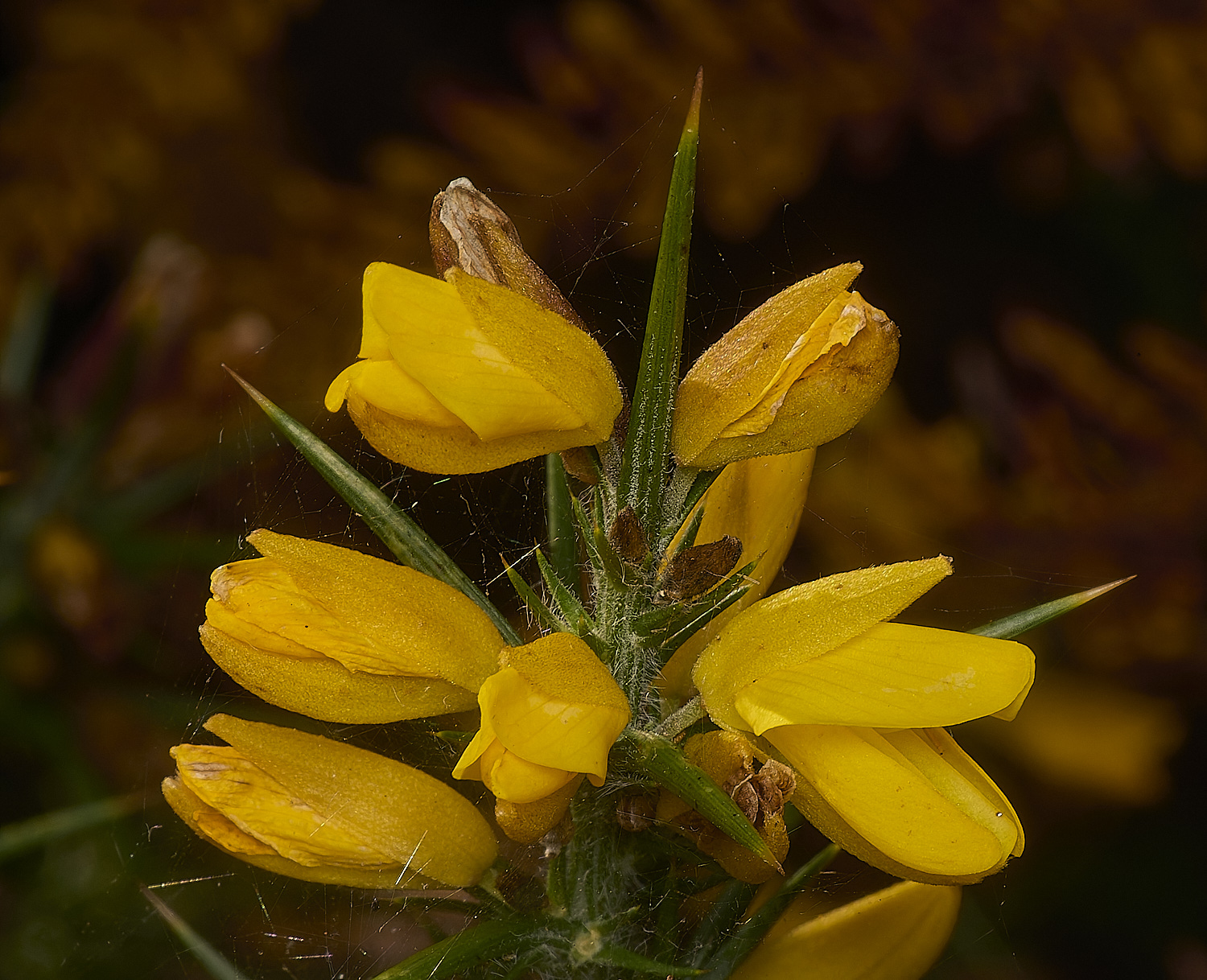
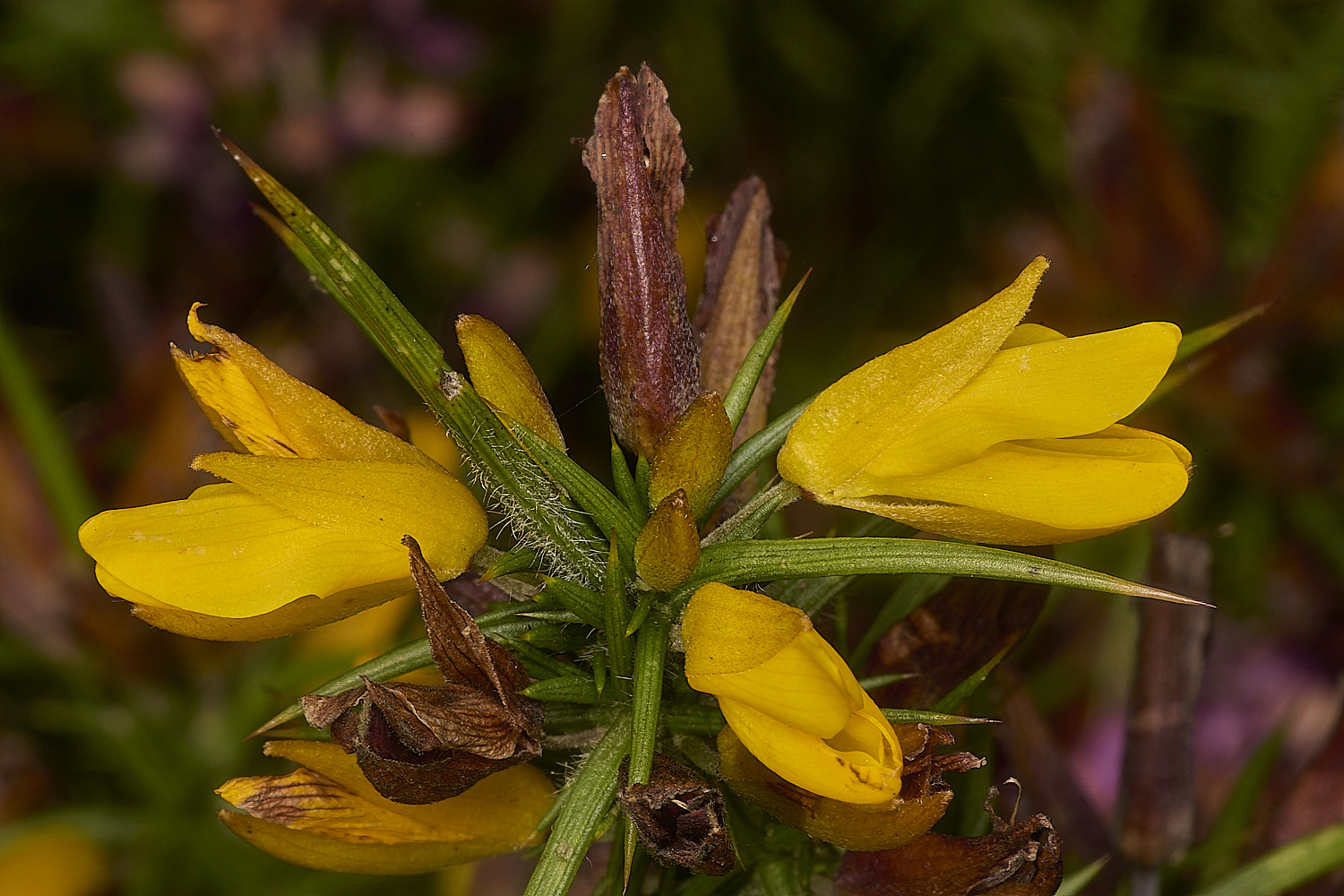
Western Gorse (Dwarf Furze) (Ulex gallii)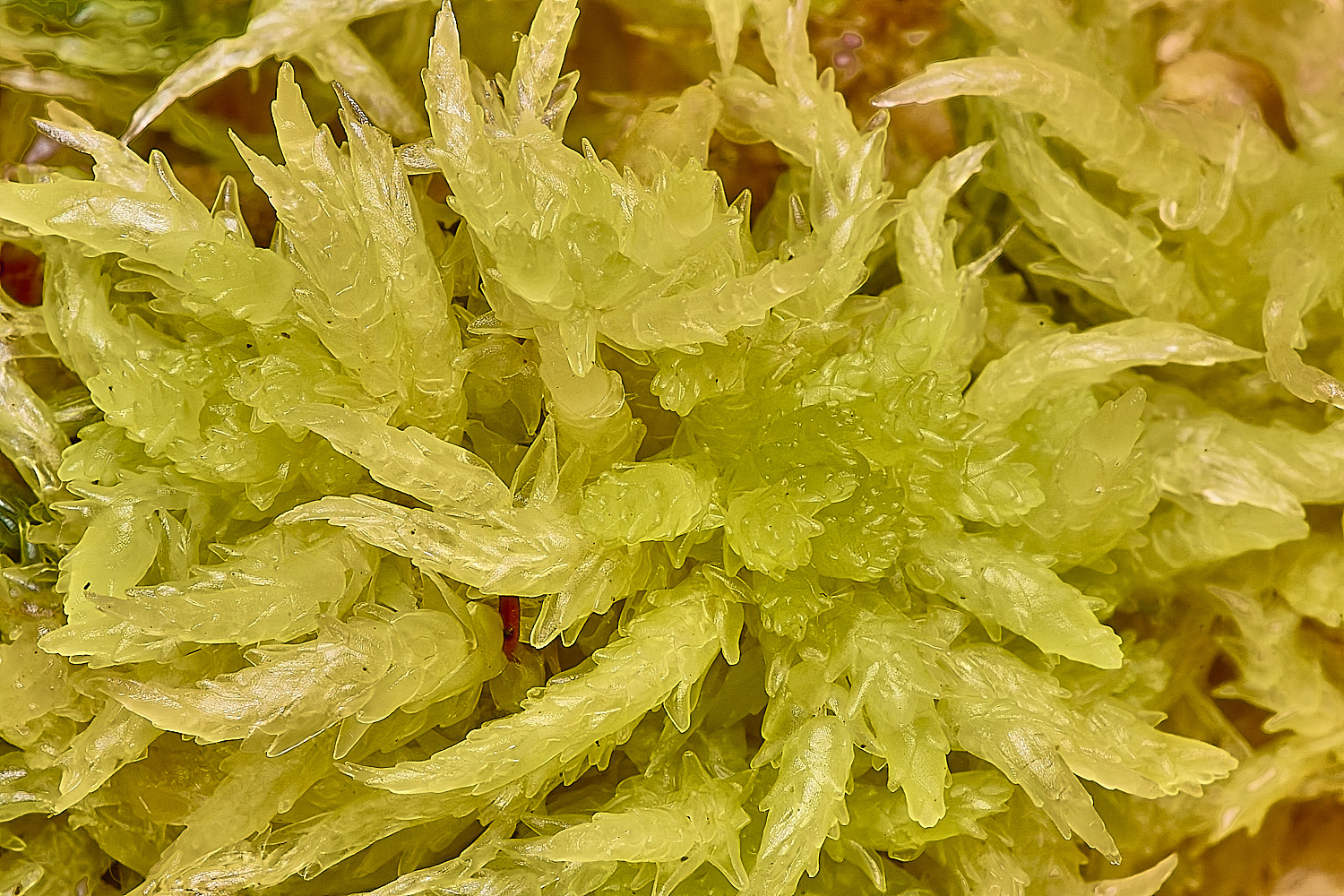
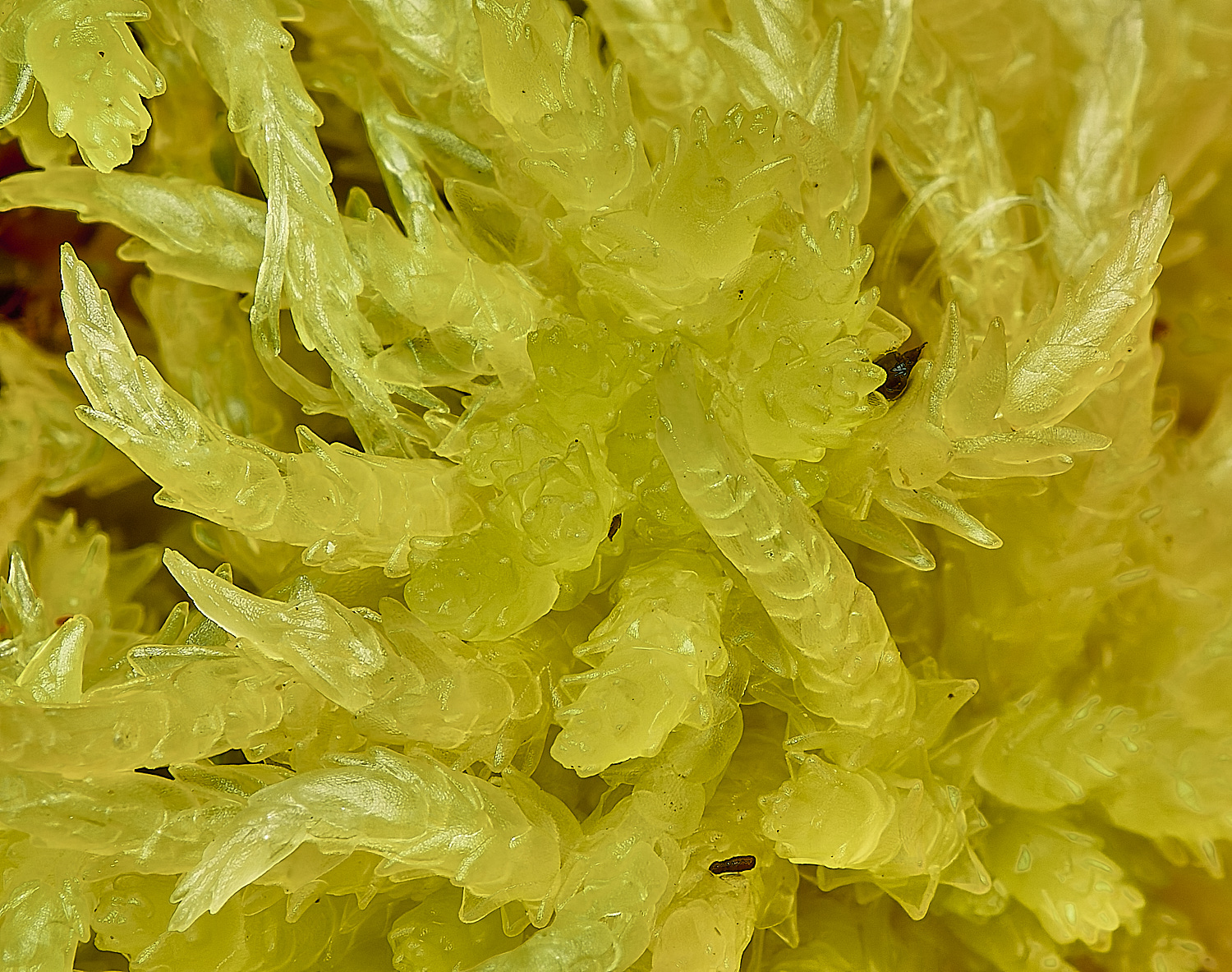
Blunt-leaved Bog-moss (Sphagnum palustre)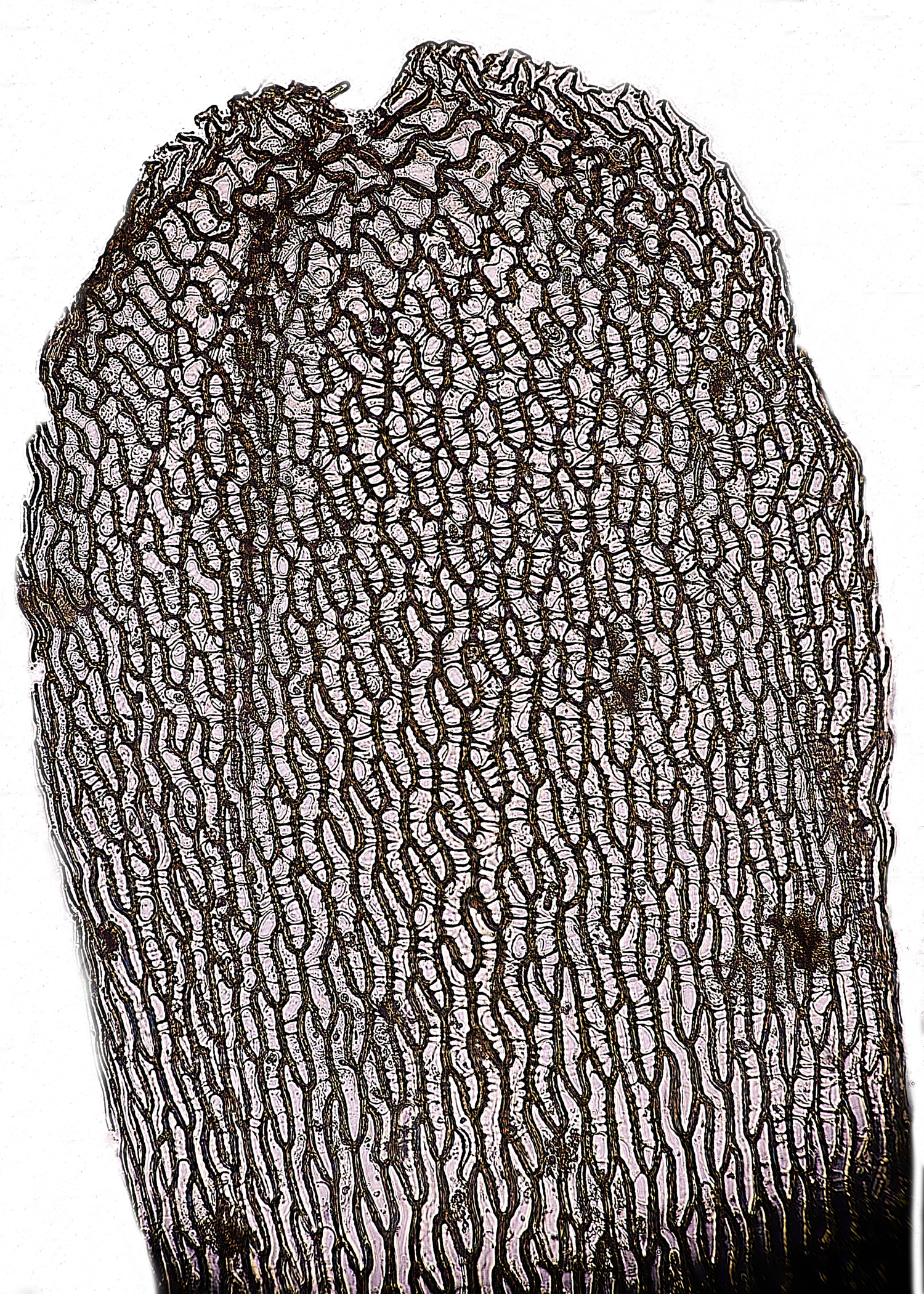
x 200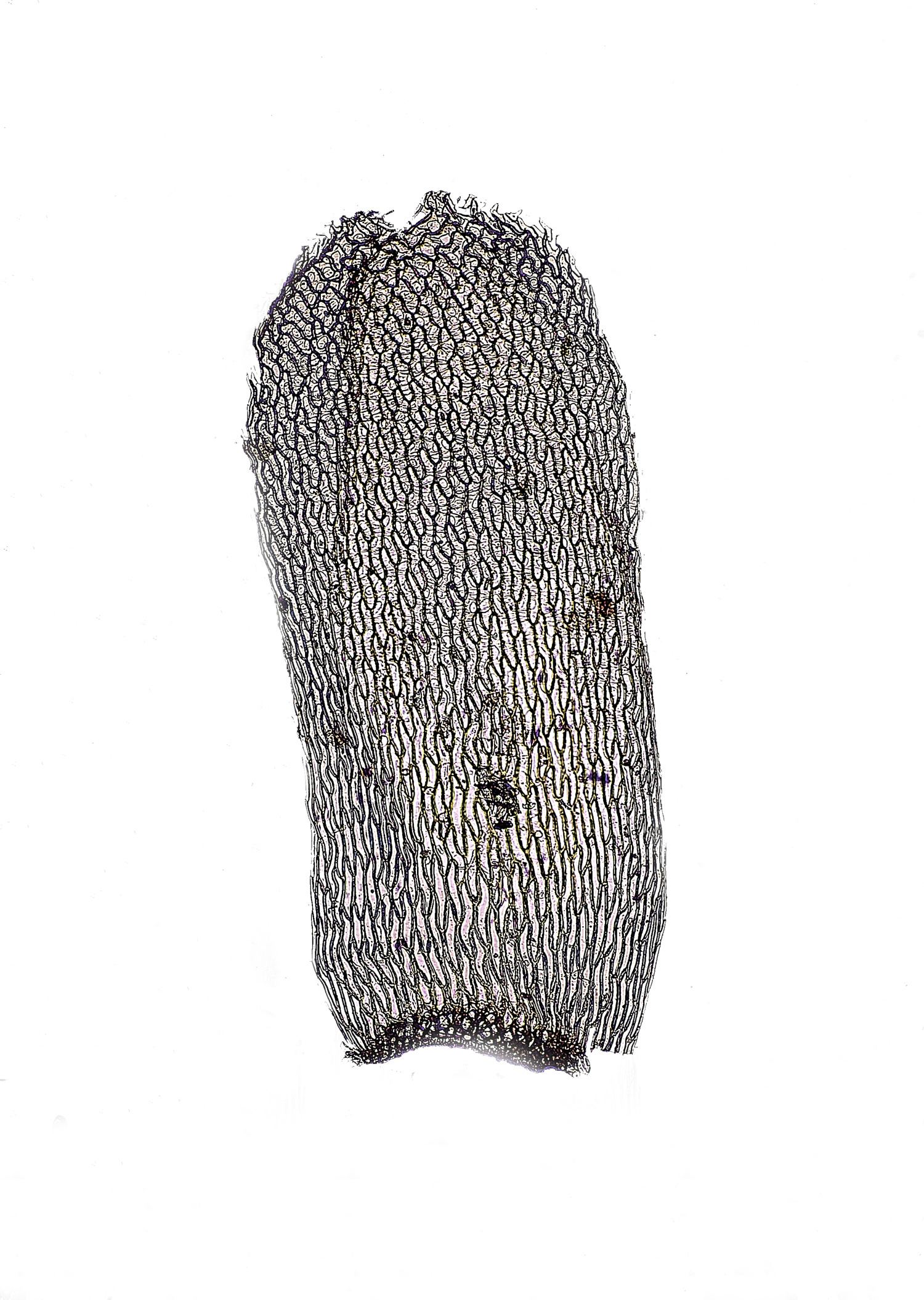
x100
Stem Leaf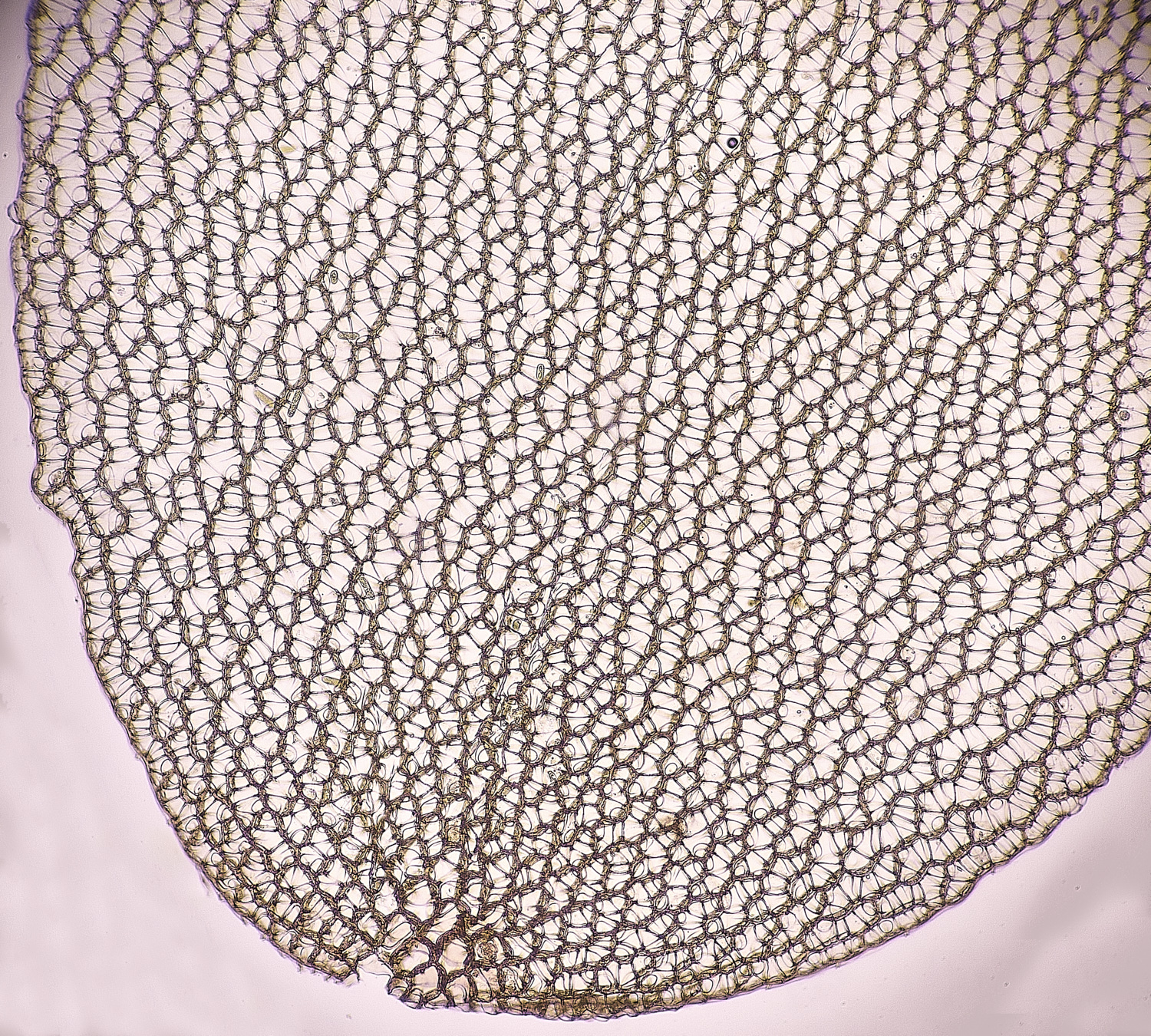
Part of branch leaf
x100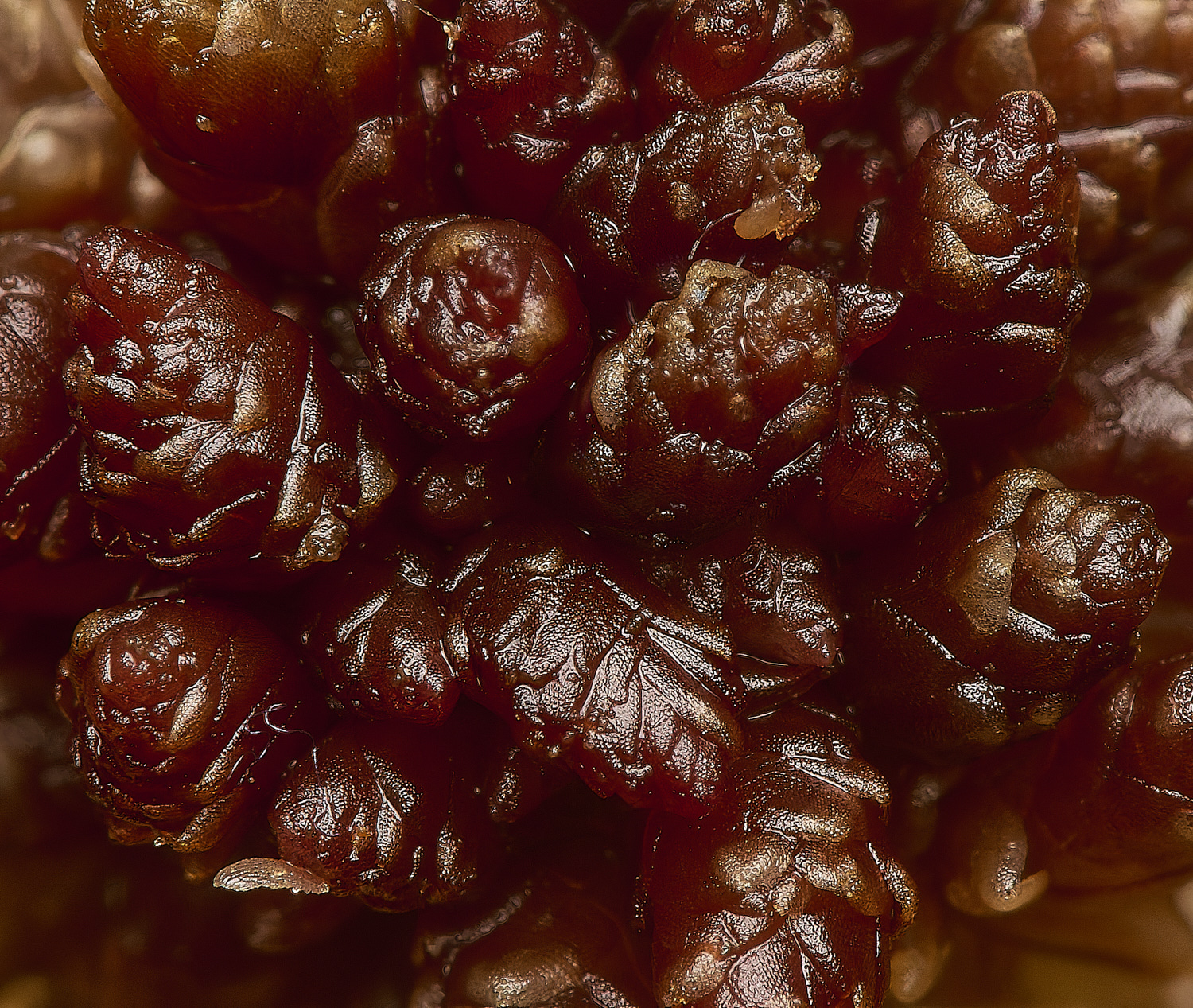
Magellanic Peatmoss (Sphagnum magellanicum agg)
It looks likely that this is Sphagnum medium but it needs to be confirmed.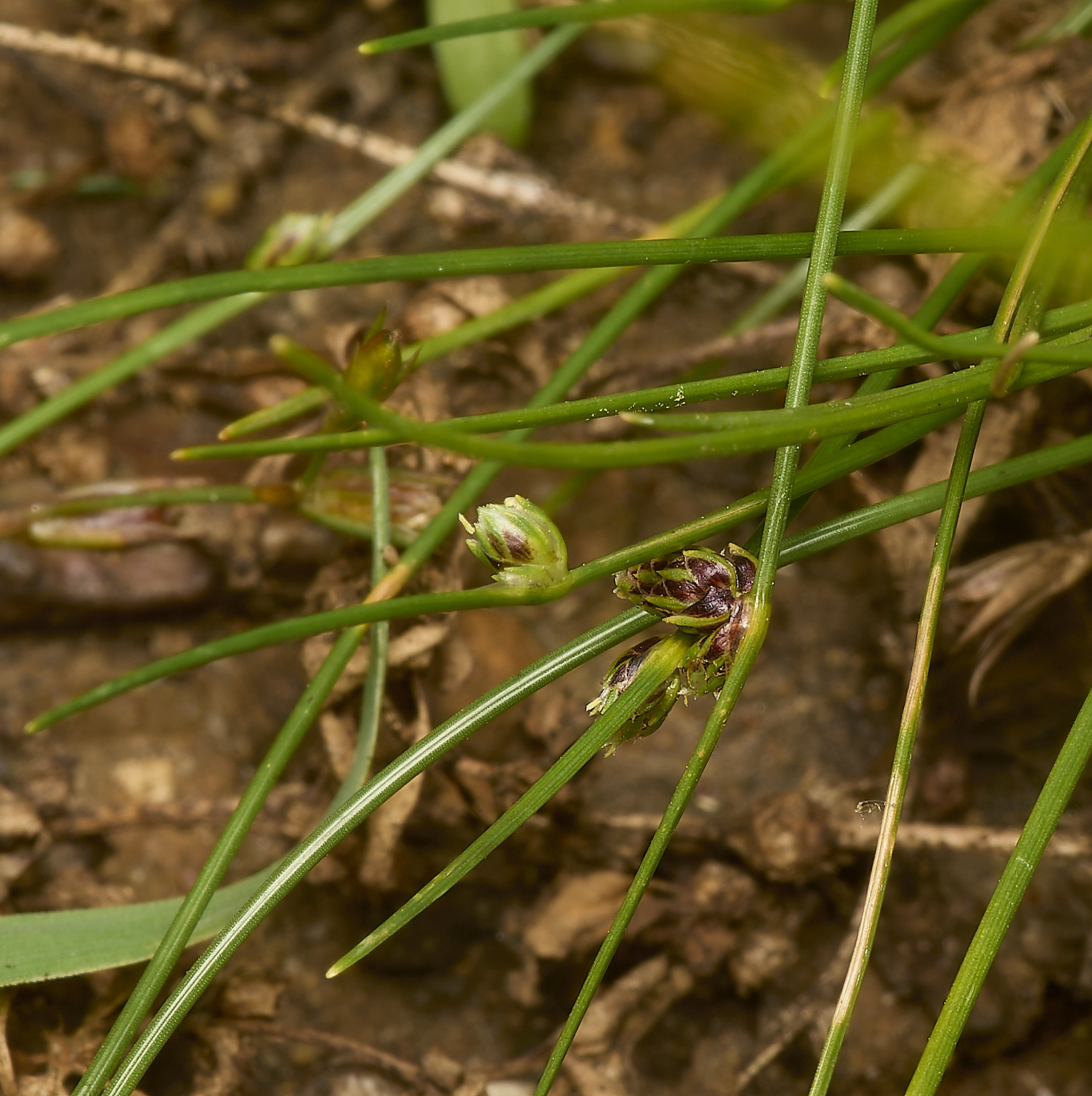
Bristle Club-rush Isolepis setacea)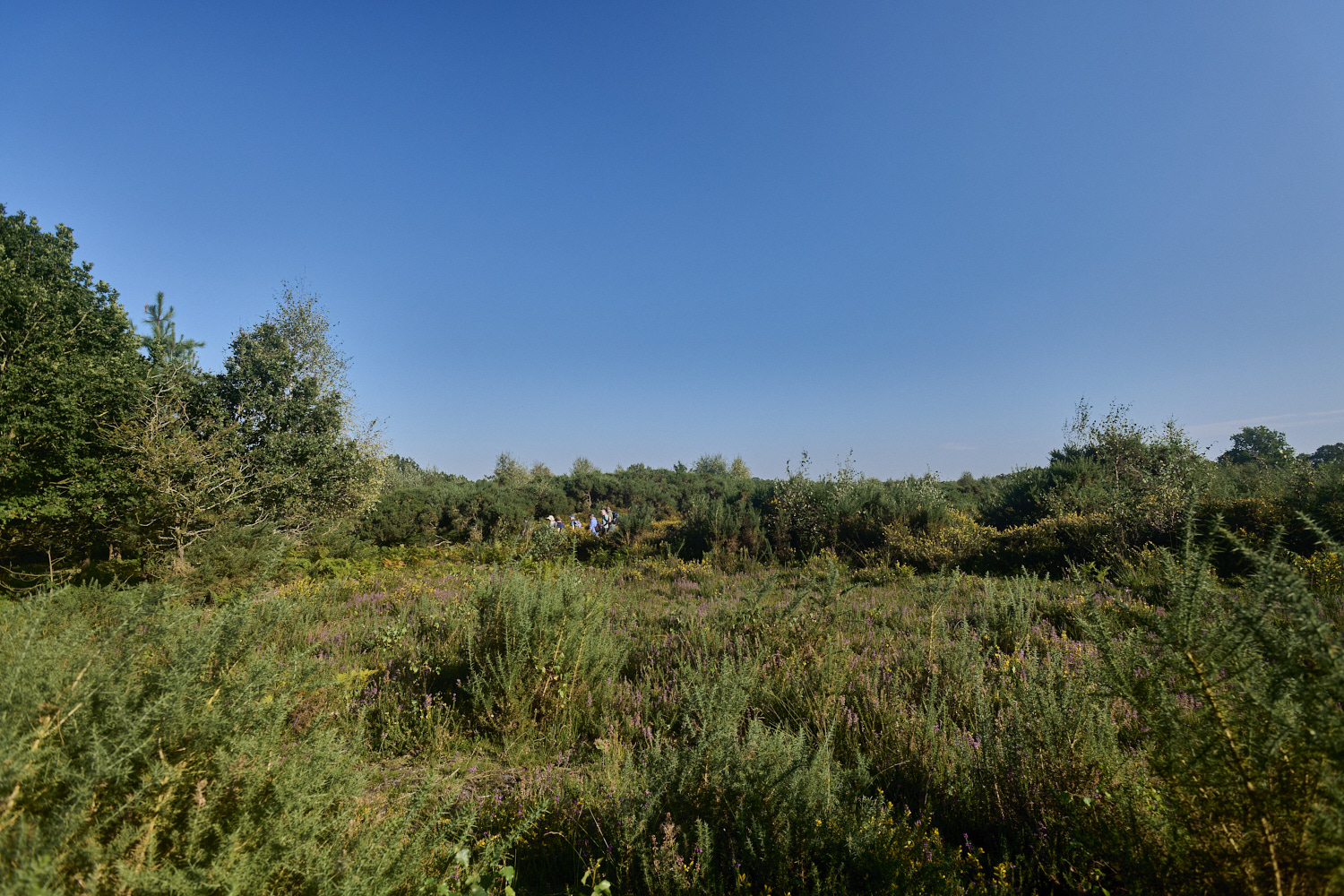
Beeston Common
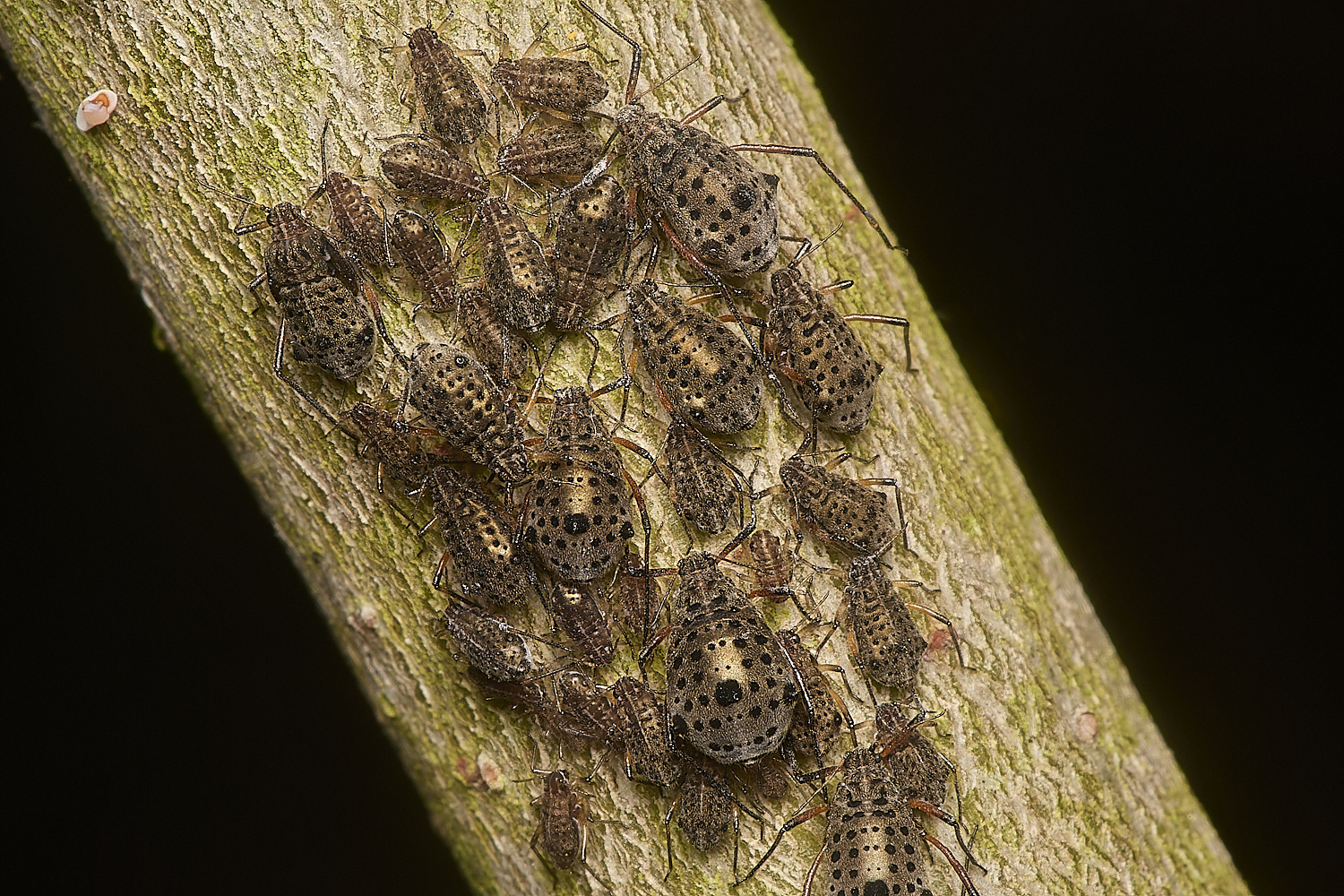
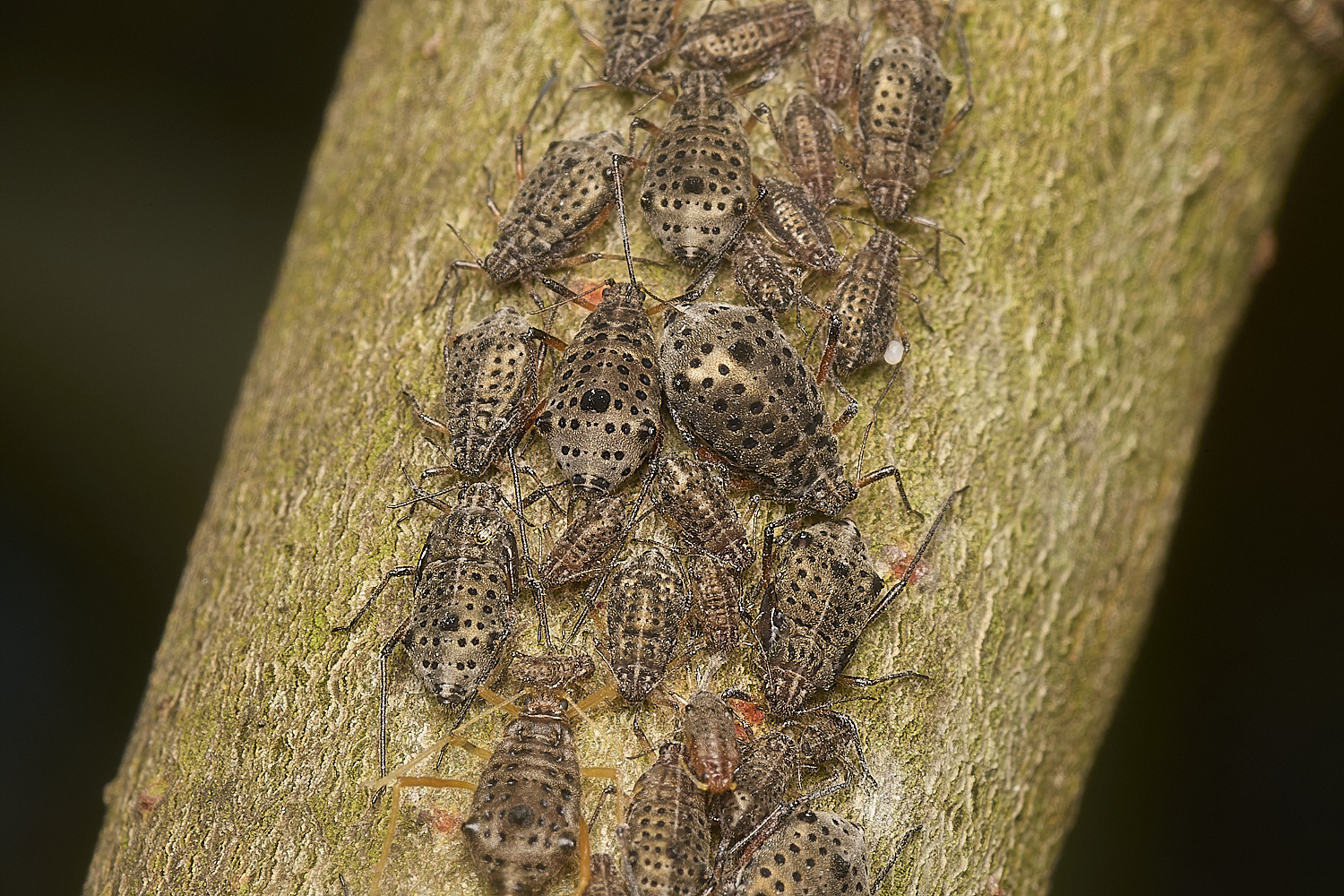
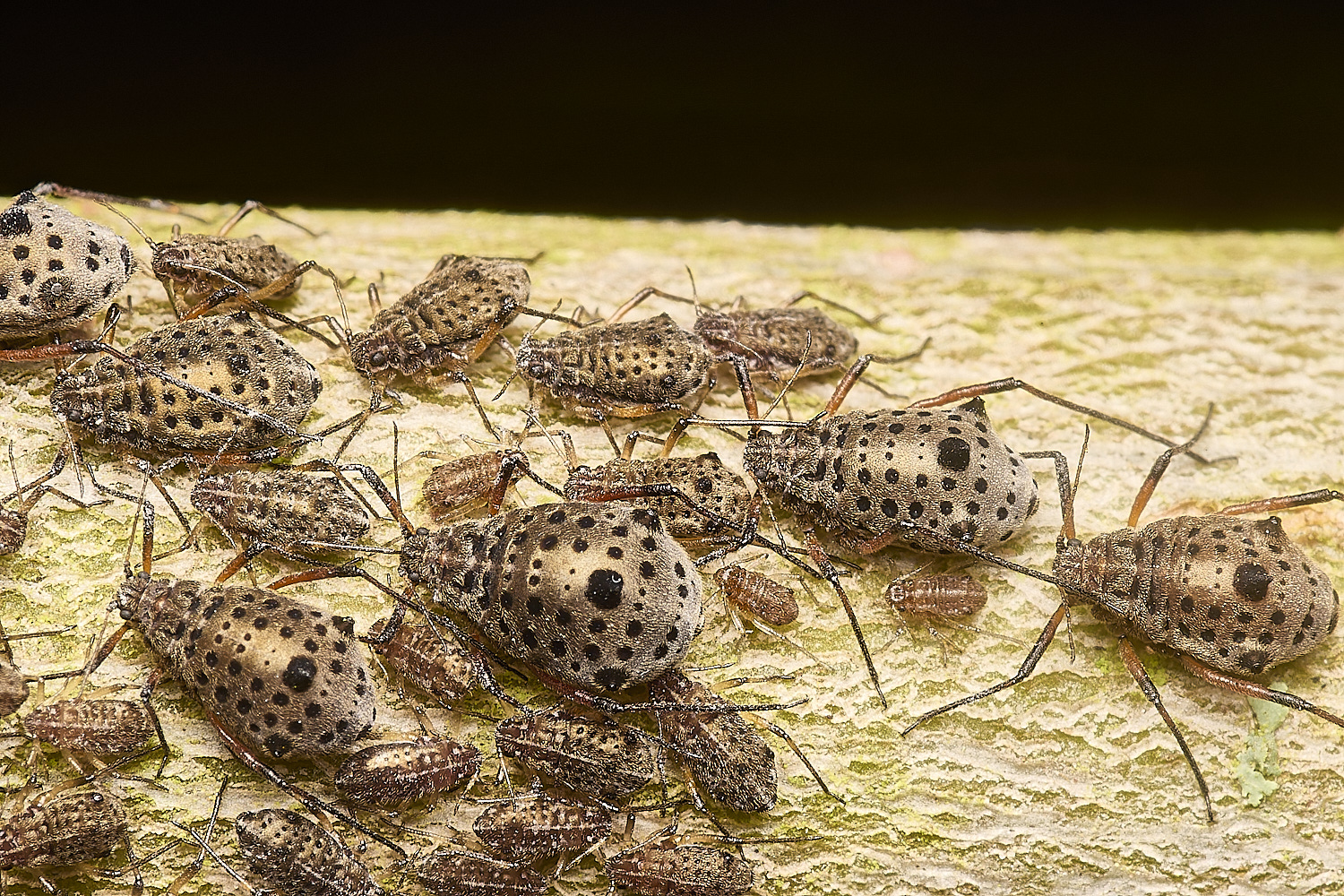
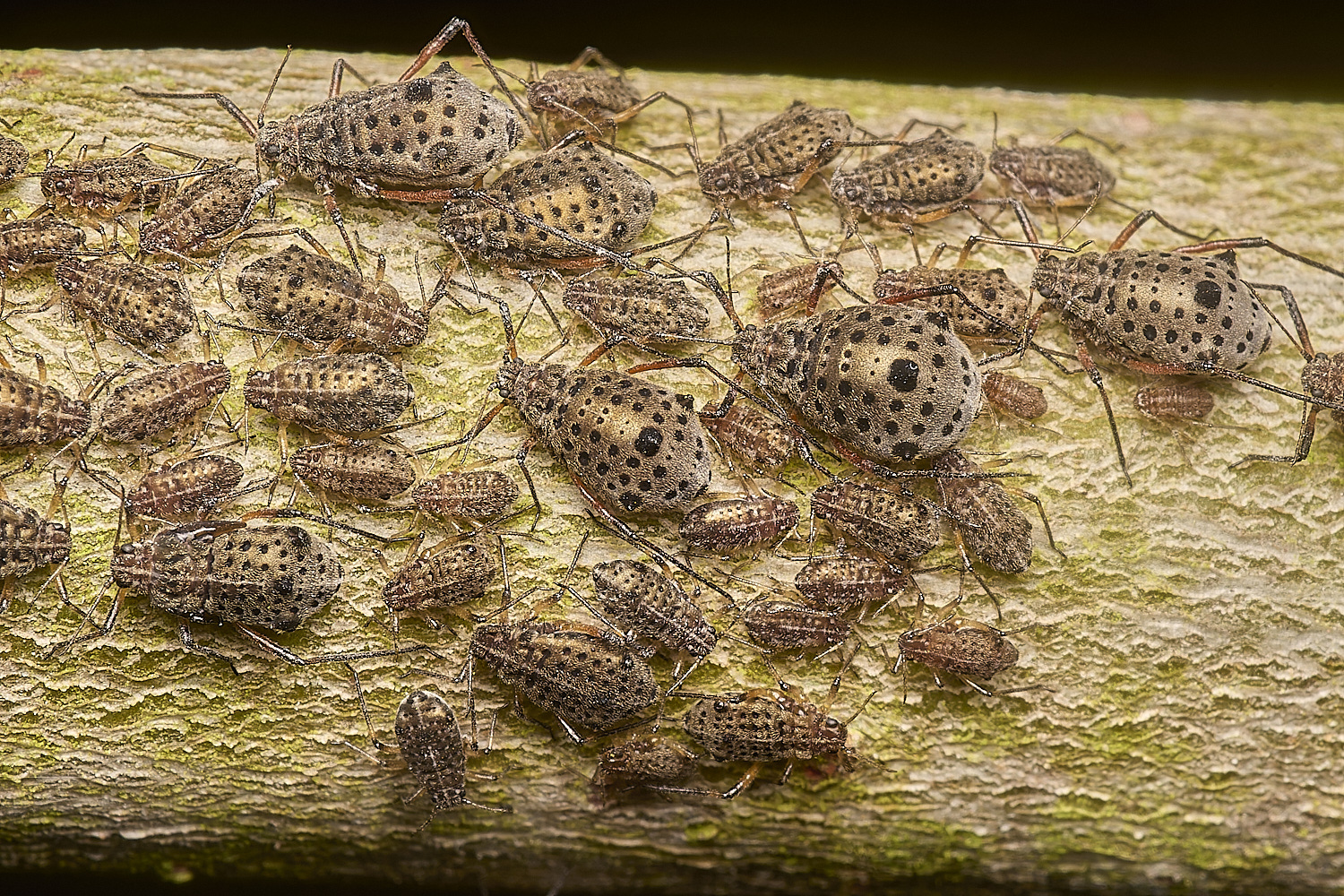
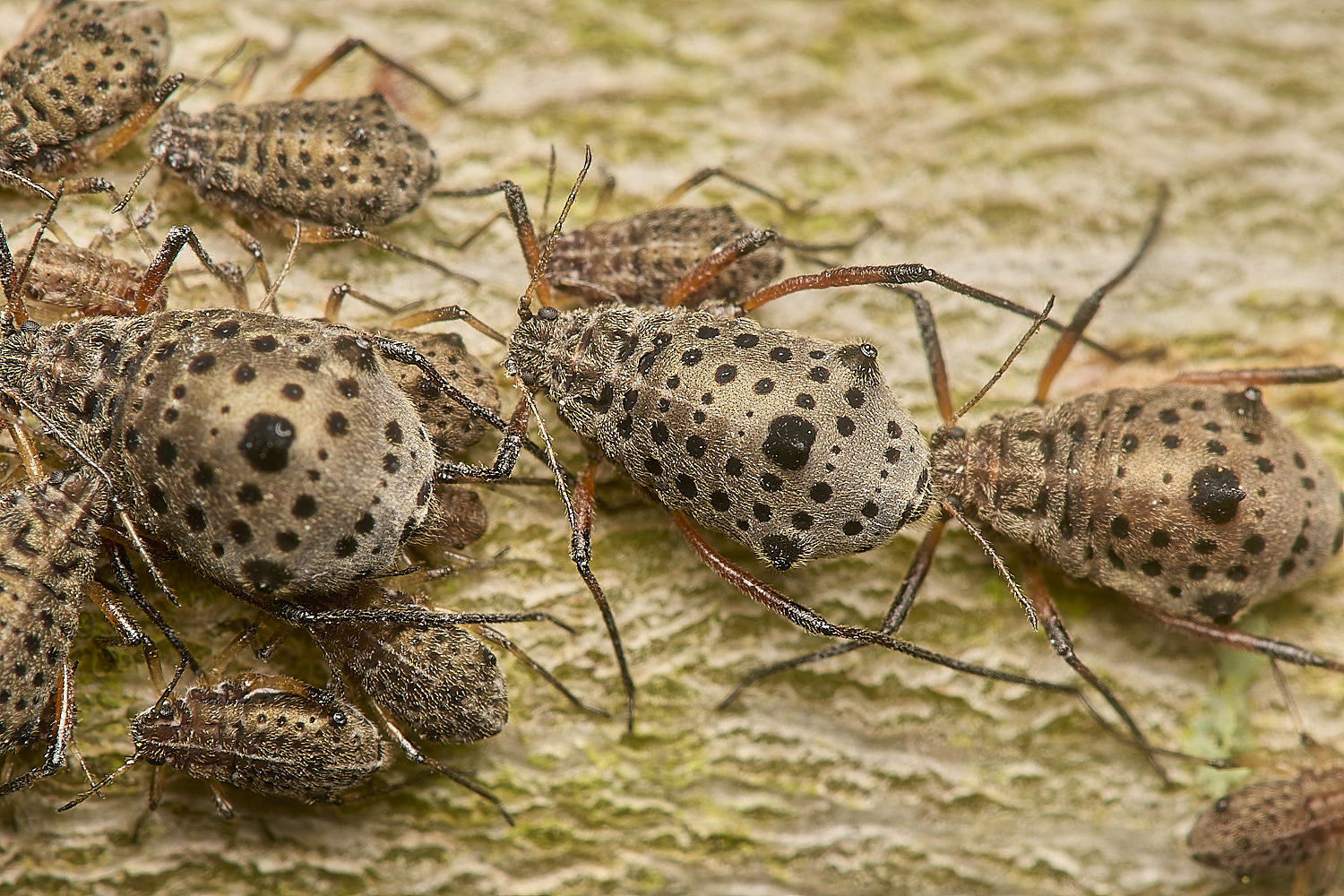
Large Willow Bark Aphid (Tuberolachnus salignus)
from
Influential Points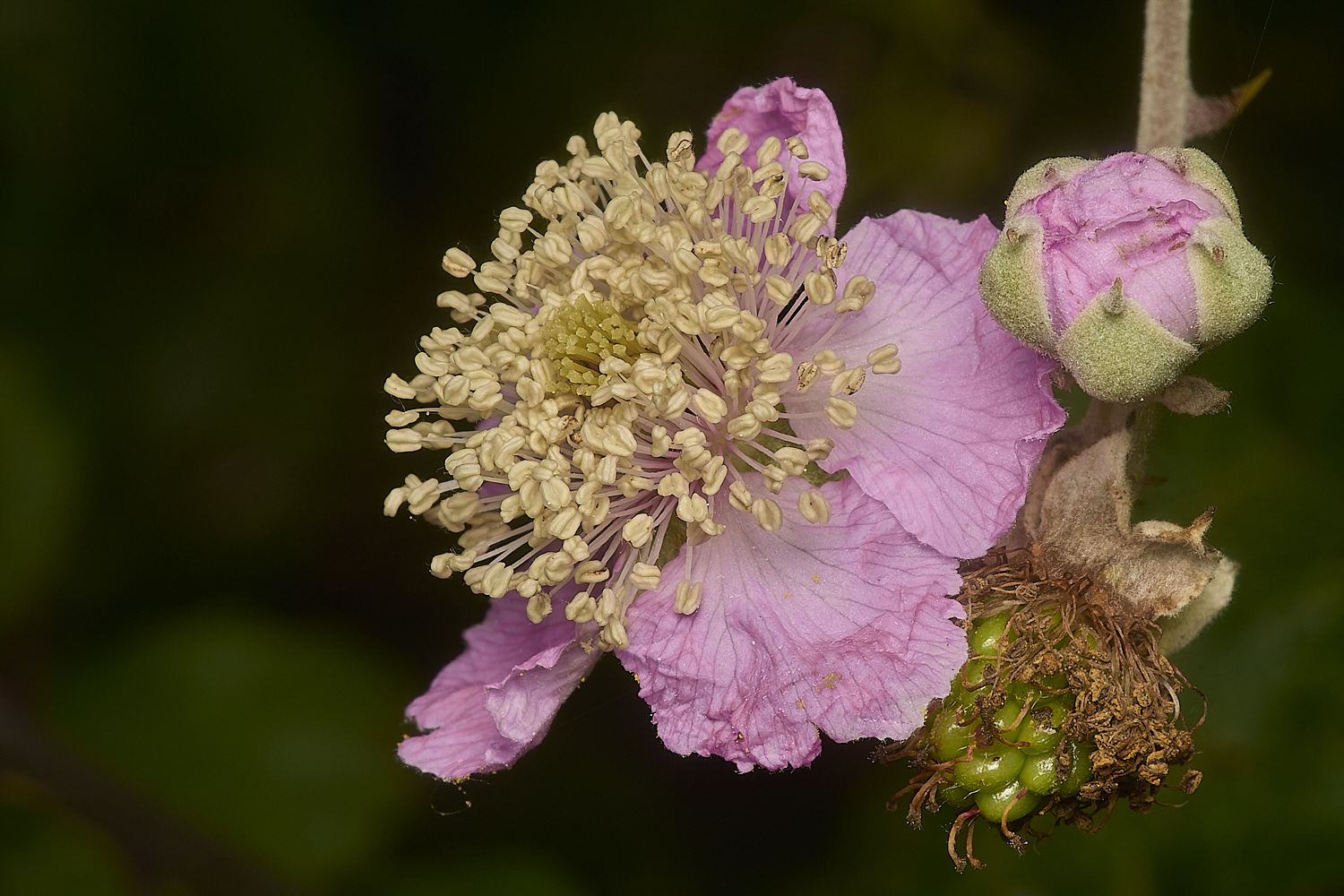
Bramble Sp
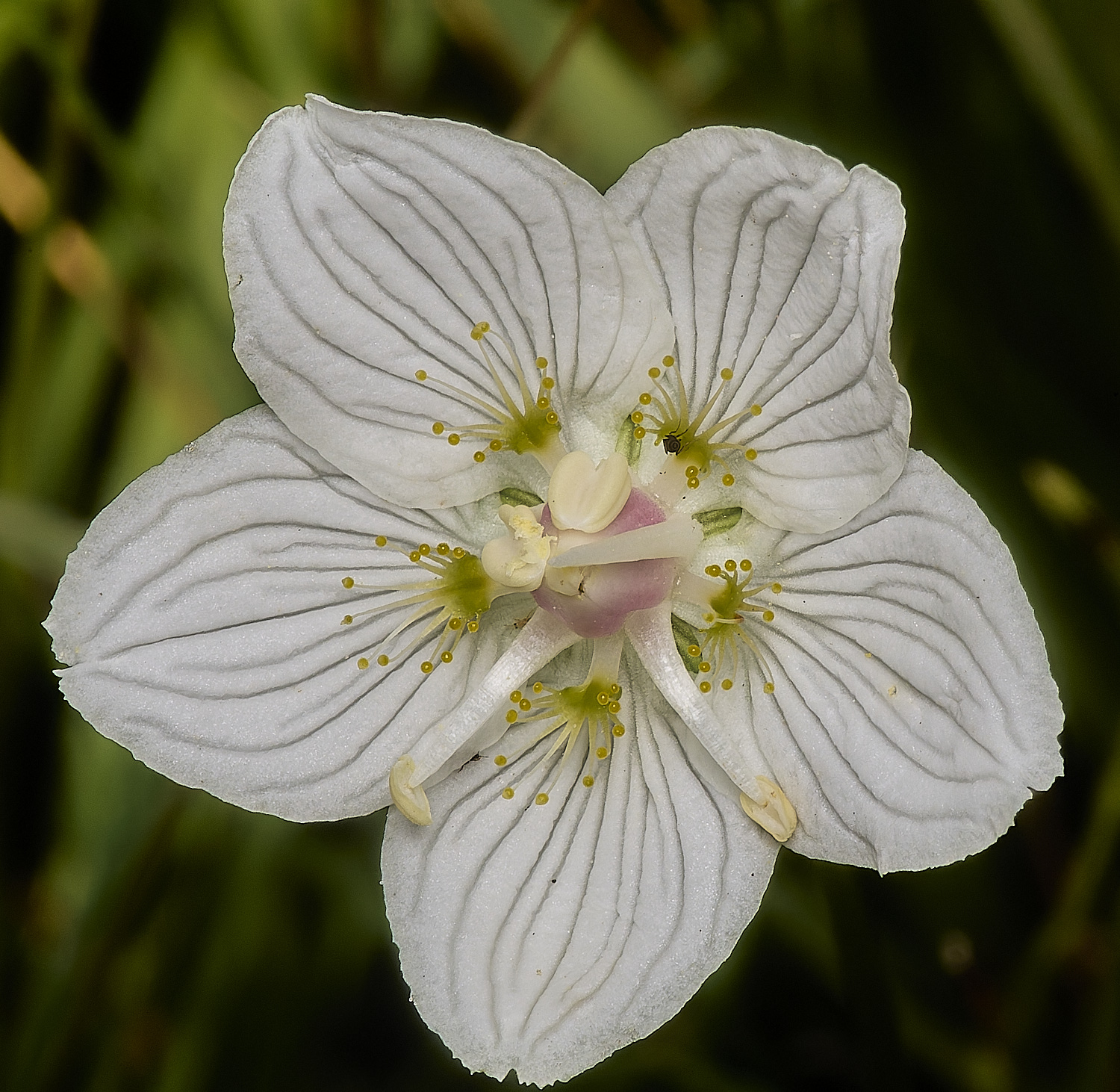
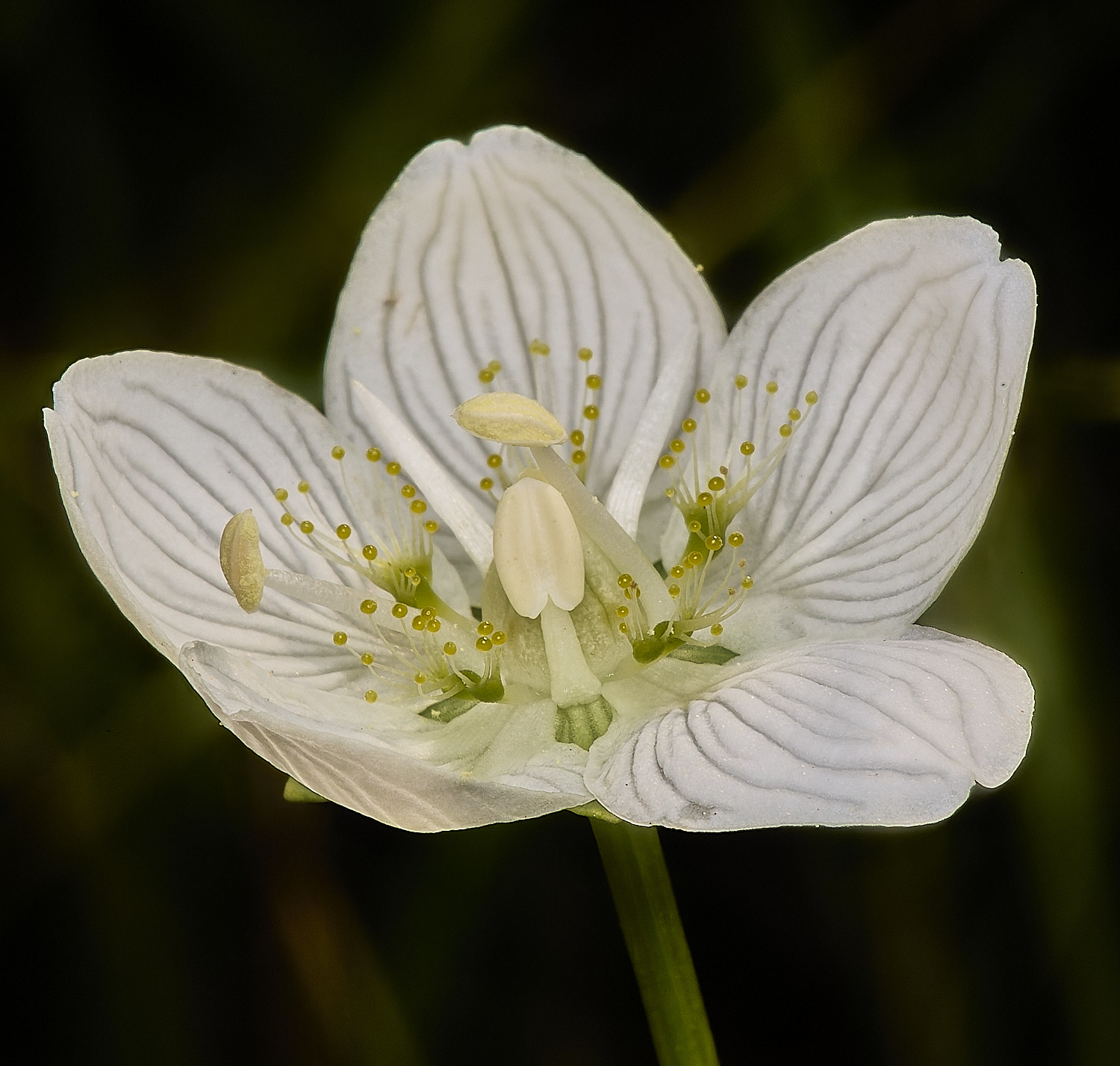

Grass of Parnassus (Parnassia palustris)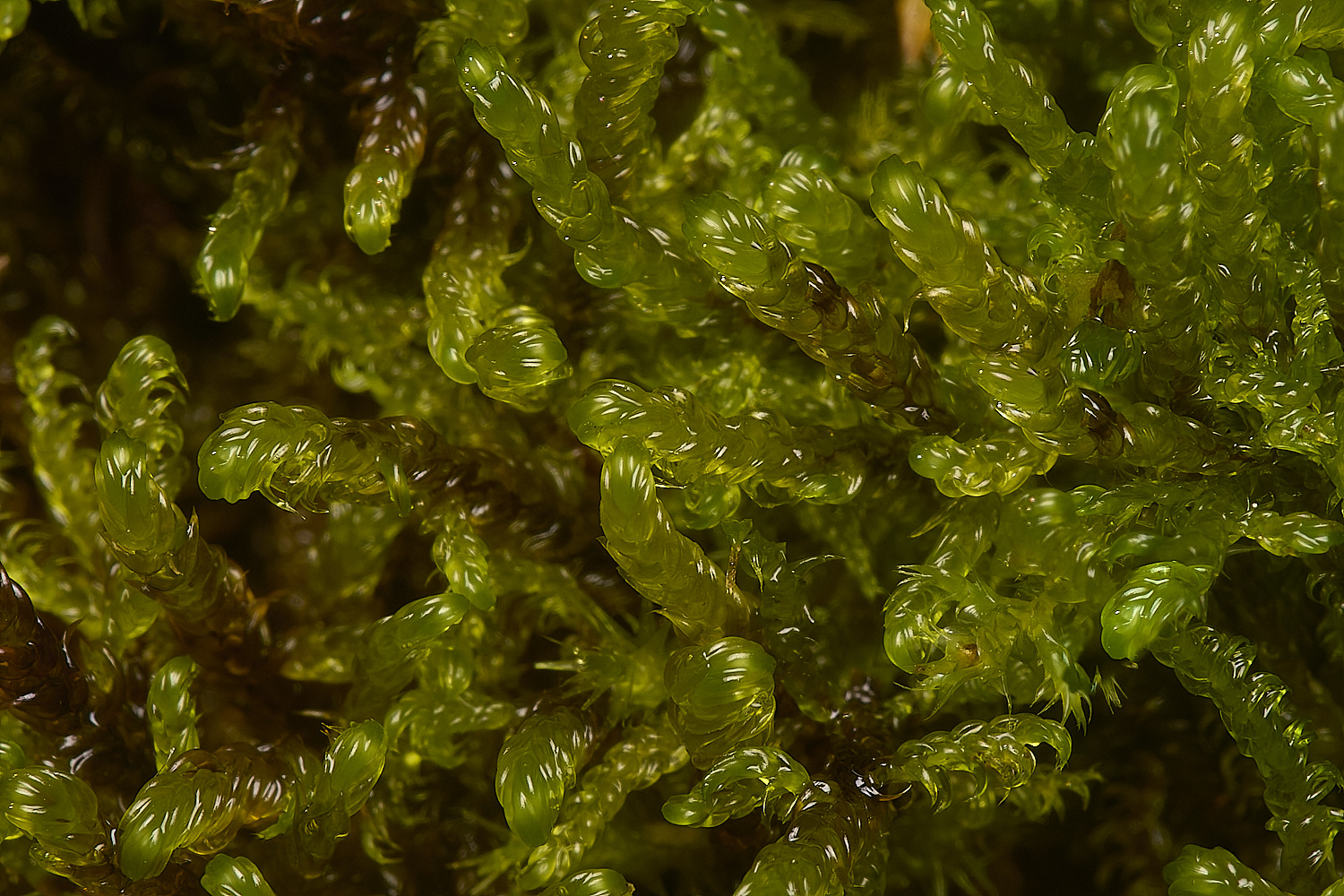
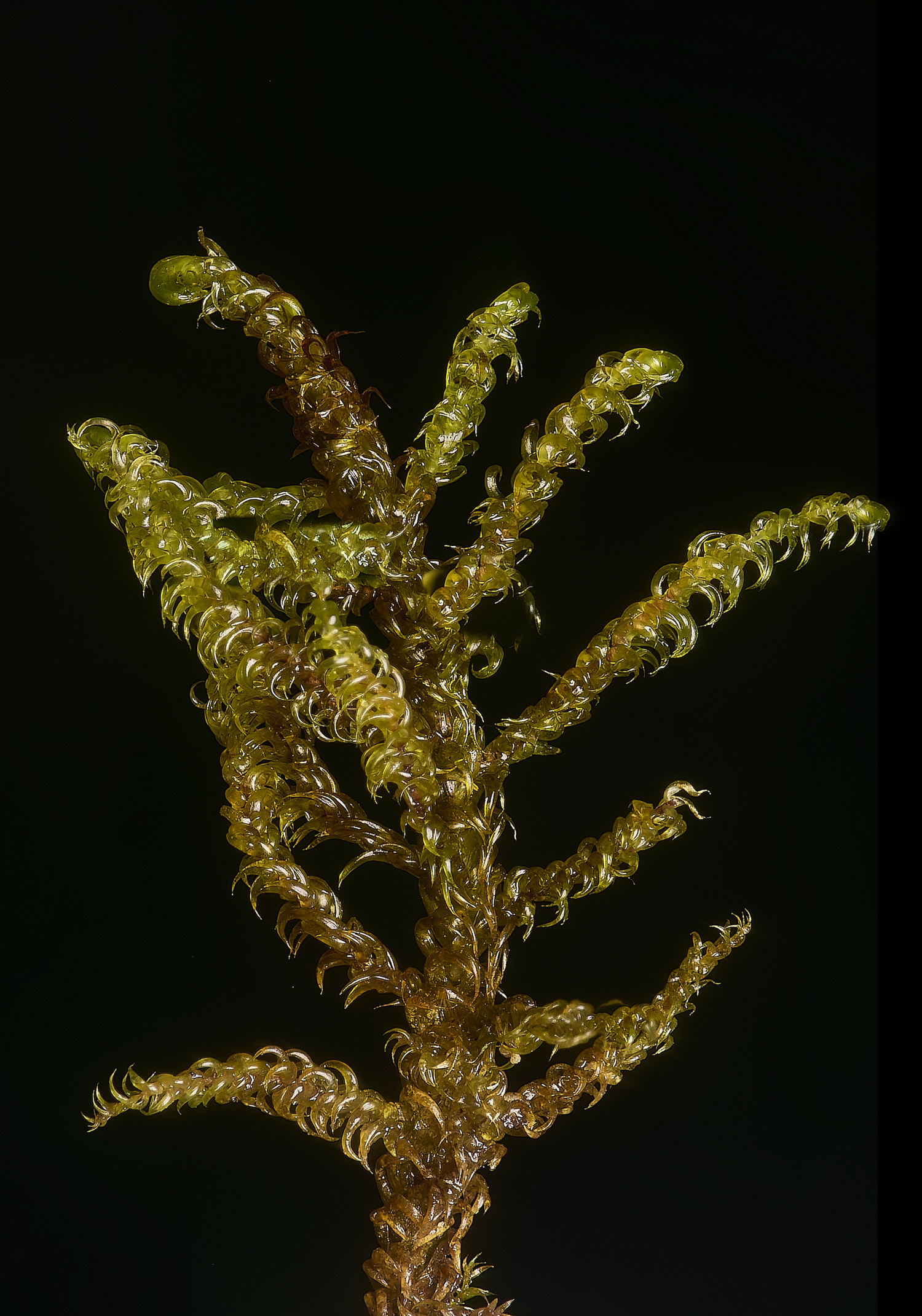
Intermediate Hook-moss (Scorpidium cussonii)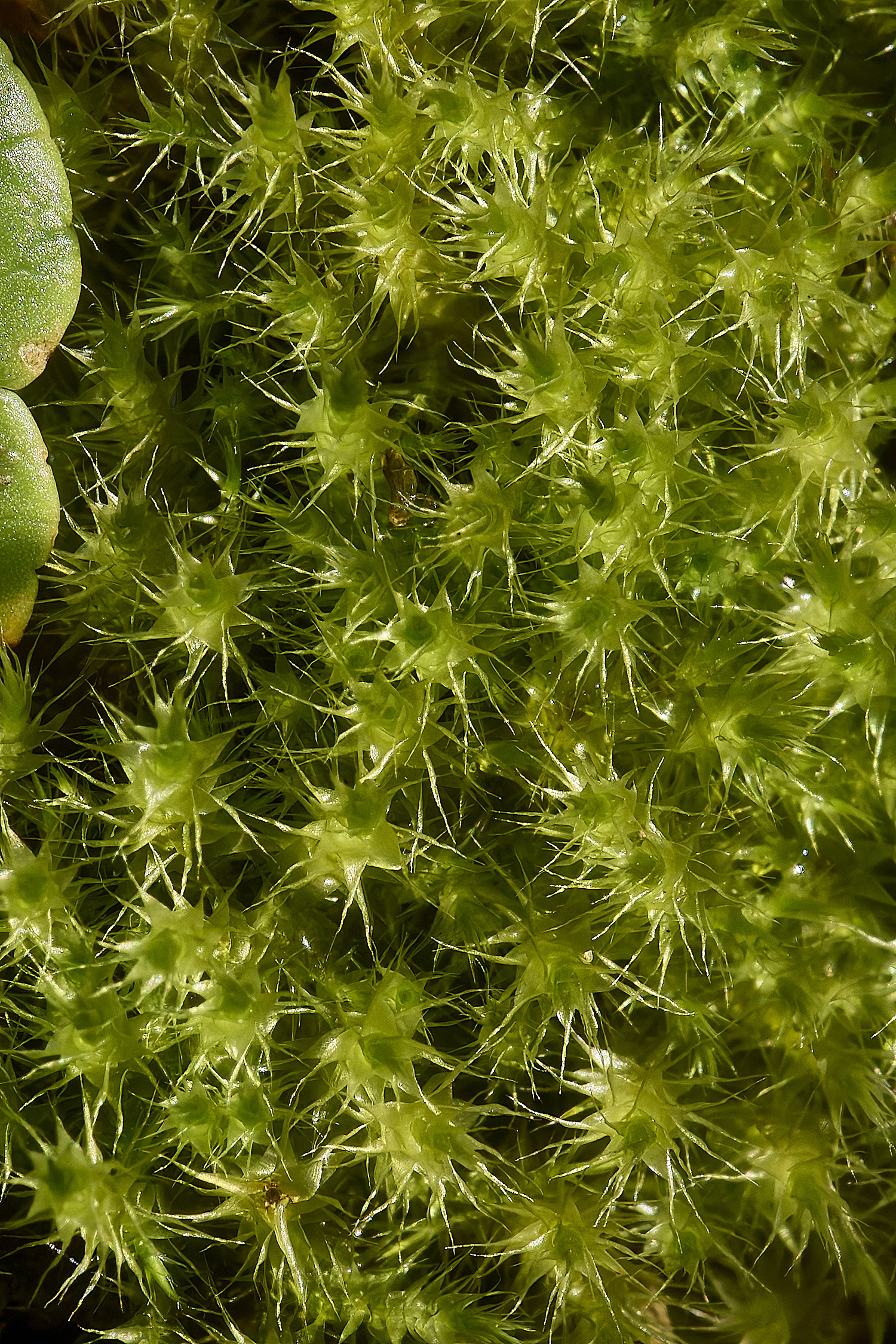
Yellow Starry Feather-moss (Campylium stellatum)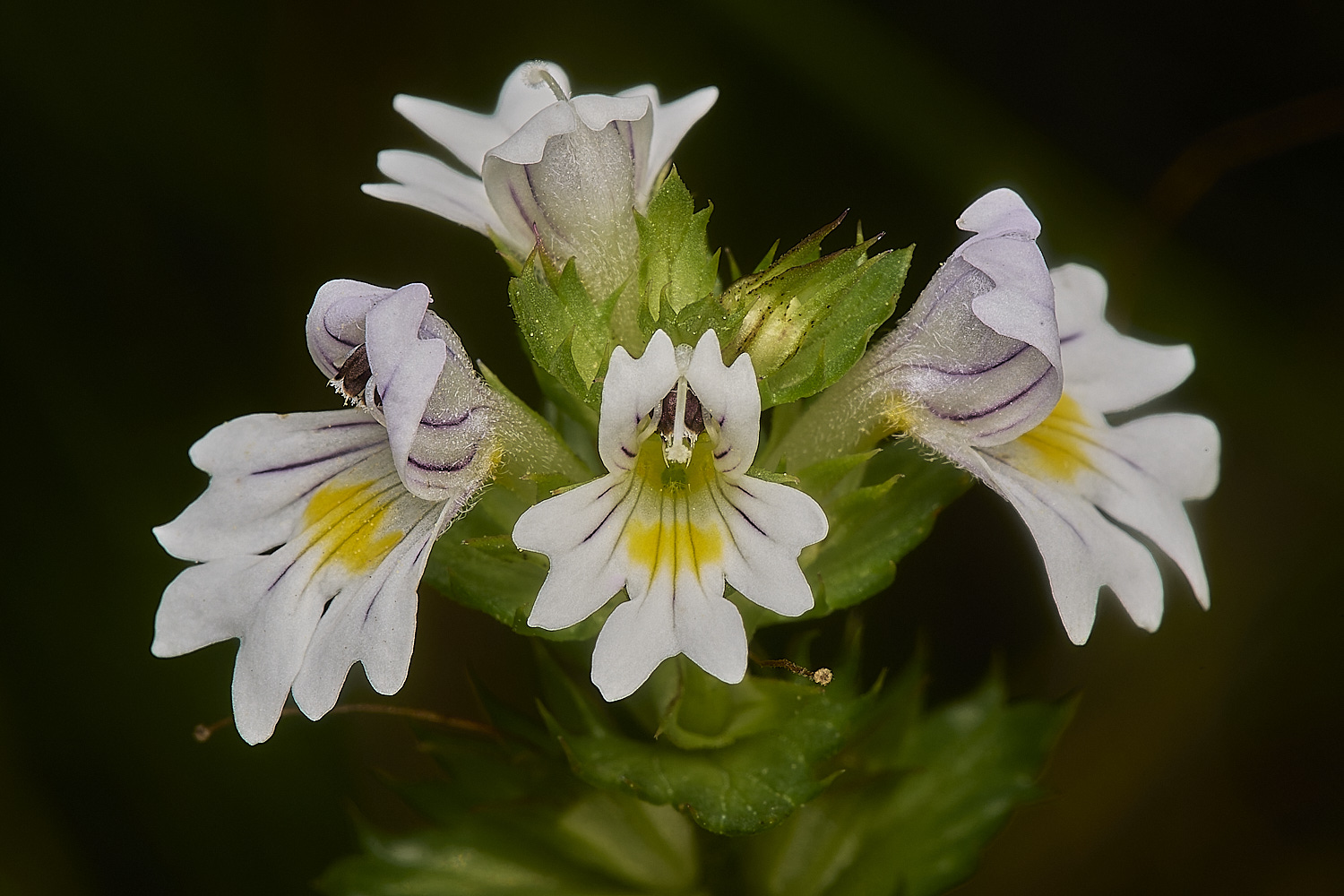
`Eyebright Sp (Euphrasia Sp)
Wheatfen
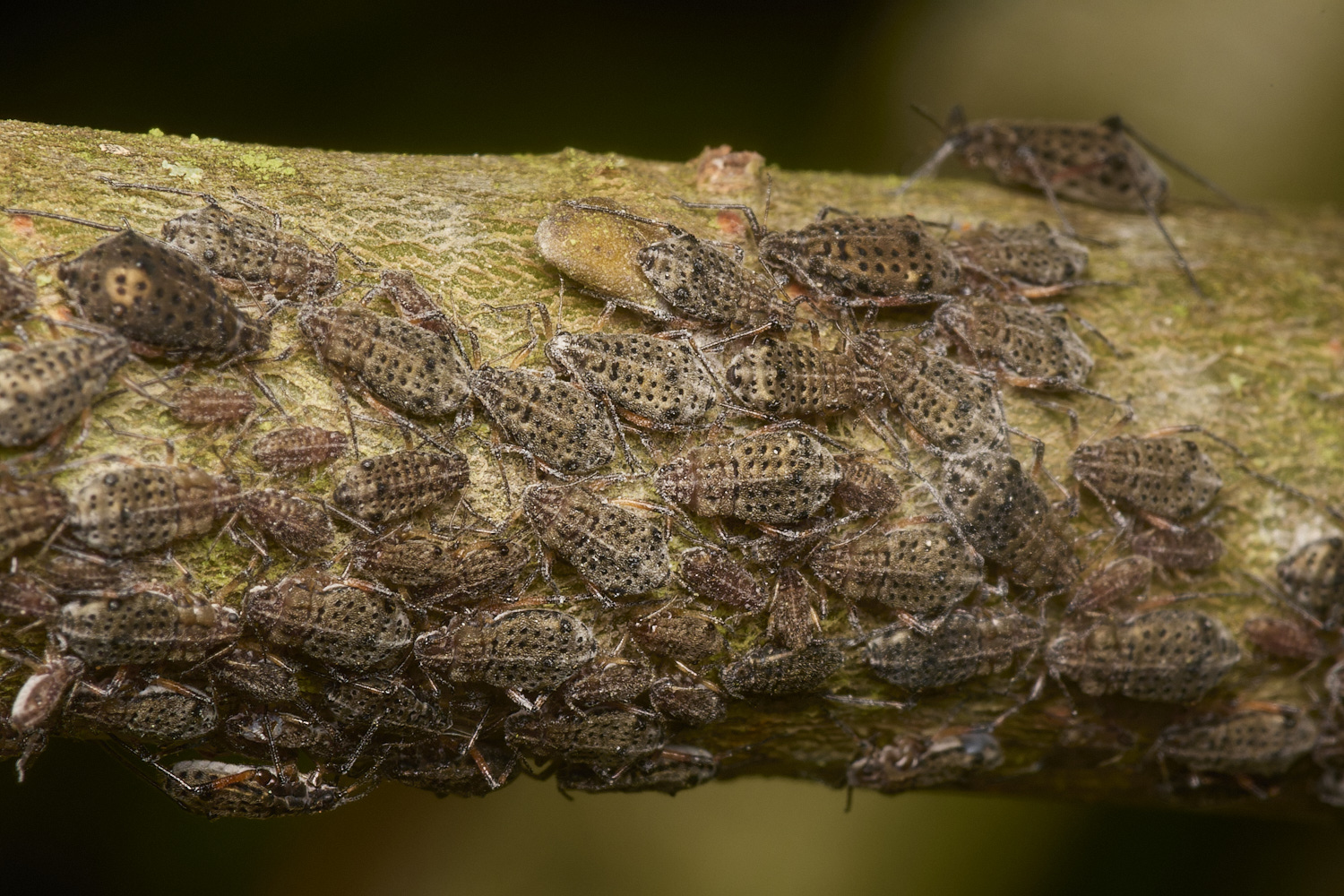
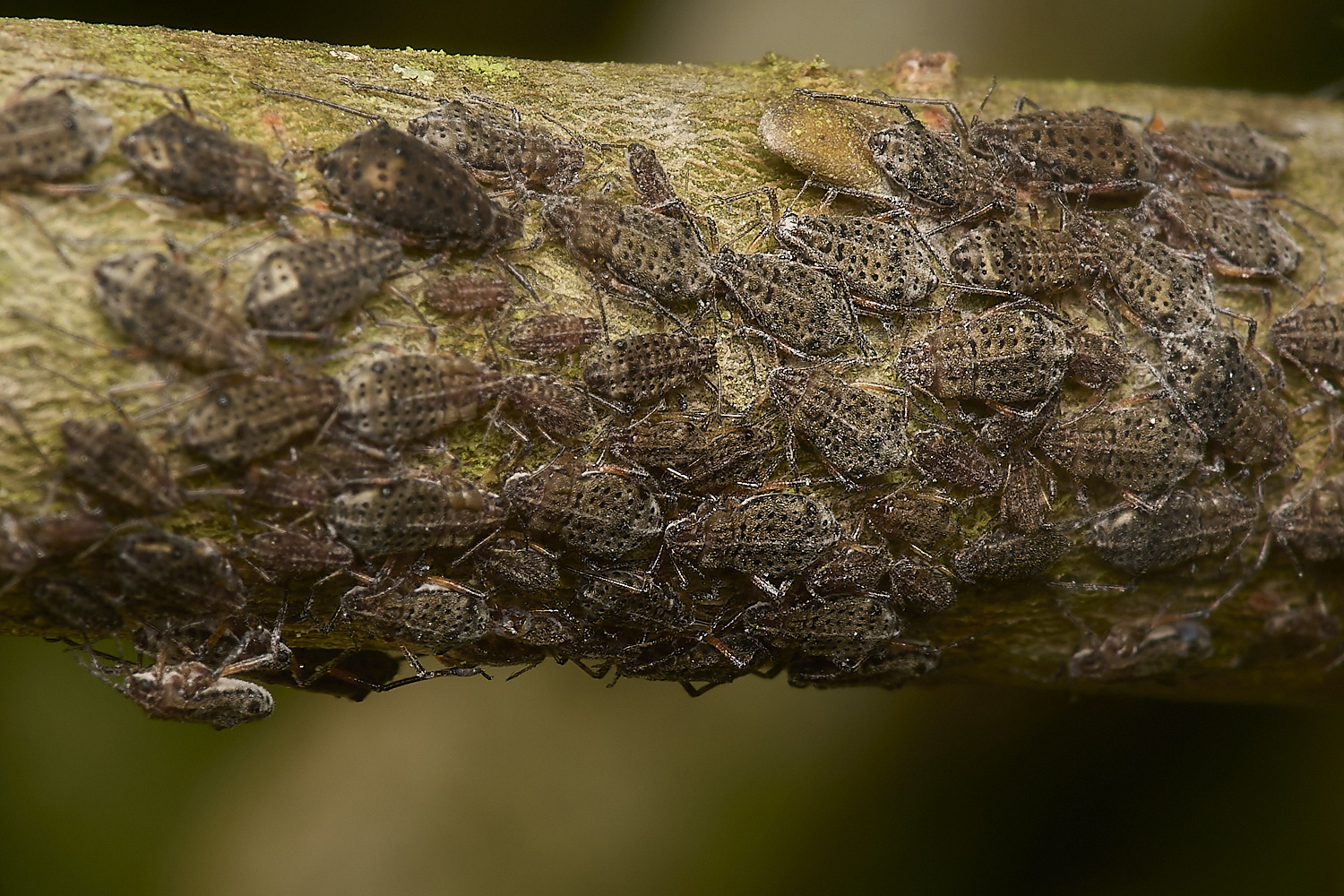
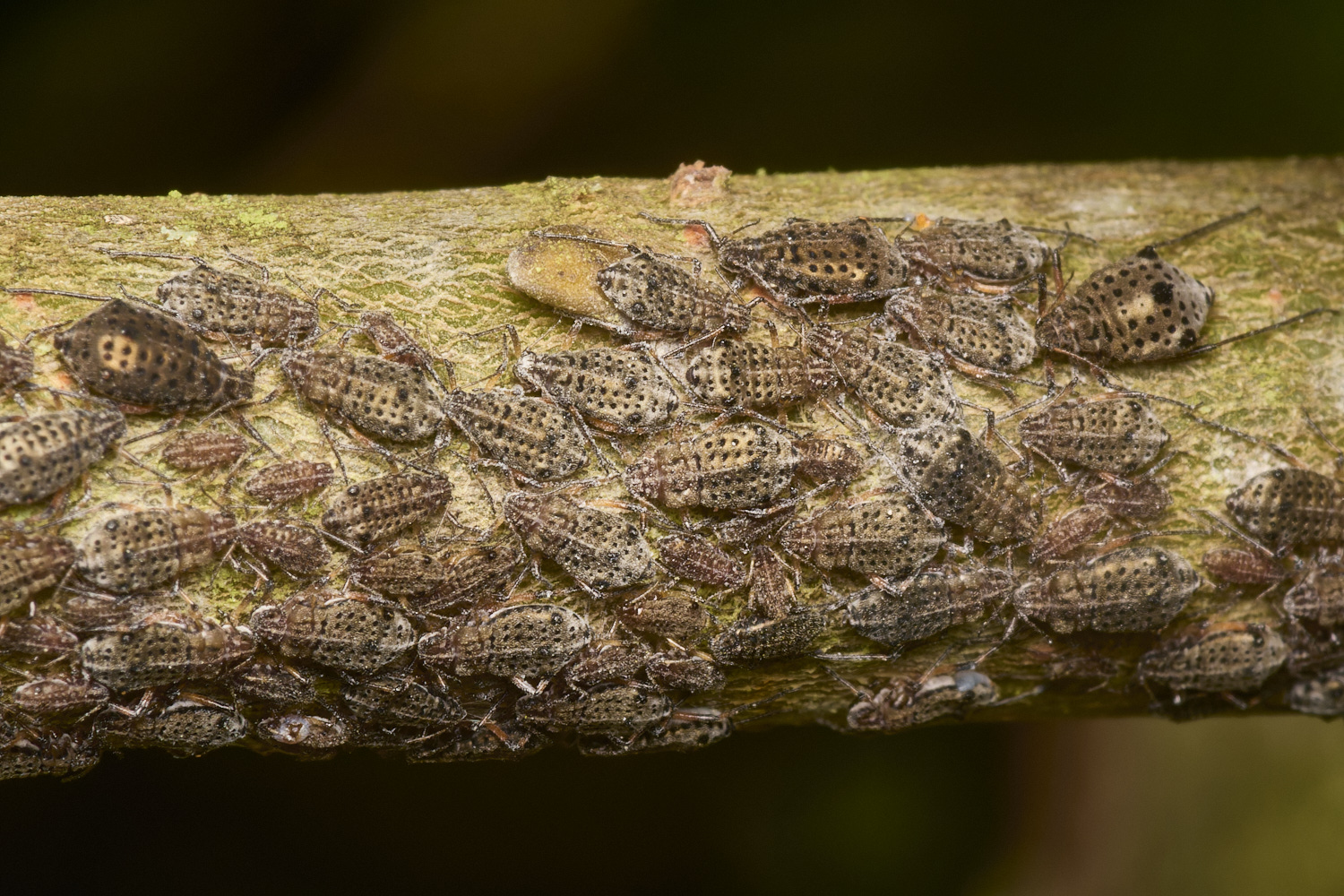
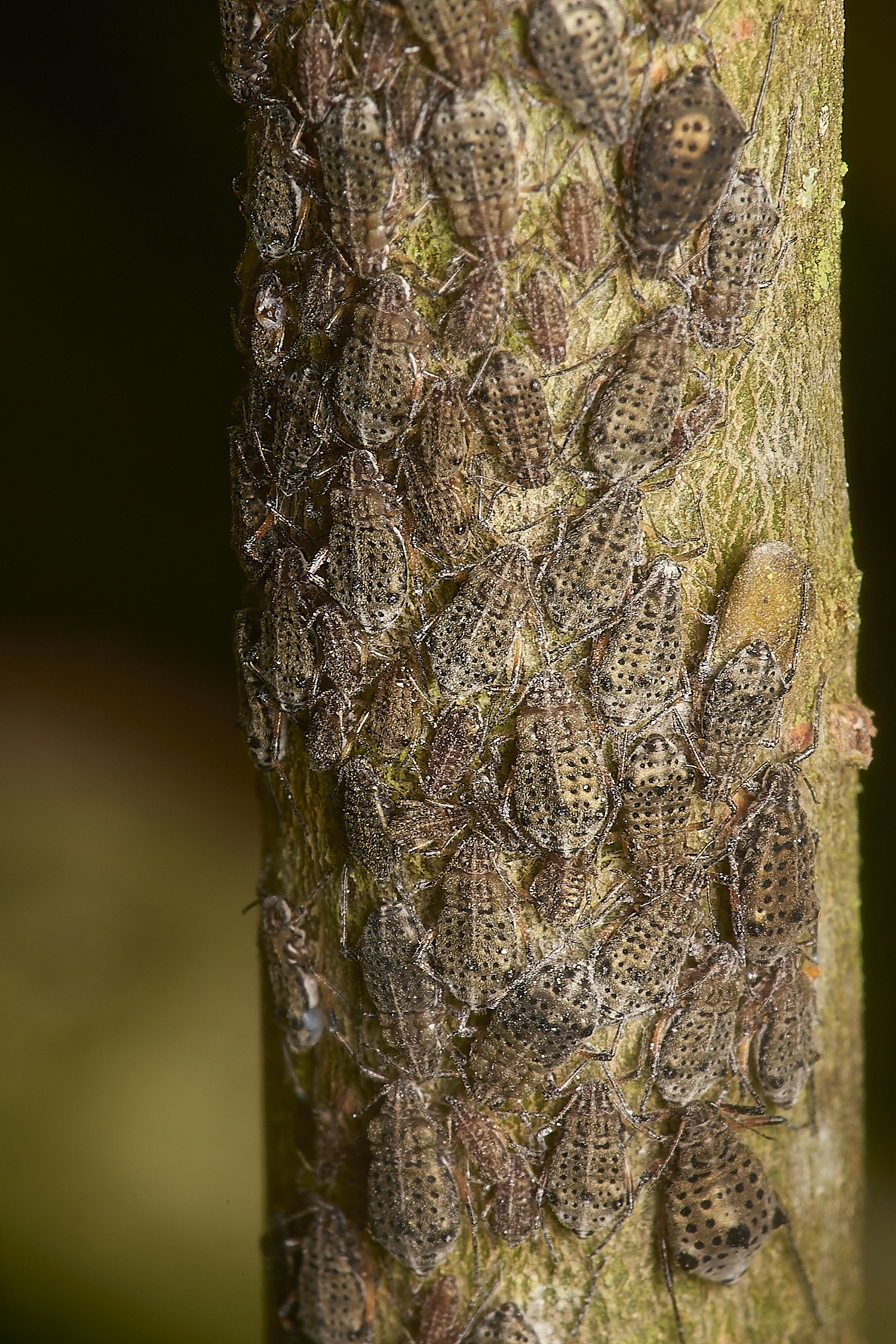
Large Willow Bark Aphid (Tuberolachnus salignus)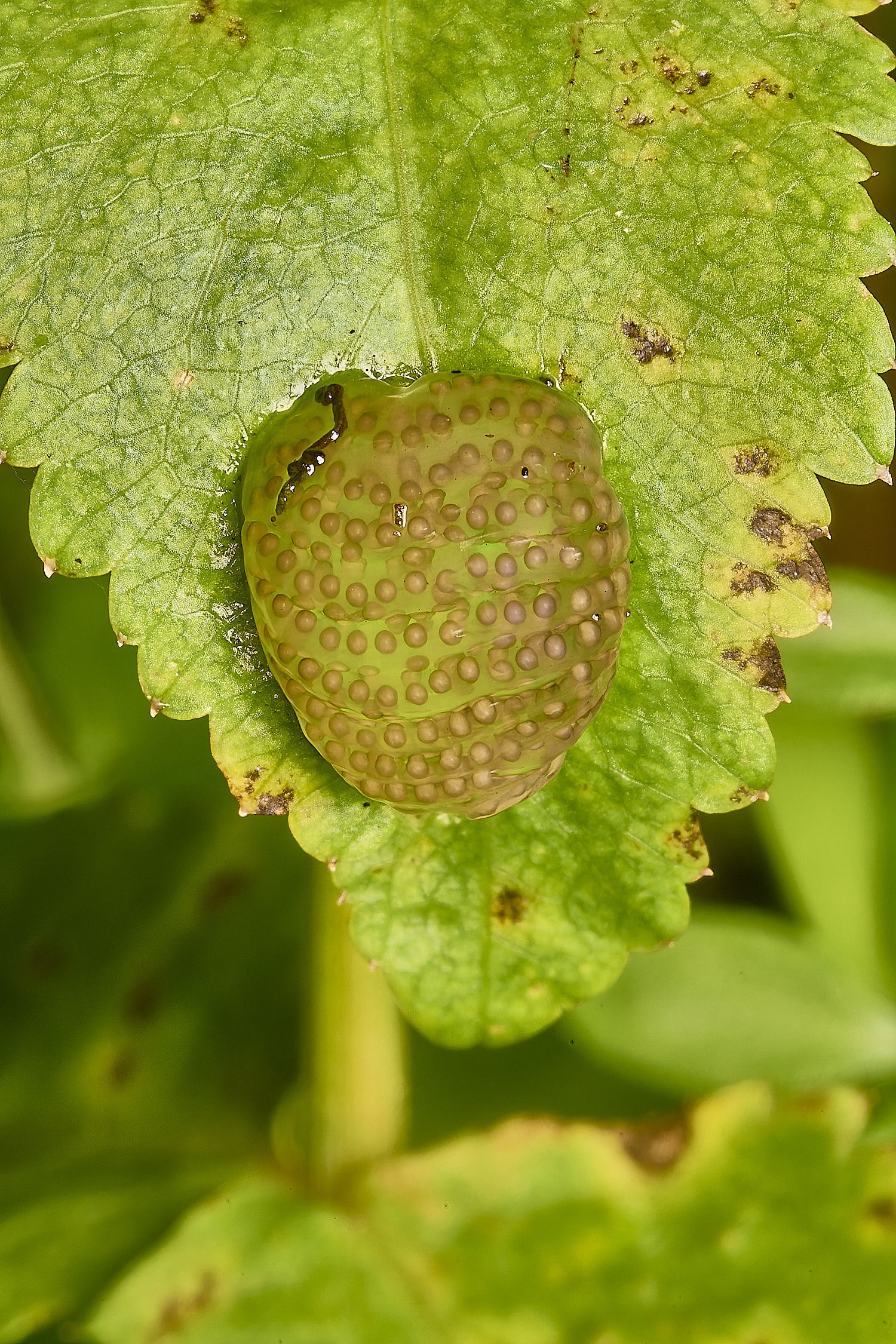
The egg mass of a Caddisfly
Apparently there are only two Caddisflies that lay an egg mass like this.
One of those inhabits Highland bogs
Thus
Glyphotaelius pellucidus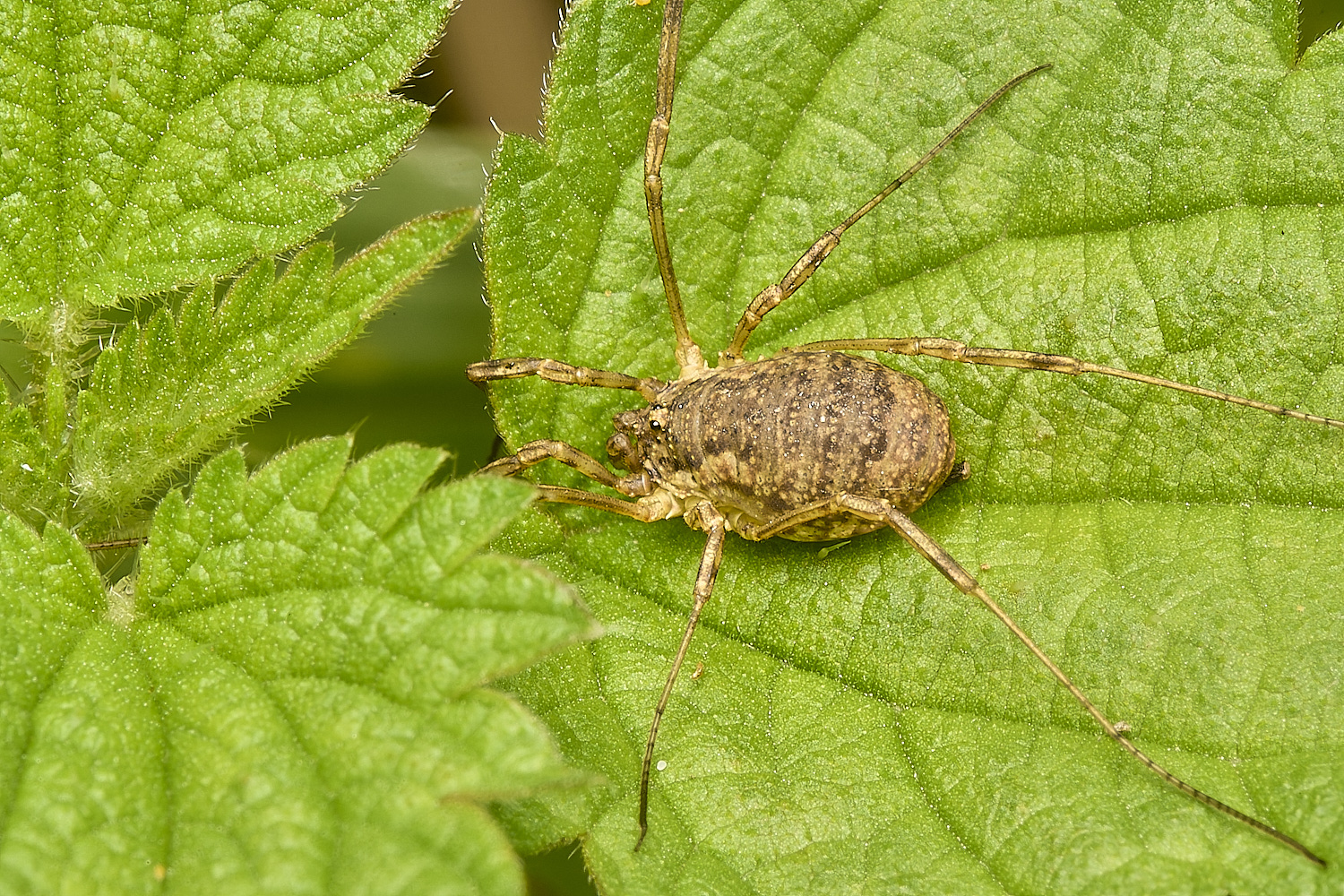
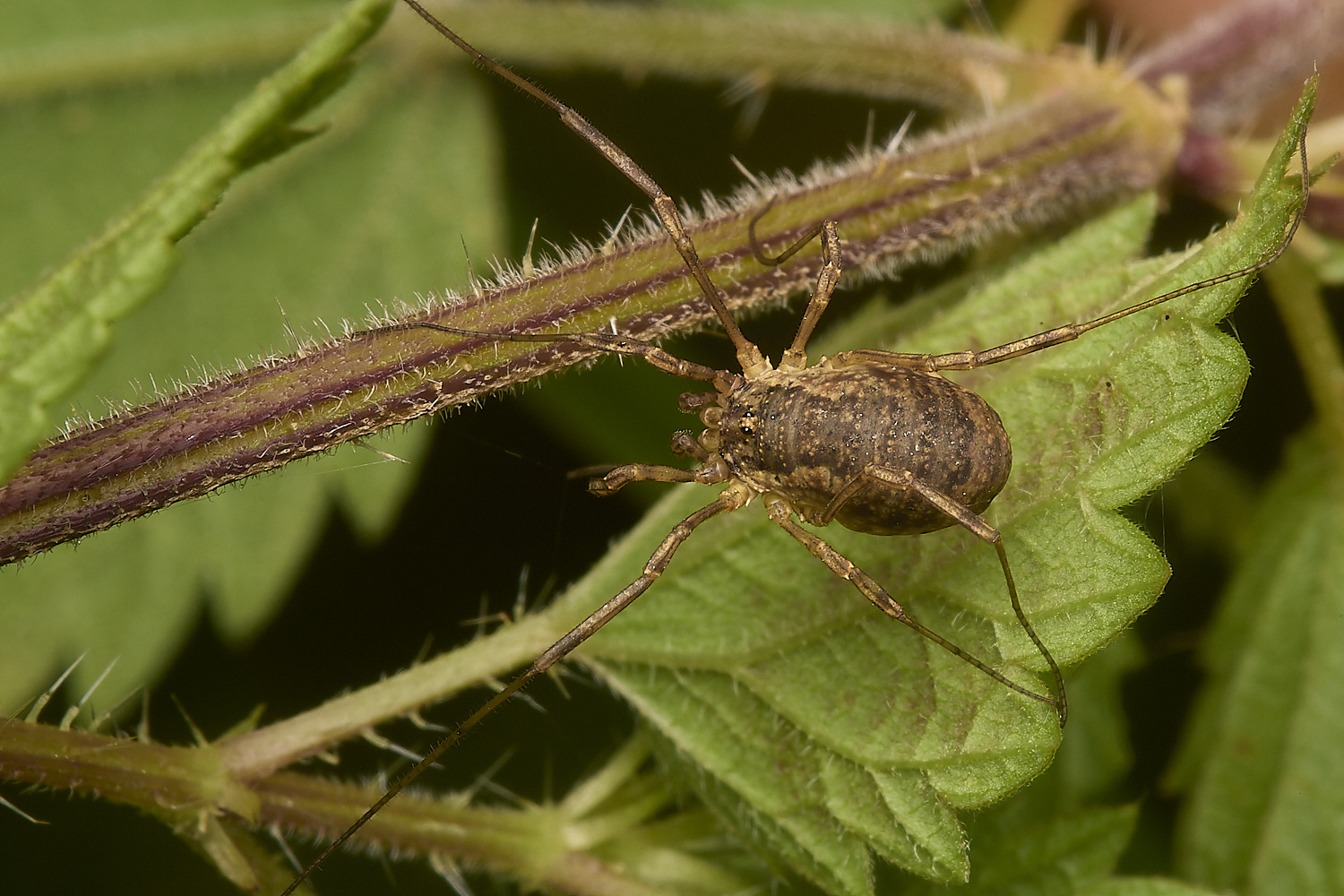
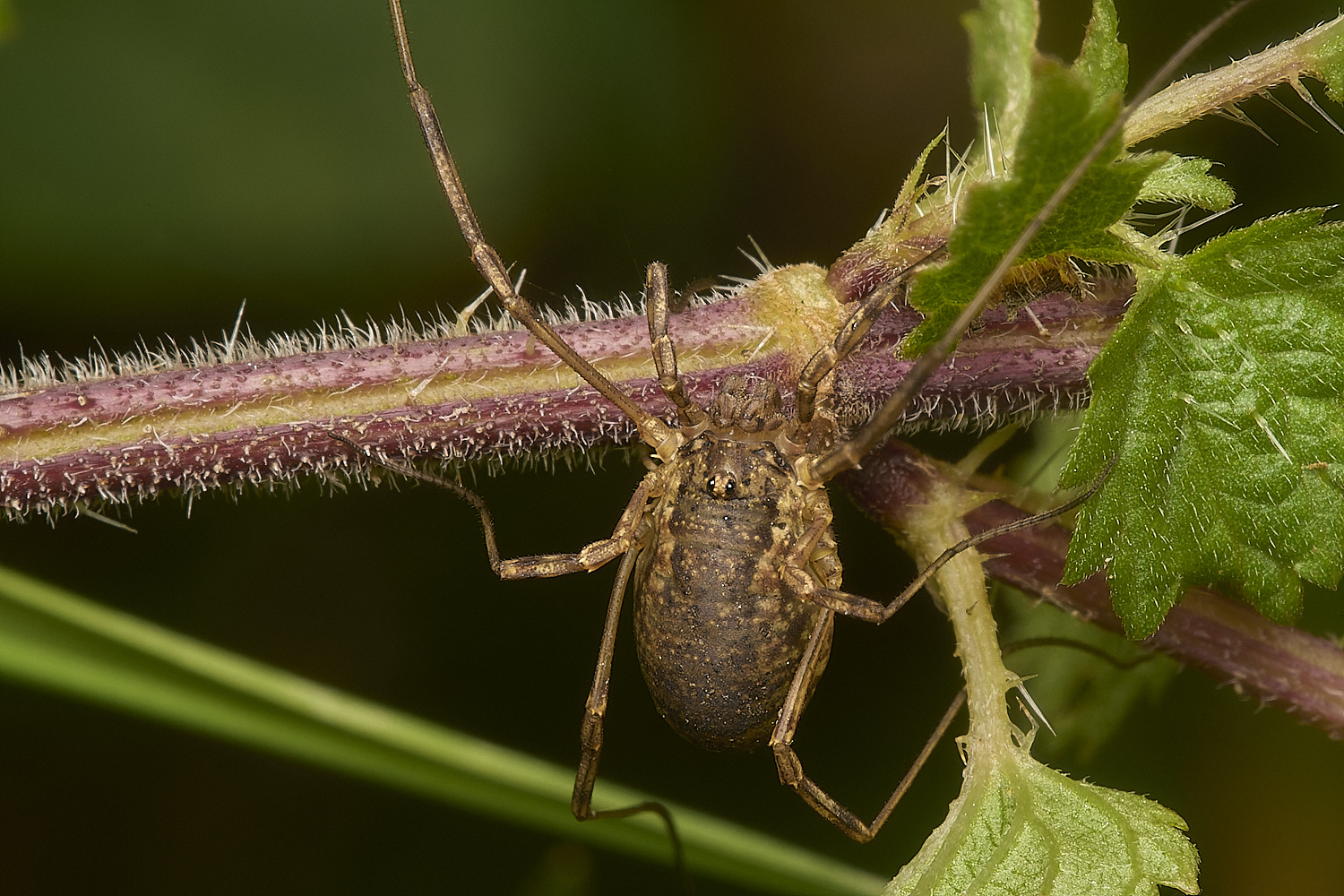
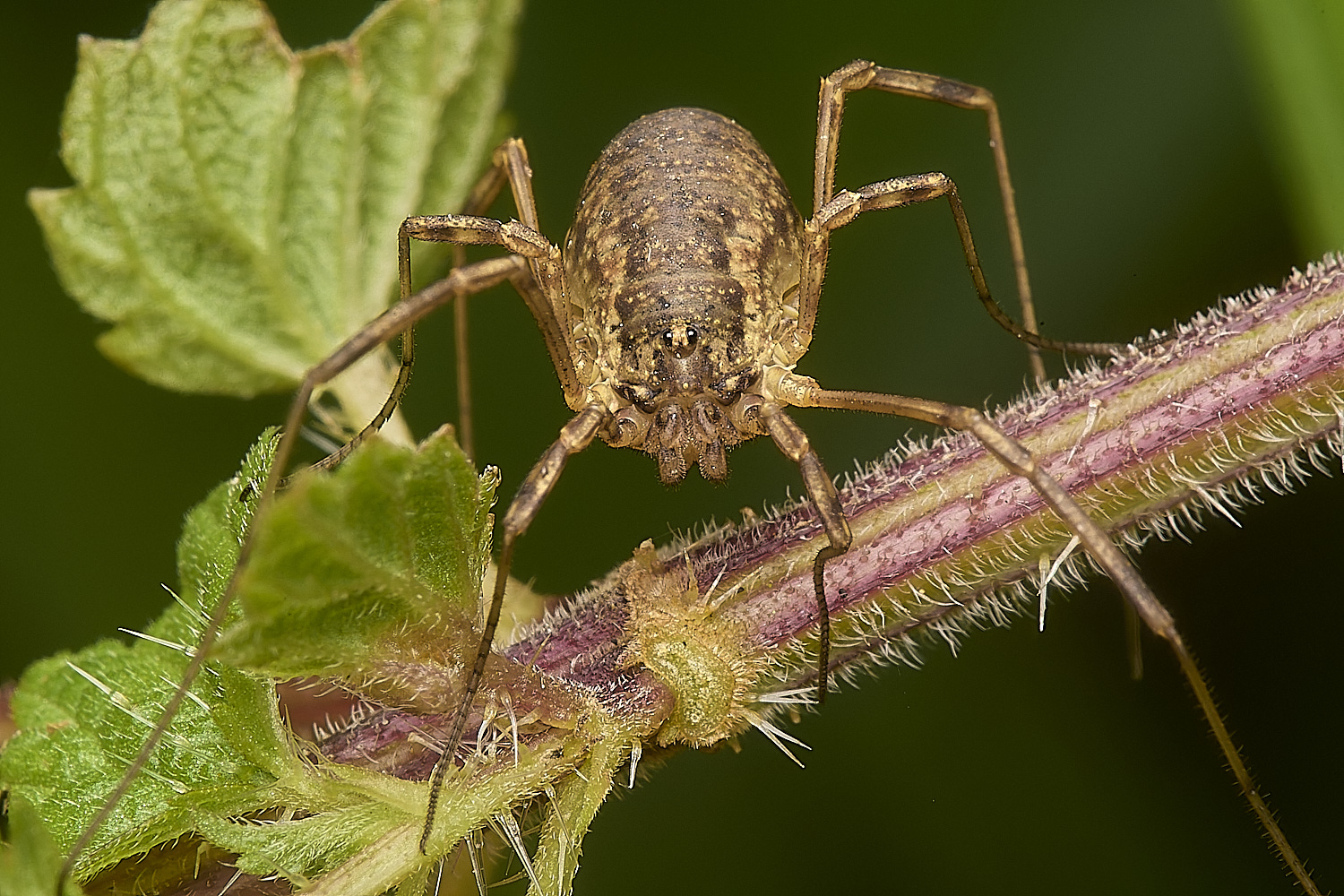
Oligolophus tridens
Hanworth
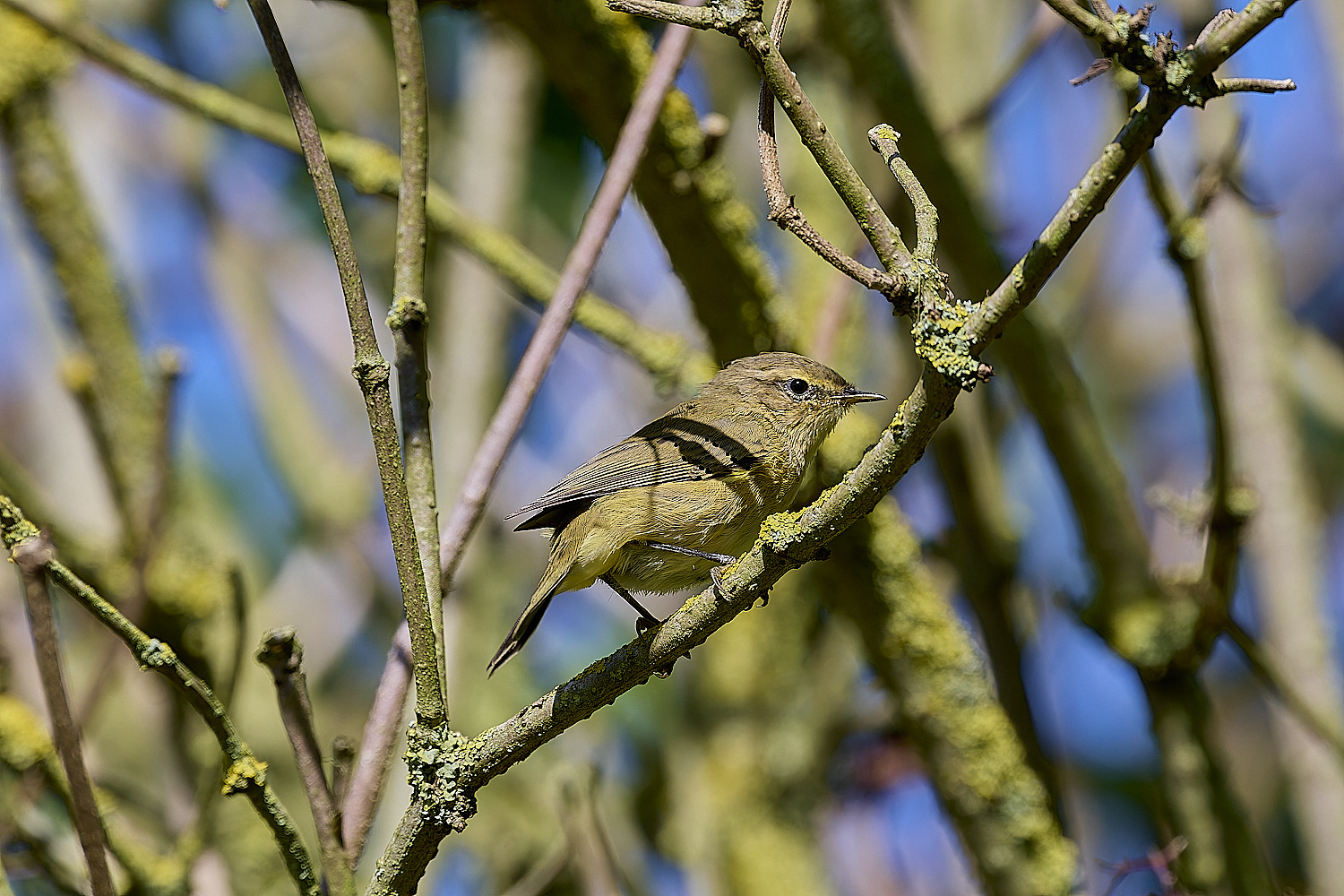
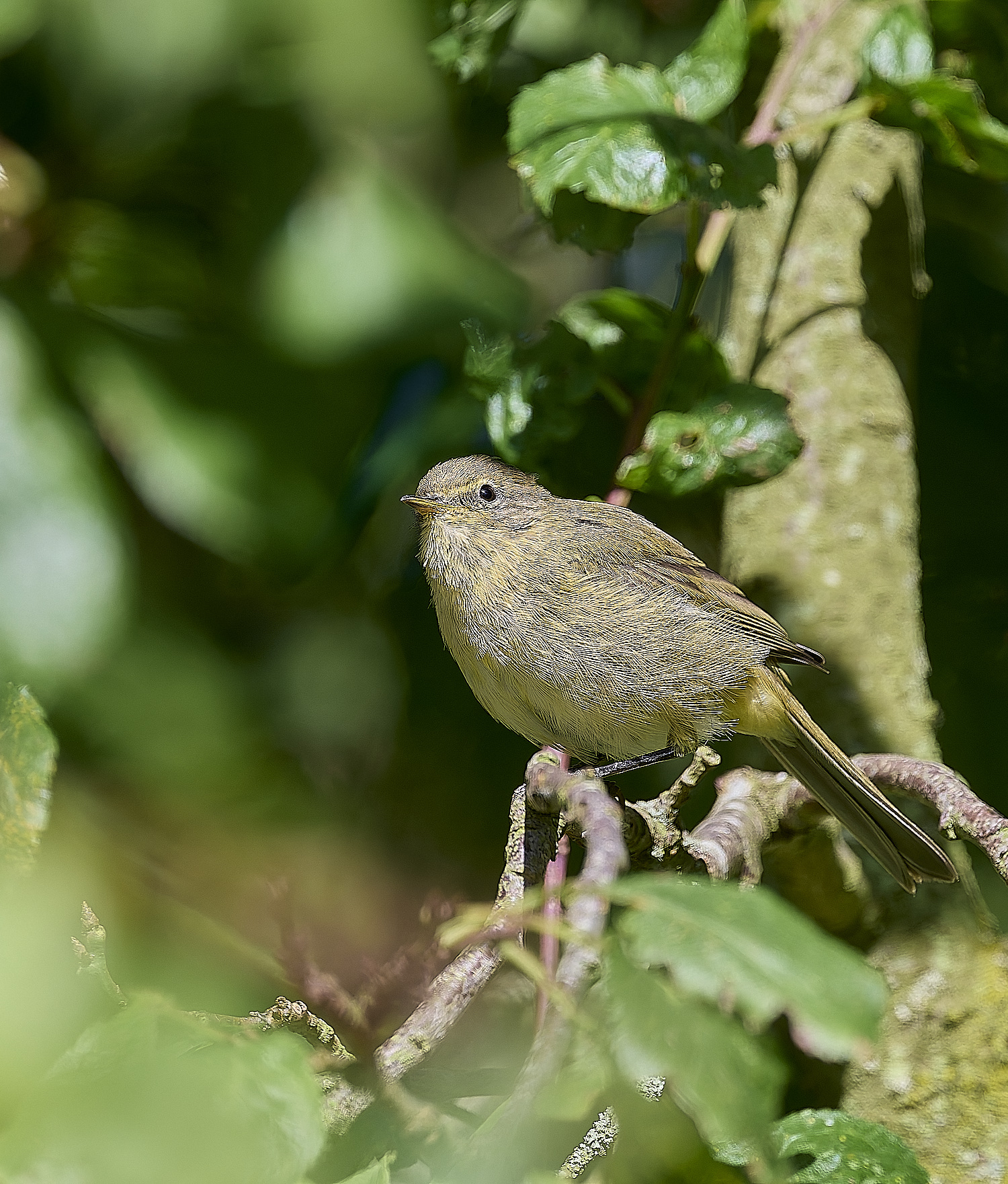
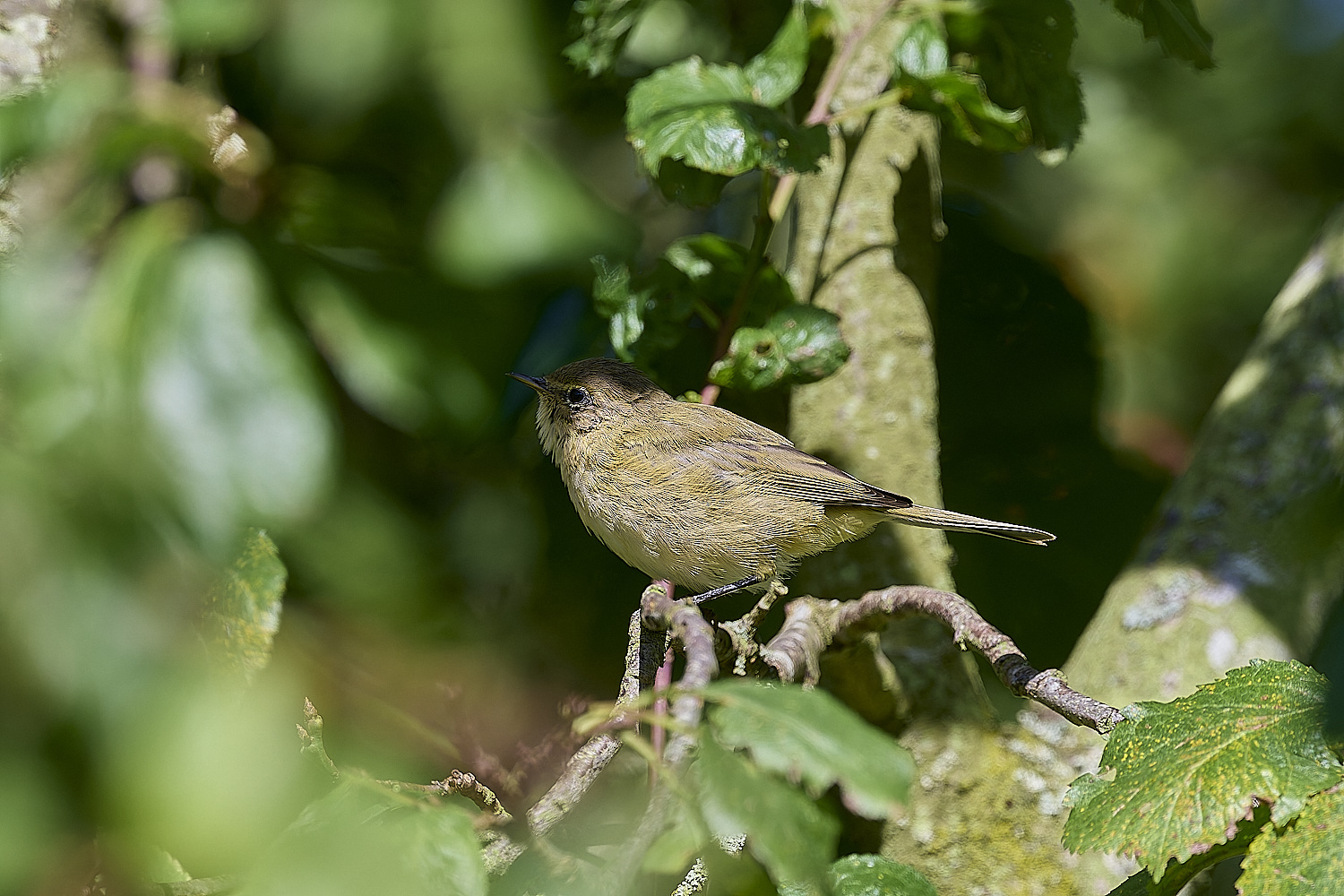
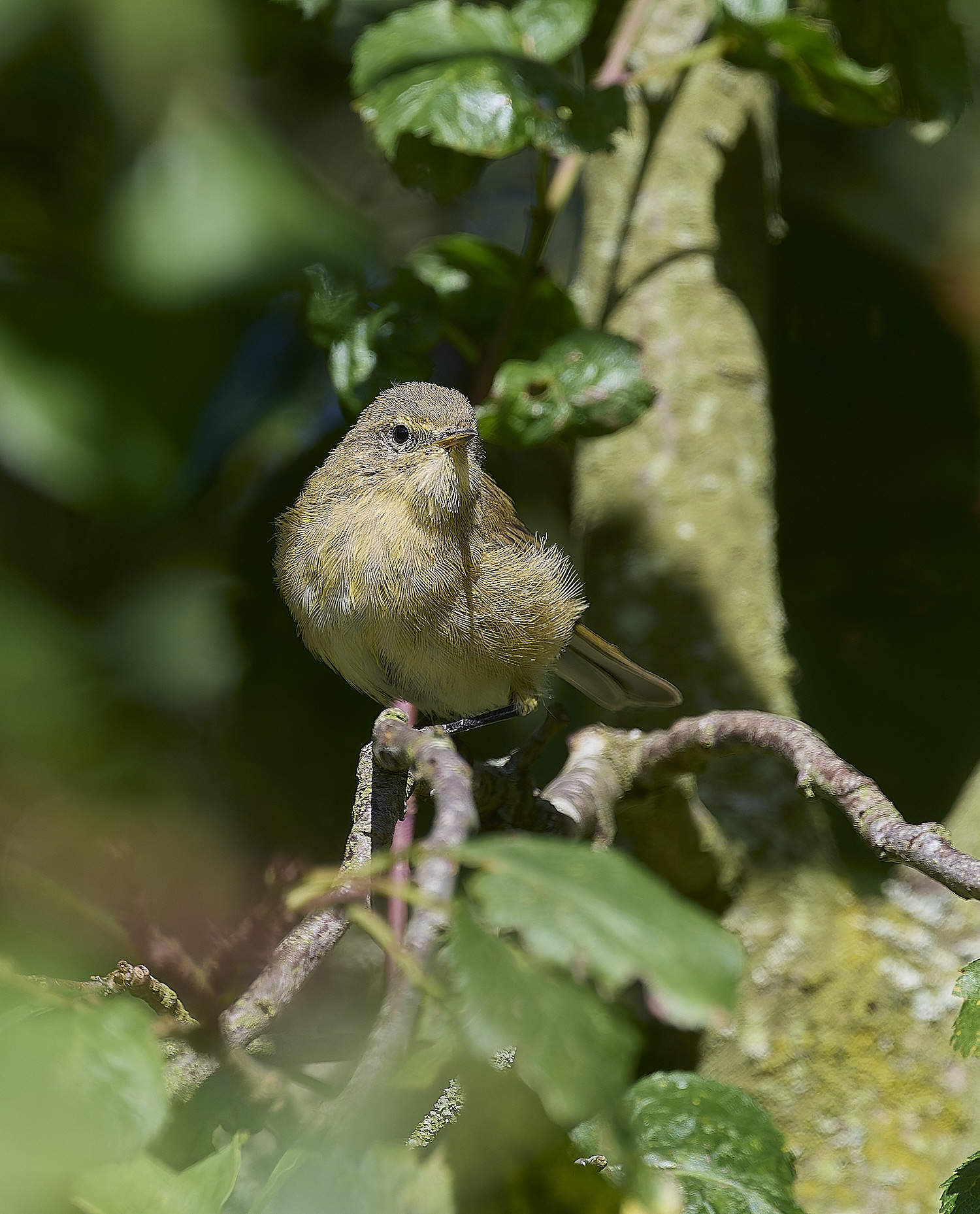
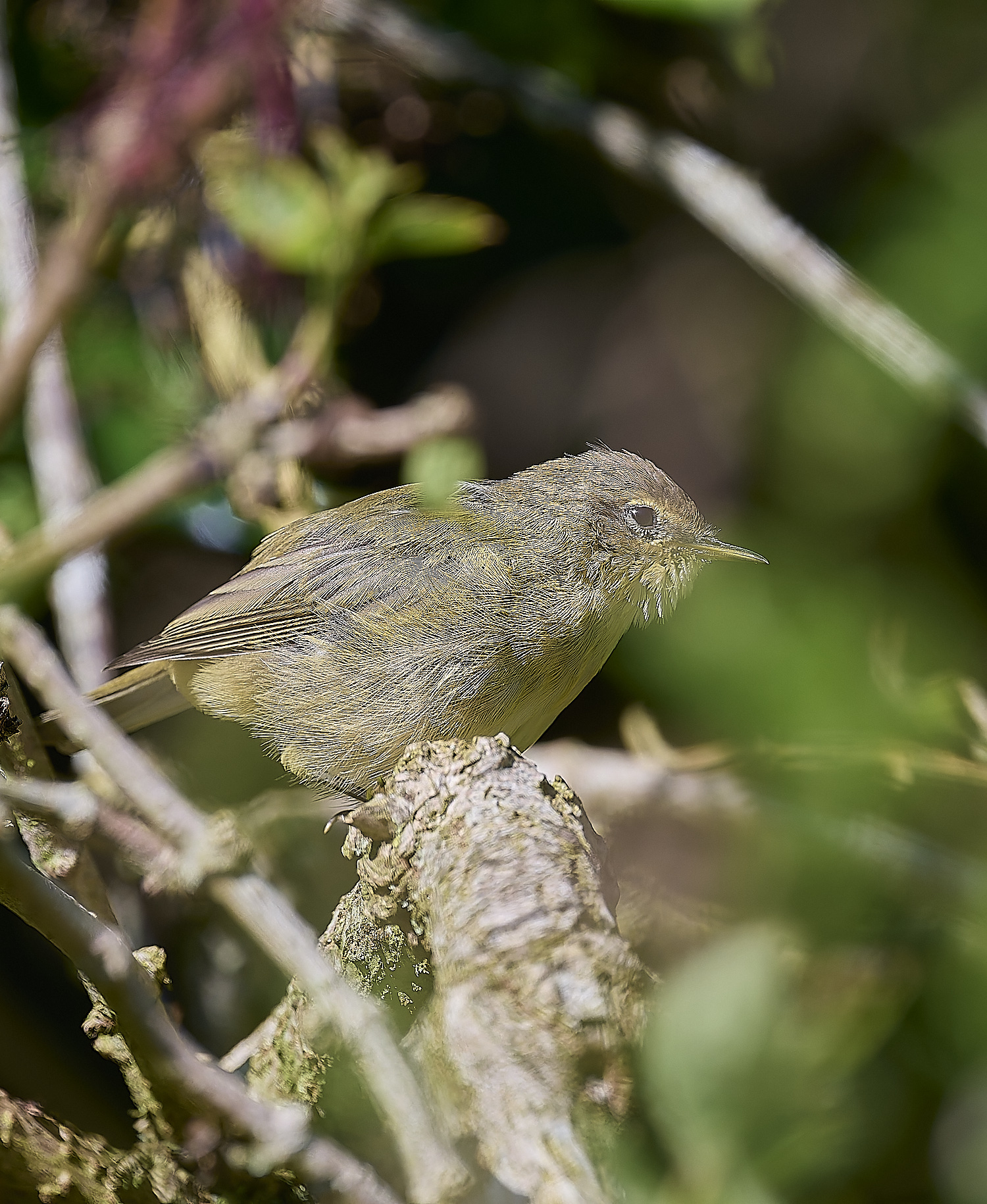
Chiffchaff (Phylloscopus collybita)
Batman Hoverfly (Helophilus pendulus)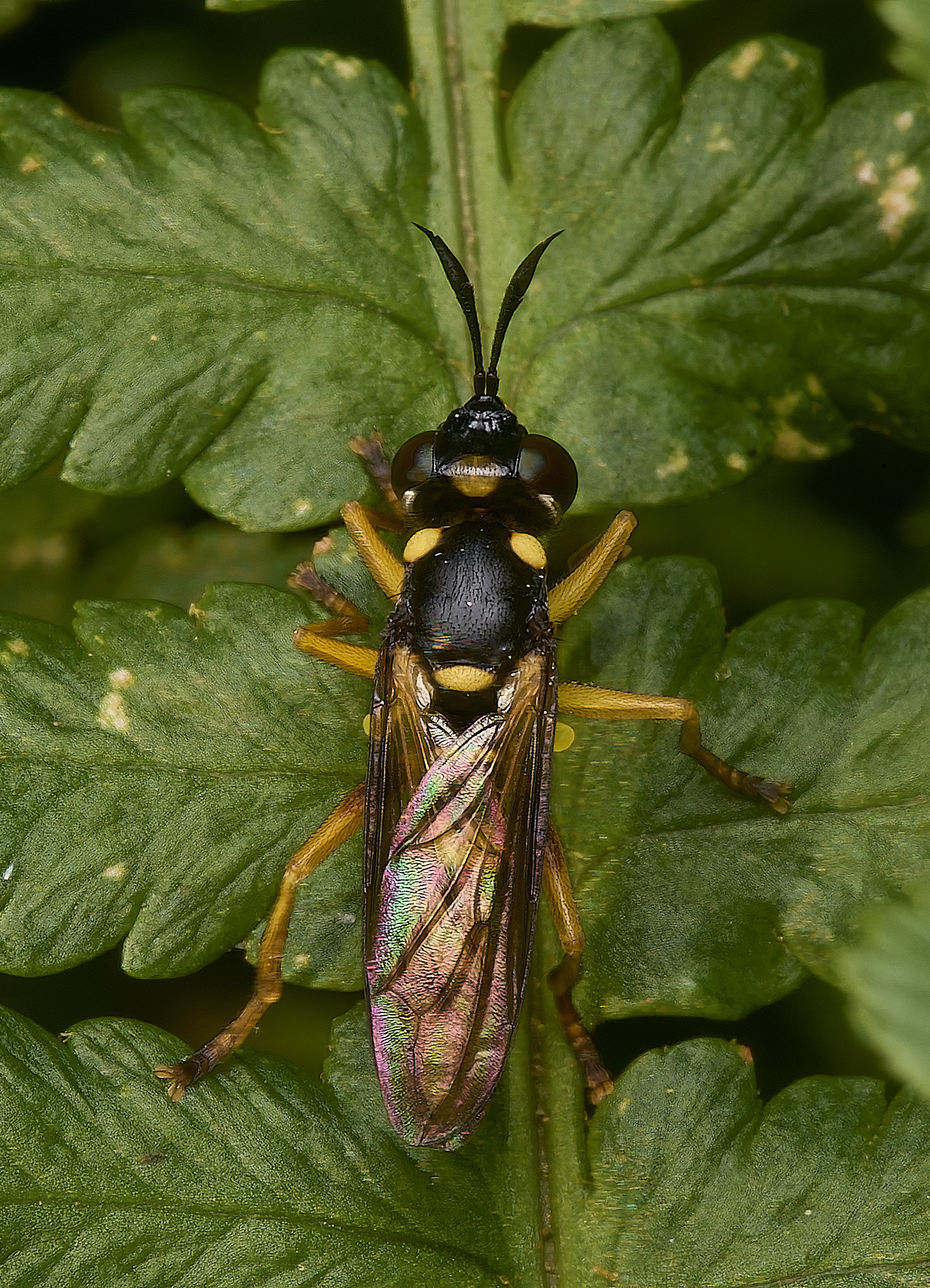
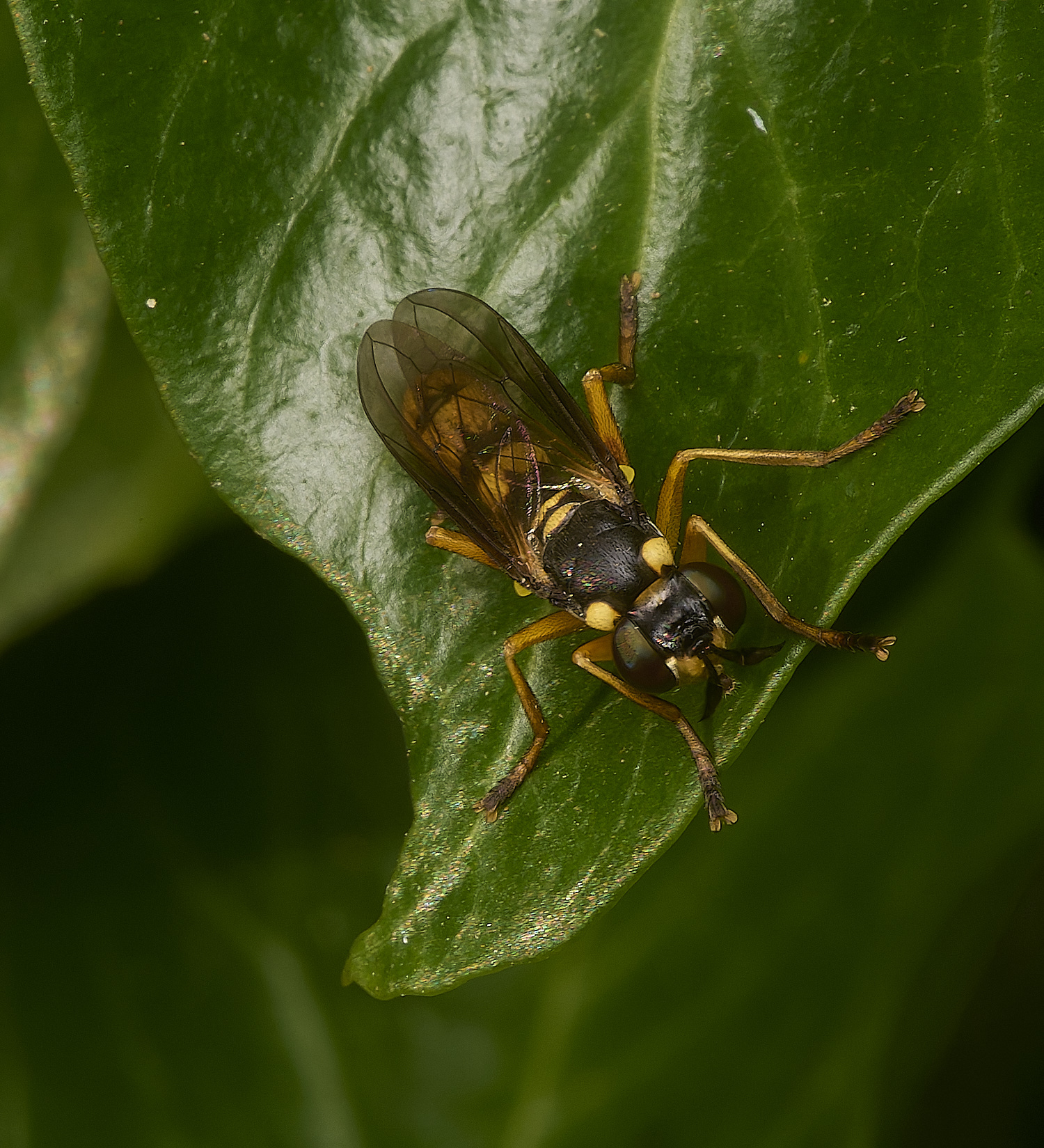
Conopid Fly Sp
Leopoldius signatus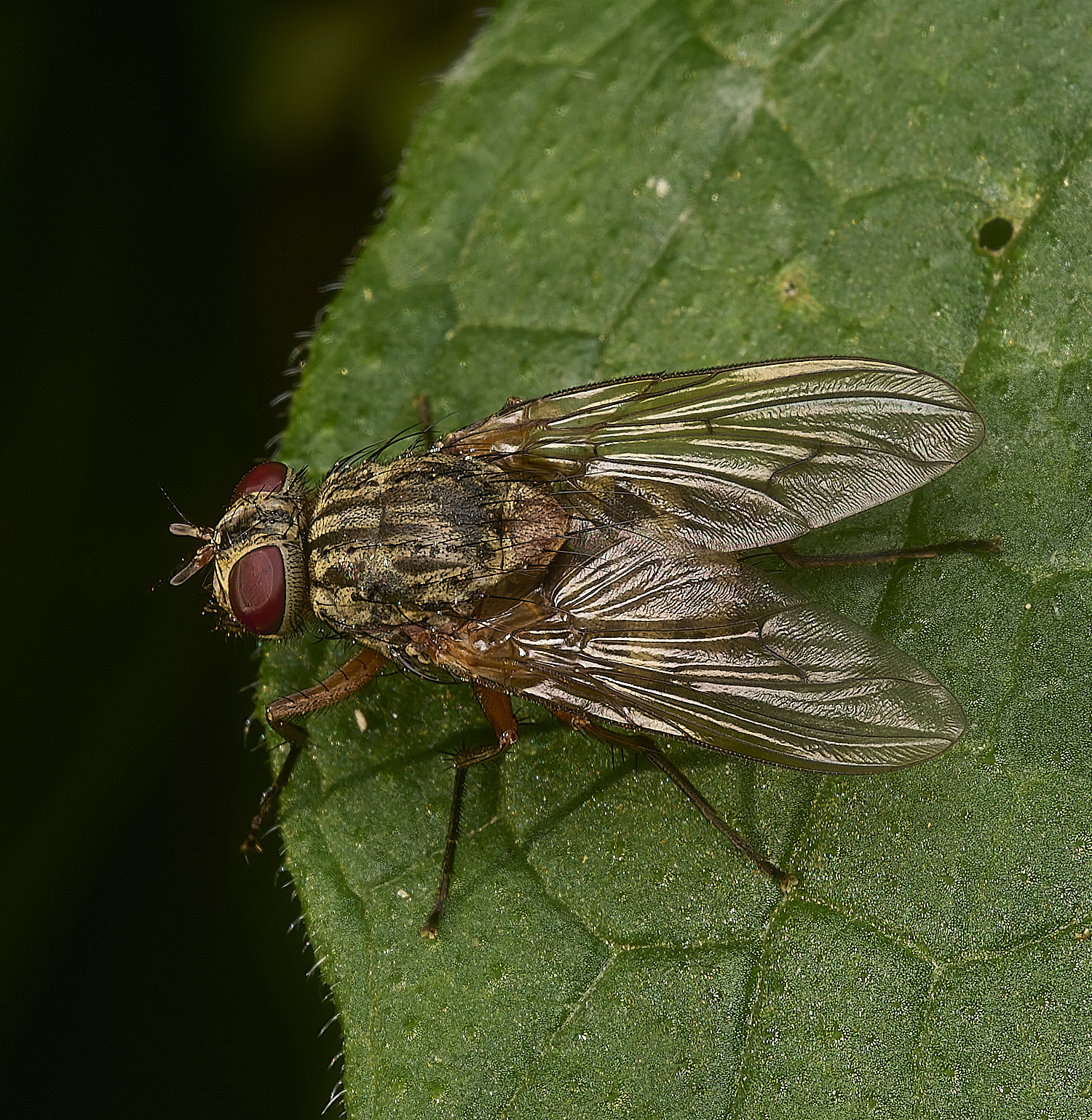
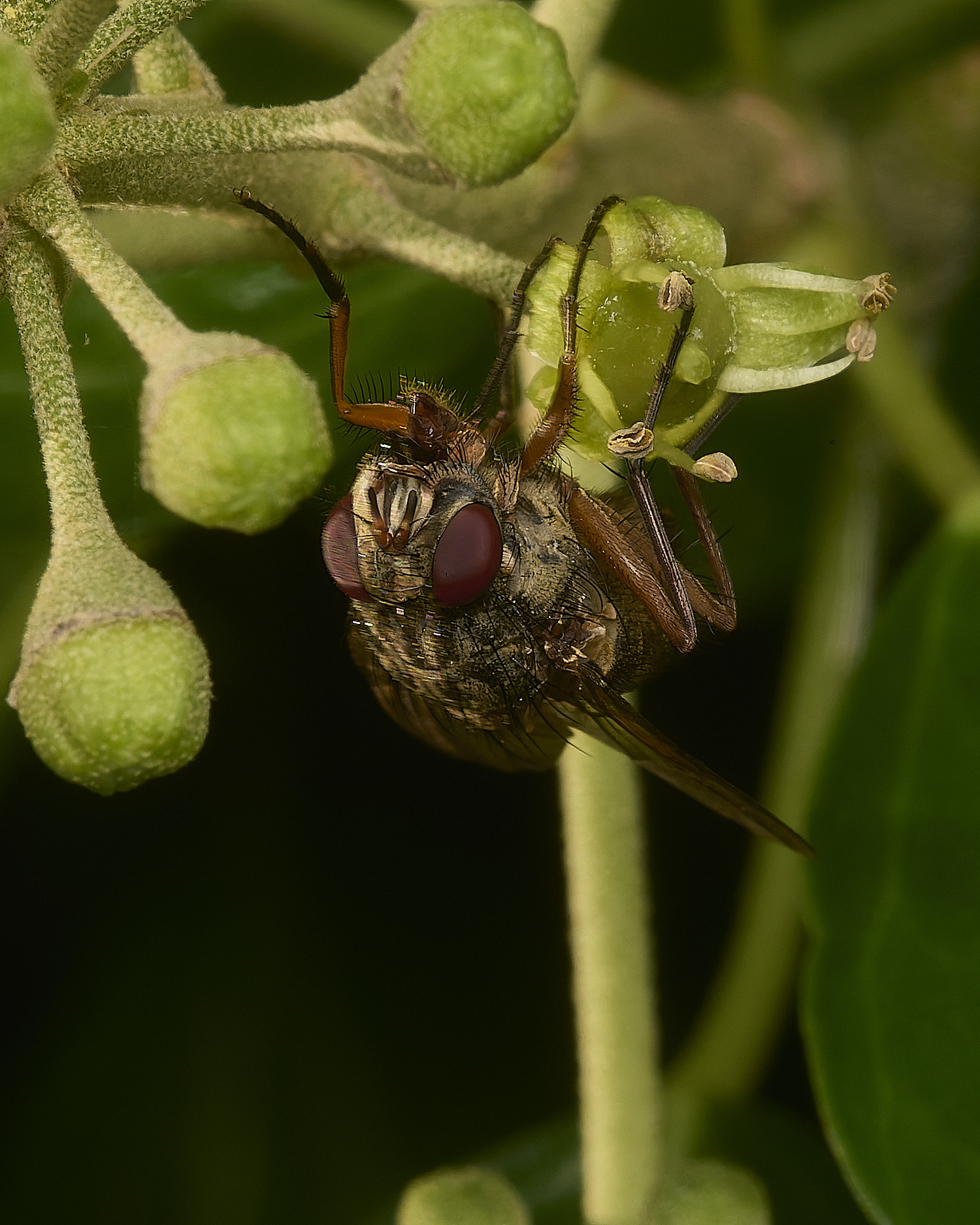
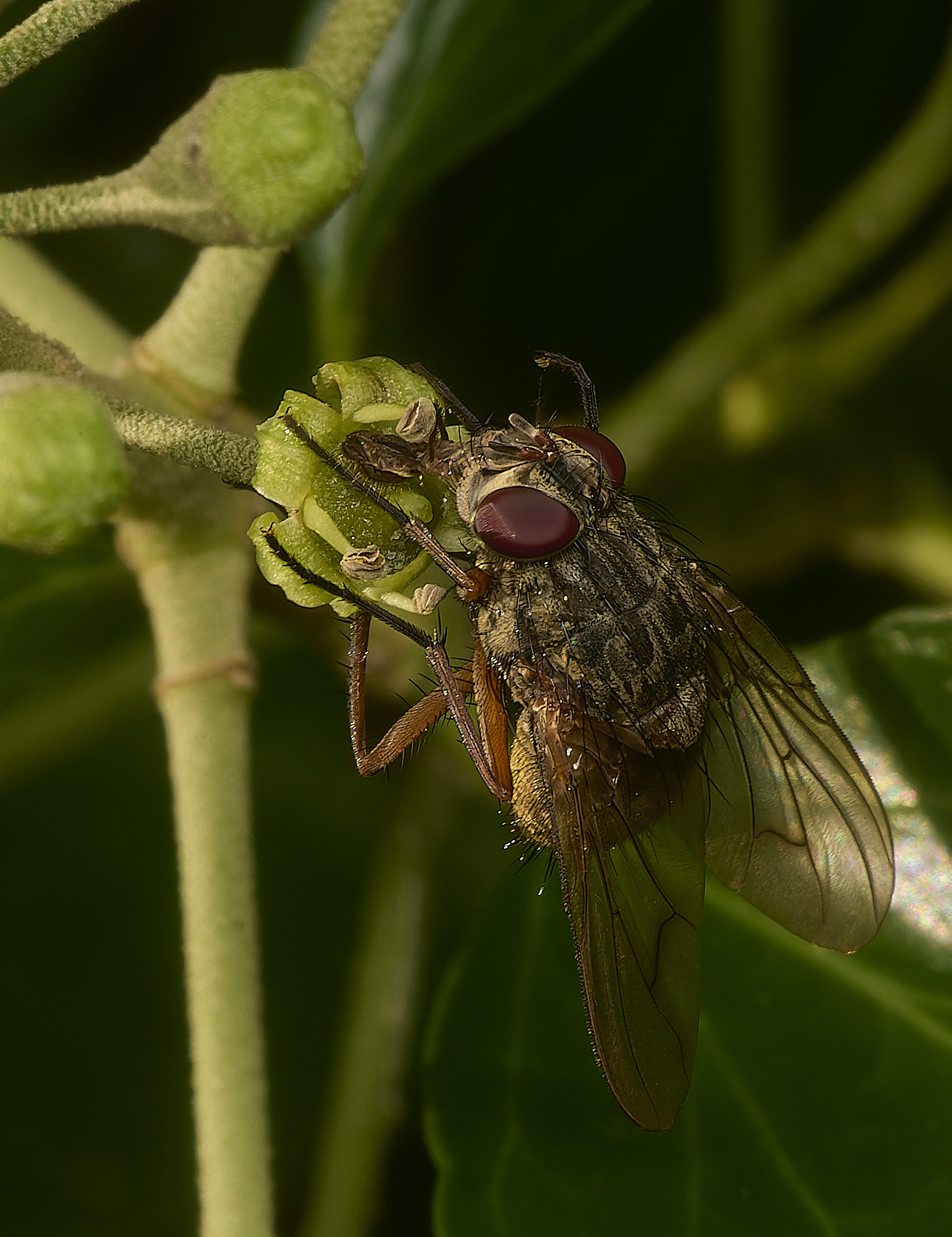
Fly Sp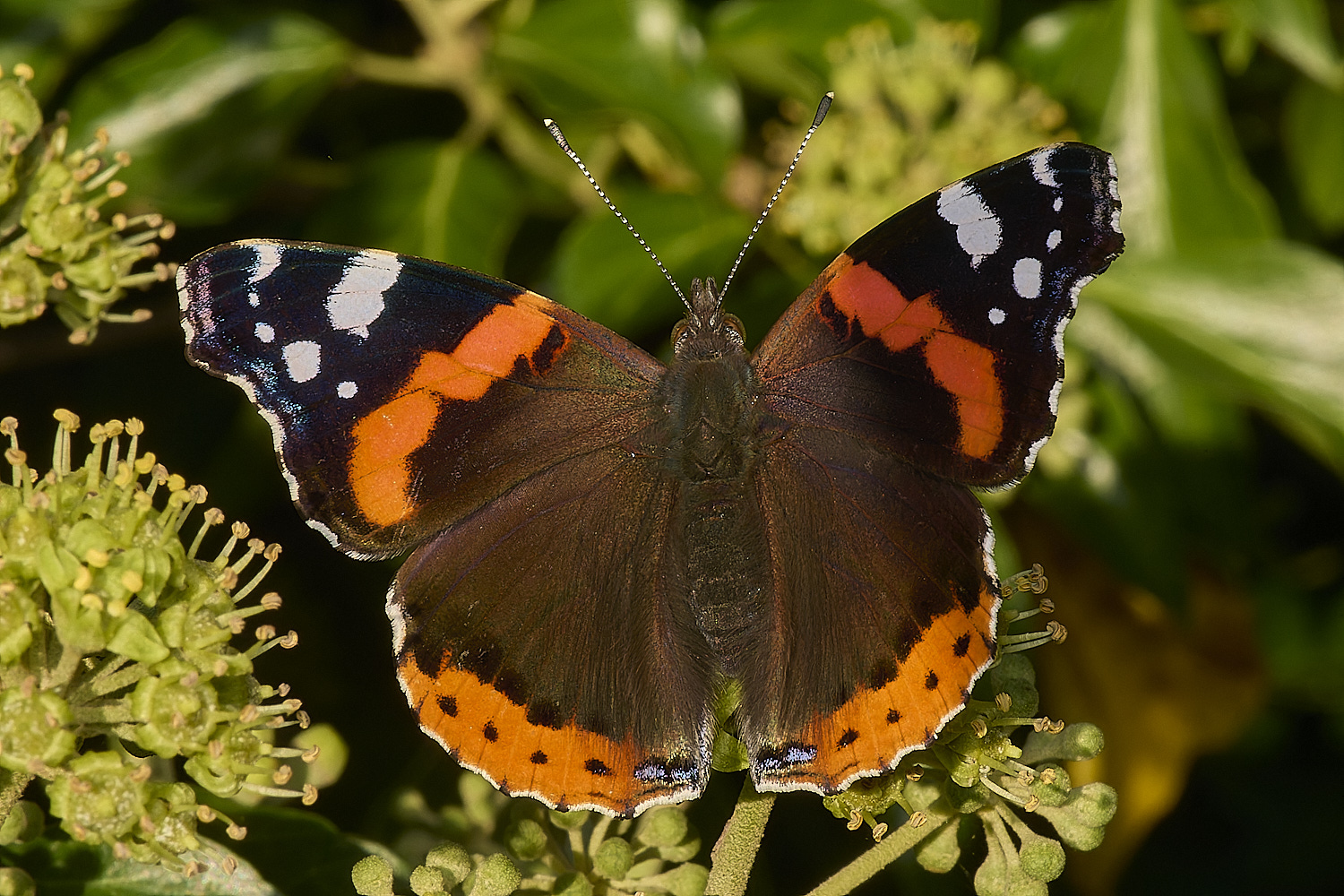
Red Admiral (Vanessa atalanta)
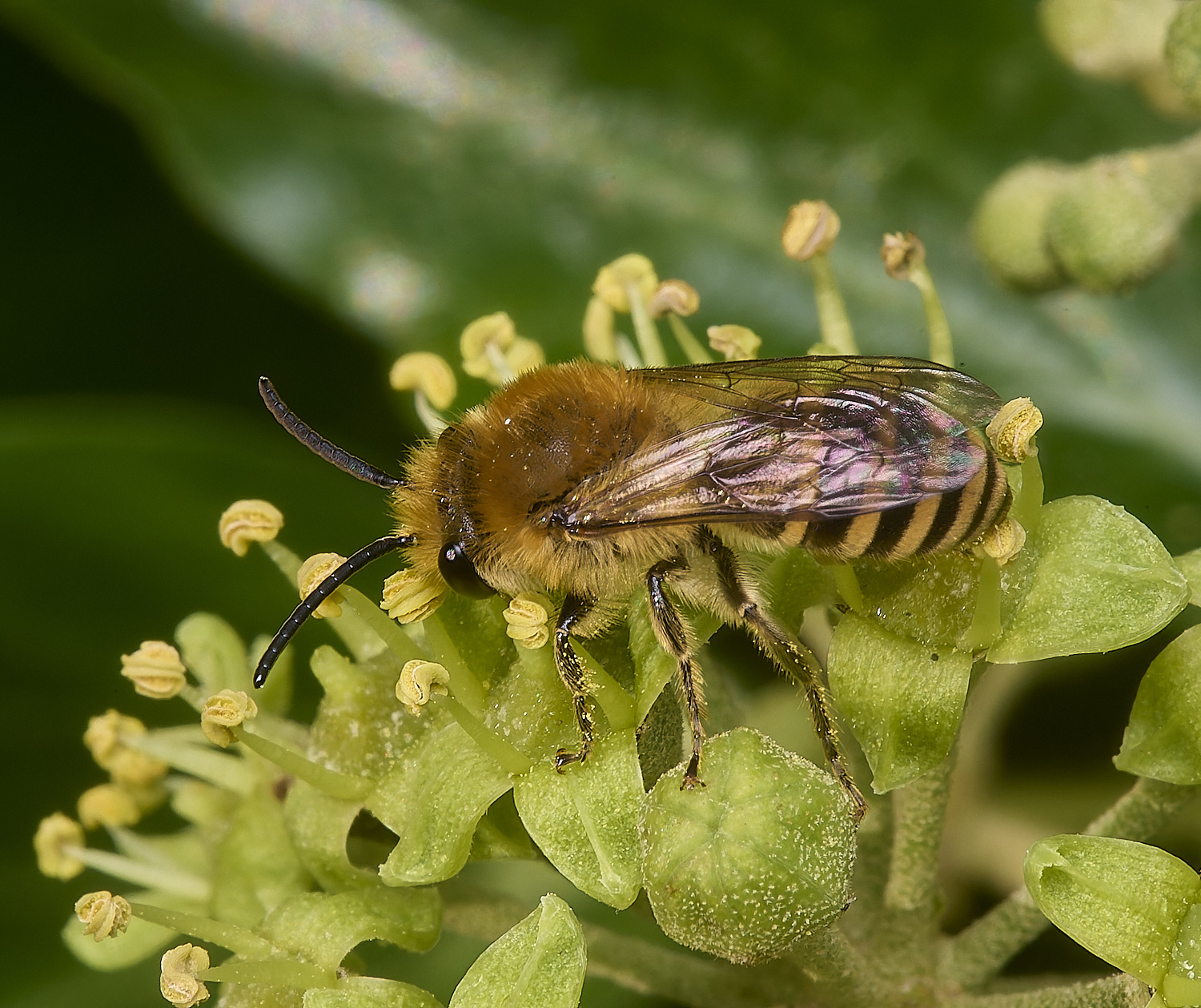
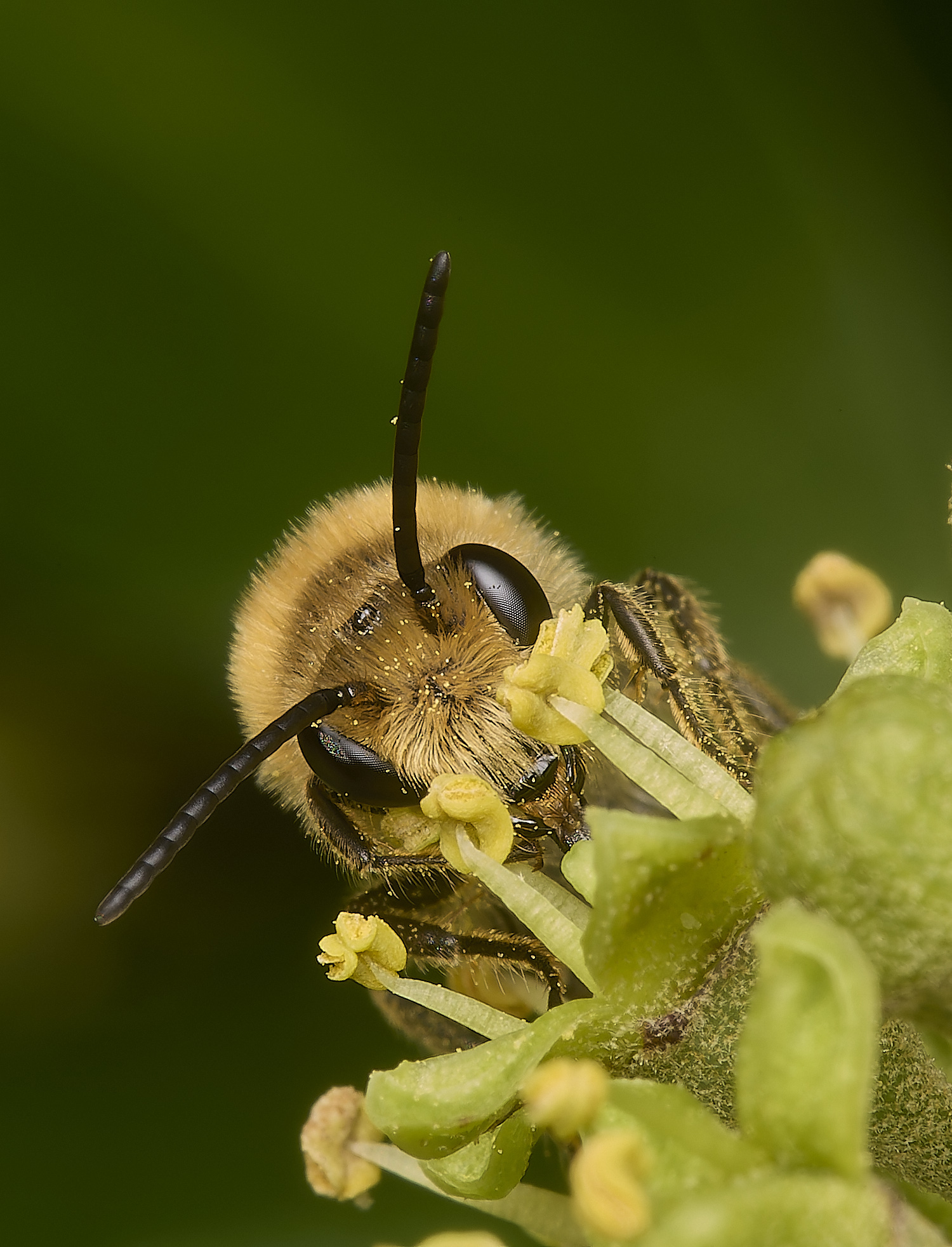
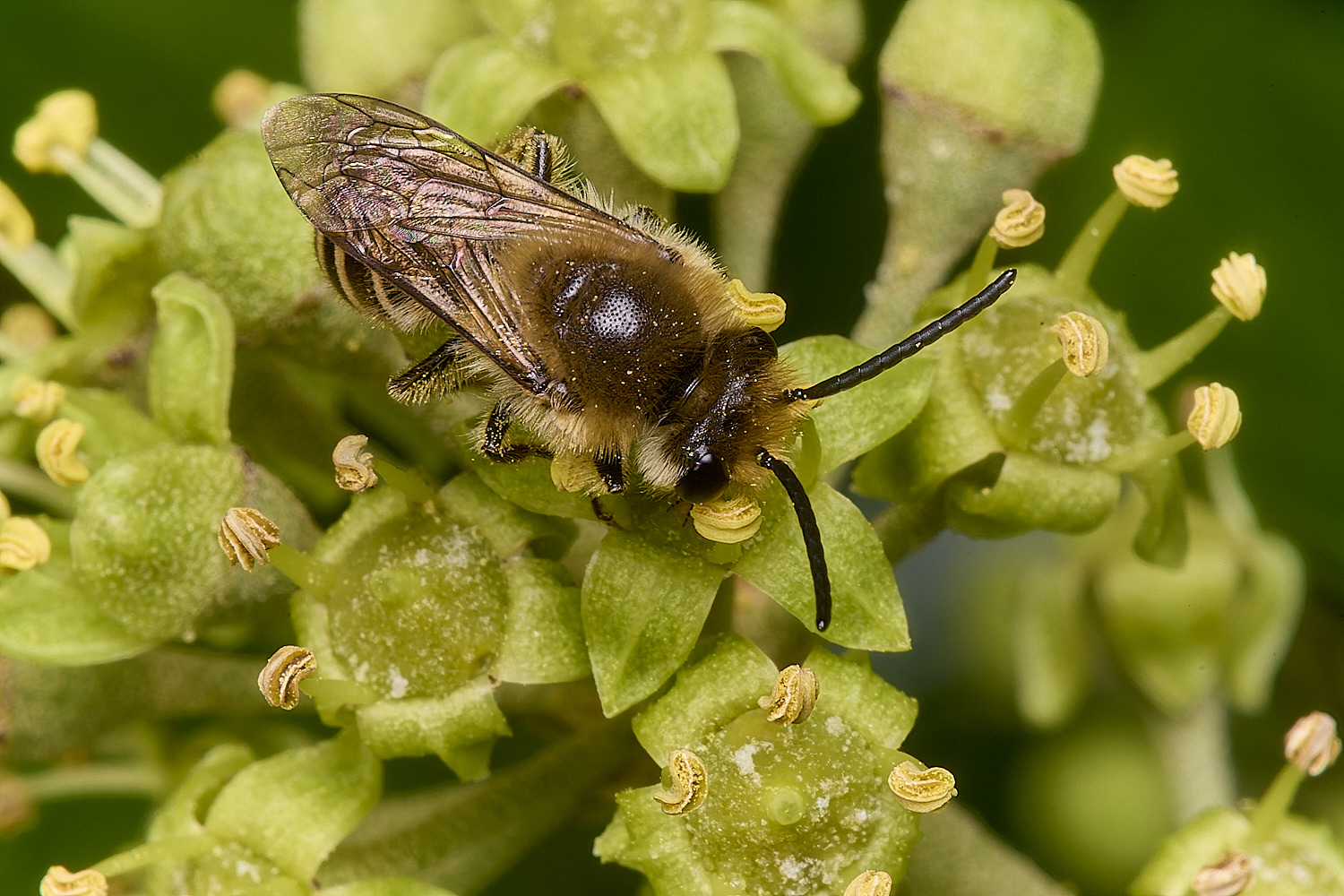
Ivy Bee (Colletes hederae)
Lynford
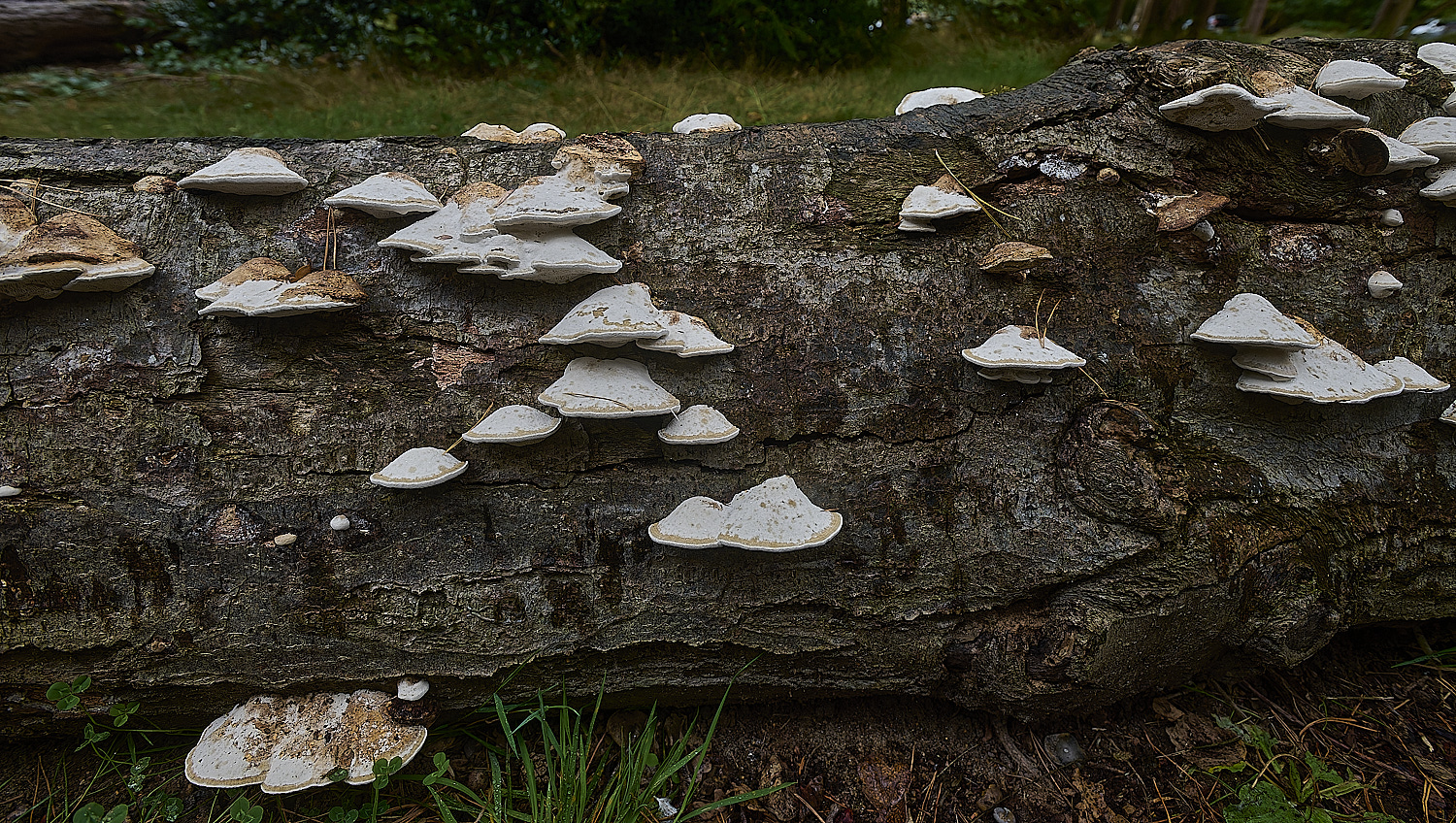

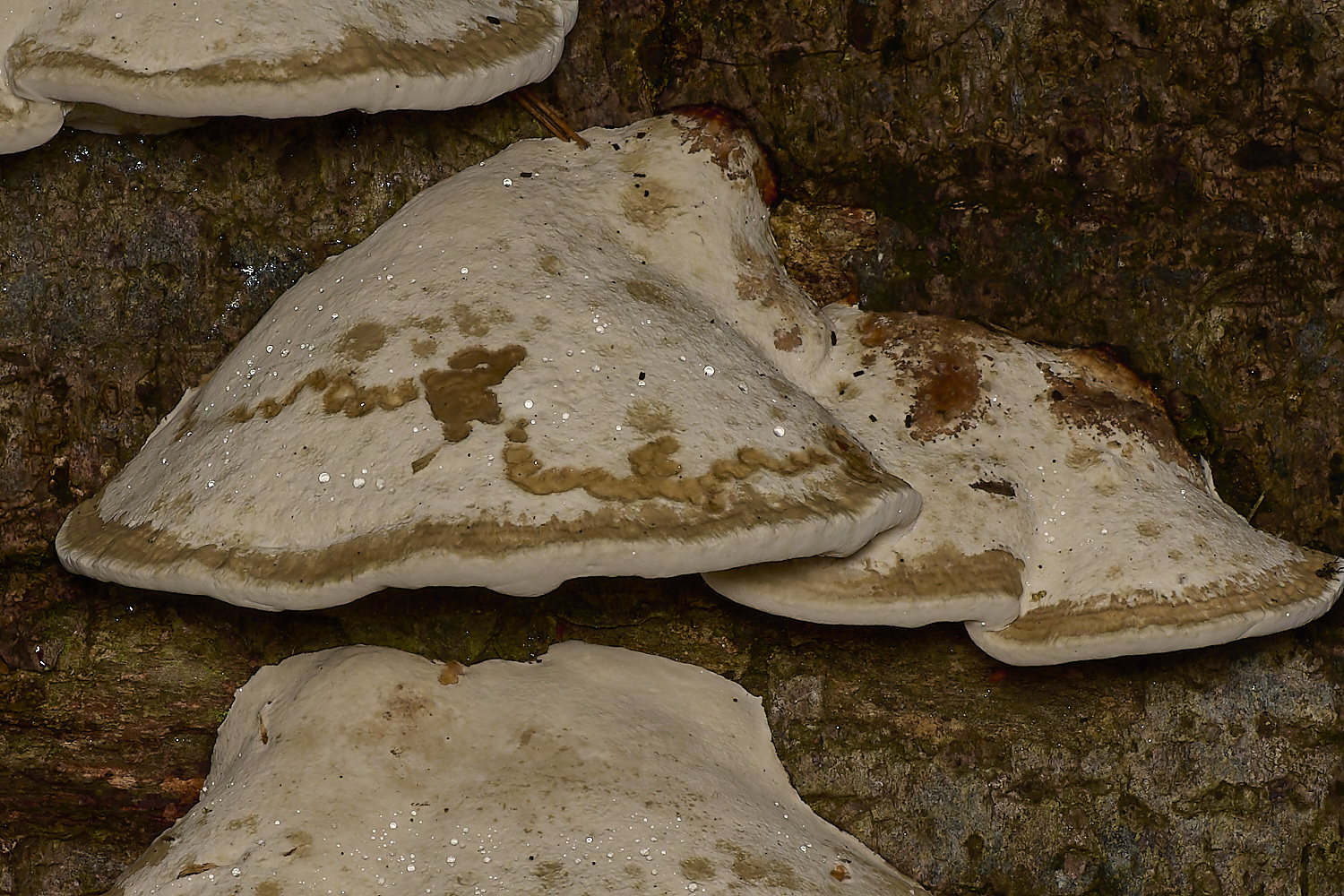
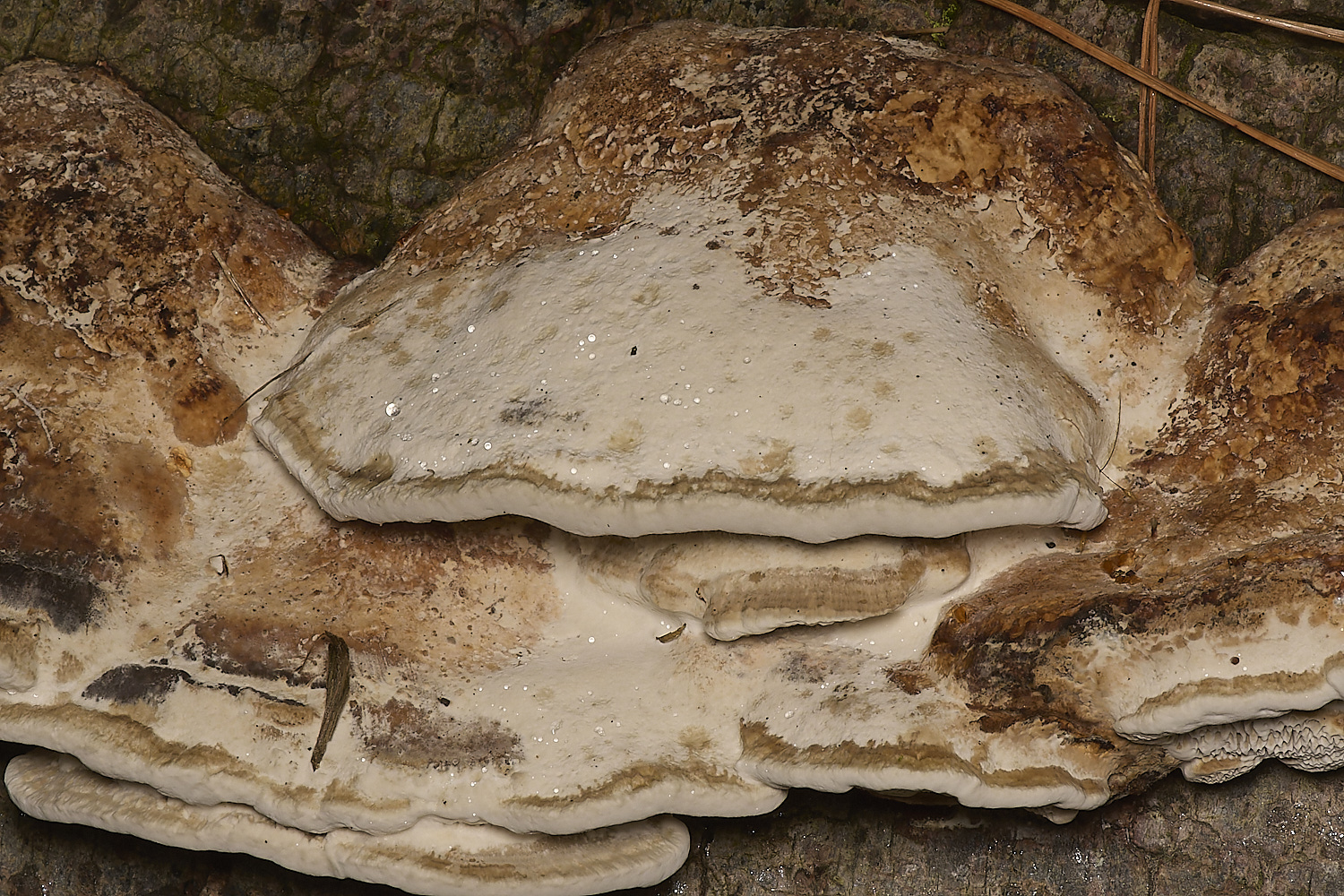
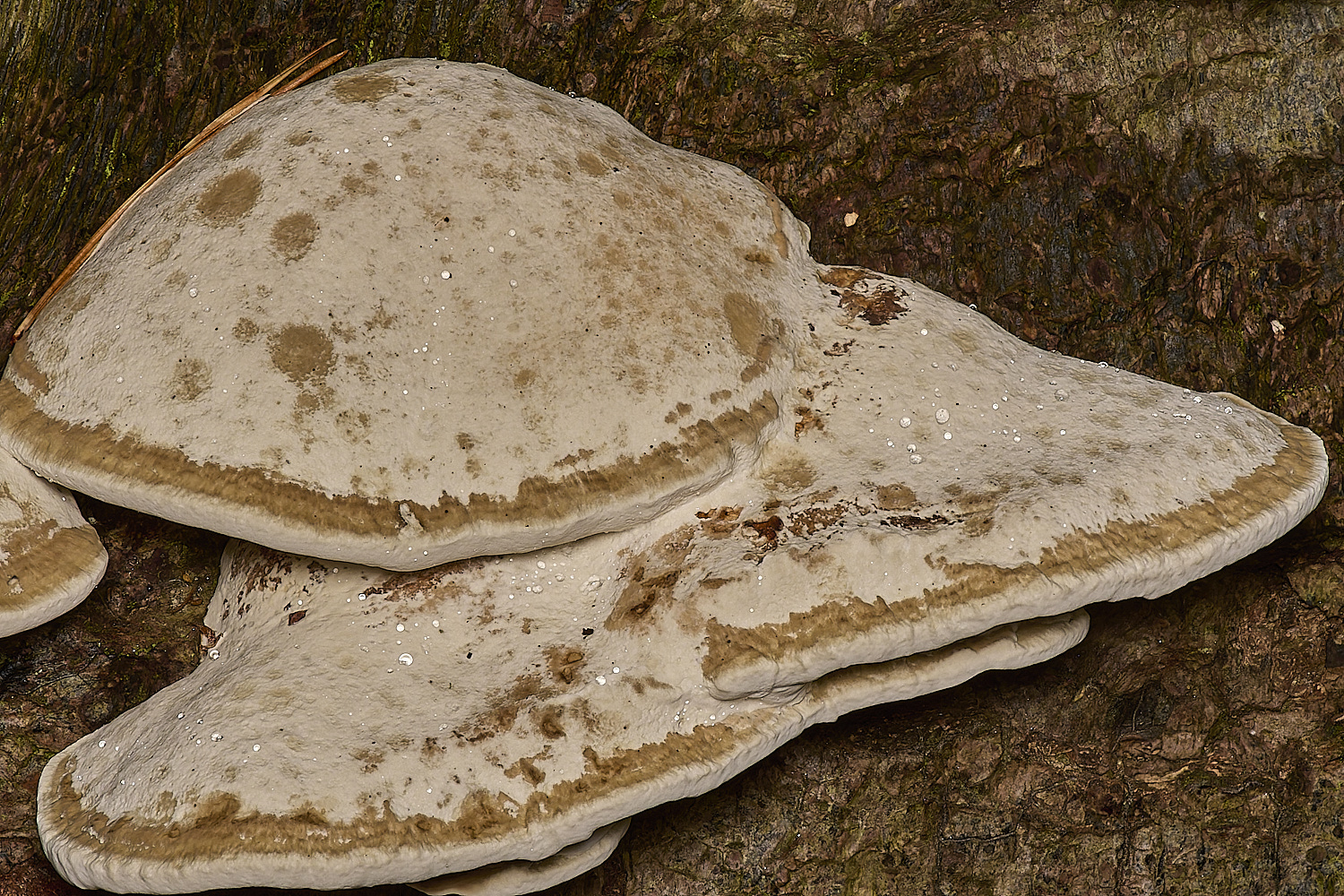
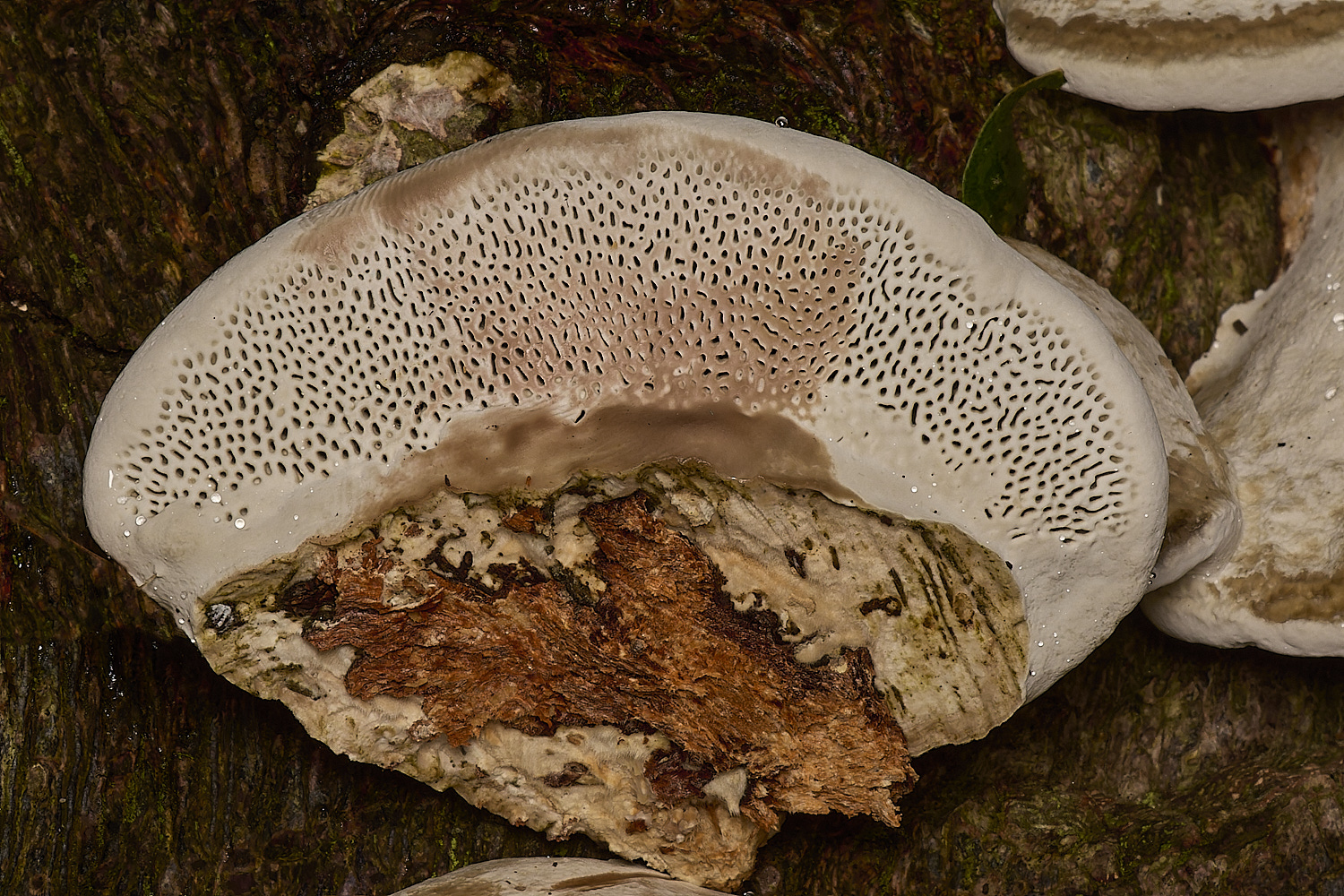
Blushing Bracket (Daedaleopsis confragosa)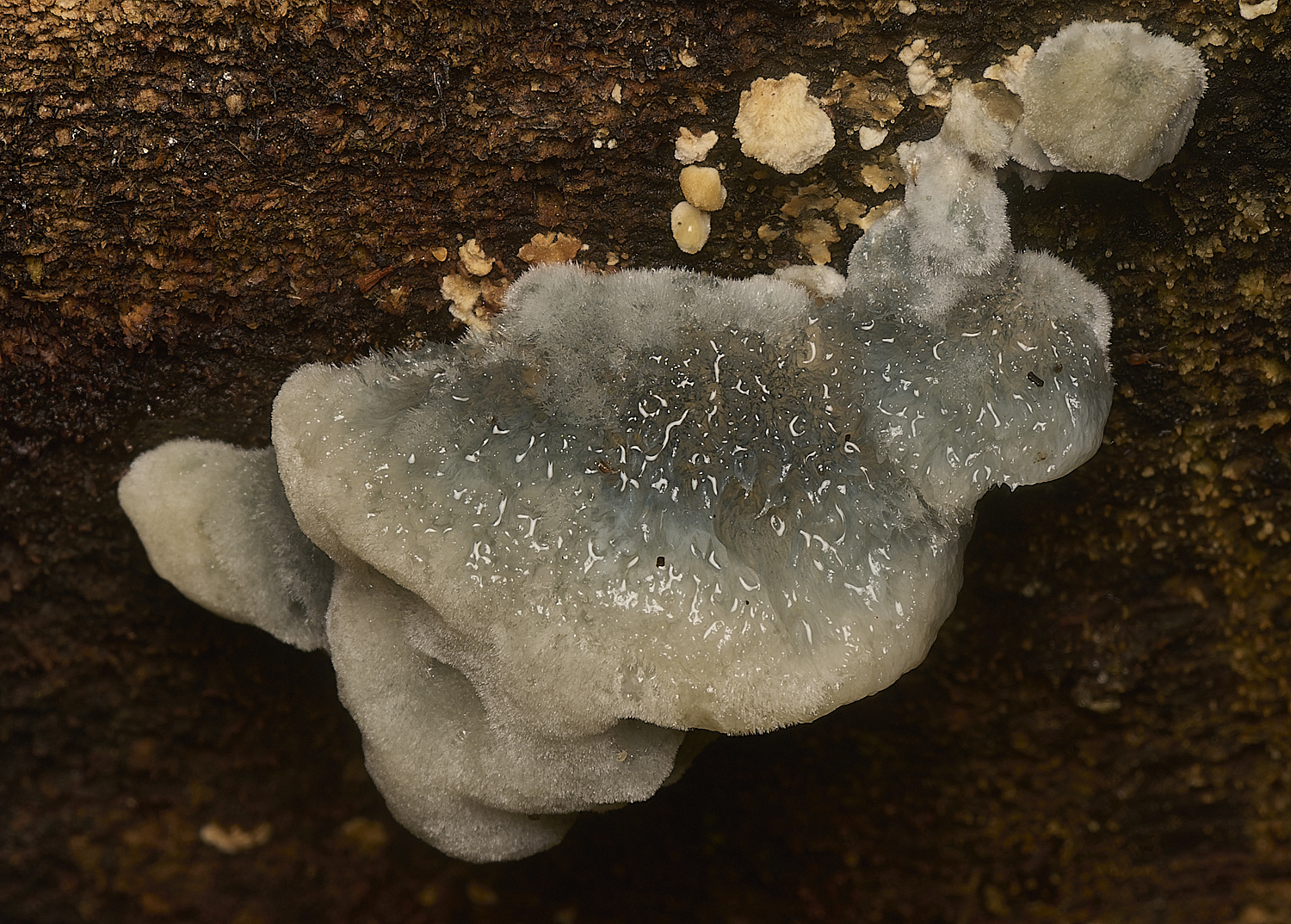
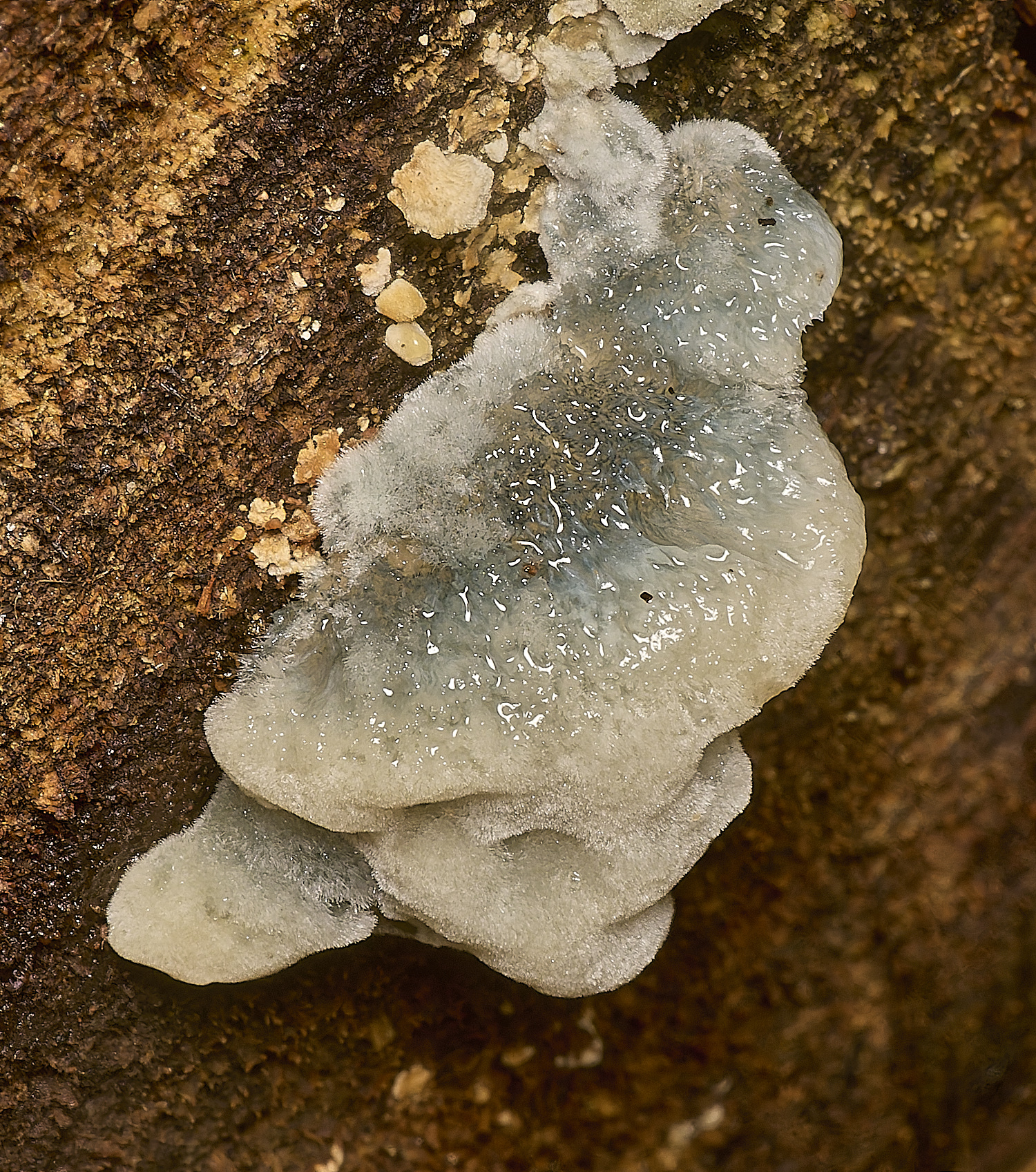
Conifer Blueing Bracket (Postia caesia)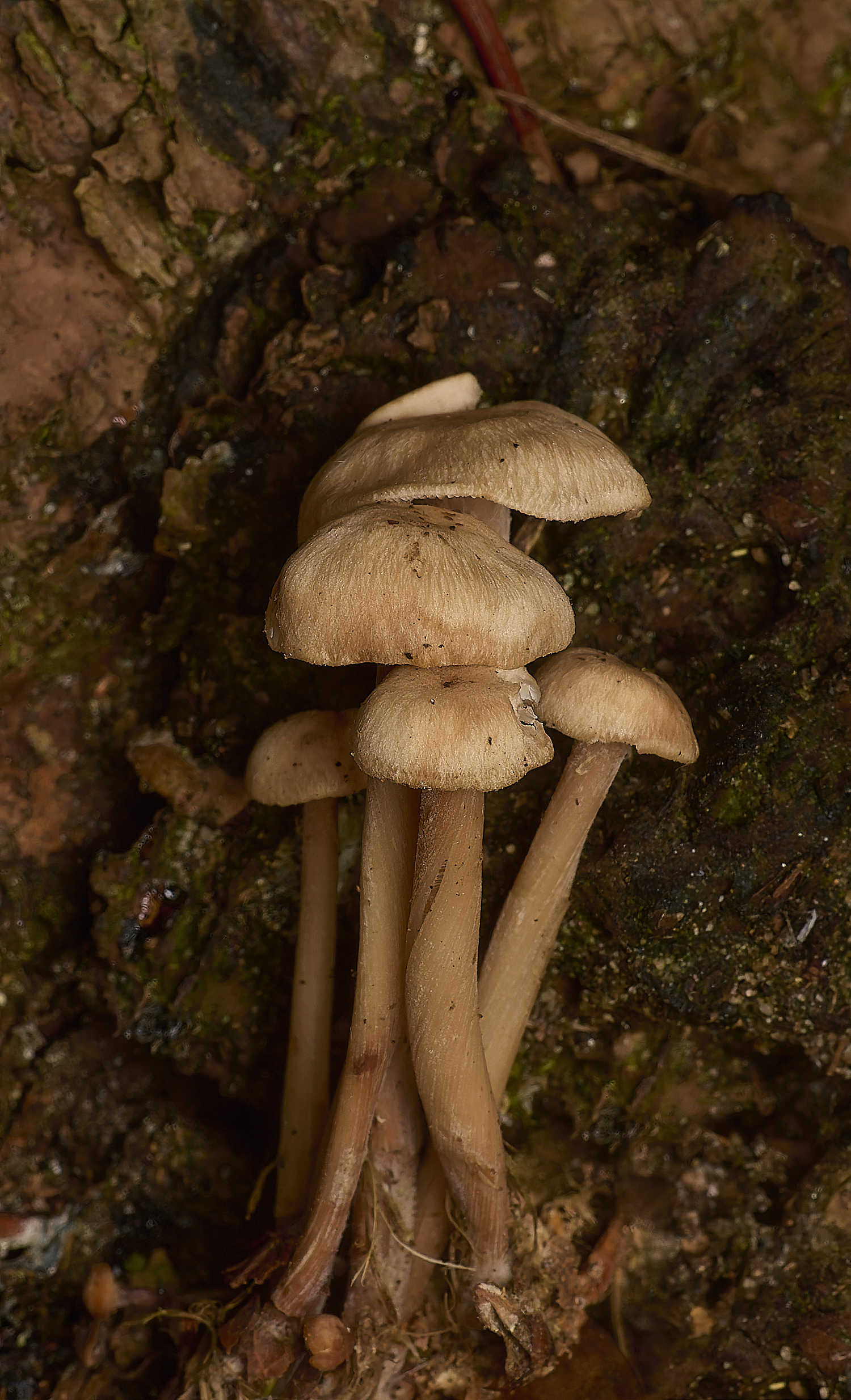
Clustered Toughshank (Gymnopus confluens)?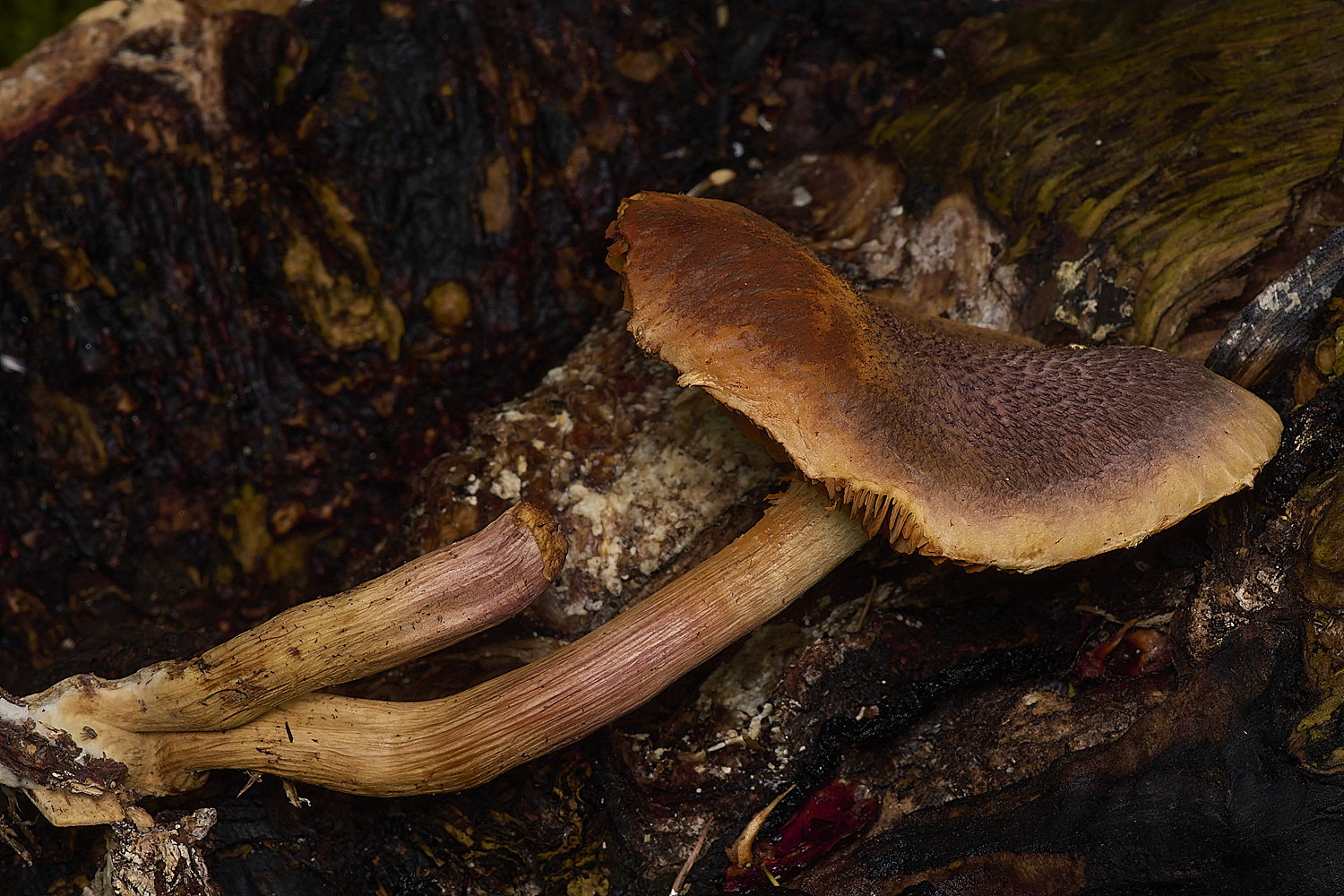
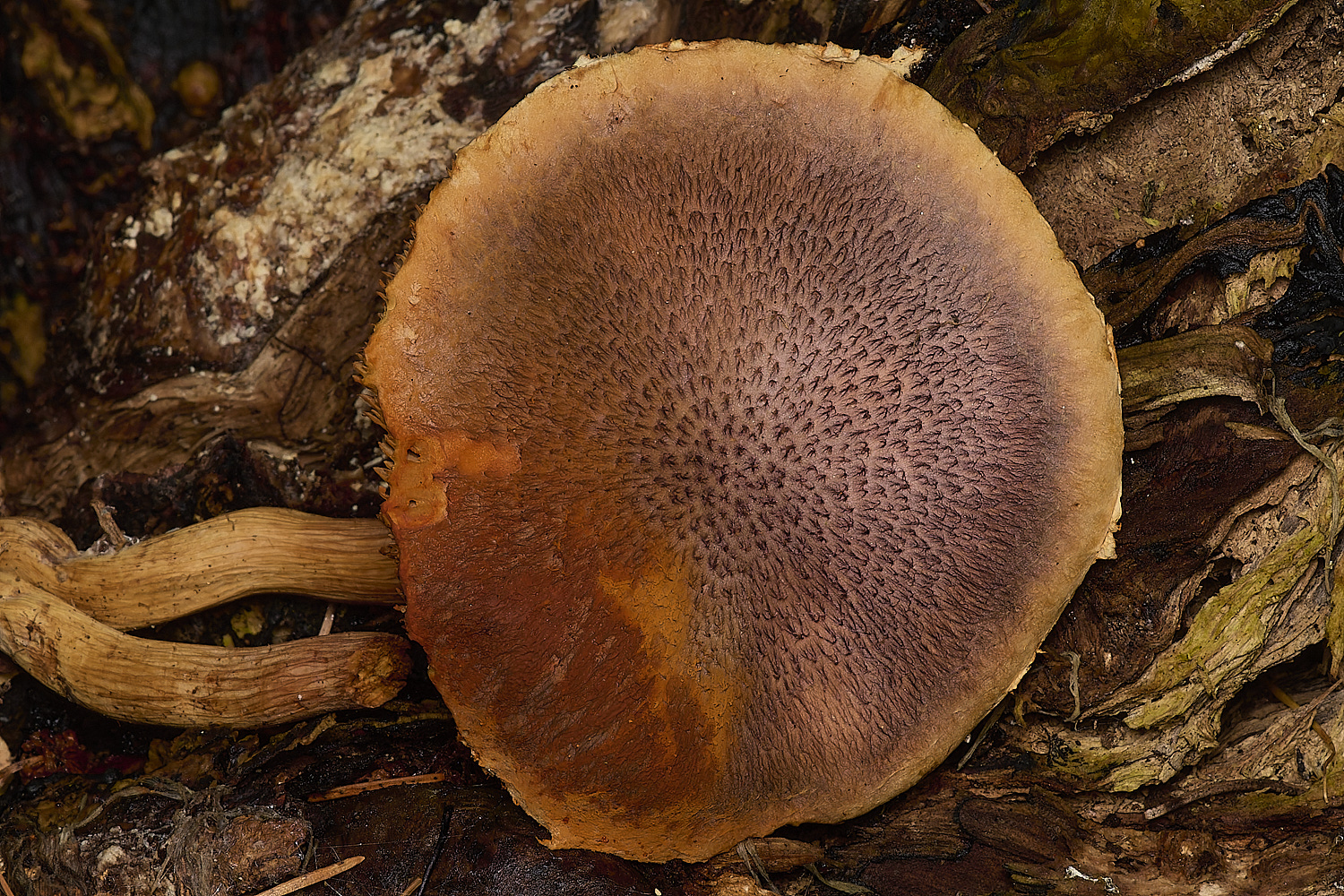

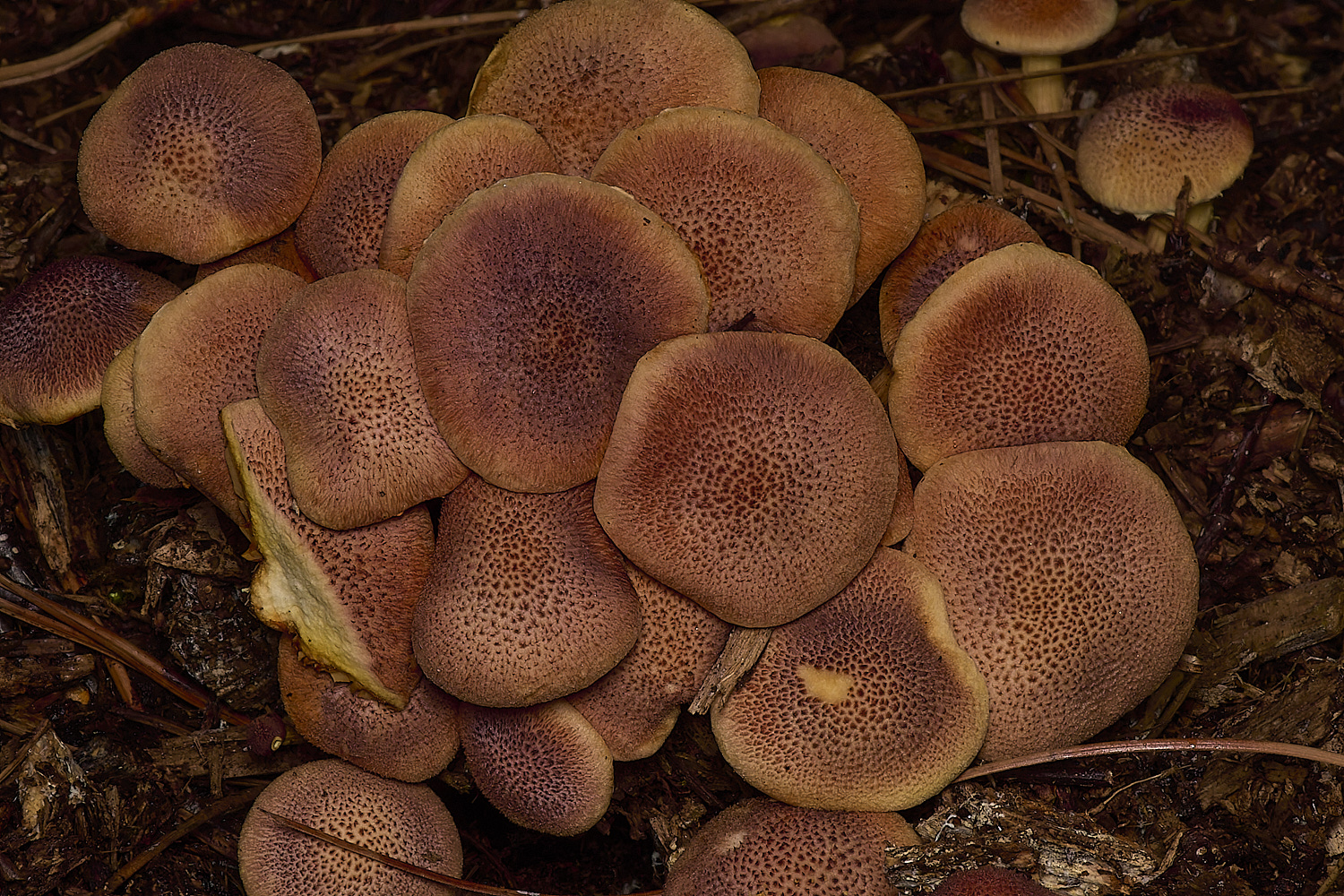
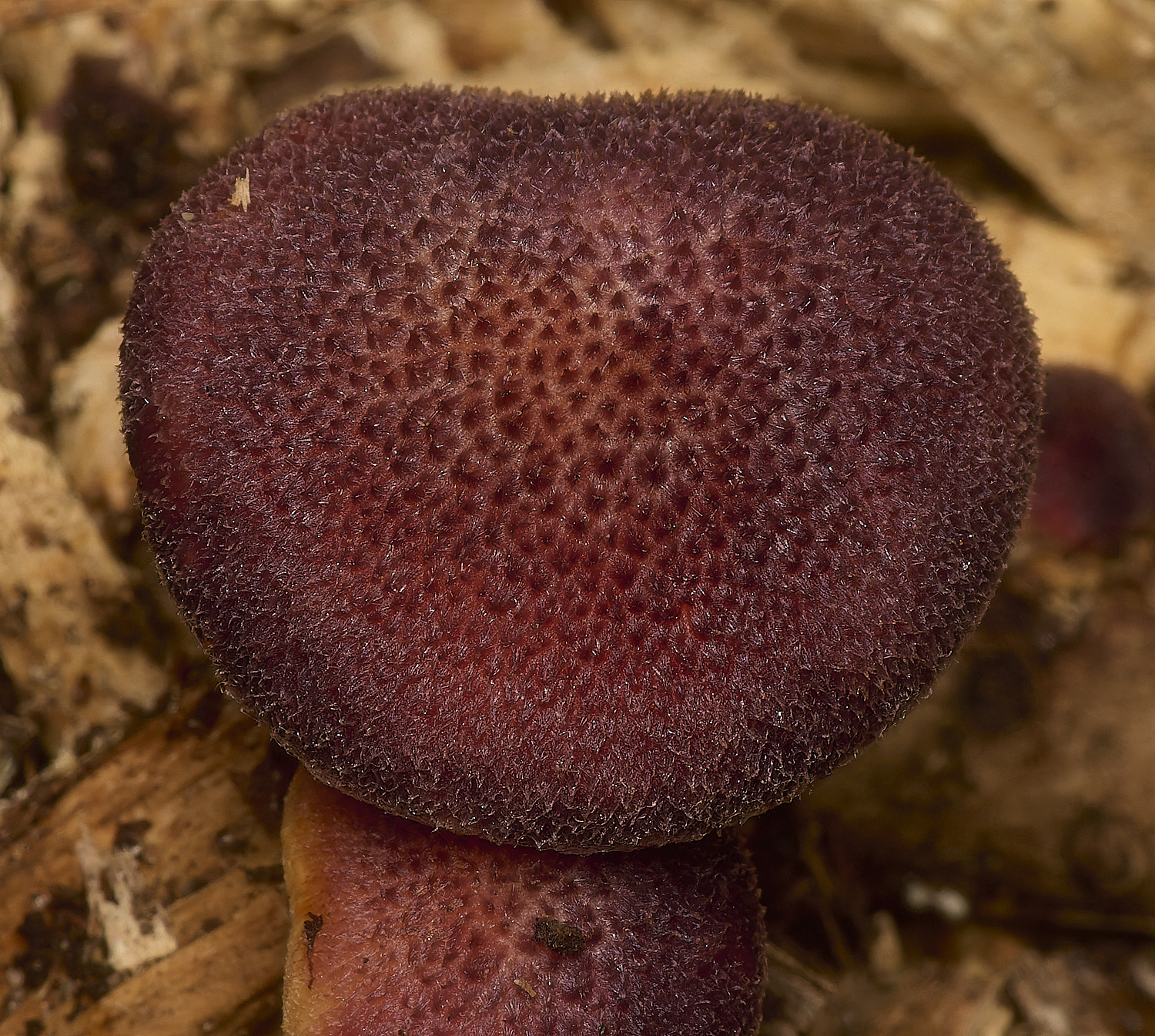
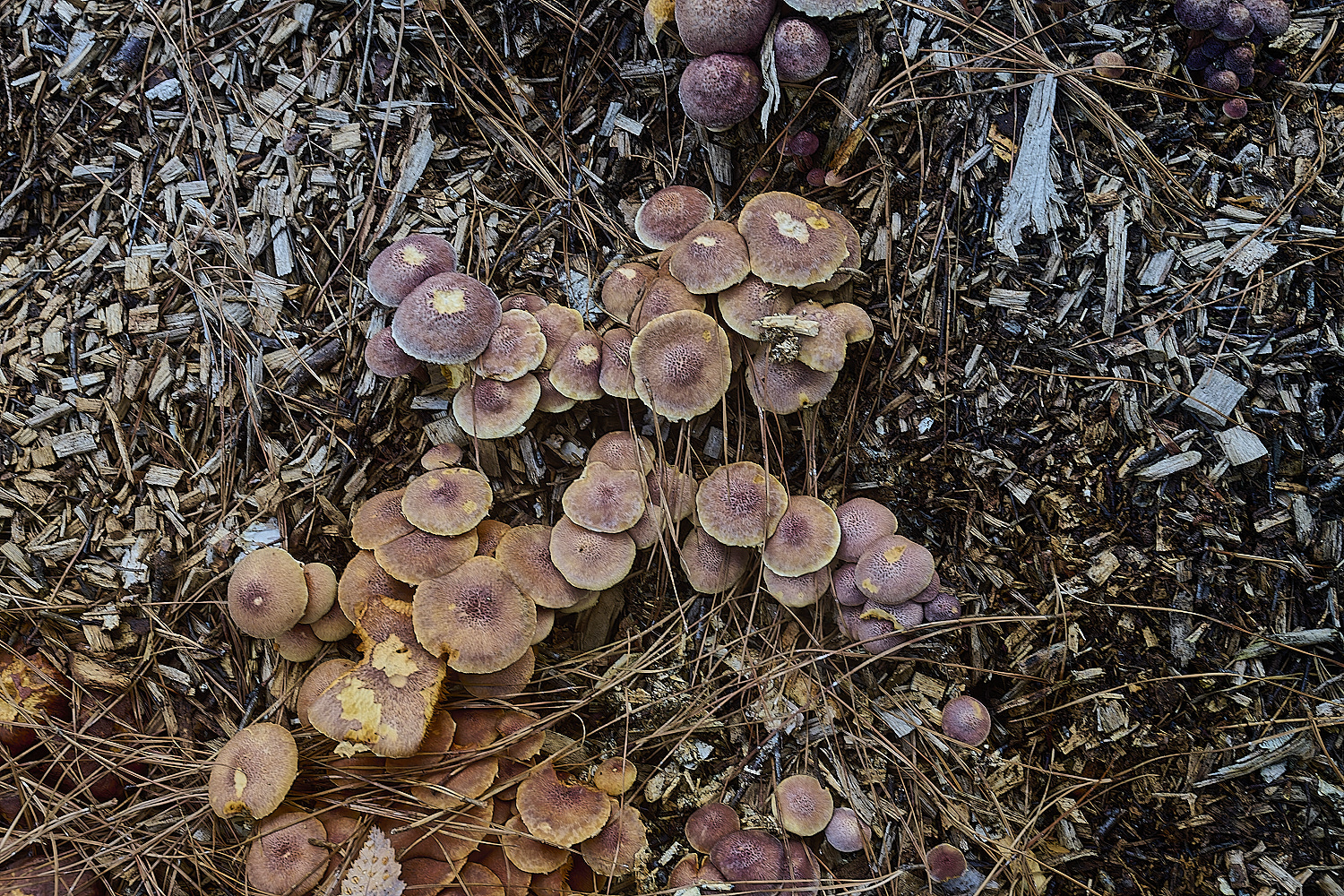
Magenta Rustgill (Gymnopilus dilipis)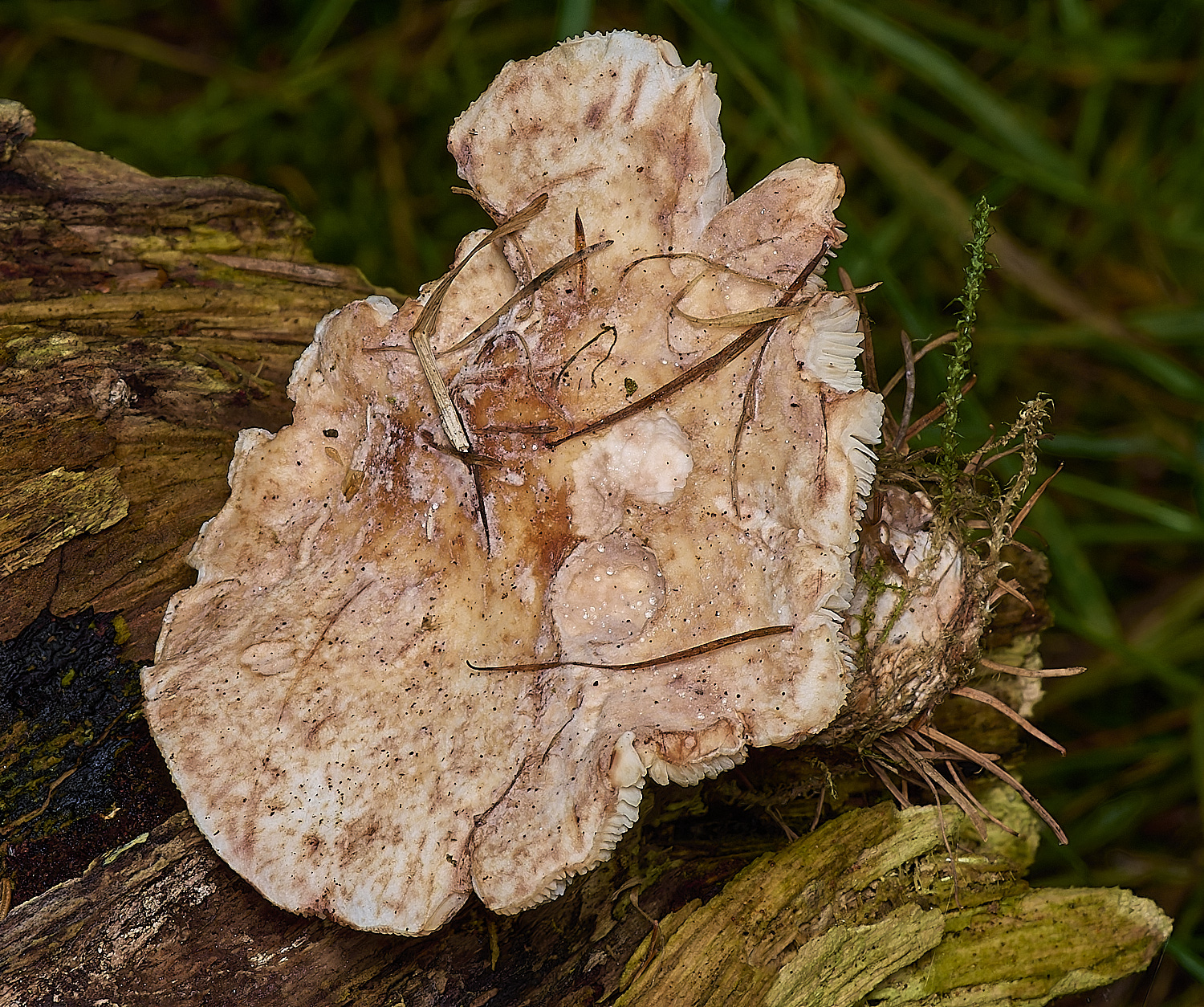
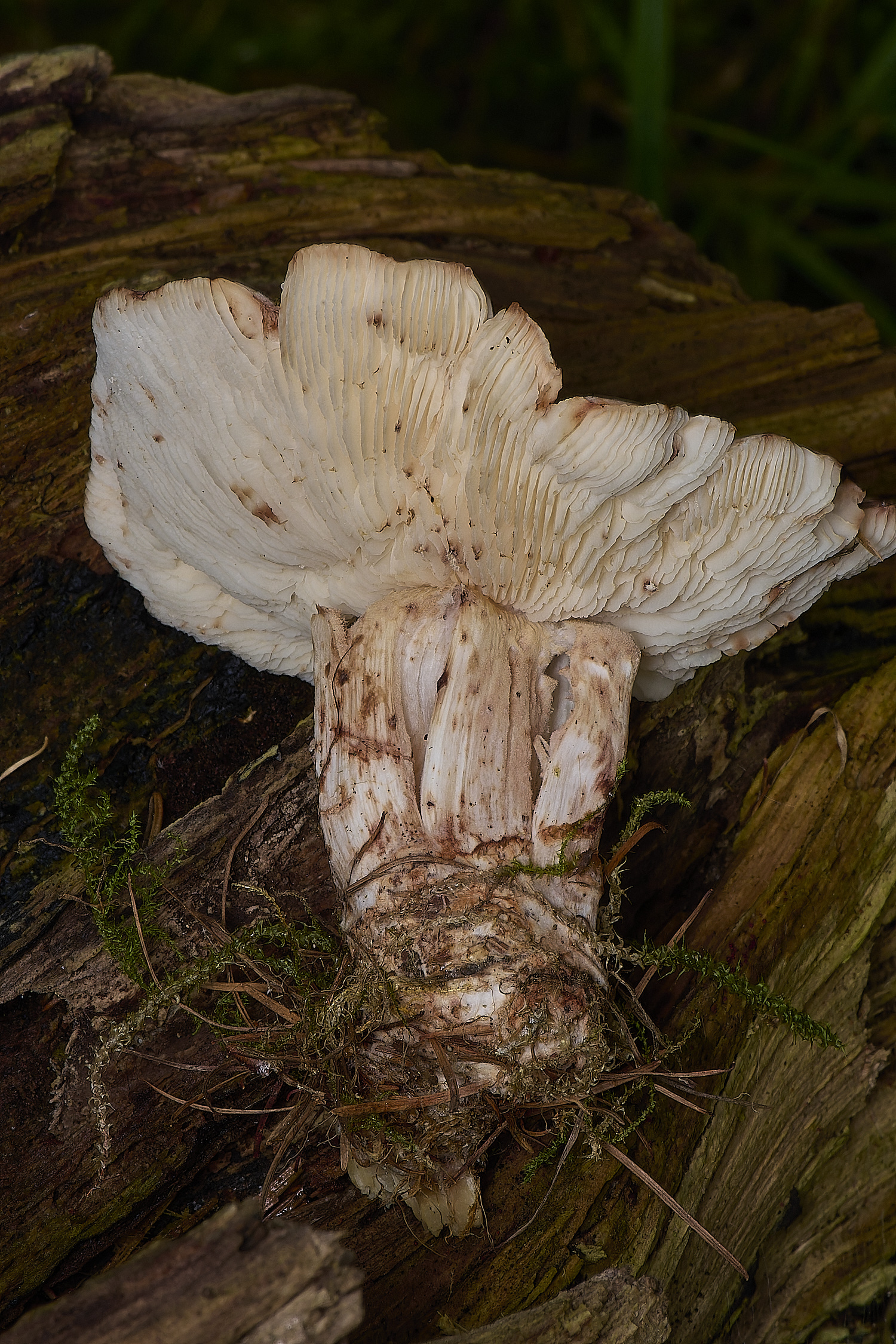
Spotted Toughshank (Rhodocollybia maculata(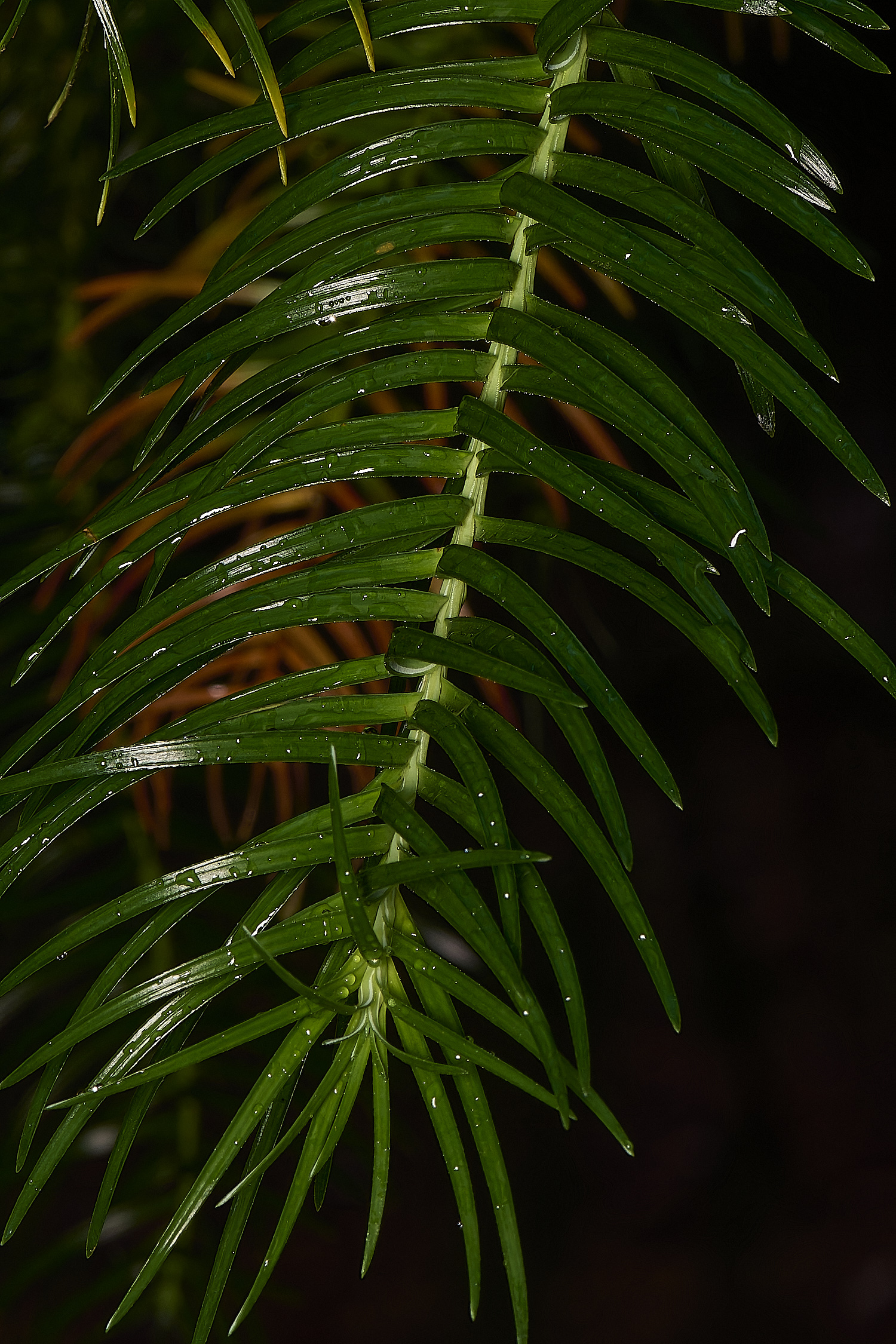
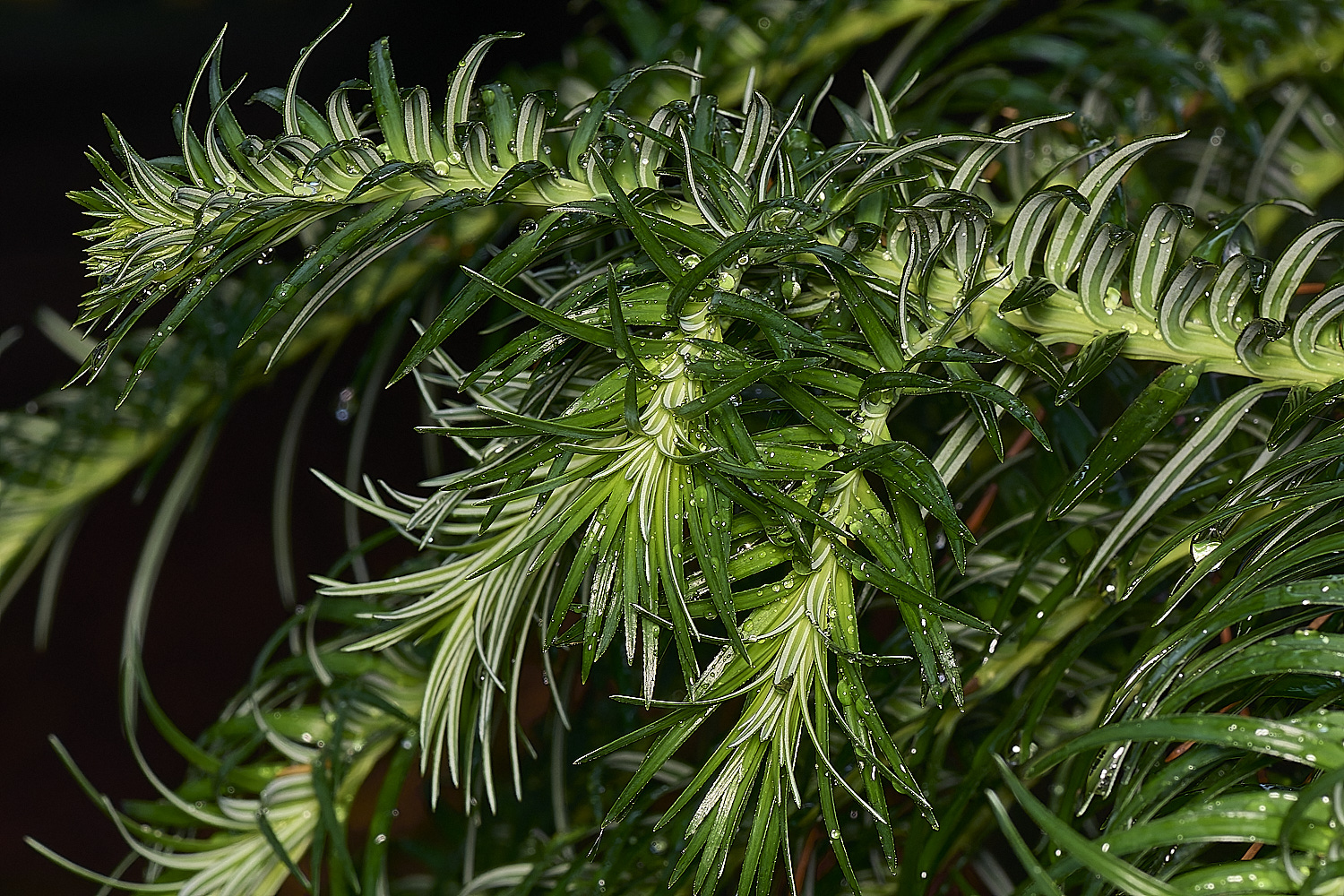
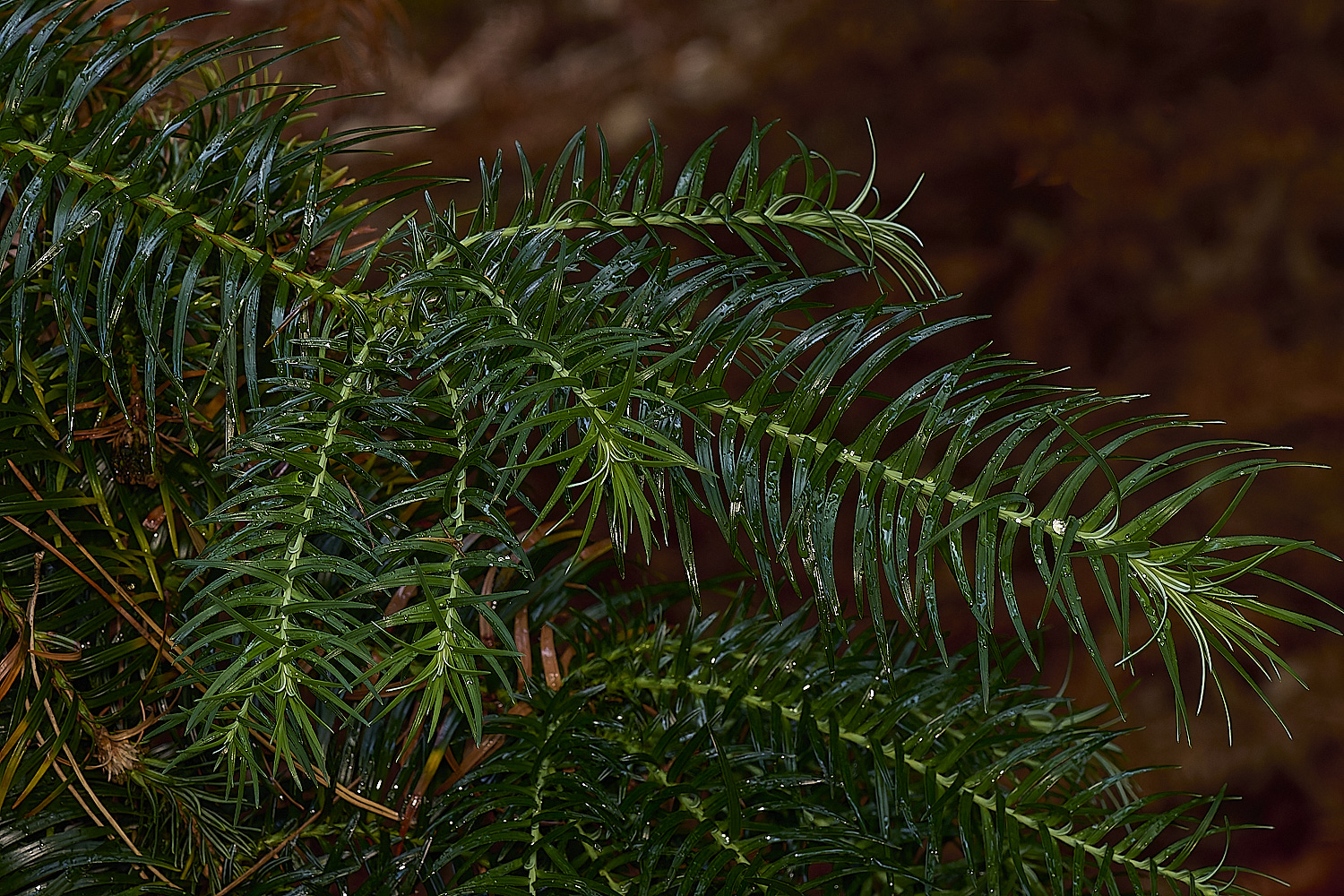
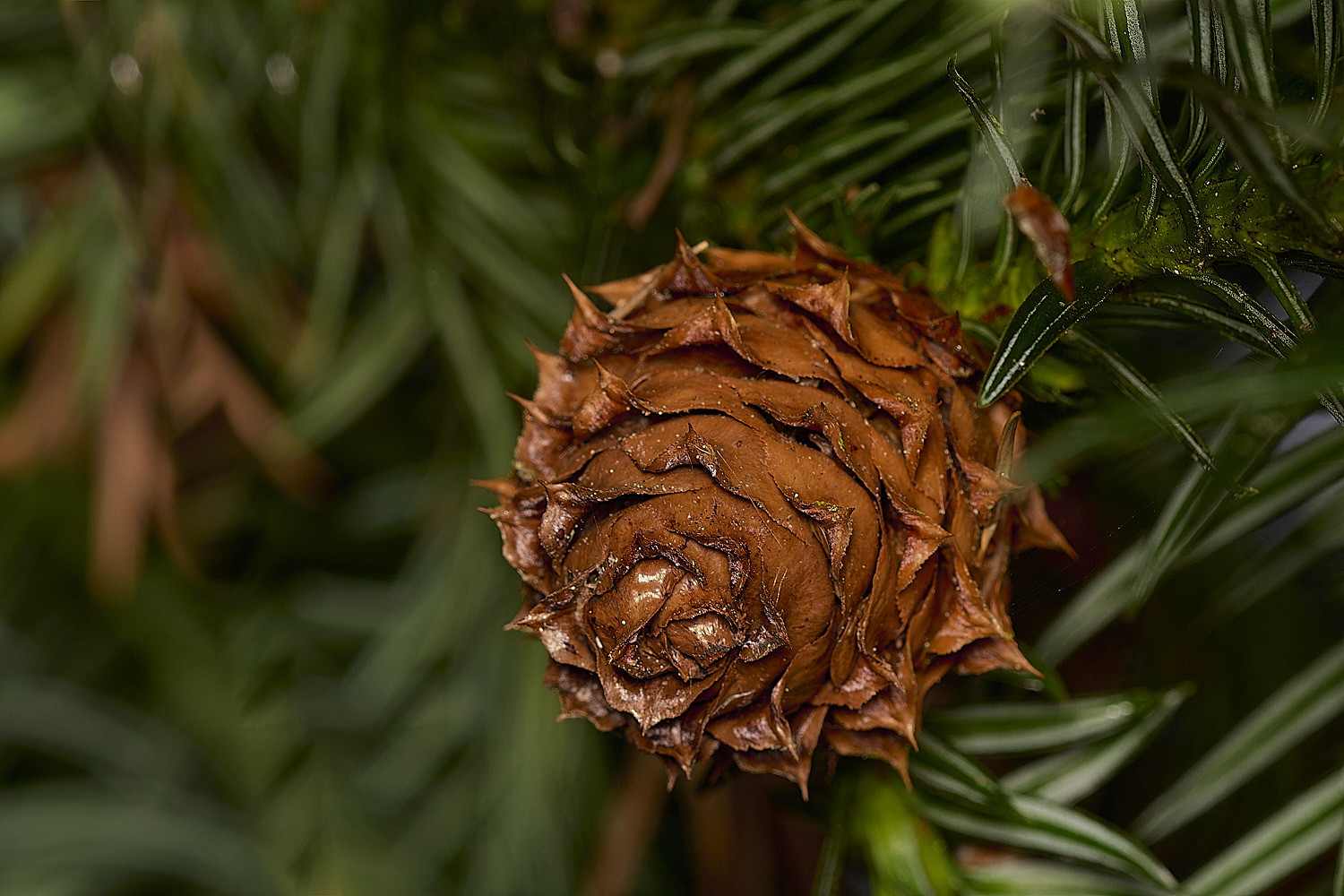
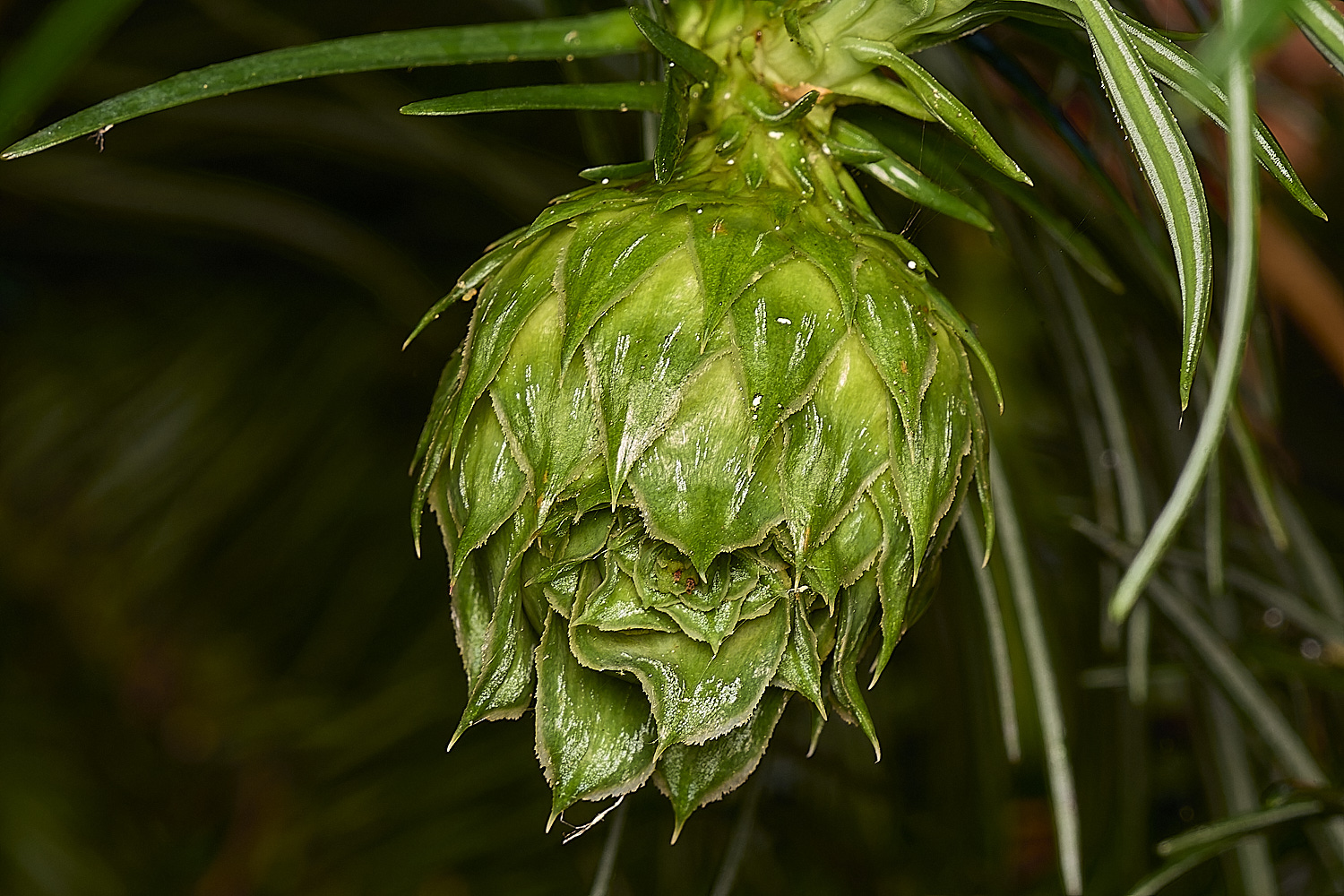
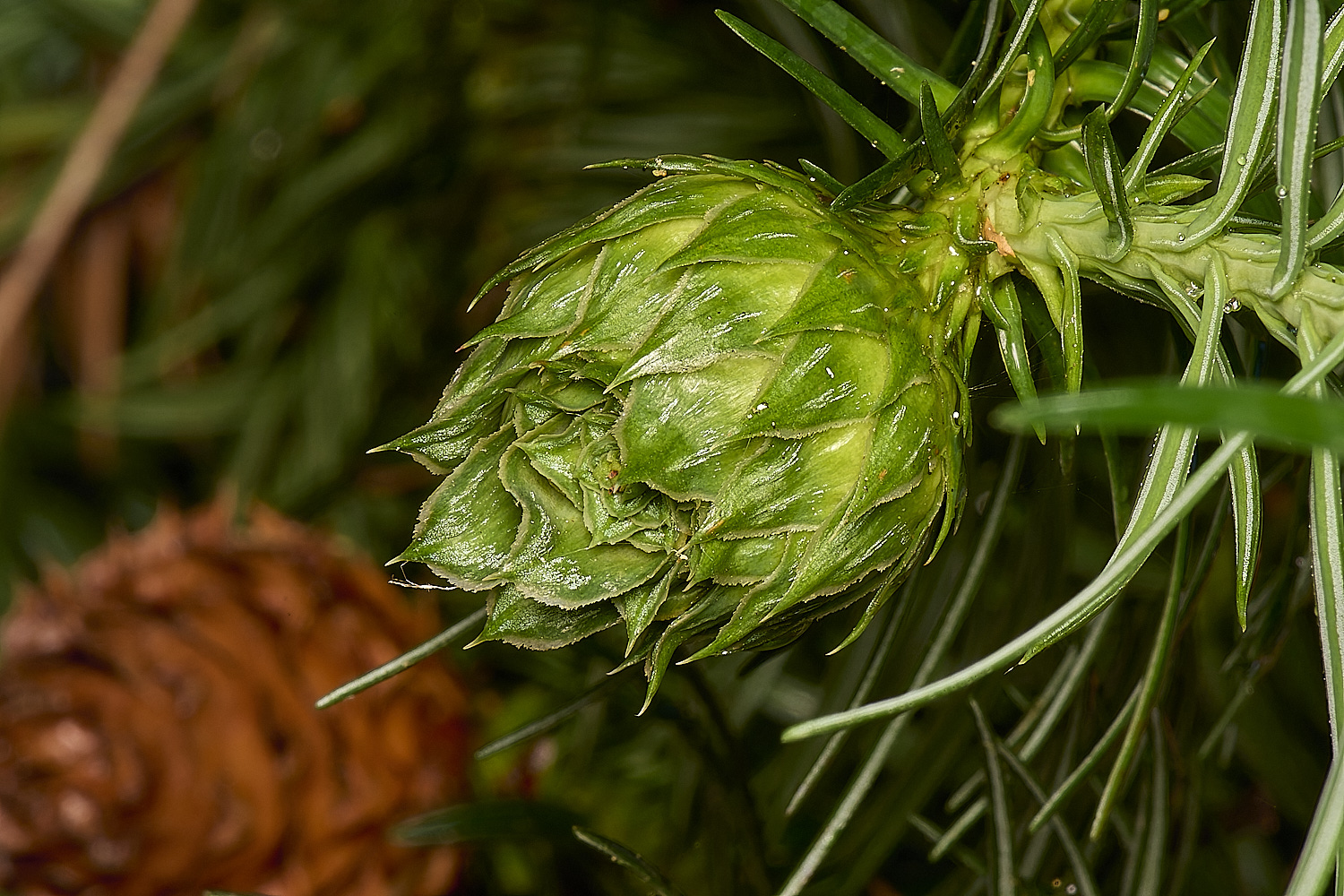
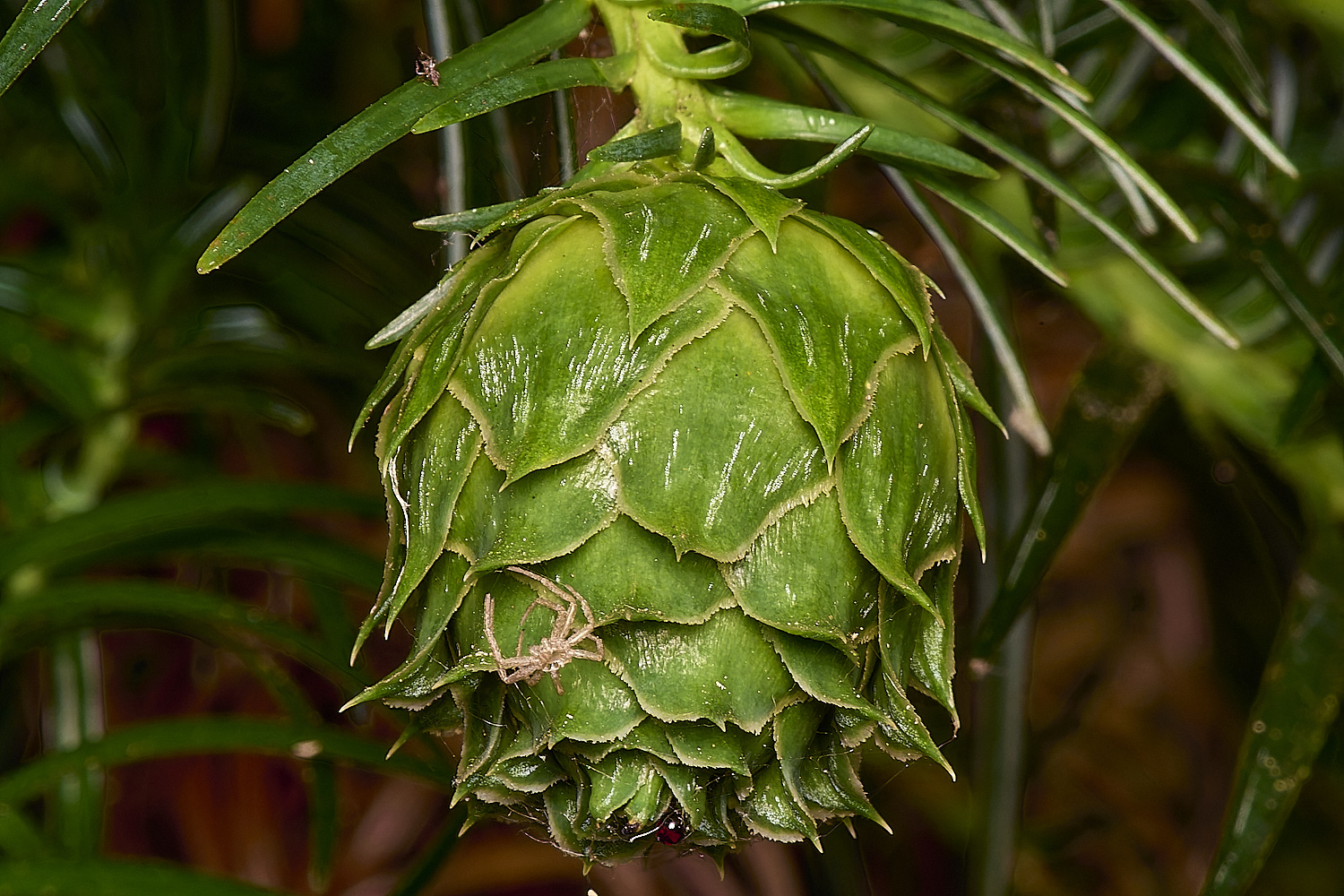
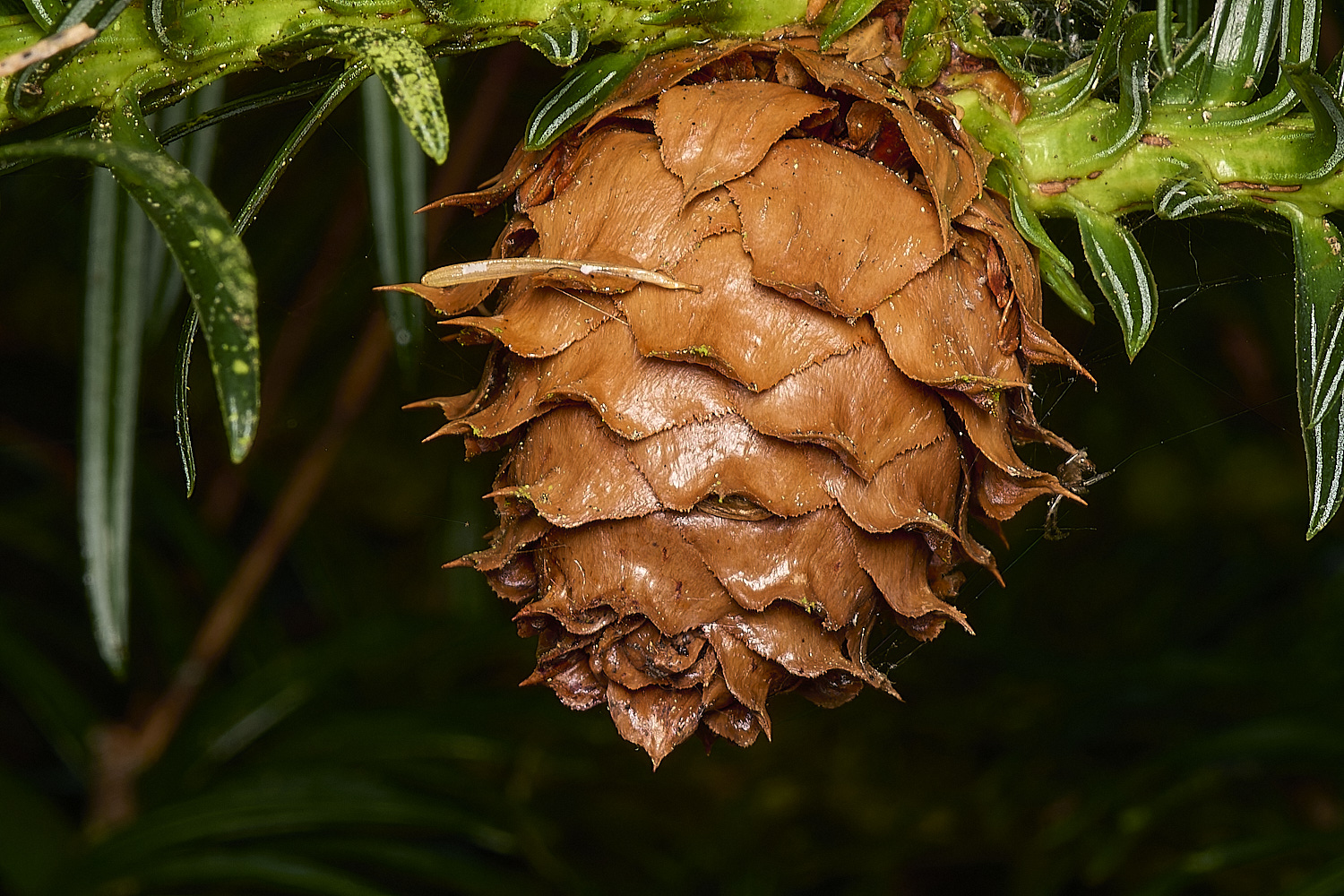
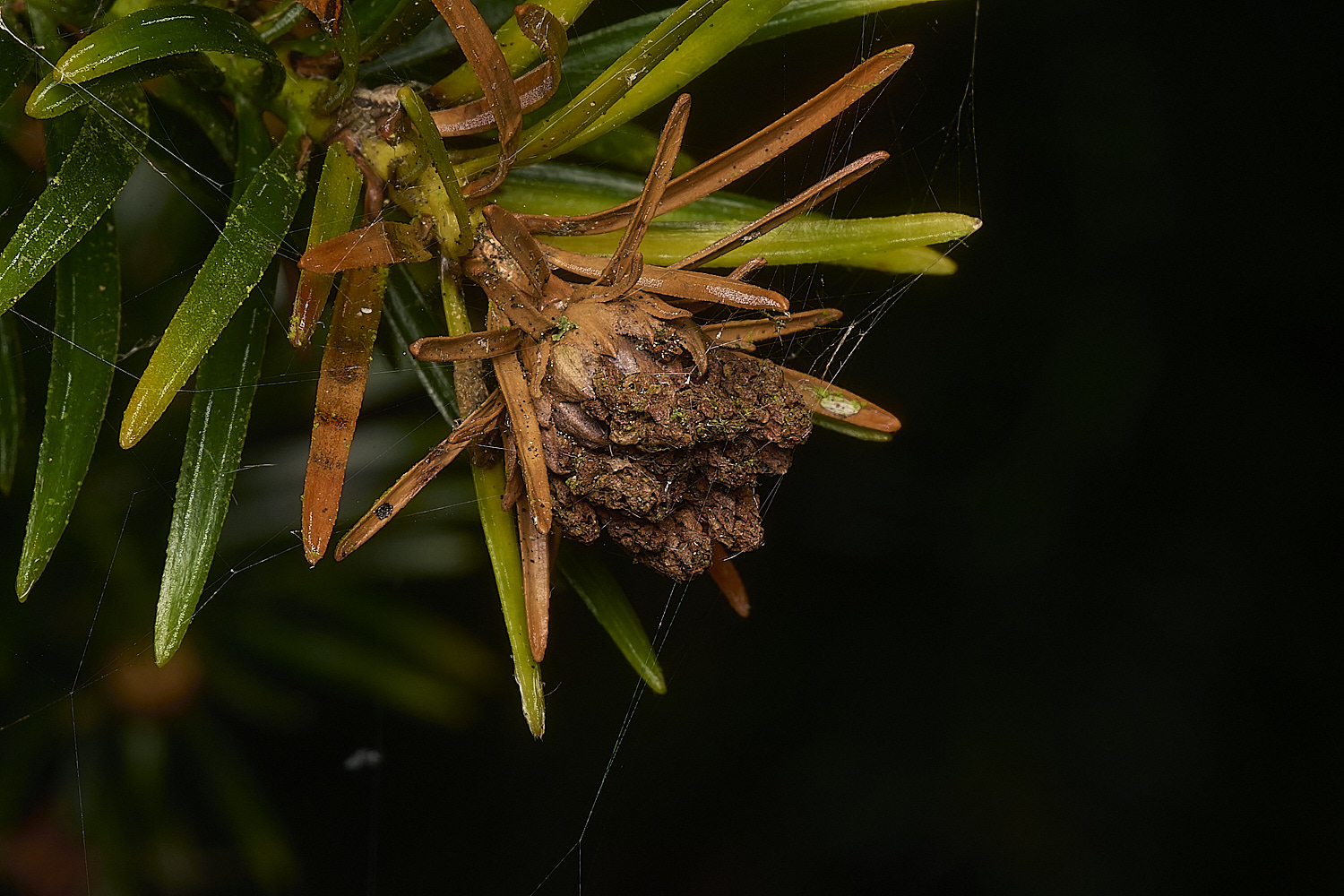
Chinese Fir (Cunninghamia lanceolata)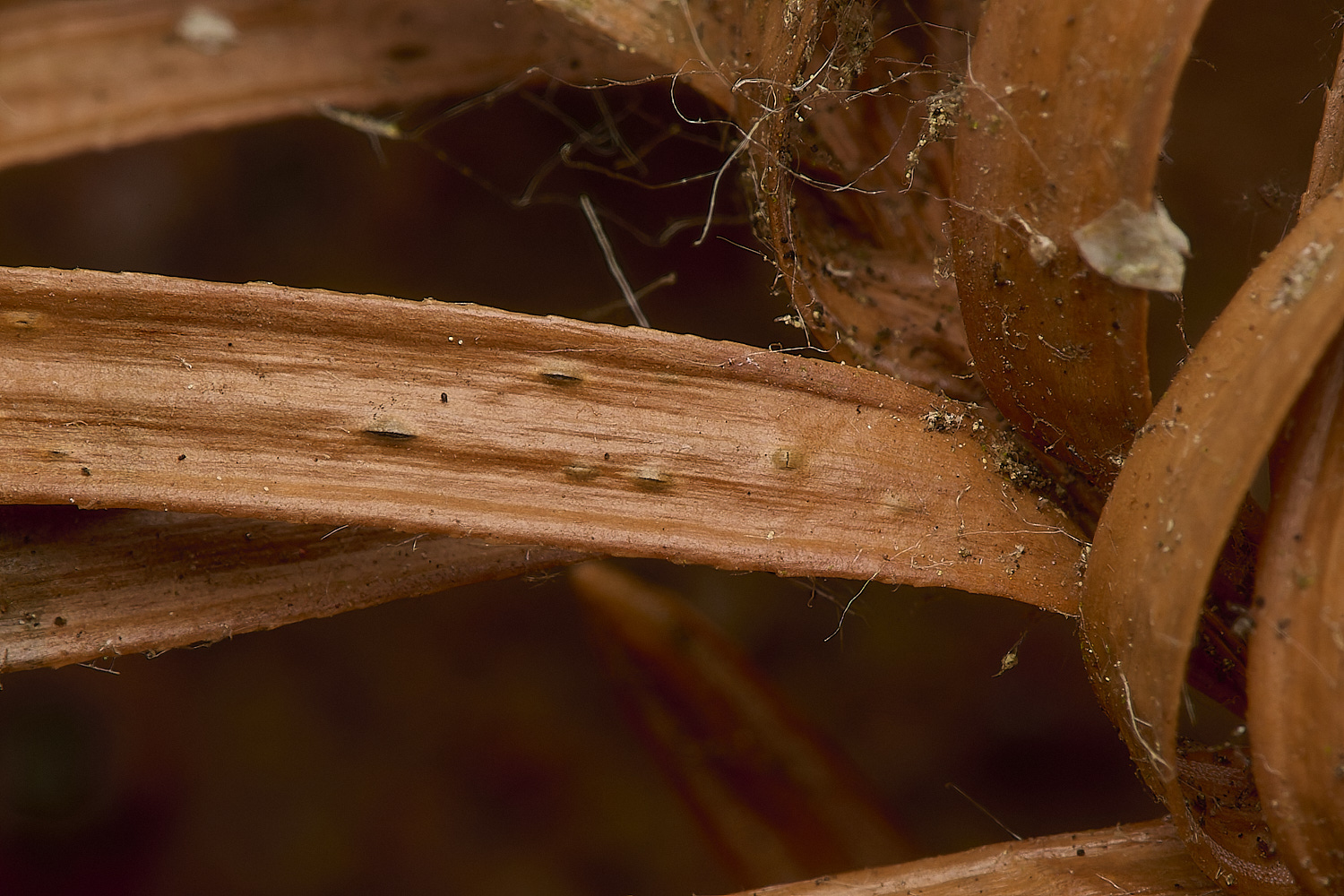
Filostictus cunninghamia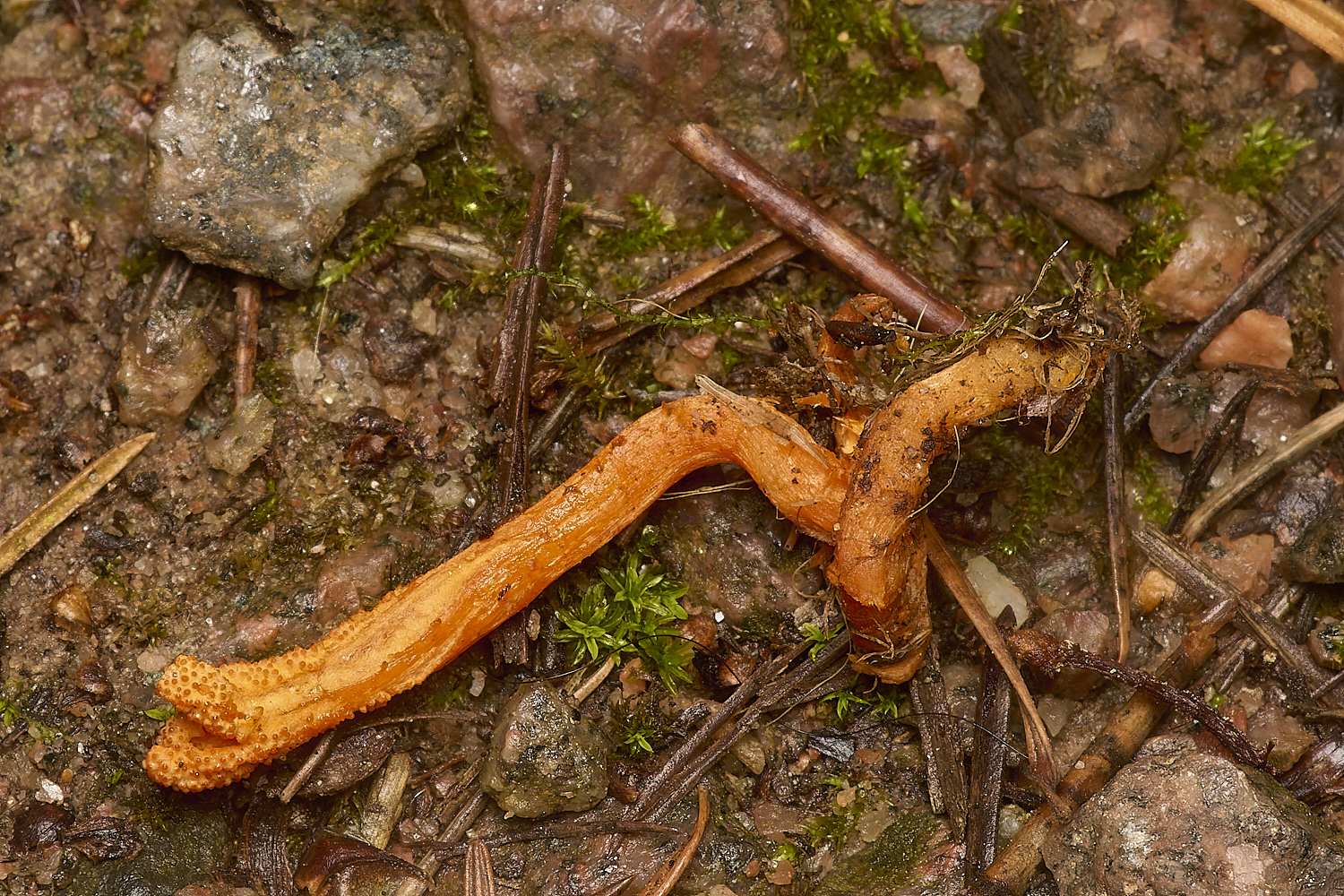
Caterpillar Fungus (Cordyceps militaris)
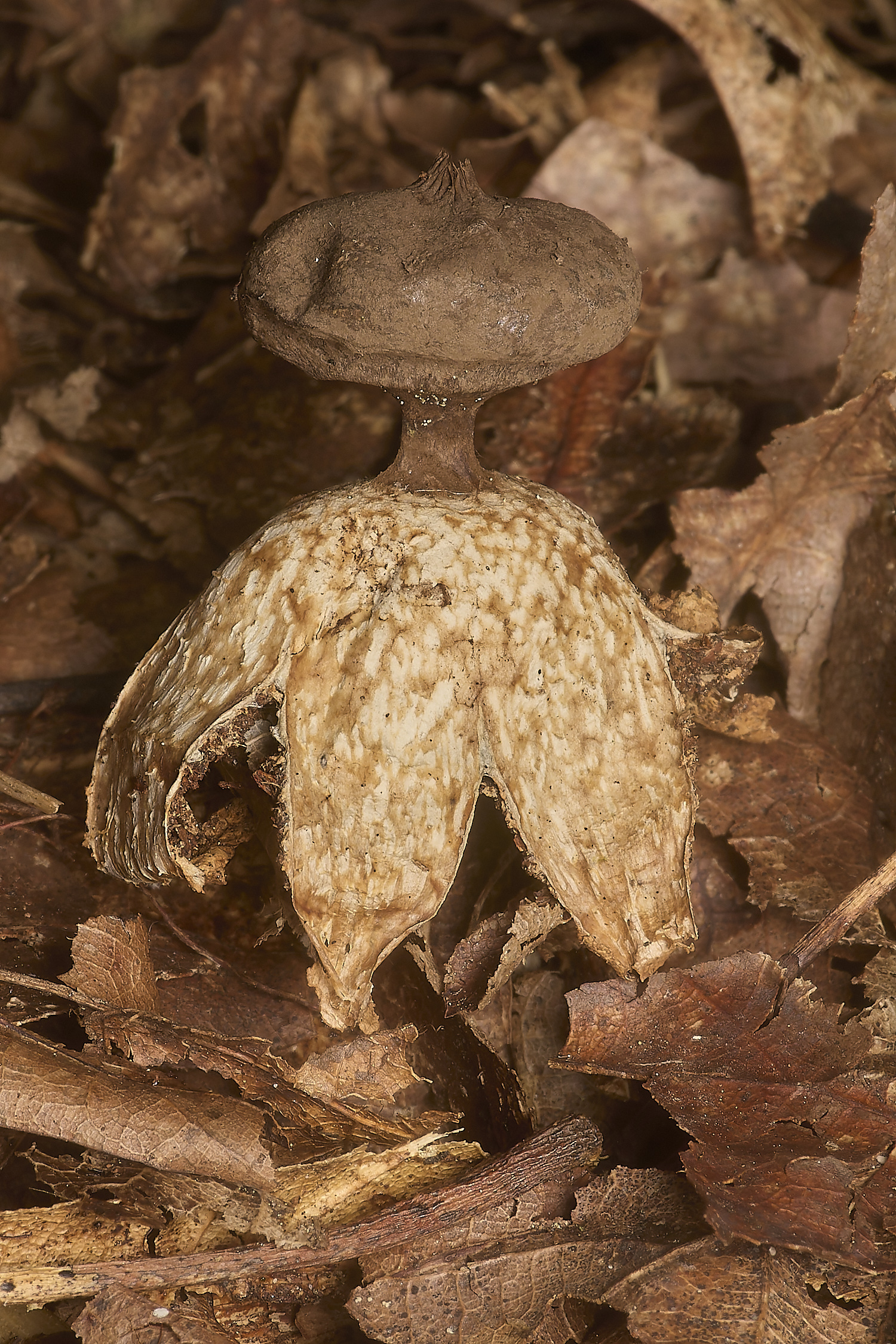
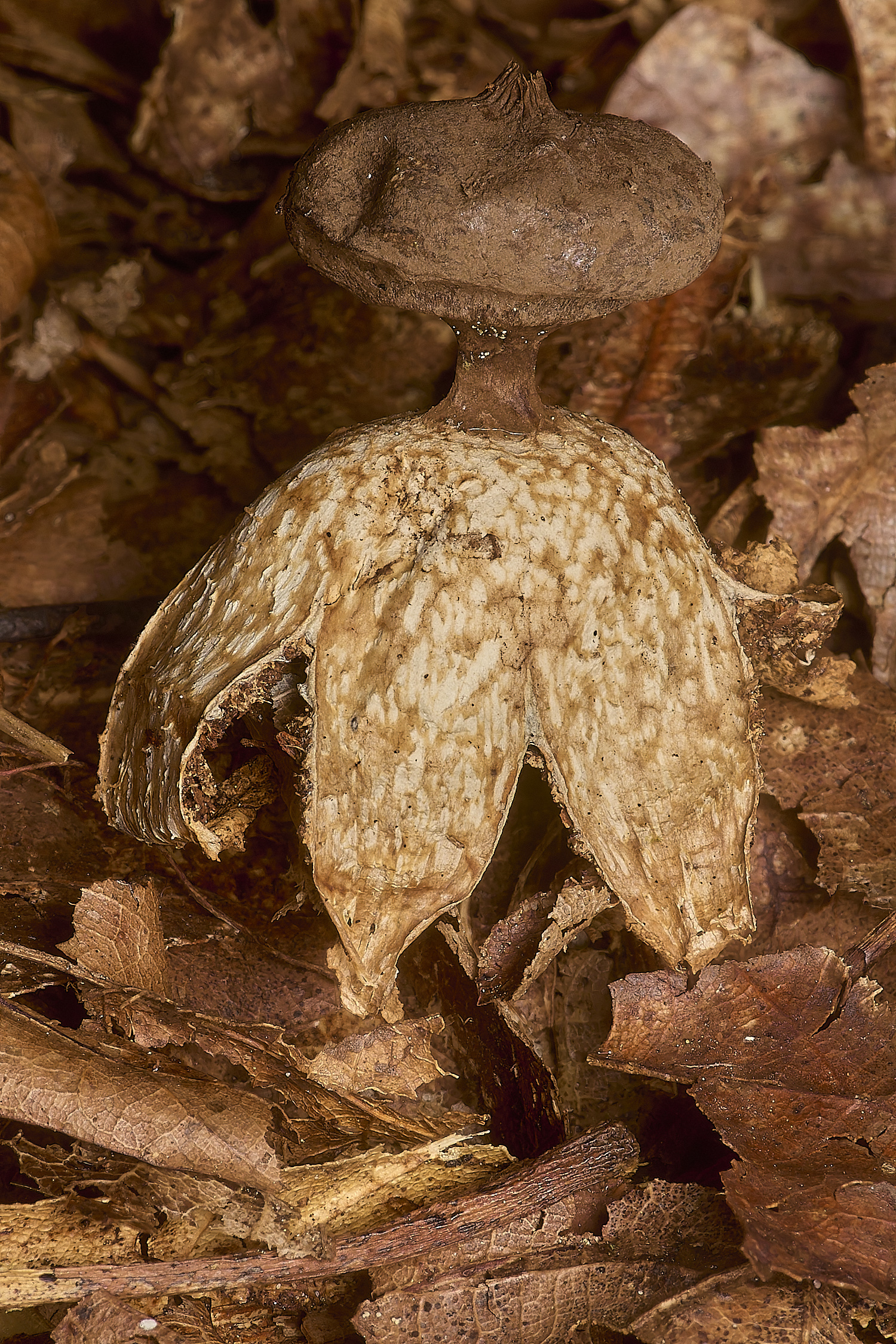
Striate Earthstar (Geastrum striatrum))
Bleeding Bonnet (Mycena sanguinolenta)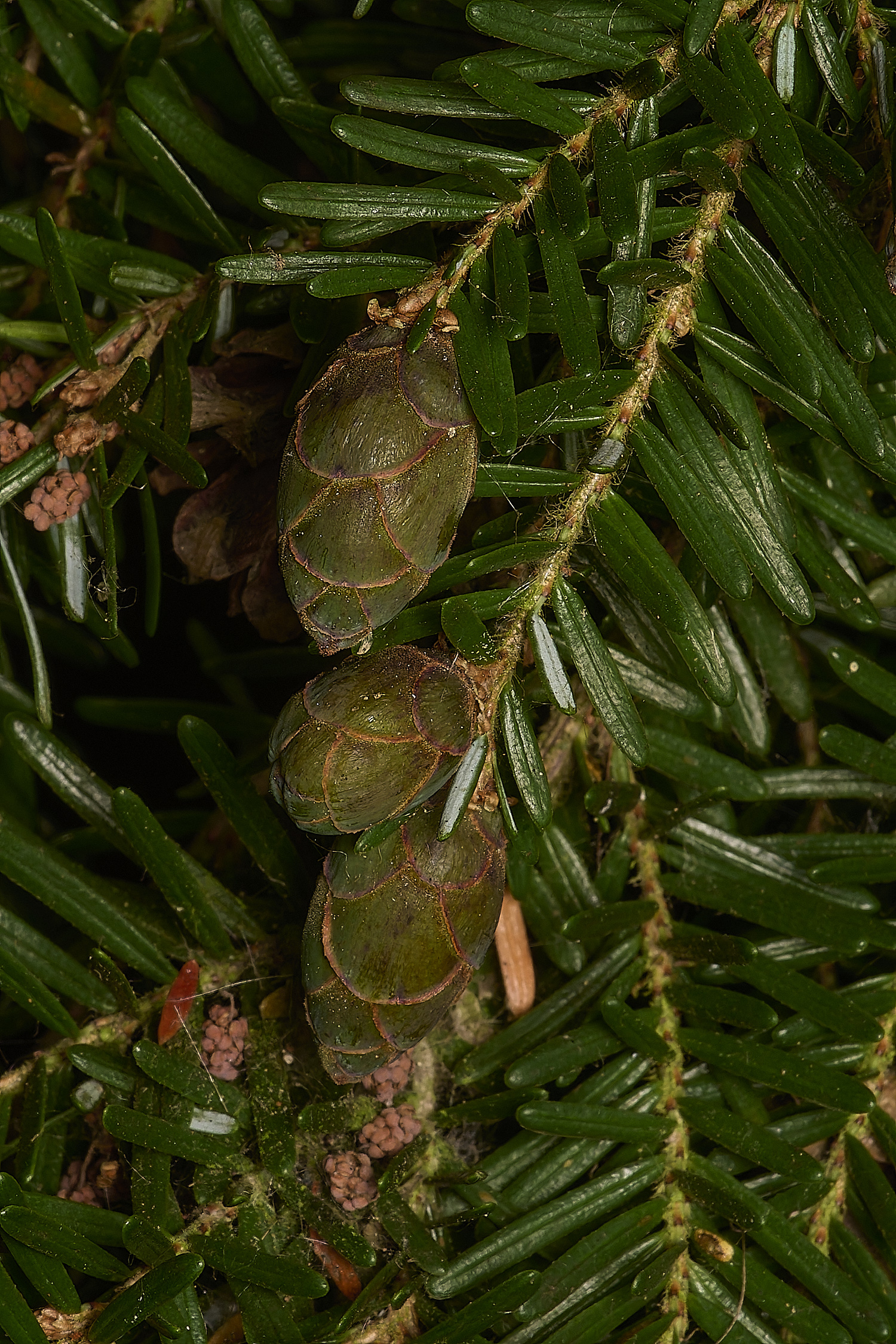

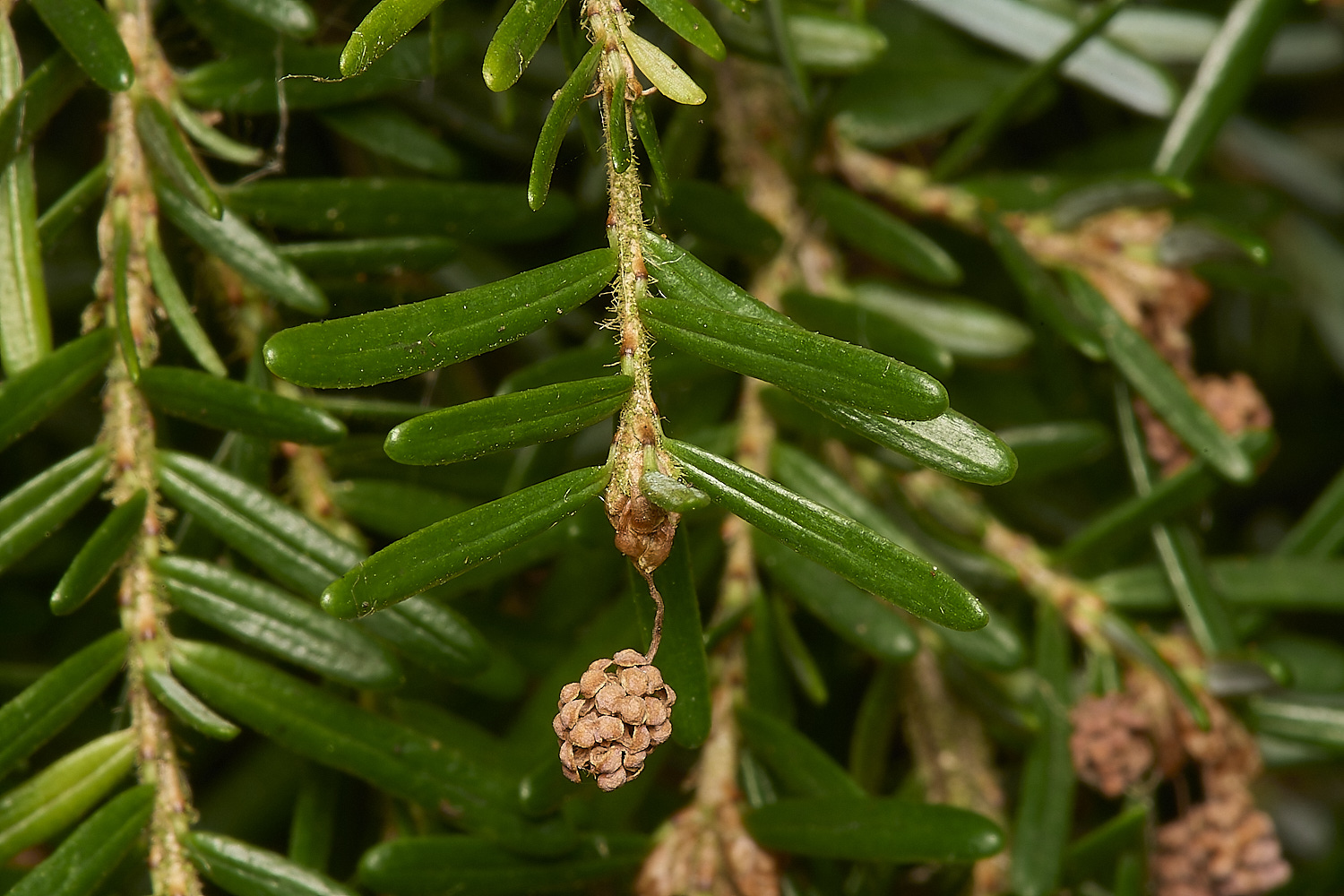
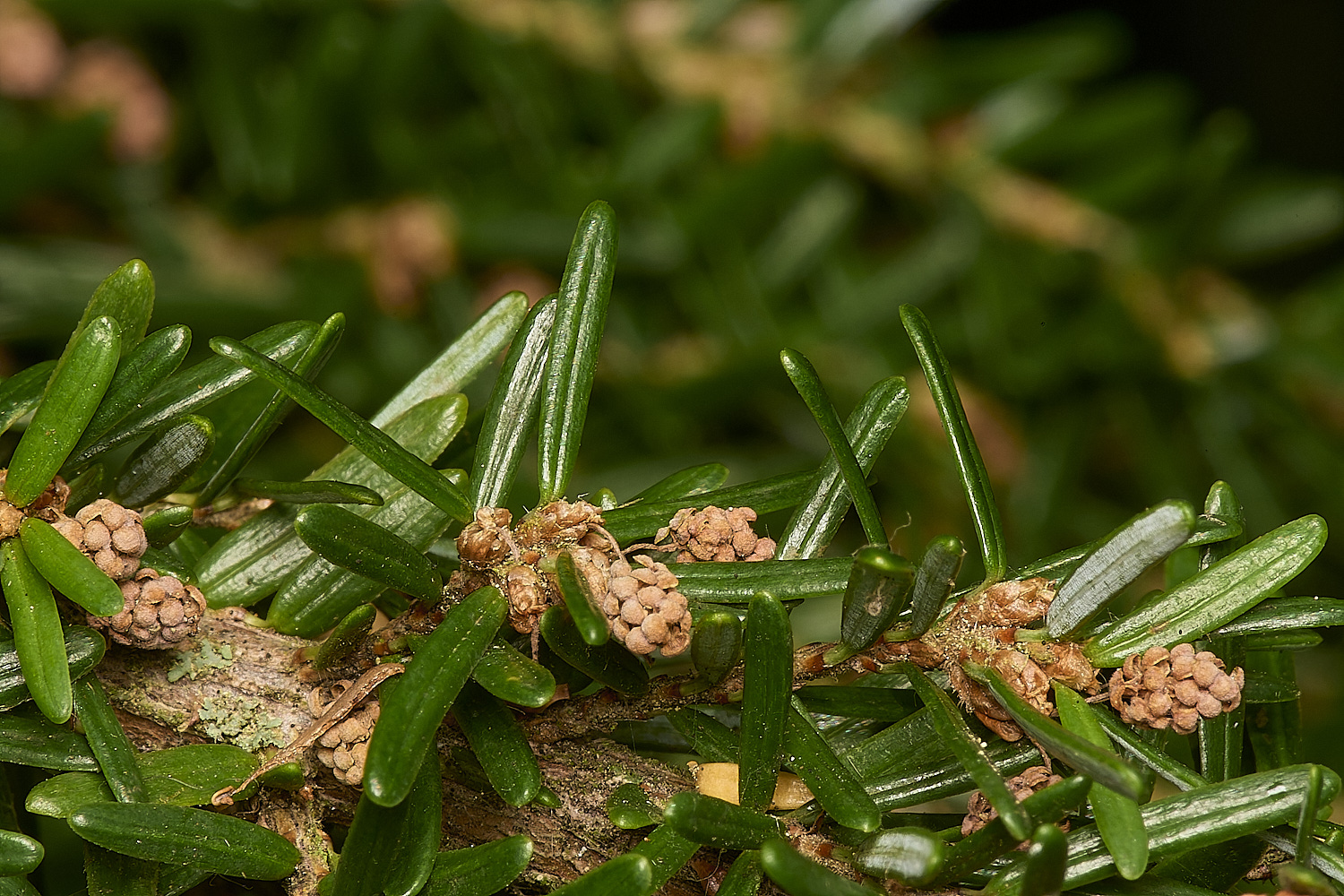
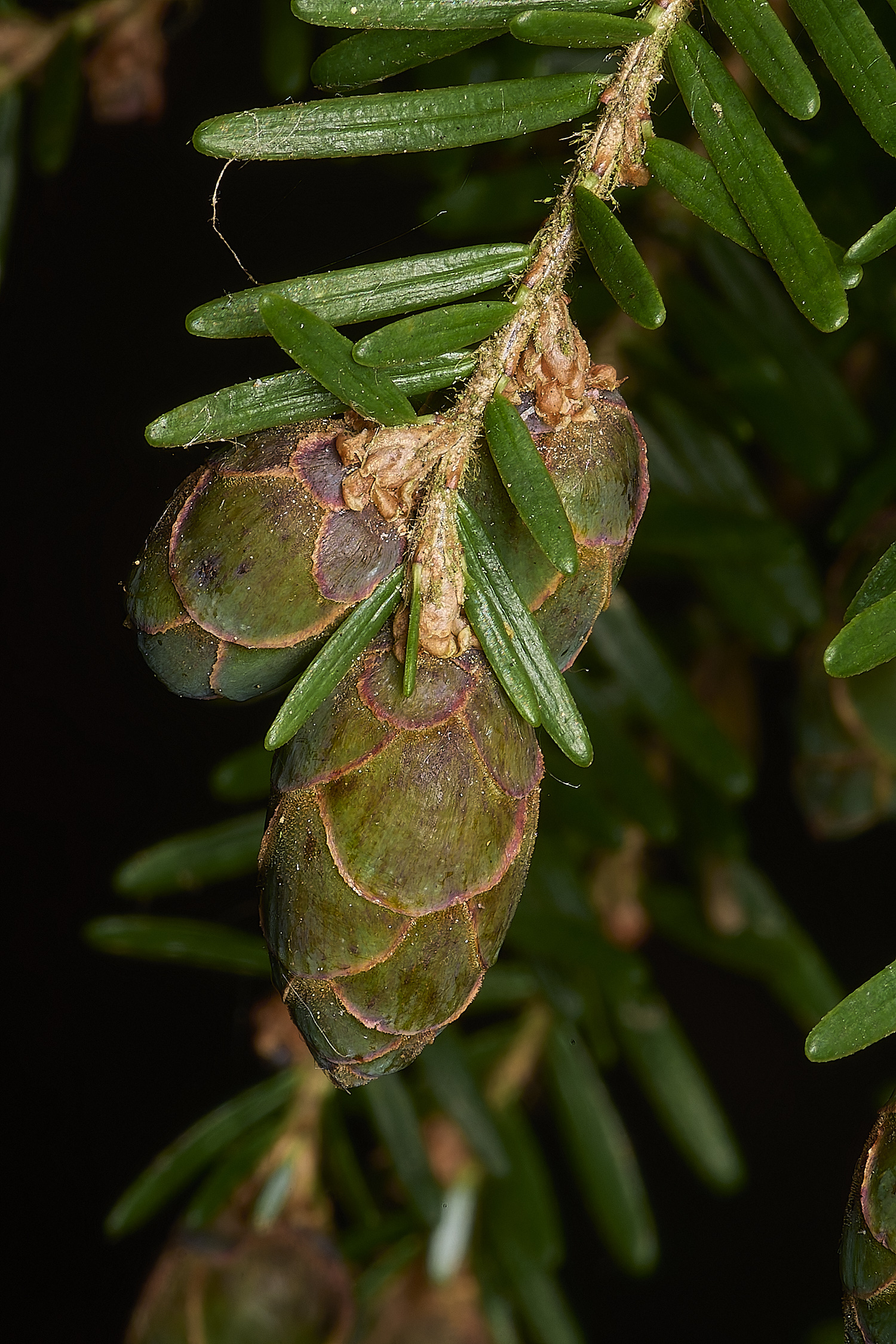
Western Hemlock (Tsuga heterophylla)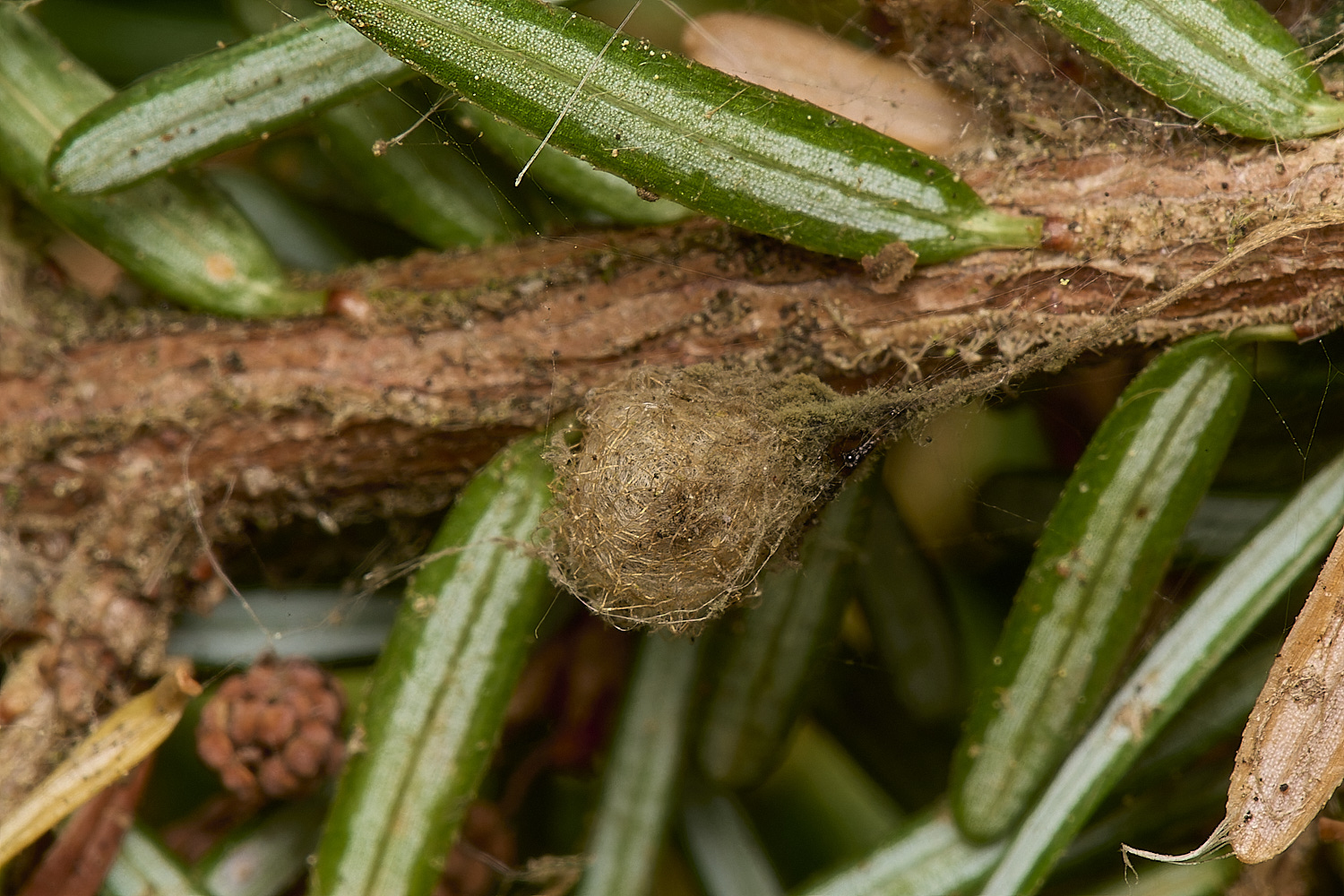
SpIder sack hidden in amongst the eaves.
Pirate Spider Sp - Ero Sp
This group of spiders are specialised spider killers
From iNaturalist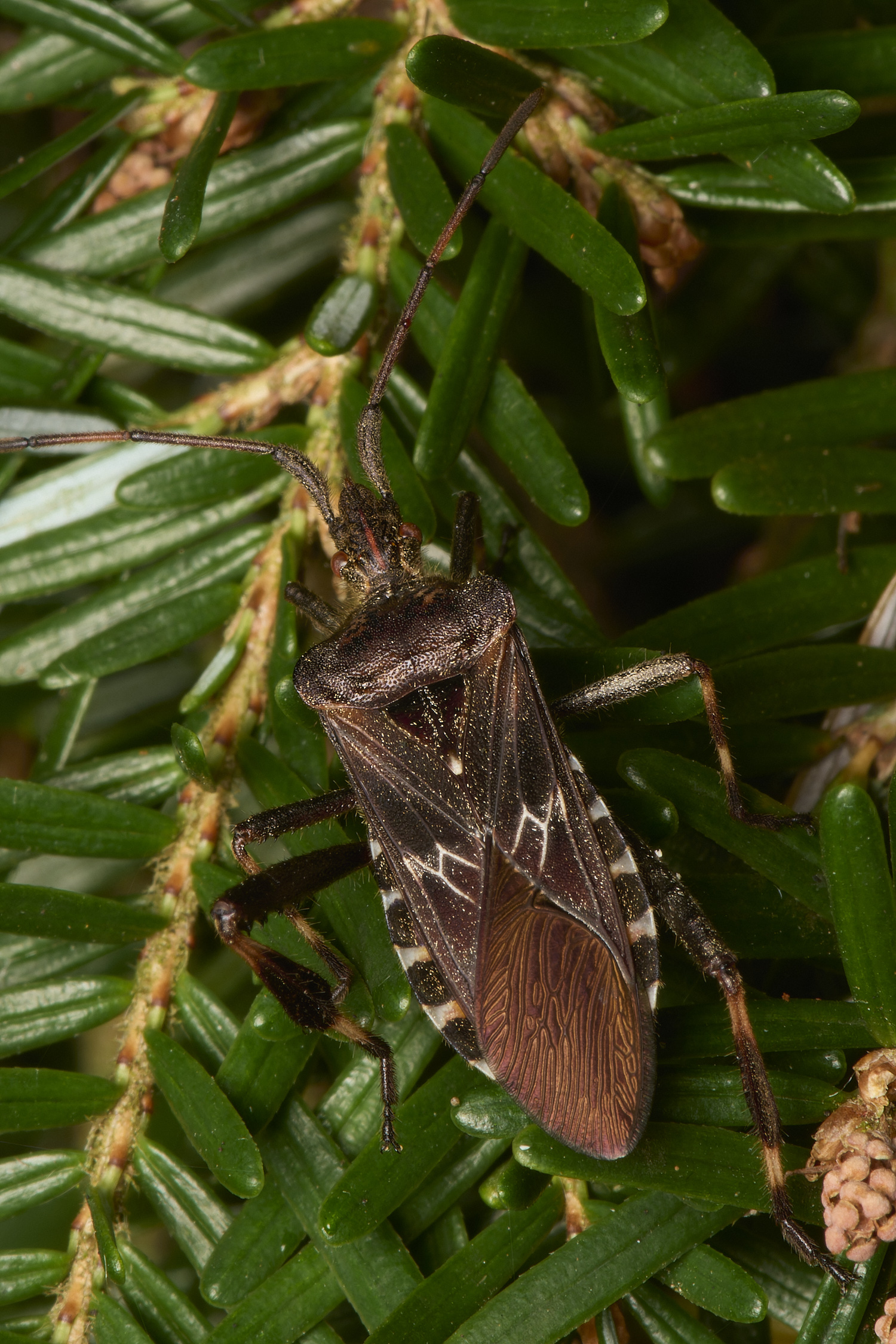

A spectacular Western Conifer Seed Bug (Leptoglossus occidentalis)
Native to the USA. Introduced into Europe in 1999
From DEFRA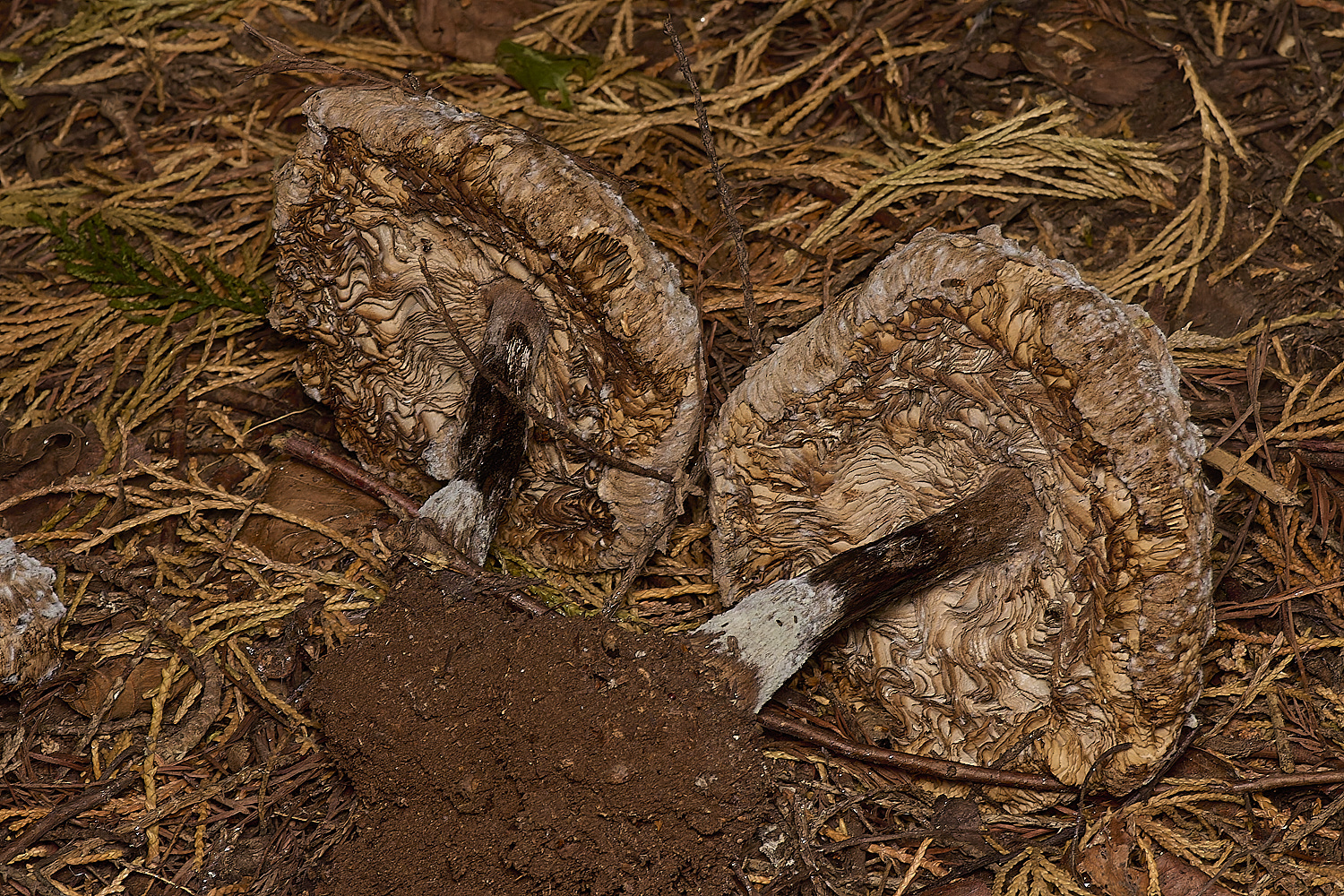
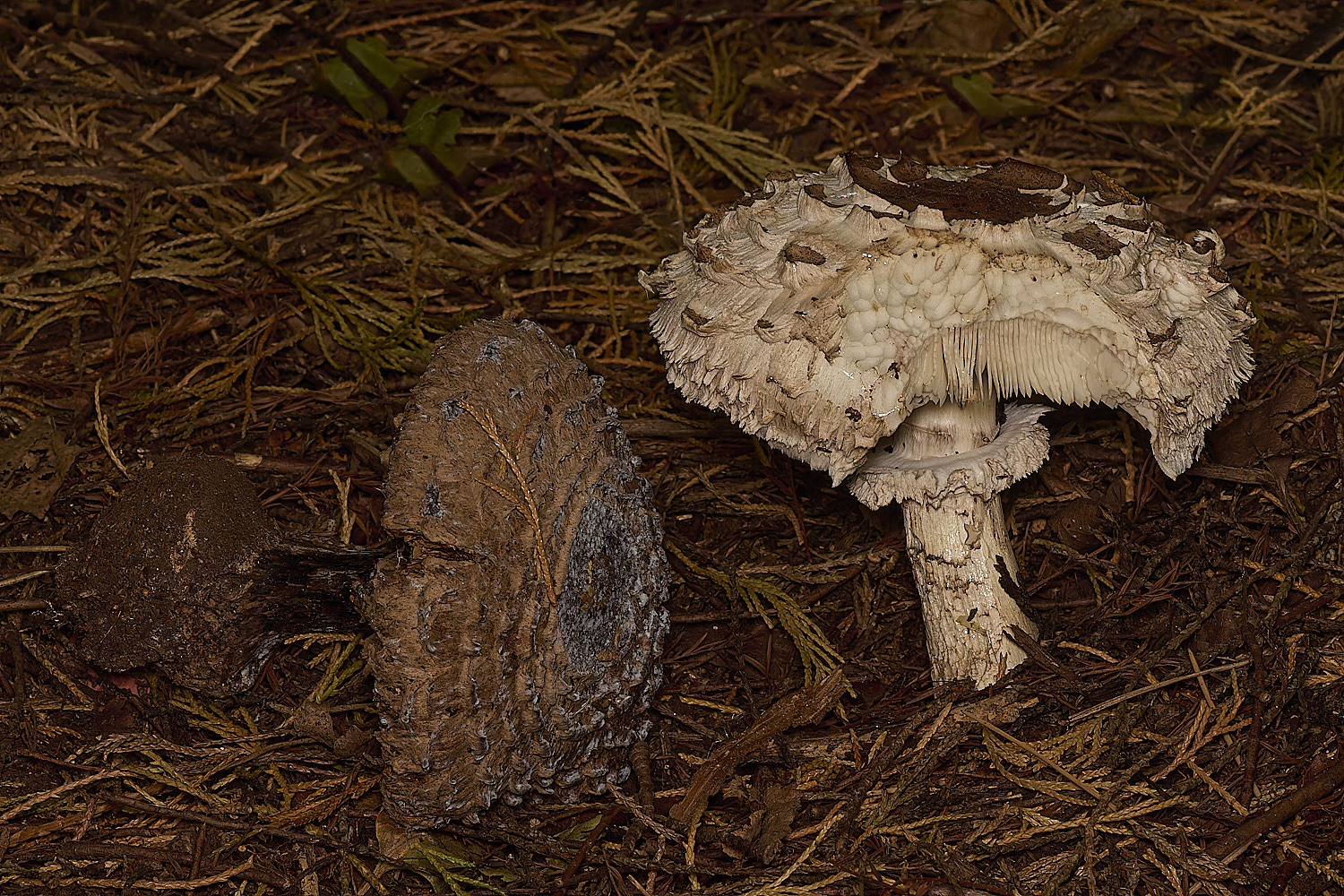
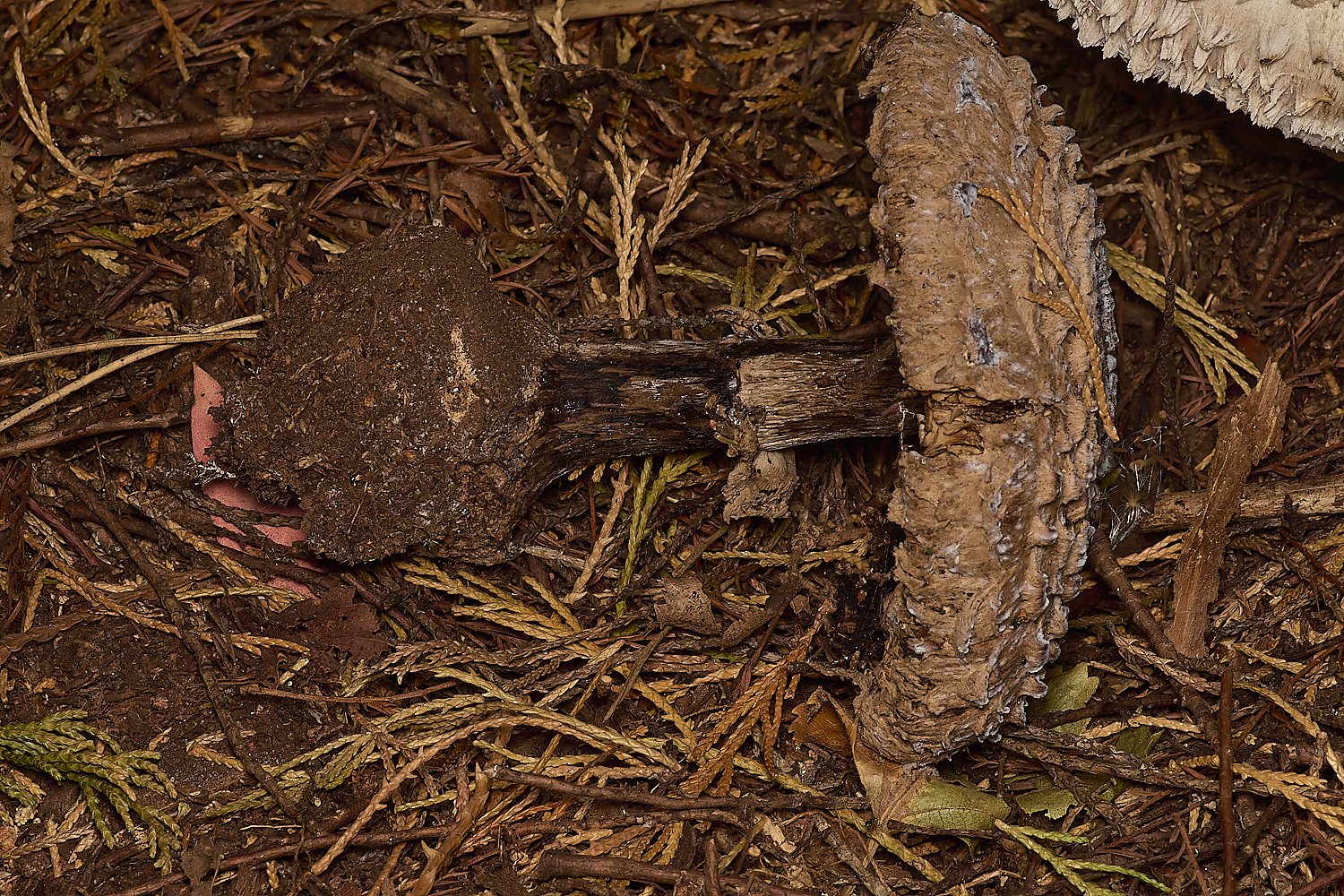
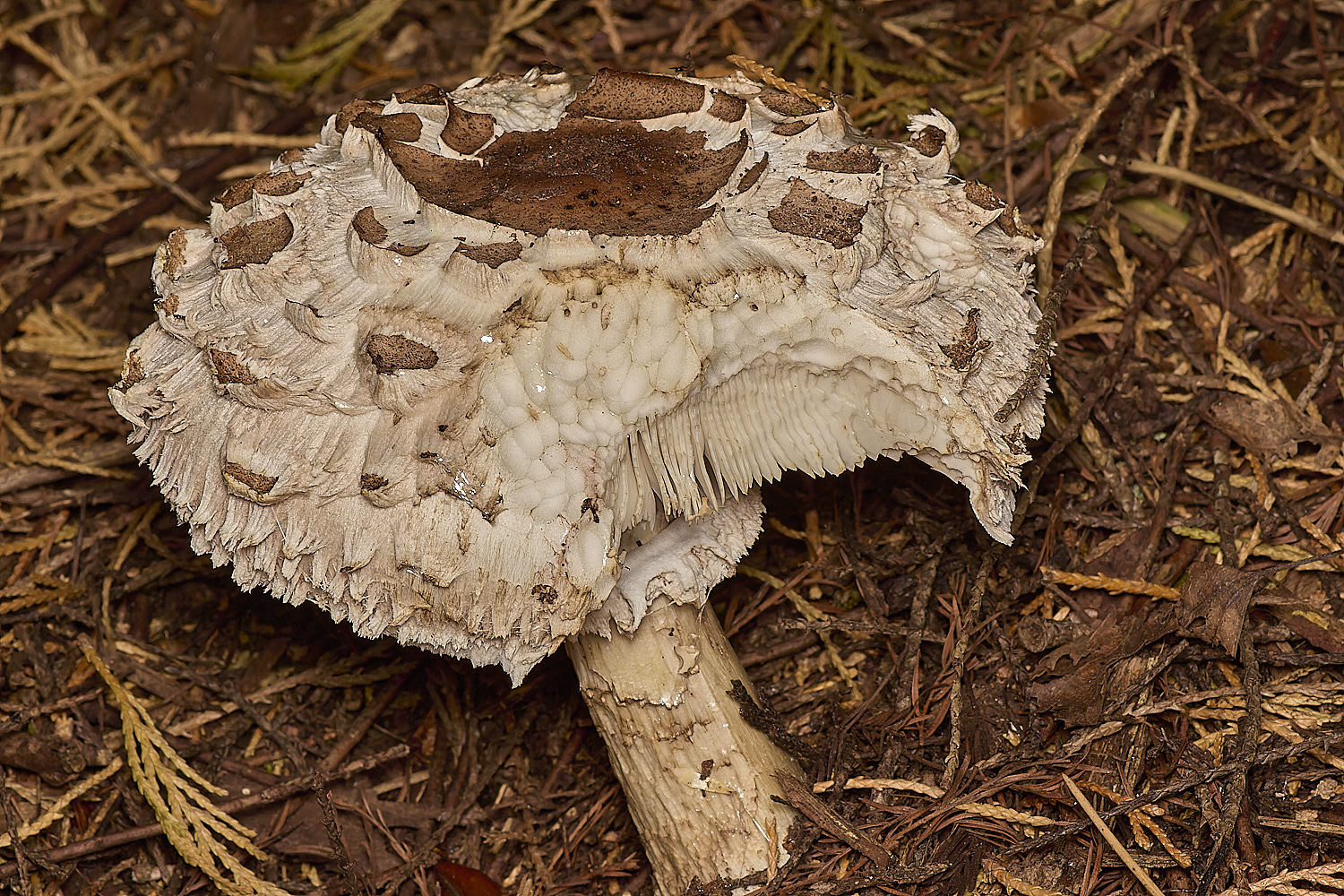
Brown Parasol (Chlorophyllum brunneum)
The very obvious bulbous base is a key feature.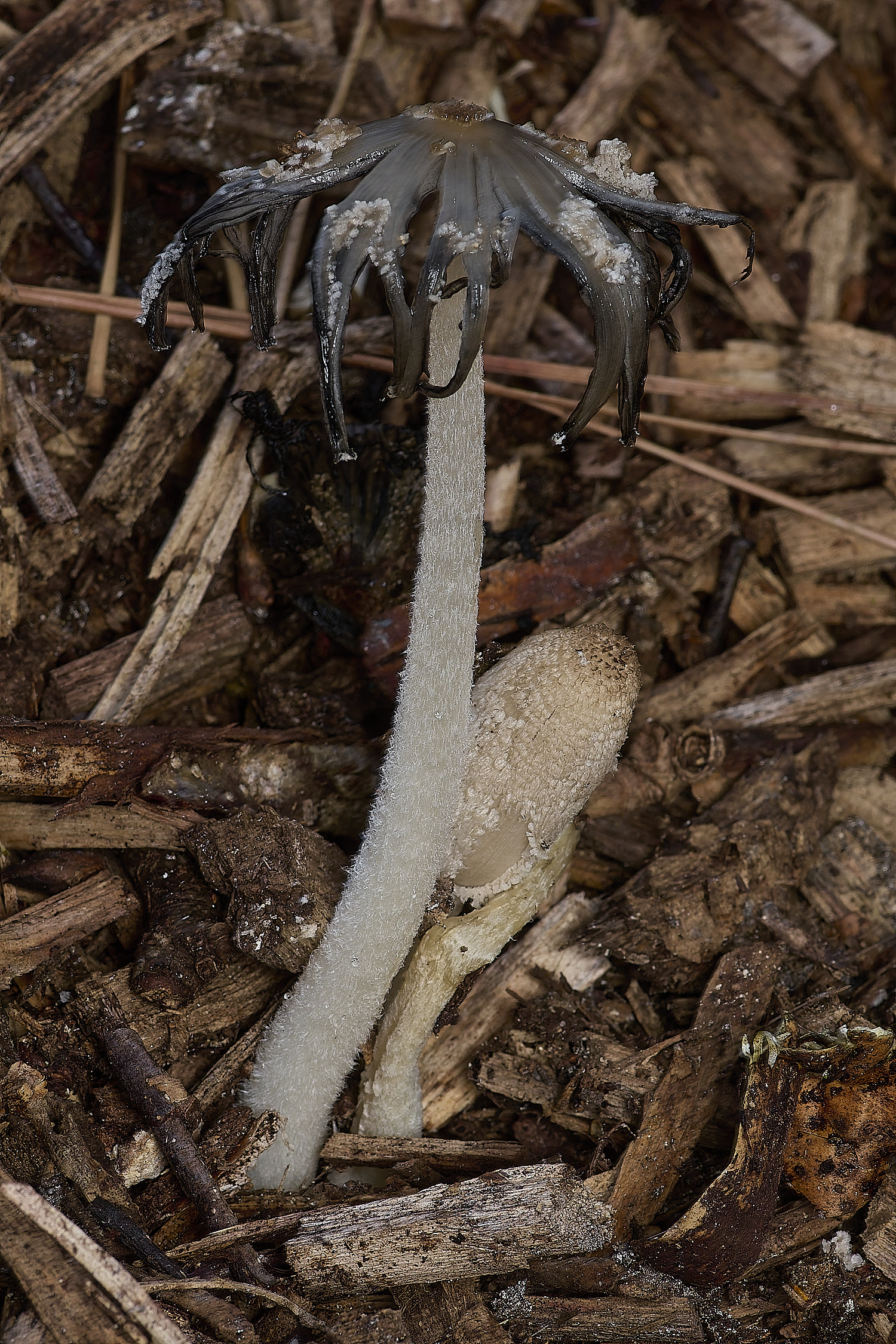
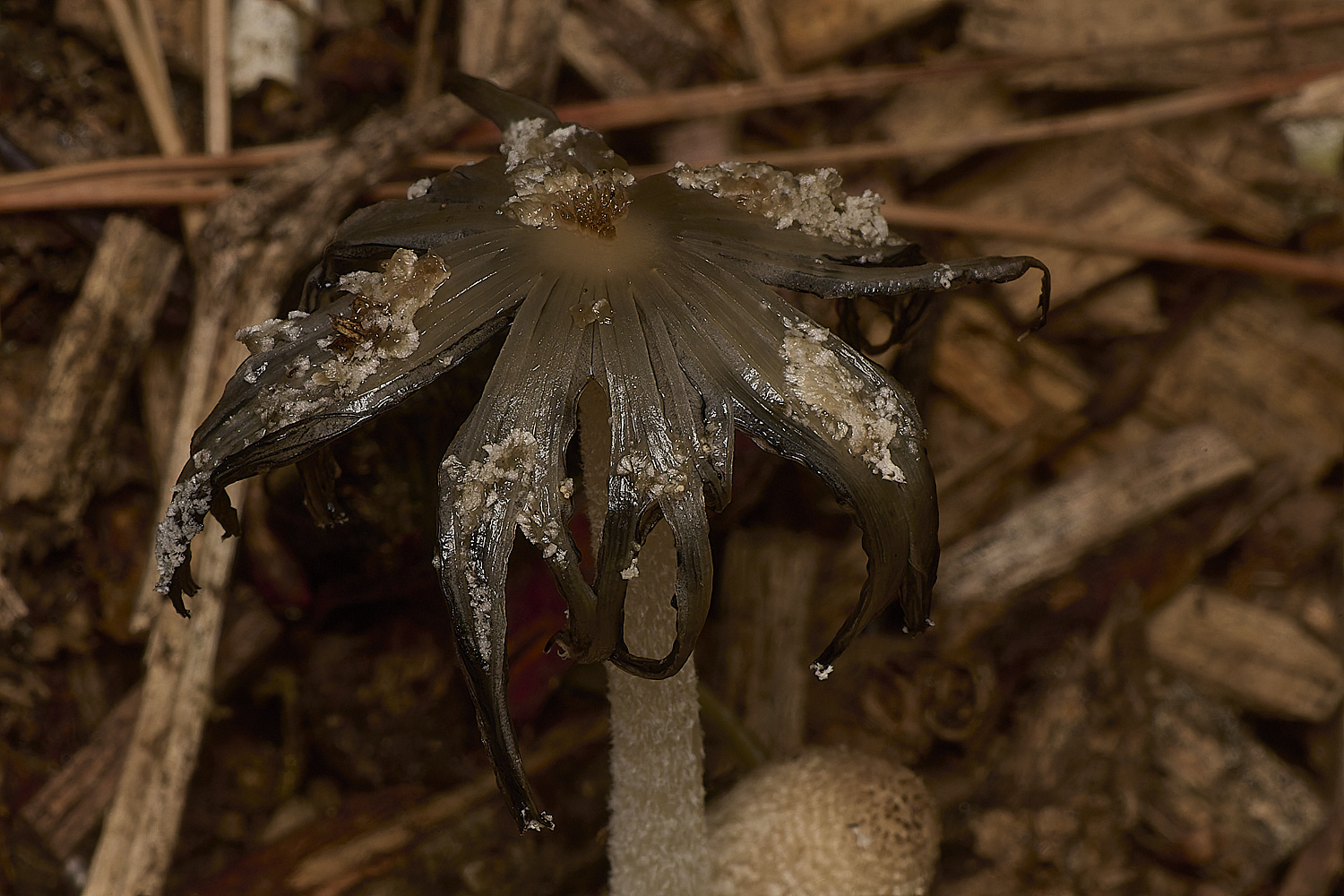
Hare'sfoot Inkcap (Coprinopsis lagopus)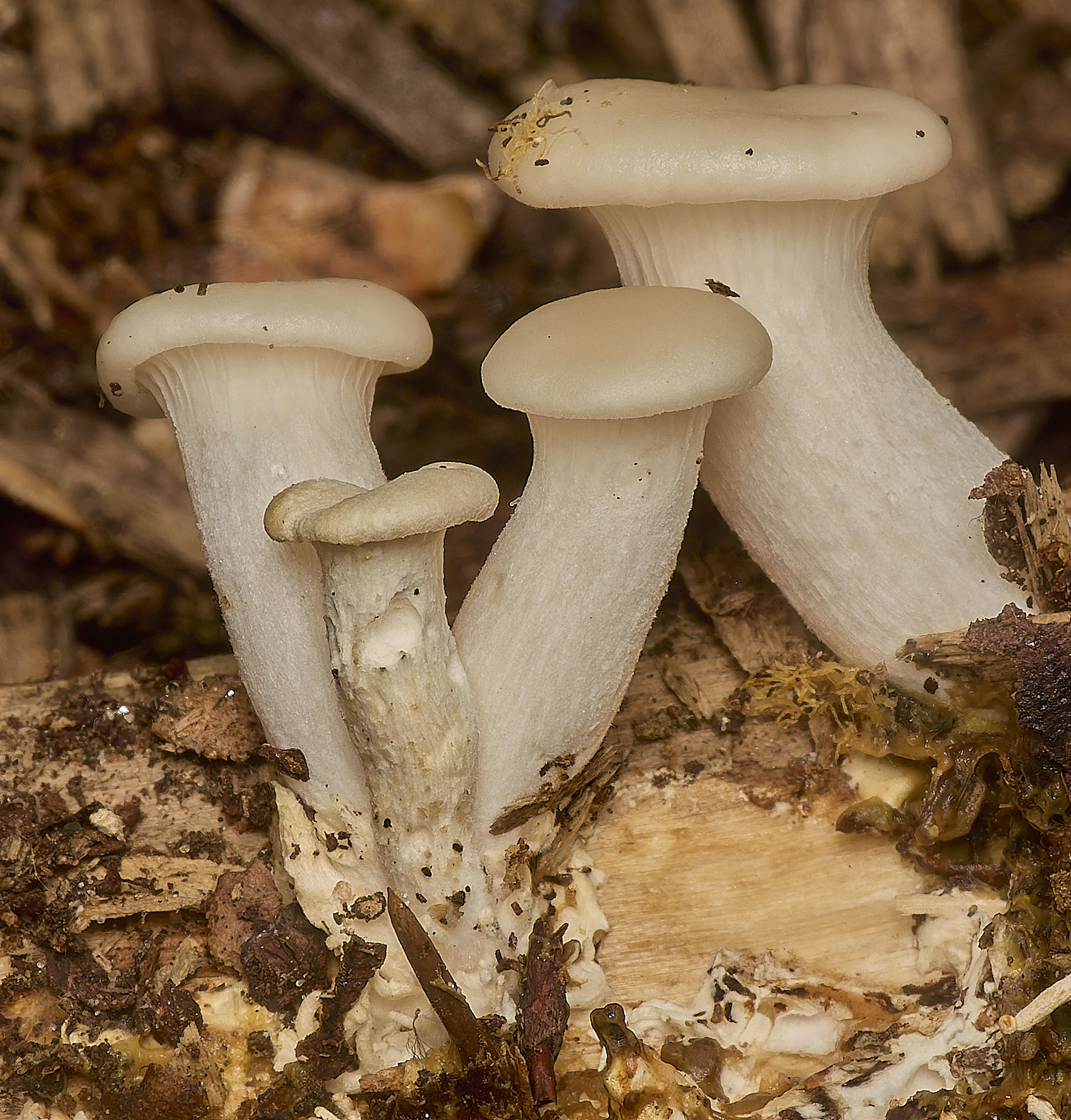
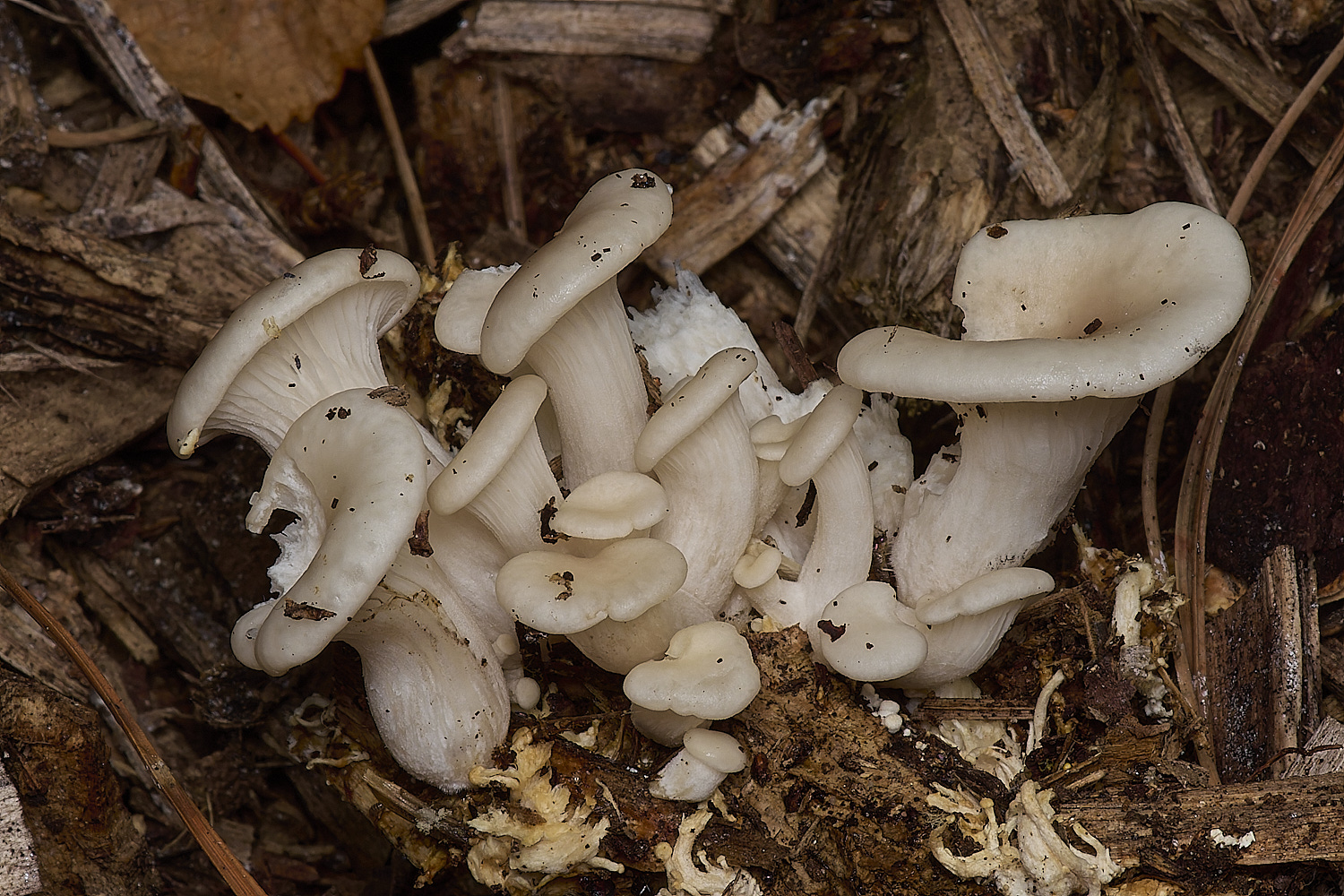
Awaiting confirmation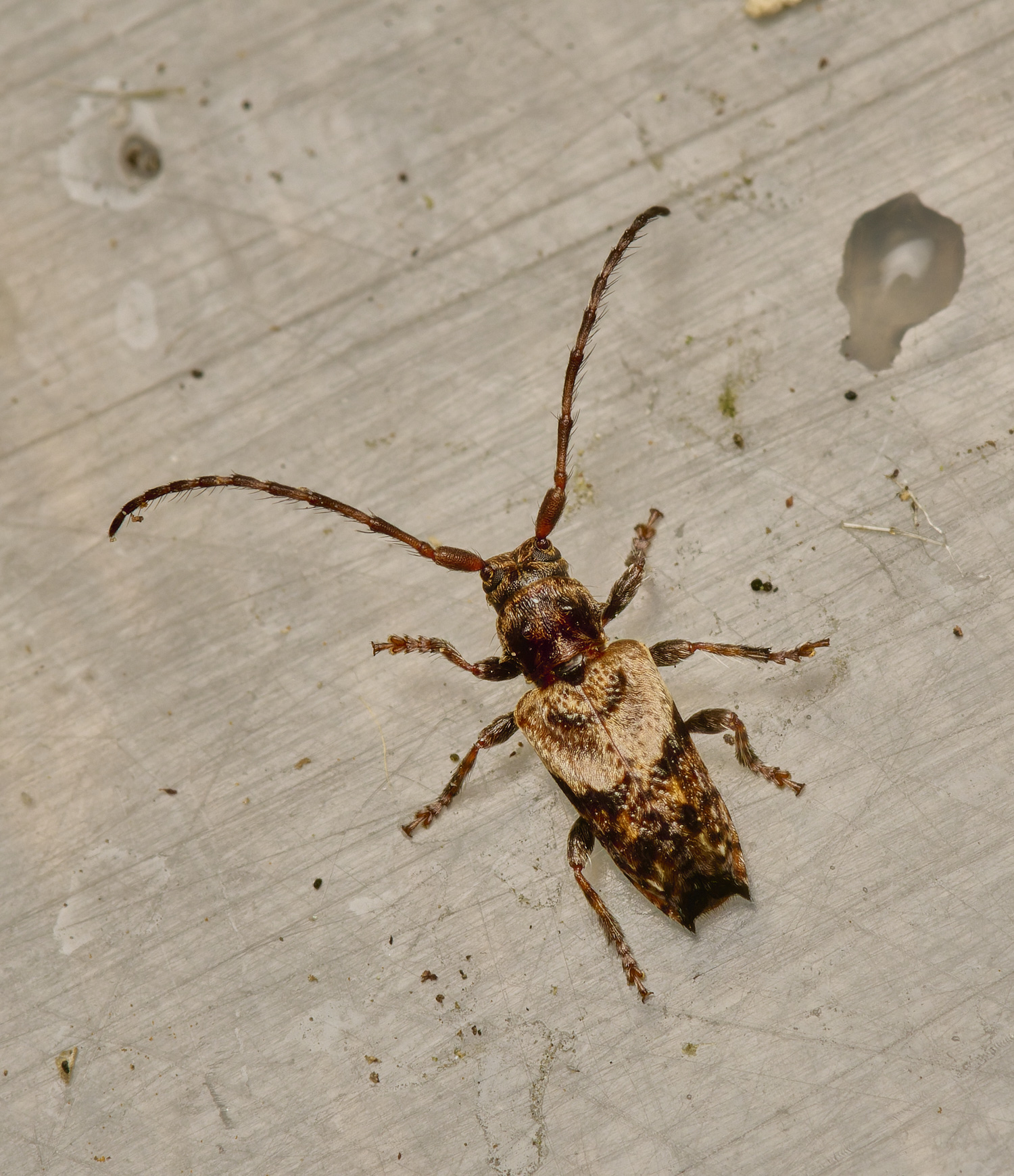
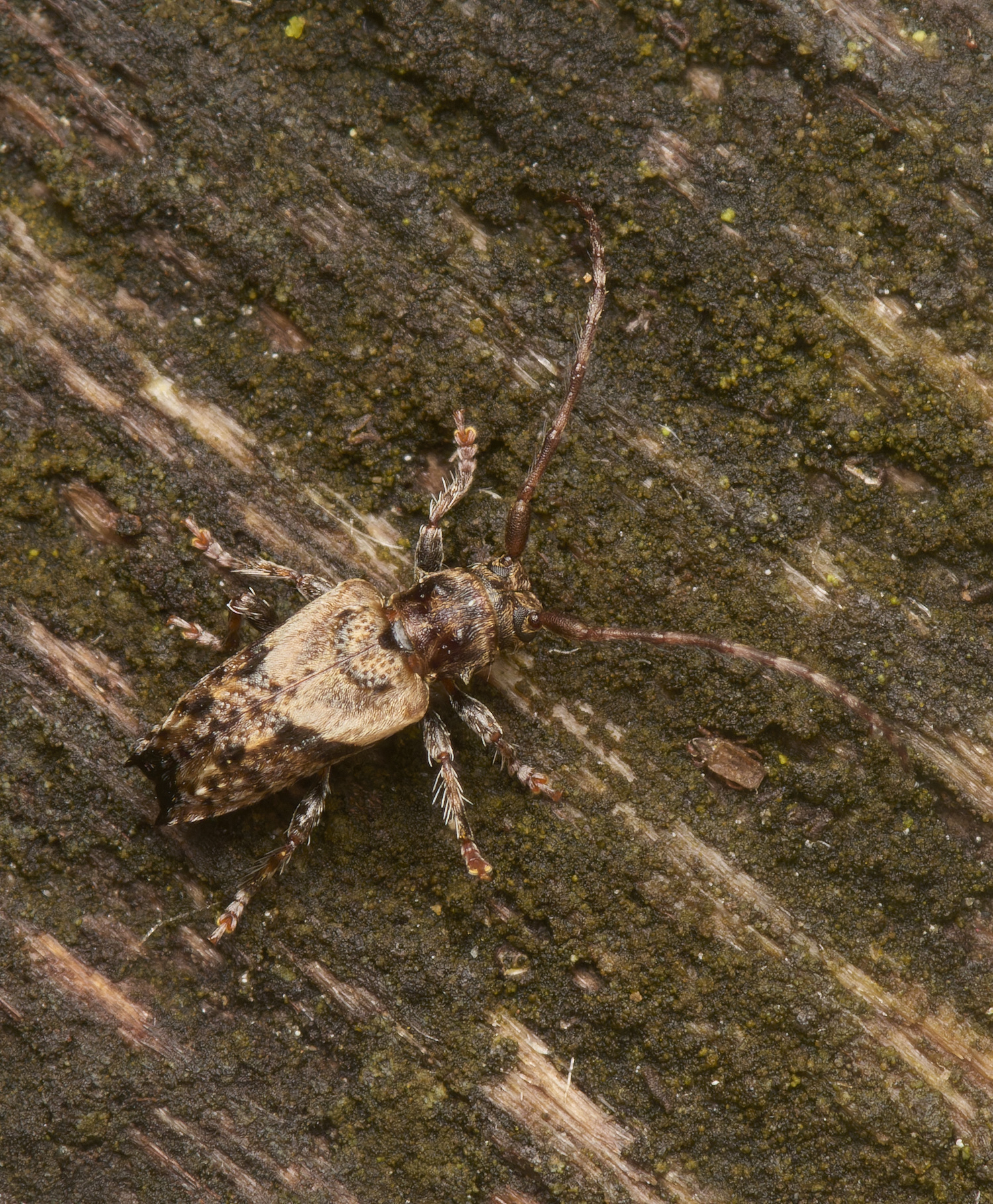

A small Longhorn Beetle but not the rare one
Lesser Thorn-tipped Longhorn Beetle (Pogonocherus hispidus)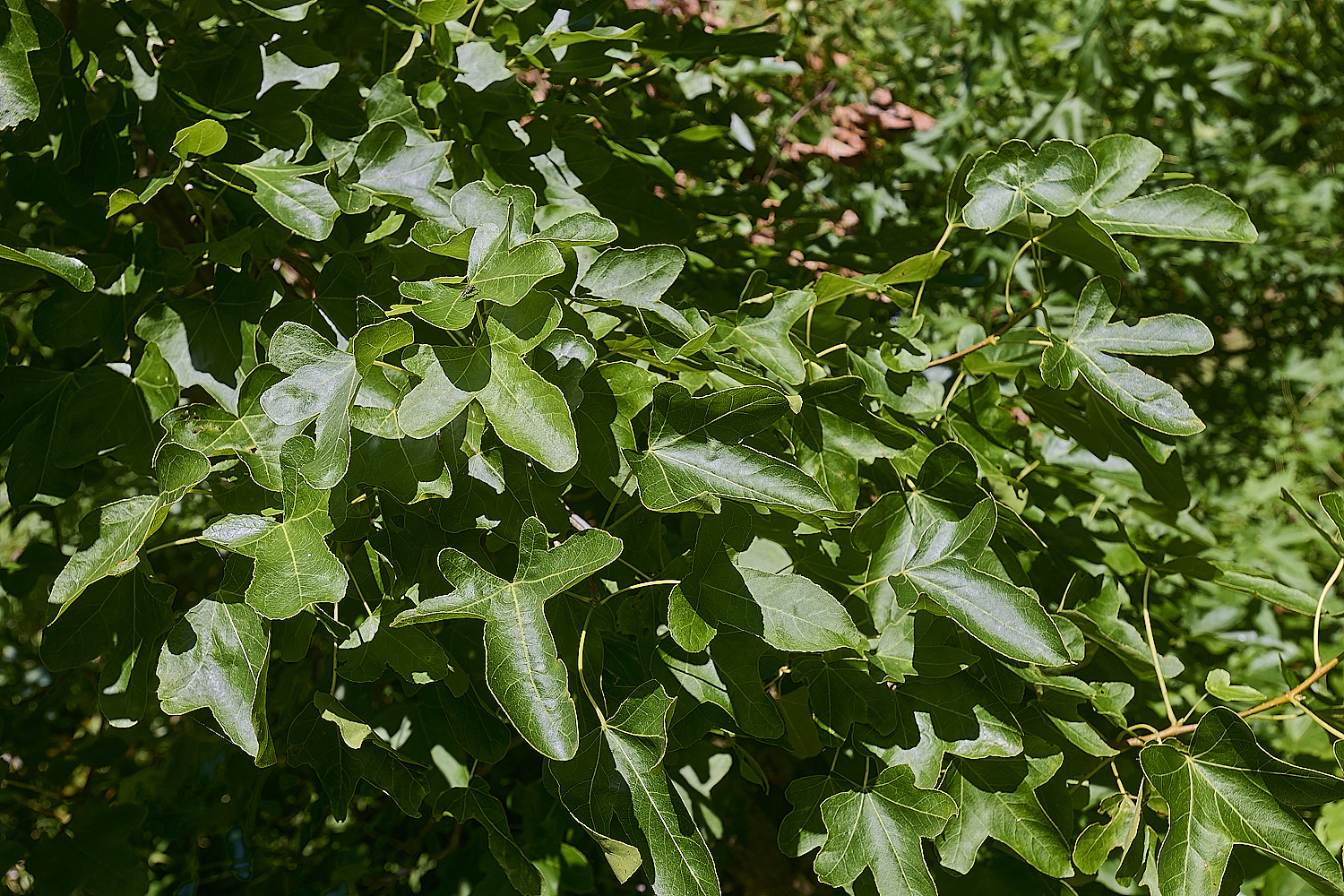
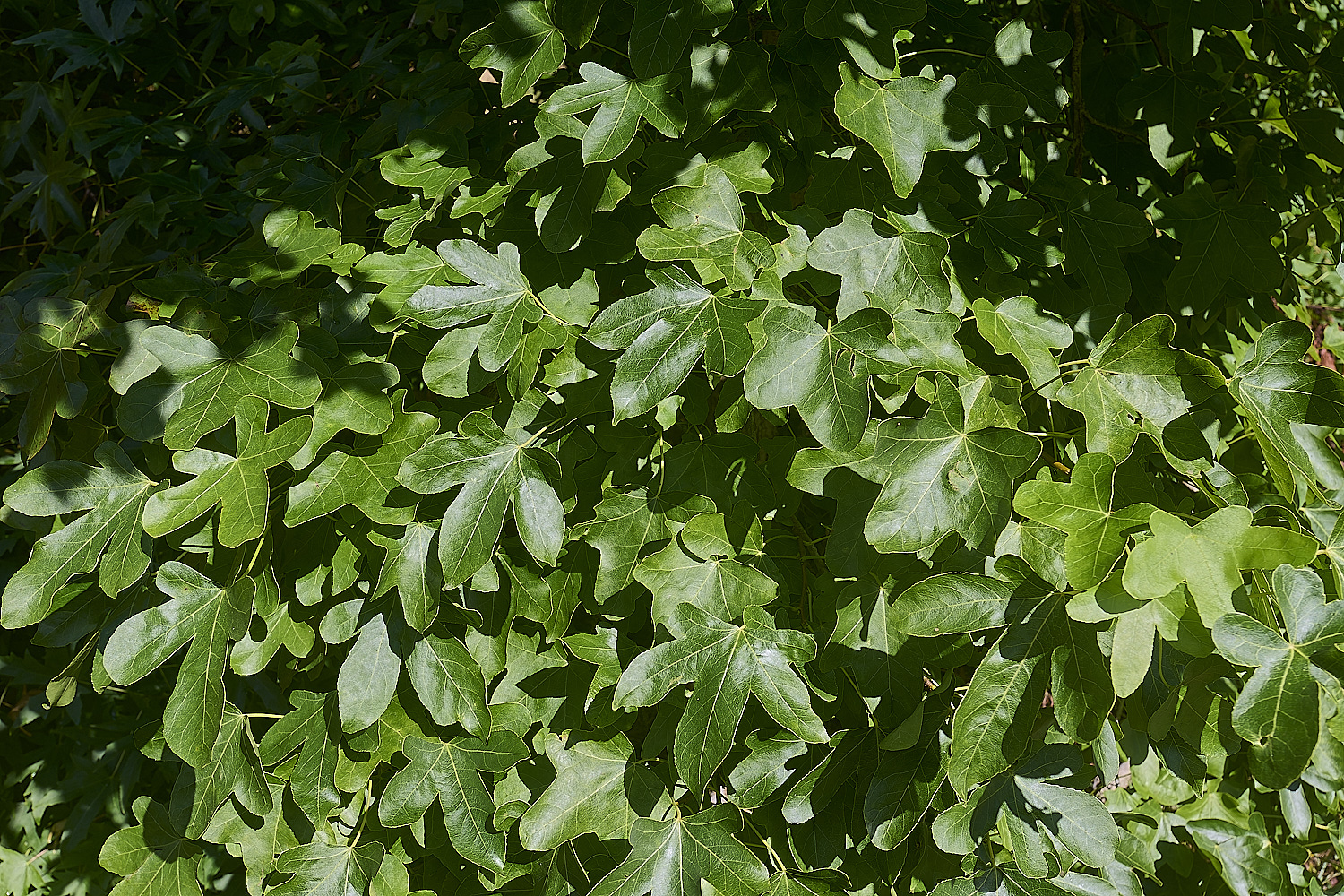
Sweetgum Sp with large rounded leaves reminiscent of Fig leaves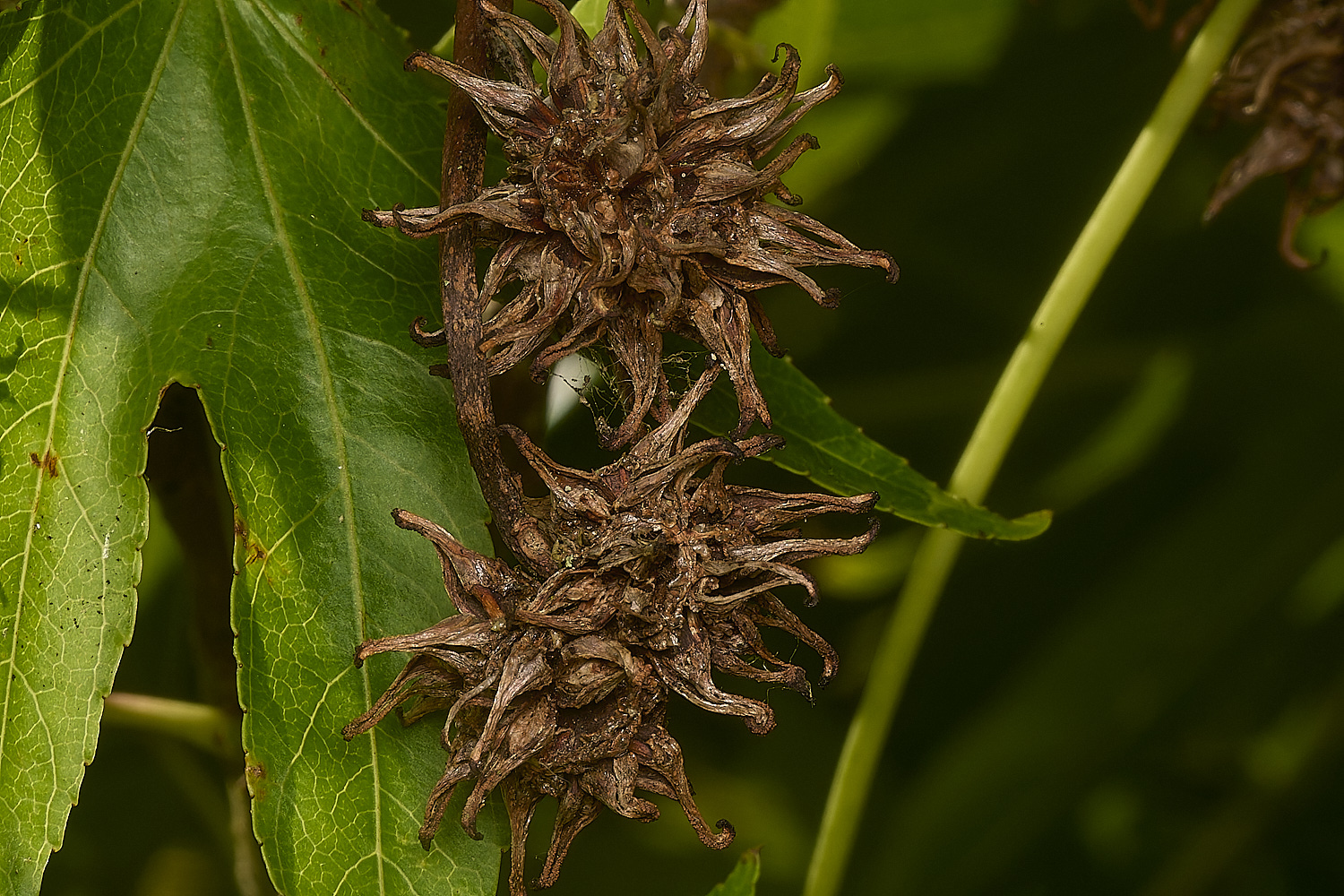
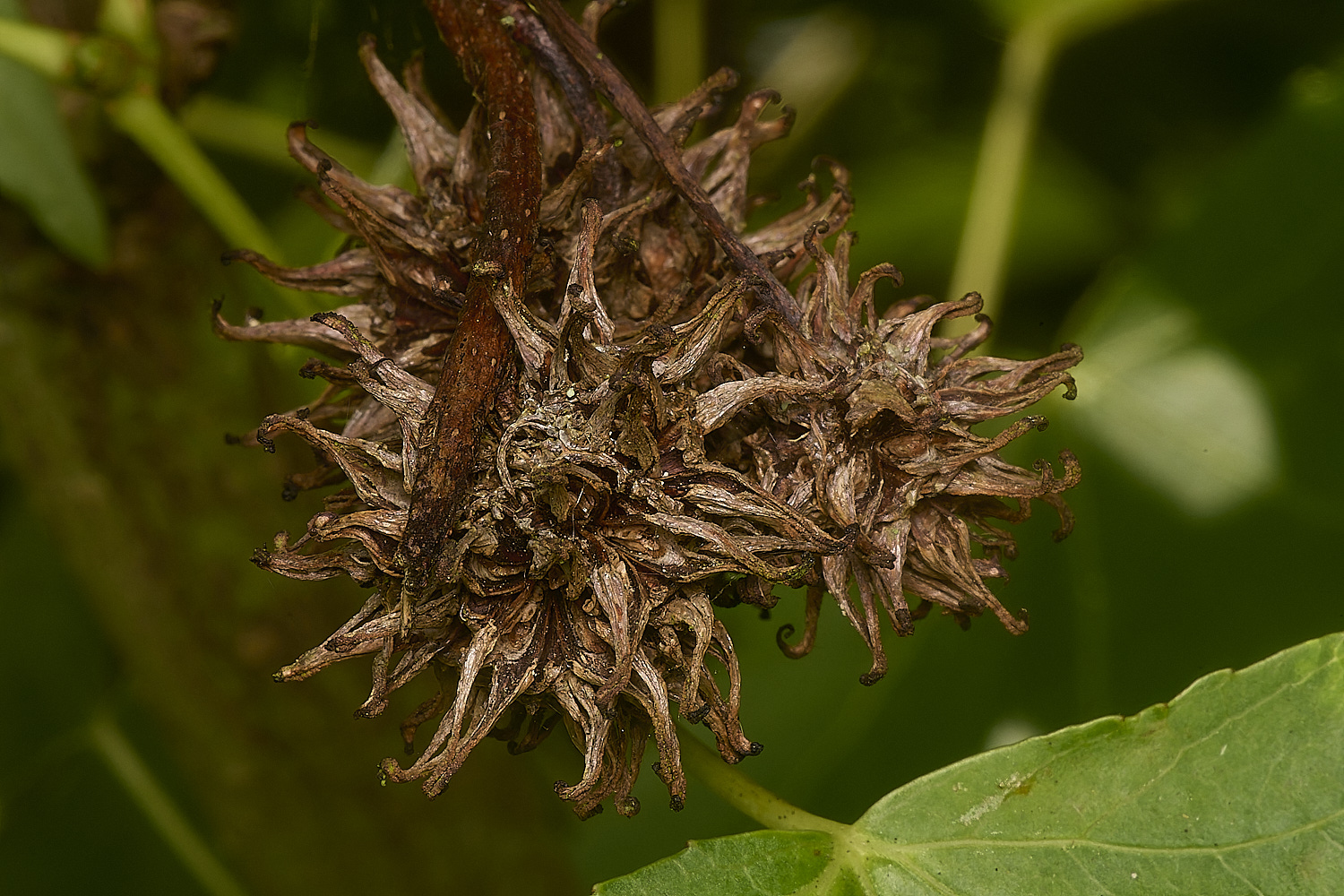
The fruit of Sweetgum (Liquidambar acalycina))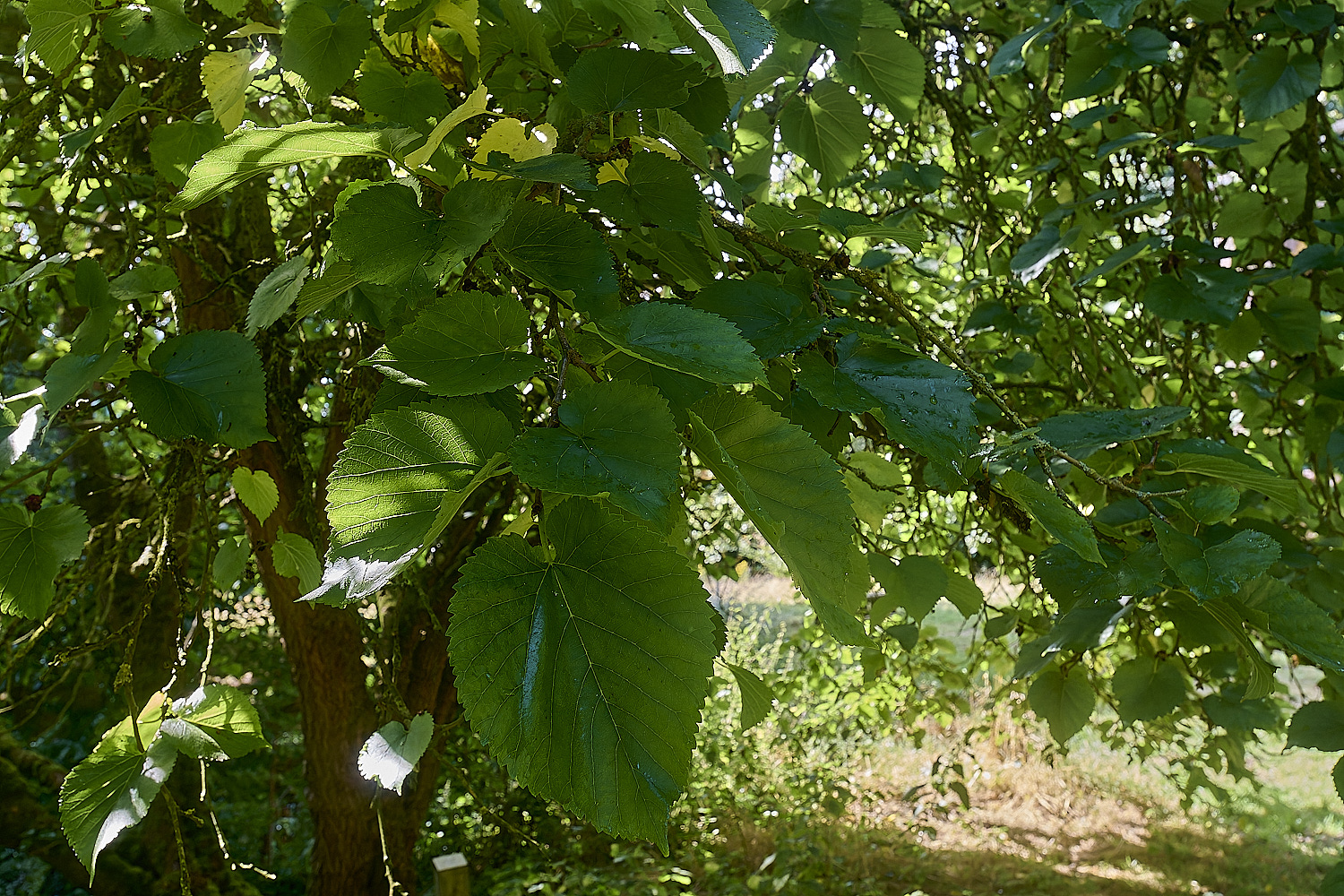
Black Mulberry (Morus nigra)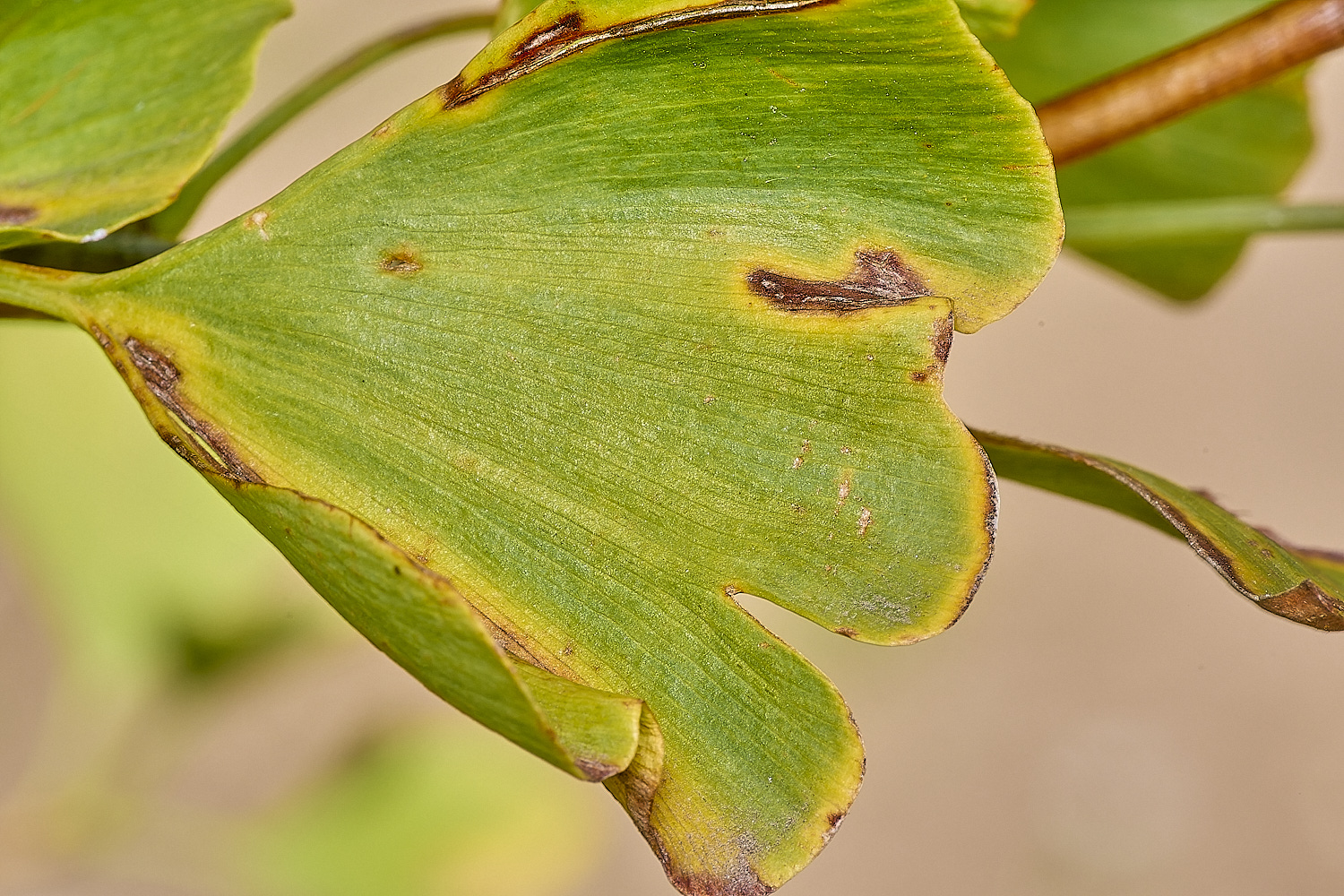
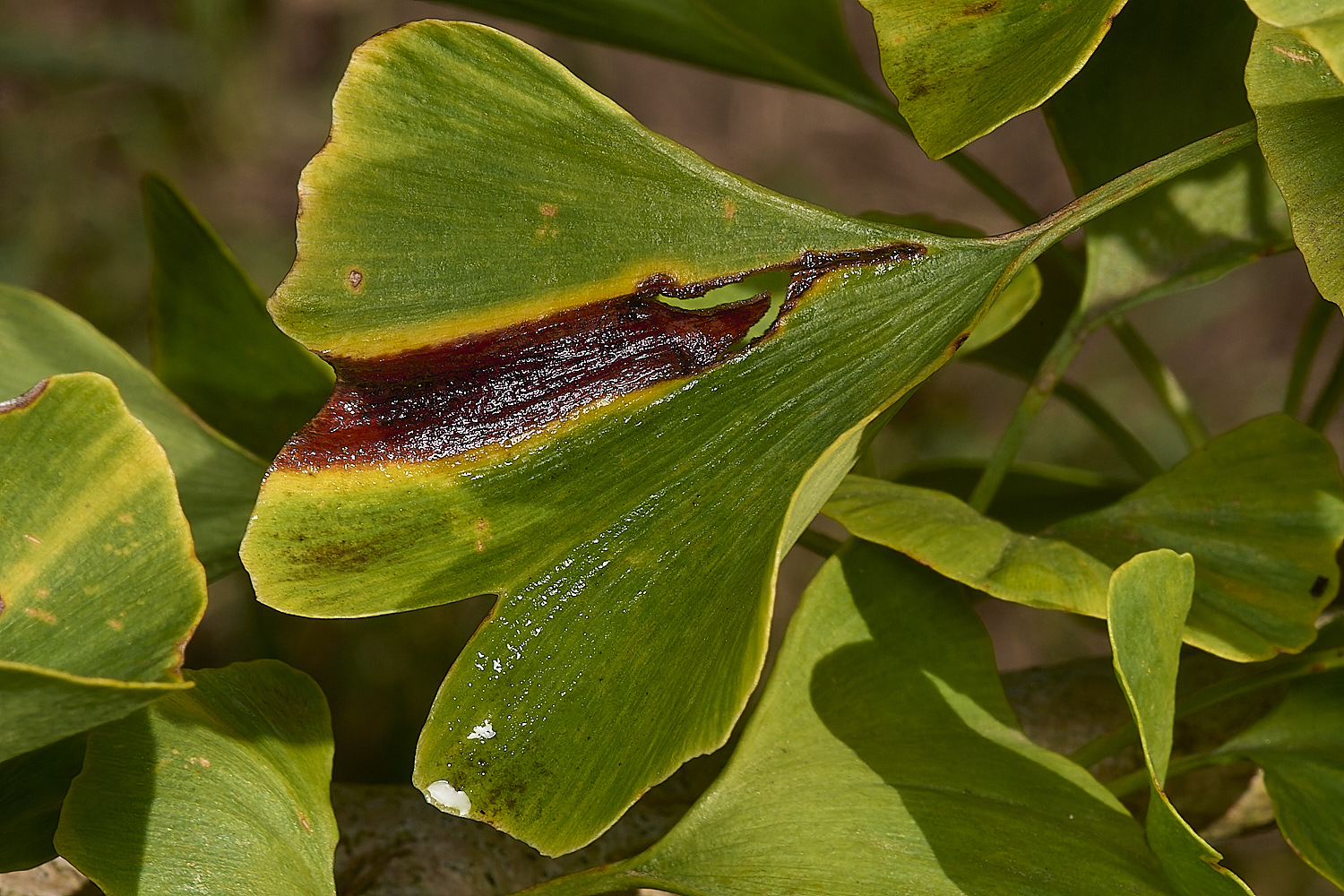
?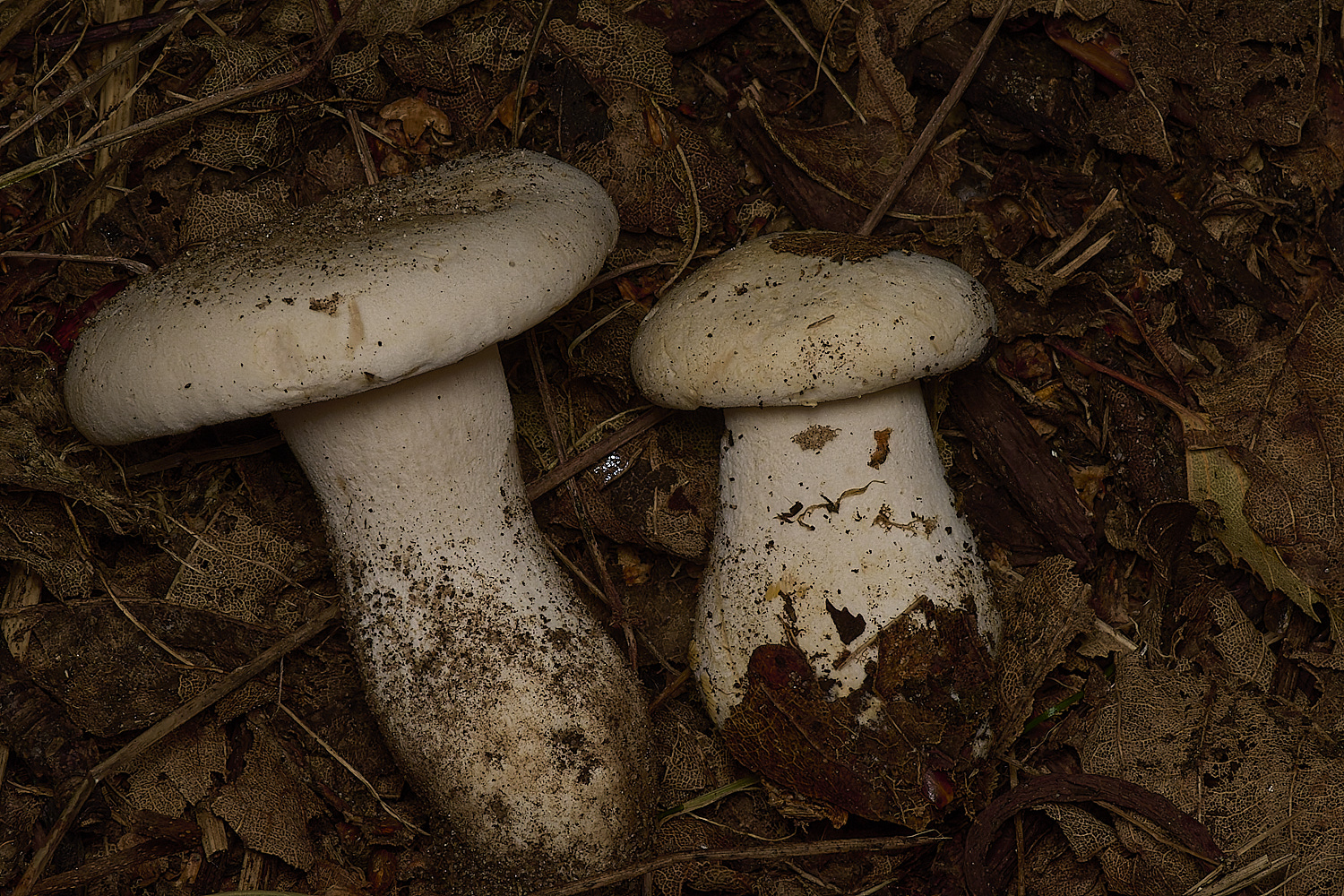
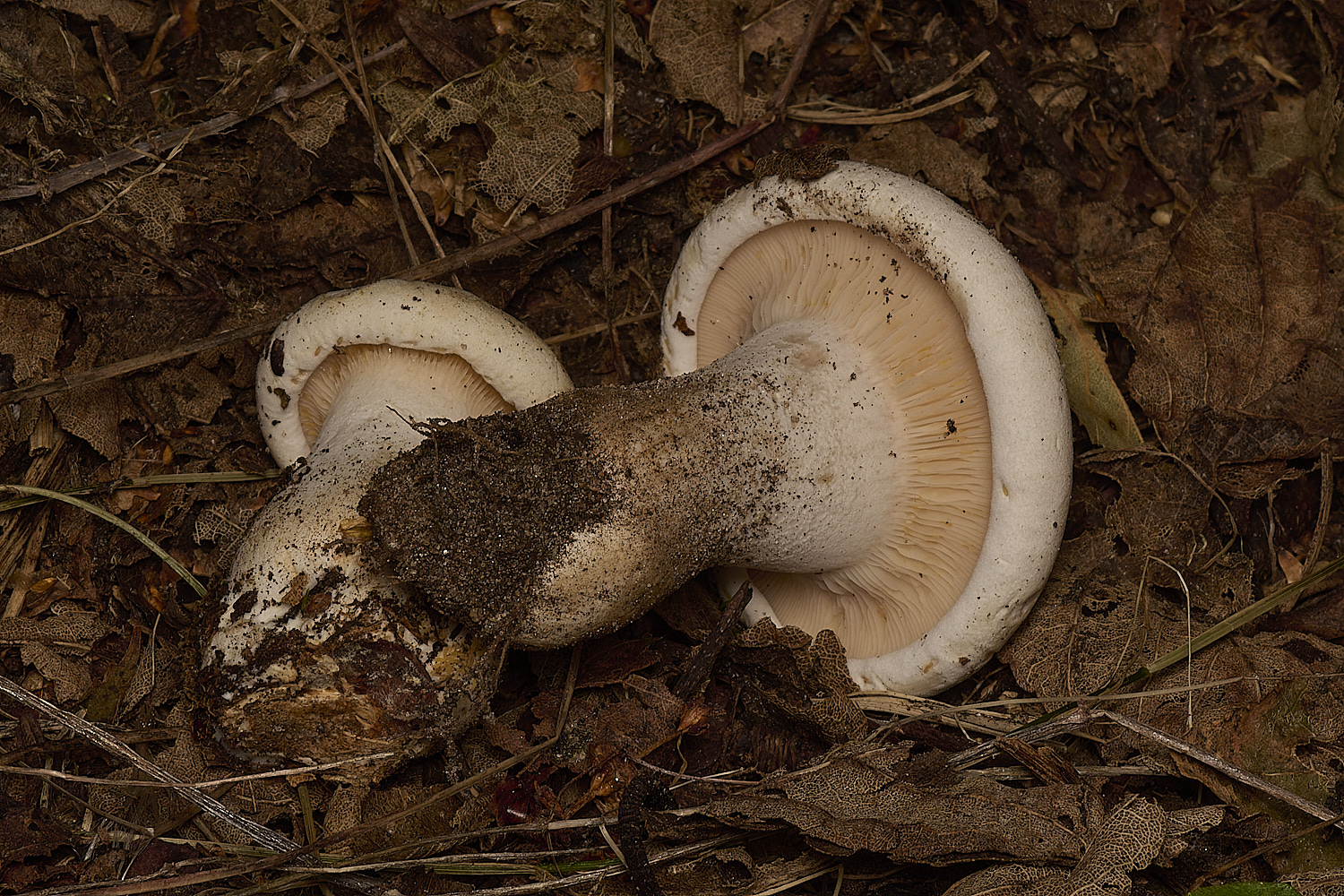
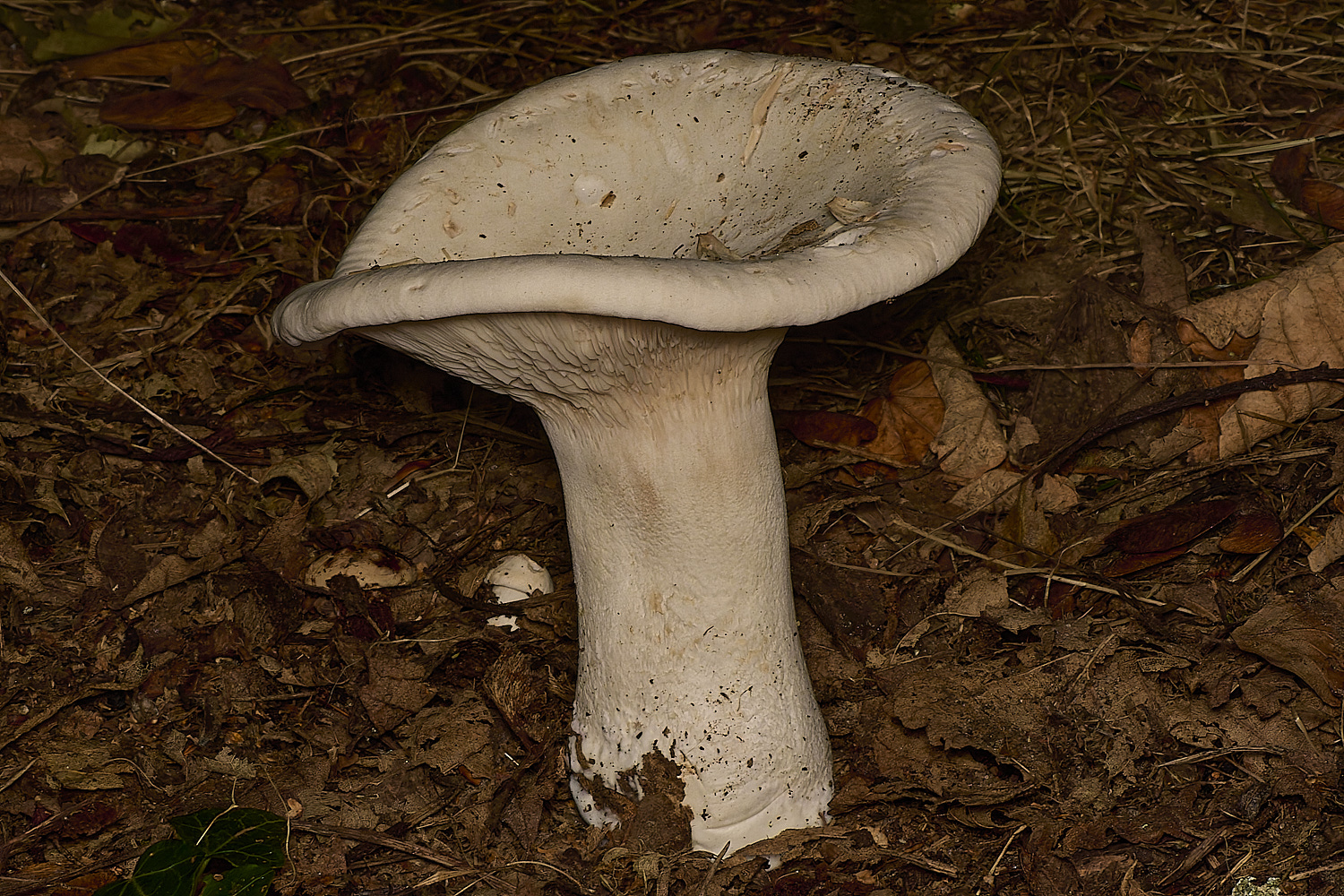

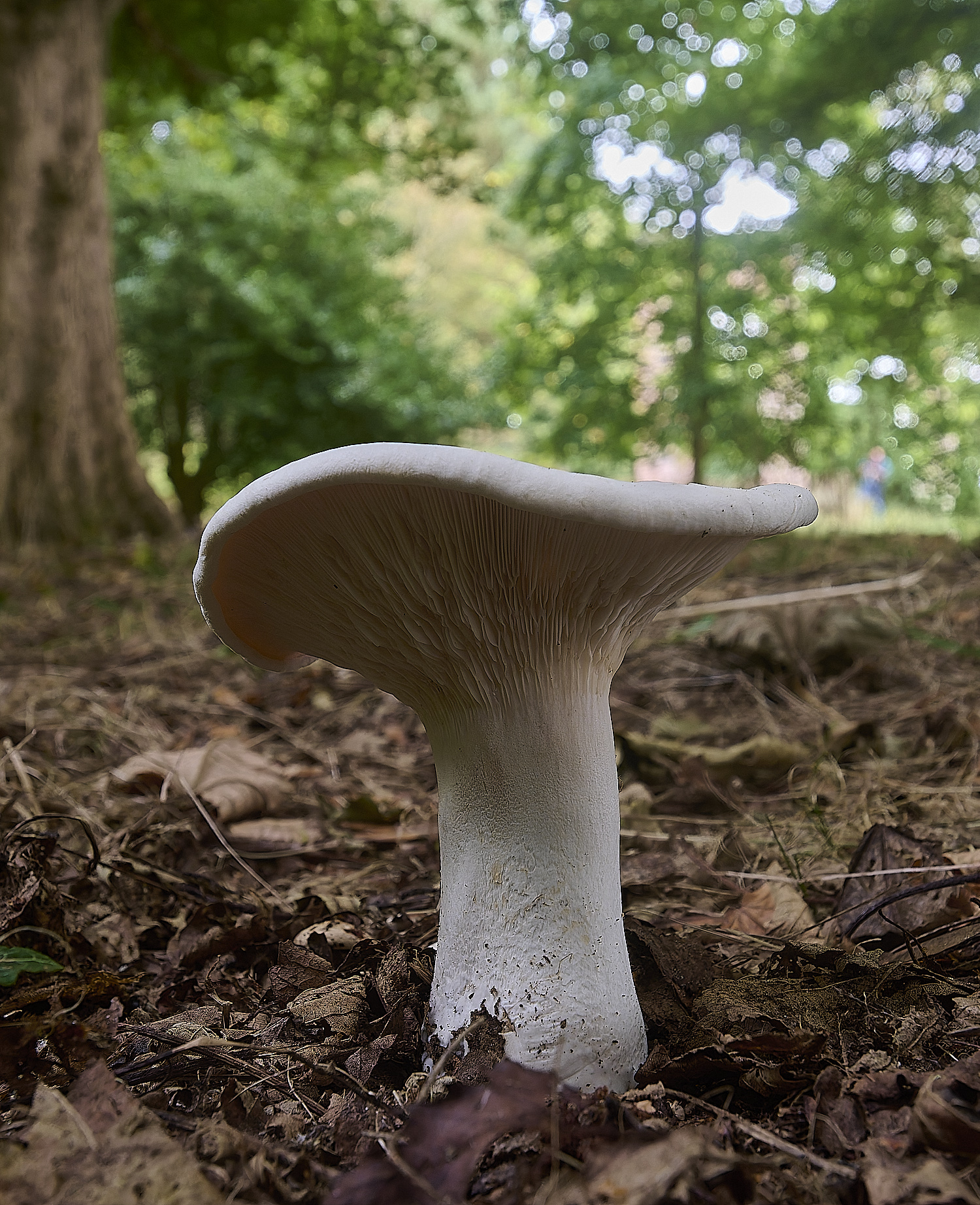
The Big White
To be confirmed?
A white form of Clouded Funnel (Clitocybe nebularia var alba)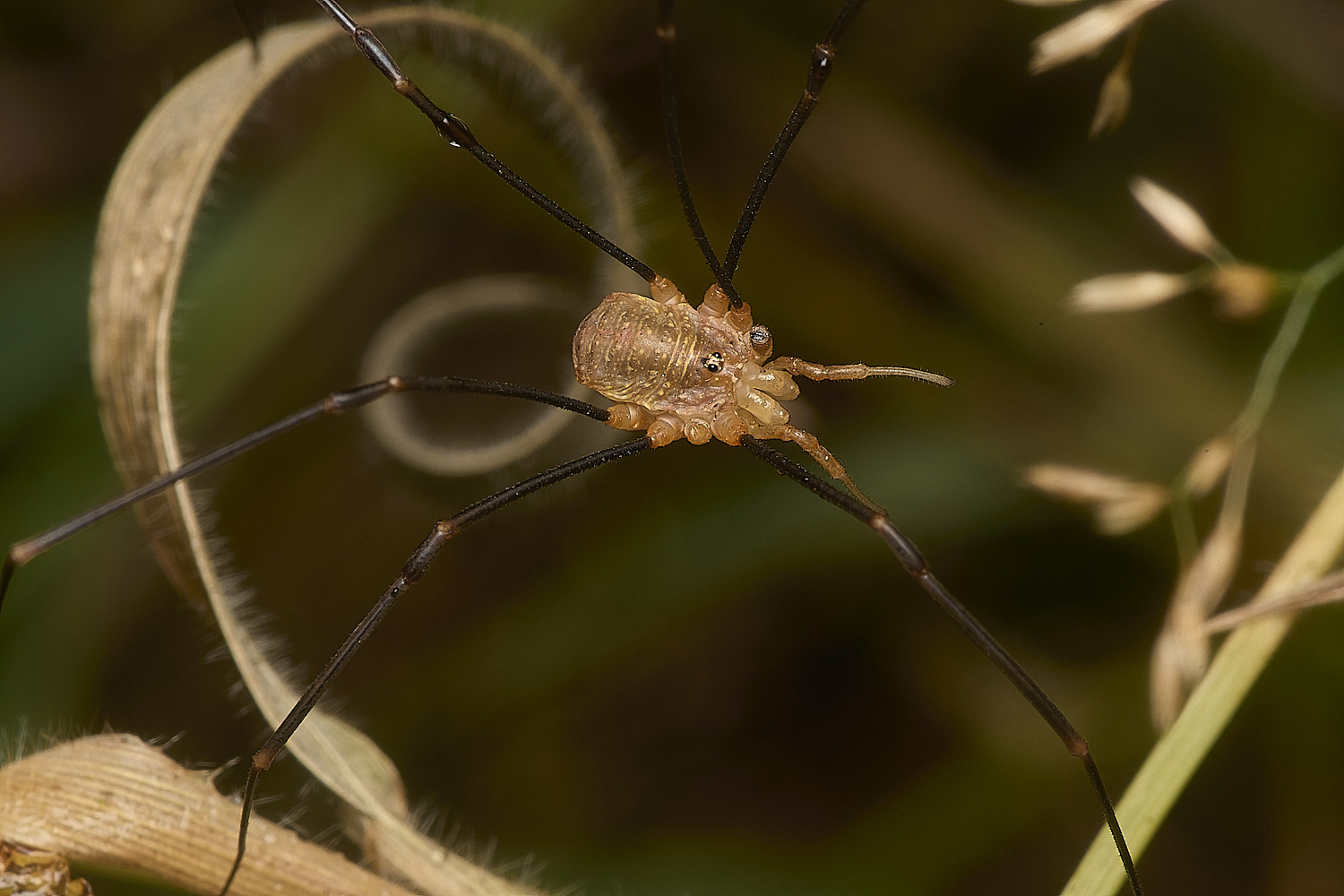
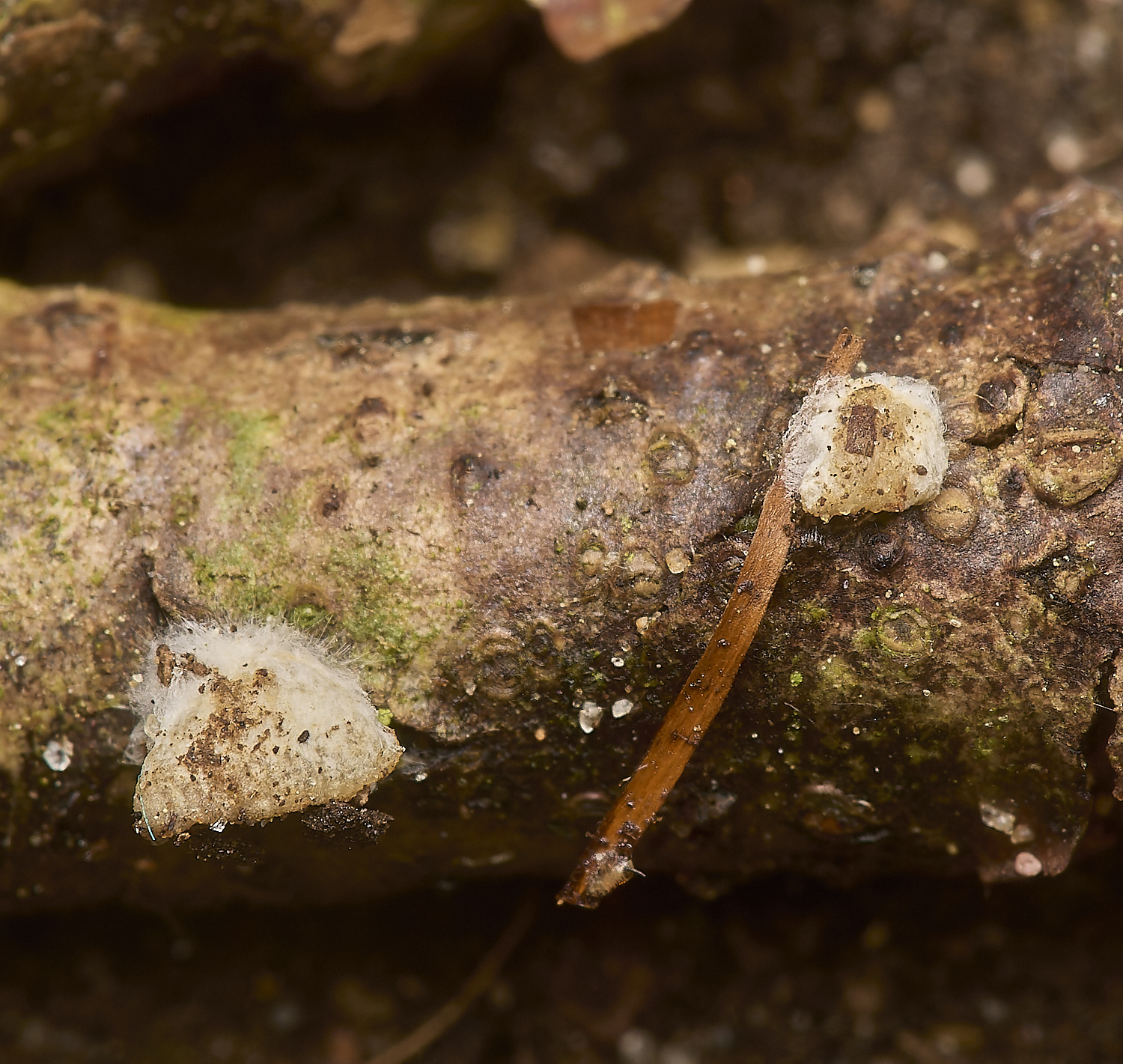
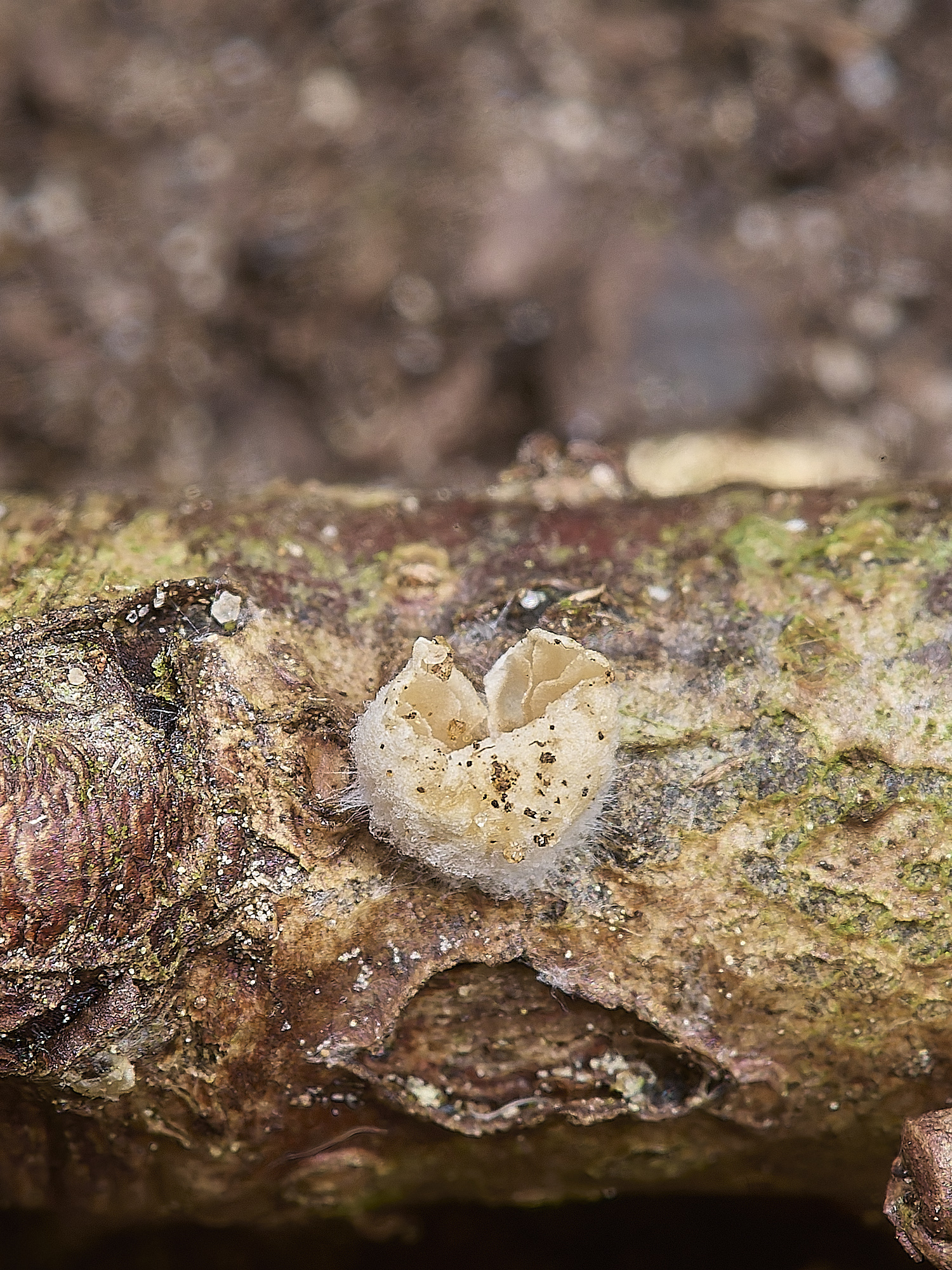
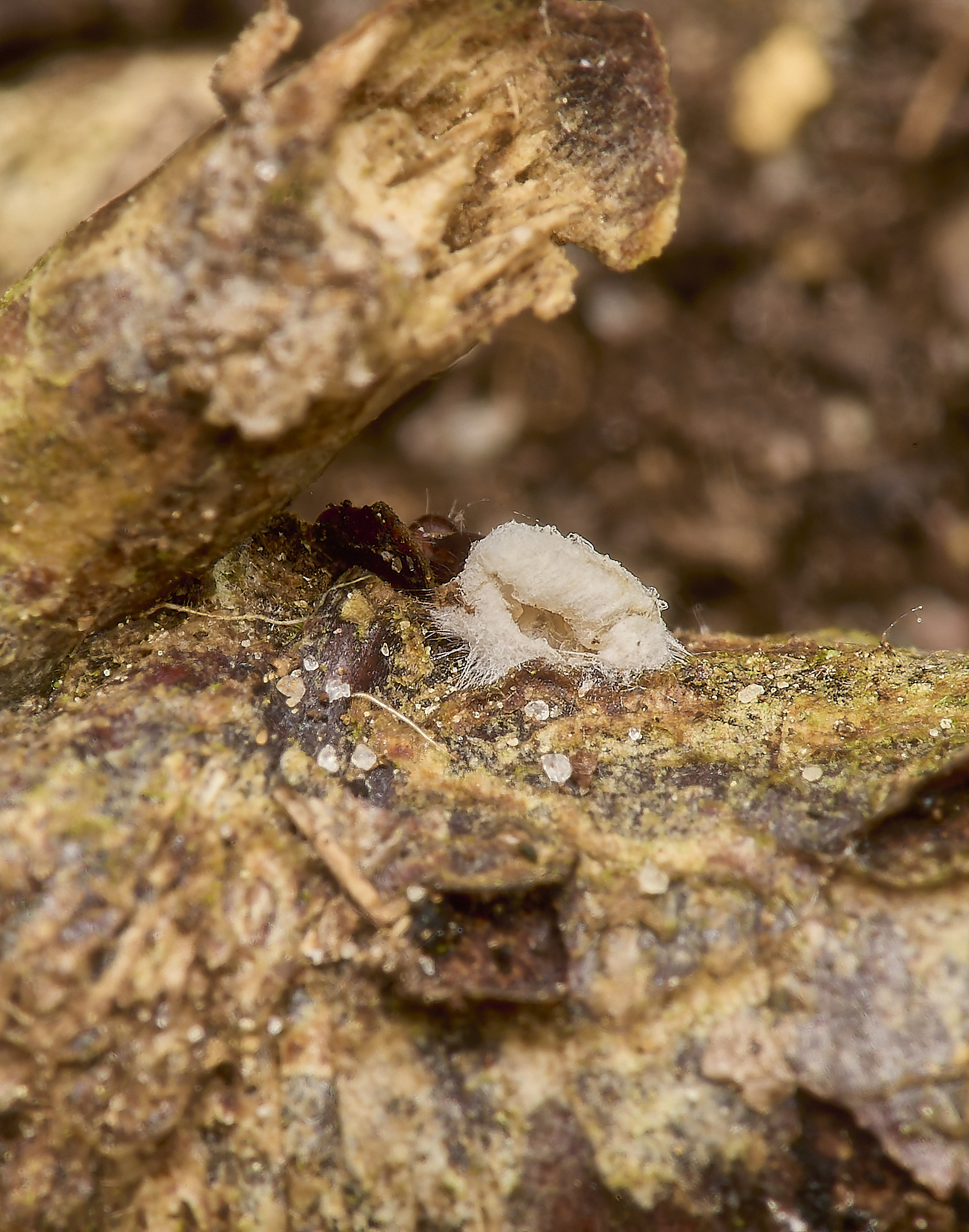
Chaetocalathus craterellus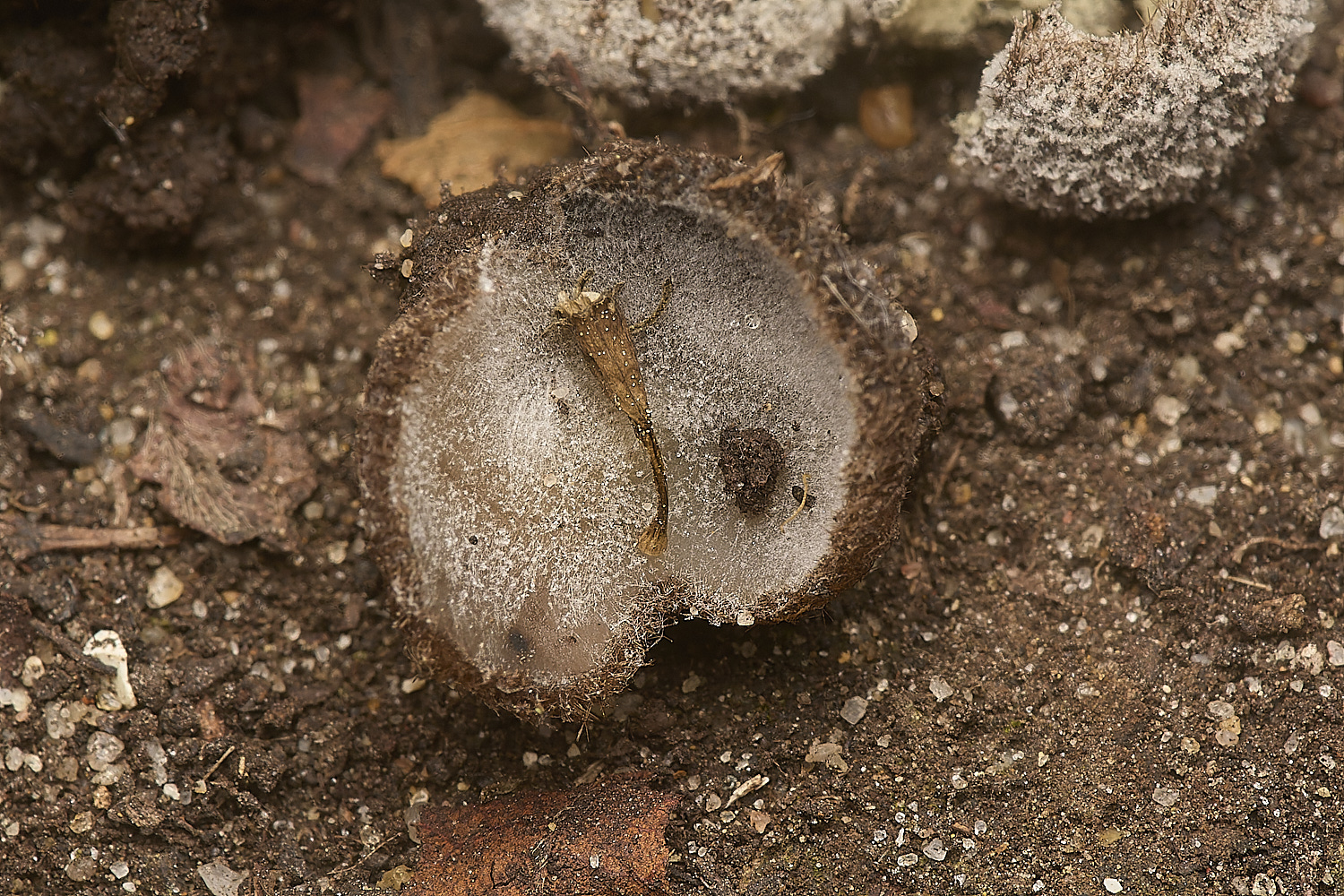
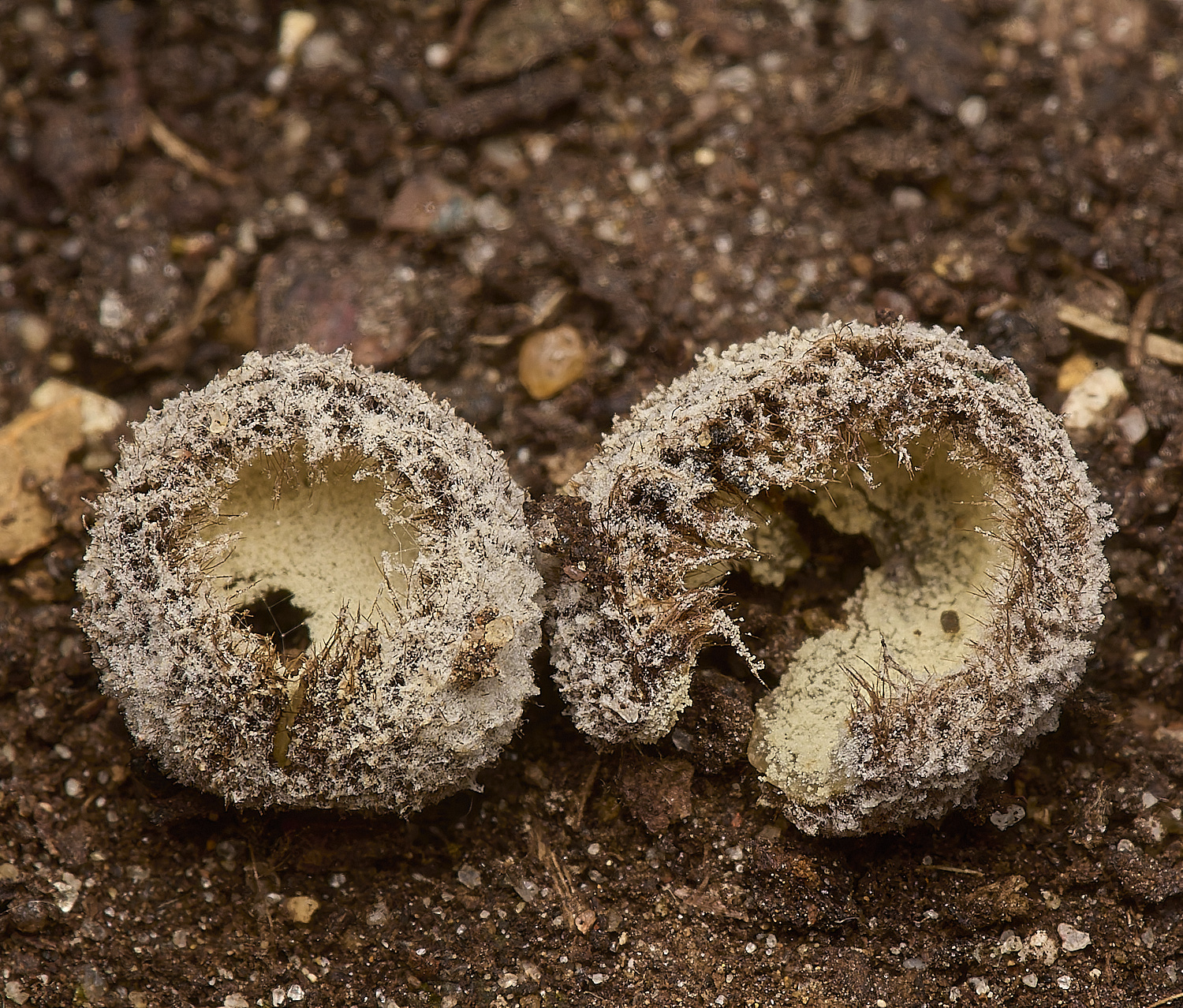
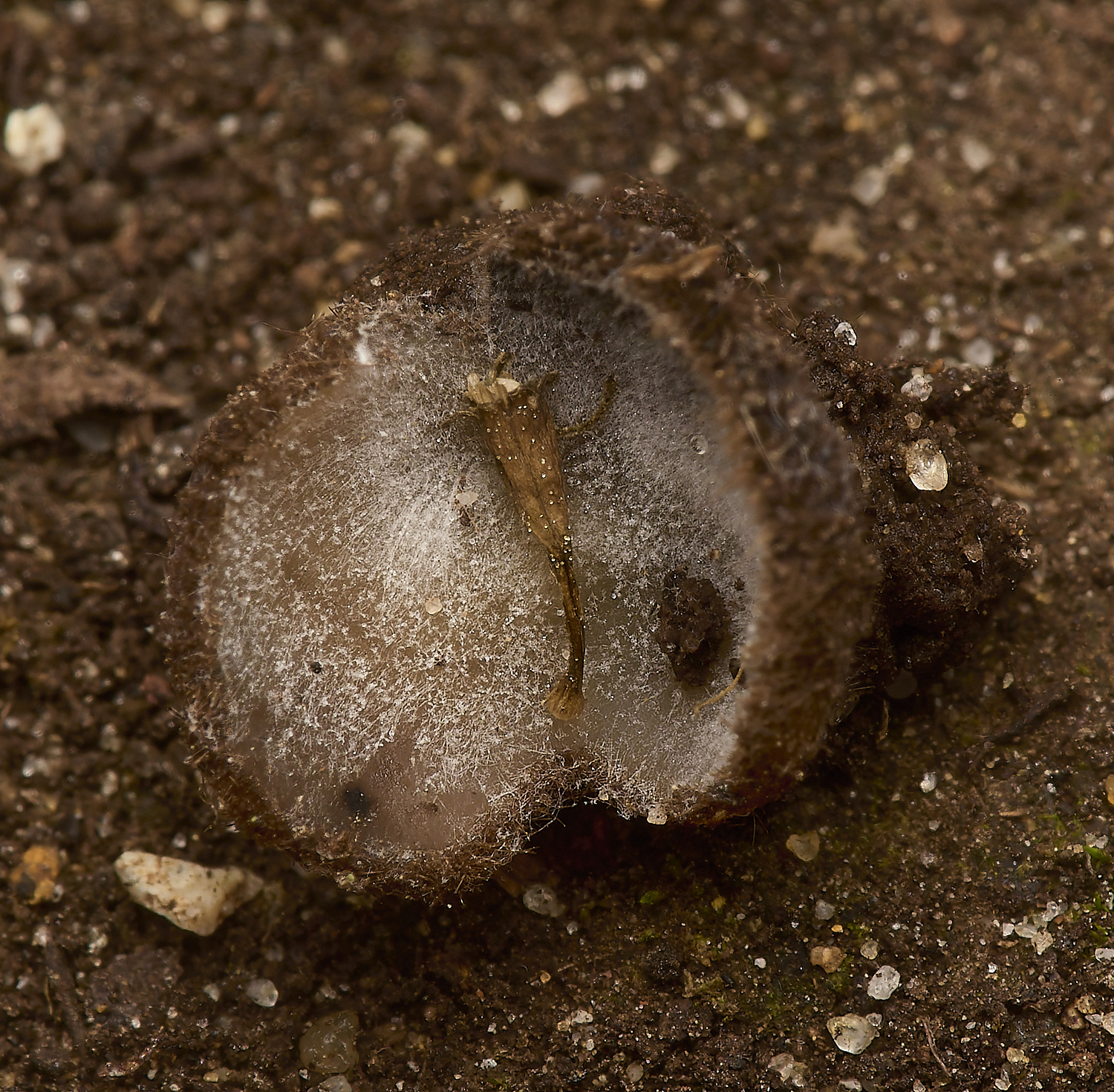
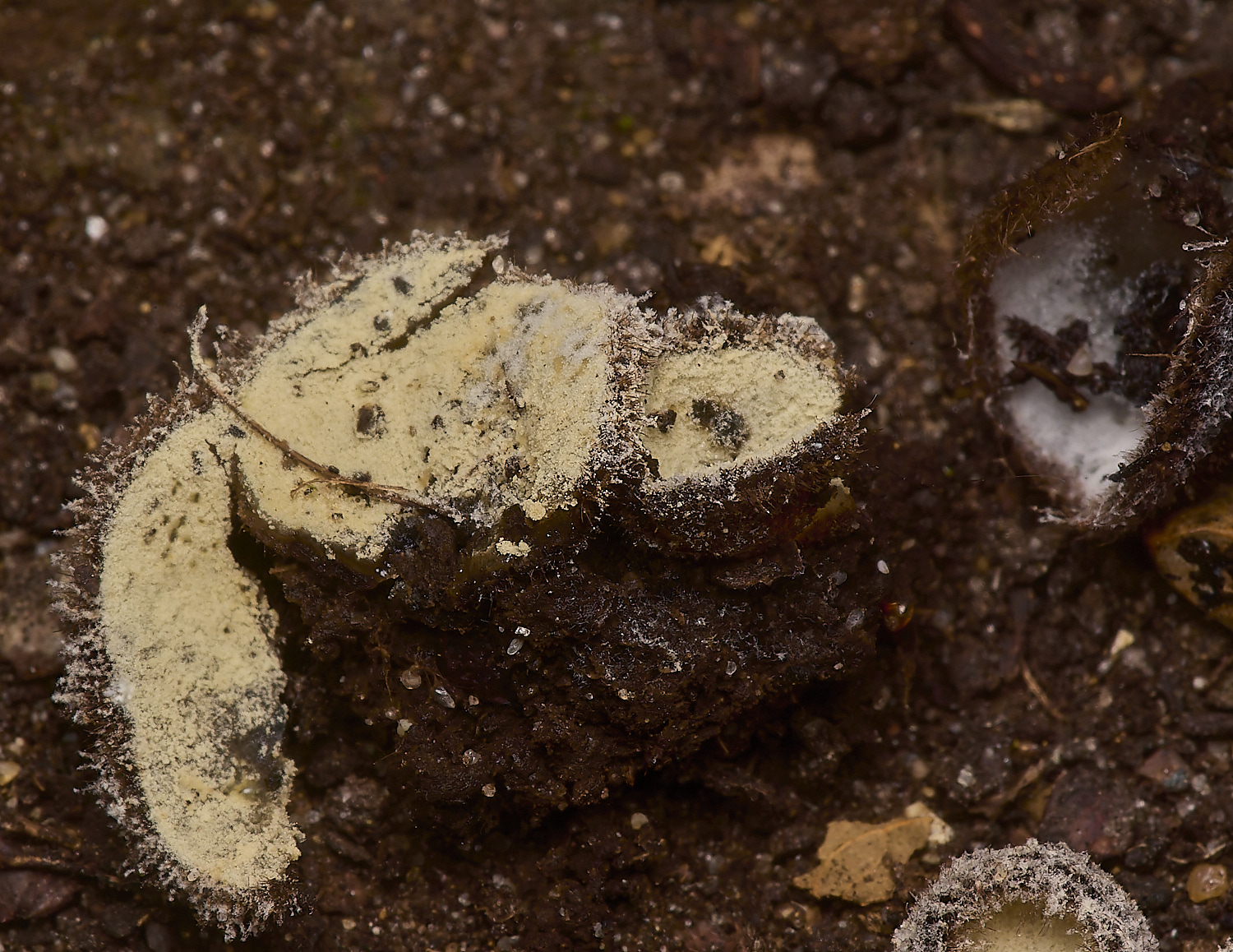
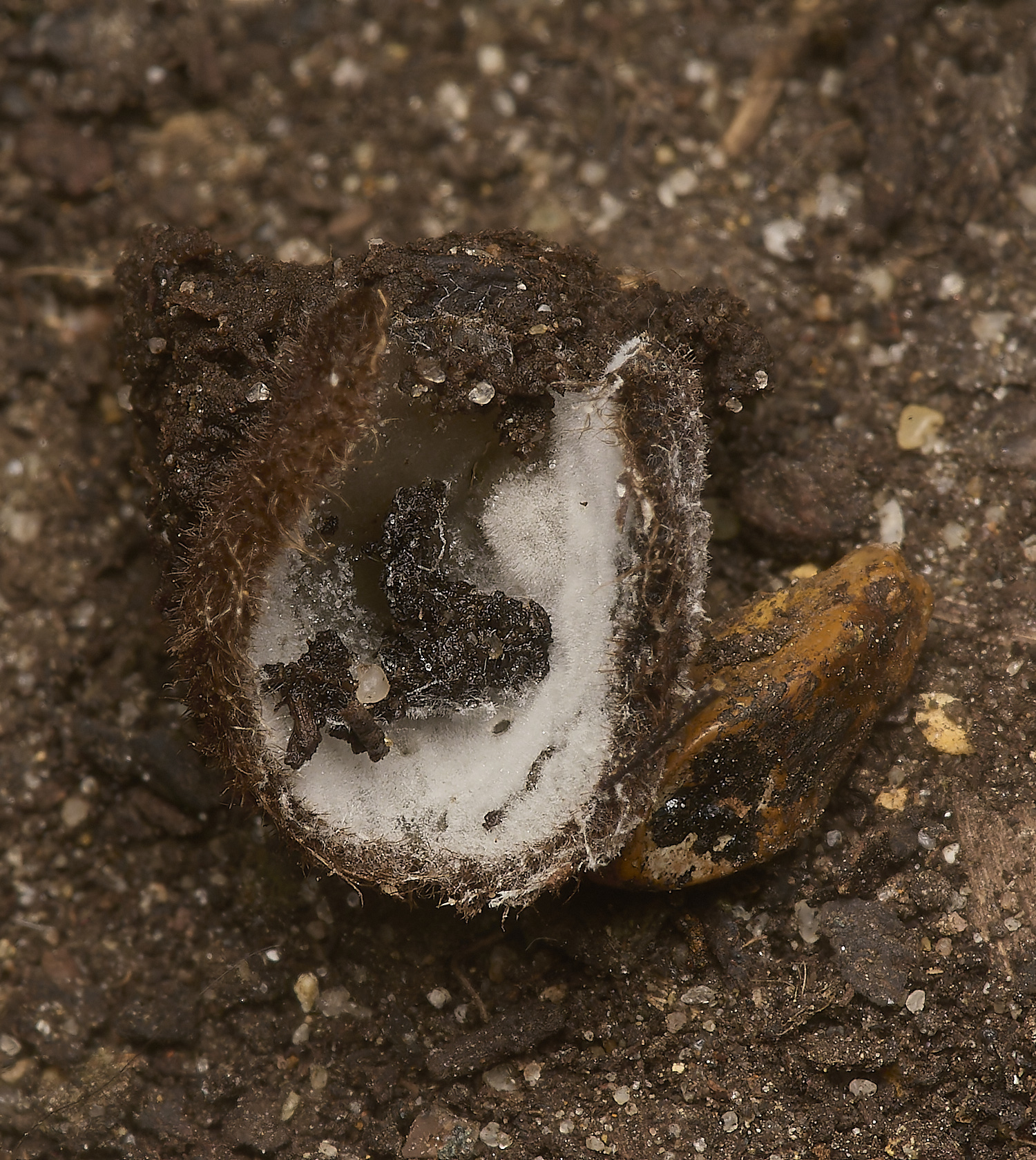
Glazed Cup Fungus (Humaria hemispherica)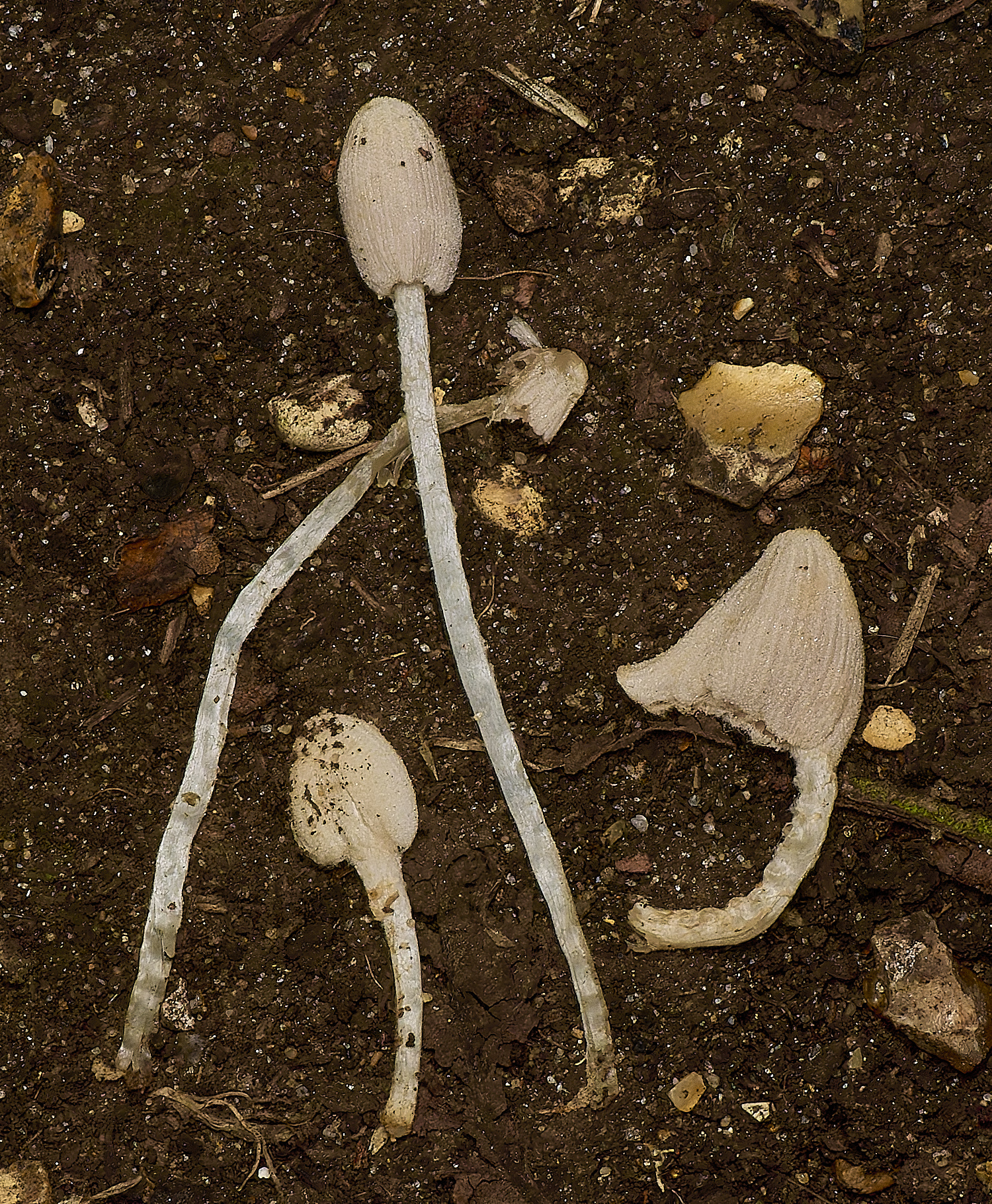
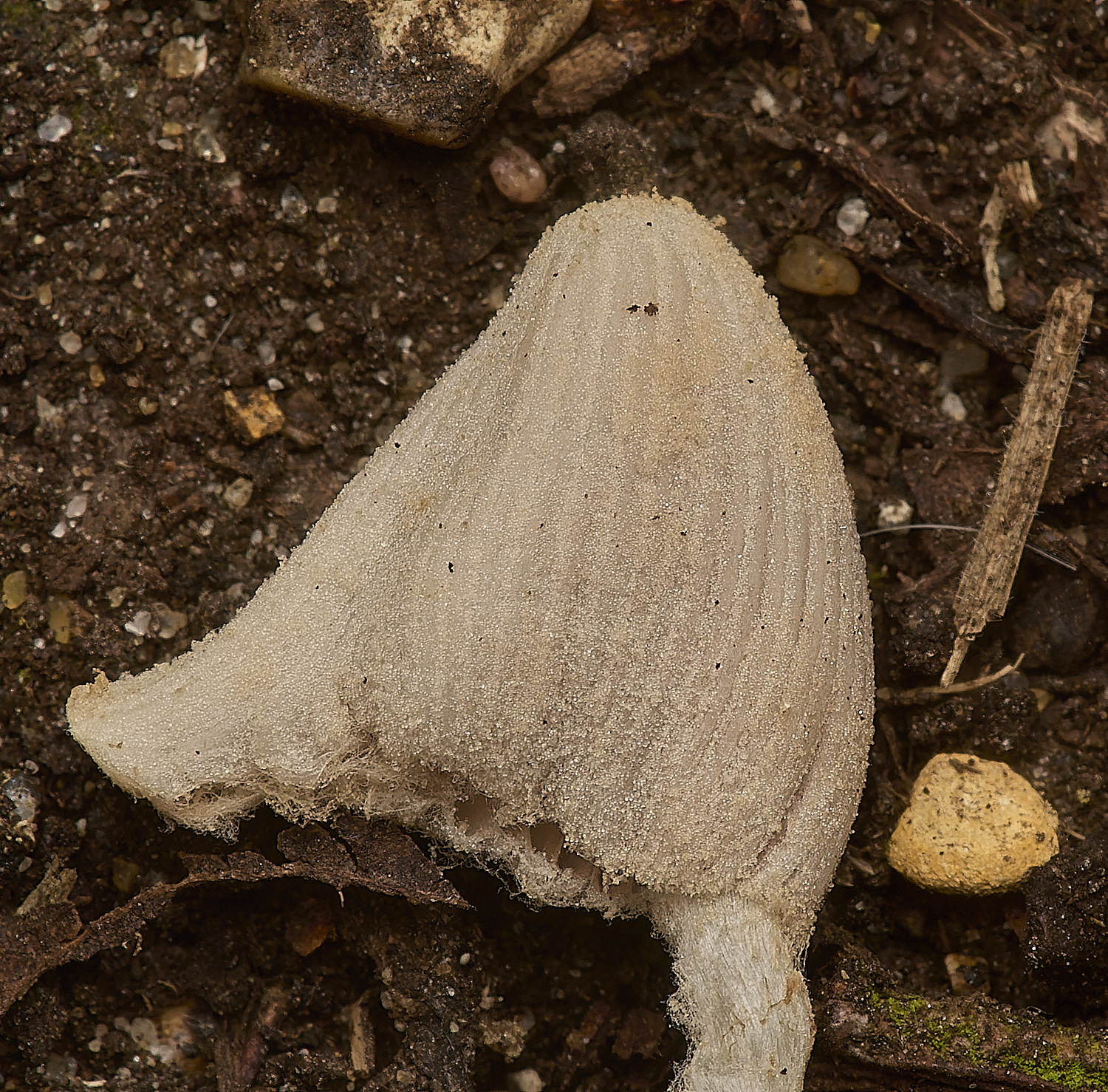
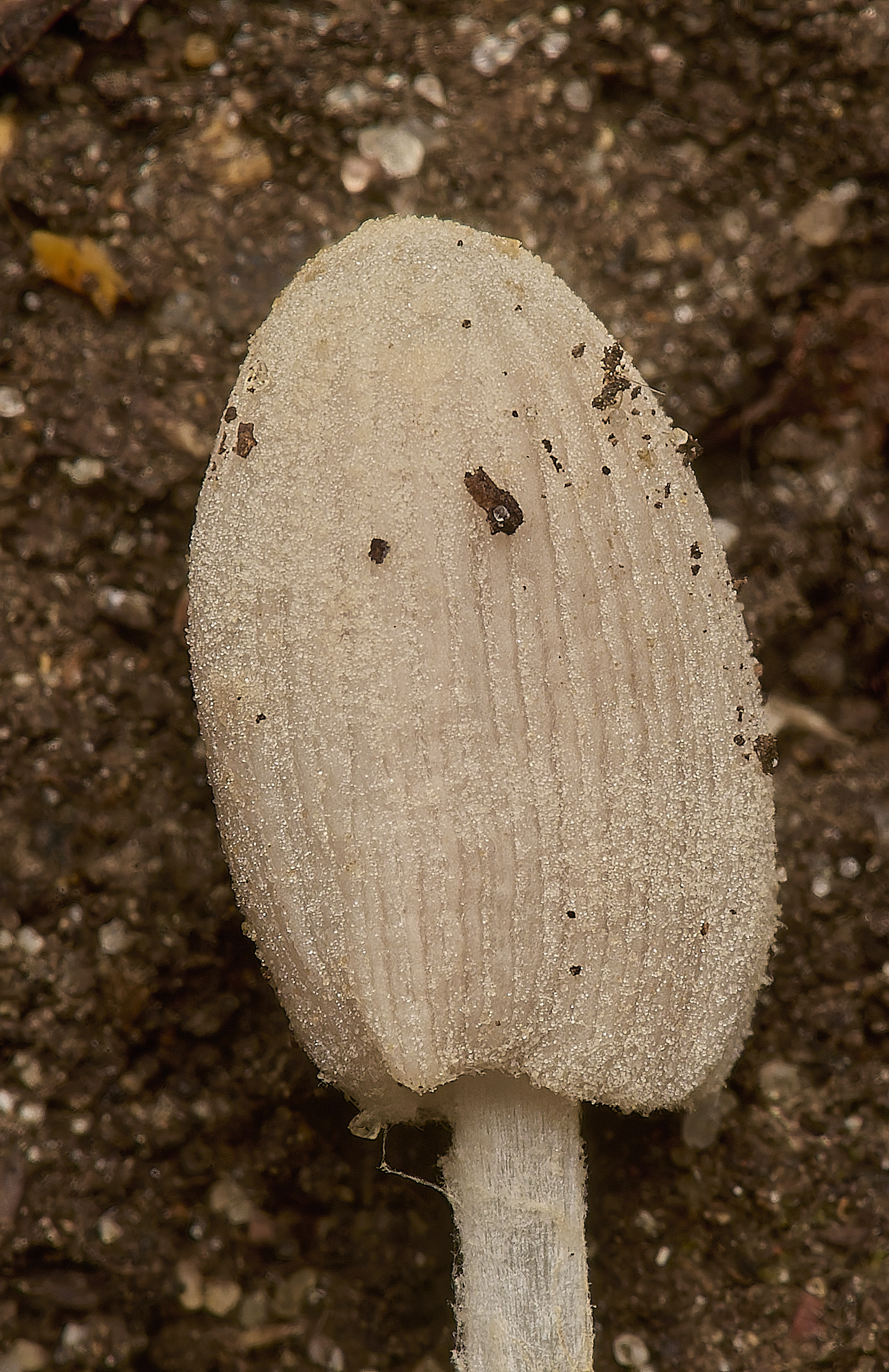
Coprinopsis Sp?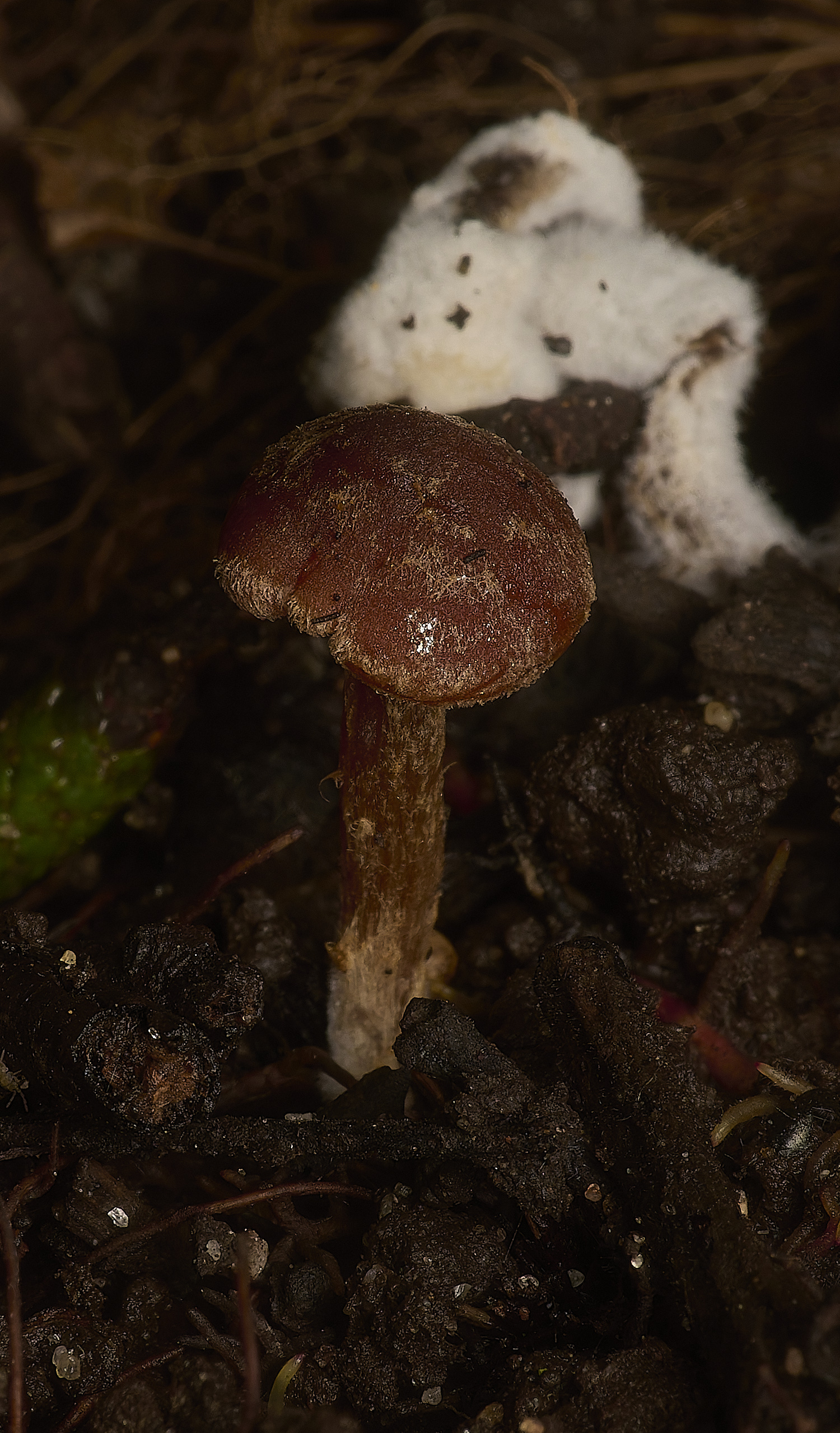
Tubaria Sp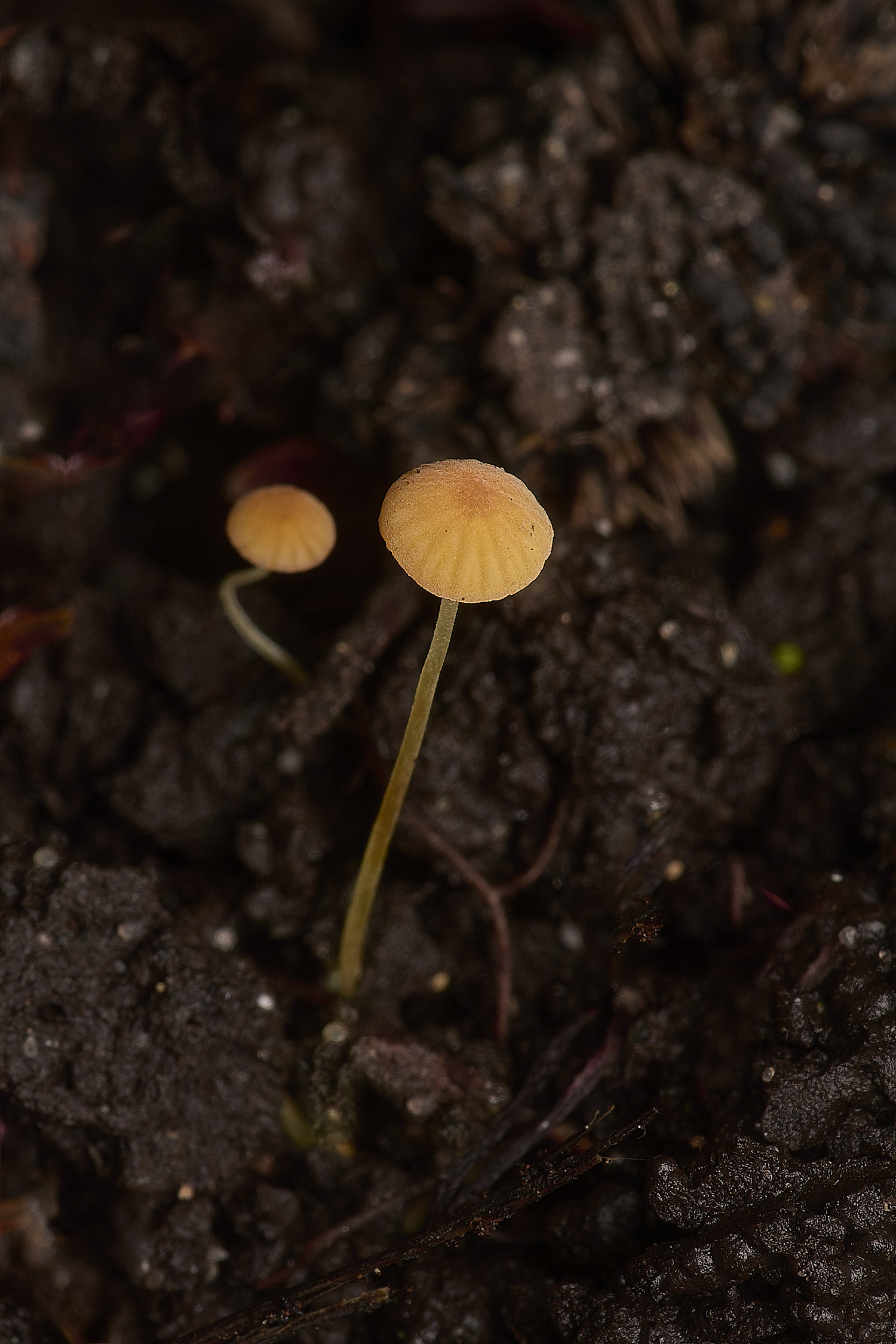
Orange Bonnet (Mycena acicula) 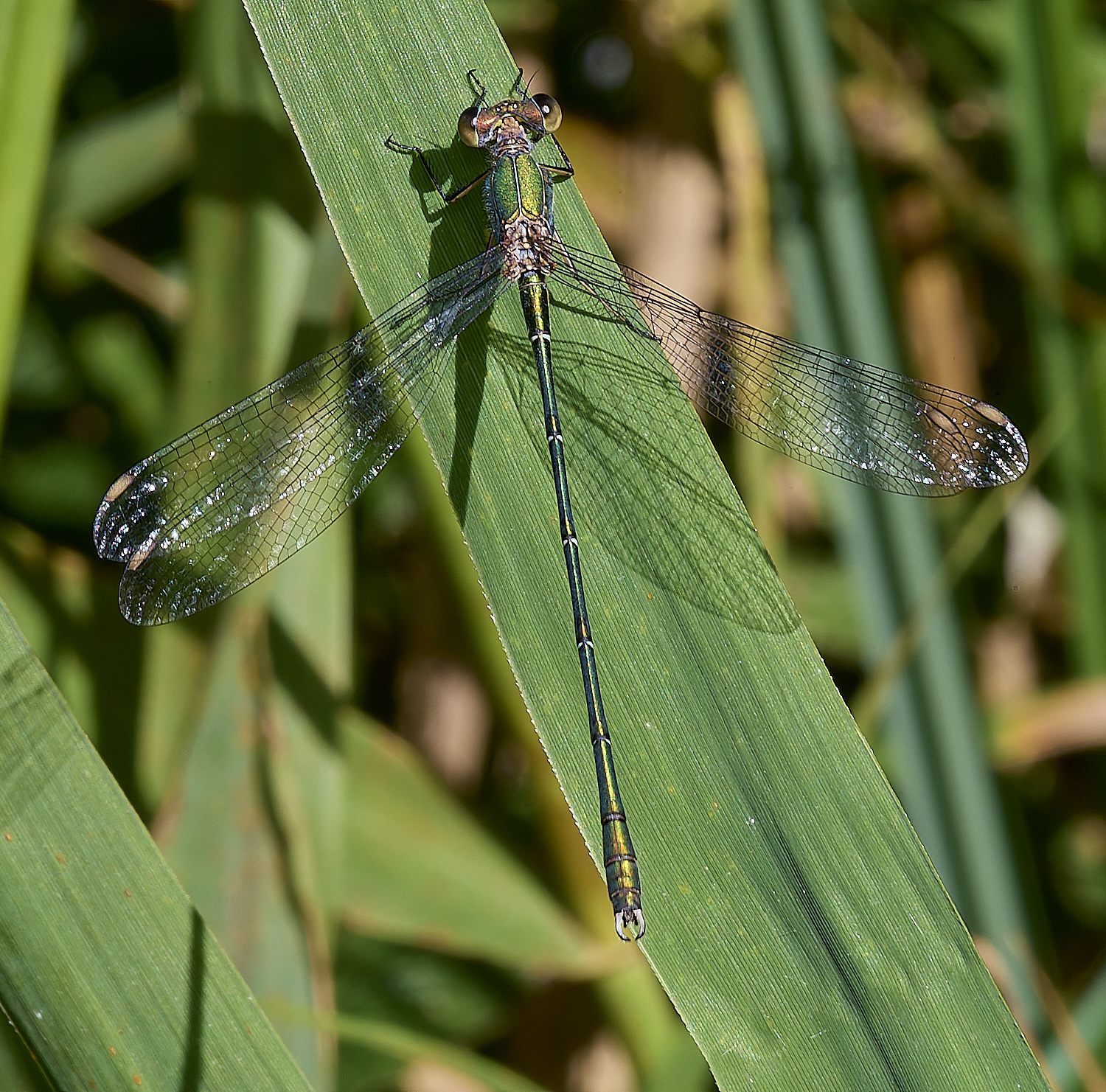
Willow Emerald (Chalcoletes viridis)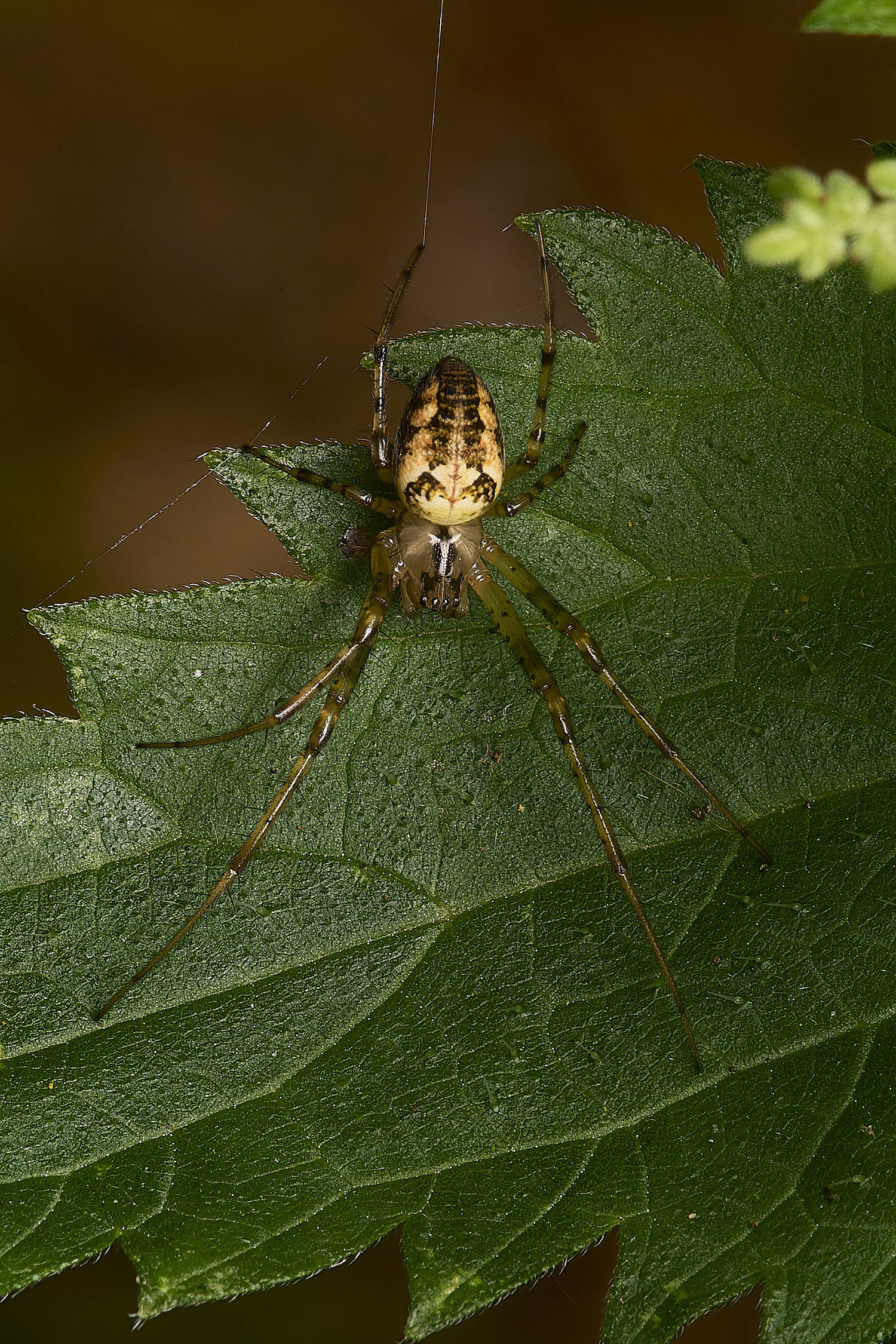
Spider Sp
Scurfy Twiglet (Tubaria furfuracia)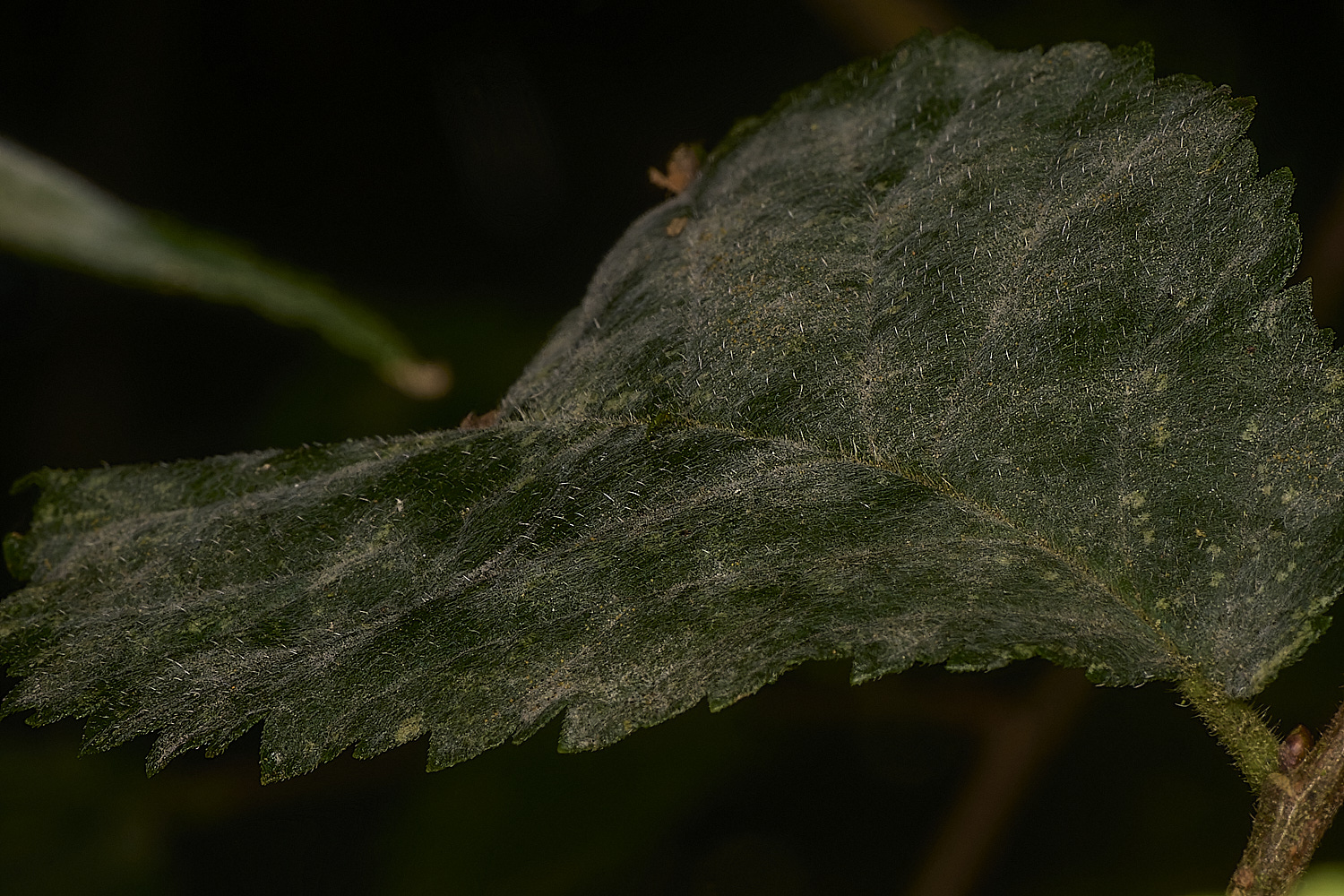
Erysyphe ulmi
From Plant Parasites of Europe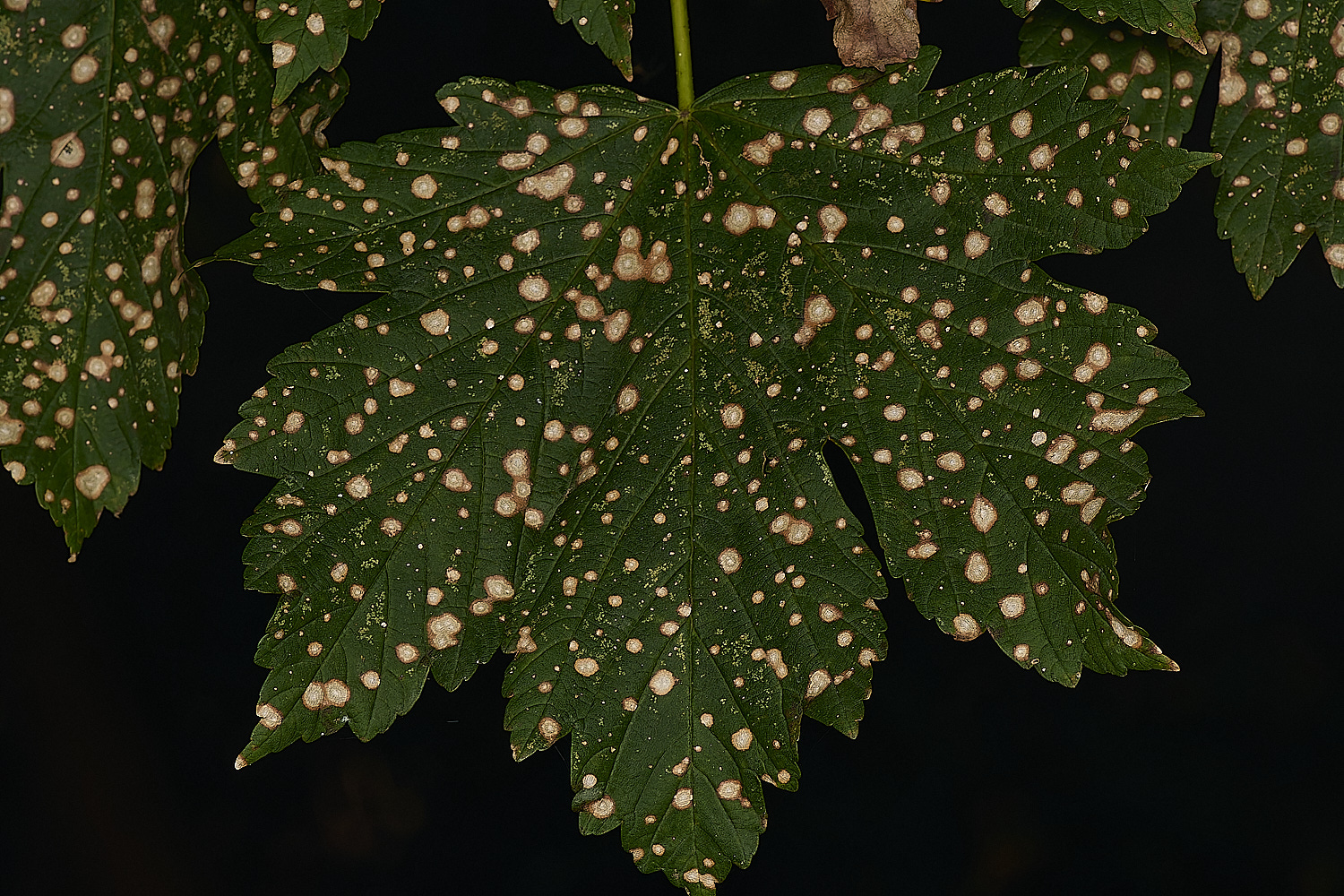
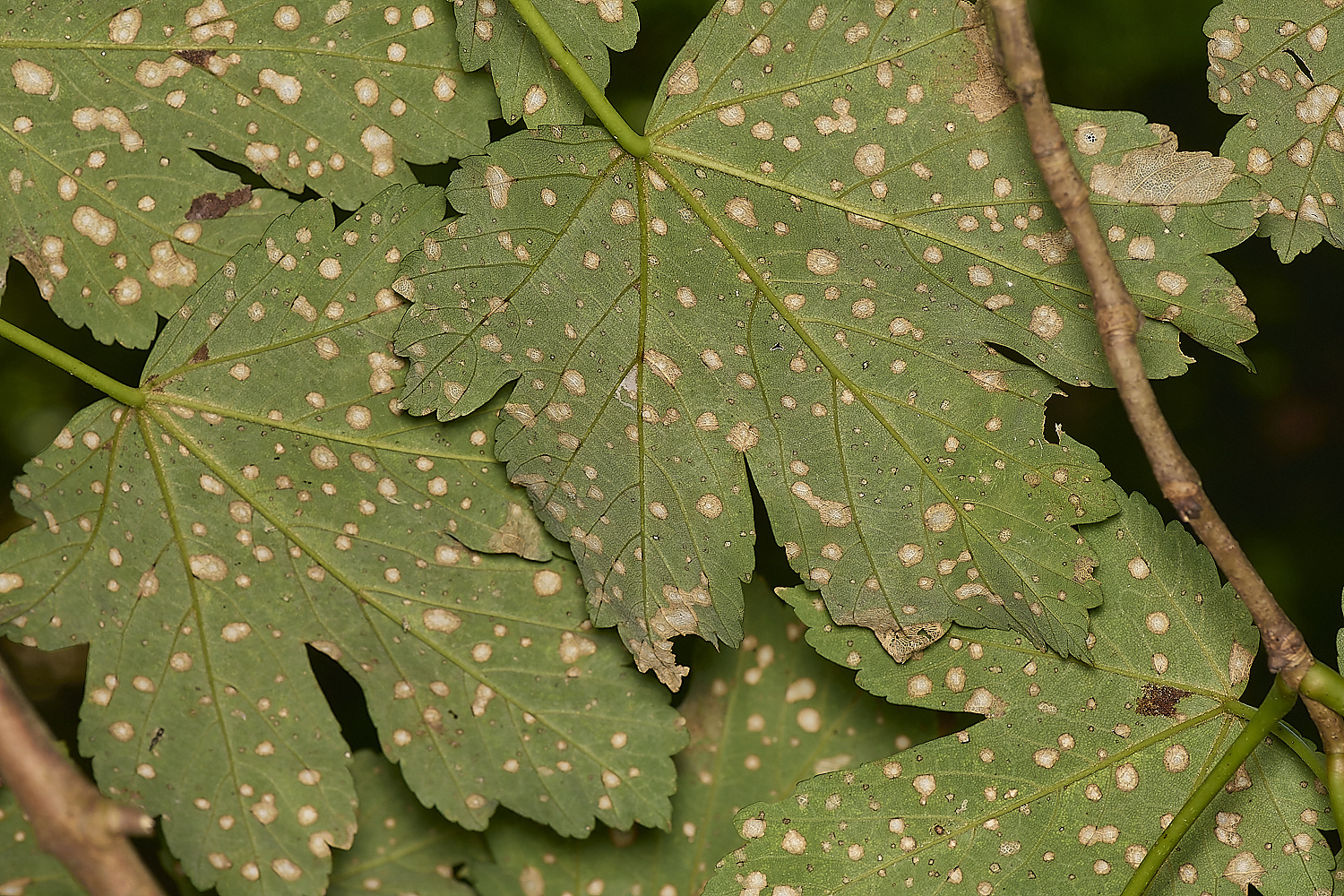
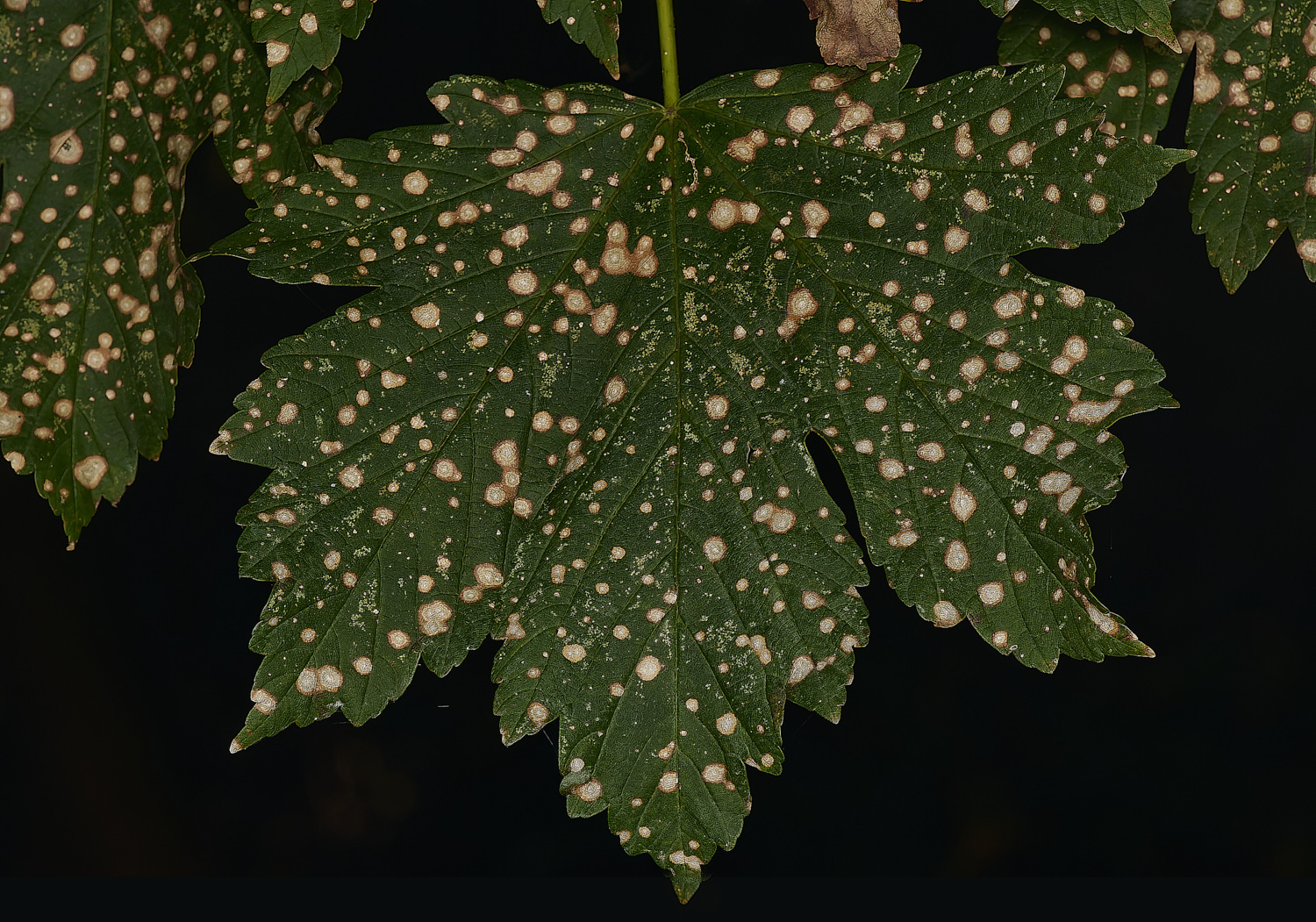
Sycamore White Spot (Cristulariella depraedans)
From Gower Wildlife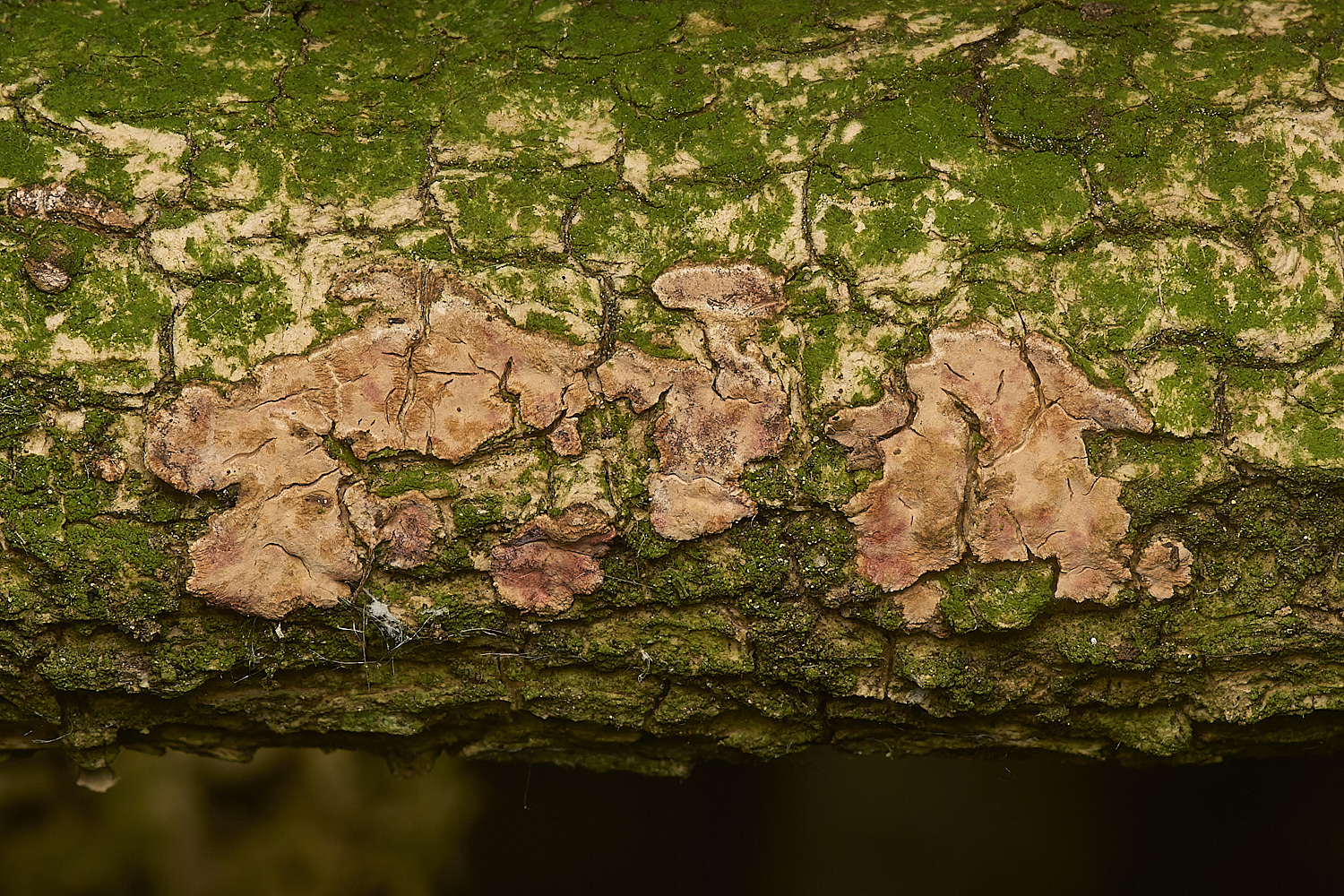
Peniophora proxima on Box (Buxus sempervirens)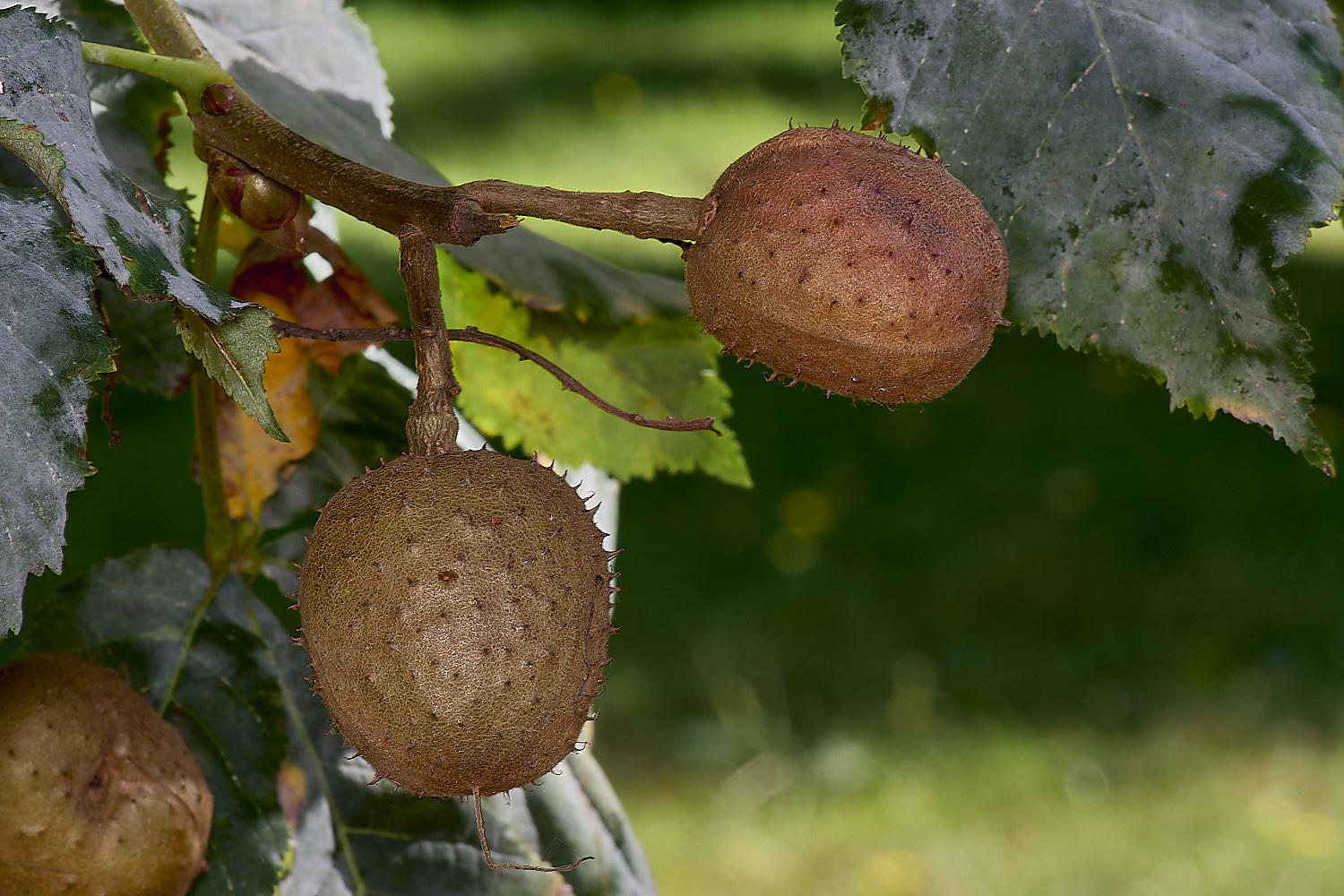
Red Horse Chestnut fruit (Aesculus x carnea)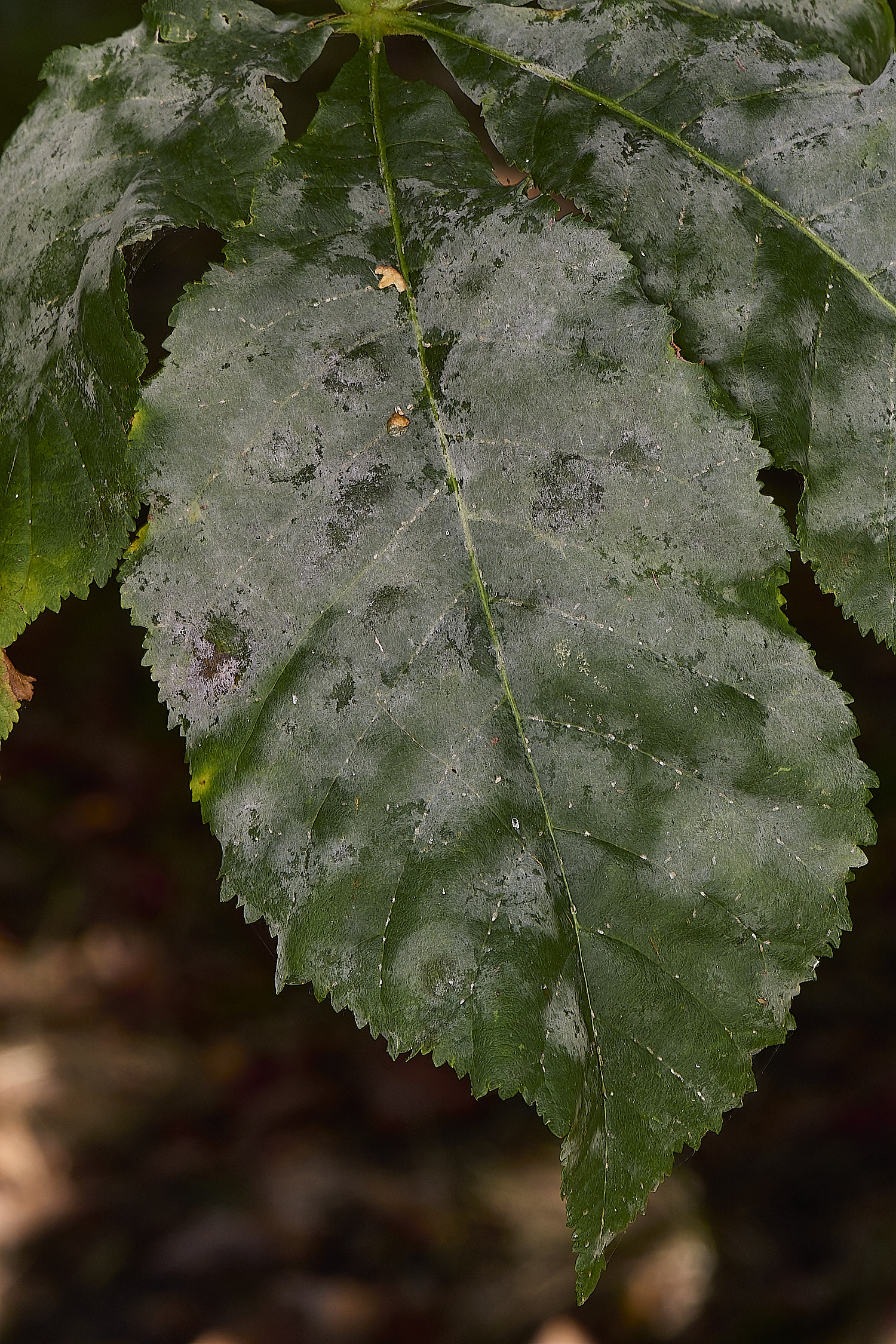
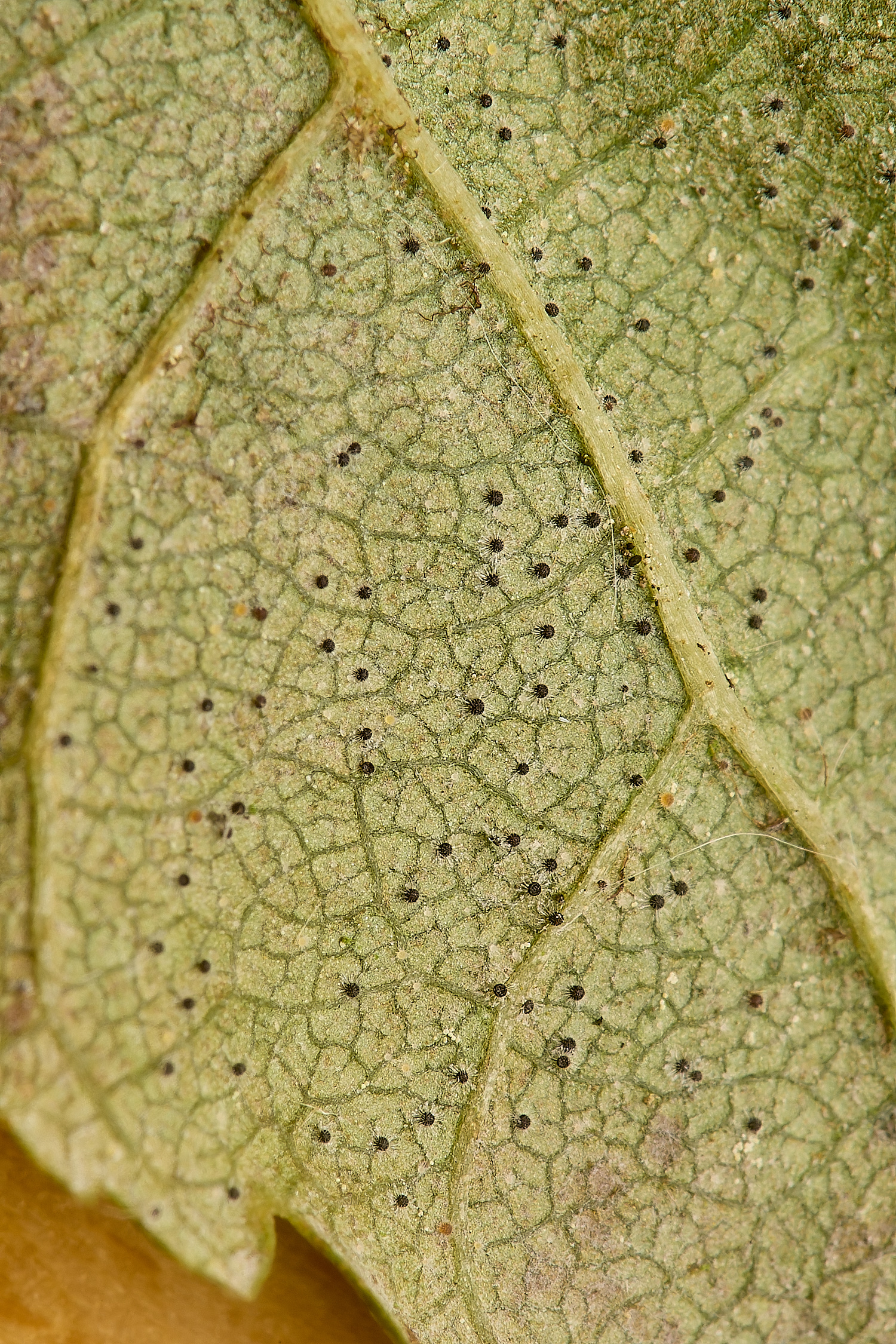
The cleistothecium are very visible on the back of the leaf in the above image.
Black spots with white fringe hairs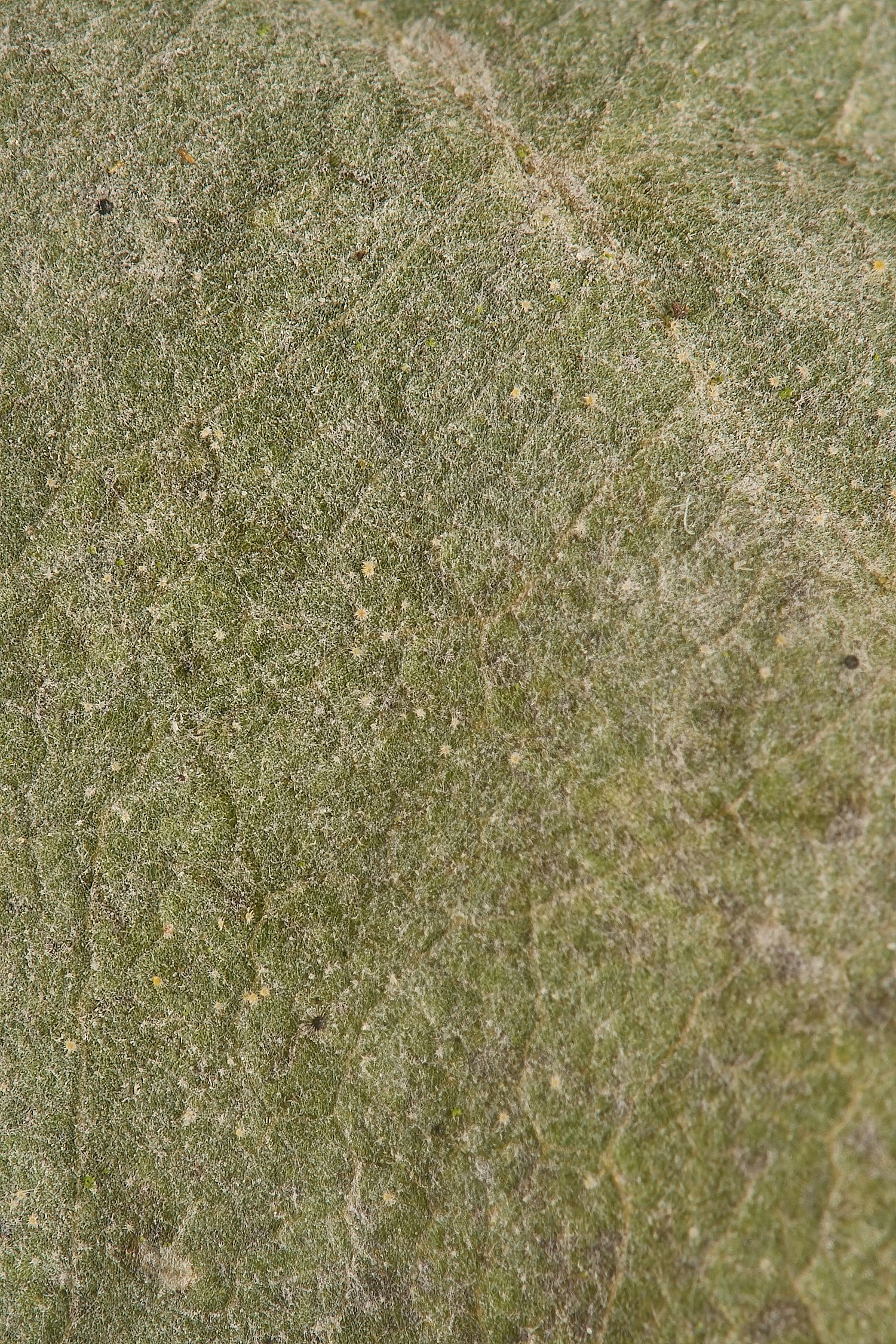
Less obvious on the front of the leaf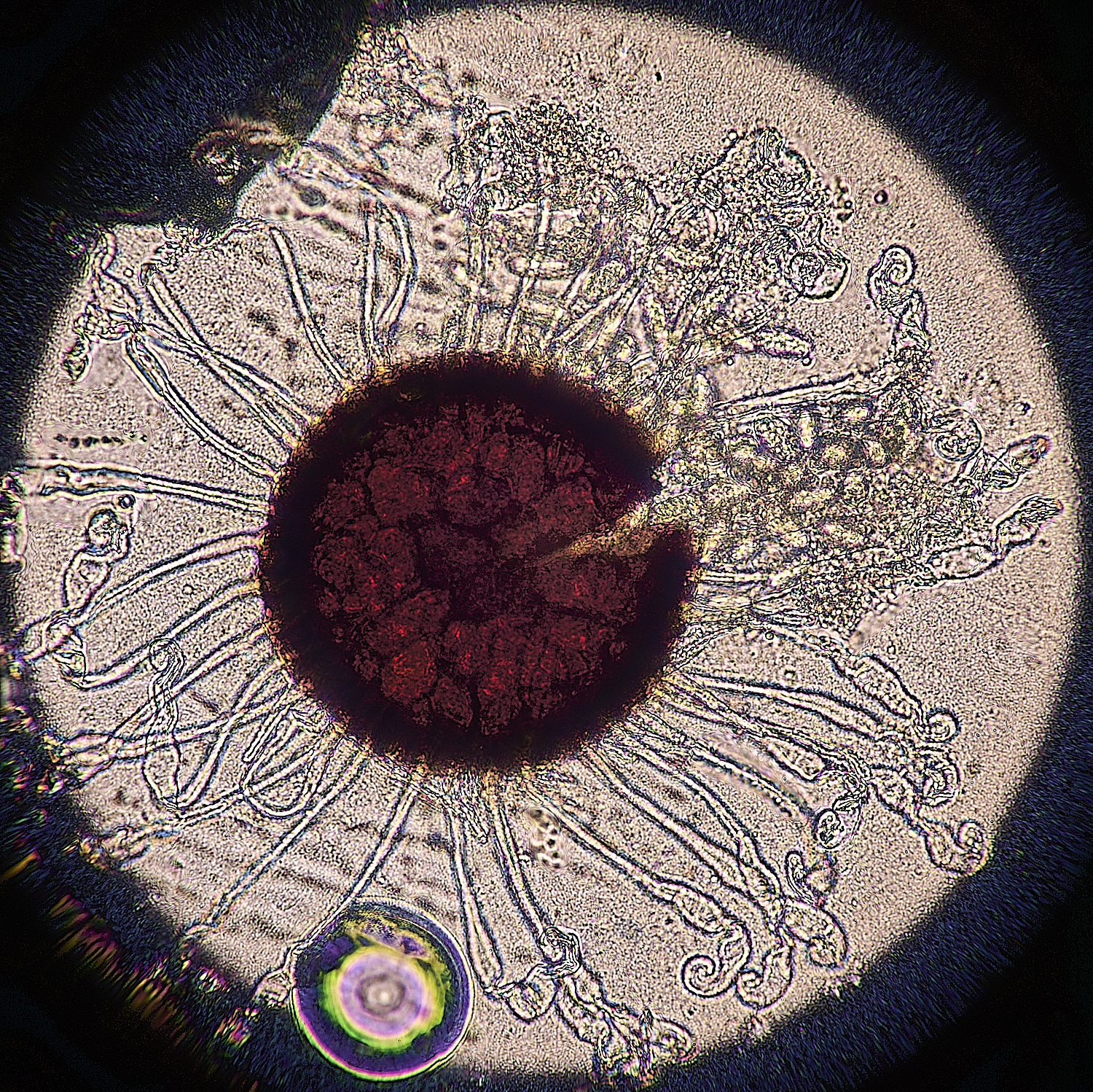
Cleistothecium X400 This one has ruptured and the asci can just about be seen
Hooked tips to the appendages
Erisyphe flexuosa on Red Horse Chestnut
From Plant Parasites of Europe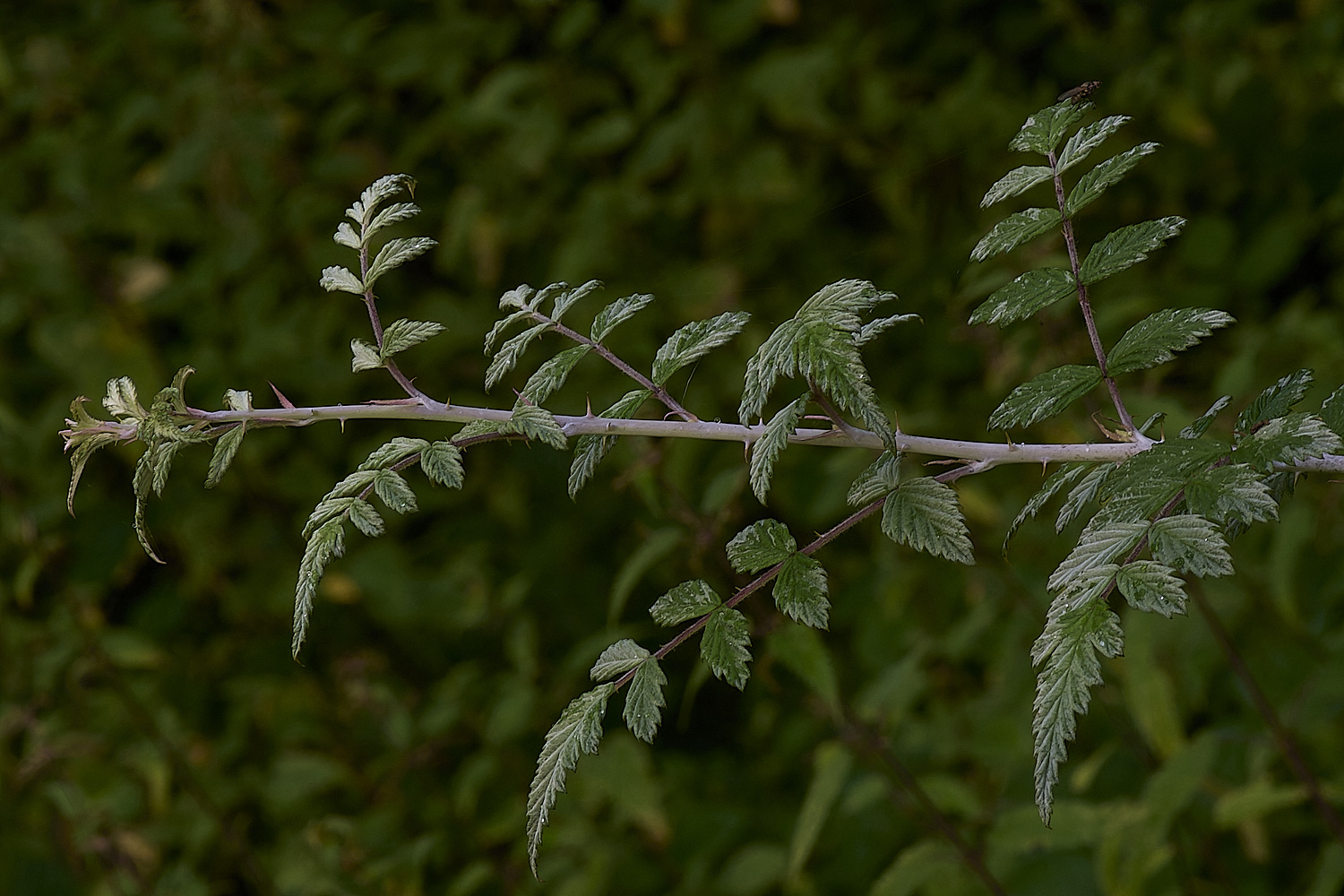
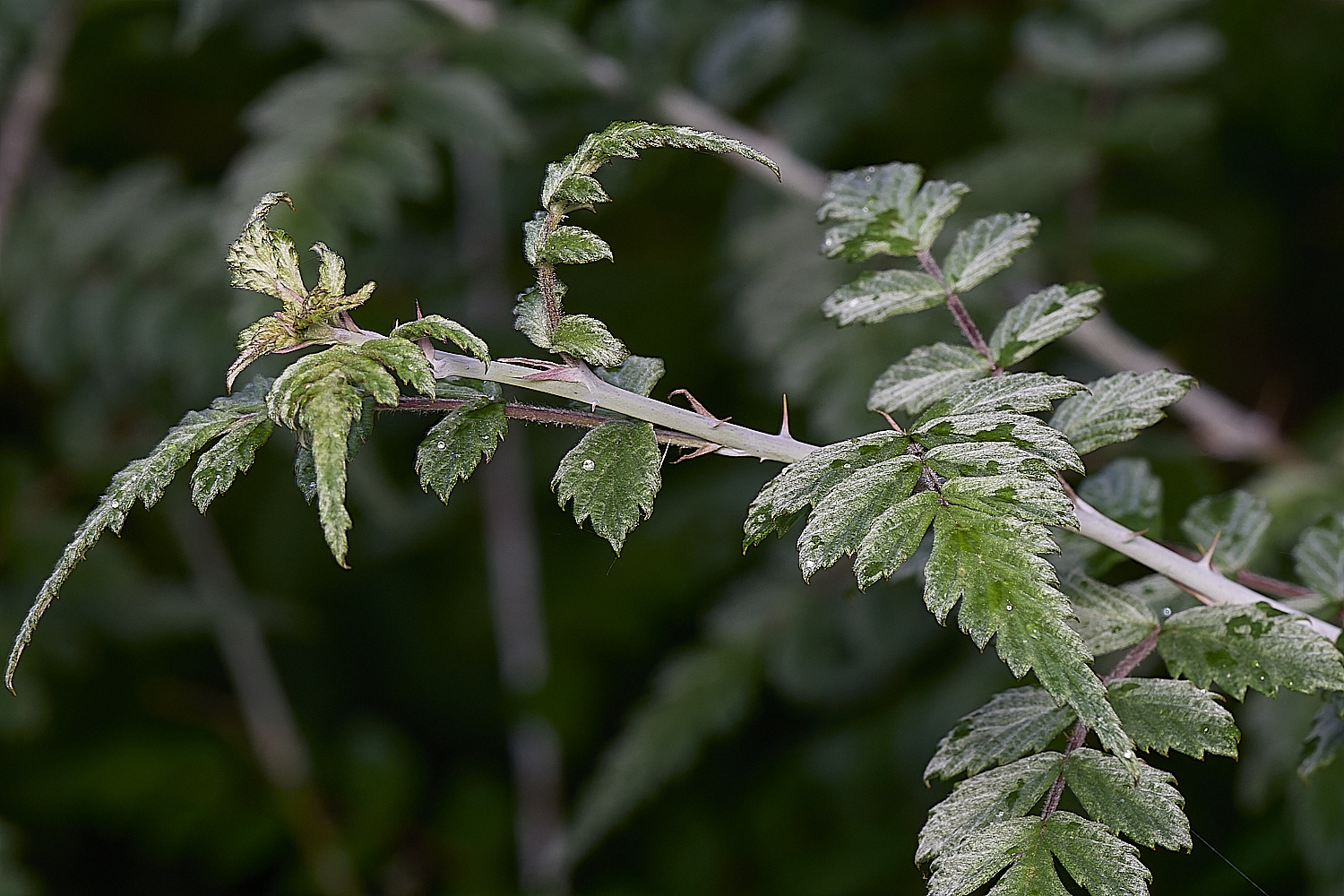
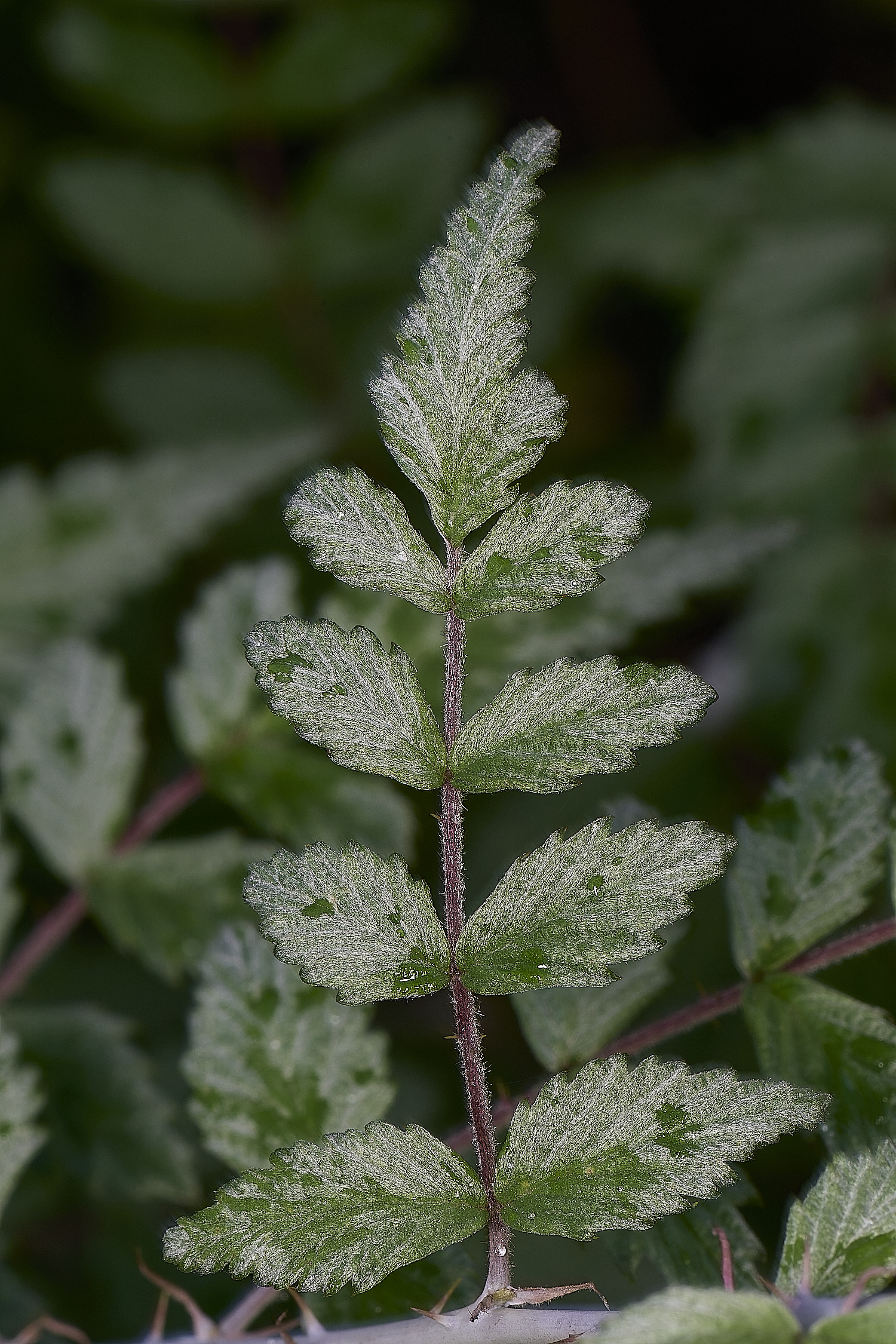
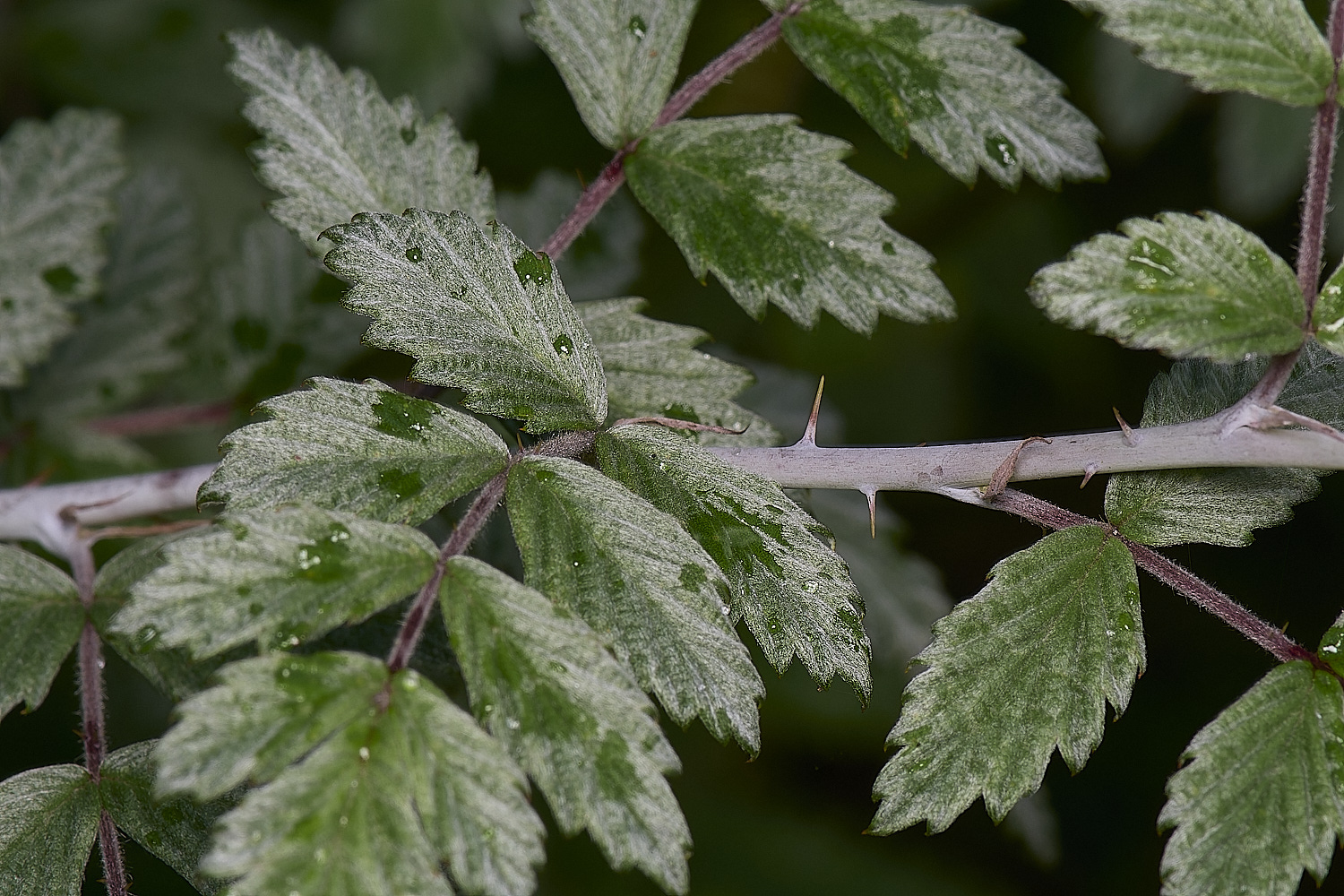
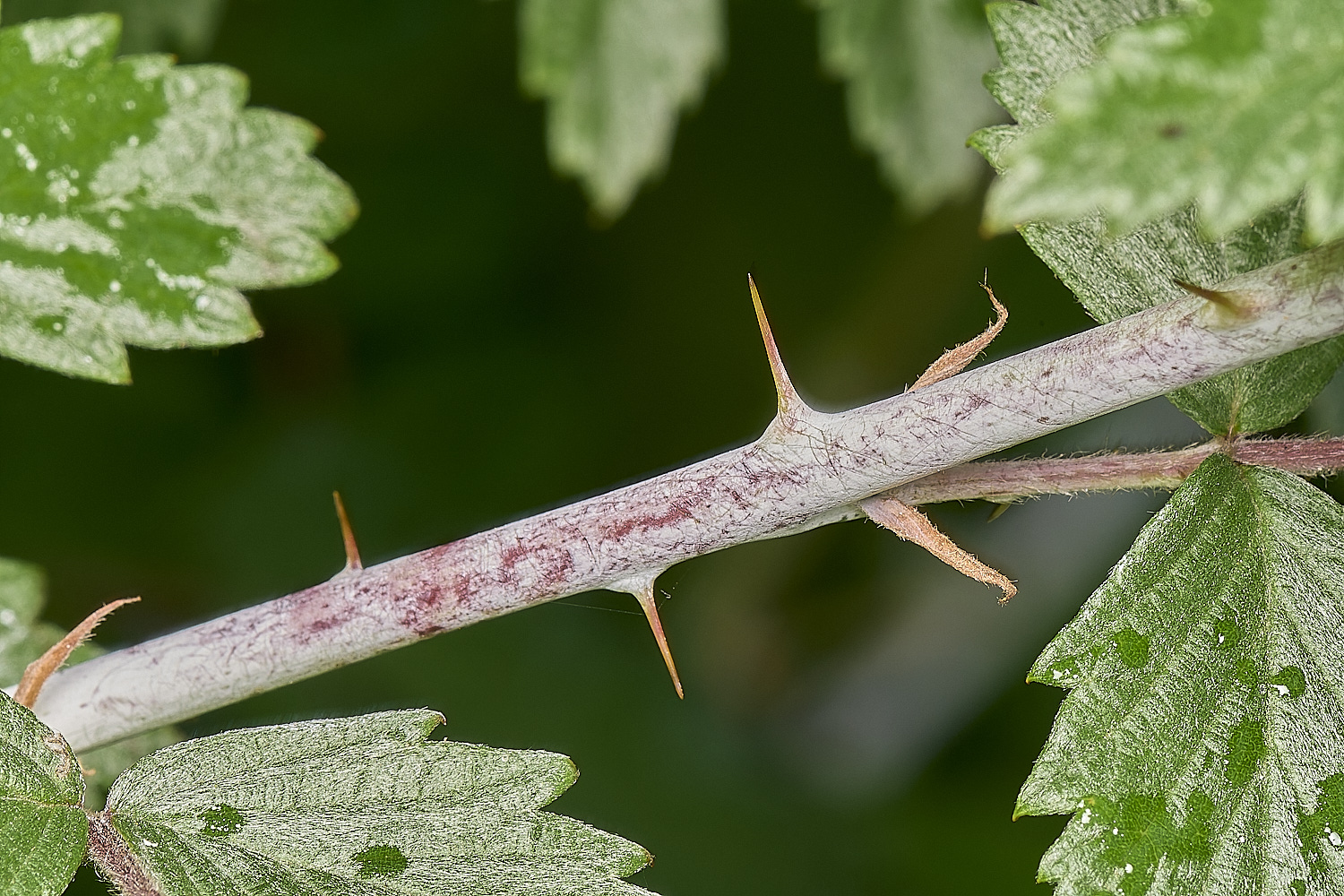
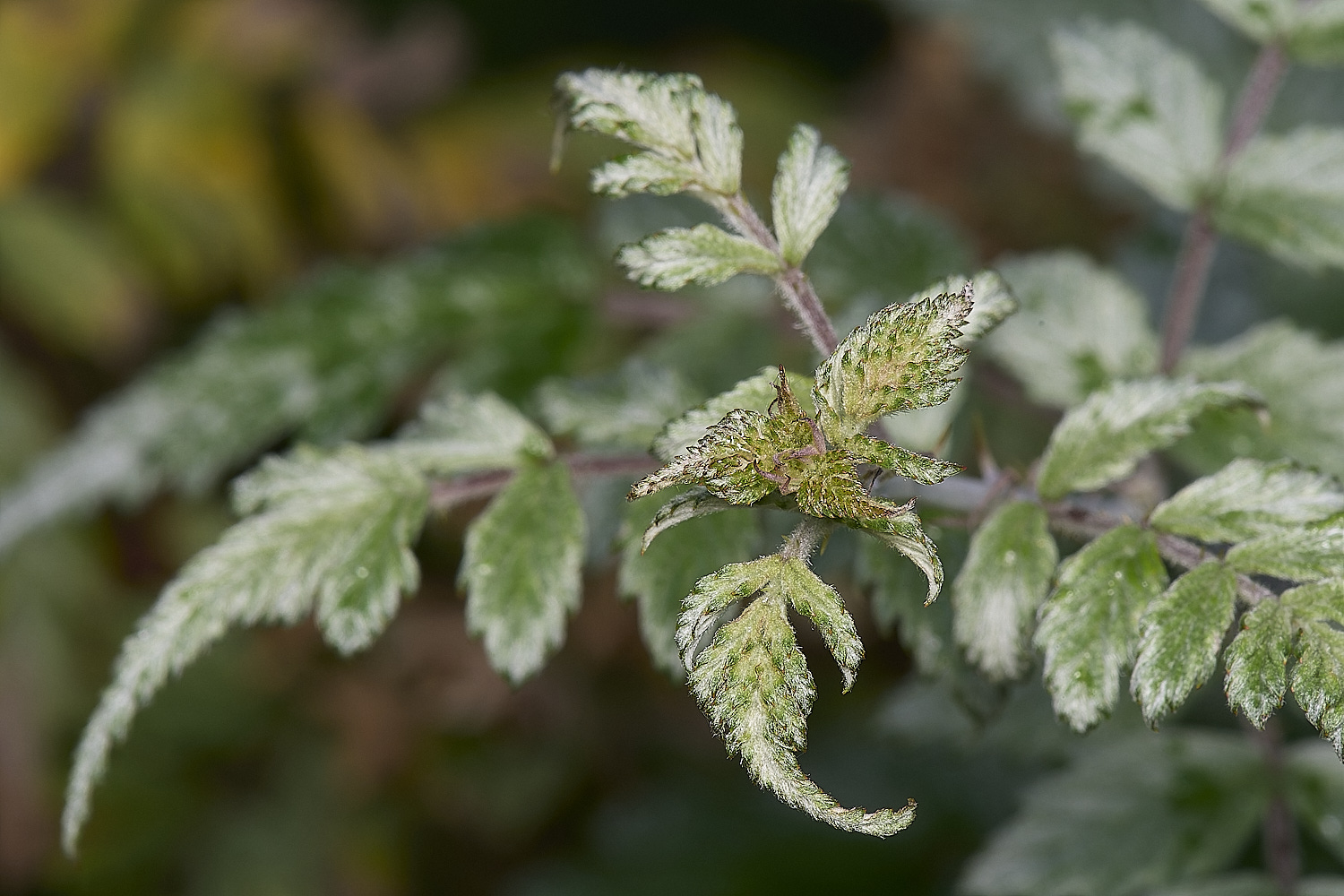

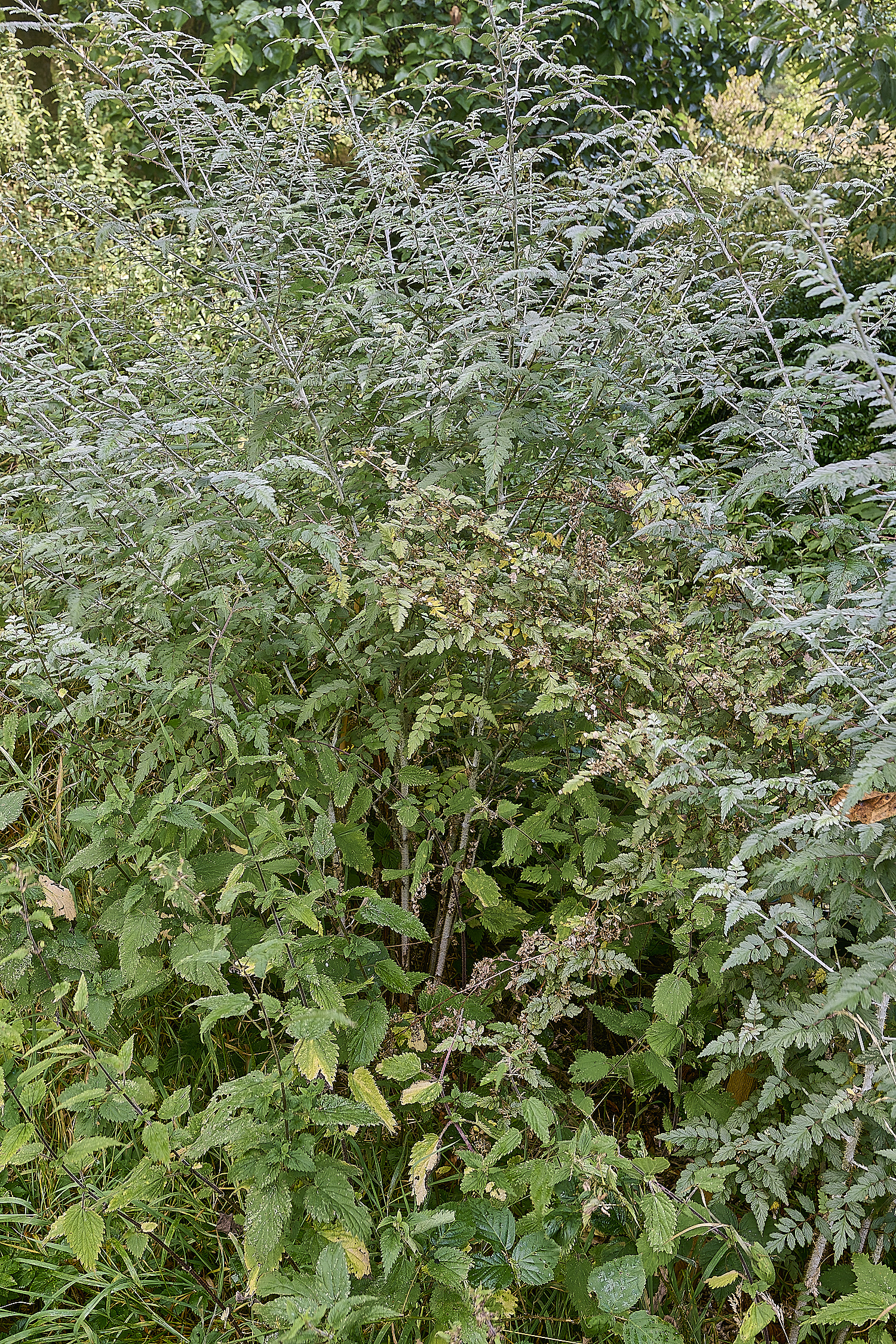
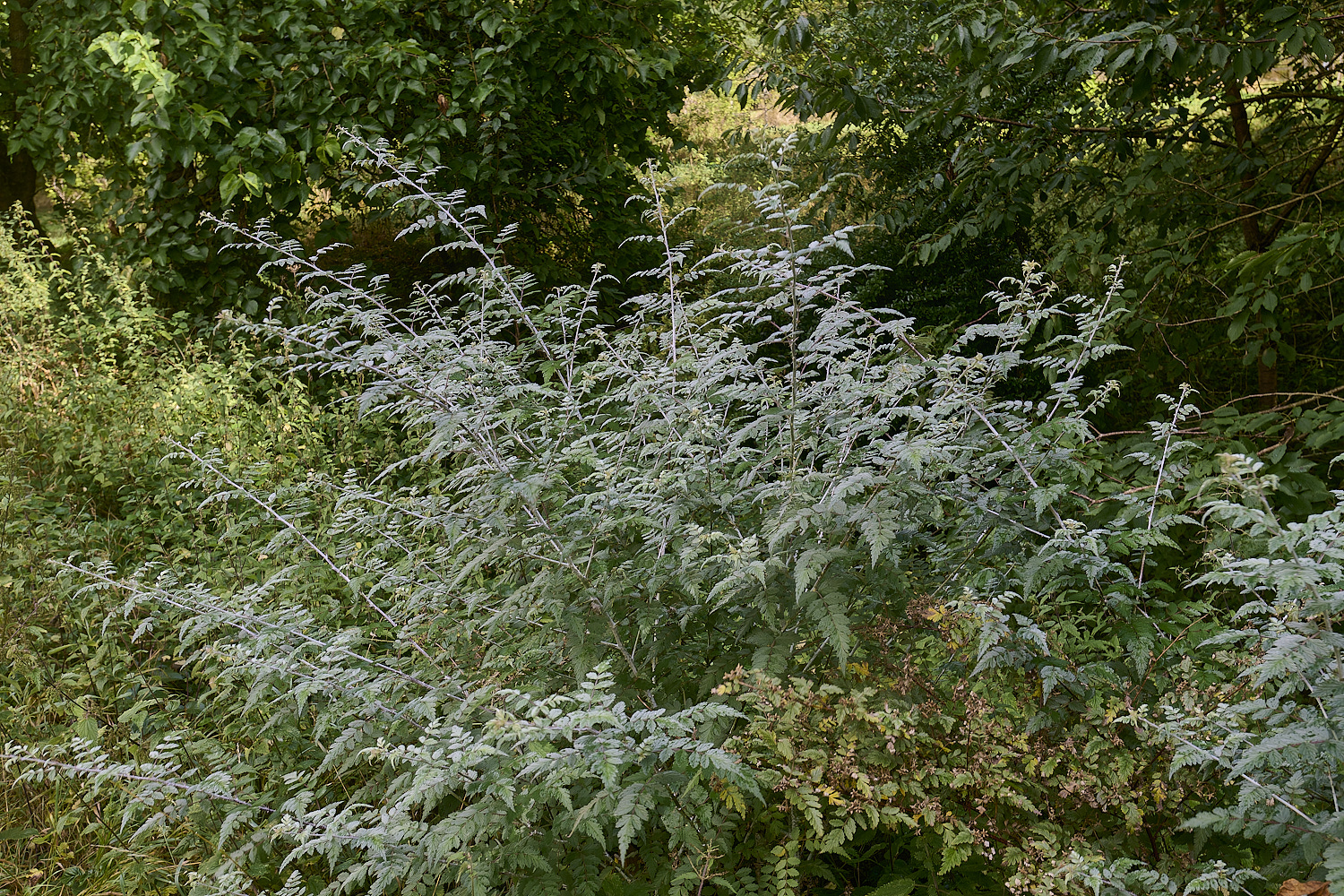
Bramble Sp ?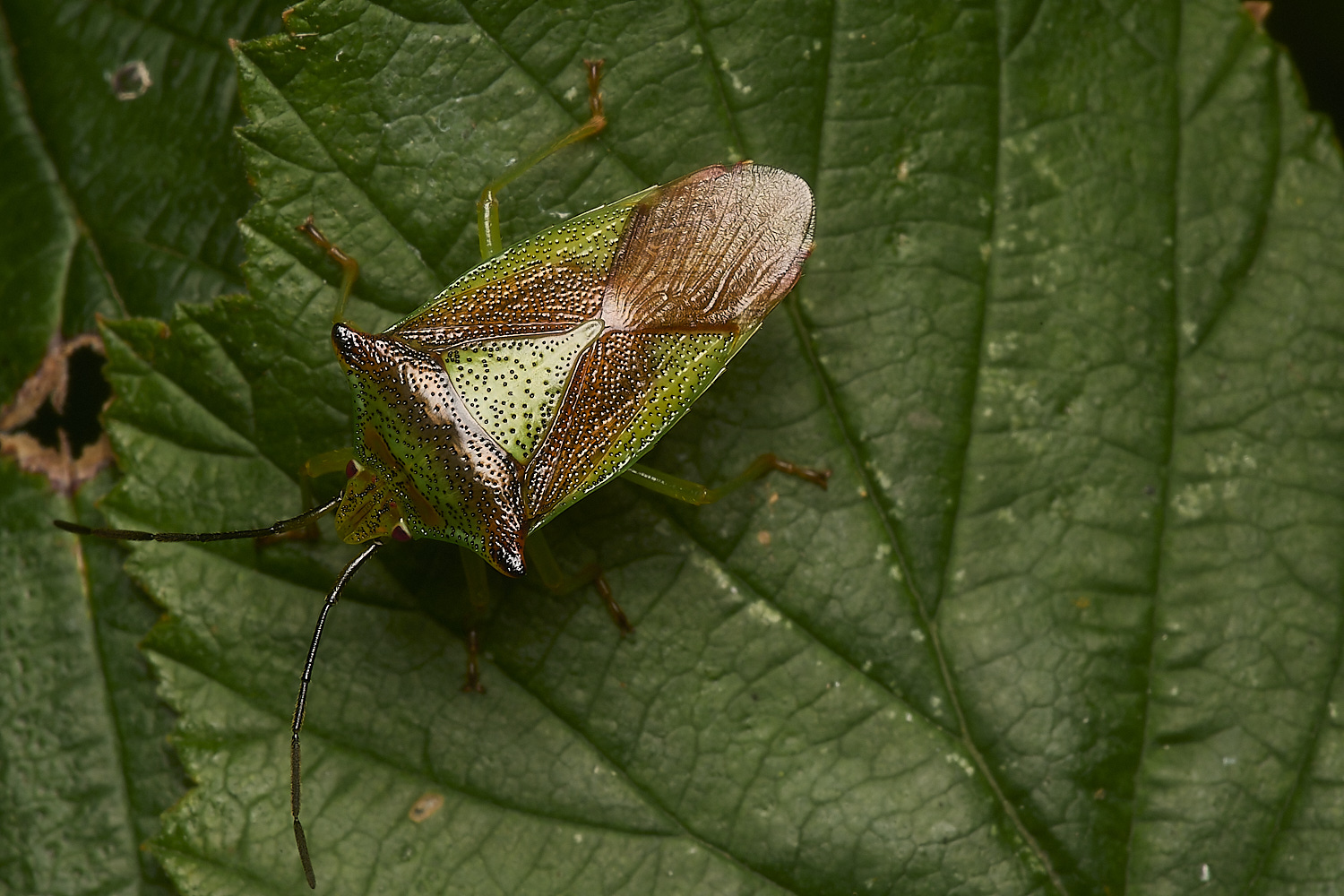
Hawthorn Shield Bug (Acanthosoma haemorrhoidale)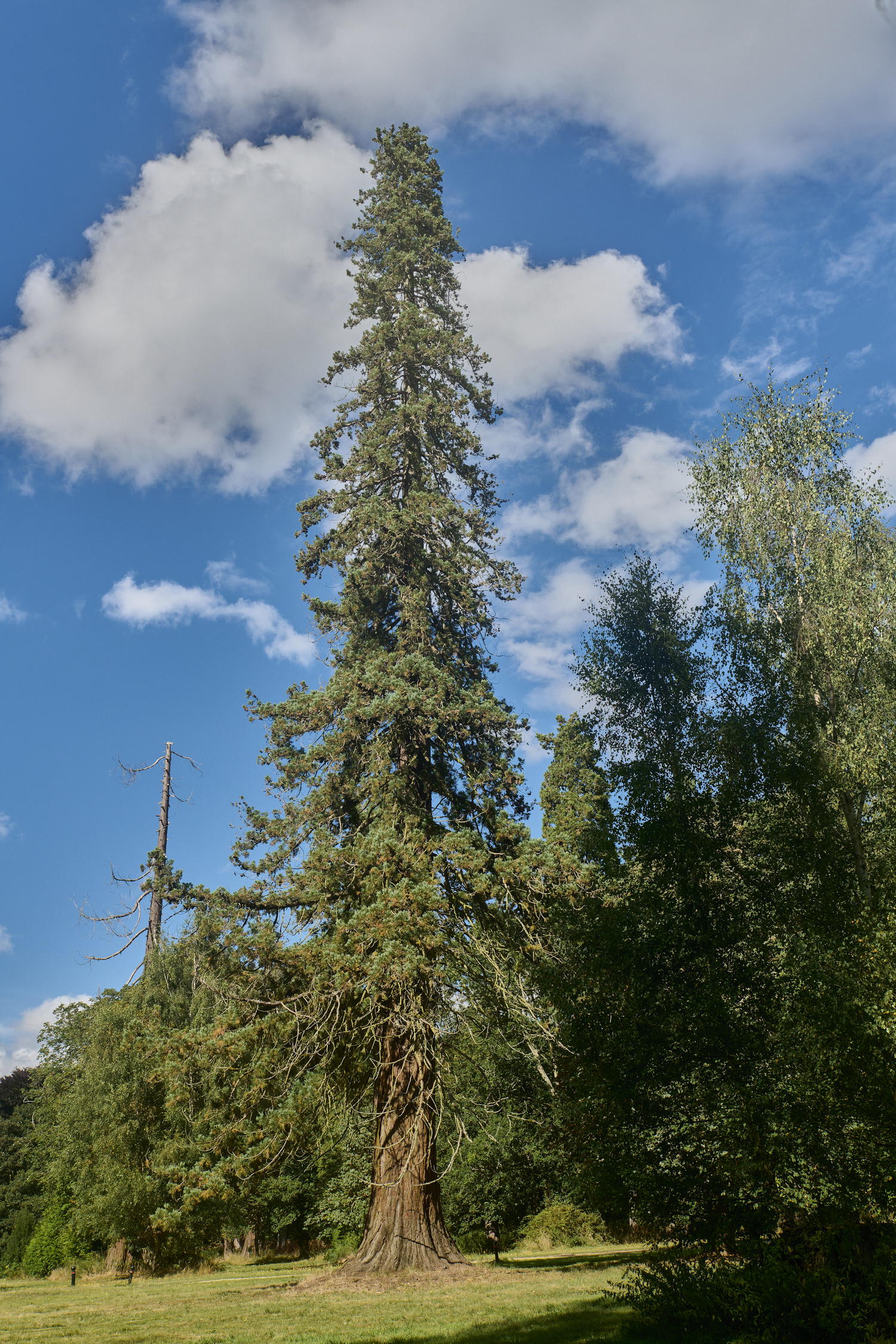
Wellingtonia (Sequoiadendron gianteum)
Wymondham
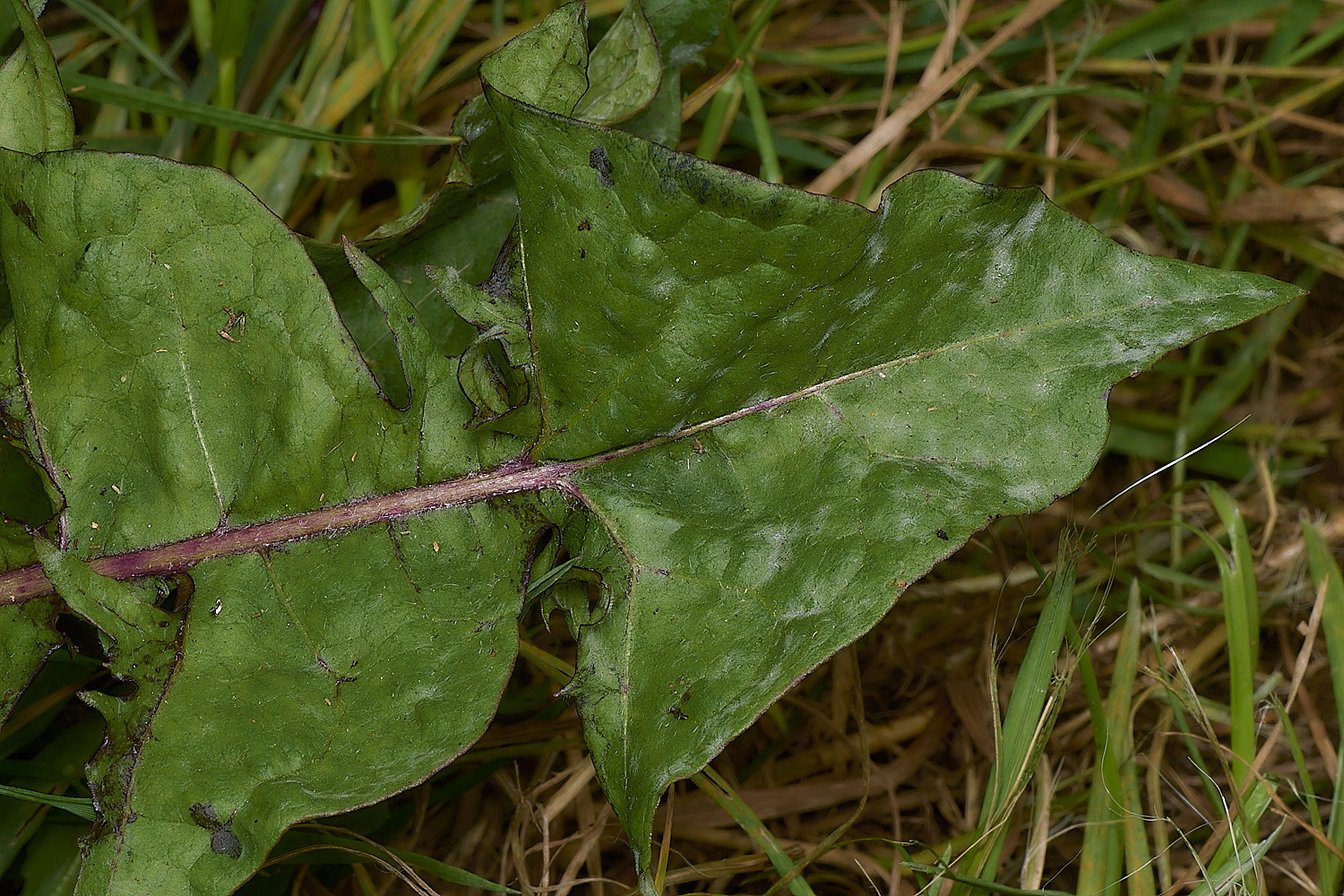
Tripartite end lobe
Red stem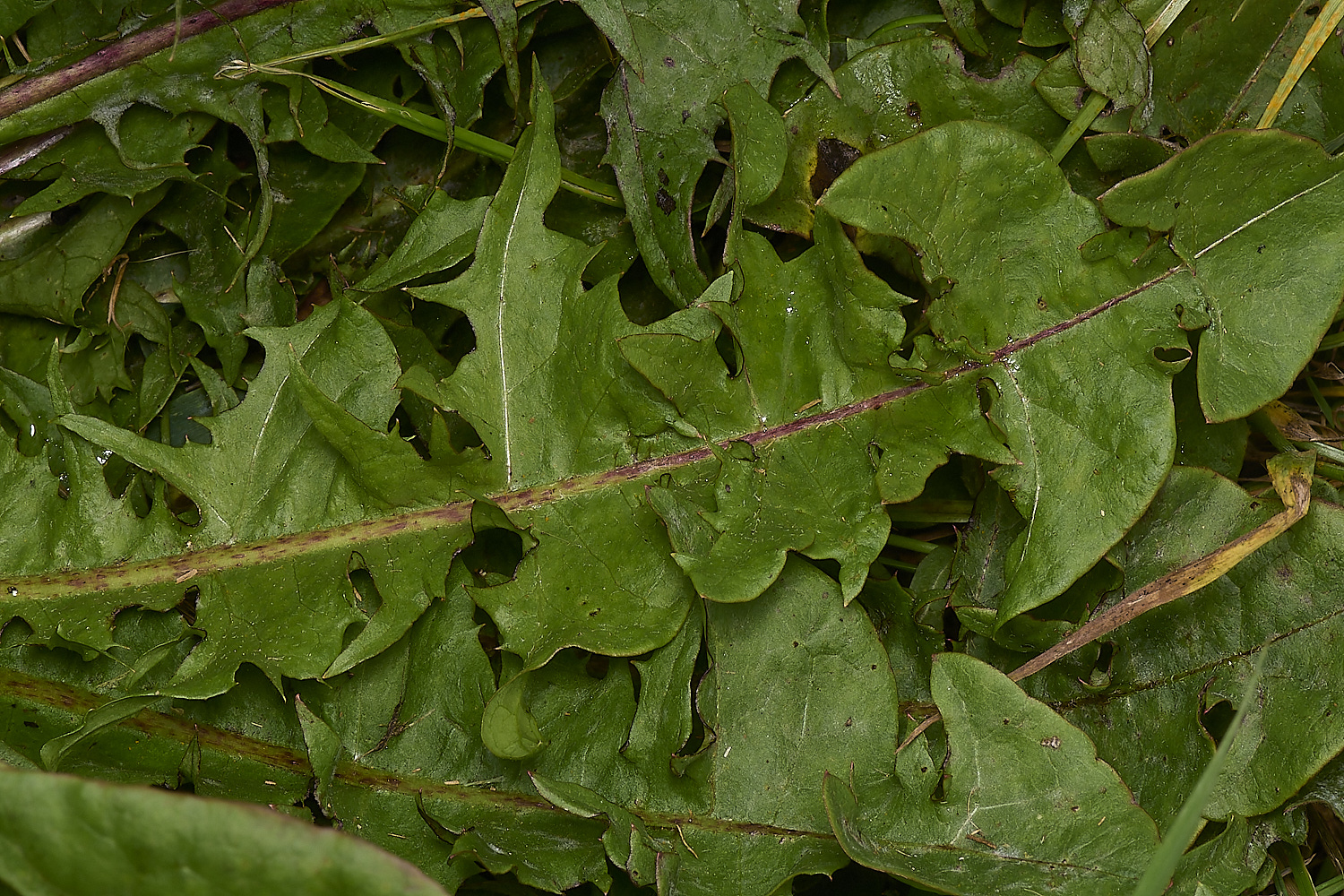
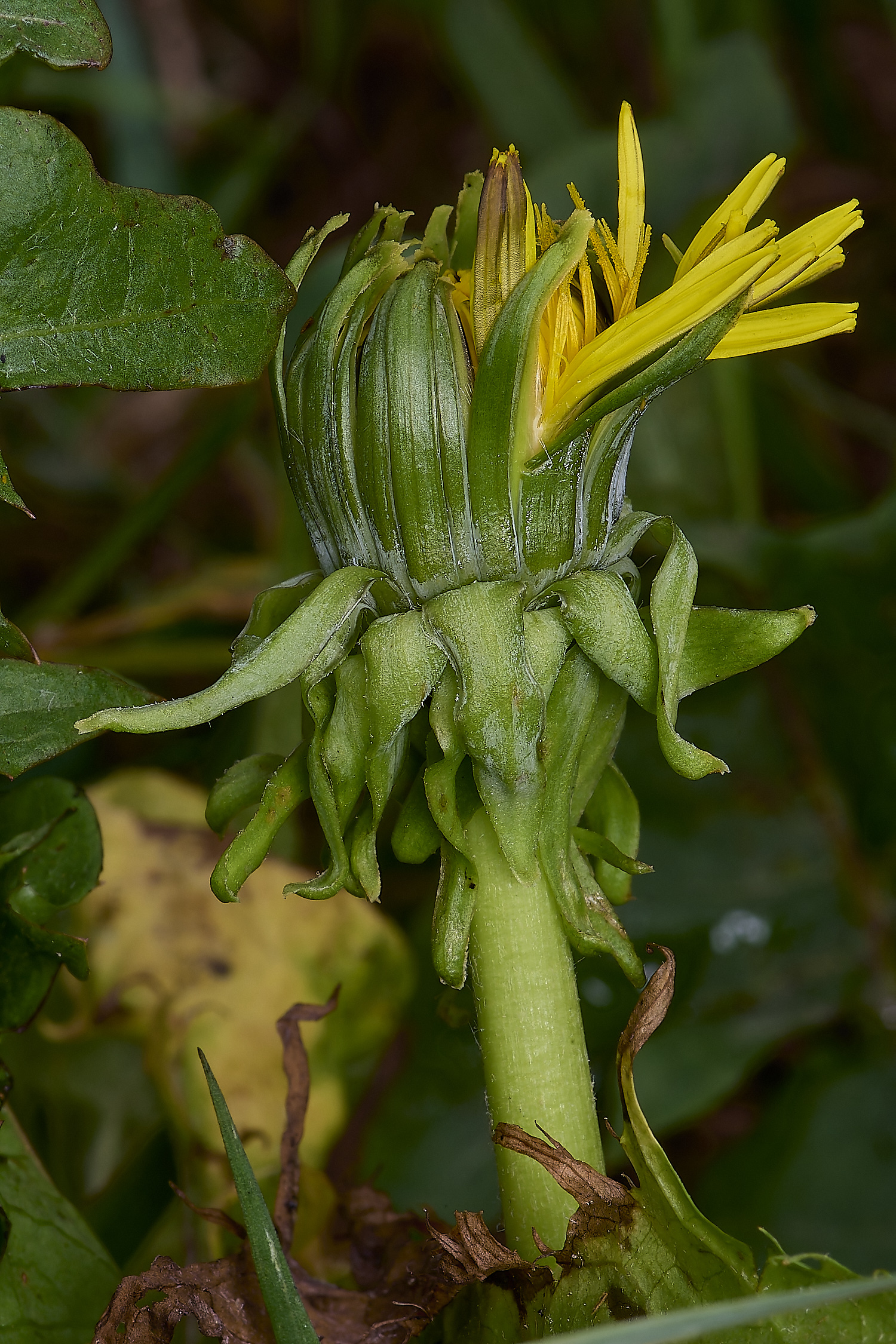
Taraxacum trilobatum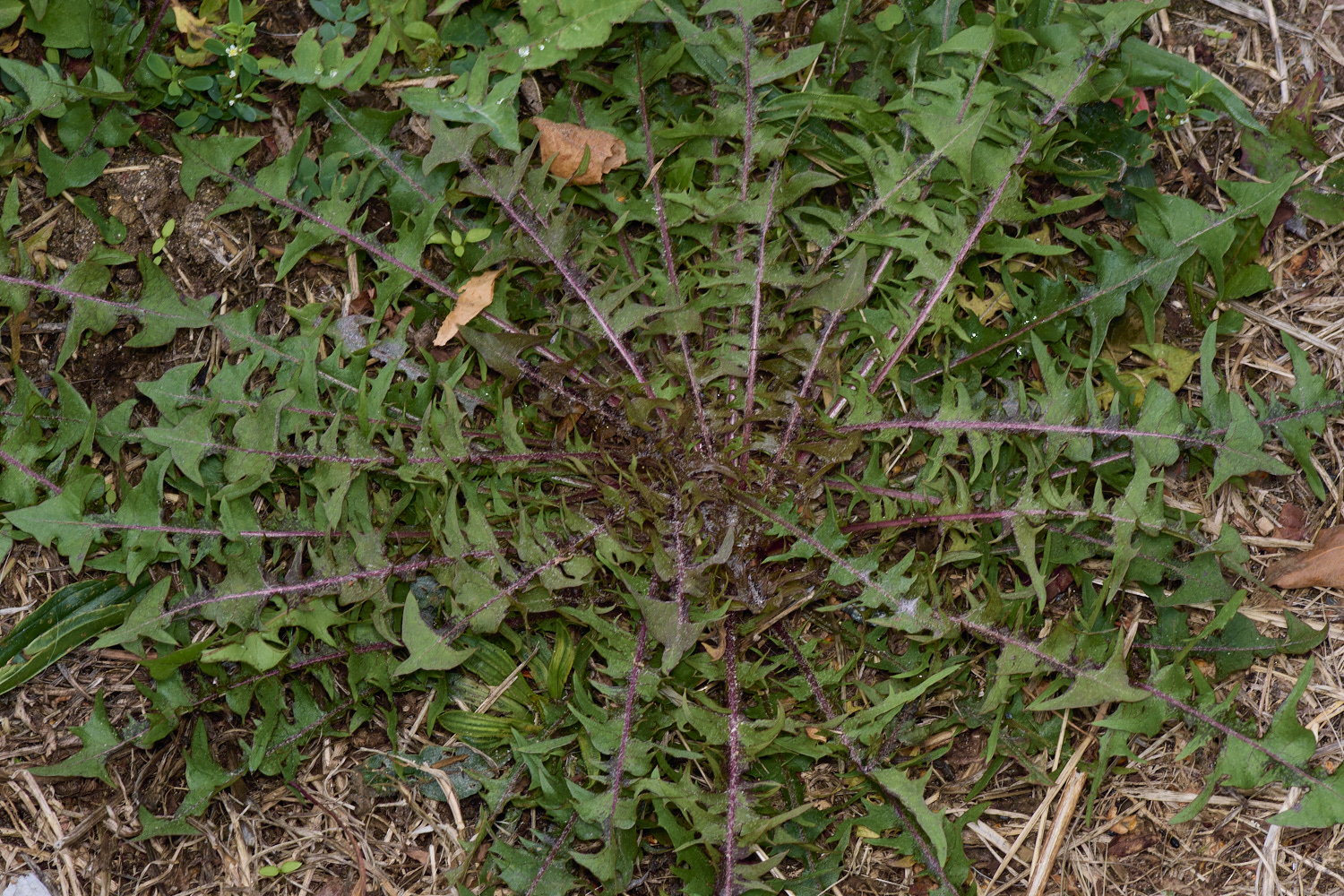
Rosette of the same species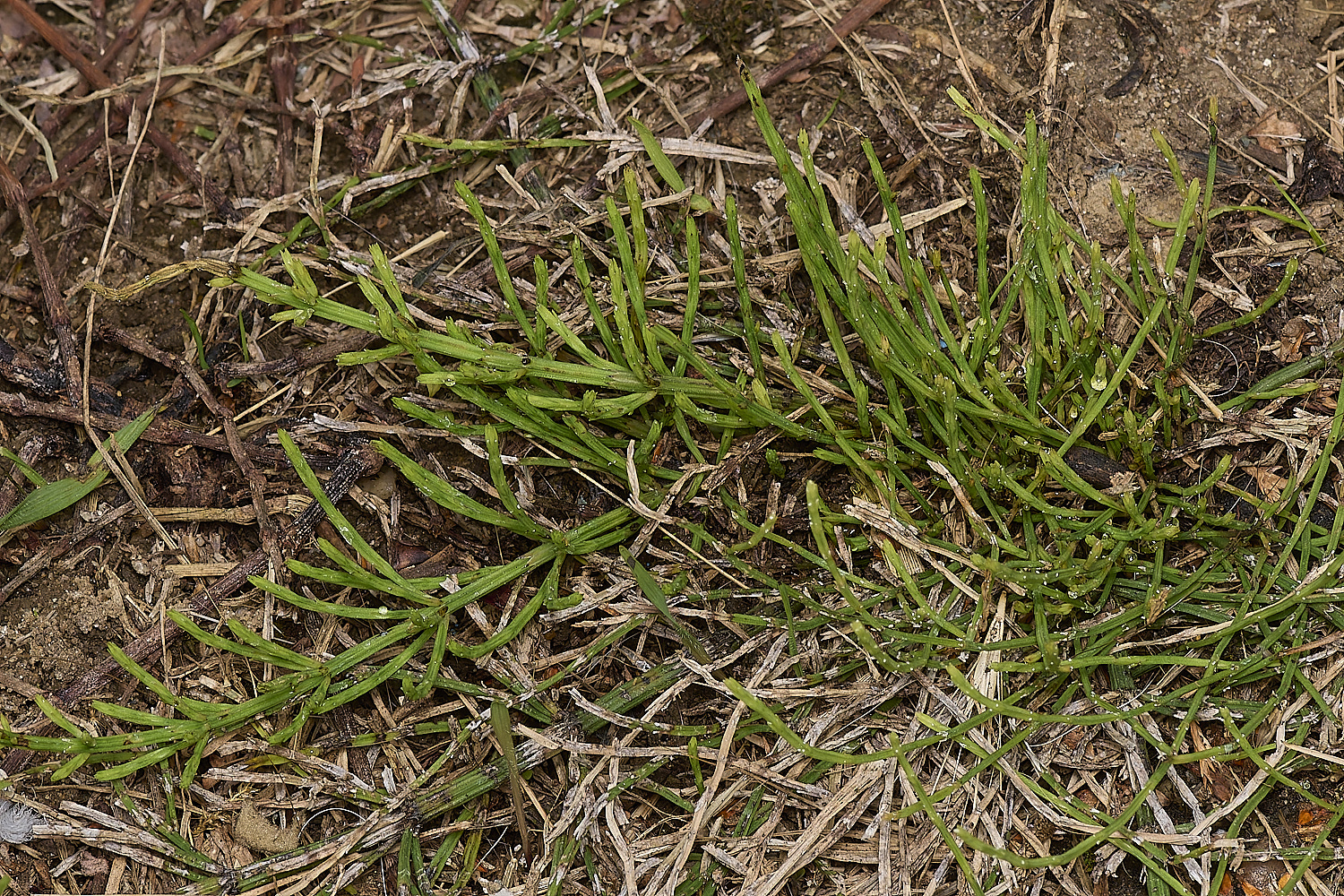
Field Horsetail (Equisetum arvense)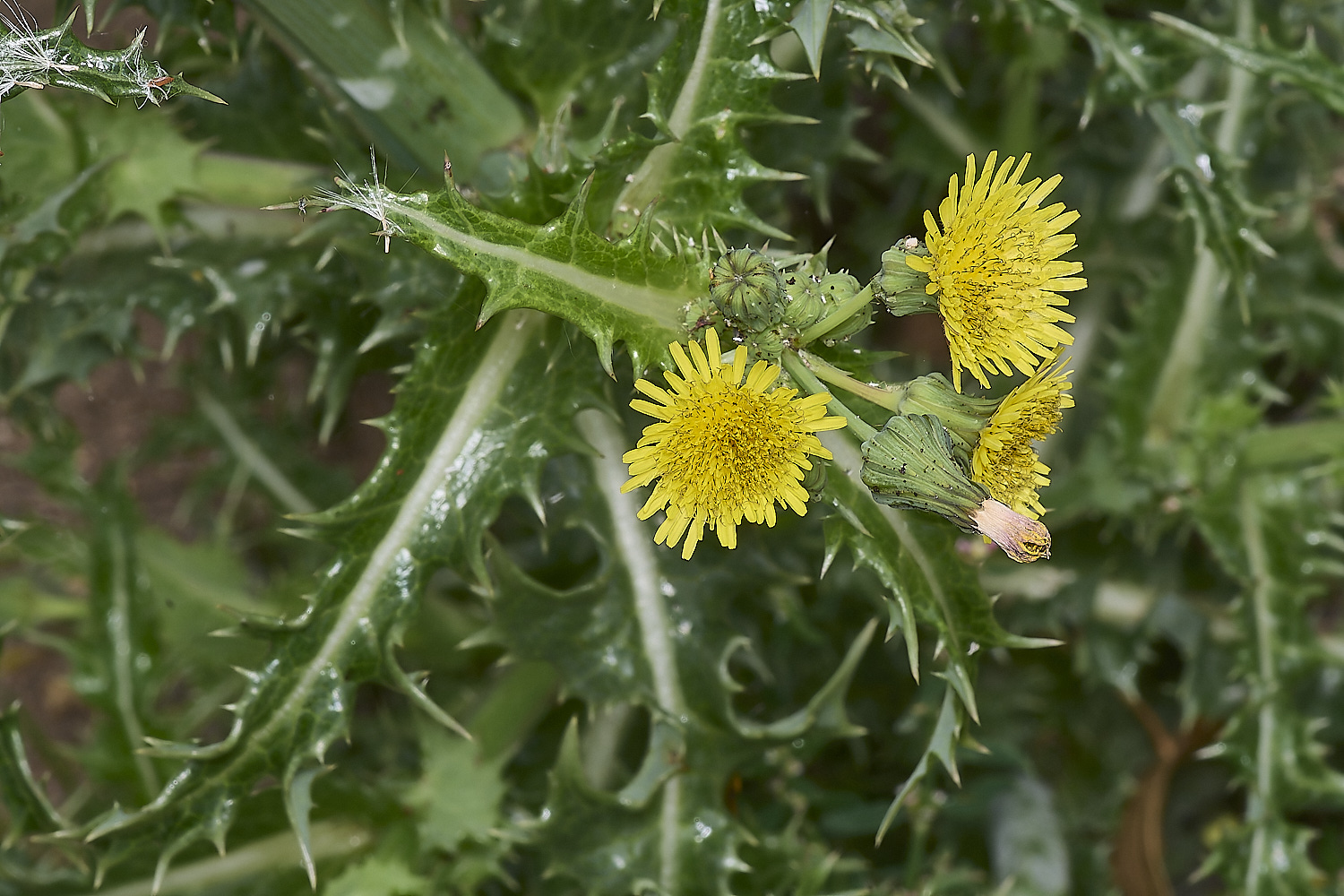
Prickly Sow-thistle (Sonchus asper)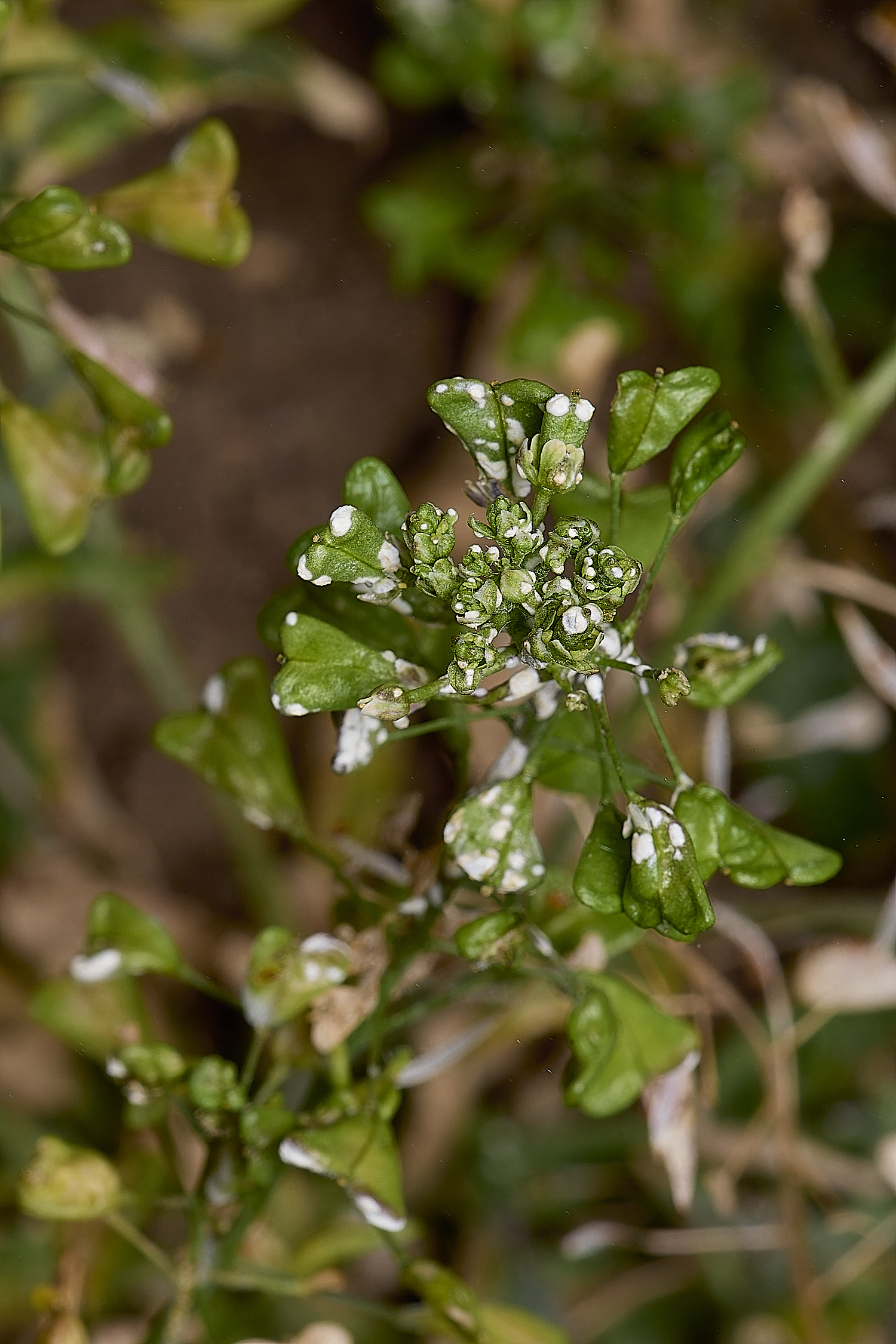
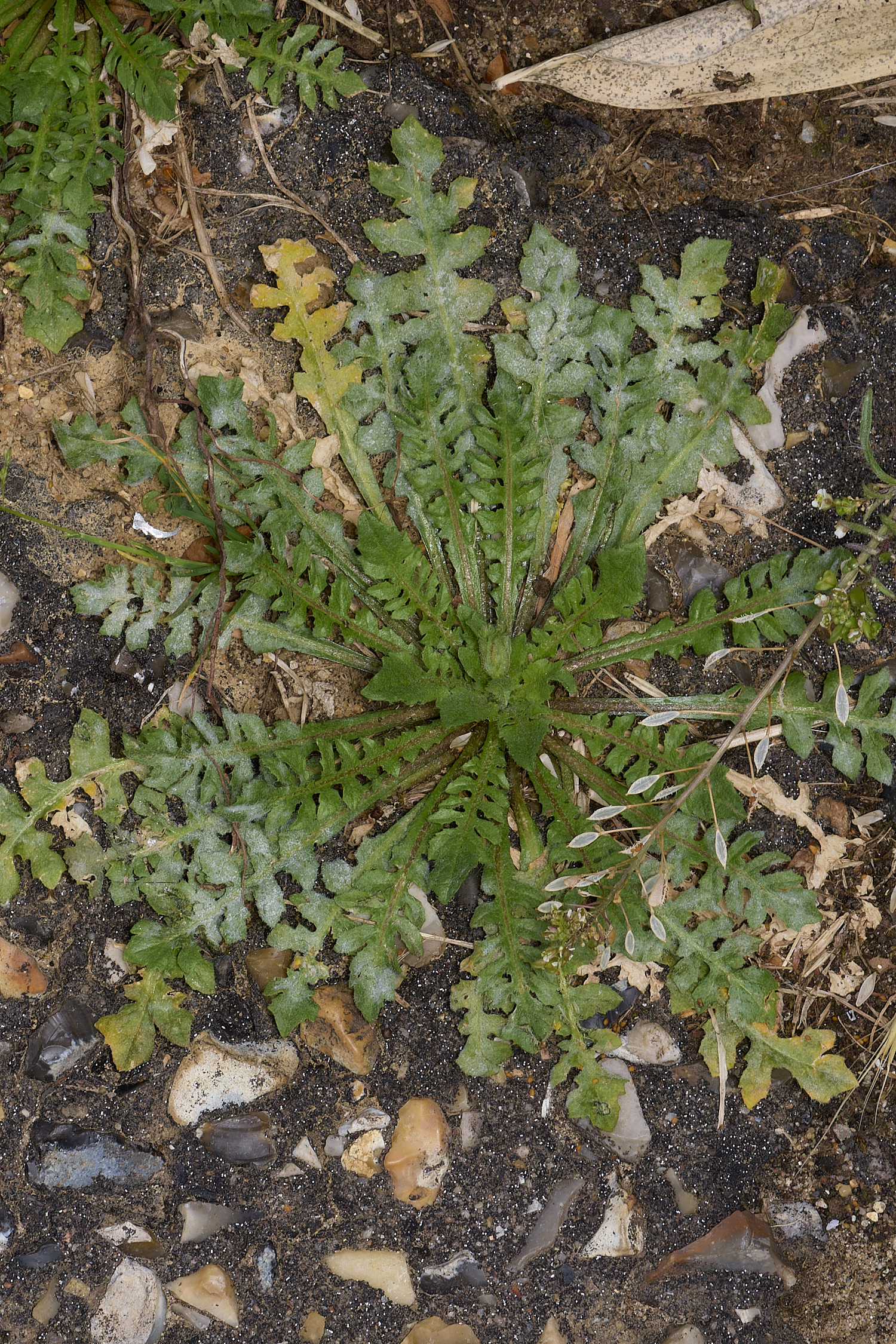
Basal rosette
Shepherd's Purse (Capsella bursa pastoris)
White Blister Rust showing on this specimen.
Apparently not actually a rust but an oomycete
Albugo candida
from
Whiteknights Biodiversity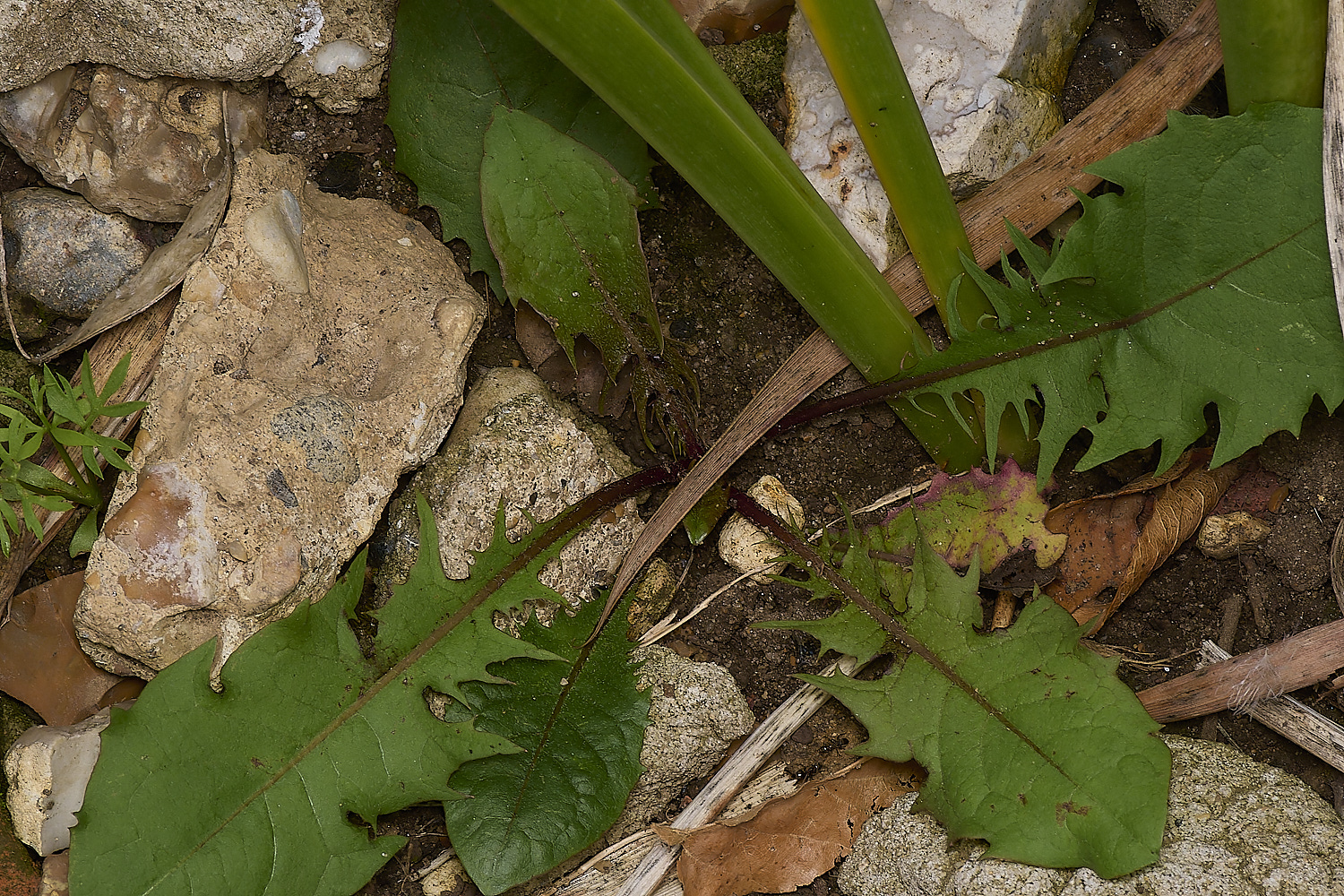
Taraxacum Sp?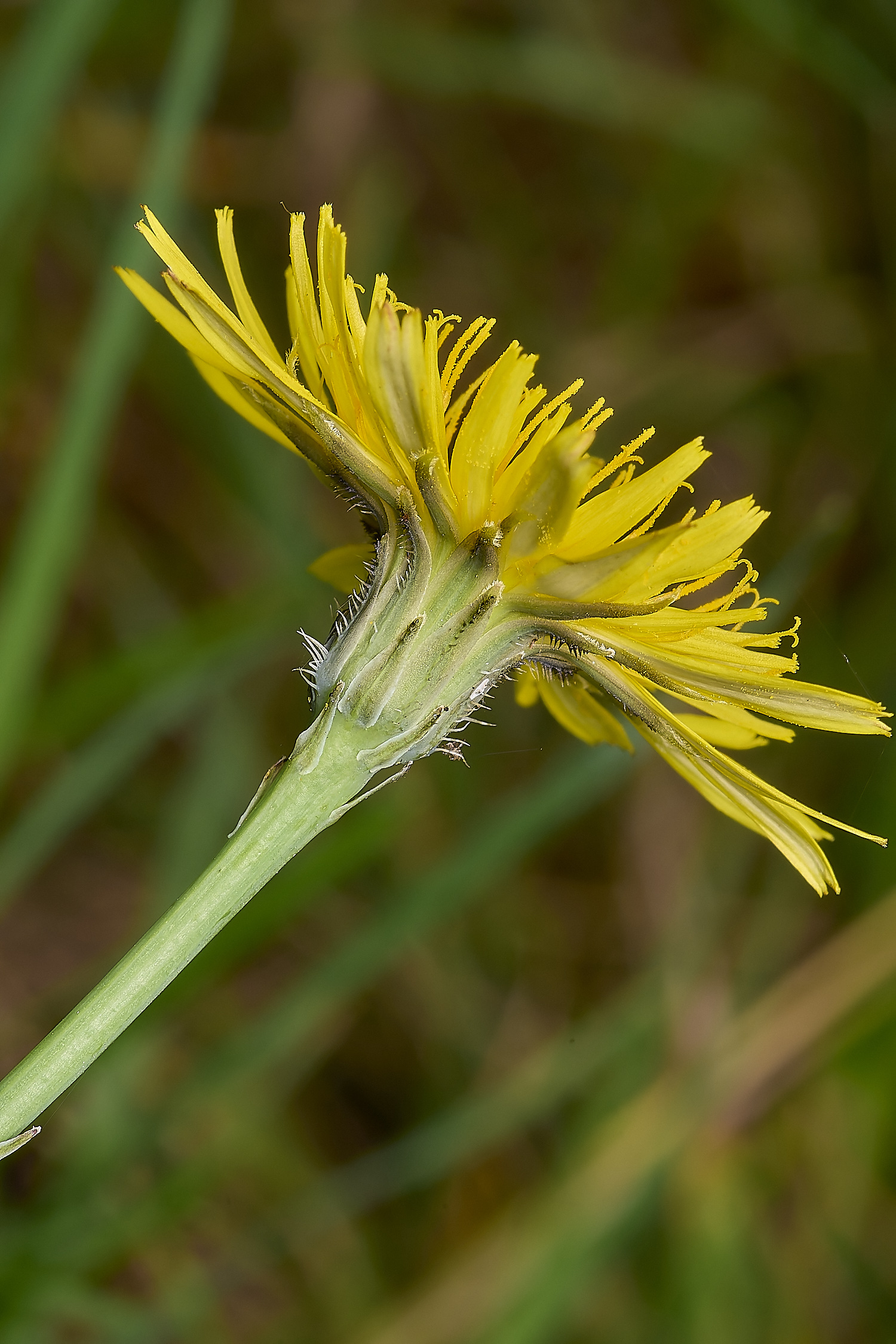
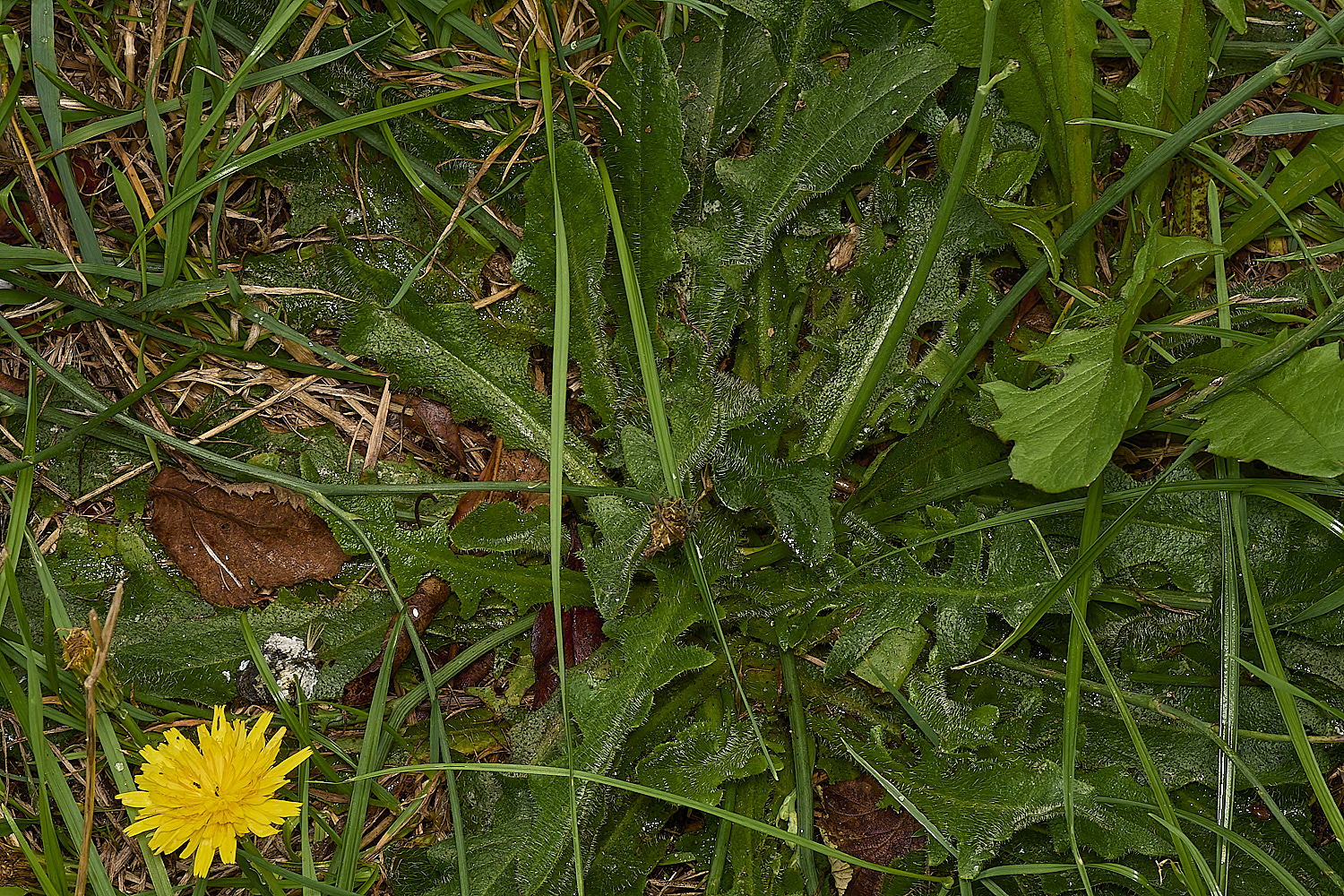
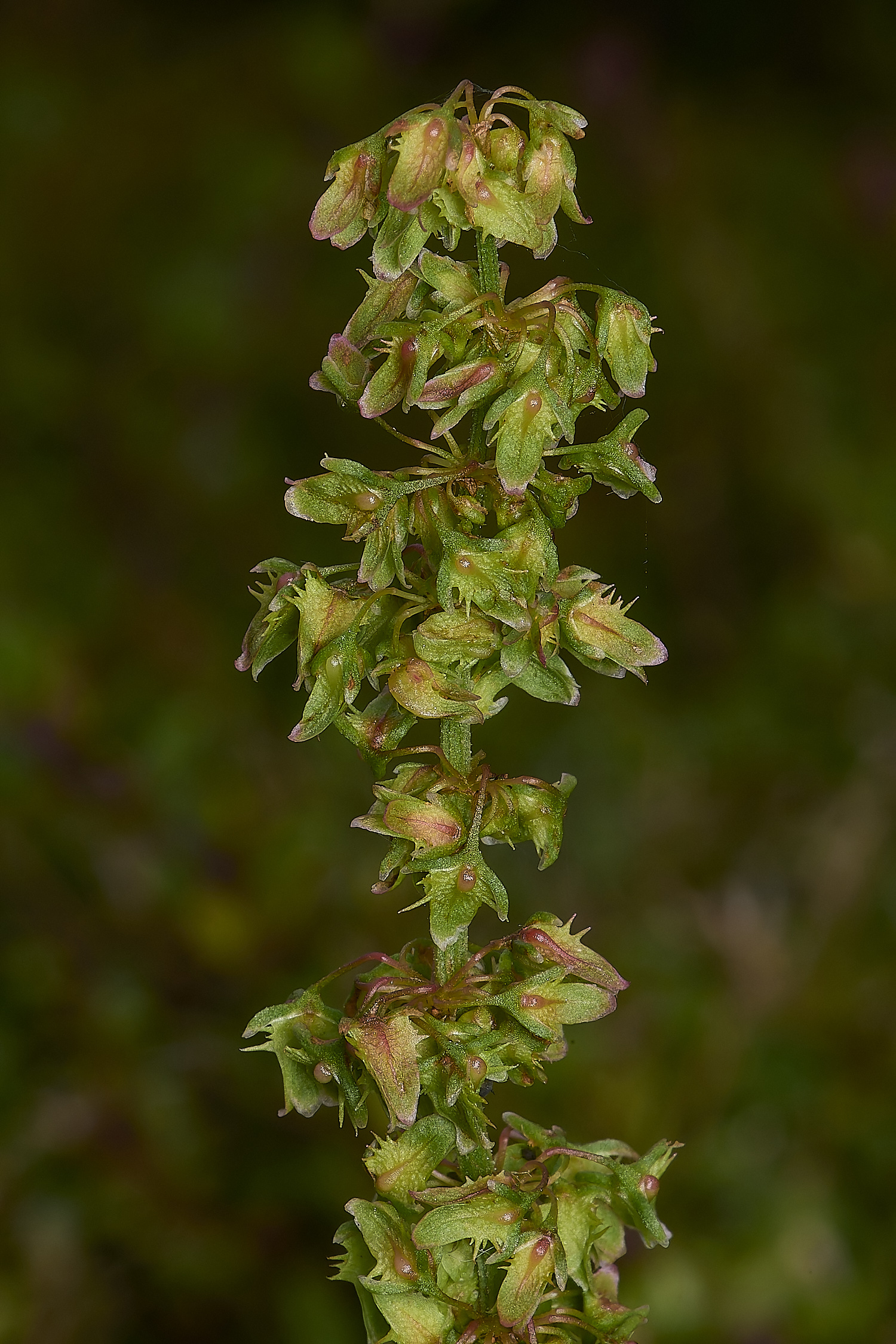
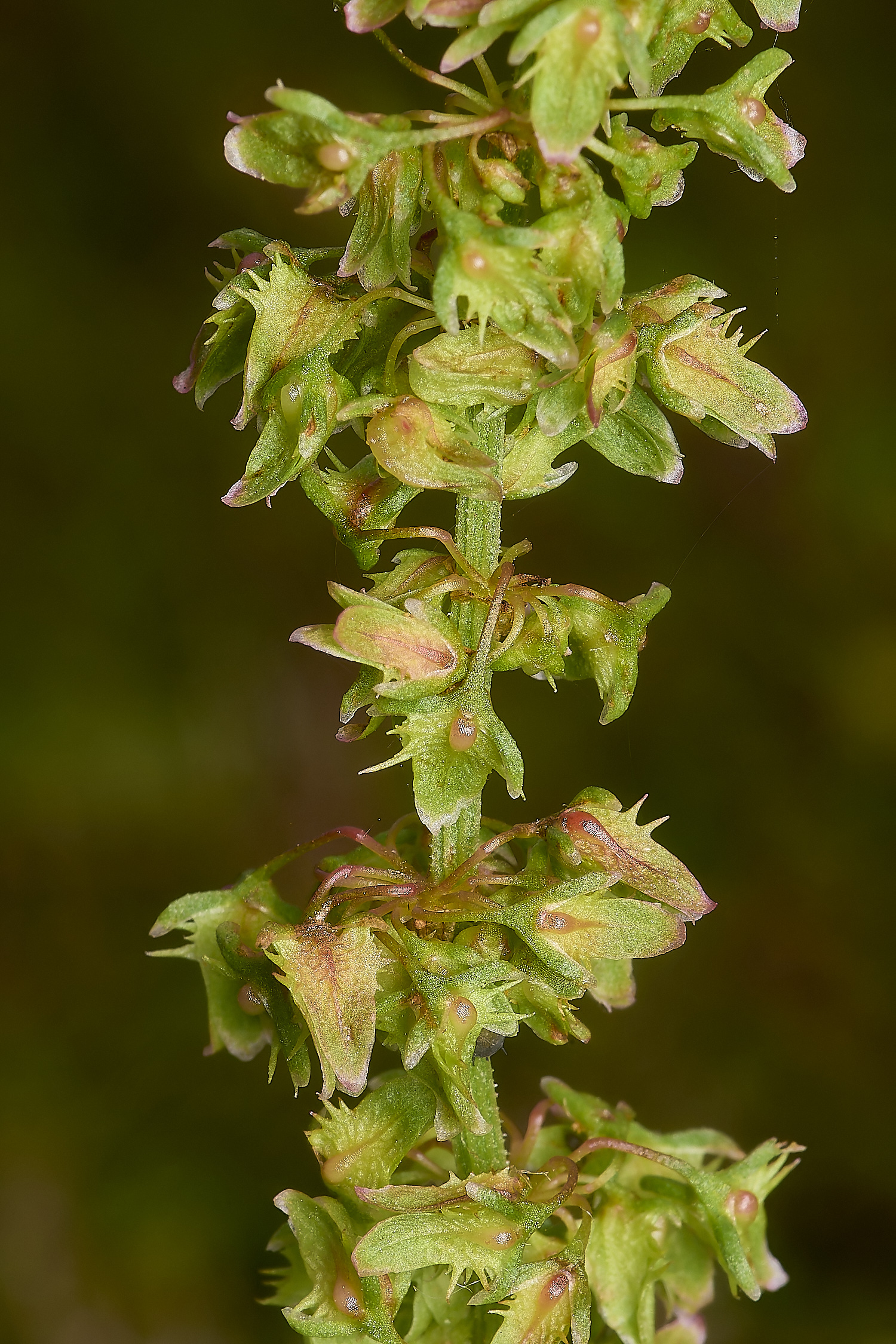
Broad-leaved Dock (Rumex obtusifolius)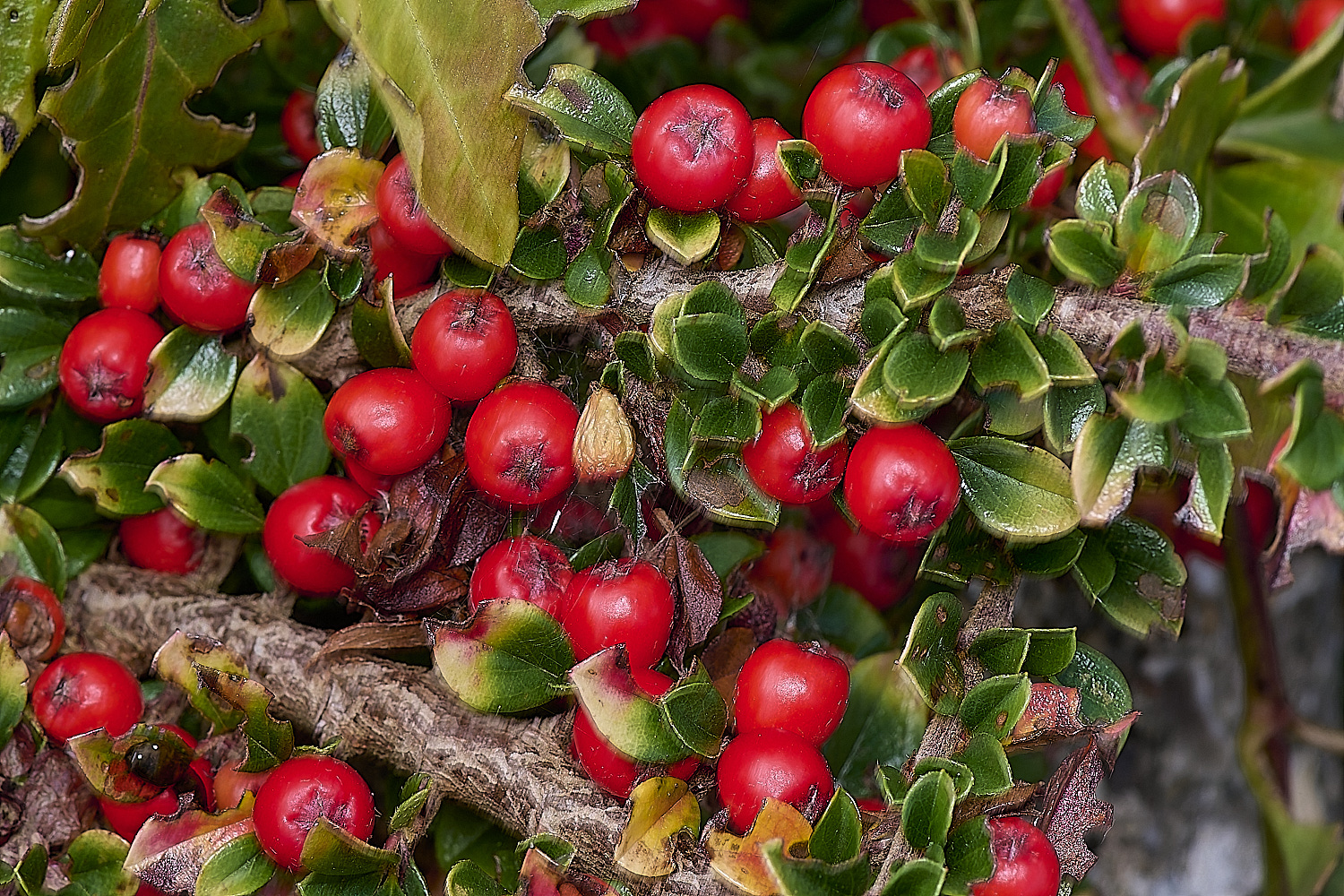

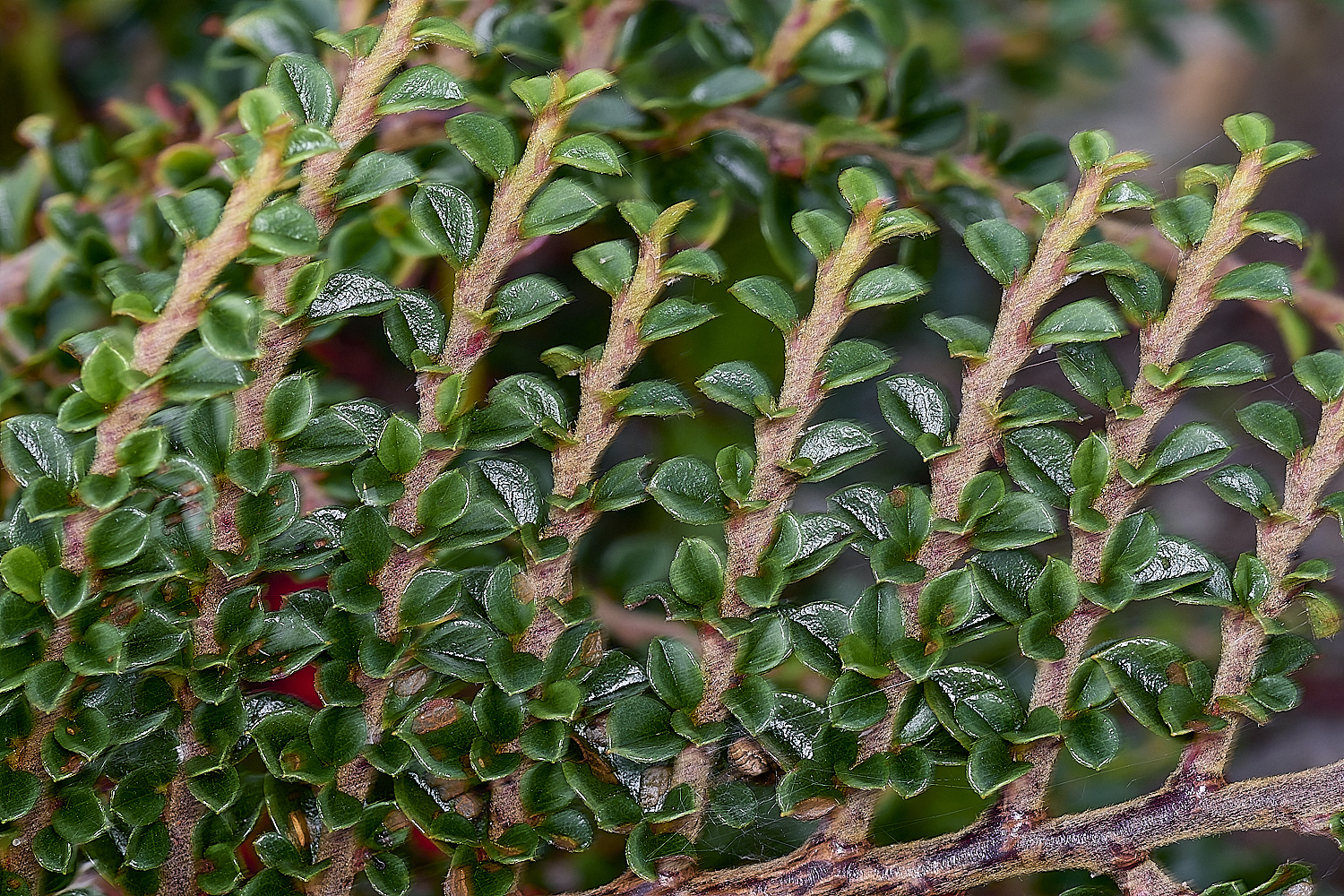
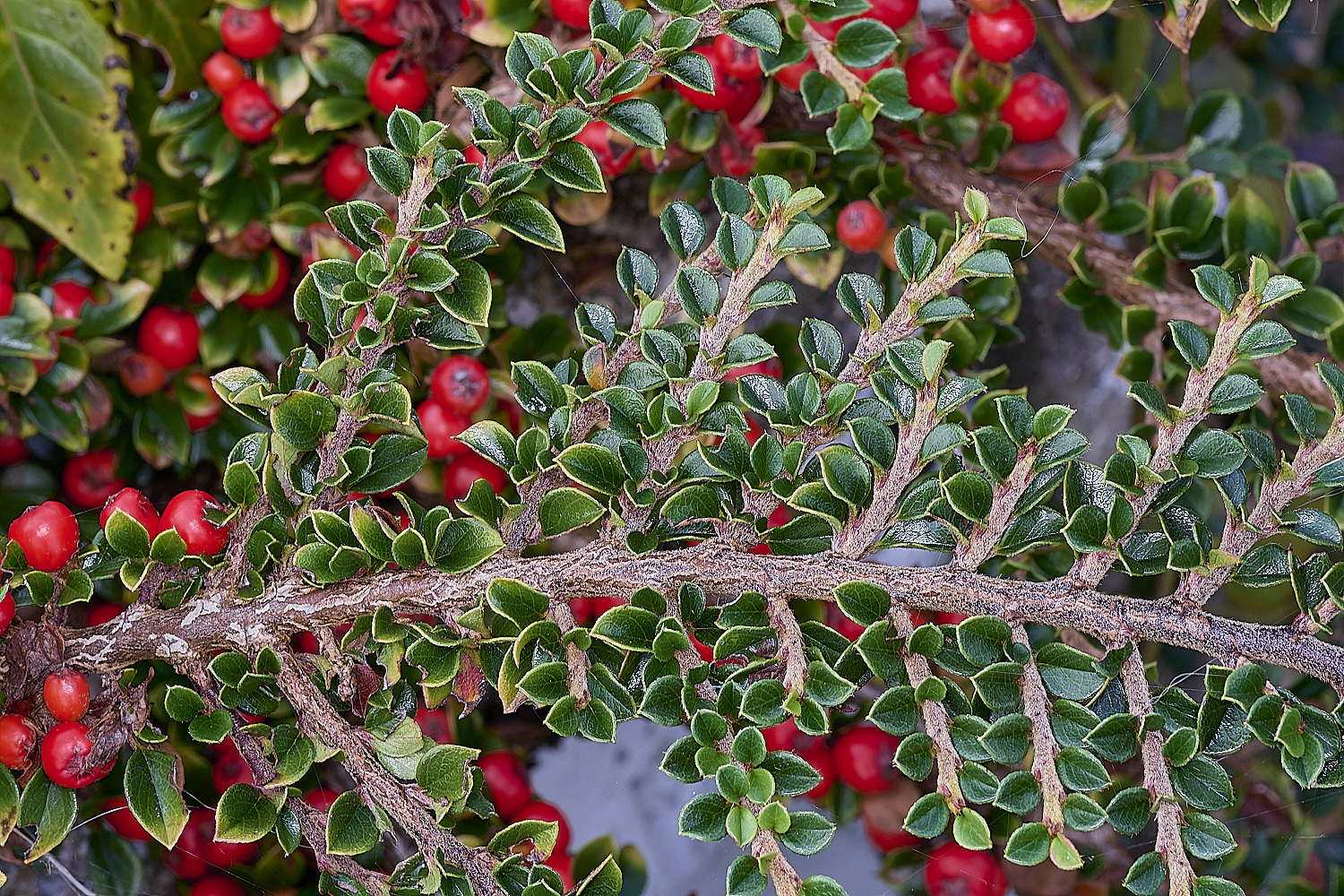
Very delicate small-leaved Cotoneaster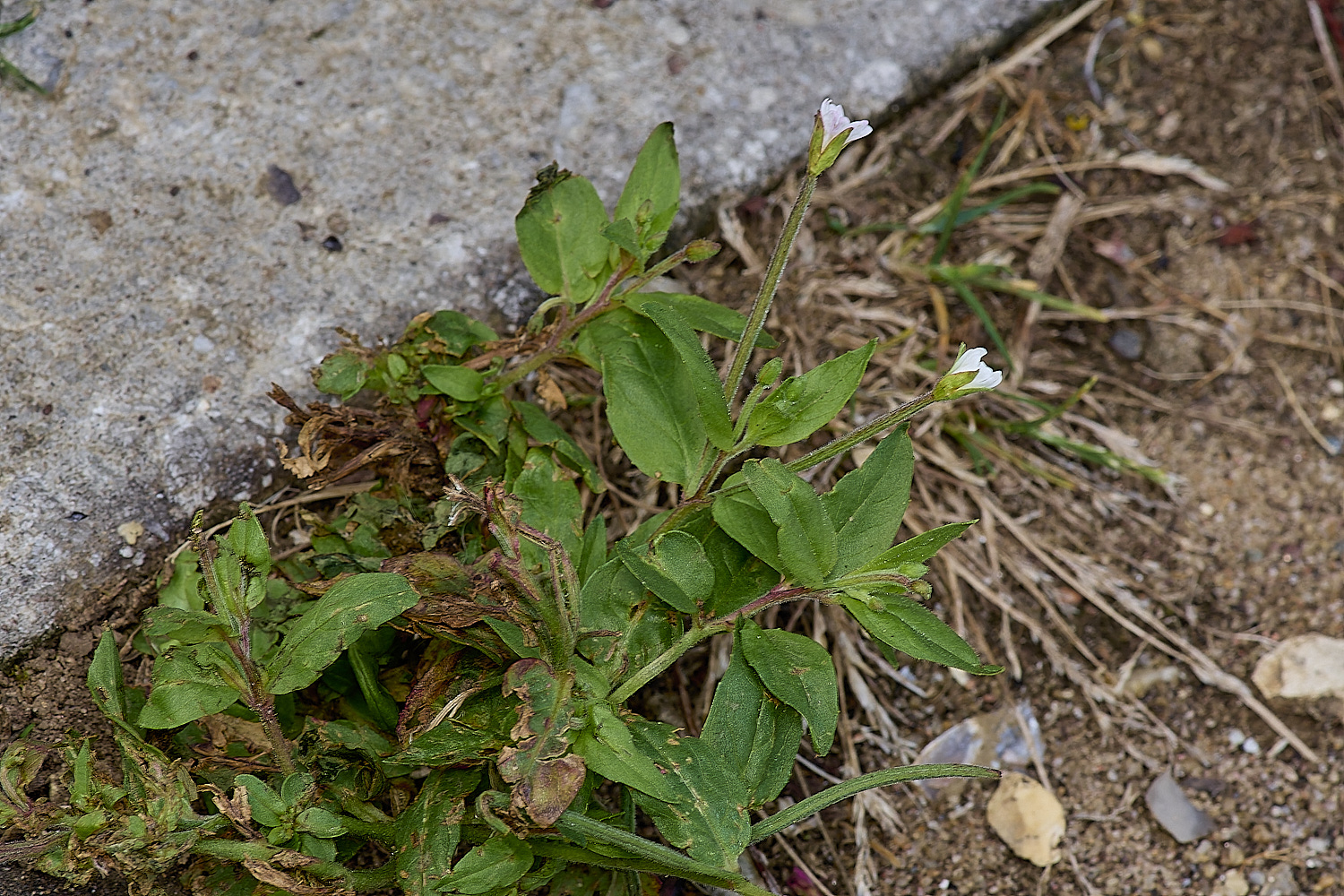
Pale Willowherb (Epilobium roseum)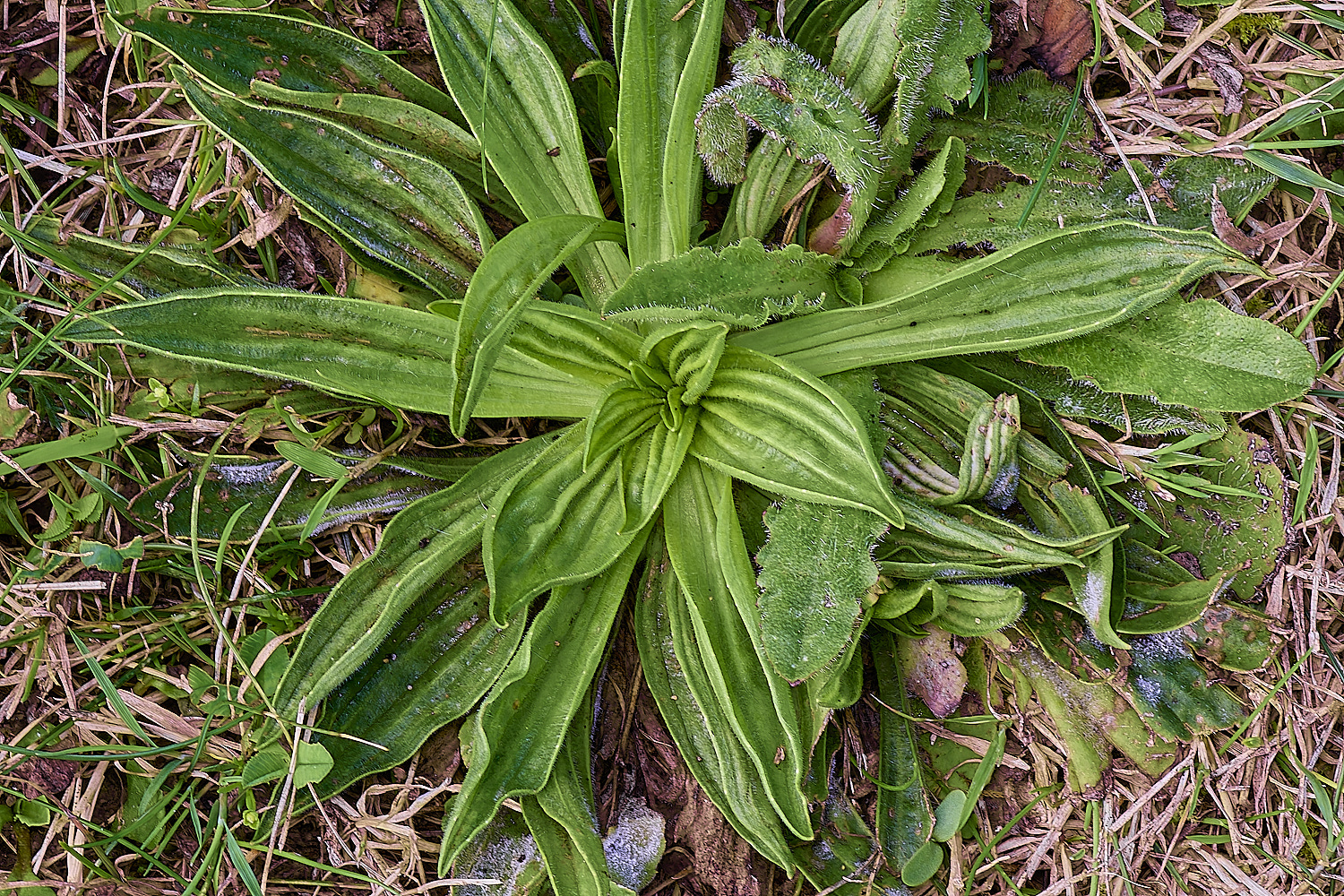
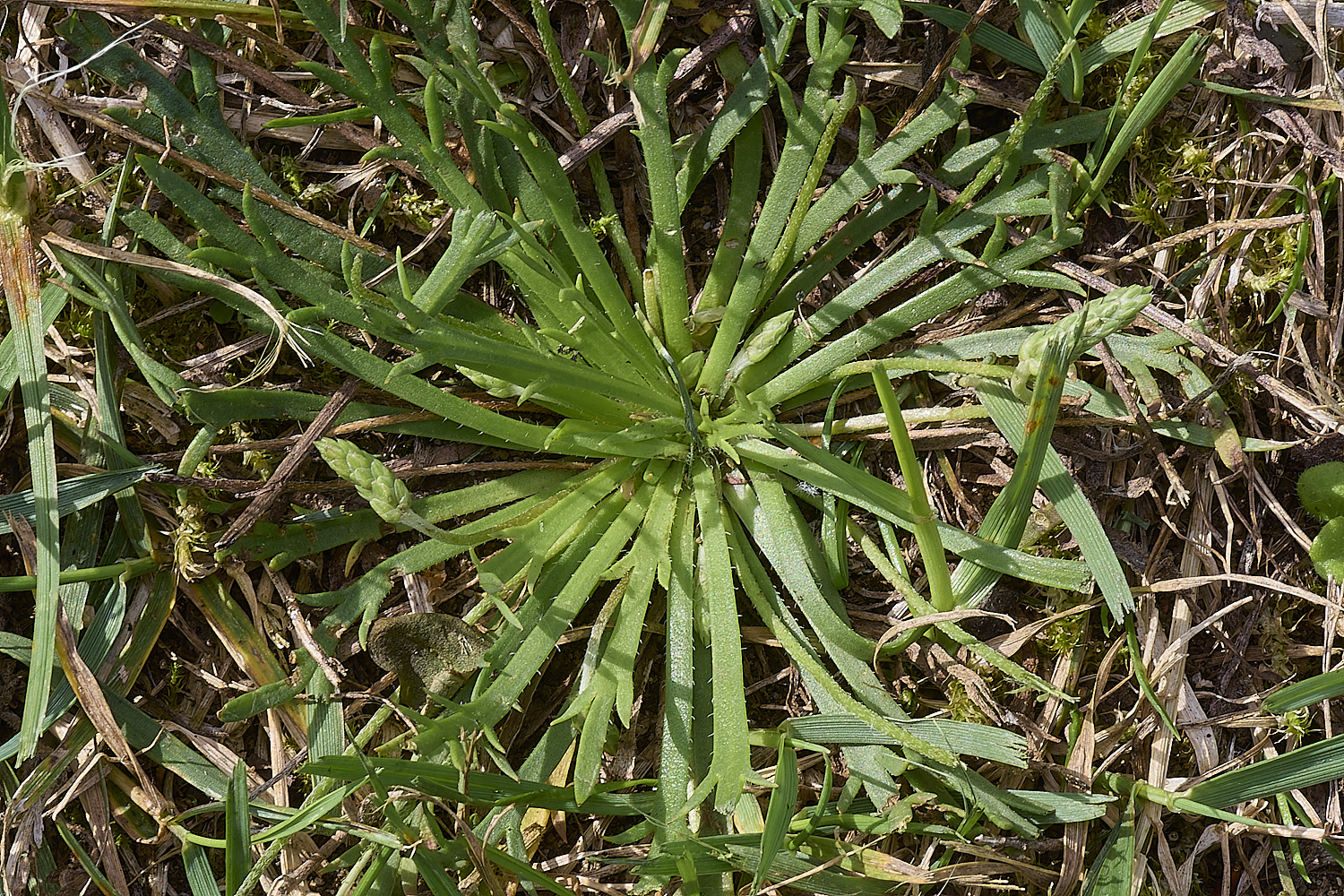
Buck's-horn Plantain (Plantago coronopus)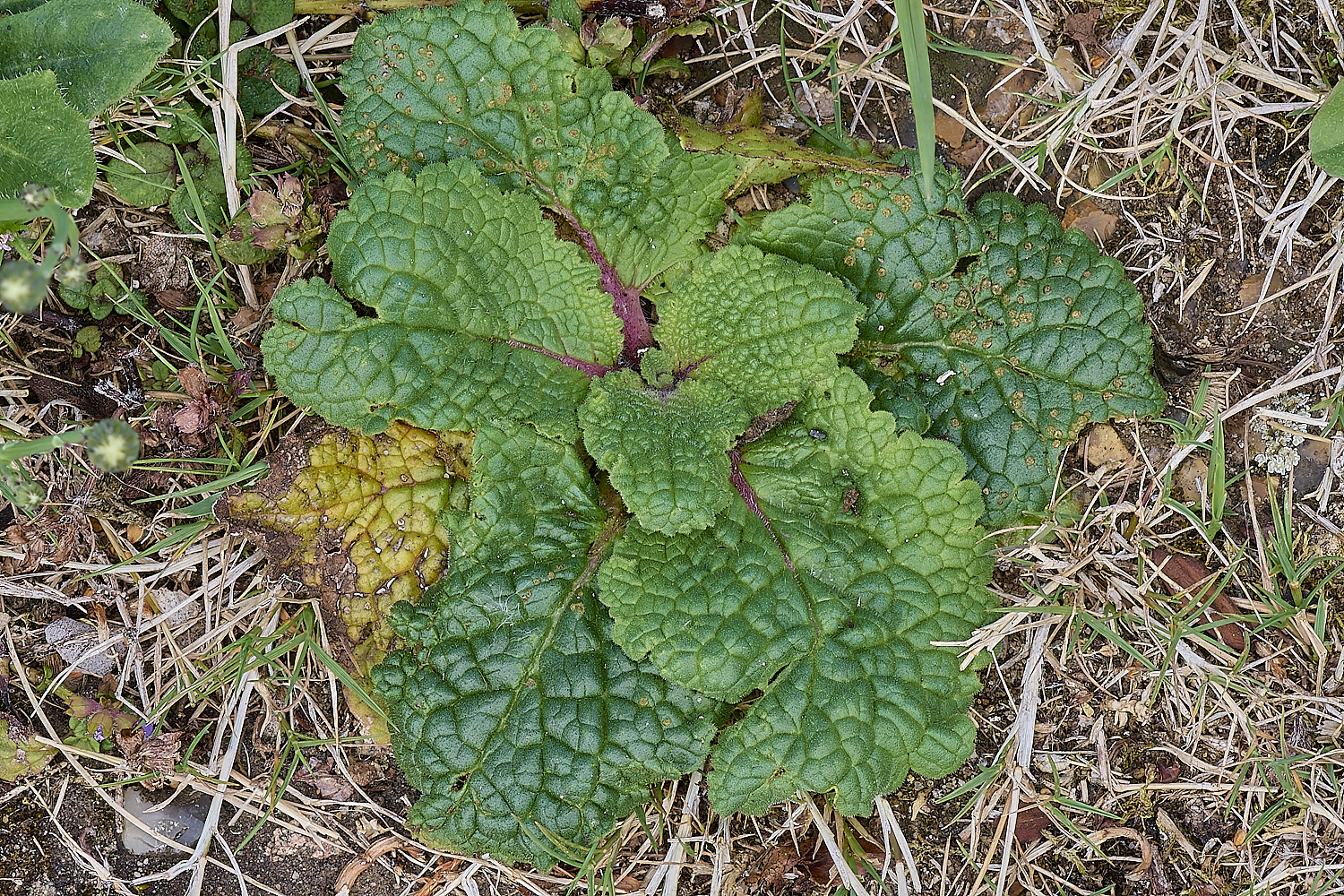
Mullein Sp Basal rosette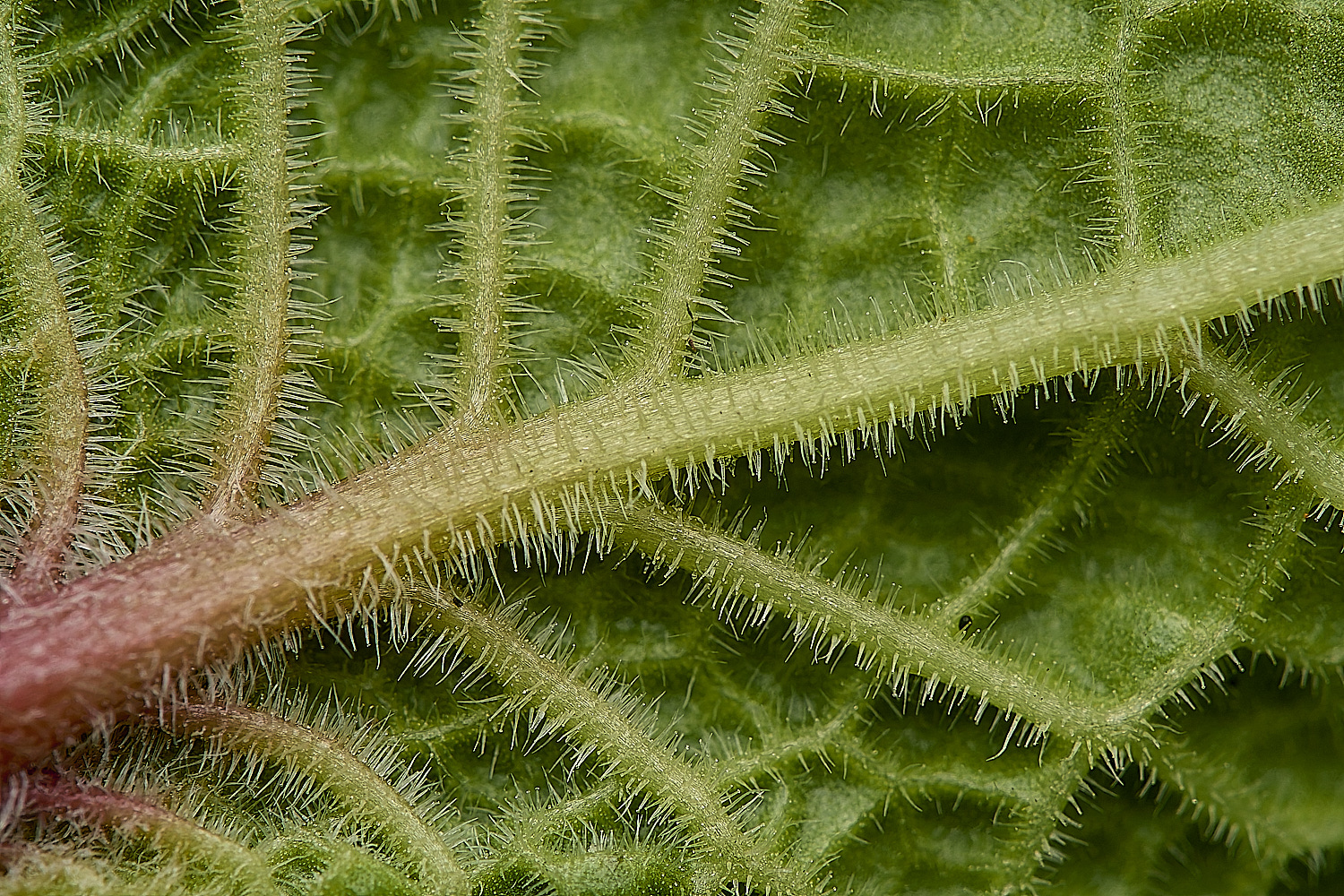
The hairs on the underside of a new leaf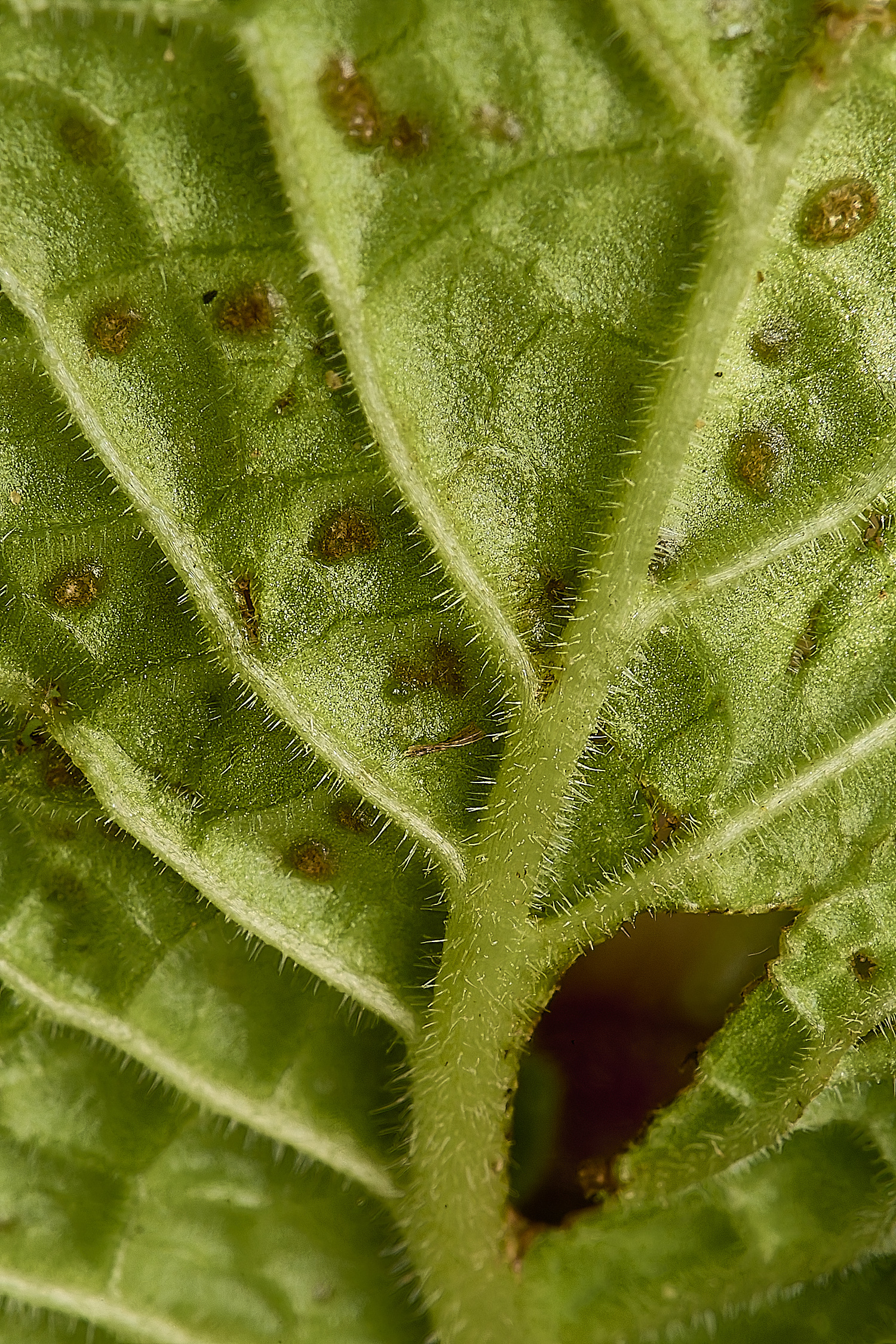
Hairs on the underside of an older leaf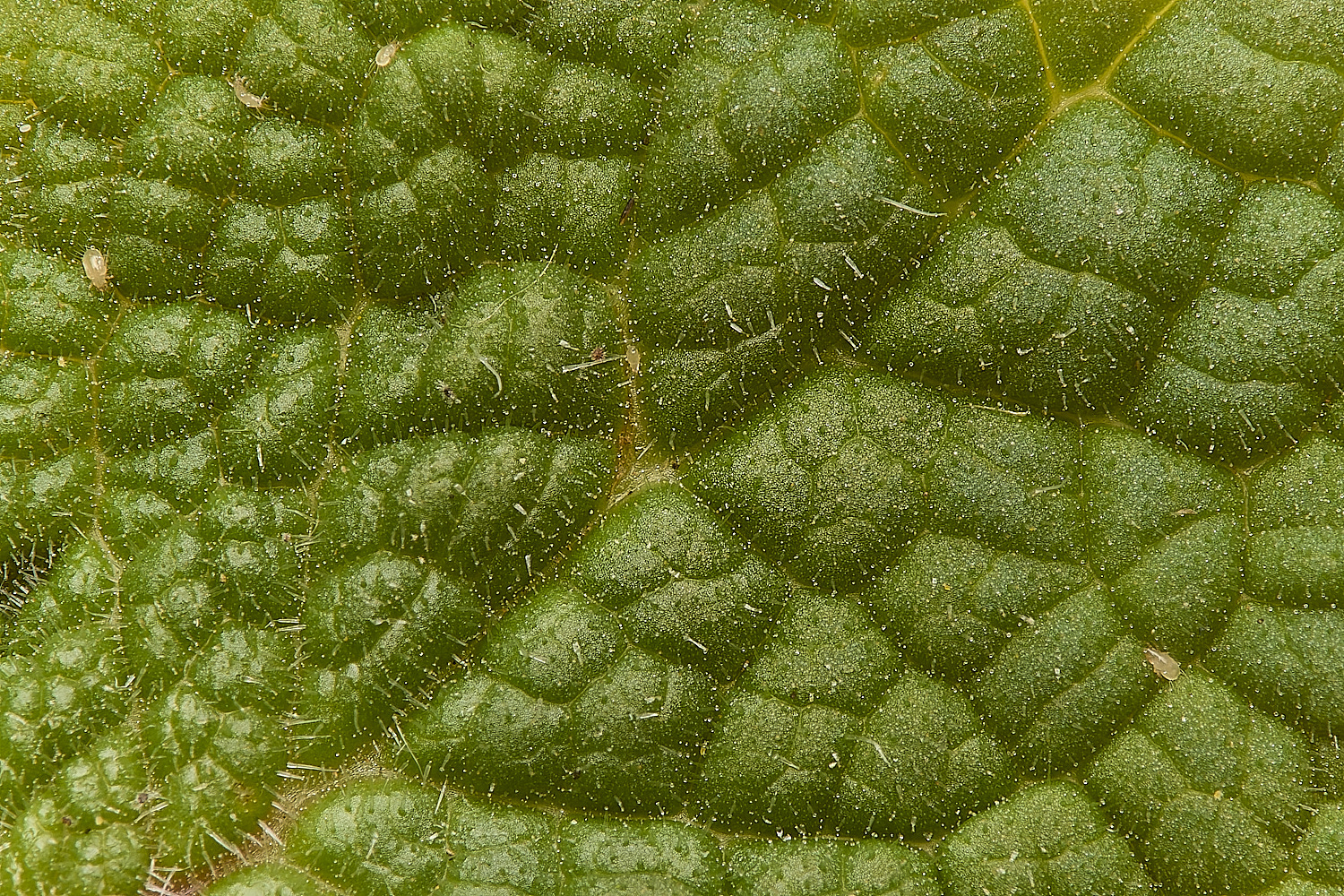
Hairs on the upper surface of the Mullein leaf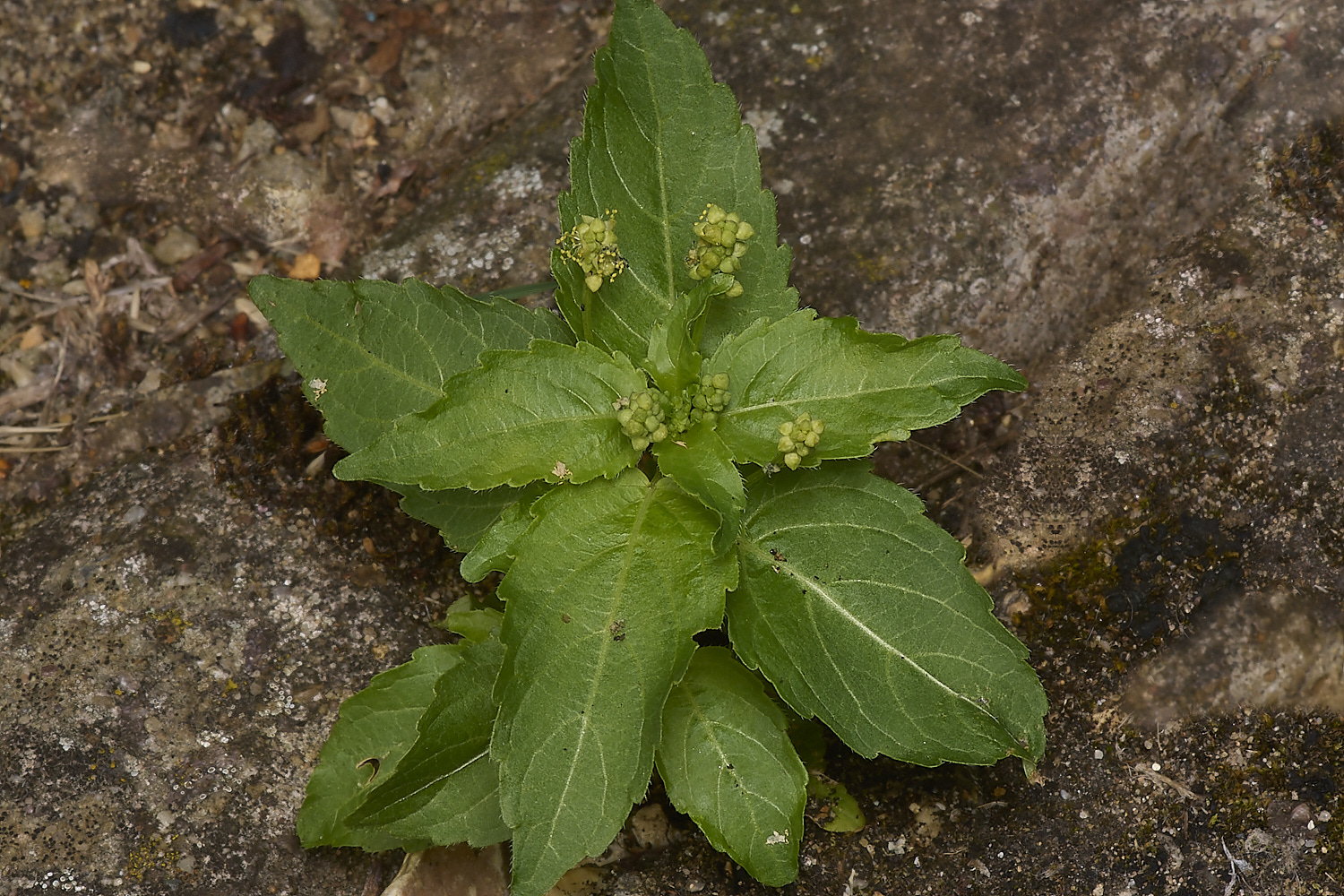
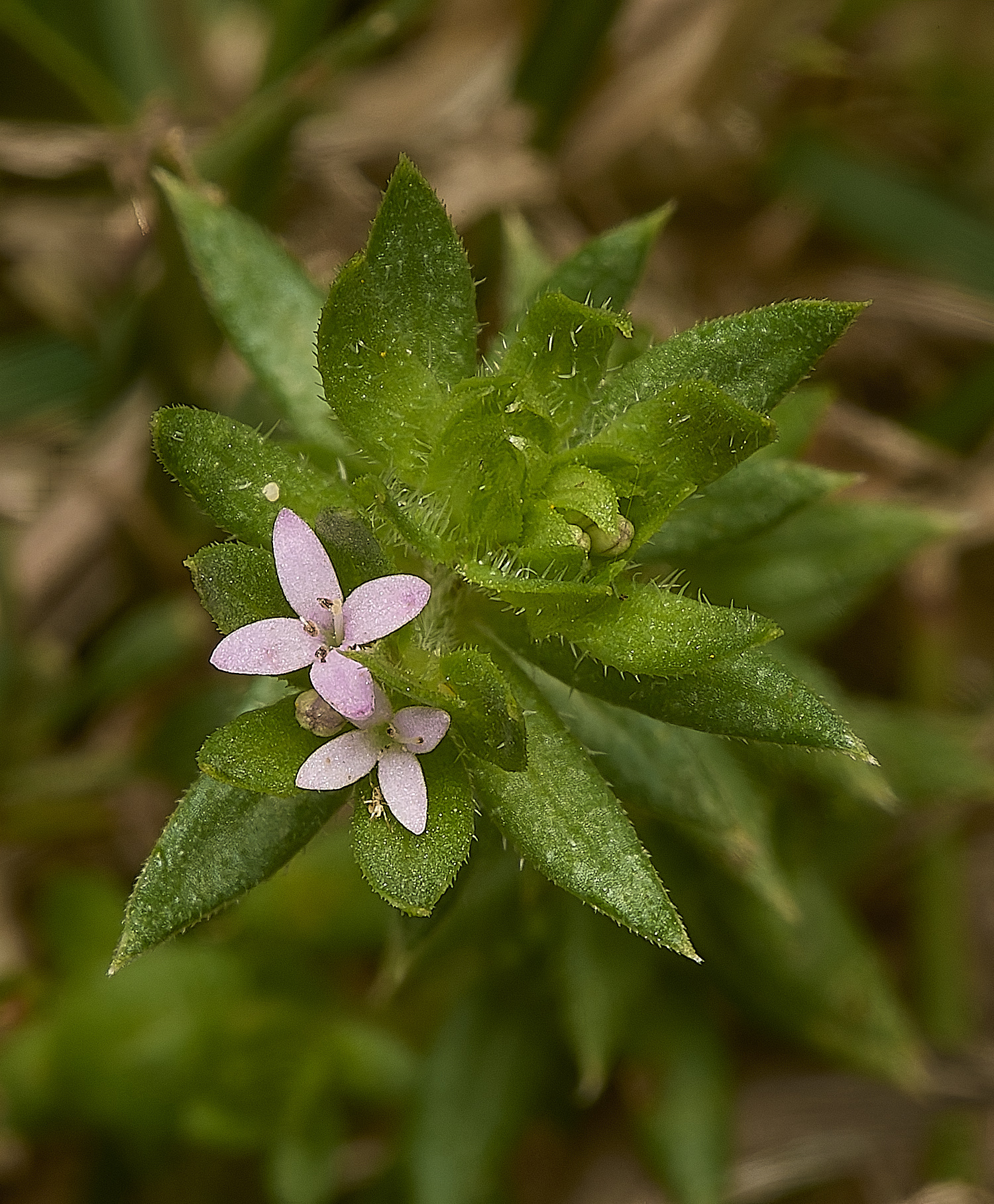
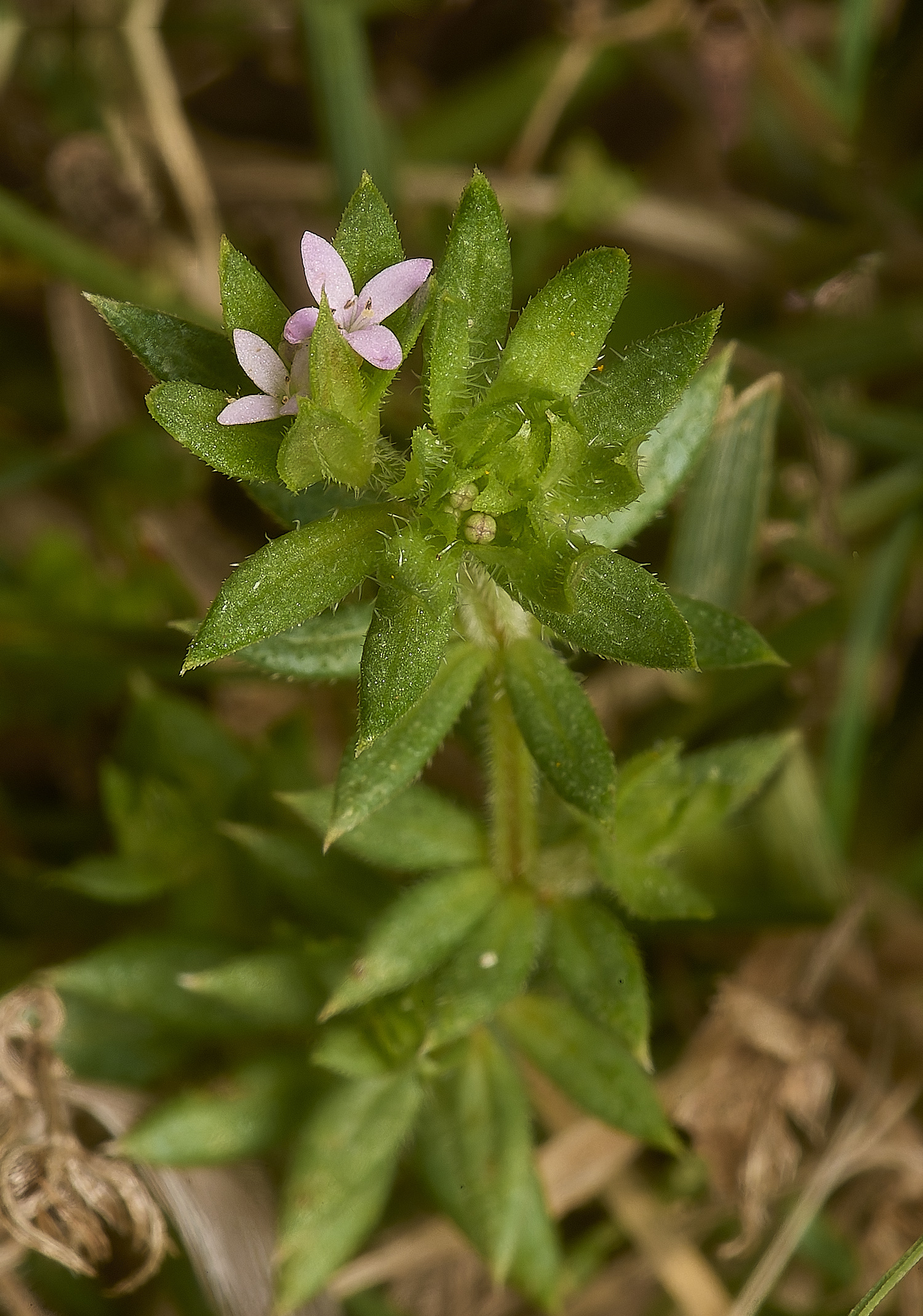
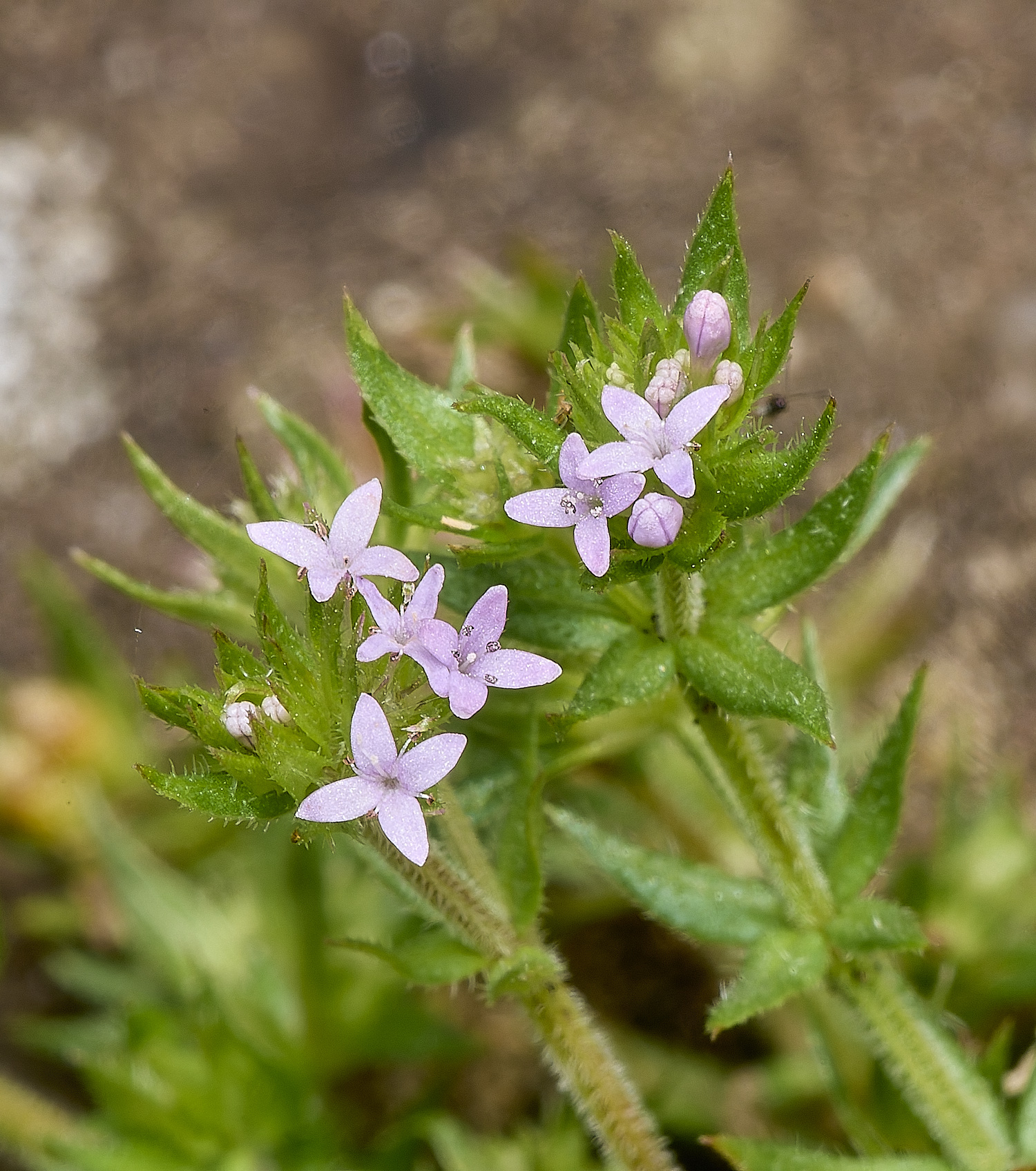
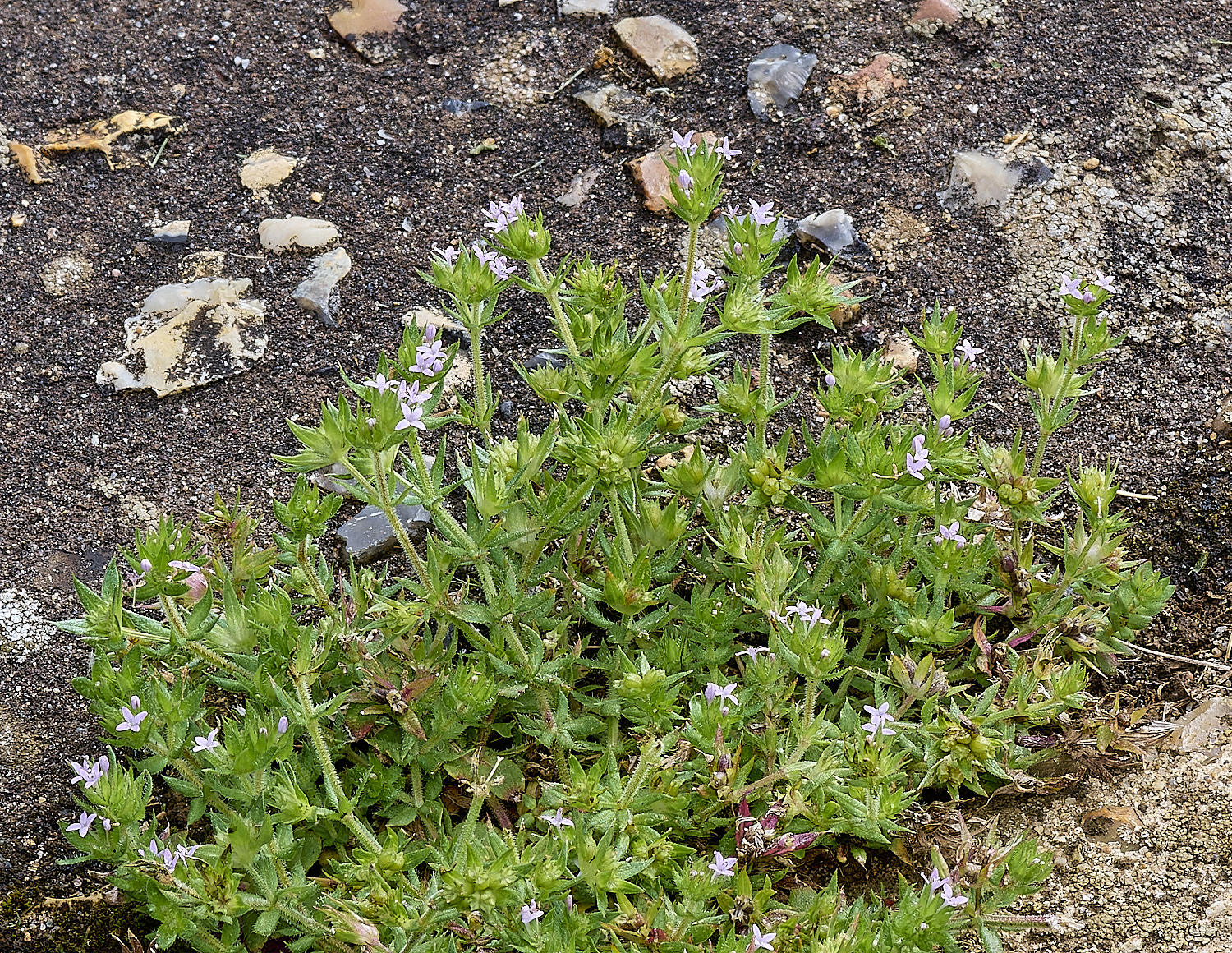
Field Madder (Sherardia arvensis)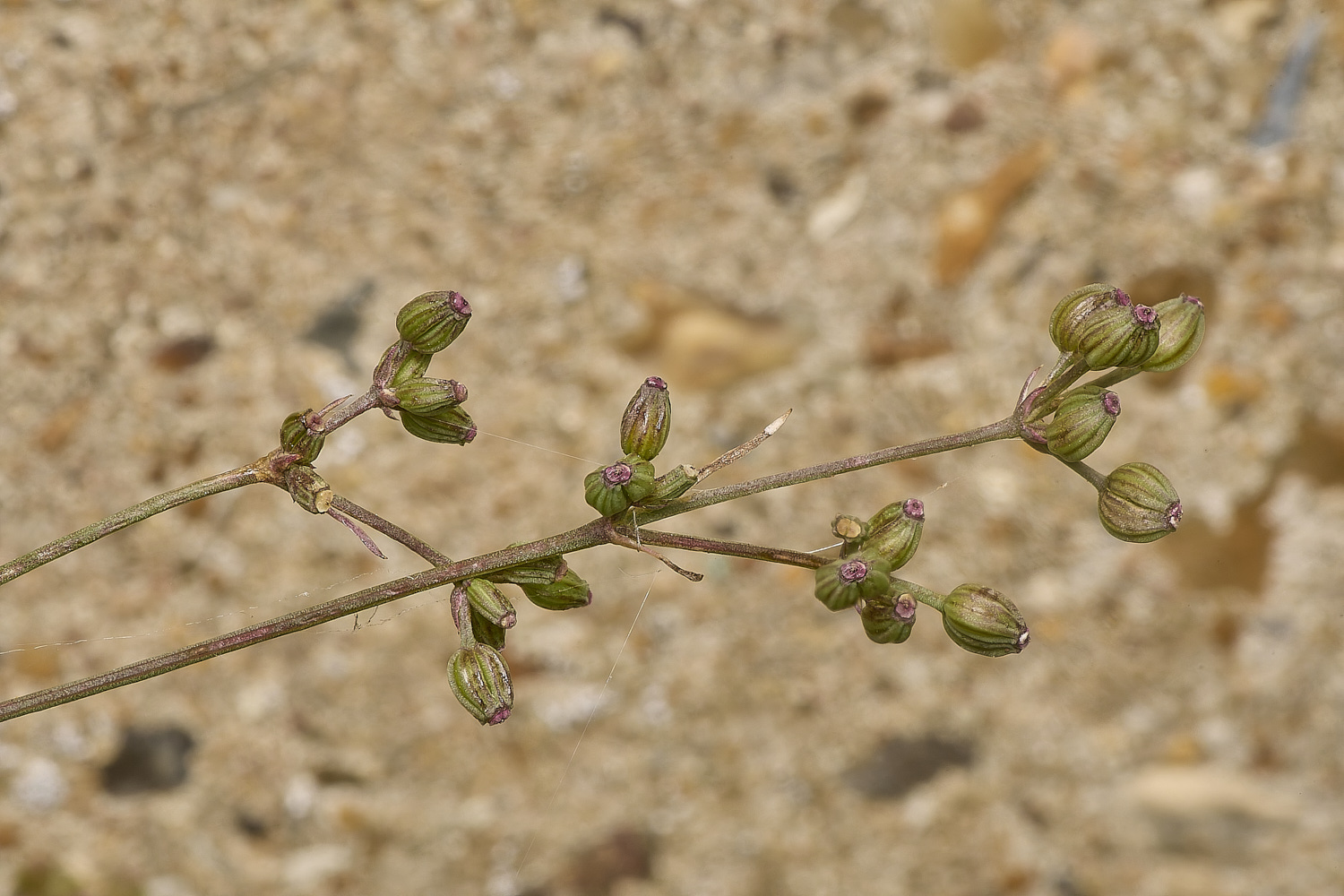
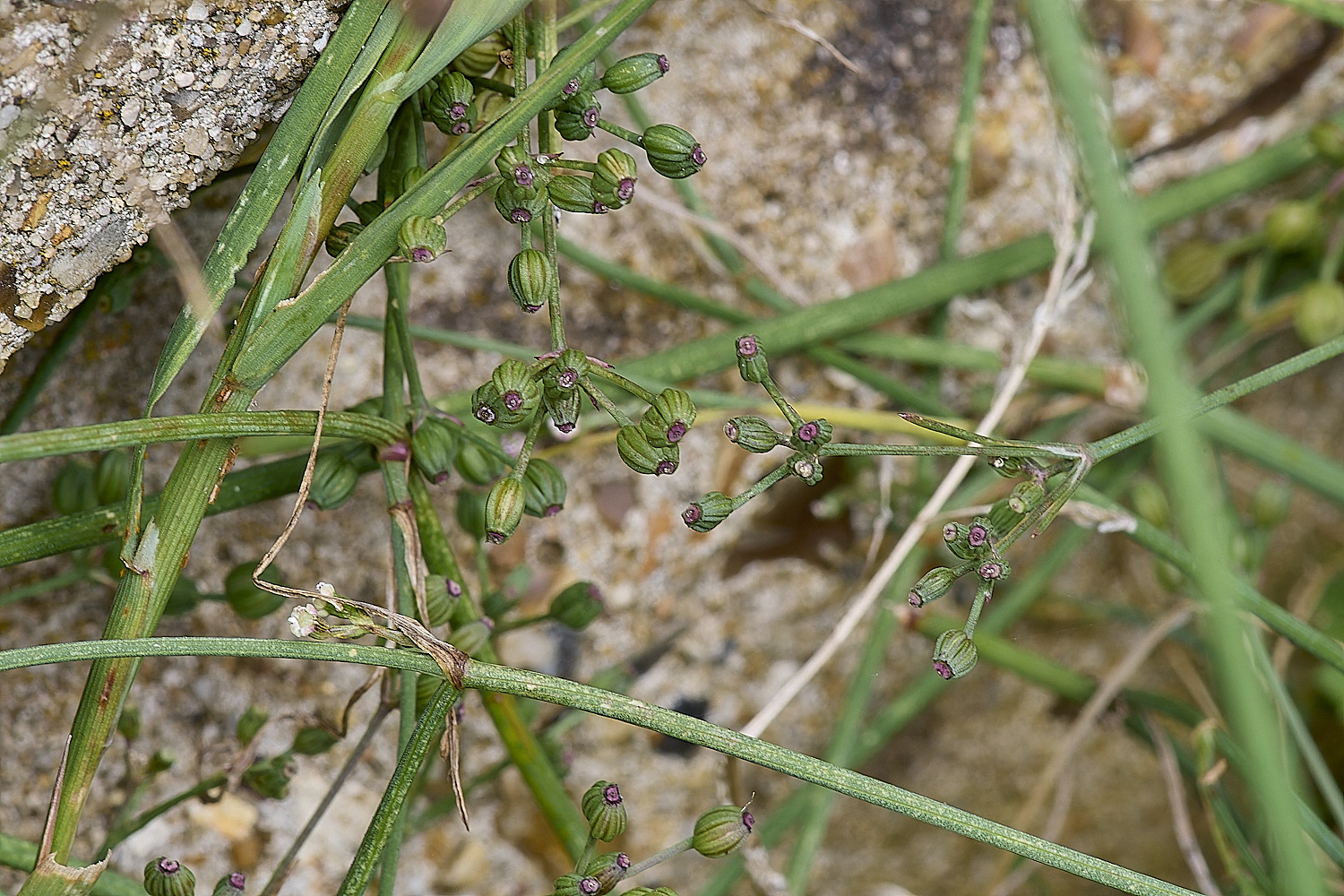

Corn Parsley (Petrosalineum segetum)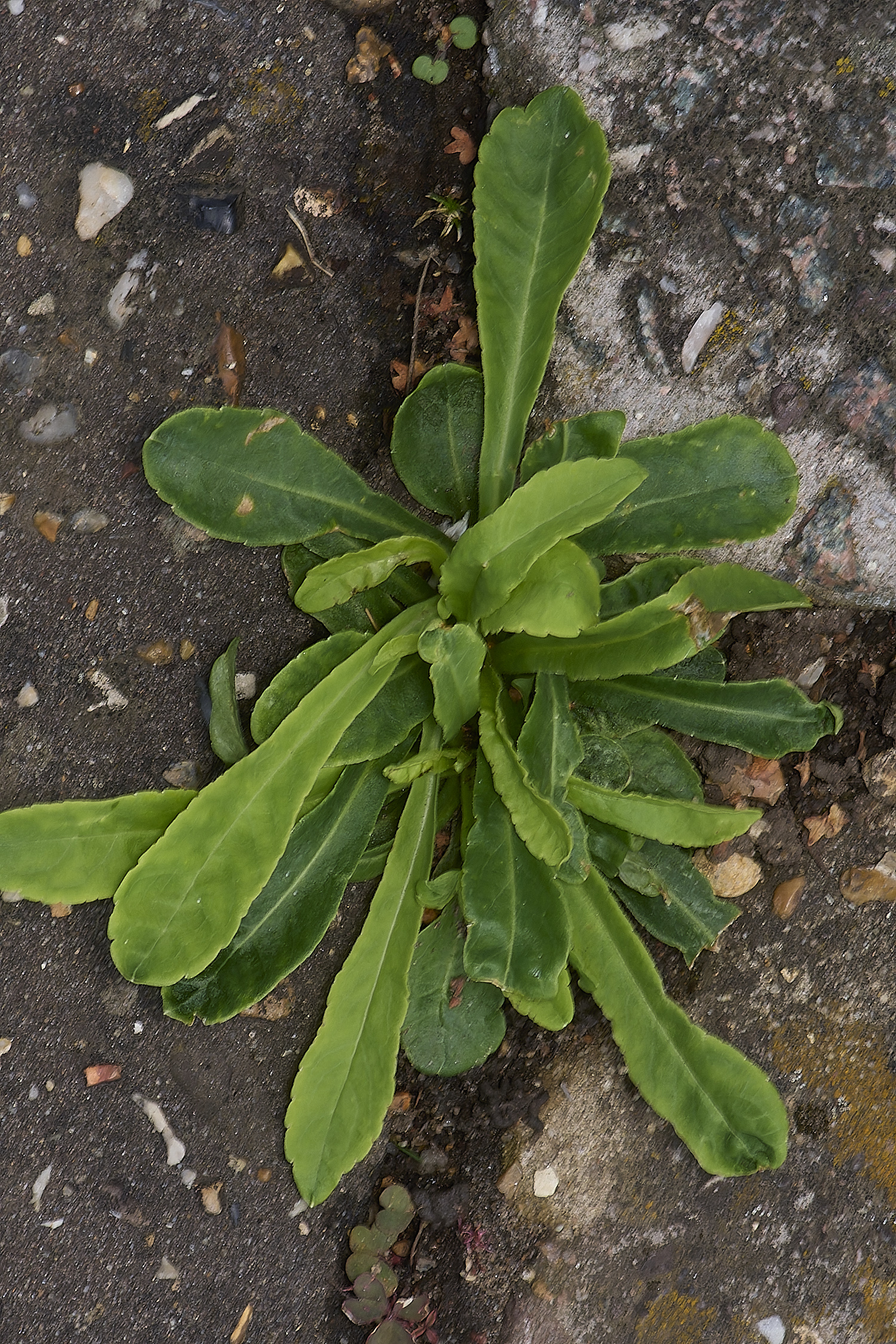
Peach-leaved Bellflower (Campanula persicifolia)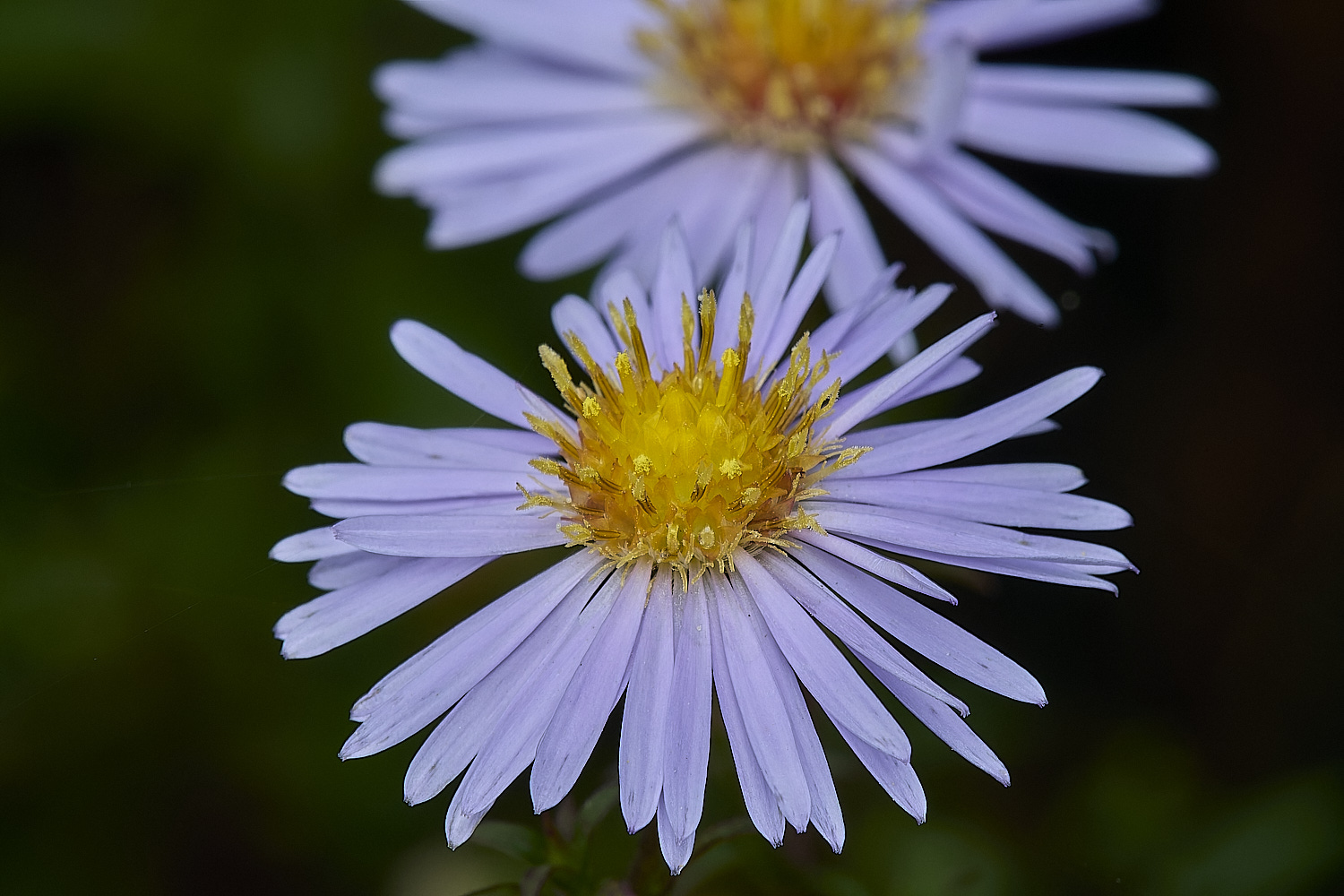
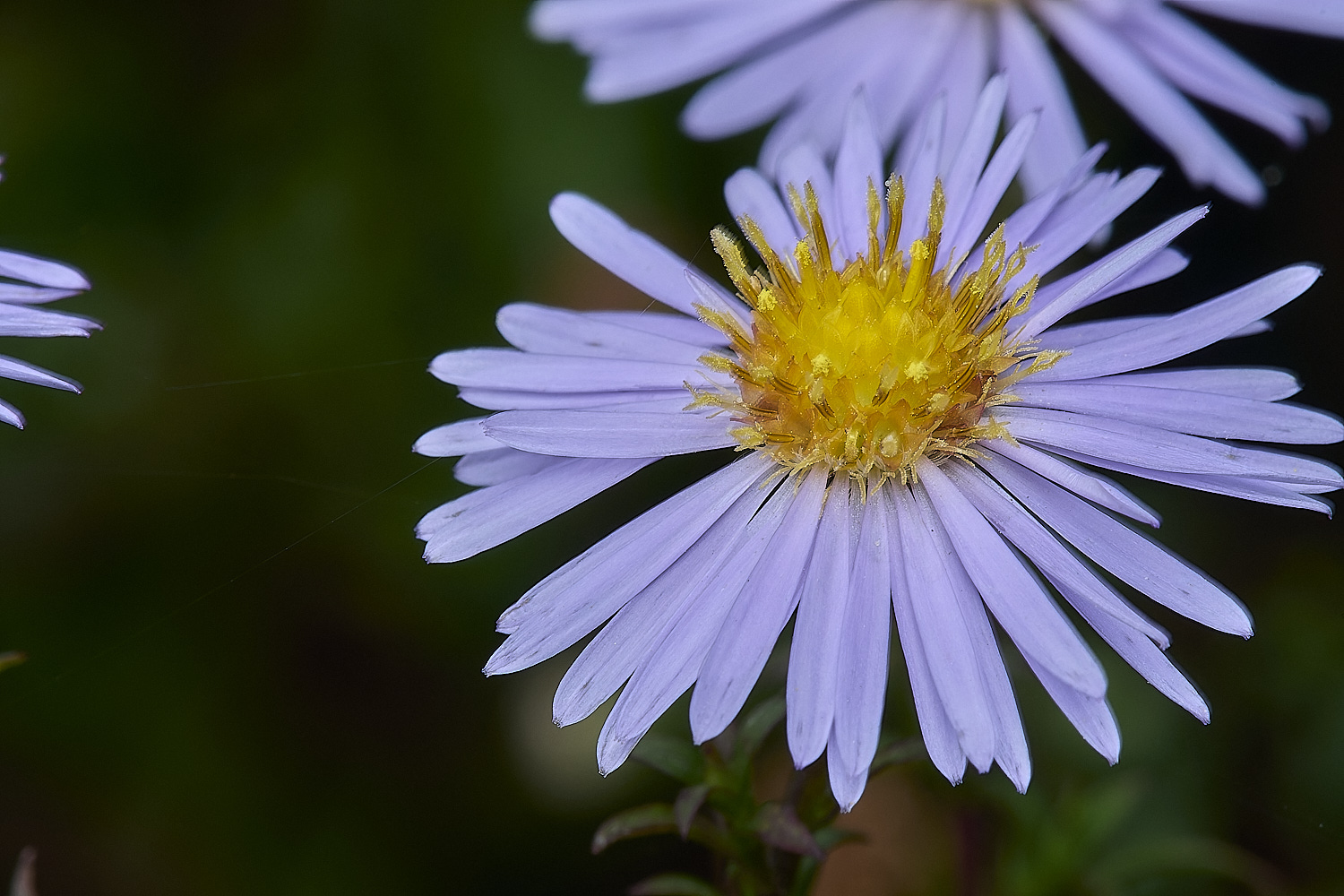
Aster / Symphotrichum Sp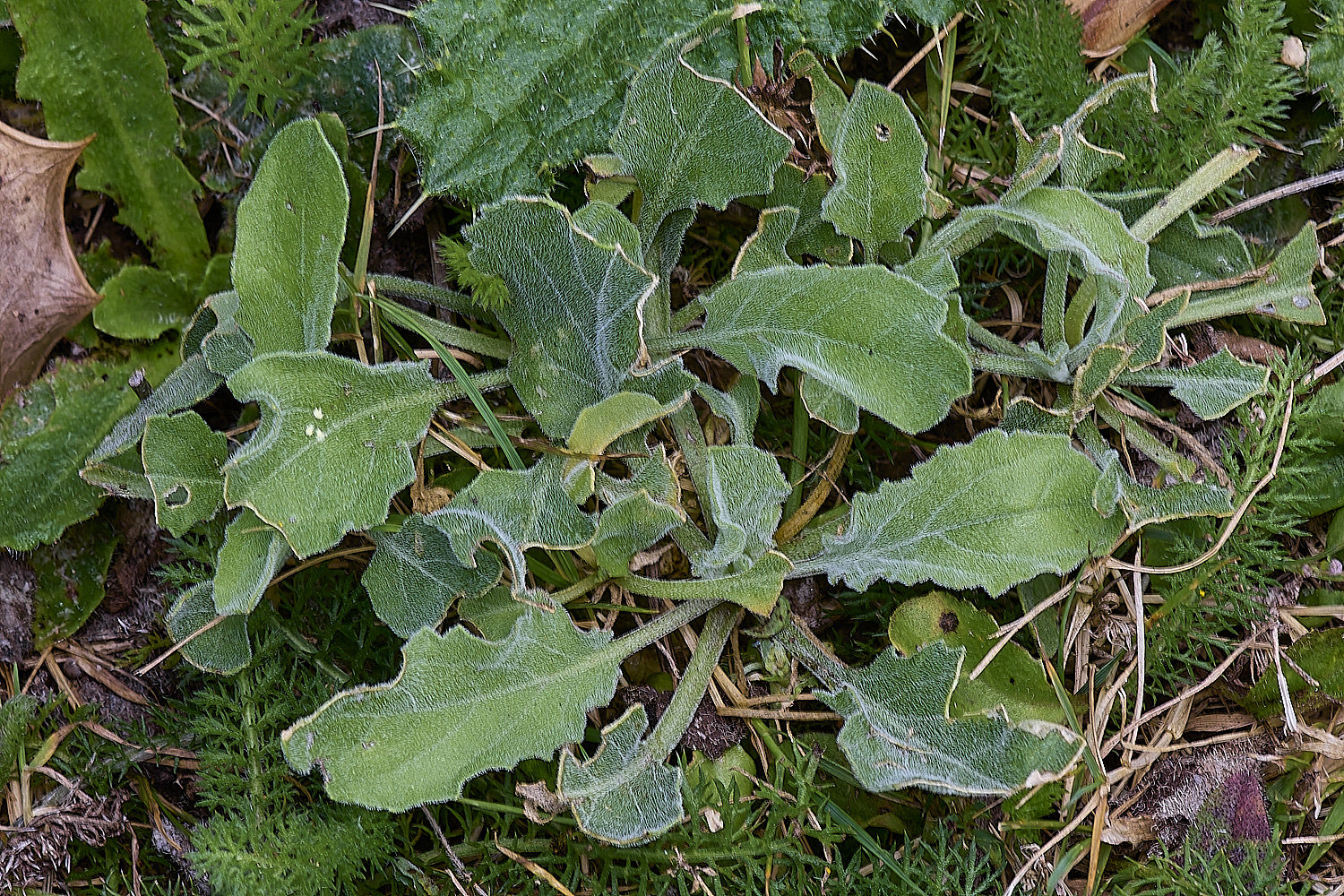
Hoary cress (Lepidium draba) ?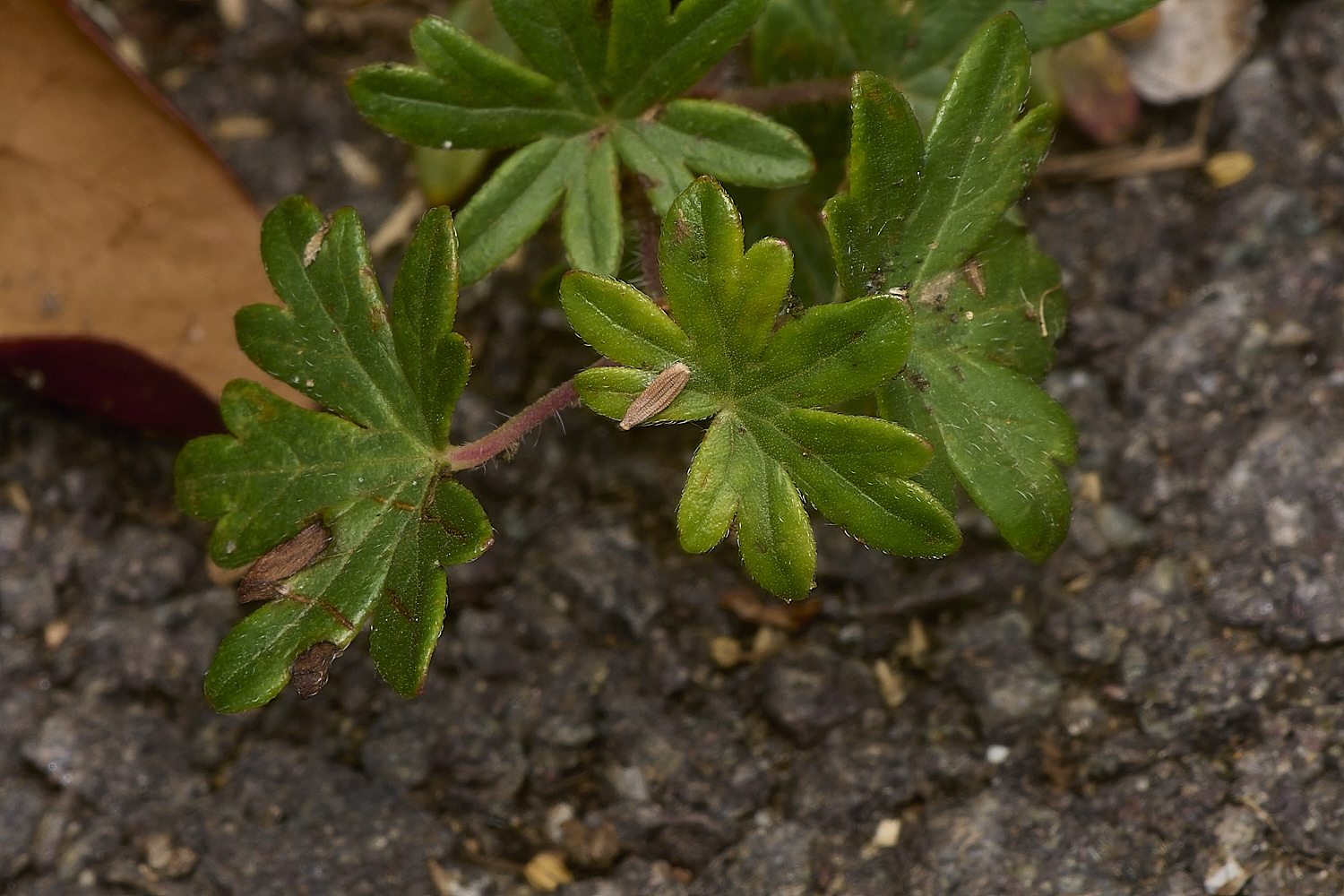
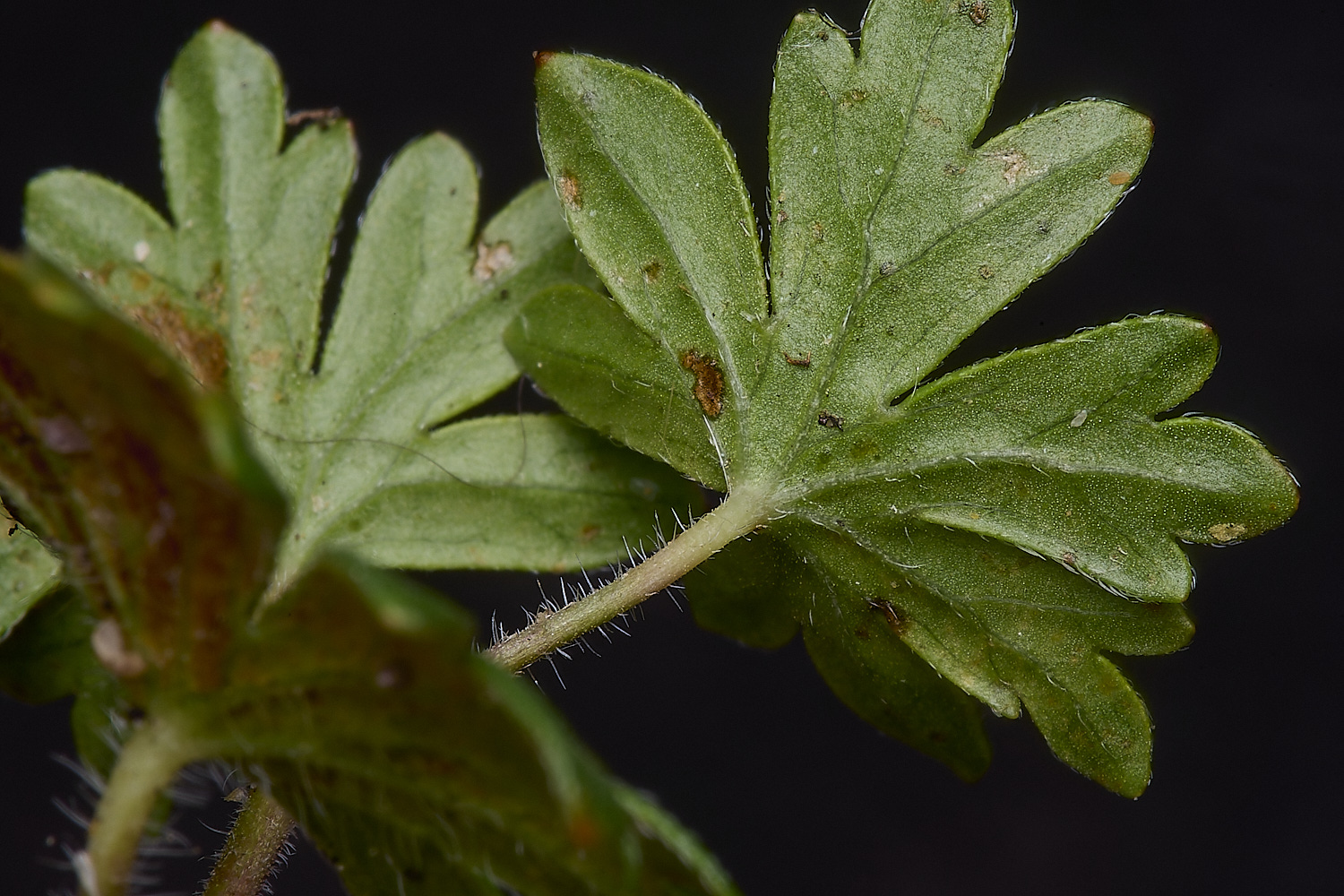
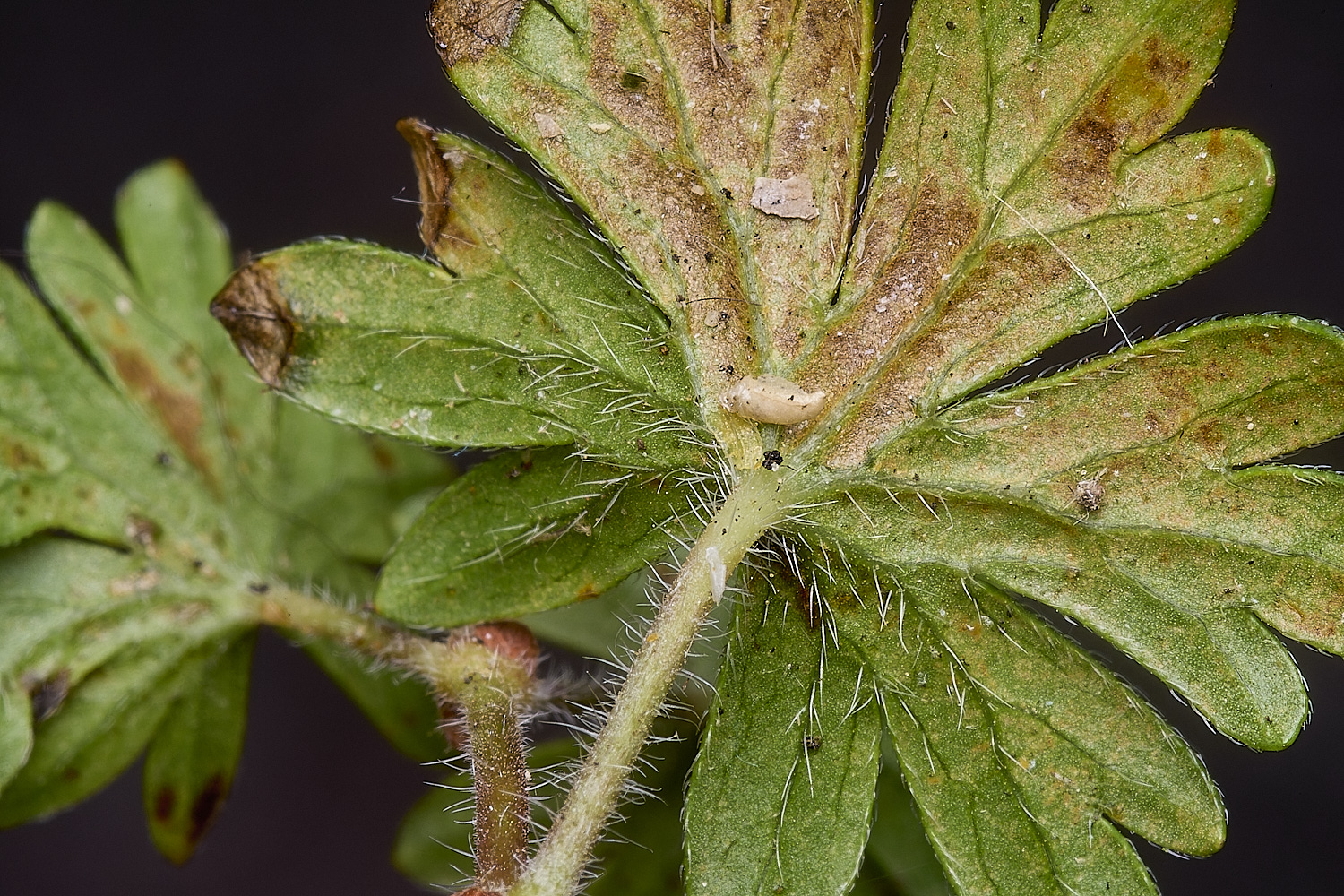
Bloody Crane's-bill (Gernium sanguineum)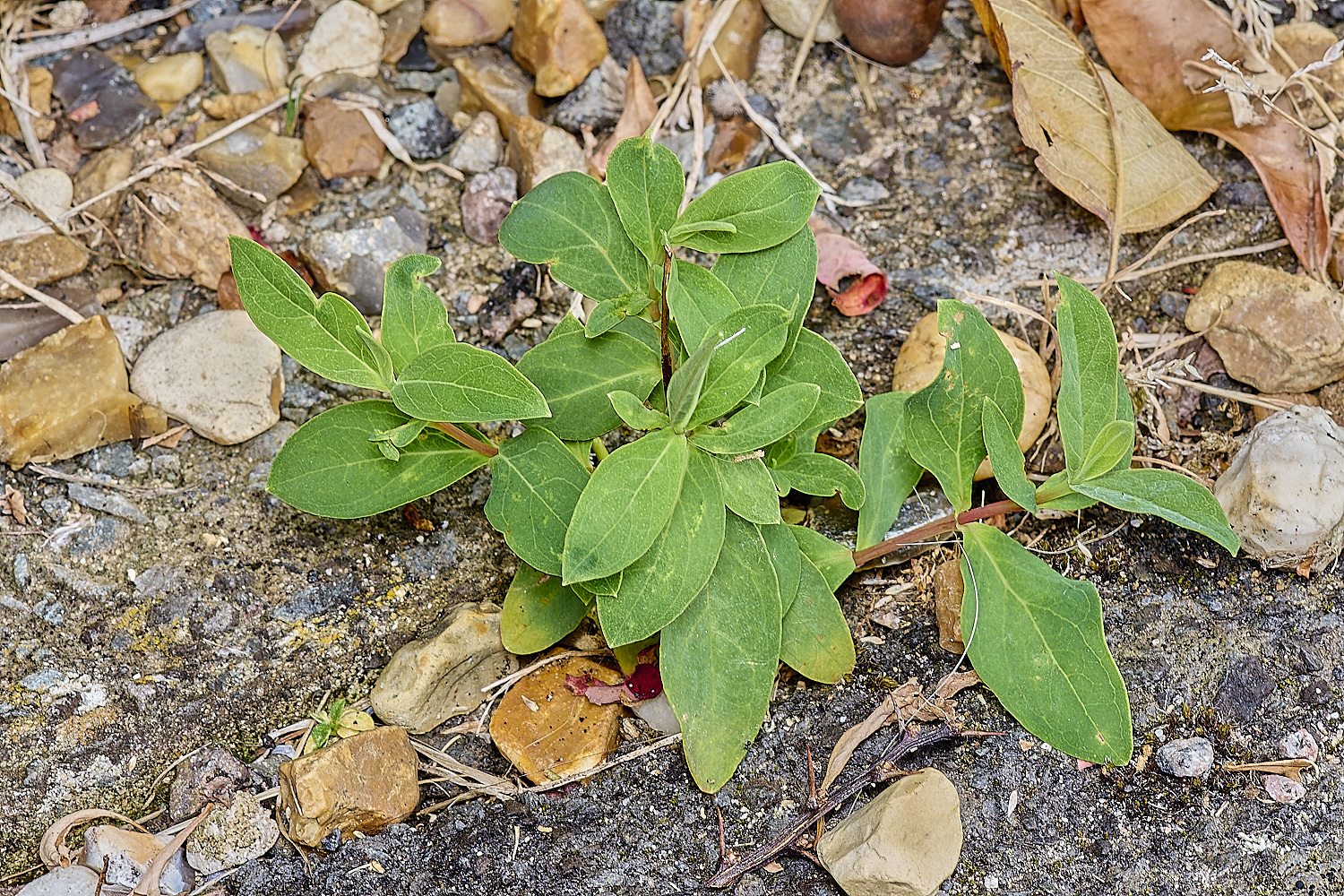
Stinking St John's Wort (Hypericum hircinum)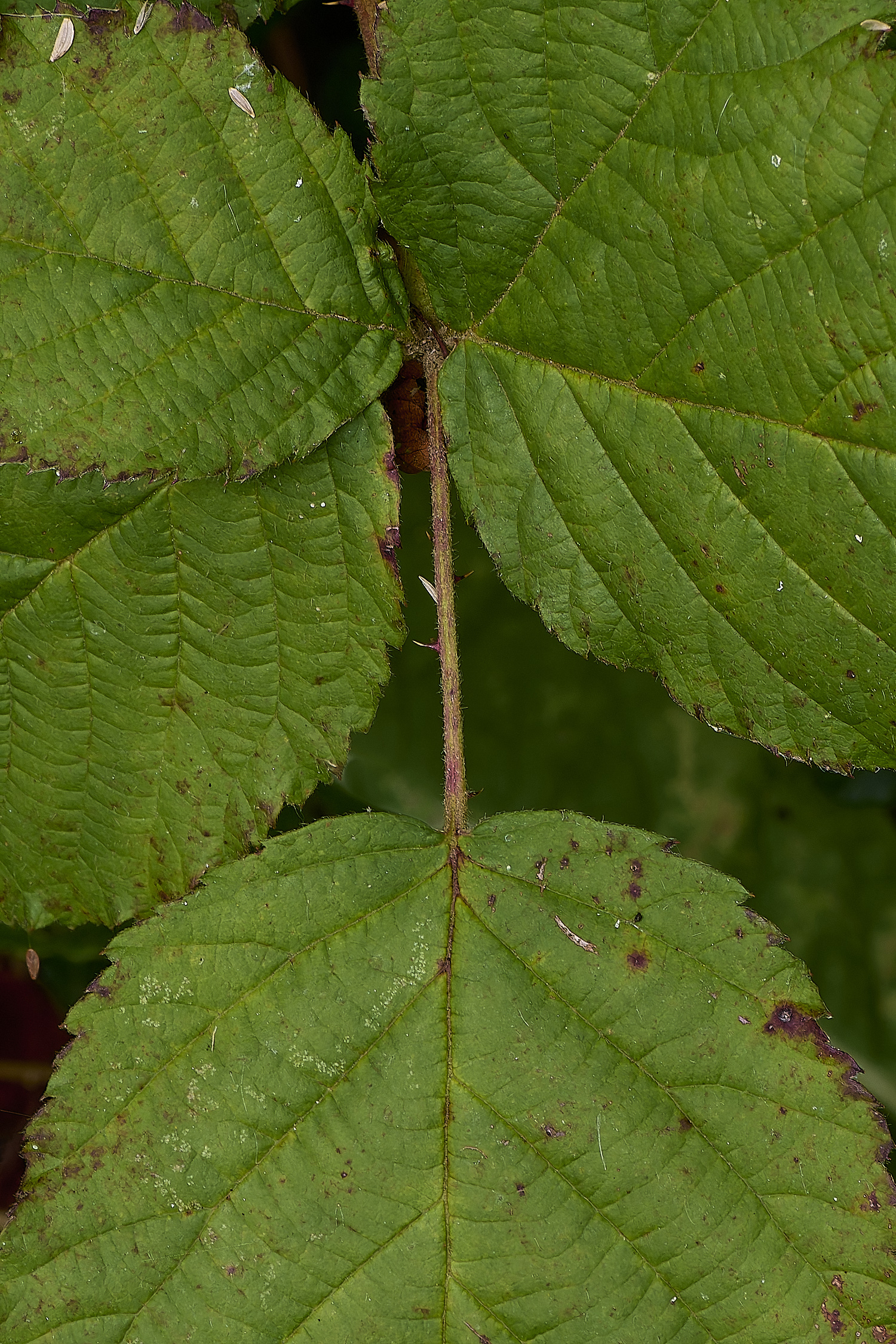
Long petiole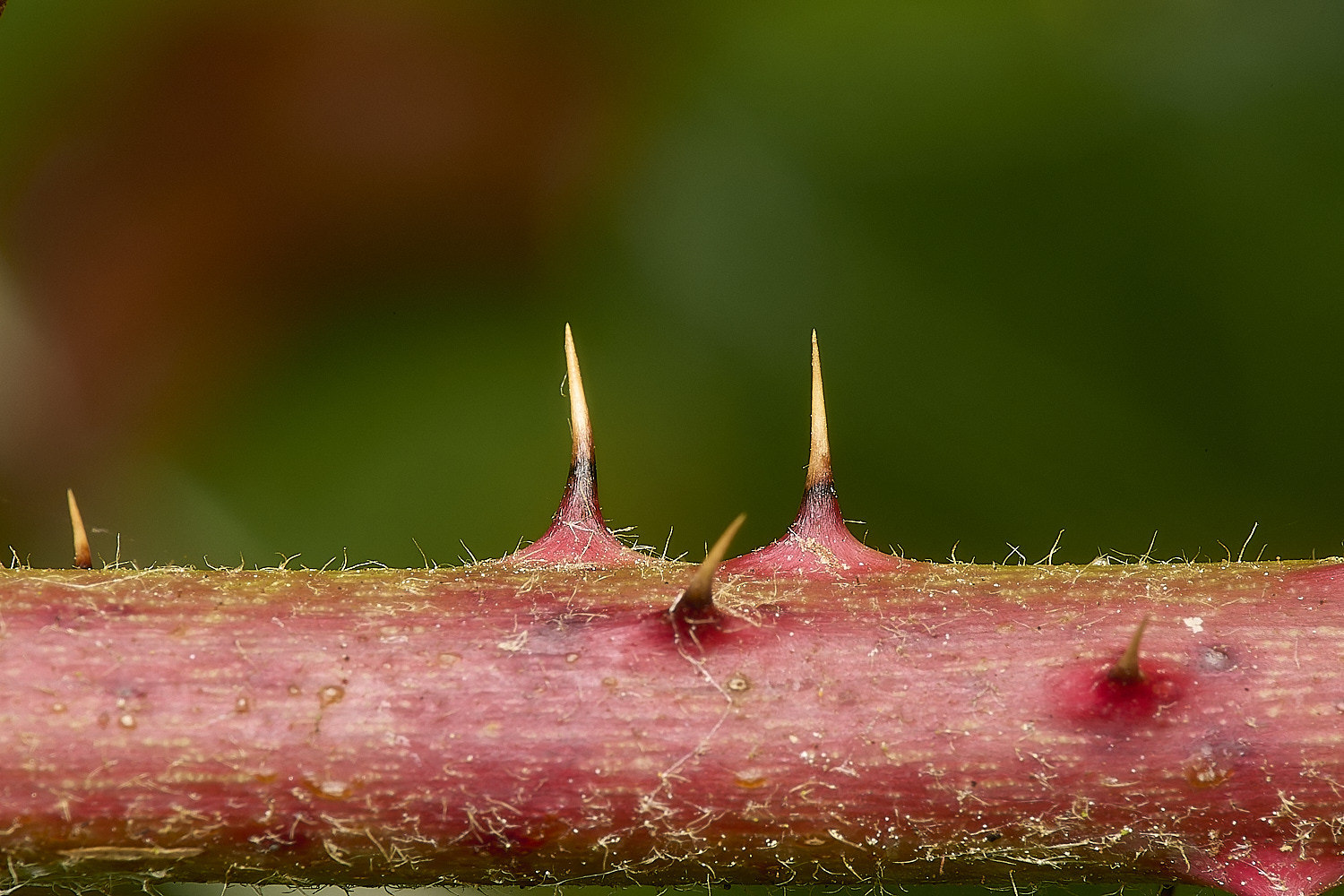
Mature red stem. Yellow tipped spines.
Rubus lindlaieanus ?
I'm not 100% sure I remembered his one correctly
from
Brambles of the British isles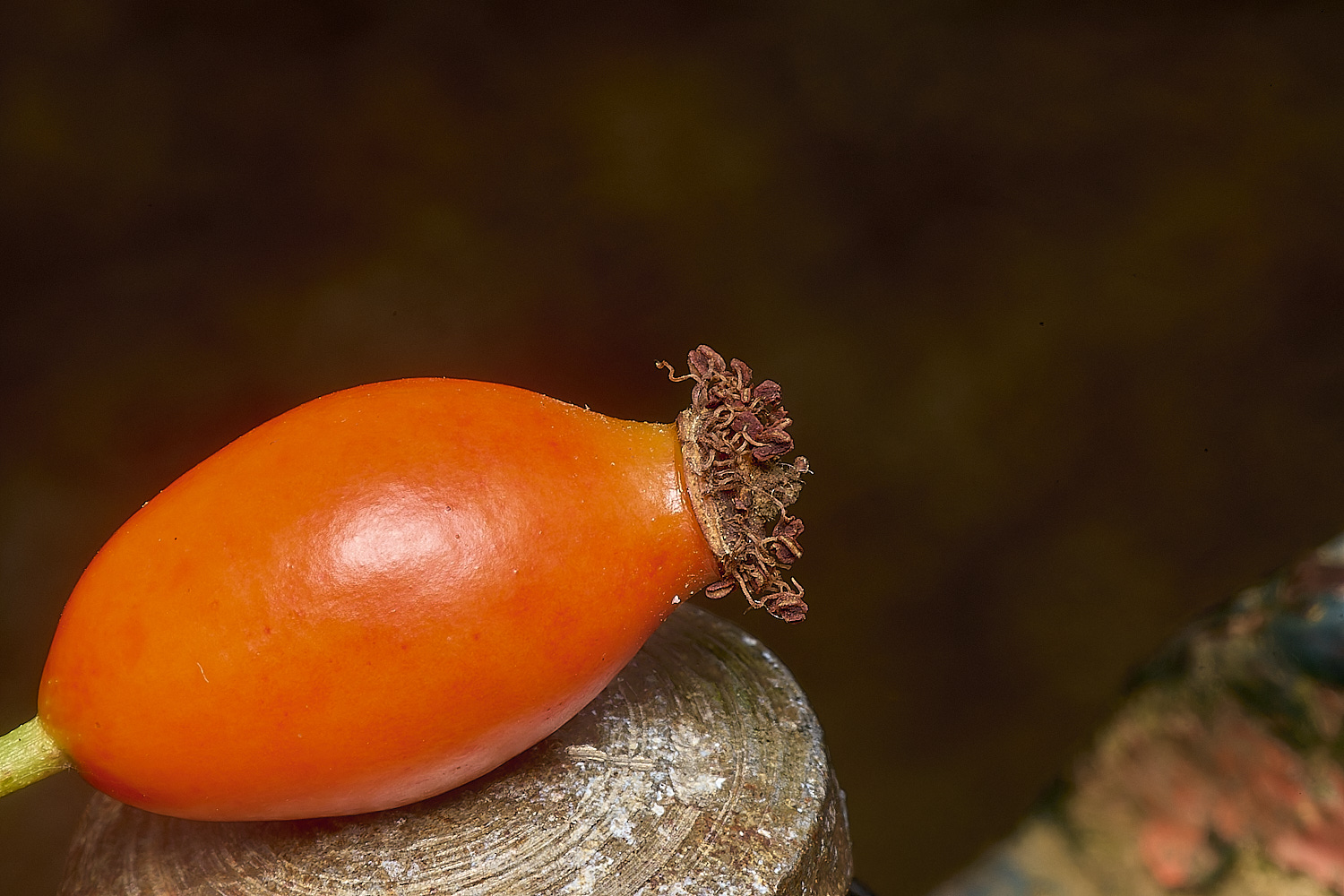
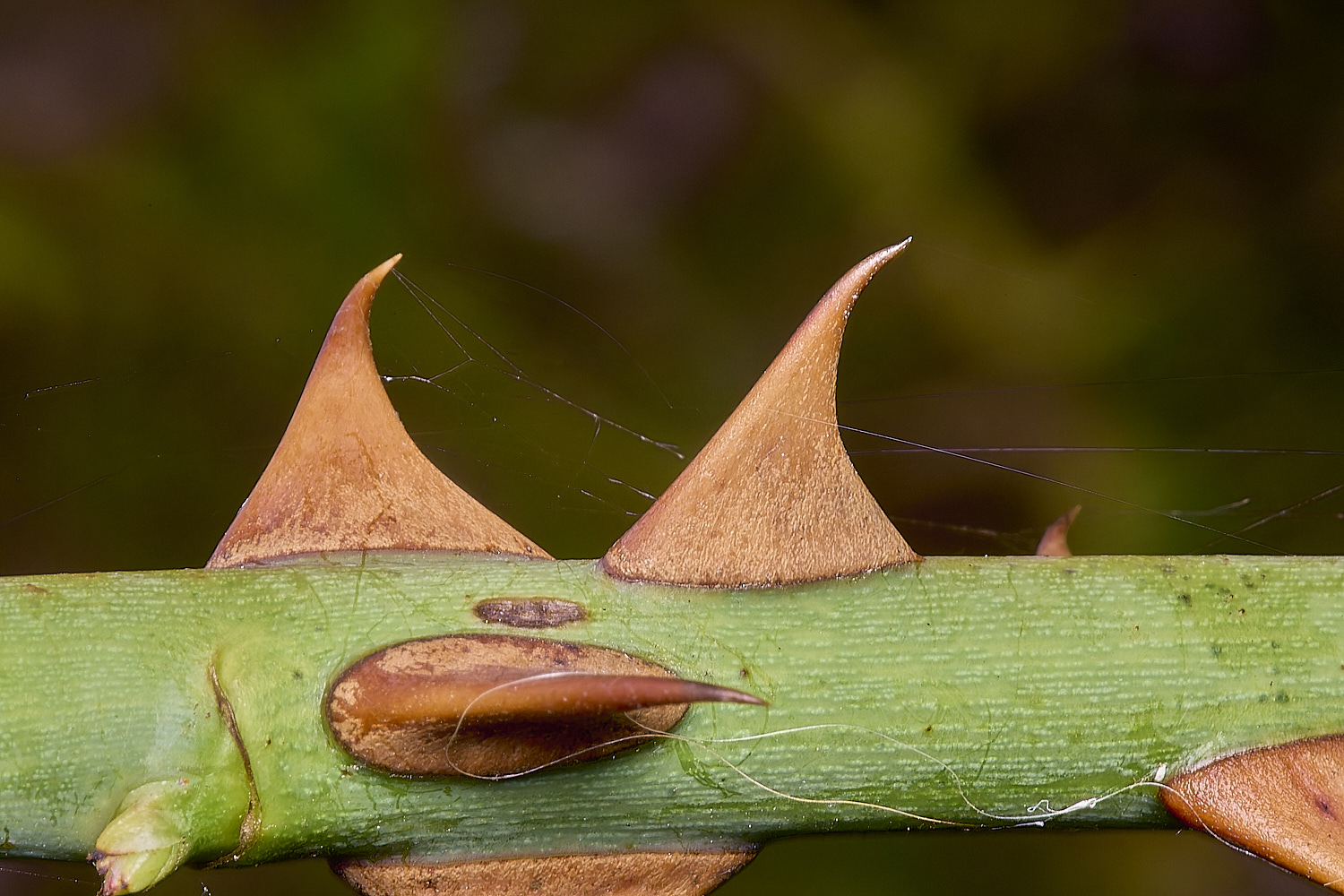
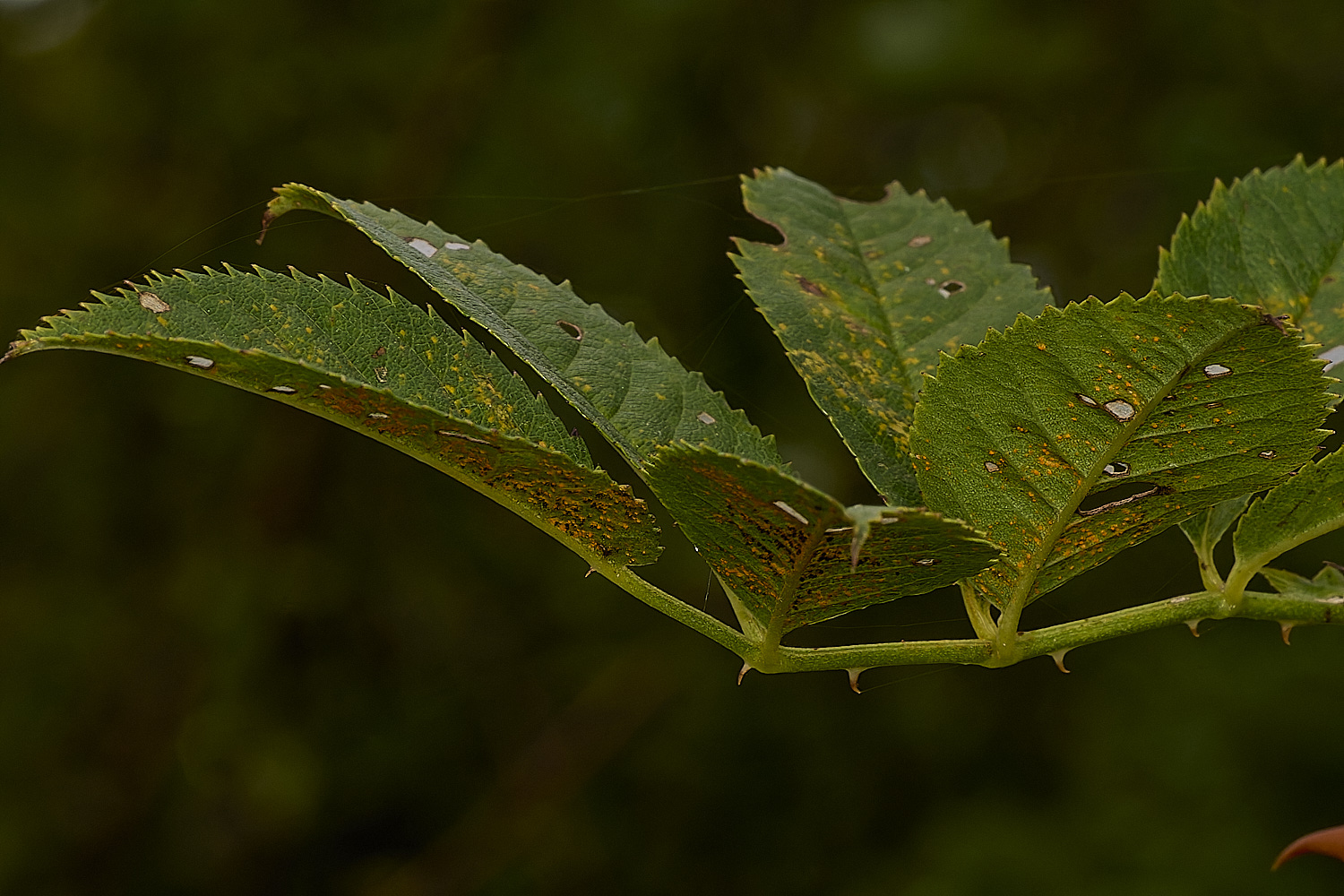
Characteristic angled end to leaf stem.
Equilateral thorns
Rosa stylosa xcanina
Something to think about for next year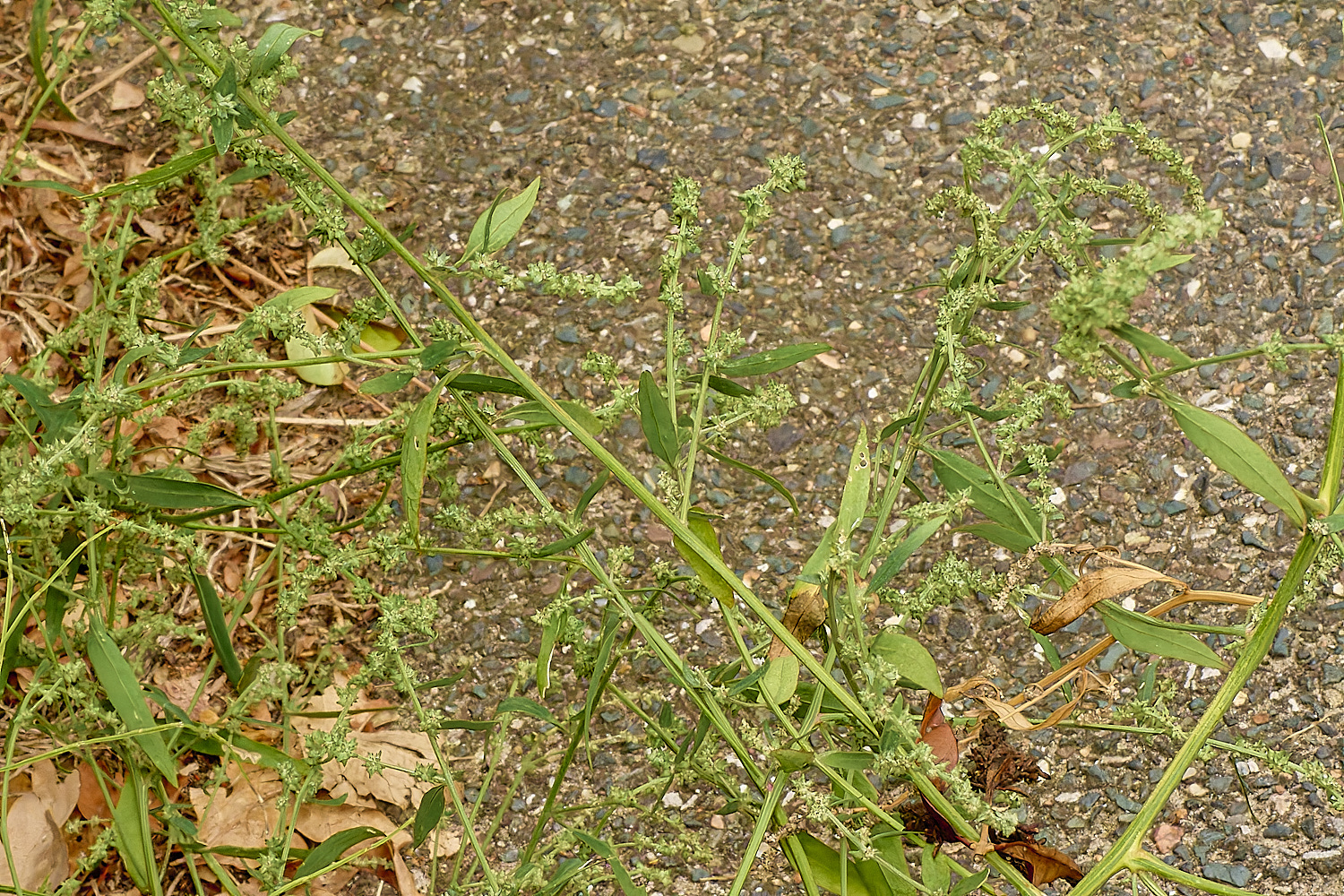
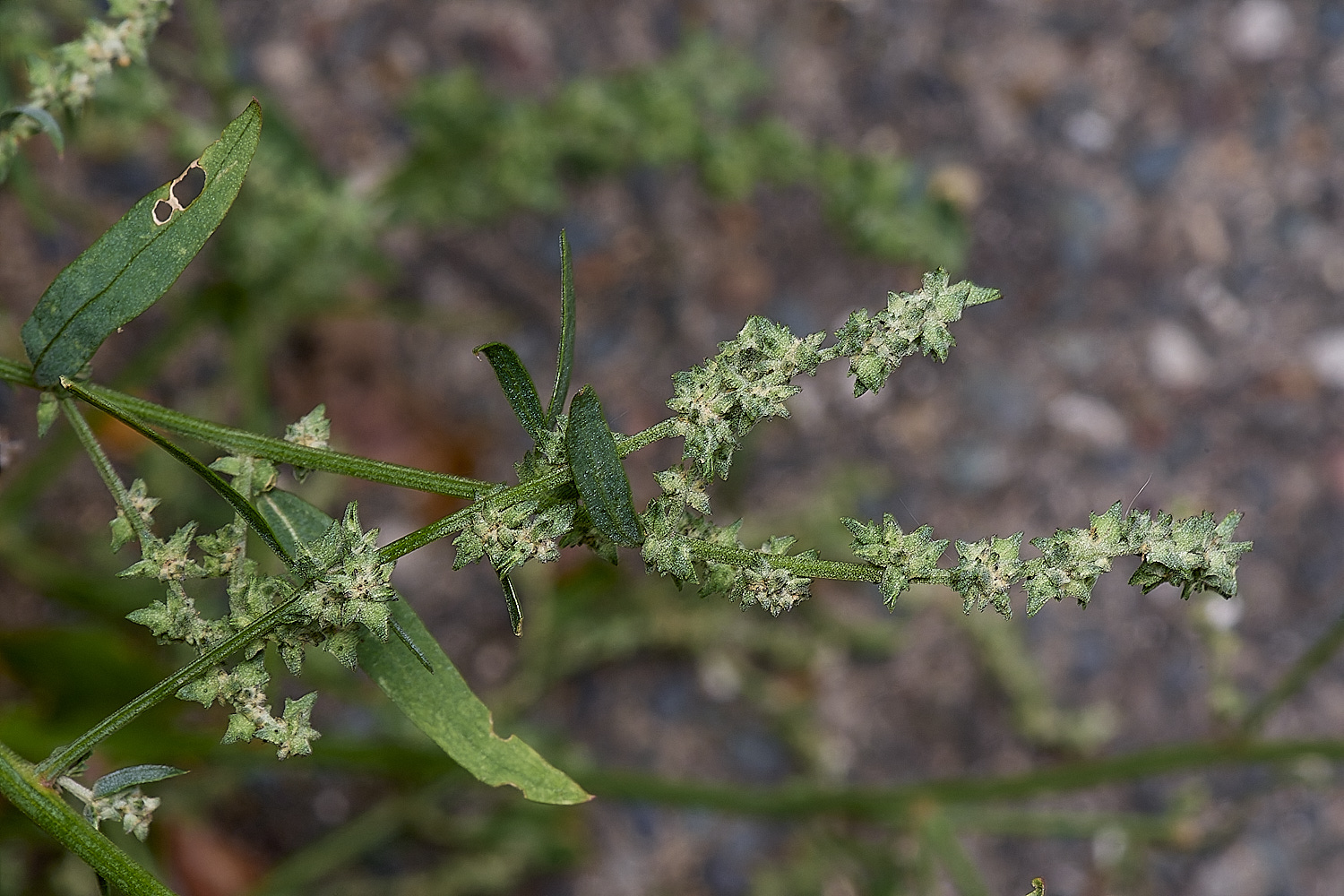
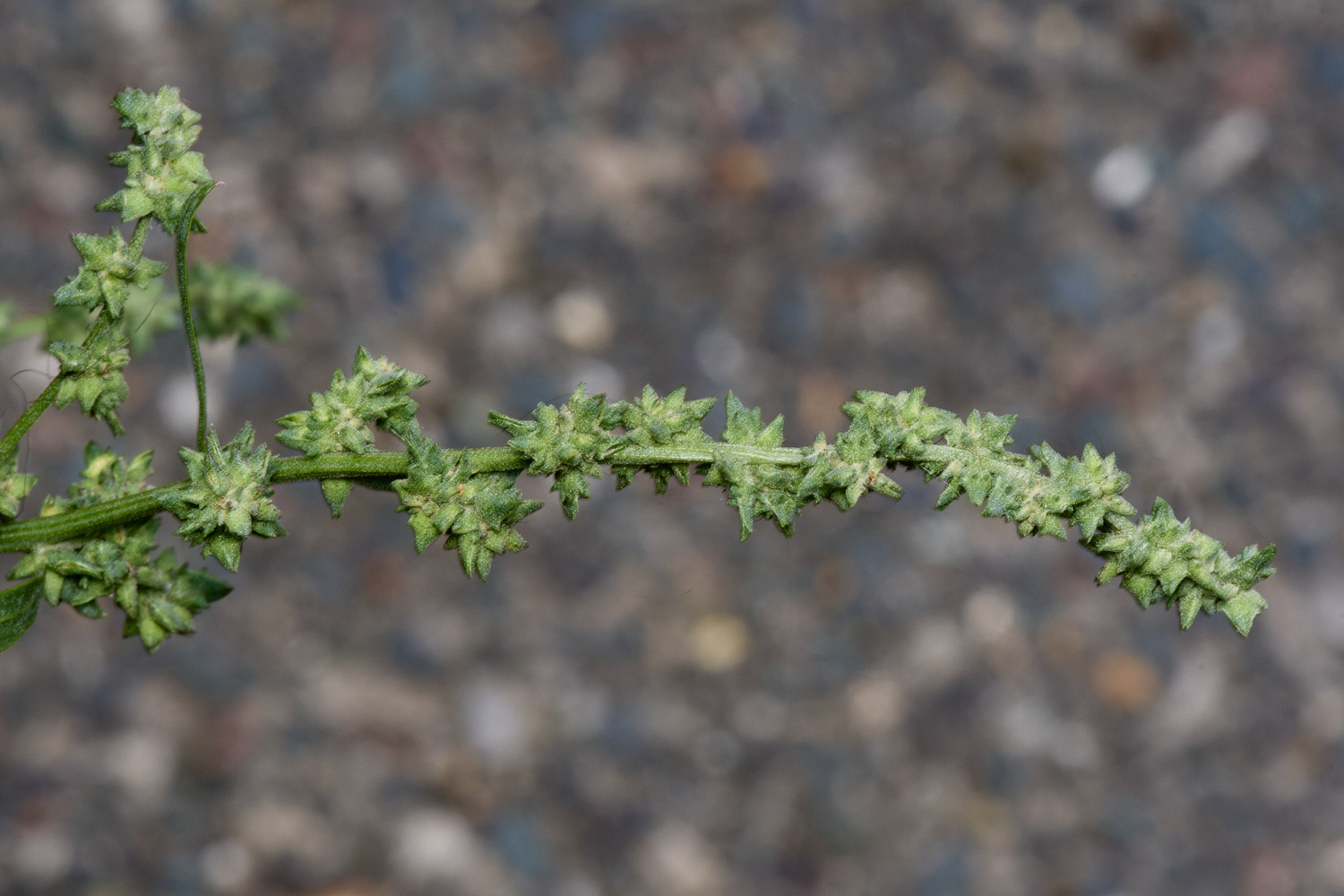
Common Orache (Atriplex patula)
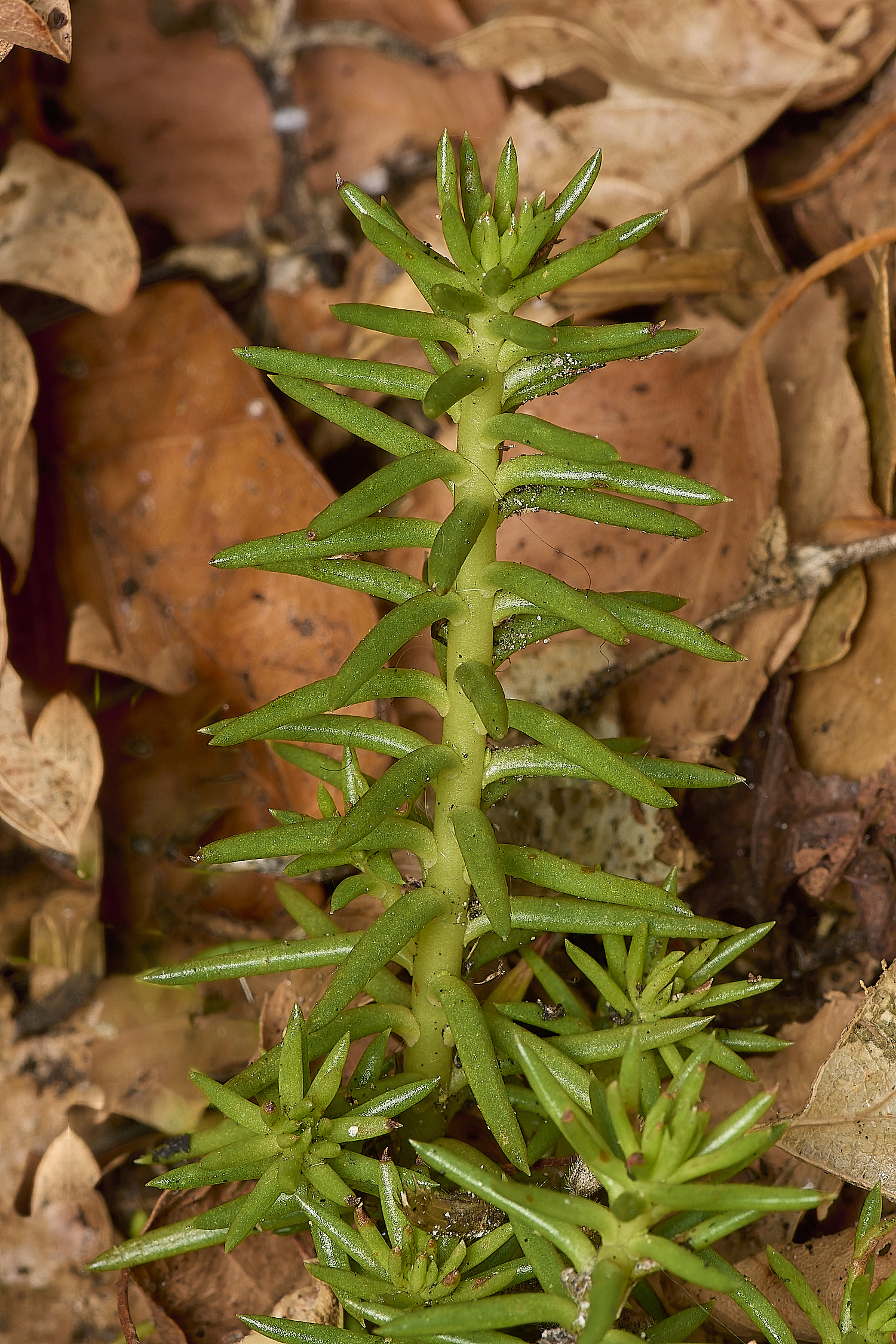
Rock Stonecrop (Sedum forsterianum)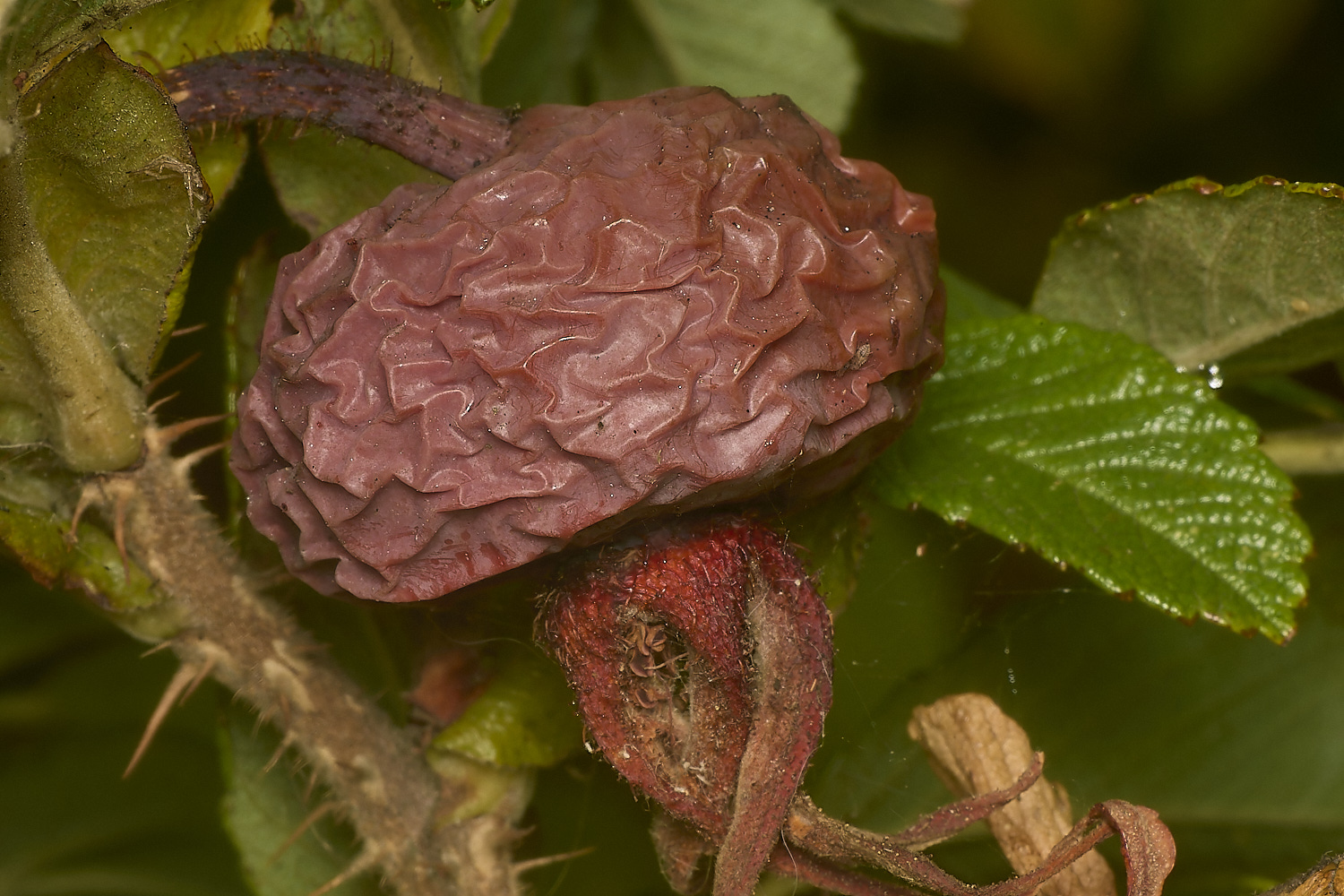
Rosa rugosa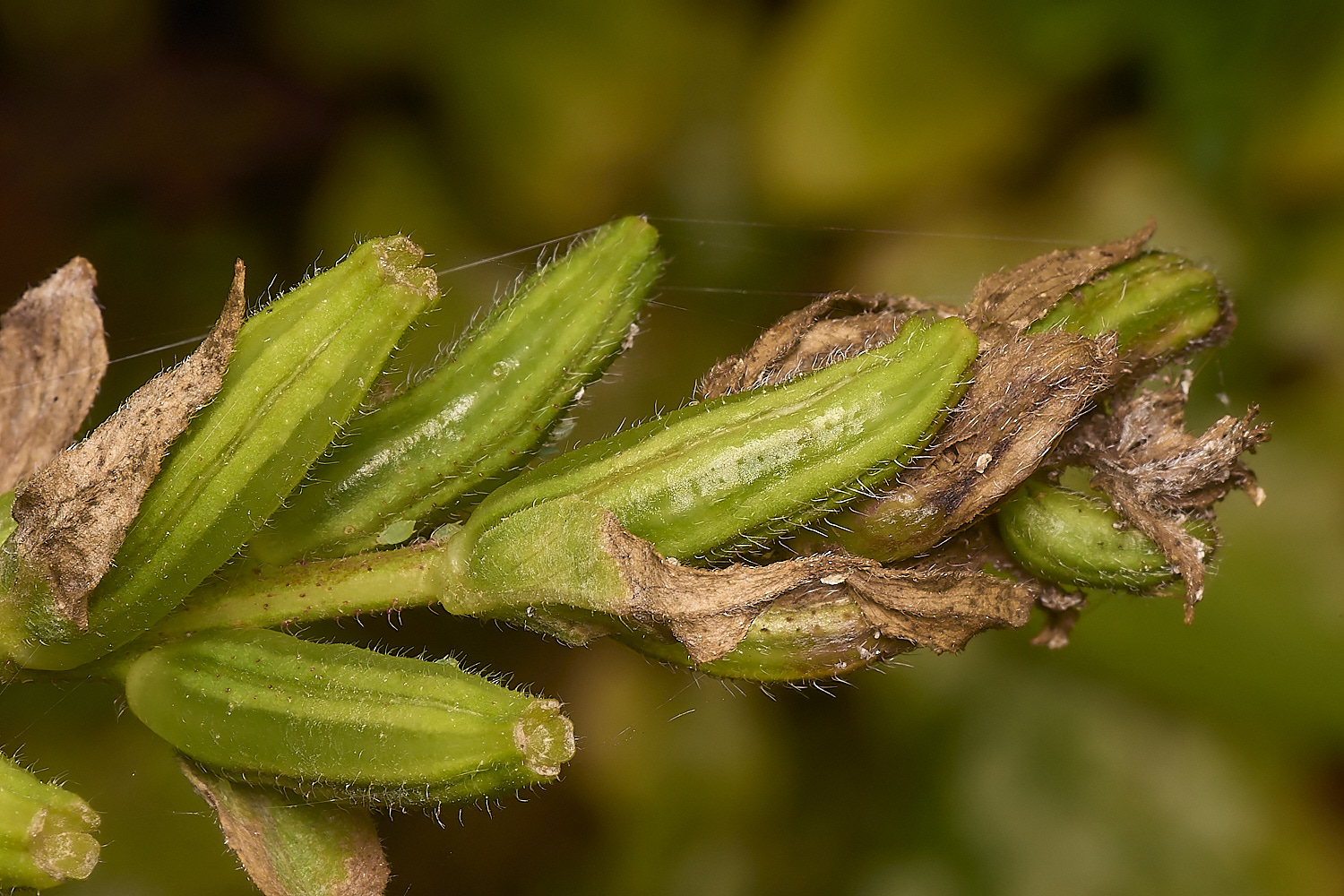
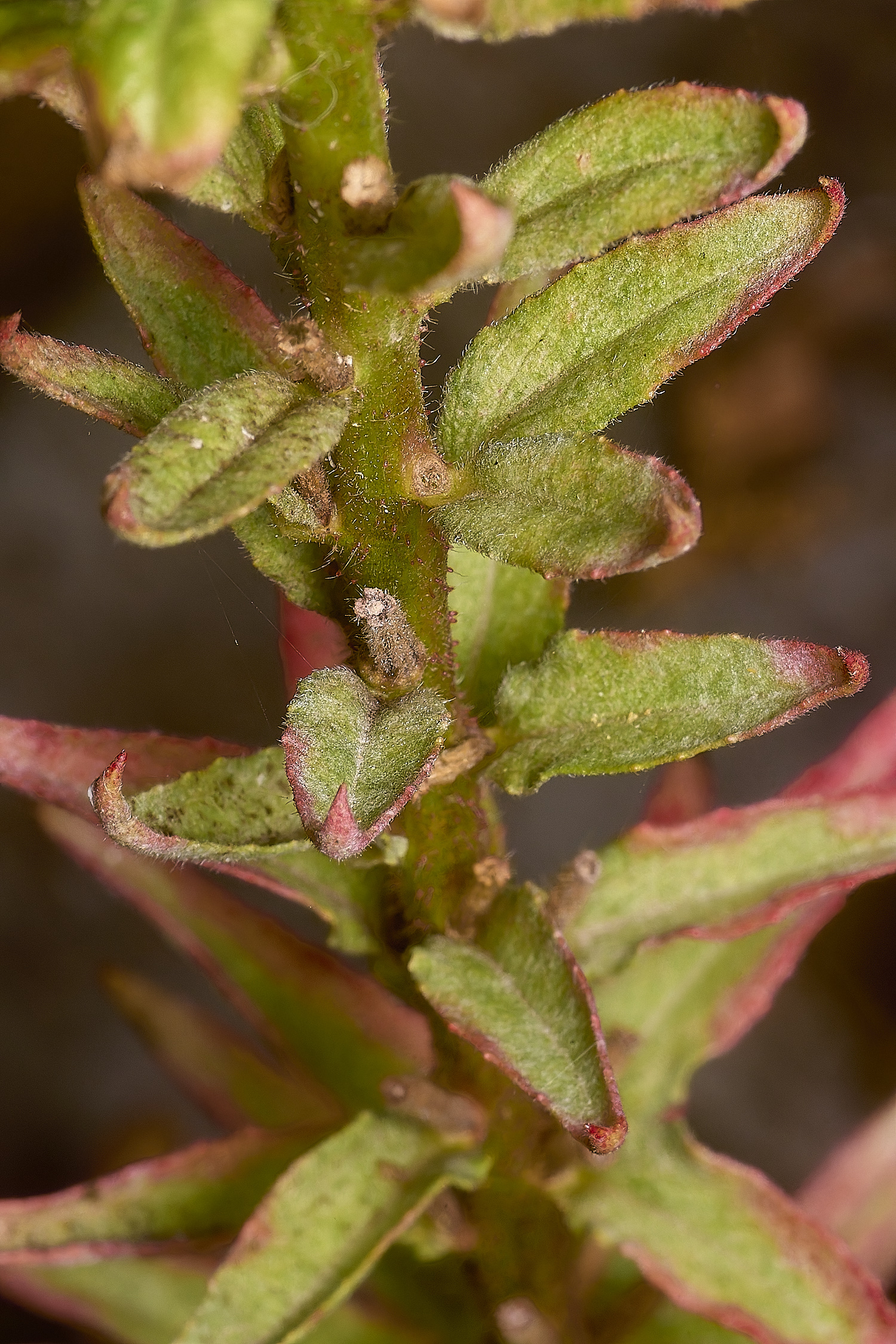
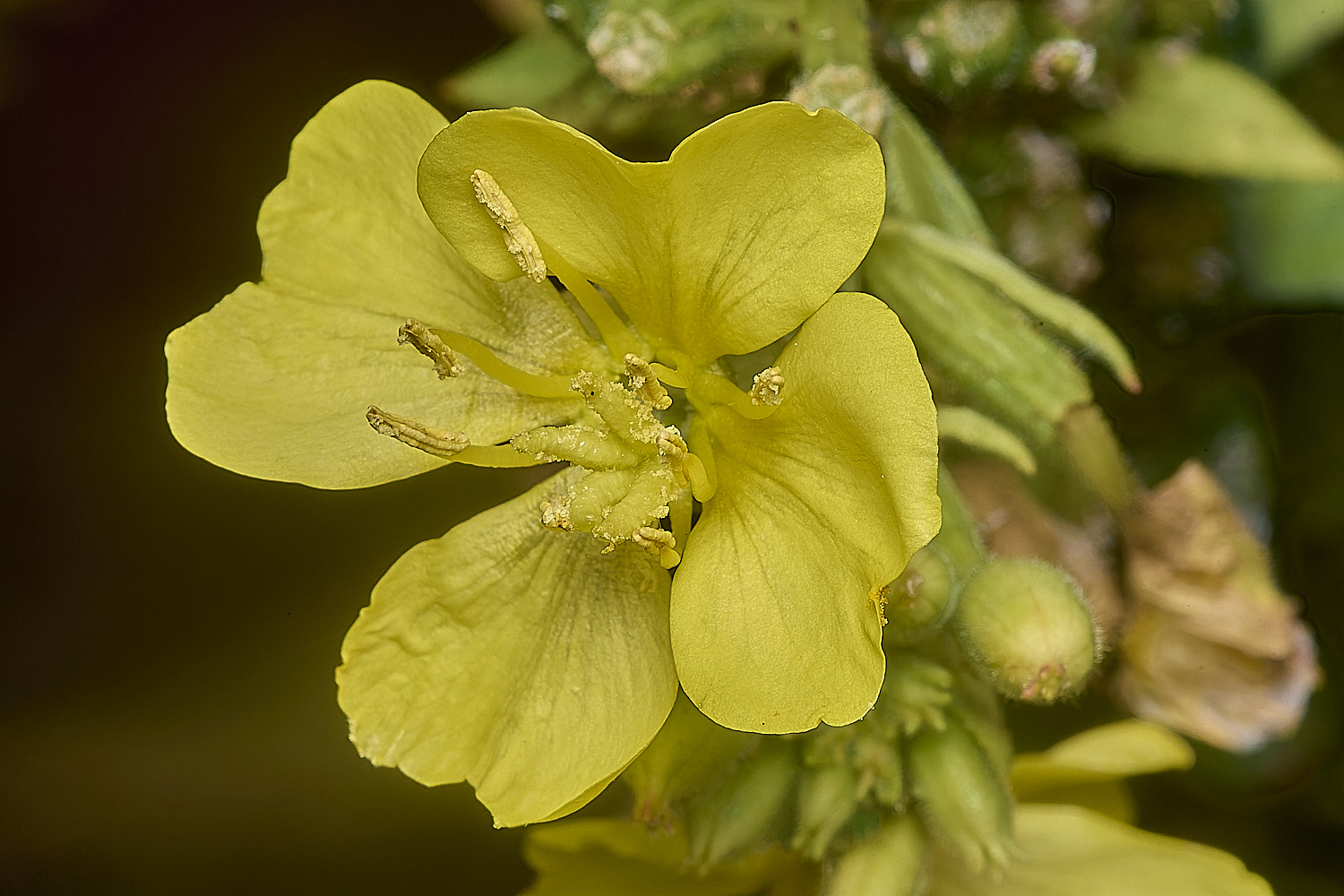
Evening Primrose Sp?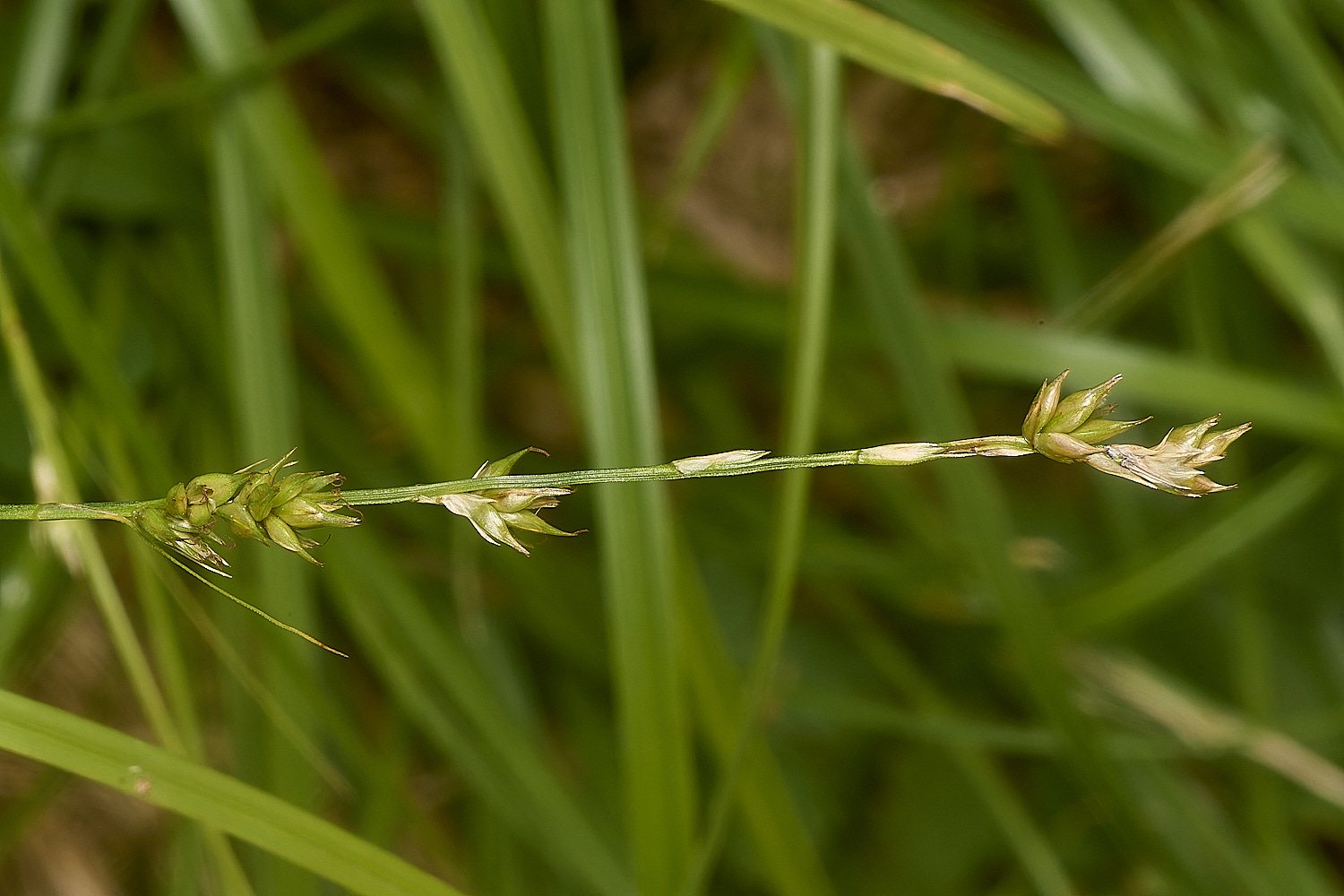
Grey Sedge (Carex divulsa divulsa)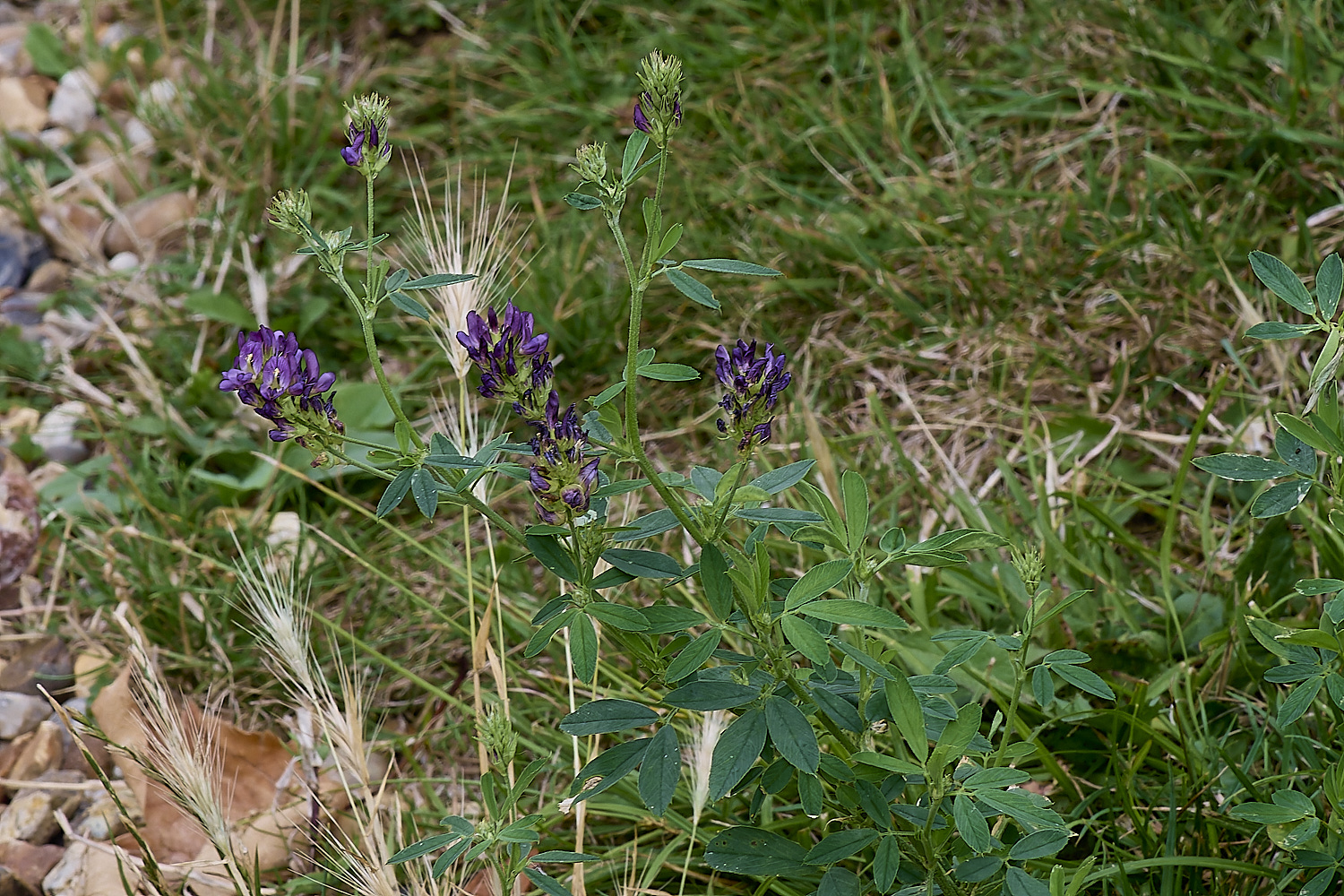


Lucerne (Medicago sativa susp sativa)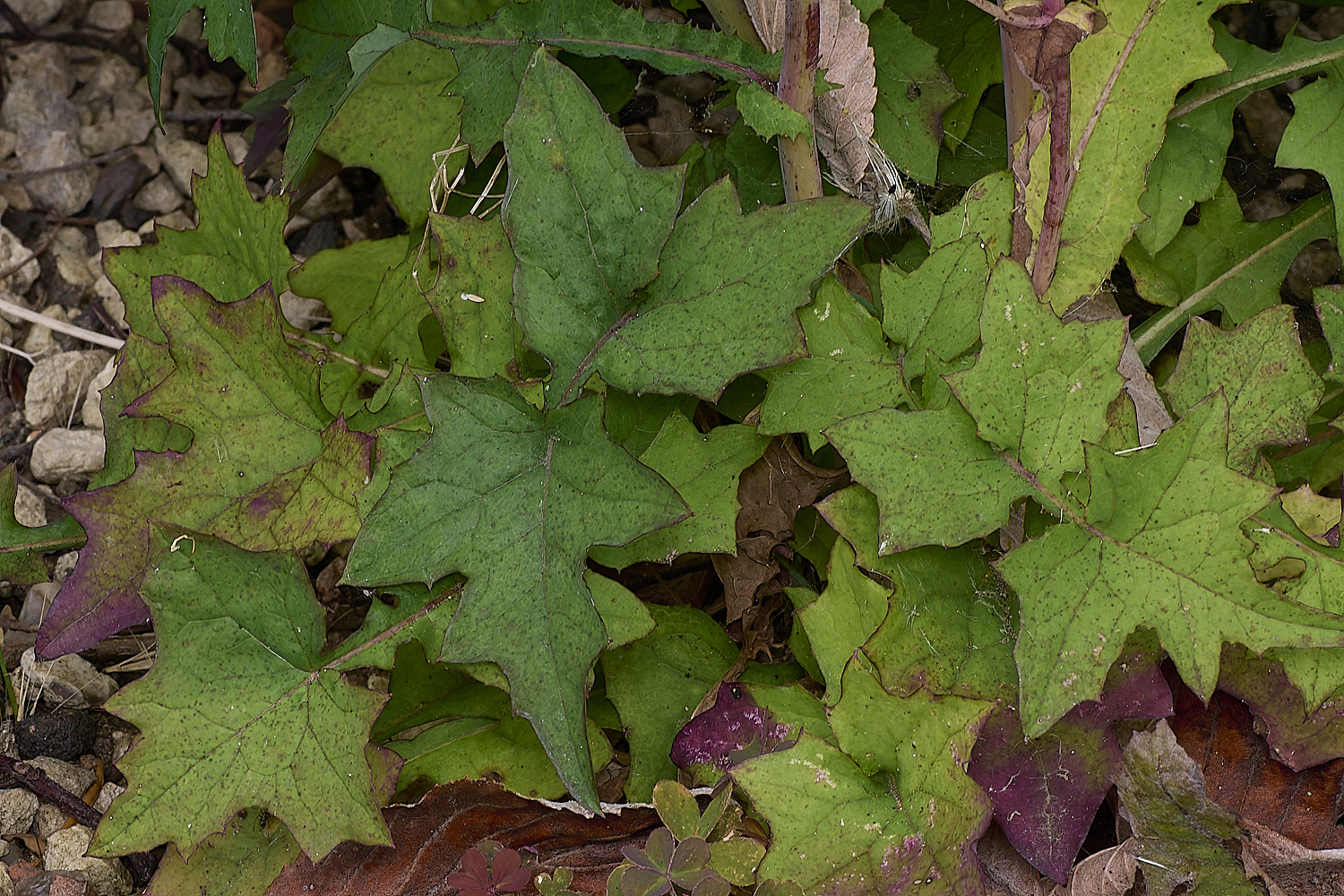

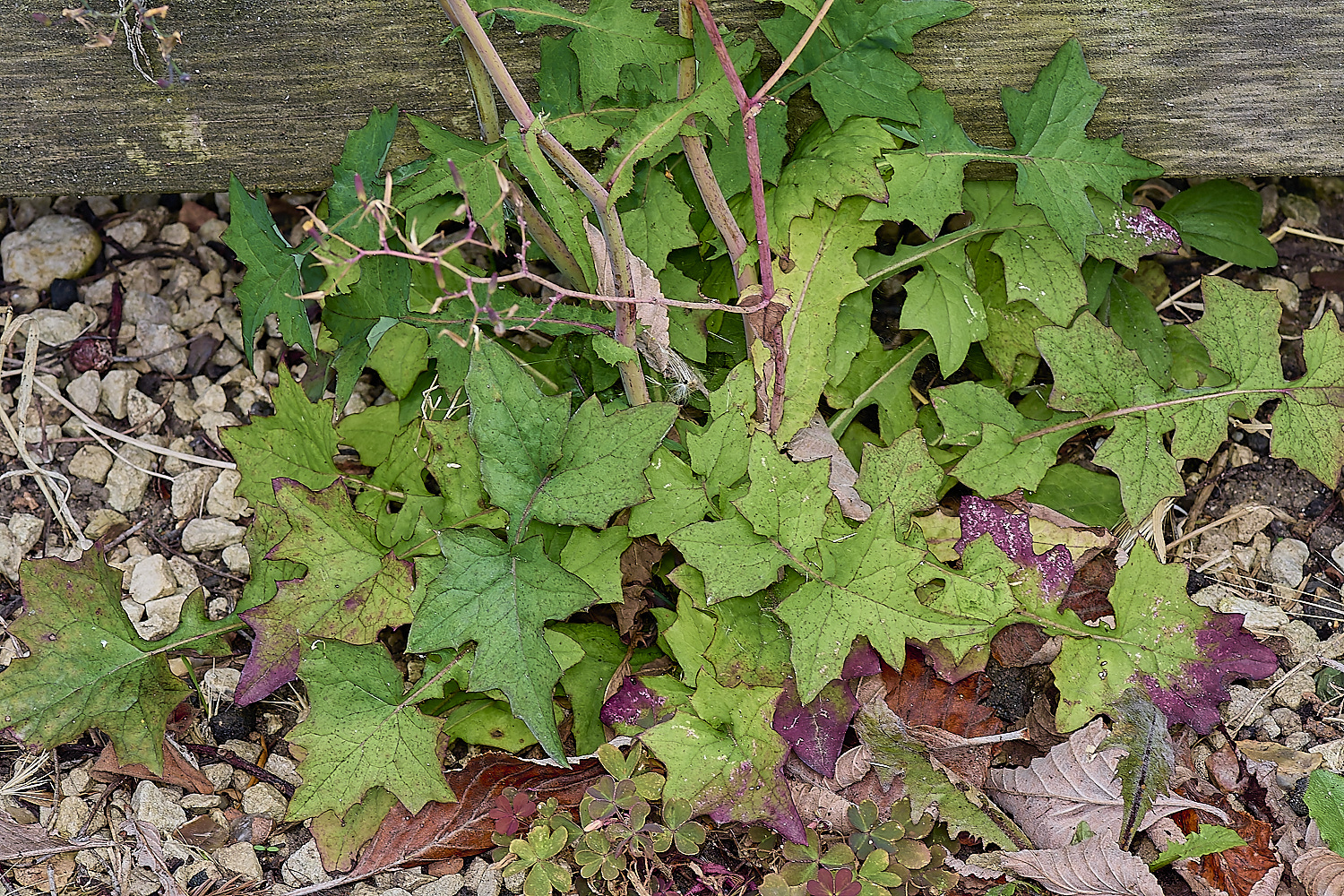
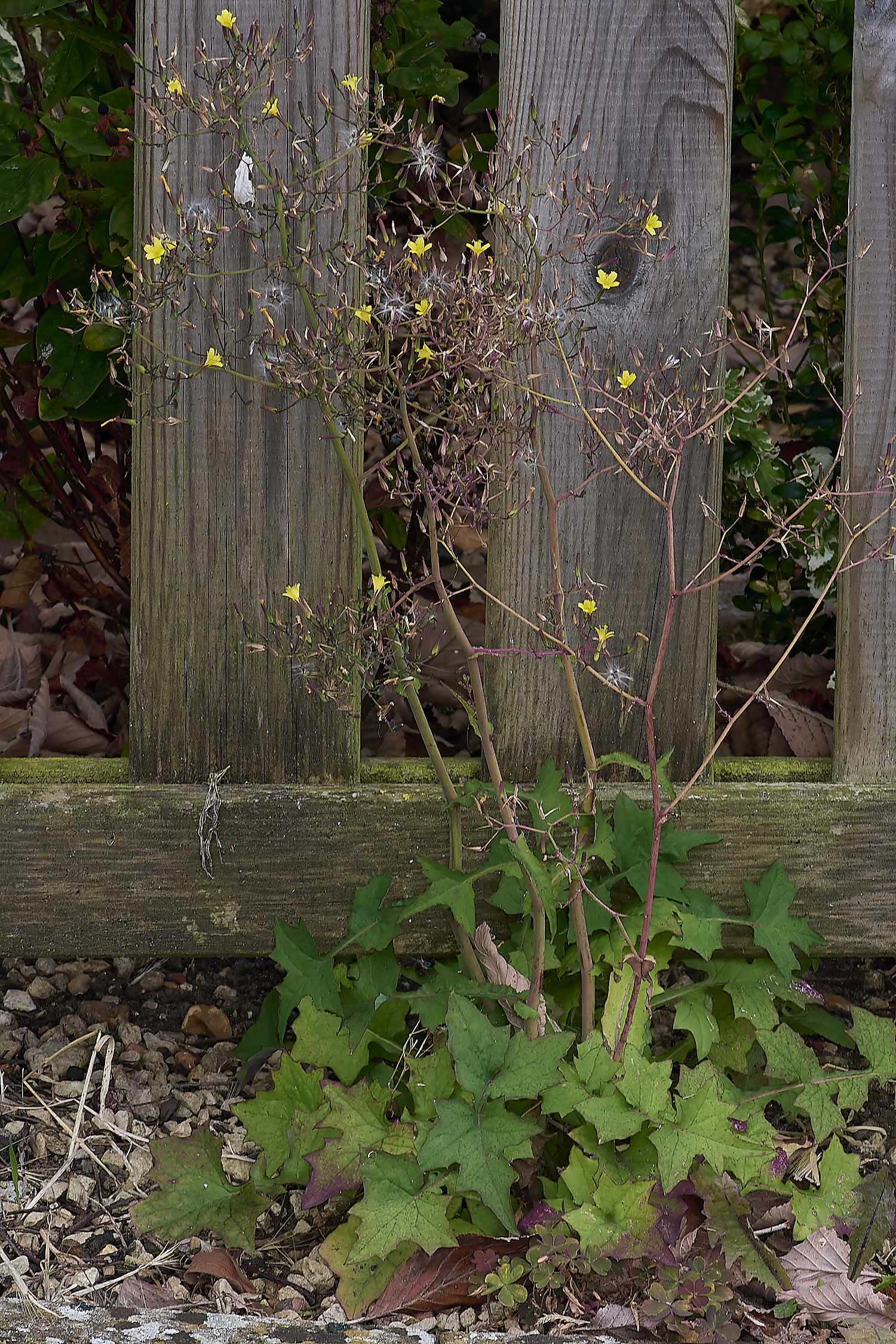
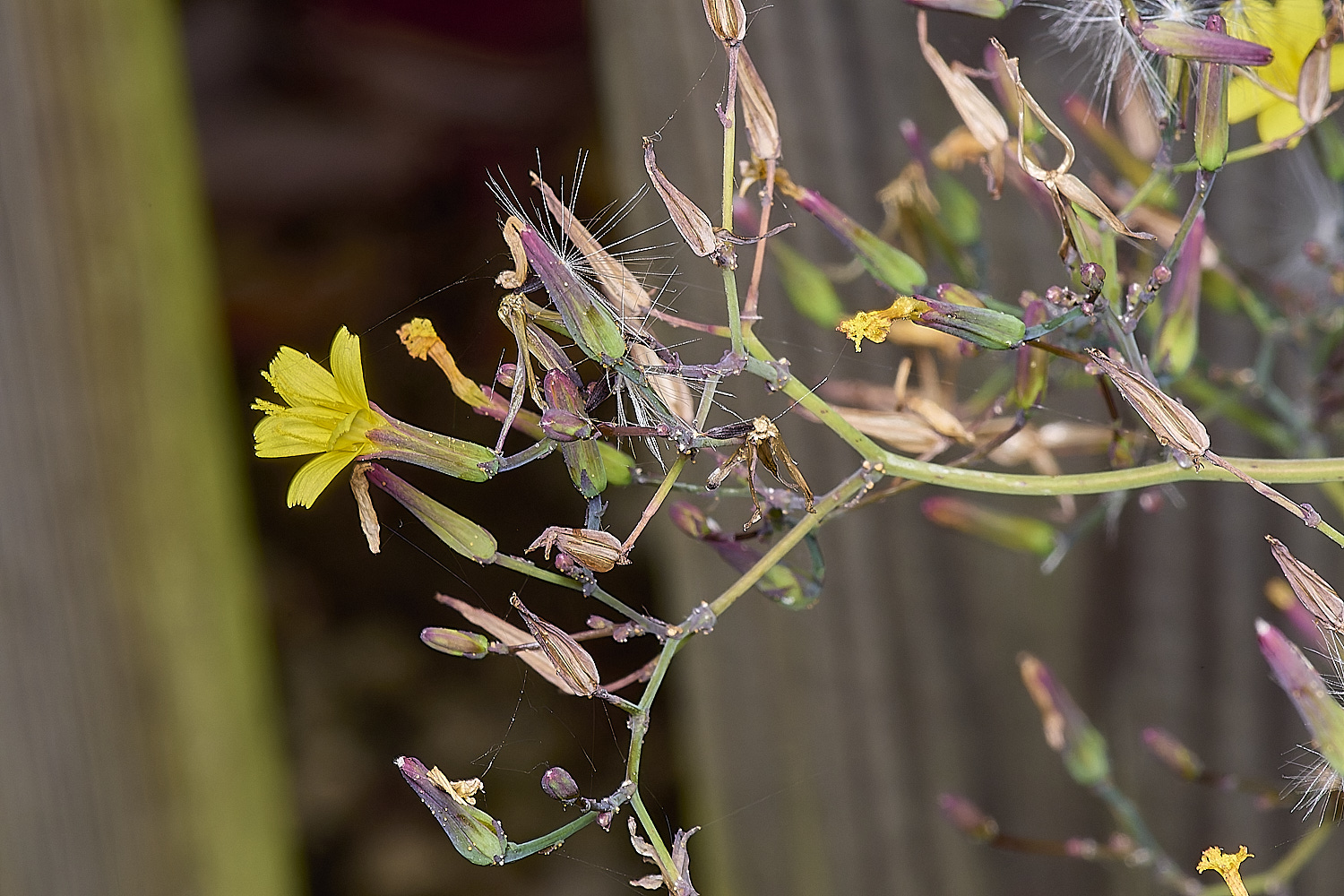
Wall Lettuce (Mycelis muralis)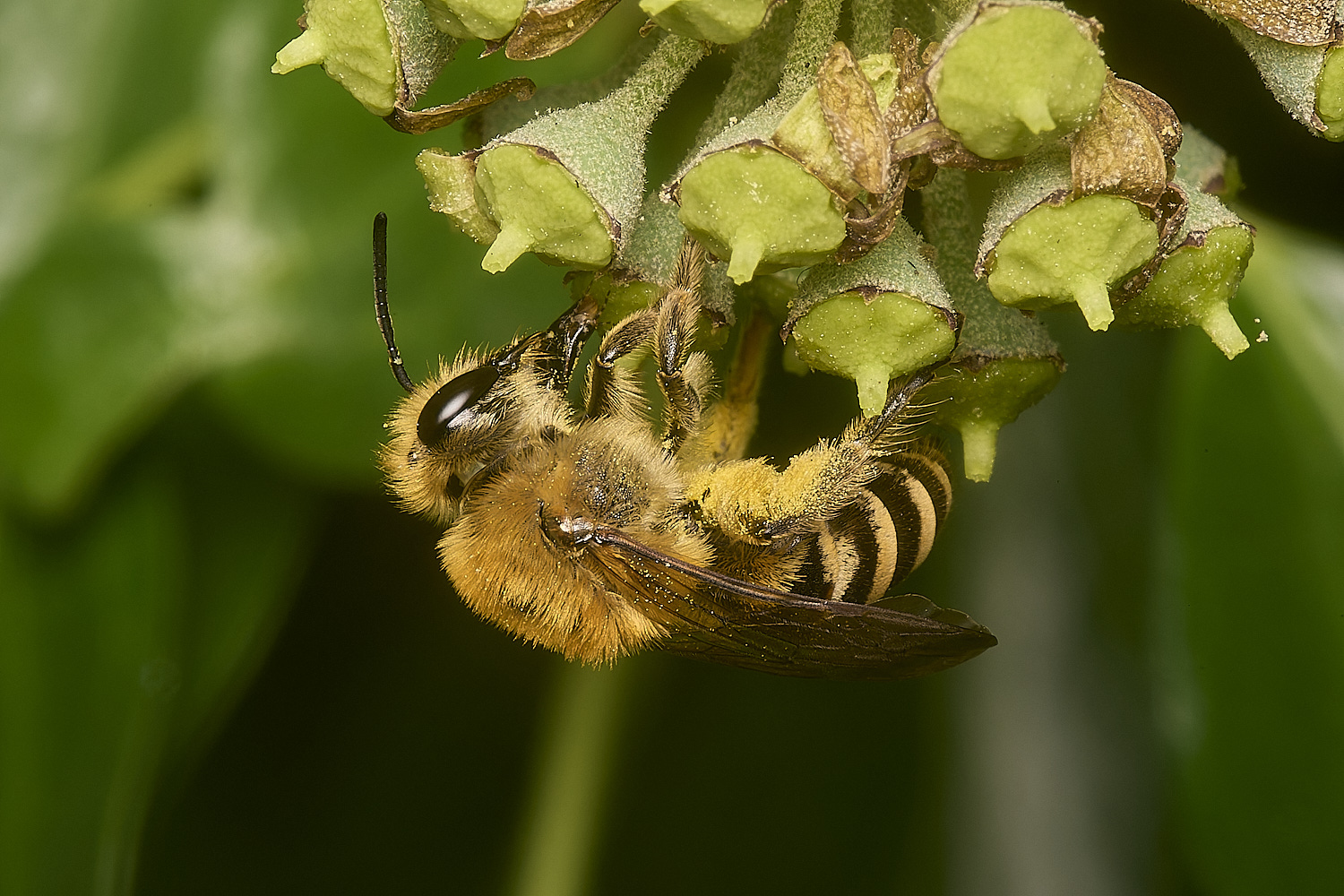
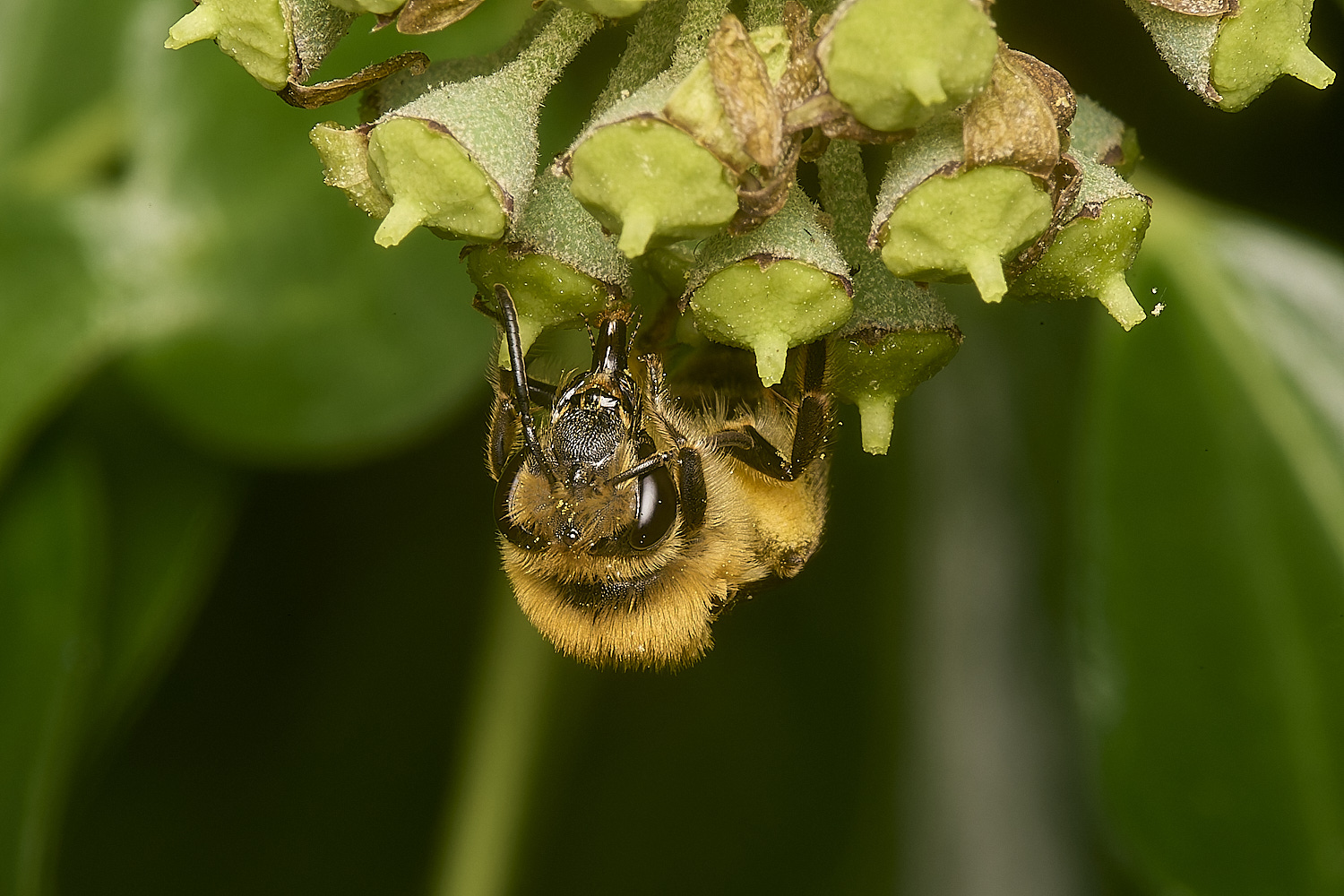
Ivy Bee (Colletes hederae)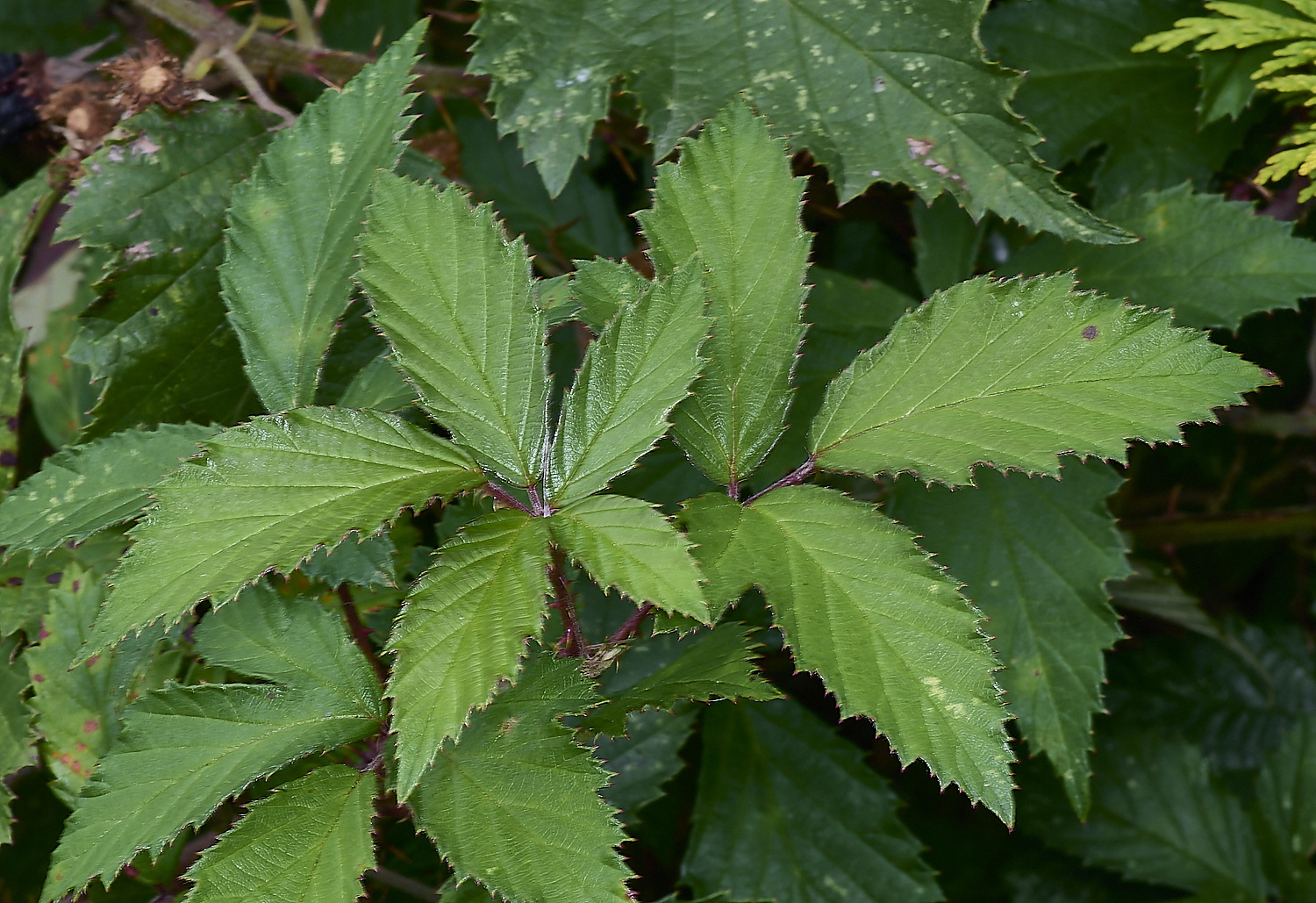
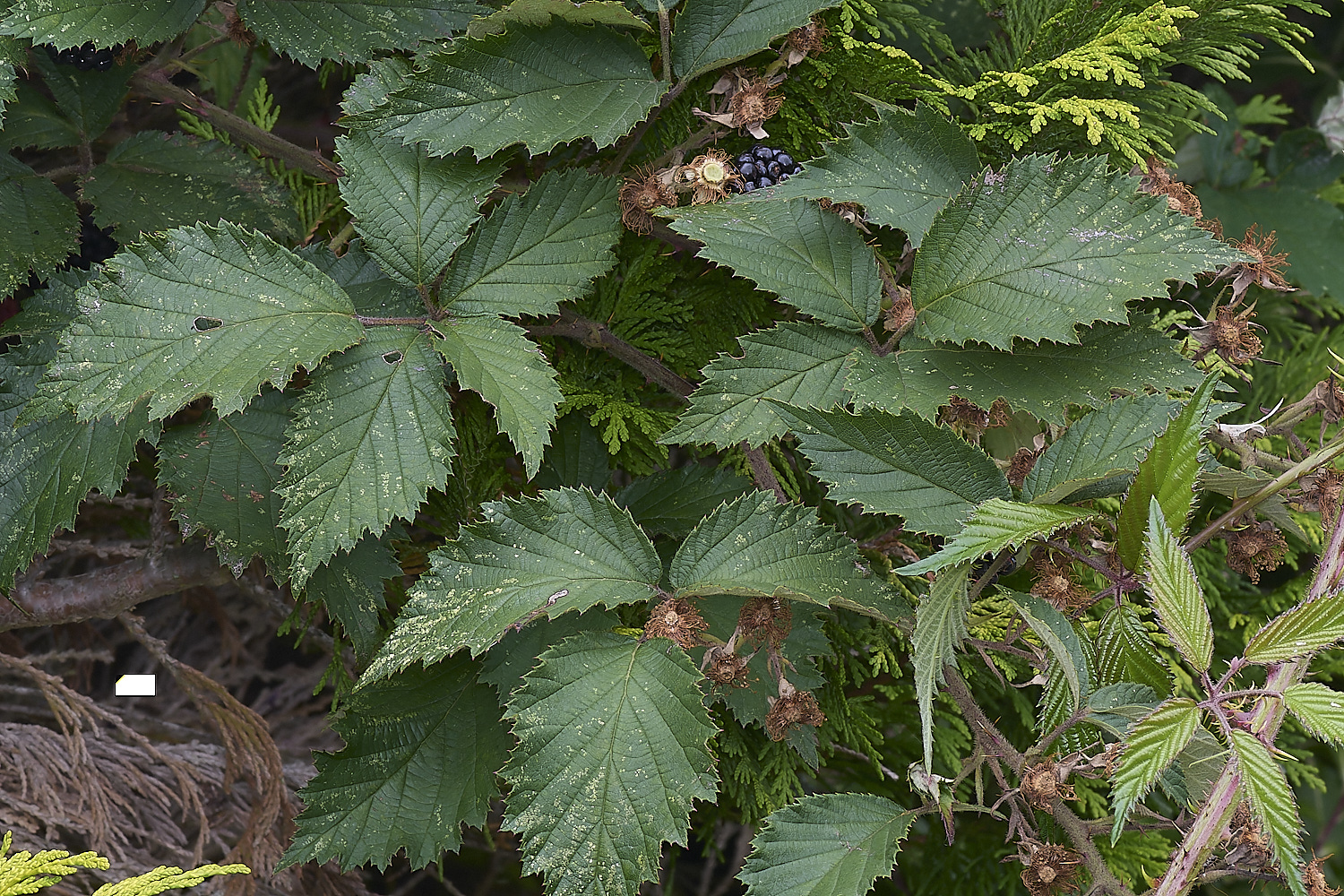
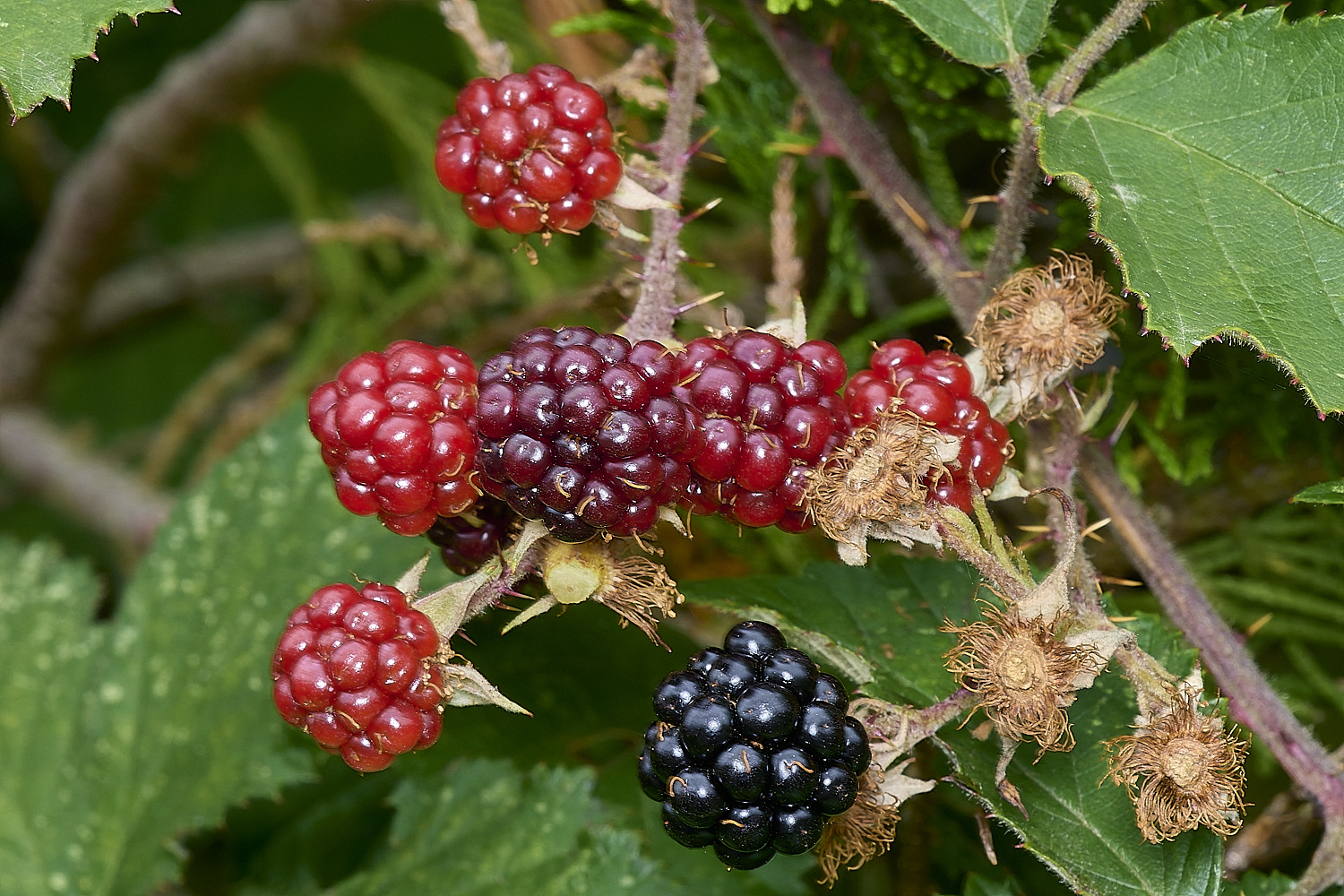
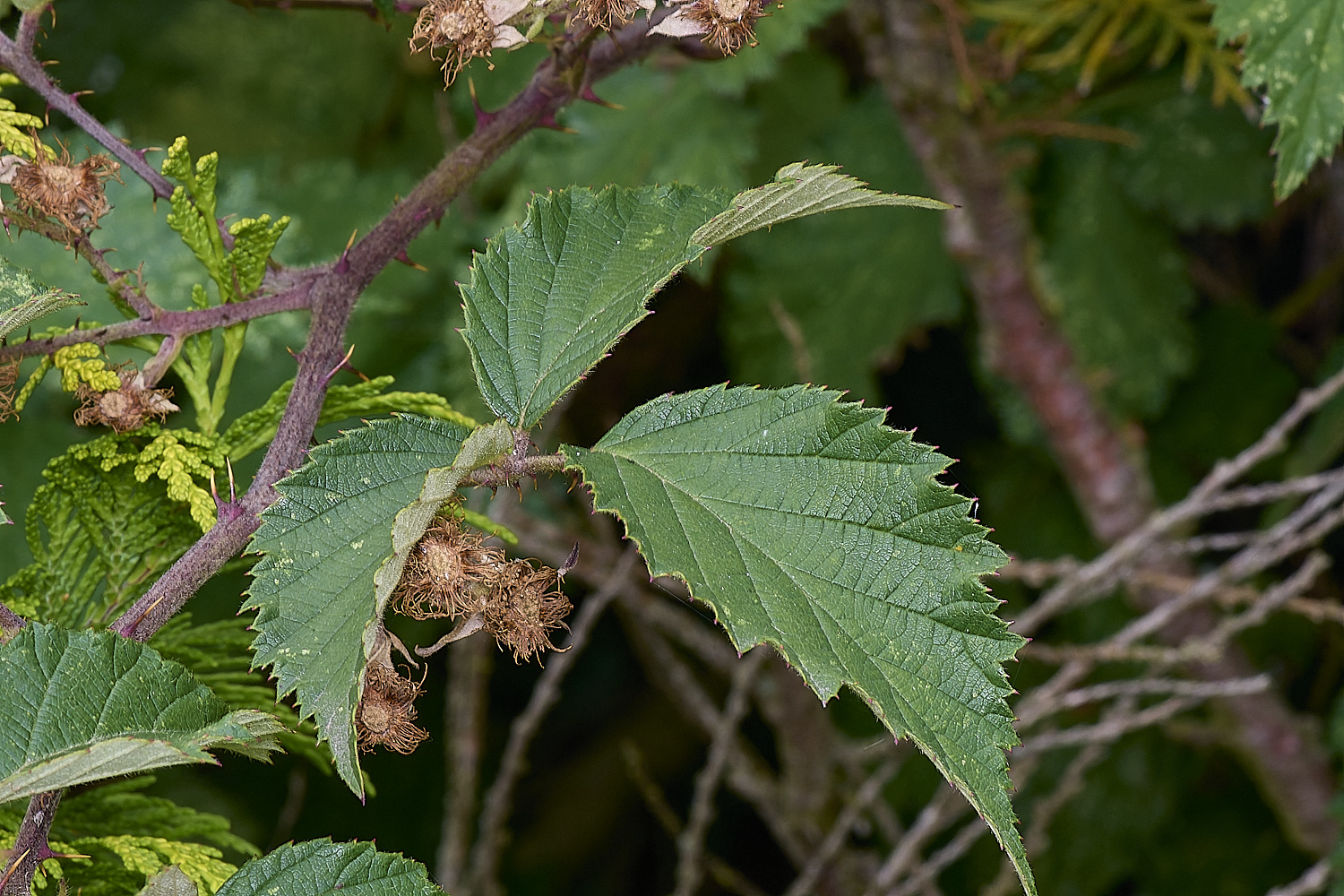
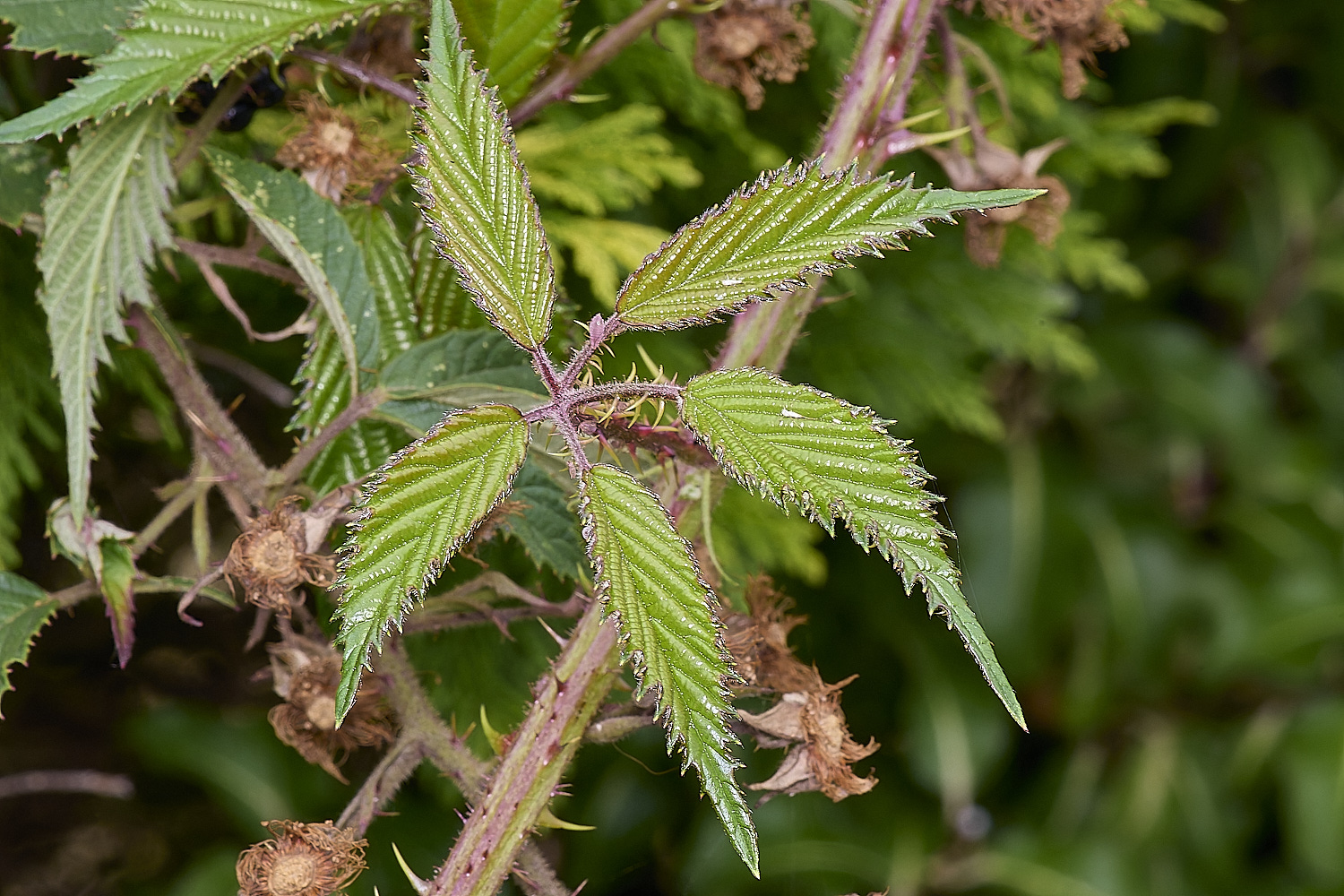
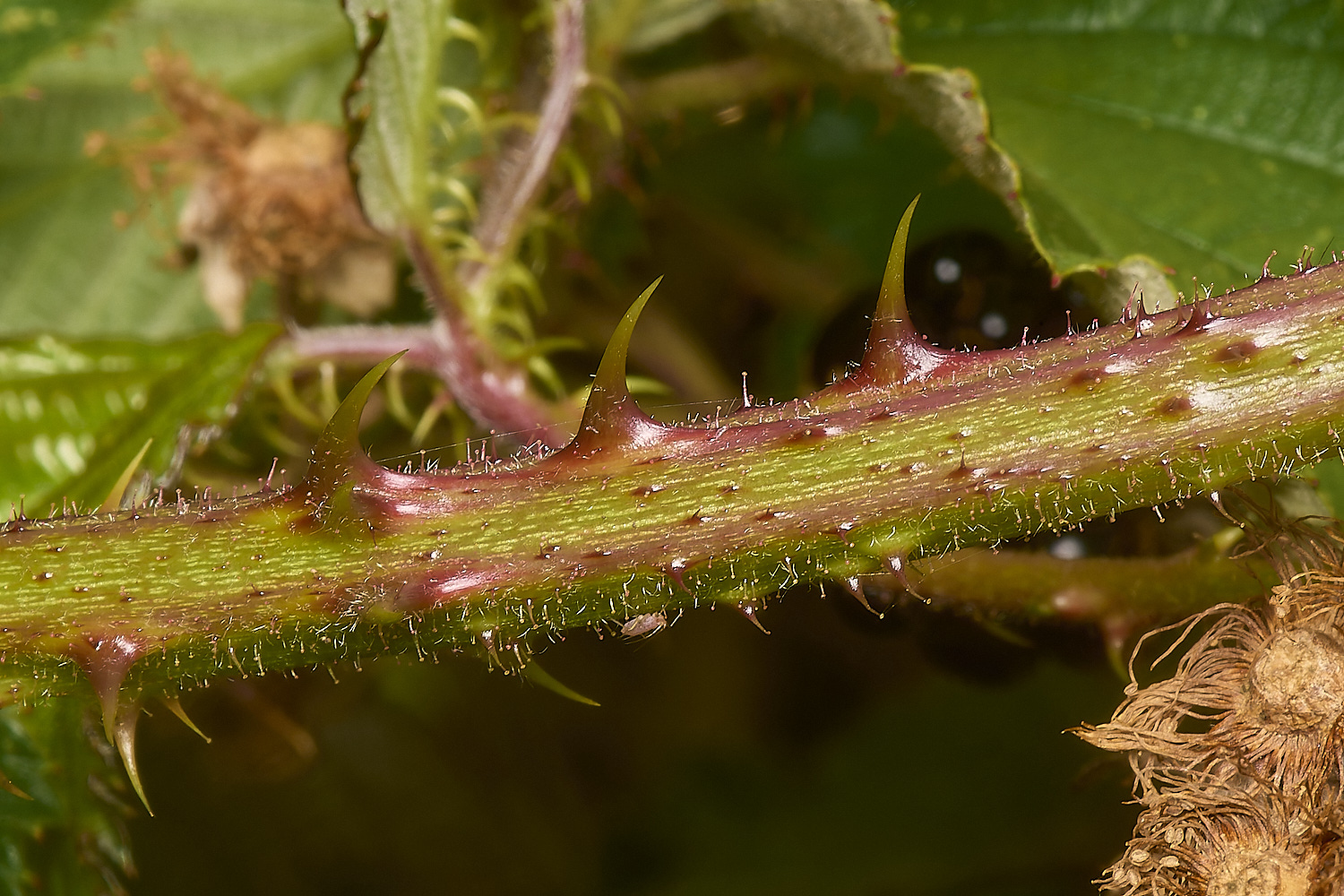
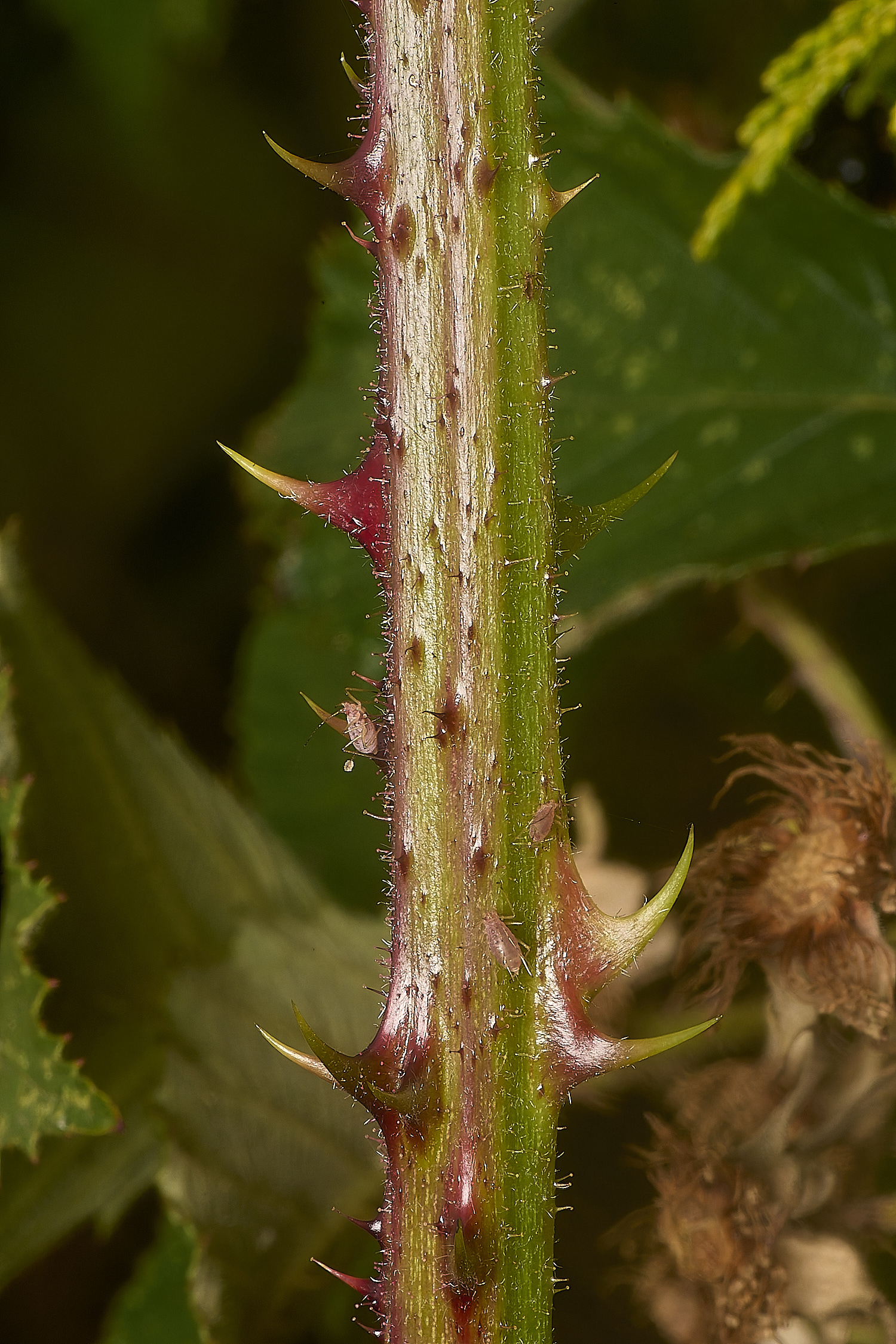
Completely forgot to write this one down.
Rubus Sp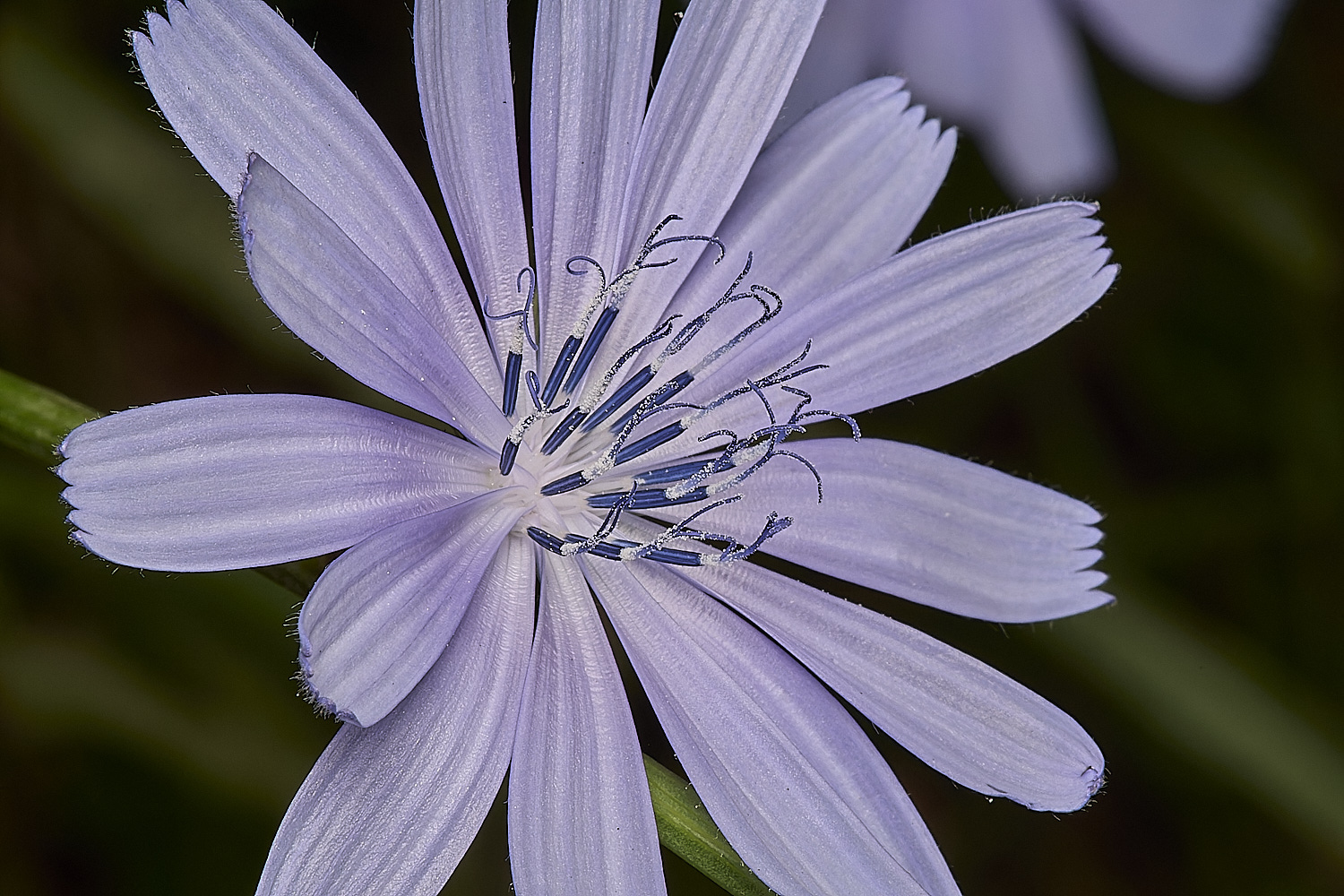
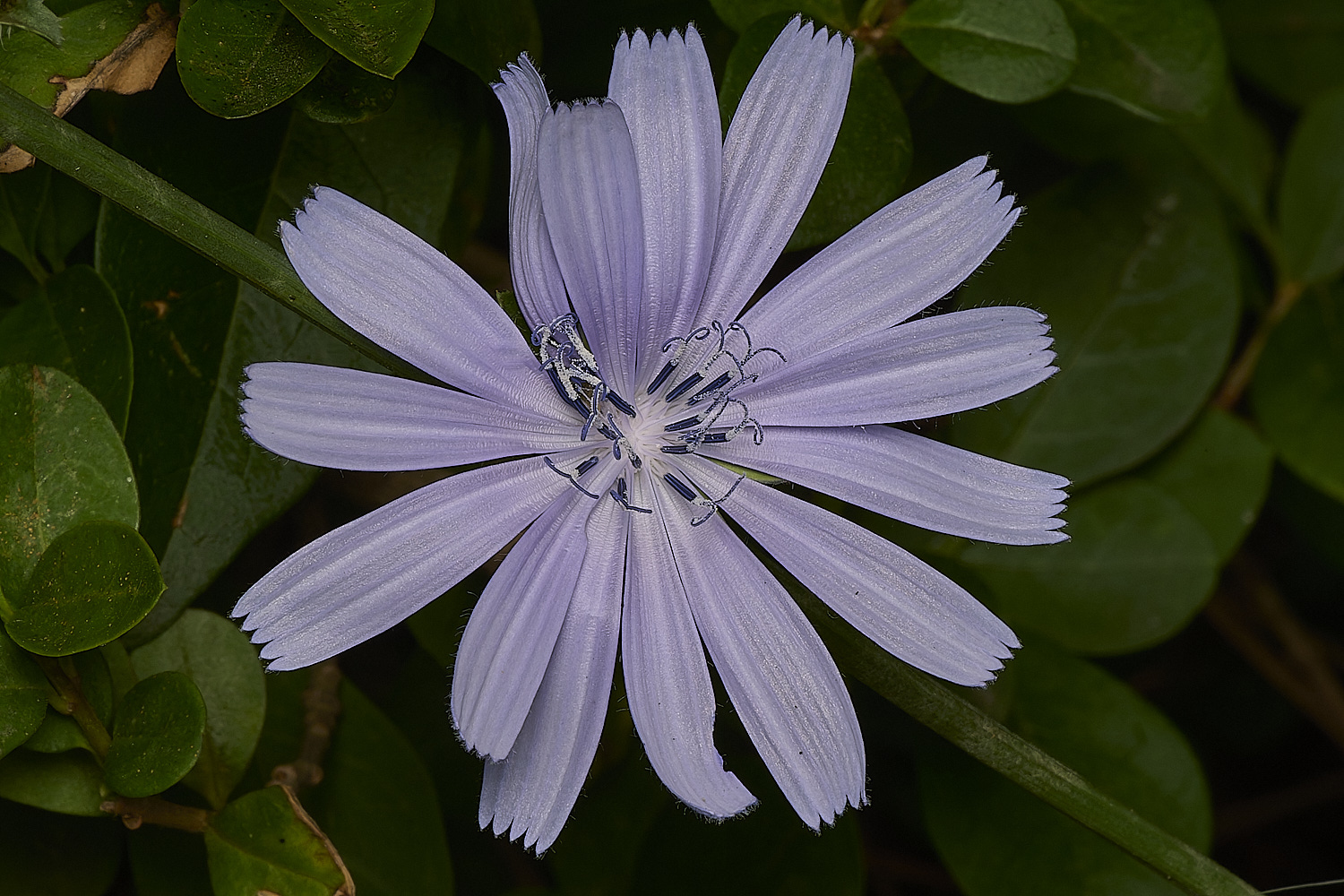
Chicory (Cichorium intobus)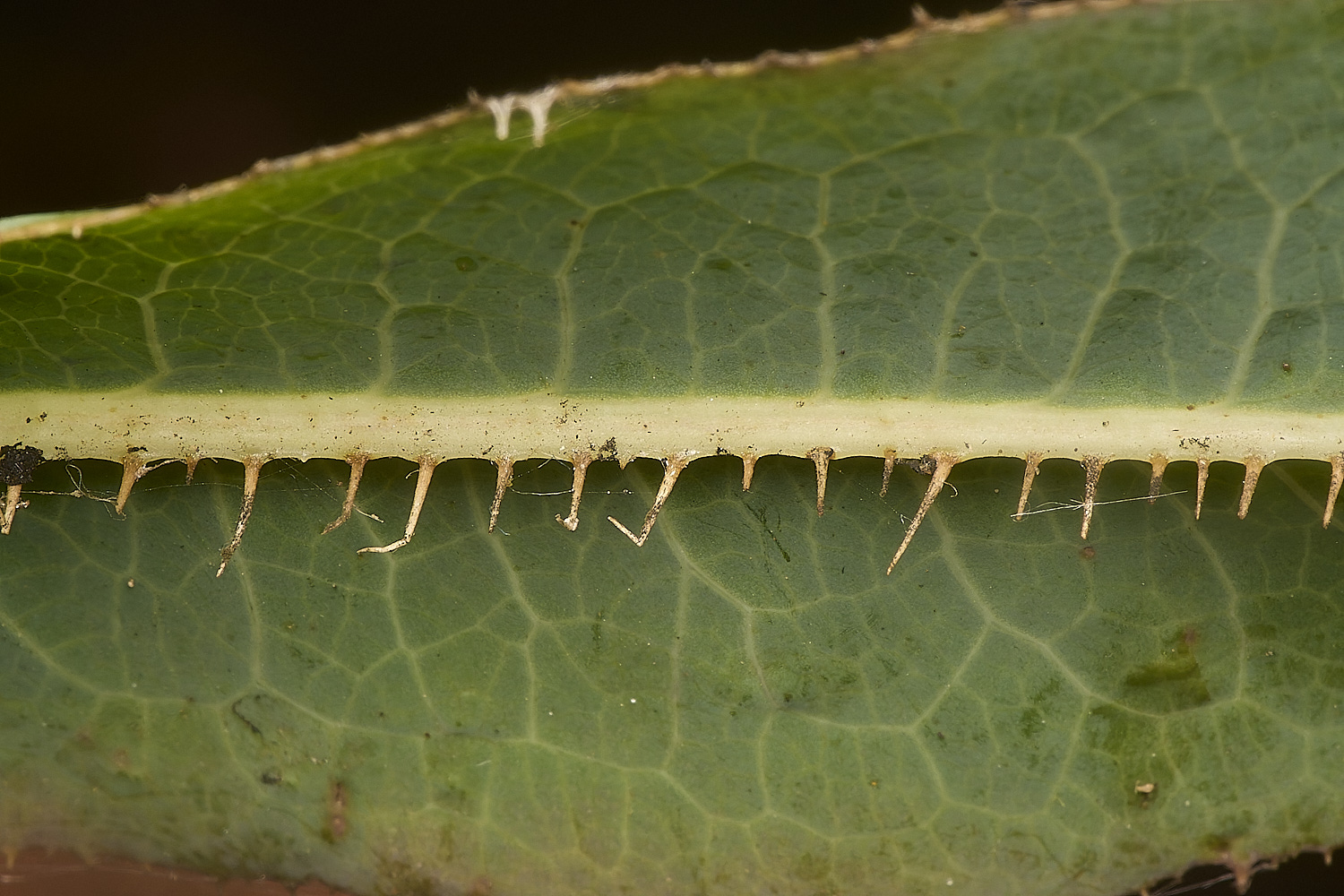
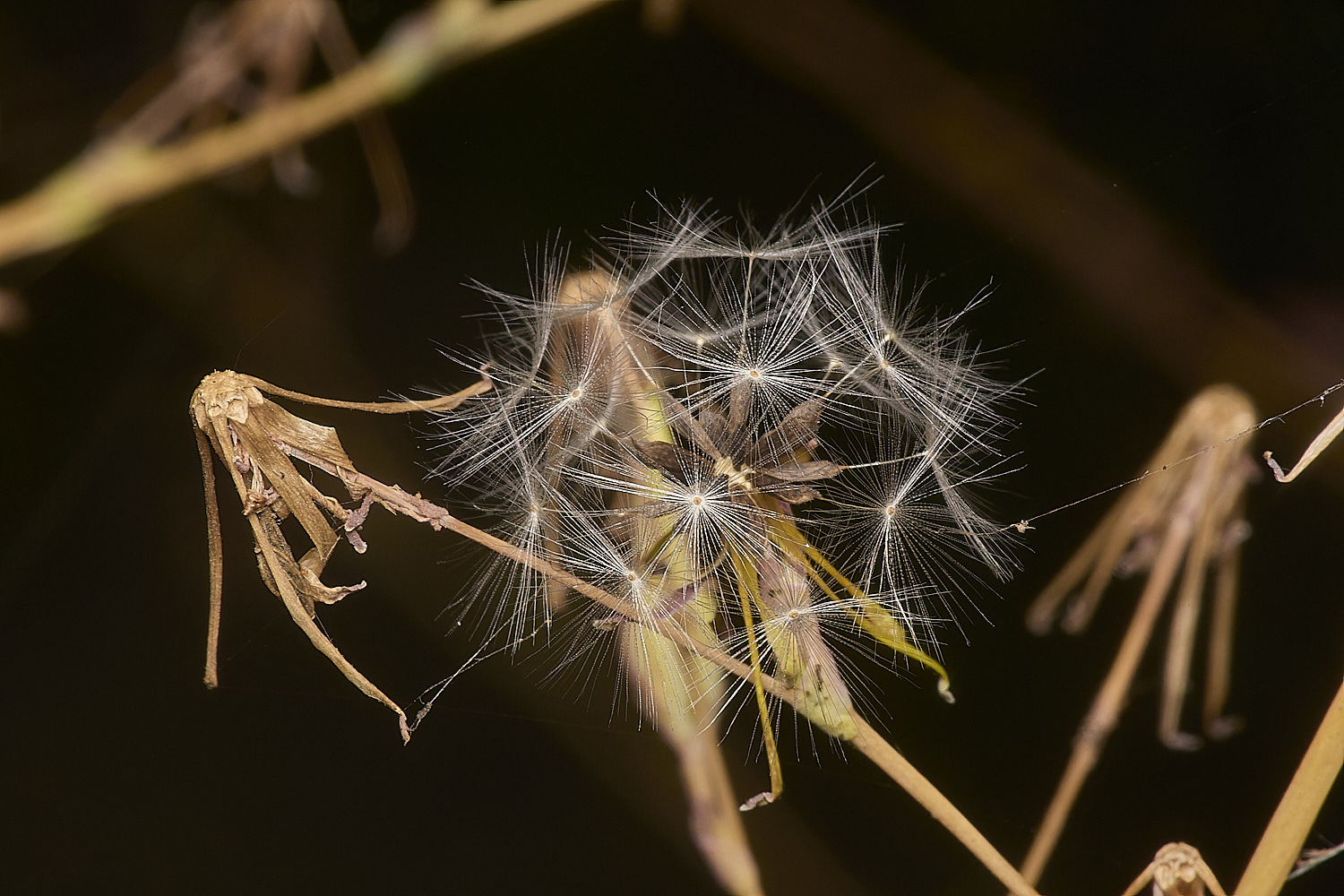

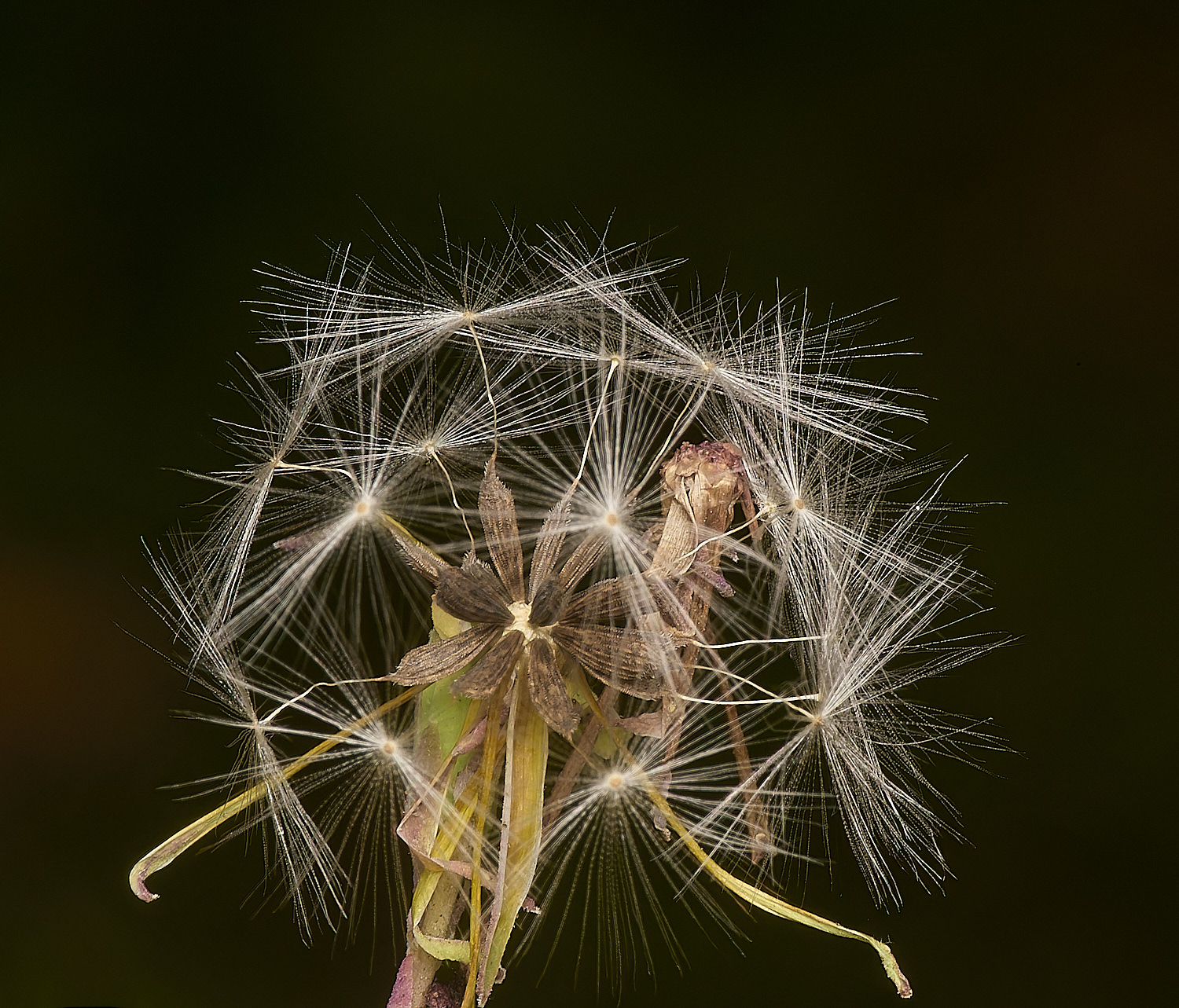
Prickly lettuce (Lactuca serriola)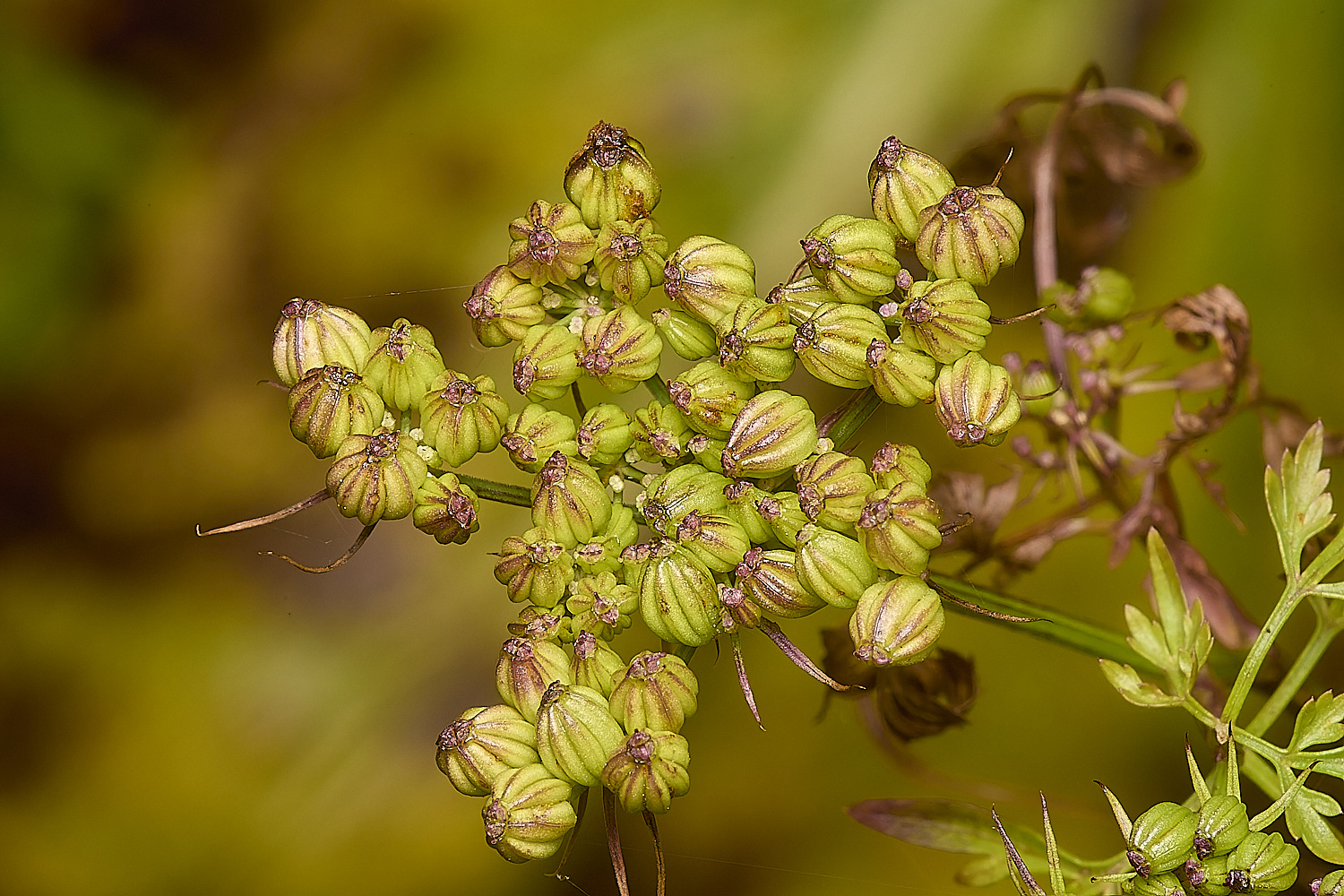
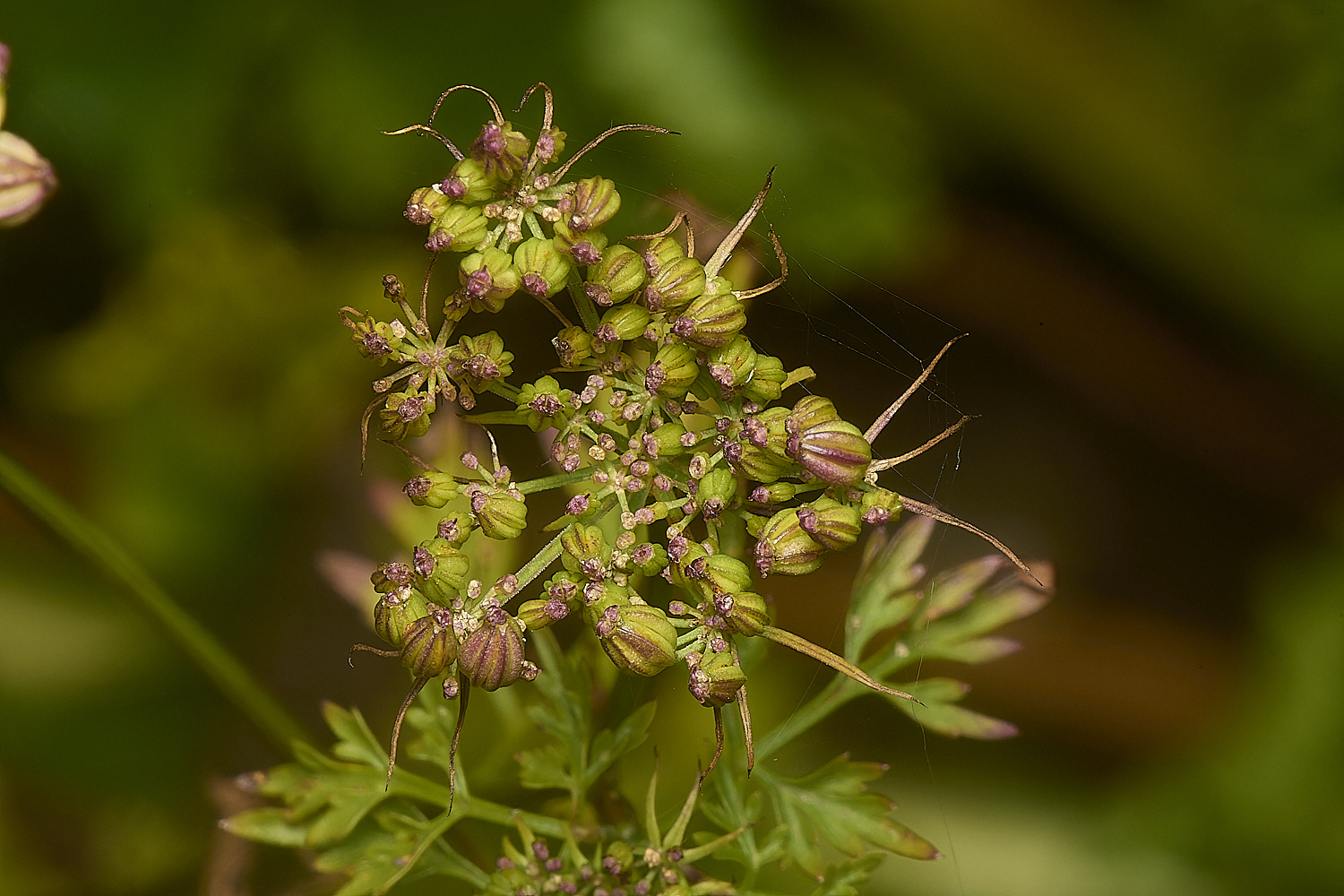
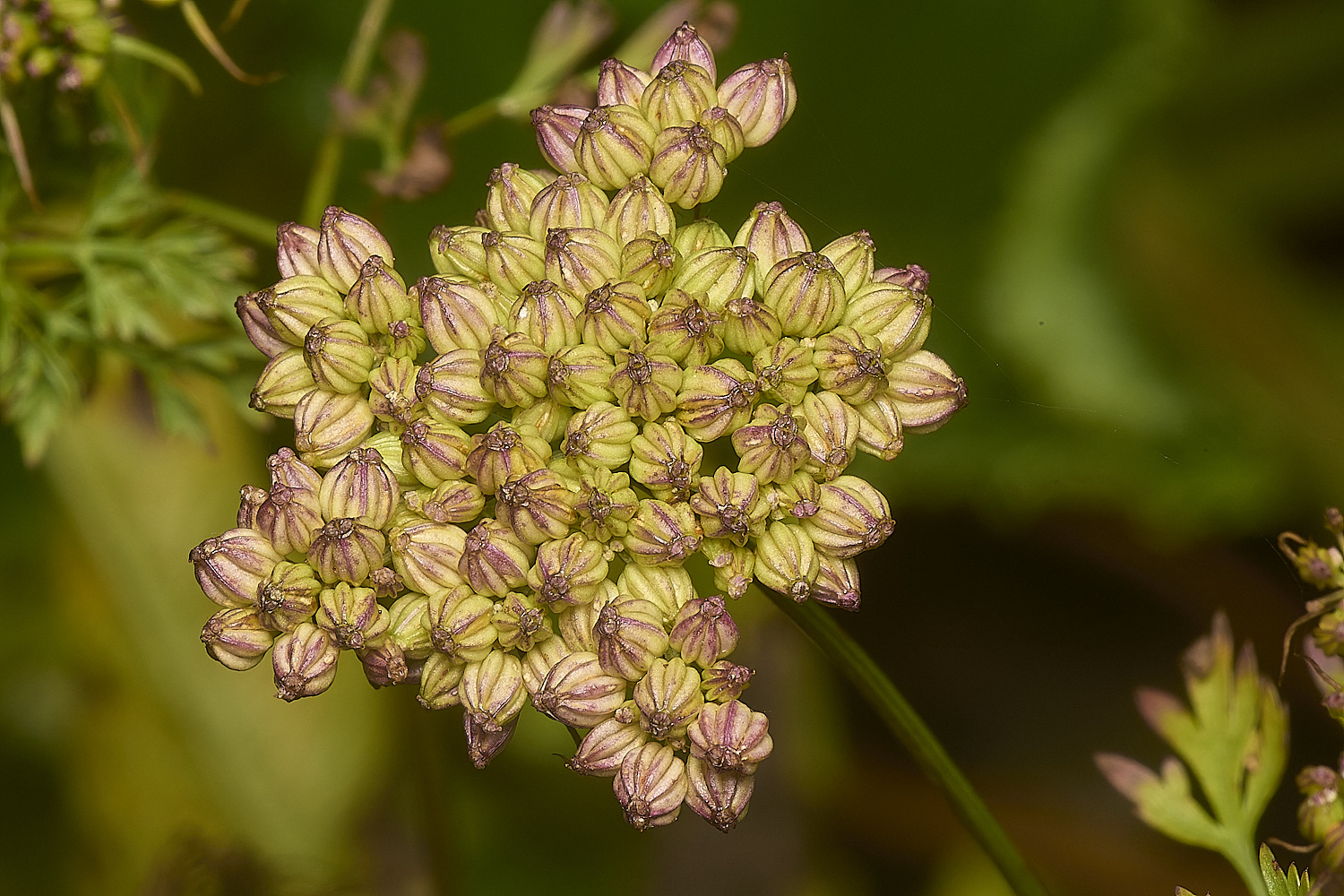
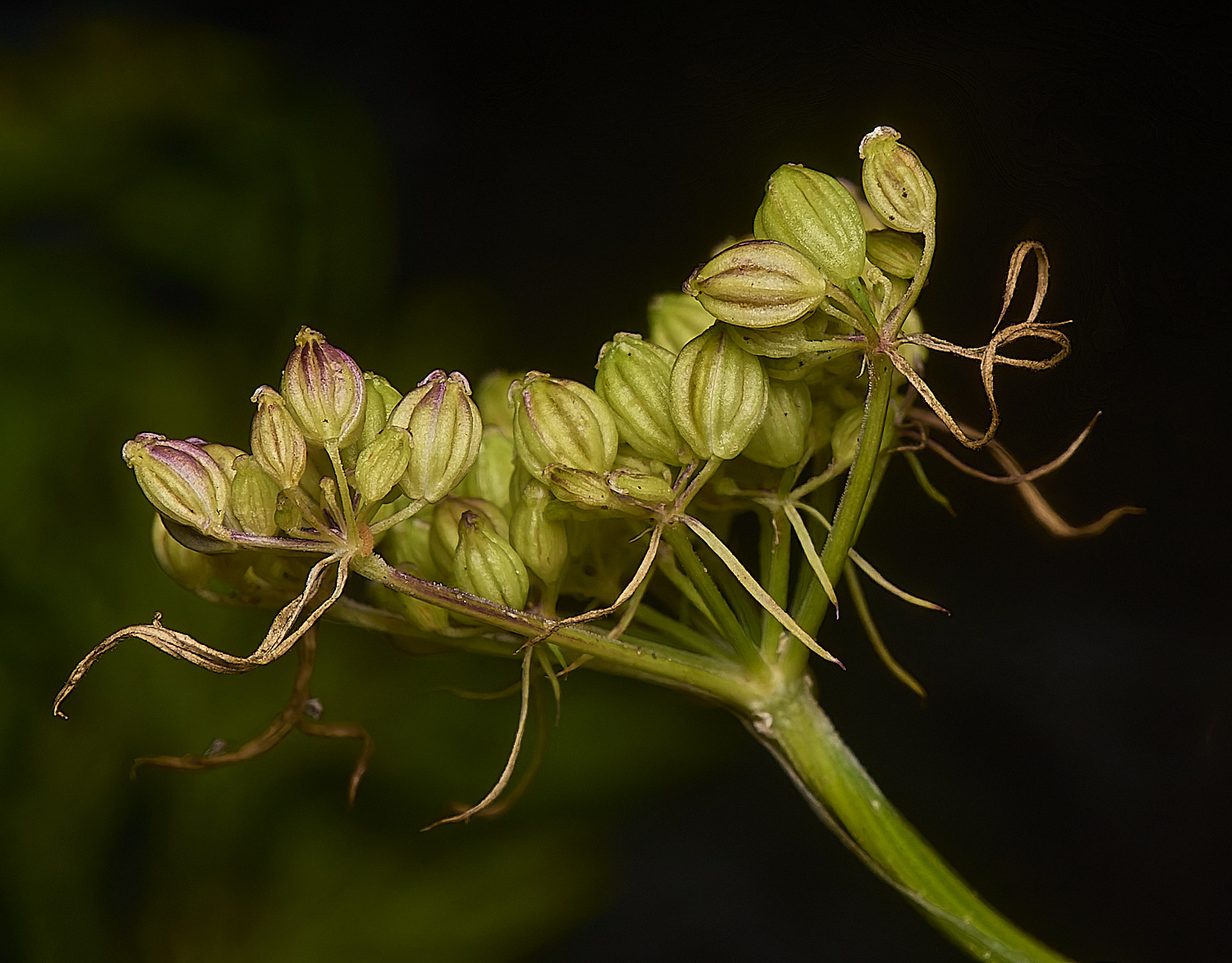
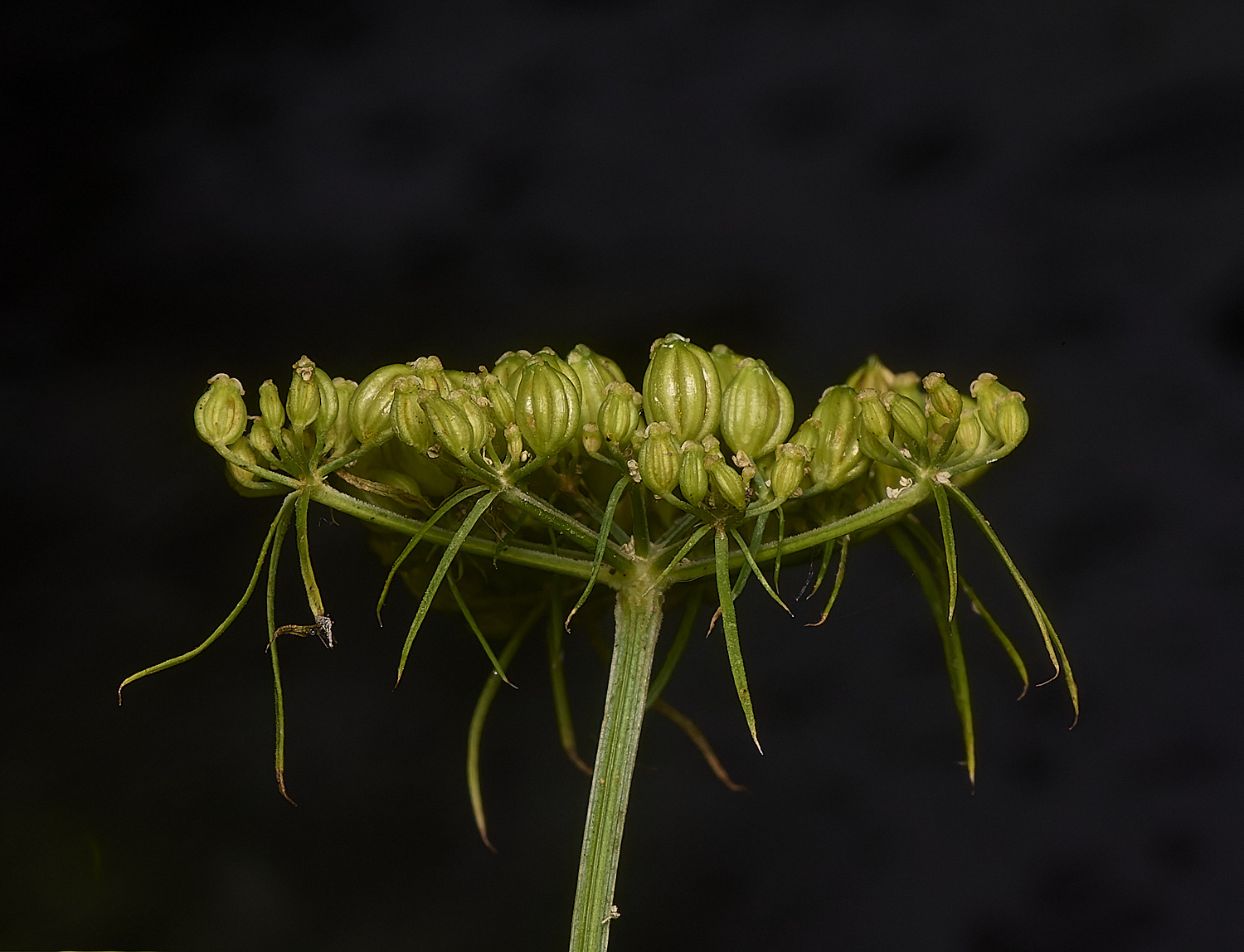
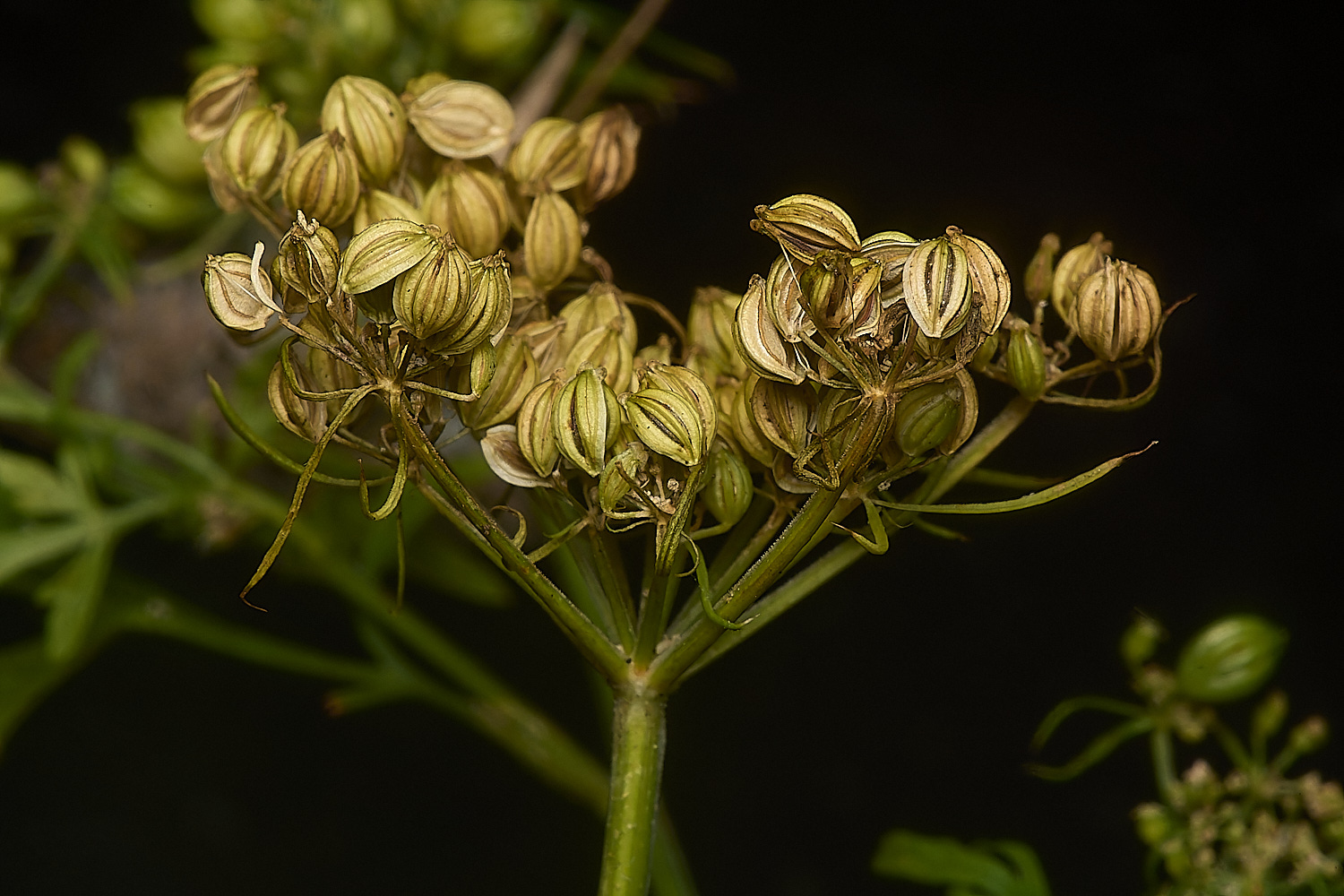
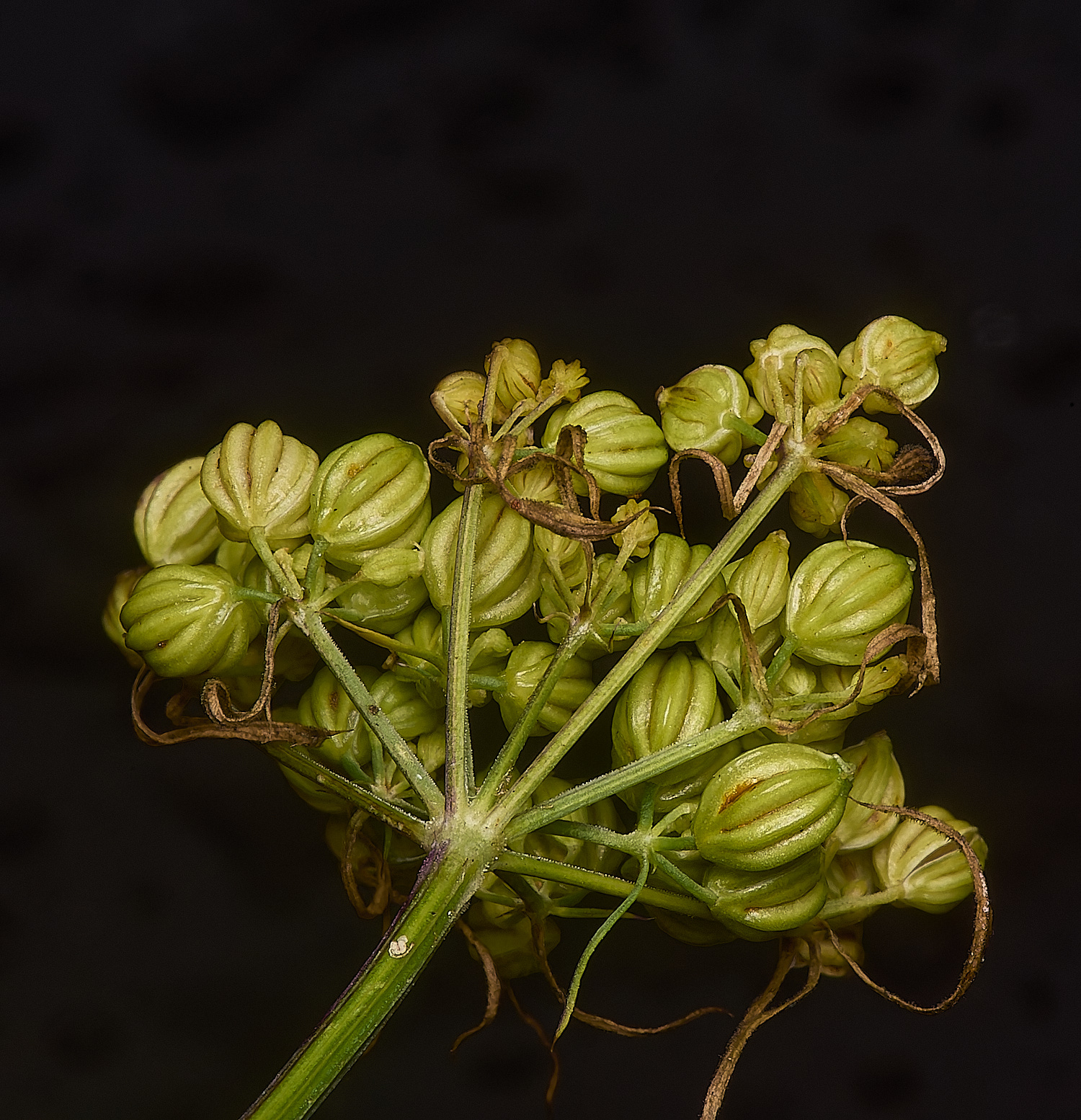
Fool's Parsley (Aethusa cynapium)
Titchwell
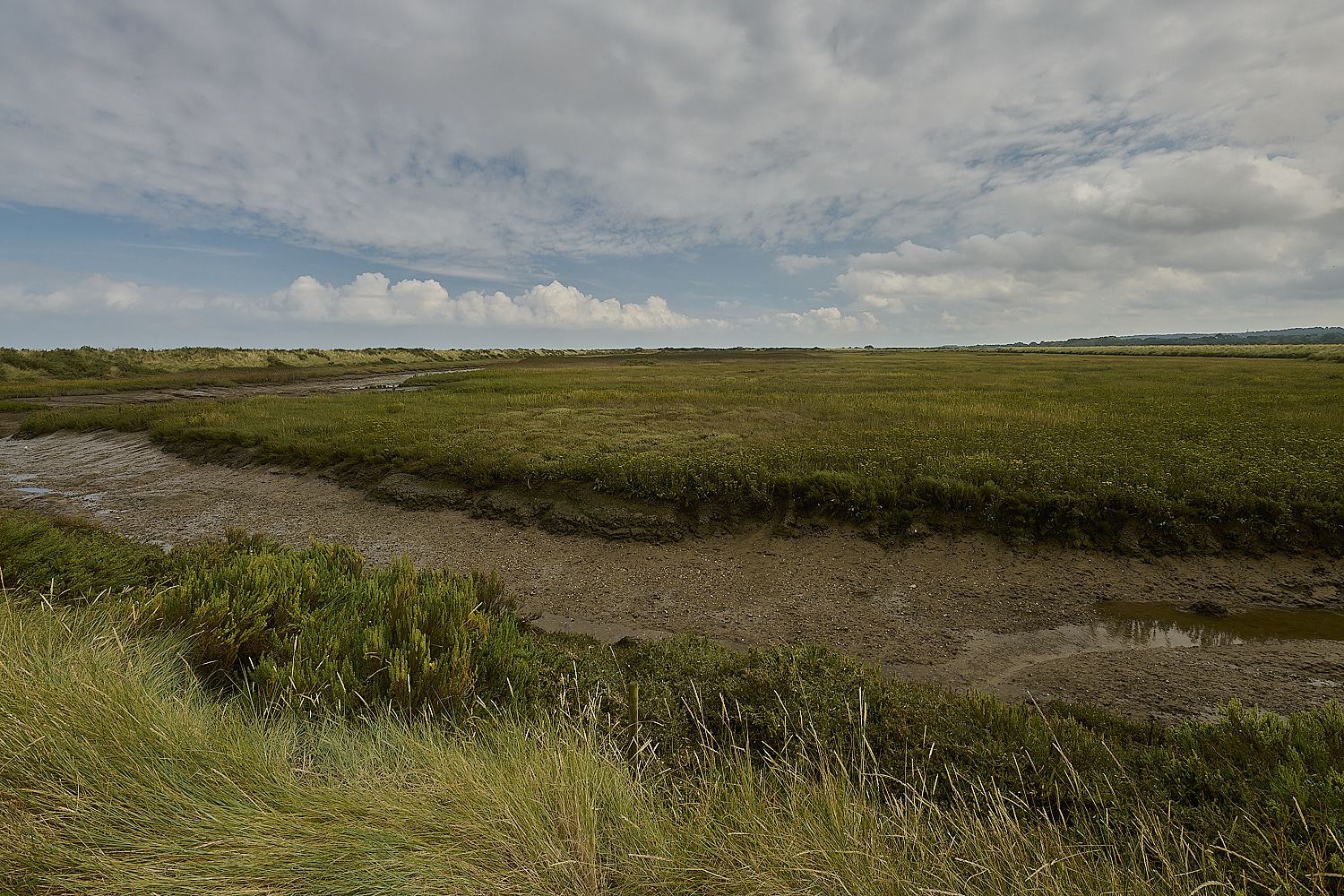
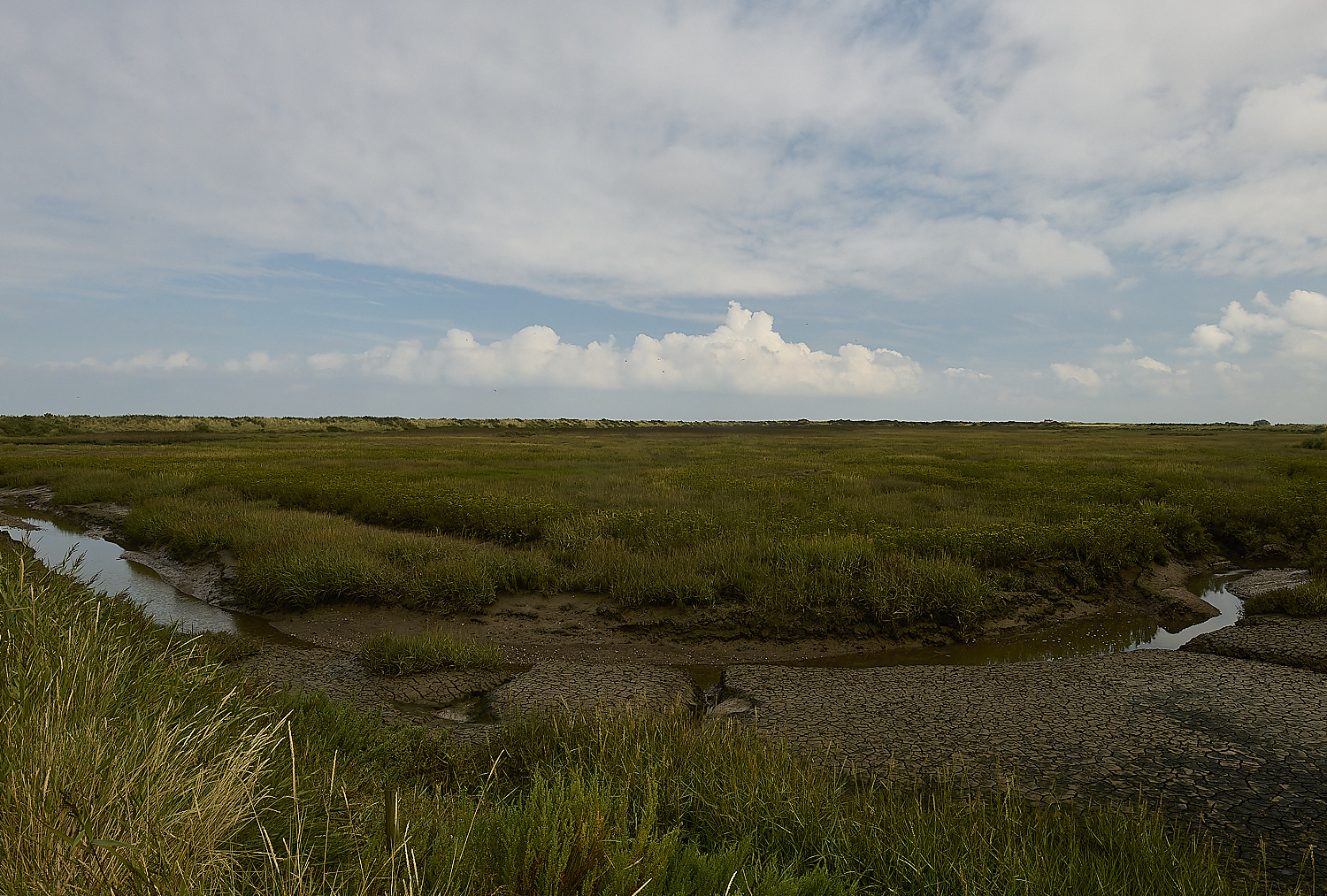
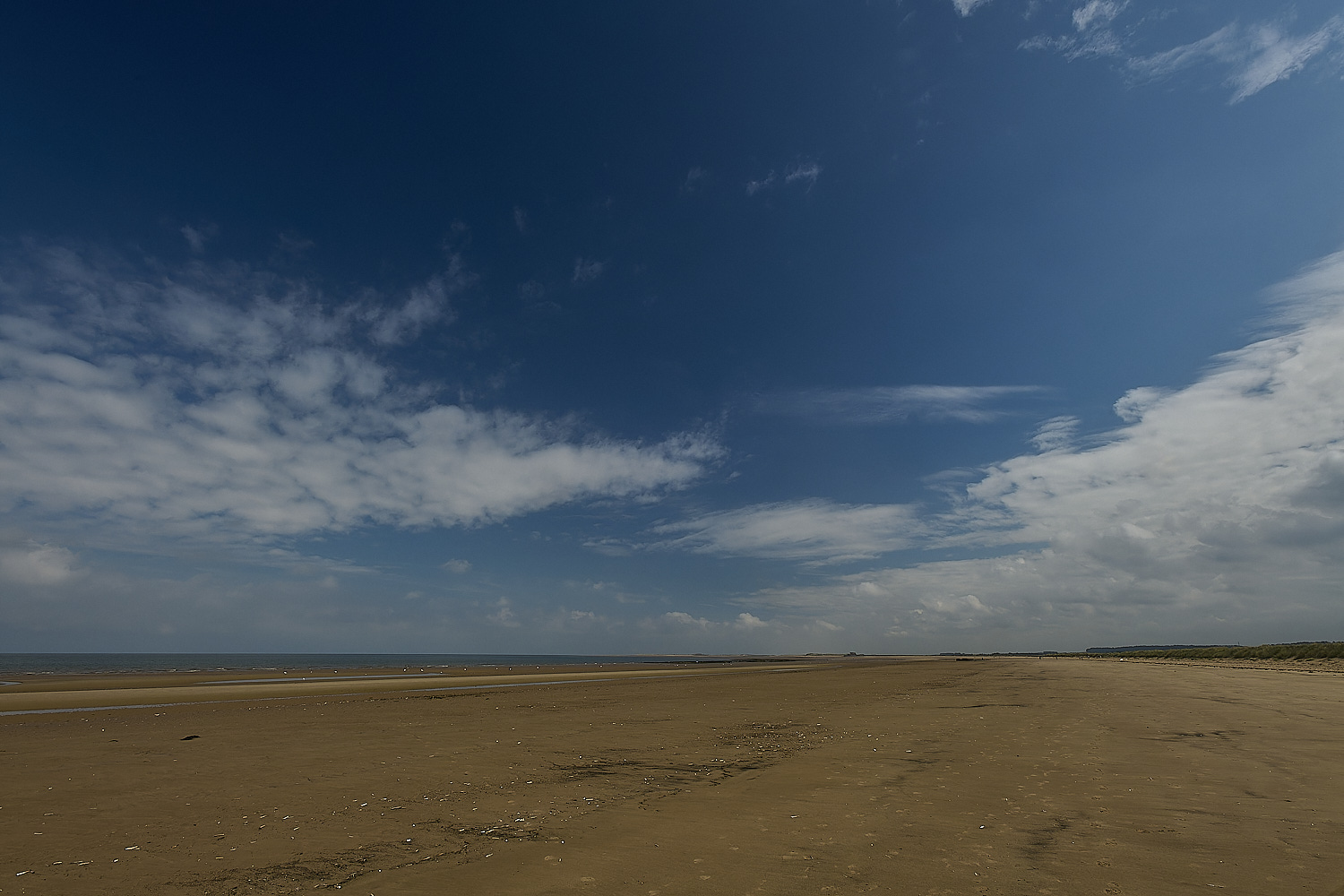
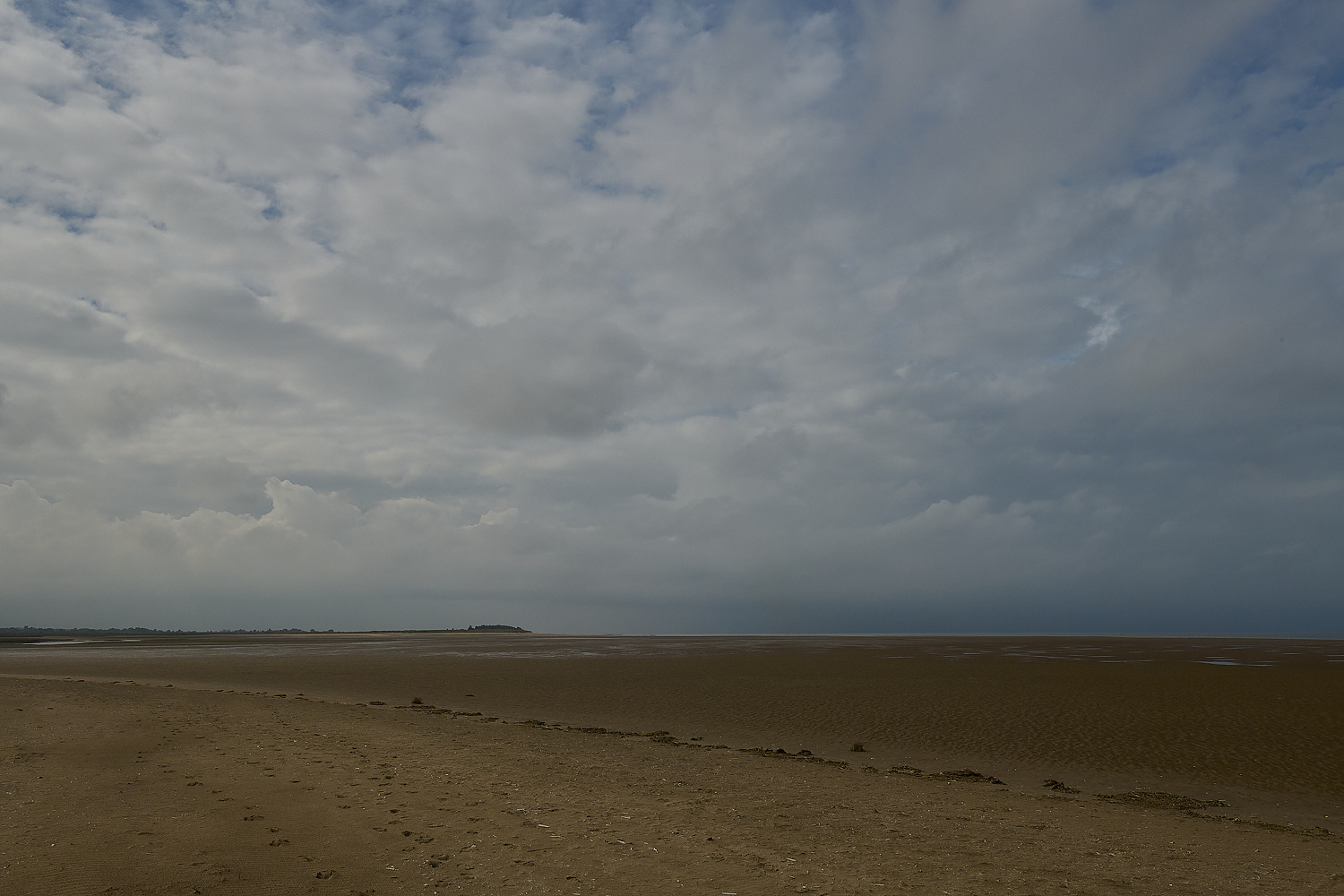
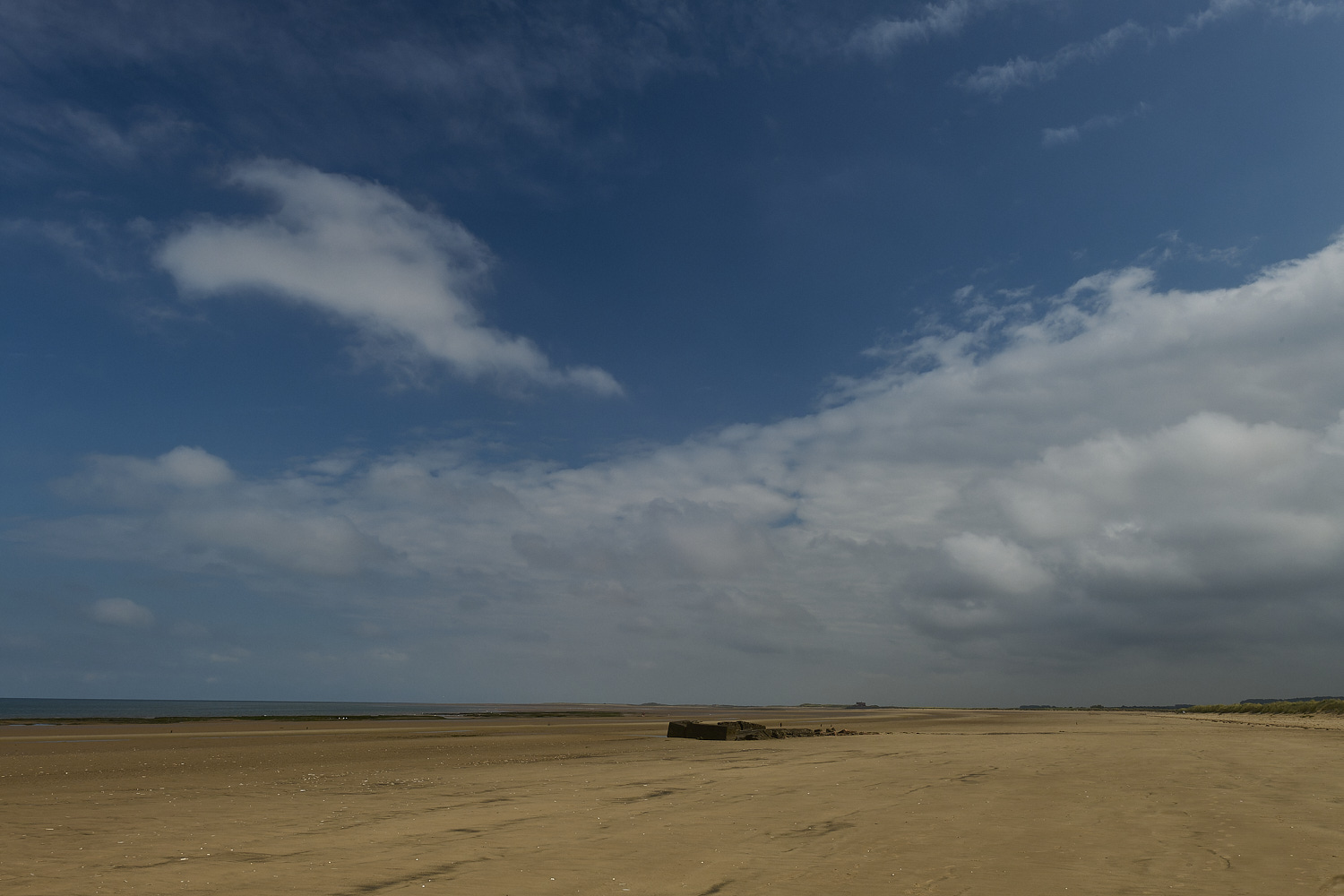
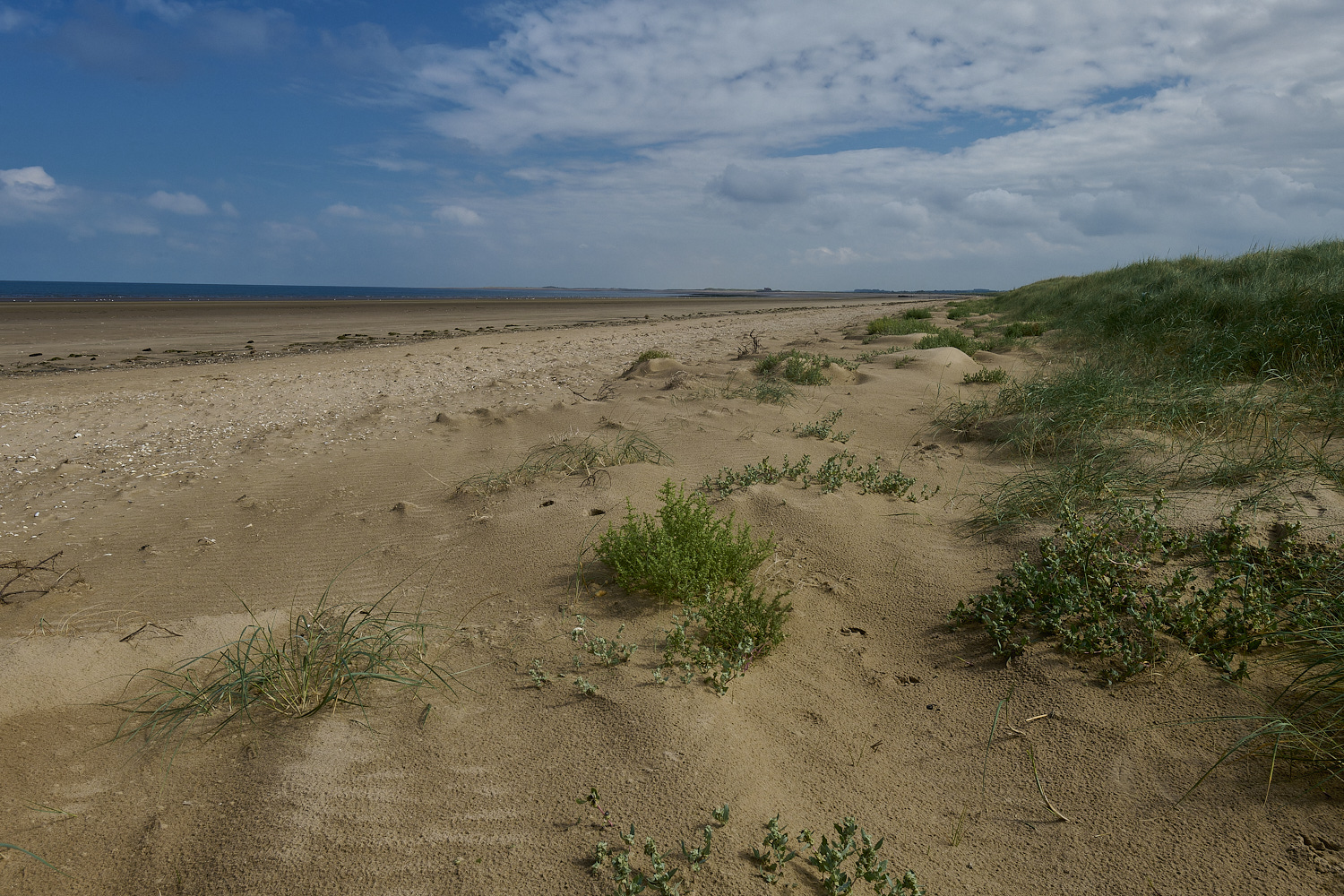
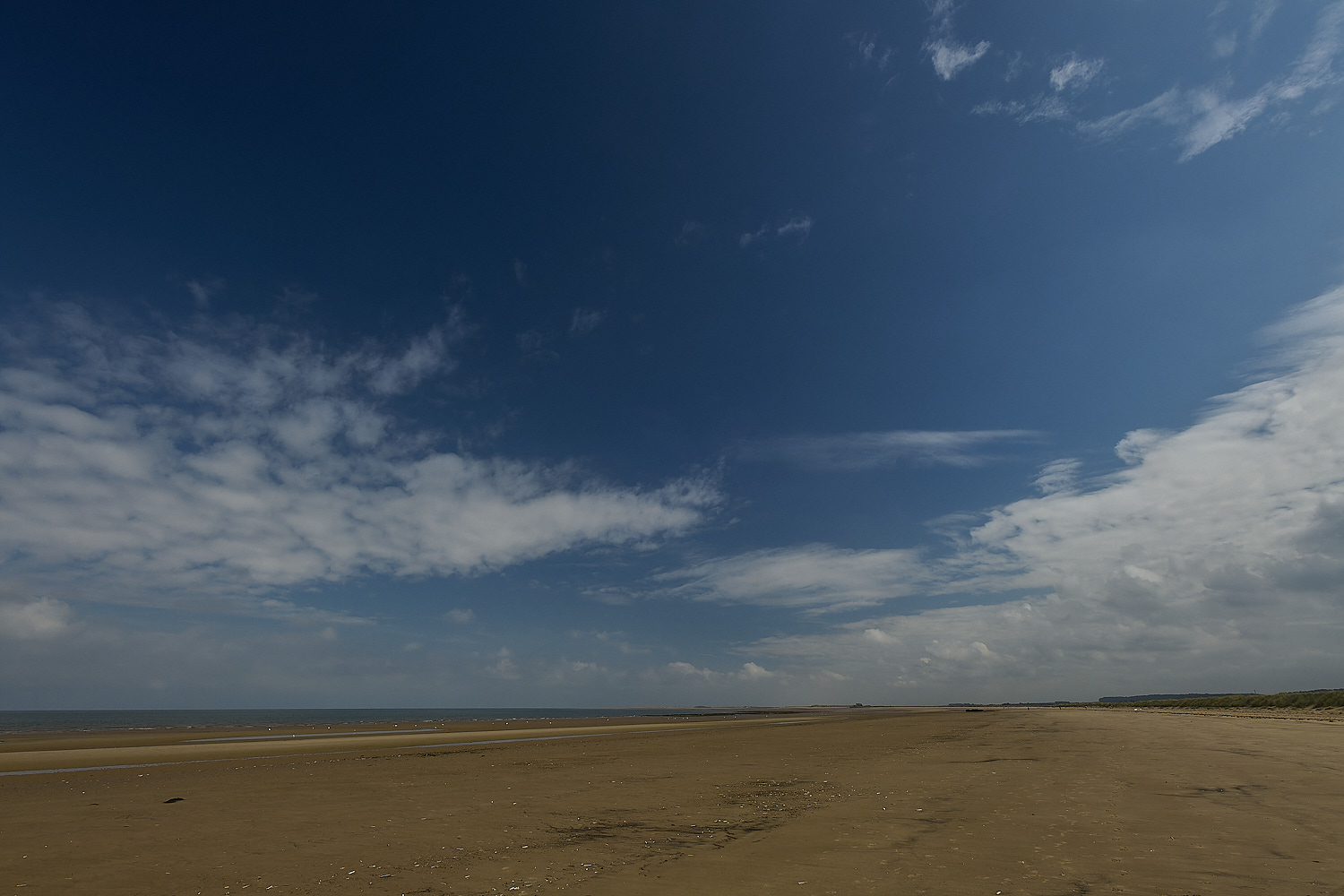
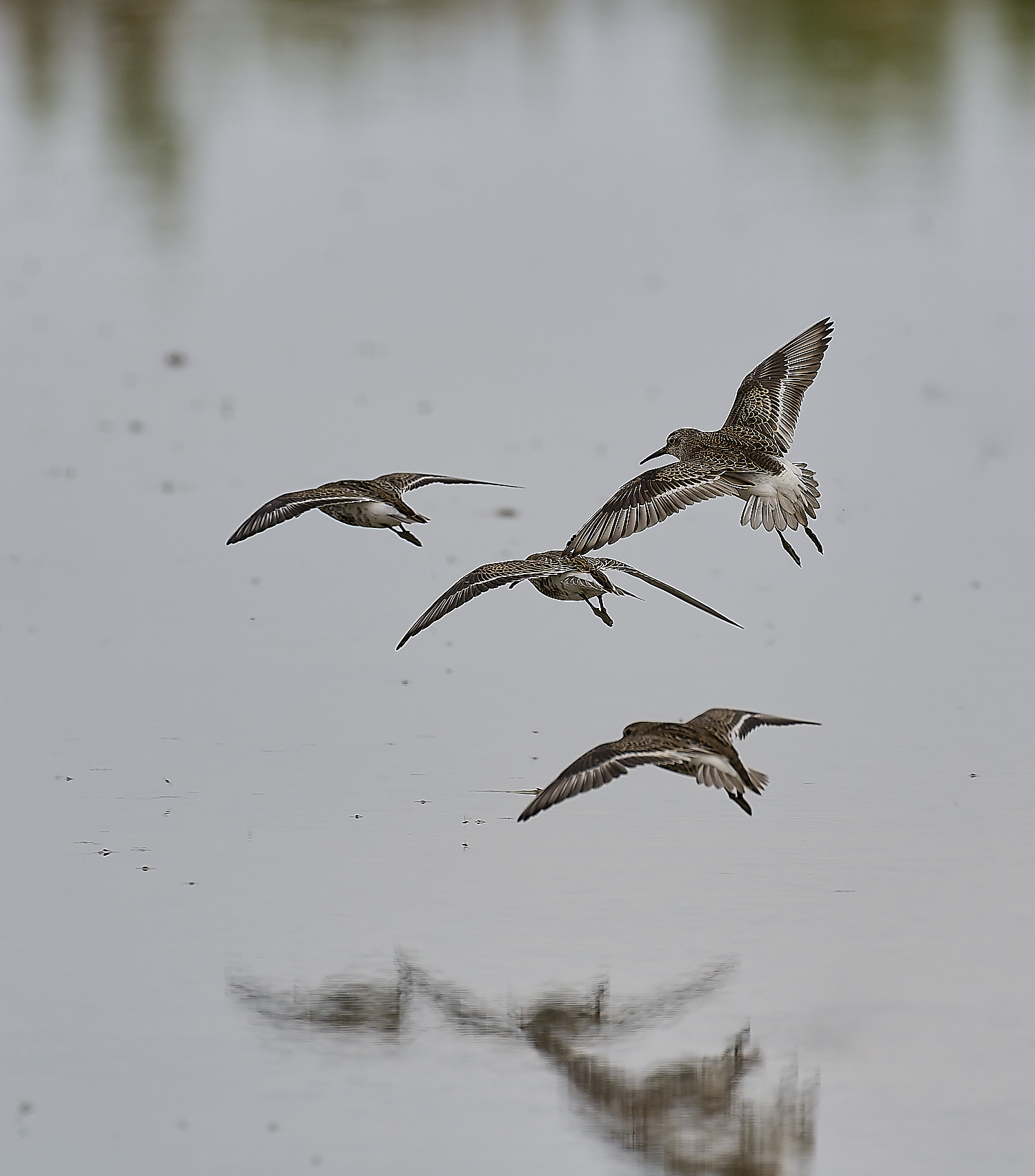
Curlew Sandpiper in flight with three Dunlin (Calidris alpina)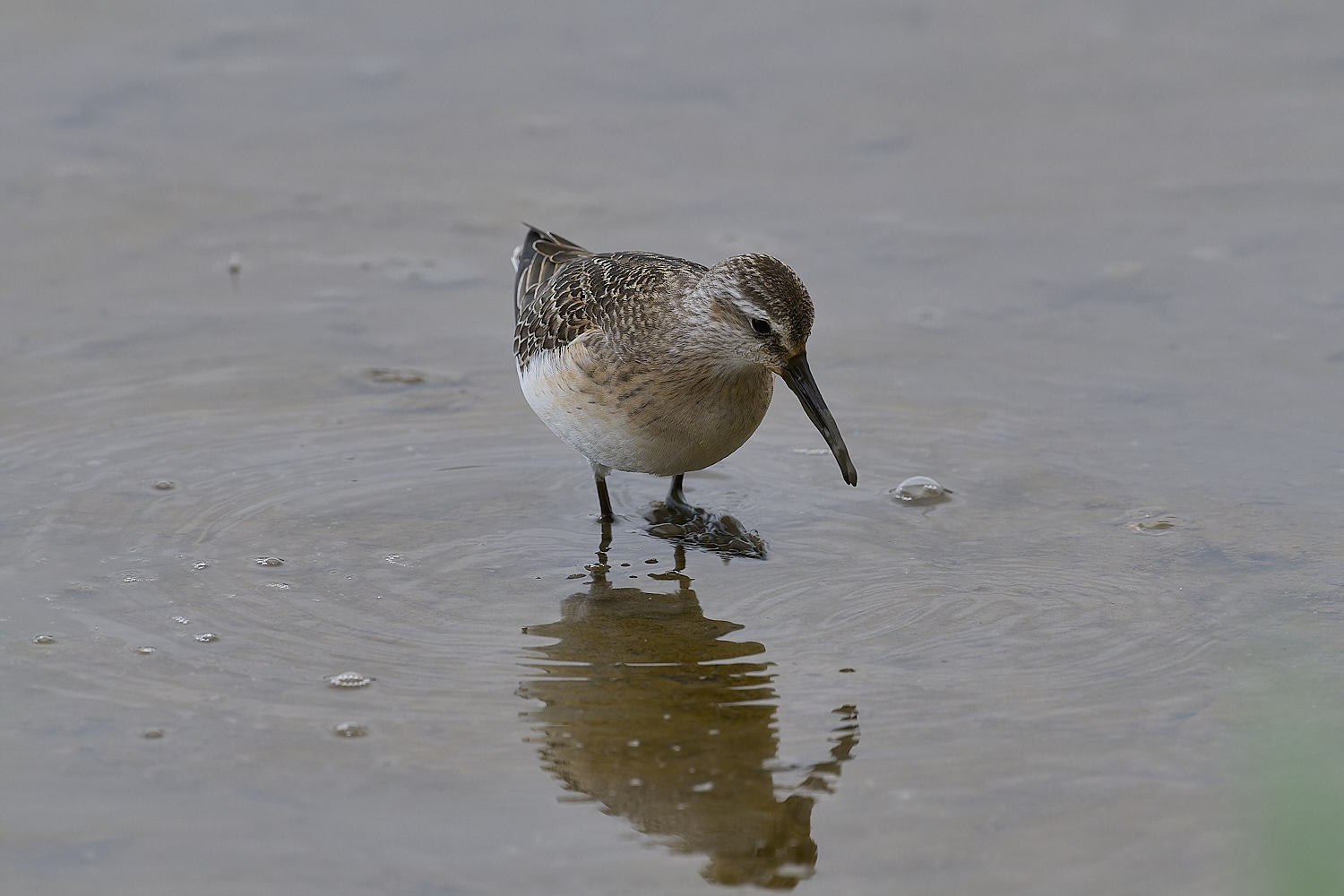
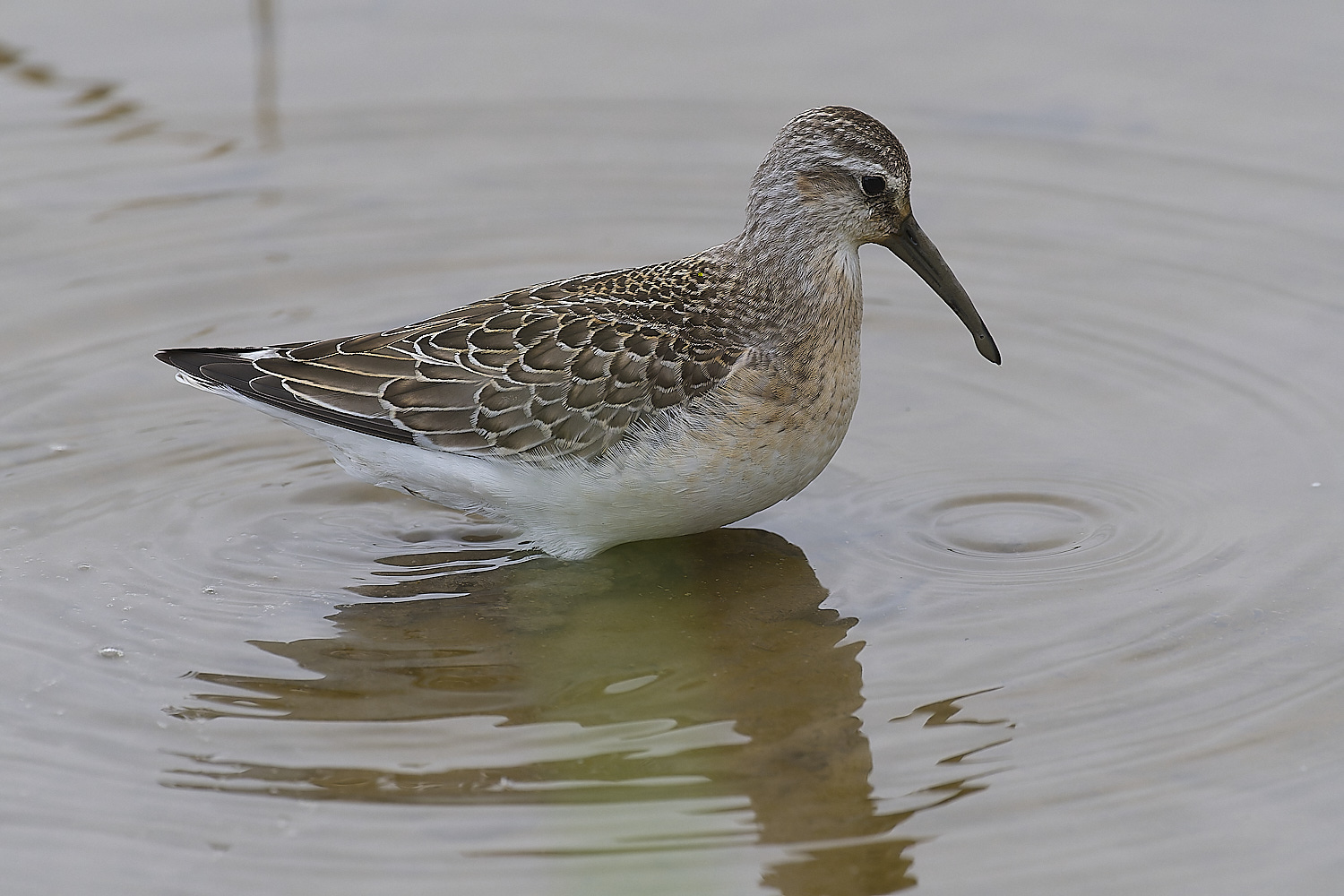
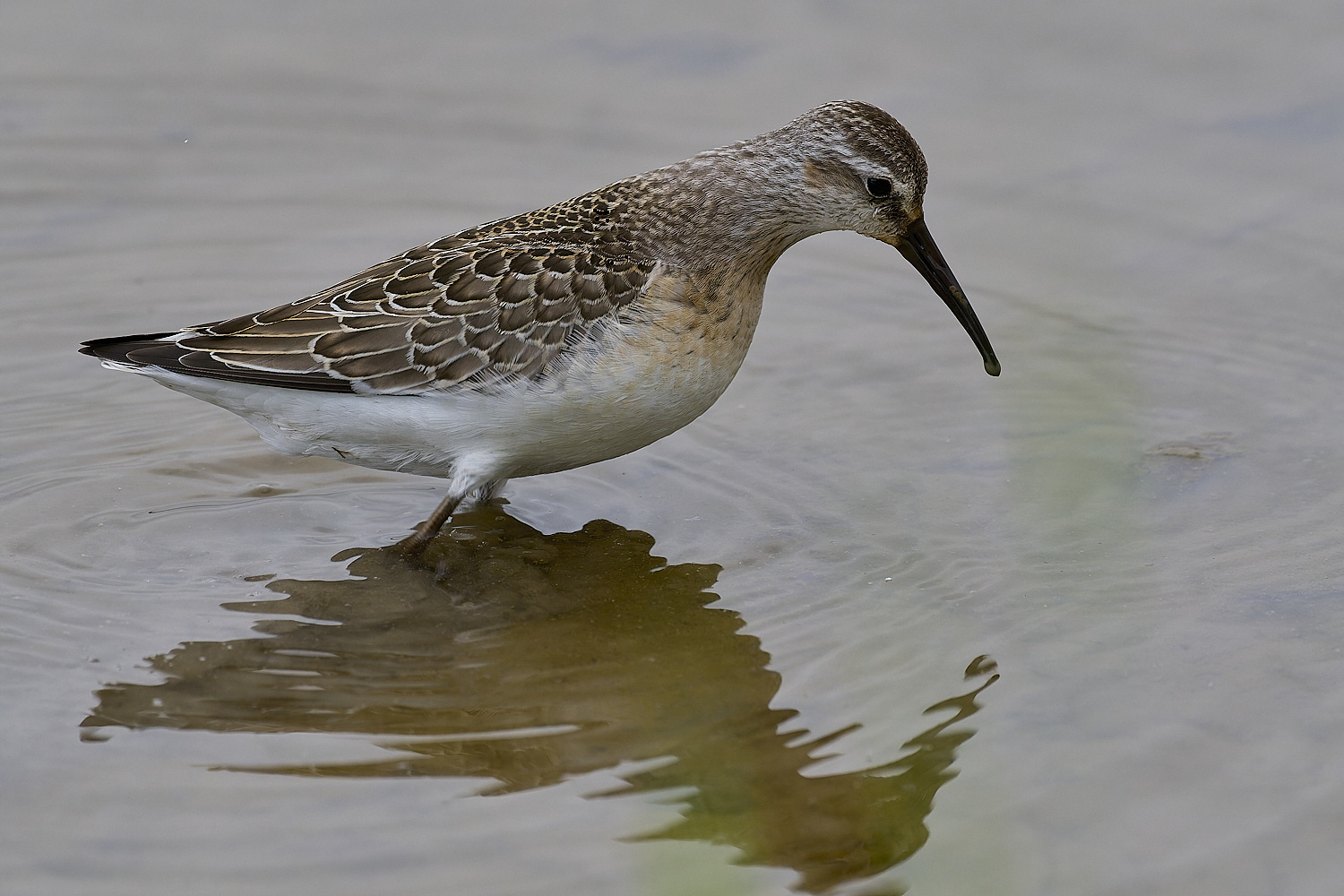
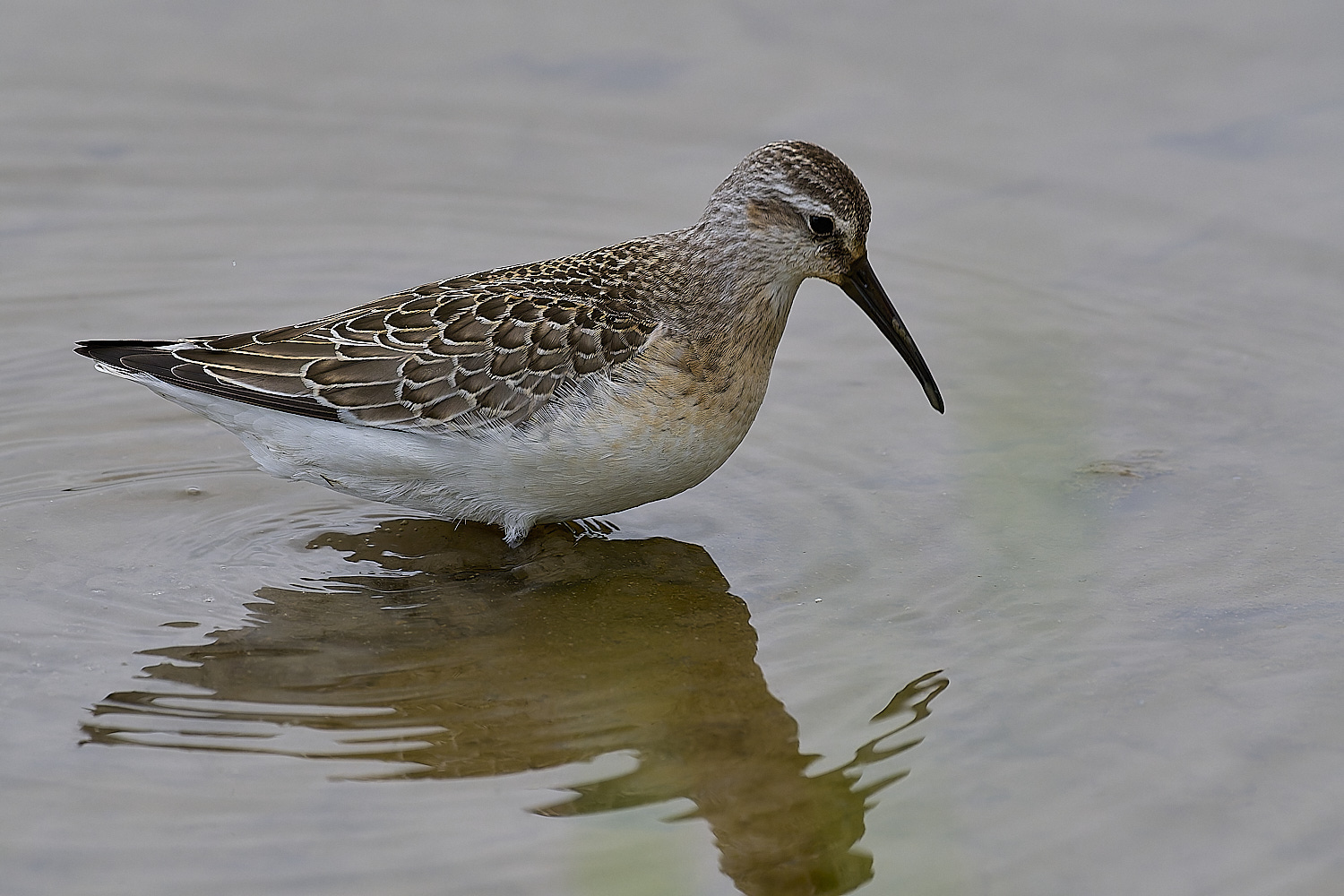
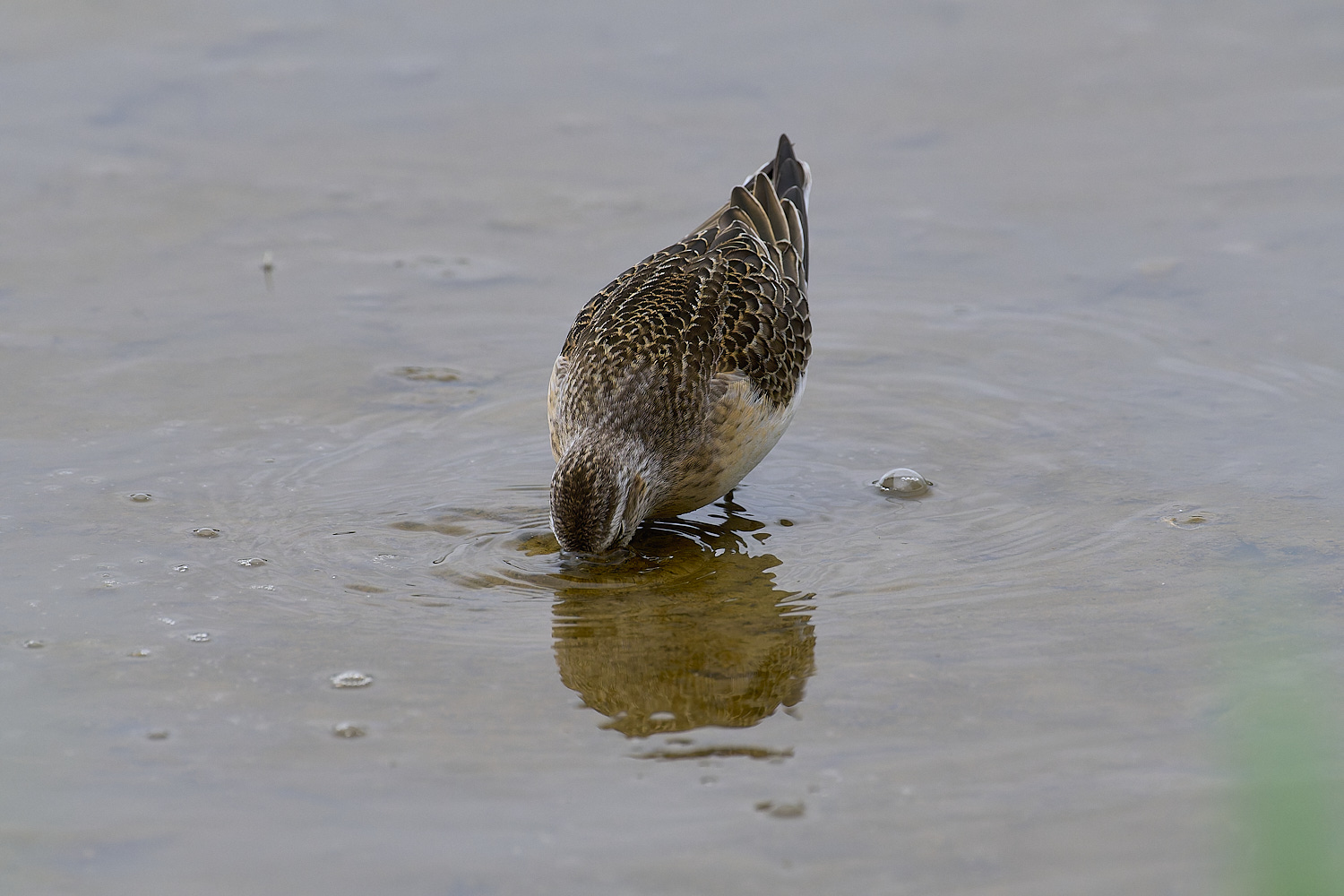
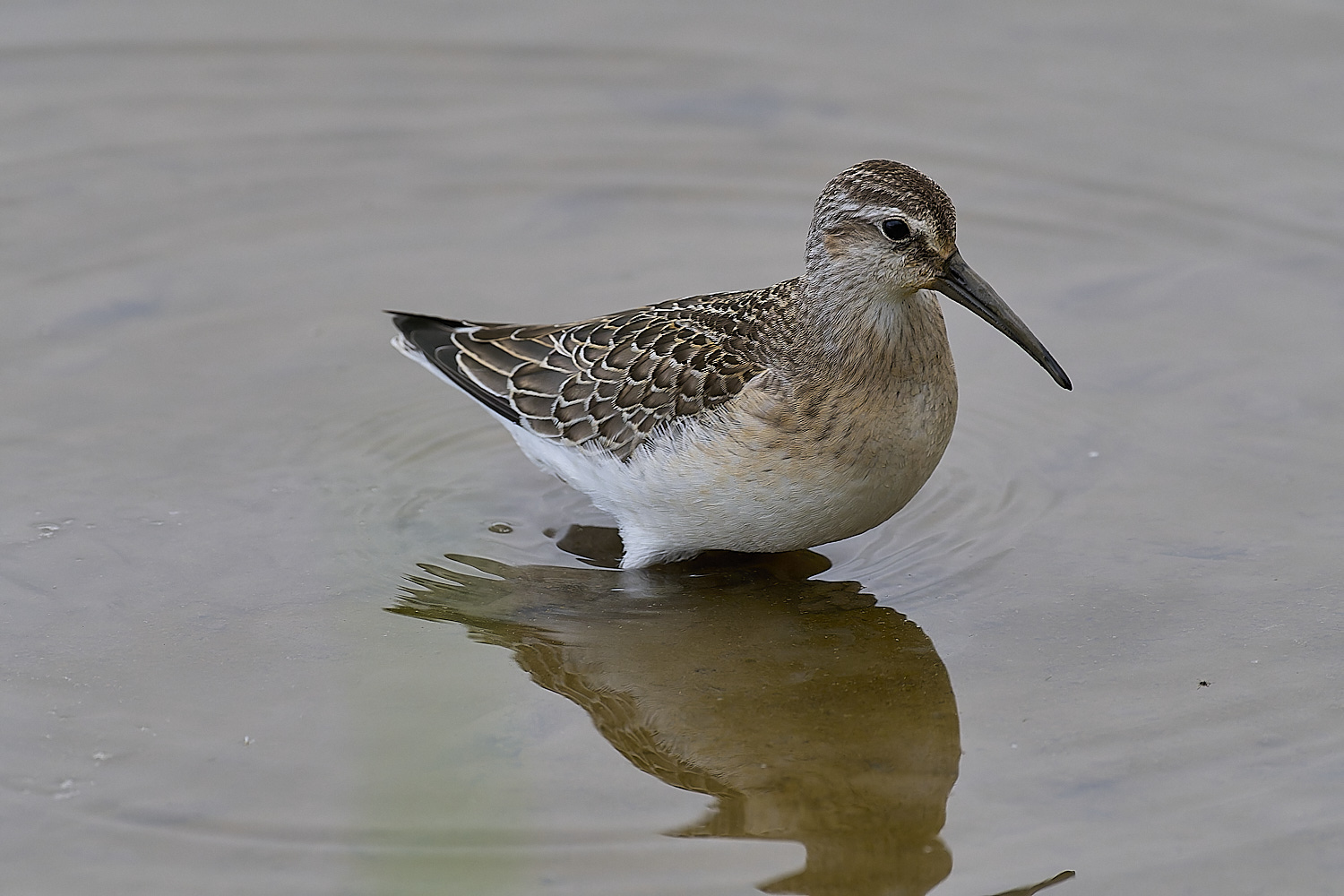
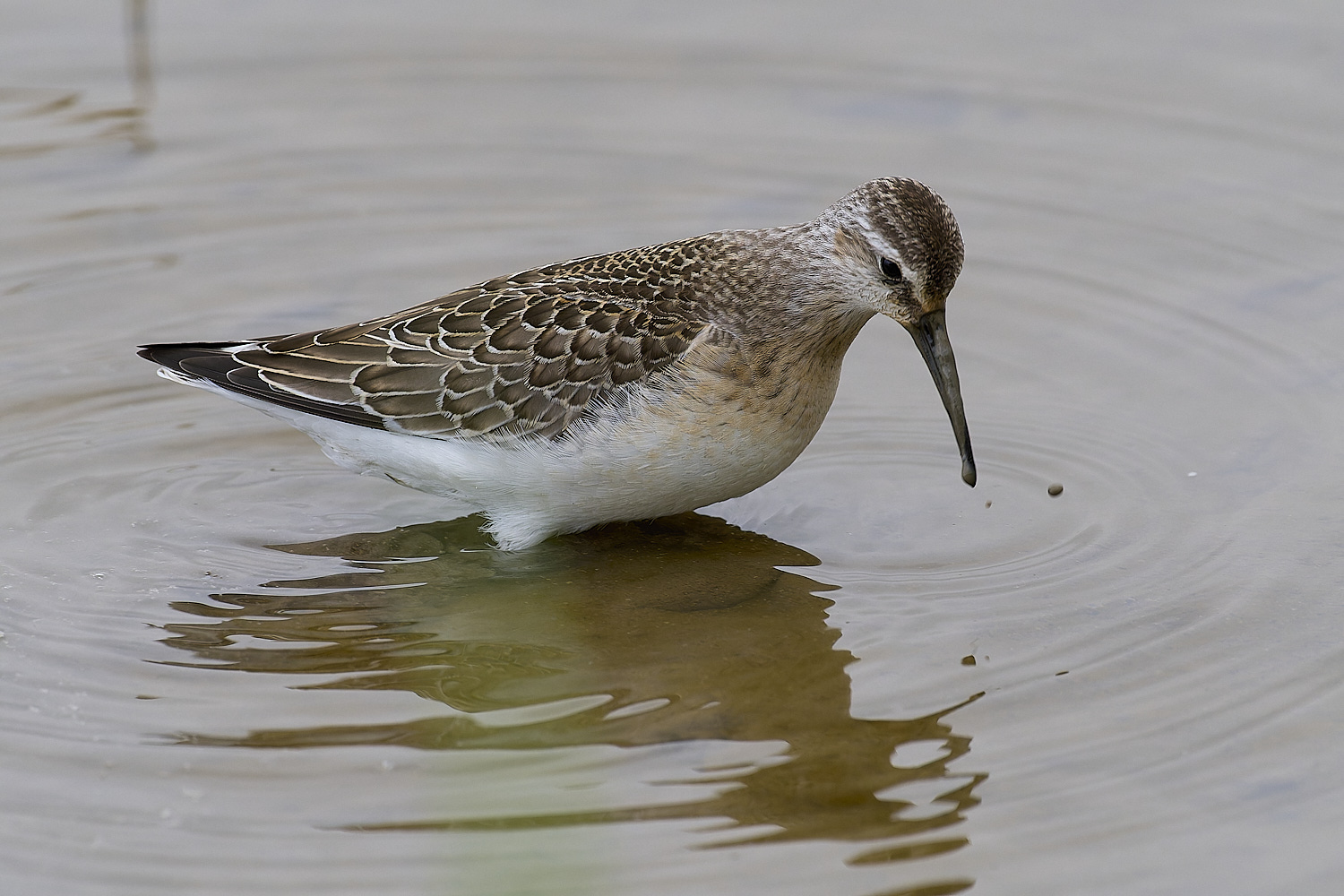
Juvenile Curlew Sandpiper (Calidris ferruginea)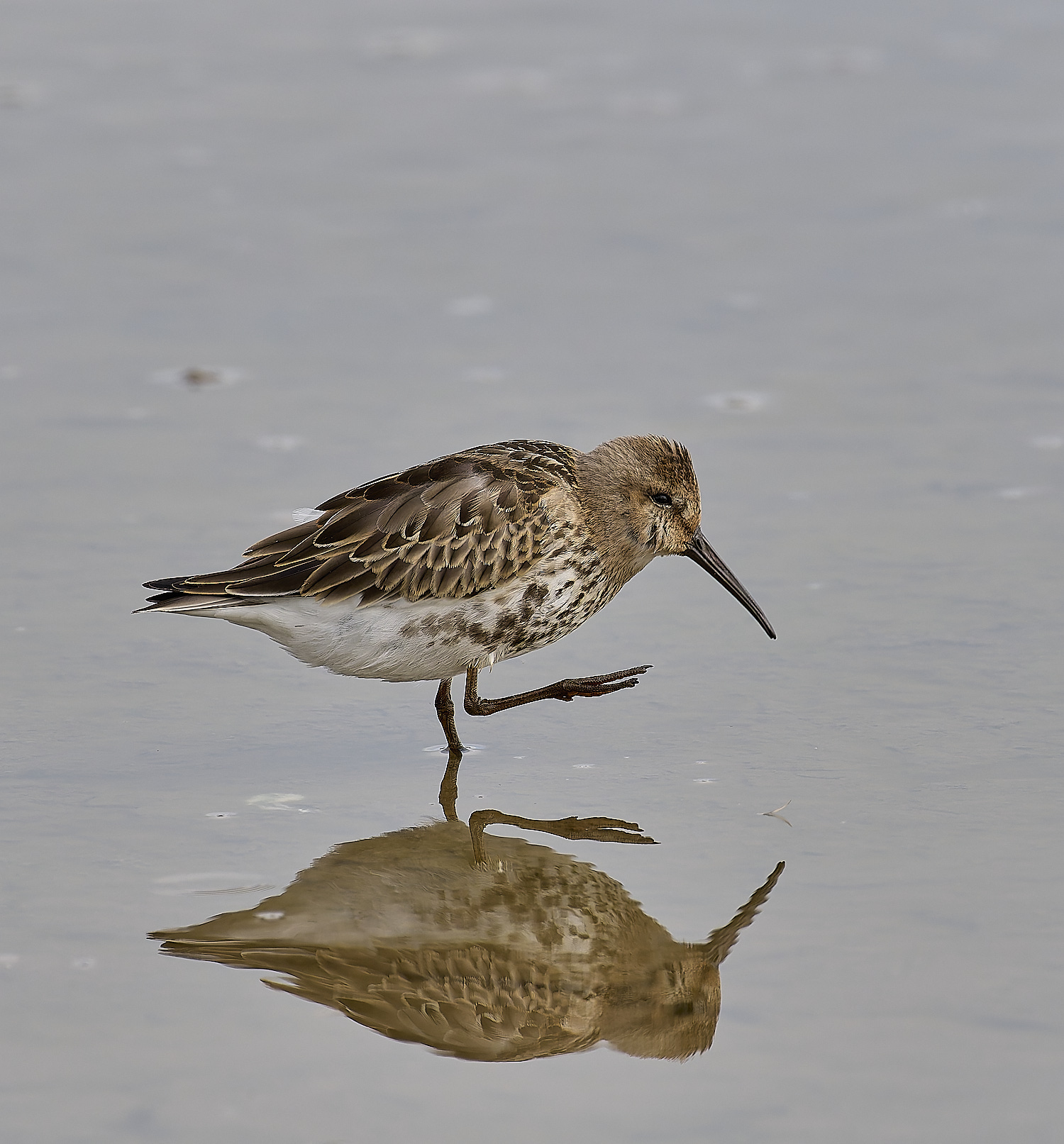
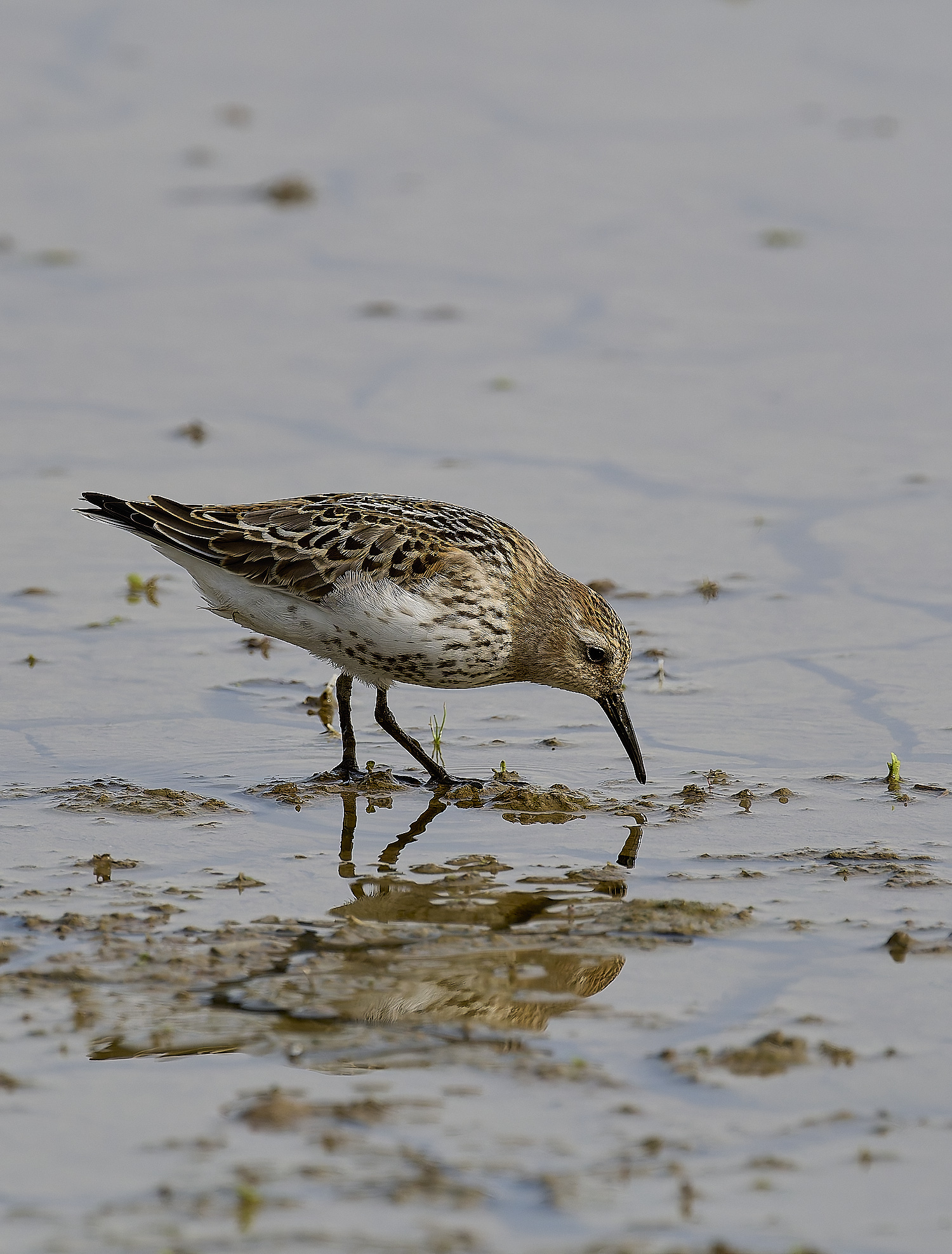
Dunlin (Calidris alpina)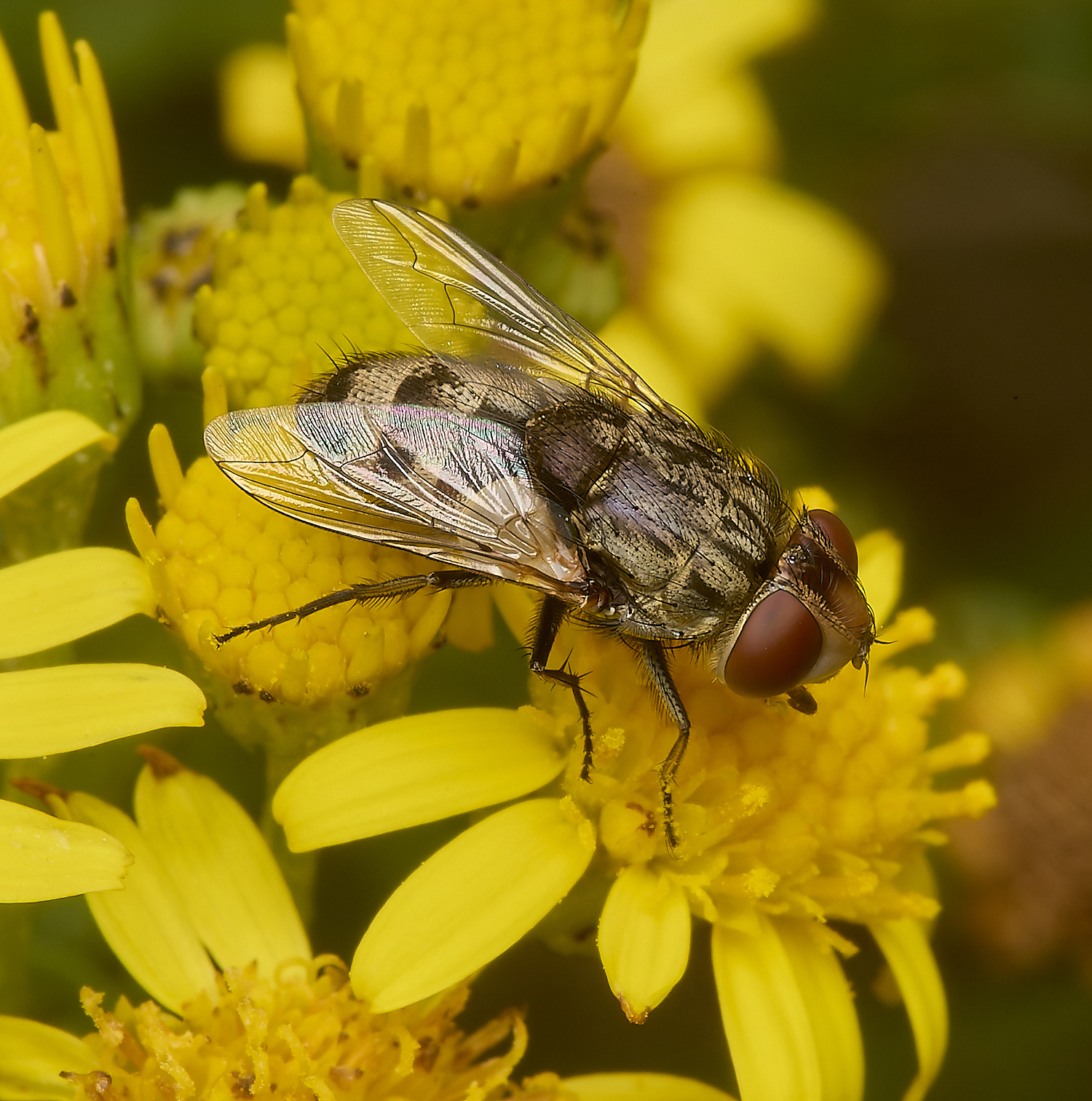
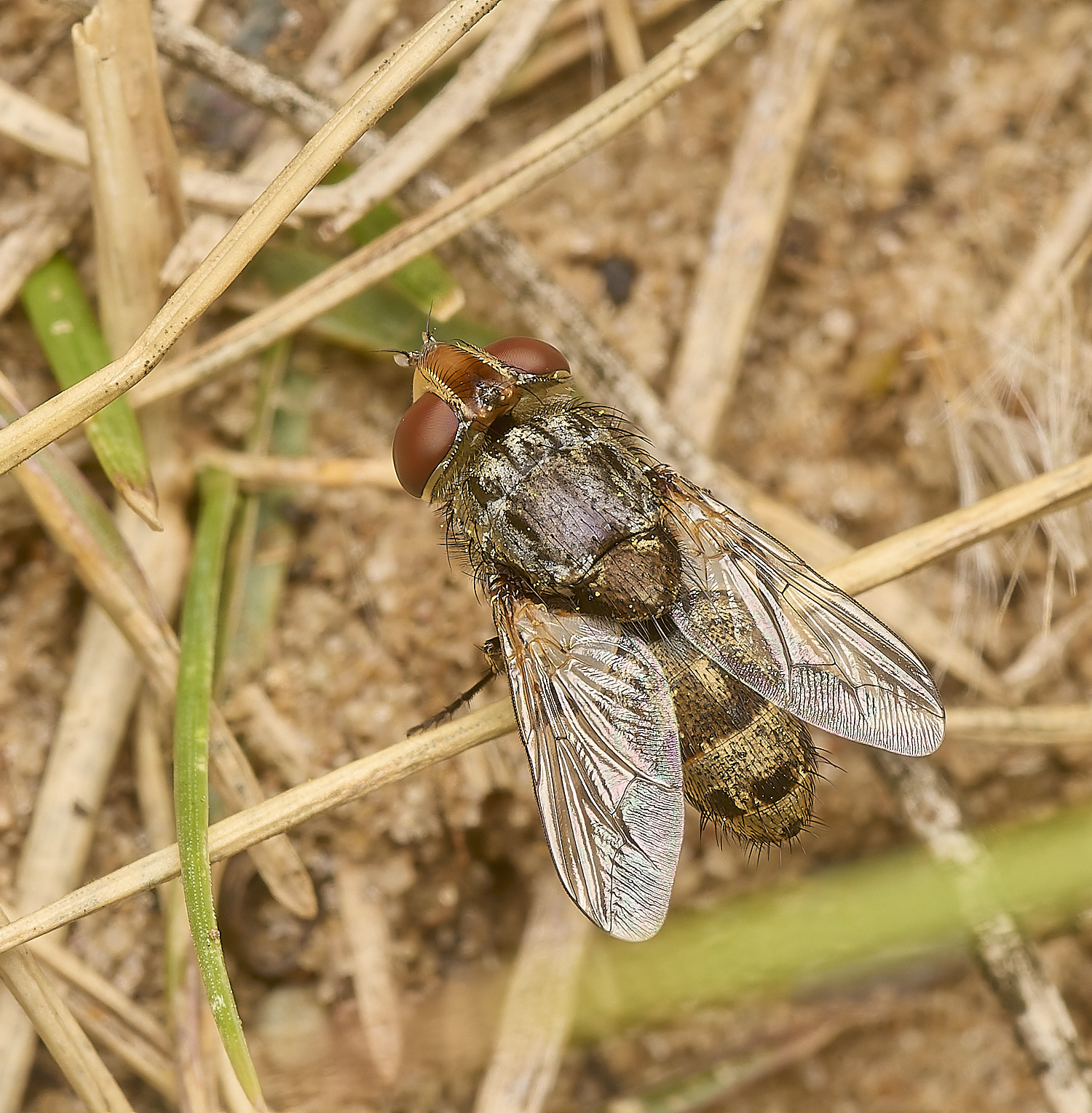
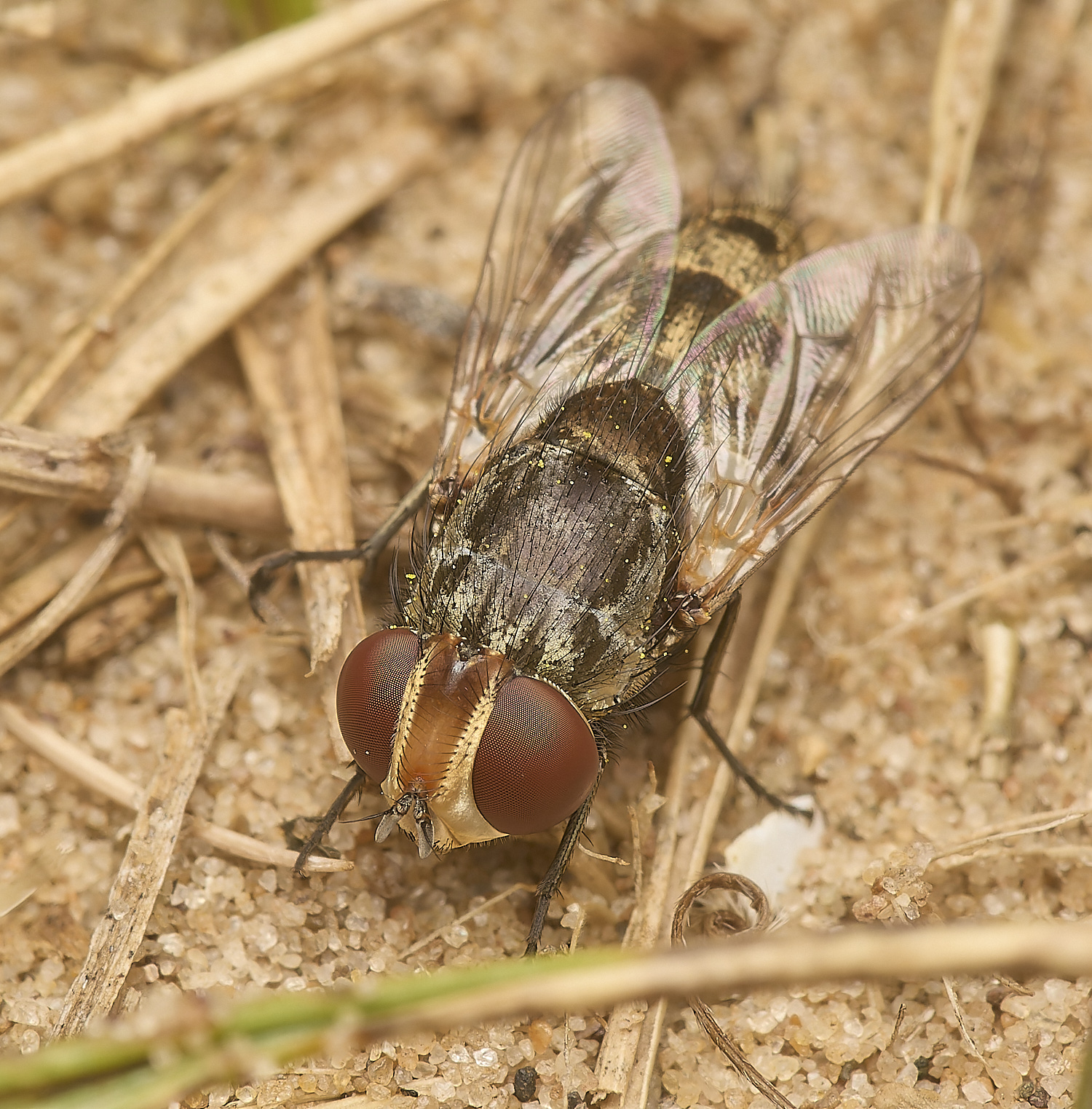
Satellite Fly (Miltogramma punctata) attending the Sea Aster Mining Bees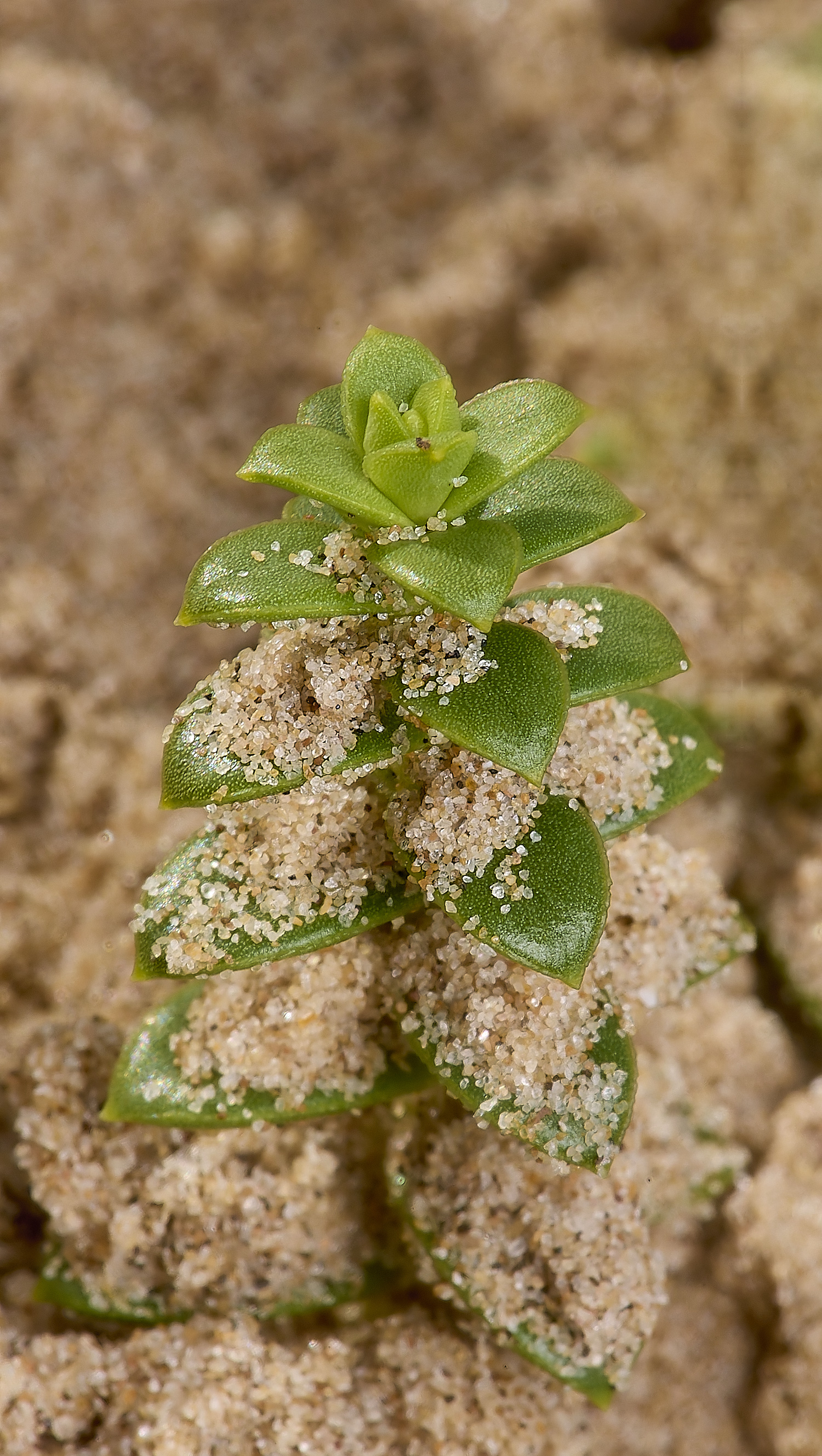
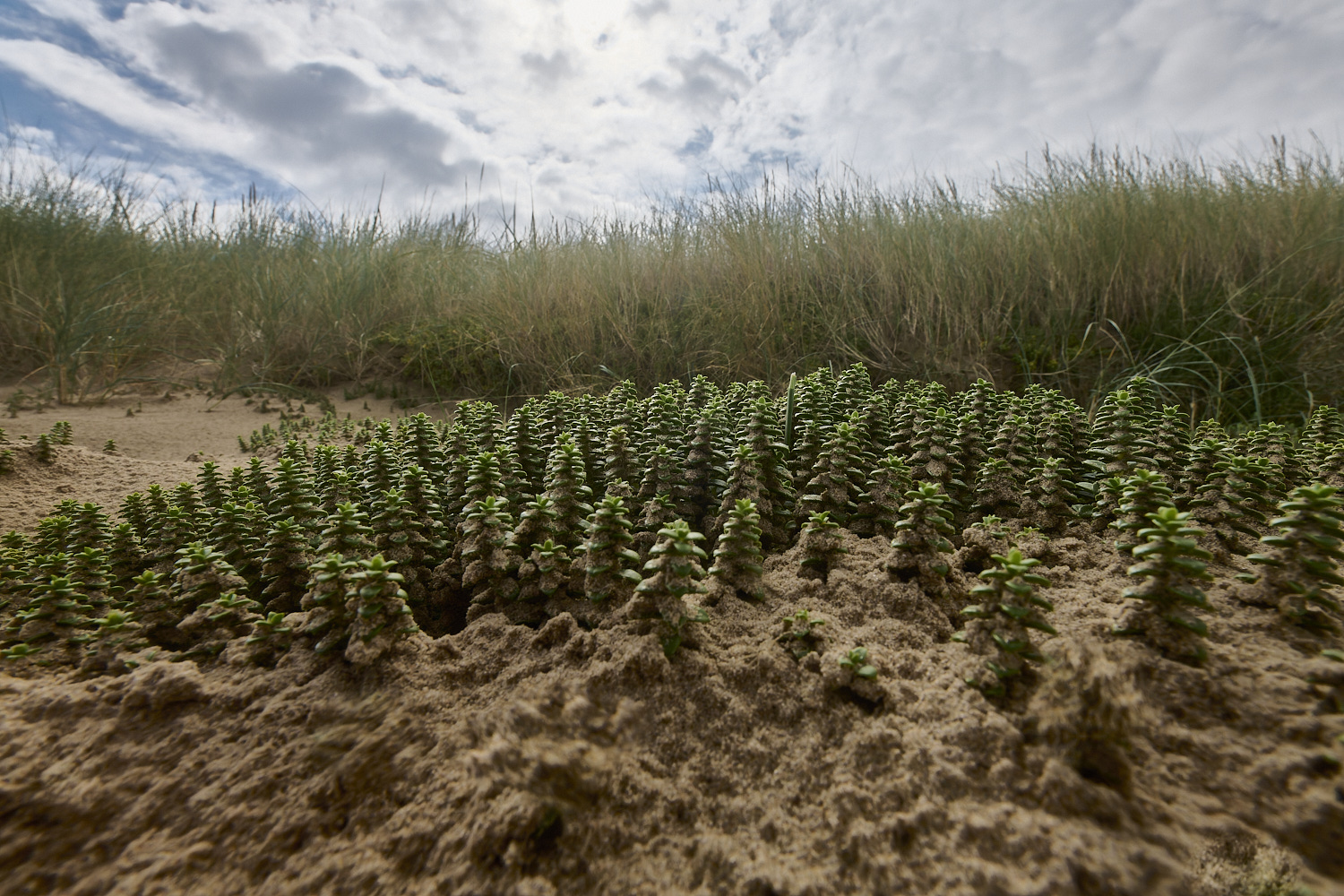
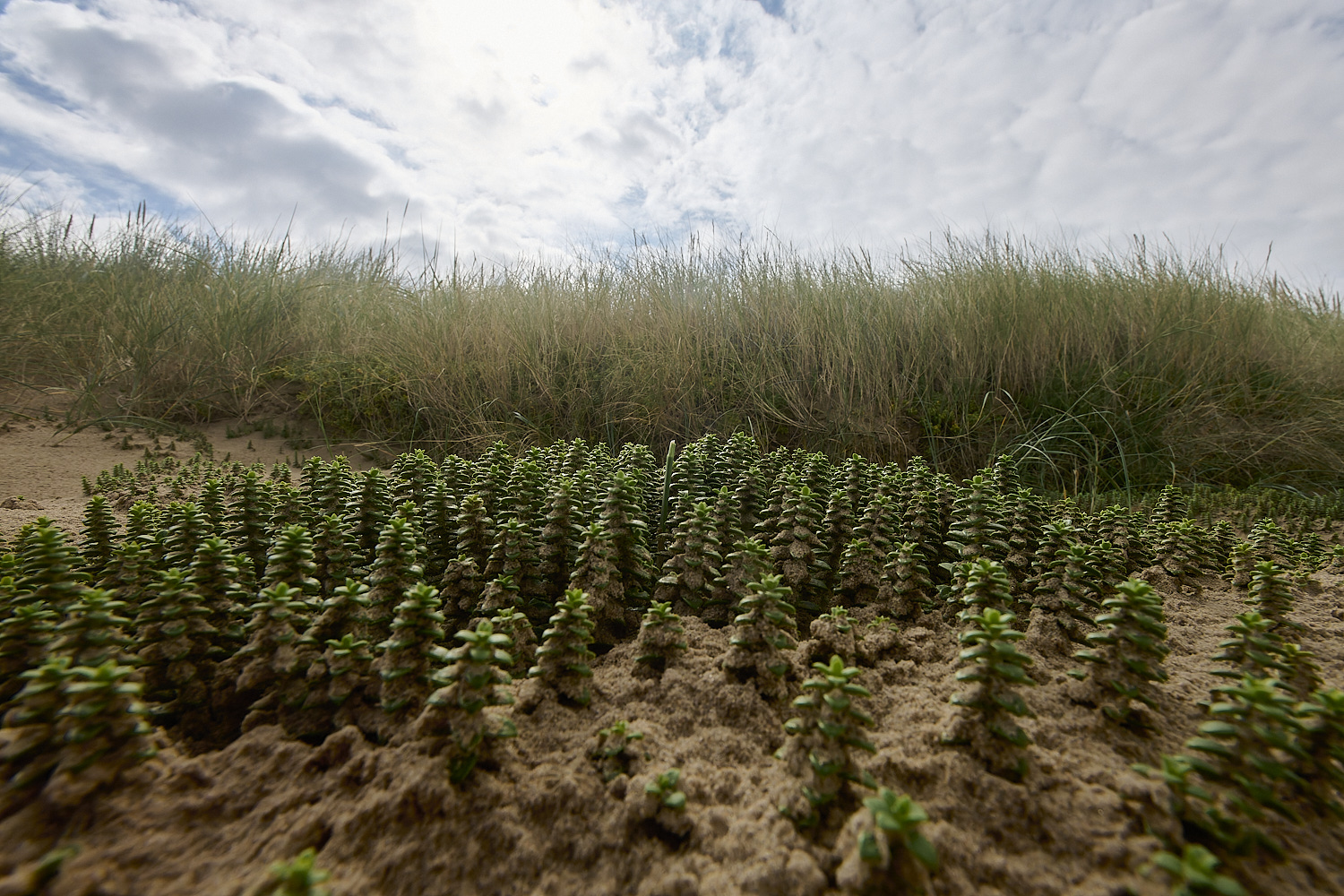
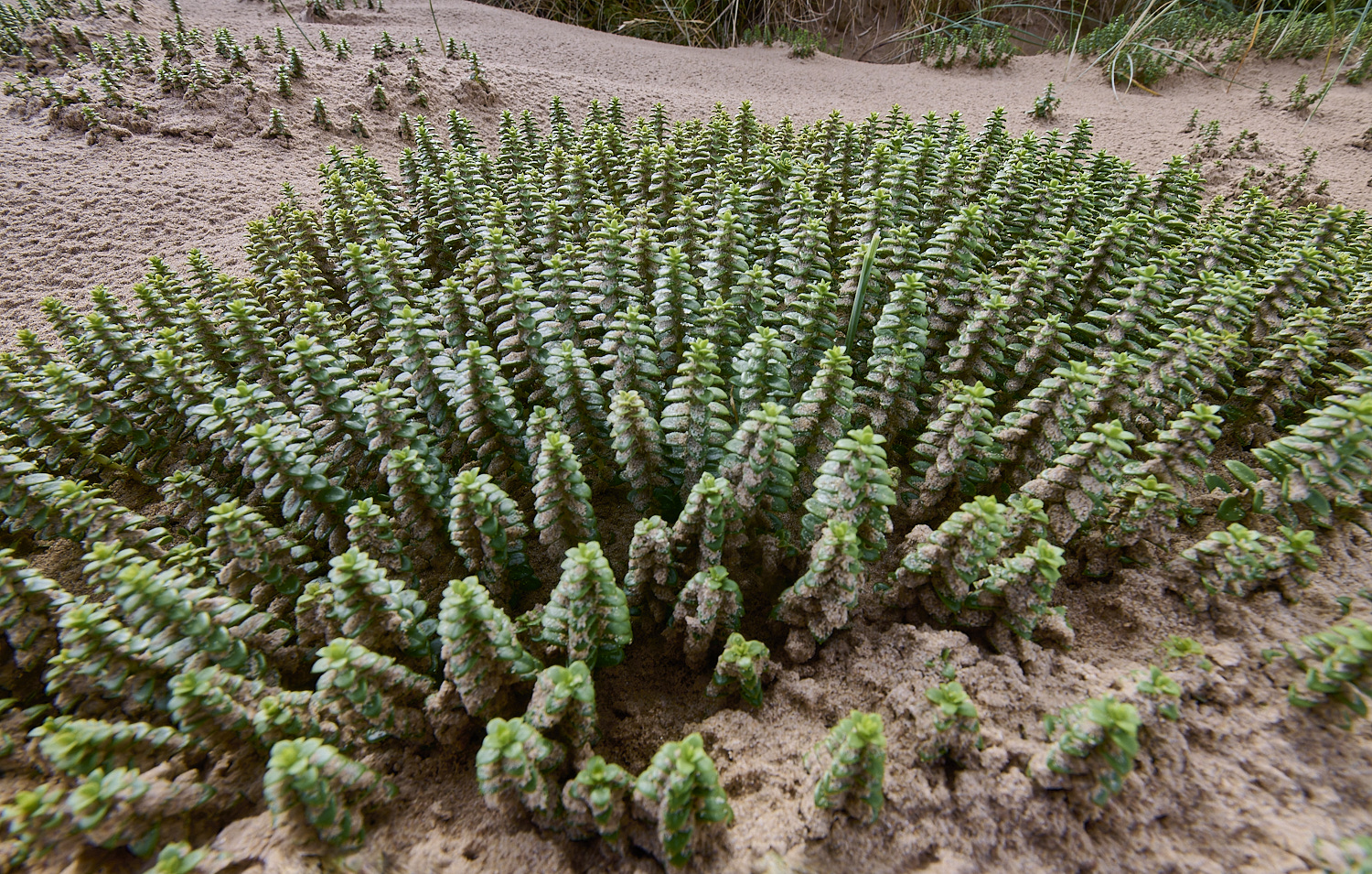
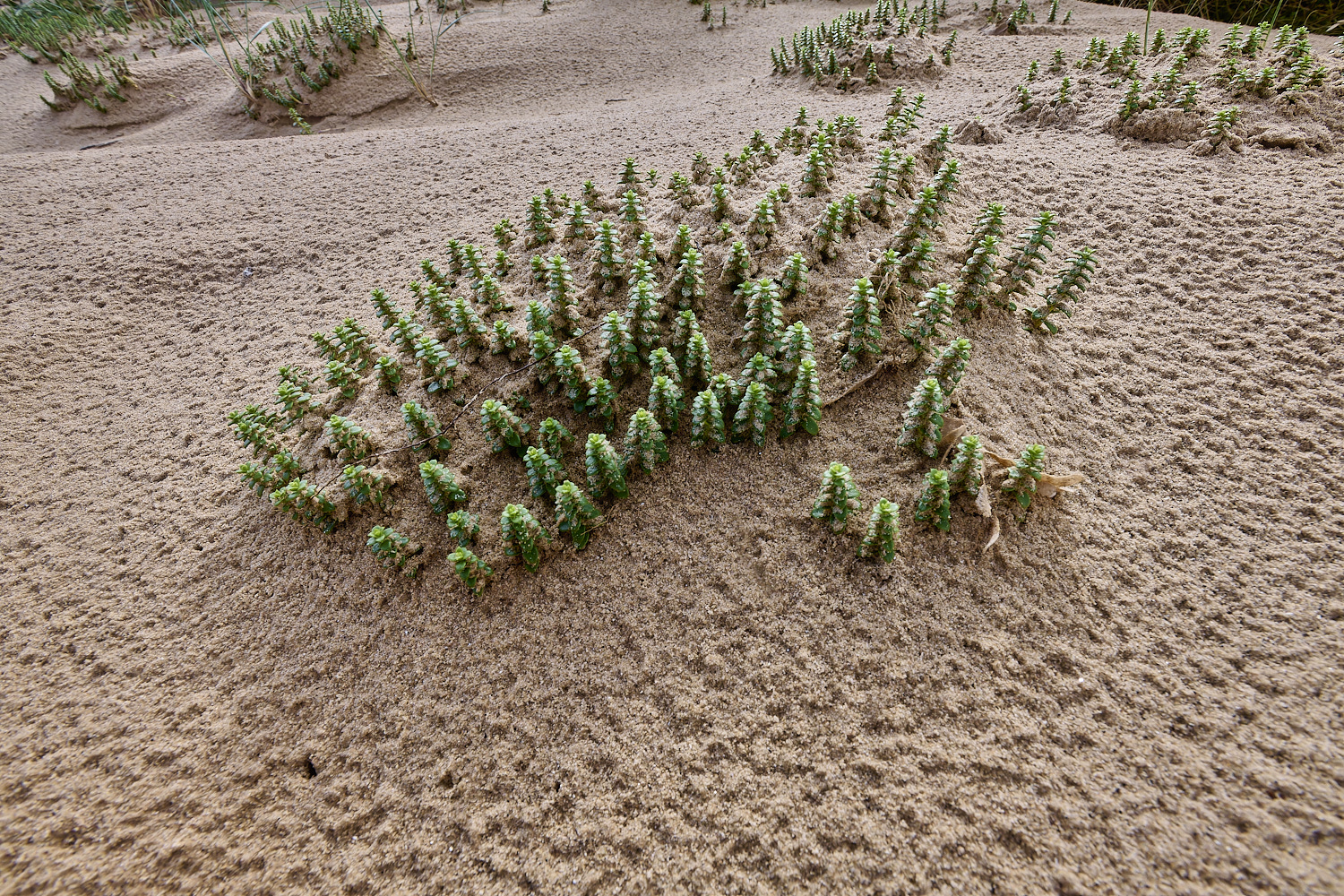
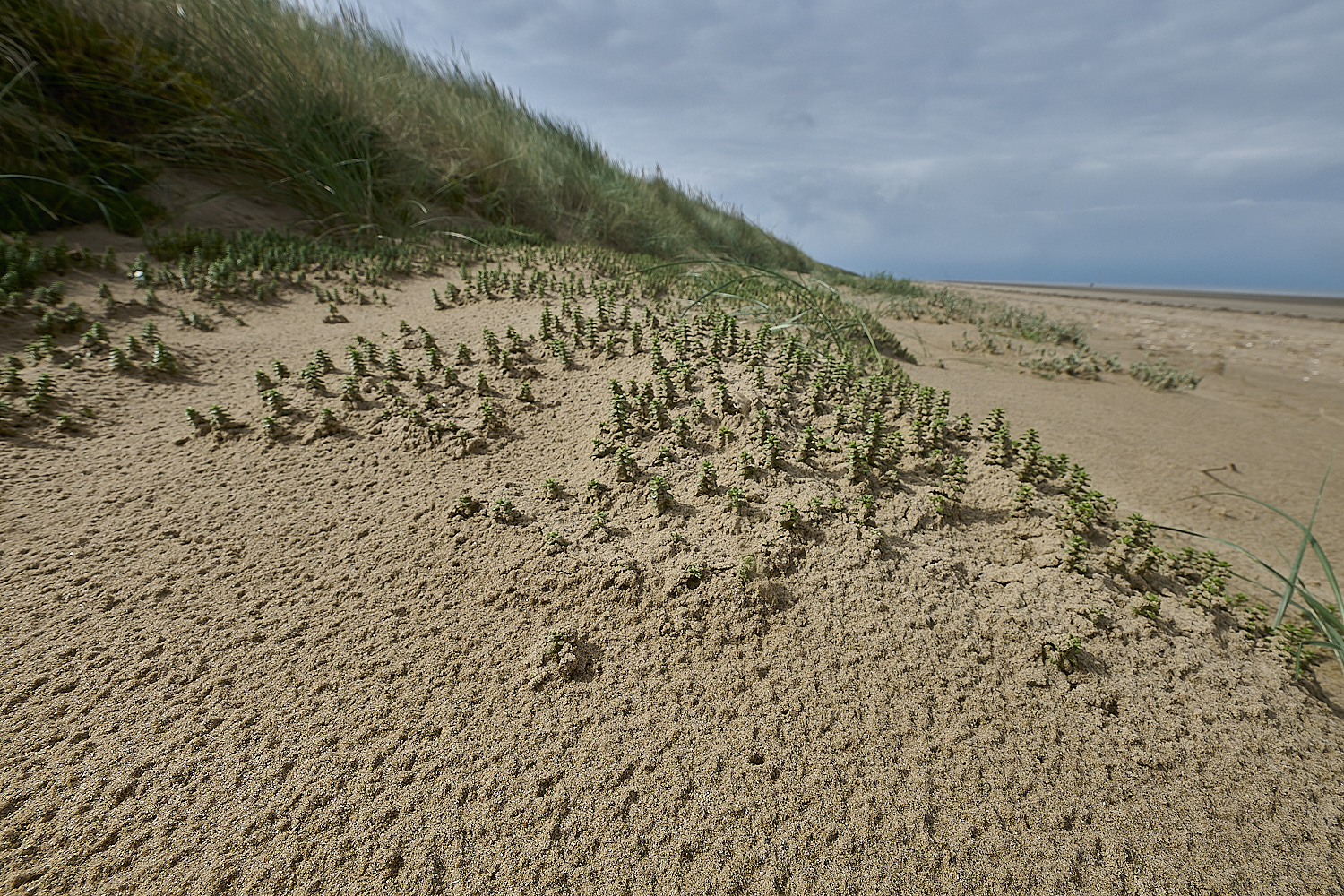
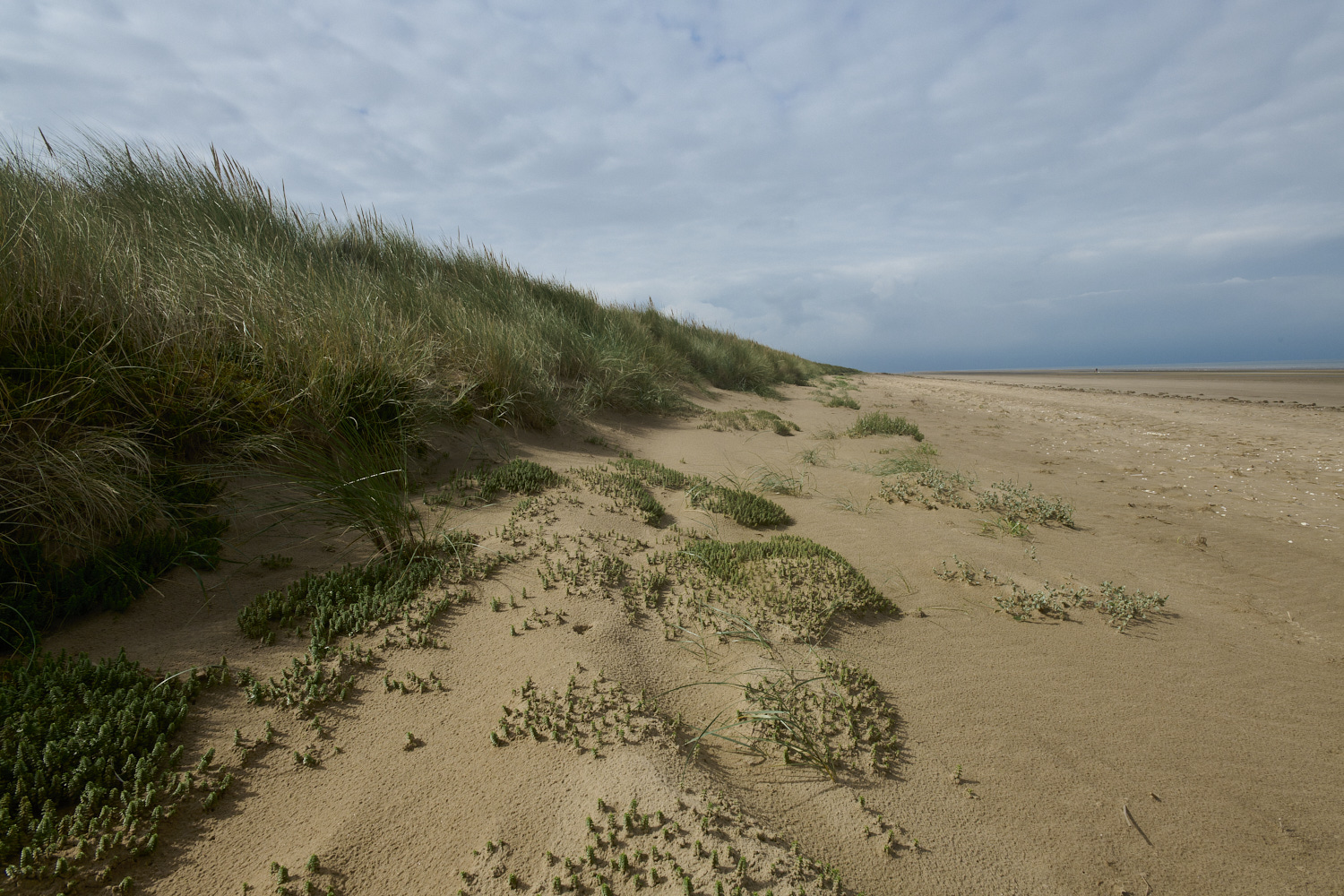
Miniature forests of Sea Sandwort (Honckenya peploides) setting their face to the wind and sand.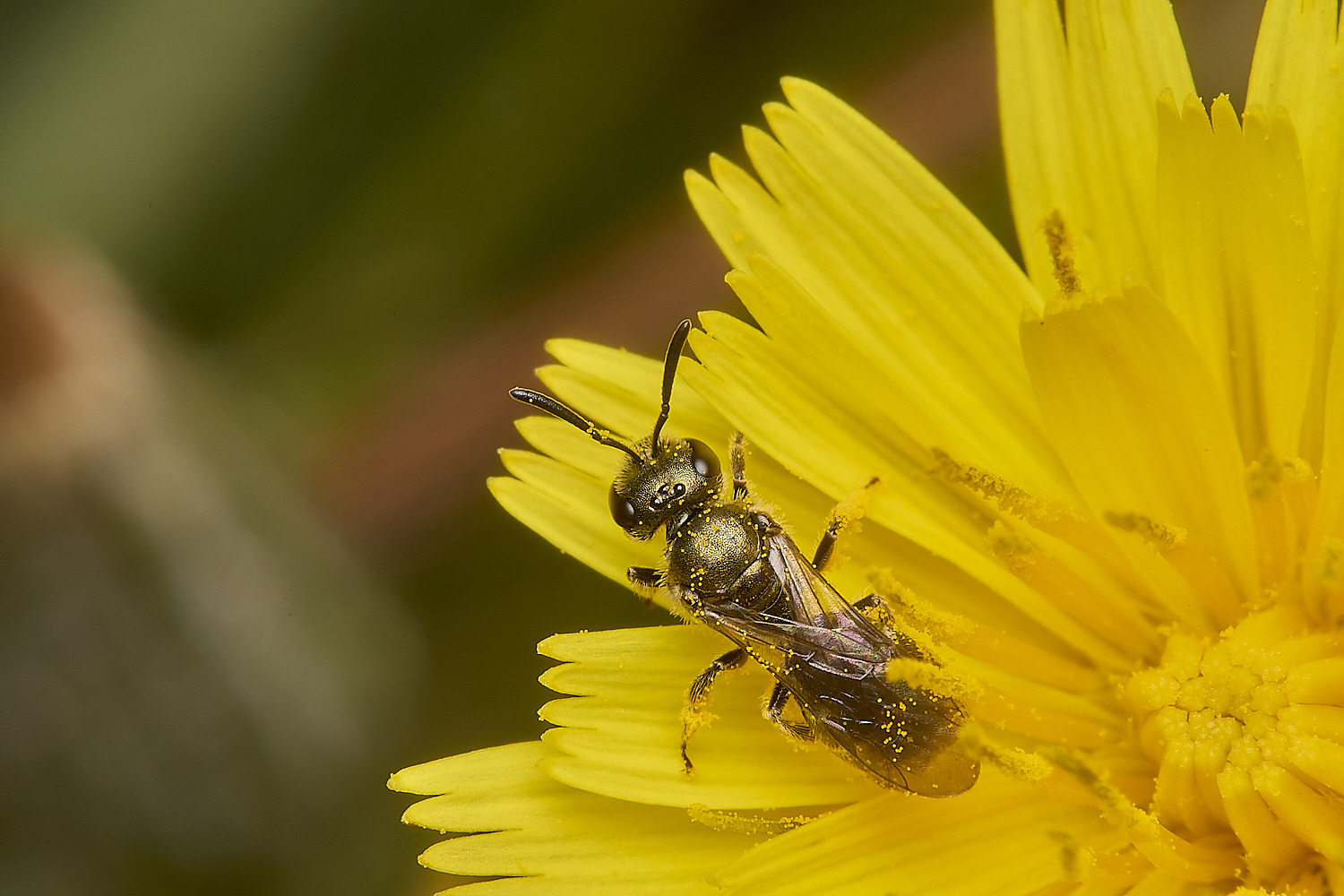
One of the green metallic Lasioglossum Sp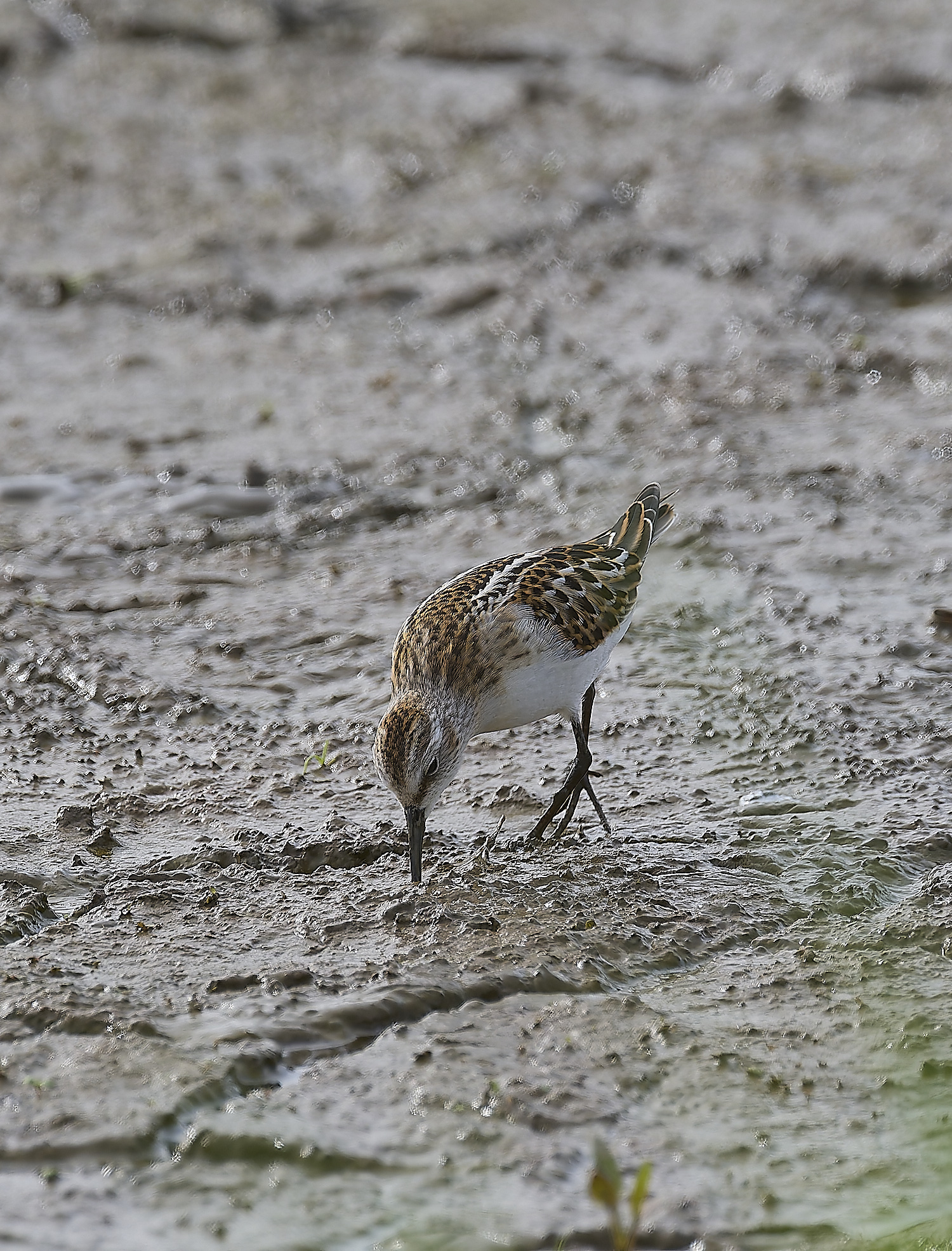
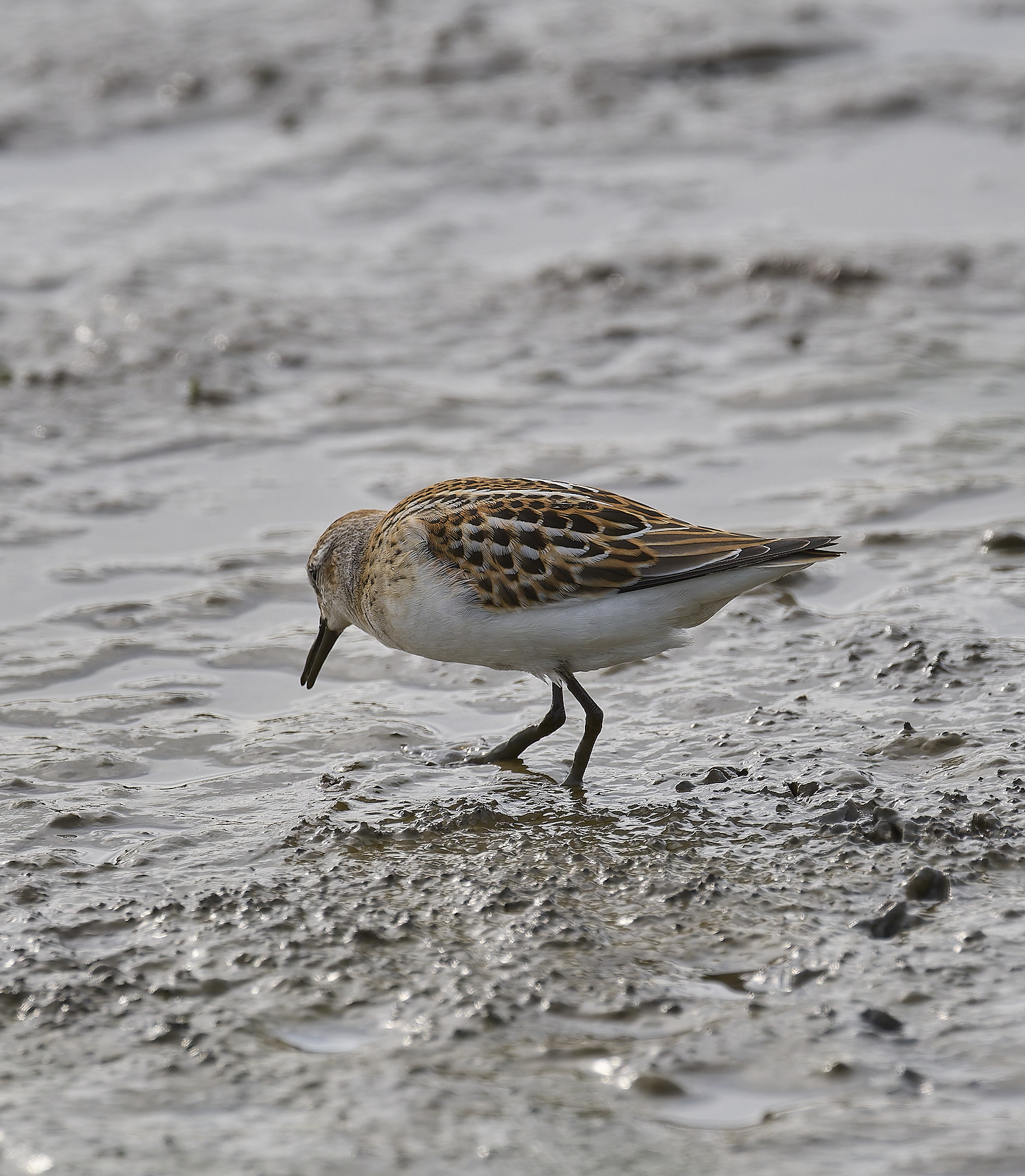
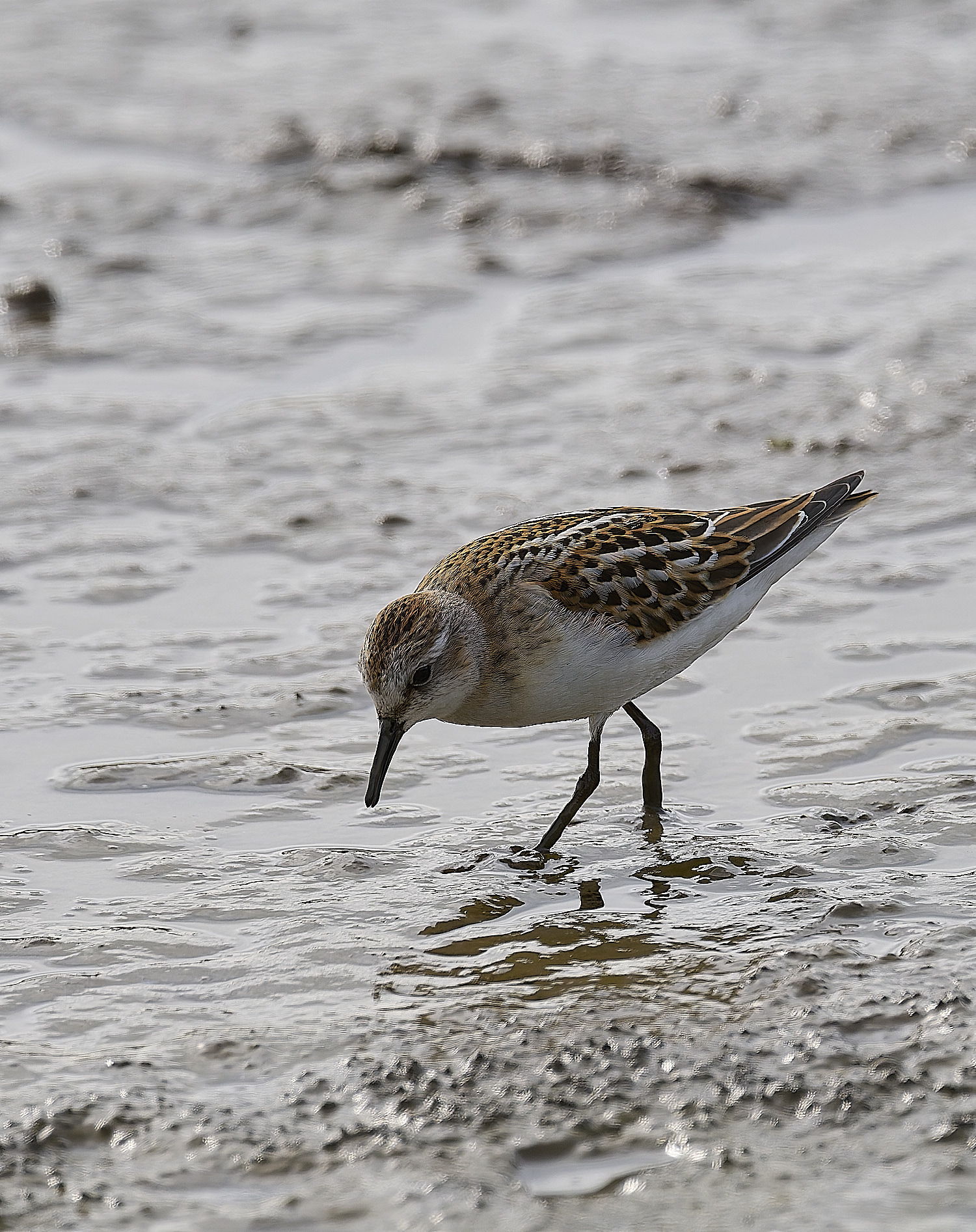

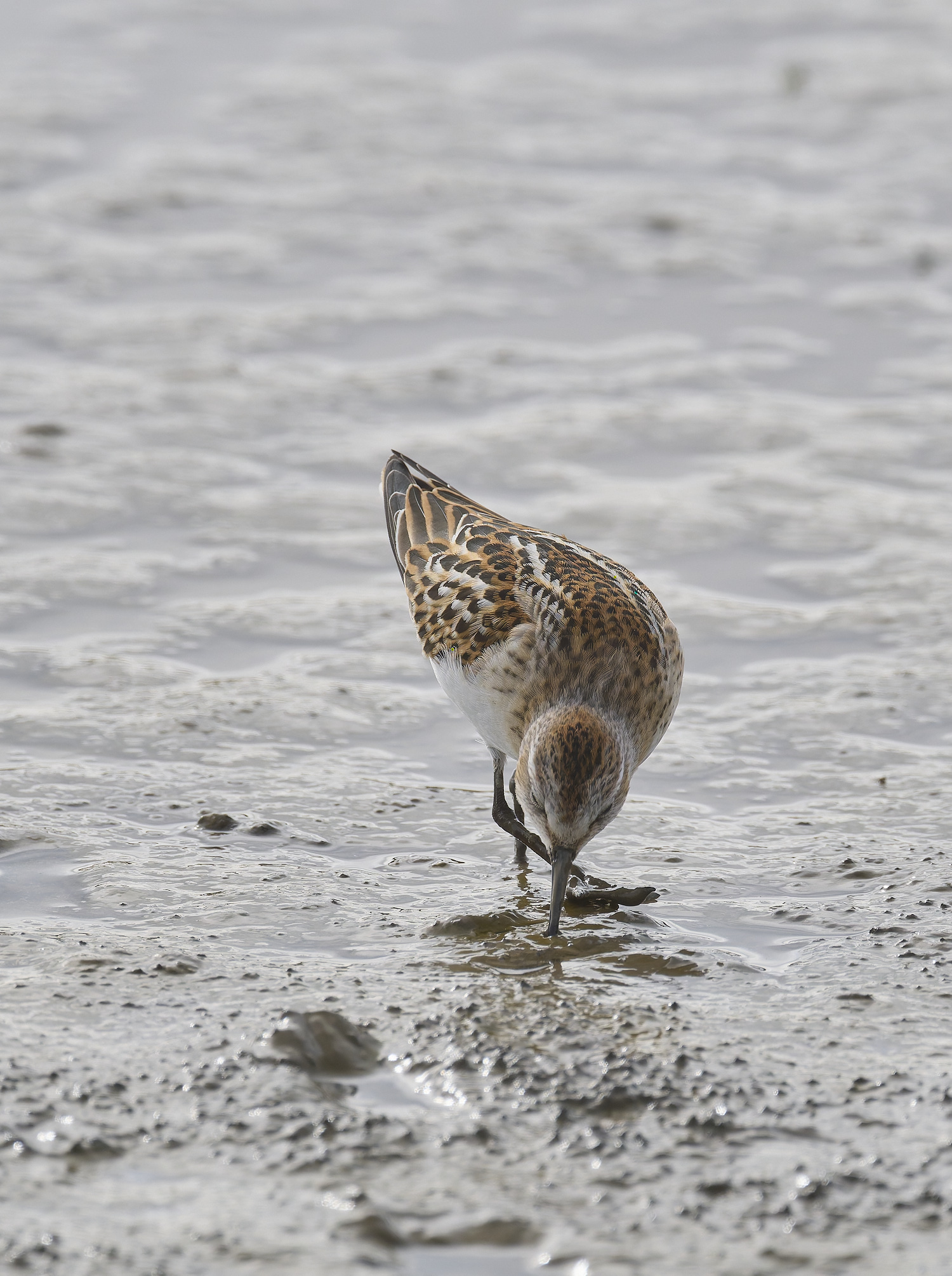
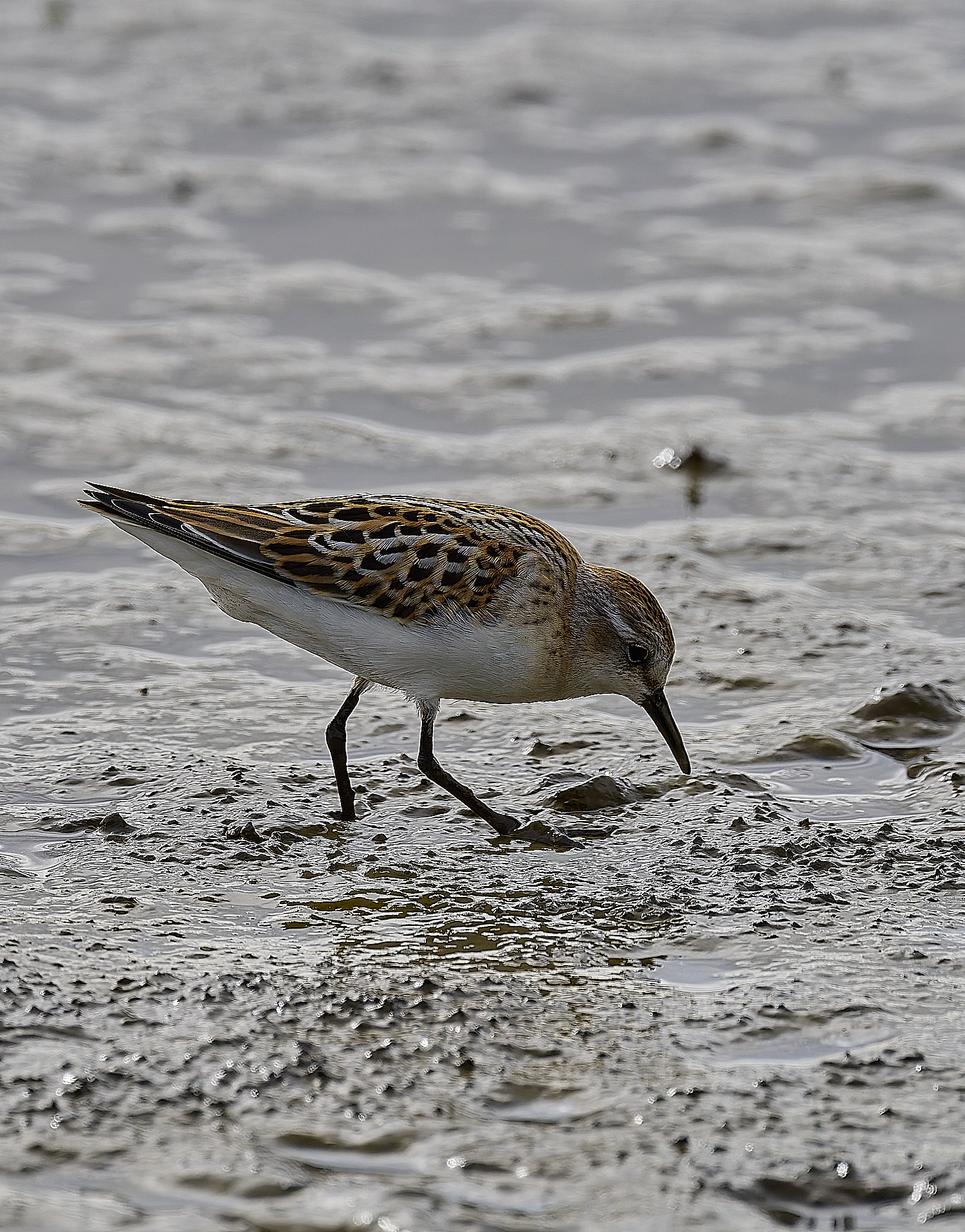
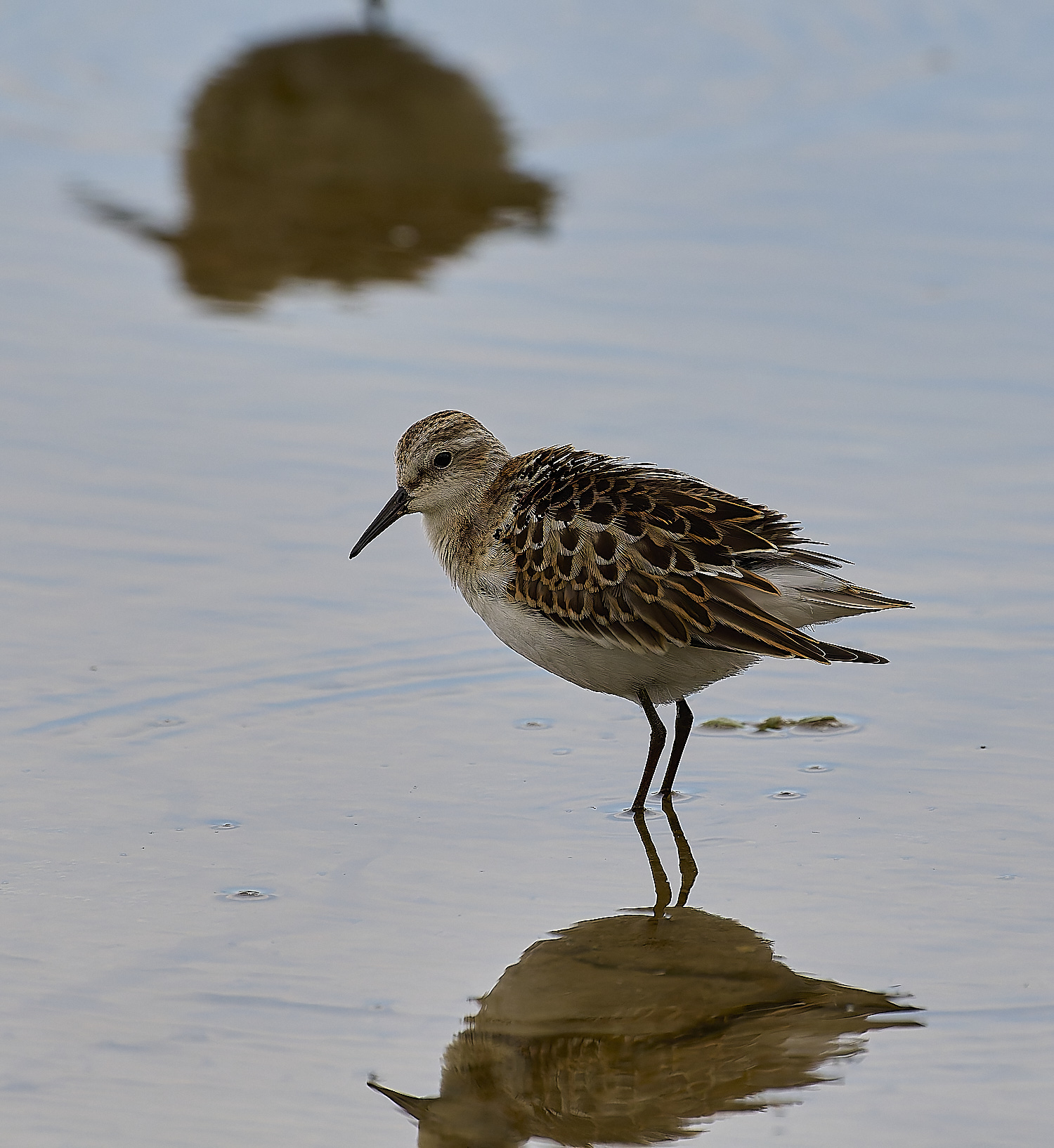
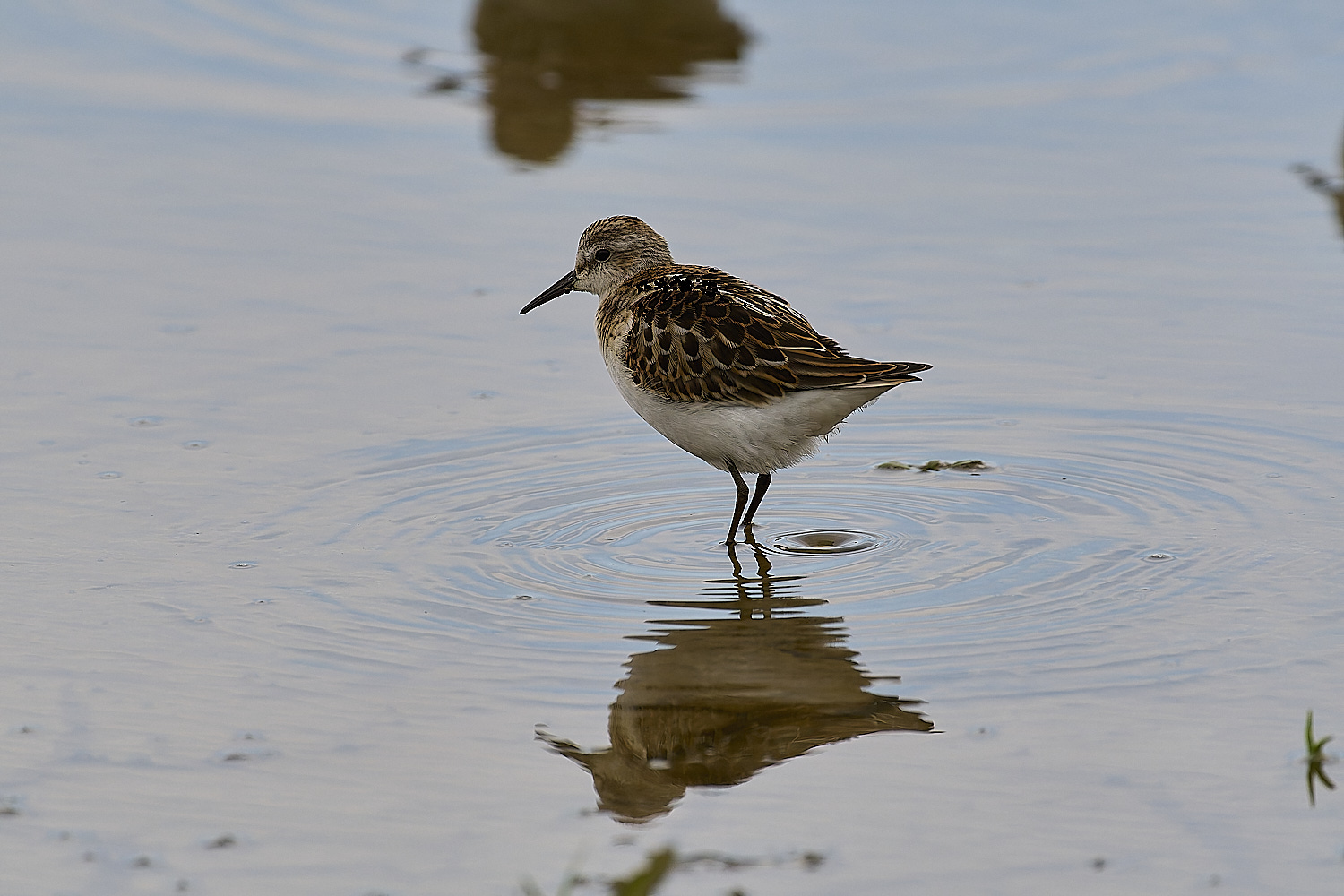
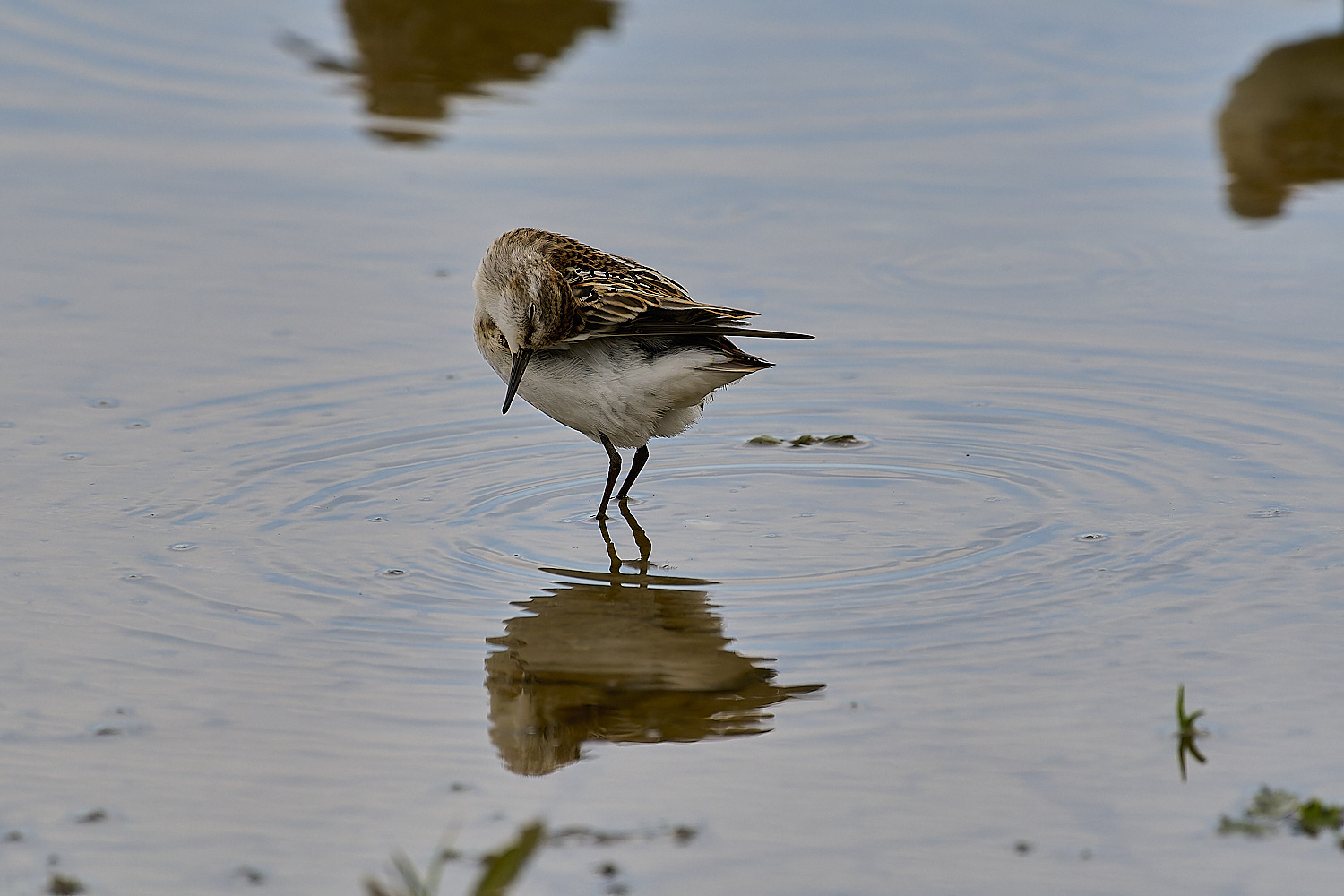
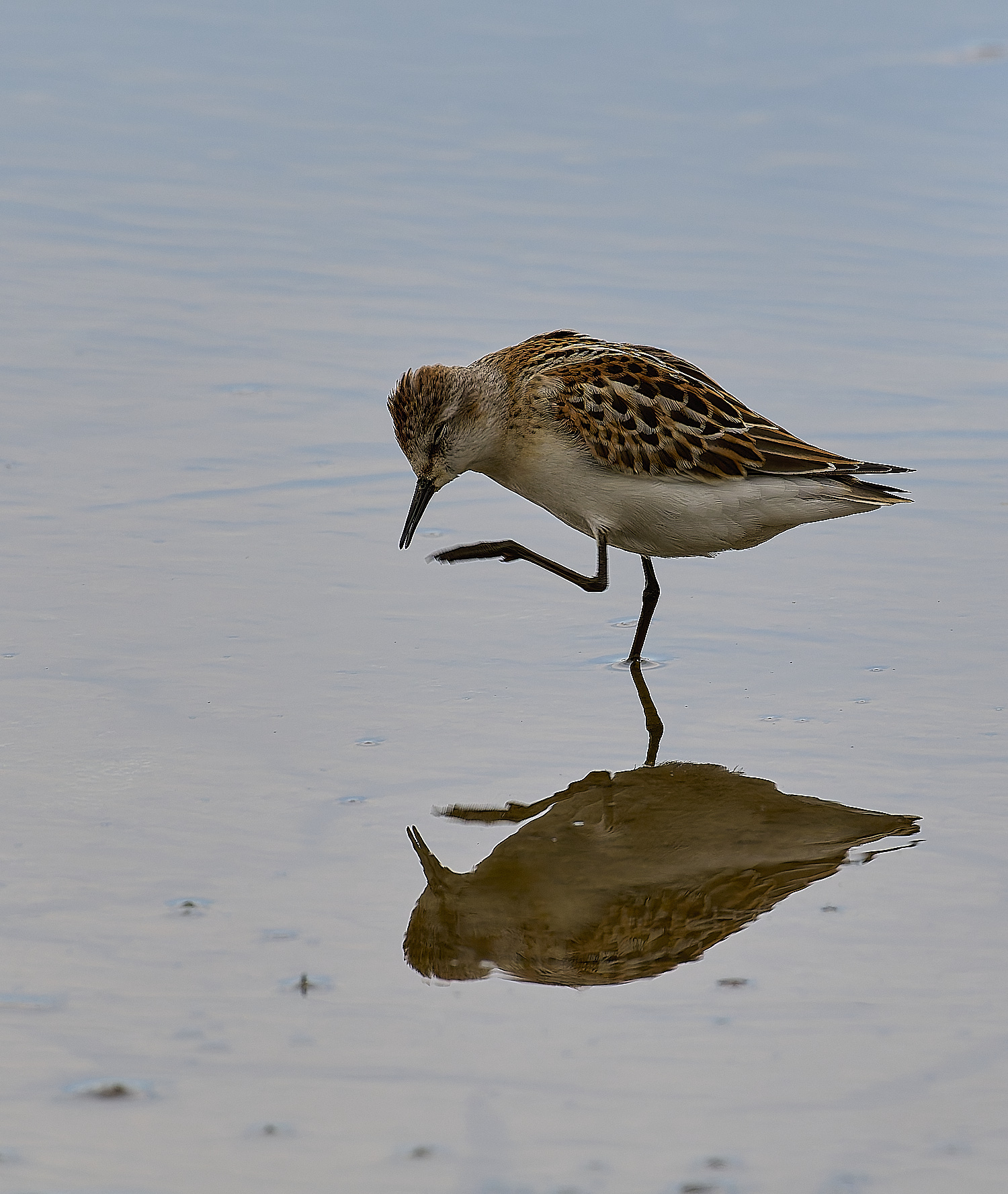
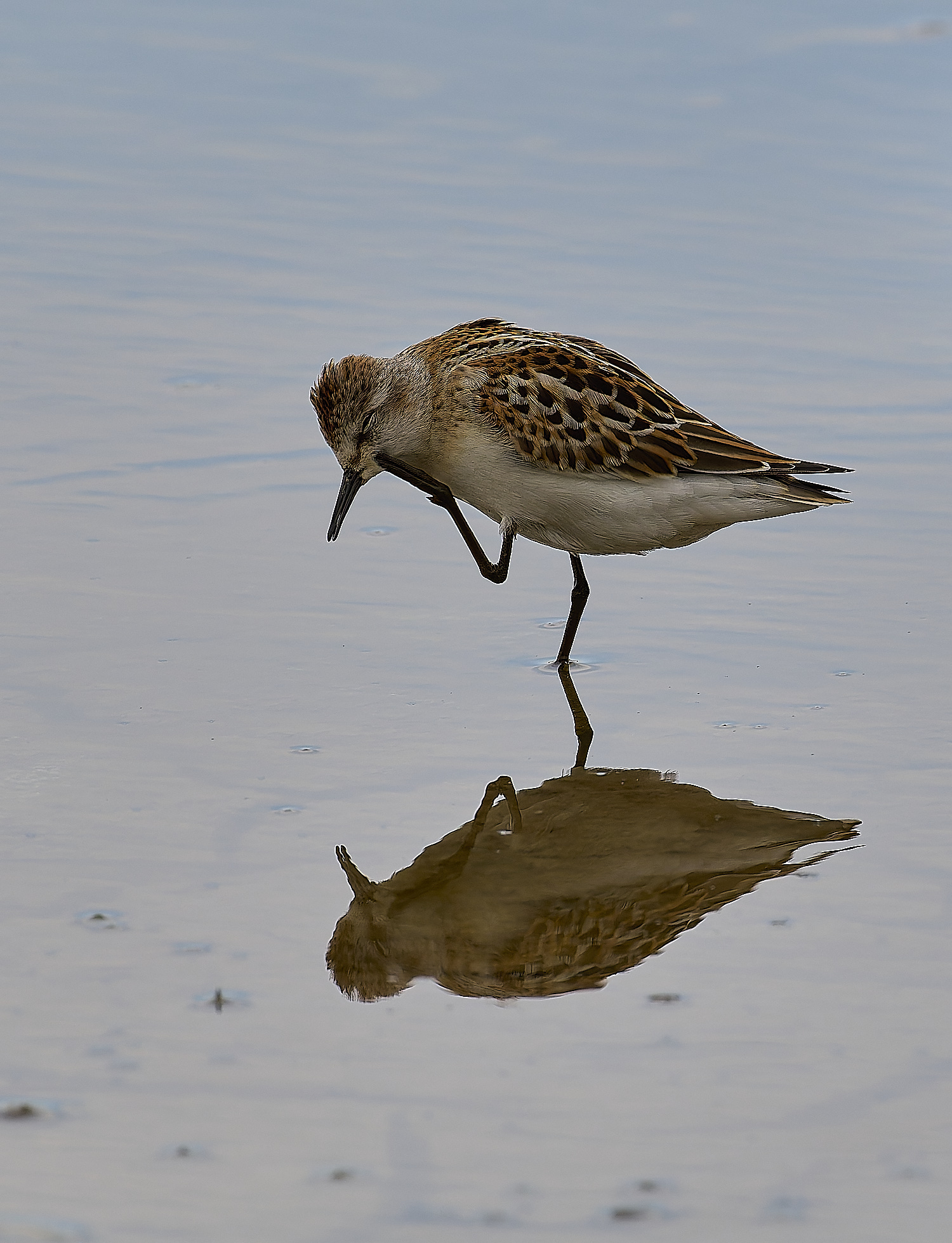
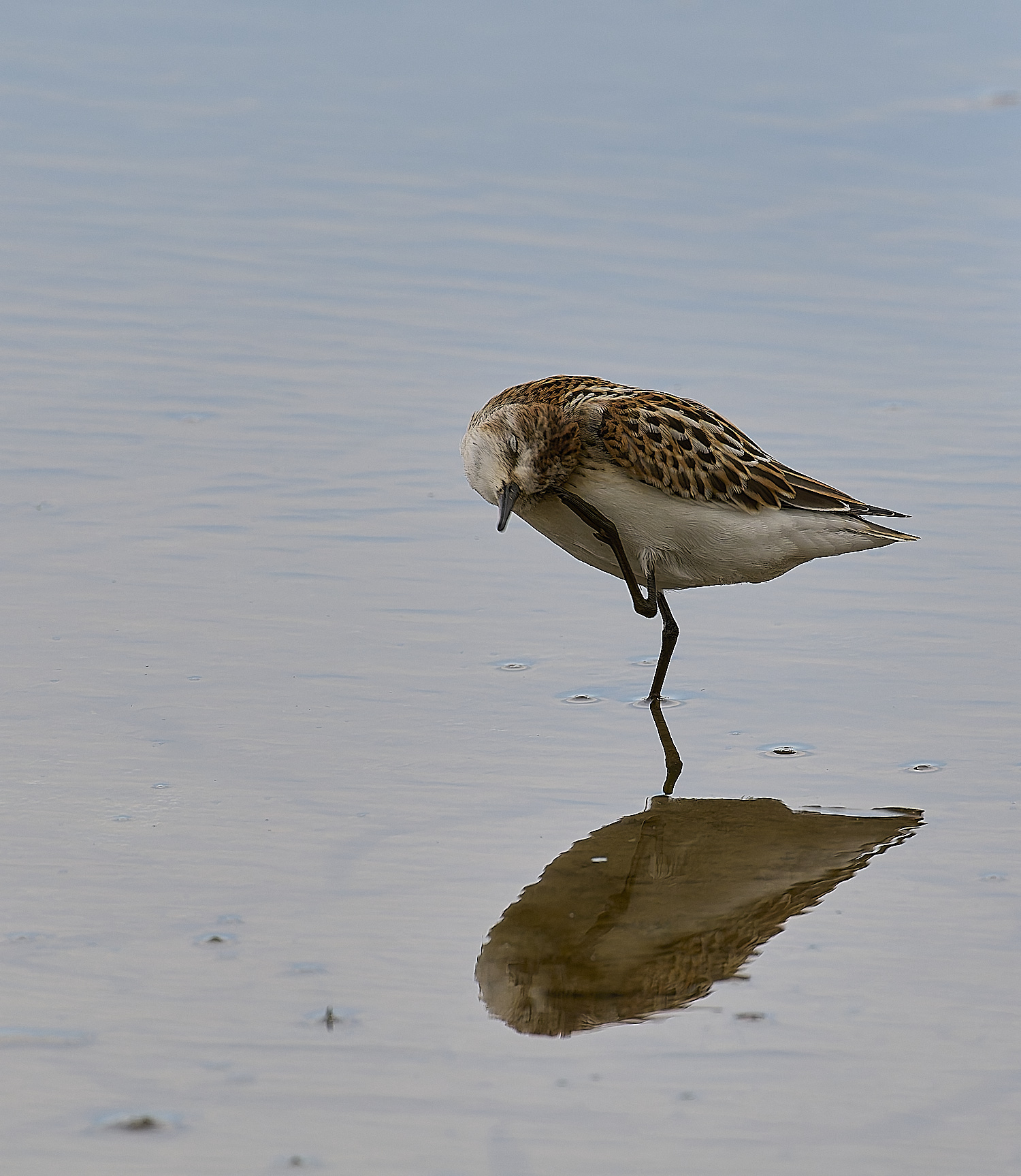
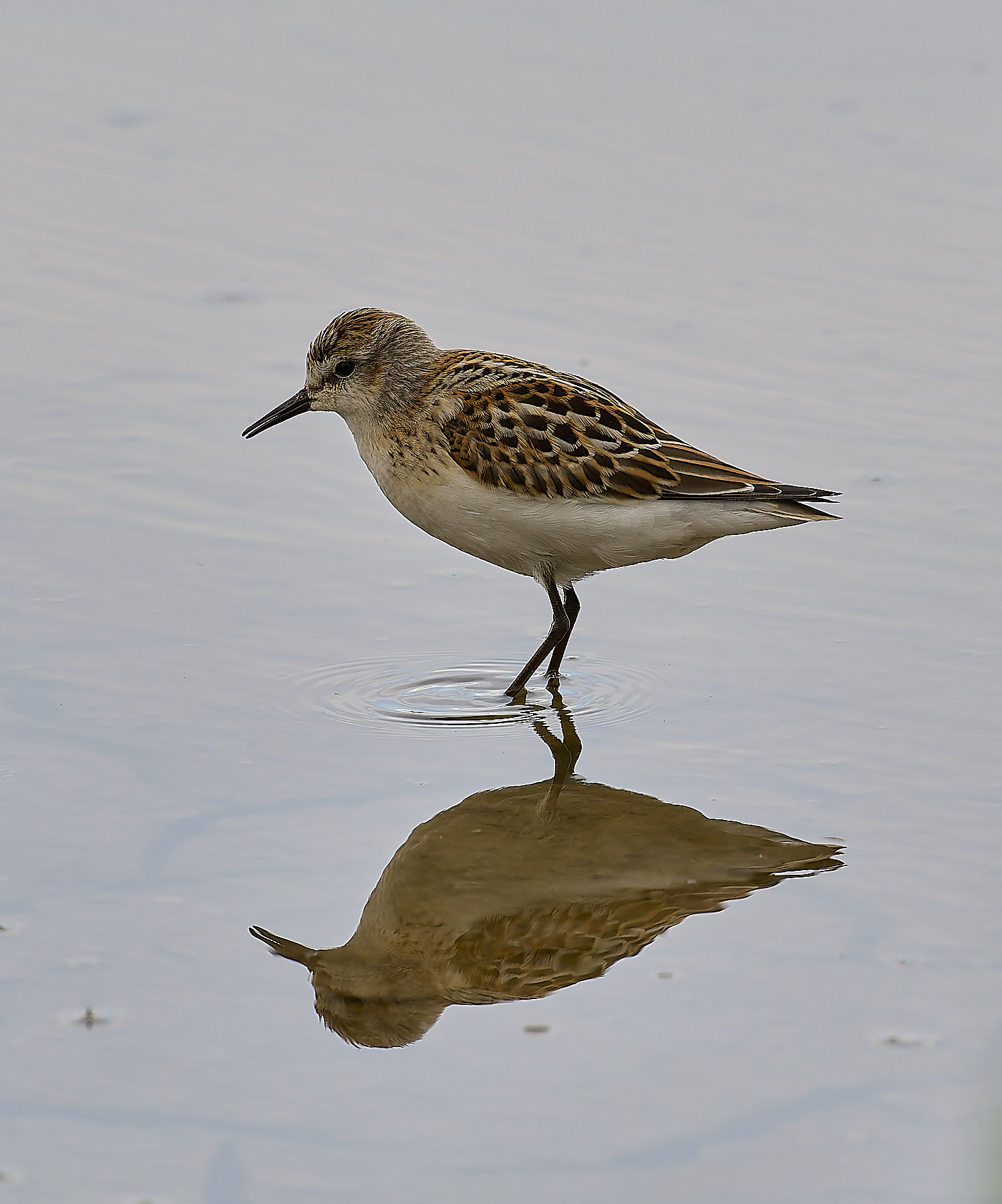
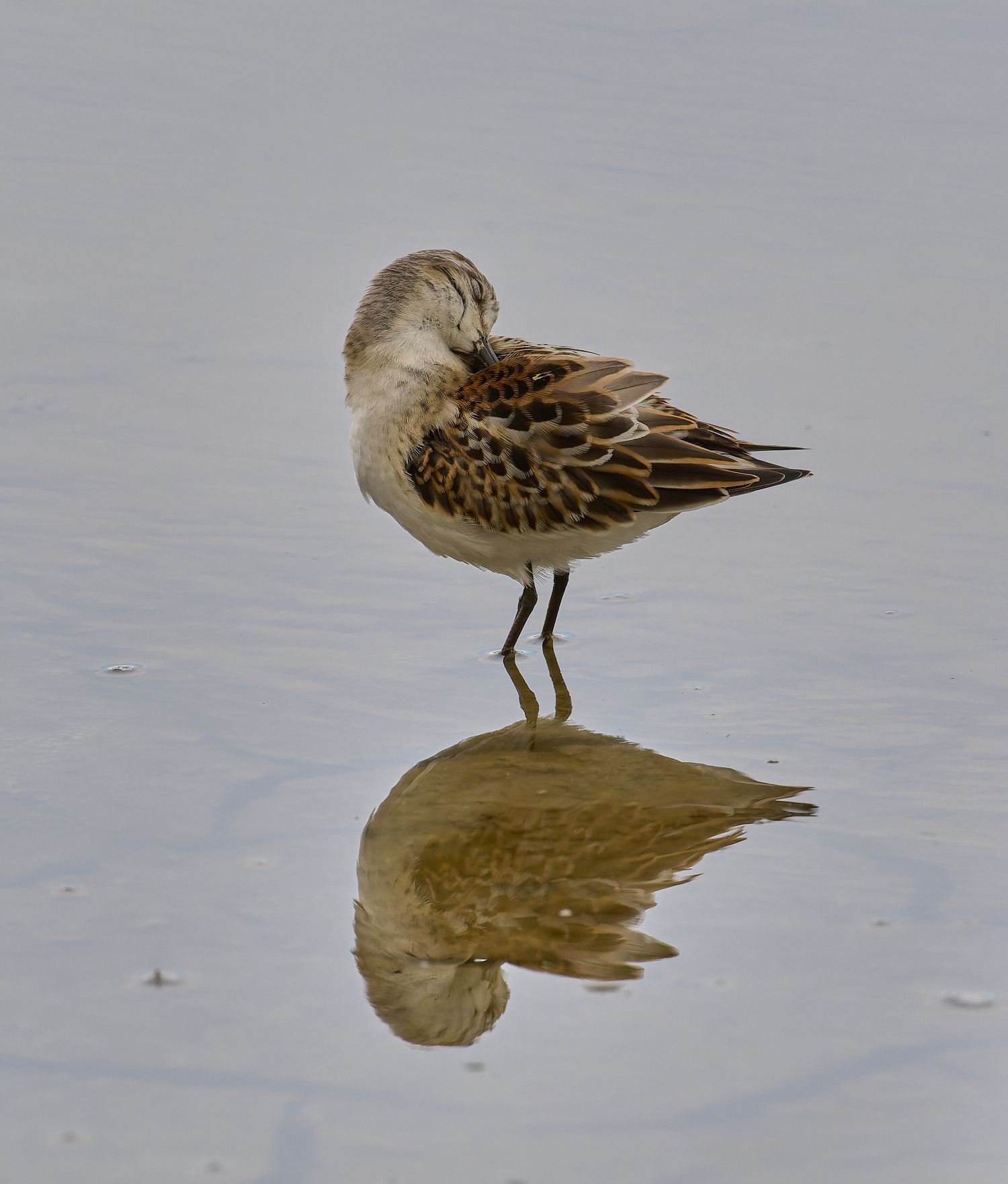
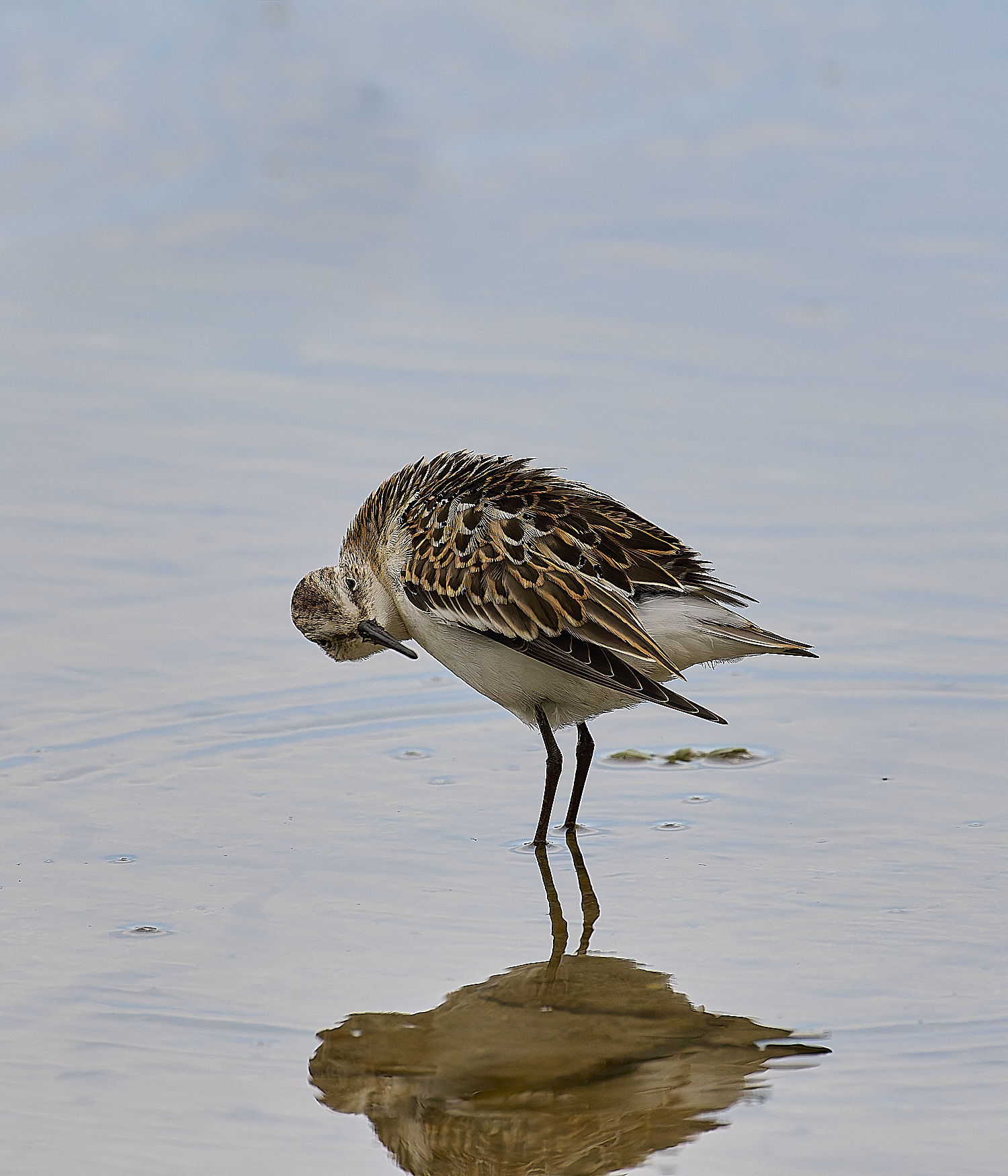
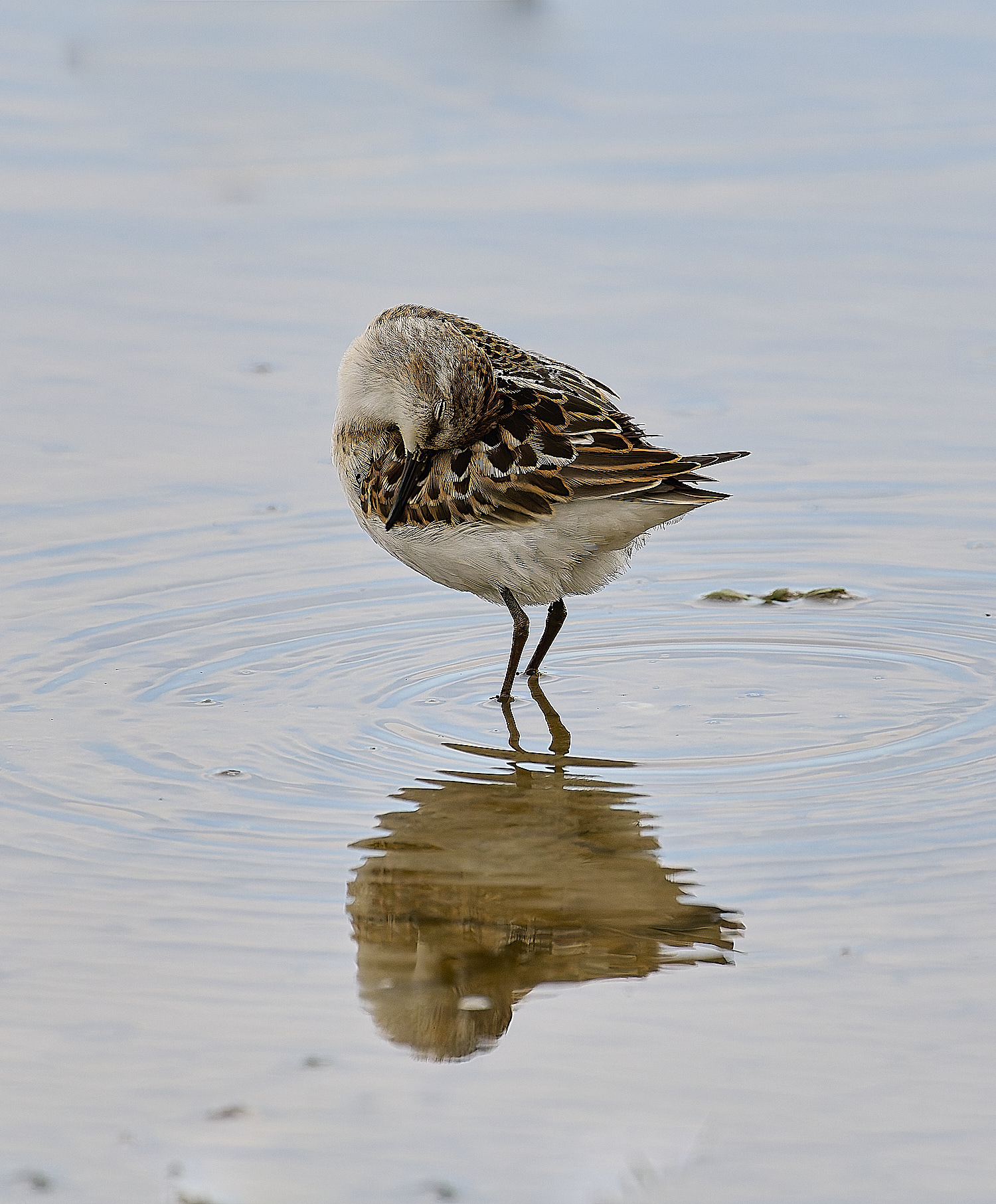

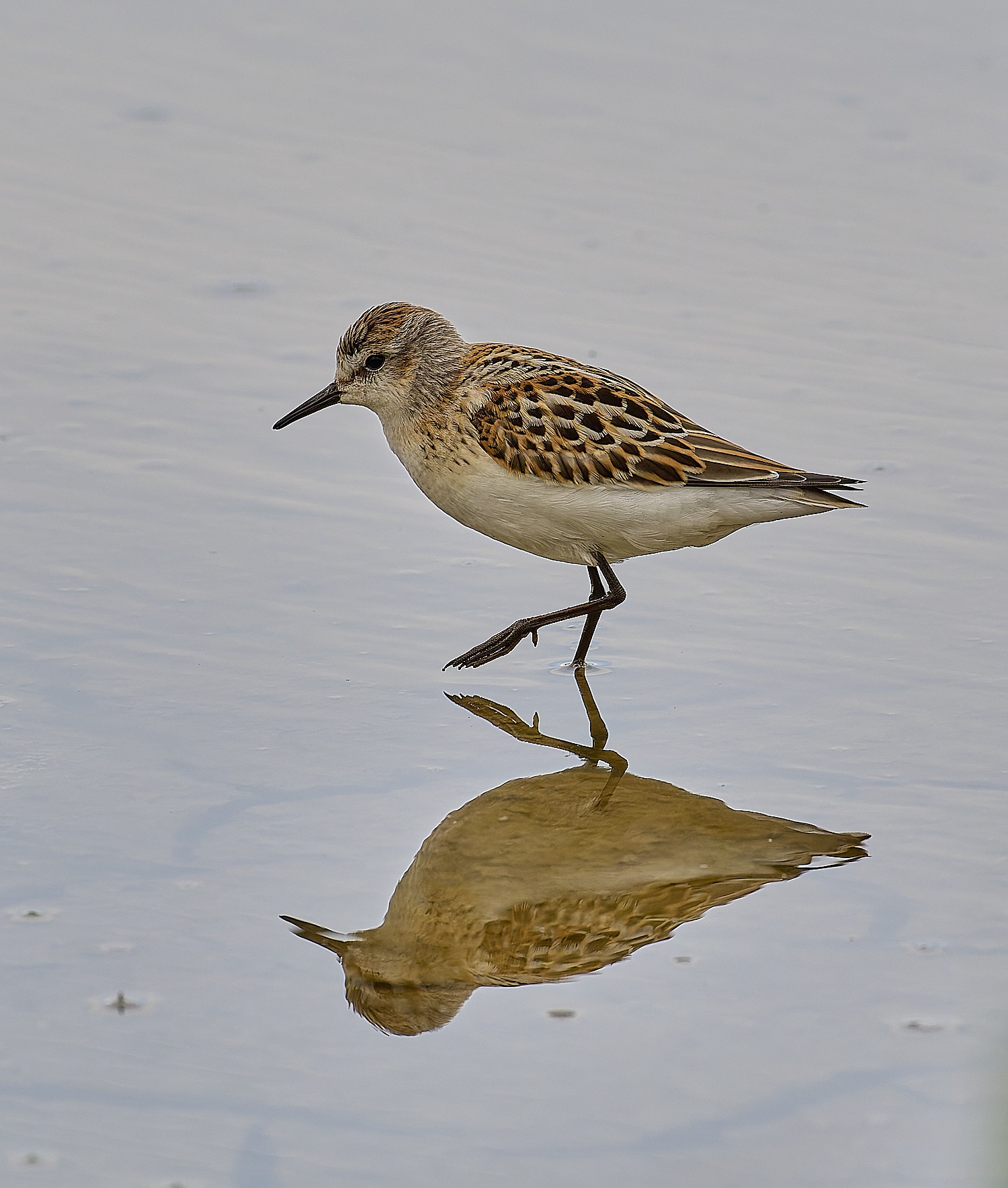
A brilliant treat to see the two juvenile Little Stint (Calidris minuta) so close.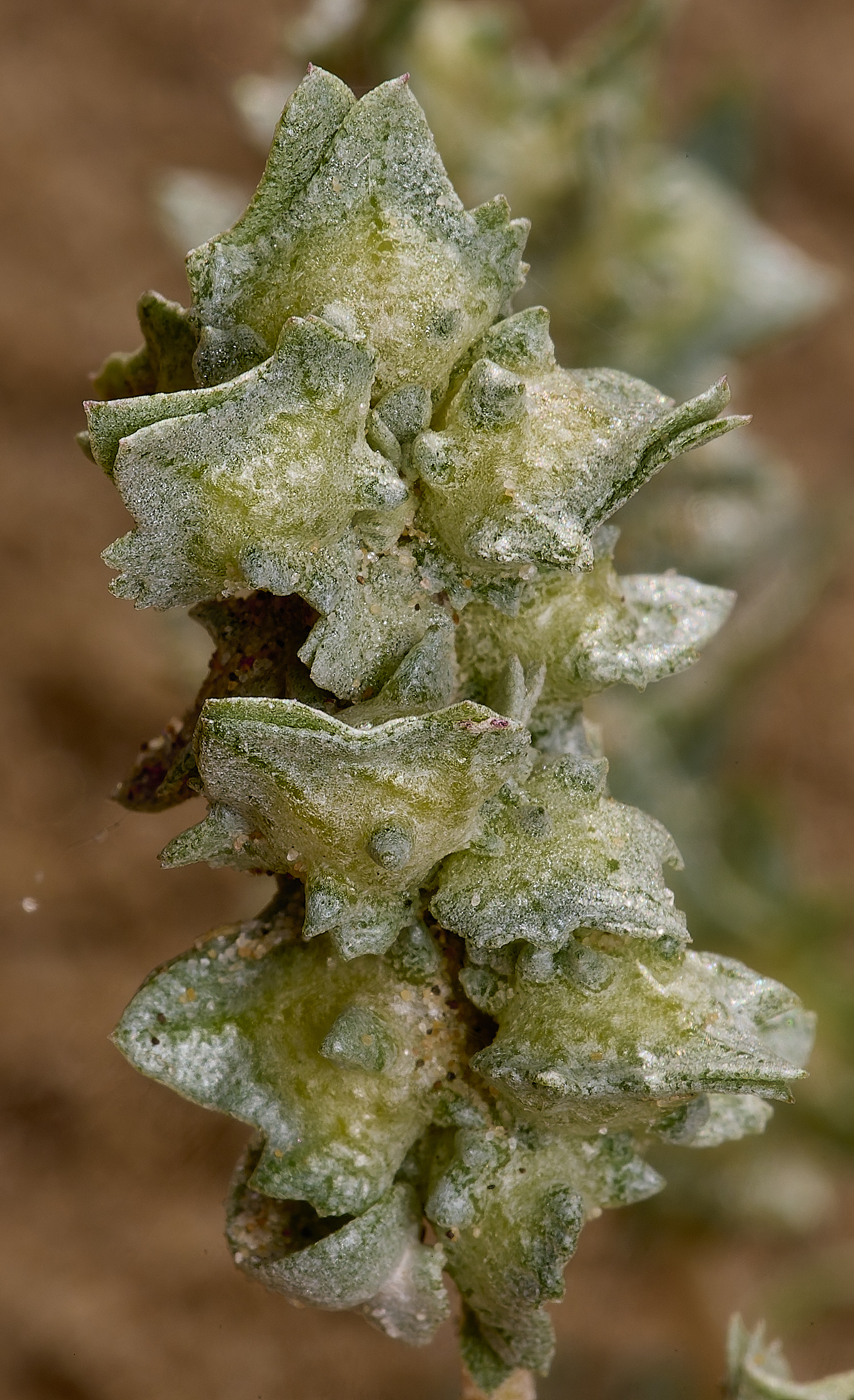
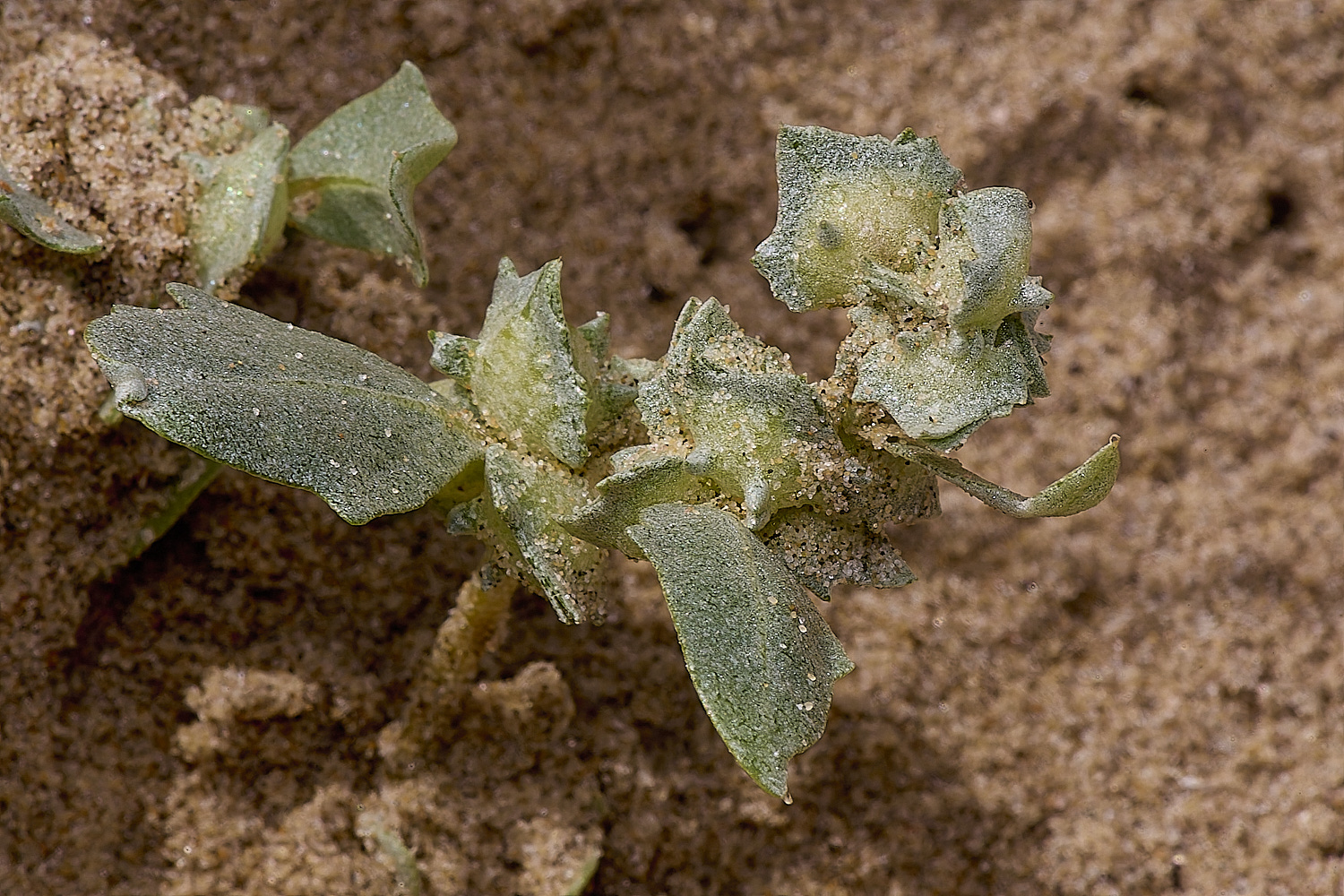
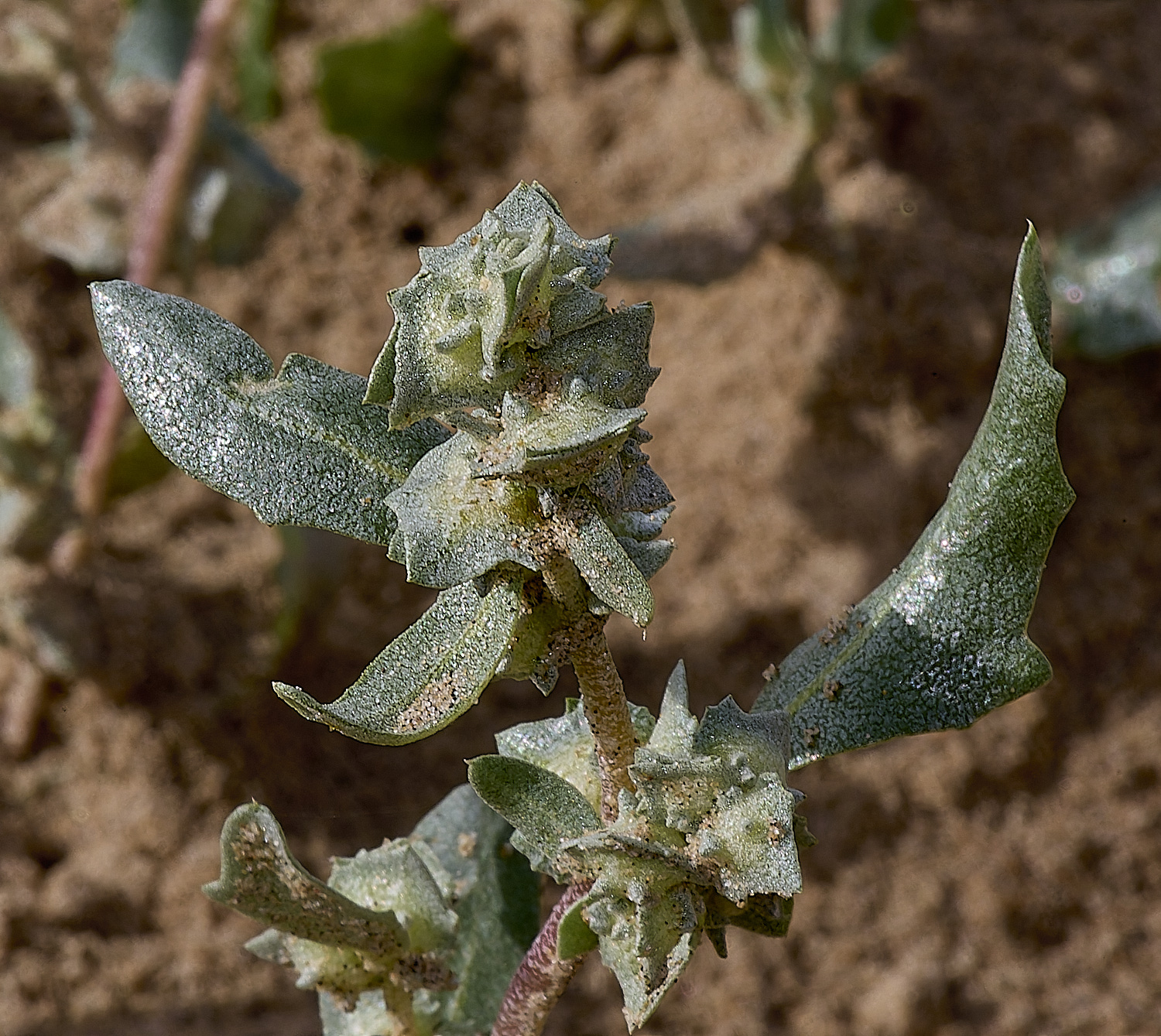
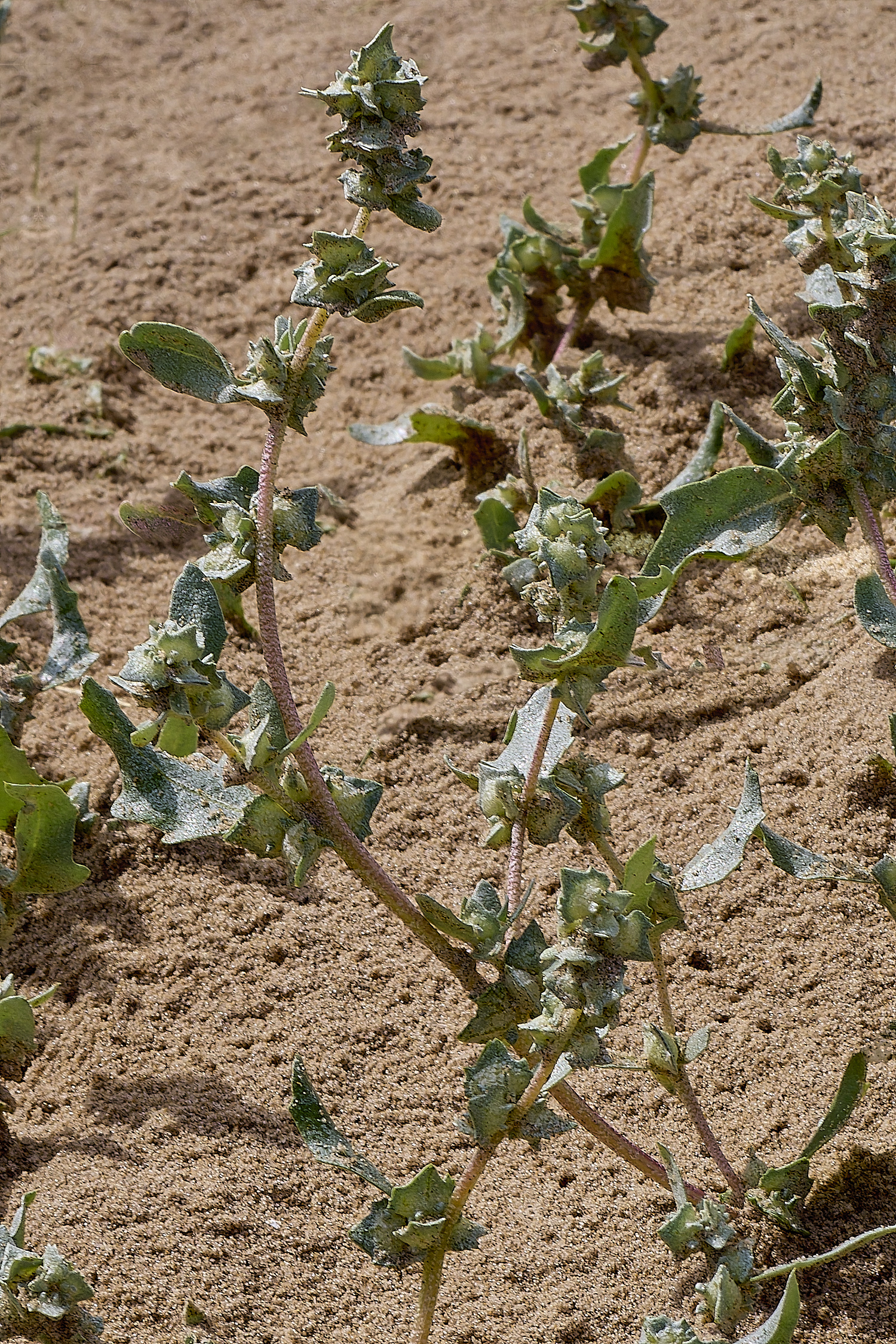
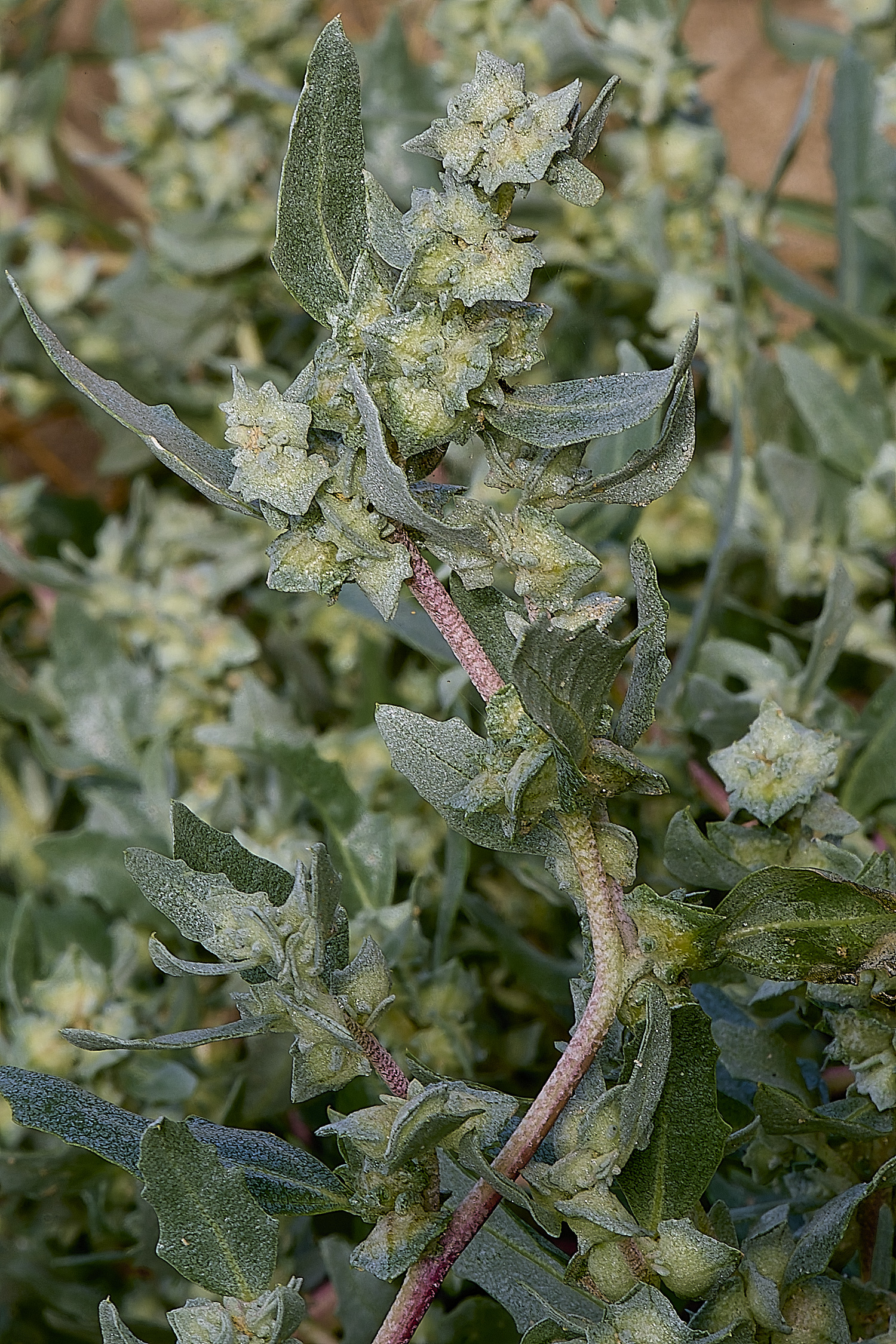
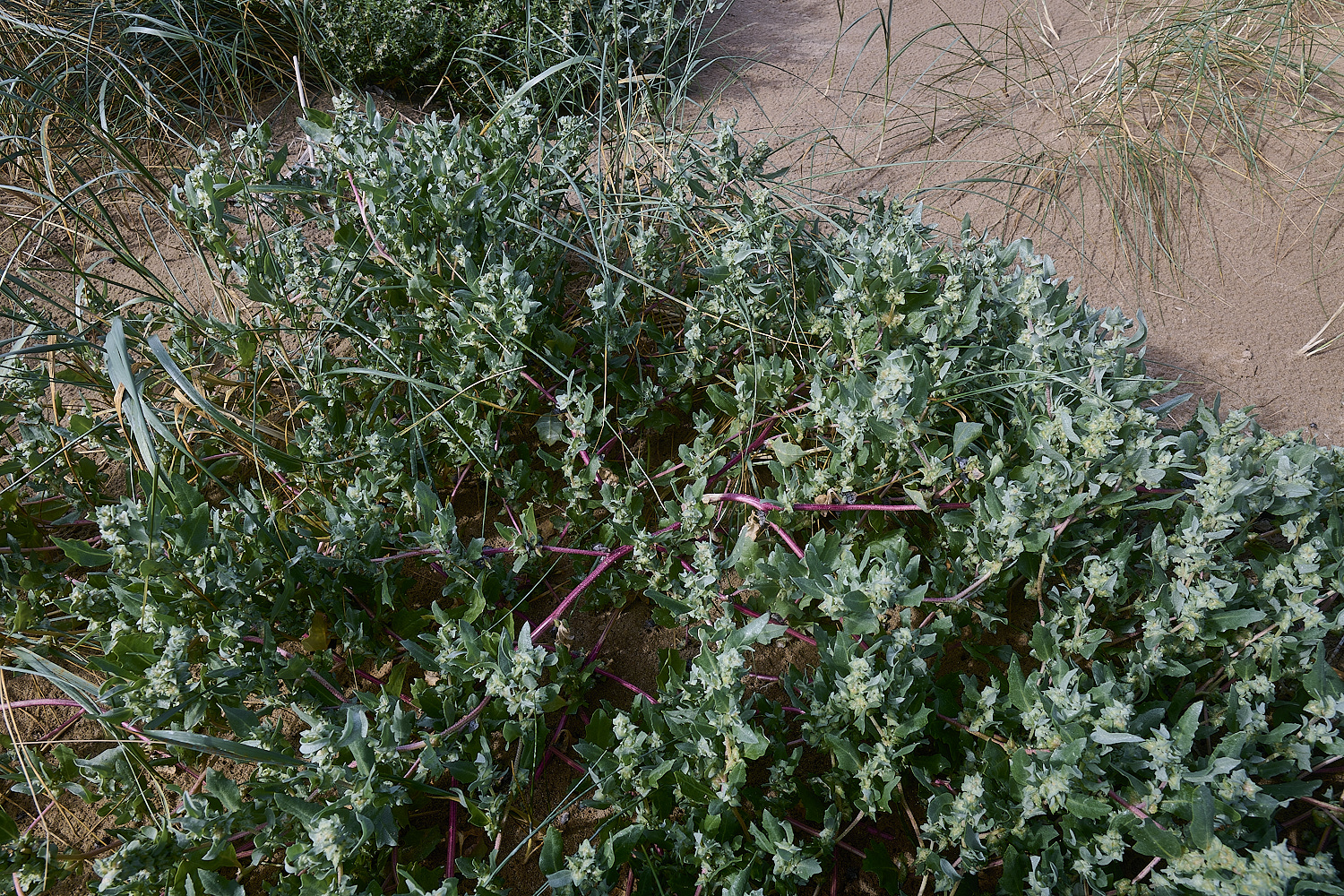

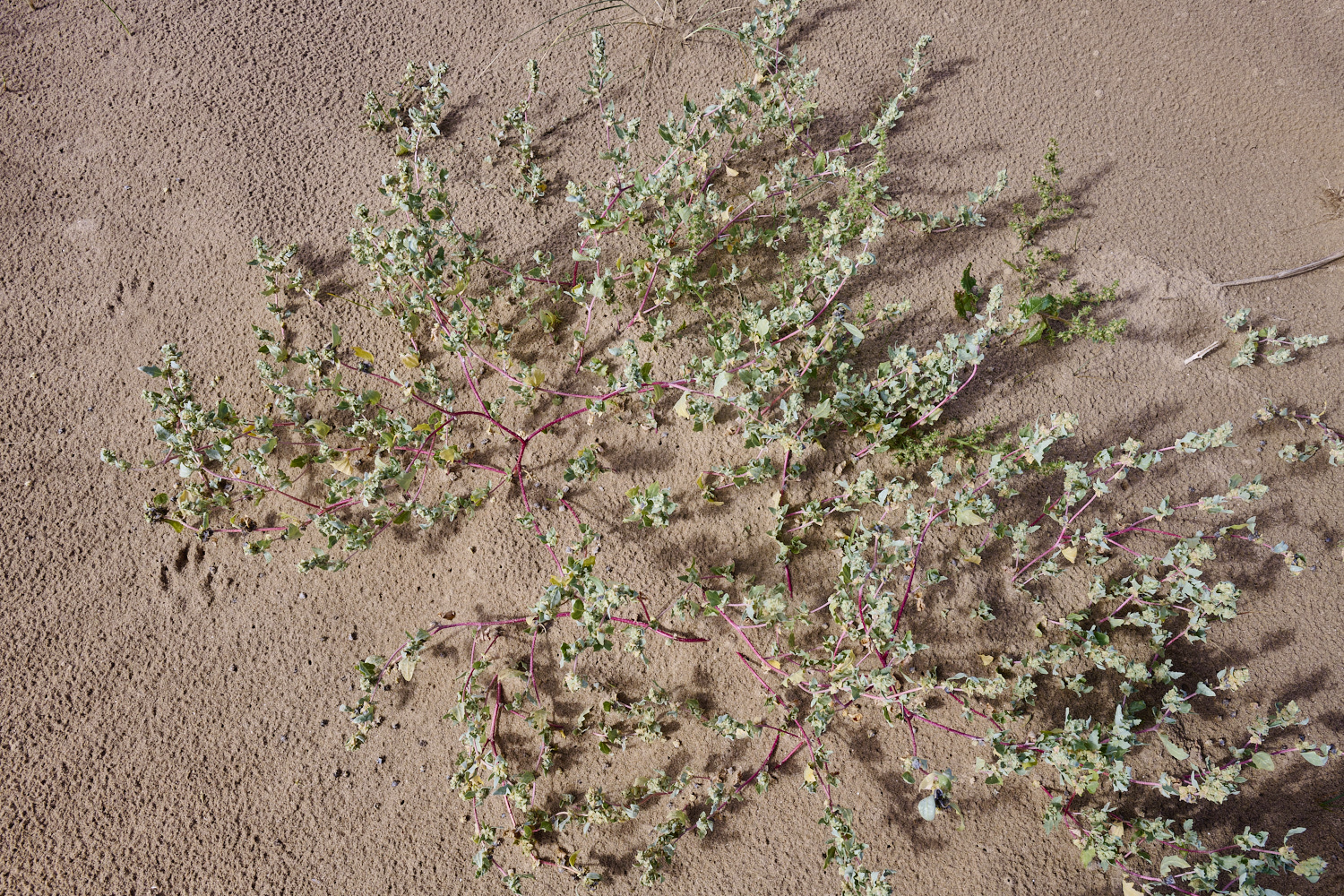
Frosted Orache (Atriplex laciniata)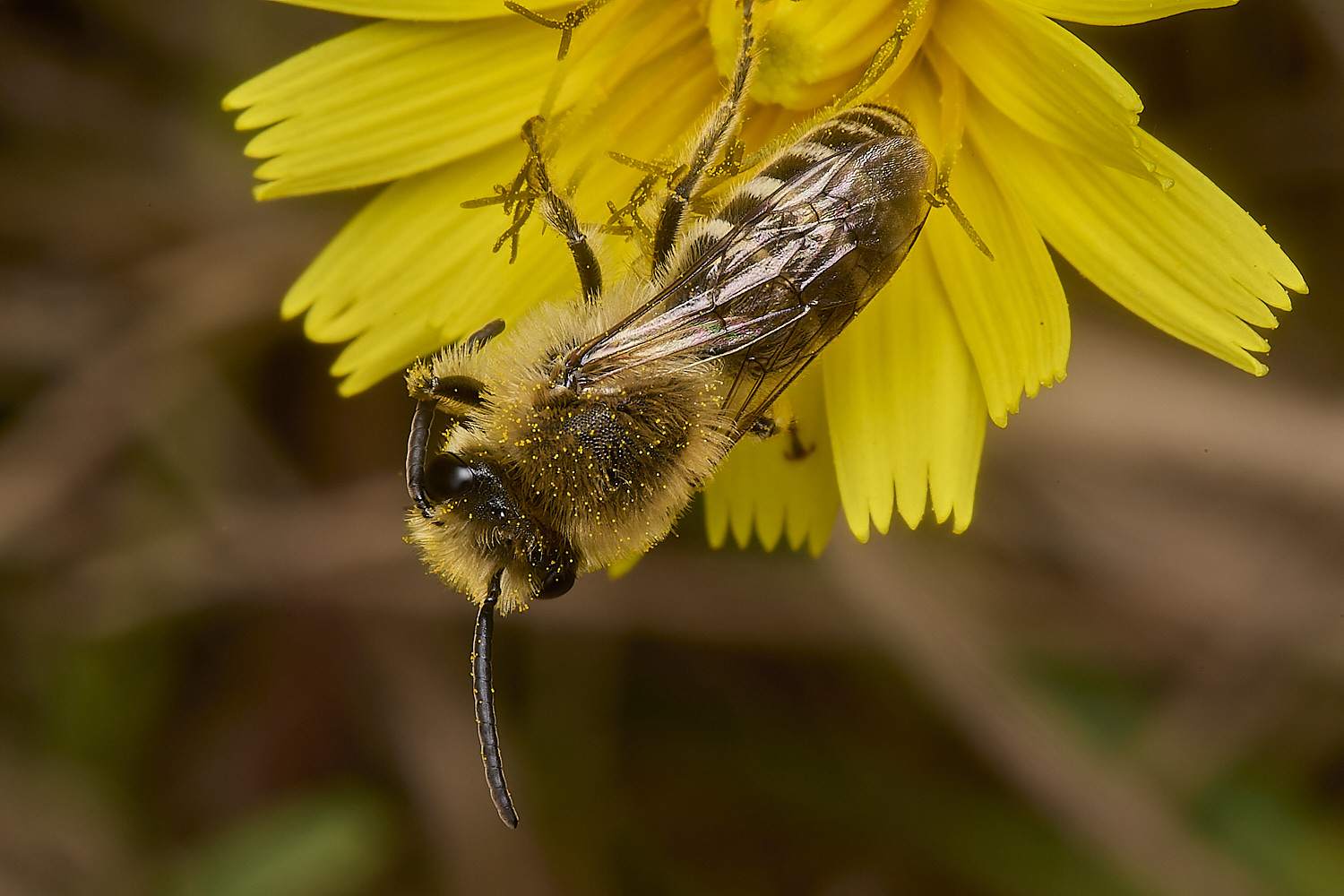

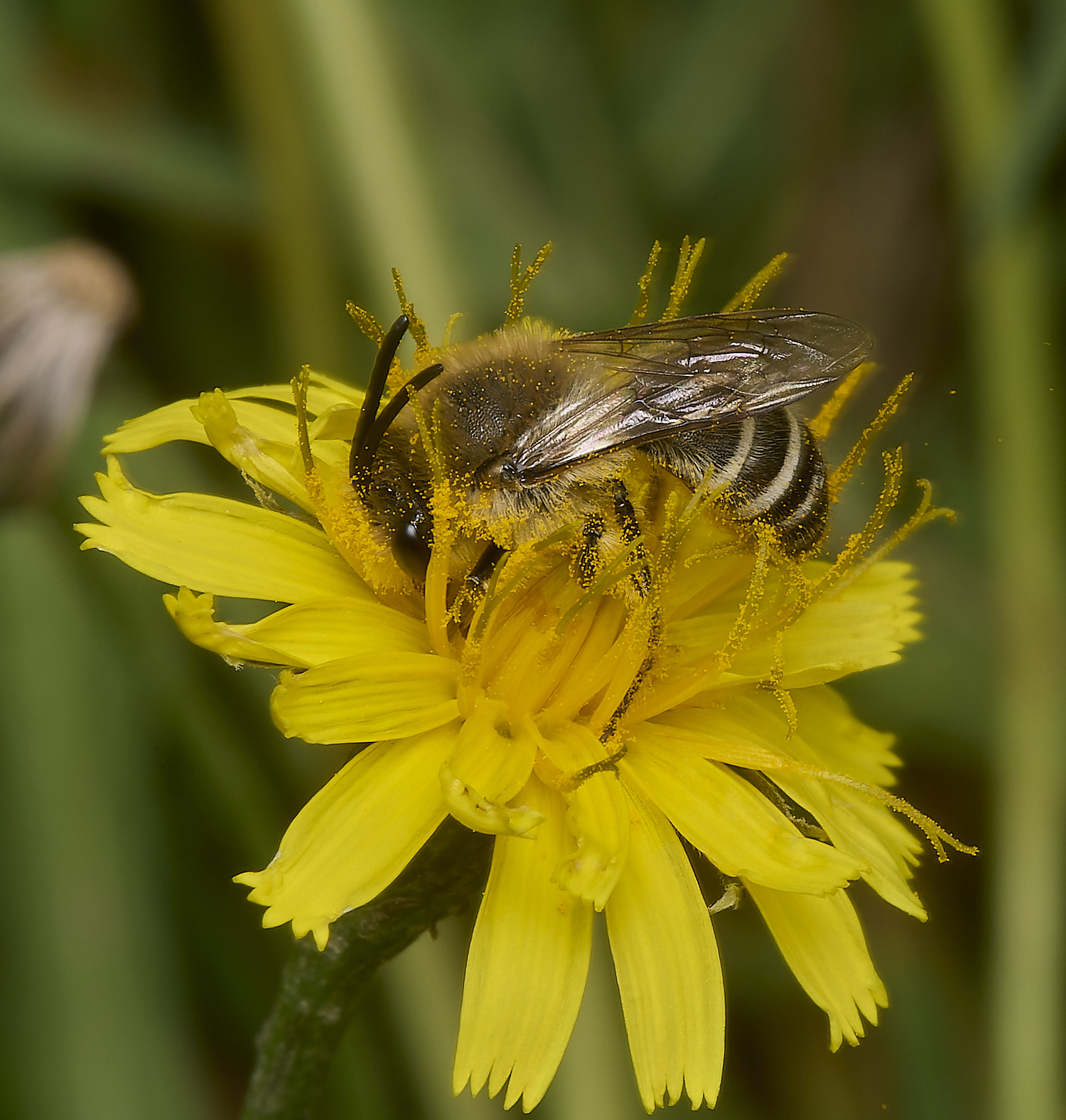
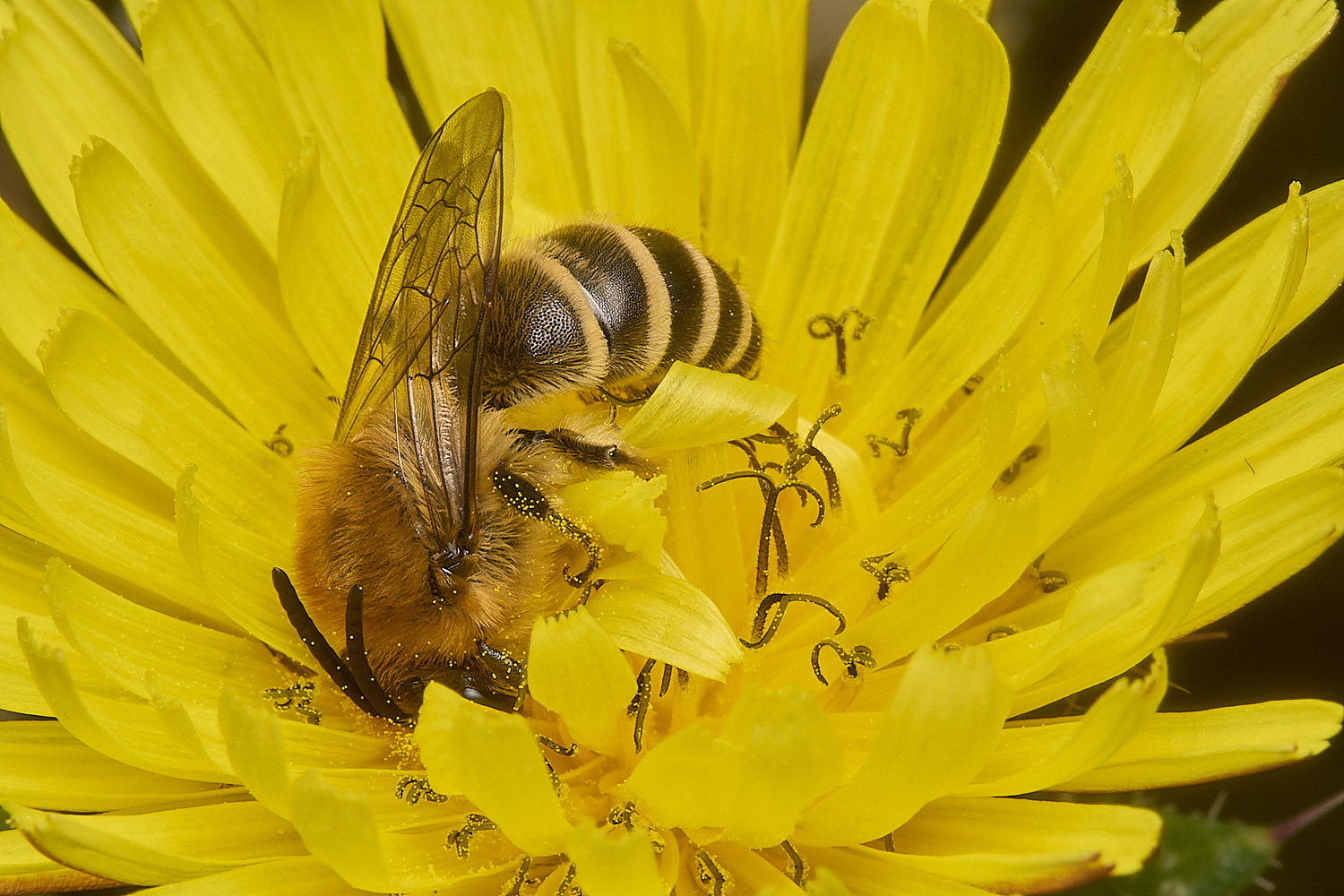
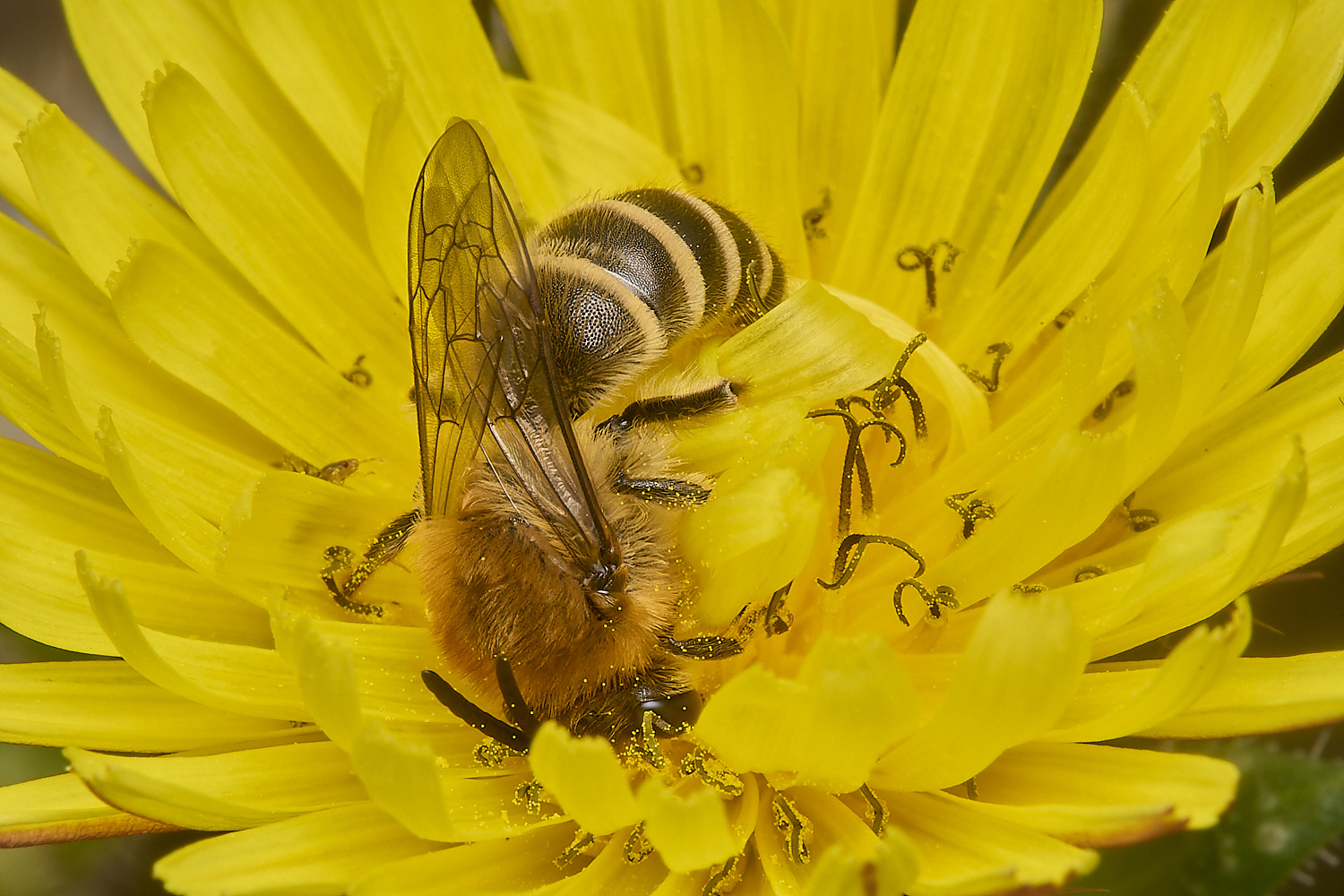
Sea Aster Mining Bee ♂︎ (Colletes halophilus)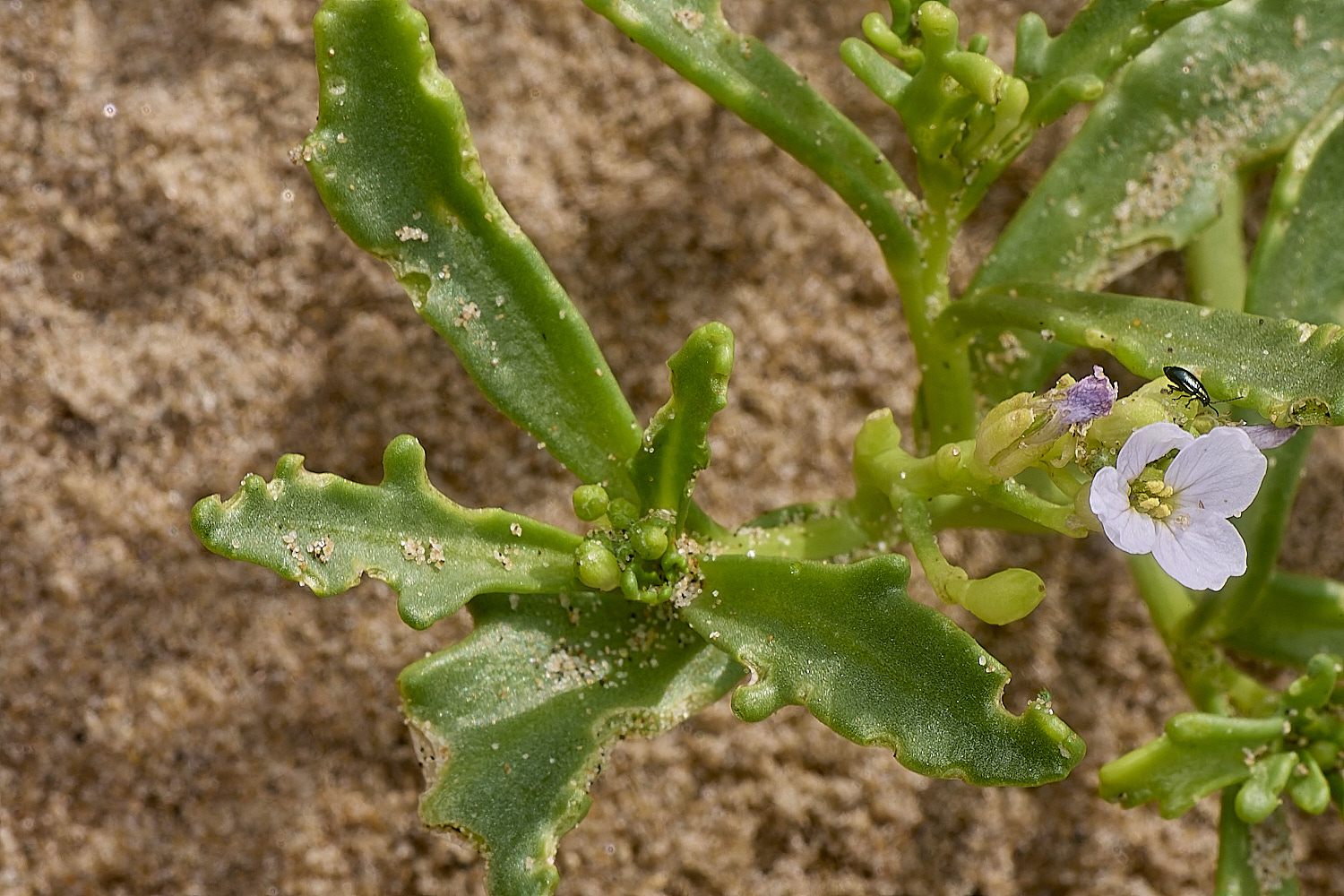
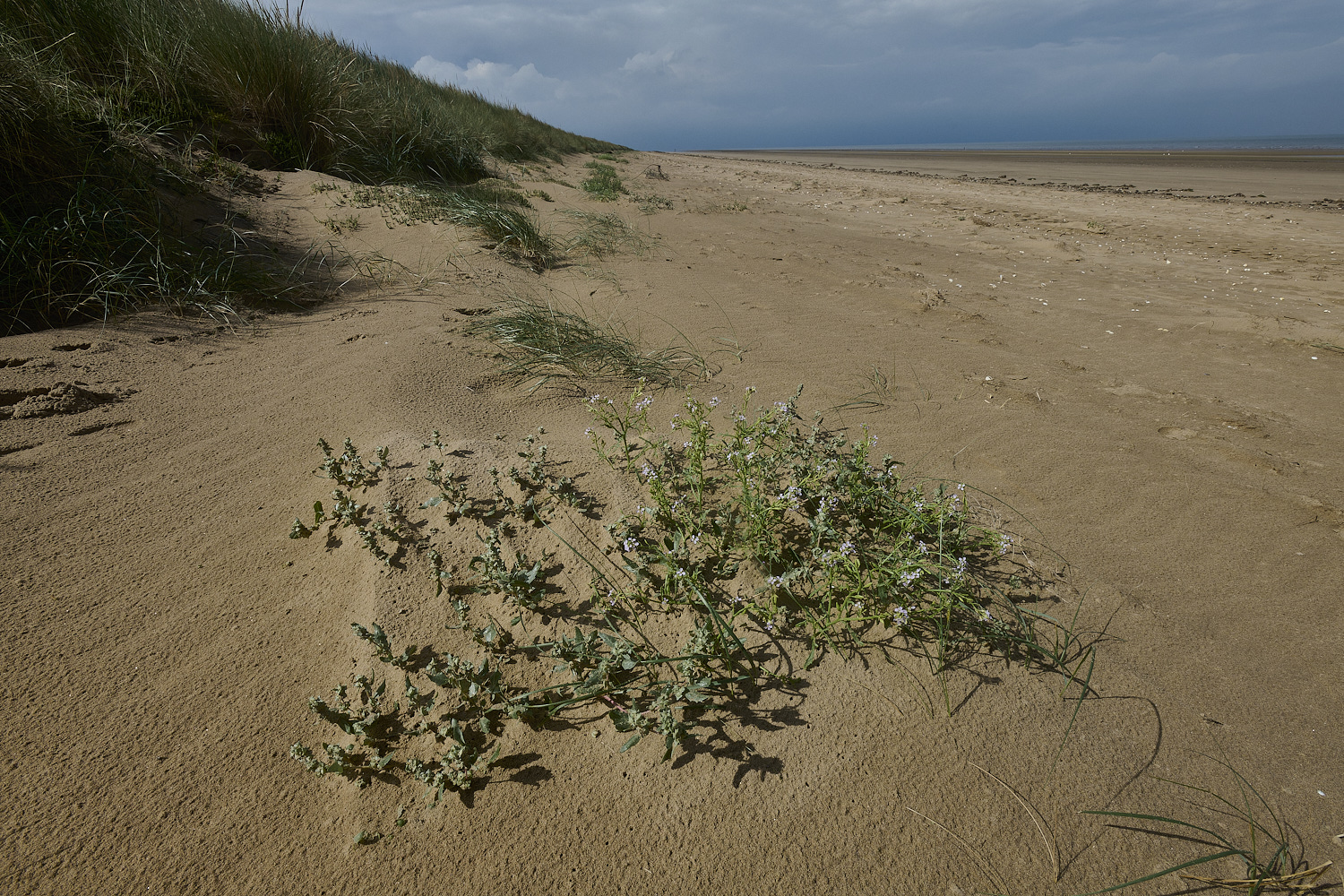
Sea Rocket (Cakile maritimum)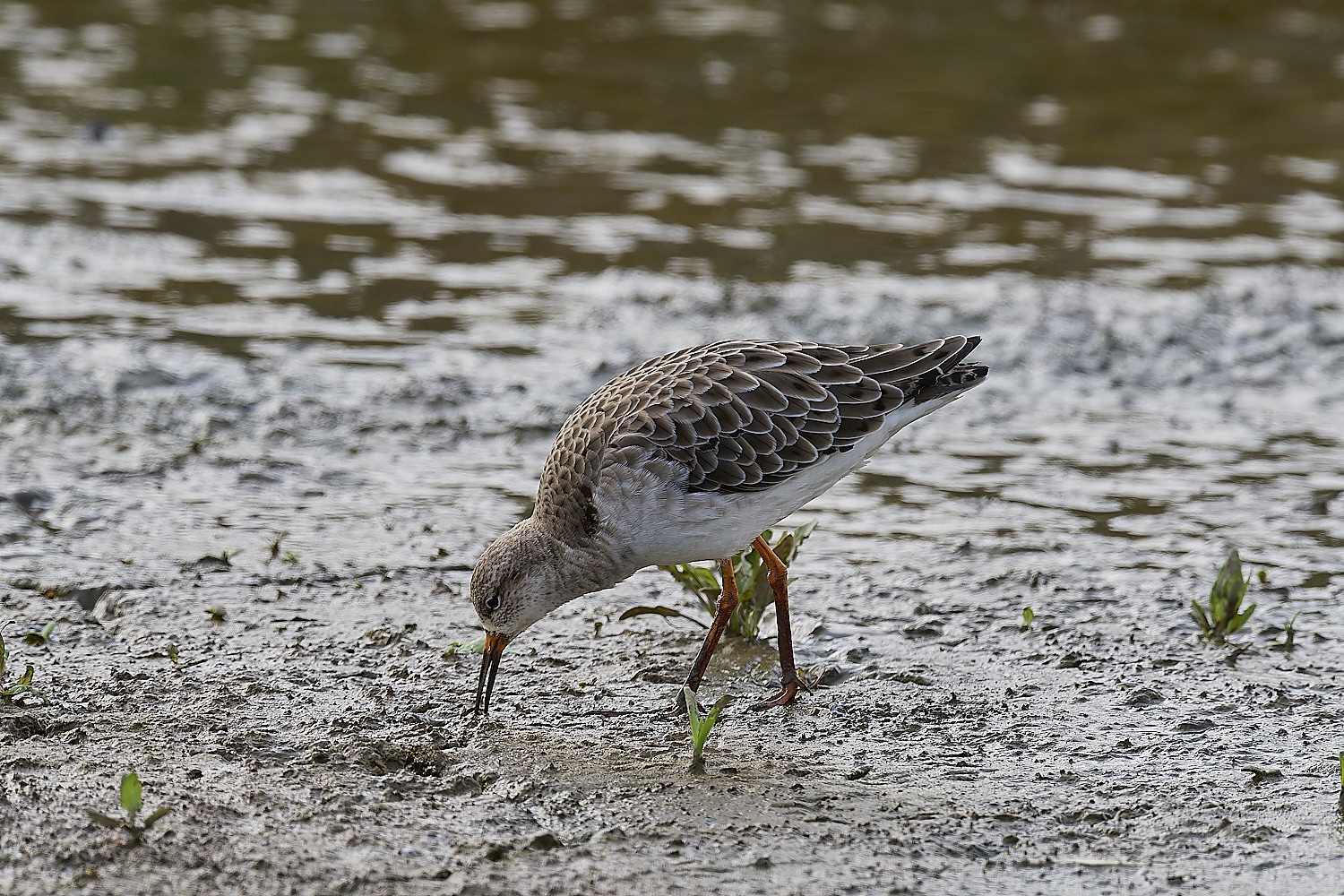
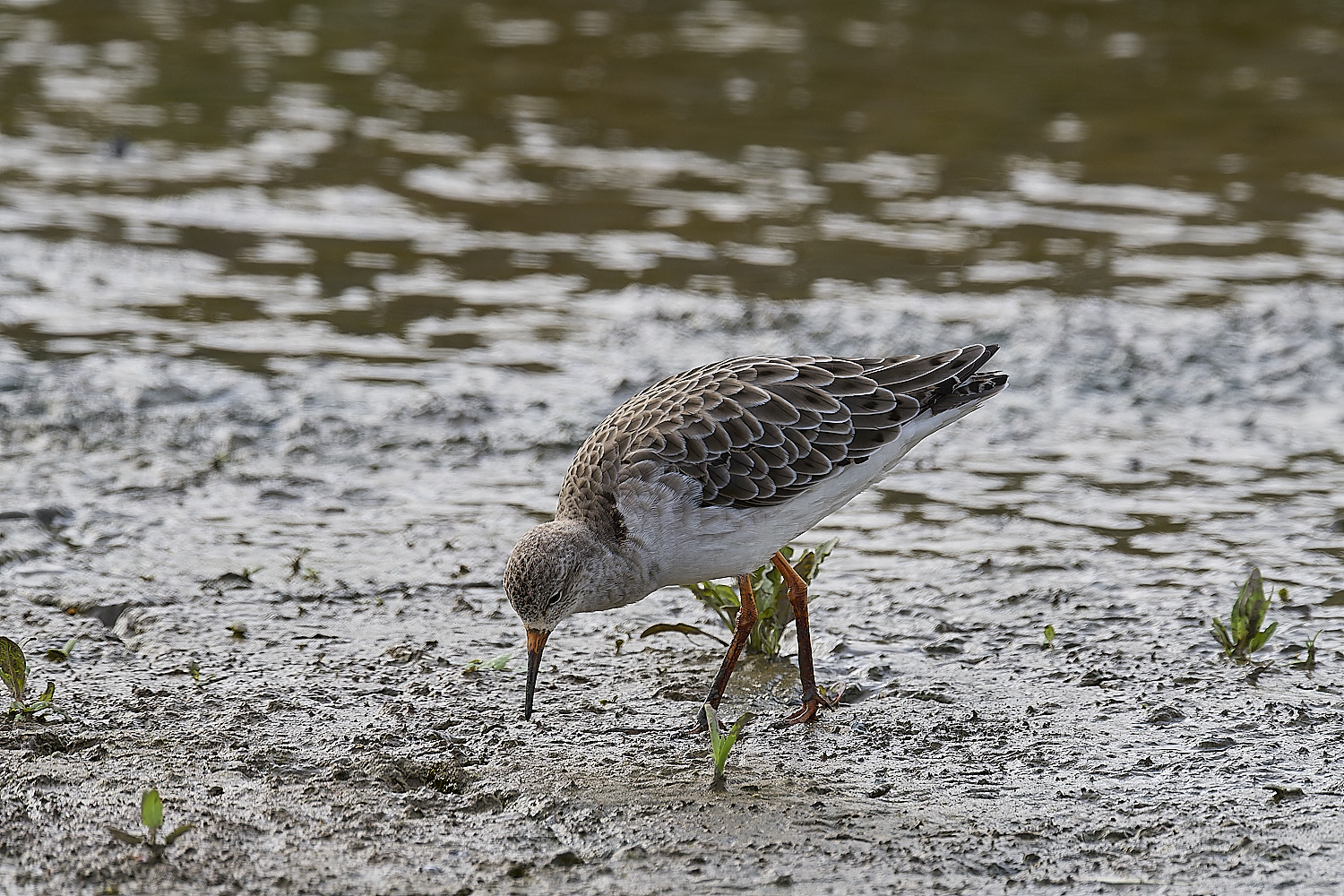
Female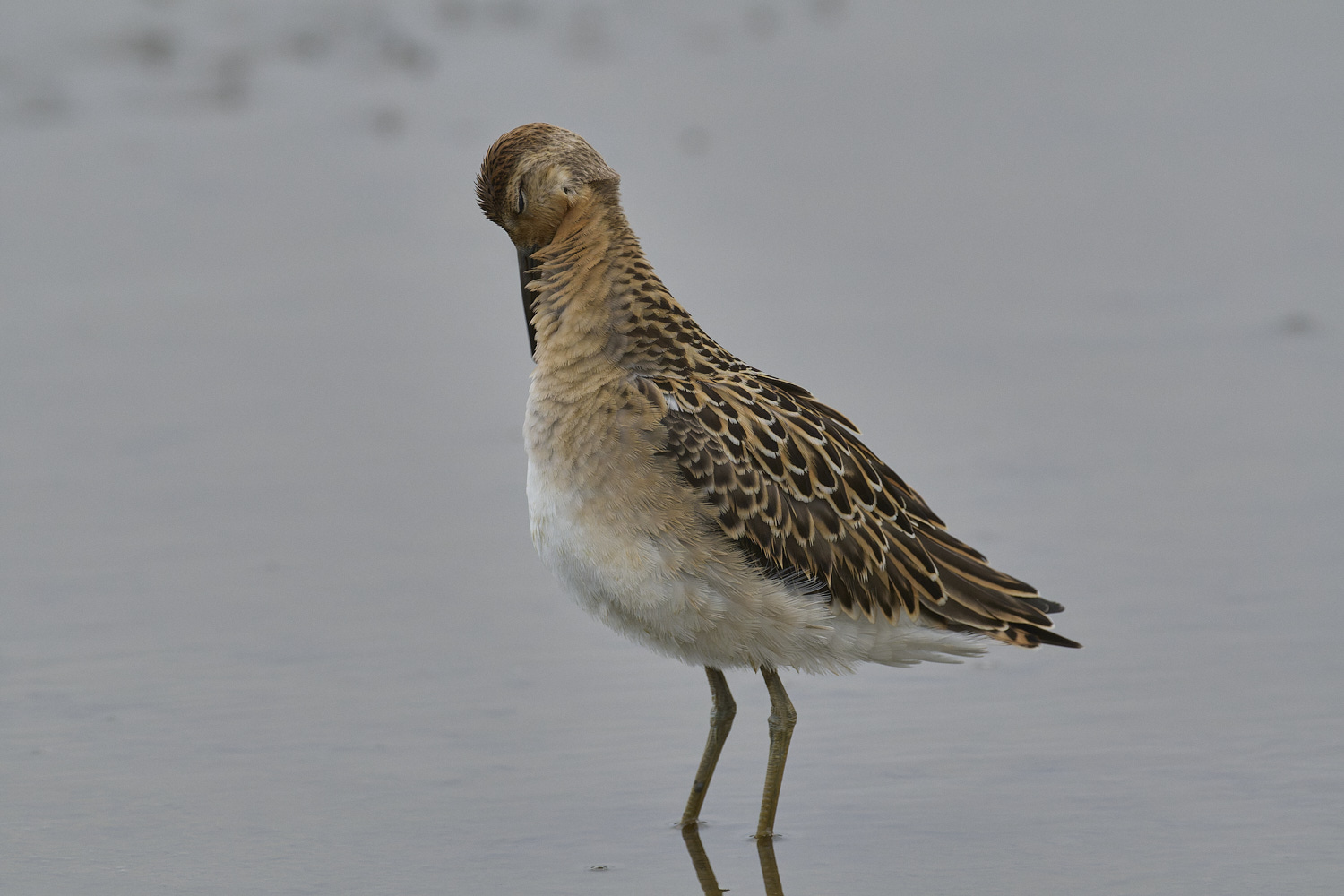
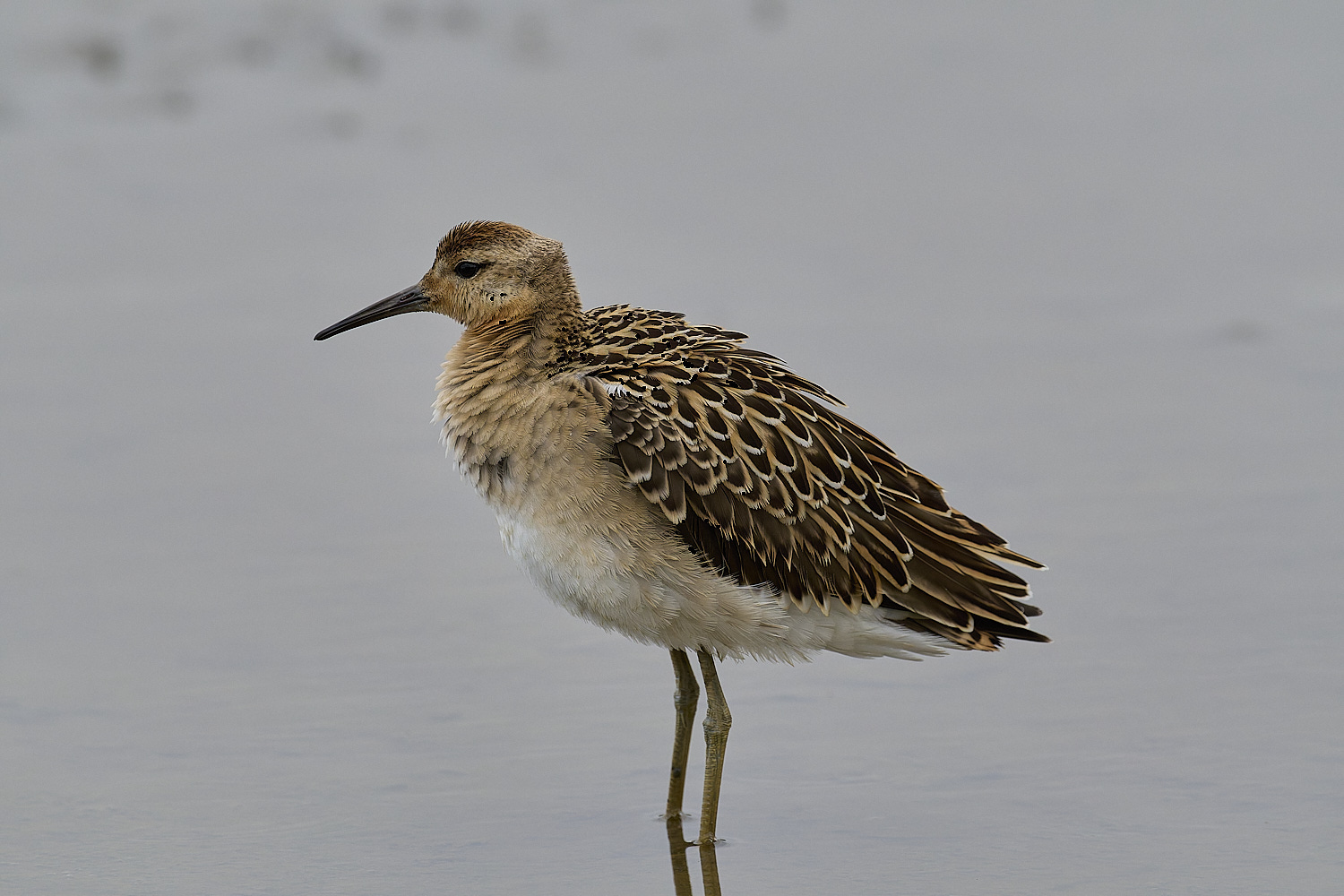
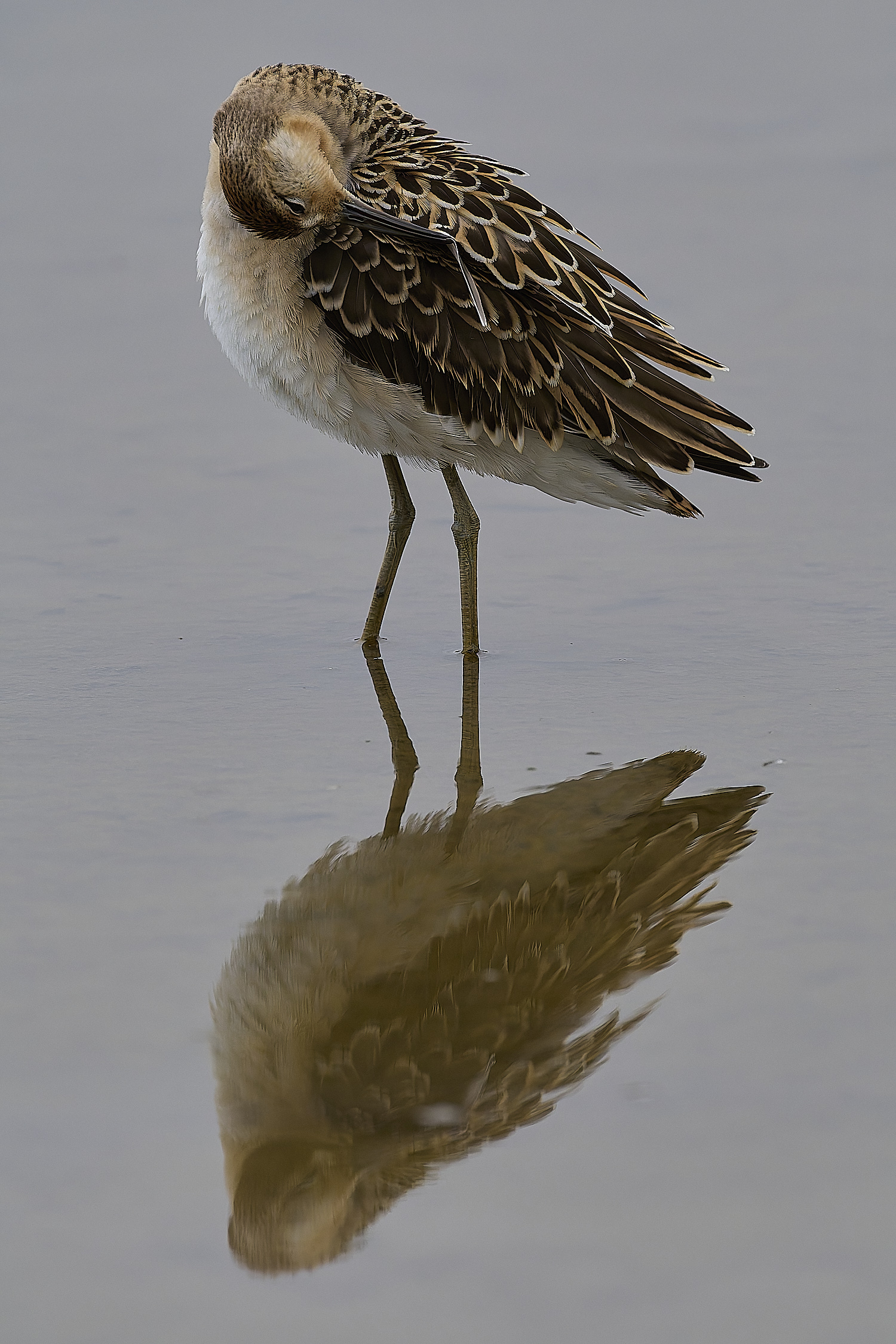
Juvenile
Ruff (Calidris pugnax)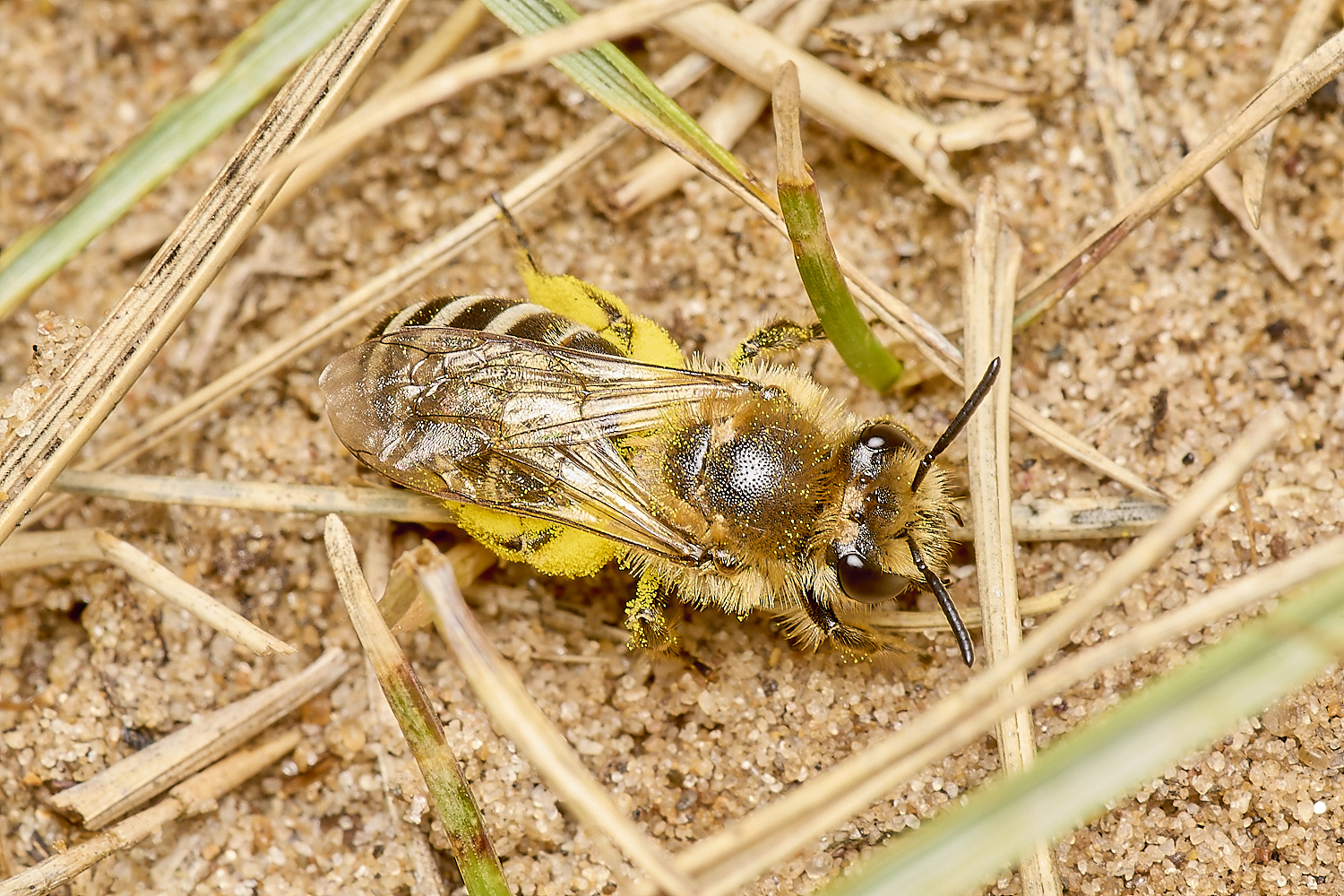

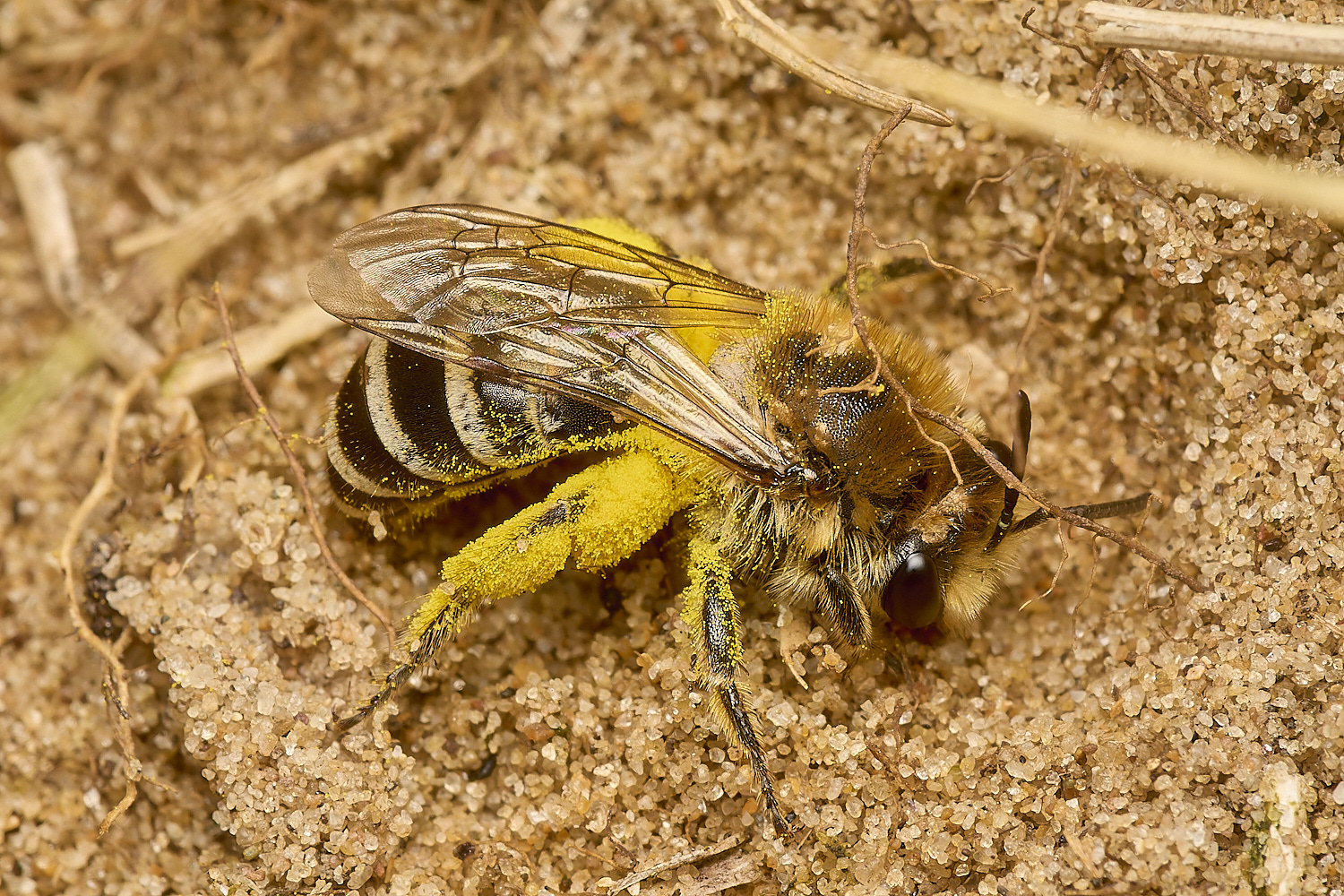

Sea Aster Mining Bee ♀︎ (Colletes halophilus)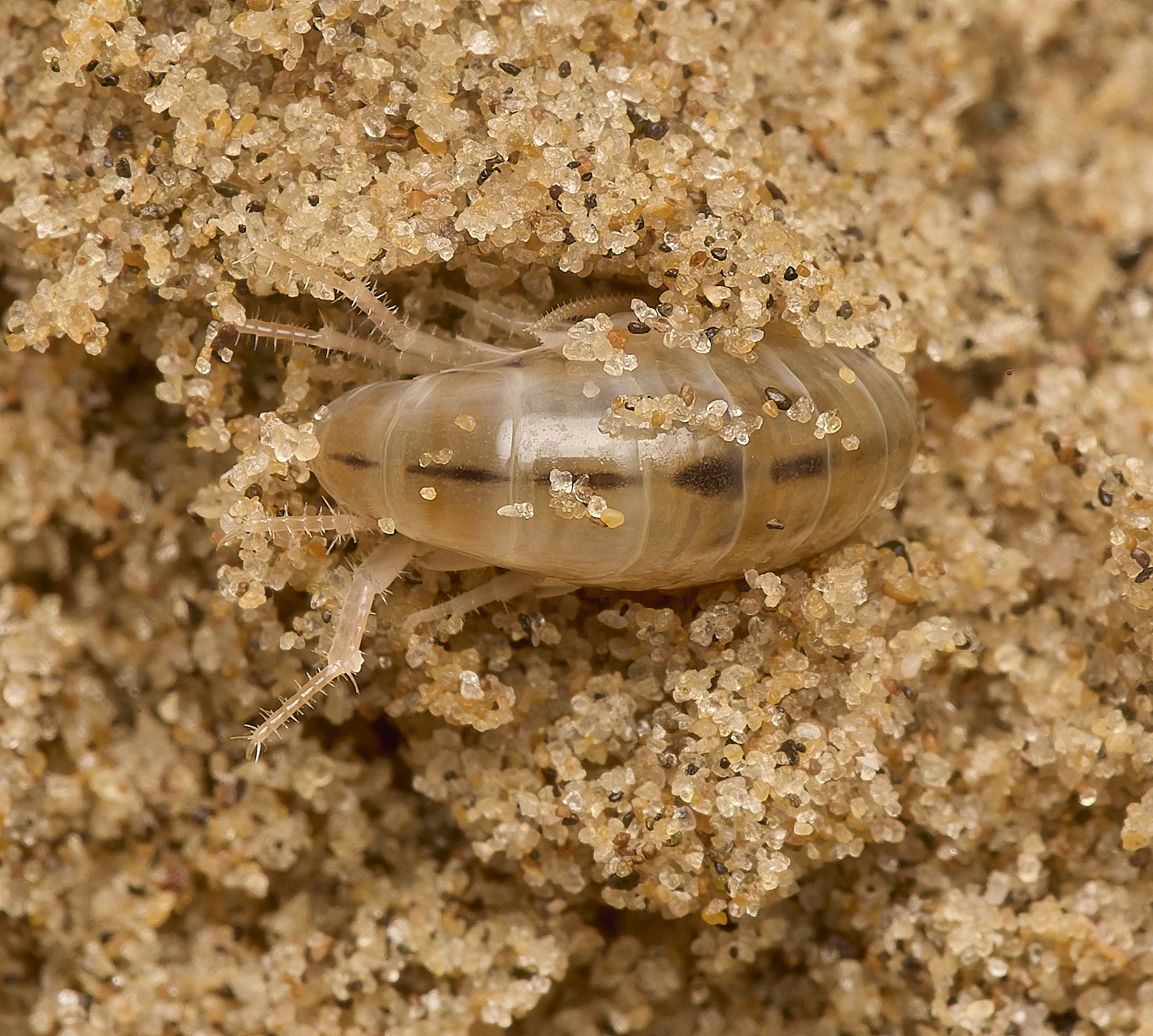
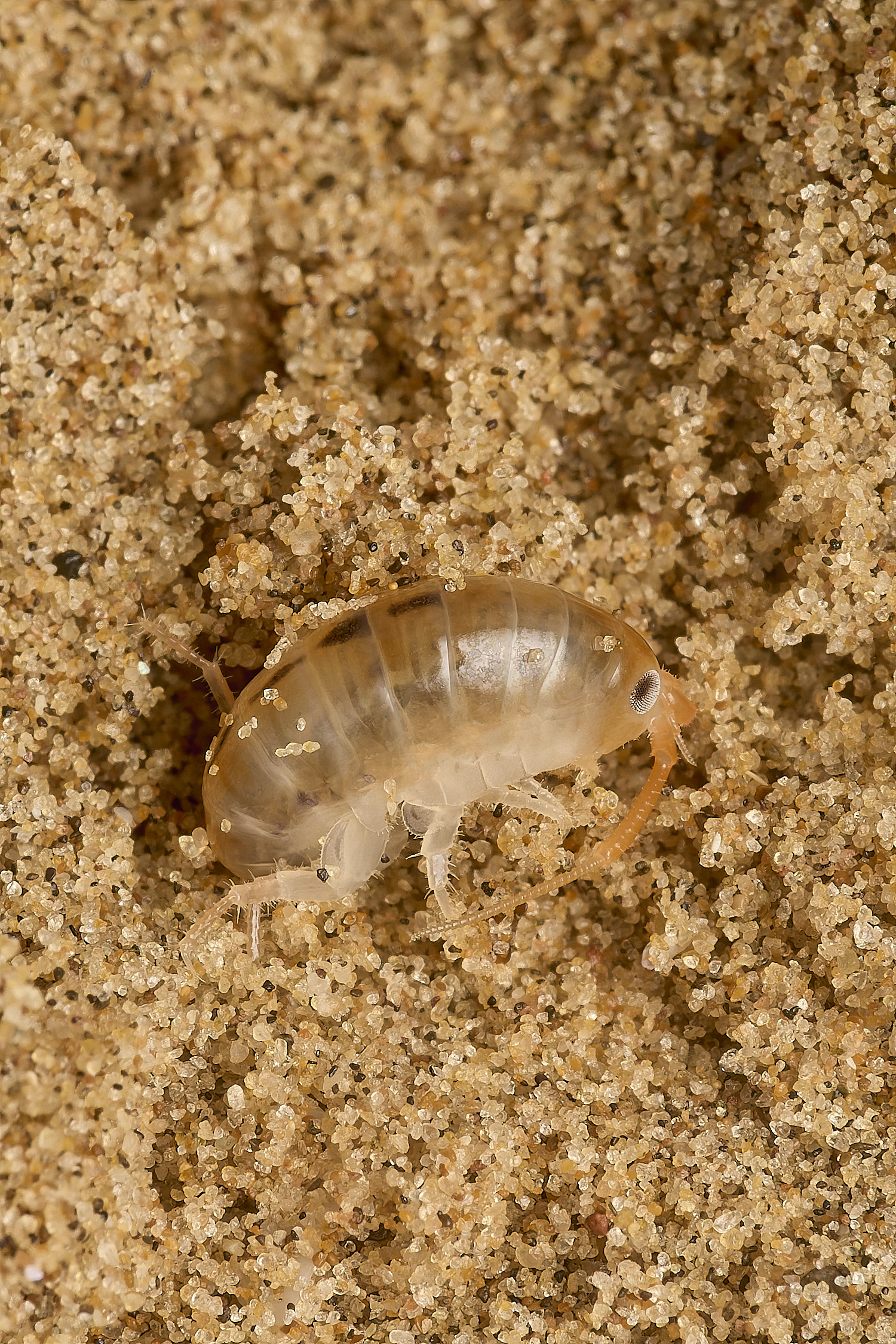
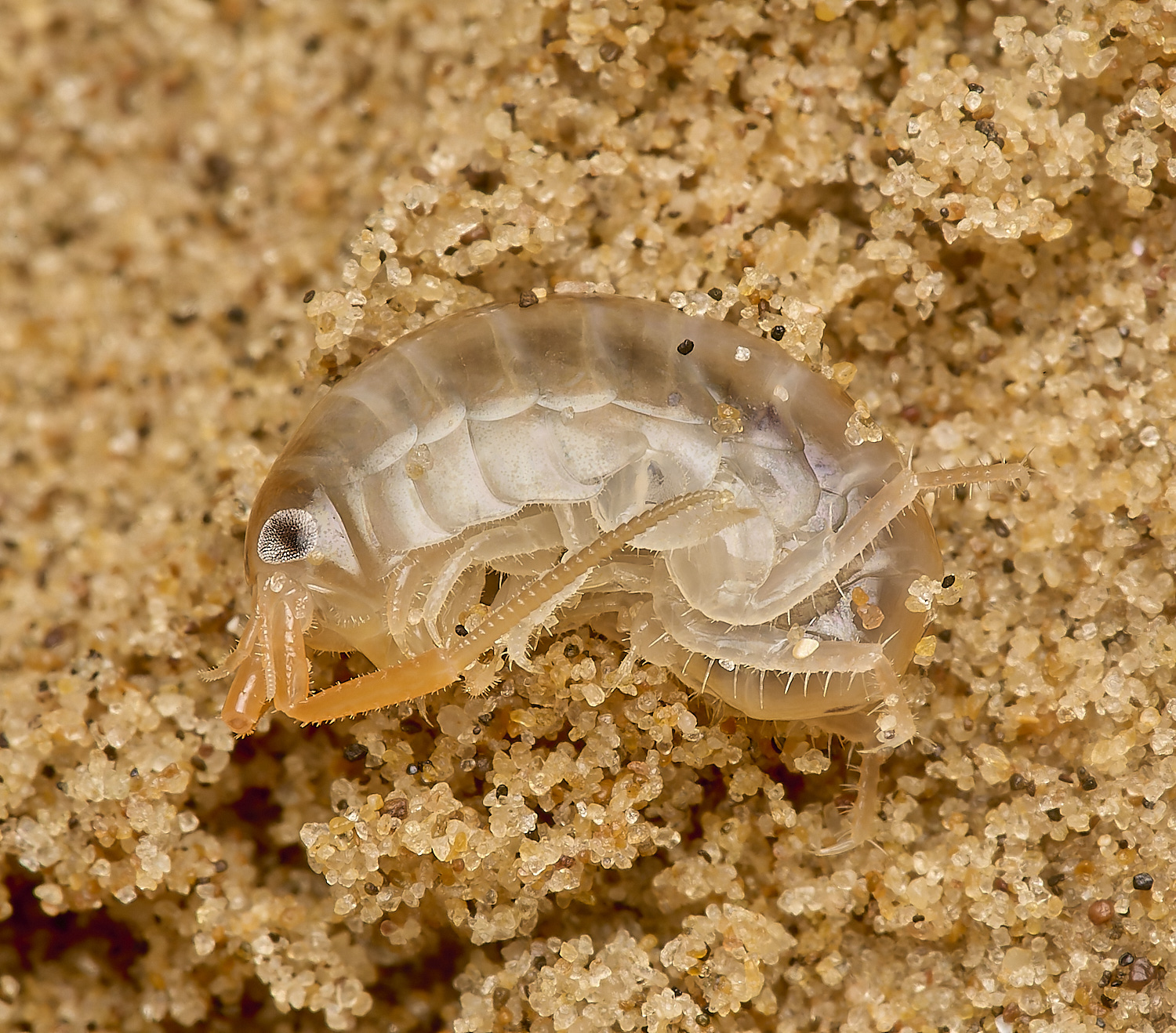
Sand Hopper (Talitrus saltator)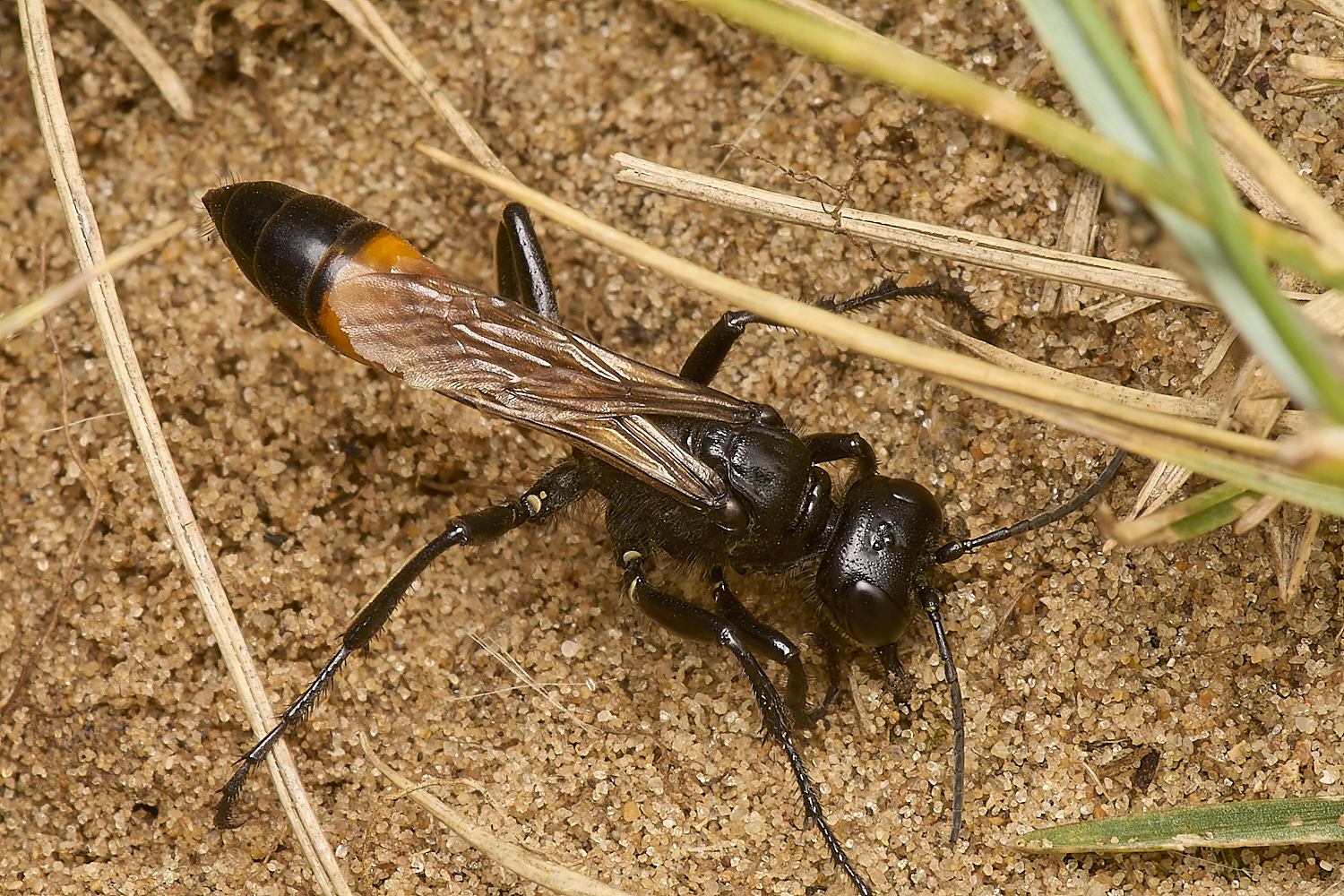

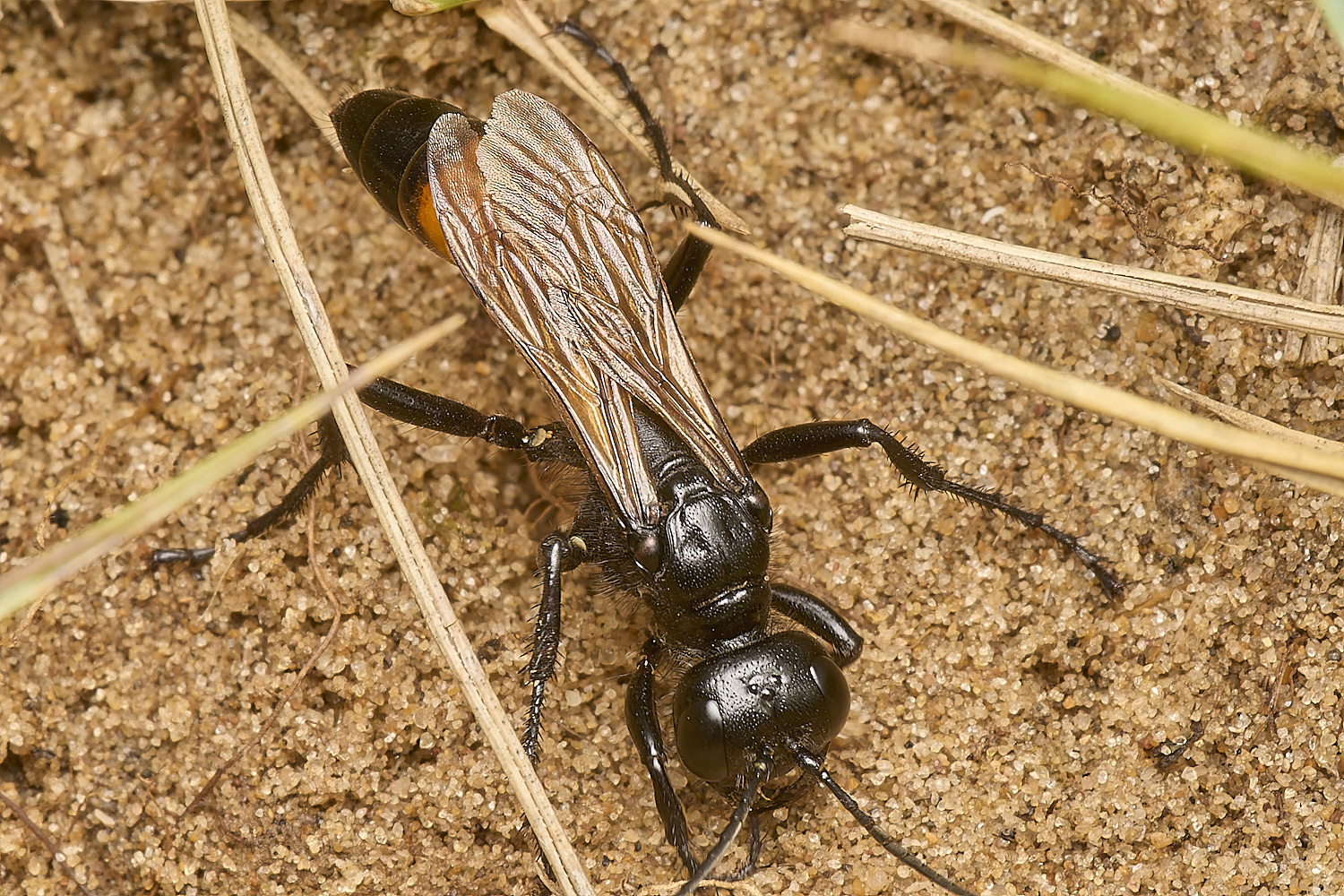
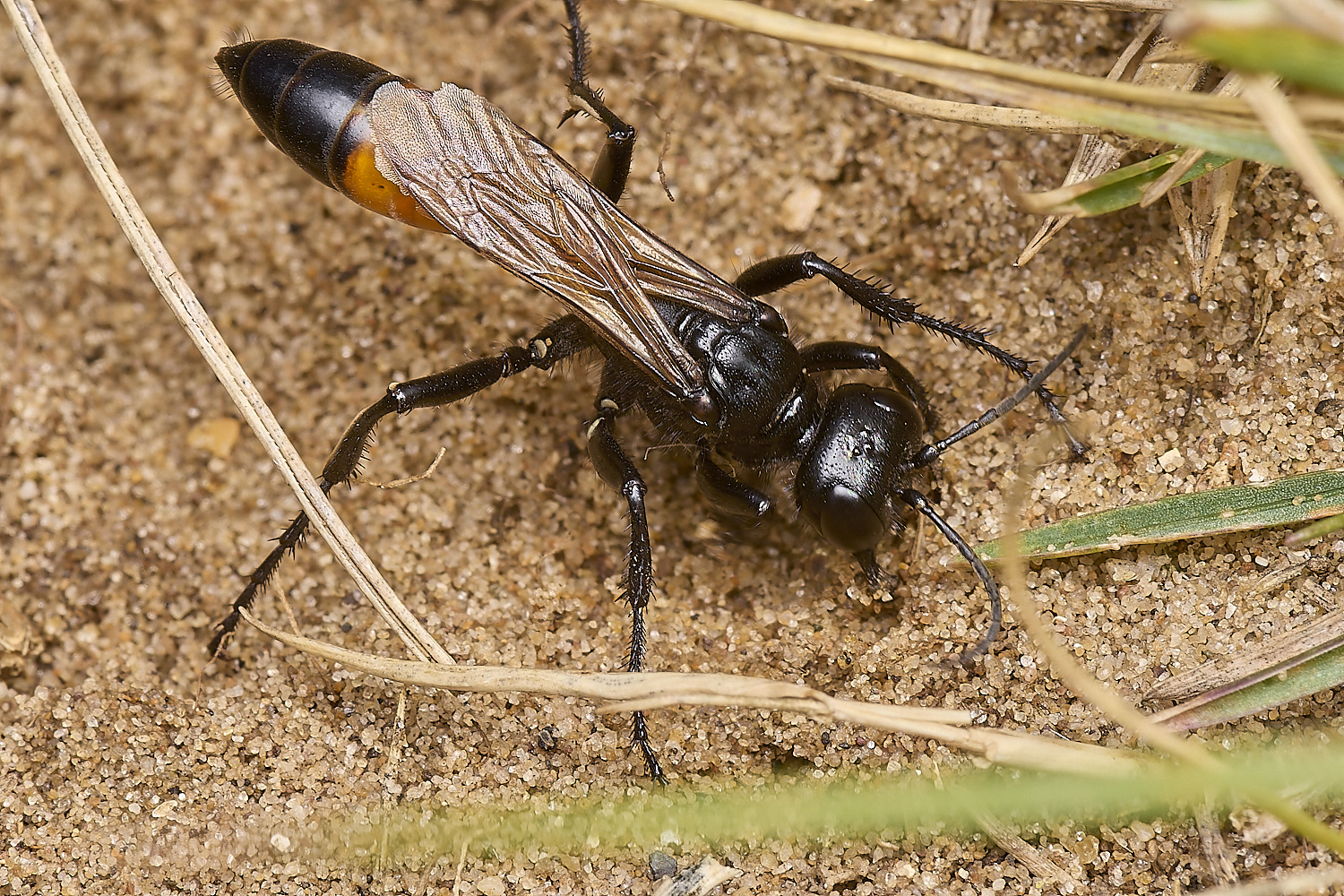
Hairy Sand Wasp (Padolonia hirsuta)
Sea Beet (Beta vulgaris)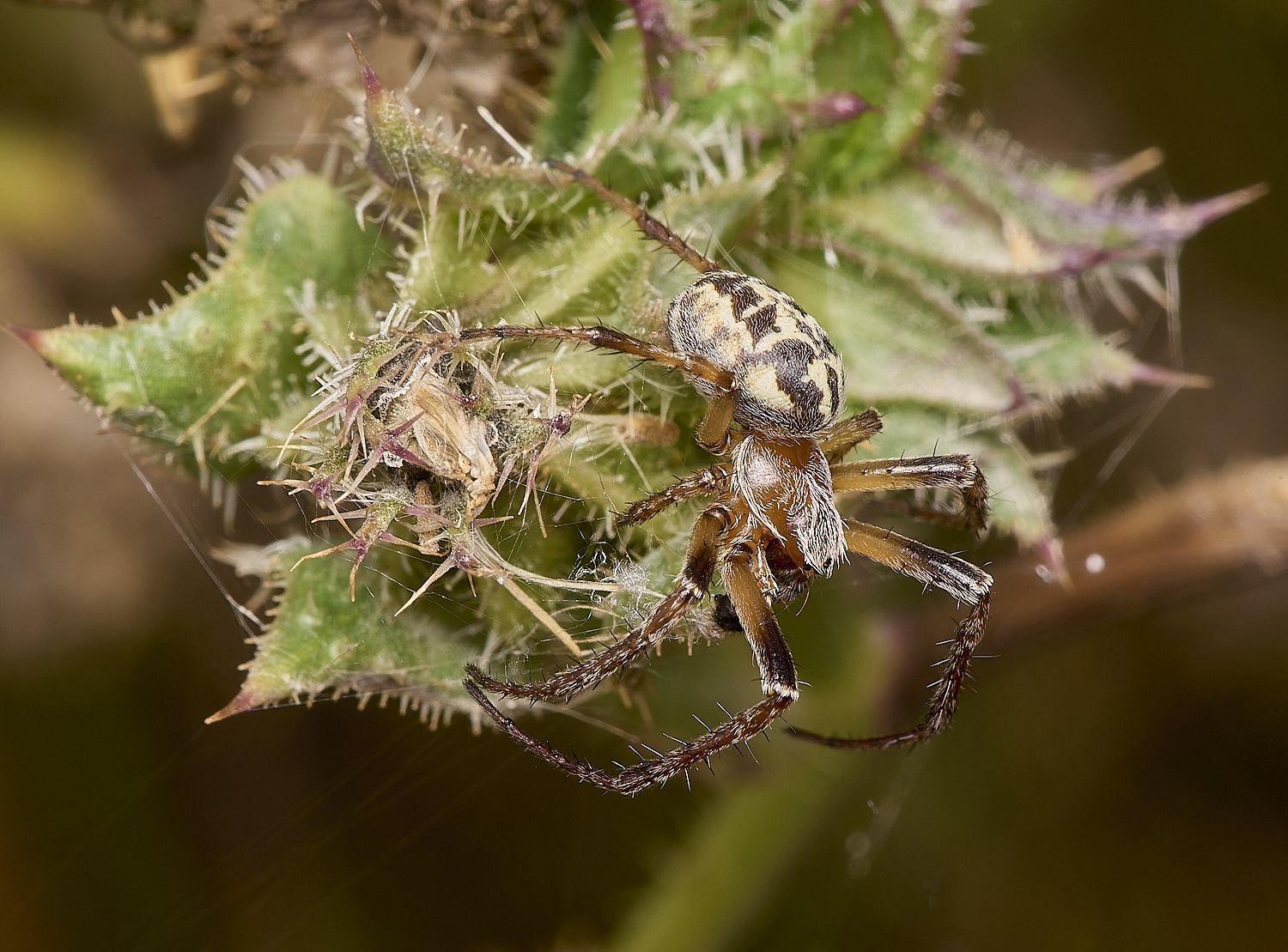
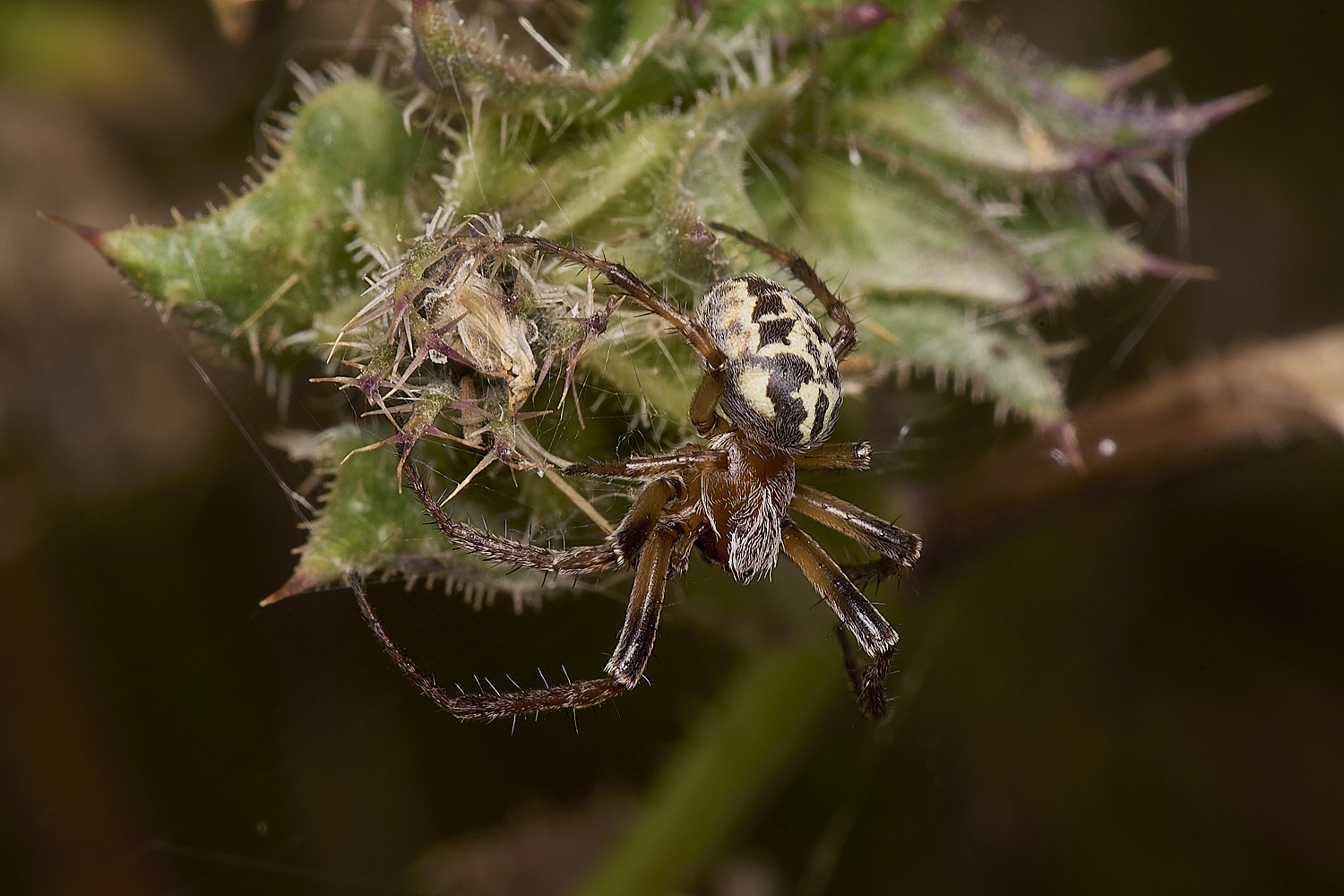
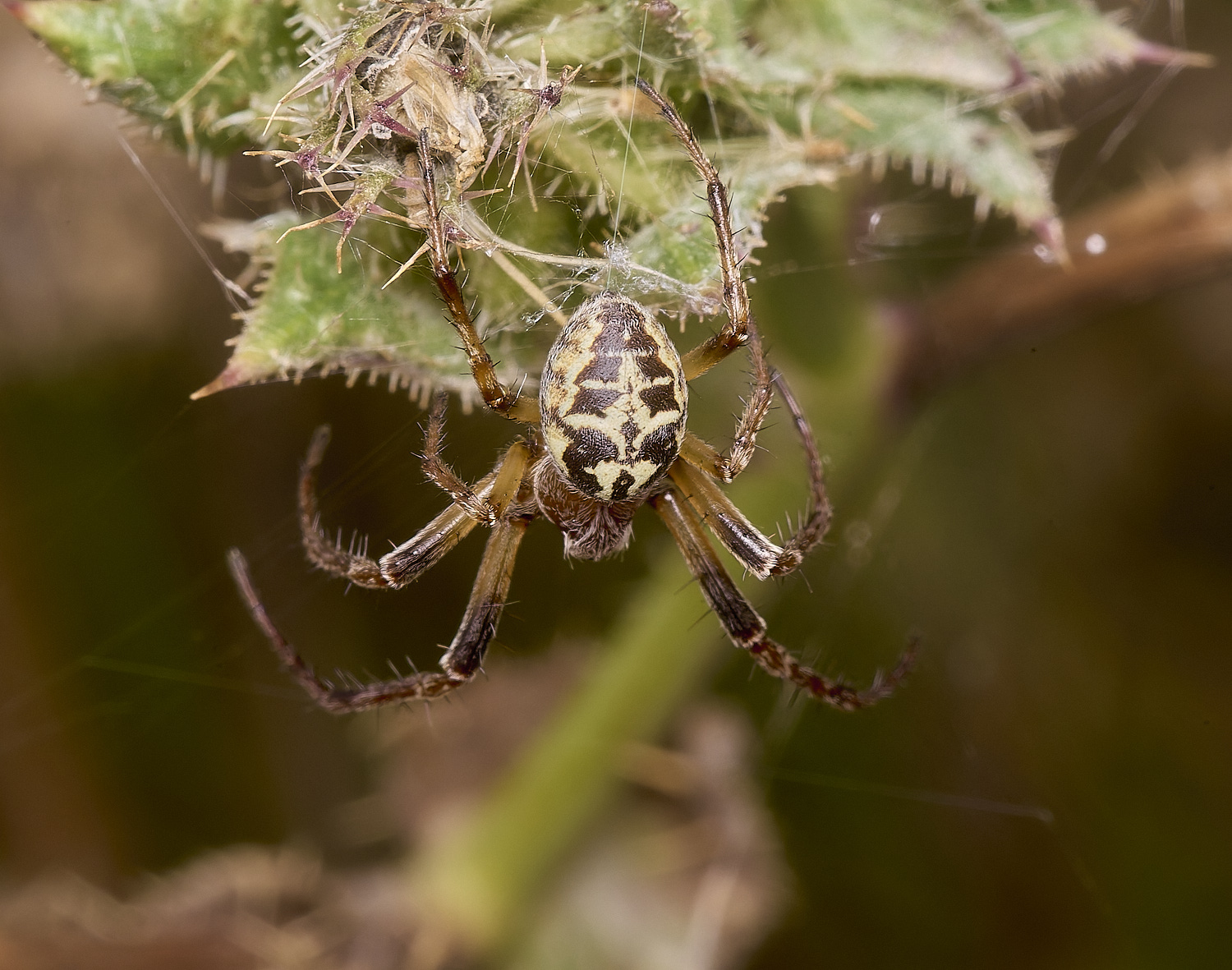
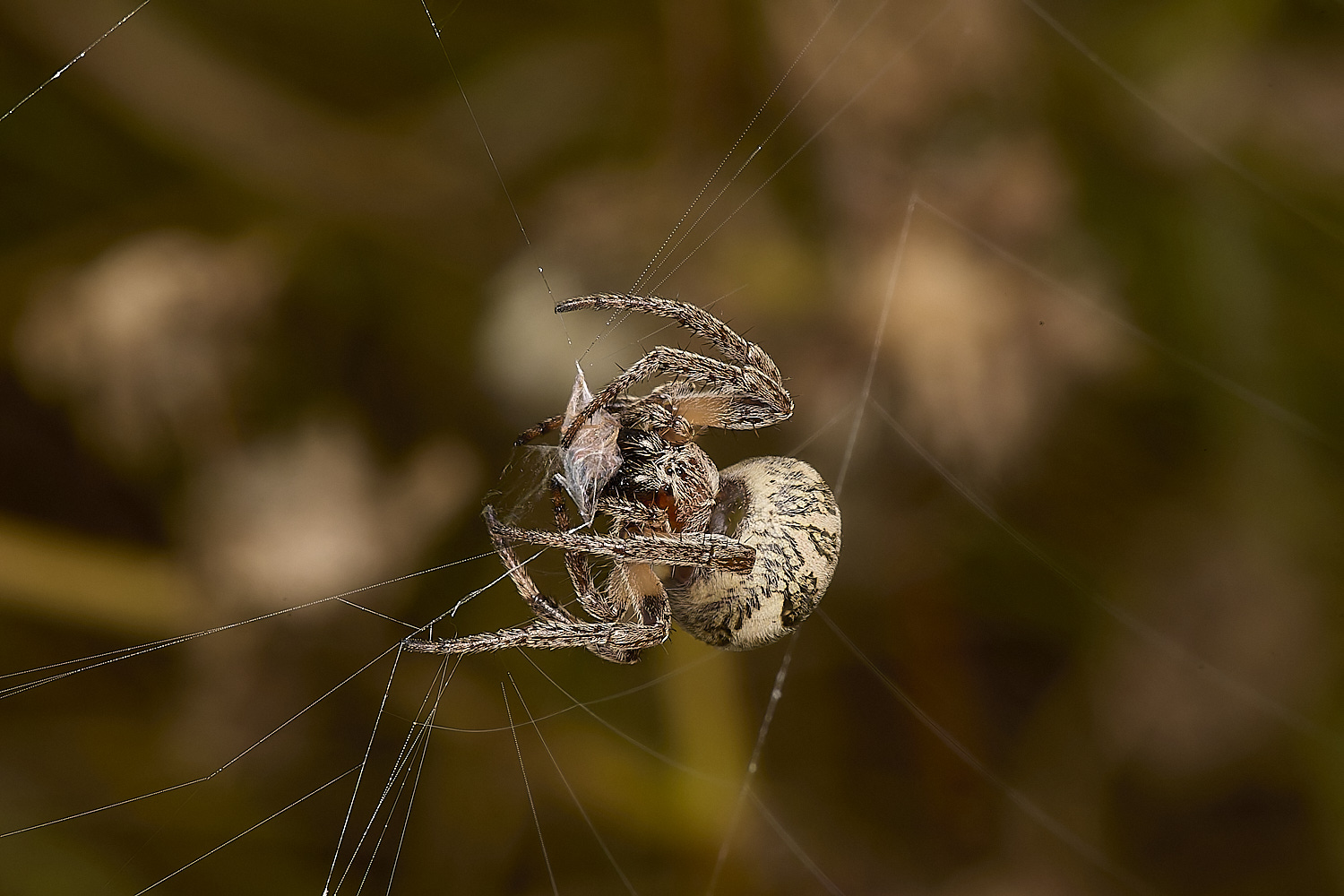
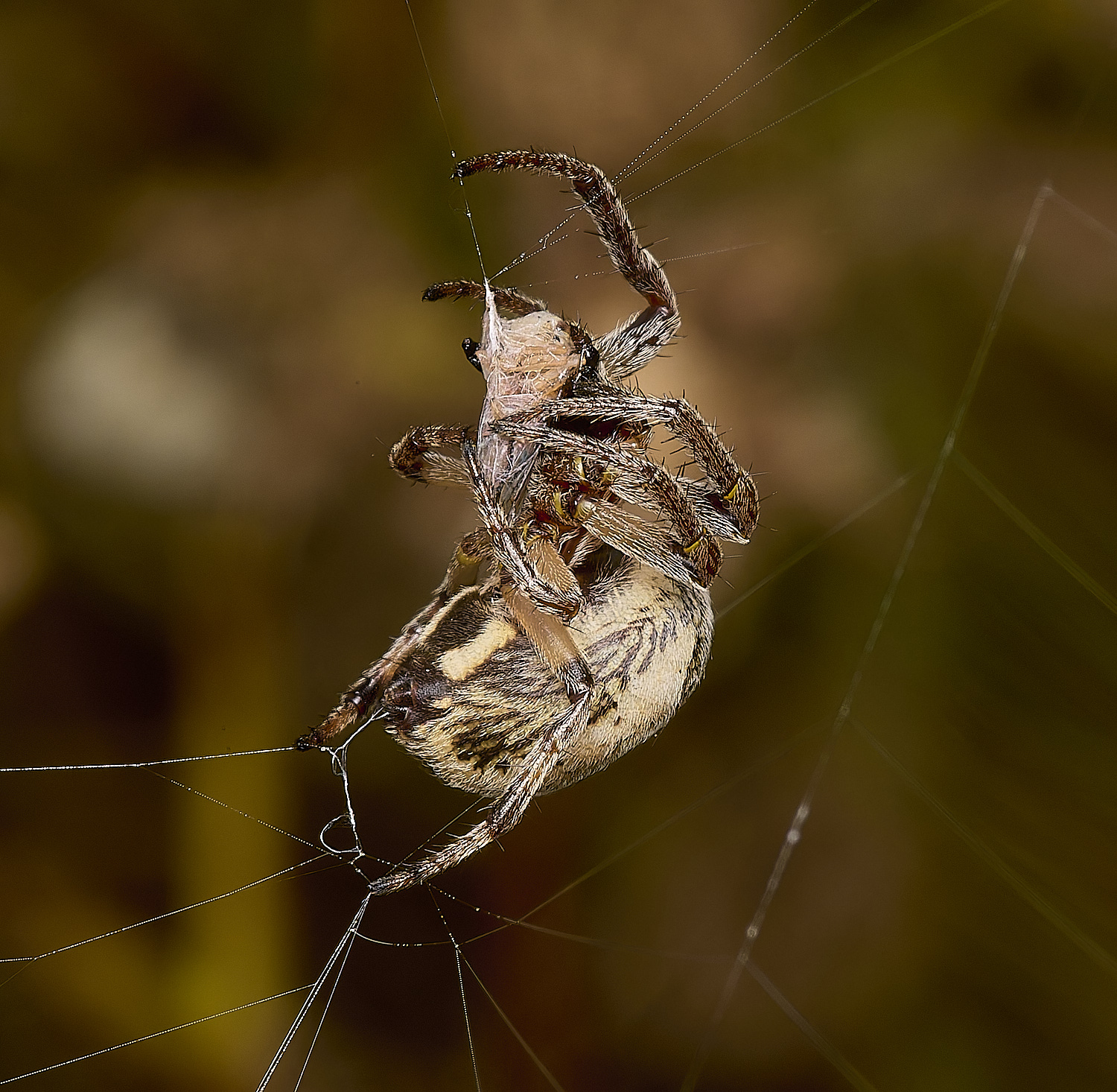
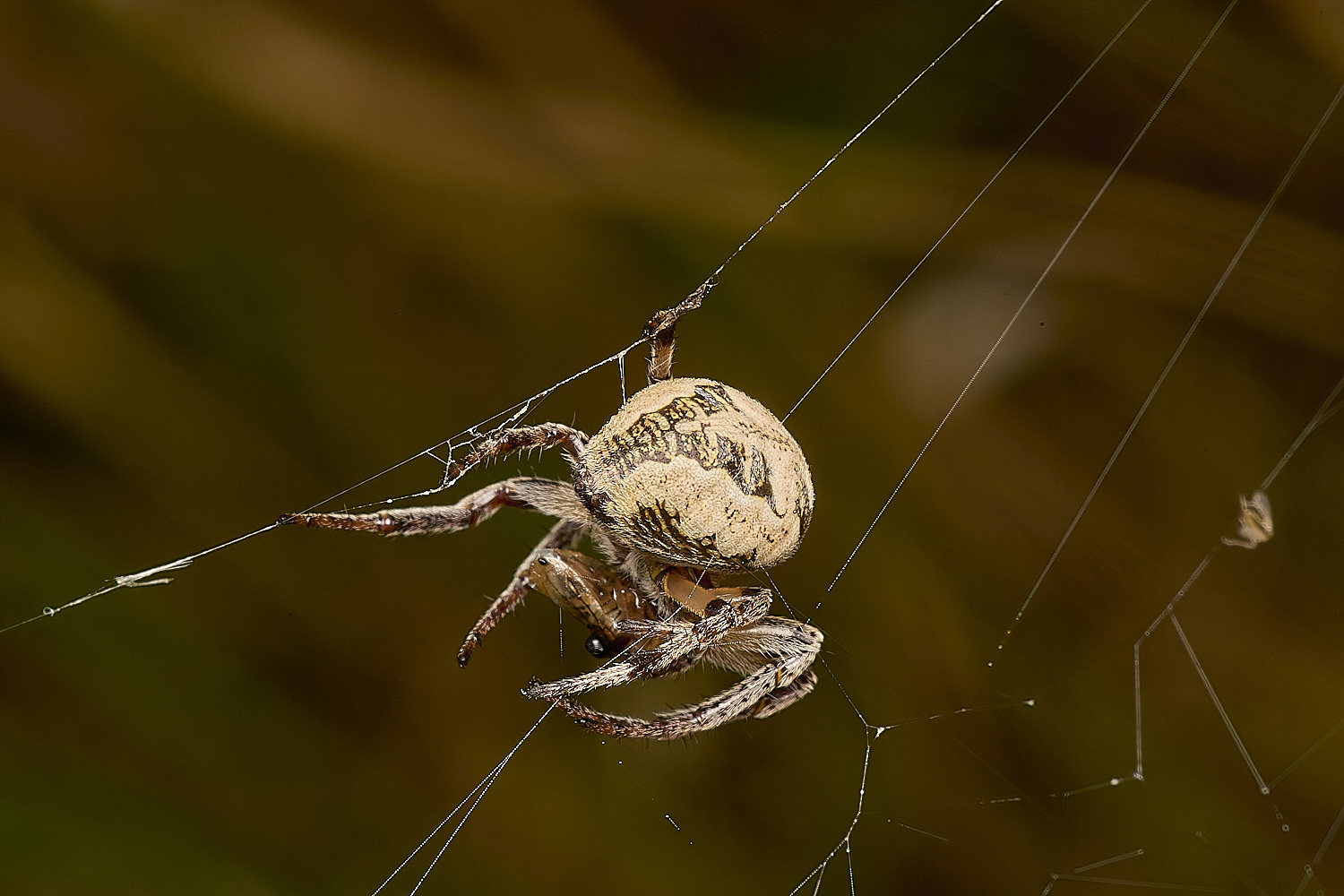
Spider Sp ?

